Skull Reshaping
Patient 1
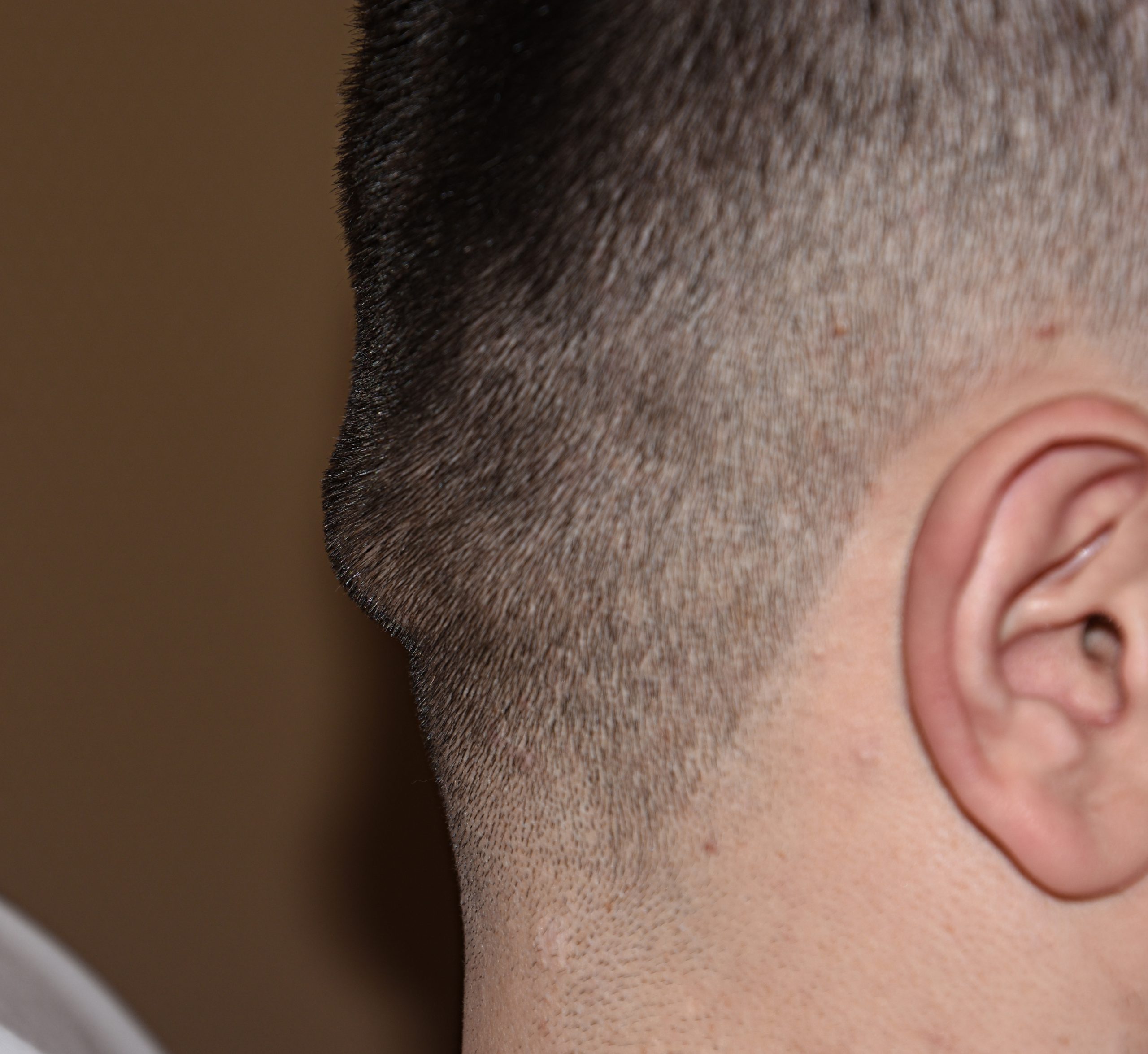
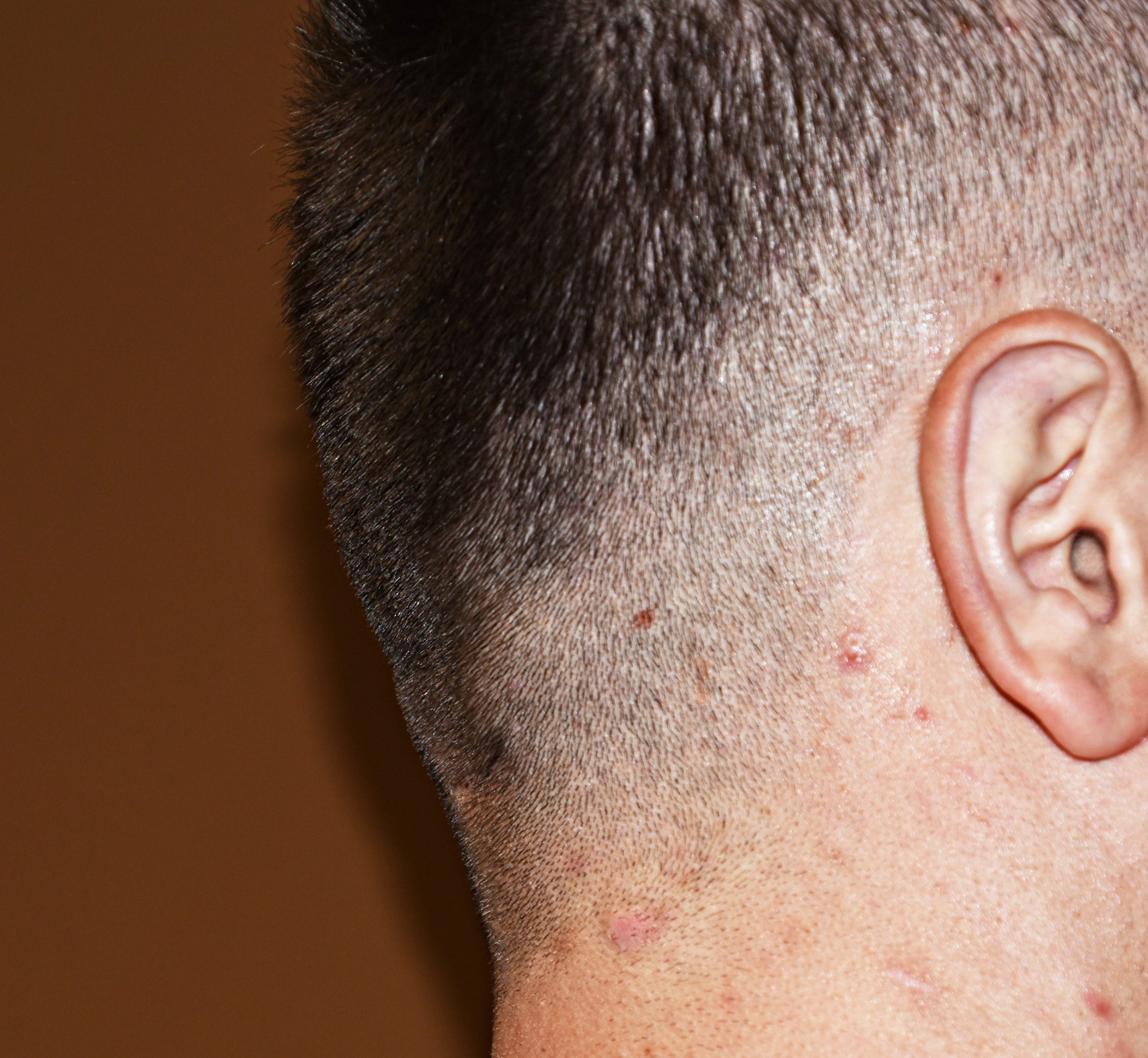
Desire for removal of occipital knob on back of skull.
Occipital knob skull reduction done through a small 3cm overlying skin incision.


Desire for removal of occipital knob on back of skull.
Occipital knob skull reduction done through a small 3cm overlying skin incision.
Patient 2
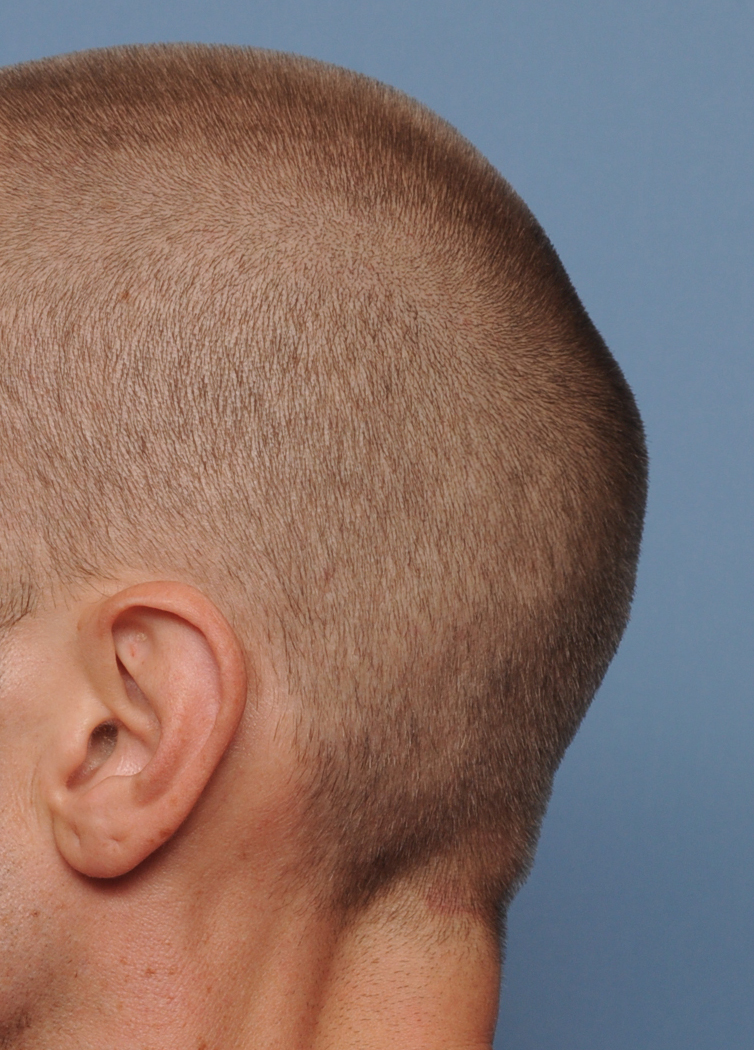
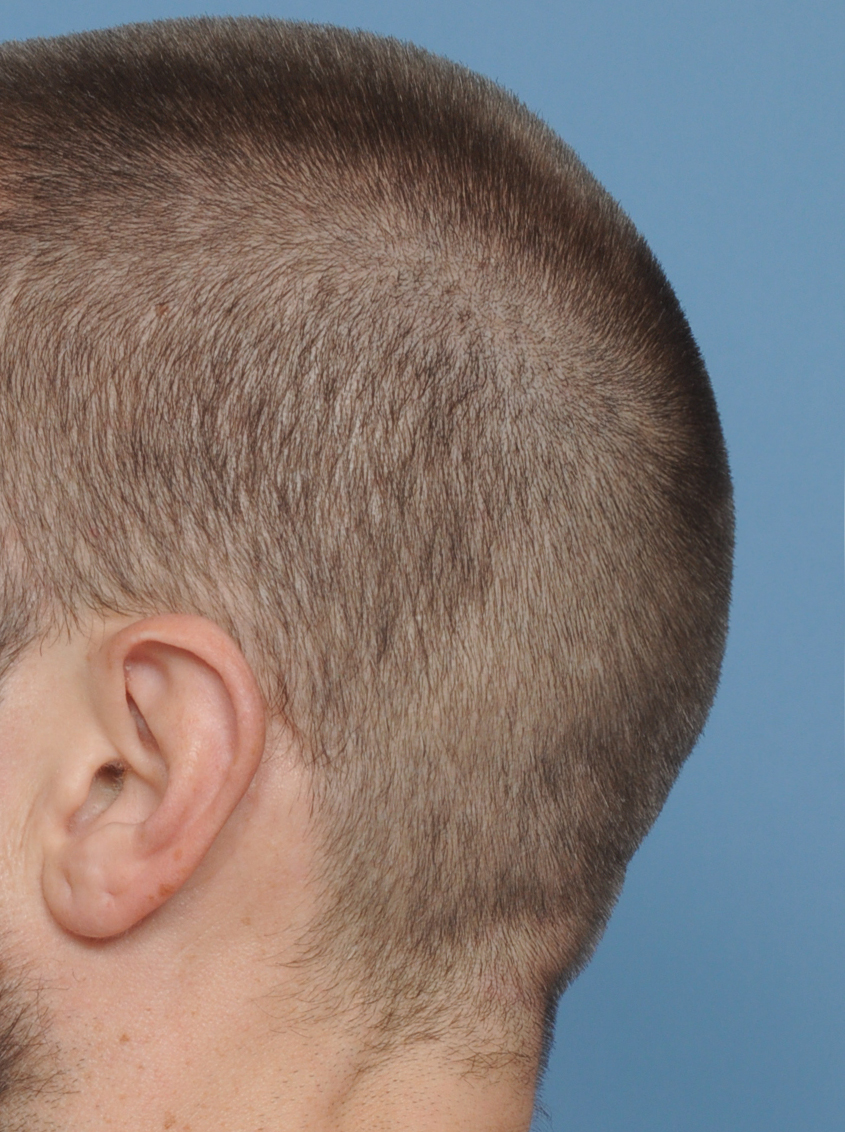
Desire for less prominent protrusion on the back of the head.
Occipital skull reduction through a bone burring technique.


Desire for less prominent protrusion on the back of the head.
Occipital skull reduction through a bone burring technique.
Patient 3
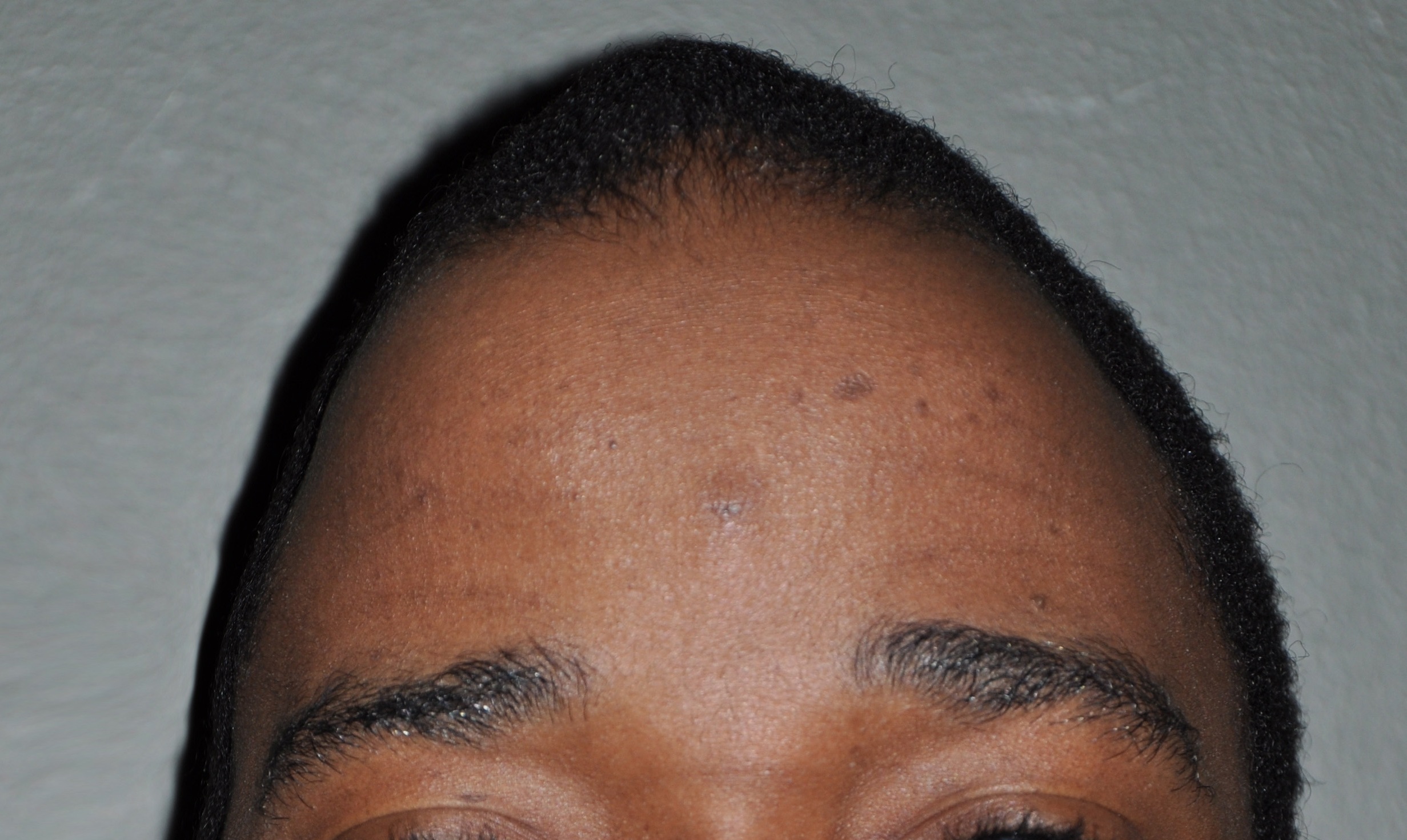
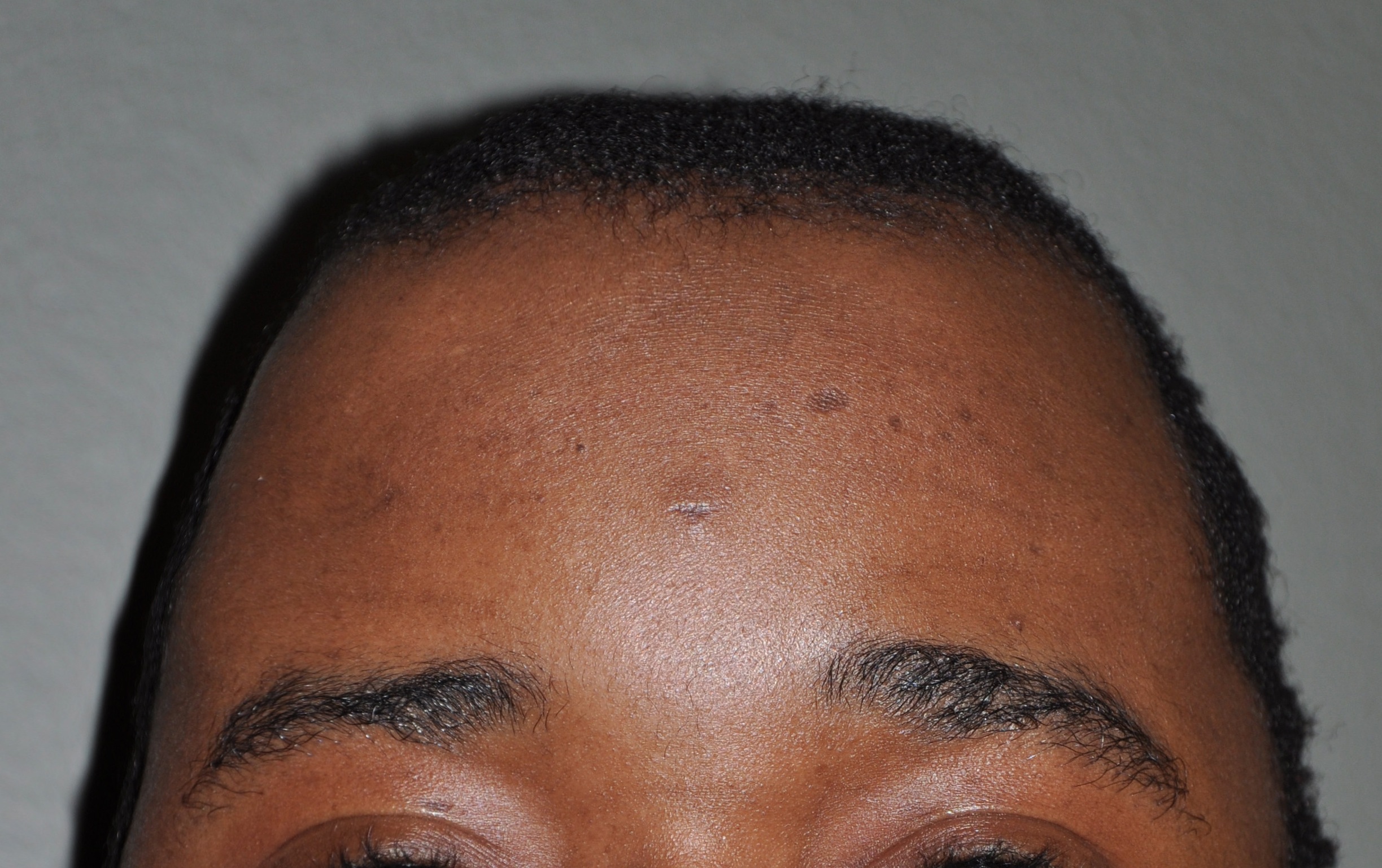
Desire for correction of narrow head shape which is scaphocephalic in appearance. (high sagittal peak with low parasagittal areas)
Skull reshaping done by sagittal ridge reduction combined with bilateral parasagittal augmentations with PMMA bone cement.


Desire for correction of narrow head shape which is scaphocephalic in appearance. (high sagittal peak with low parasagittal areas)
Skull reshaping done by sagittal ridge reduction combined with bilateral parasagittal augmentations with PMMA bone cement.
Patient 4
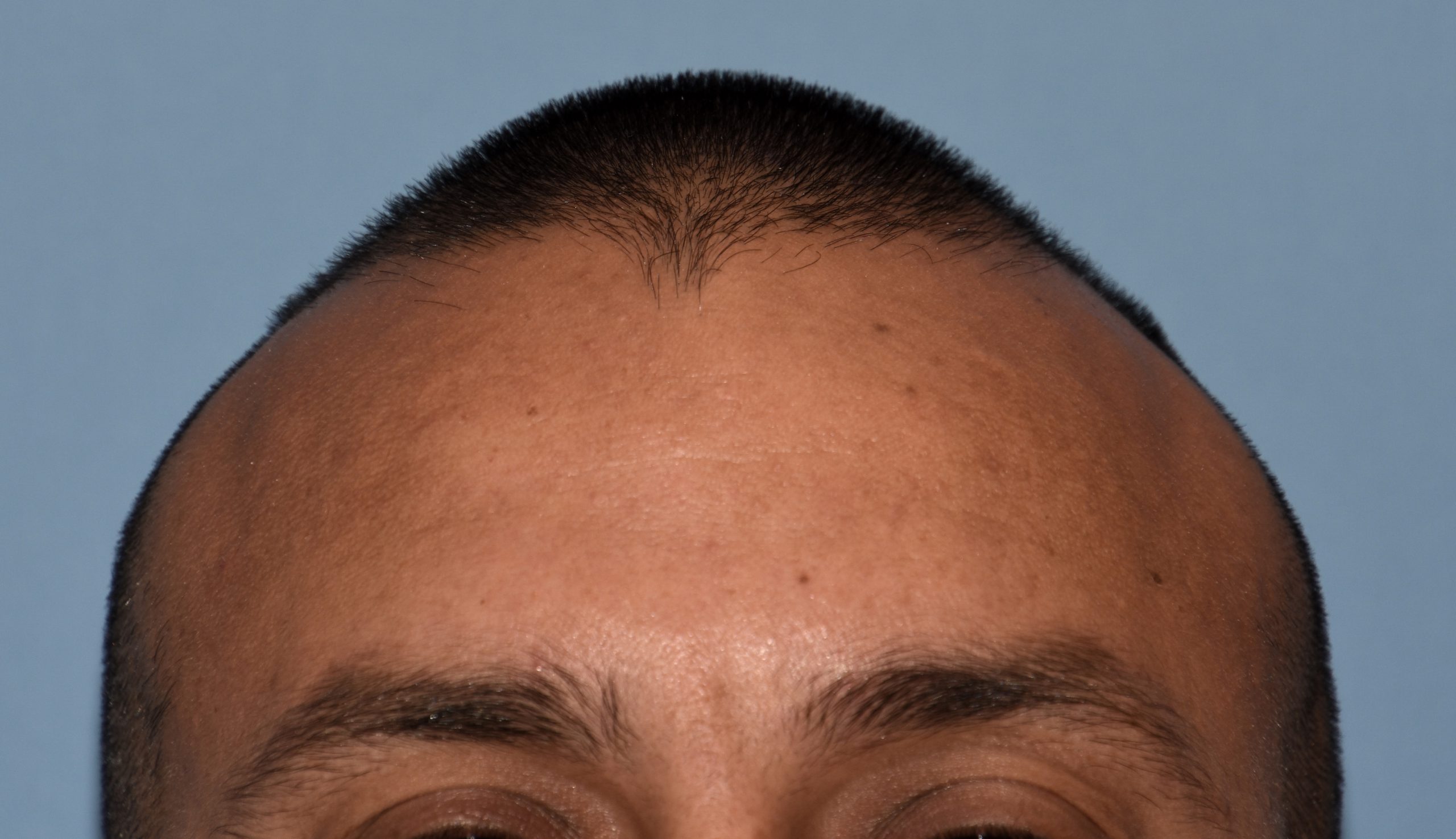
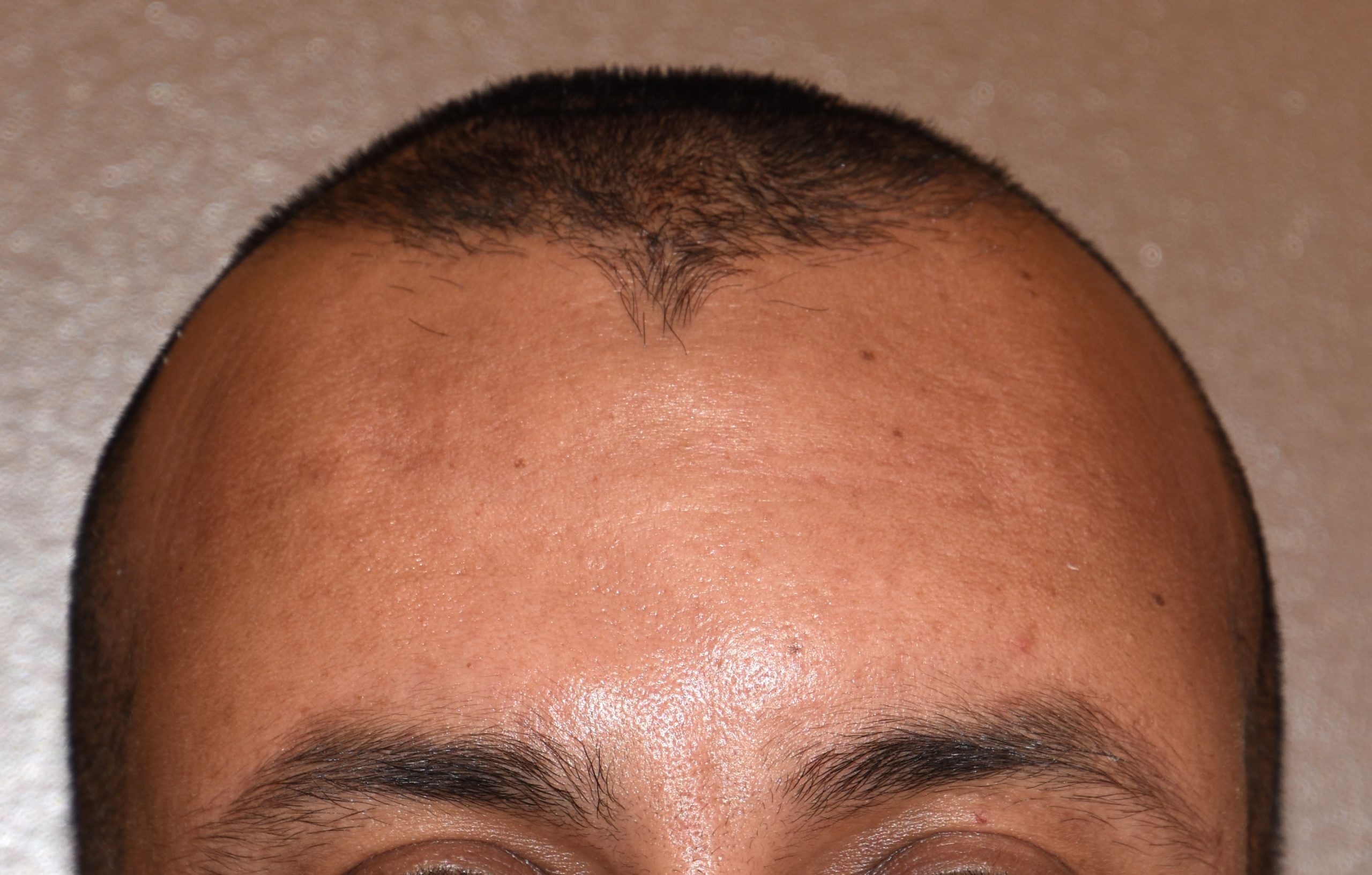
Desire for an improved head shape so that it looks rounder and not so peaked or sloped.
Placement of custom skull implant for parasagittal augmentation to create a rounder head shape. An example of what appears to be a high sagittal crest that is really low parasagittal skull areas.


Desire for an improved head shape so that it looks rounder and not so peaked or sloped.
Placement of custom skull implant for parasagittal augmentation to create a rounder head shape. An example of what appears to be a high sagittal crest that is really low parasagittal skull areas.
Patient 5
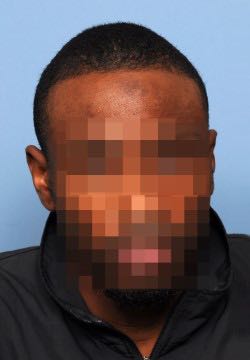
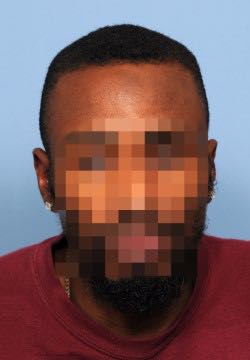
Desire for a tier square-shaped head.
Placement of custom skull implant to make a more square-shaped head.


Desire for a tier square-shaped head.
Placement of custom skull implant to make a more square-shaped head.
Patient 6
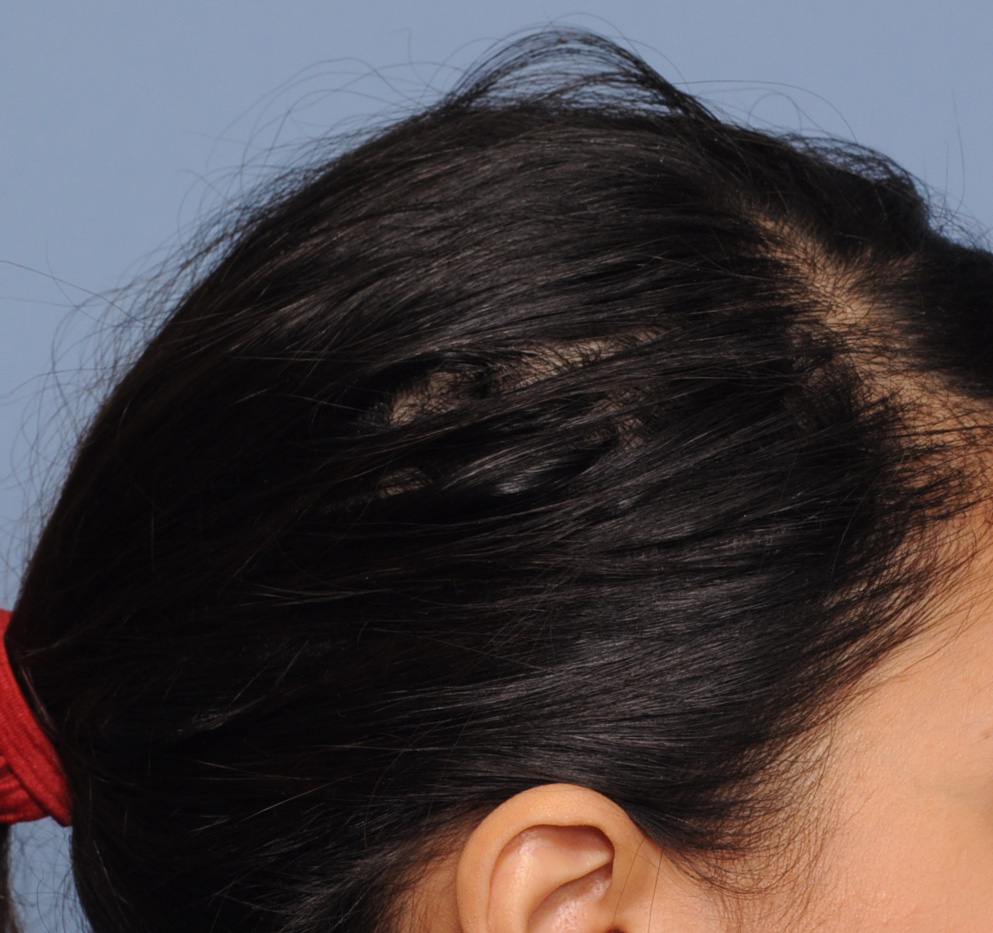
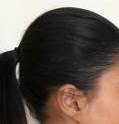
Desire for a higher and more prominent crown of the skull.
Crown of skull augmentation using a custom skull implant.


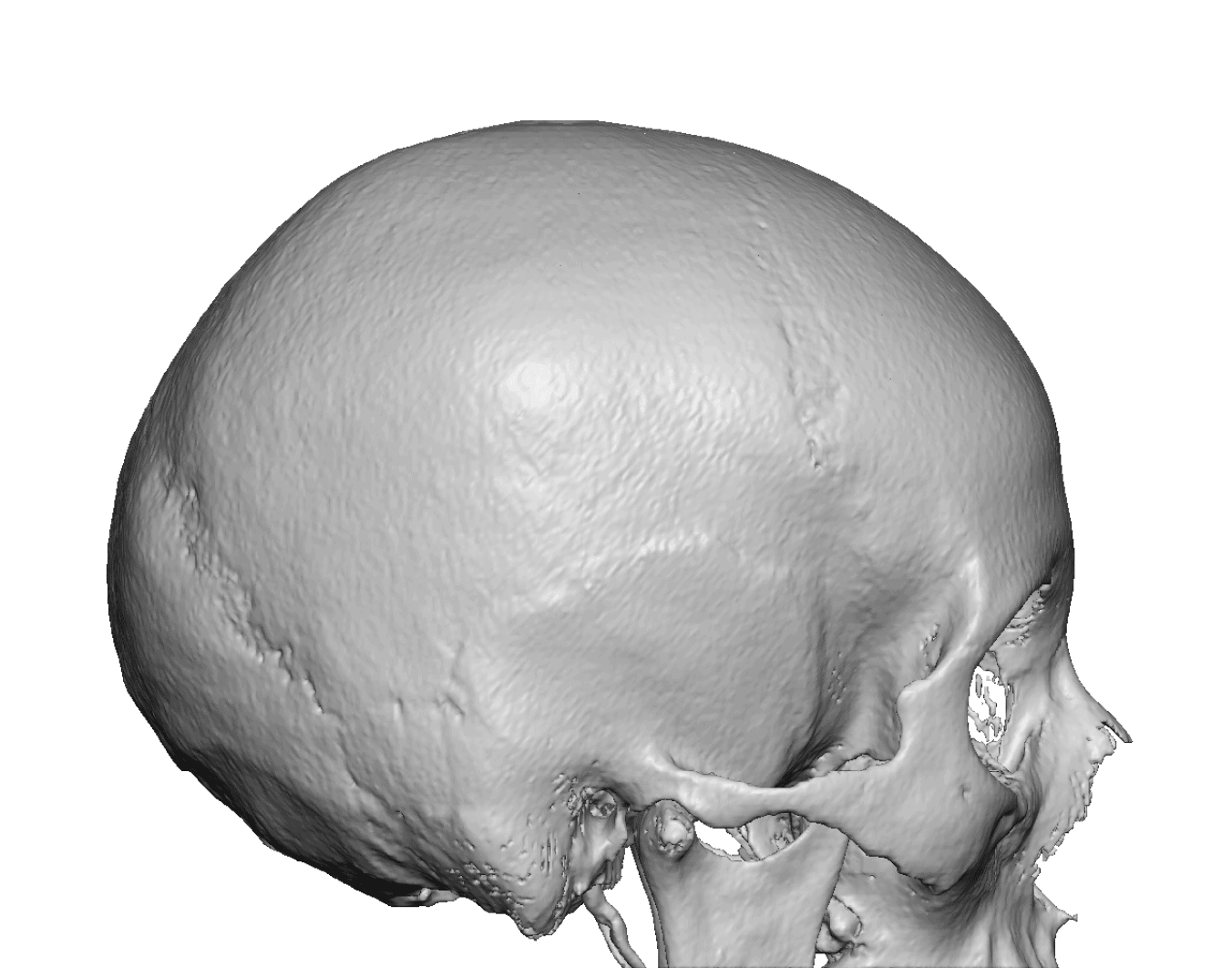

Desire for a higher and more prominent crown of the skull.
Crown of skull augmentation using a custom skull implant.
Patient 7
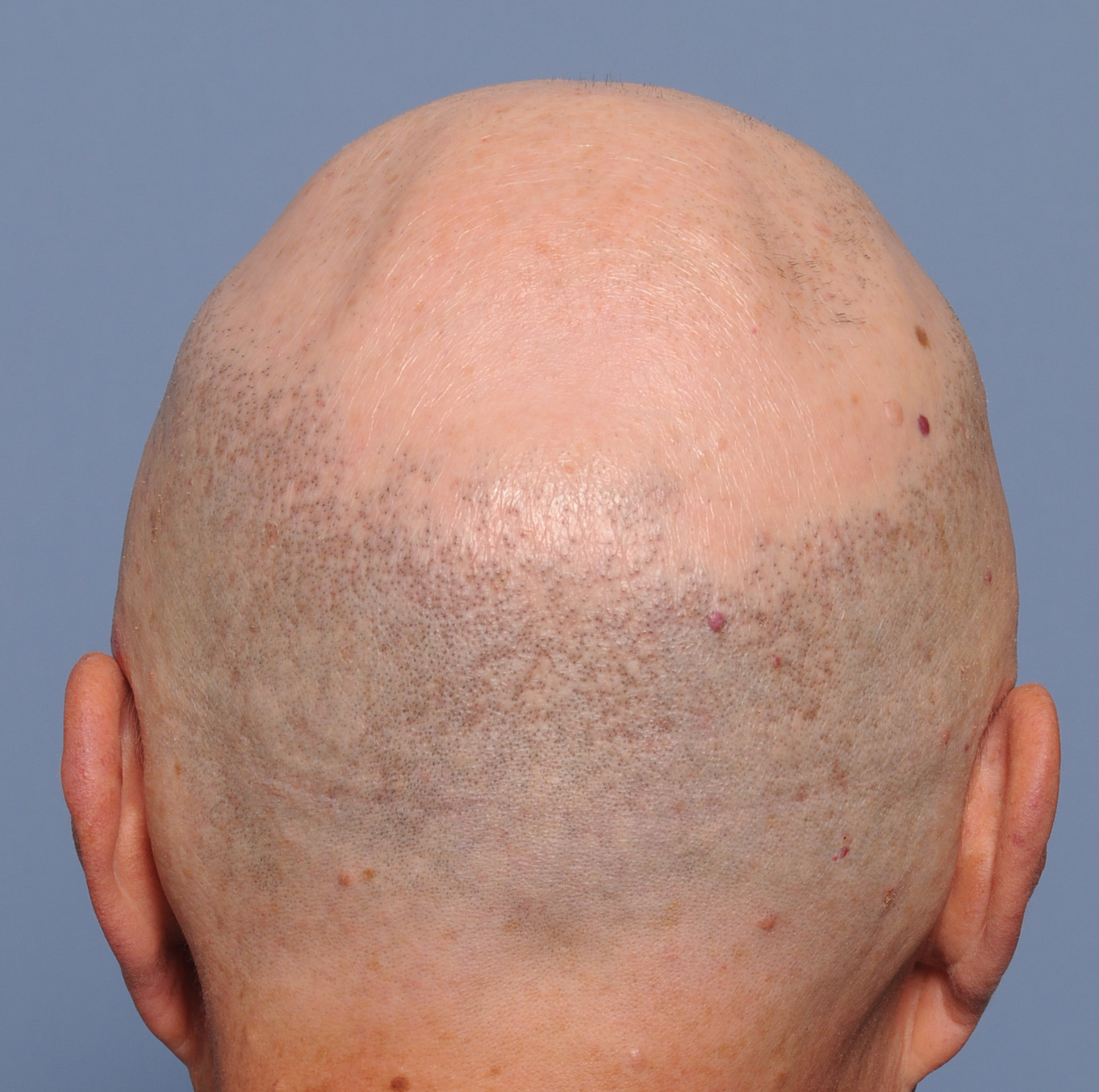
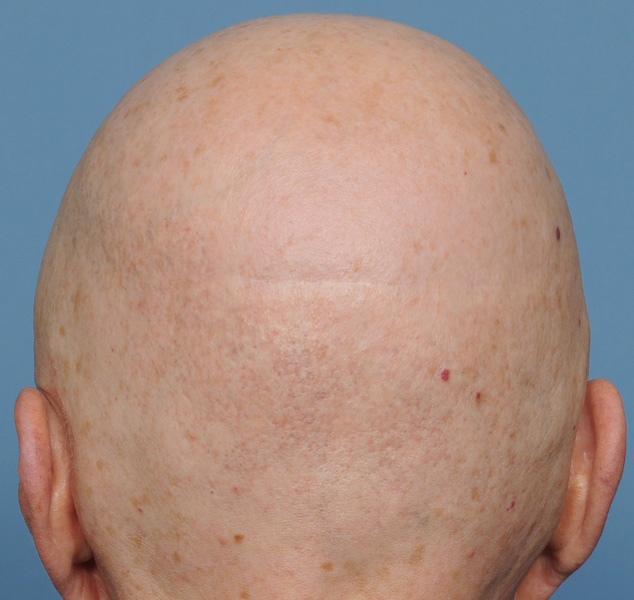
Desire to correct dents on his skull and give a rounder head shape.
Placement of custom skull implant to fill in bilateral parietal skull defects and create a rounder head shape.


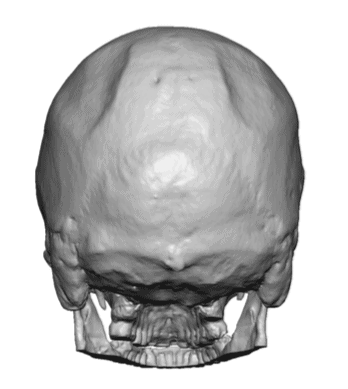
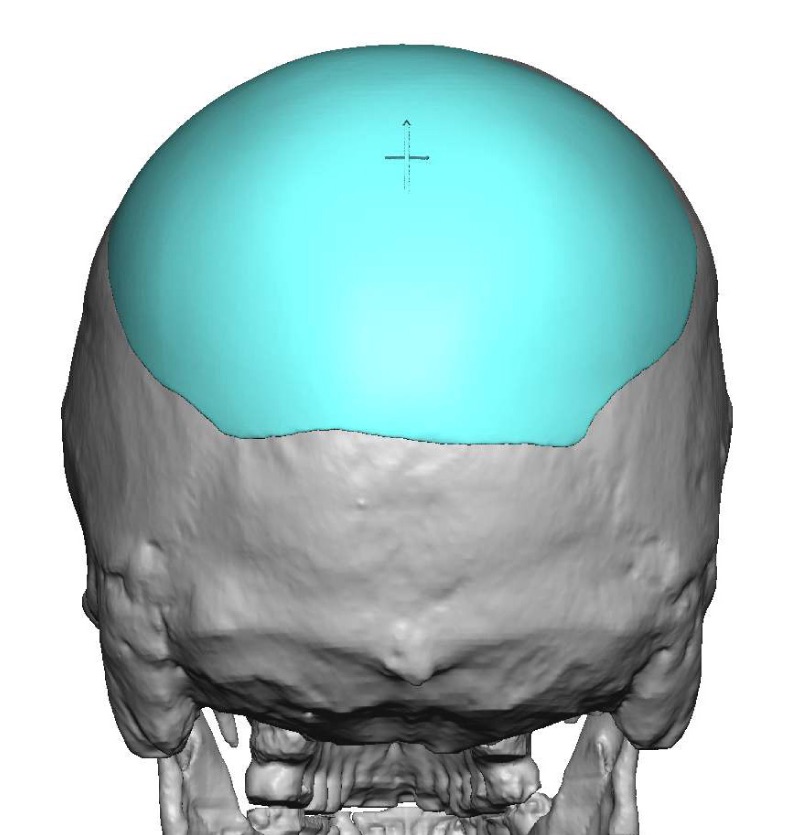
Desire to correct dents on his skull and give a rounder head shape.
Placement of custom skull implant to fill in bilateral parietal skull defects and create a rounder head shape.
Patient 8
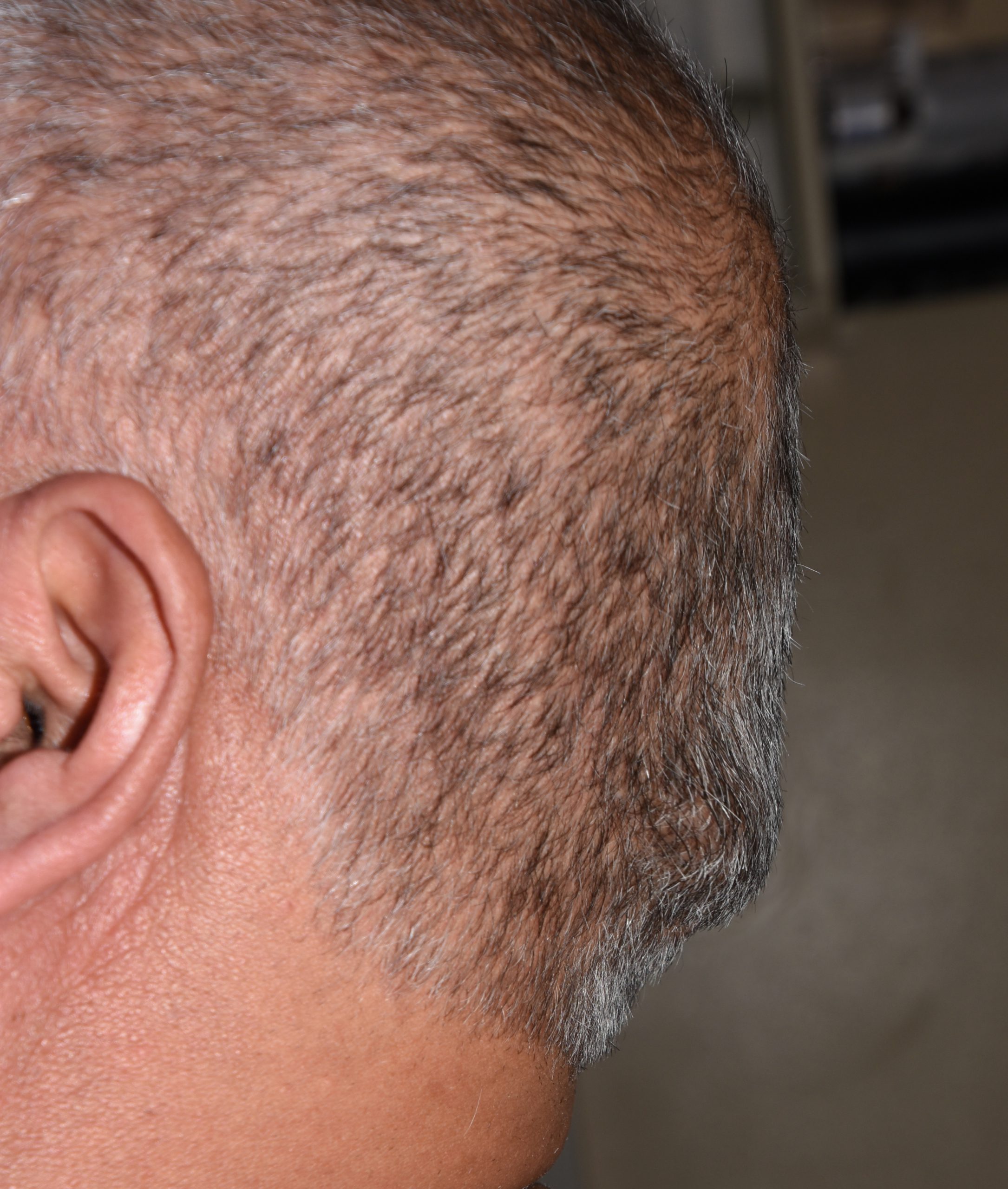
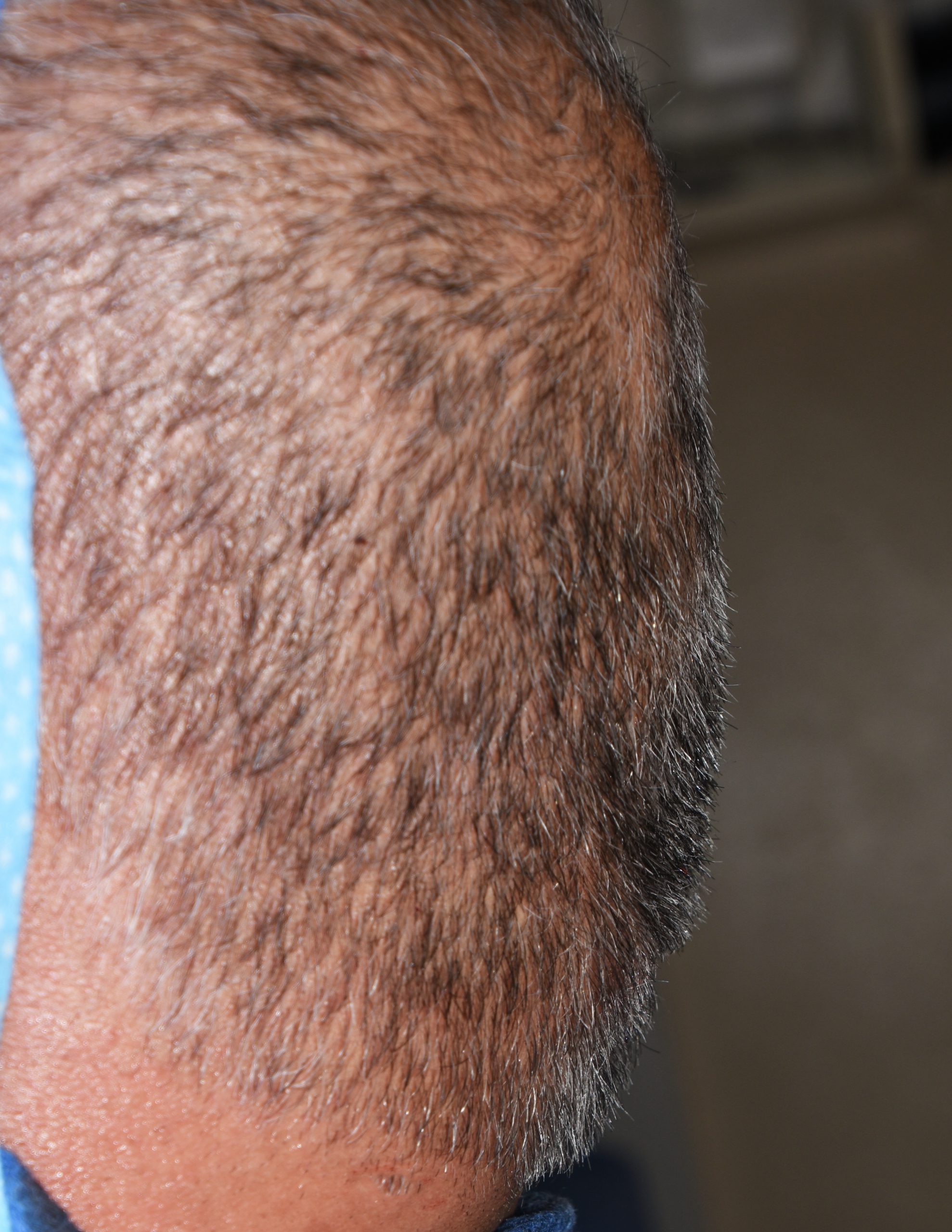
Desire to reduce prominent bone protrusion on the back of his head.
Occipital knob skull reduction through a direct bone burring technique.


Desire to reduce prominent bone protrusion on the back of his head.
Occipital knob skull reduction through a direct bone burring technique.
Patient 9
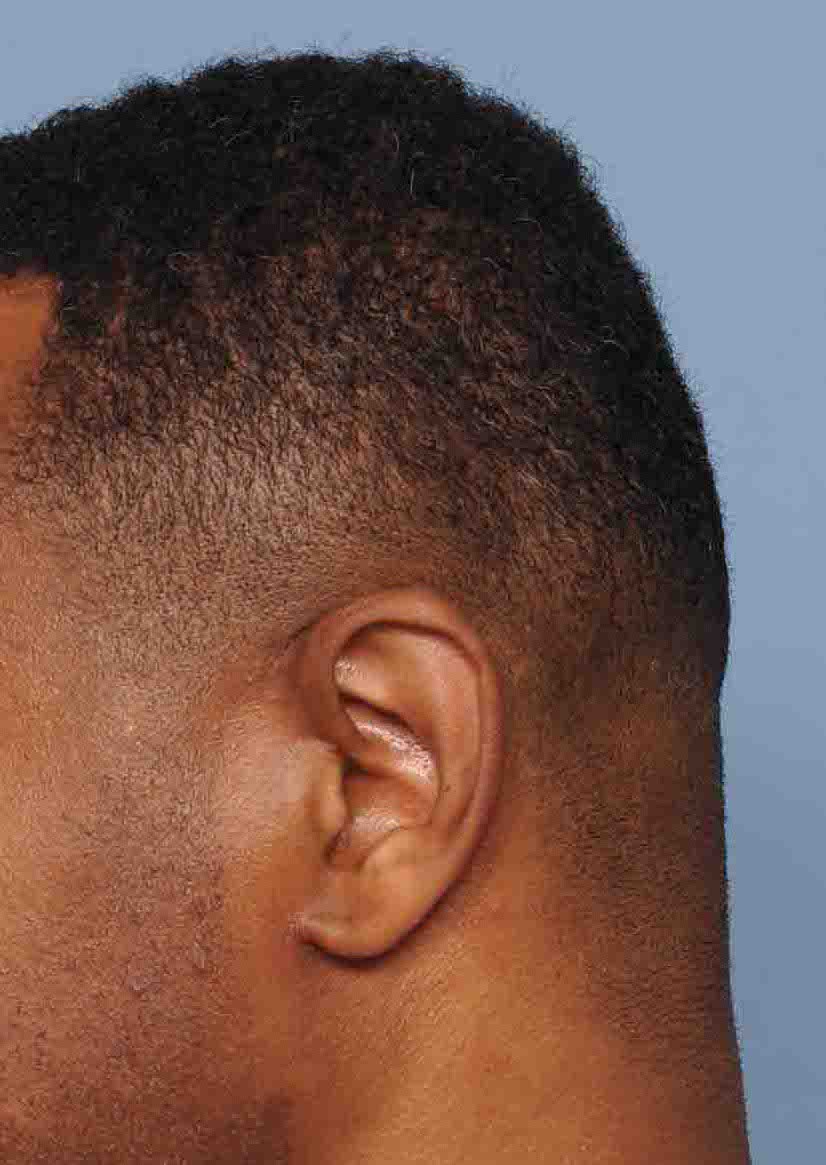
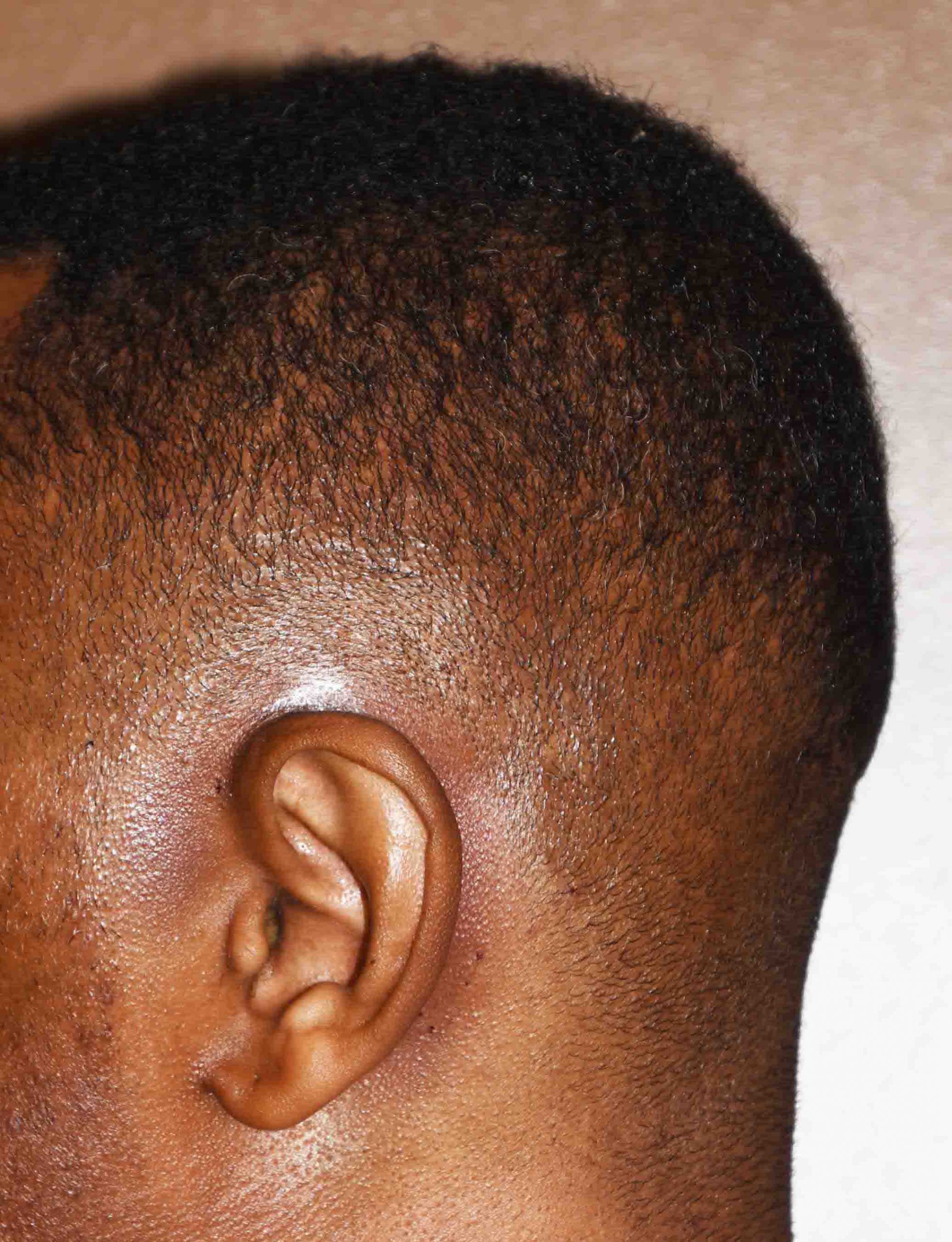
Desire for correction on flattening on the one side of the back of his head.
Custom skull implant for correction of back of head flattening which was greater on one side versus the other.


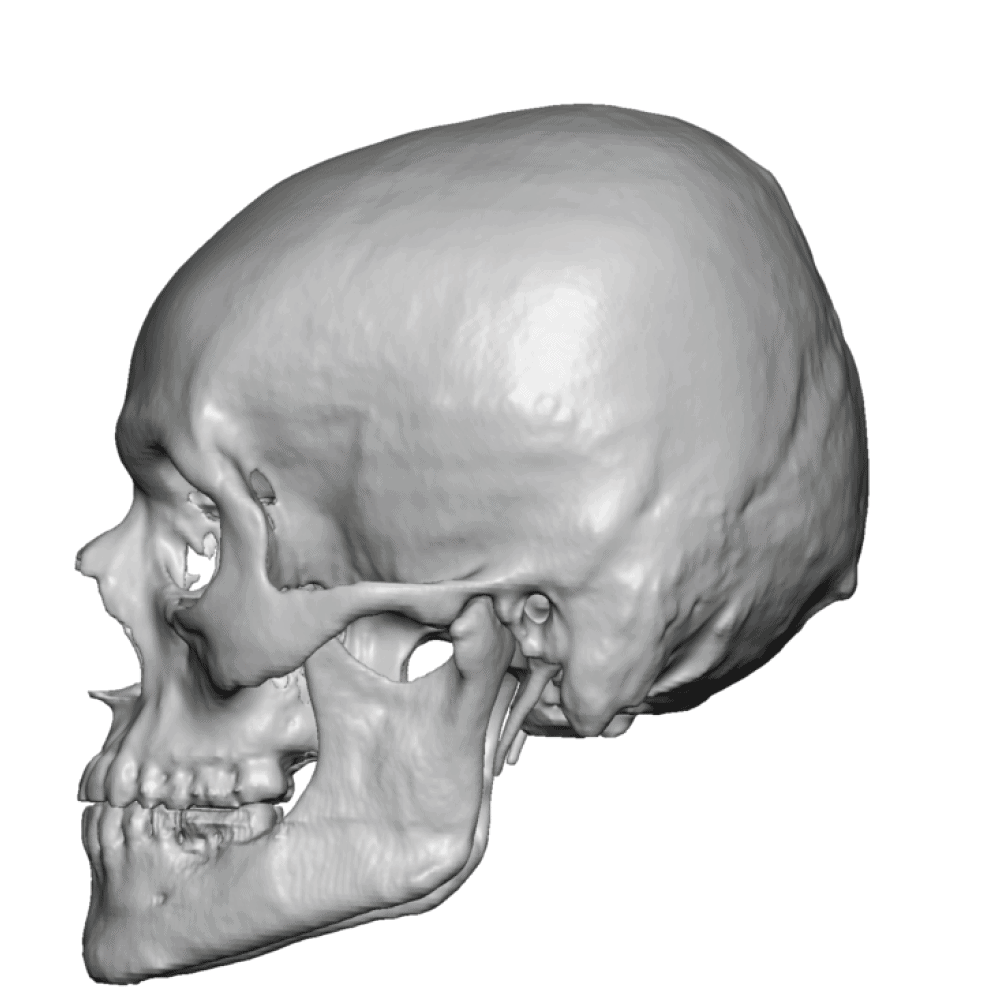
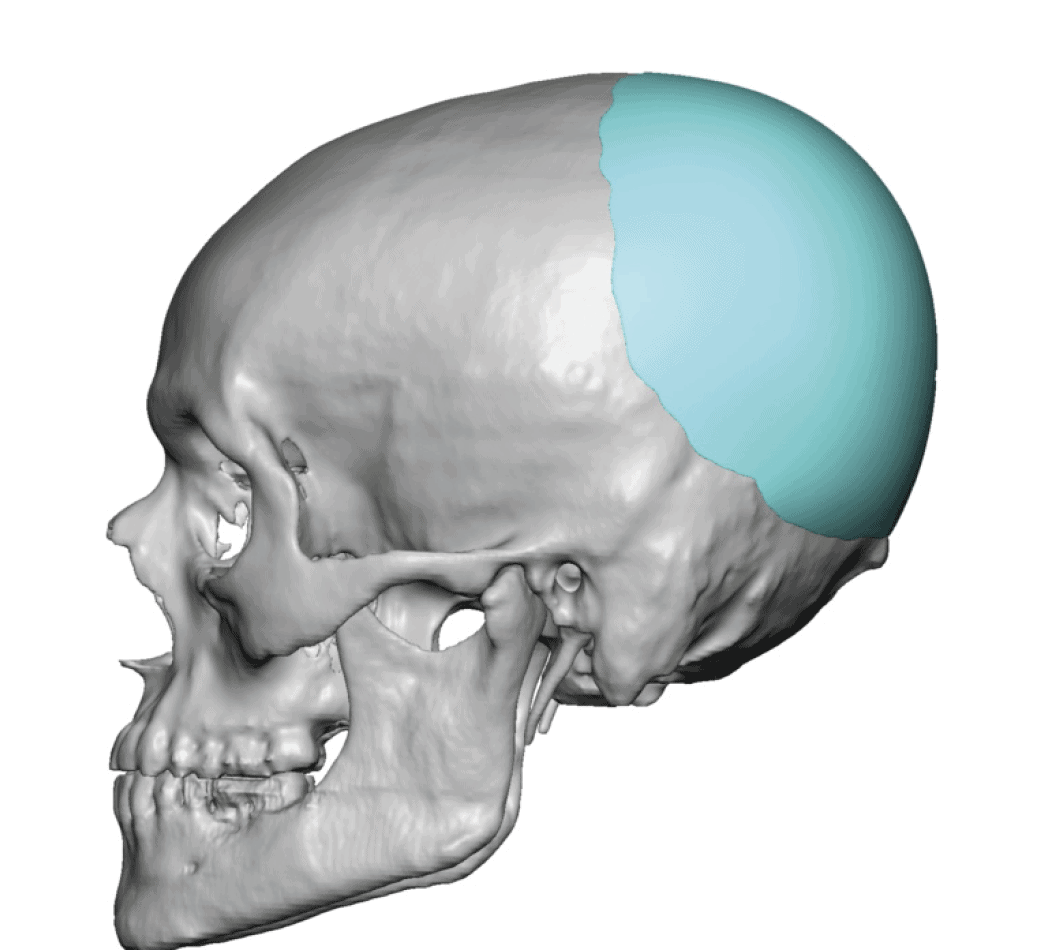
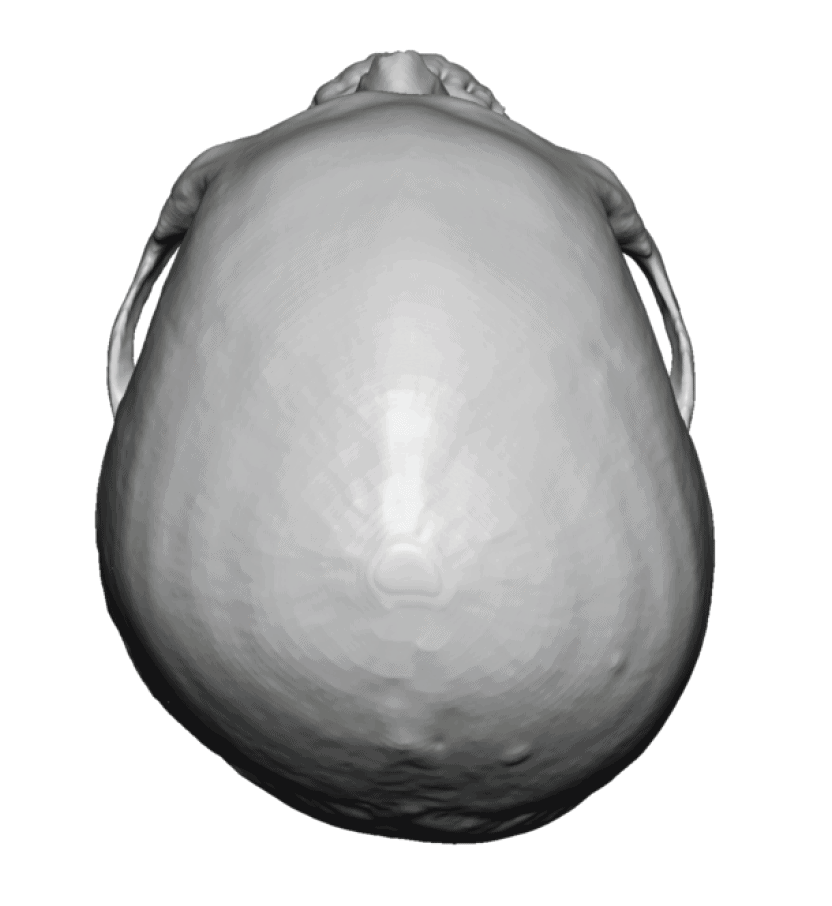
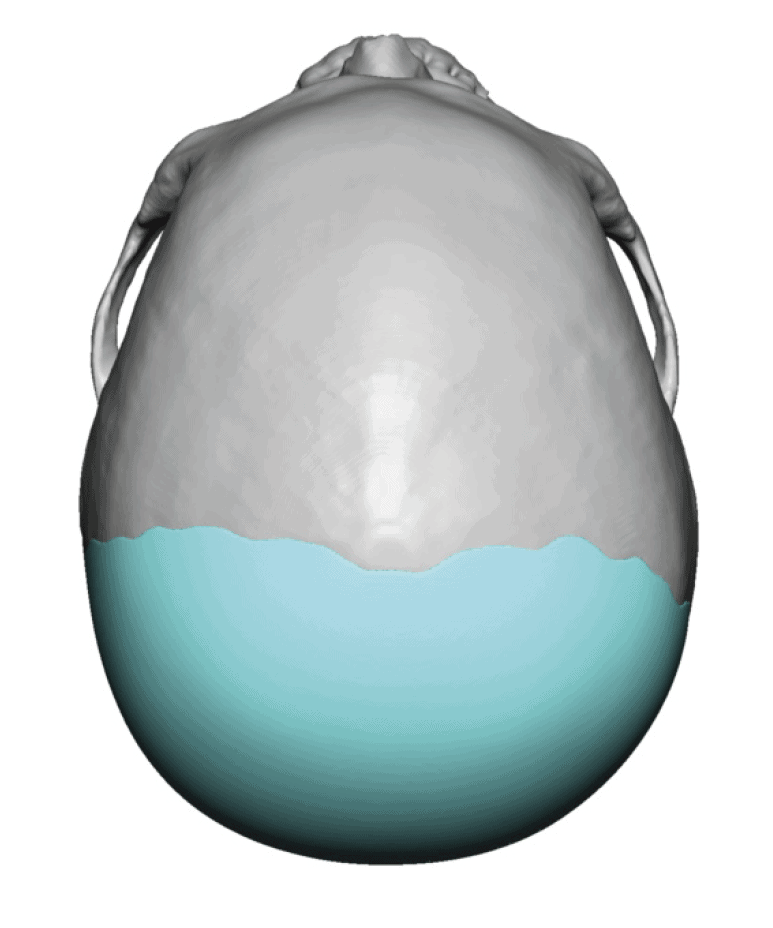
Desire for correction on flattening on the one side of the back of his head.
Custom skull implant for correction of back of head flattening which was greater on one side versus the other.
Patient 10
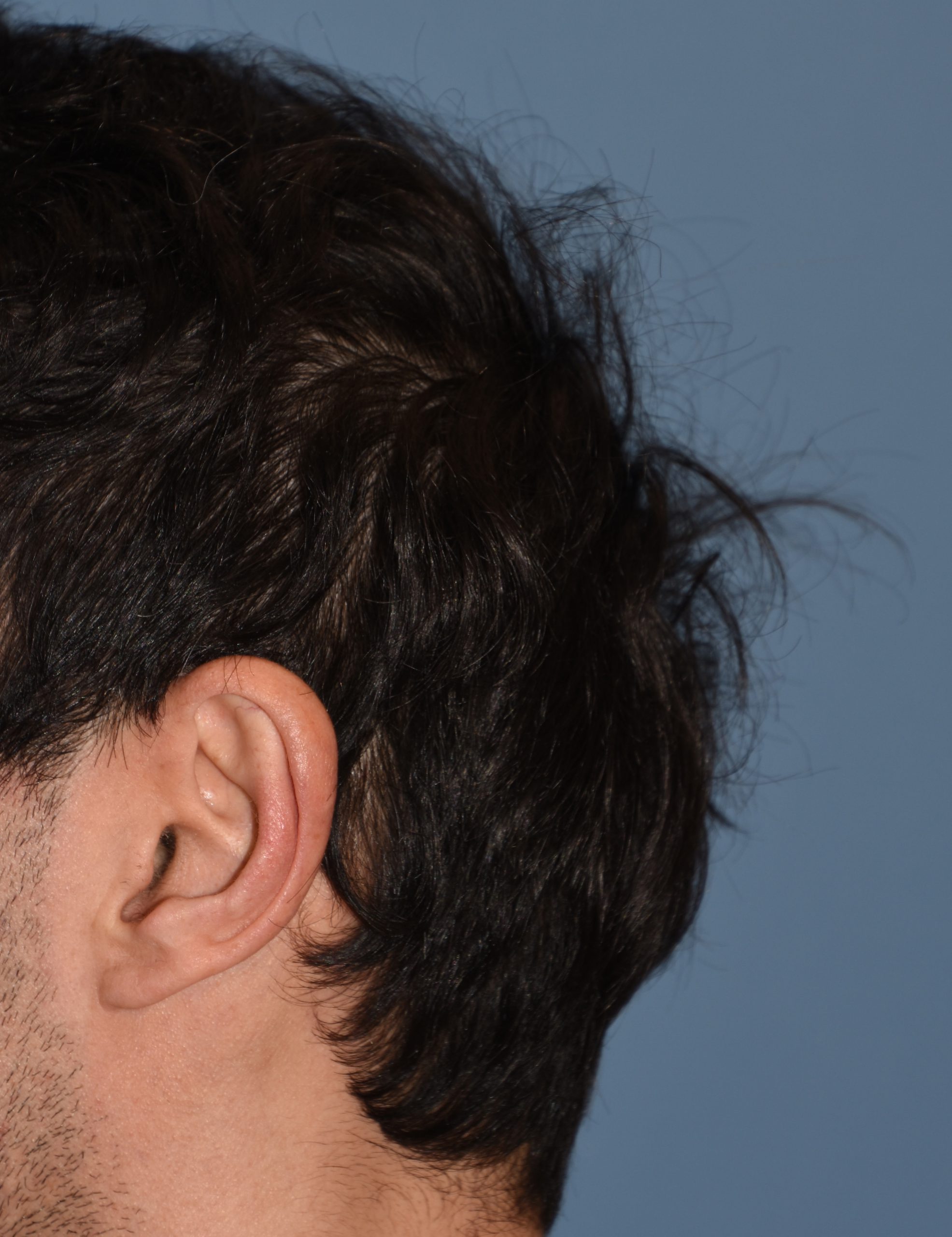
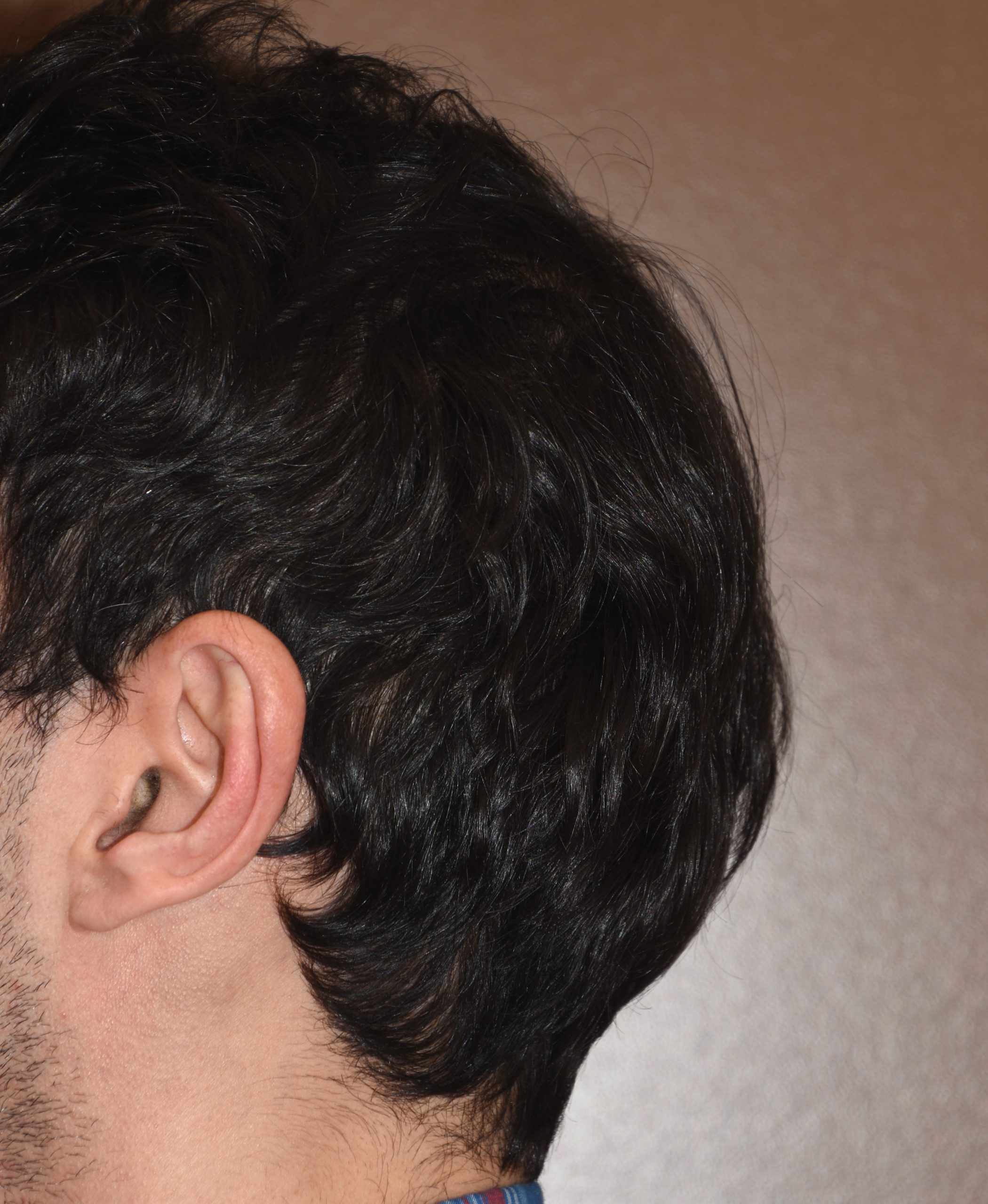
Desire to build up the flatter upper part of the back of his head.
Upper occipital skull augmentation using a custom skull implant.


Desire to build up the flatter upper part of the back of his head.
Upper occipital skull augmentation using a custom skull implant.
Patient 11
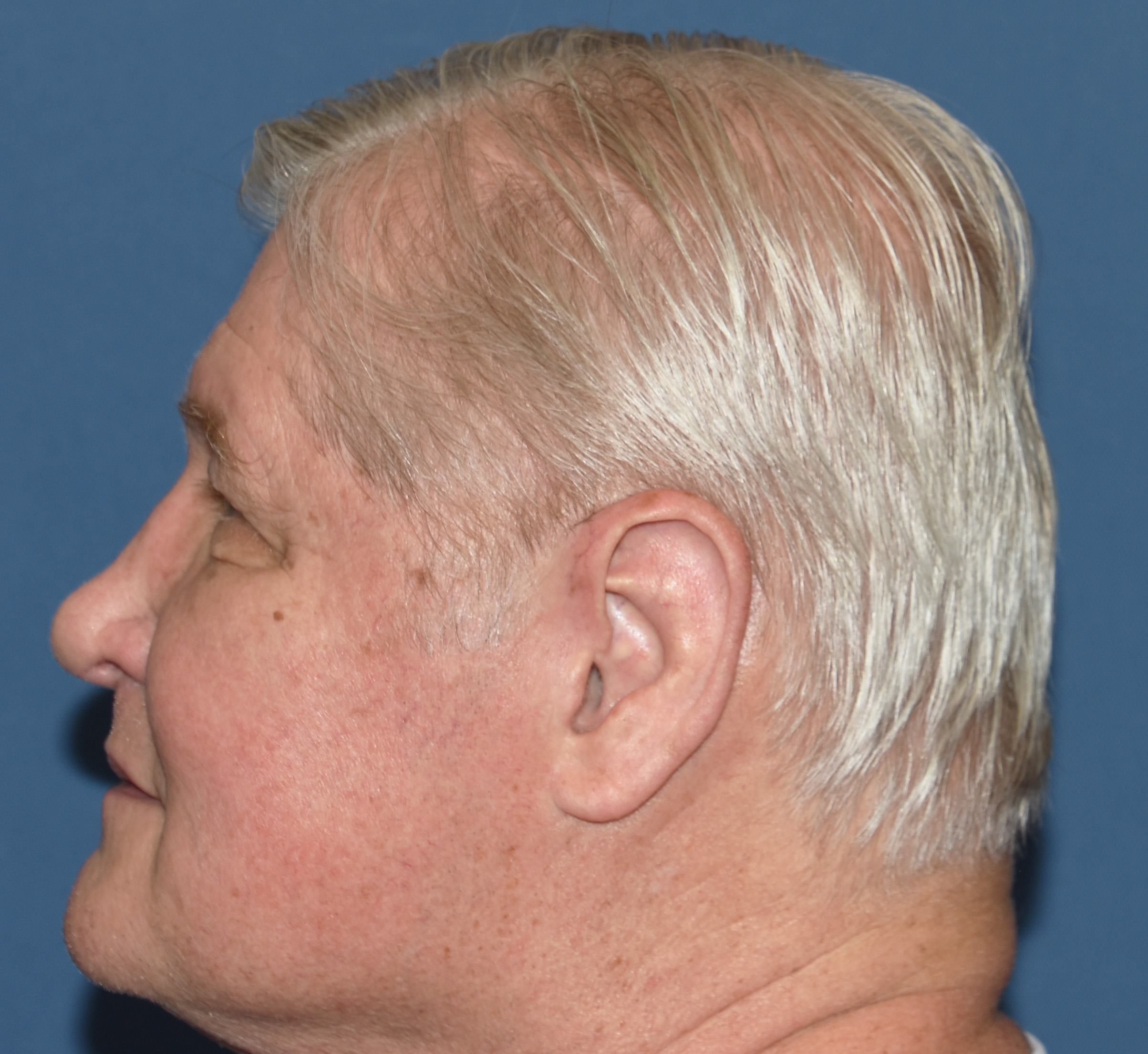
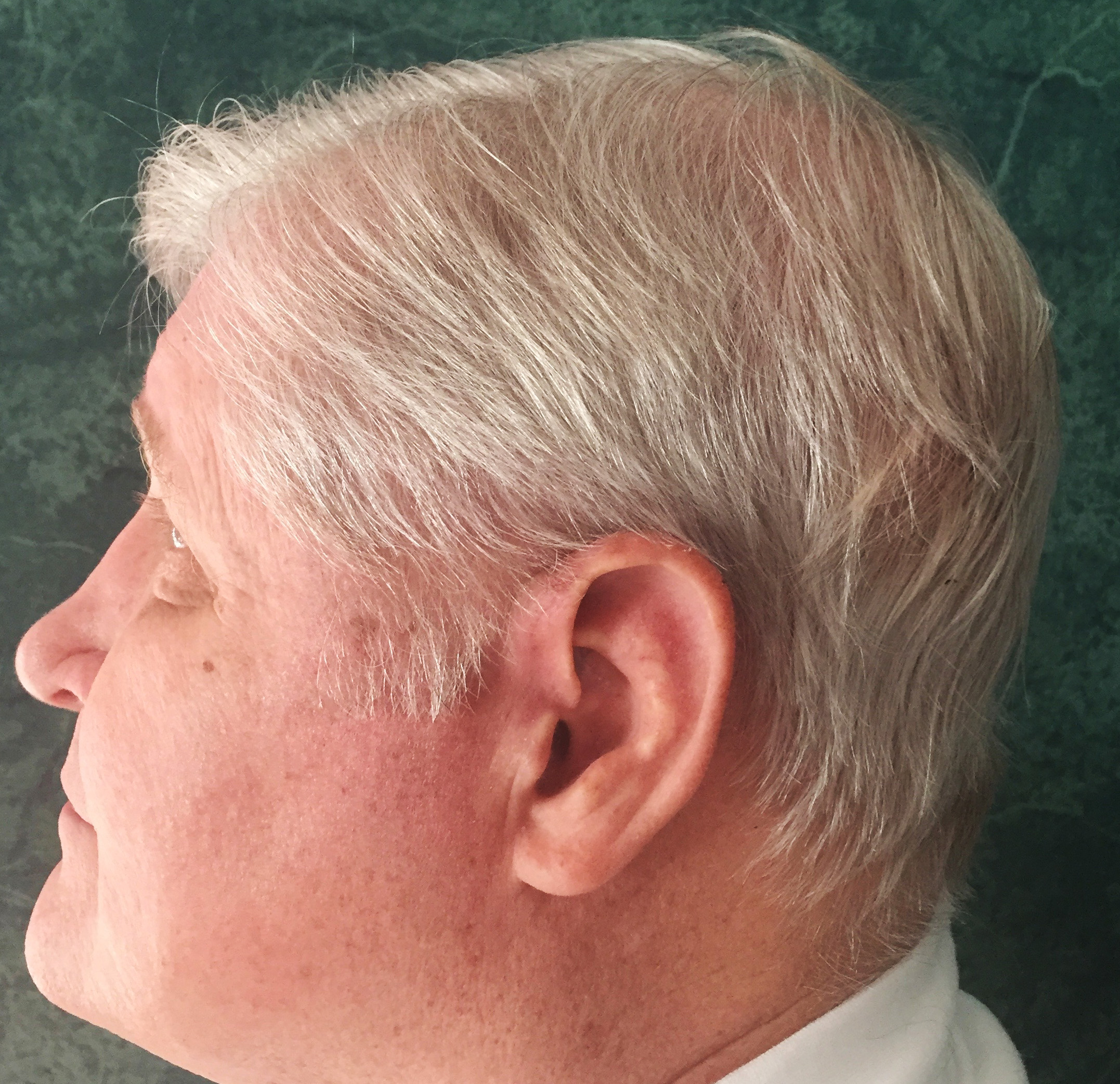
Desire to build out the back of his head which had bothered him his whole life.
Two-stage skull augmentation of the back of the head using a custom skull implant as the second stage. (first stage scalp expansion)


Desire to build out the back of his head which had bothered him his whole life.
Two-stage skull augmentation of the back of the head using a custom skull implant as the second stage. (first stage scalp expansion)
Patient 12
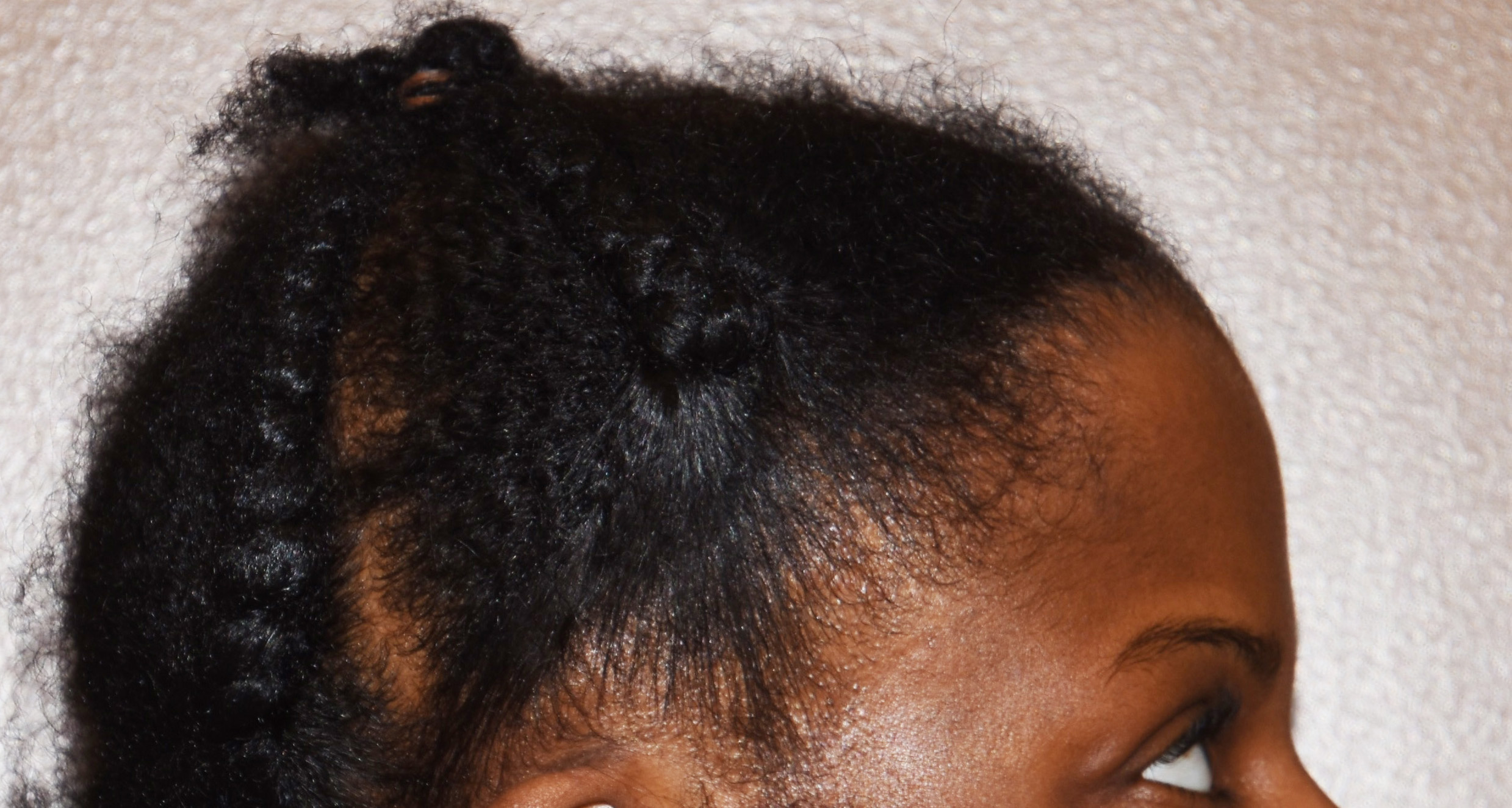
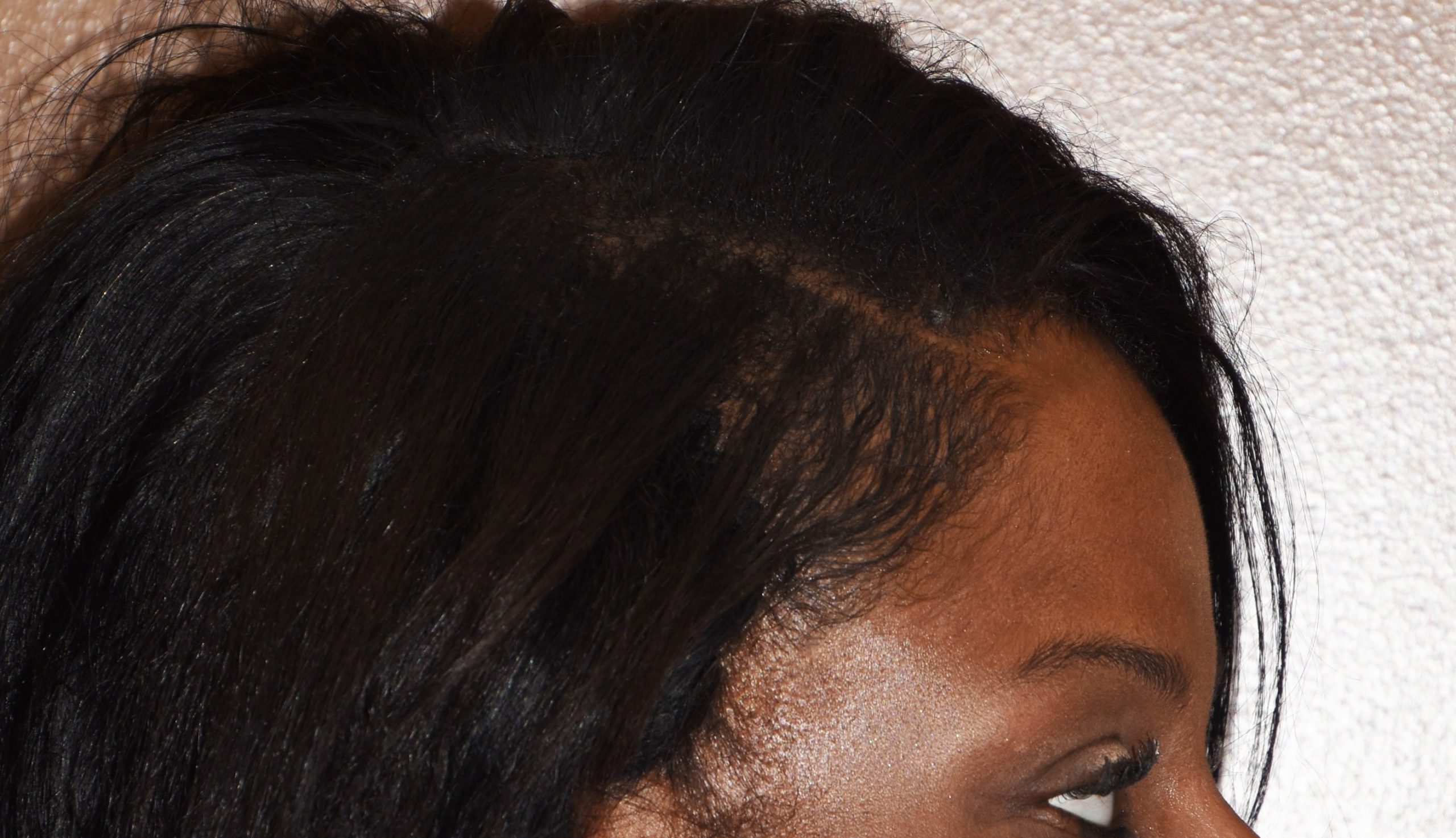
Desire to make her small head taller and wider.
Two stage skull augmentation using a first stage scalp expansion and a second stage custom skull implant for increased head height and shape.


Desire to make her small head taller and wider.
Two stage skull augmentation using a first stage scalp expansion and a second stage custom skull implant for increased head height and shape.
Patient 13
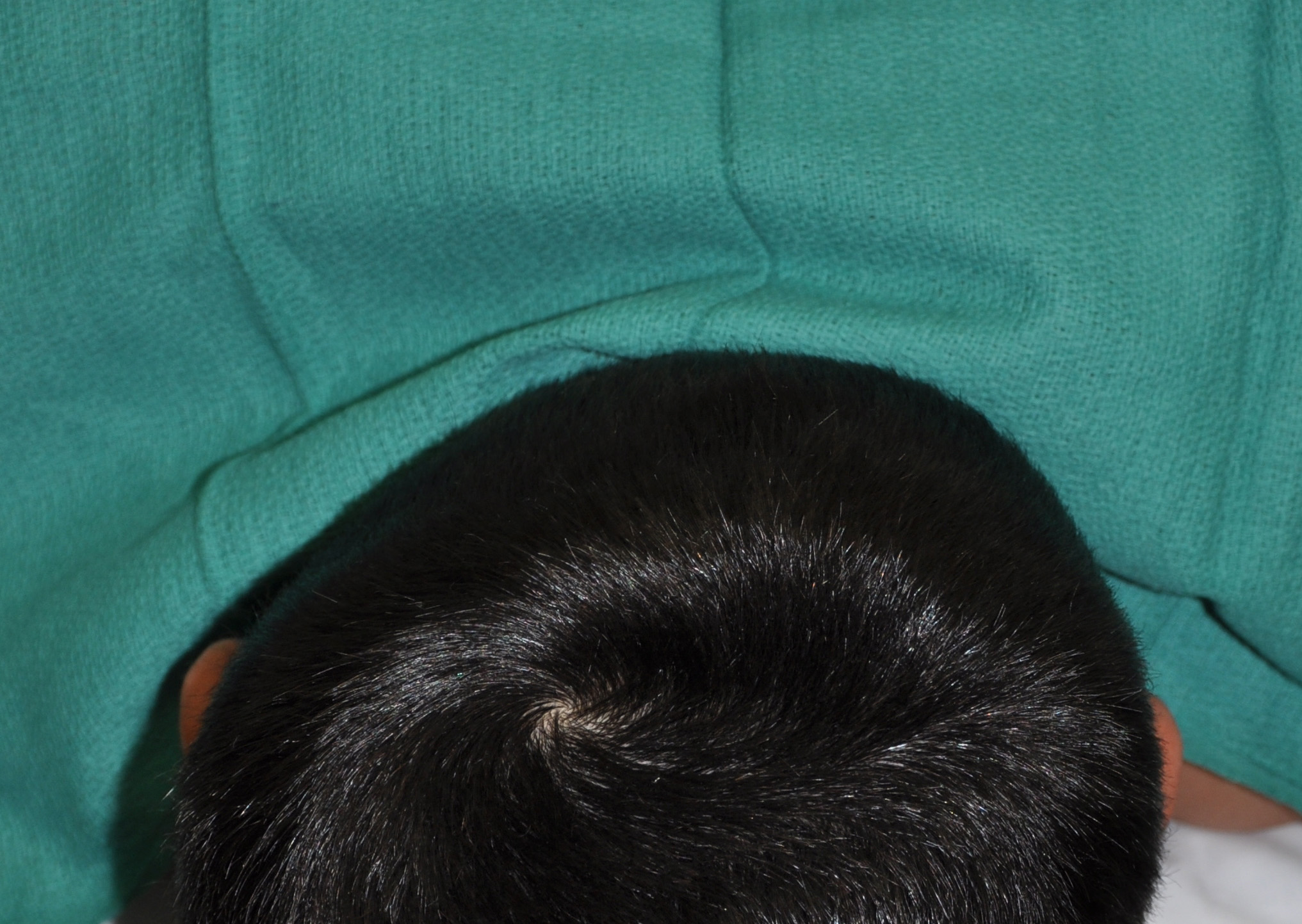
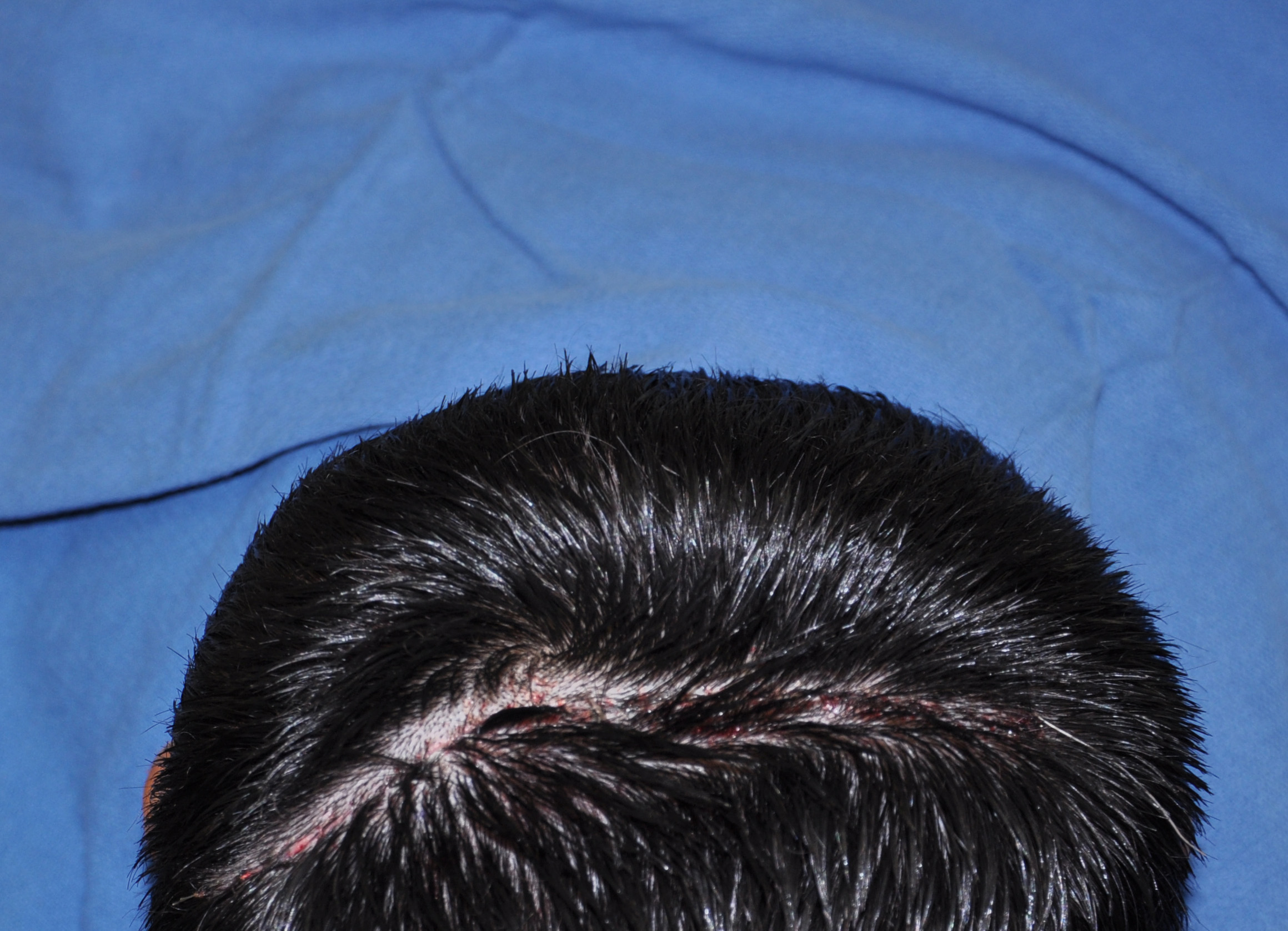
Desire for young patient to have a rounder back of his head with congenital plagocephaly
Right occipital skull augmentation using hydroxyapatite cement. (because he was a young growing patient)


Desire for young patient to have a rounder back of his head with congenital plagocephaly
Right occipital skull augmentation using hydroxyapatite cement. (because he was a young growing patient)
Patient 14
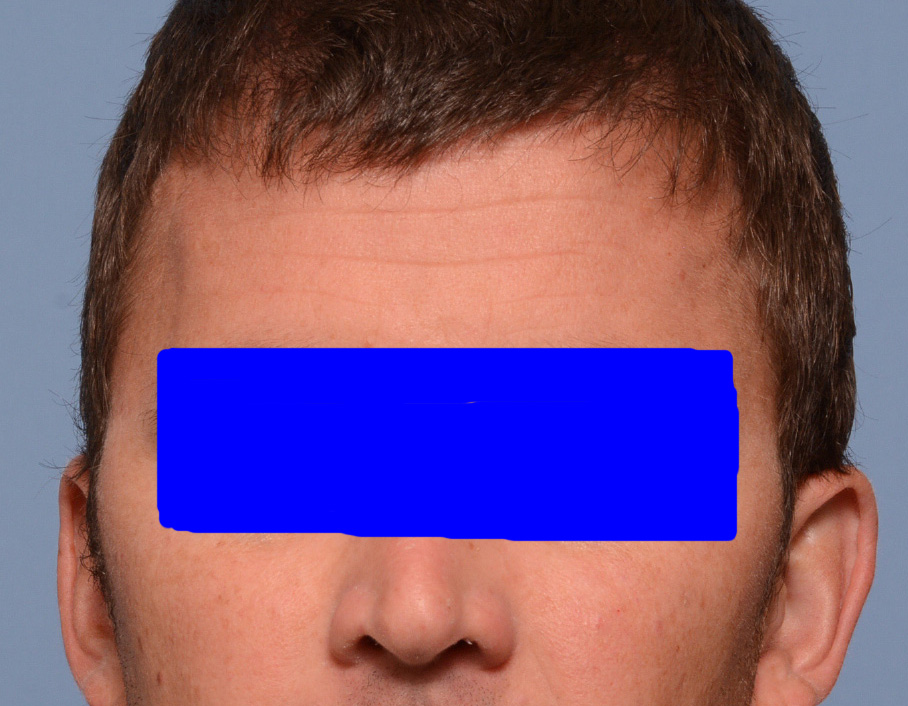
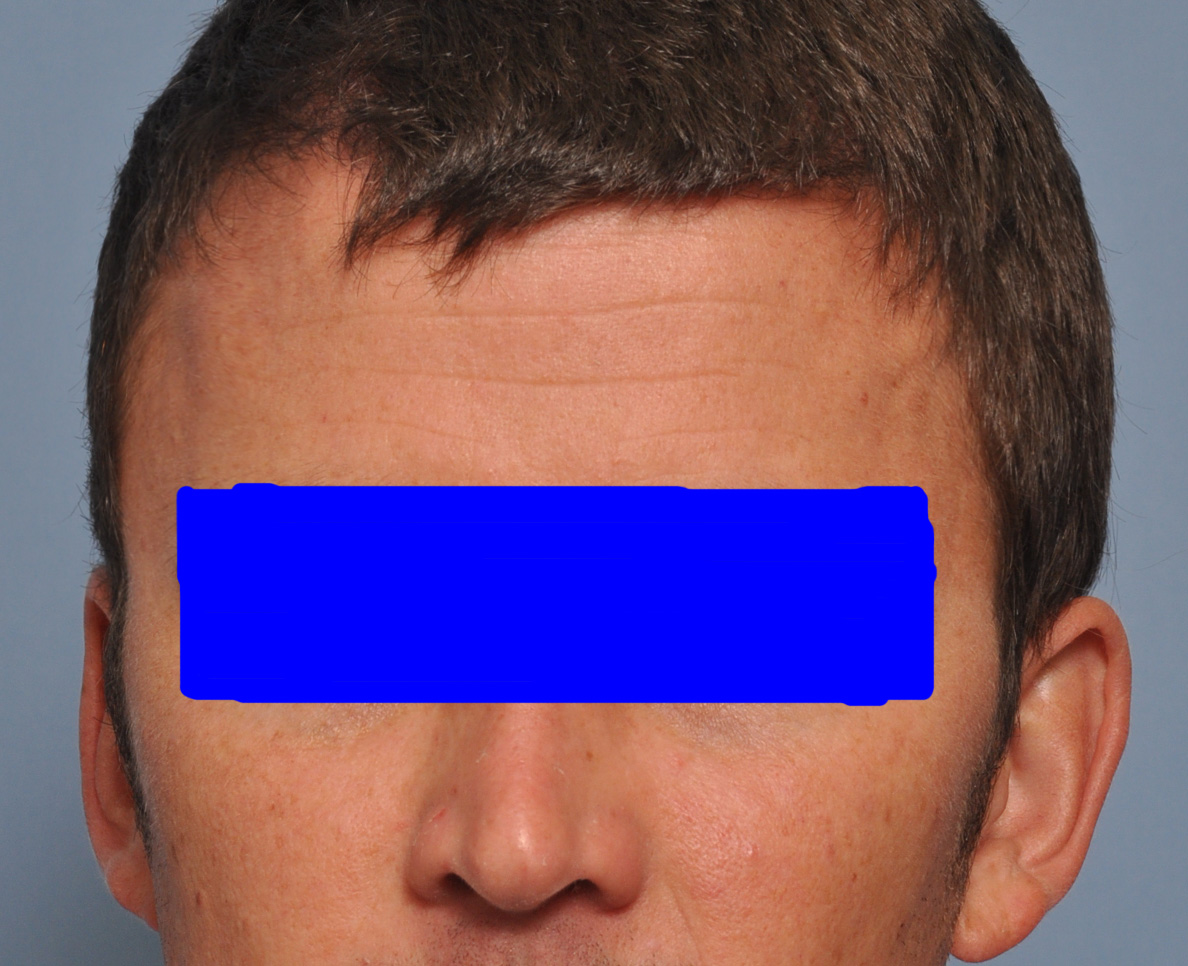
Desire for a less hollowed and smoother temporal appearance. Had a prior history of Medpor temporal implants placed under the muscle.
Removal of deep bone placed Medpor temporal implants and replacement with custom design temporal implants for a smoother and wider temporal skull appearance.


Desire for a less hollowed and smoother temporal appearance. Had a prior history of Medpor temporal implants placed under the muscle.
Removal of deep bone placed Medpor temporal implants and replacement with custom design temporal implants for a smoother and wider temporal skull appearance.
Patient 15
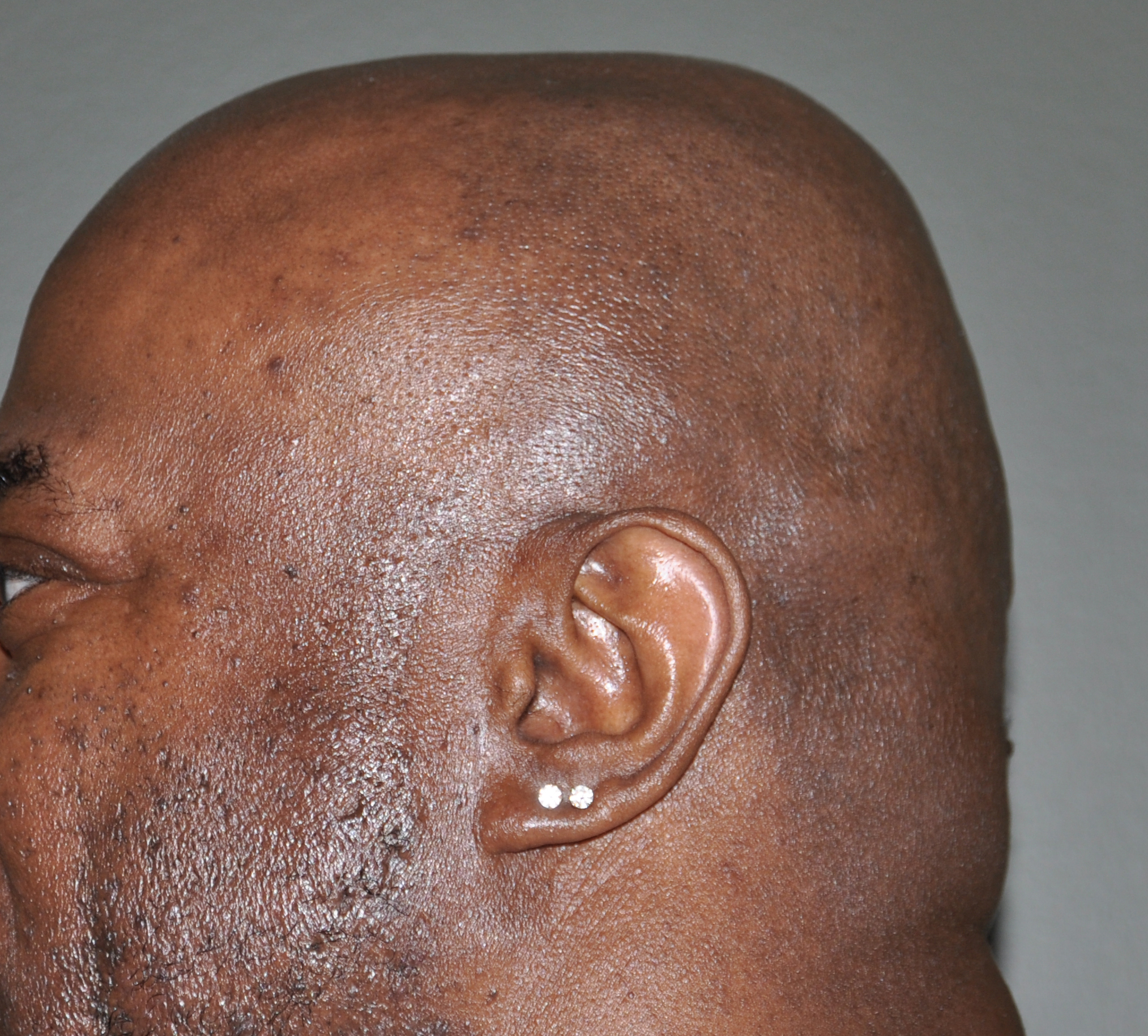
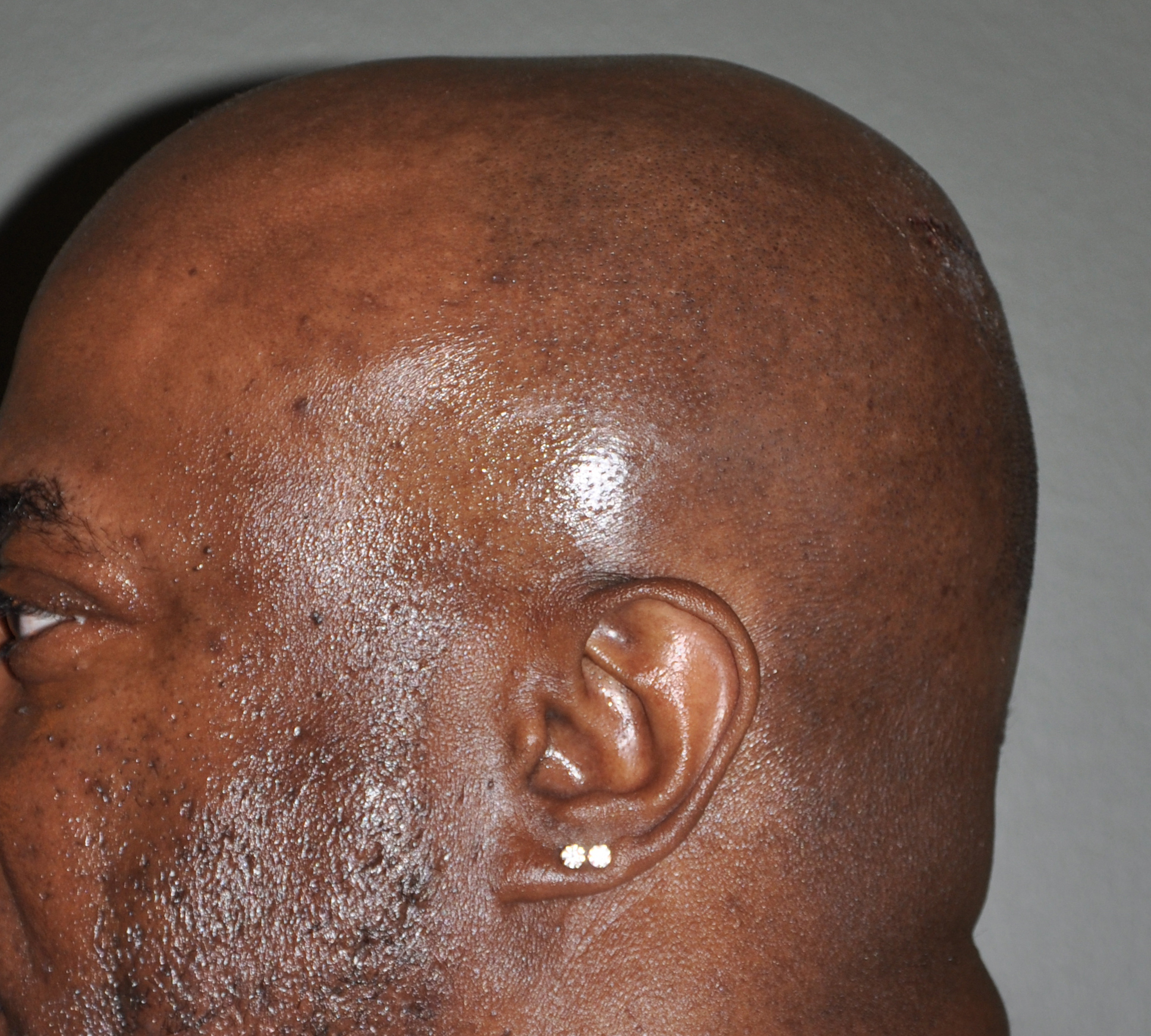
Desire for correction of flat side of back of head.
Left occipital skull augmention with PMMA bone cement. (plagiocephaly correction)


Desire for correction of flat side of back of head.
Left occipital skull augmention with PMMA bone cement. (plagiocephaly correction)
Patient 16
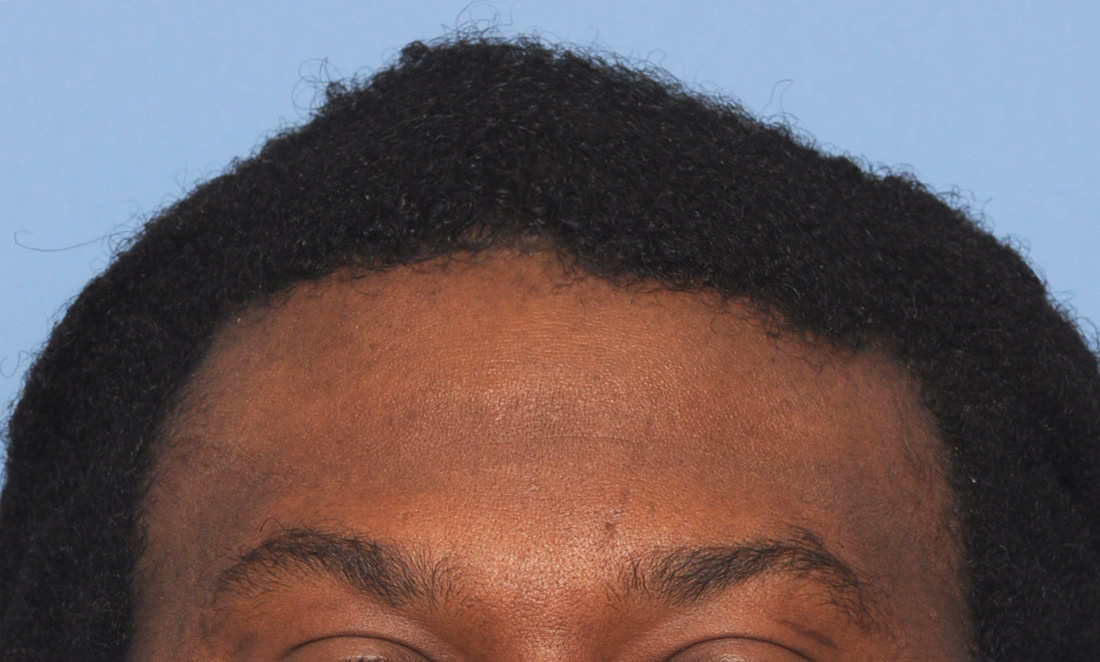
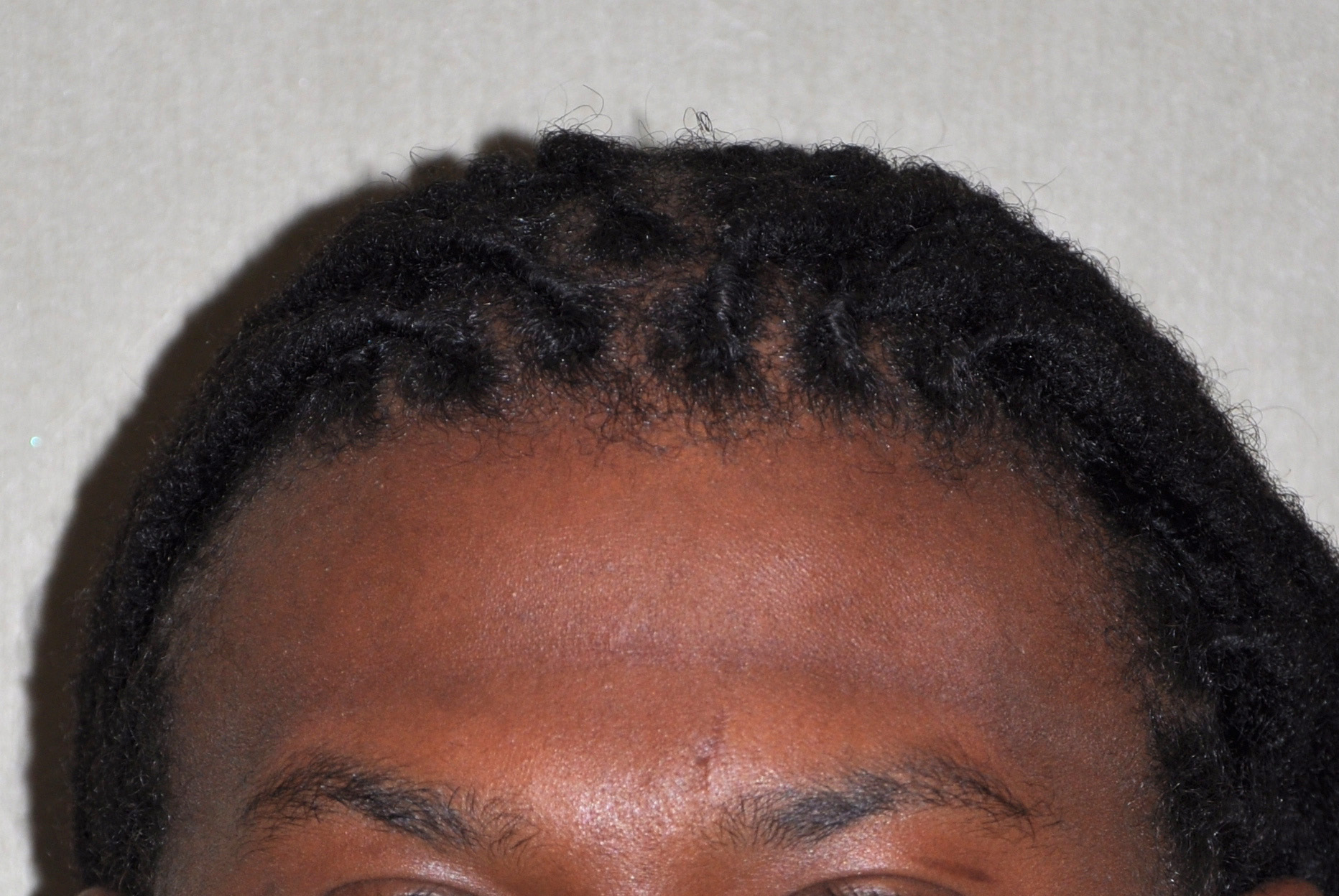
Desire for smoother top of head shape.
Top of head reshaping using bone burring reduction of a high spot and PMMA bone cement augmentation of lower skull areas.


Desire for smoother top of head shape.
Top of head reshaping using bone burring reduction of a high spot and PMMA bone cement augmentation of lower skull areas.
Patient 17
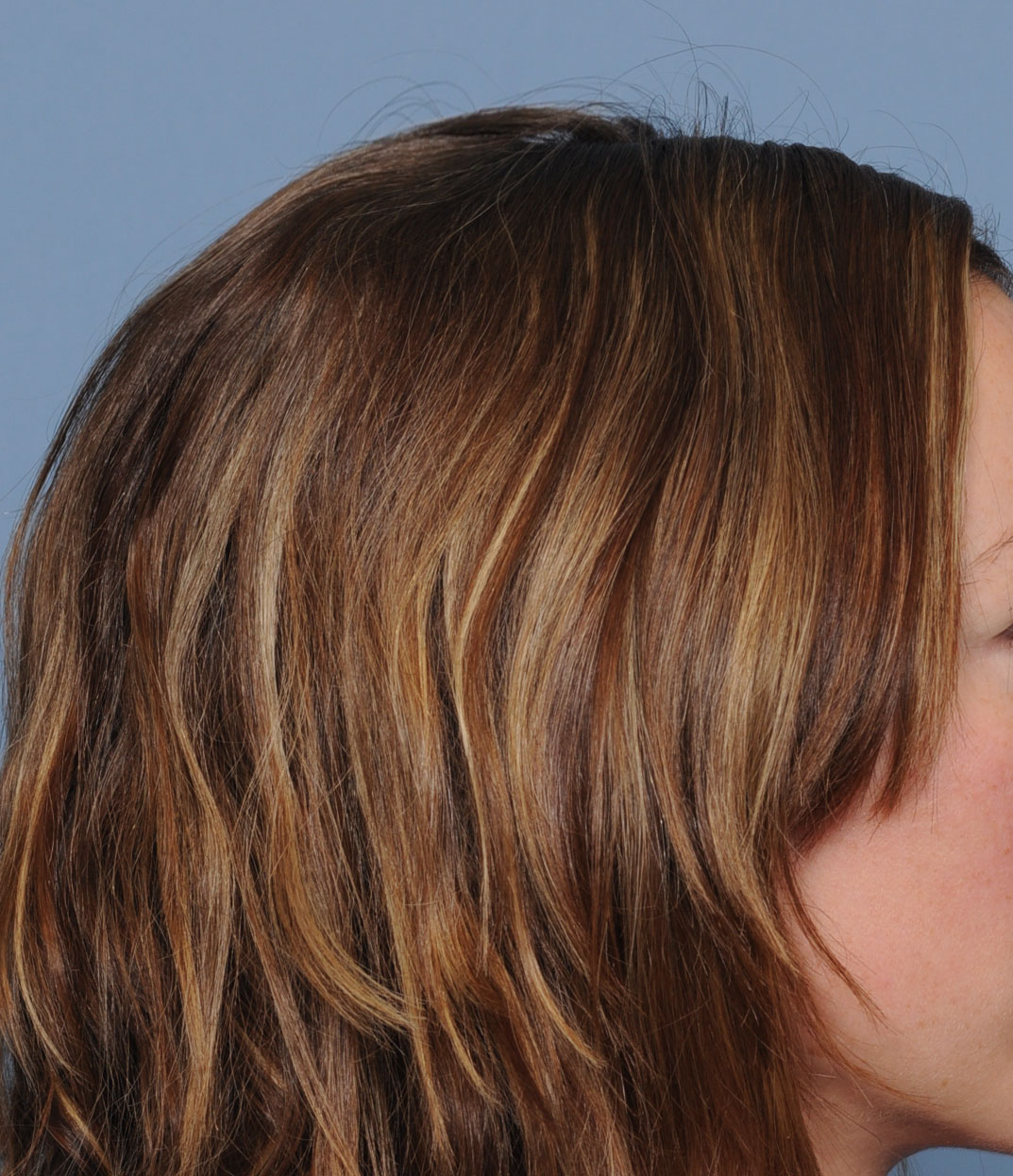
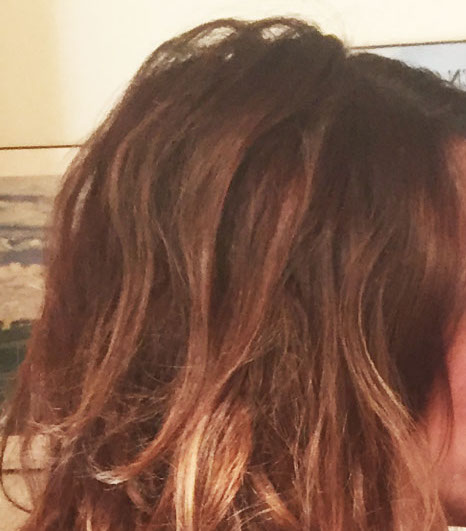
Desire for increased crown of head augmentation.
Crown of skull augmentation using a custom skull implant.


Desire for increased crown of head augmentation.
Crown of skull augmentation using a custom skull implant.
Patient 18
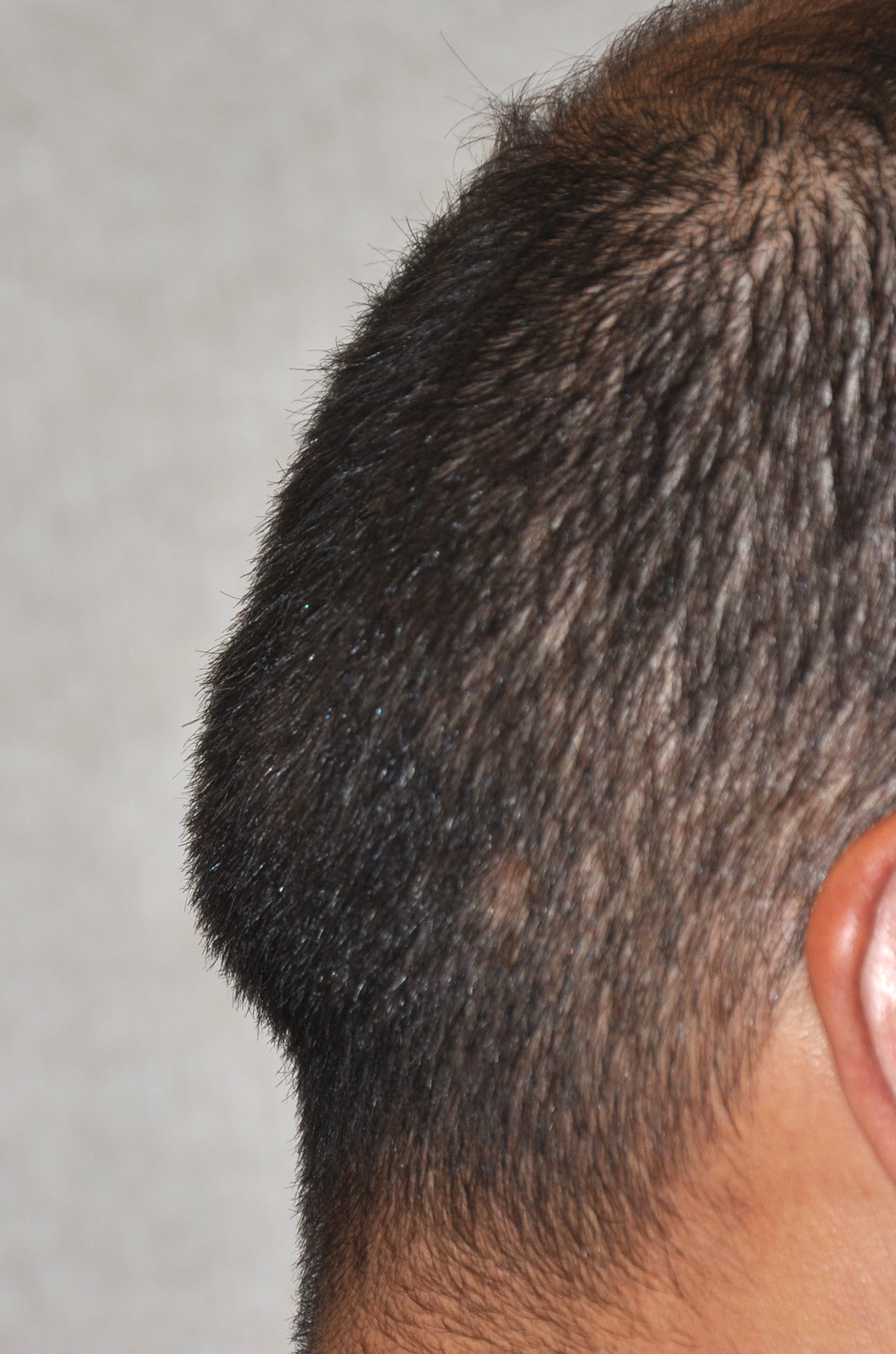
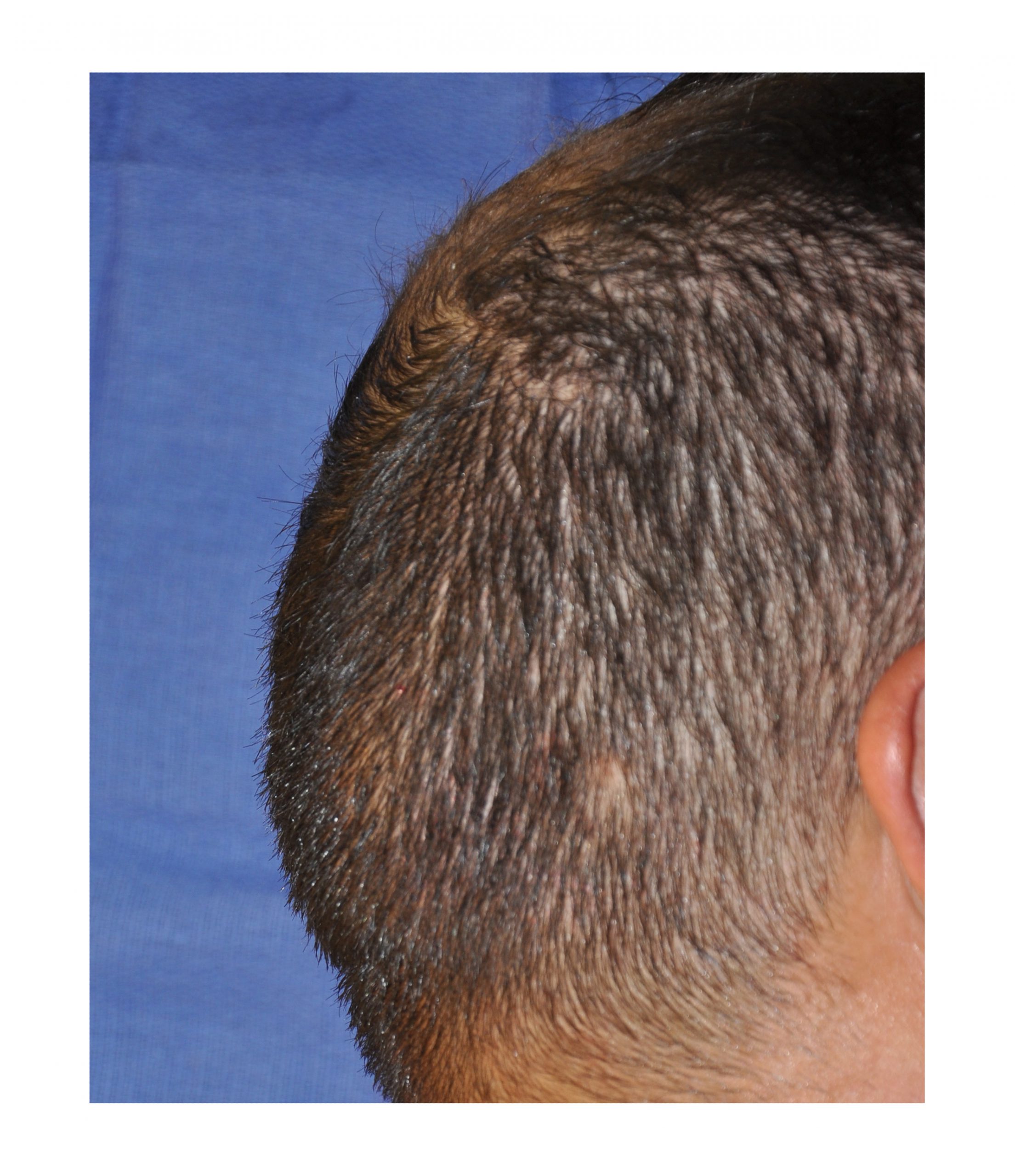
Desire for reduction of prominent bulge on back of his head.
Occiptal knob skull reduction using a bone burring technique through a direct overlying incision.


Desire for reduction of prominent bulge on back of his head.
Occiptal knob skull reduction using a bone burring technique through a direct overlying incision.
Patient 19
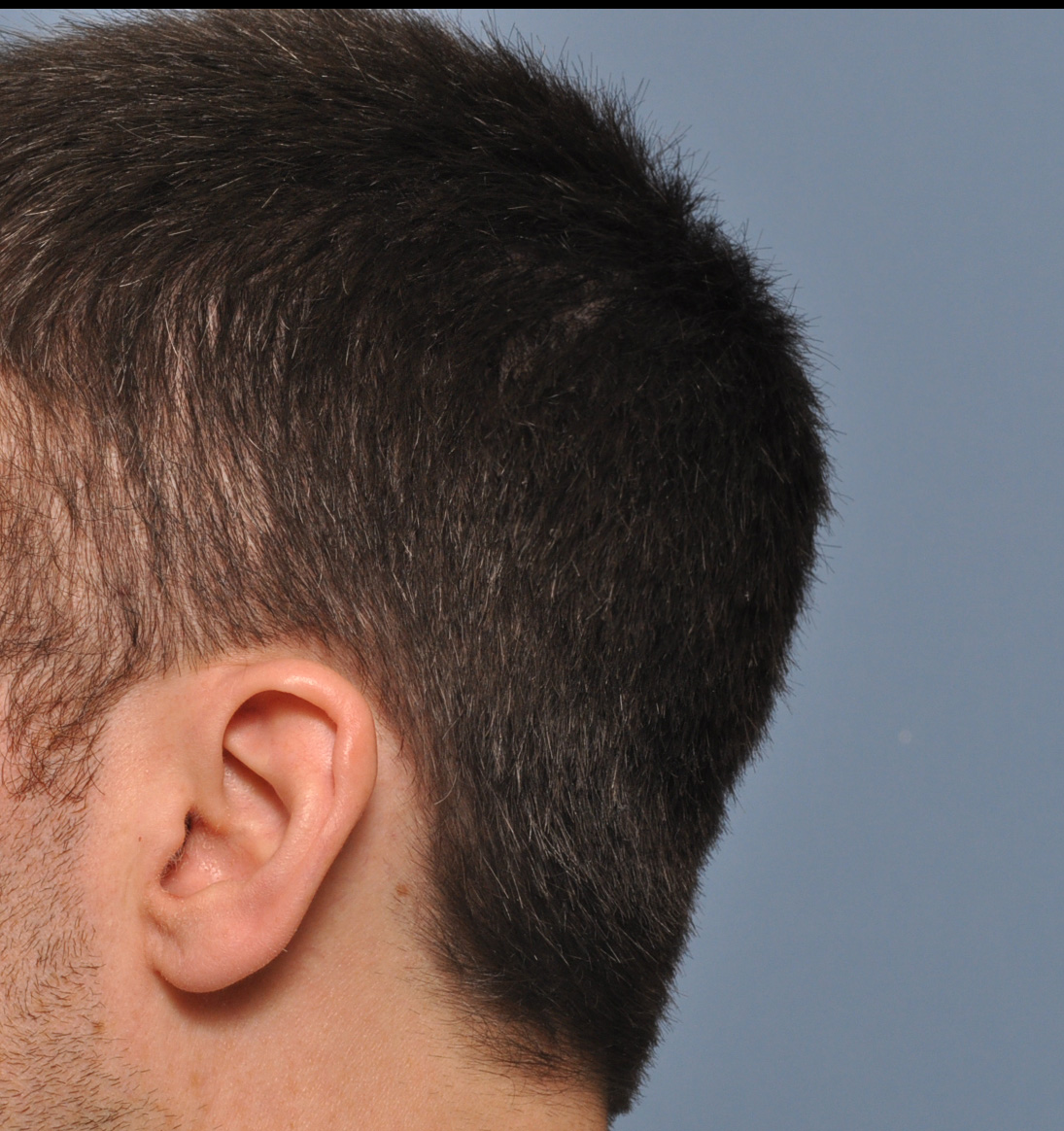
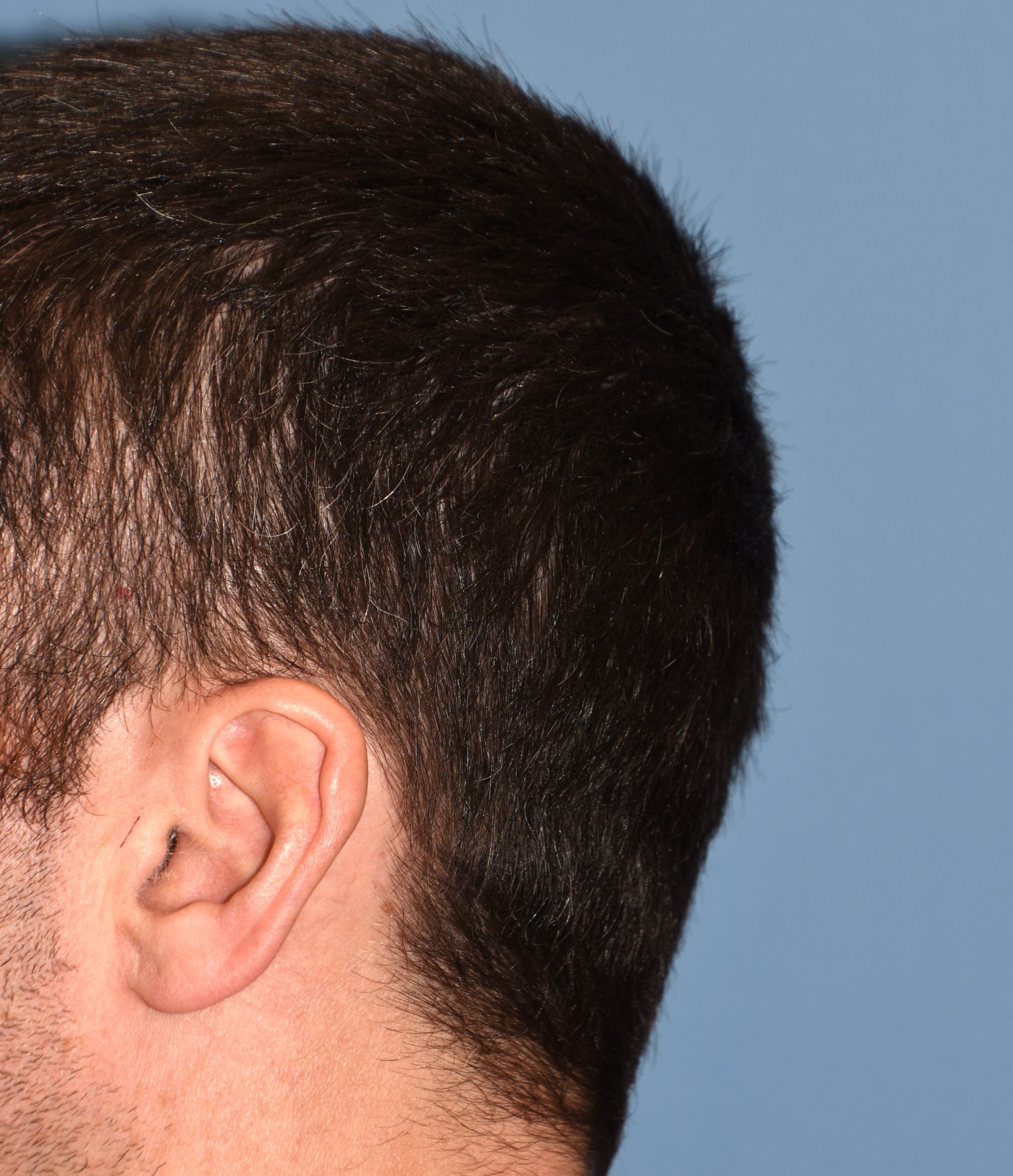
Desire for reduction of prominent bulge of bone on back of head.
Occipital skull reduction using a direct bone burring technique.


Desire for reduction of prominent bulge of bone on back of head.
Occipital skull reduction using a direct bone burring technique.
Patient 20
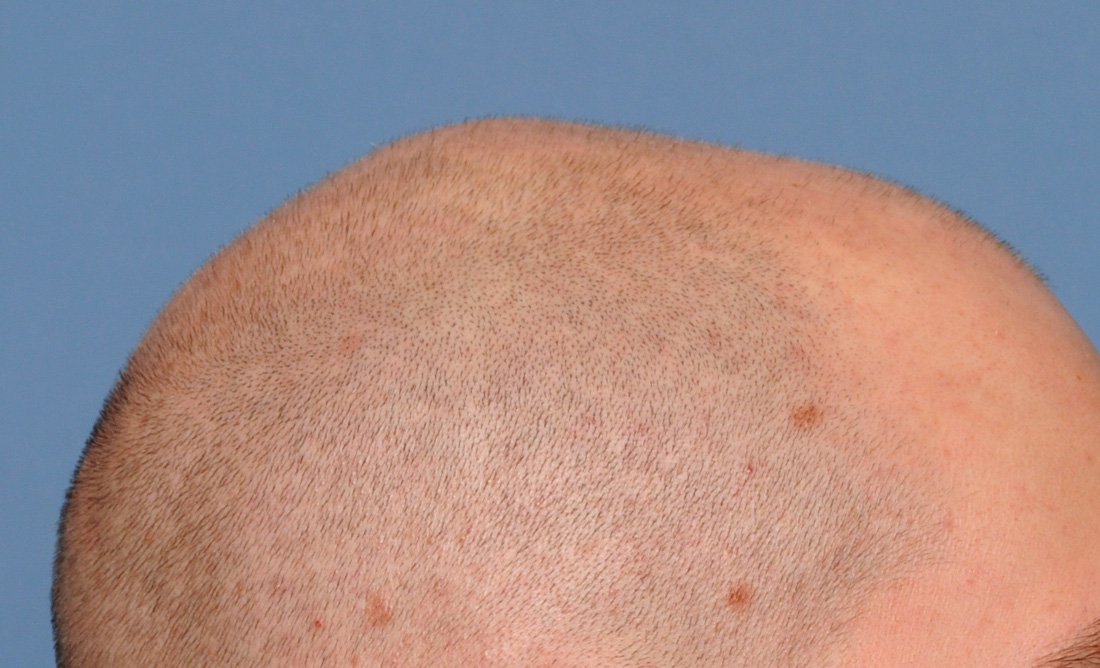
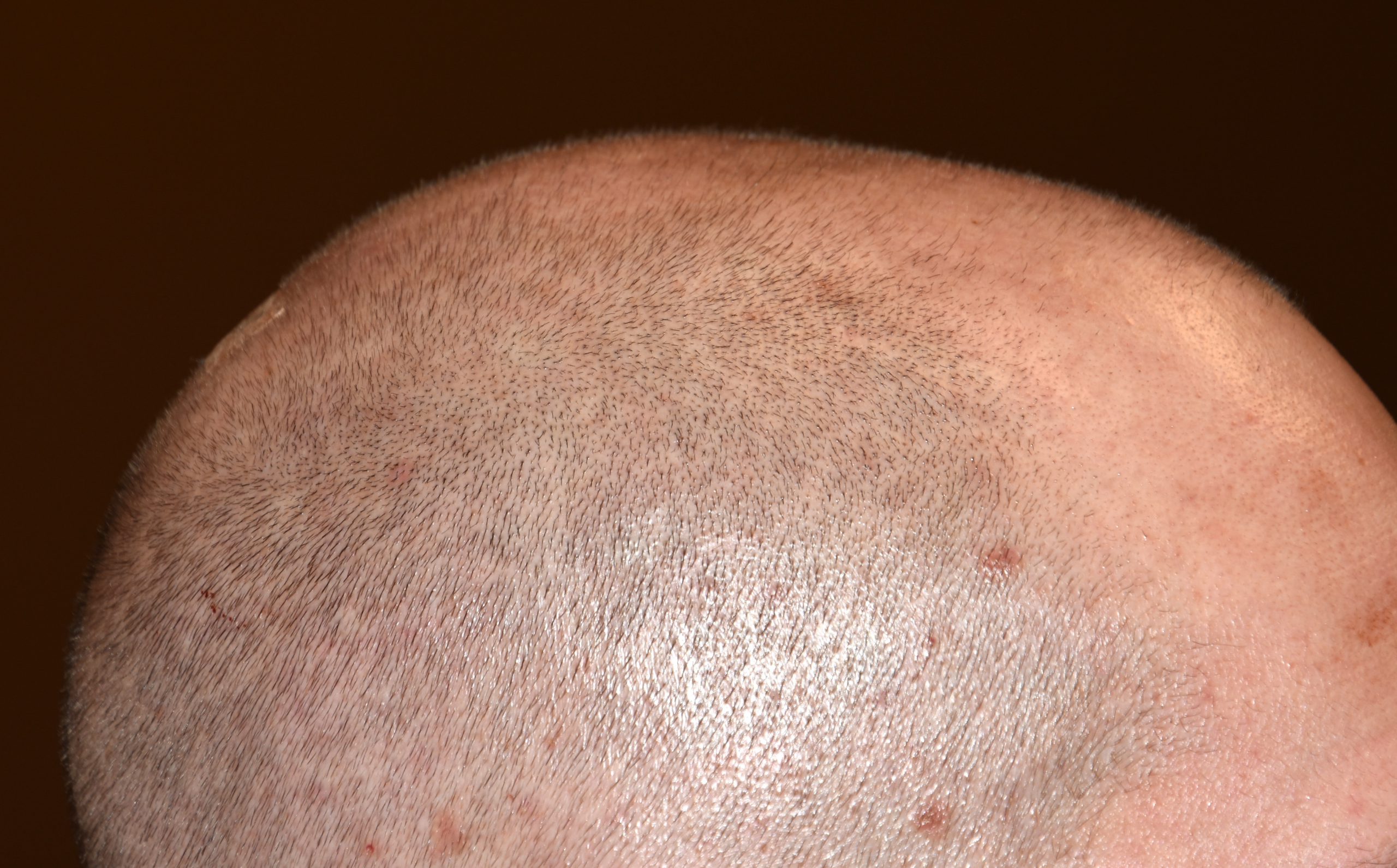
Desire for reduction of midline ridge on top of skull.
Sagittal crest skull reduction using a bone burring technique through a small scalp incision.


Desire for reduction of midline ridge on top of skull.
Sagittal crest skull reduction using a bone burring technique through a small scalp incision.
Patient 21
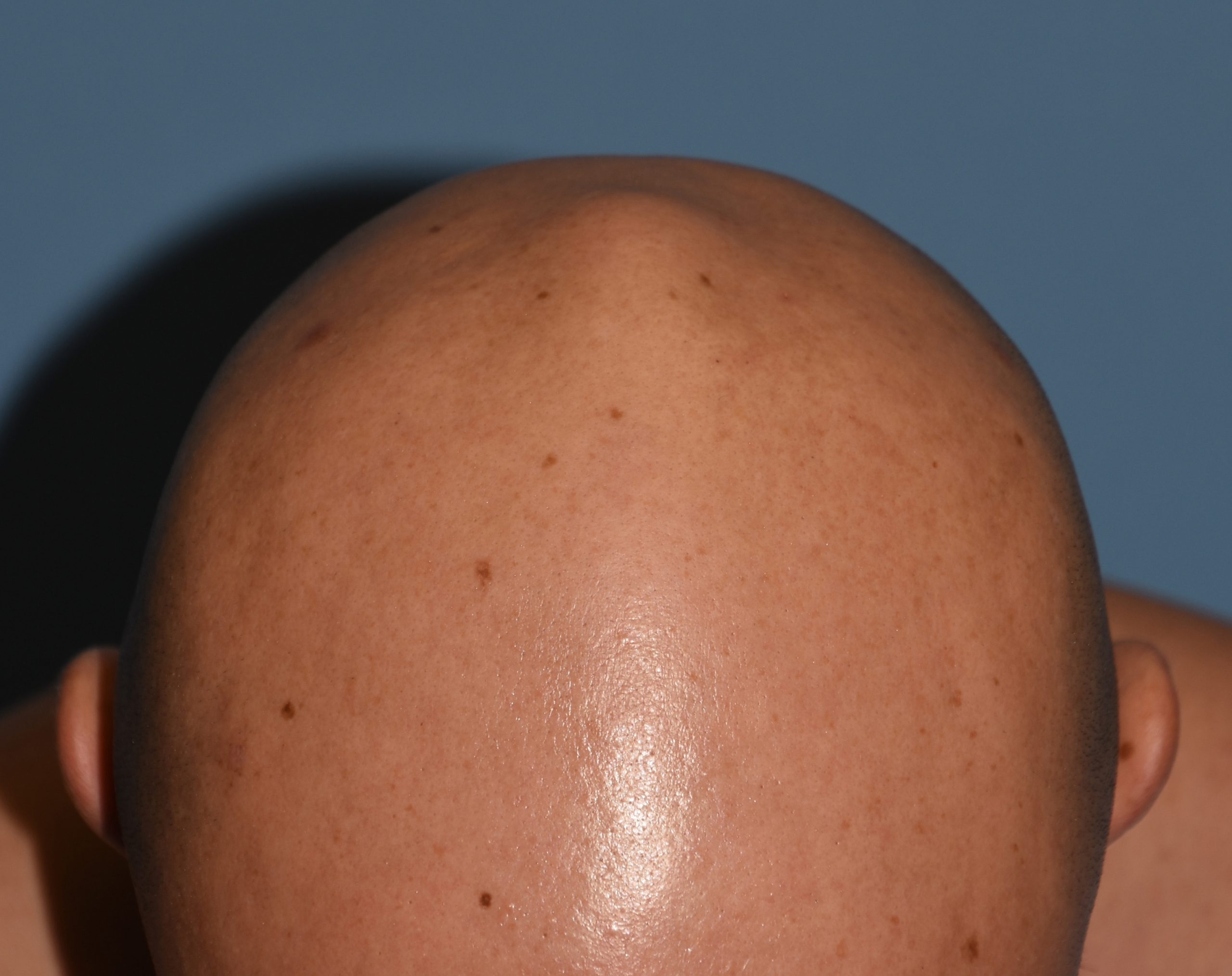
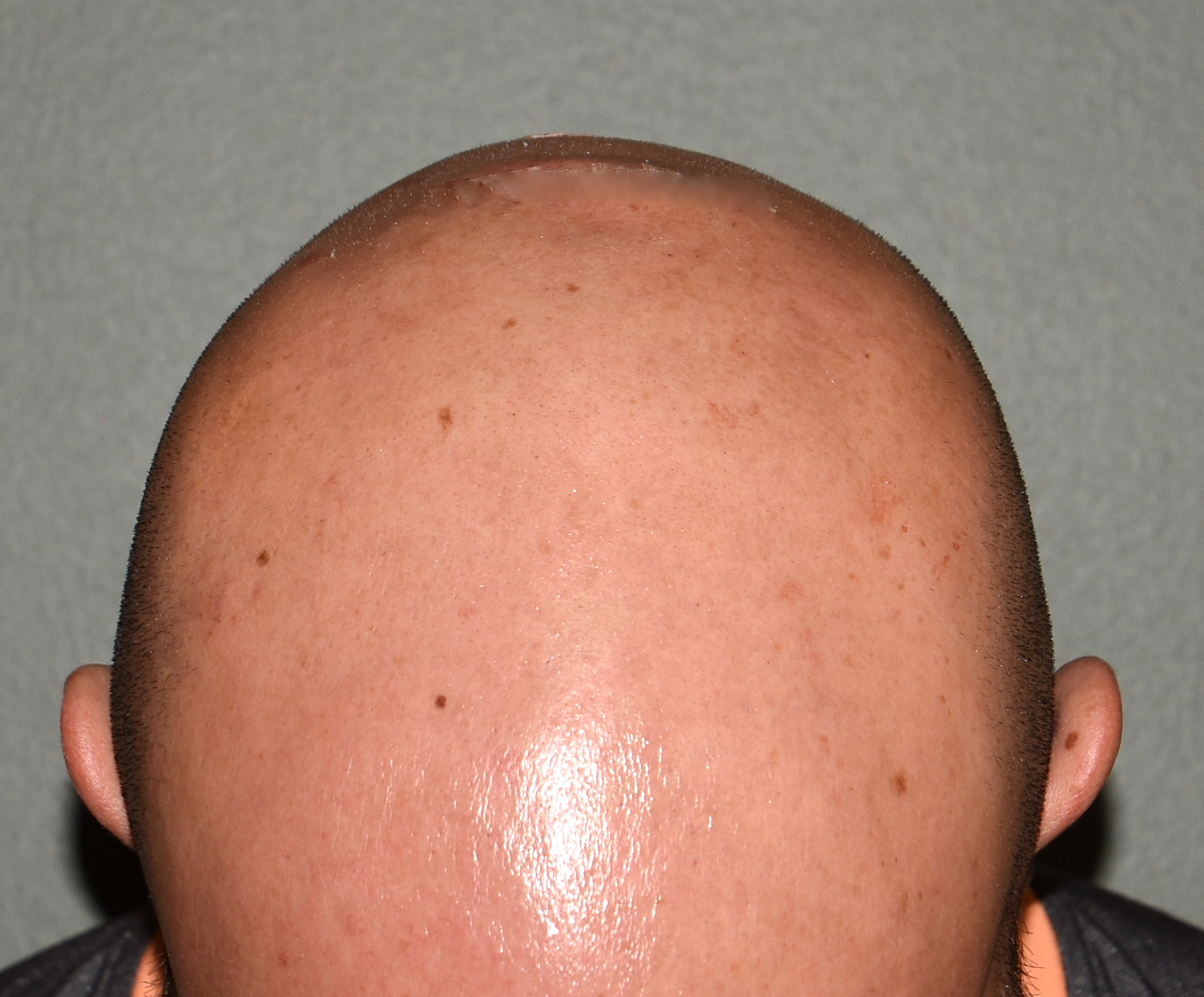
Desire for reduction of prominent posterior sagittal crest of bone.
Posterior sagittal crest skull reduction using a bine burring technique through a small scalp incision.


Desire for reduction of prominent posterior sagittal crest of bone.
Posterior sagittal crest skull reduction using a bine burring technique through a small scalp incision.
Patient 22

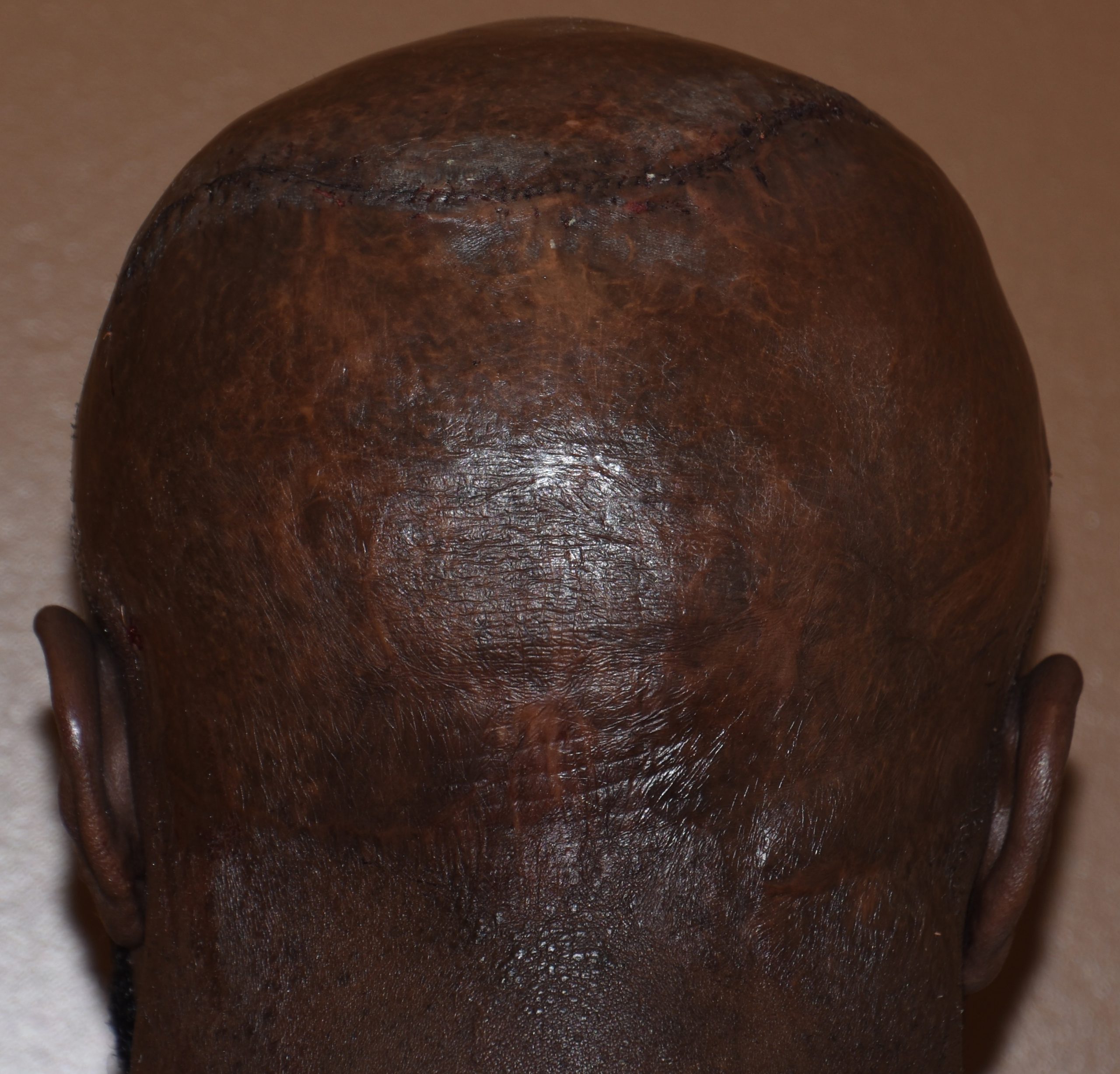
Desire for augmentation of flat back of the head that developed after wide excision and skin grafting of chronic scalp skin infections. This actually represented a loss of scalp thickness rather than a bone deficiency.
Occipital skull augmentation using a custom made implant designed from a measured template overlay on the depressed scalp area. Technically this was a 'scalp augmentation' using a bone-based implant.


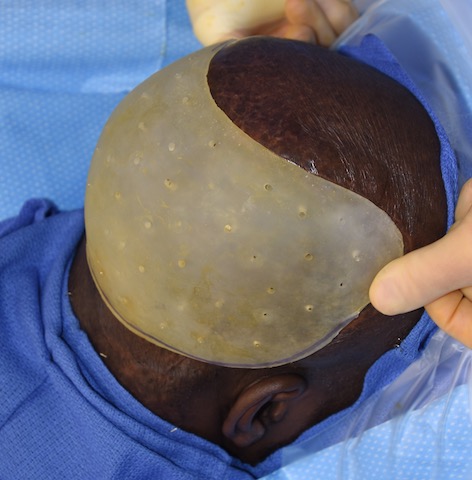
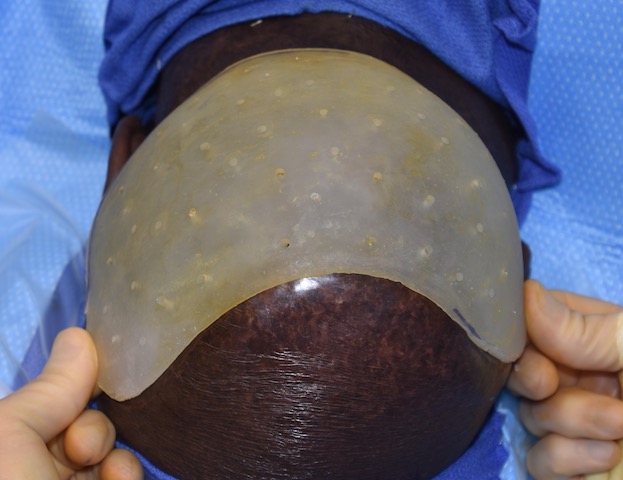
Desire for augmentation of flat back of the head that developed after wide excision and skin grafting of chronic scalp skin infections. This actually represented a loss of scalp thickness rather than a bone deficiency.
Occipital skull augmentation using a custom made implant designed from a measured template overlay on the depressed scalp area. Technically this was a 'scalp augmentation' using a bone-based implant.
Patient 23
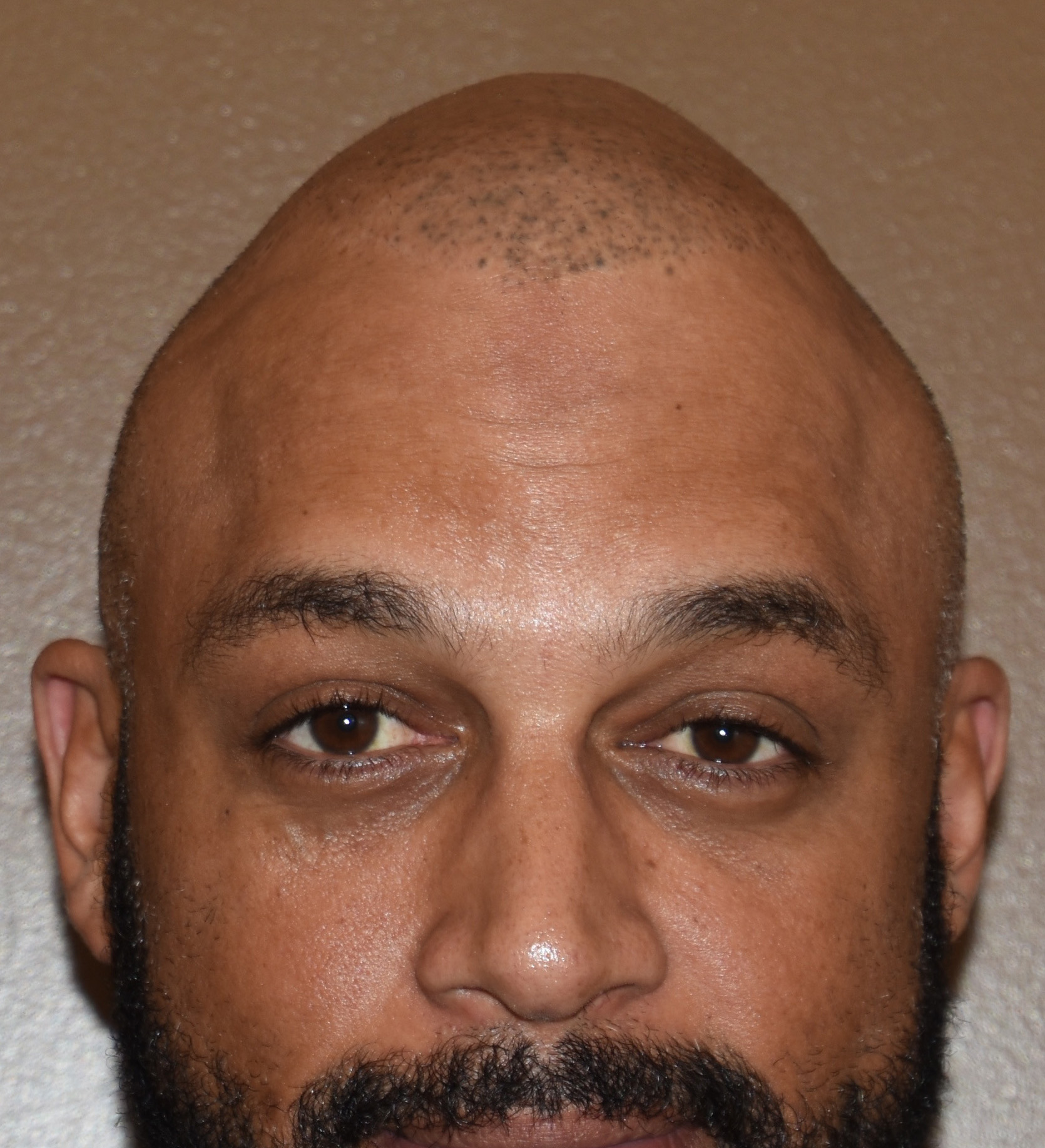
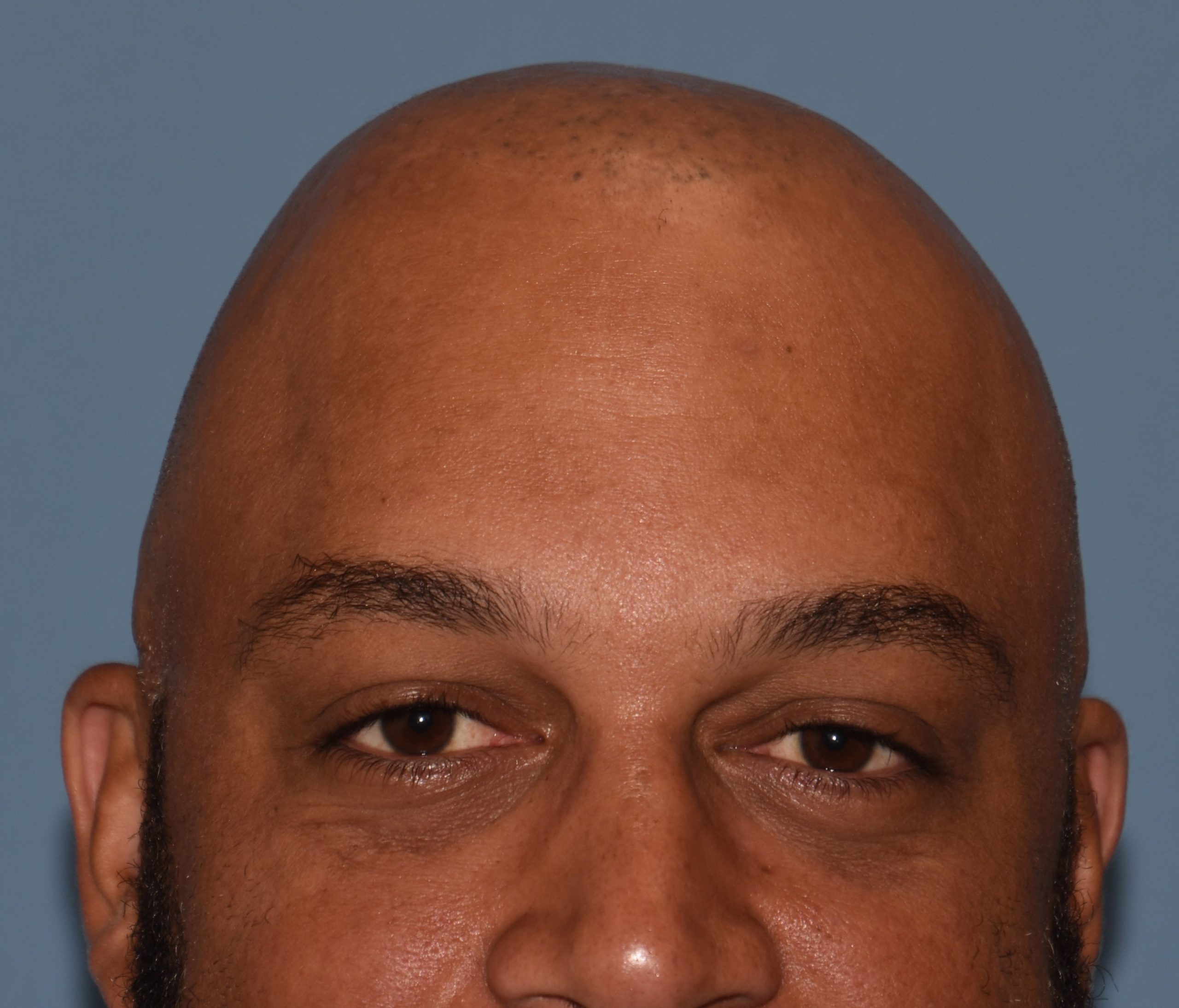
Desire for correction of head shape which has a bilateral parasagittal skull shape deformity.
Skull augmentation using a custom skull implant inserted through an existing sagittal scalp incision.


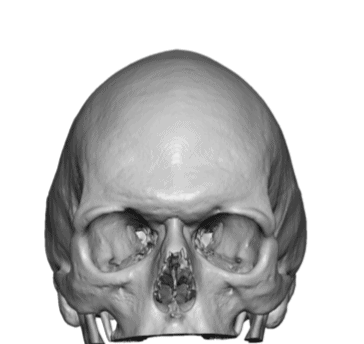
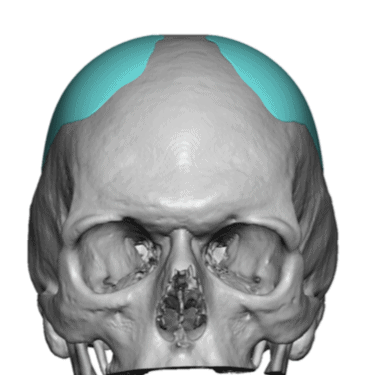
Desire for correction of head shape which has a bilateral parasagittal skull shape deformity.
Skull augmentation using a custom skull implant inserted through an existing sagittal scalp incision.
Patient 24
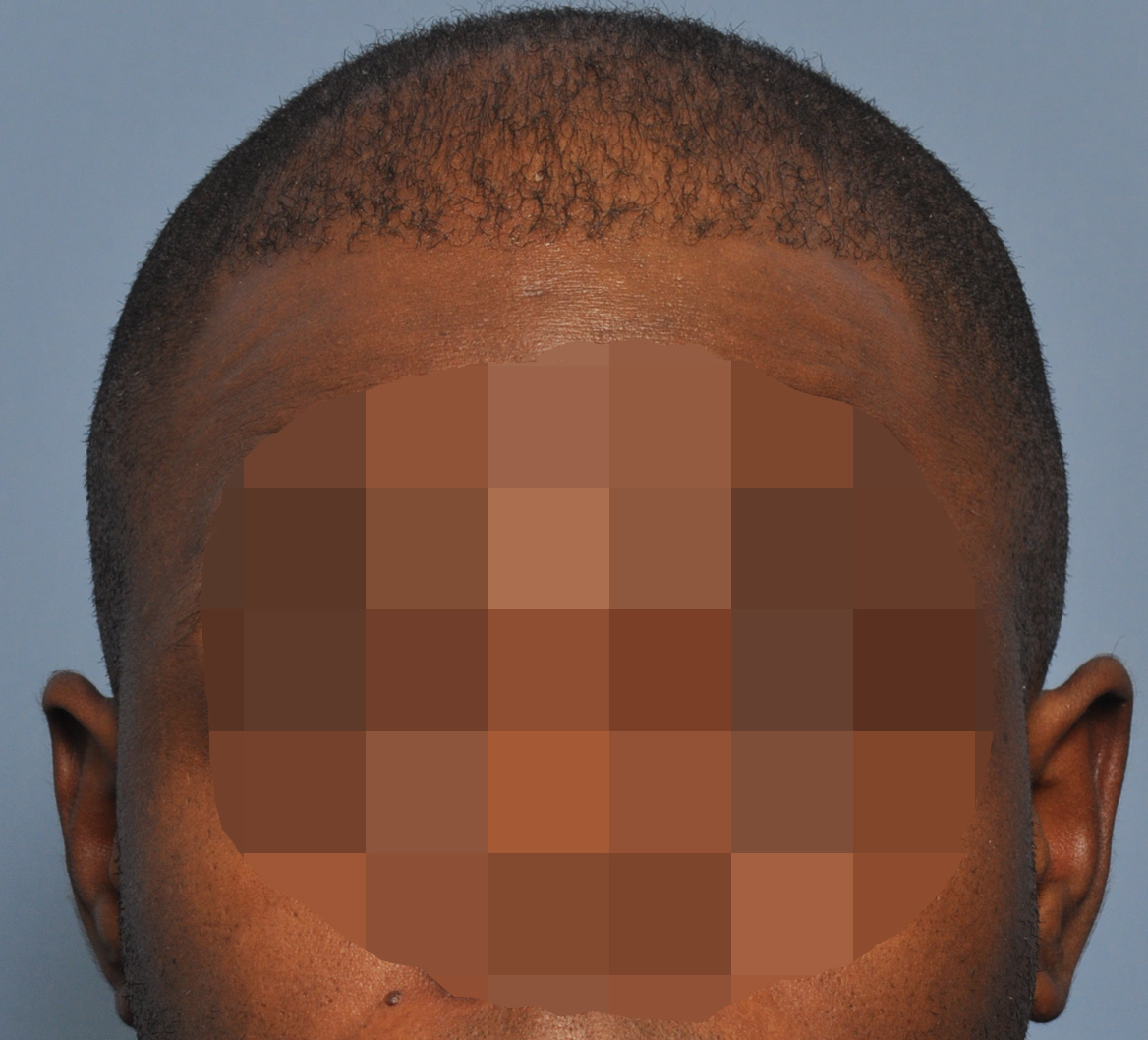
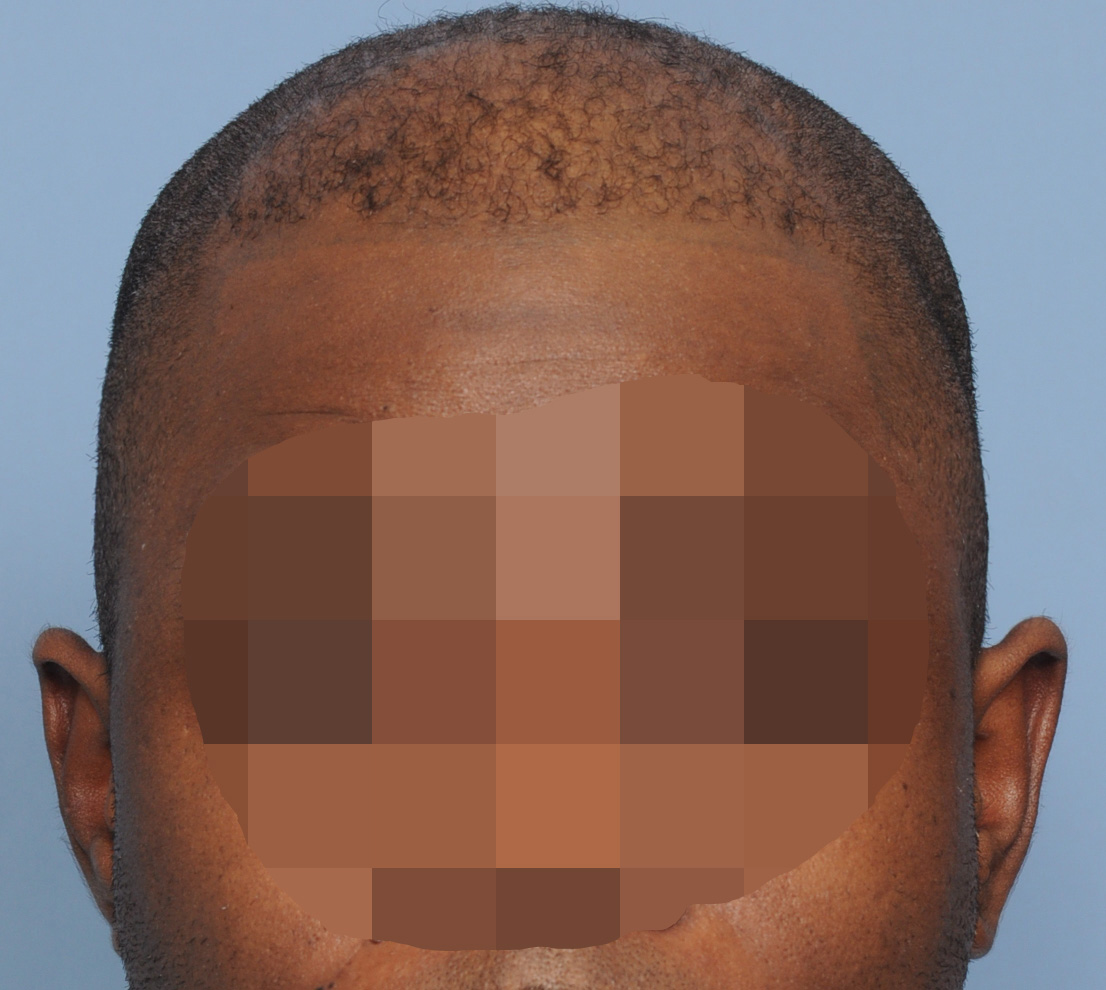
Desire for head width reduction and a flatter side of the head shape.
Bilateral temporal head width reduction dine through excision of the posterior temporal muscles.


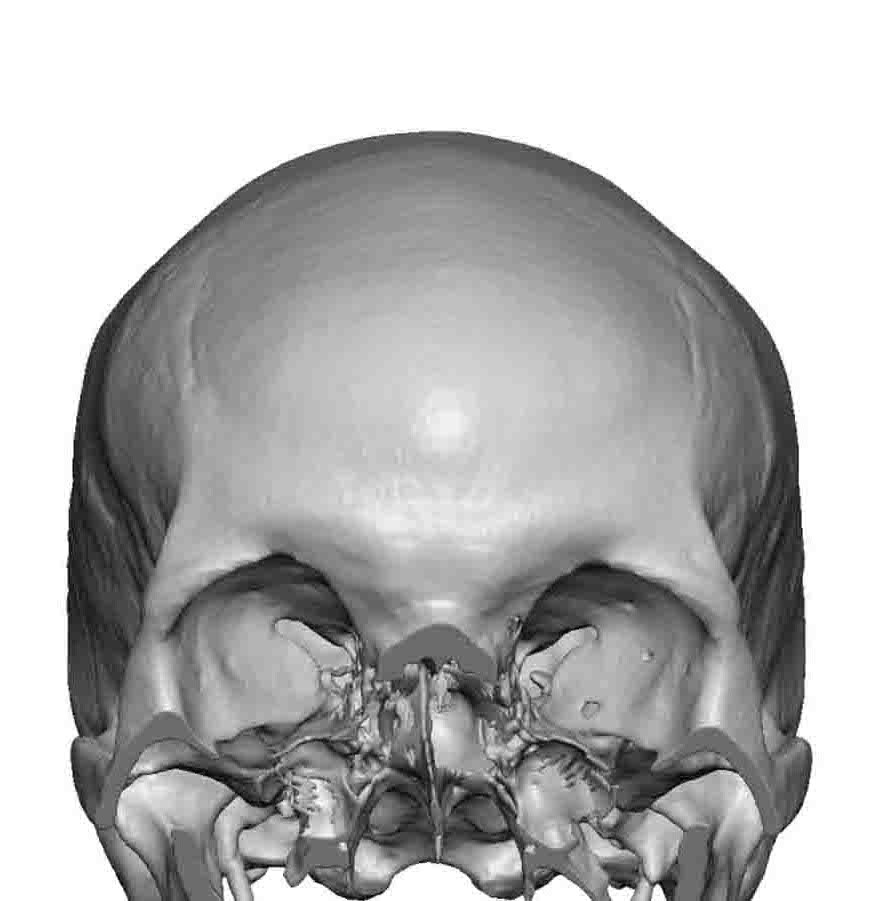
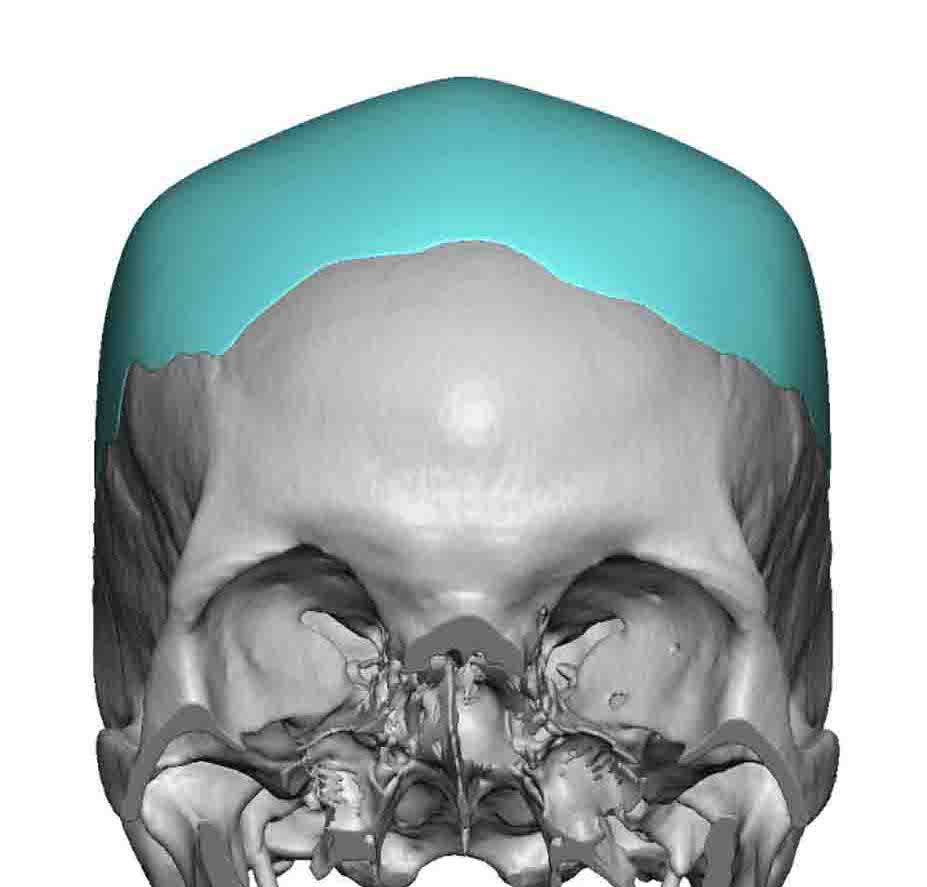
Desire for head width reduction and a flatter side of the head shape.
Bilateral temporal head width reduction dine through excision of the posterior temporal muscles.
Patient 25
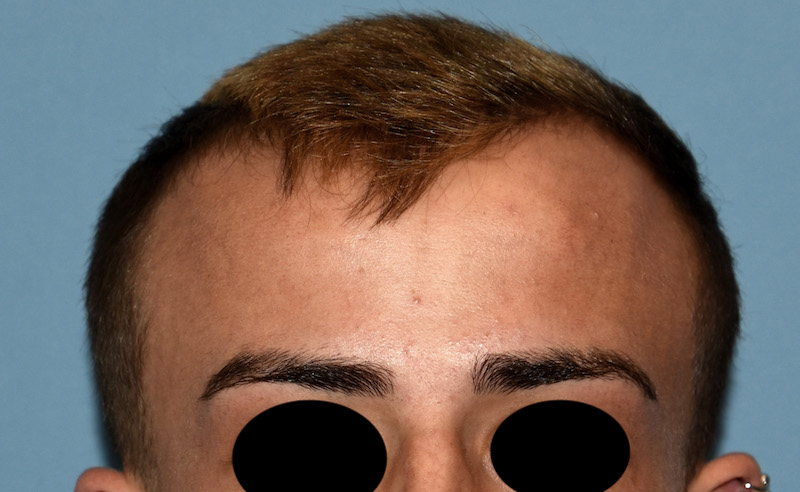
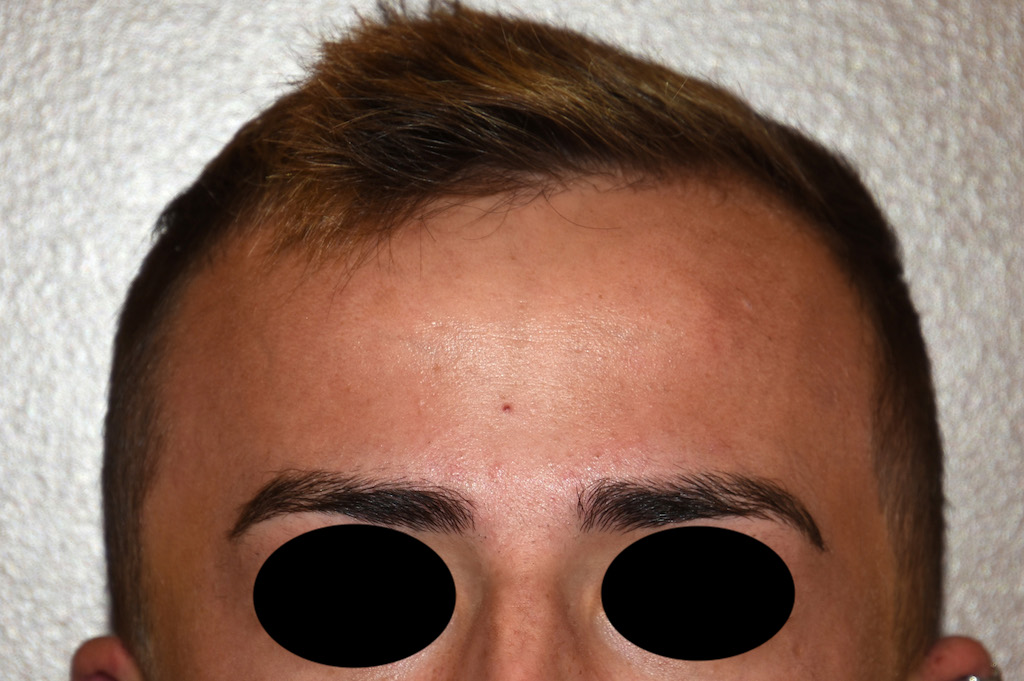
Desire of less convex or wide shape at the sides of his head.
Bilateral head width reduction through excision of bilateral posterior temporal muscles done through incisions behind the ears.


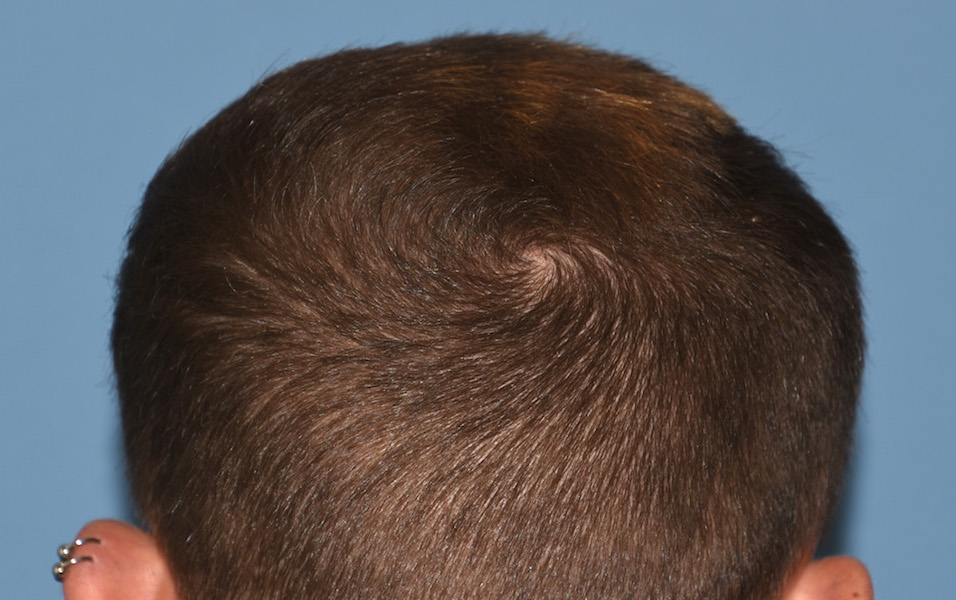
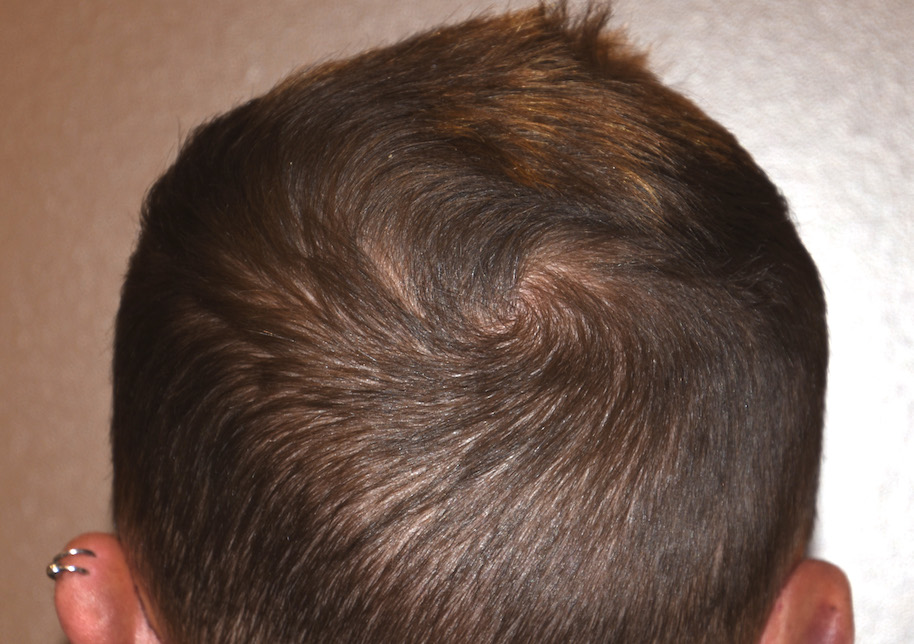
Desire of less convex or wide shape at the sides of his head.
Bilateral head width reduction through excision of bilateral posterior temporal muscles done through incisions behind the ears.
Patient 26
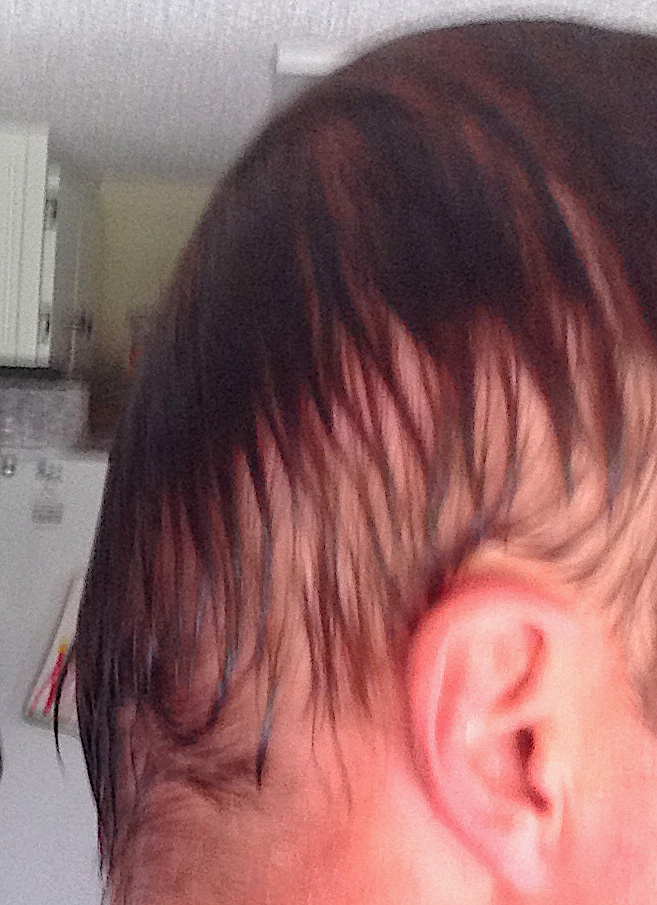
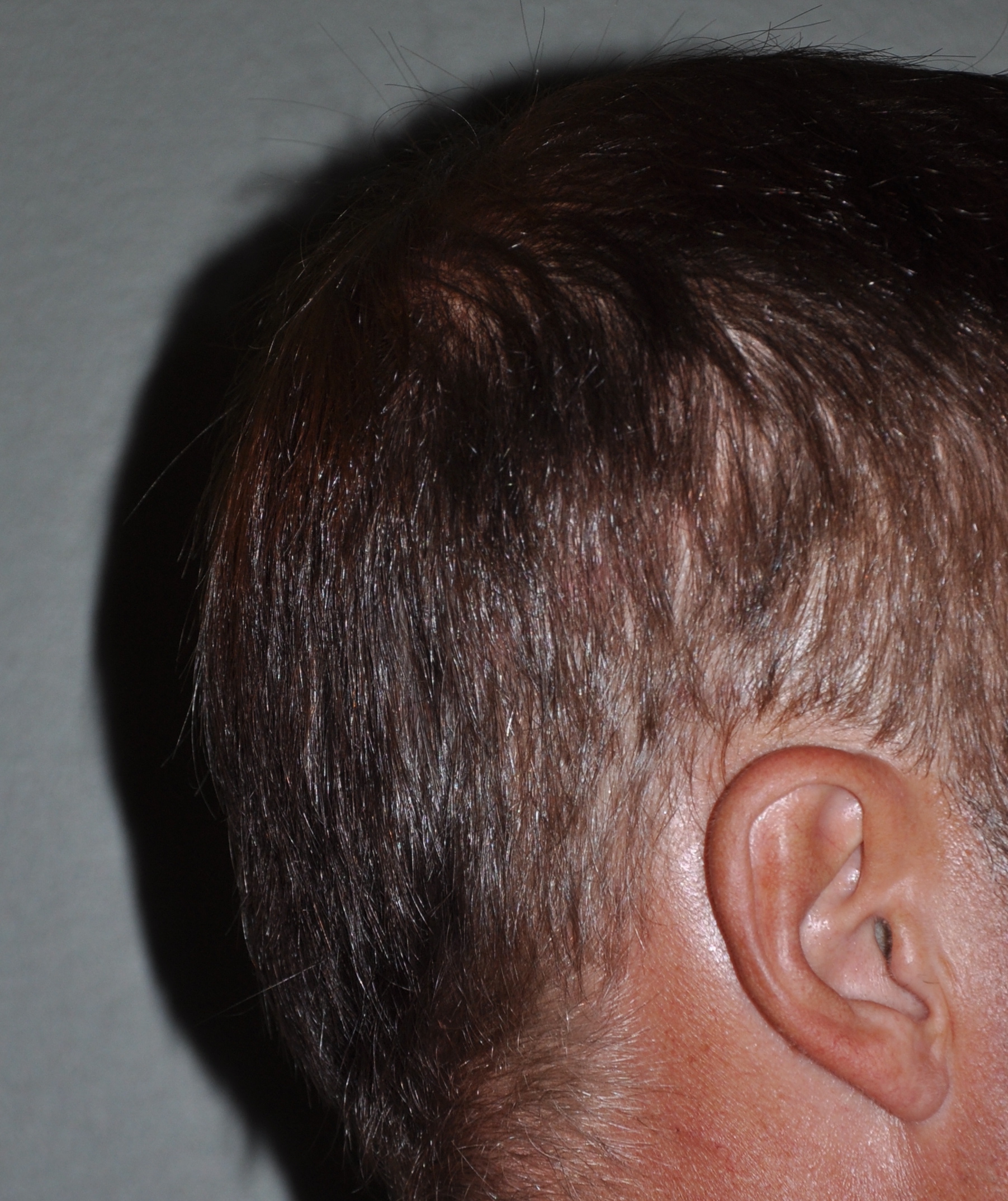
Desire for augmentation of congenital flat back of the head.
Custom occipital skull implant with first stage scalp expansion for significant occipital augmentation.


Desire for augmentation of congenital flat back of the head.
Custom occipital skull implant with first stage scalp expansion for significant occipital augmentation.
Patient 27
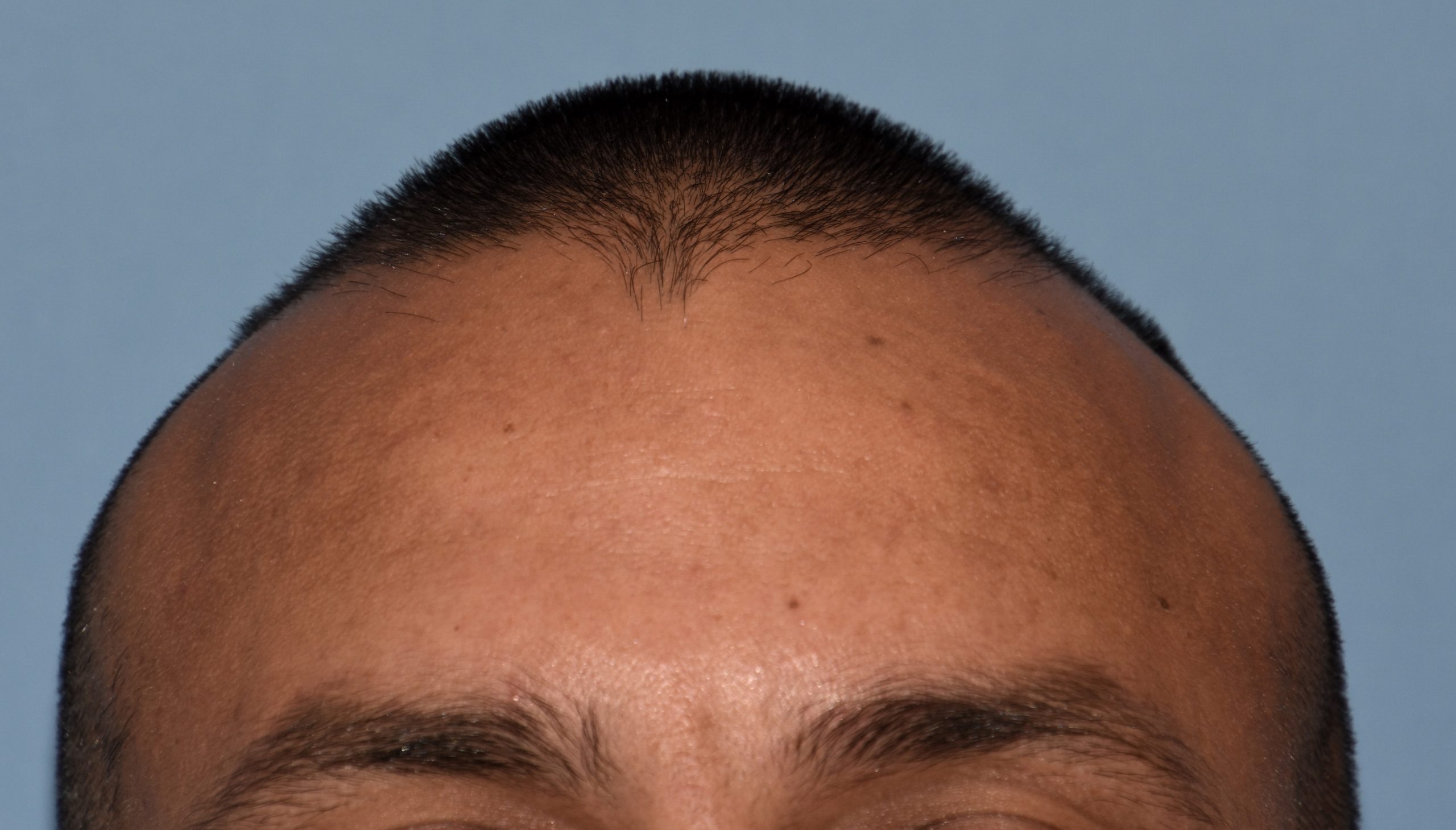
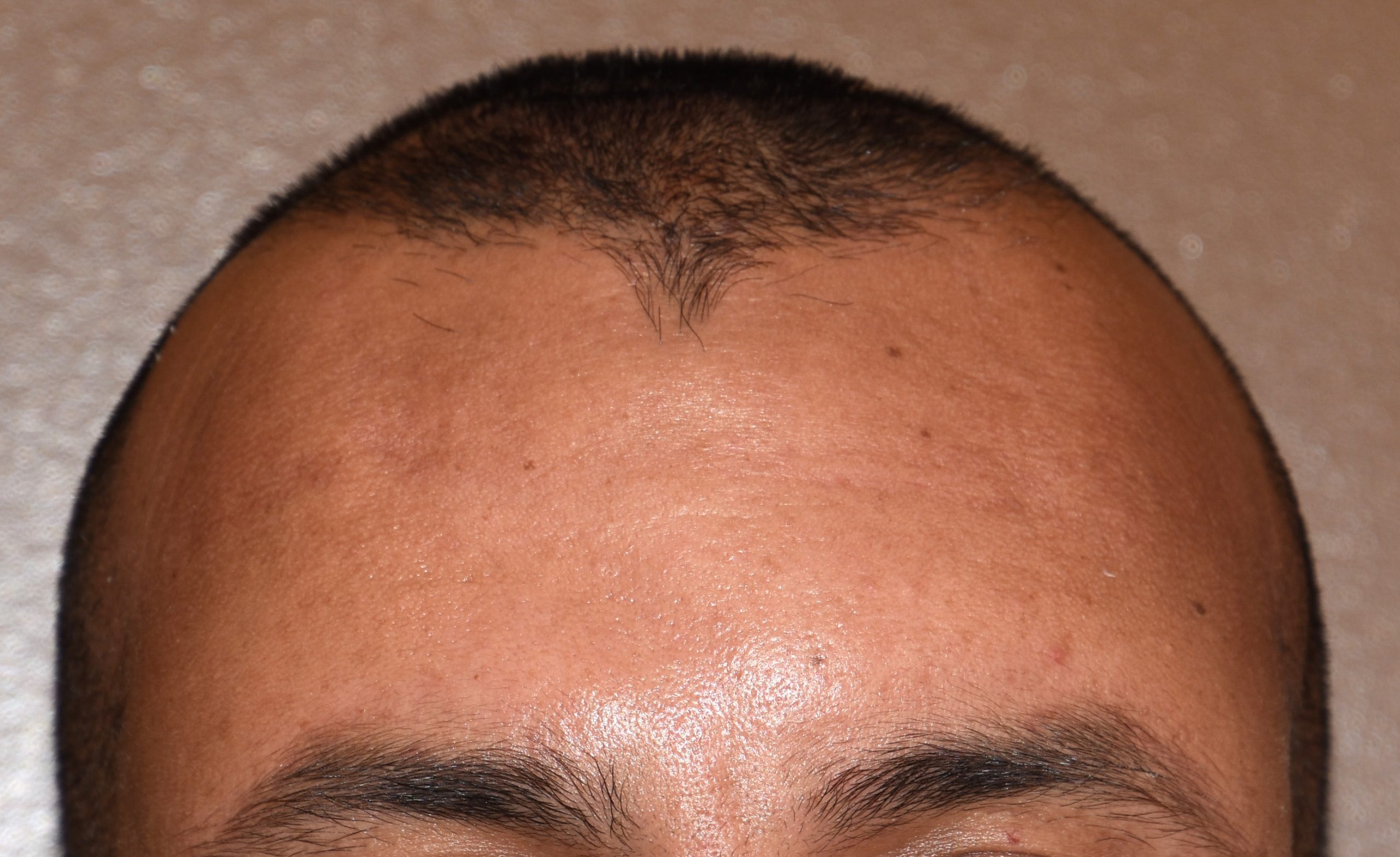
Desire for reduction of skull ridge reduction.
Anterior sagittal skull ridge reduction by bone burring.


Desire for reduction of skull ridge reduction.
Anterior sagittal skull ridge reduction by bone burring.
Patient 28
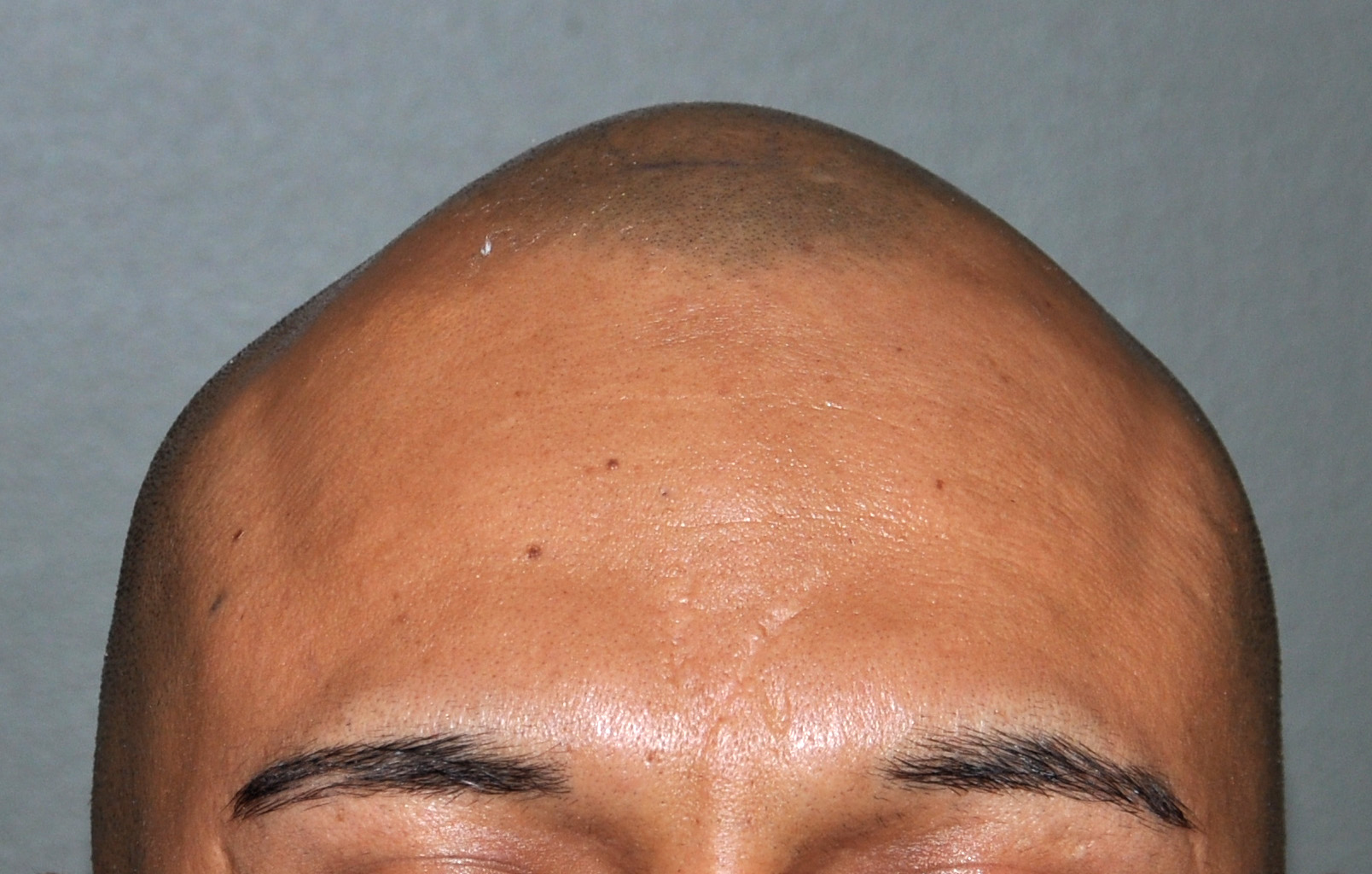
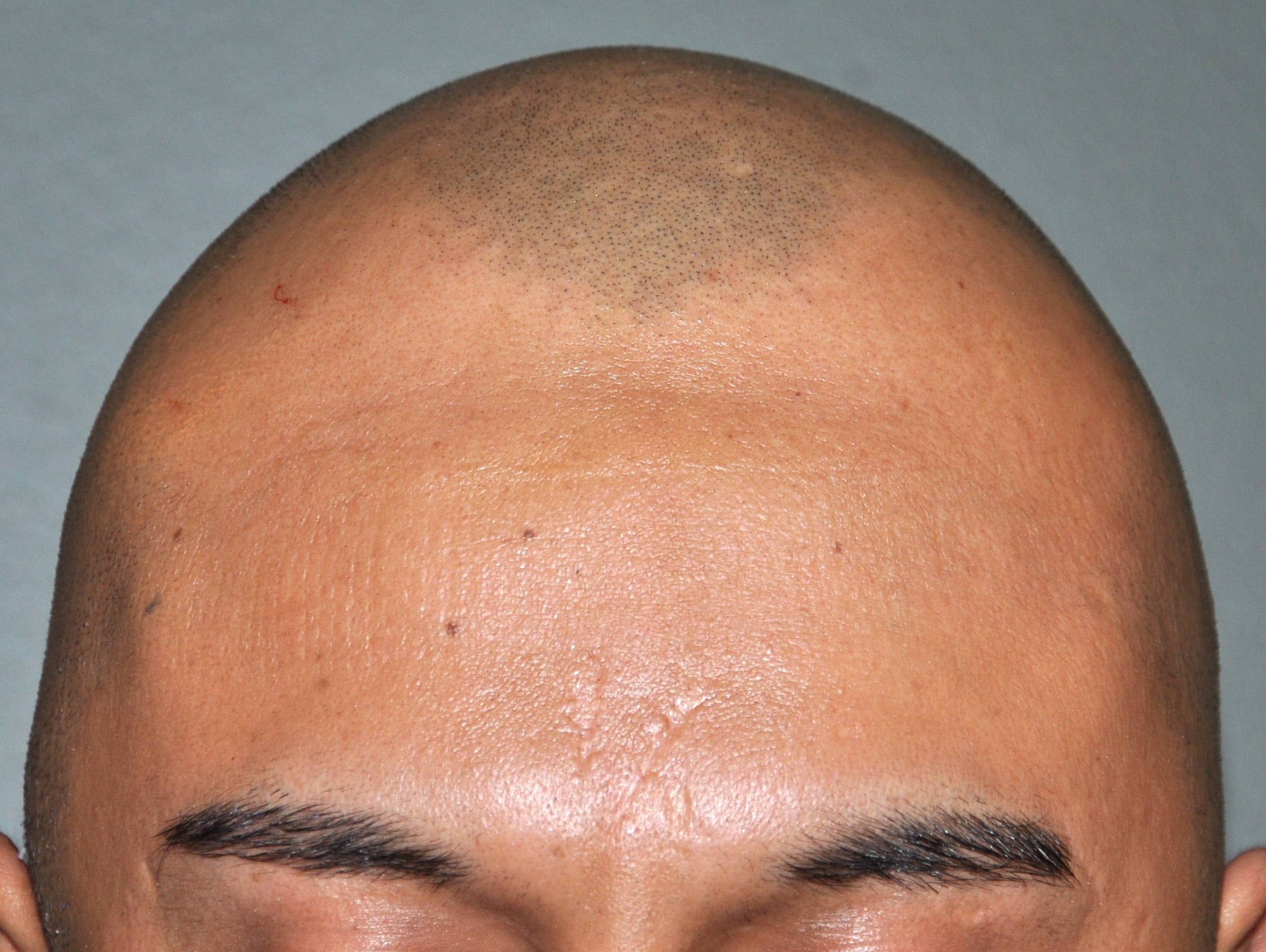
Desire for rounder shape to the top of the head from a congenital parasagittal deficiency skull shape.
Custom skull implant designed to fill in the parasagittal deficiencies.


Desire for rounder shape to the top of the head from a congenital parasagittal deficiency skull shape.
Custom skull implant designed to fill in the parasagittal deficiencies.
Patient 29
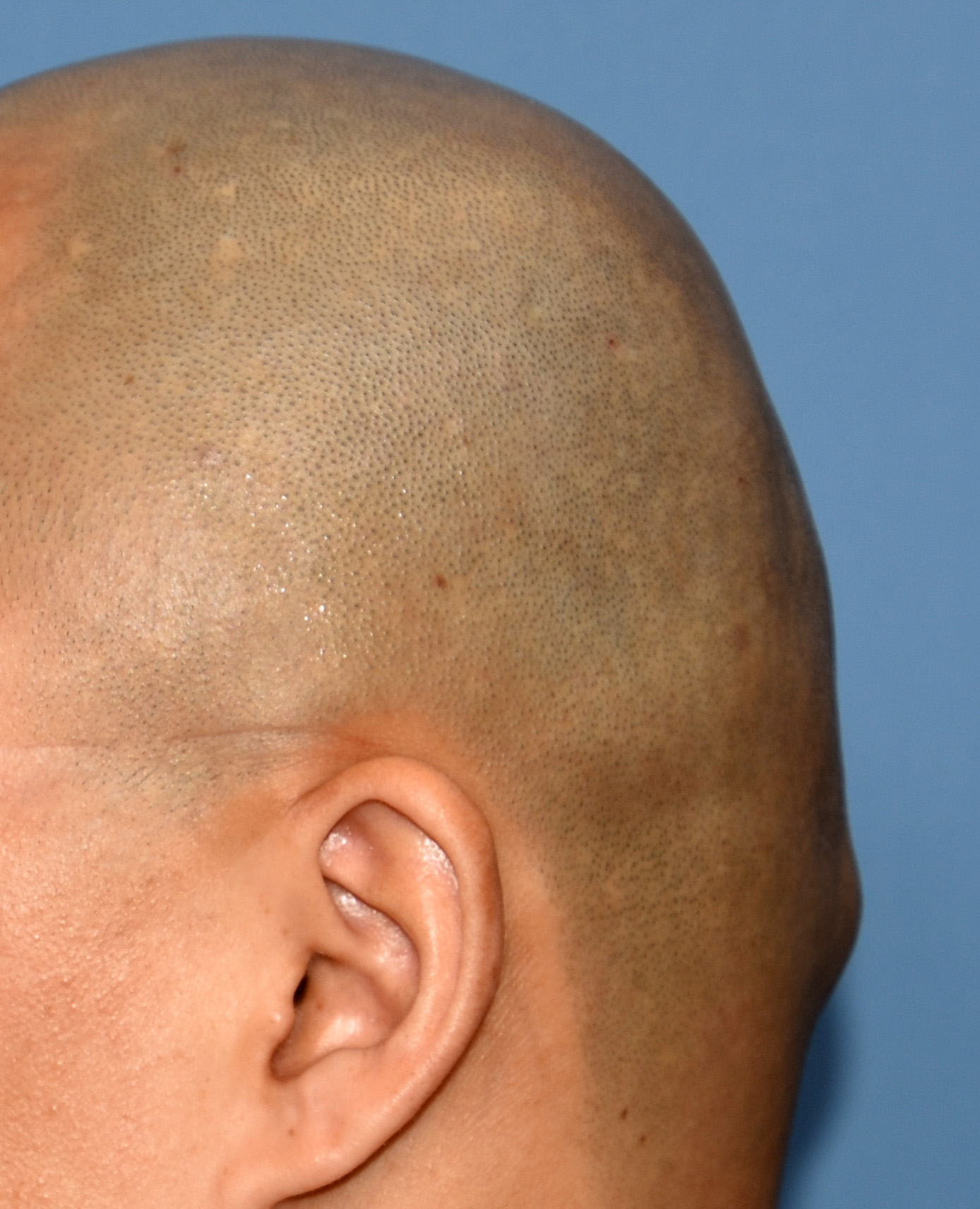
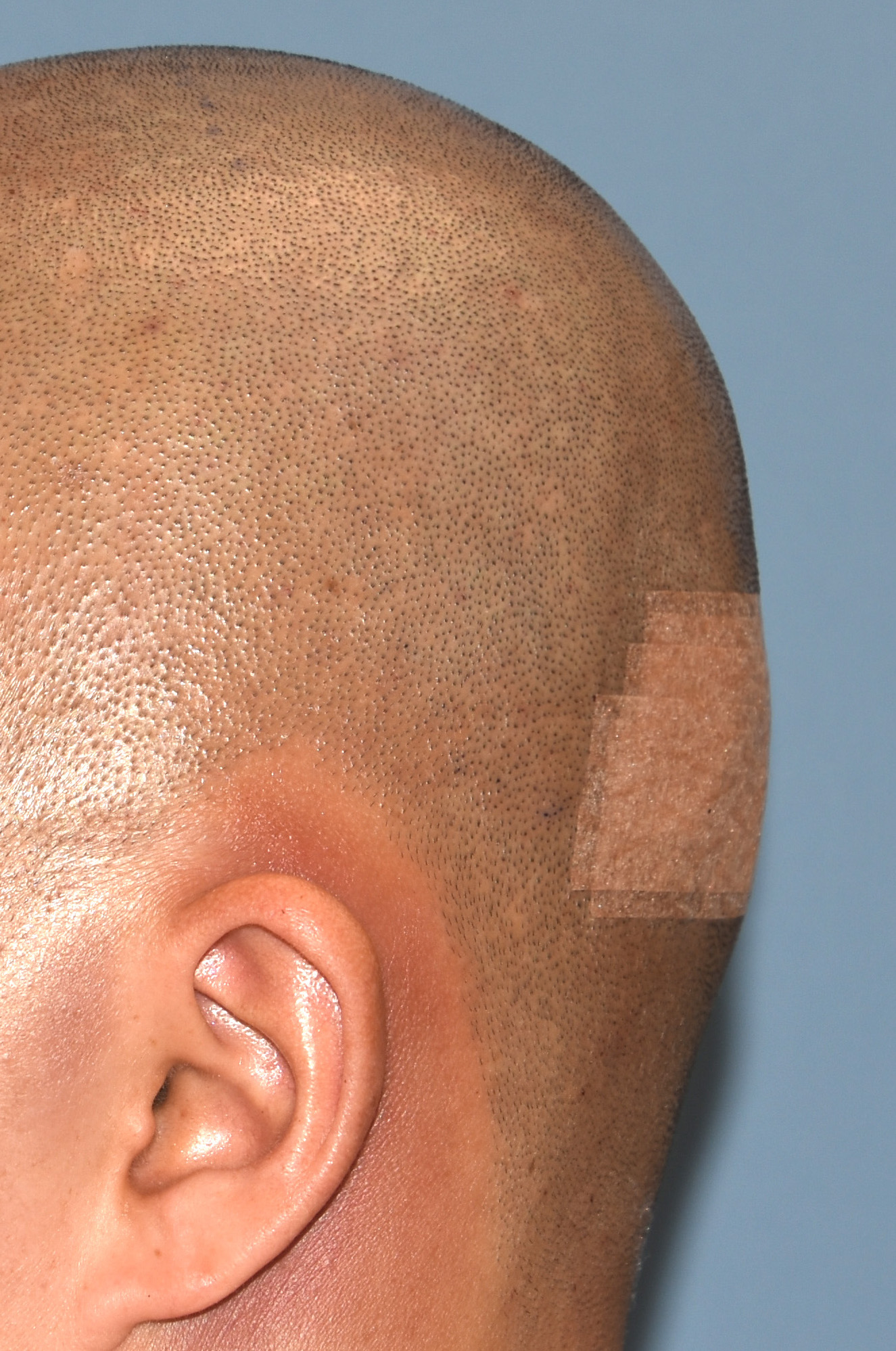
Desire to correct the shape of the back of his head with a prominent occipital knob and flat area above it.
Occipital knob skull reduction combined with placement of custom occipital skull implant. (one day after surgery)


Desire to correct the shape of the back of his head with a prominent occipital knob and flat area above it.
Occipital knob skull reduction combined with placement of custom occipital skull implant. (one day after surgery)
Patient 30
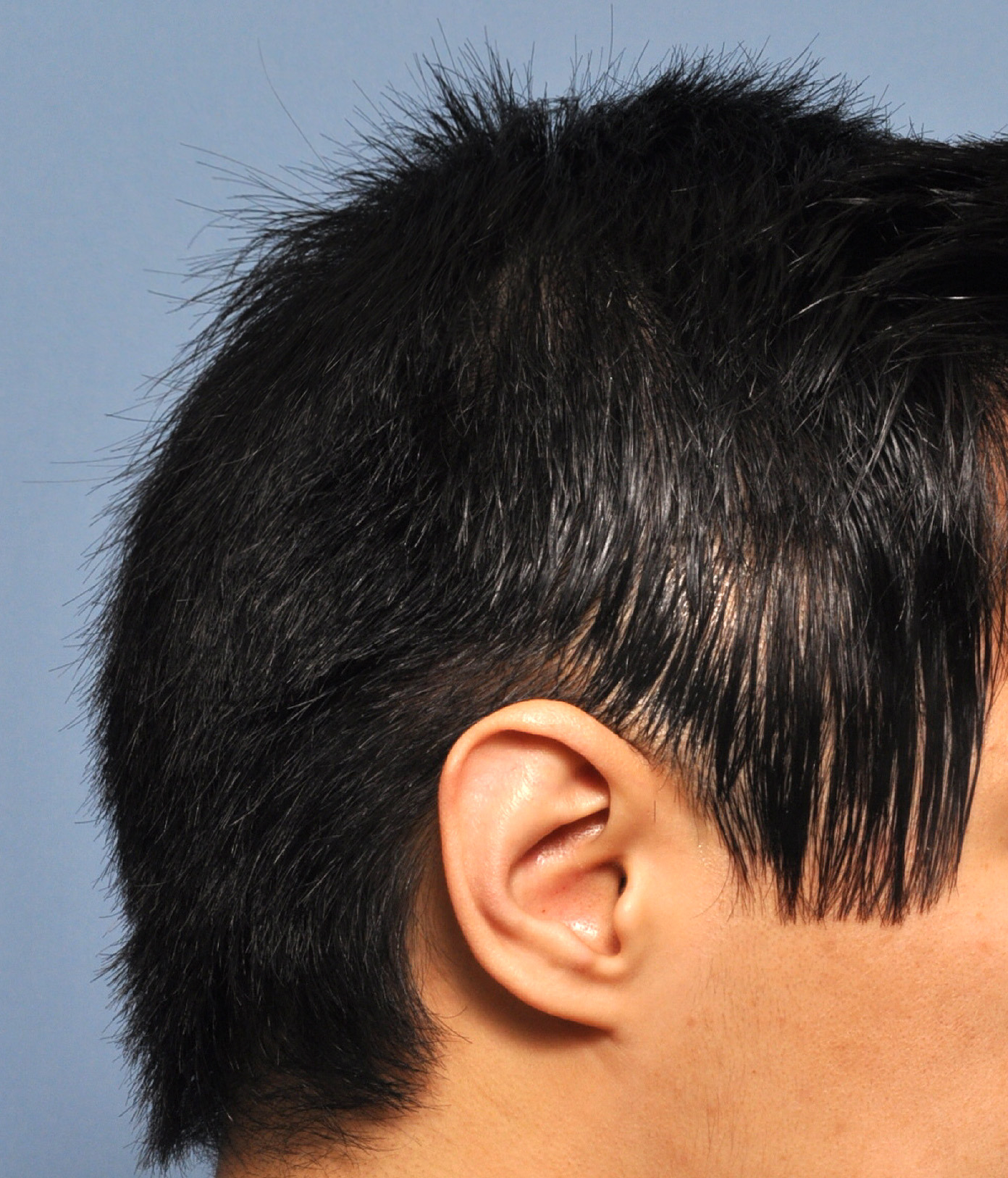
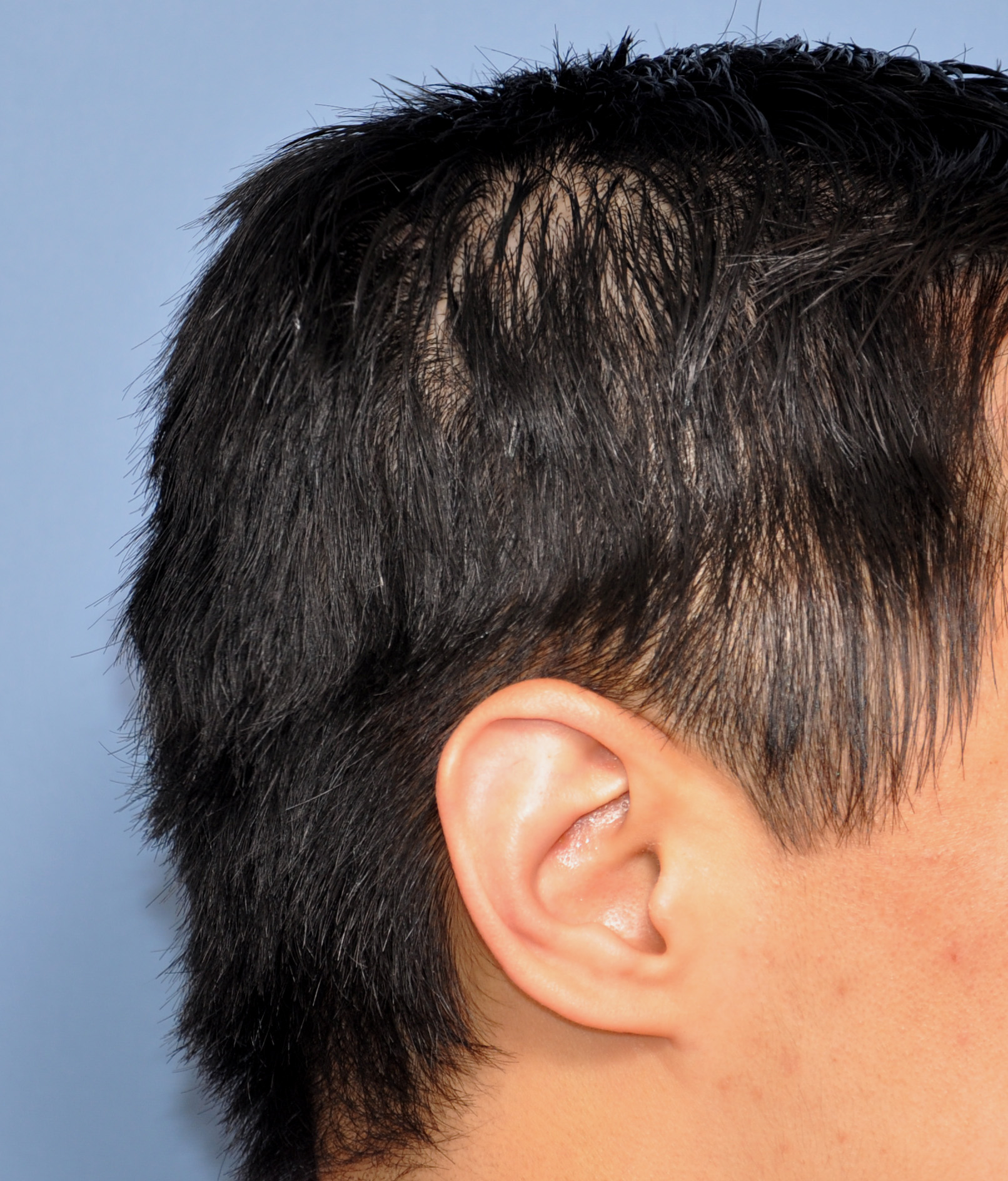
Desire for greater back of the head augmentation.
Occipital augmentation with PMMA bone cement.


Desire for greater back of the head augmentation.
Occipital augmentation with PMMA bone cement.
Patient 31
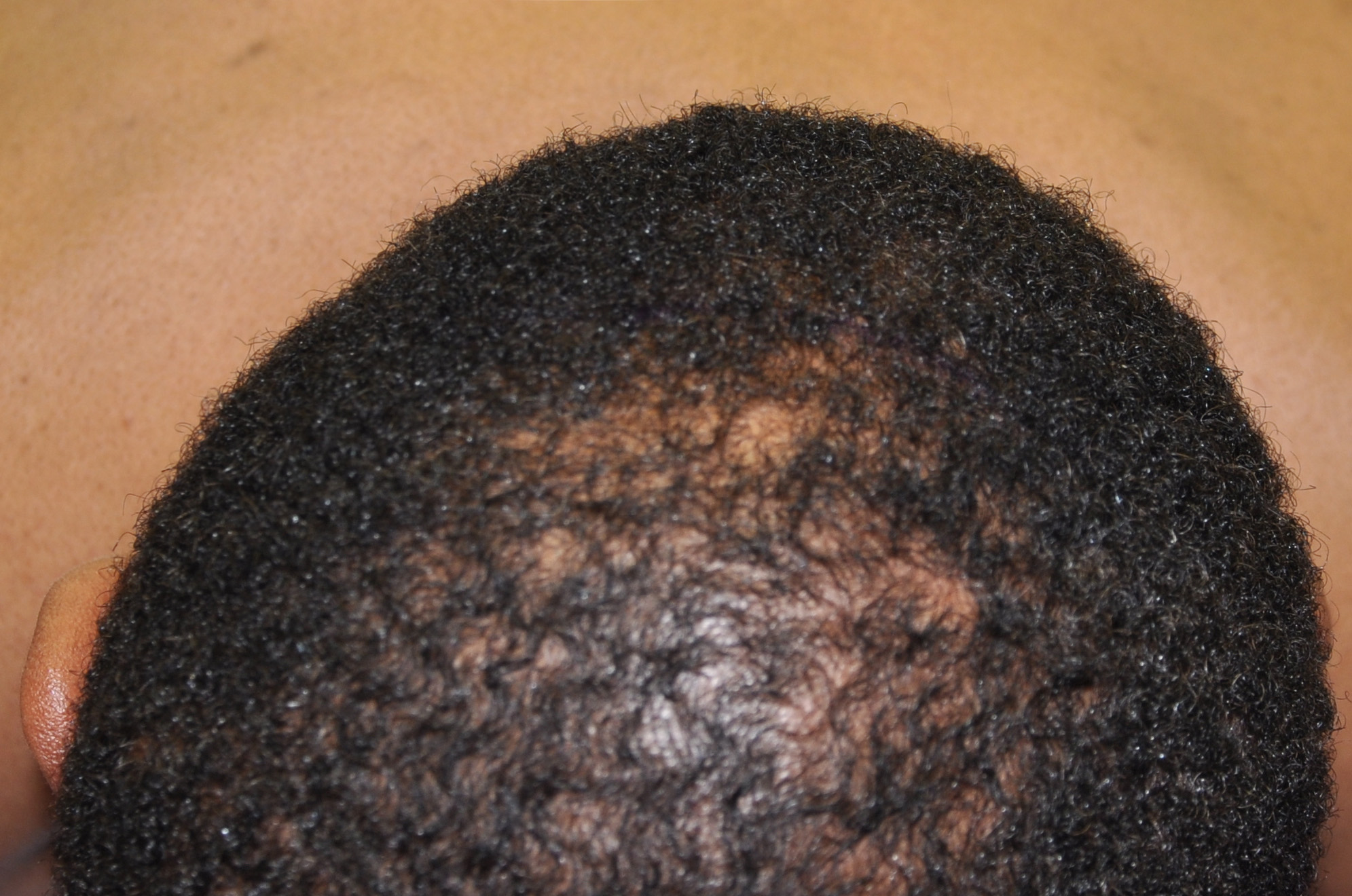
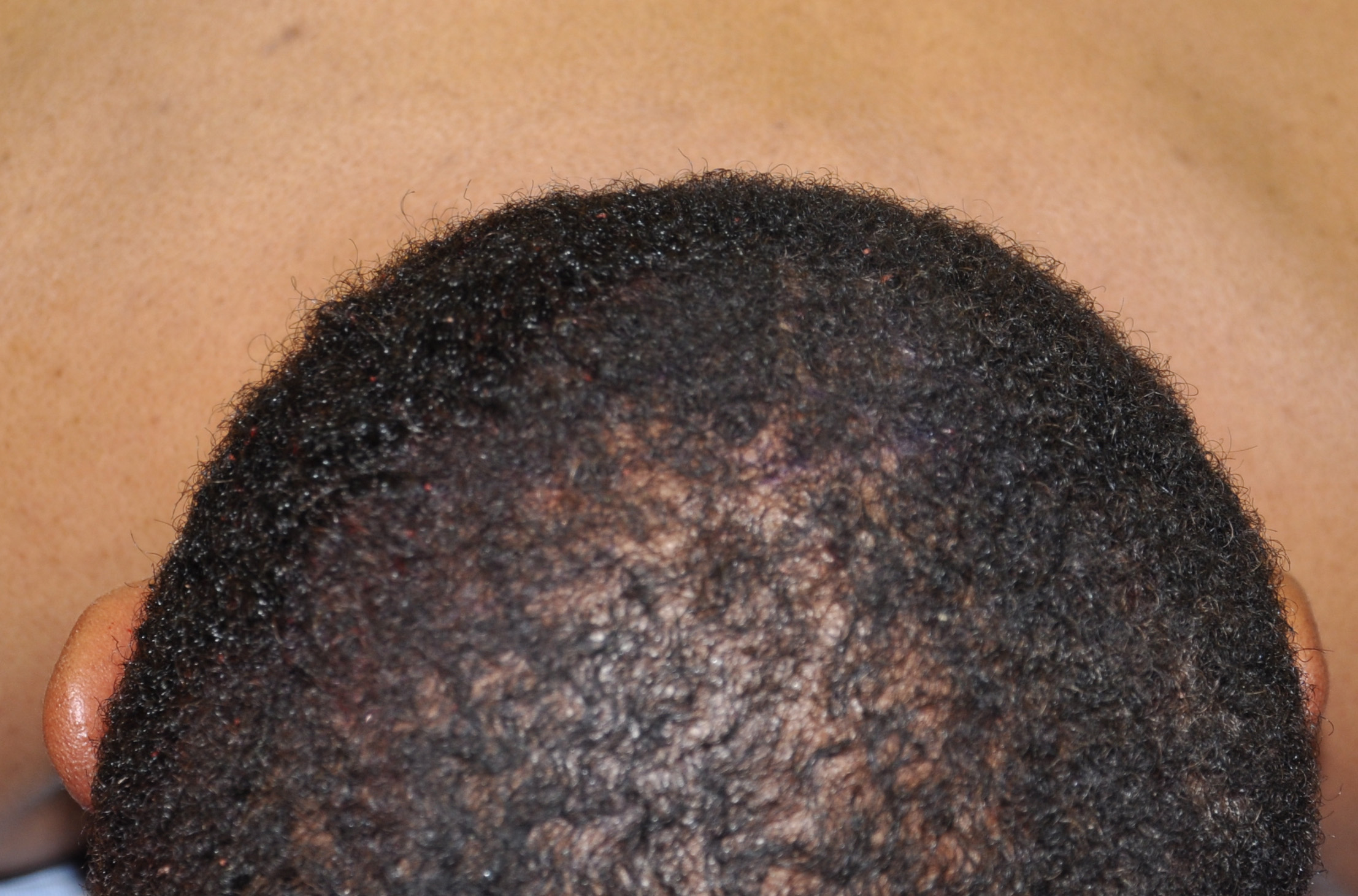
Desire for correction of flat right back of the head. (occipital plagiocephaly)
Right occipital augmentation with PMMA bone cement.


Desire for correction of flat right back of the head. (occipital plagiocephaly)
Right occipital augmentation with PMMA bone cement.
Patient 32
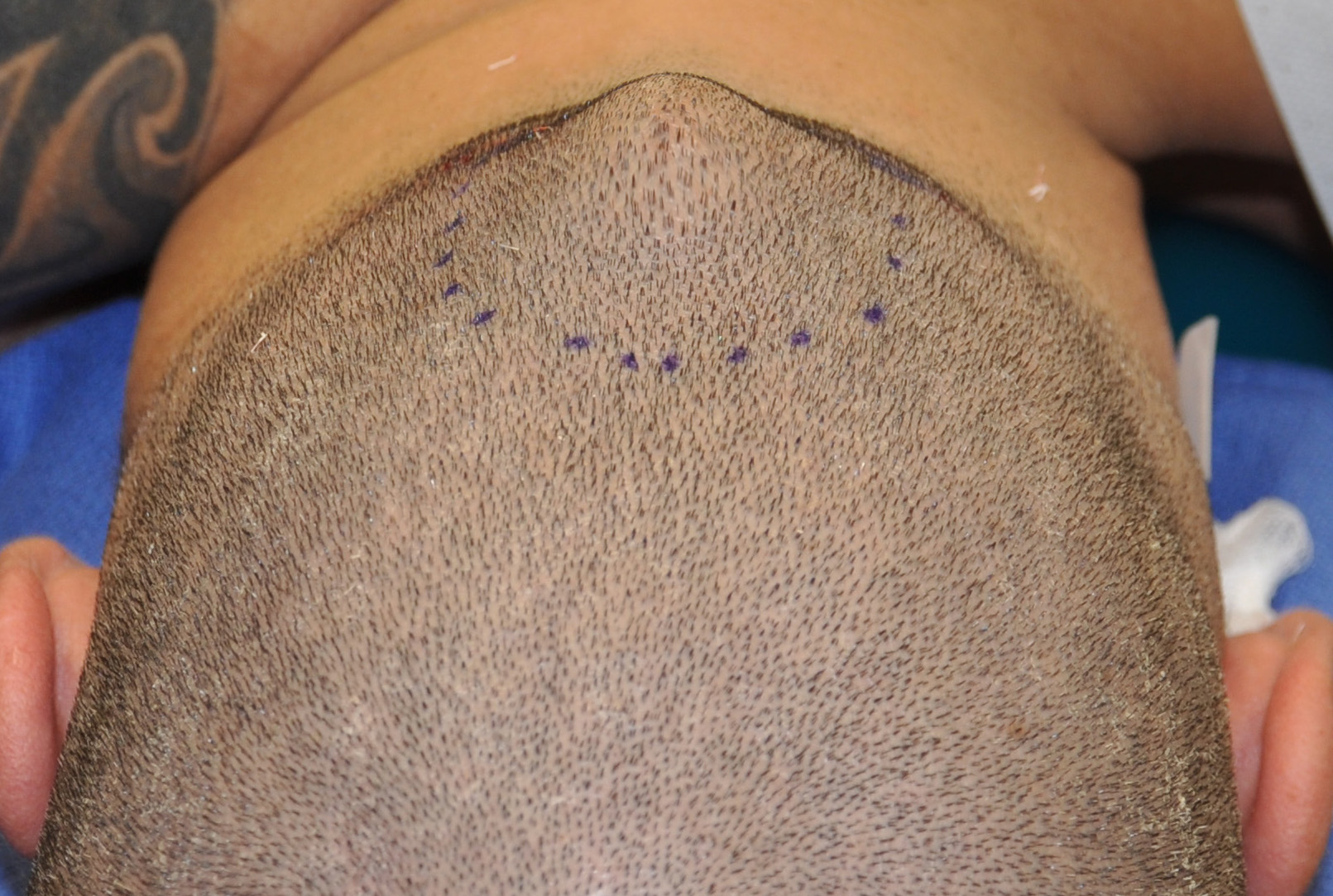
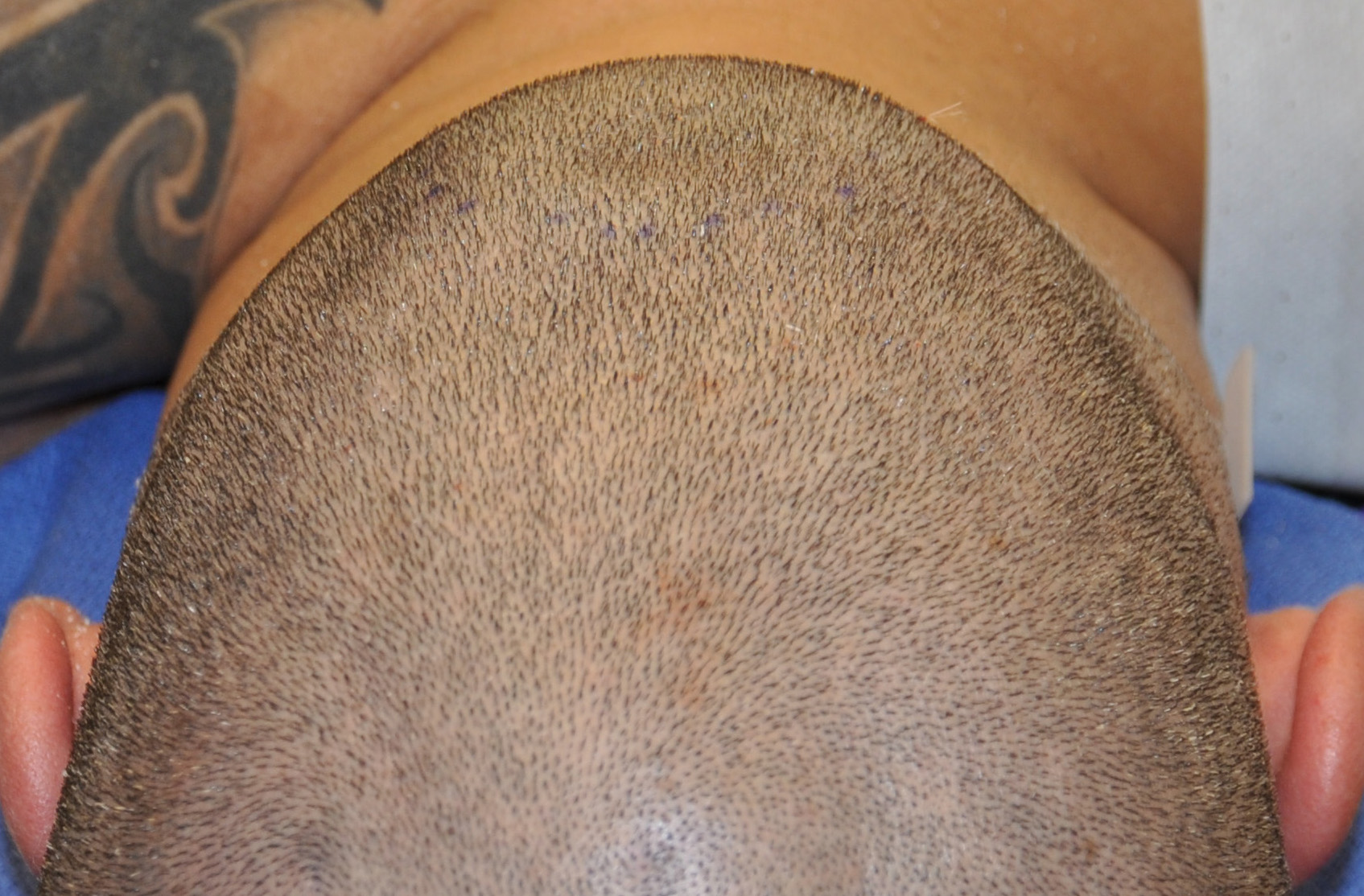
Desire for reduction of prominent occipital knob on back of head.
Occipital knob skull reduction by burring.


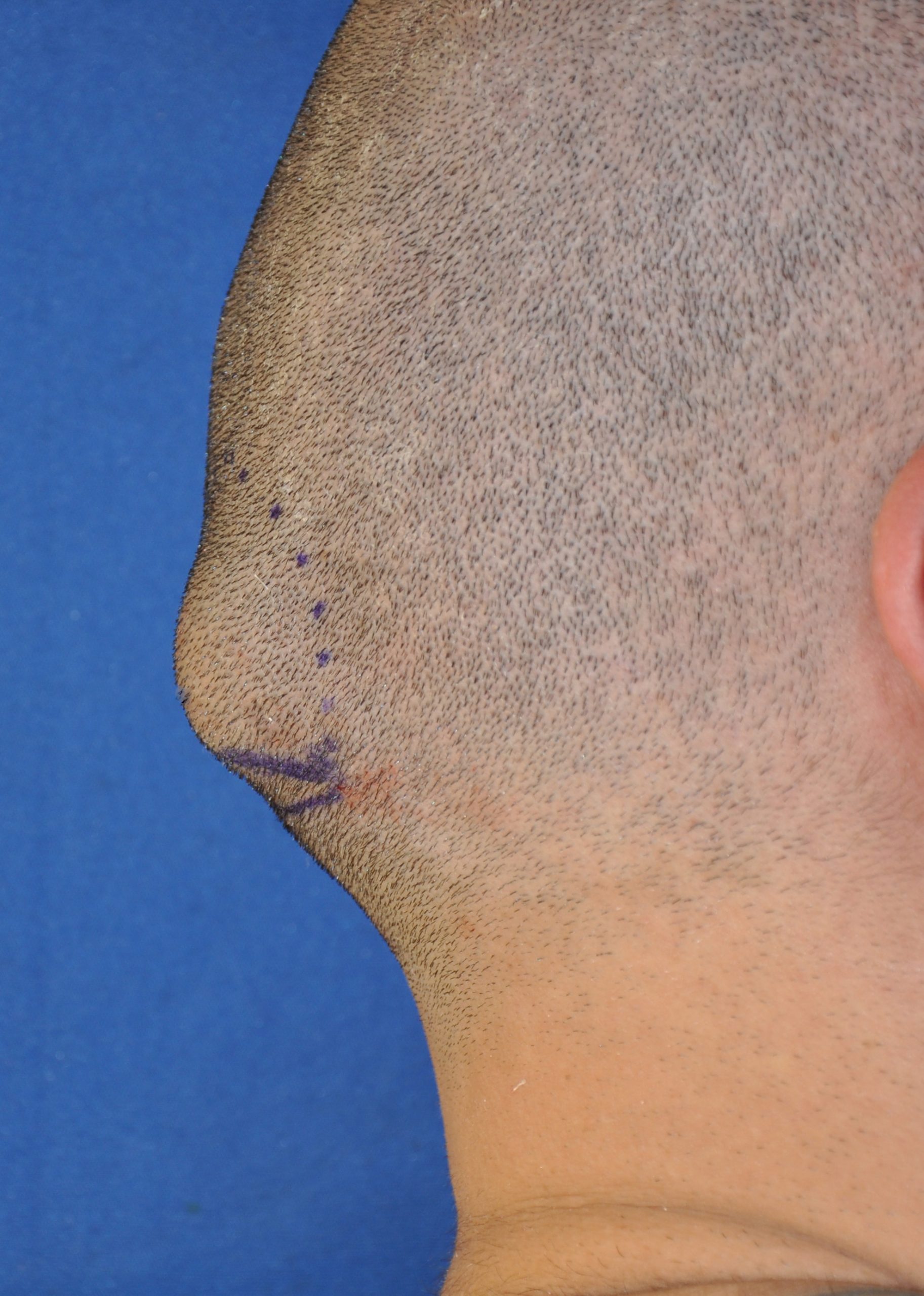
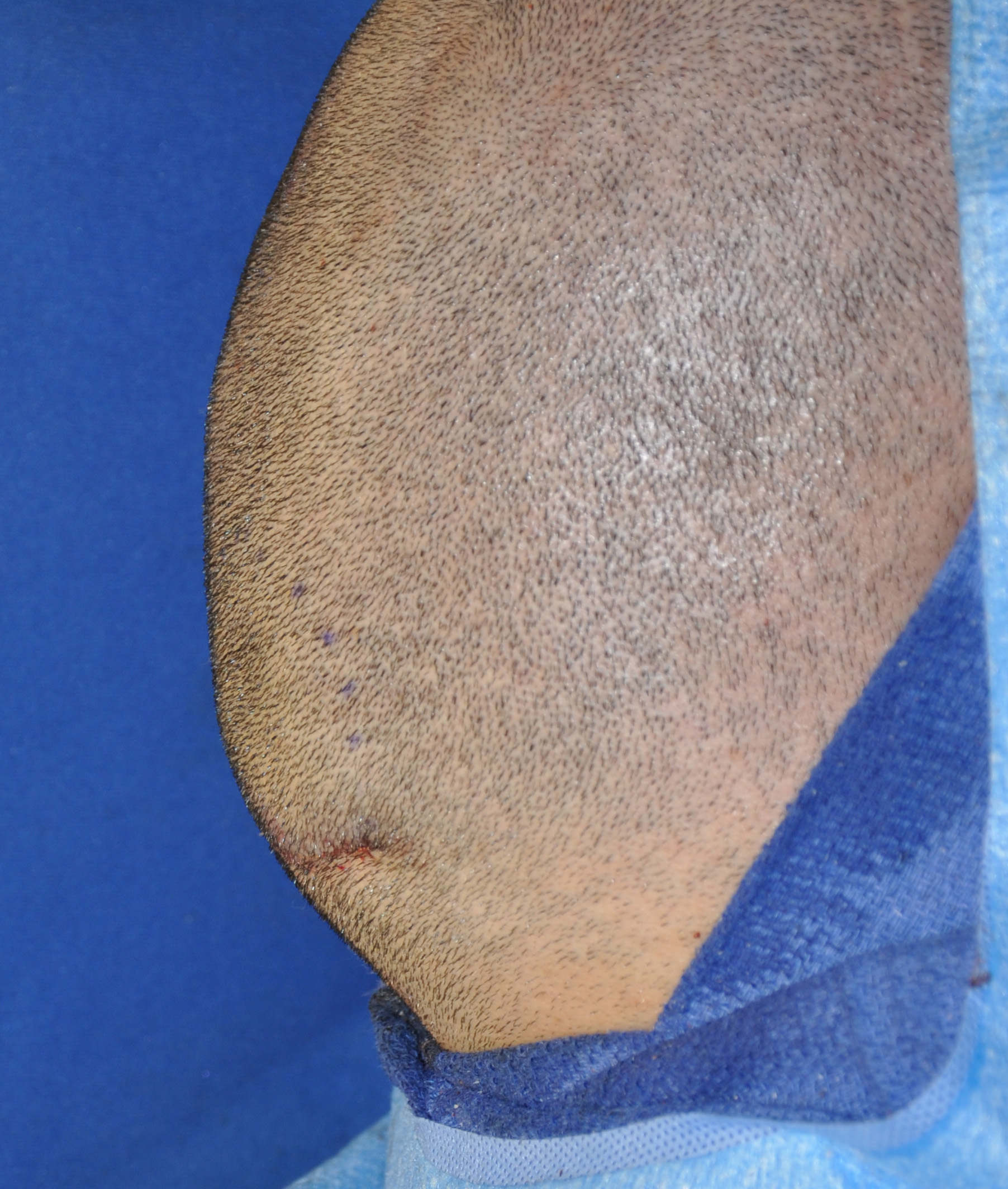
Desire for reduction of prominent occipital knob on back of head.
Occipital knob skull reduction by burring.
Patient 33
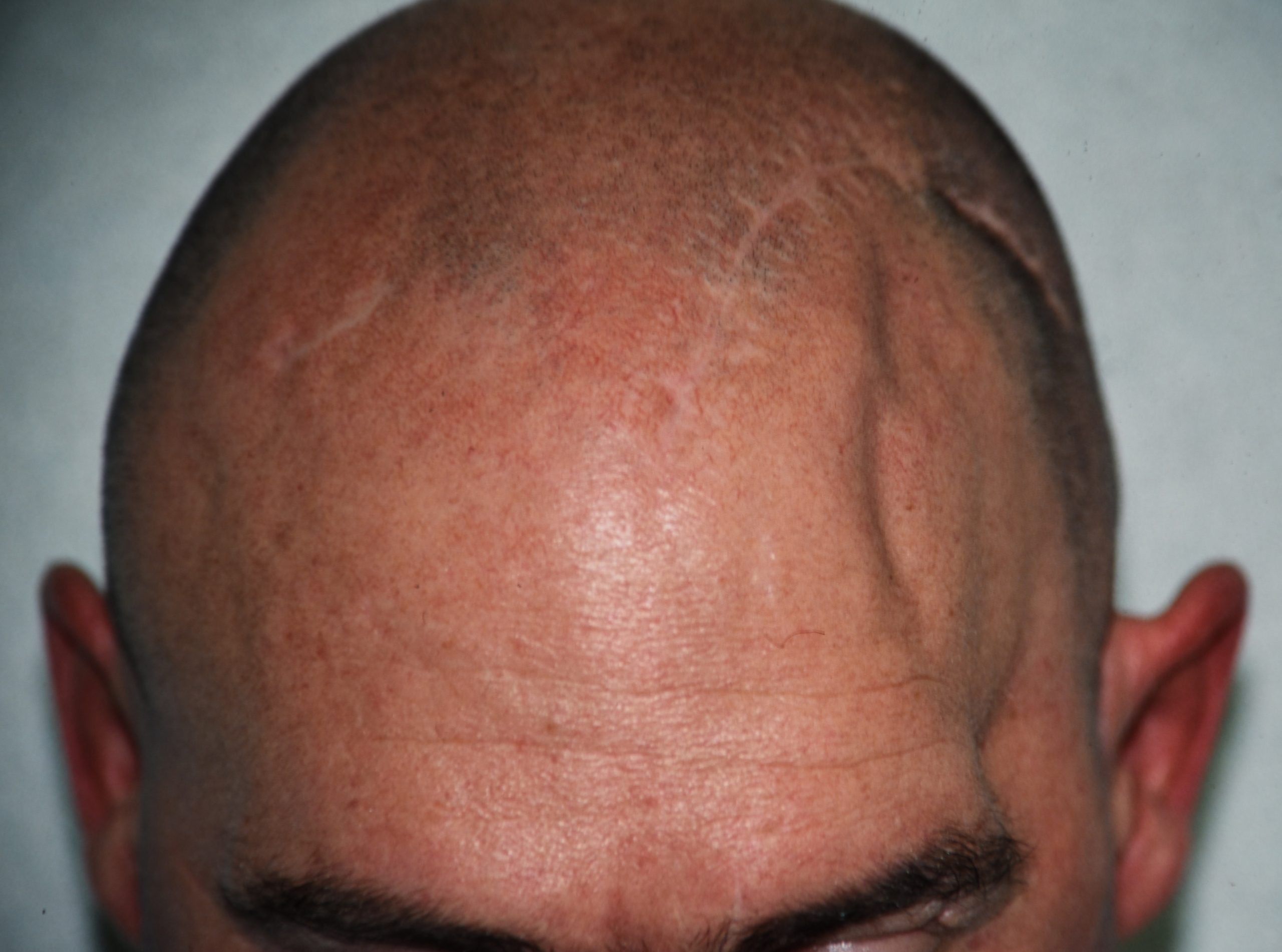

Left temporal skull defect from prior craniotomy.
Left temporal skull reconstruction with titanium mesh and hydroxyapatite cement.


Left temporal skull defect from prior craniotomy.
Left temporal skull reconstruction with titanium mesh and hydroxyapatite cement.
Patient 34
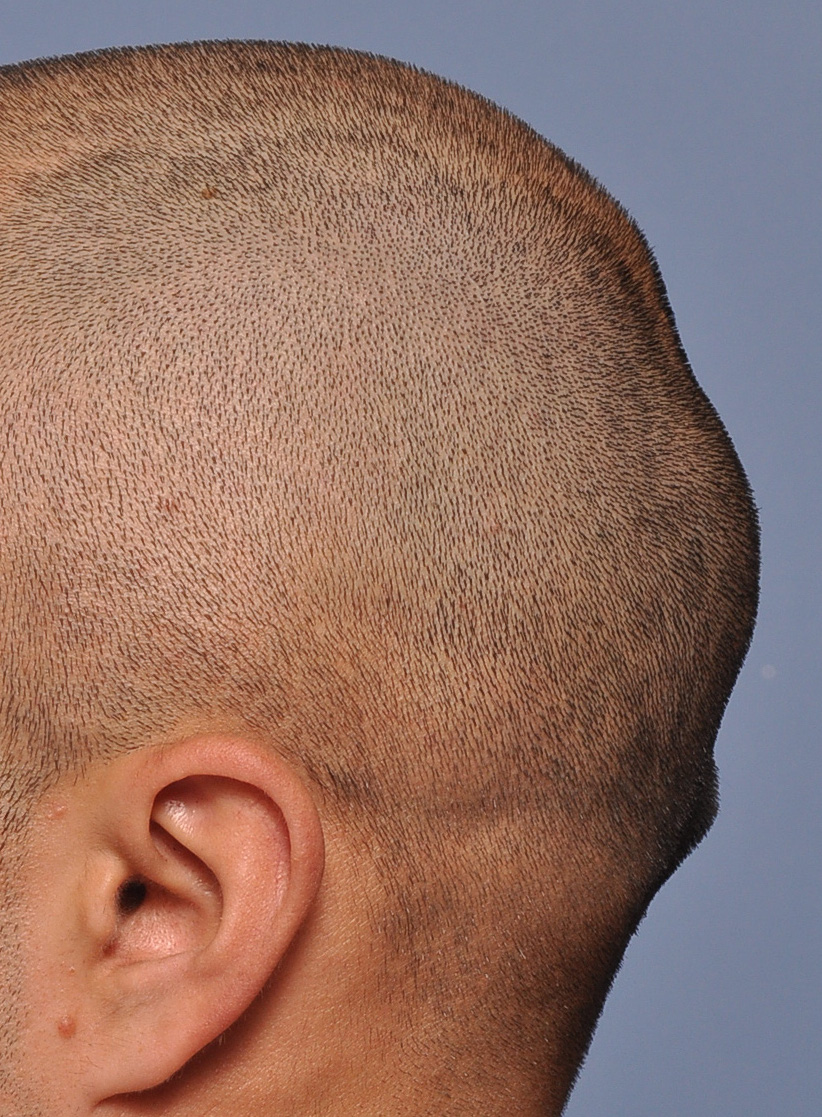
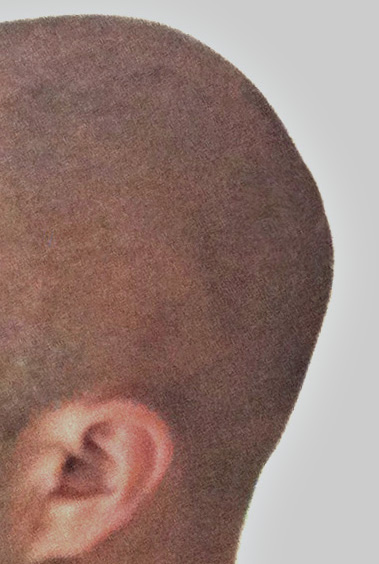
Congenital back of the head irregularities.
Back of head (occipital) skull reshaping by a combination of burring high spots and adding hydroxyapatite cement.


Congenital back of the head irregularities.
Back of head (occipital) skull reshaping by a combination of burring high spots and adding hydroxyapatite cement.
Patient 35
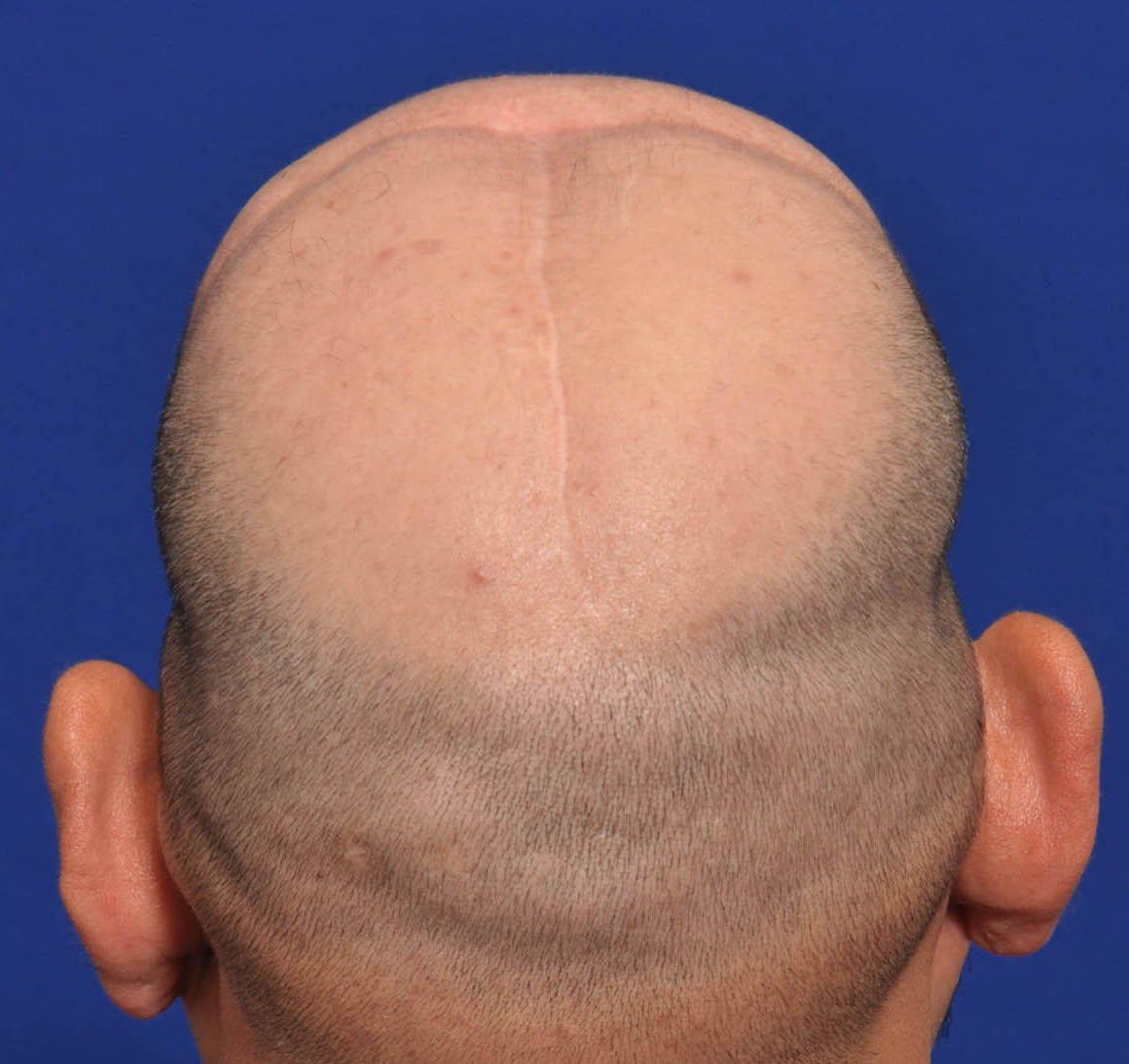
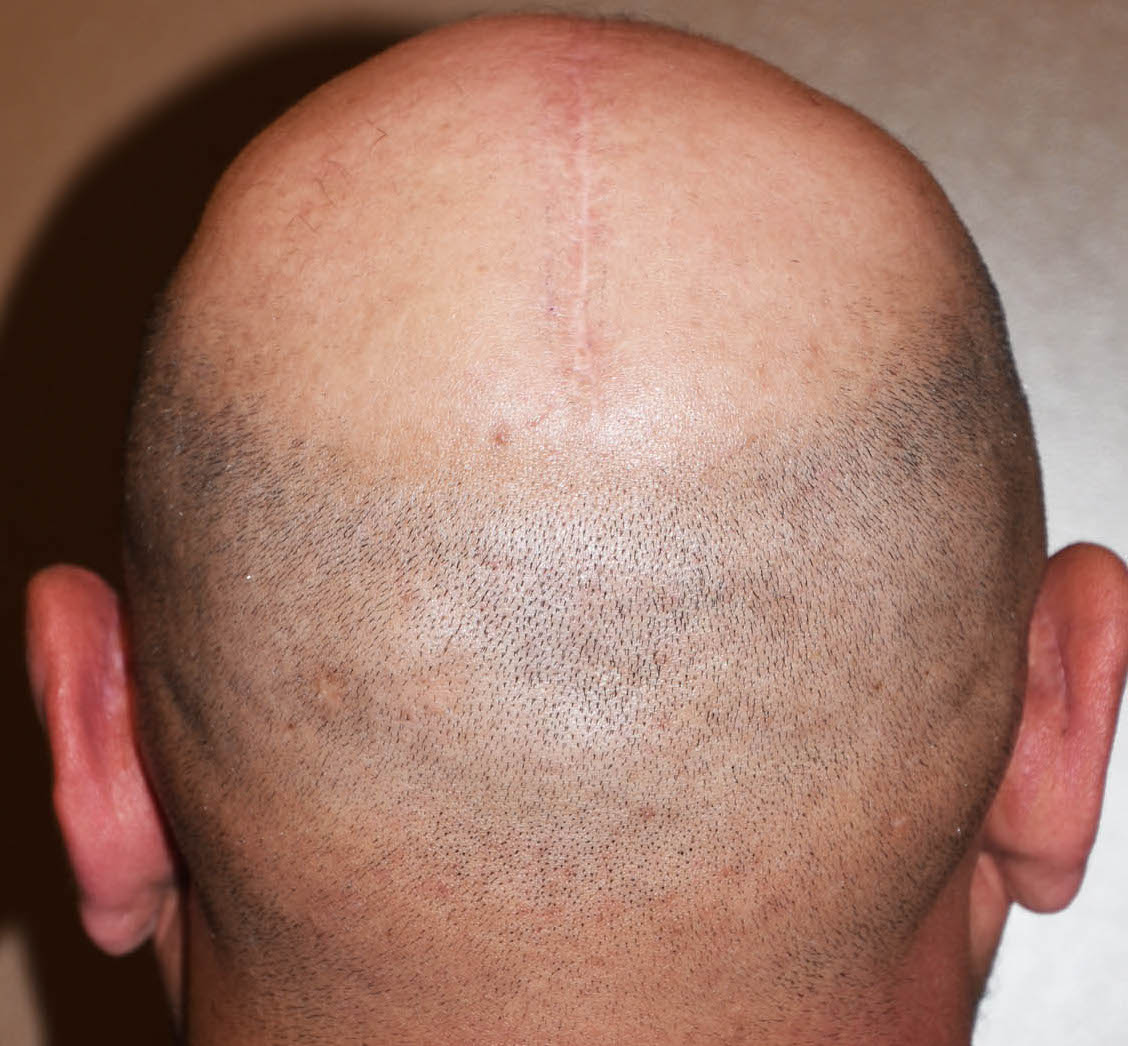
Severe narrowing skull deformity from prior sagittal craniosynostosis repair as an adult.
Complete replacement of entire skull by a custom implant with temporal fat injections.


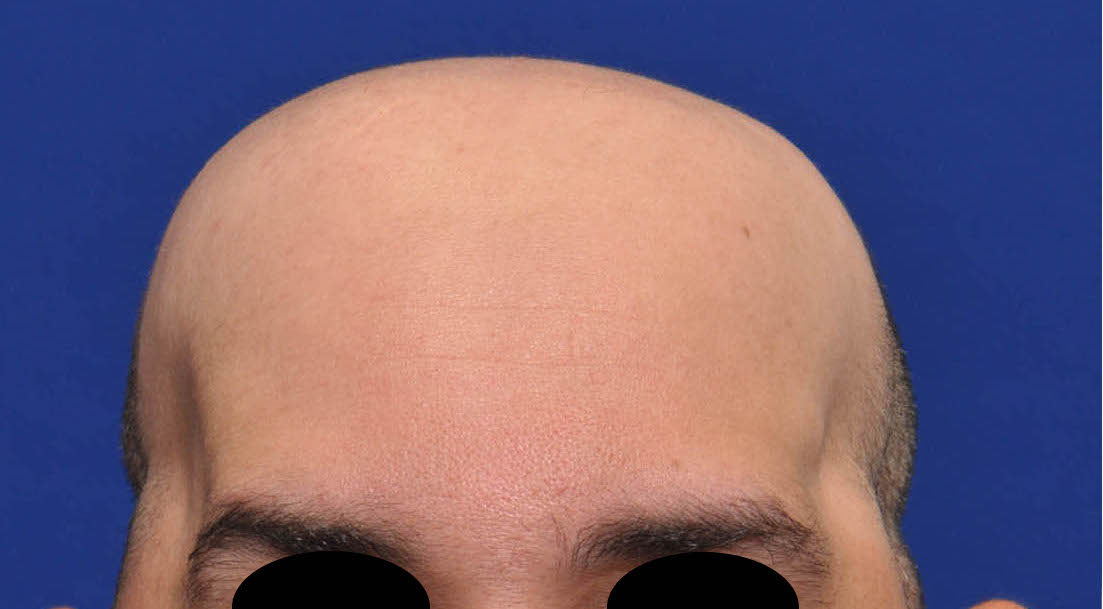
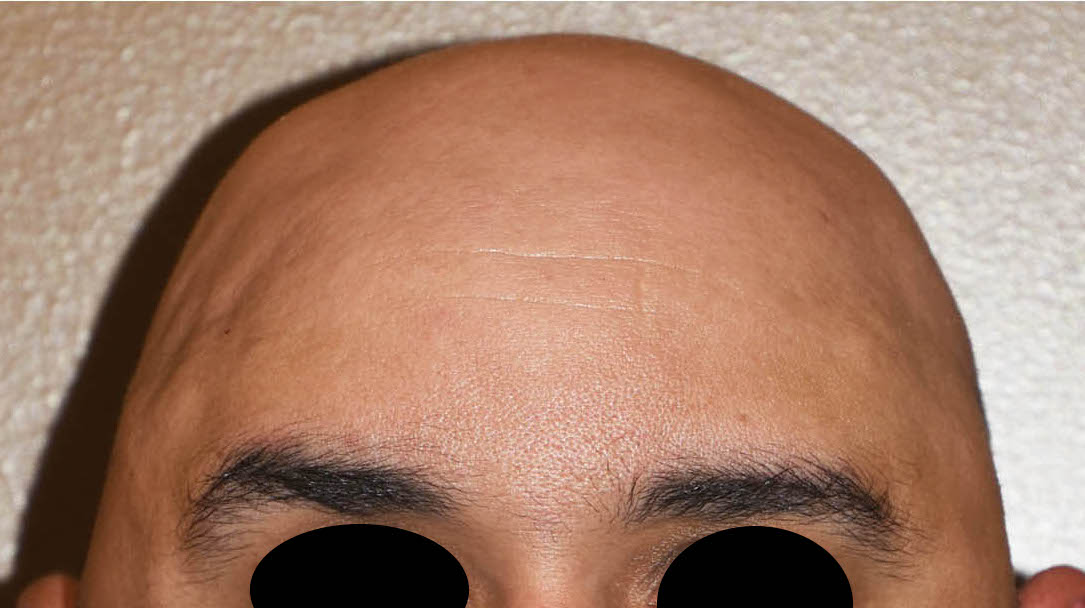
Severe narrowing skull deformity from prior sagittal craniosynostosis repair as an adult.
Complete replacement of entire skull by a custom implant with temporal fat injections.
Patient 36
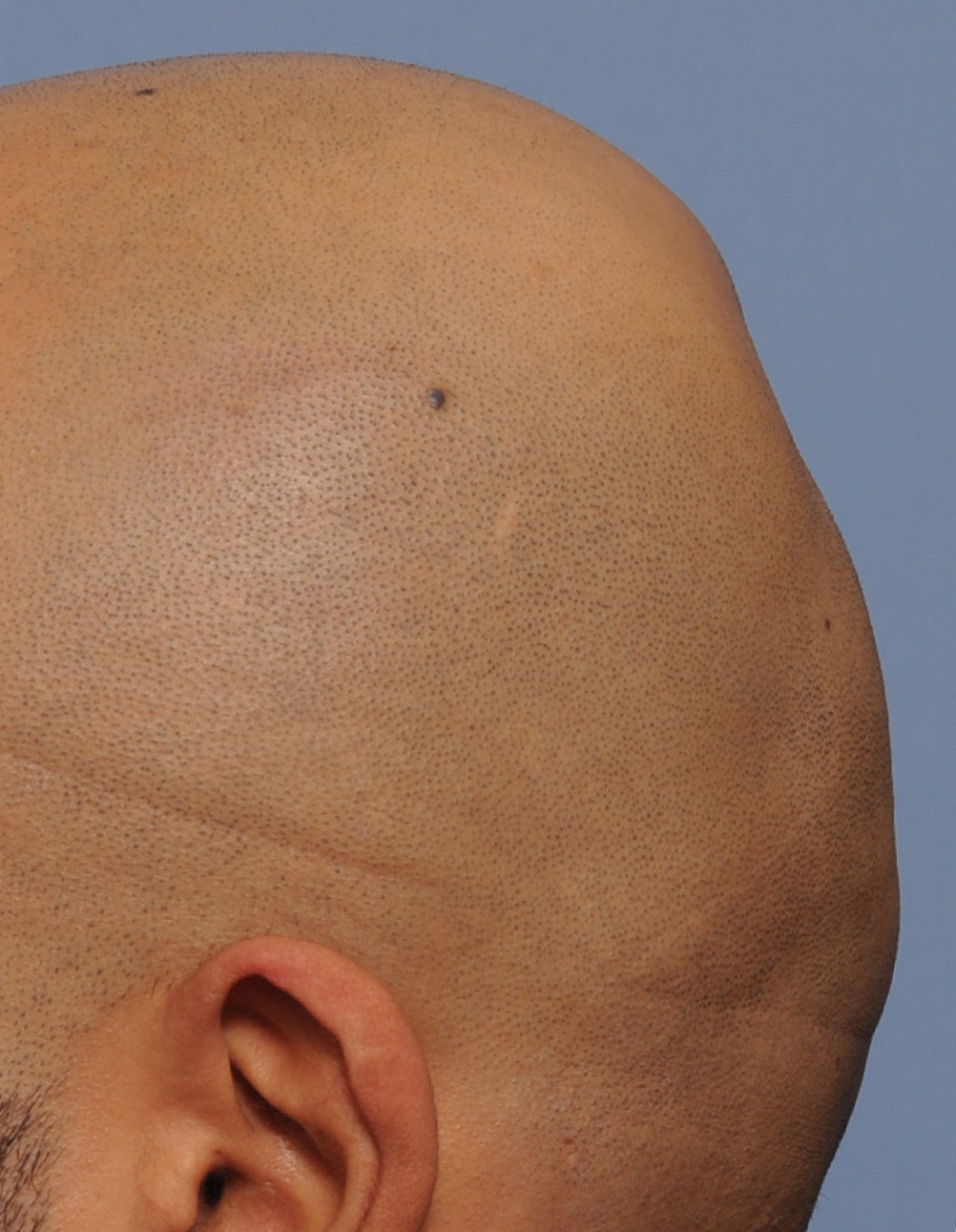
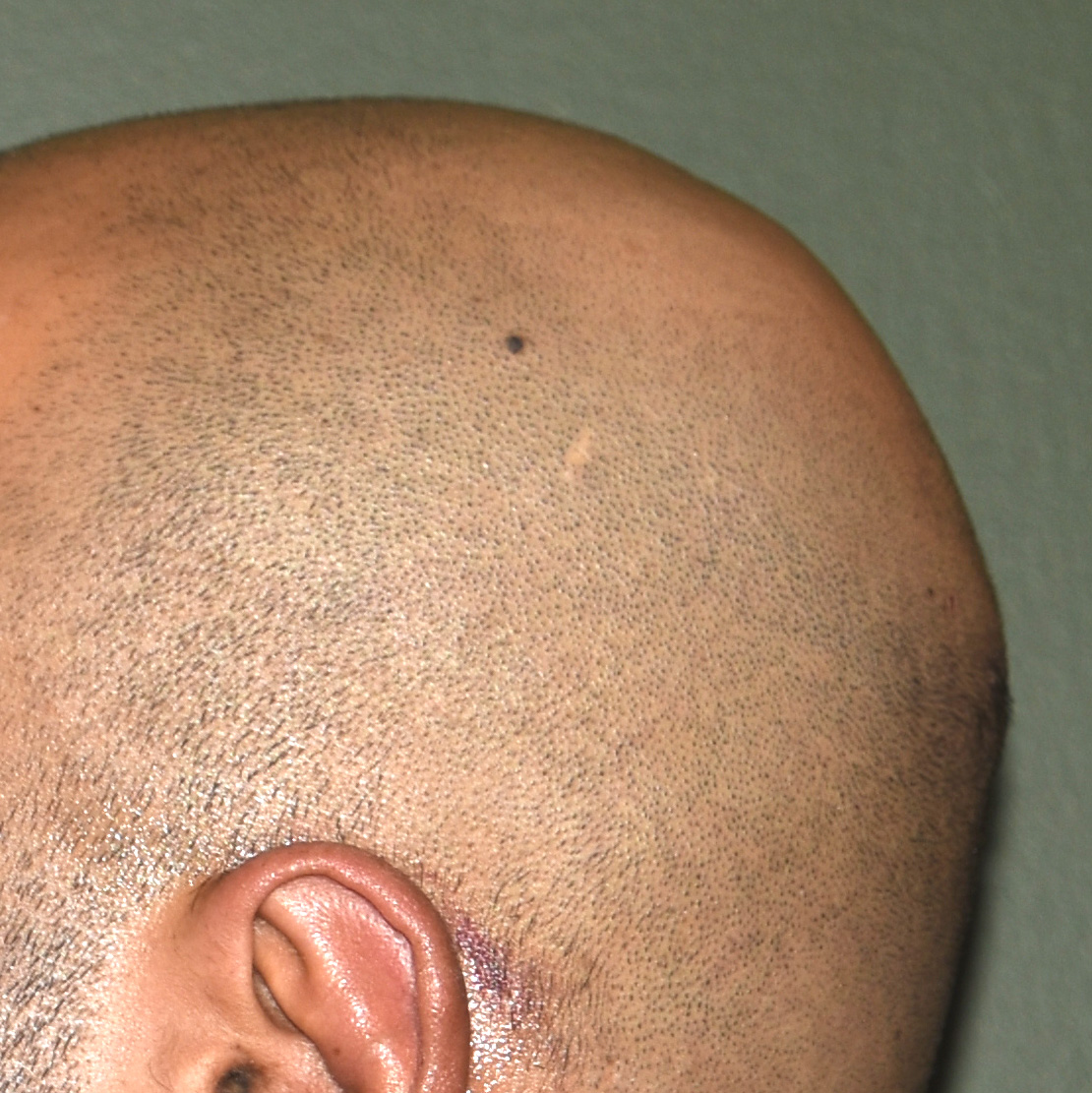
Desire for more normal shape of the back of the head.
Upper occipital augmentation using PMMA bone cement.


Desire for more normal shape of the back of the head.
Upper occipital augmentation using PMMA bone cement.
Patient 37
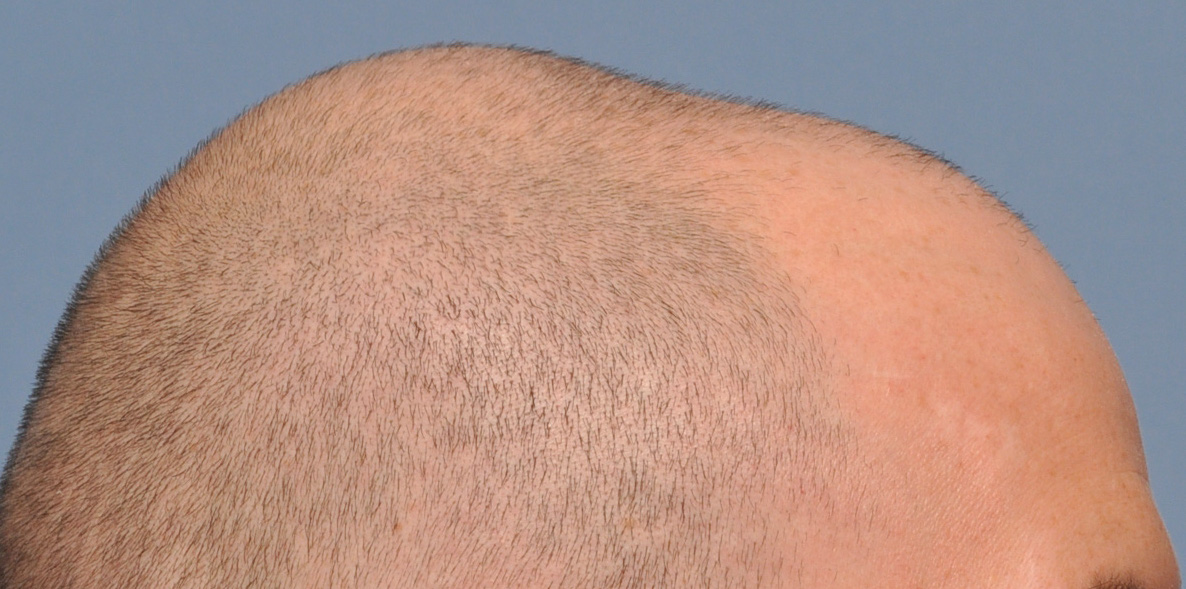
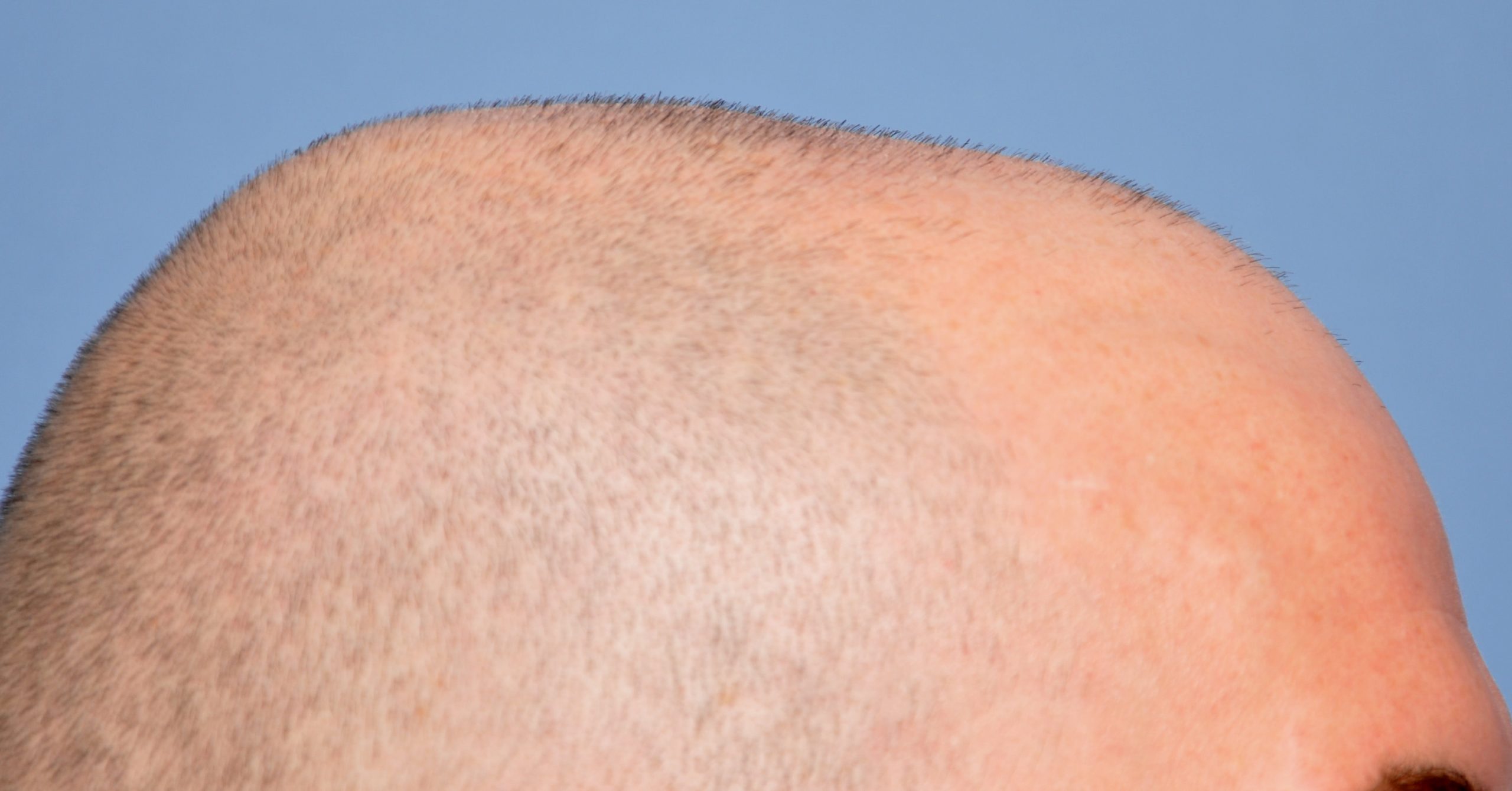
Desire for reduction of midline ridge on top of skull.
Reduction of posterior sagittal ridge through a 3cm scalp incision.


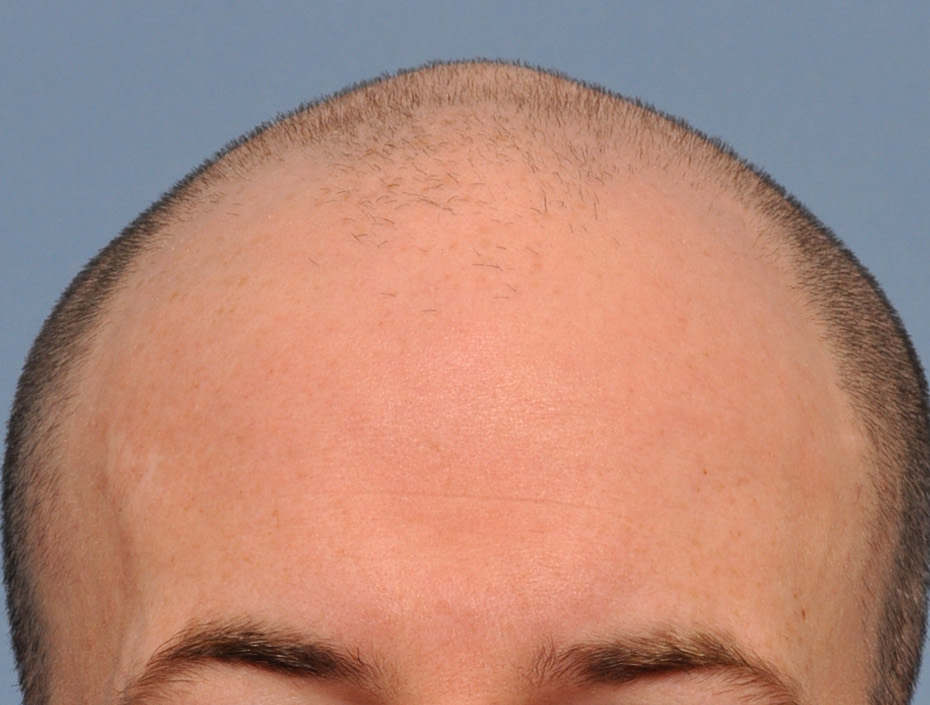
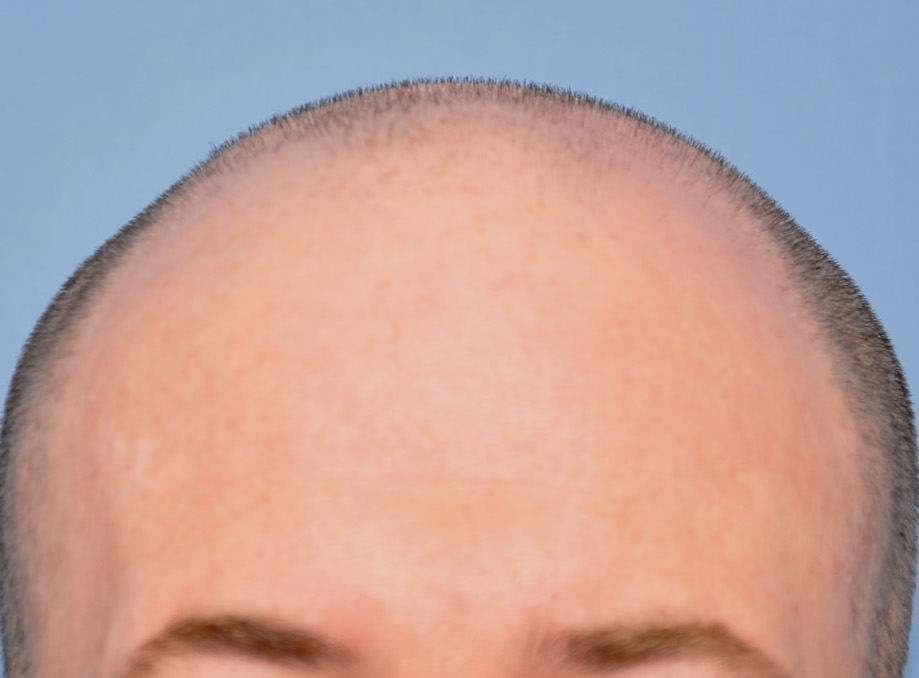
Desire for reduction of midline ridge on top of skull.
Reduction of posterior sagittal ridge through a 3cm scalp incision.
Patient 38
Plagiocephaly head shape with right occipital flattening.
Right occipital augmentation with PMMA bone cement for plagiocephaly correction.
Patient 39
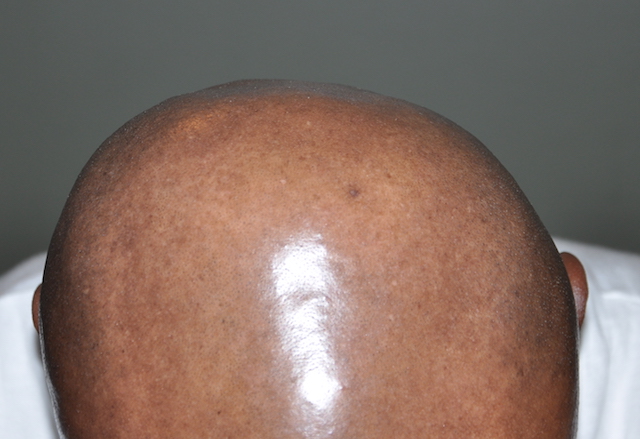
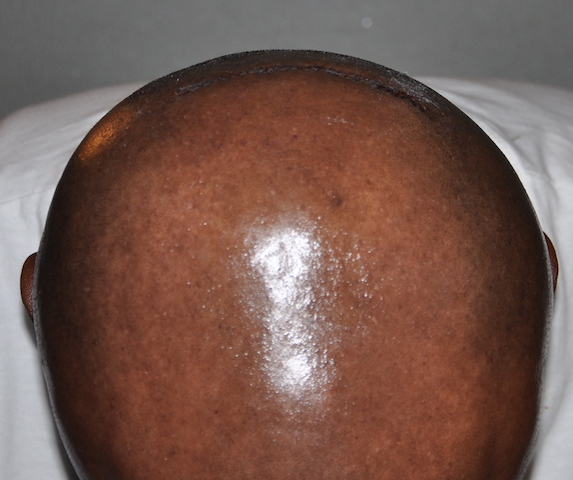
Desire for correction of flat side of back of head.
PMMA bone cement augmentation off flat side of back of head.


Desire for correction of flat side of back of head.
PMMA bone cement augmentation off flat side of back of head.
Patient 40
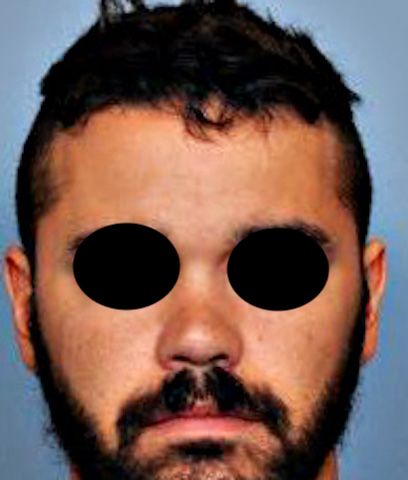
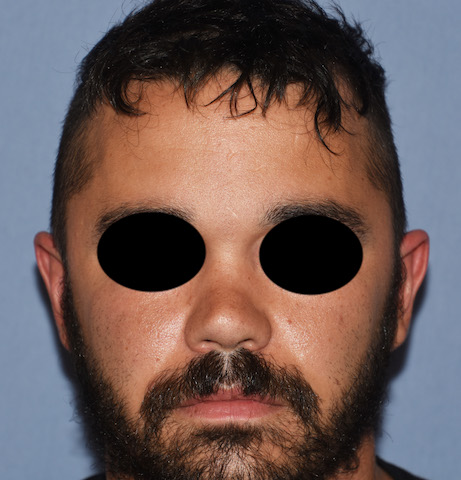
Desire for less width/convexity on the sides of his head.
Bilateral head width reduction by posterior temporal muscle removal.


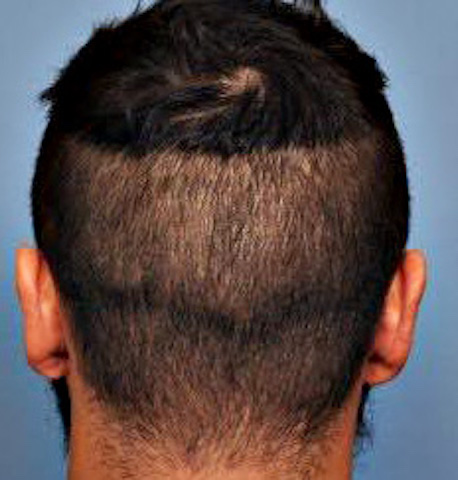
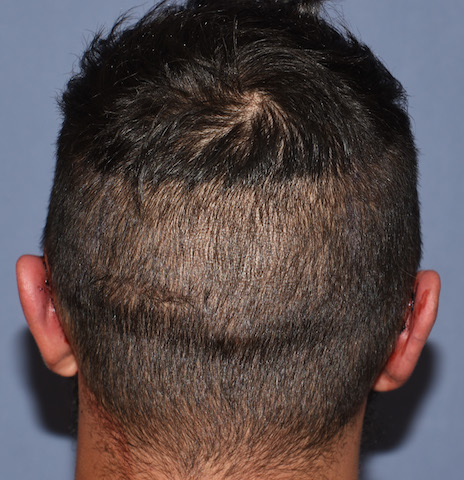
Desire for less width/convexity on the sides of his head.
Bilateral head width reduction by posterior temporal muscle removal.
Patient 41
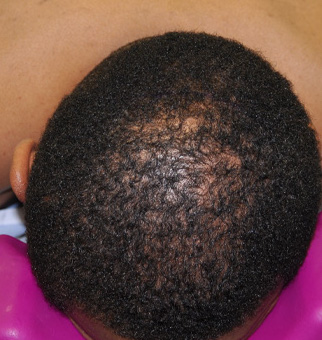
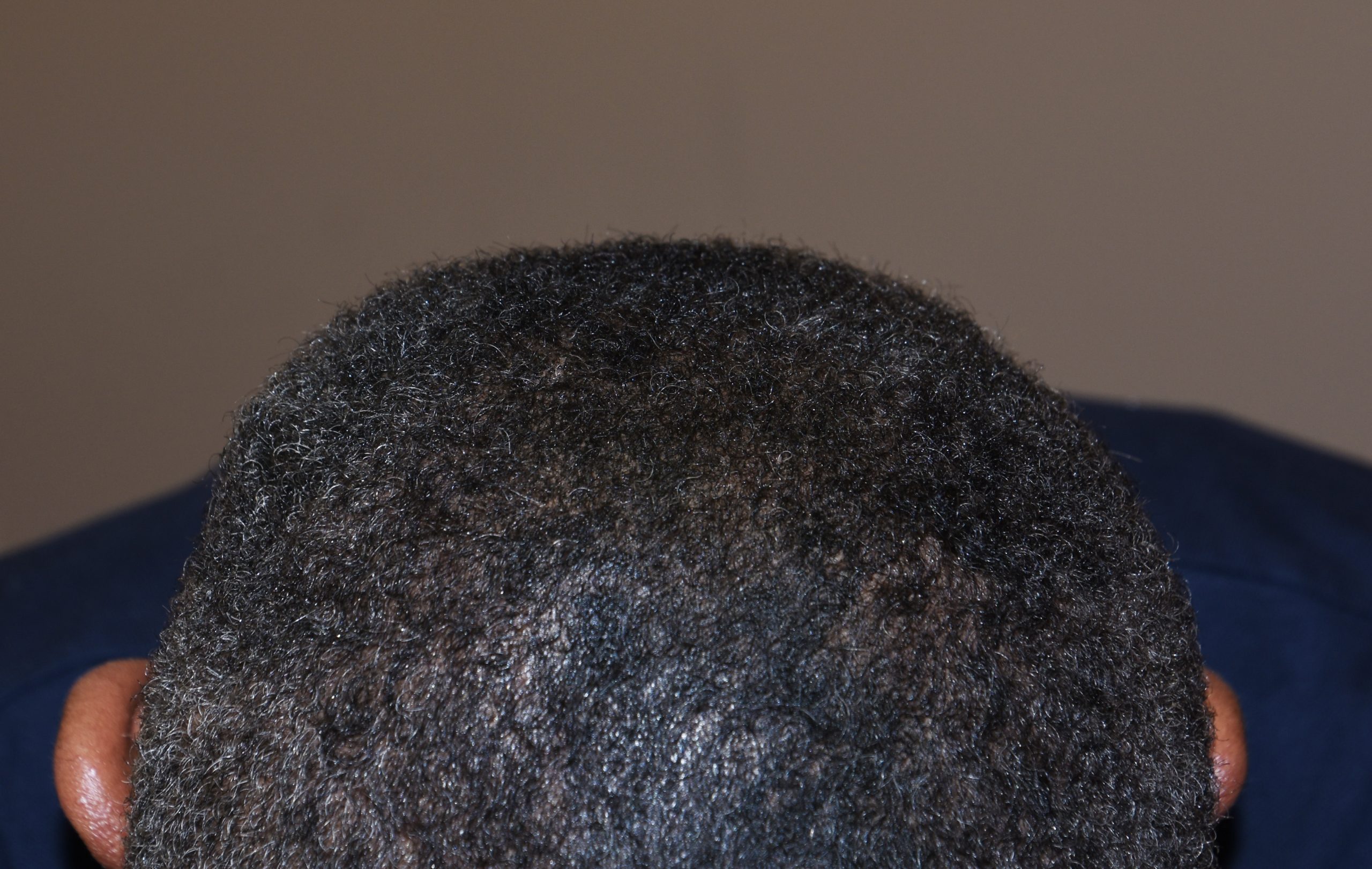
Desire for correction of flattening of right back of the head. (occipital plagiocephaly)
Placement of PMMA bone cement through a small incision (3 cms) for augmentation of right back of the head flattening. (5 year followup)


Desire for correction of flattening of right back of the head. (occipital plagiocephaly)
Placement of PMMA bone cement through a small incision (3 cms) for augmentation of right back of the head flattening. (5 year followup)
Patient 42

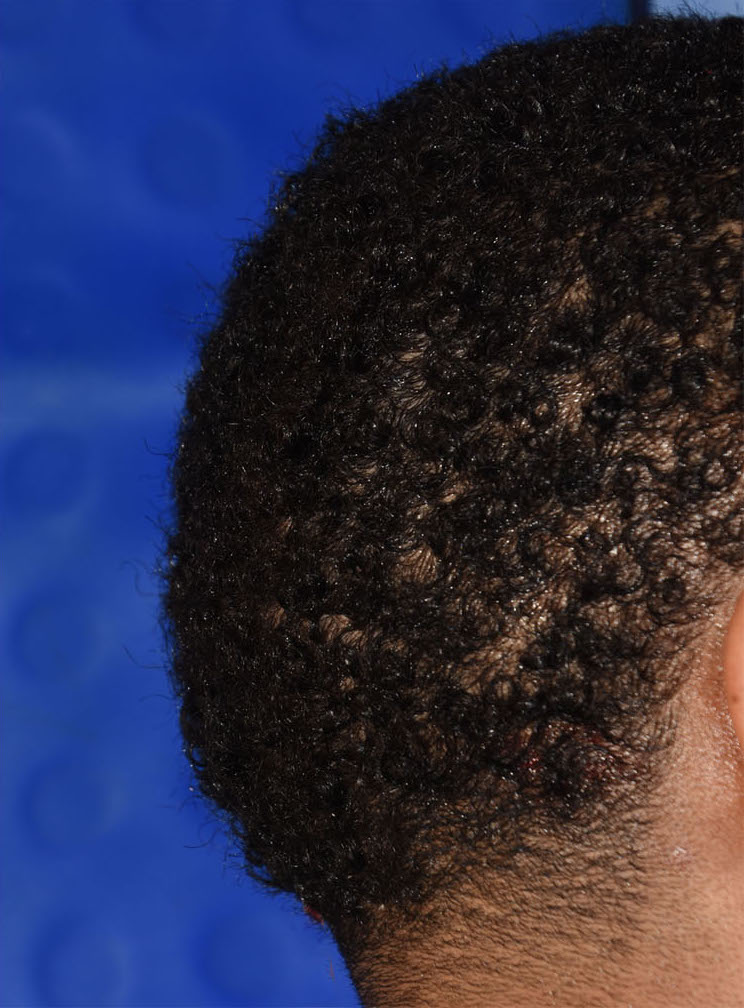
Desire for reduction in the back of head protrusion.
Occipital skull reduction by removal of outer table of skull by burring.


Desire for reduction in the back of head protrusion.
Occipital skull reduction by removal of outer table of skull by burring.
Patient 43
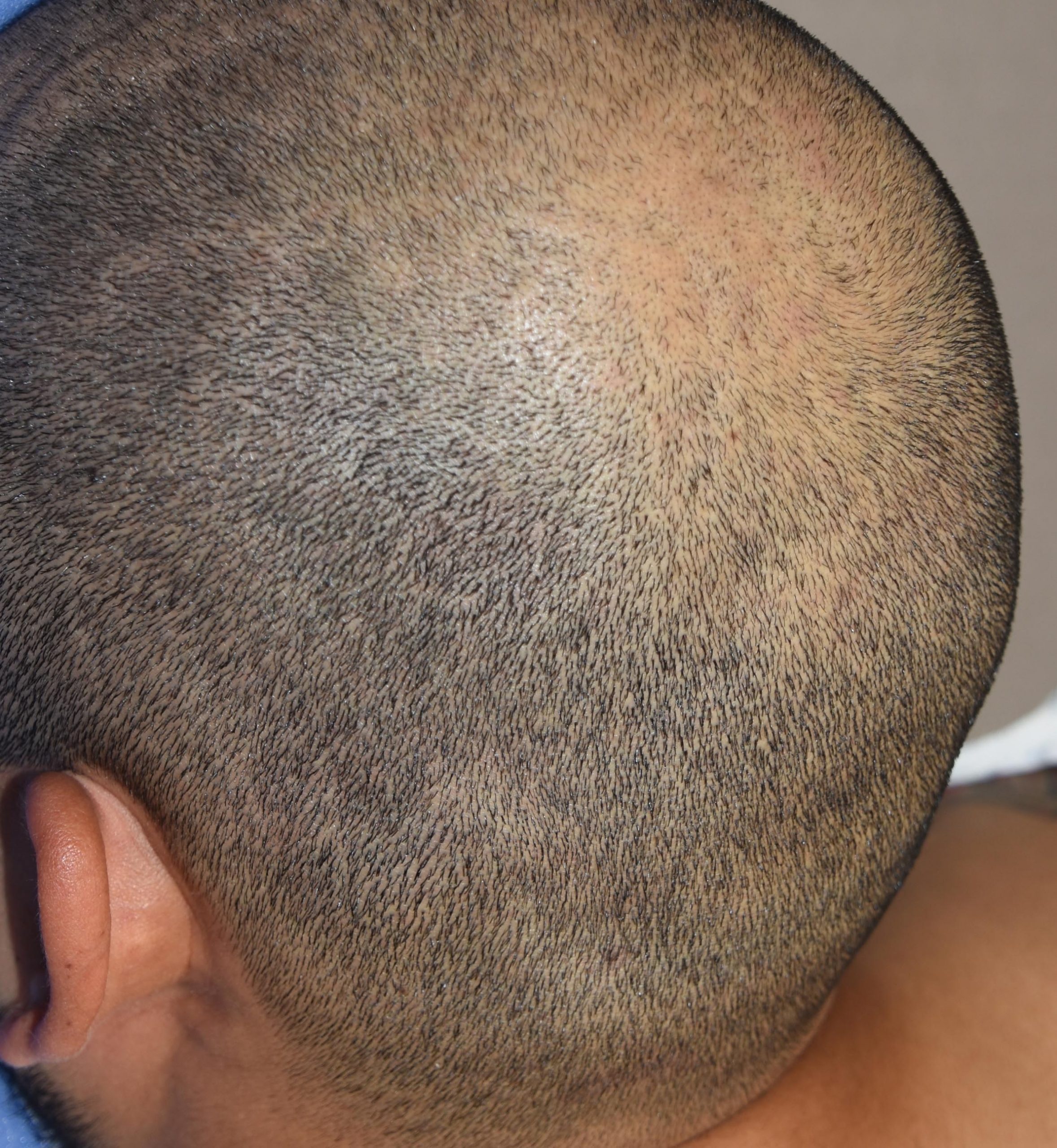
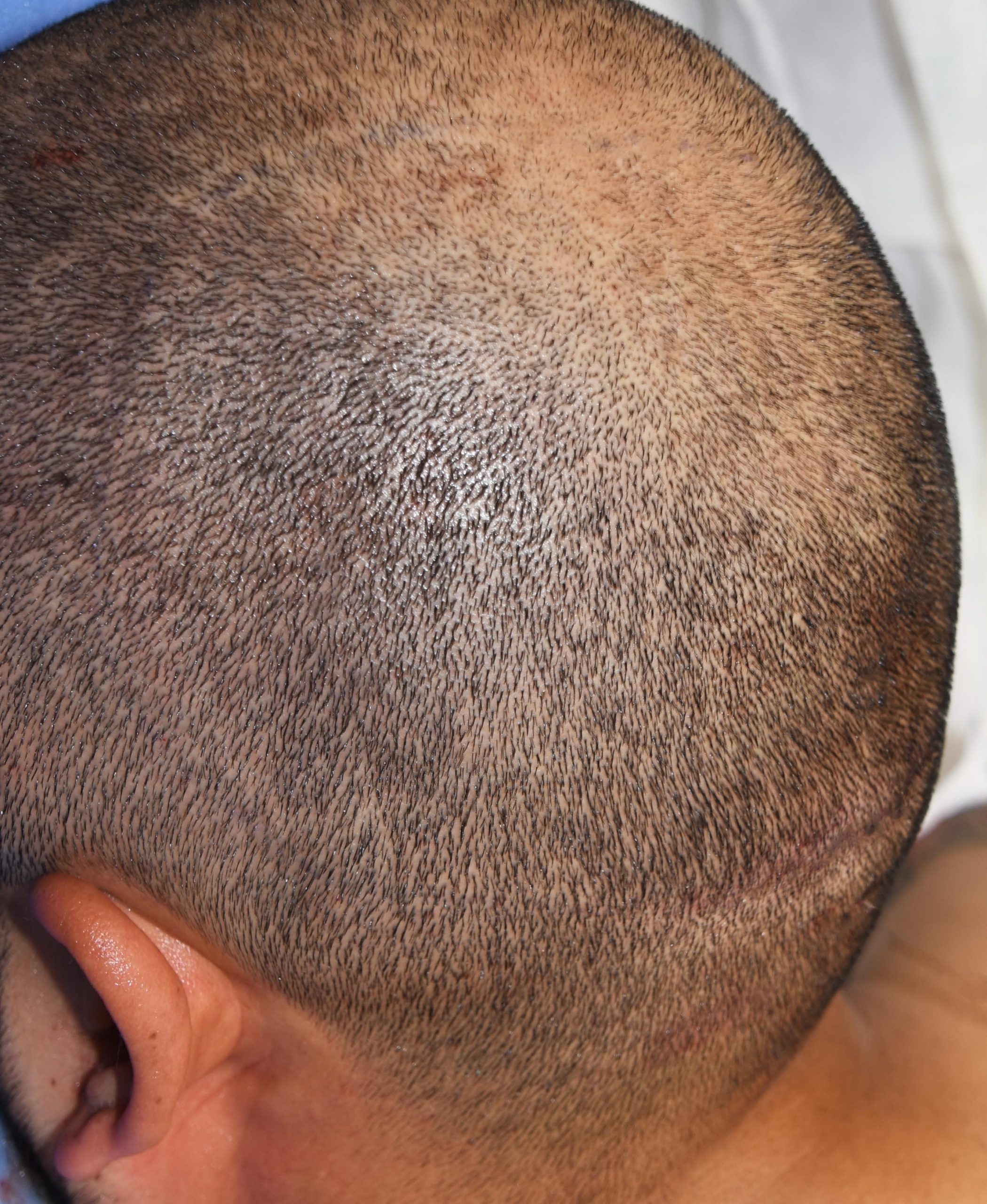
Desire for augmentation of flat left back of head from plagiocephaly.
Placement of custom left occipital skull implant for plagiocephaly.


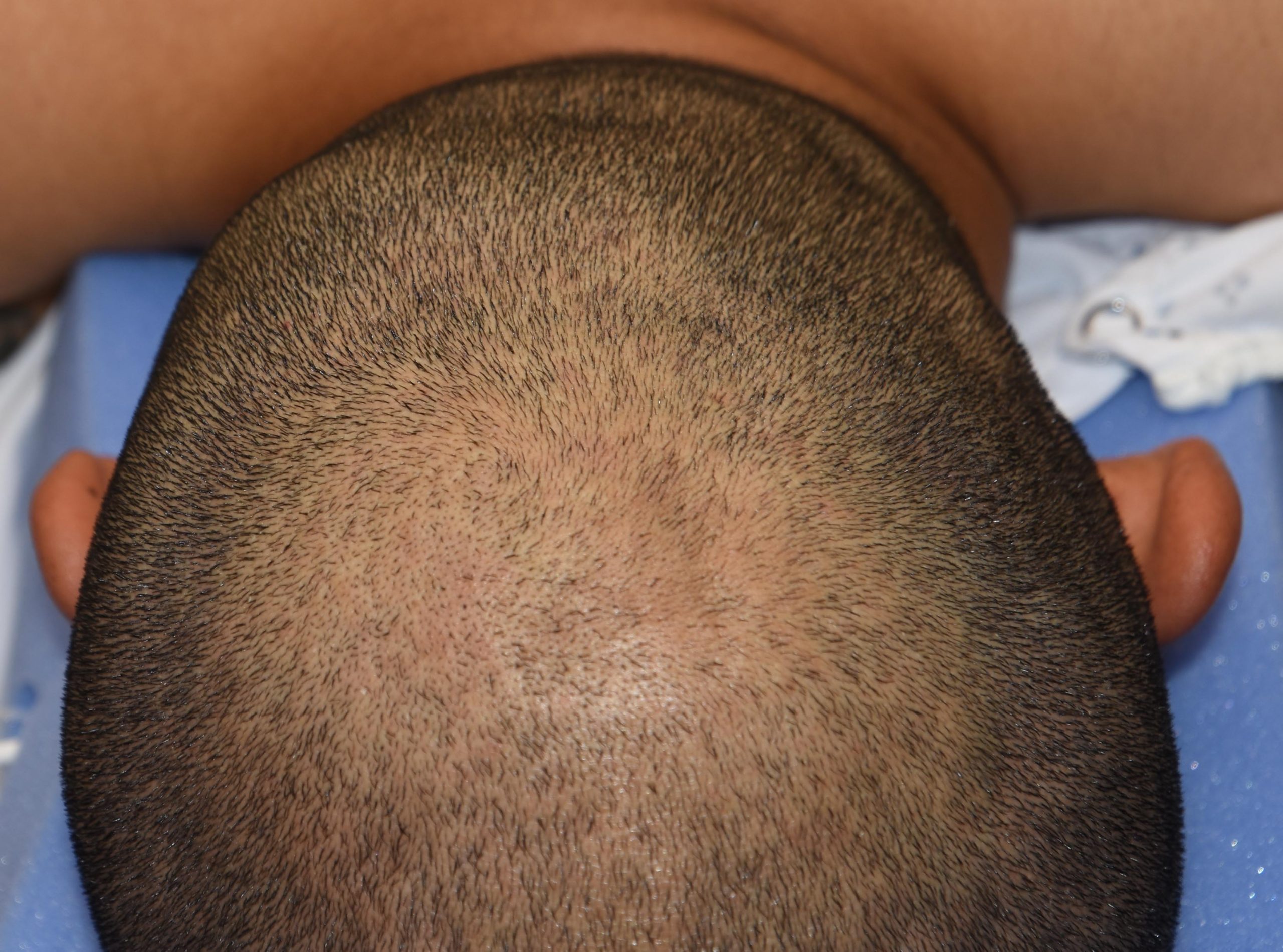
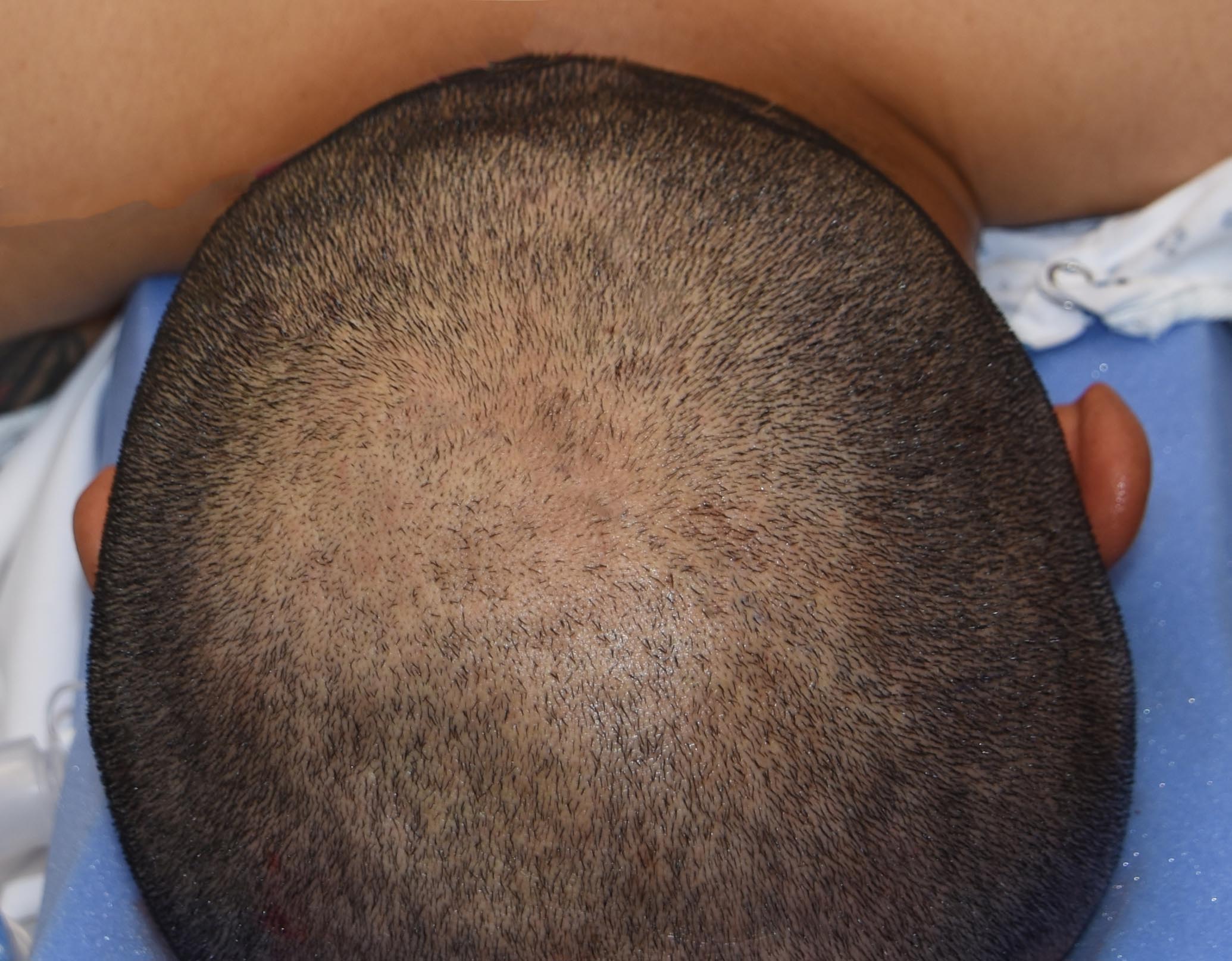
Desire for augmentation of flat left back of head from plagiocephaly.
Placement of custom left occipital skull implant for plagiocephaly.
Patient 44
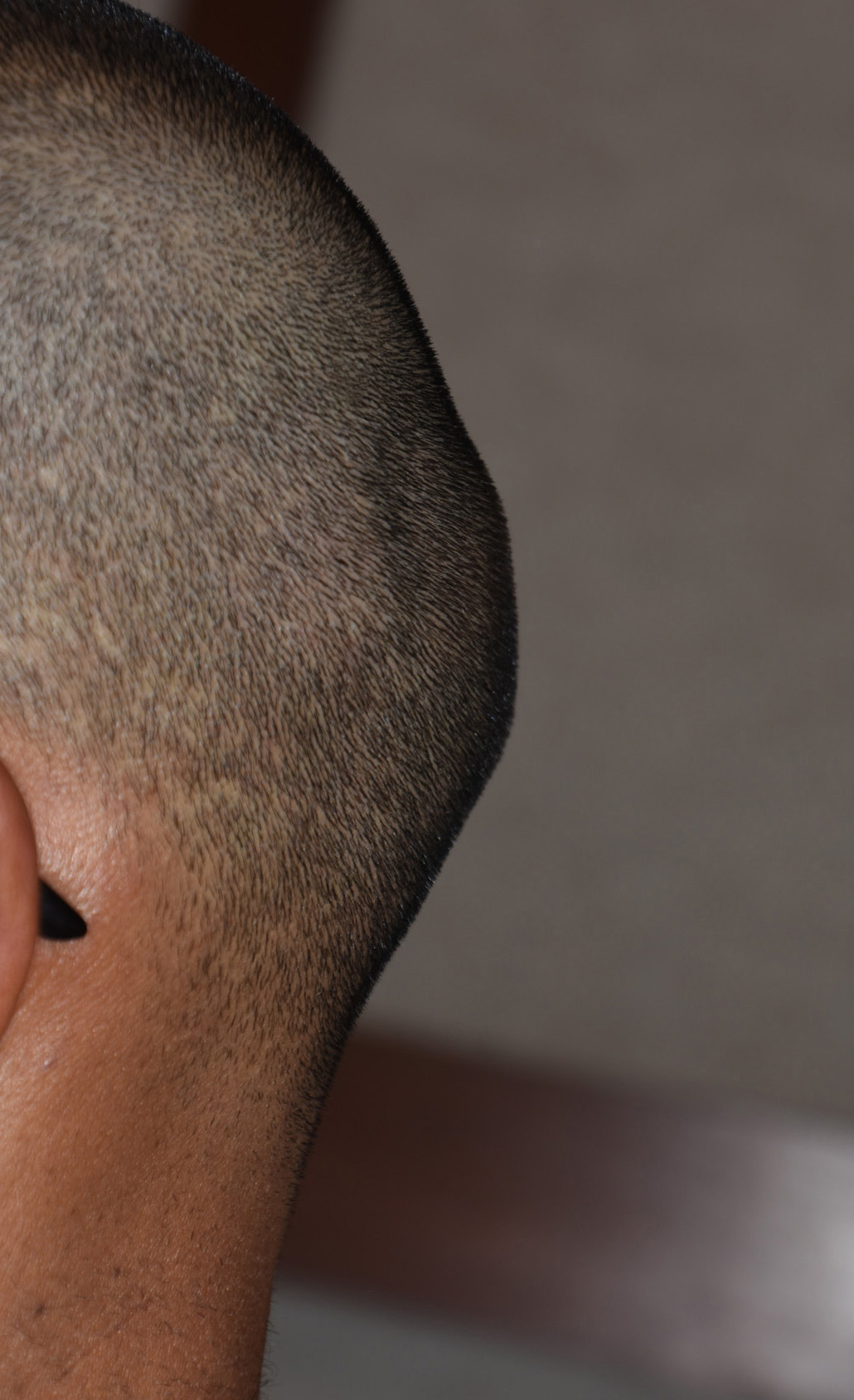
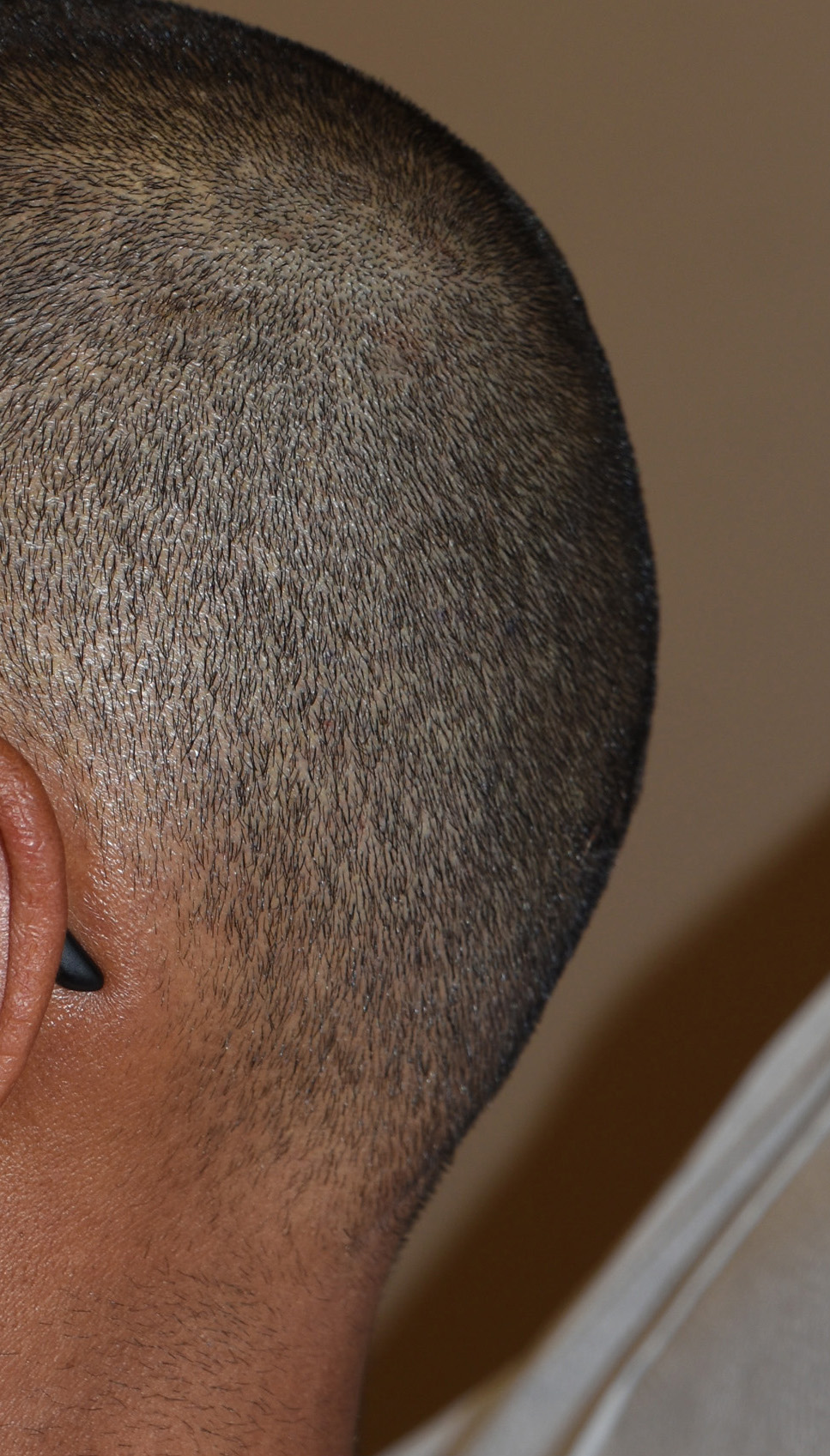
Desire for a less prominent and smoother shape to the back of his head.
Occipital bony prominence reduction with parietal onlay bone grafting for a smoother back of head appearance in profile.


Desire for a less prominent and smoother shape to the back of his head.
Occipital bony prominence reduction with parietal onlay bone grafting for a smoother back of head appearance in profile.
Patient 45
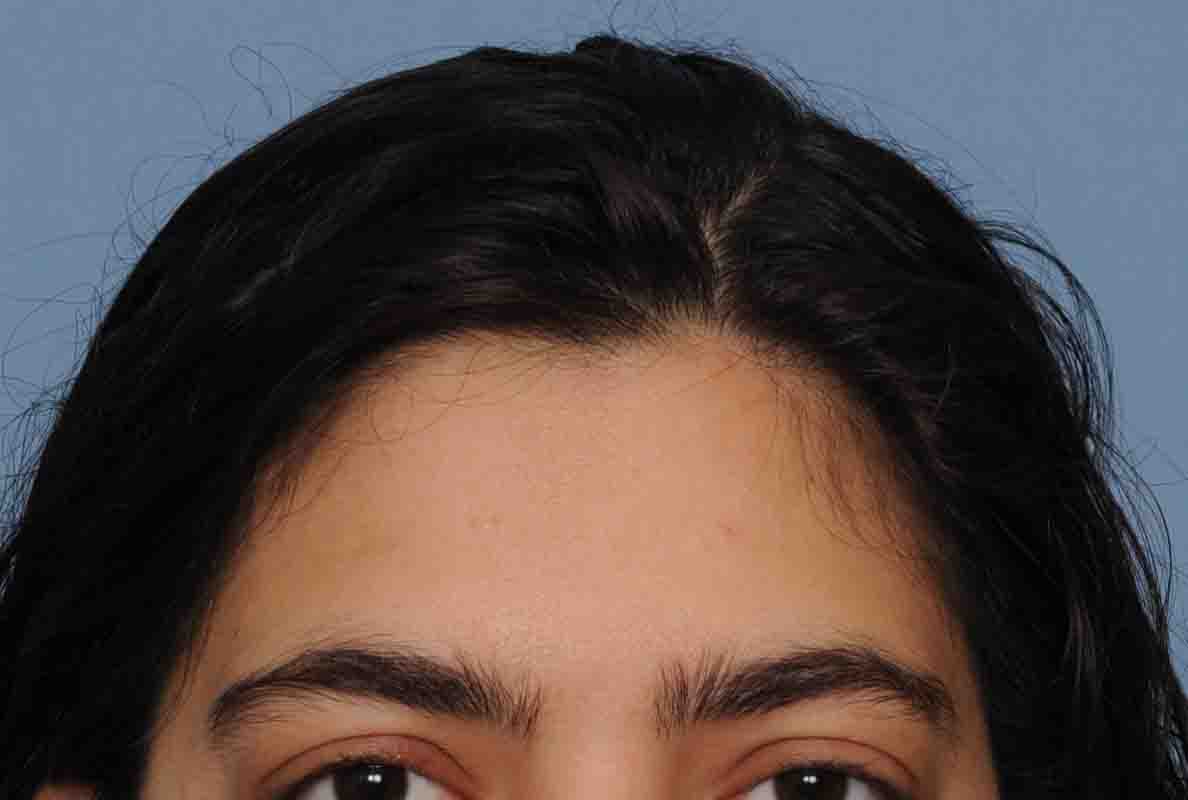
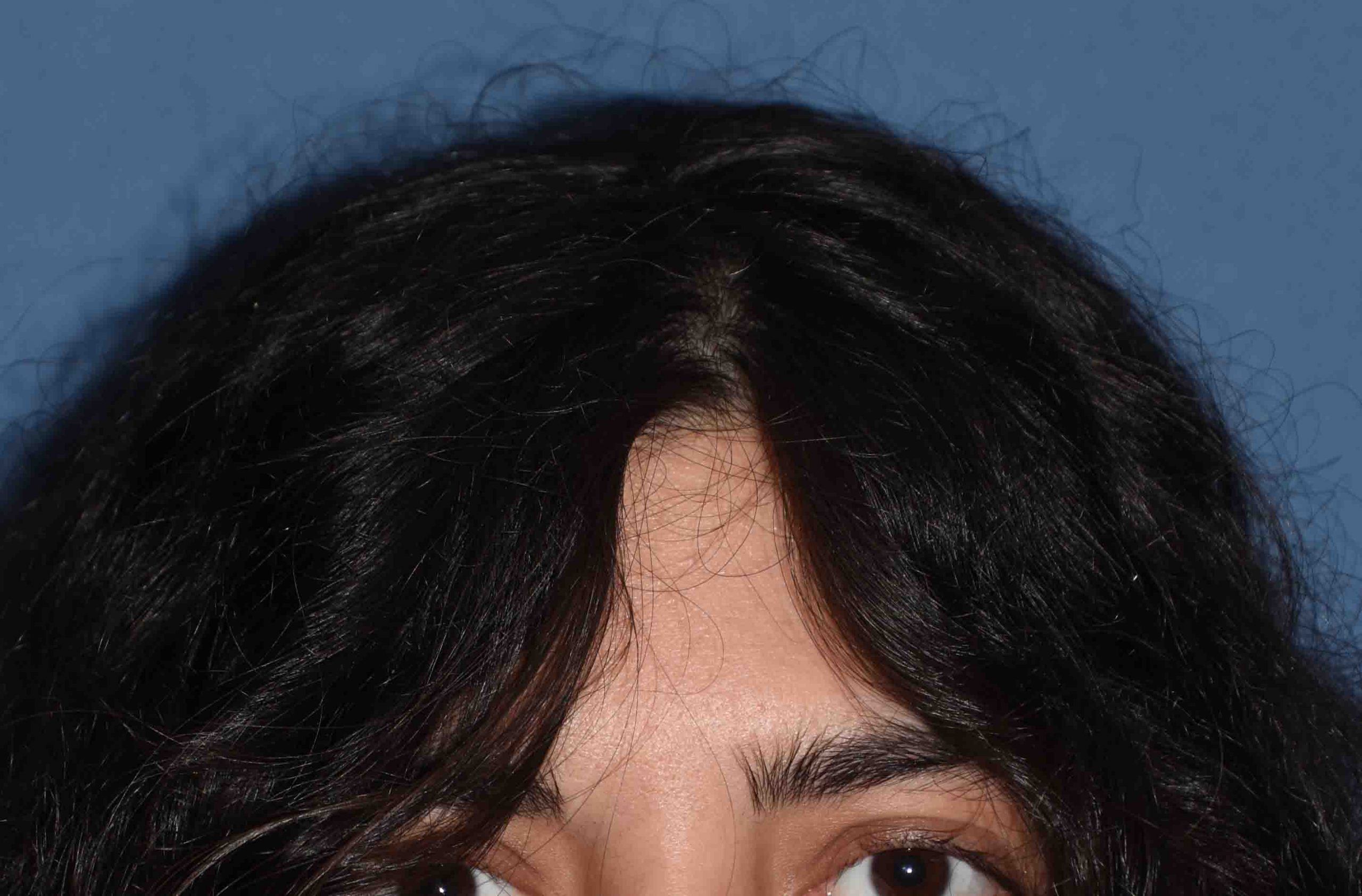
Desire for reduction in height of top of head.
Top of head skull reduction by removal of the outer cortical bone layered by a grid burring technique.


Desire for reduction in height of top of head.
Top of head skull reduction by removal of the outer cortical bone layered by a grid burring technique.
Patient 46
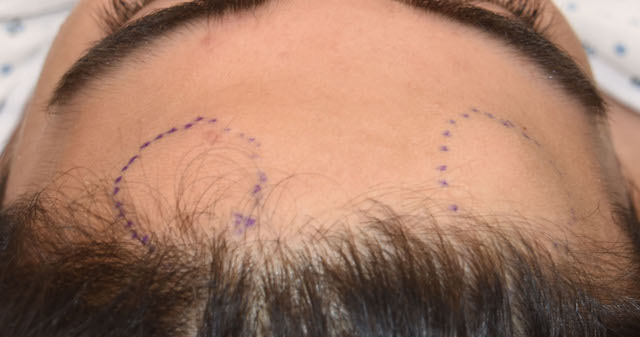
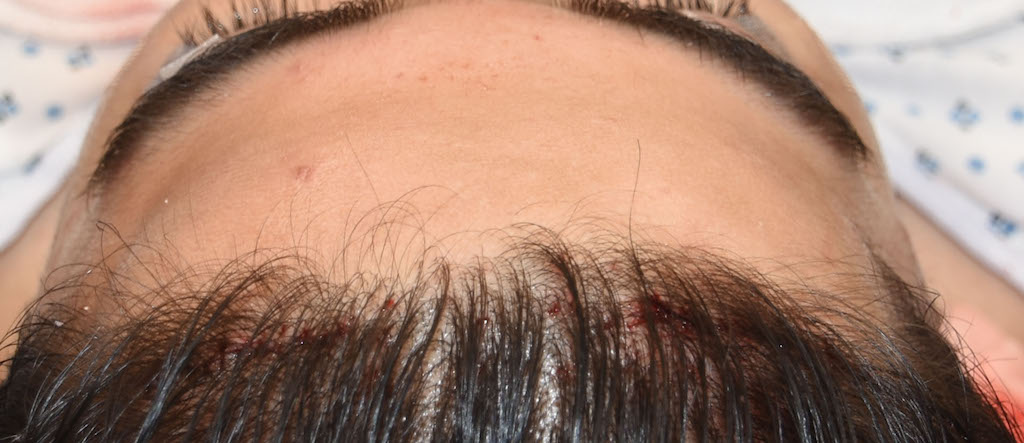
Congenital upper paired forehead horn prominence reduction.
Small scalp incision tunnel technique for forehead horn reductions.


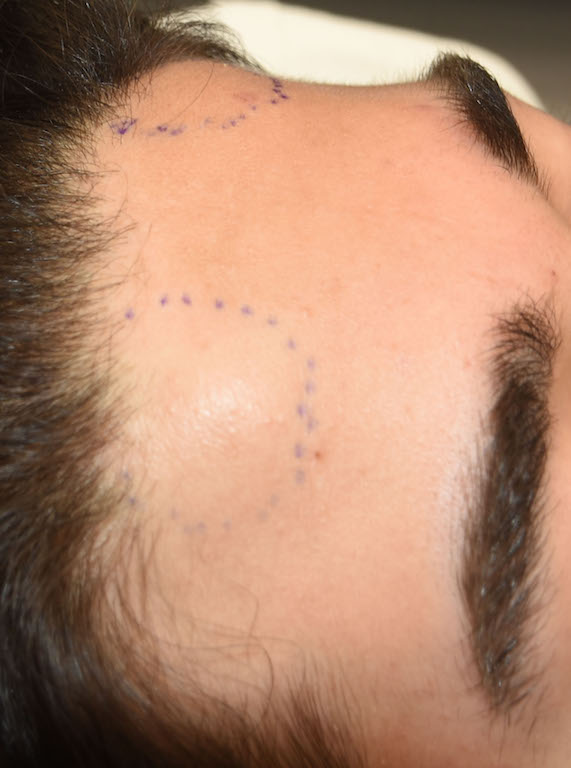

Congenital upper paired forehead horn prominence reduction.
Small scalp incision tunnel technique for forehead horn reductions.
Patient 47
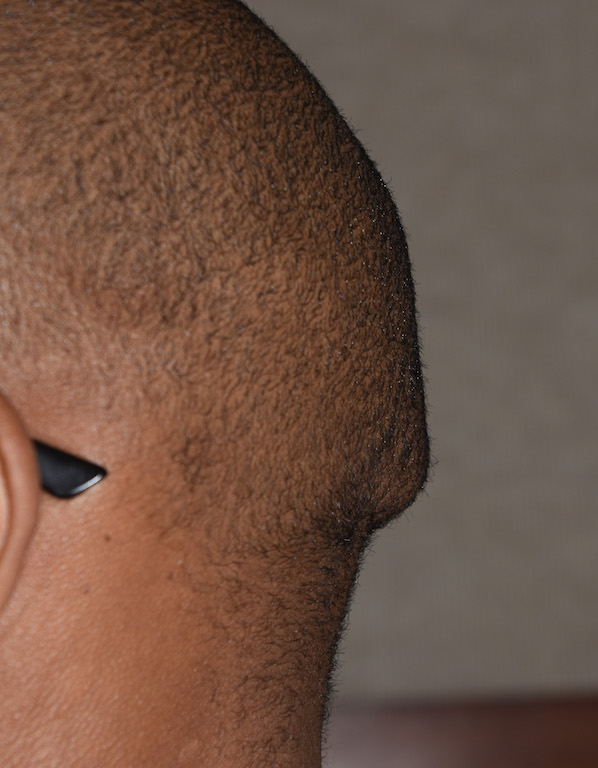
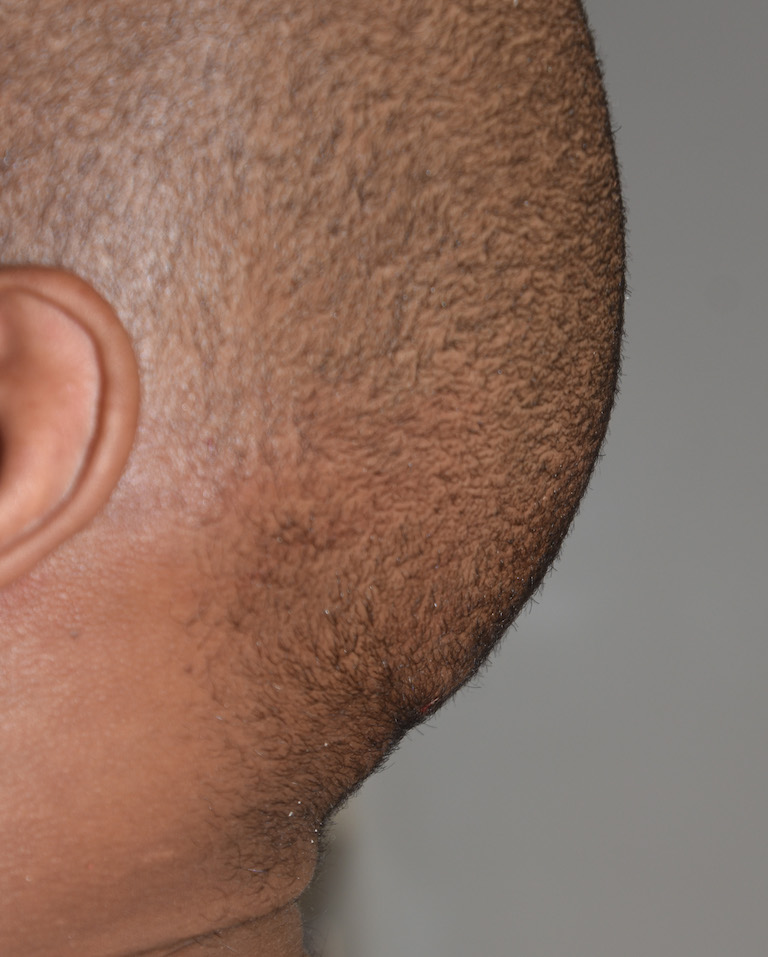
Desire for reduction of prominent occipital knob deformity.
Intraoperative result from occipital knob skull reduction through a direct small scalp incision.


Desire for reduction of prominent occipital knob deformity.
Intraoperative result from occipital knob skull reduction through a direct small scalp incision.
Patient 48
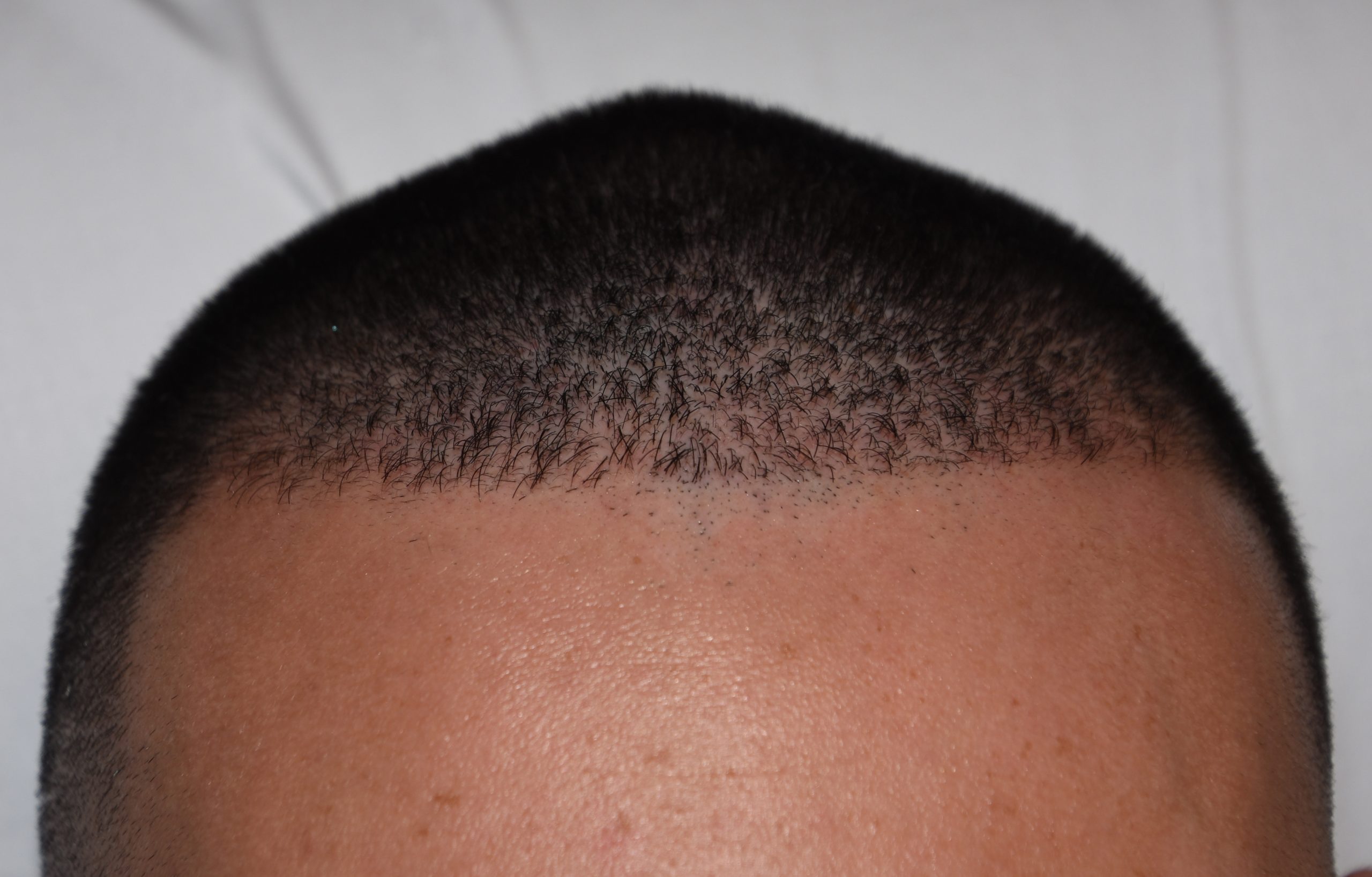
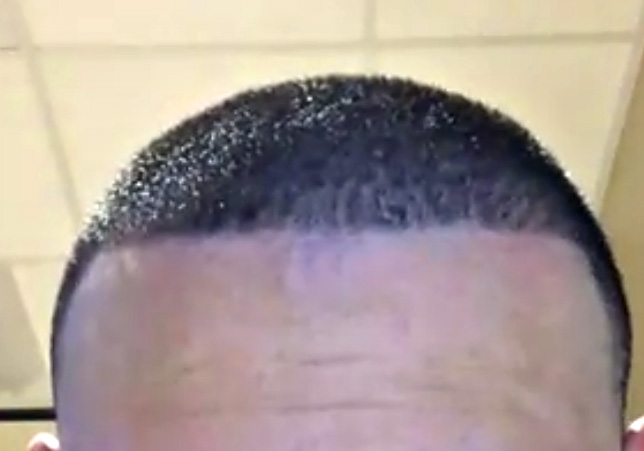
Removal of prominent midline sagittal bony ridge on top of head.
Reduction of posterior sagittal skull ridge through a small 3 cm scalp incision.


Removal of prominent midline sagittal bony ridge on top of head.
Reduction of posterior sagittal skull ridge through a small 3 cm scalp incision.
Patient 49
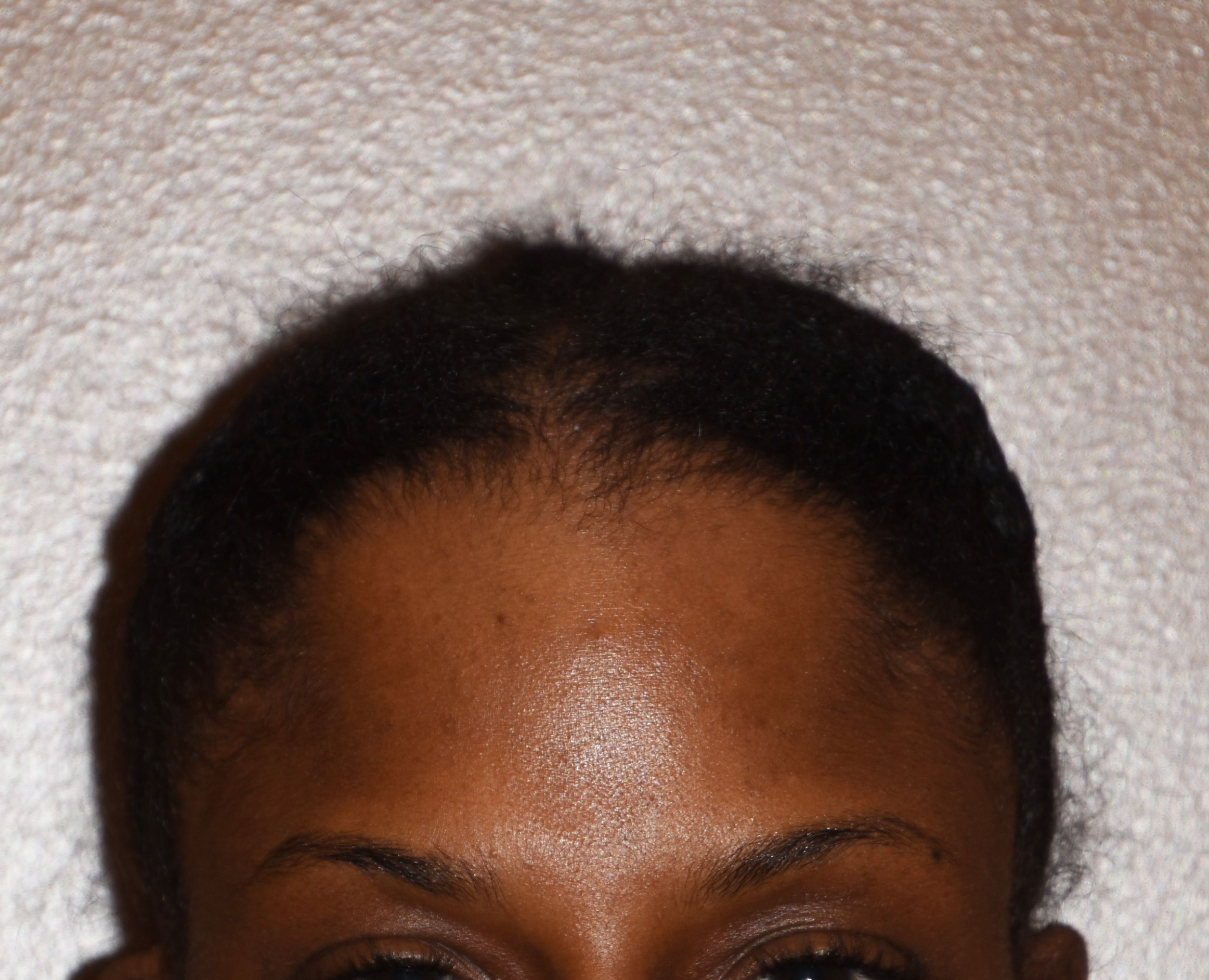
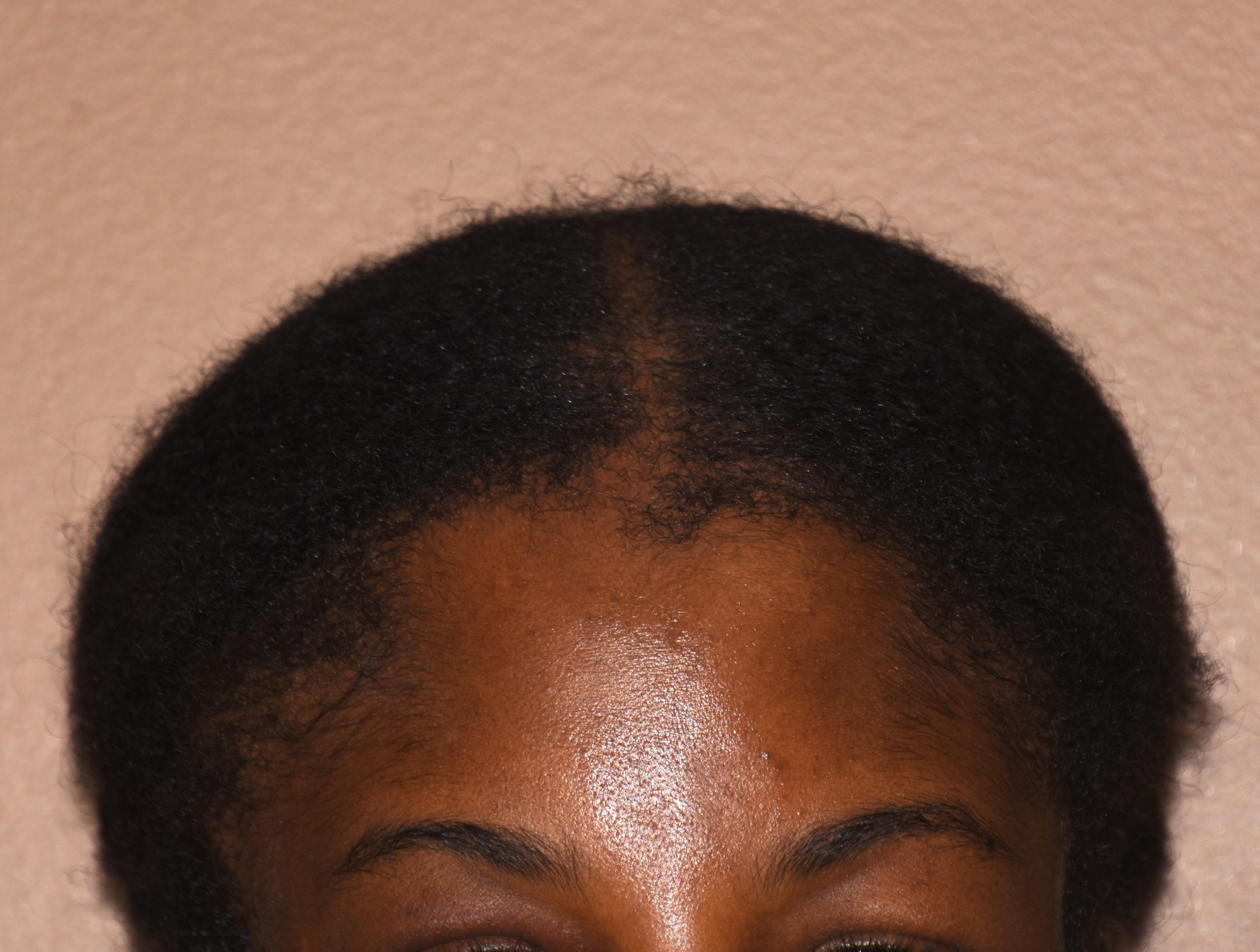
Desire for further skull augmentation after a primary skull implant.
Five years after an initial custom skull implant placement a new custom skull implant that increased the volume by 35% was placed.


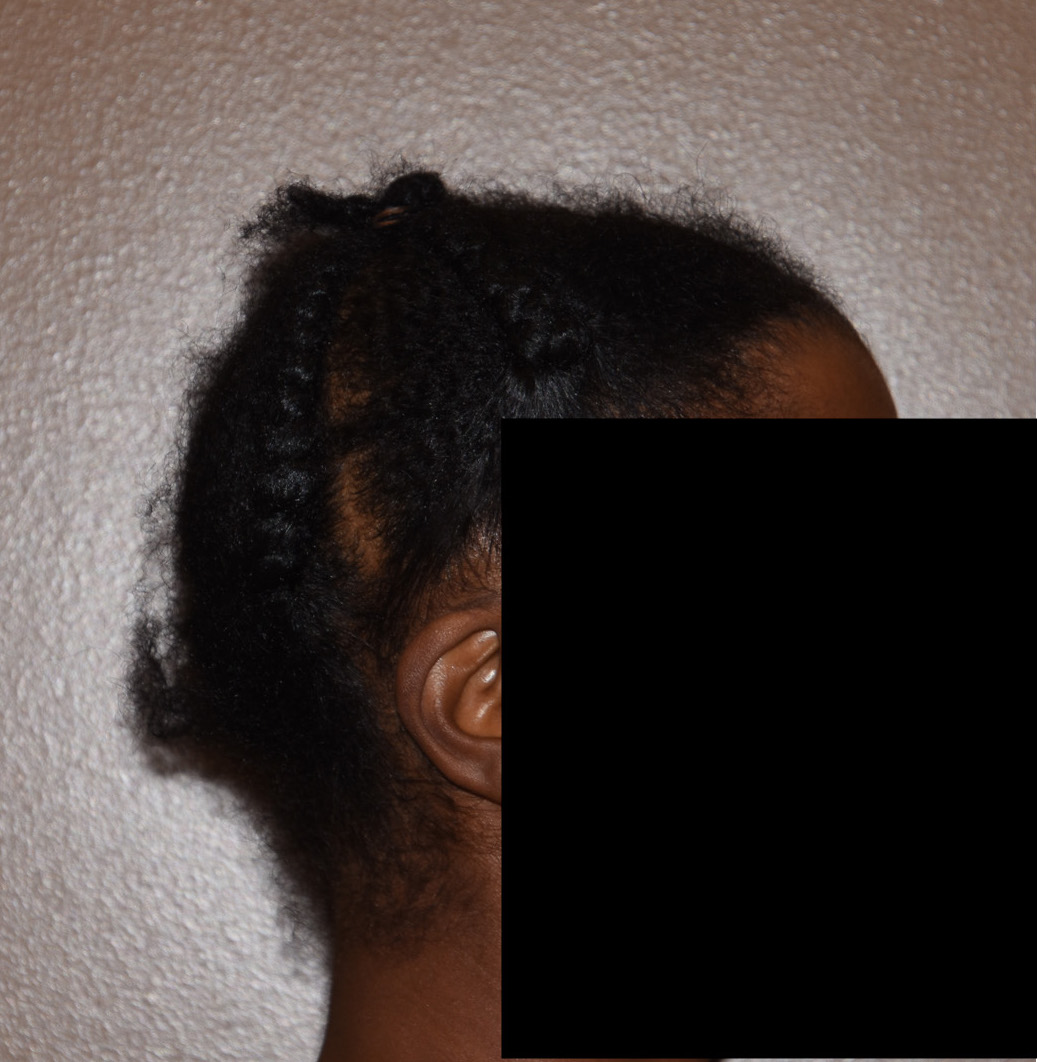
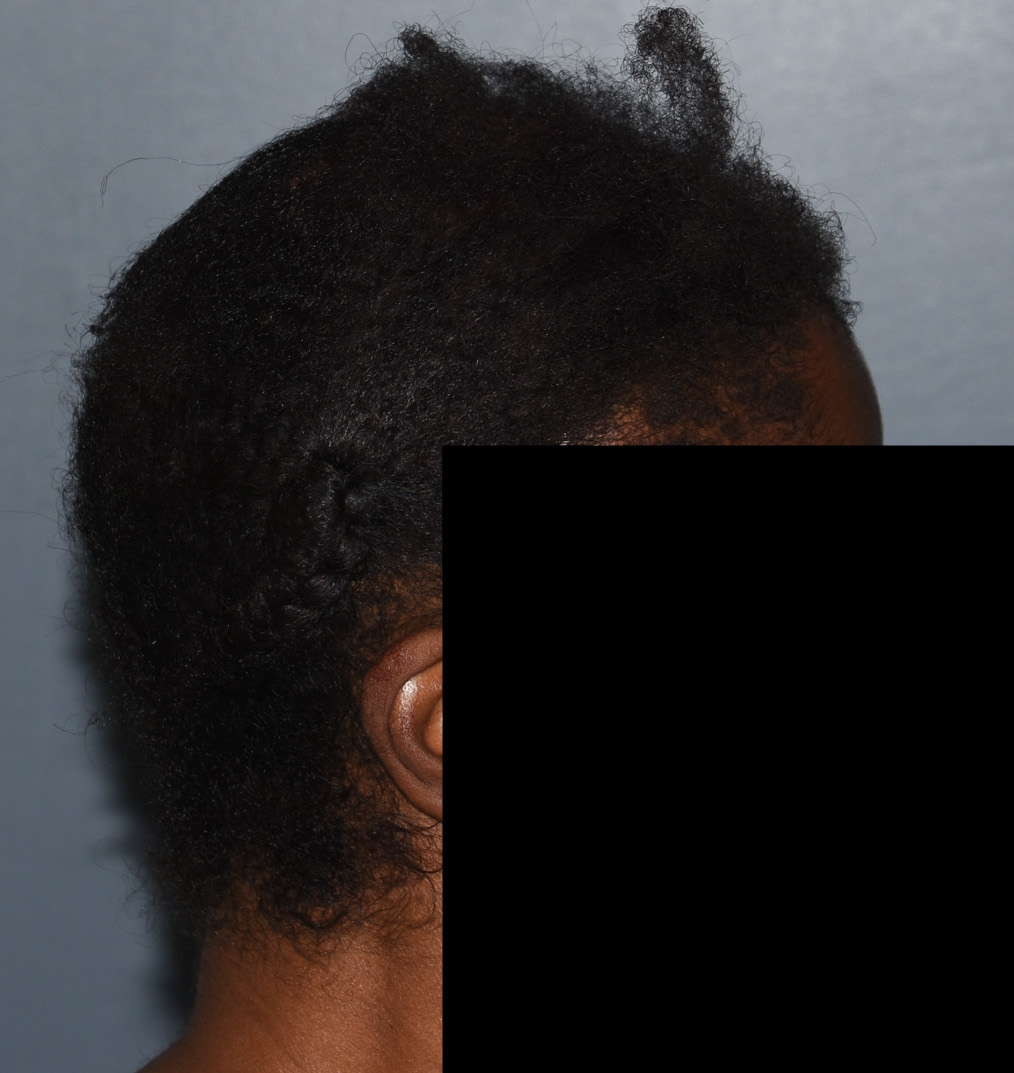
Desire for further skull augmentation after a primary skull implant.
Five years after an initial custom skull implant placement a new custom skull implant that increased the volume by 35% was placed.
Patient 50
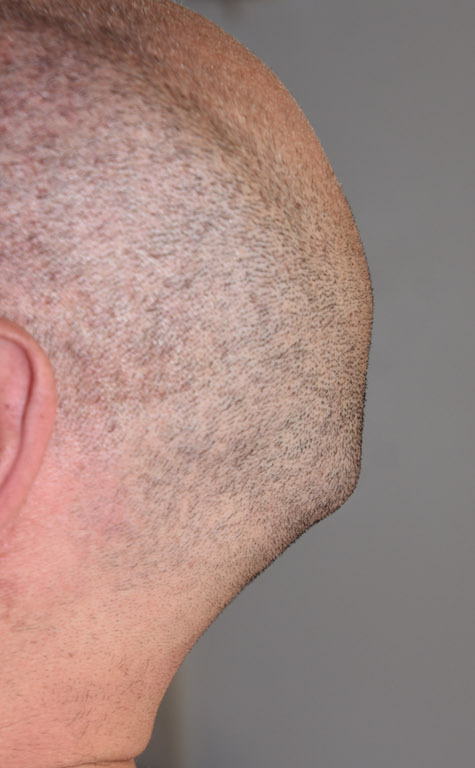
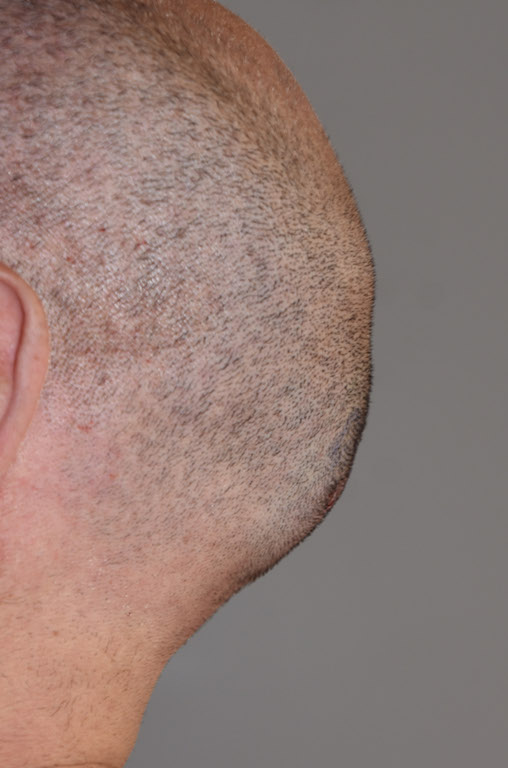
Desire to reduce visible protrusion from the back of his head.
Occipital knob with lateral nuchal extension bony reductions done through a minimal incision technique.


Desire to reduce visible protrusion from the back of his head.
Occipital knob with lateral nuchal extension bony reductions done through a minimal incision technique.
Patient 51
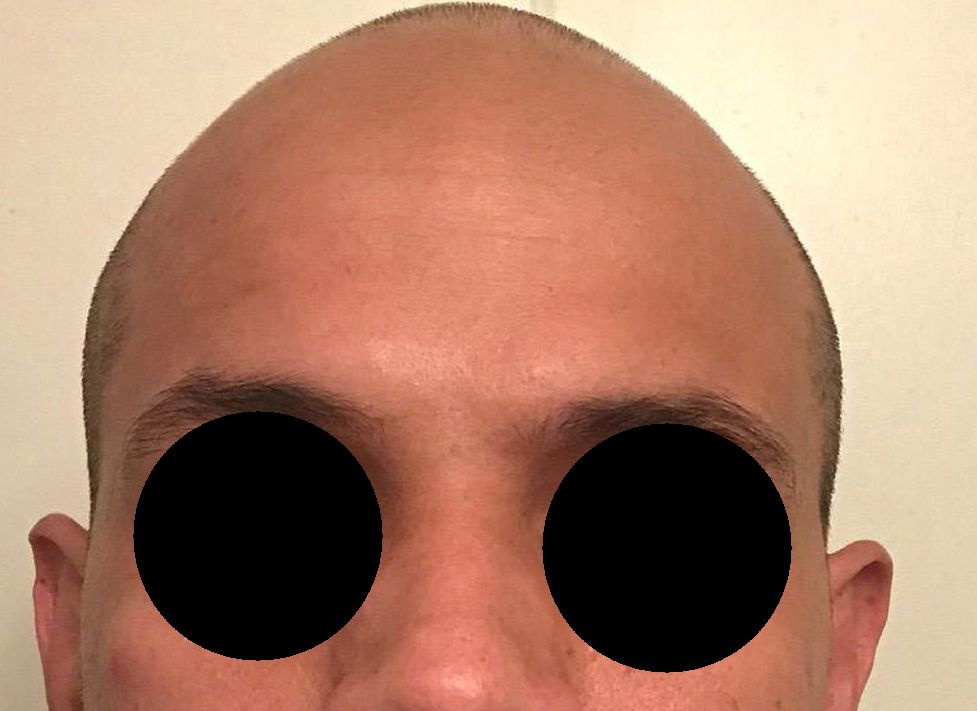
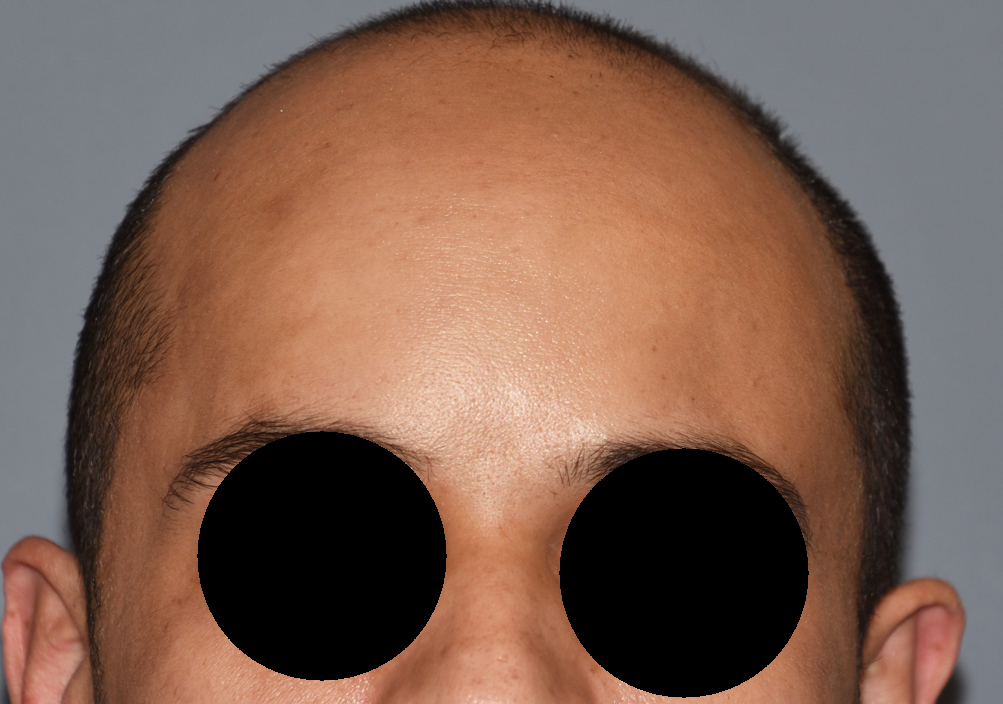
Desire for improved head shape that has a less peaked shape.
Placement of custom skull implant.


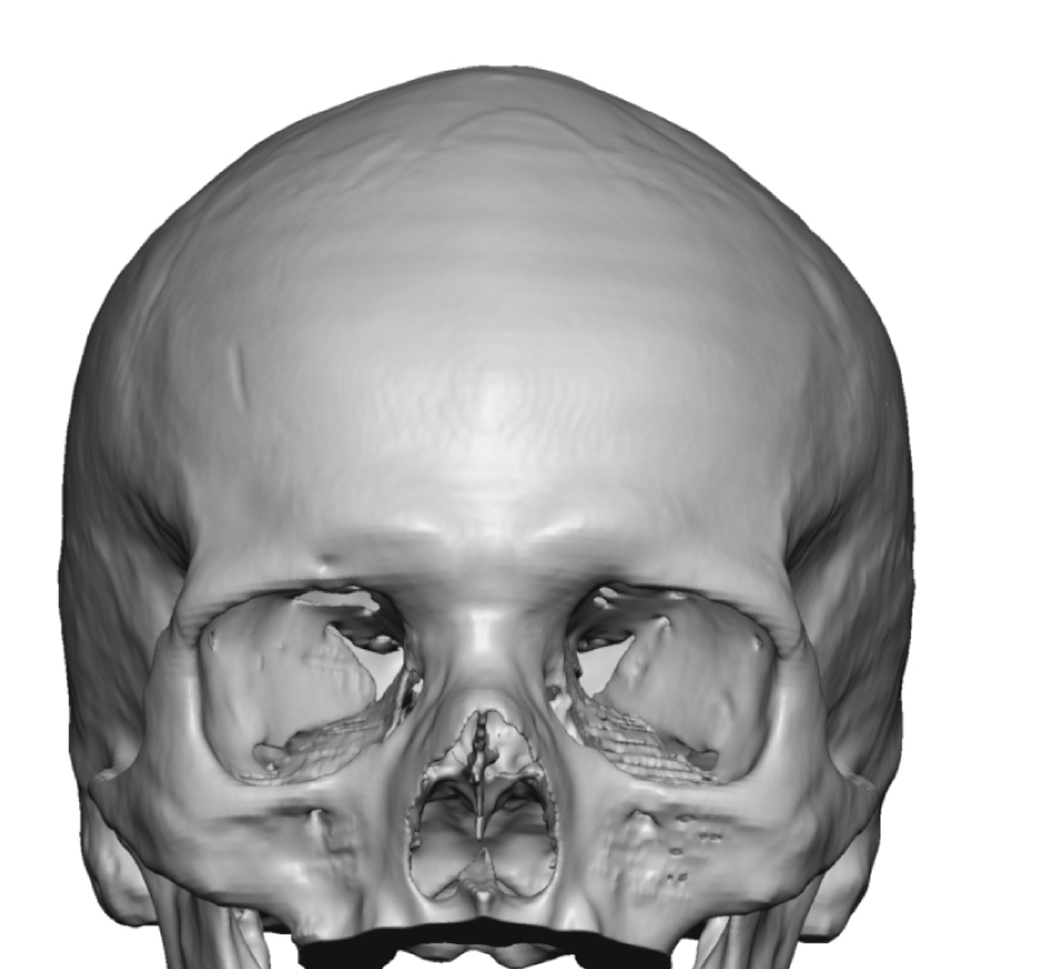
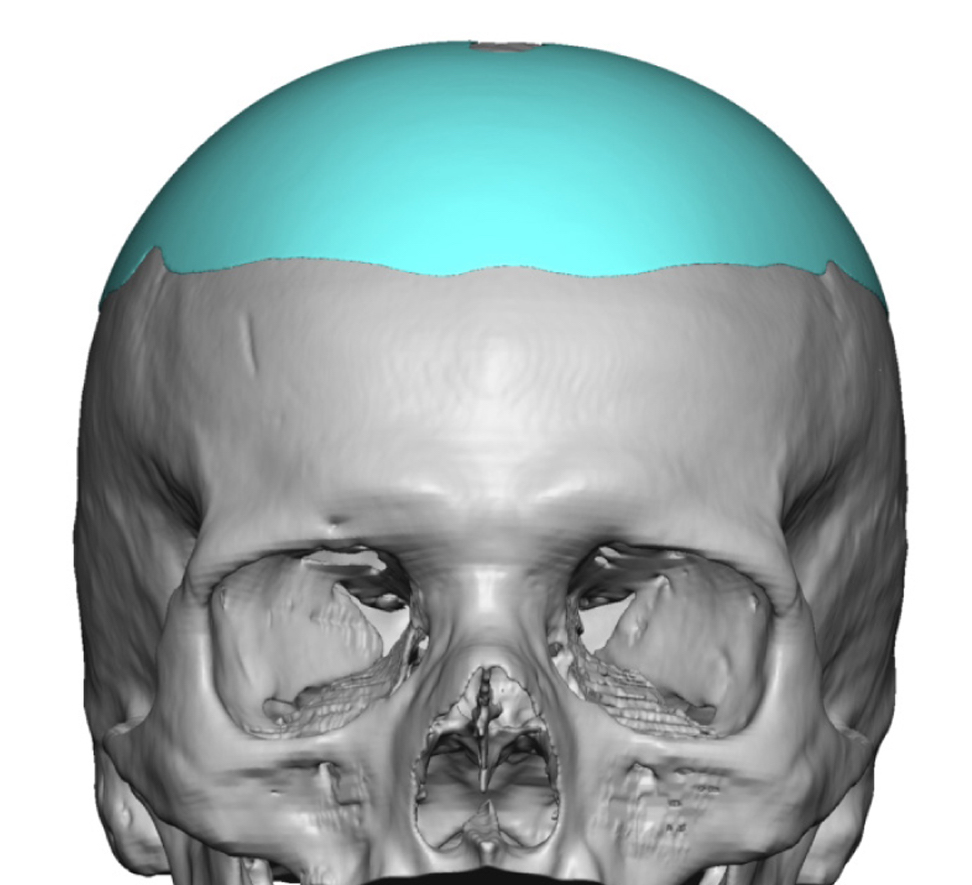
Desire for improved head shape that has a less peaked shape.
Placement of custom skull implant.
Patient 51
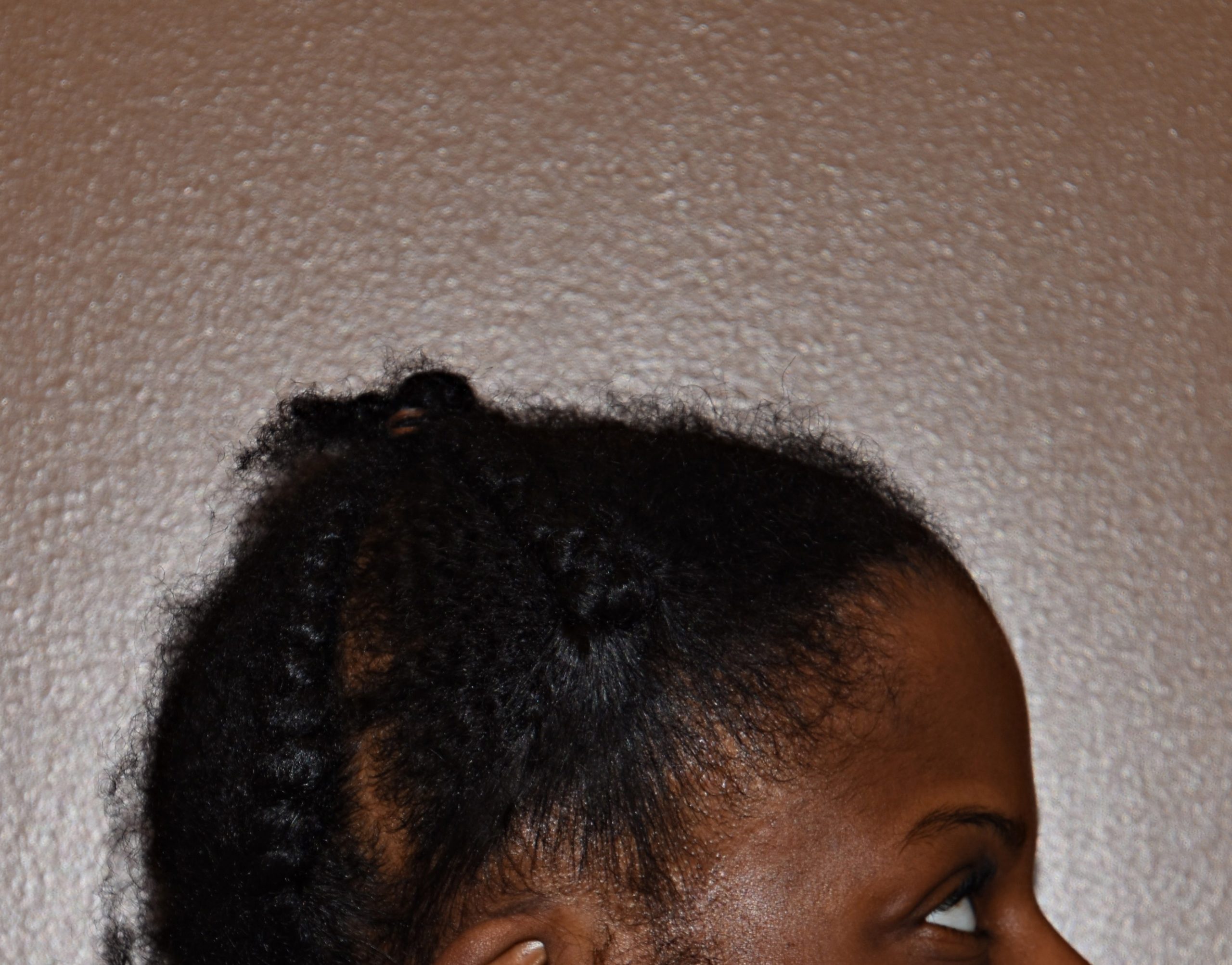
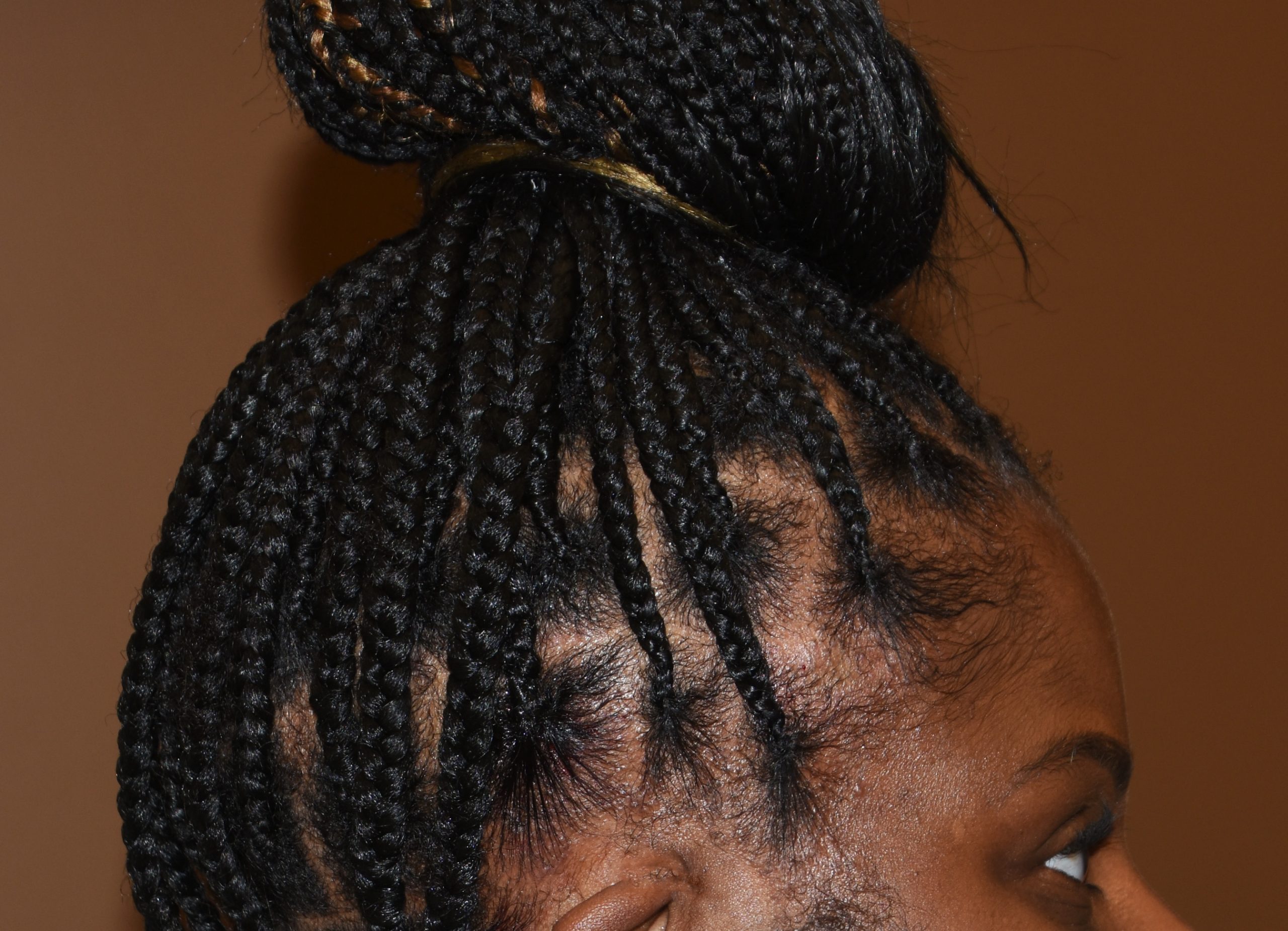
Desire for taller and rounder head shape.
Two stage custom skull implant augmentation technique.


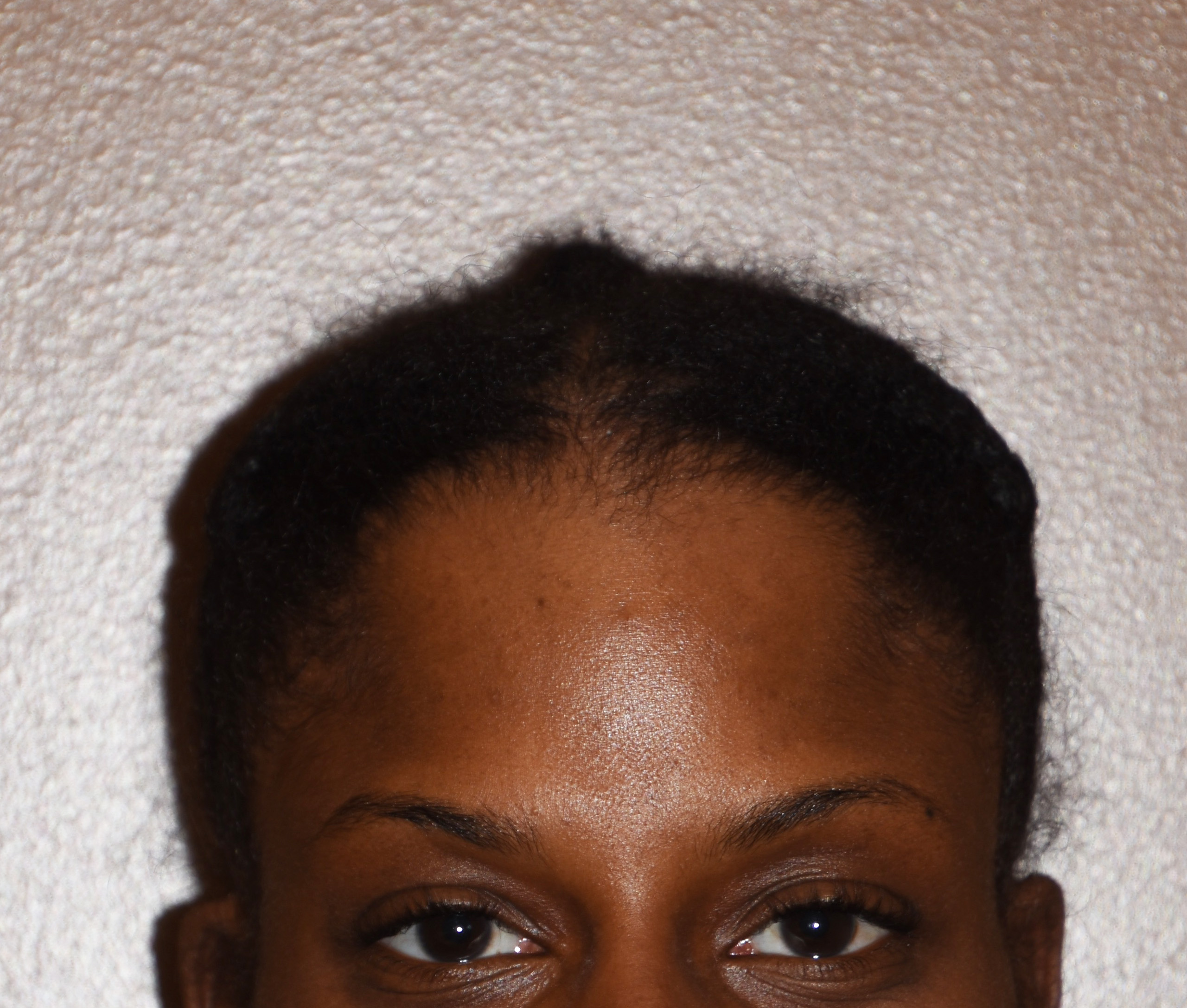
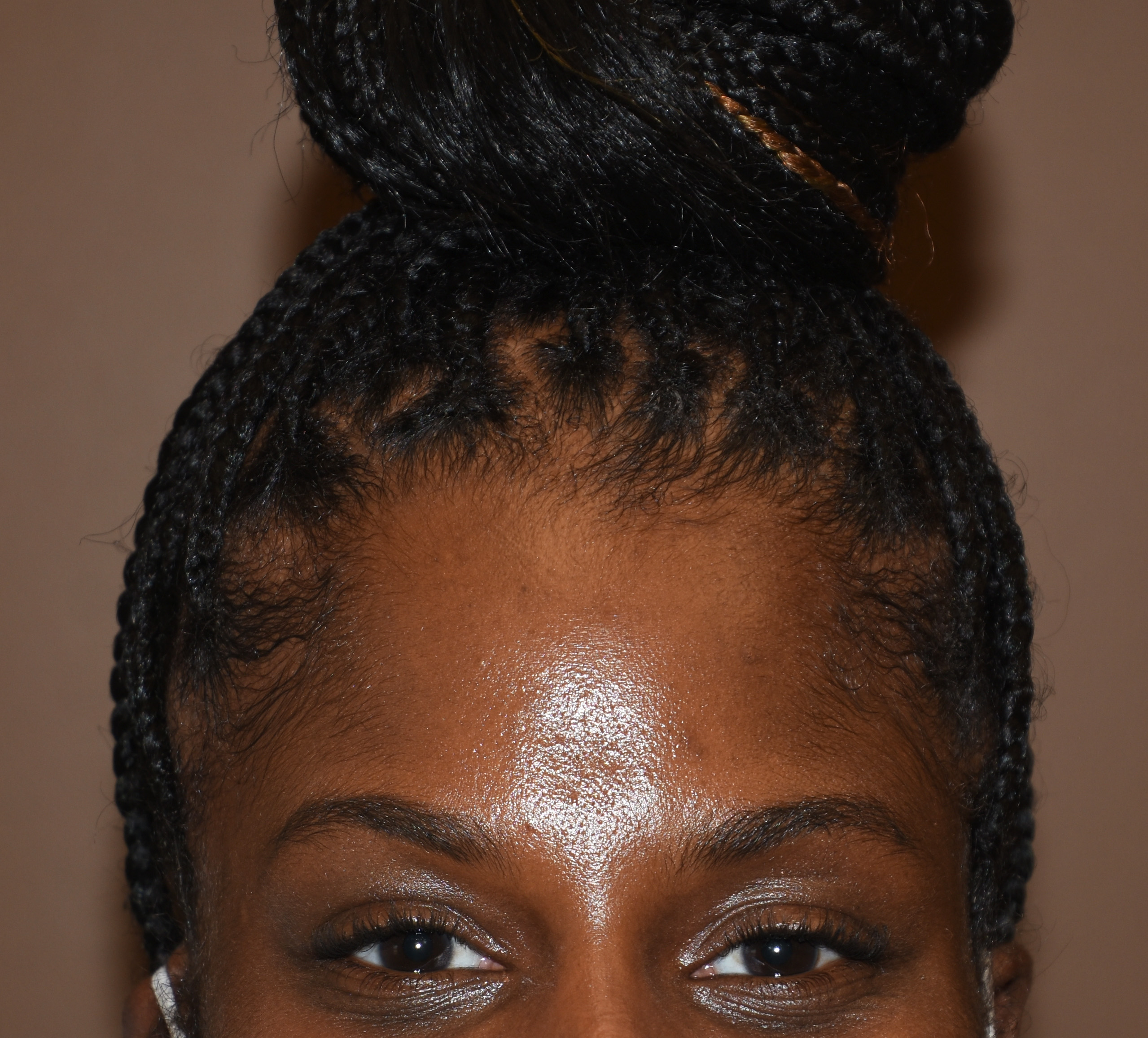
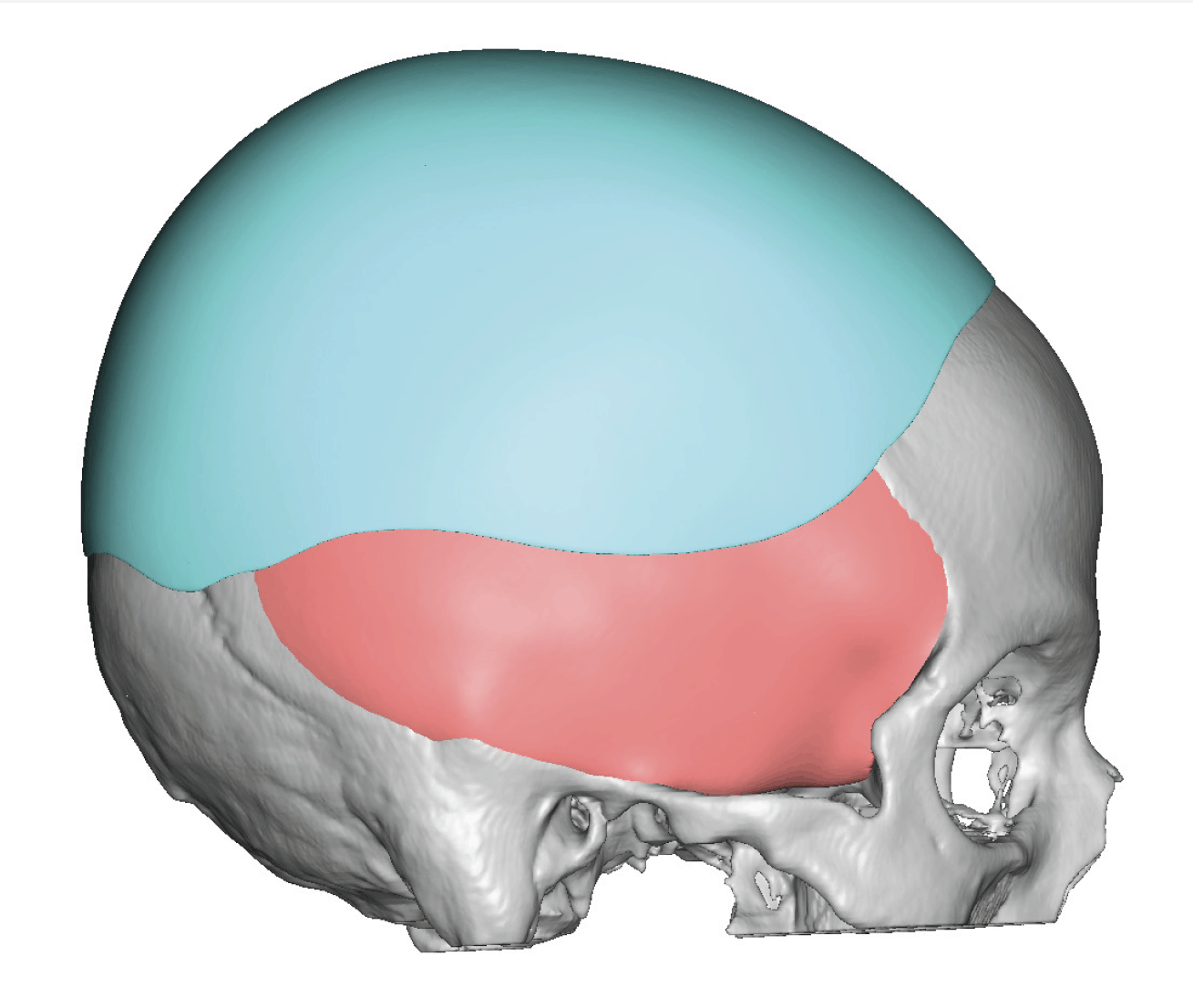
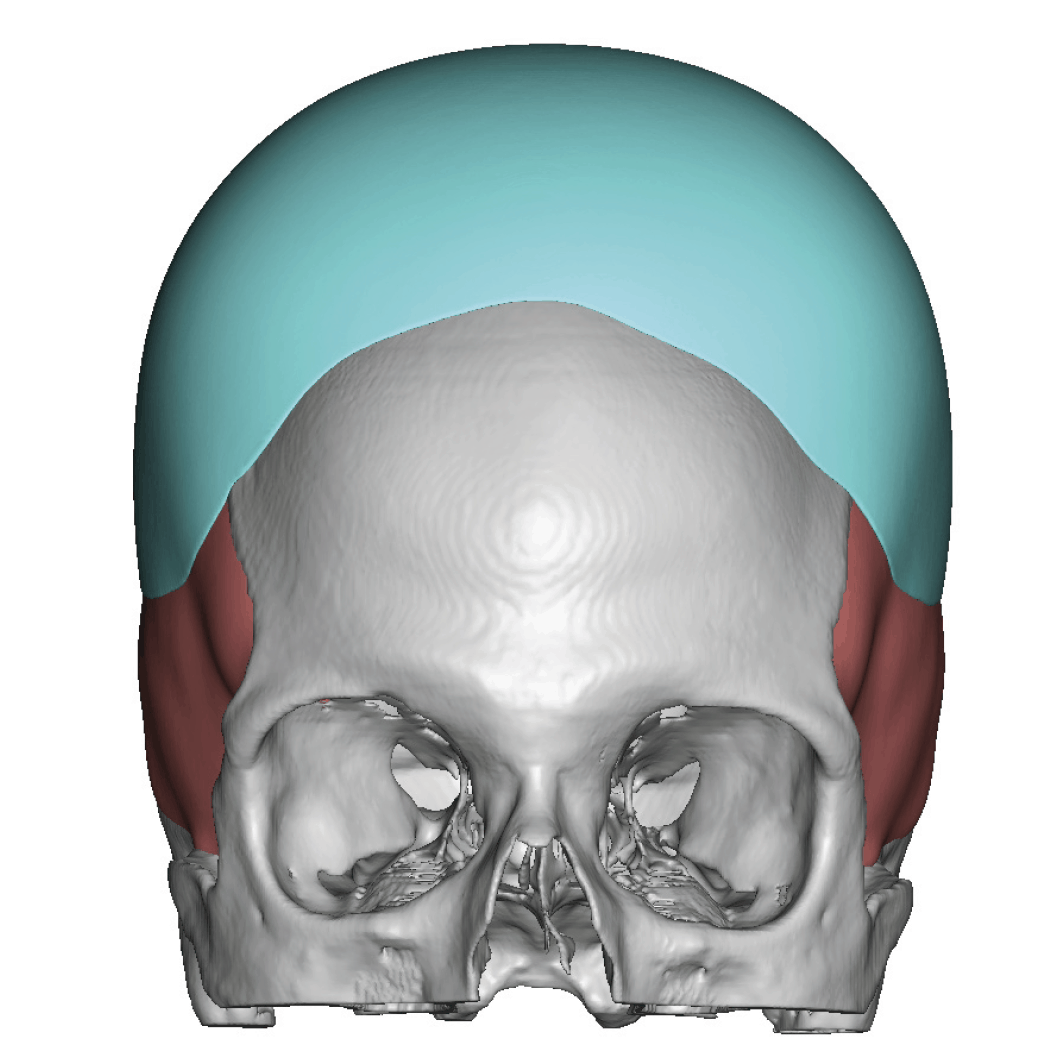
Desire for taller and rounder head shape.
Two stage custom skull implant augmentation technique.
Patient 53
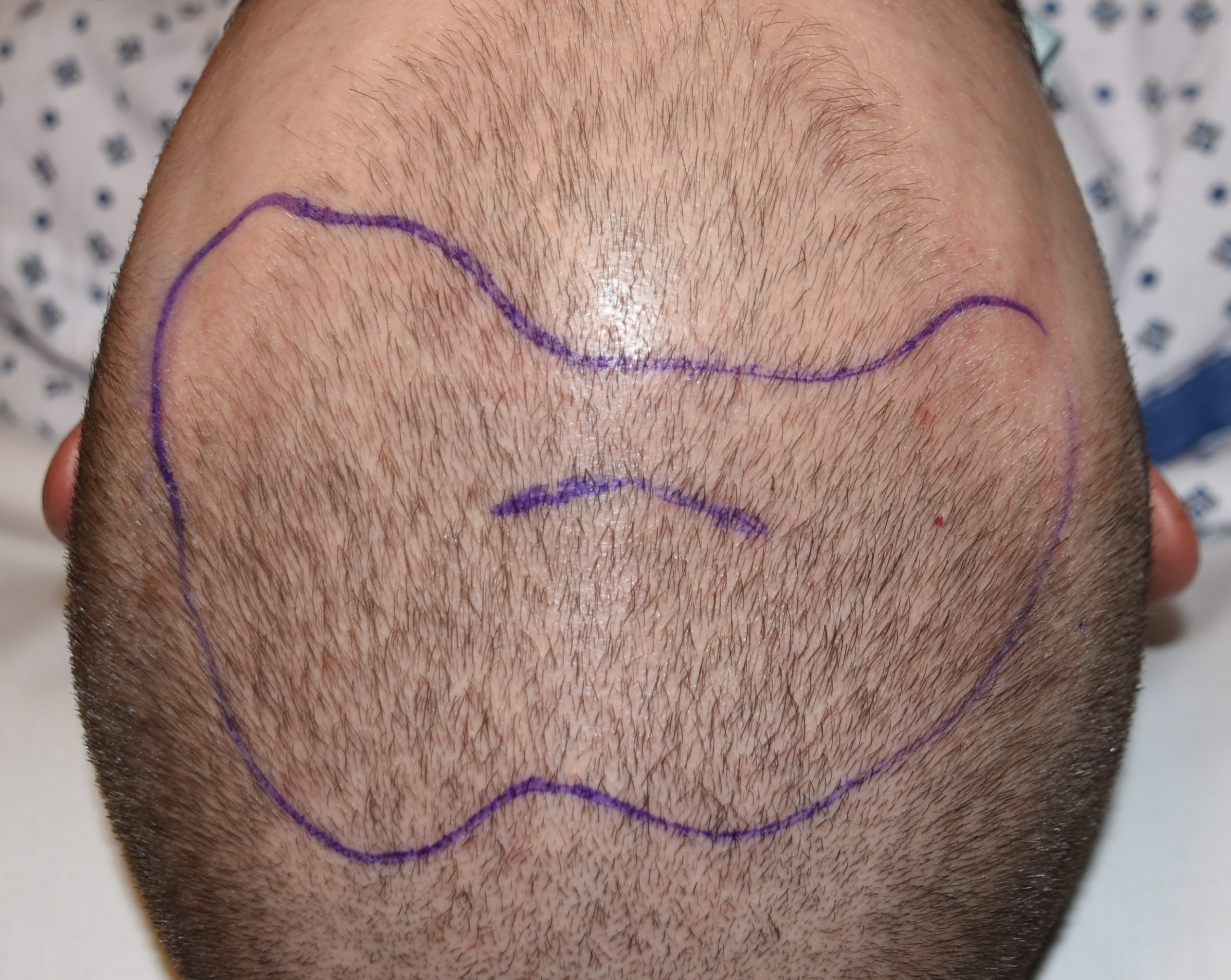
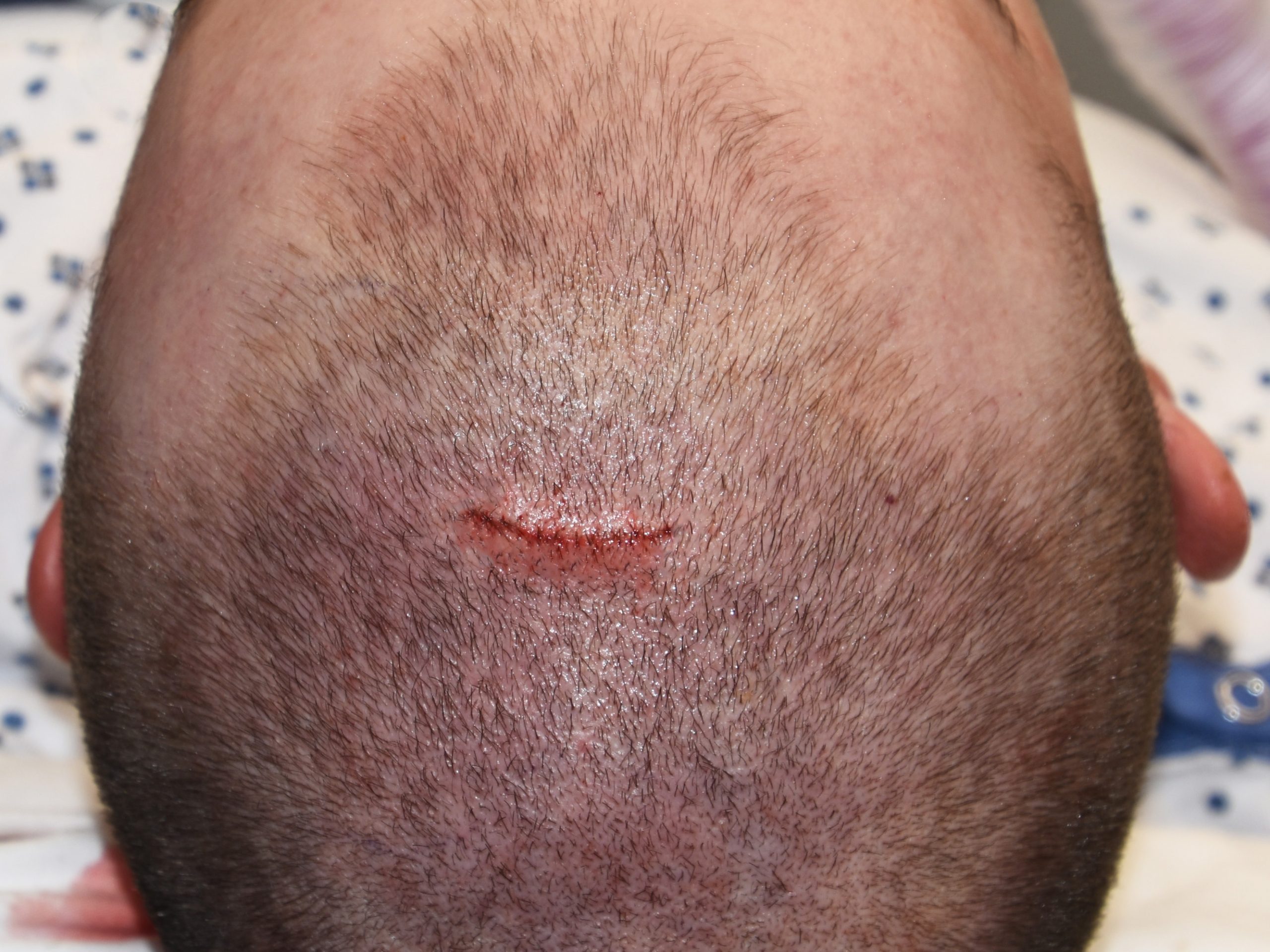
Desire for correction of sagittal dip skull deformity.
Placement of custom sagittal dip skull implant.


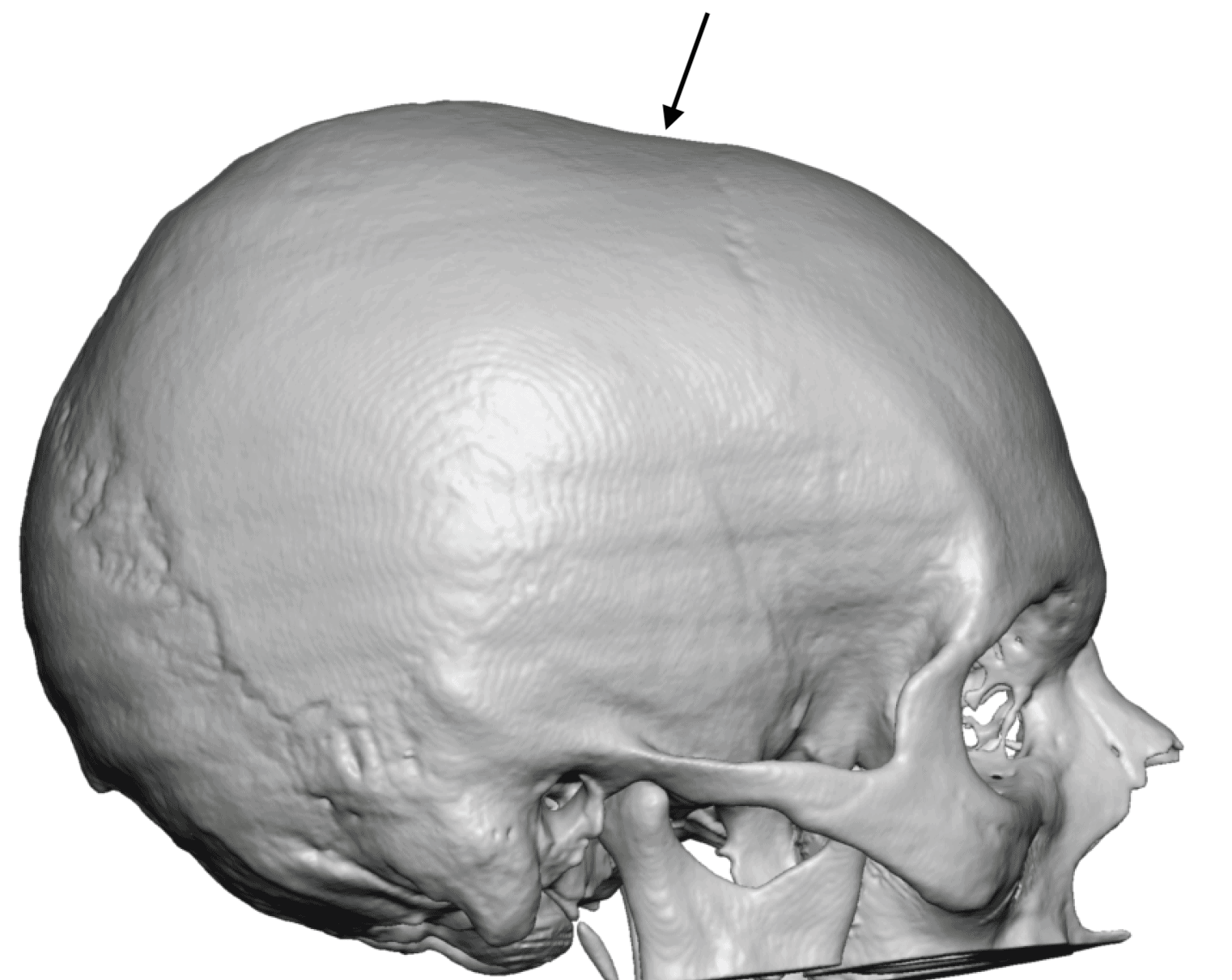
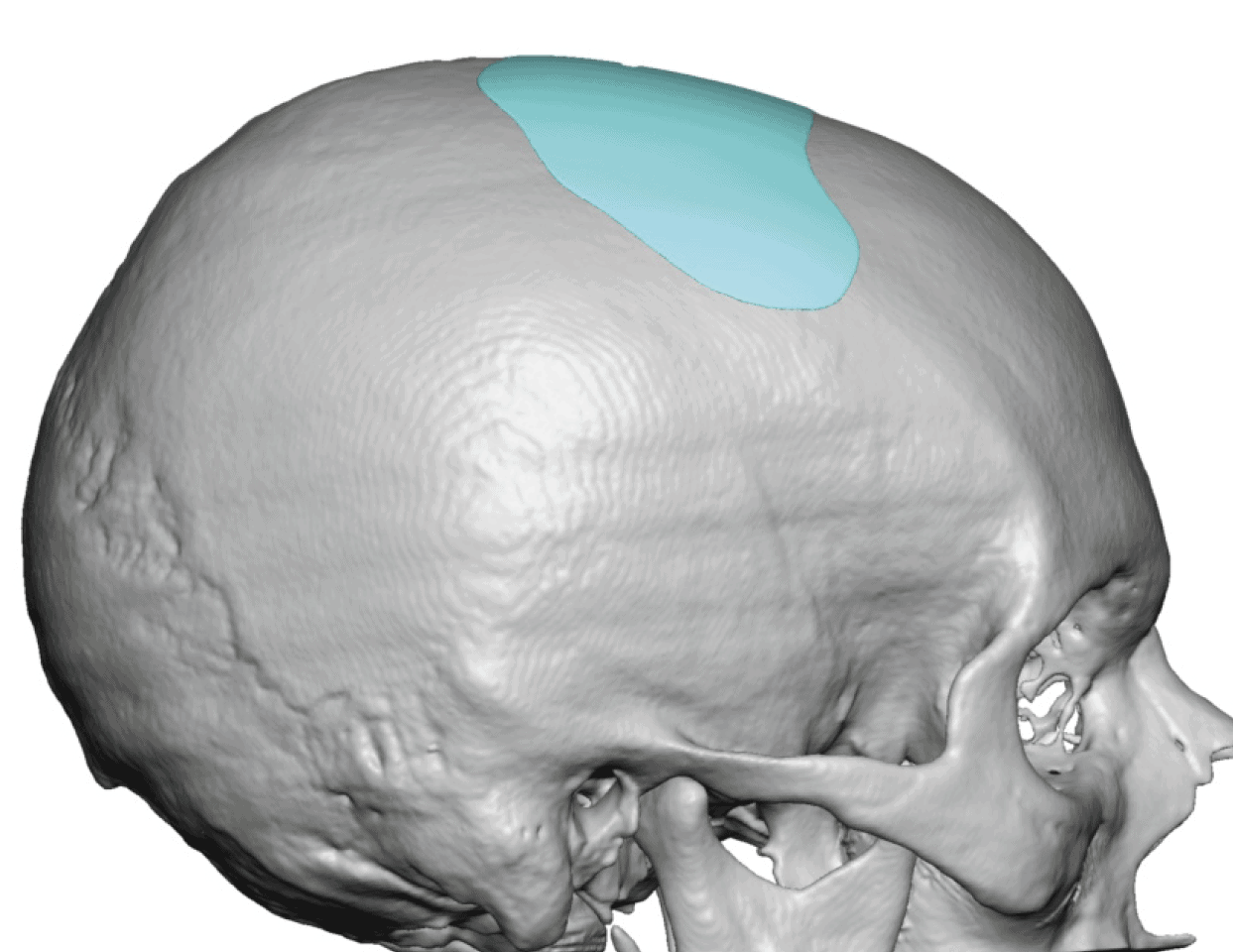
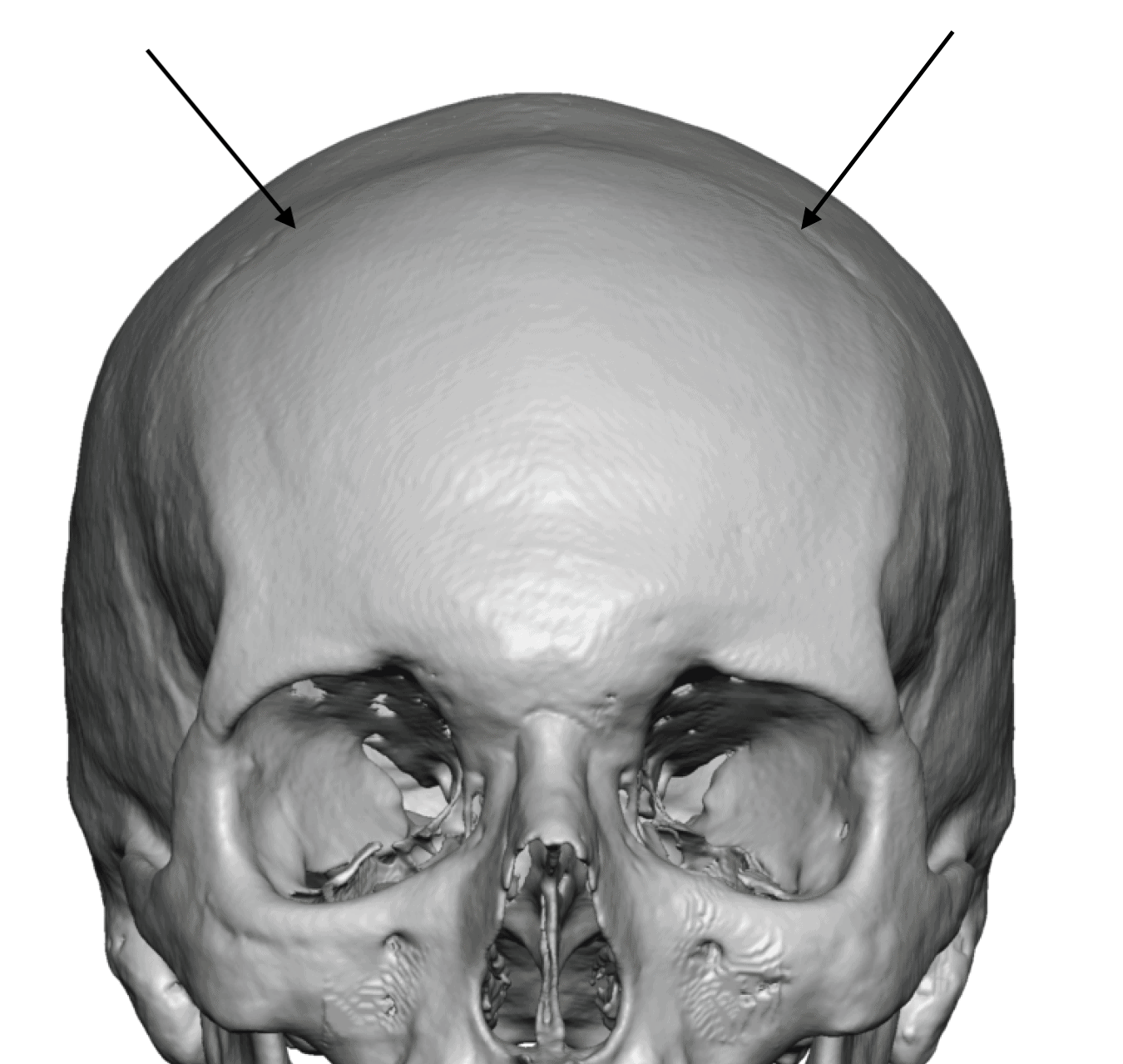
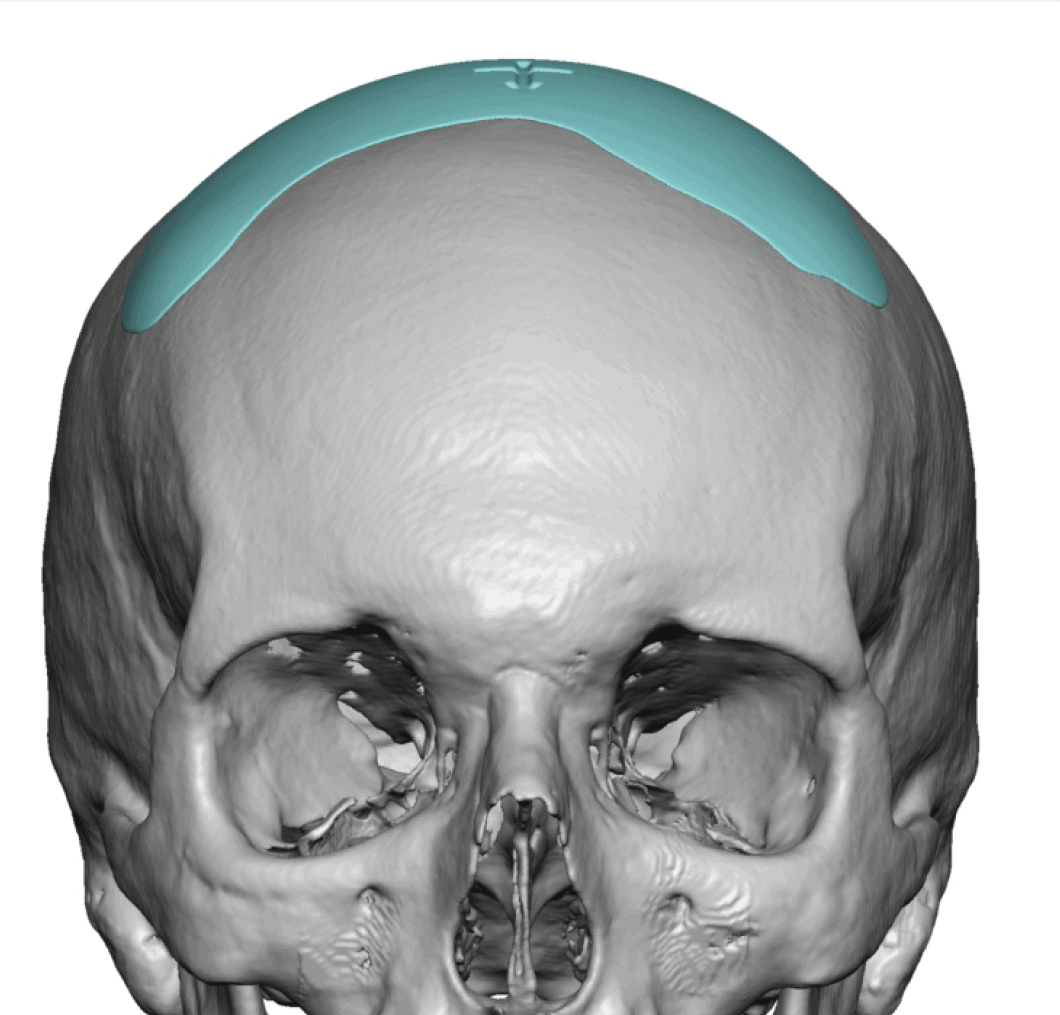
Desire for correction of sagittal dip skull deformity.
Placement of custom sagittal dip skull implant.
Patient 54
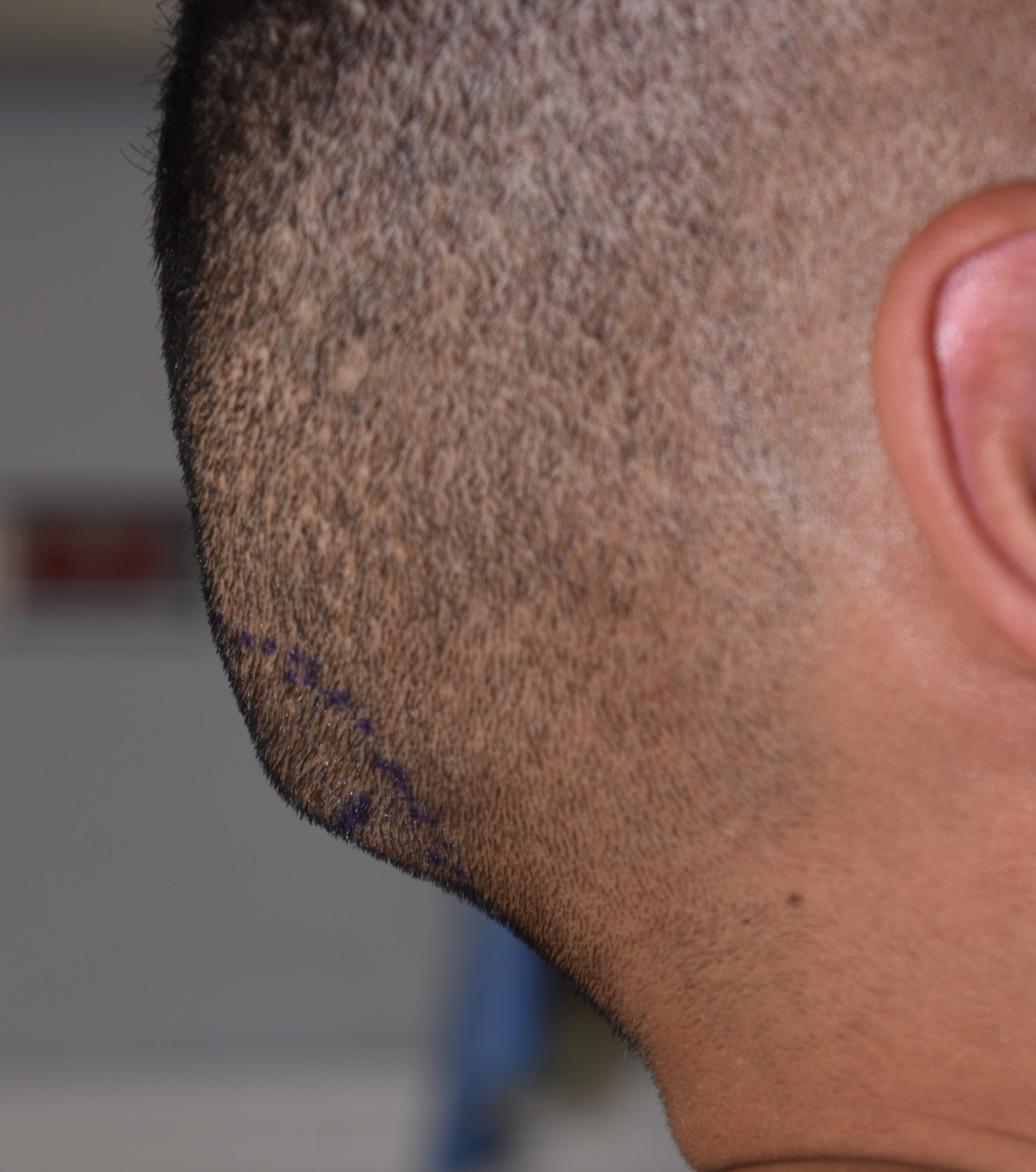
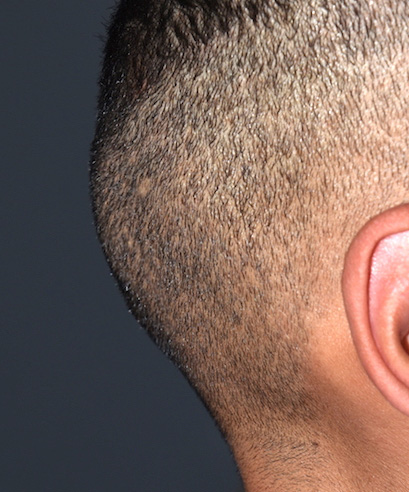
Desire for reduction of prominent occipital knob skull deformity.
Small incision occipital knob skull reduction.


Desire for reduction of prominent occipital knob skull deformity.
Small incision occipital knob skull reduction.
Patient 55
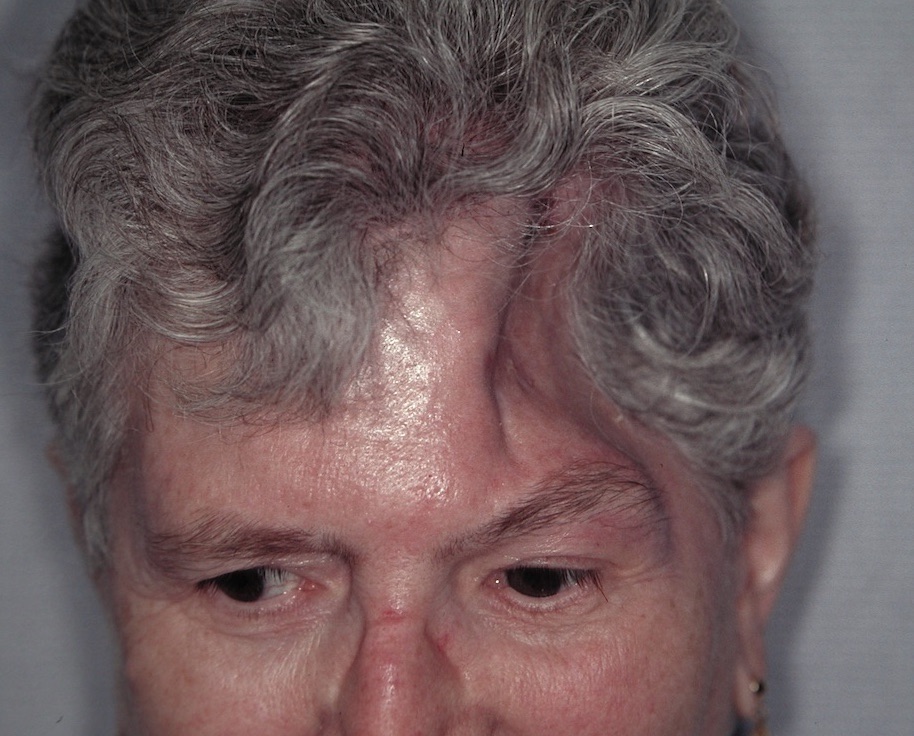
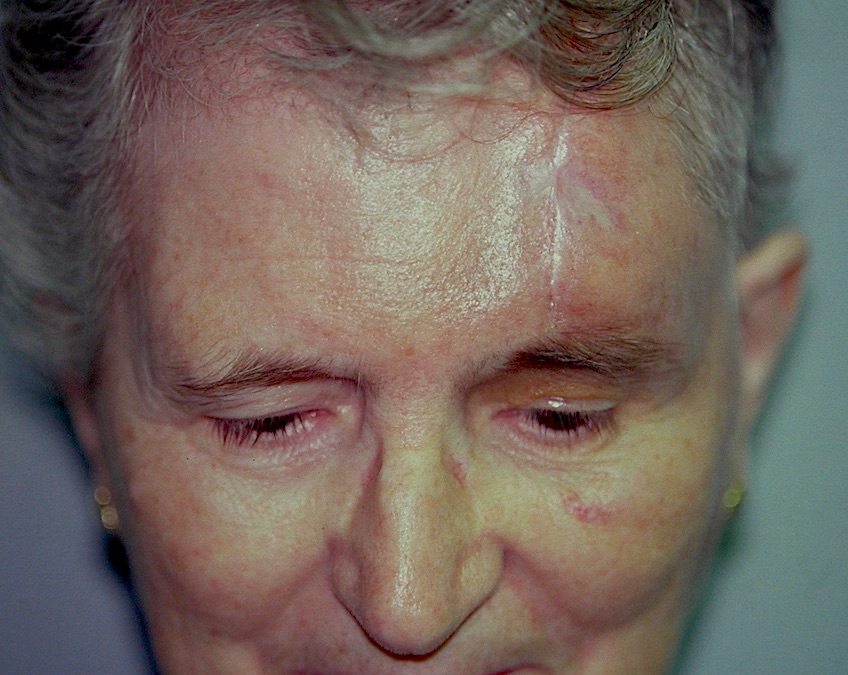
Reconstruction of loss of frontotemporal craniotomy bone flap from neurosurgery.
Reconstruction of full-thickness skull defect with computer-generated HTR-PMI cranial implant.


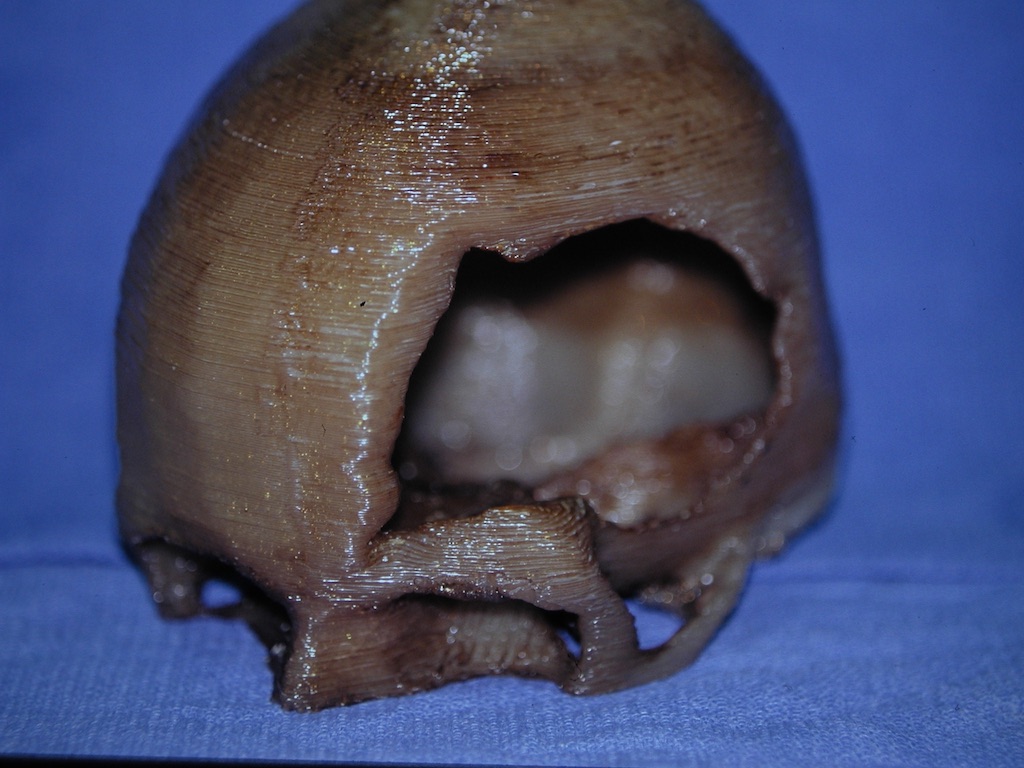
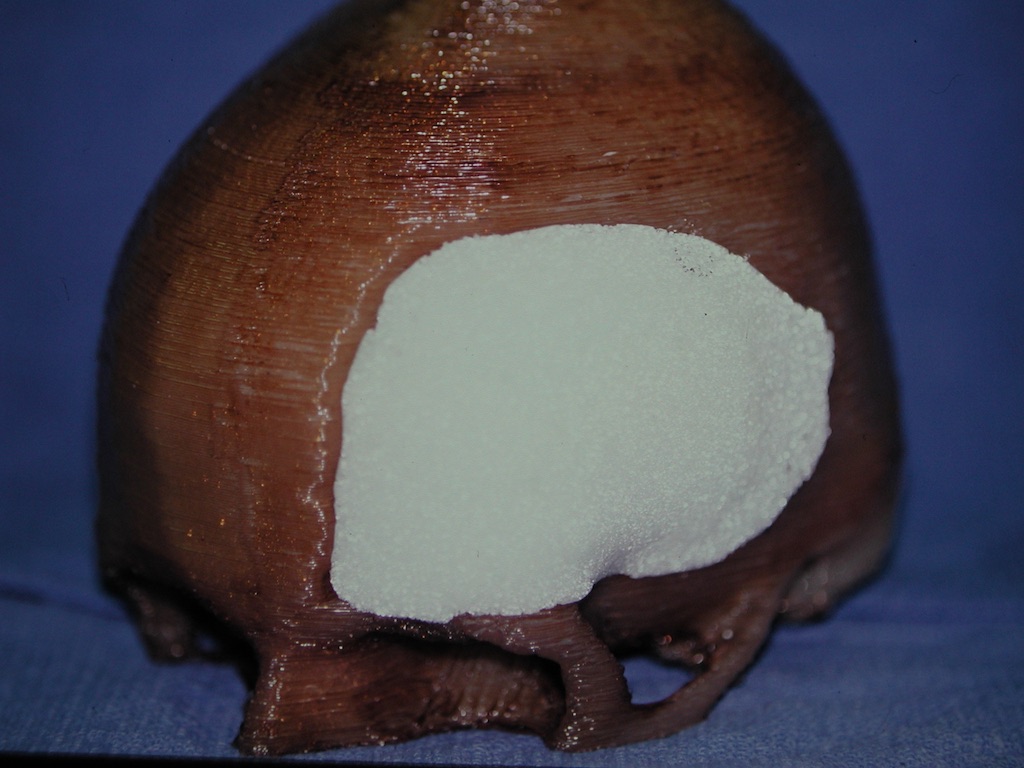
Reconstruction of loss of frontotemporal craniotomy bone flap from neurosurgery.
Reconstruction of full-thickness skull defect with computer-generated HTR-PMI cranial implant.
Patient 56
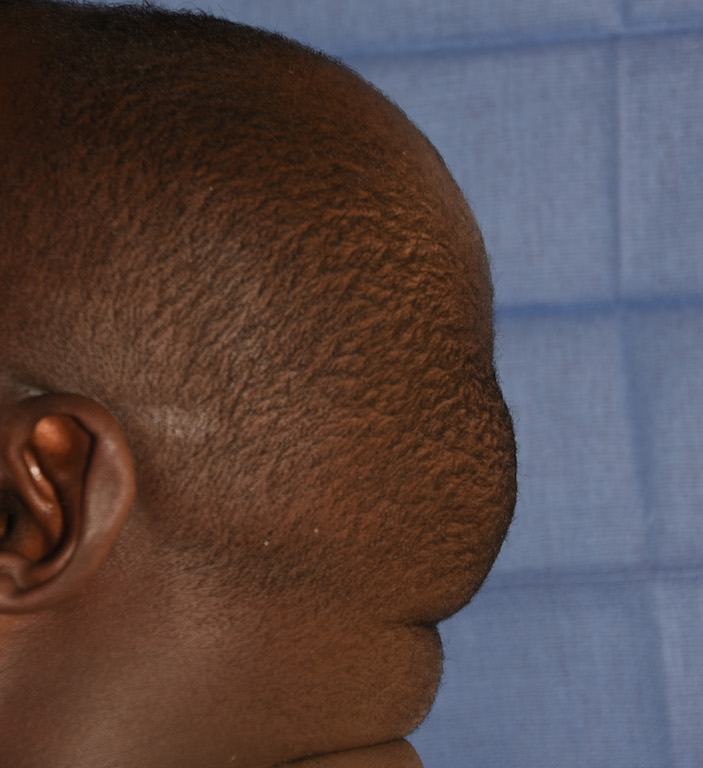
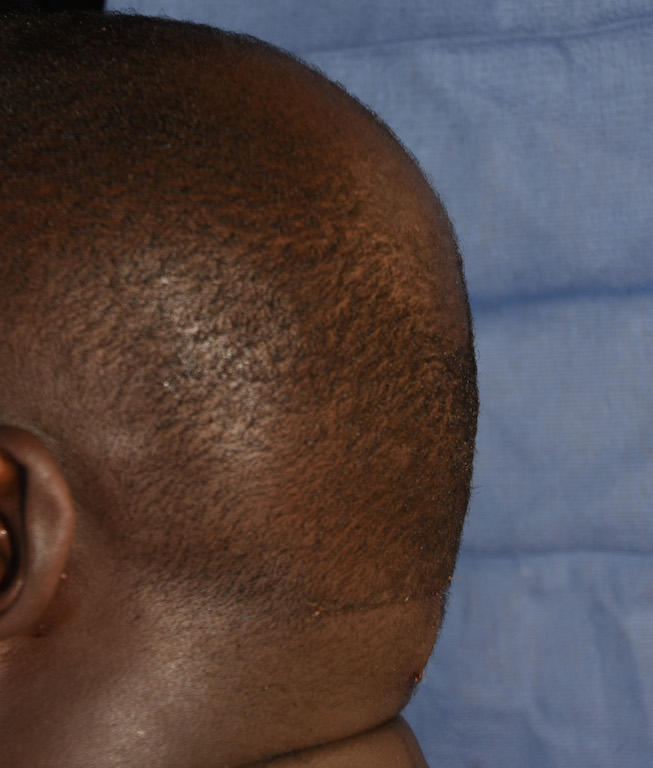
Desire for reduction of large occipital bone prominence.
Occipital bone reduction with scalp excision/tuck through existing horizontal neck skin crease.


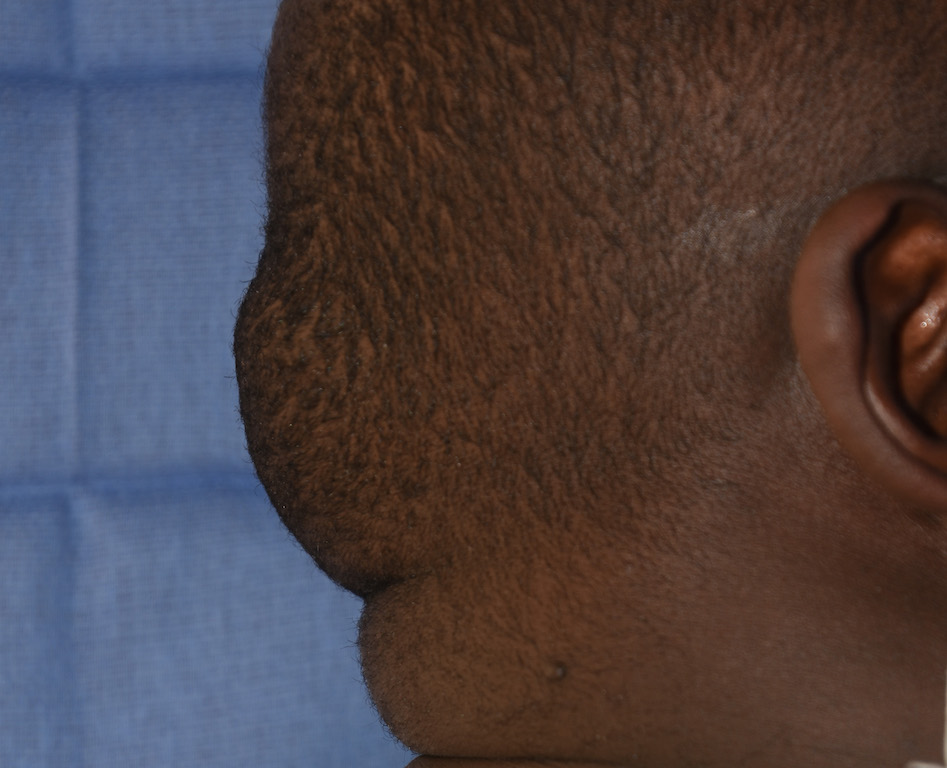
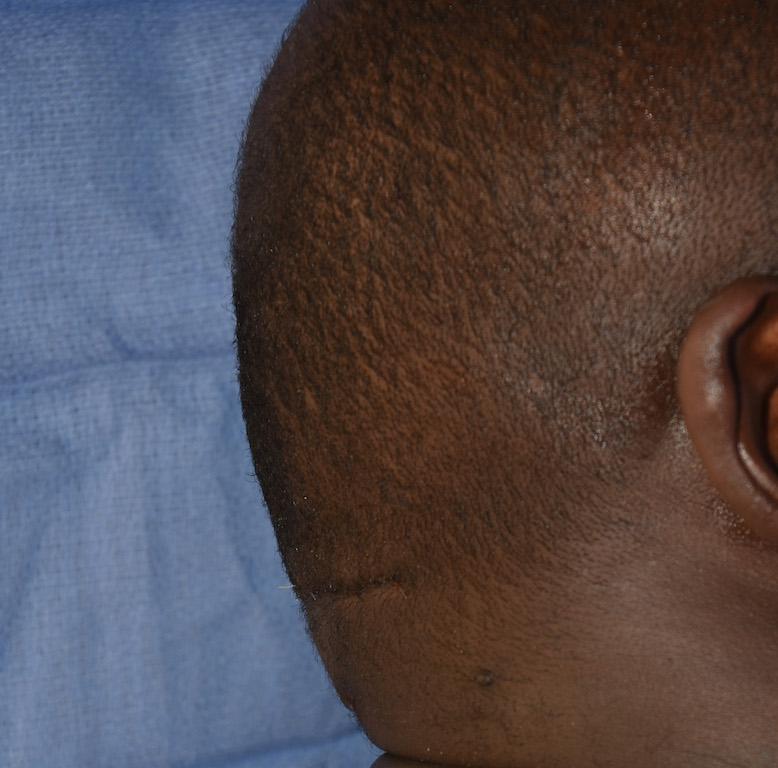
Desire for reduction of large occipital bone prominence.
Occipital bone reduction with scalp excision/tuck through existing horizontal neck skin crease.
57
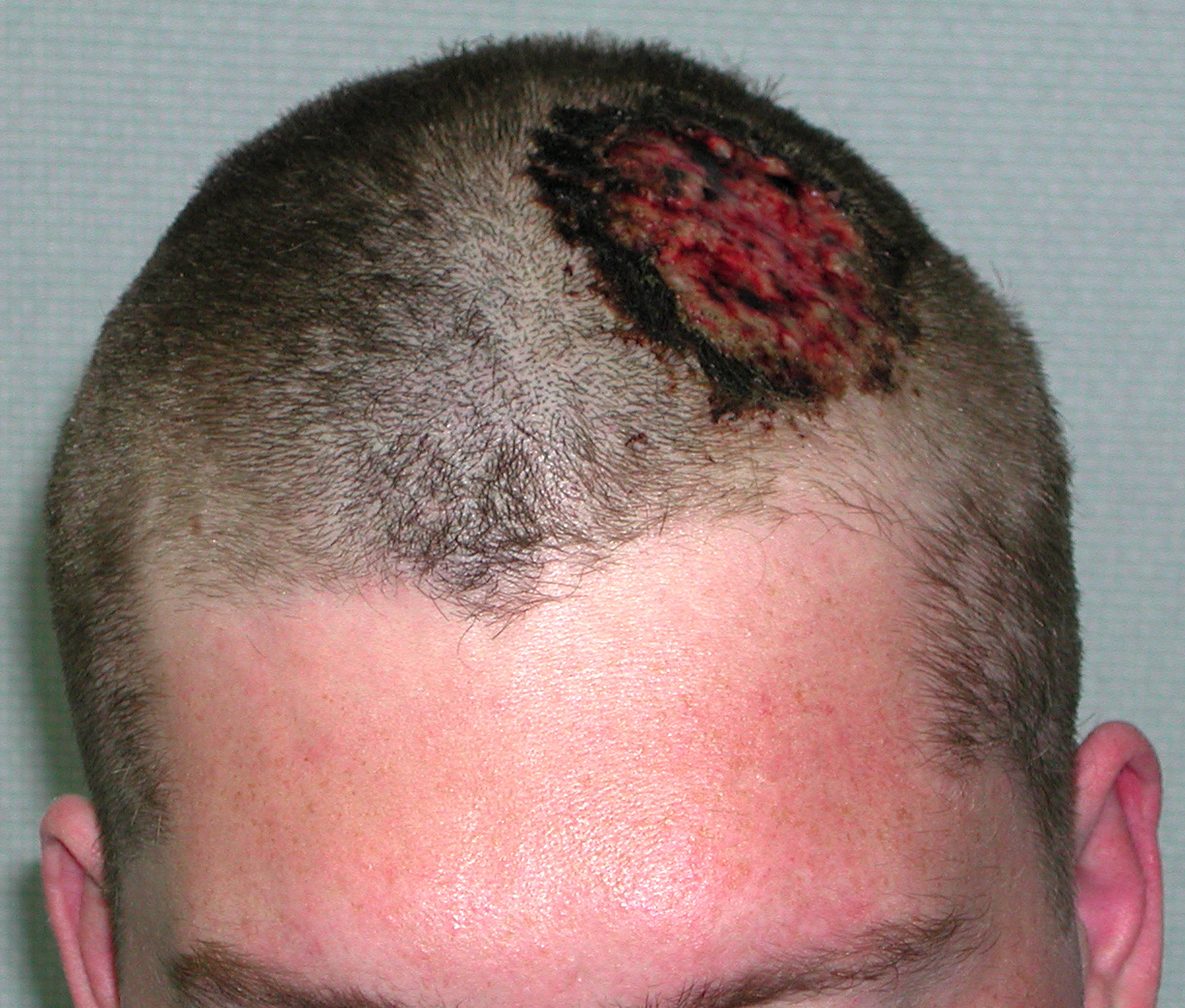
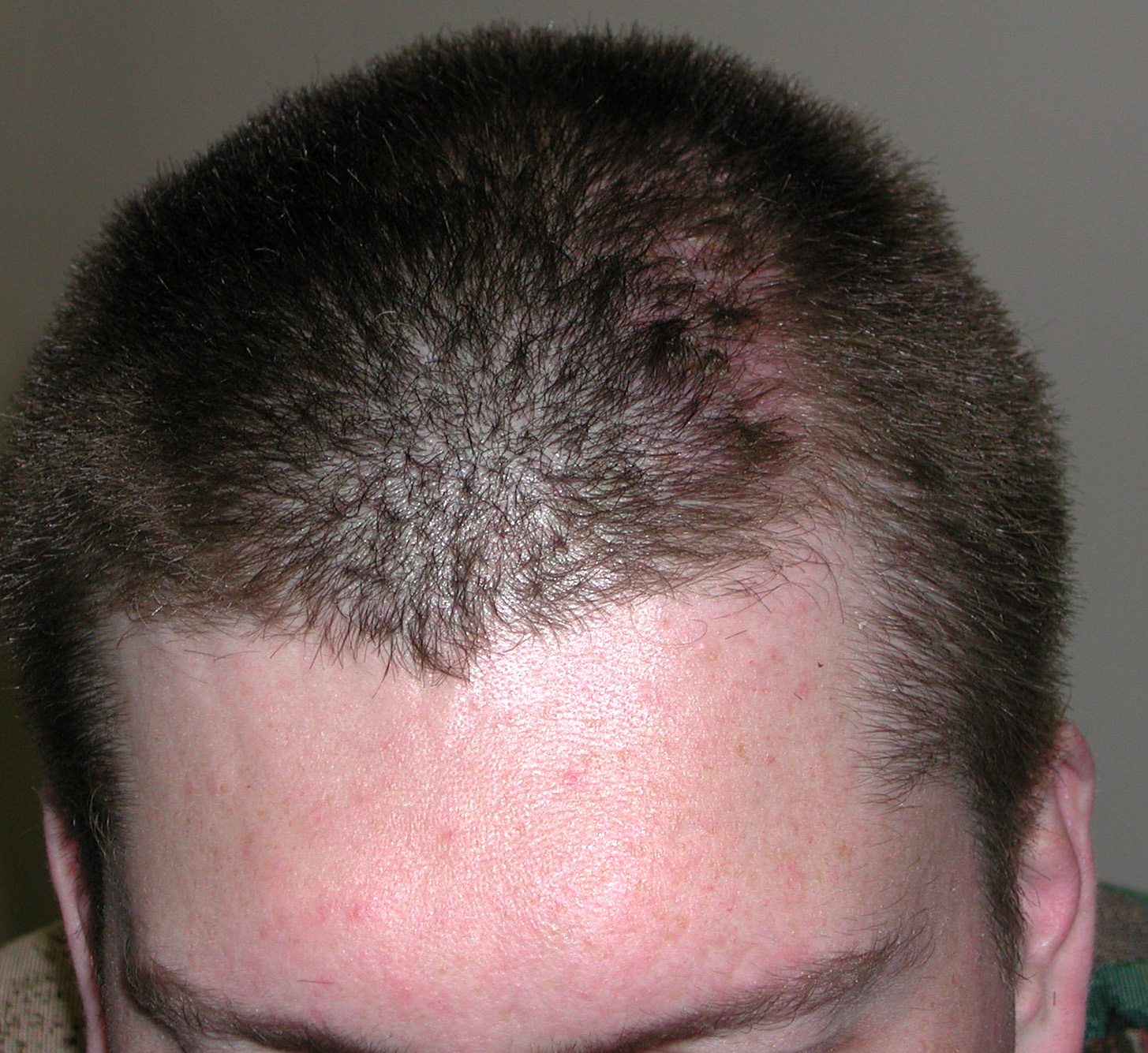
Scalp avulsion due to traumatic injury which left a large patch of non-hair bearing scalp.
Hair bearing scalp reconstruction using a first stage tissue expanders and second stage scalp scar removal.


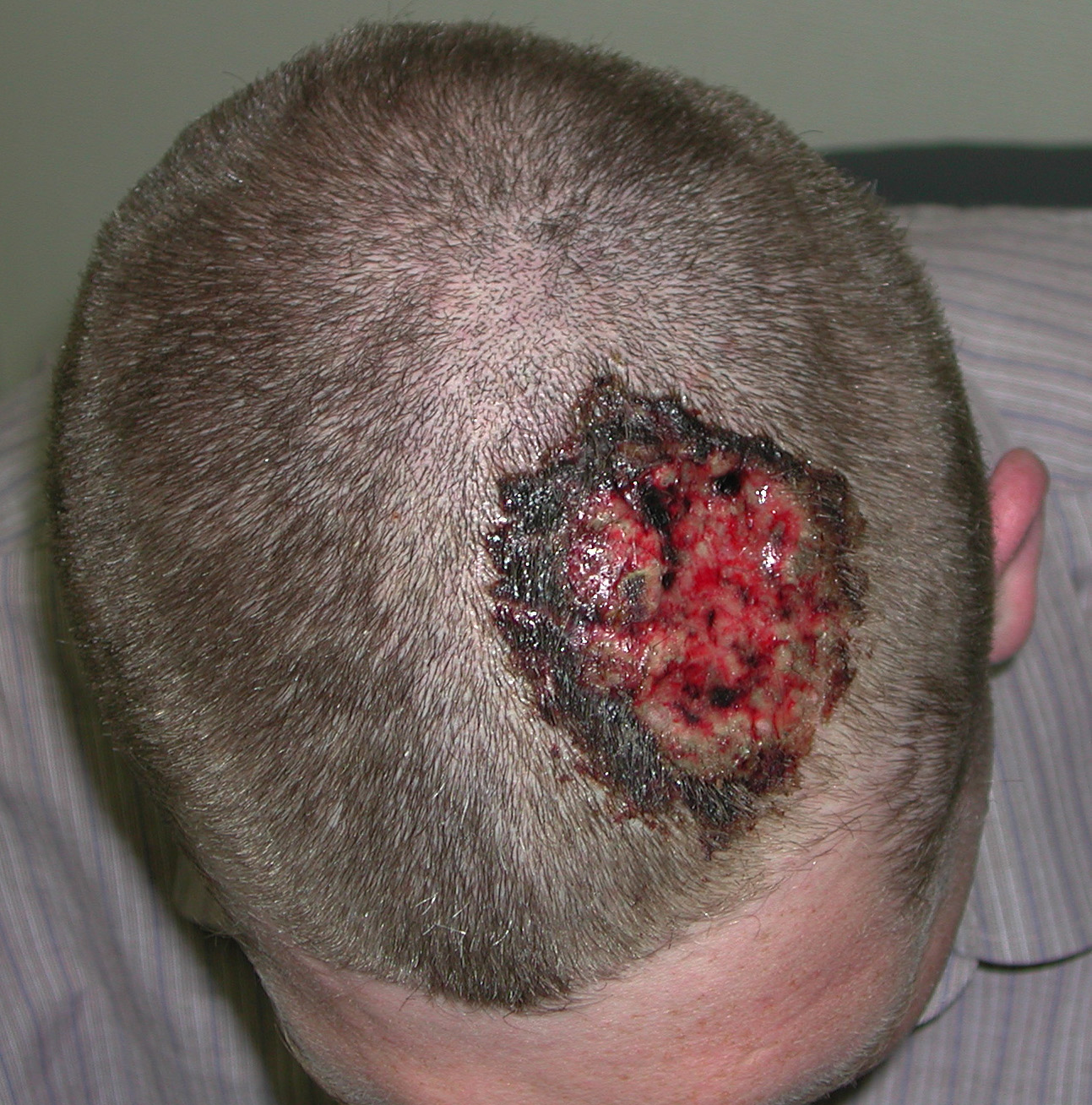
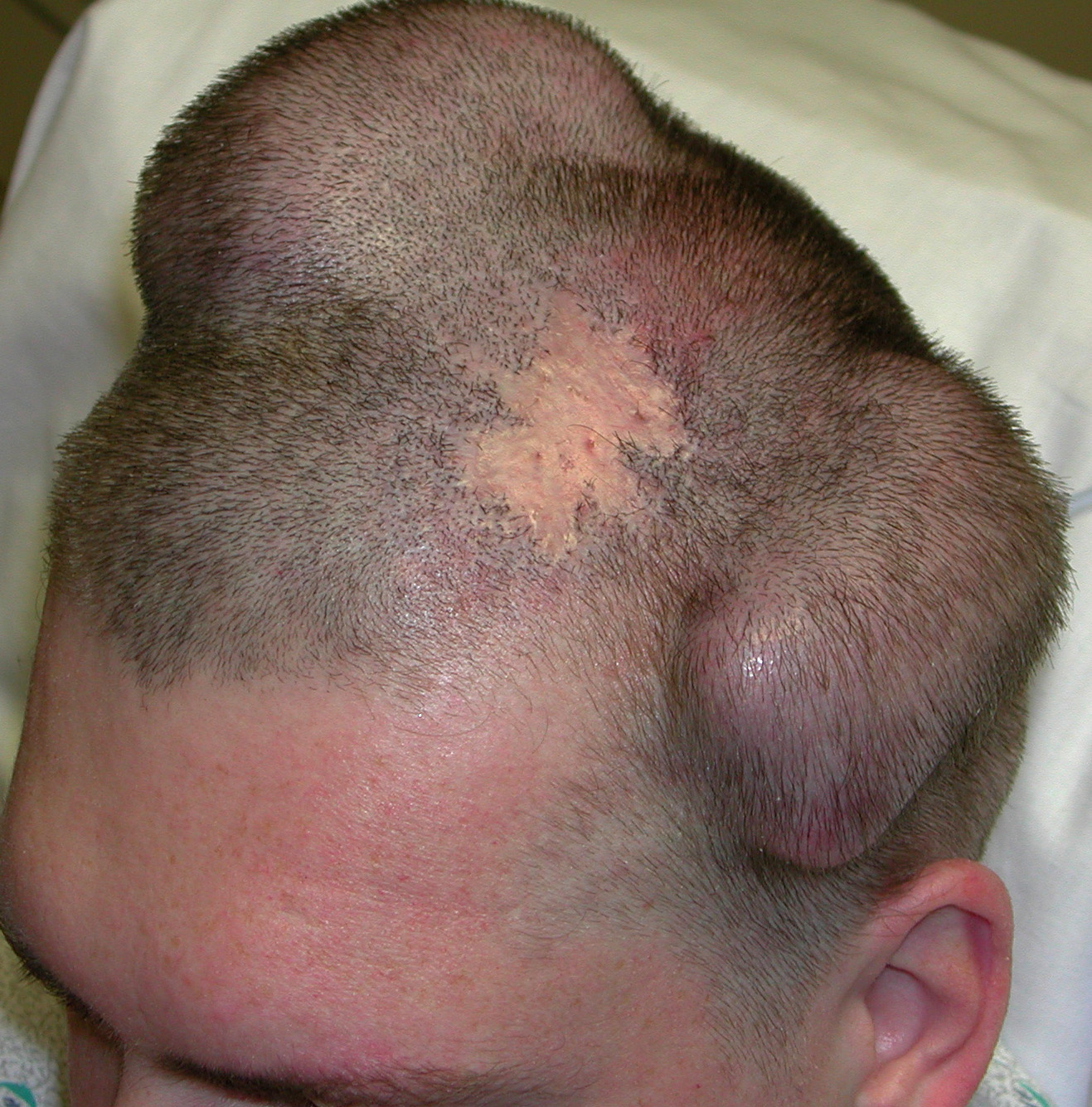
Scalp avulsion due to traumatic injury which left a large patch of non-hair bearing scalp.
Hair bearing scalp reconstruction using a first stage tissue expanders and second stage scalp scar removal.
Patient 58
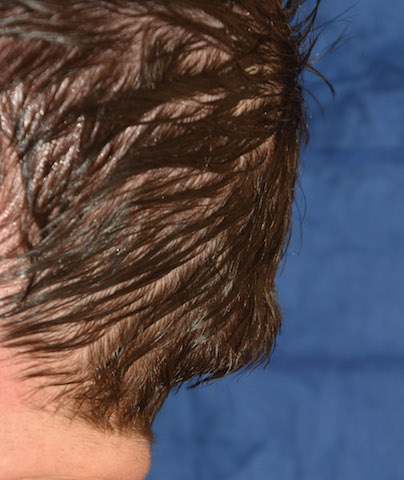
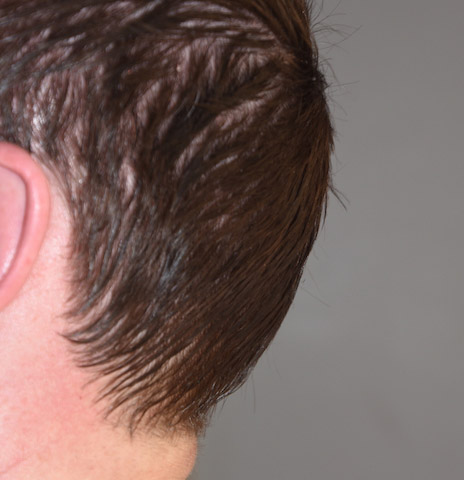
Reduction of prominent bump in the center of the back his head.
Occipital knob skull reduction done through a small overlying scalp incision.


Reduction of prominent bump in the center of the back his head.
Occipital knob skull reduction done through a small overlying scalp incision.
Patient 59
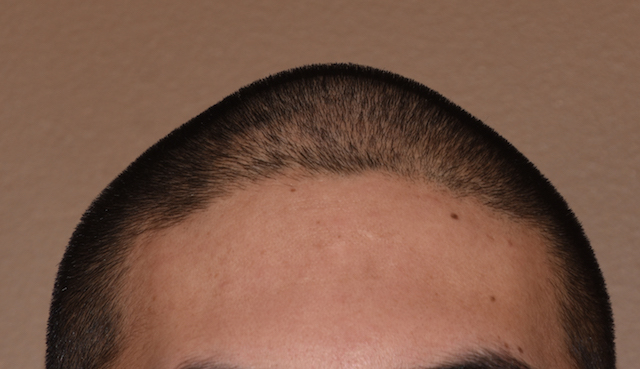
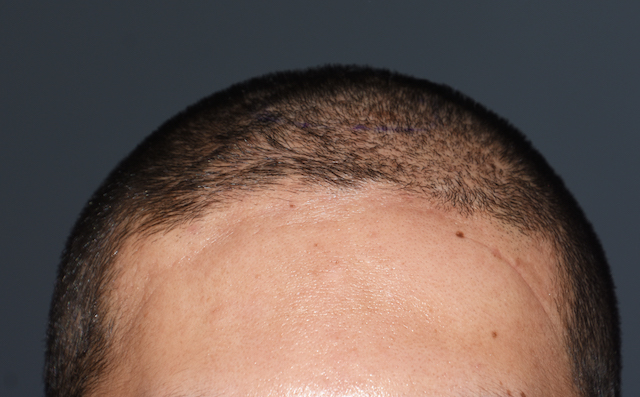
Desire to reduce anterior sagittal skull prominence.
Anterior sagittal skull prominence reduction through bone burring technique.


Desire to reduce anterior sagittal skull prominence.
Anterior sagittal skull prominence reduction through bone burring technique.
Patient 60
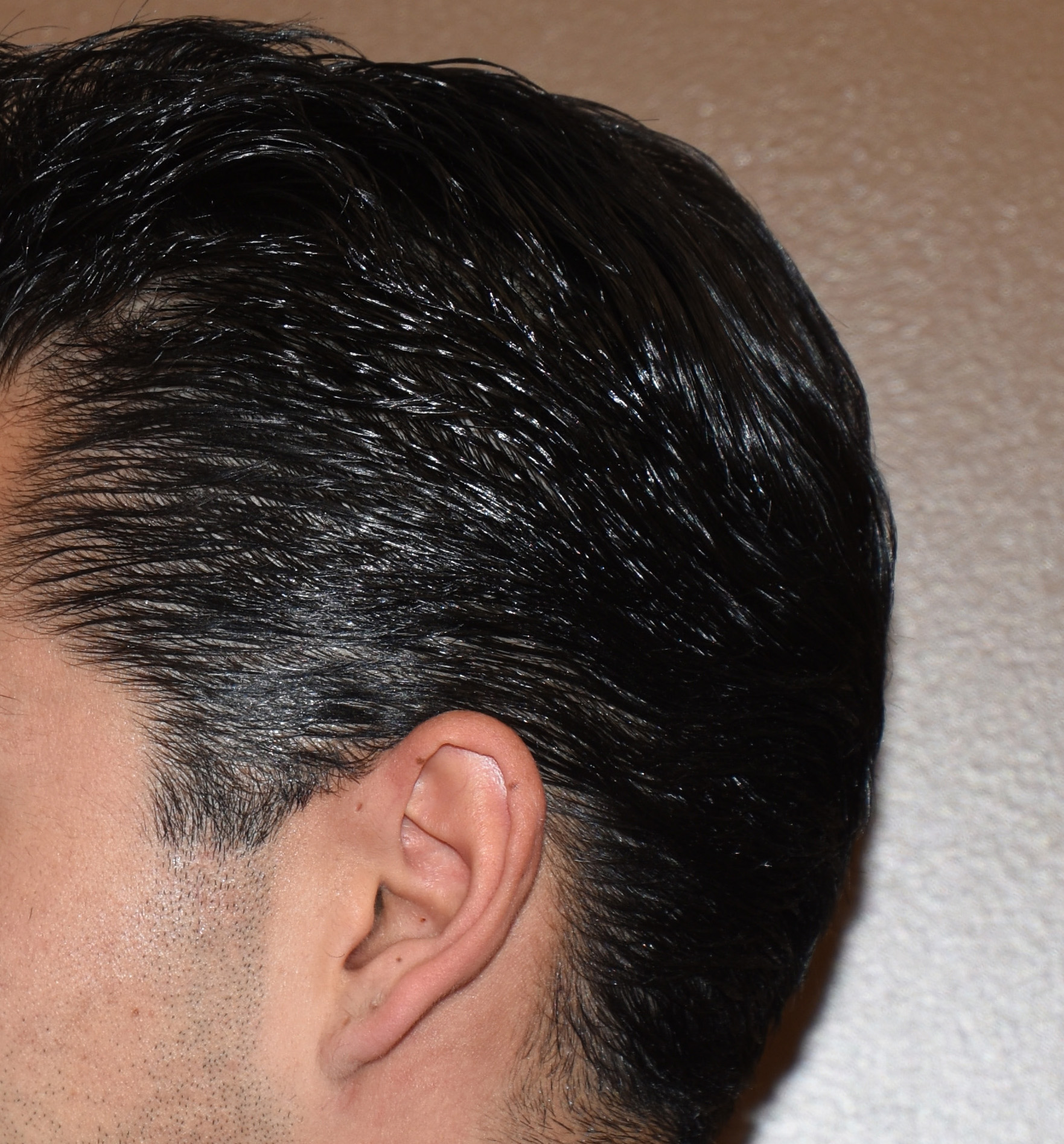
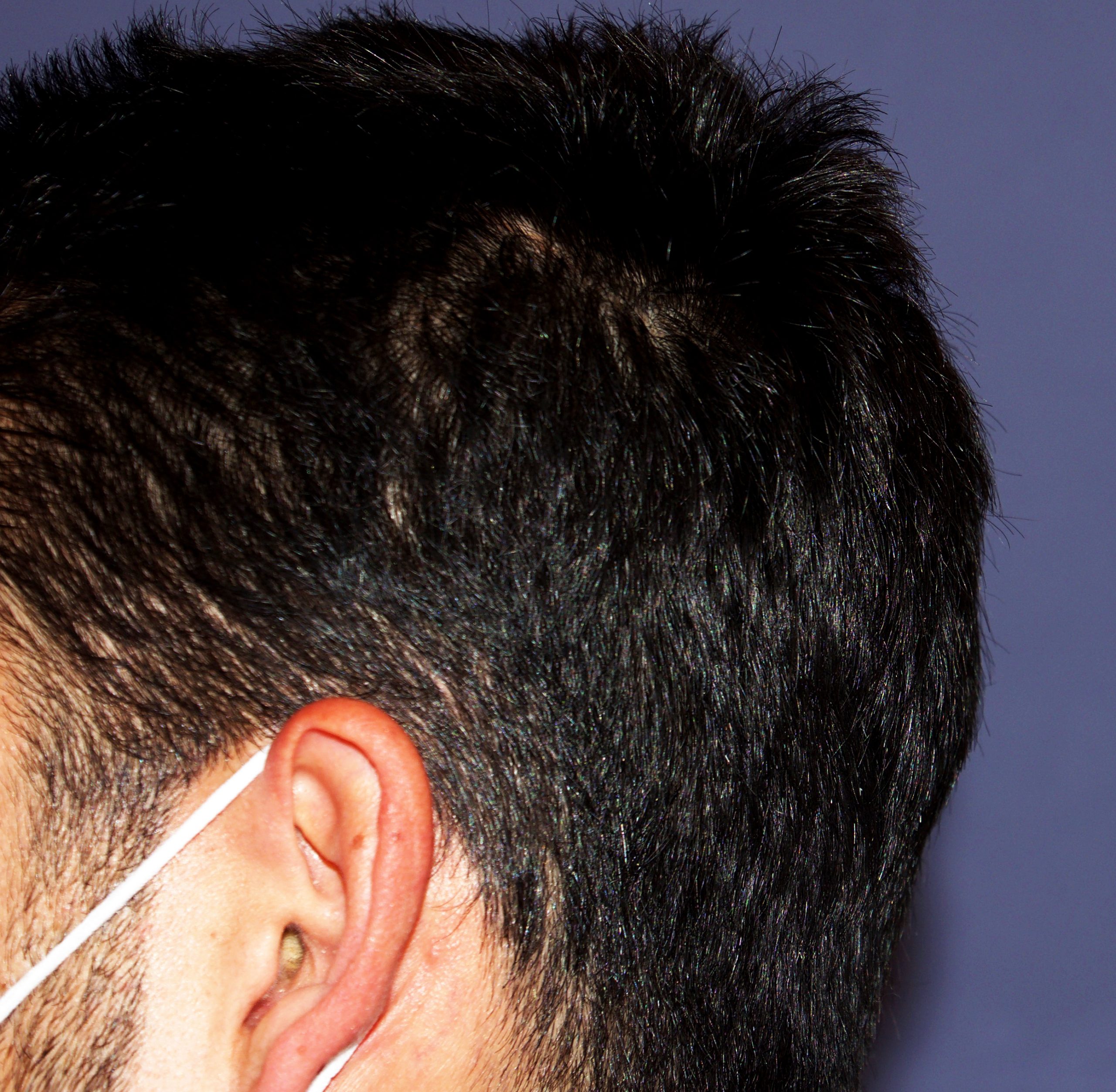
Desired to have a more symmetric back of the head with increased projection.
Placement of custom back of the head skull implant.


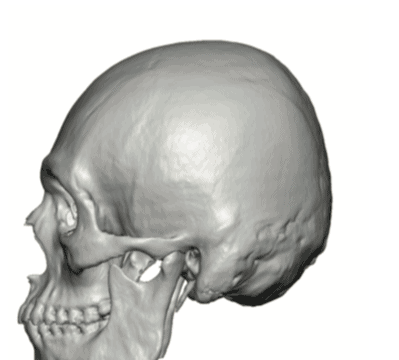
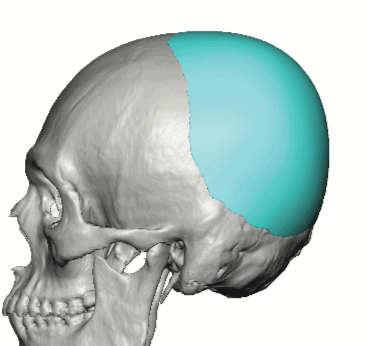
Desired to have a more symmetric back of the head with increased projection.
Placement of custom back of the head skull implant.
Patient 61
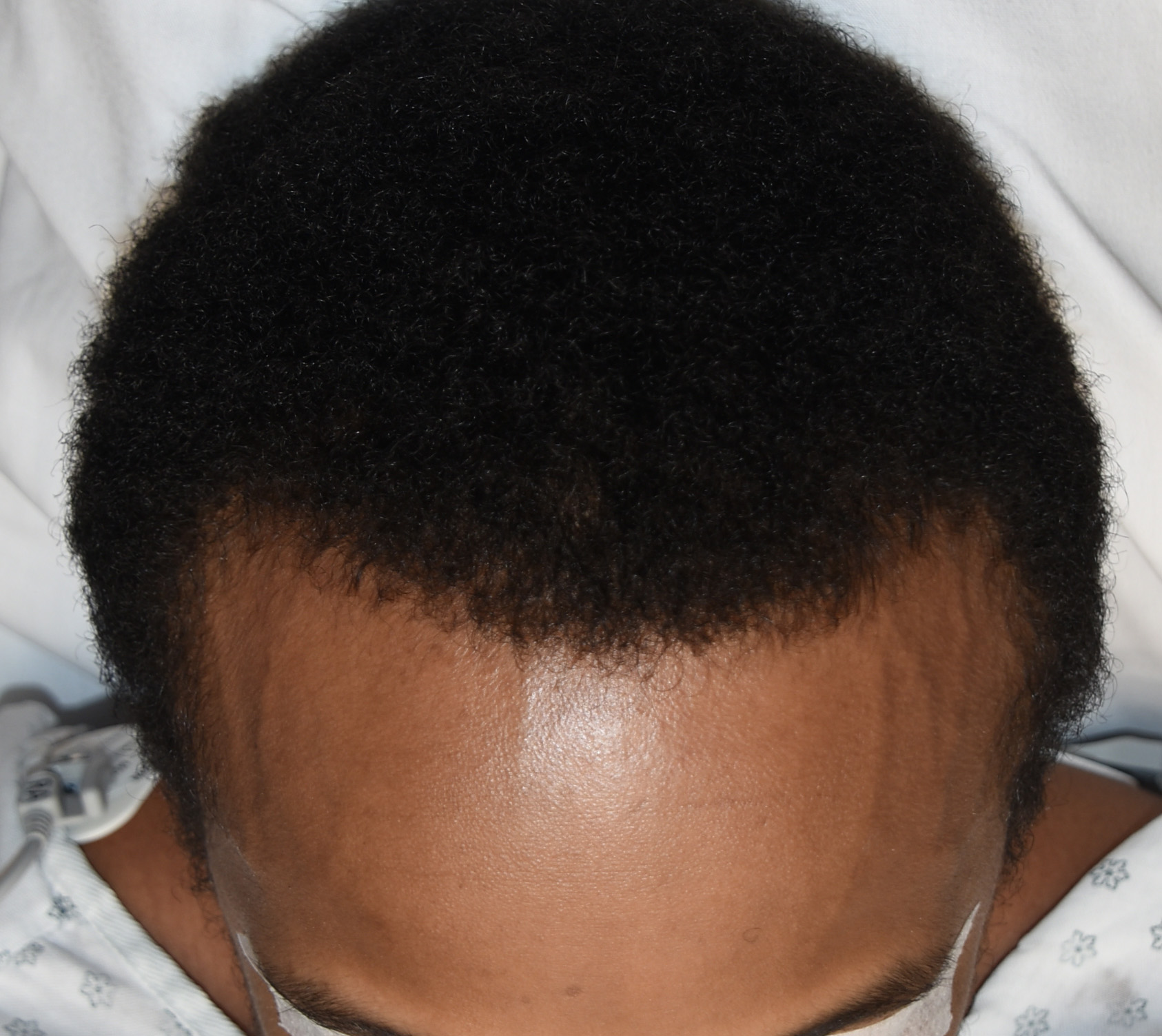
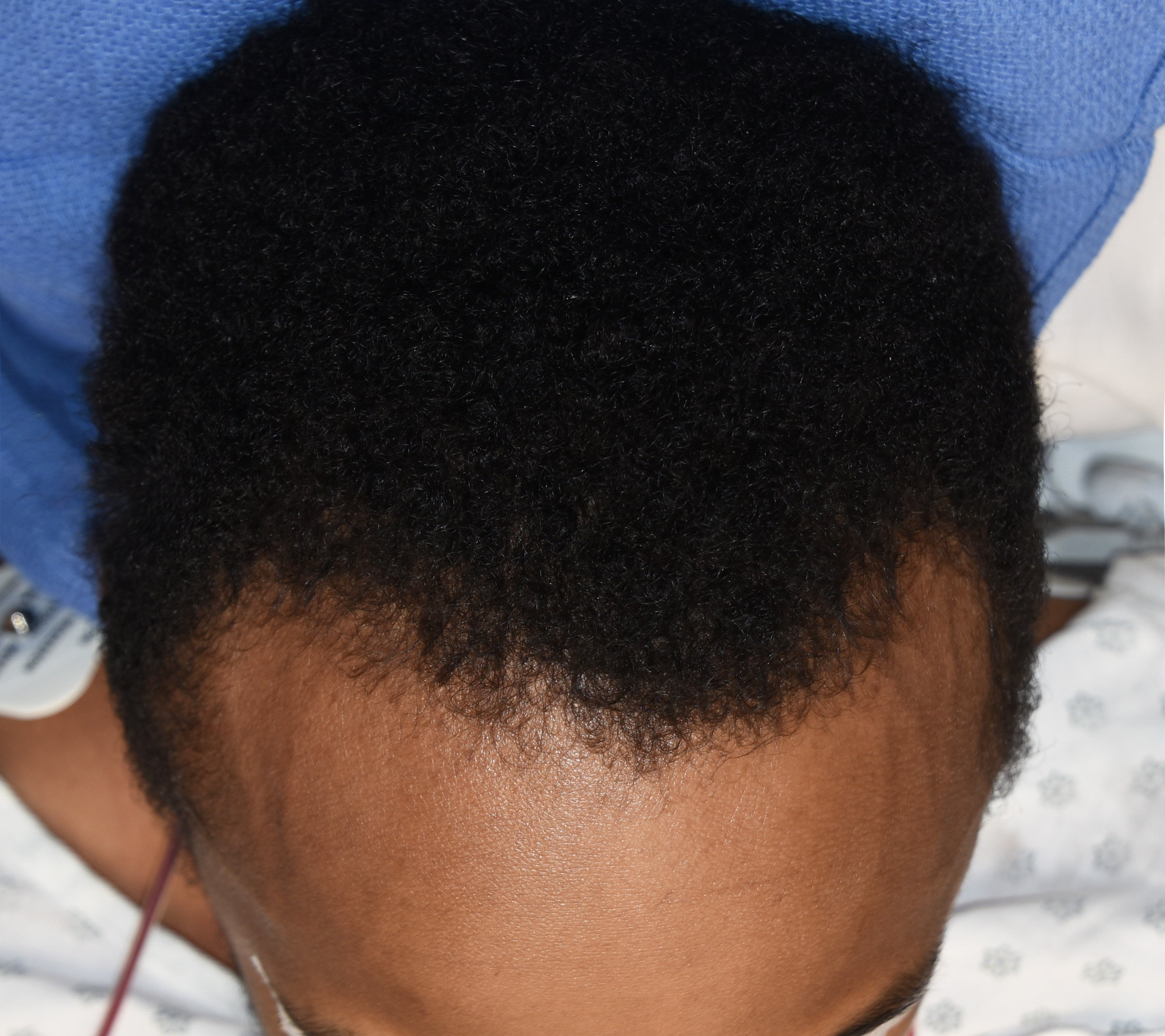
Desire for less wide sides of the head.
Head narrowing surgery performed by removal of posterior temporal muscle through postauricular incisions.


Desire for less wide sides of the head.
Head narrowing surgery performed by removal of posterior temporal muscle through postauricular incisions.
Patient 62
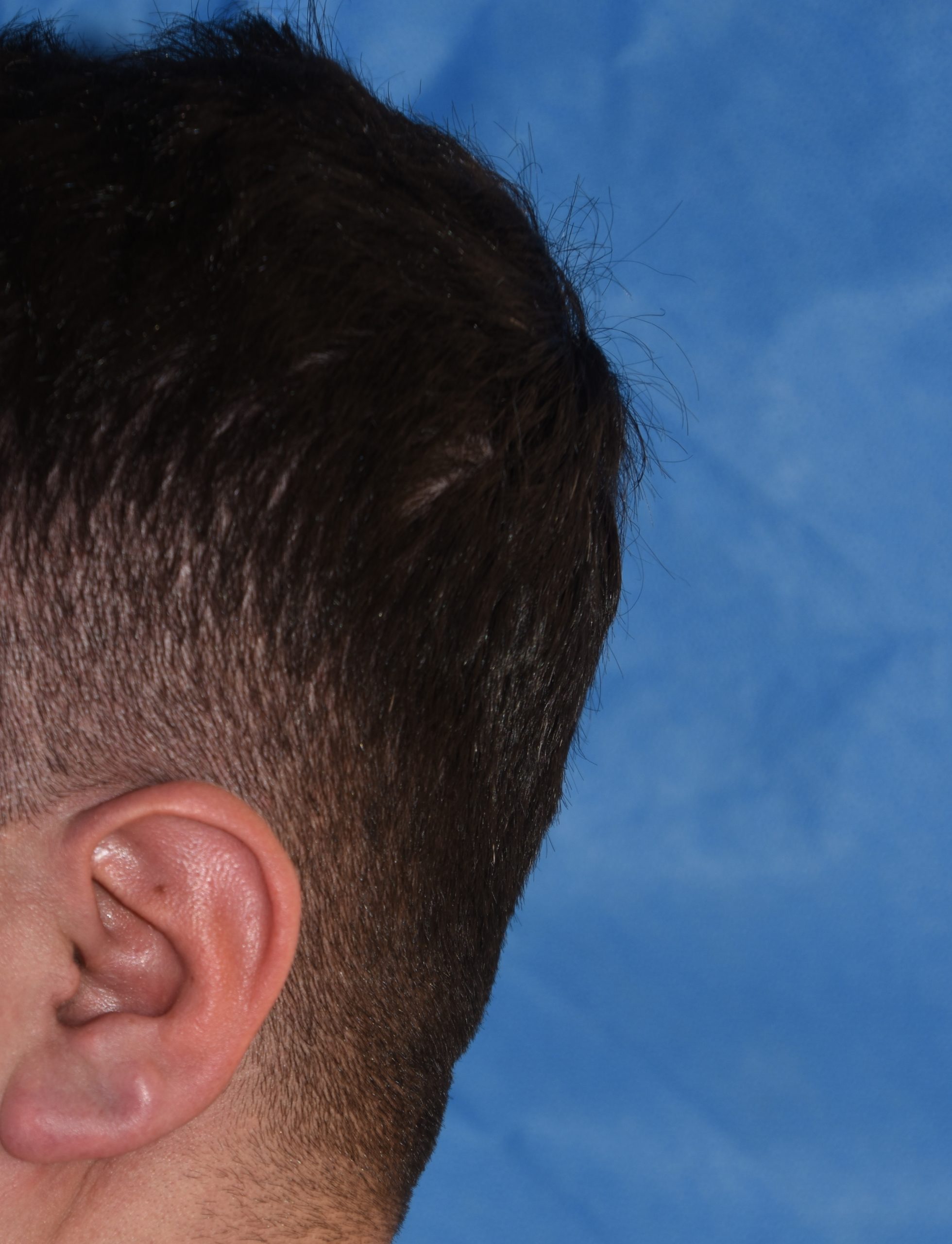
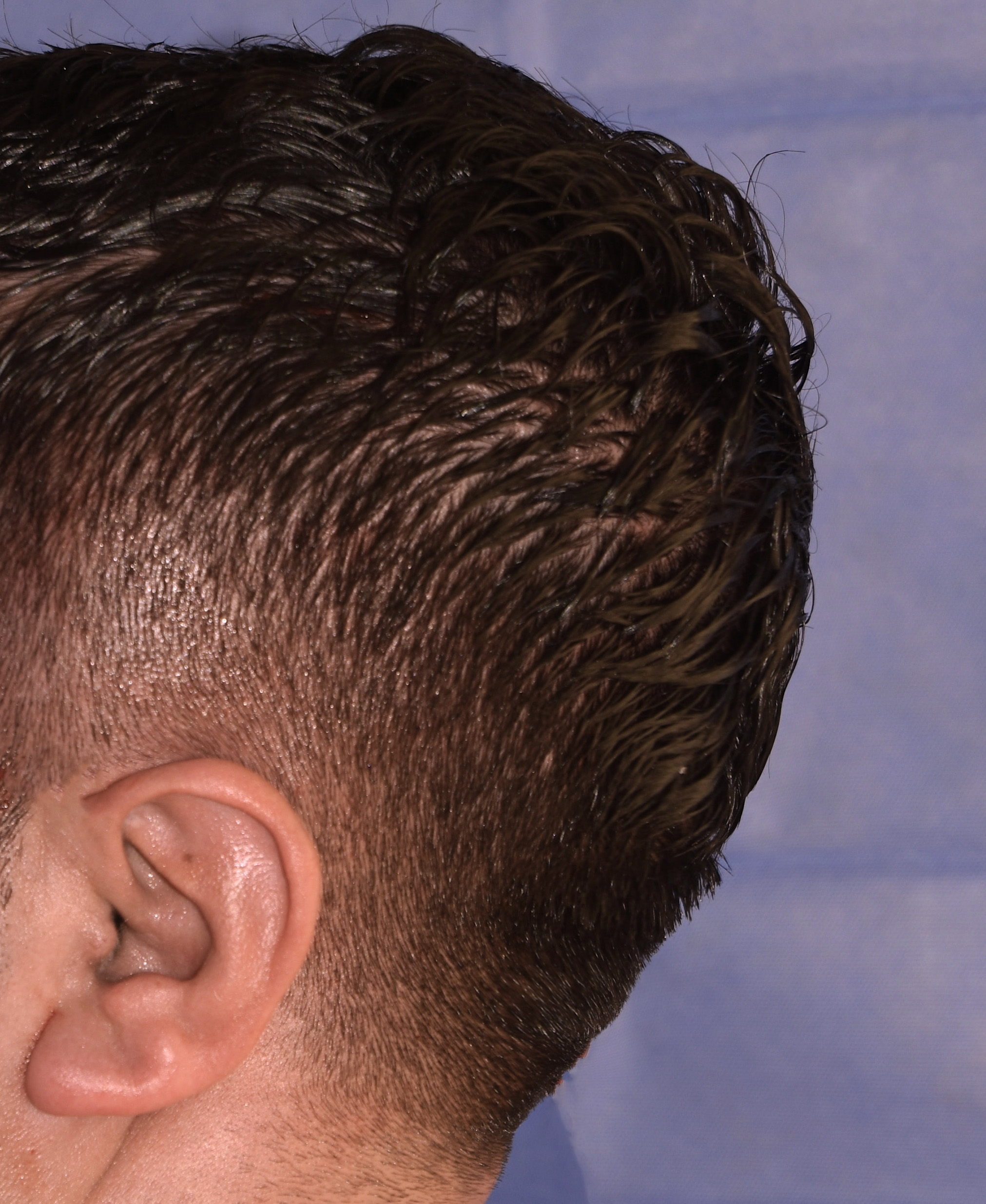
Desire for more round and full back of head.
Placement of custom occipital-parietal skull implant.


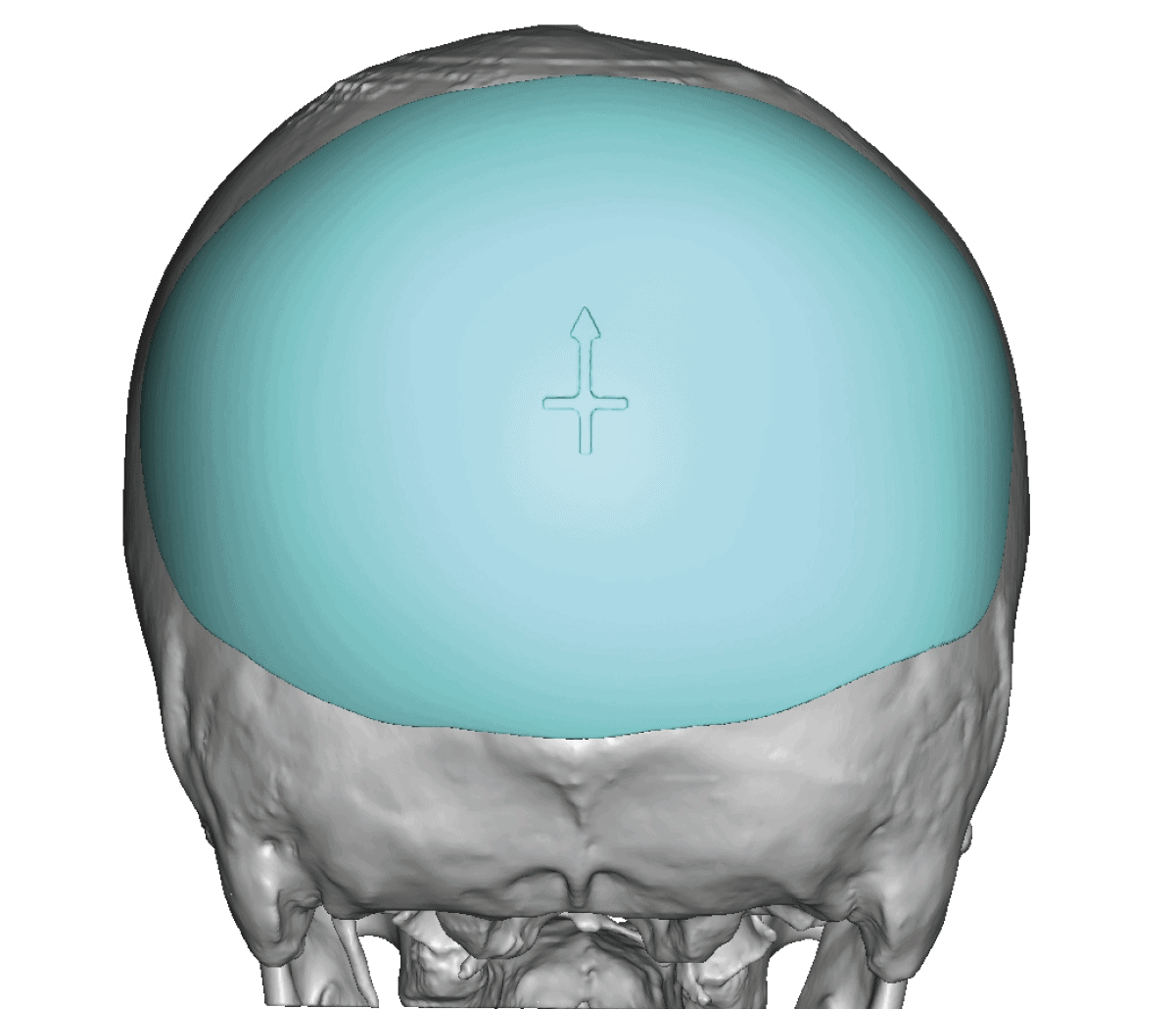
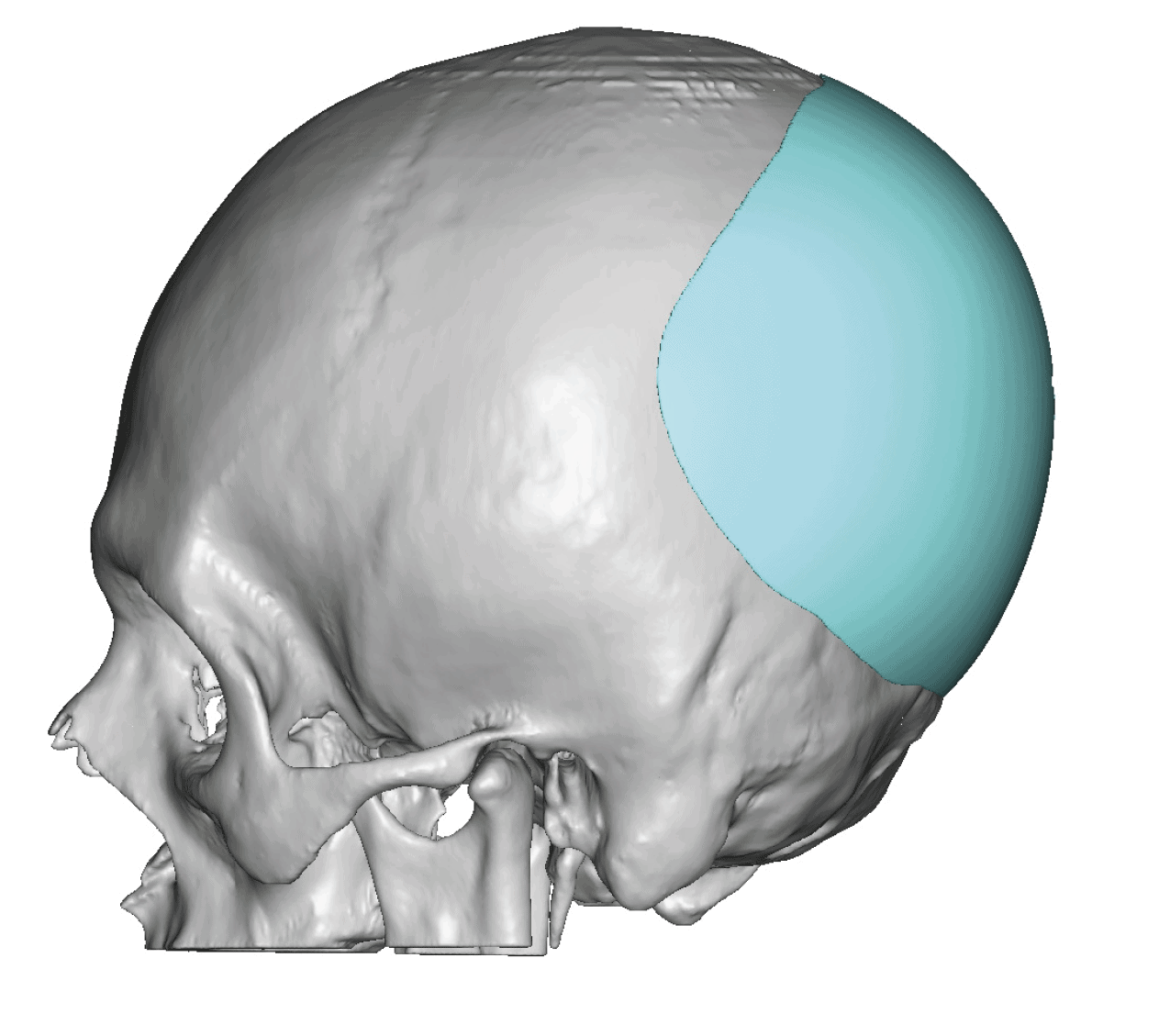
Desire for more round and full back of head.
Placement of custom occipital-parietal skull implant.
Patient 63
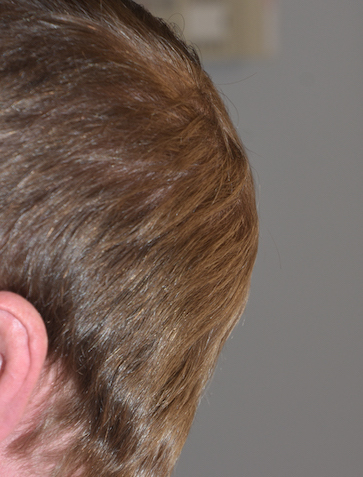
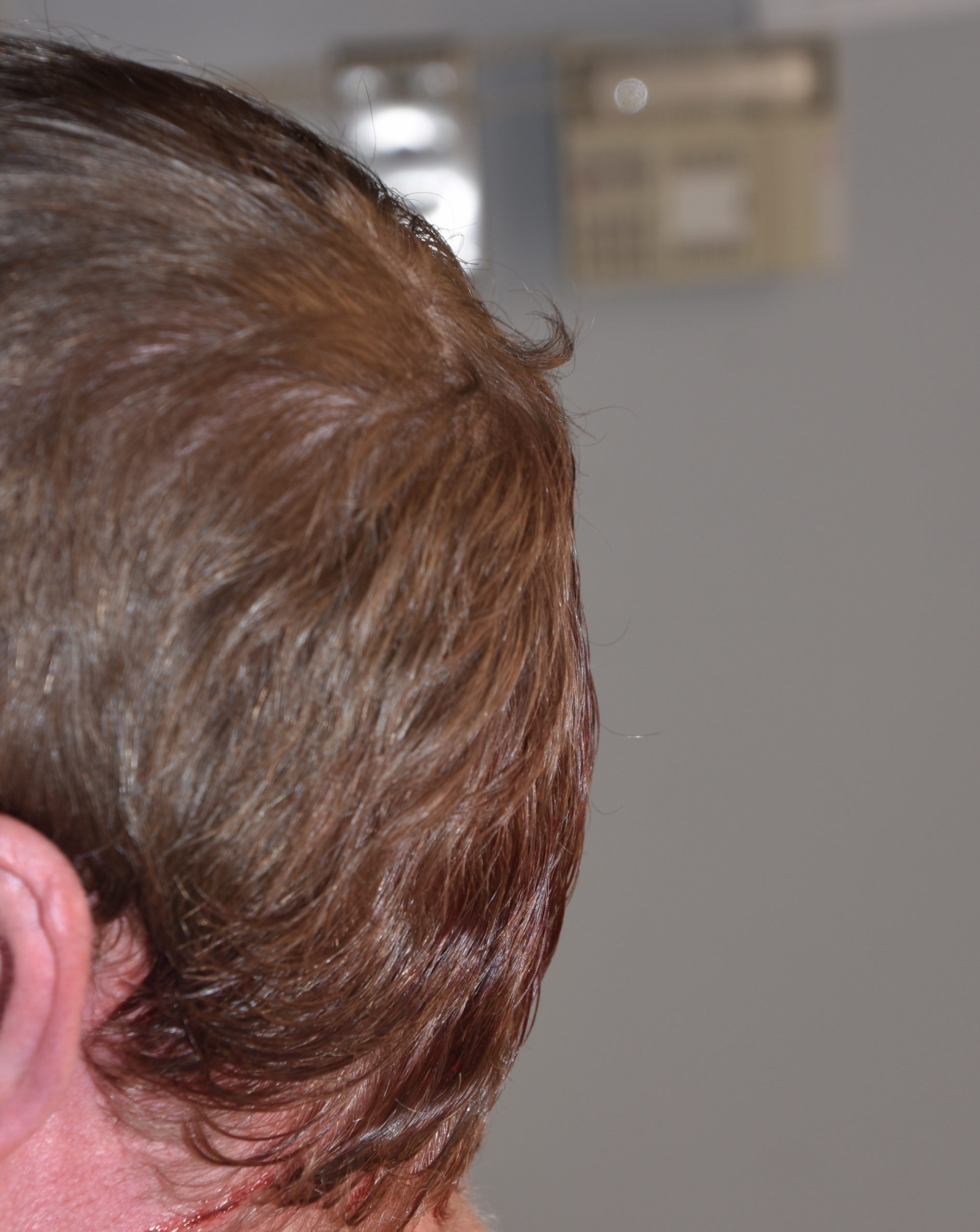
Desire to reduce the bony protrusion on the back of his head.
High speed burring reduction of an occipital bony protrusion.


Desire to reduce the bony protrusion on the back of his head.
High speed burring reduction of an occipital bony protrusion.
Patient 64
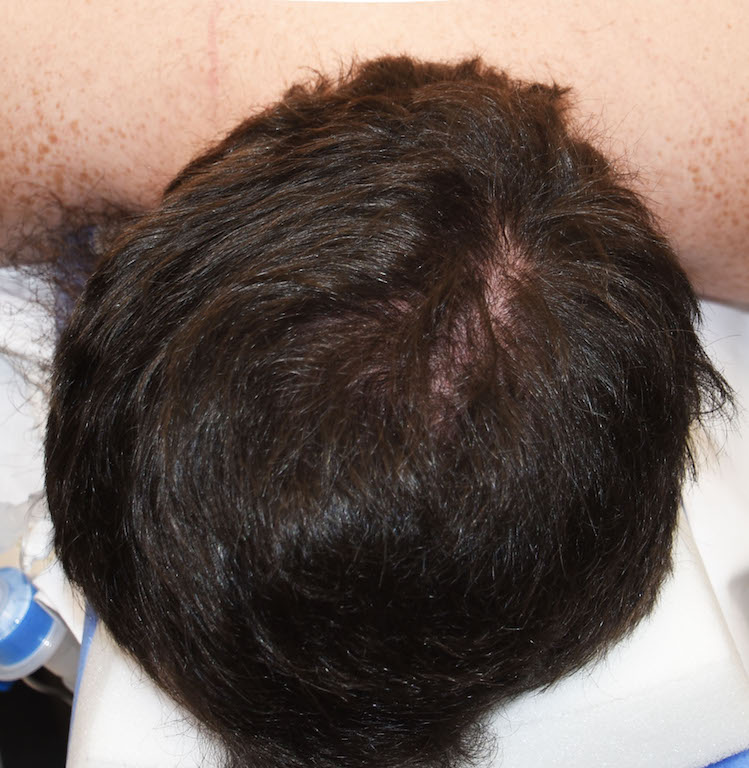
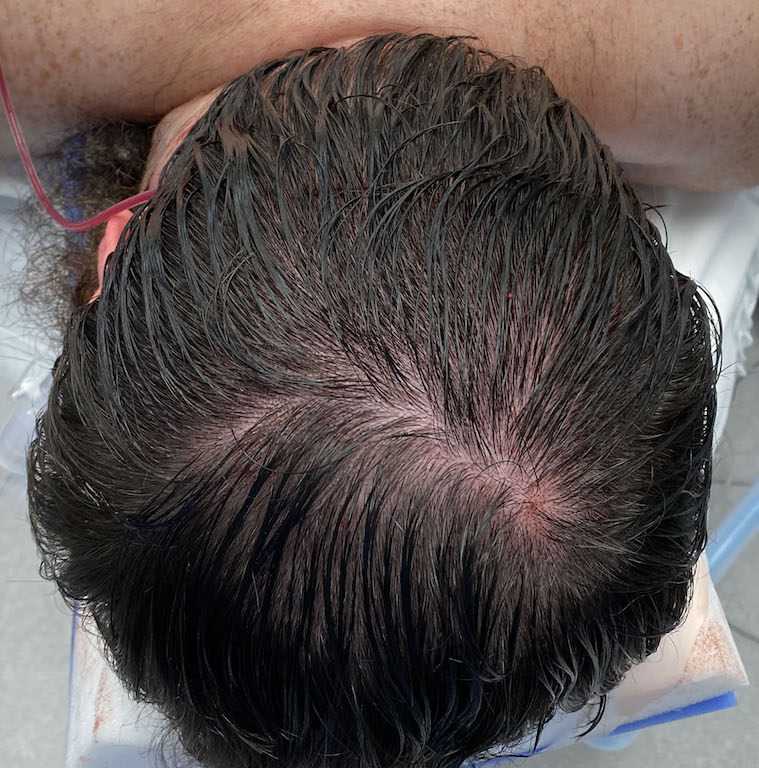
Desire to improve the shape of the back of head in which one side was flat due to plagiocephaly.
Custom skull implant for correction of right flat back of his head.


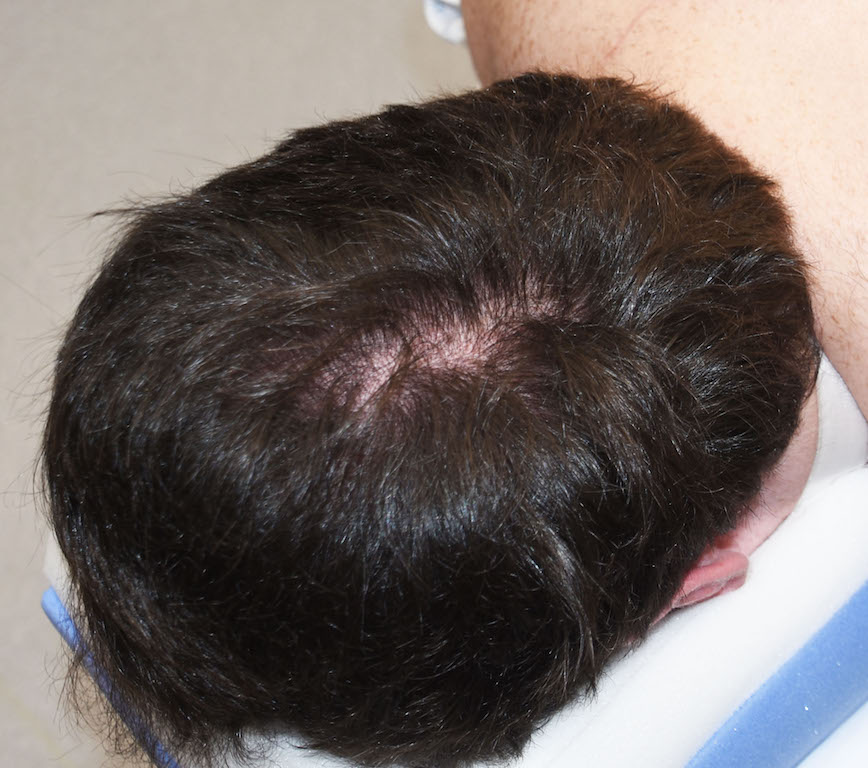
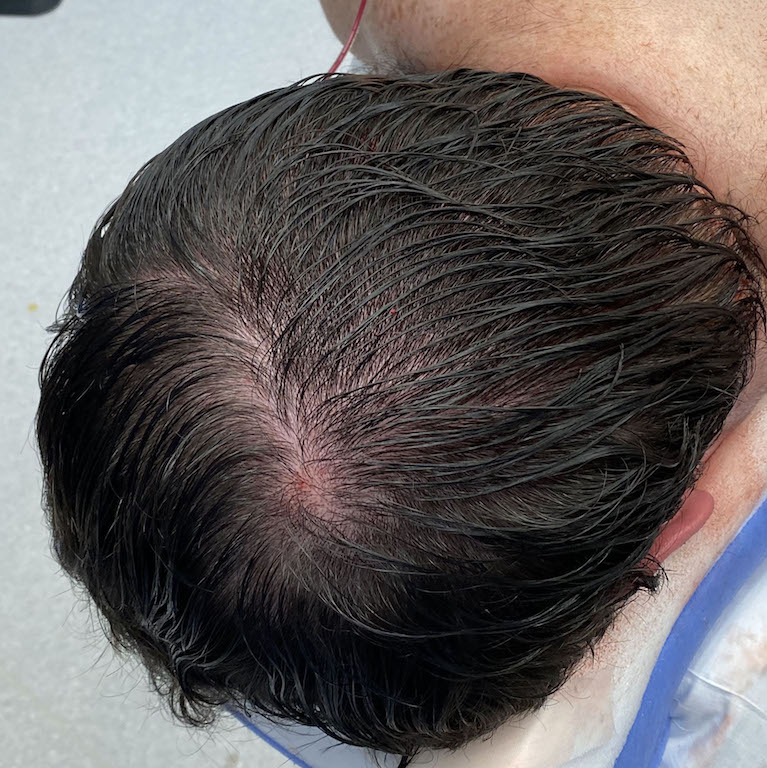
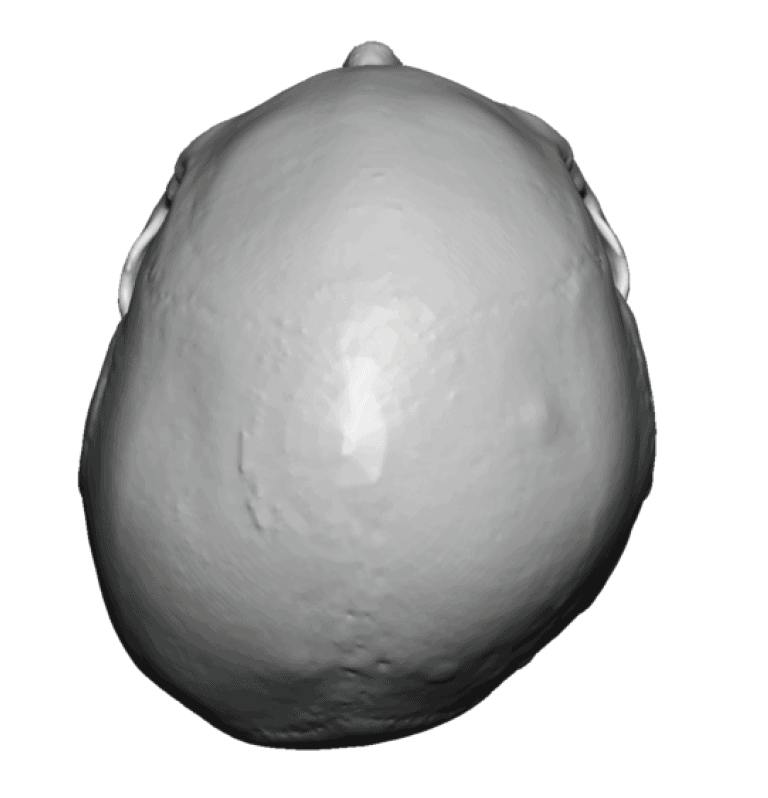
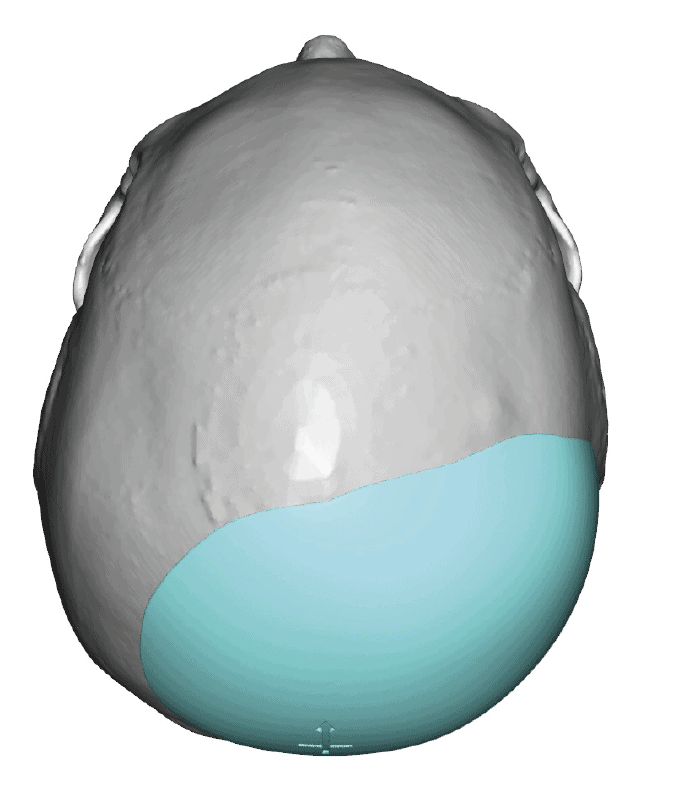
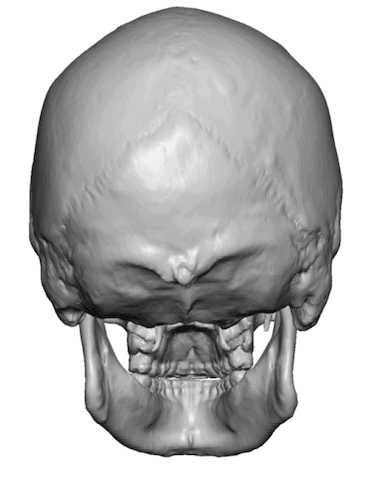
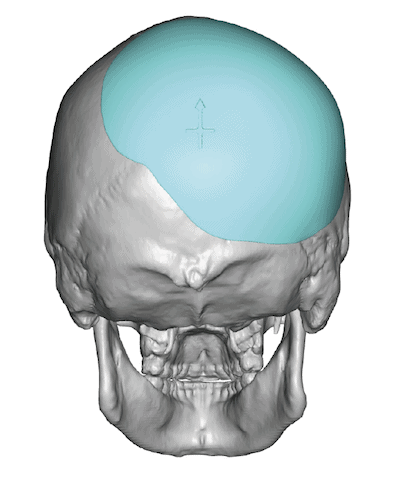
Desire to improve the shape of the back of head in which one side was flat due to plagiocephaly.
Custom skull implant for correction of right flat back of his head.
Patient 65
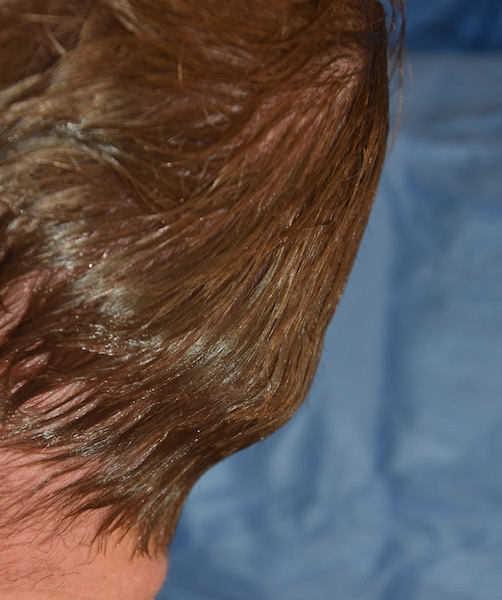
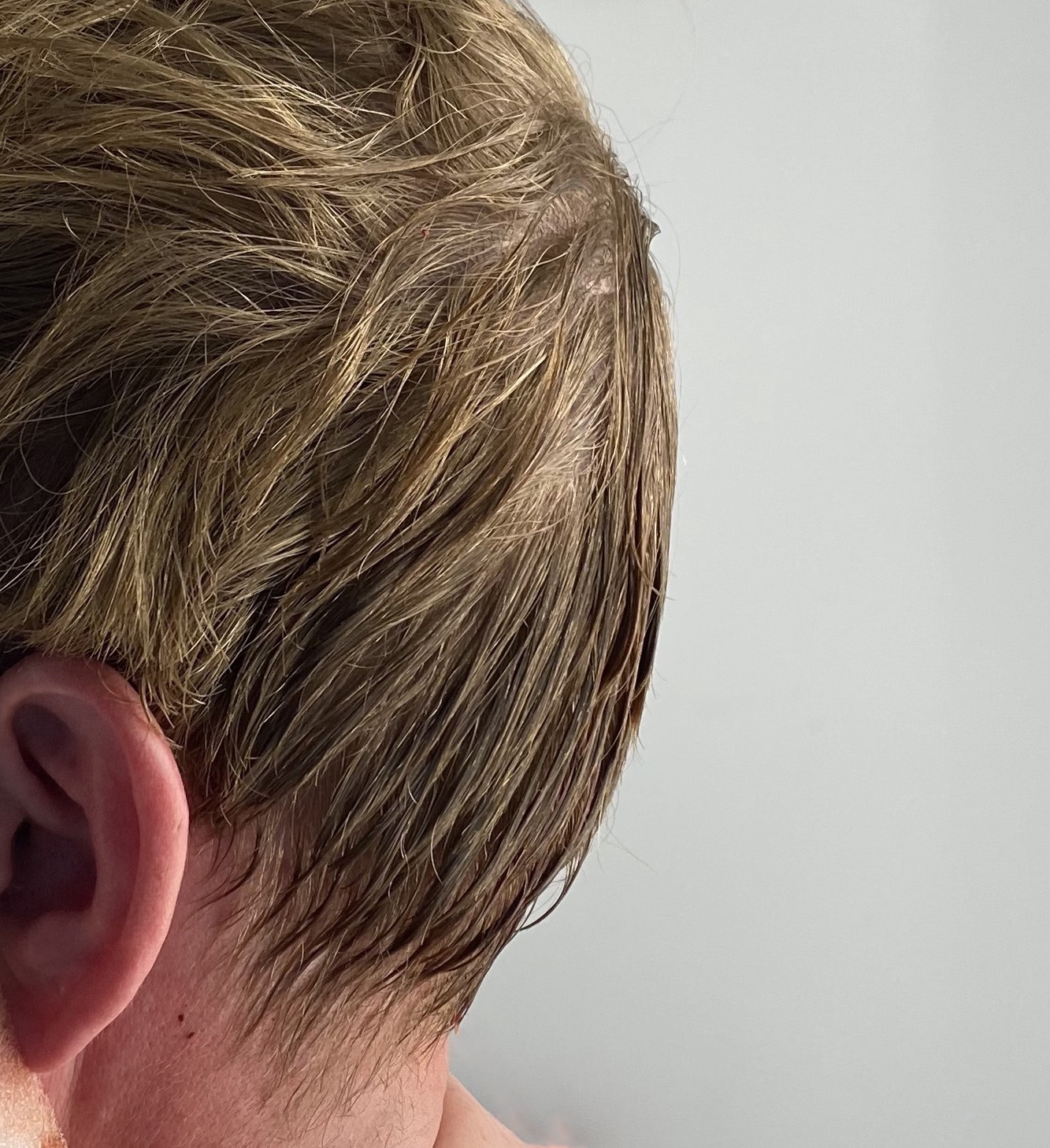
Desire for reduction of large bony ridge on back of head.
Bony removal of prominent superior nuchal ridge with muscle fiber release for complete access to its underside.


Desire for reduction of large bony ridge on back of head.
Bony removal of prominent superior nuchal ridge with muscle fiber release for complete access to its underside.
Patient 66
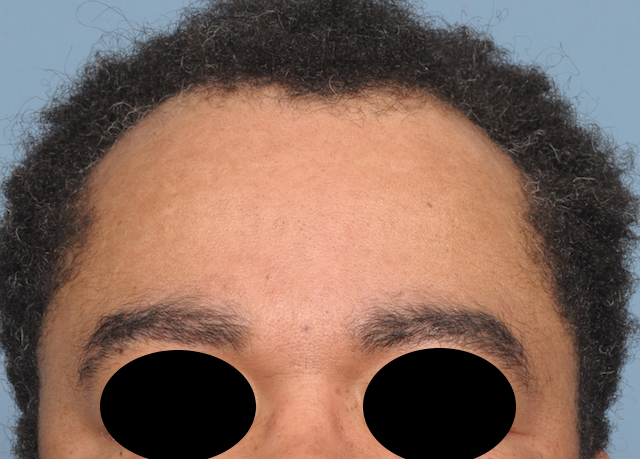
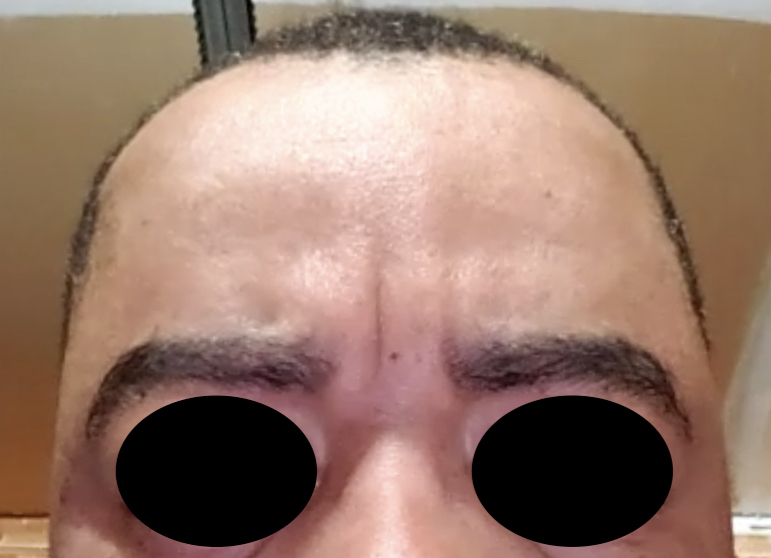
Desire to have more square head shape.
Placement of custom skull implant to change an inverted V head shape to a rounder/more square one.


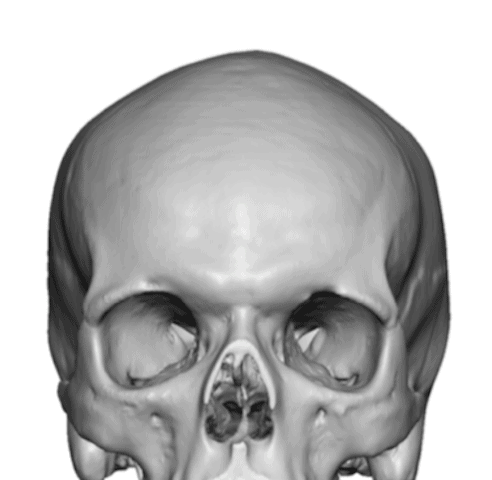
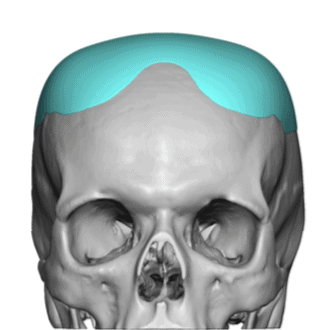
Desire to have more square head shape.
Placement of custom skull implant to change an inverted V head shape to a rounder/more square one.
Patient 67
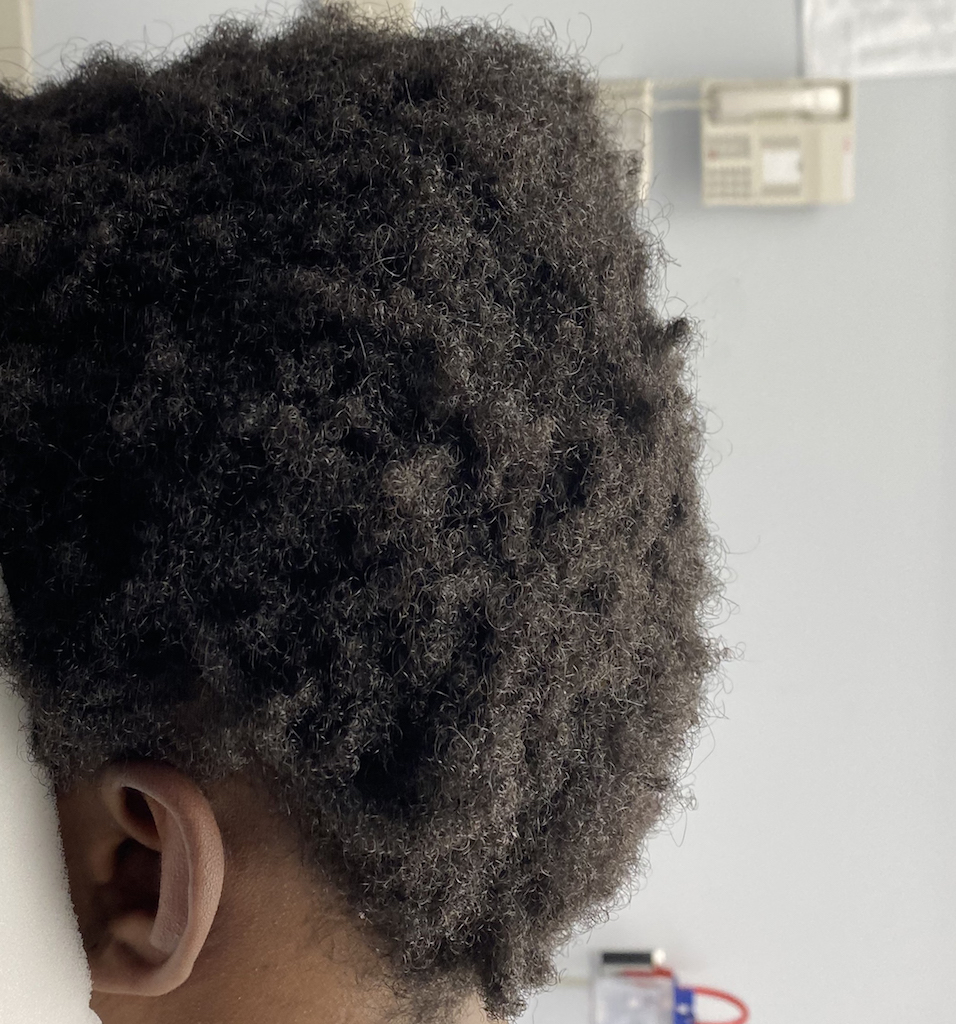
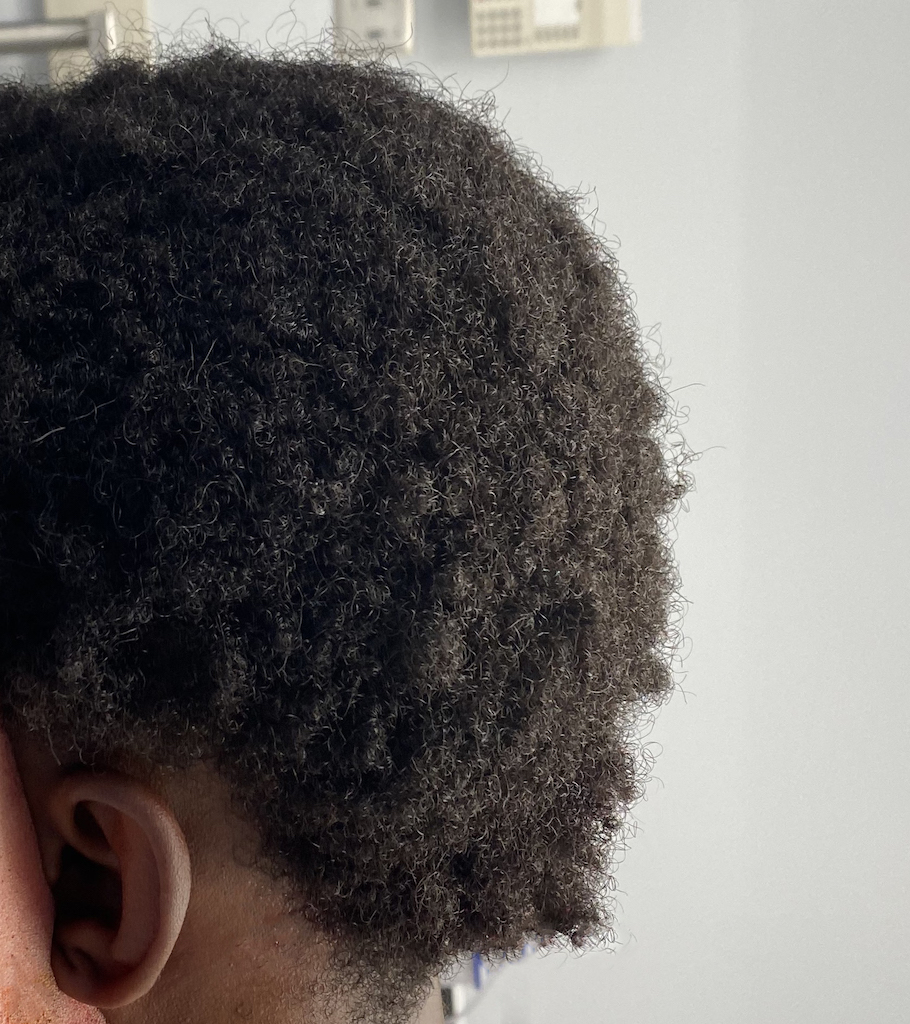
Desire for improvement in shape of flat back of the head.
Placement of custom skull implant on the back of the head.


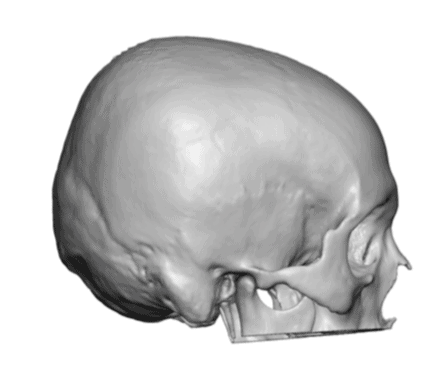
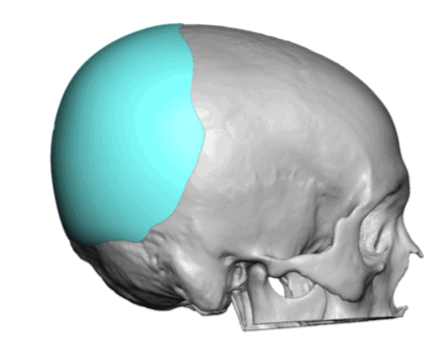
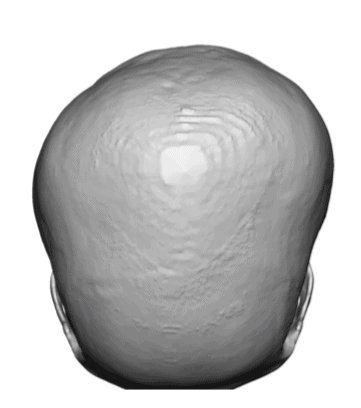
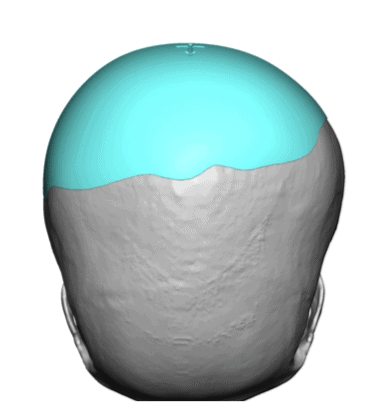
Desire for improvement in shape of flat back of the head.
Placement of custom skull implant on the back of the head.
Patient 68
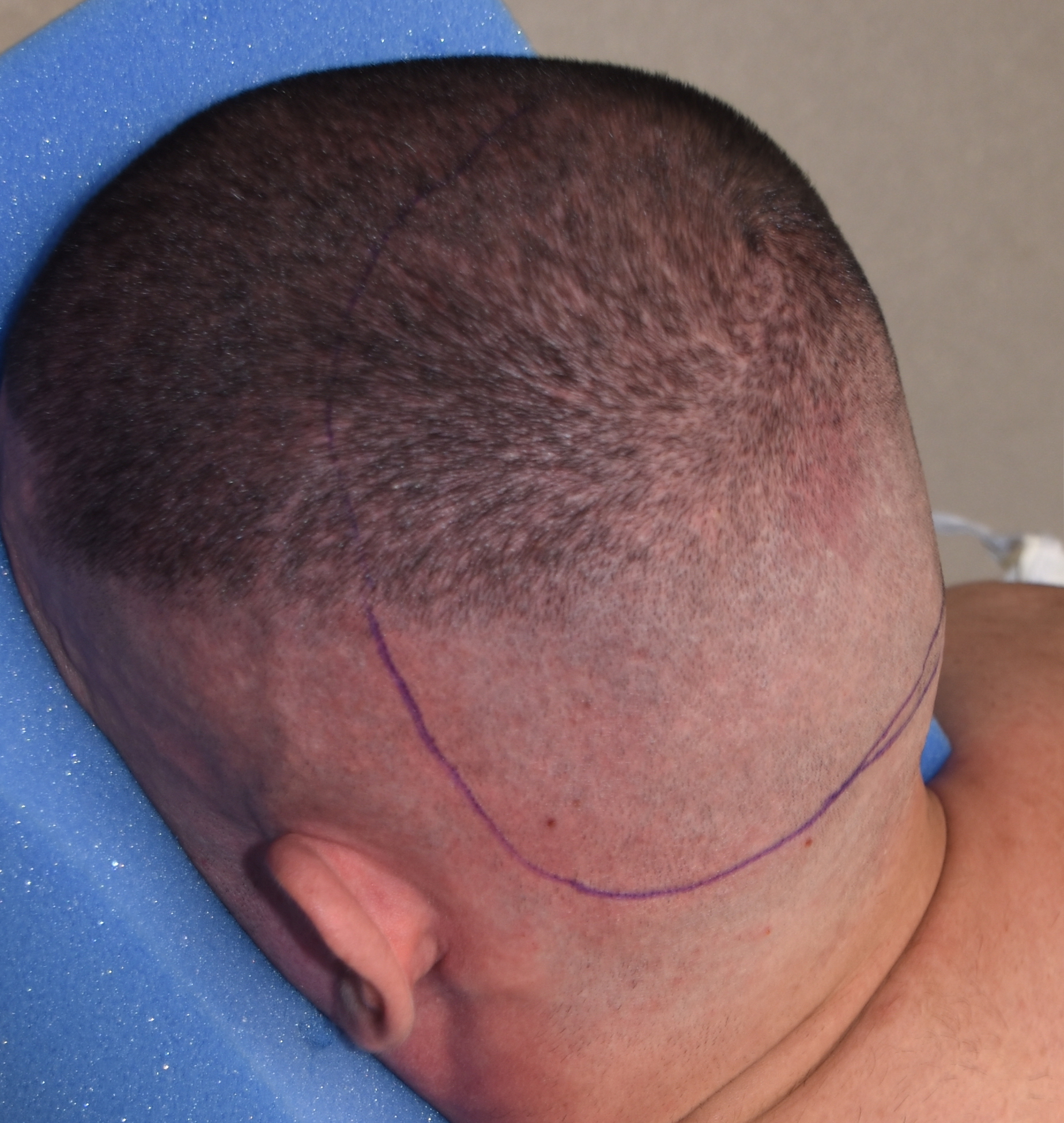
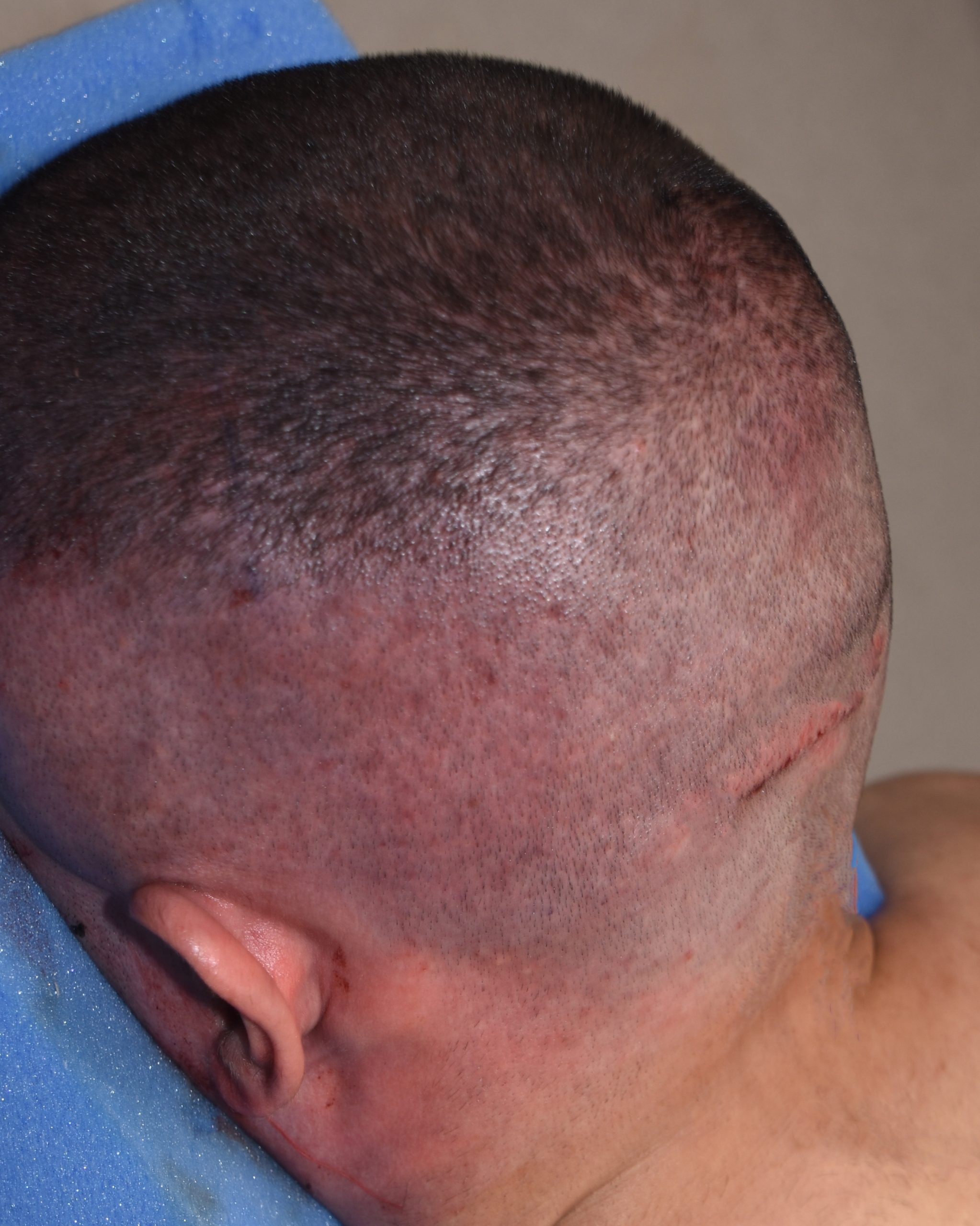
Desire for augmentation of flat asymmetric back of head.
Placement of custom skull implant.


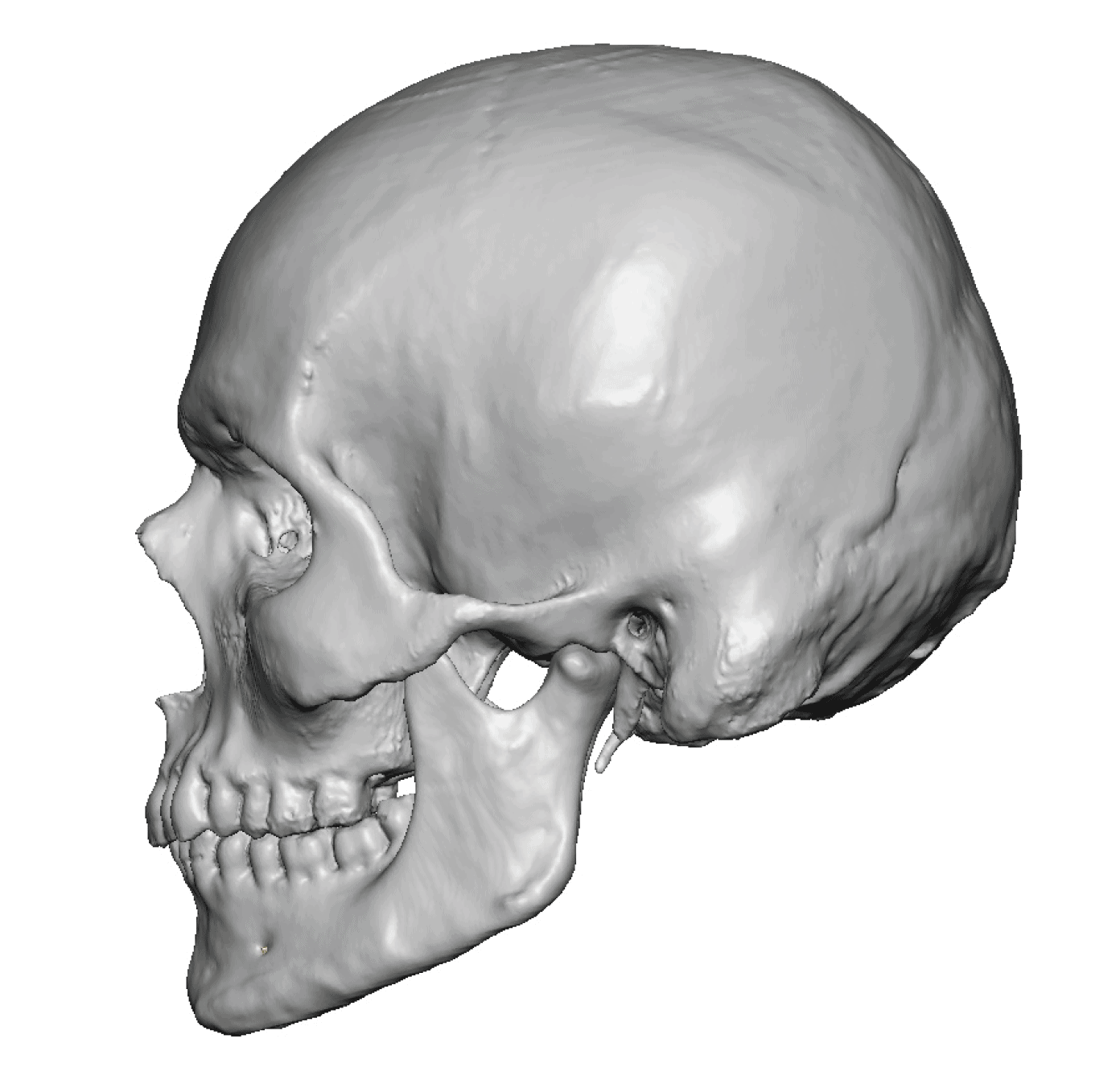
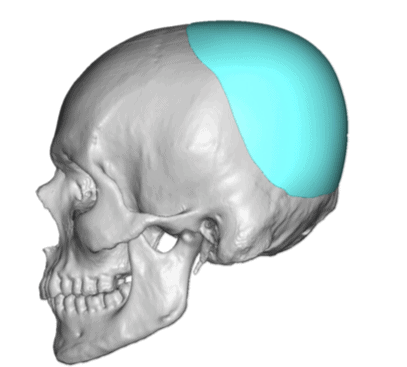
Desire for augmentation of flat asymmetric back of head.
Placement of custom skull implant.
Patient 69
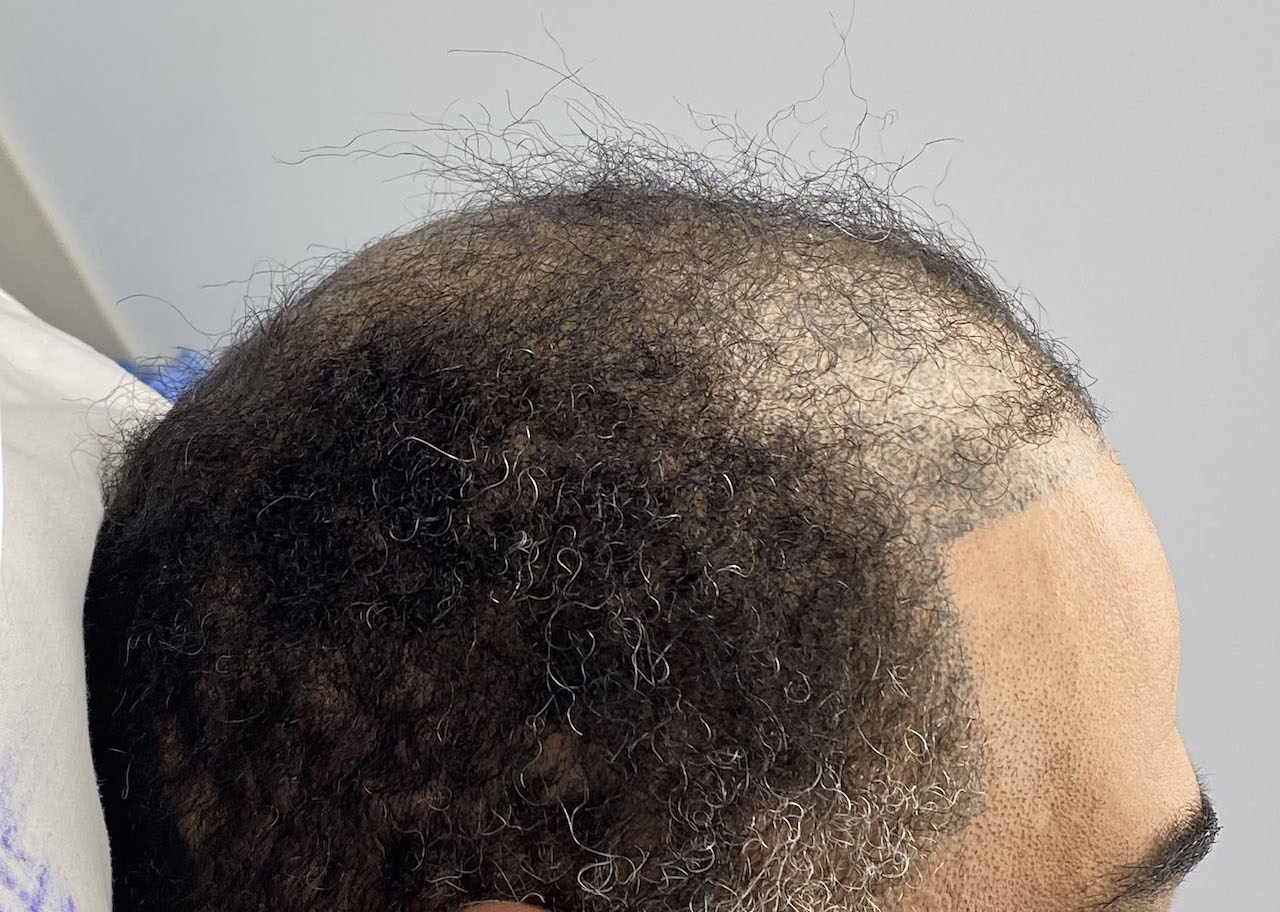
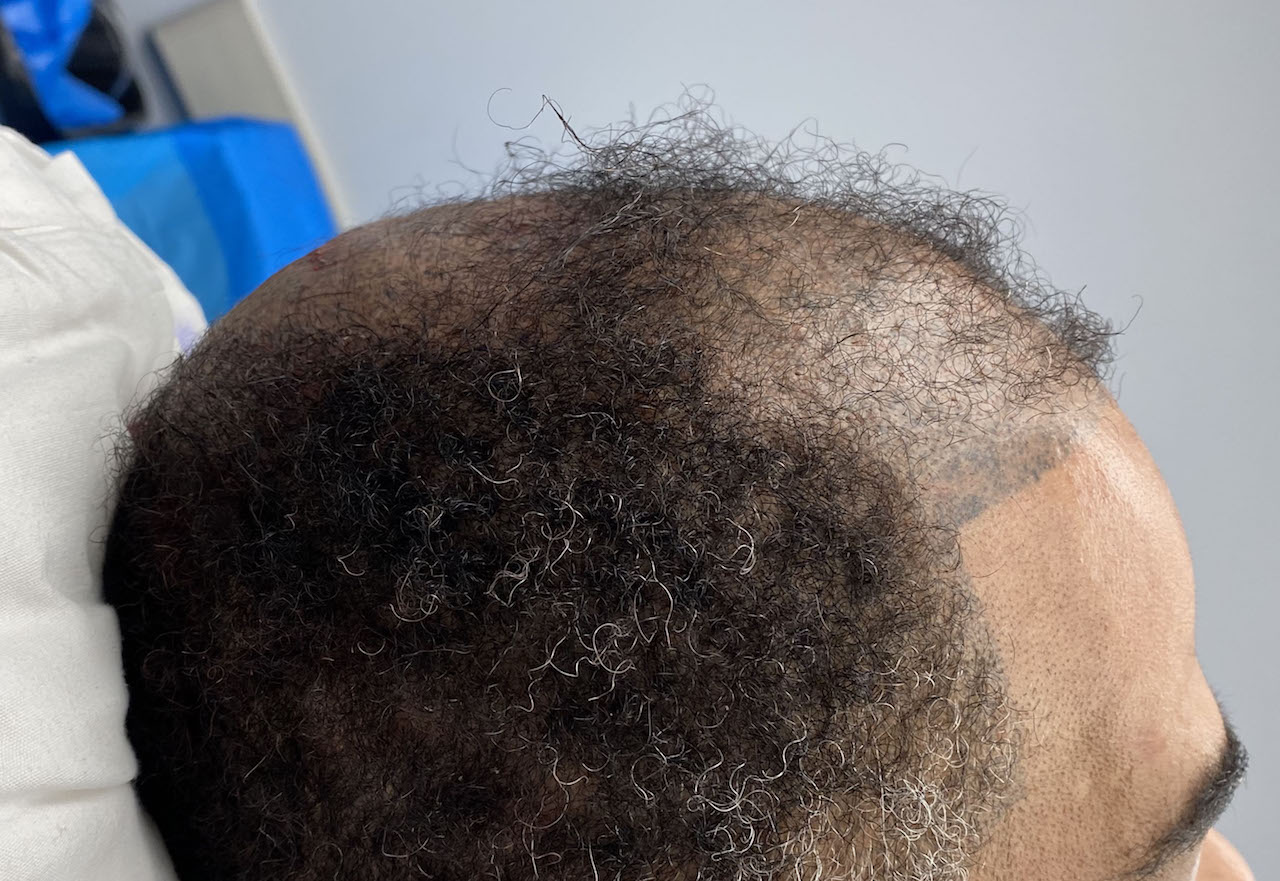
Desire for head reshaping for a high sagittal ridge and low parasagittal-upper parietal skull regions.
Skull reshaping with a combination of sagittal crest reduction and a custom parasagittal-parietal skull implant.


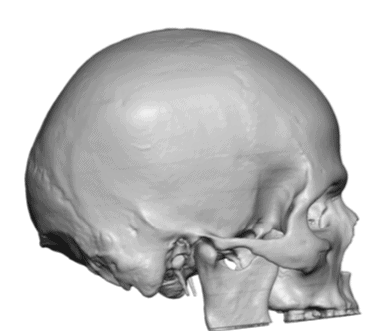
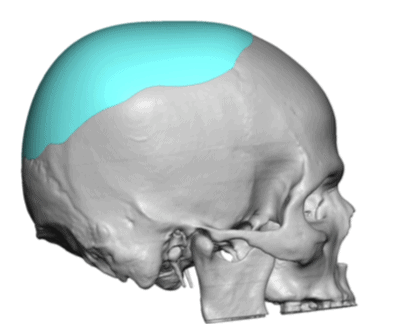
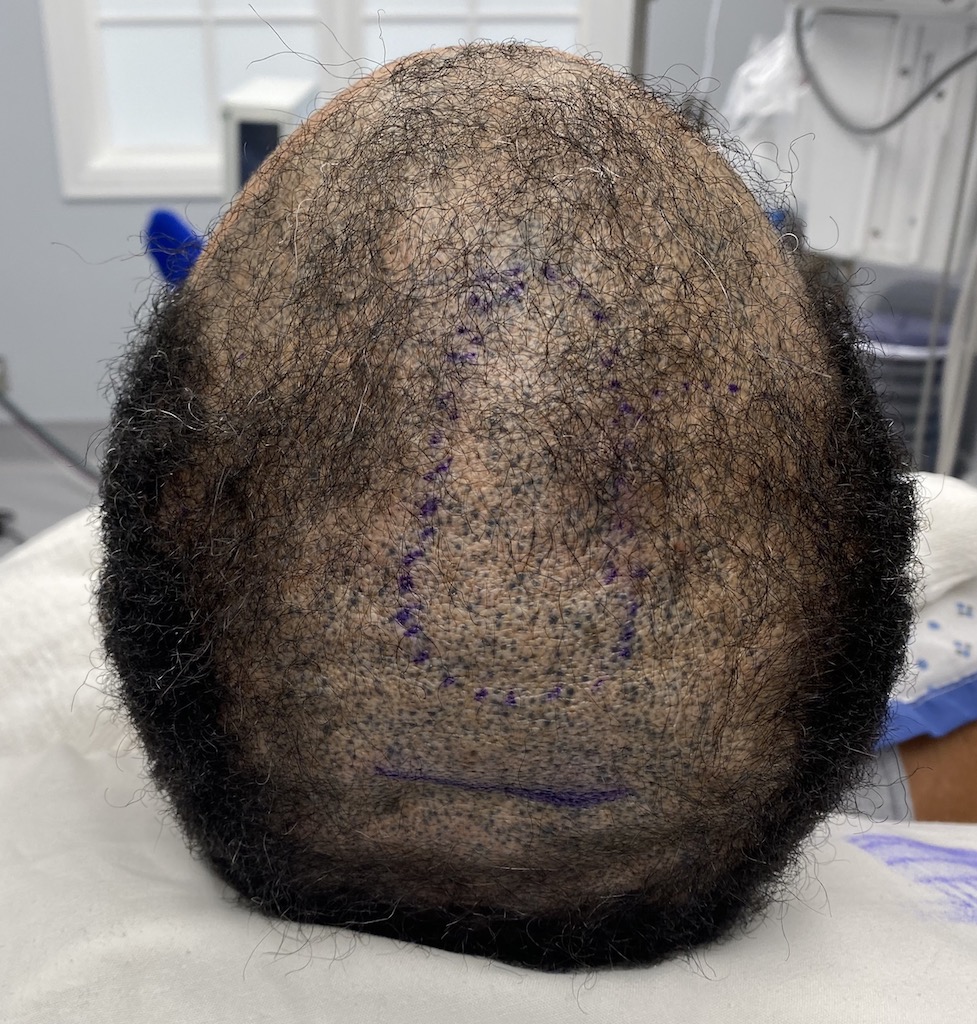
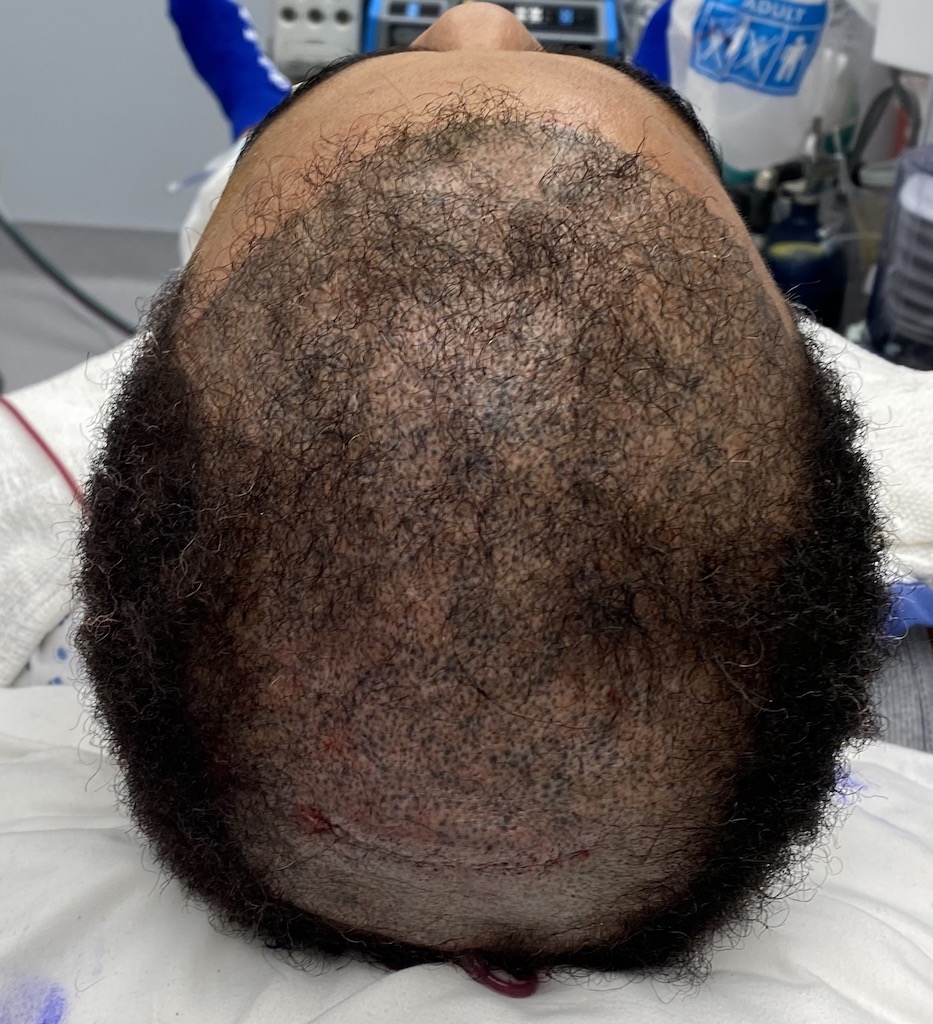
Desire for head reshaping for a high sagittal ridge and low parasagittal-upper parietal skull regions.
Skull reshaping with a combination of sagittal crest reduction and a custom parasagittal-parietal skull implant.
Patient 70

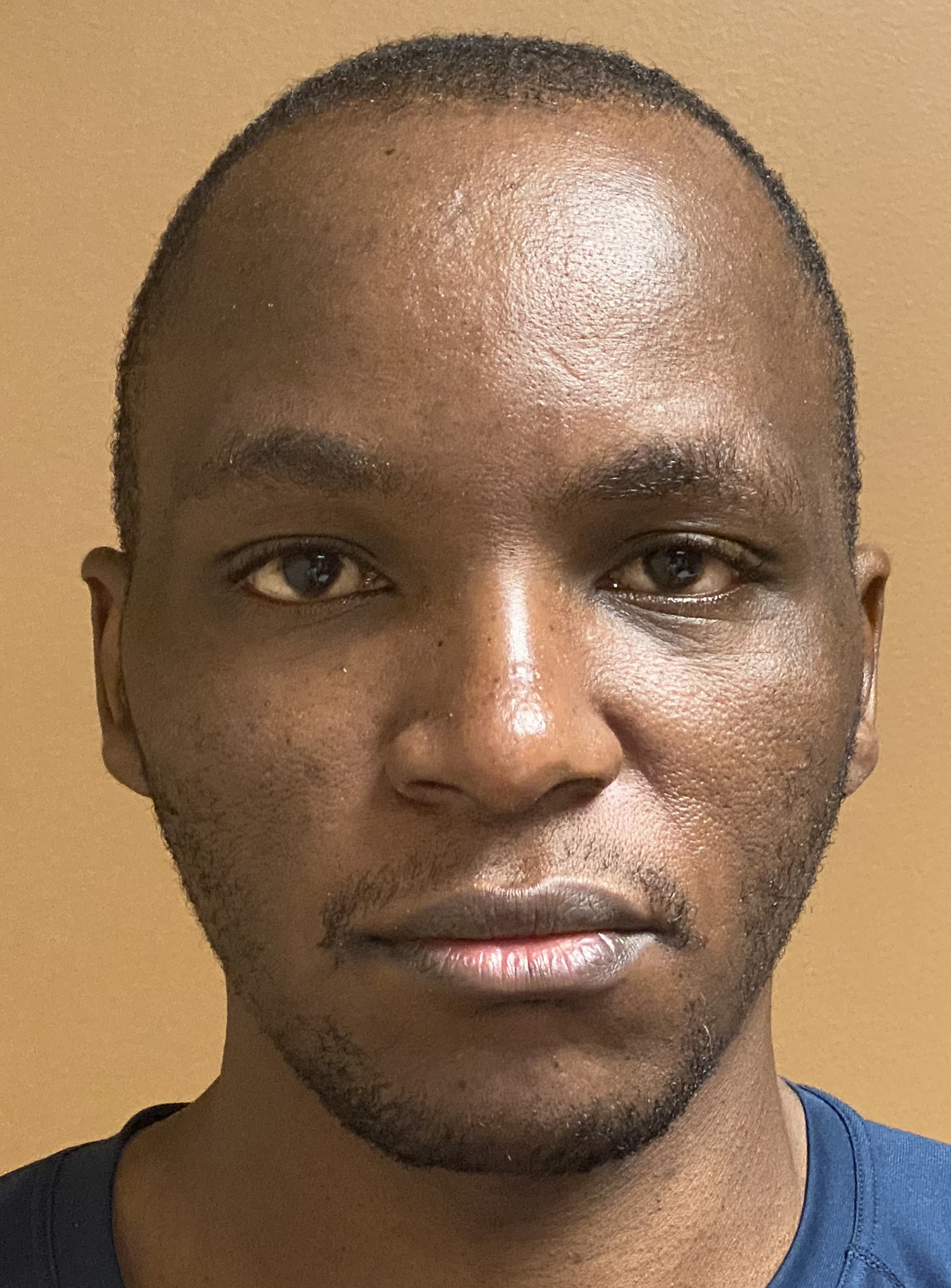
Adult with untreated sagittal craniosynostosis head shape.
Scaphocephalic skull reshaping with occipital and sagittal bone reductions with placement of custom skull implant.


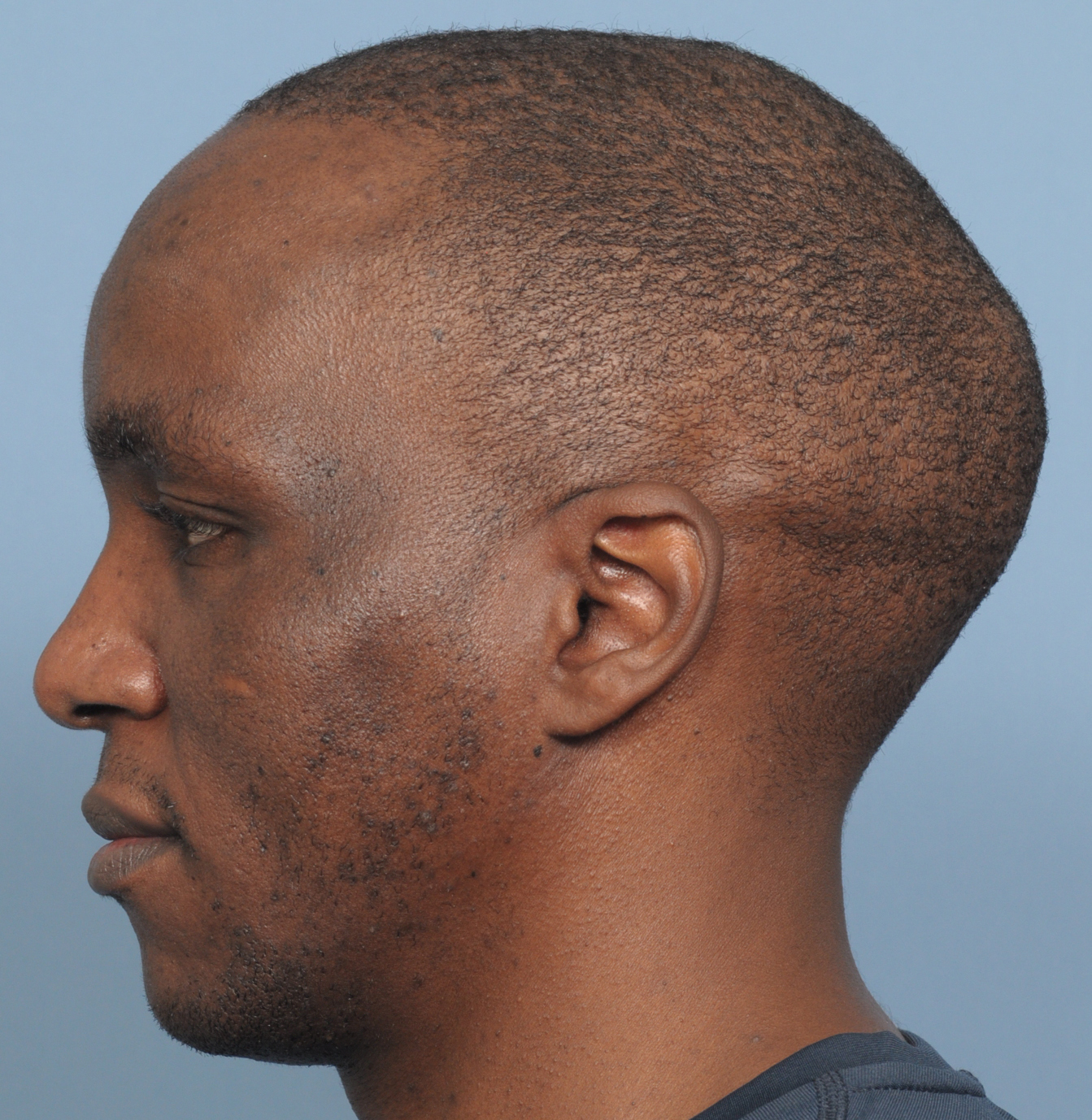

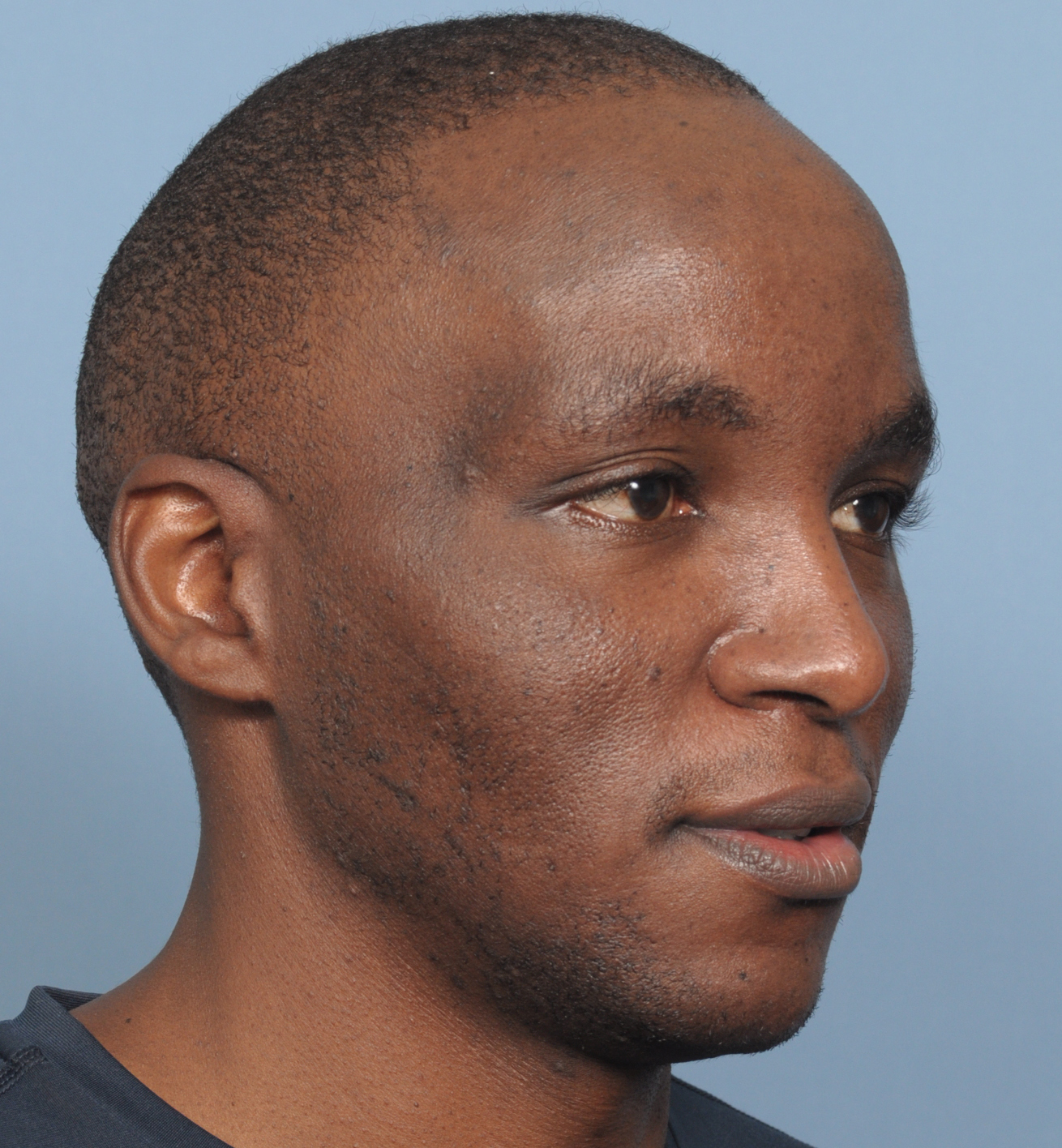
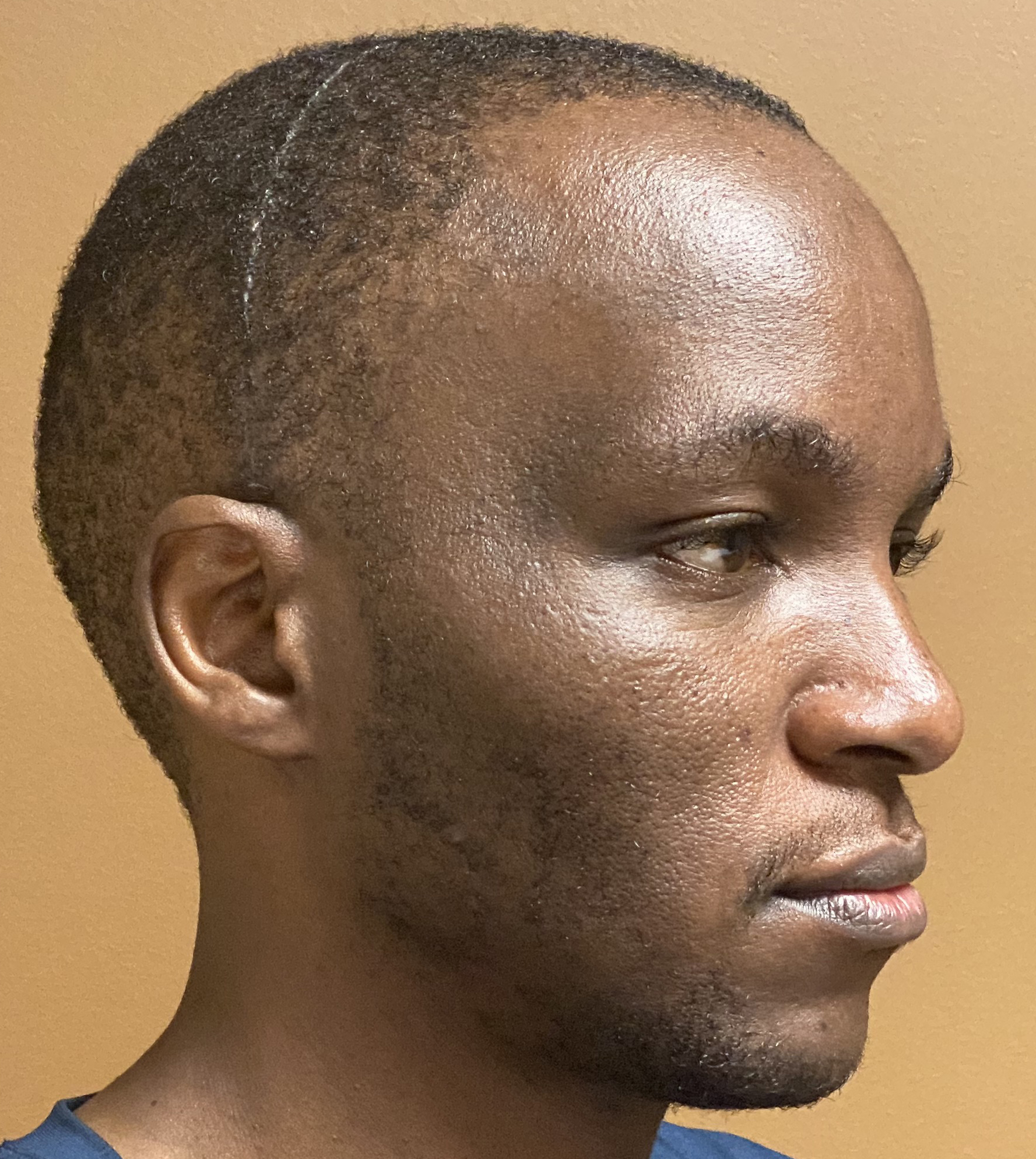
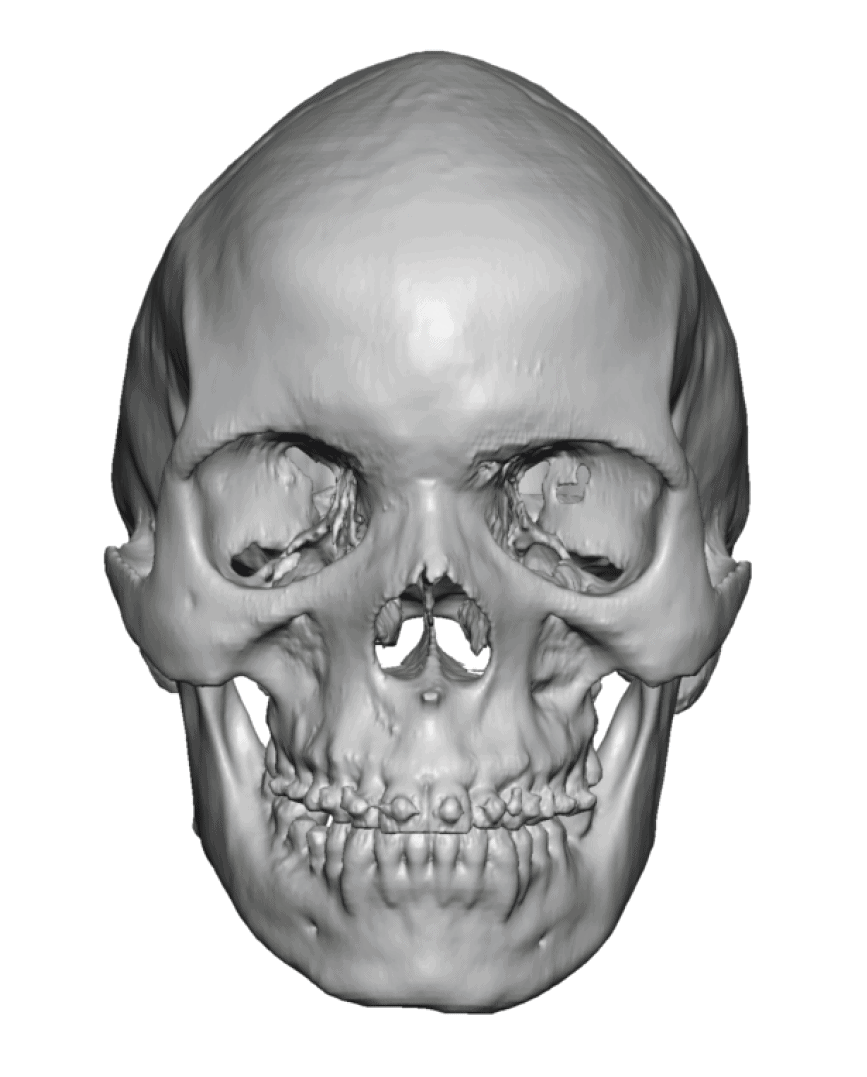
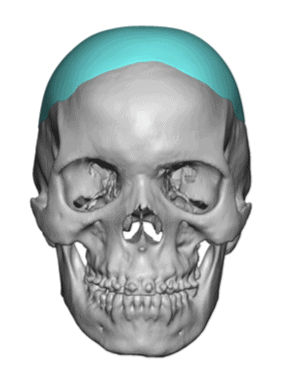

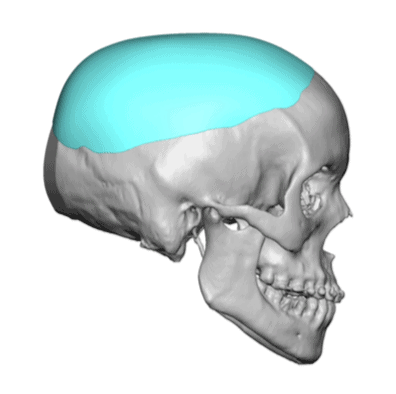
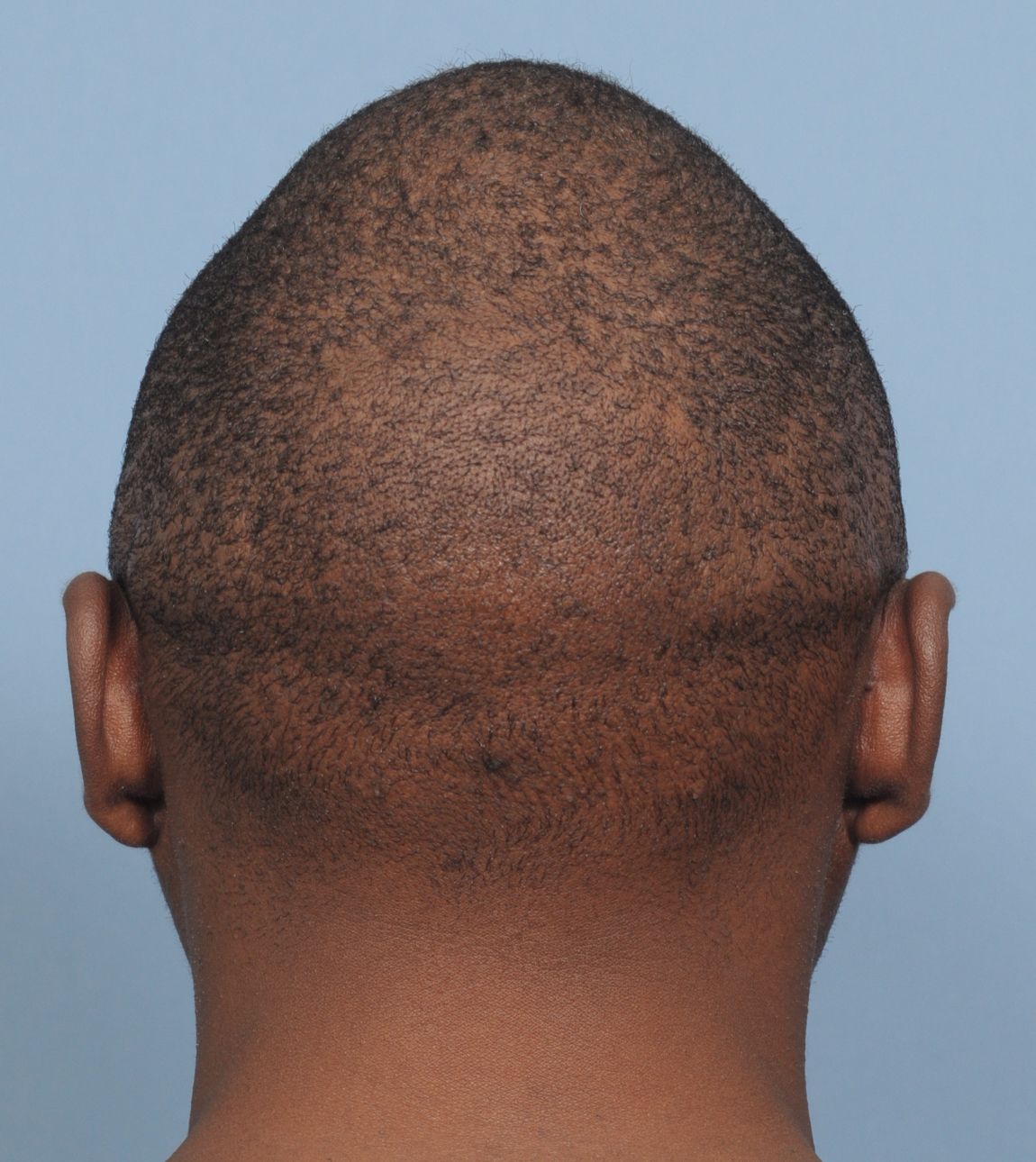
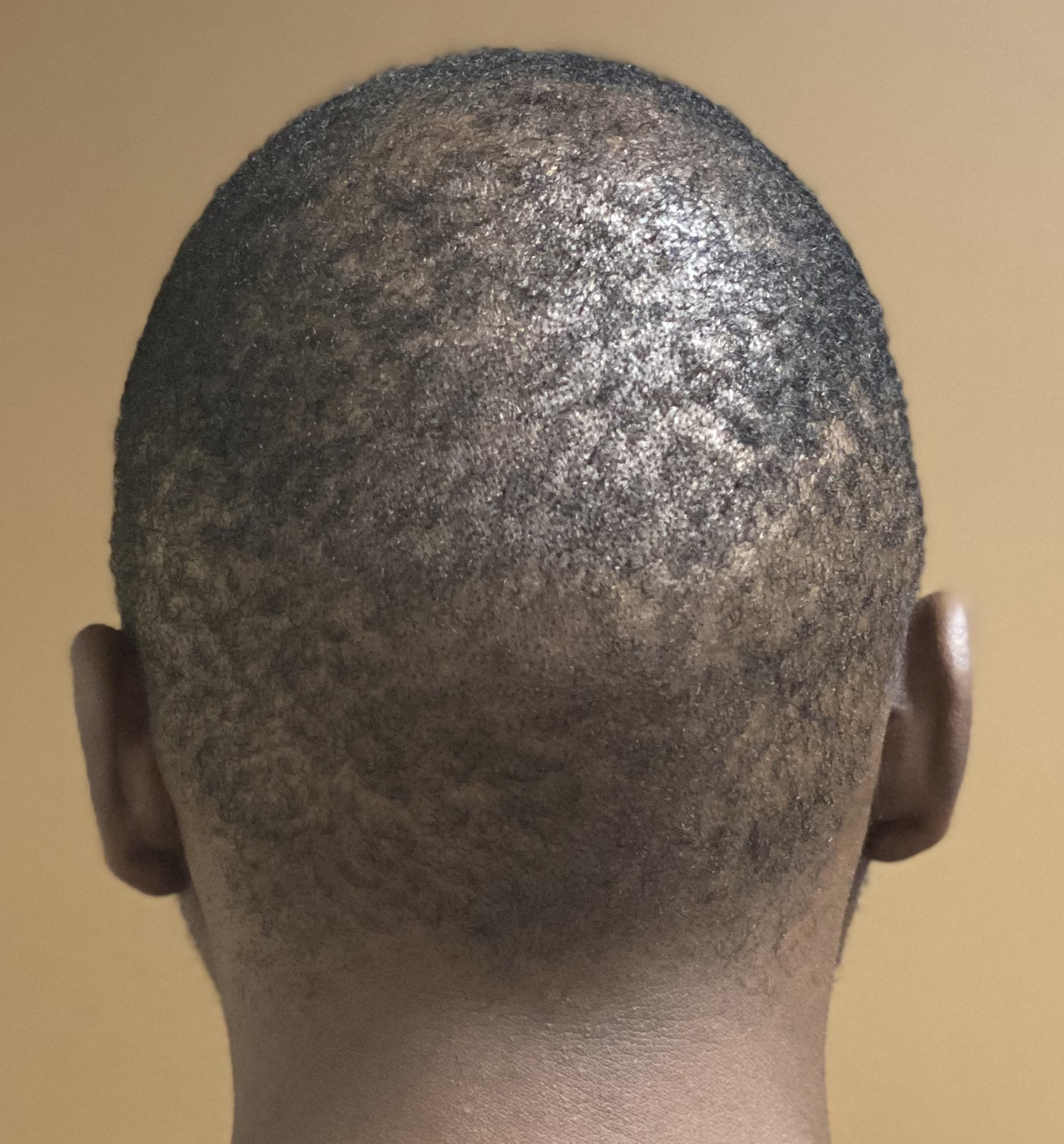
Adult with untreated sagittal craniosynostosis head shape.
Scaphocephalic skull reshaping with occipital and sagittal bone reductions with placement of custom skull implant.
Patient 71
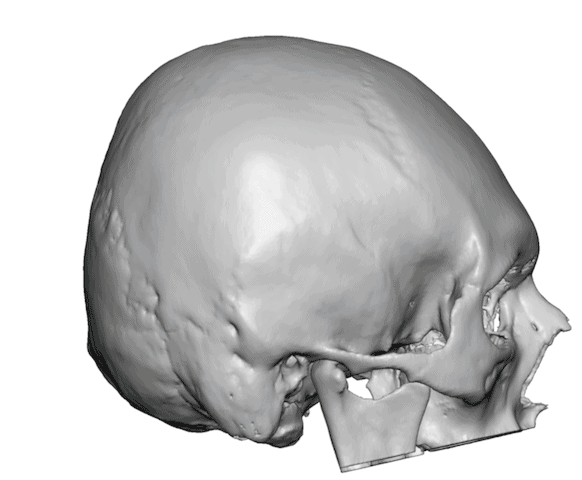
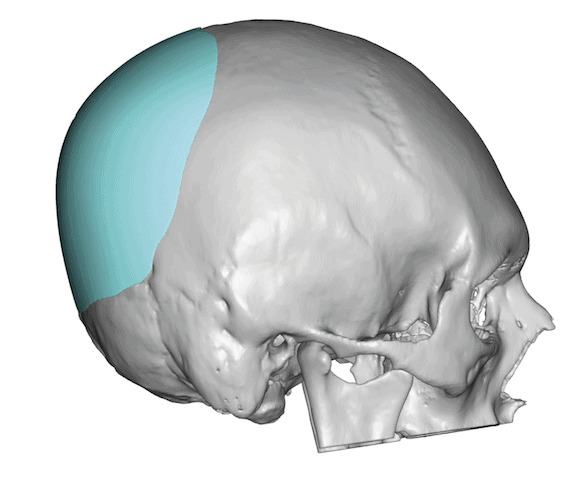
Desire for increased projection of flat back of head.
Placement of a custom skull implant to increase the projection of the back of the head by 15mms and 120ccs of volume.


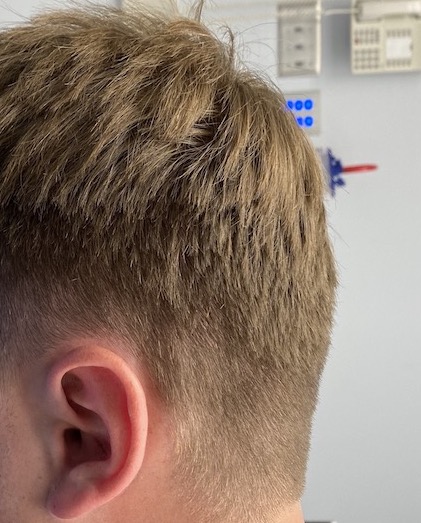
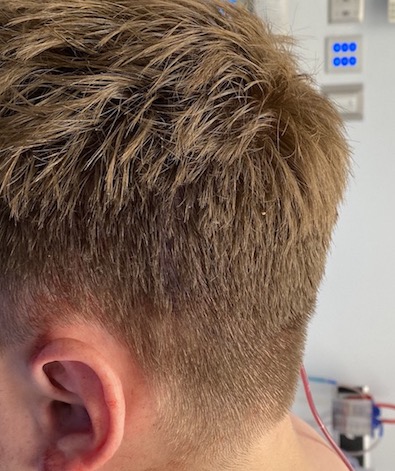

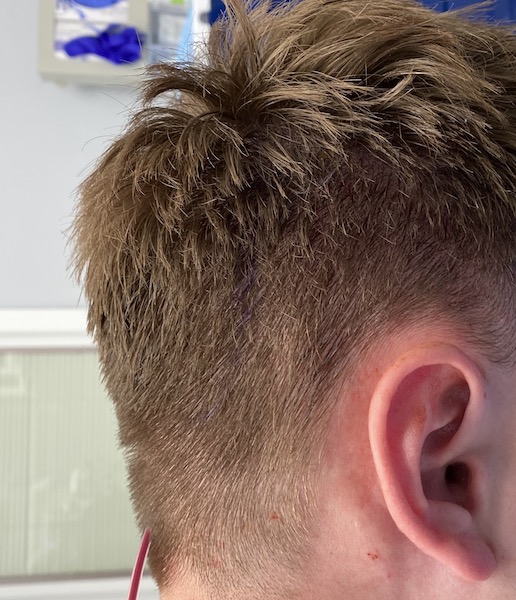
Desire for increased projection of flat back of head.
Placement of a custom skull implant to increase the projection of the back of the head by 15mms and 120ccs of volume.
Patient 72
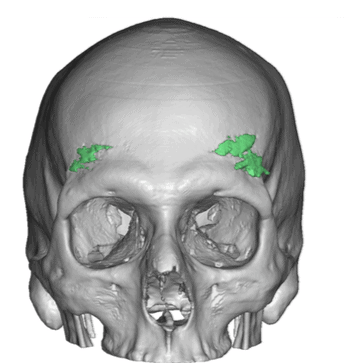
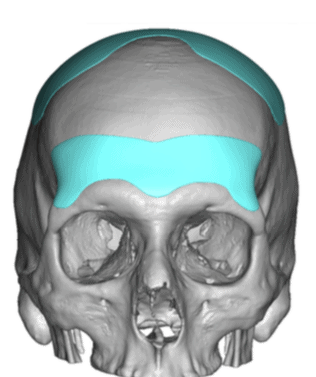
Desire for less deep brow bone projection and a wider head shape in the front view.
Placement of custom suprabrow and occipital-parasagittal skull widening implants.


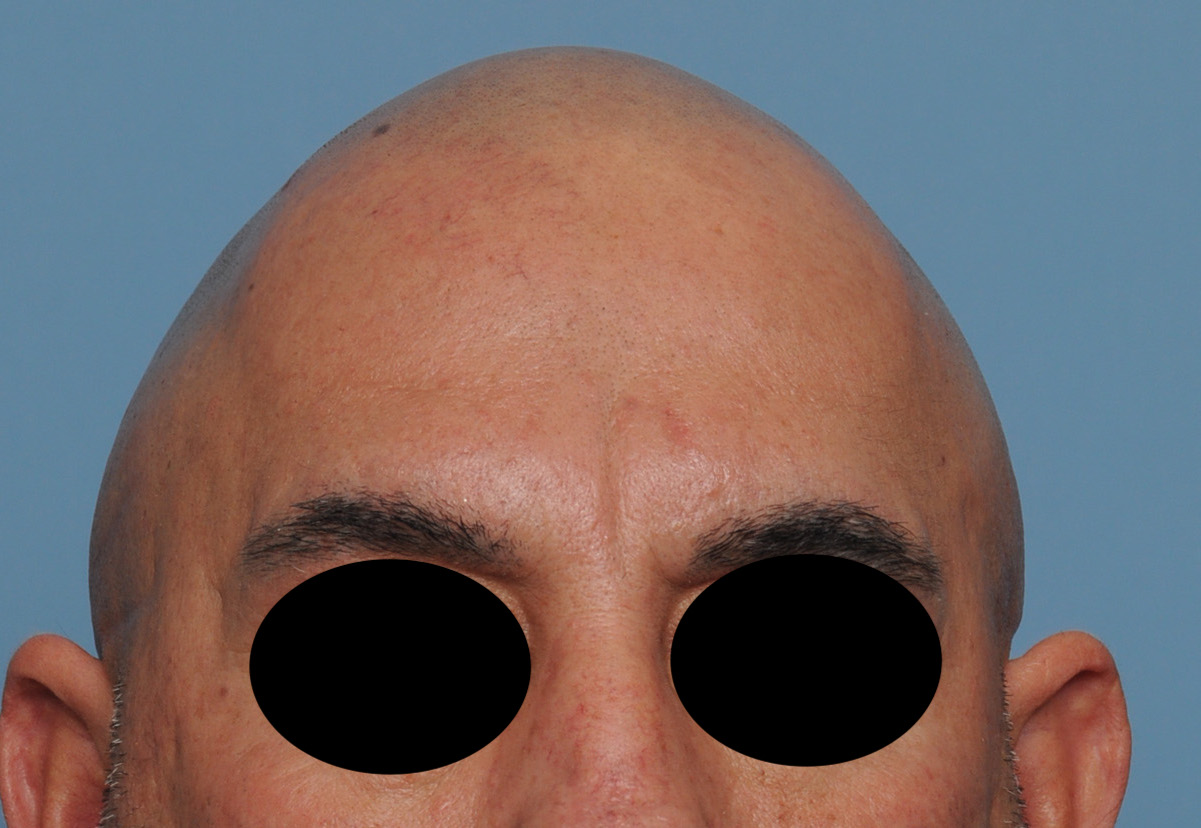
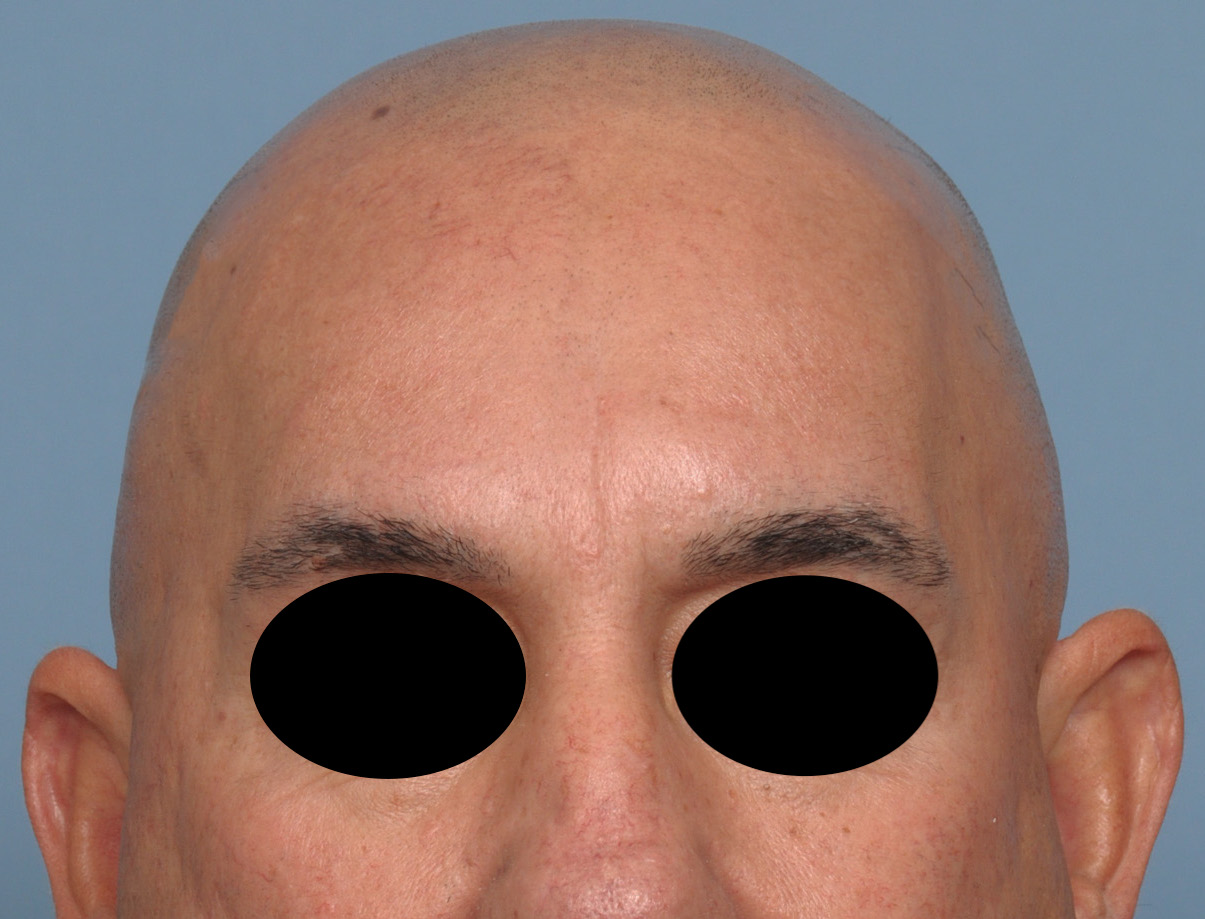
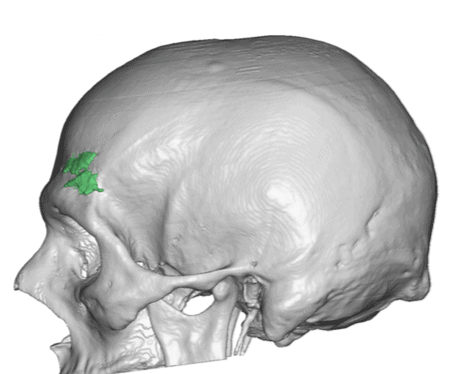
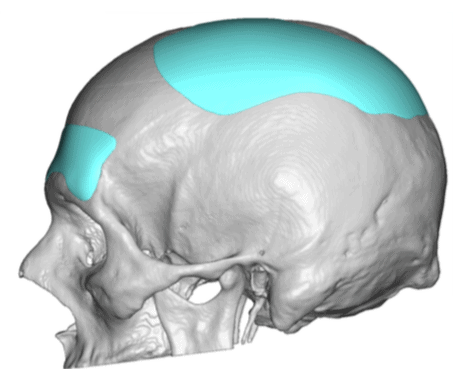
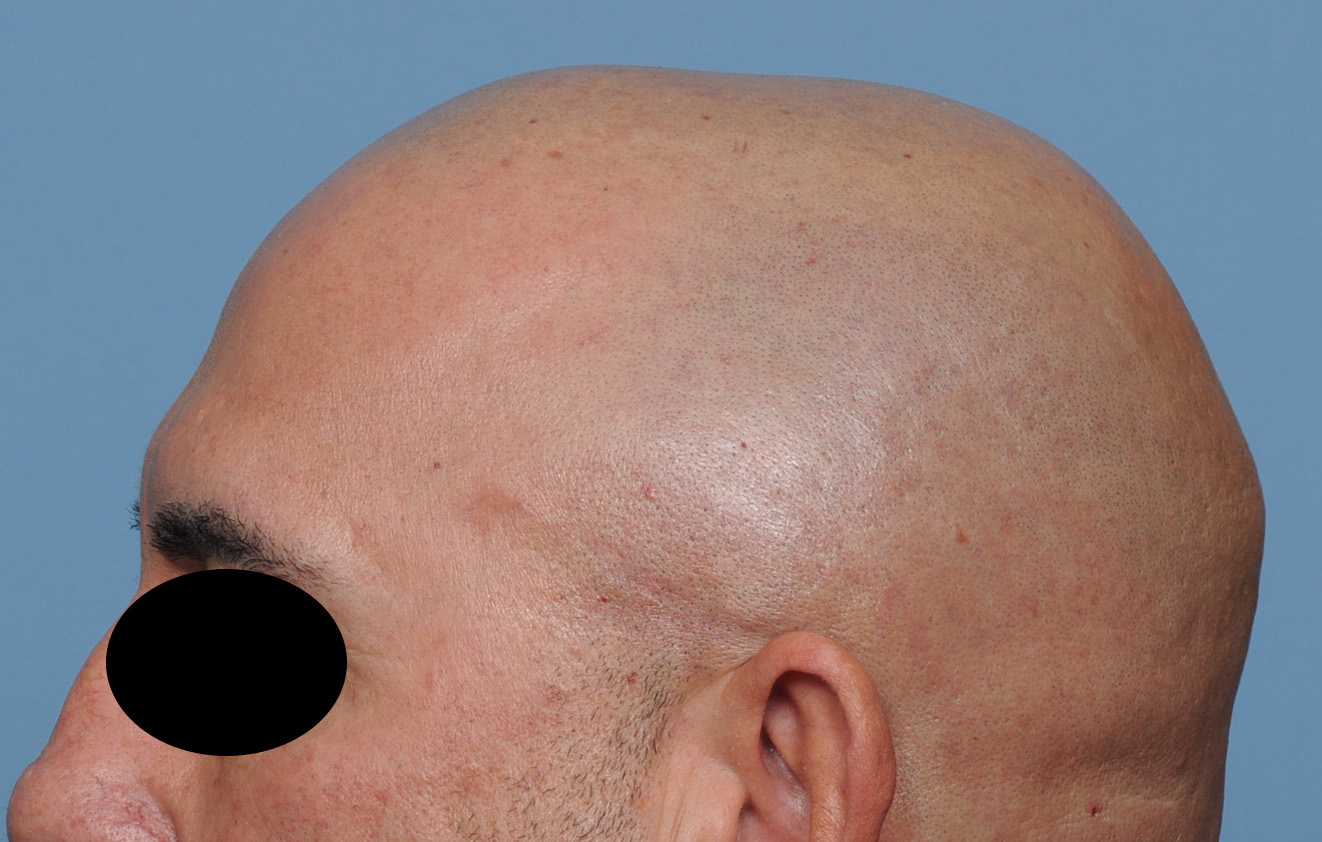
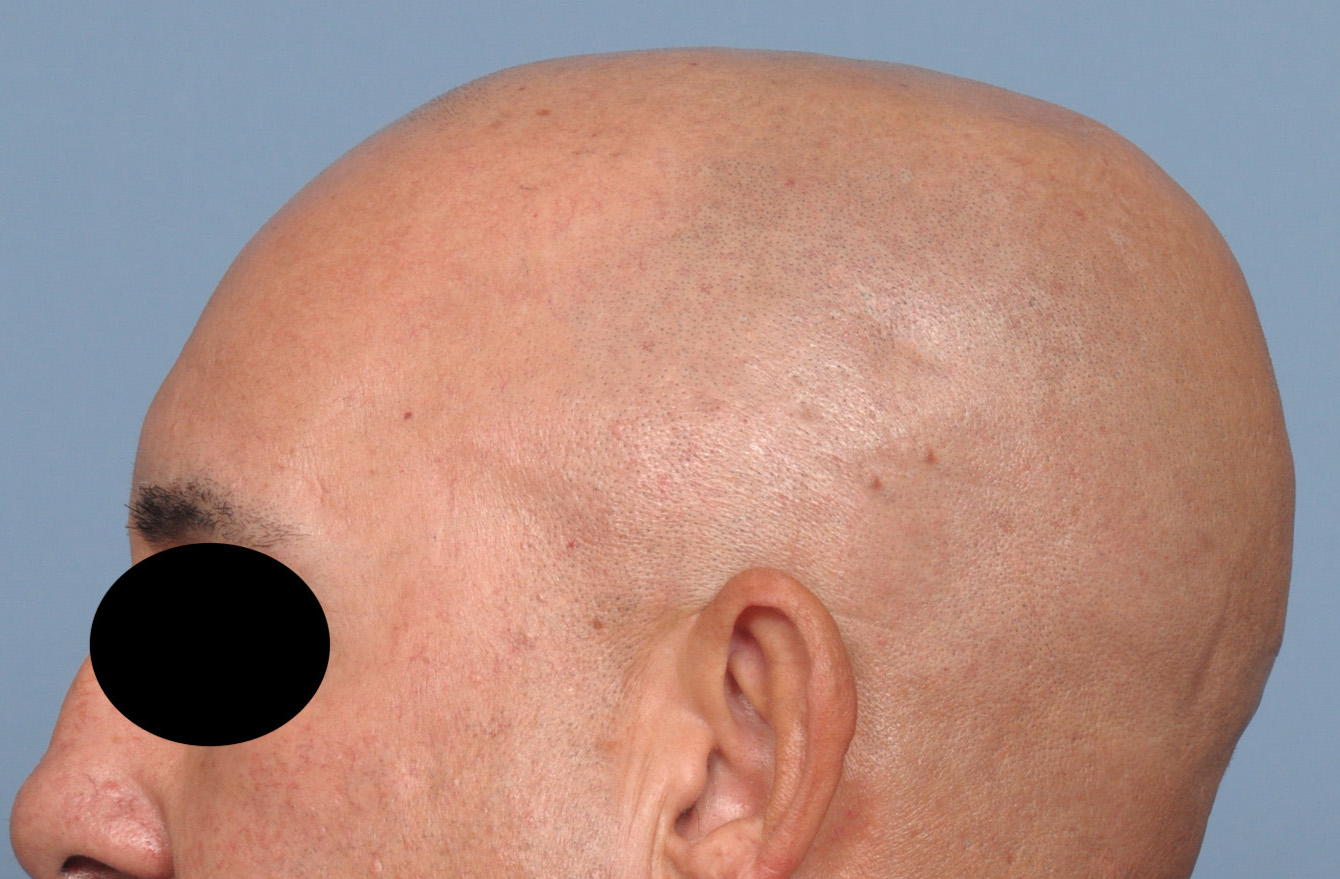
Desire for less deep brow bone projection and a wider head shape in the front view.
Placement of custom suprabrow and occipital-parasagittal skull widening implants.
Patient 73
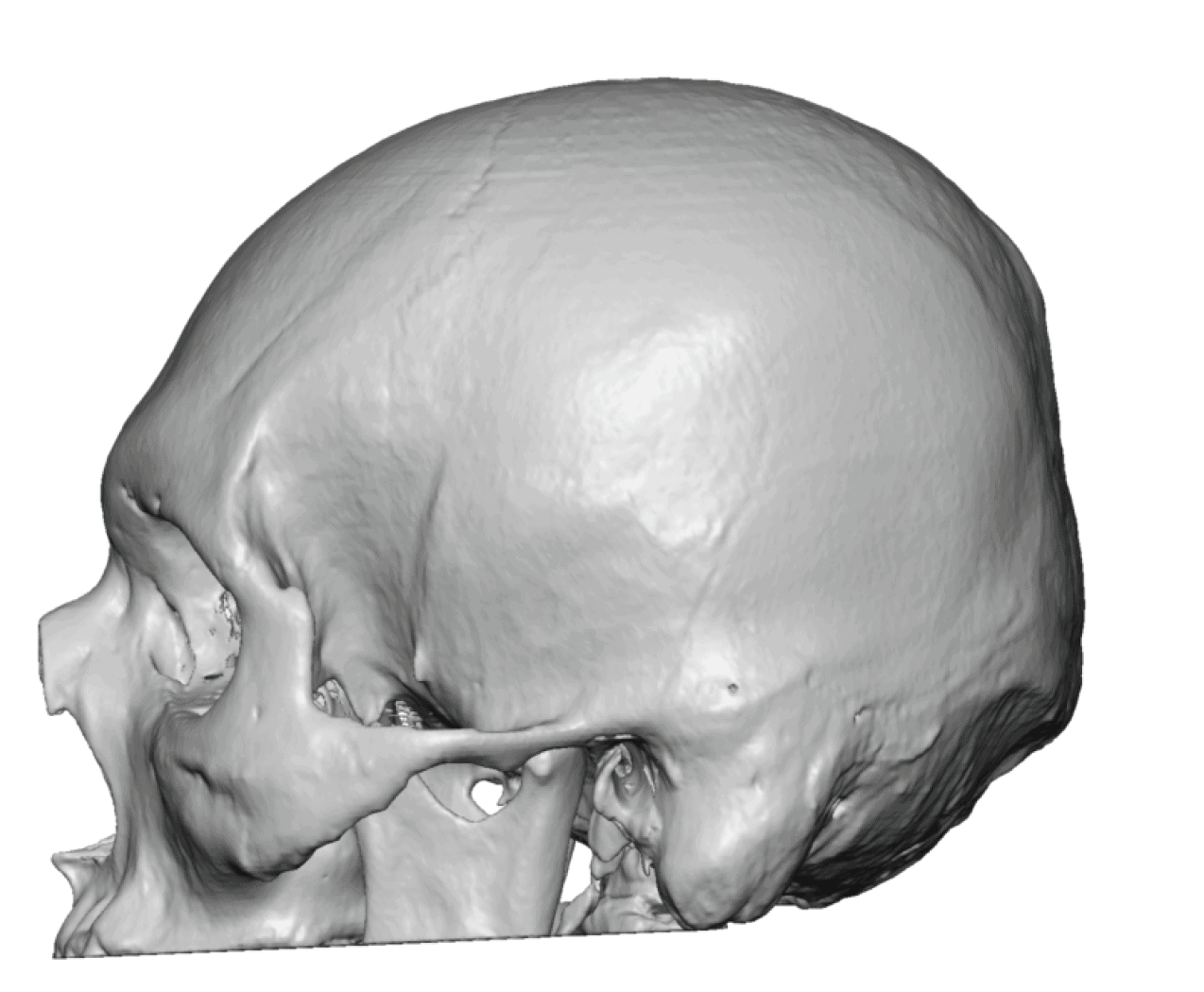
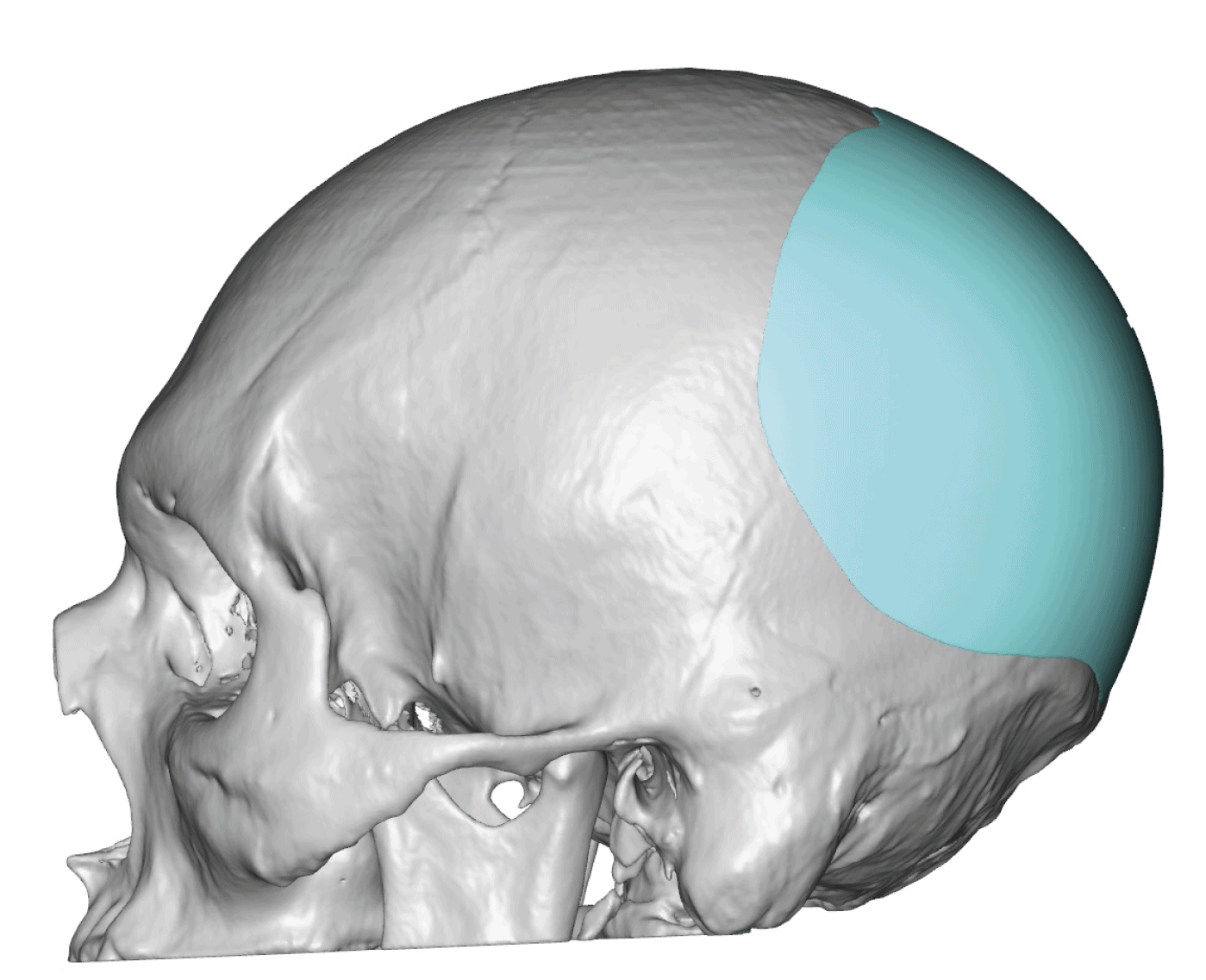
Desire improved contour for flat back of head shape.
Custom skull implant placement for augmentation of a congenitally flat central back of head.


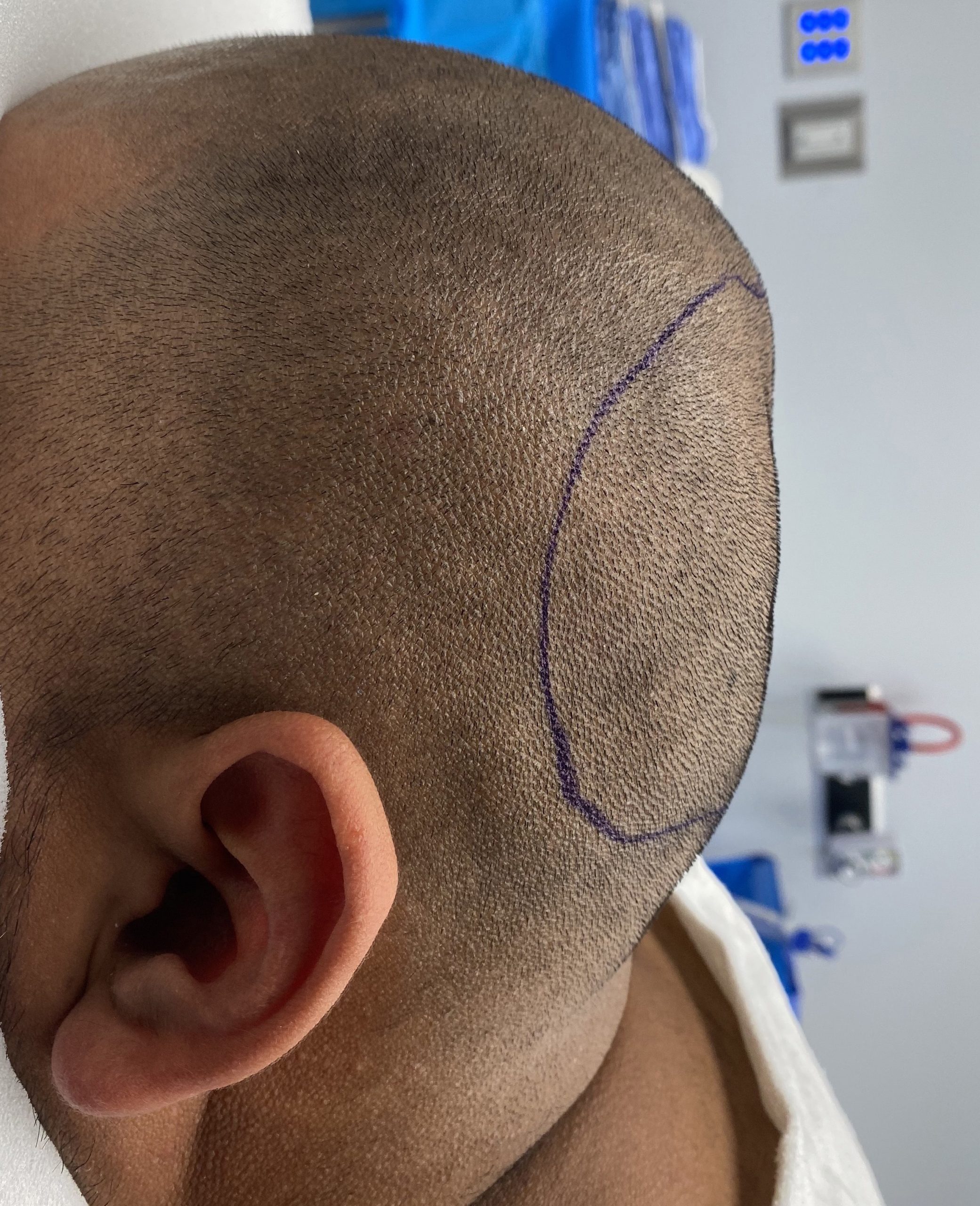
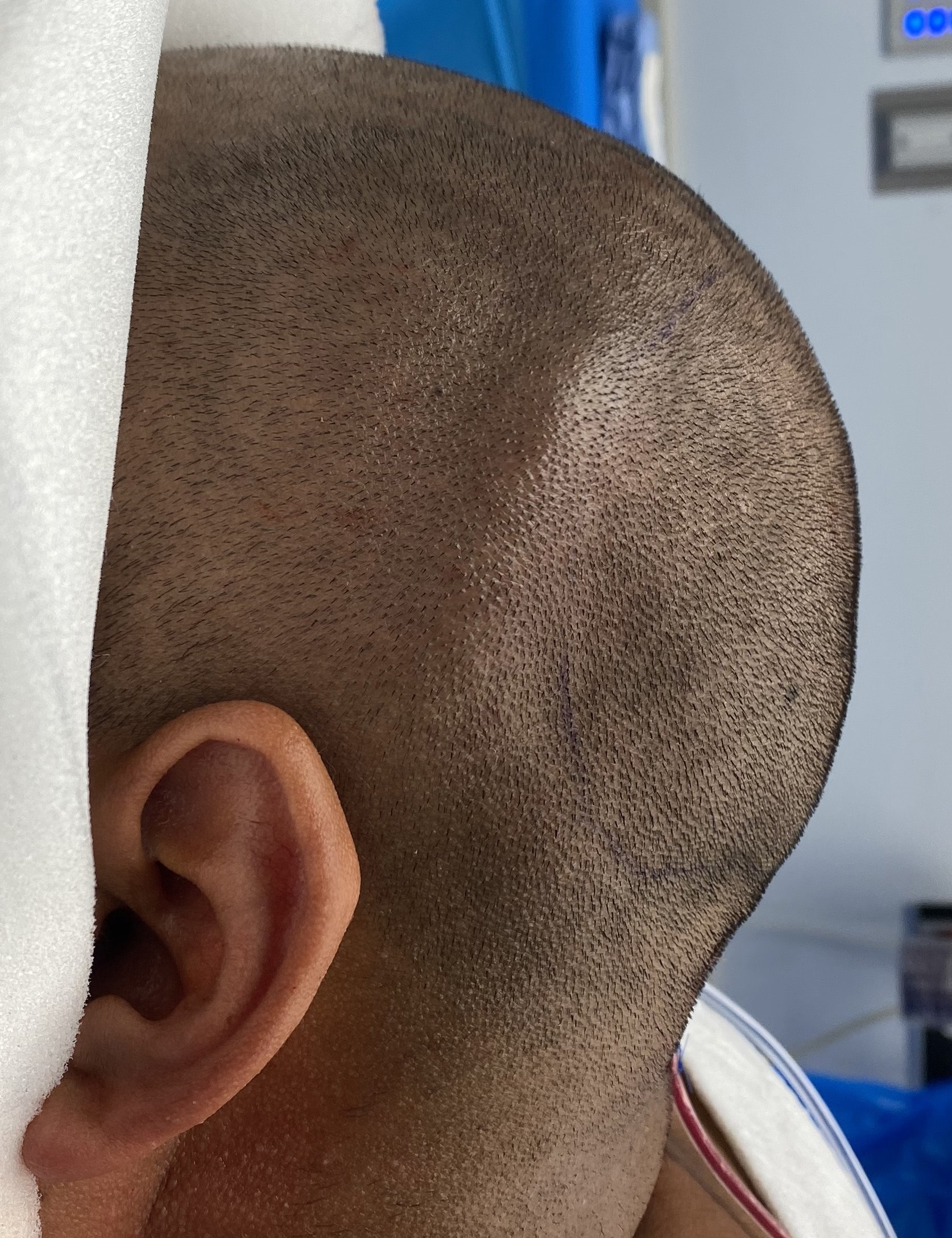
Desire improved contour for flat back of head shape.
Custom skull implant placement for augmentation of a congenitally flat central back of head.
Patient 74
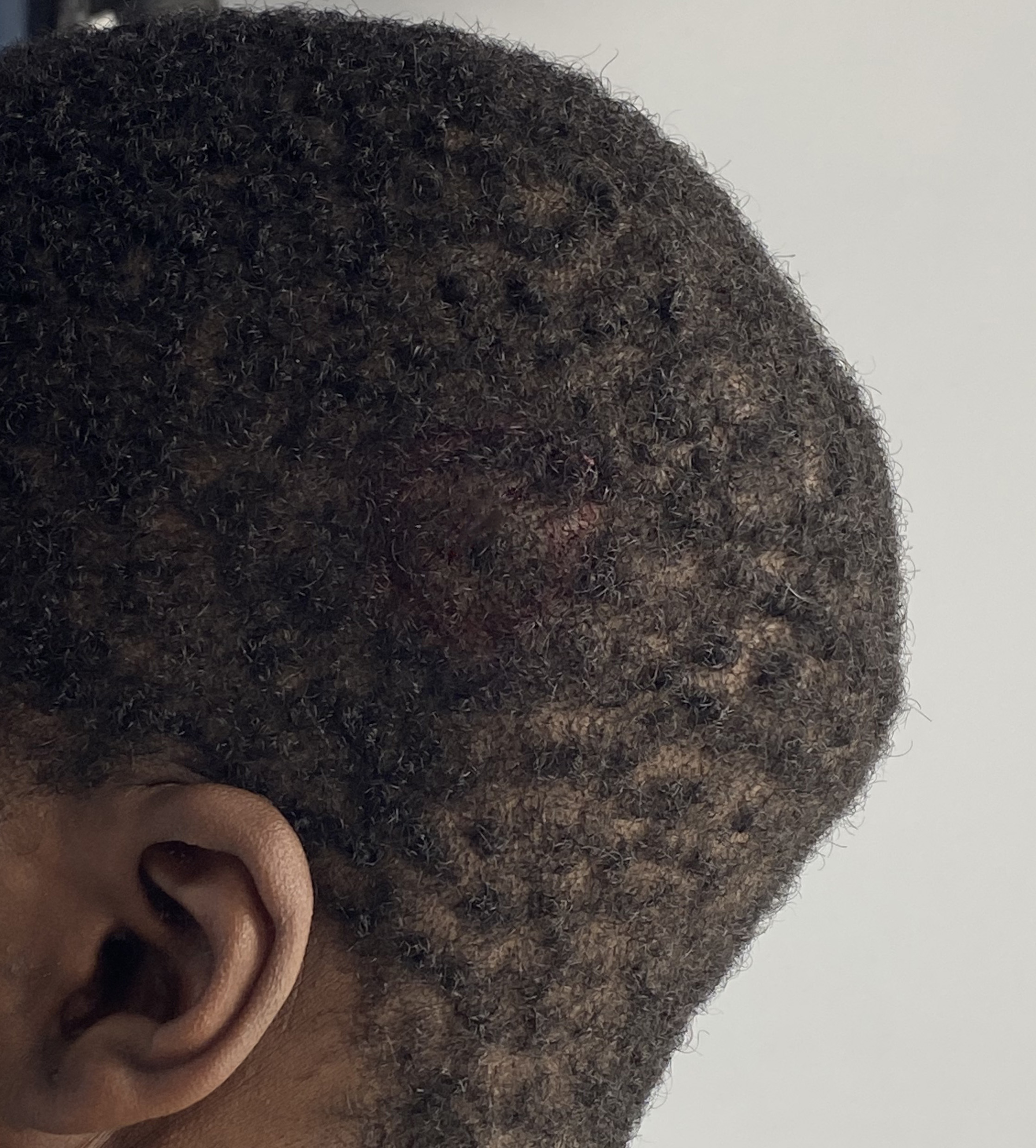
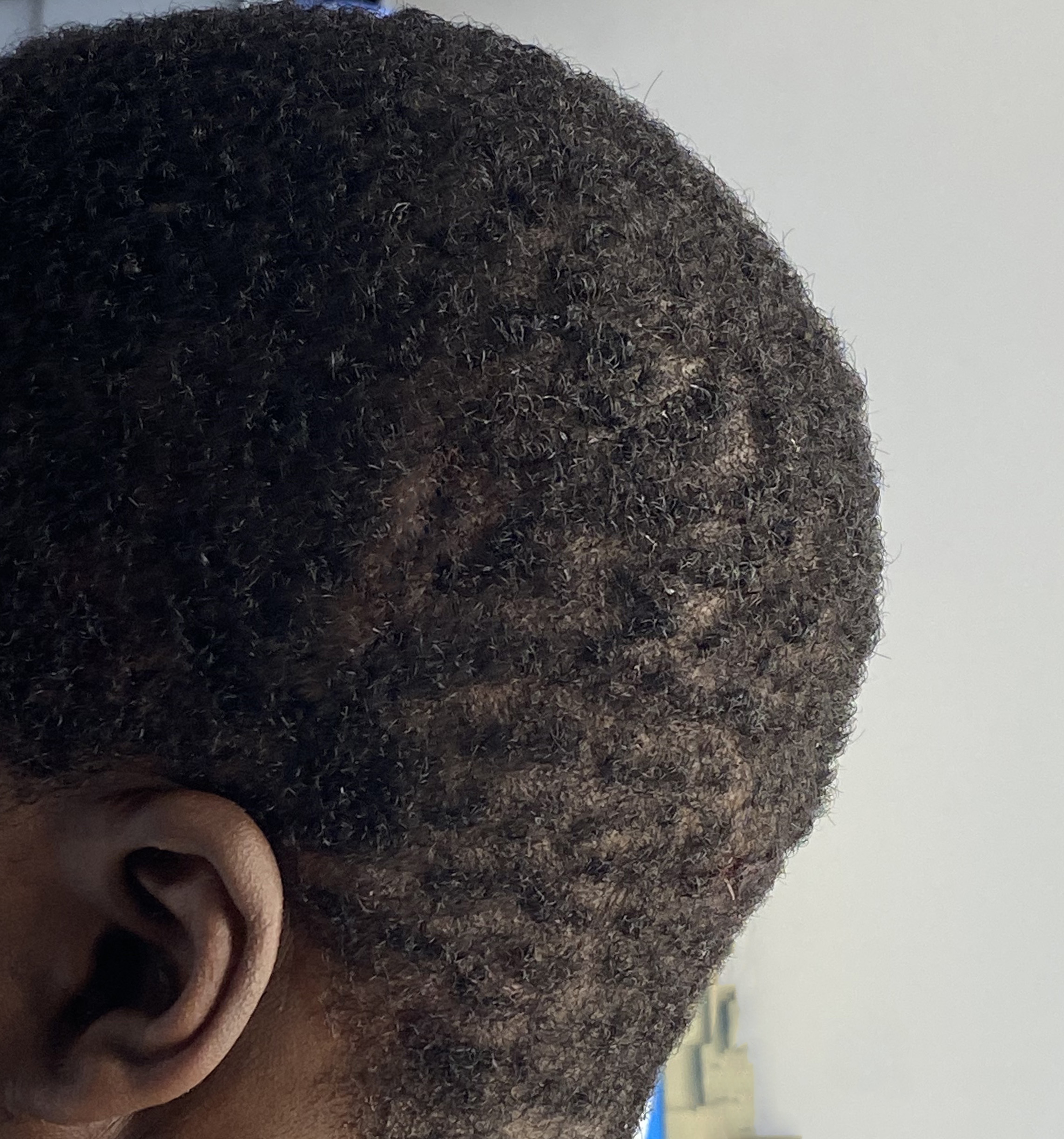
Desire for reduction of back of head protrusion.
Occipital bun skull reduction performed through nuchal line horizontal scalp incision.


Desire for reduction of back of head protrusion.
Occipital bun skull reduction performed through nuchal line horizontal scalp incision.
Patient 75
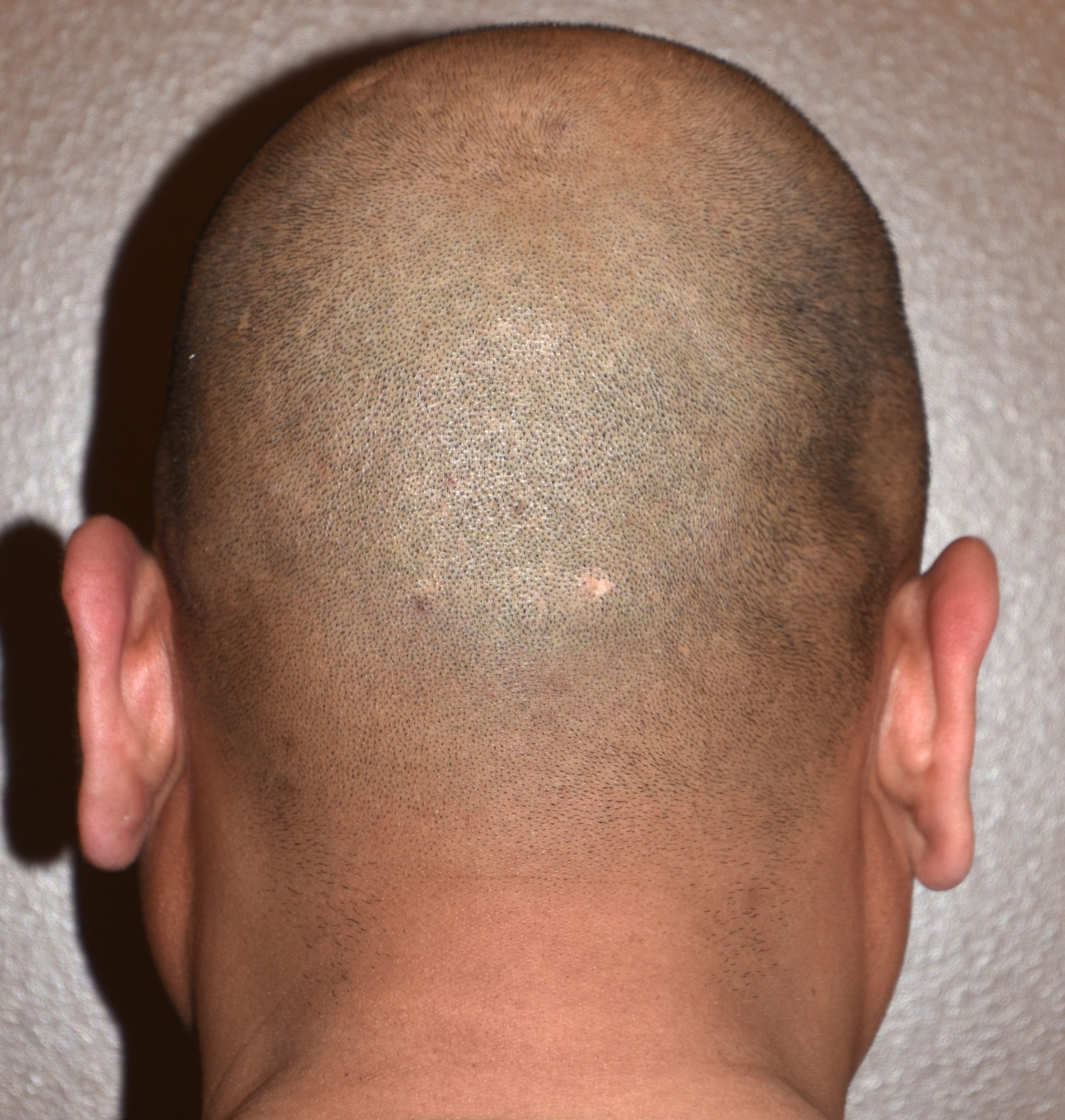
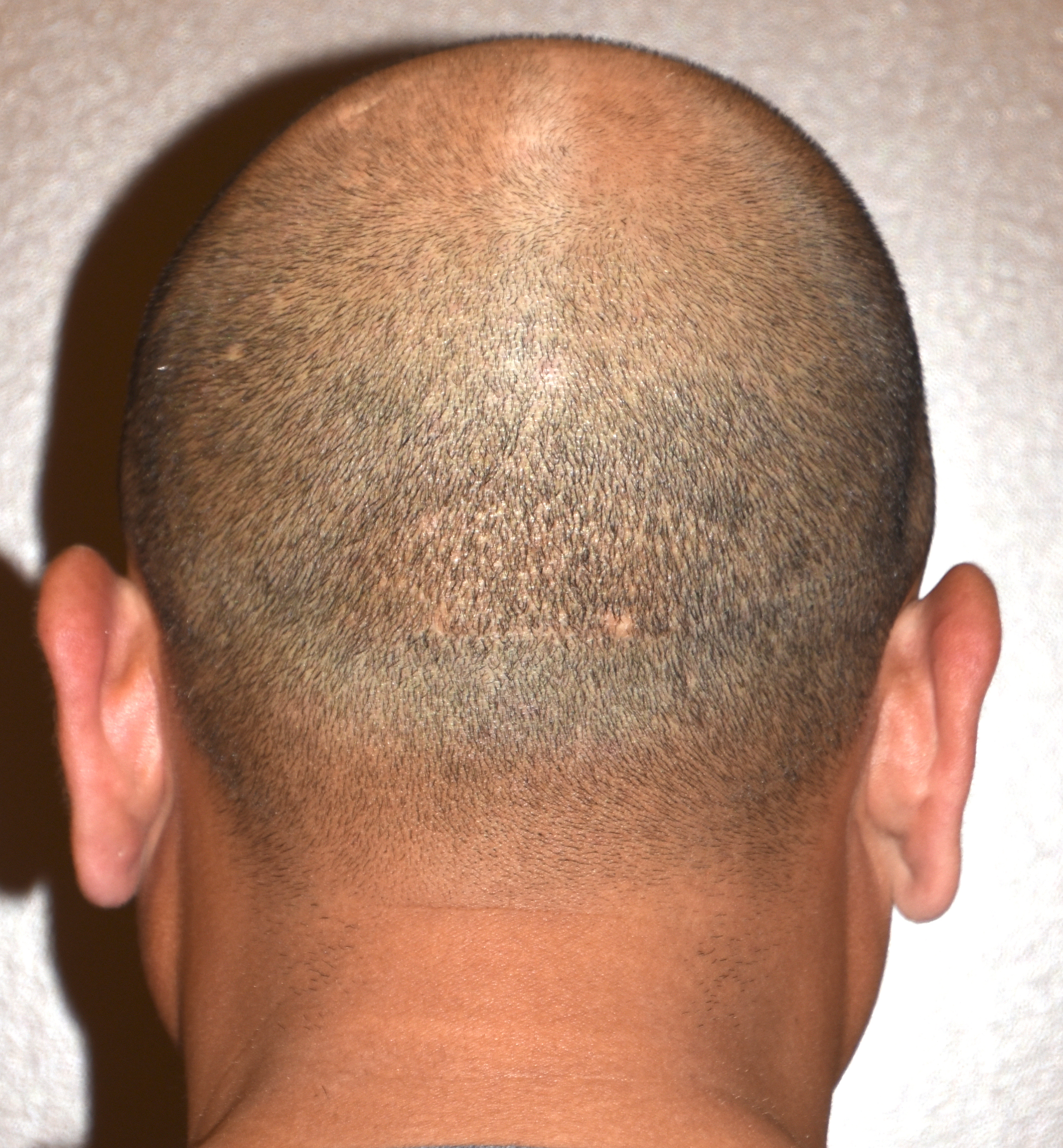
Congenital plagiocephaly with right flat back of head.
Placement of custom right back of head skull implant.


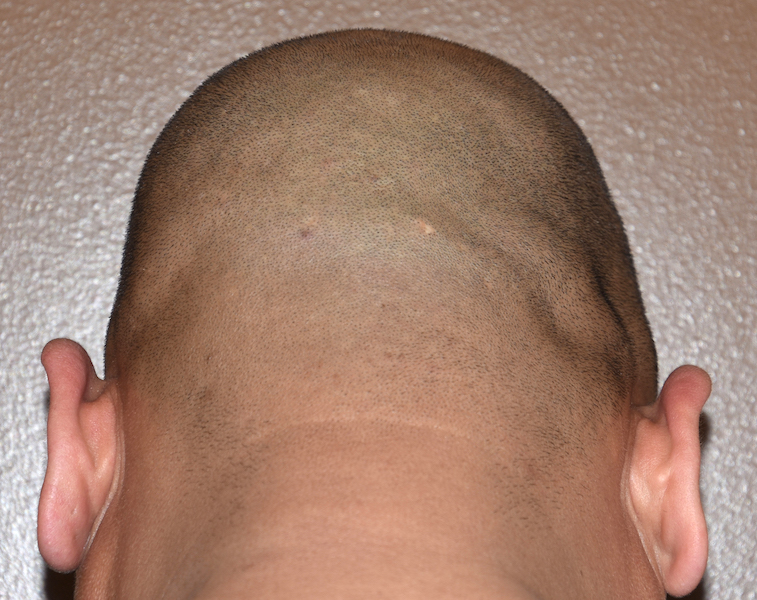

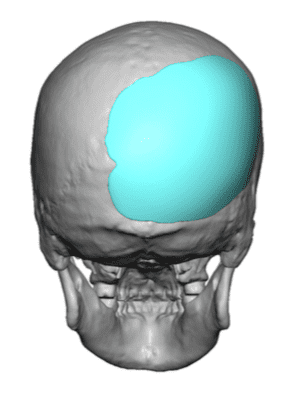
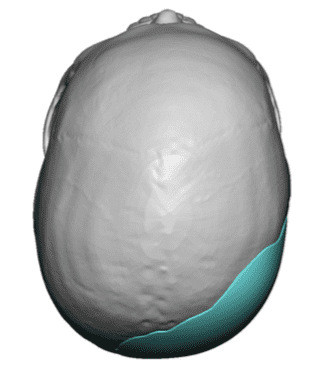
Congenital plagiocephaly with right flat back of head.
Placement of custom right back of head skull implant.
Patient 76
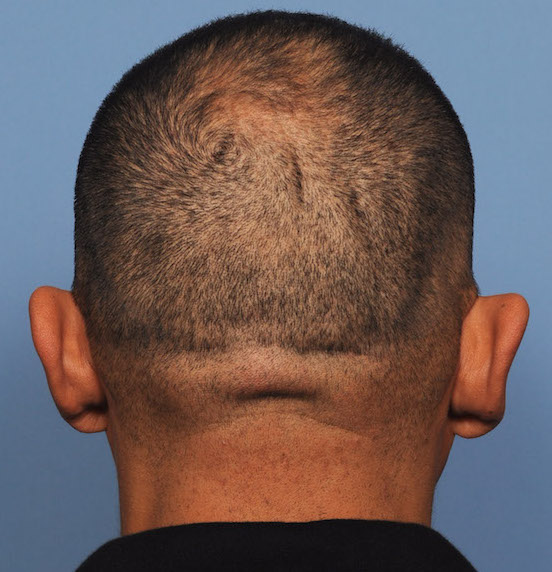
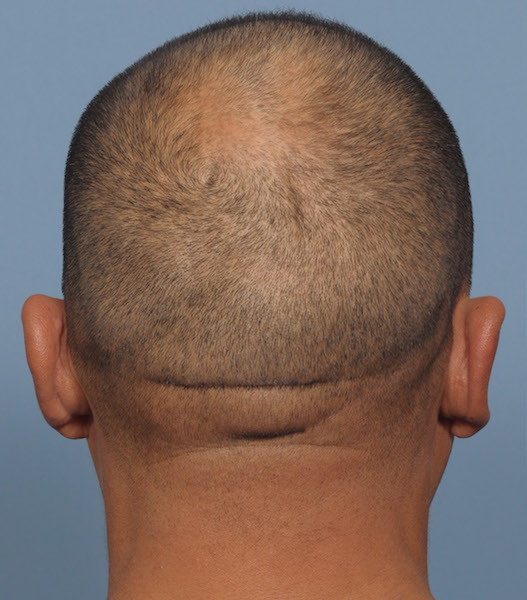
Male with congenital plagiocephaly with flat right back of head.
Placement of custom skull implant to build out the right back of the head flatness.


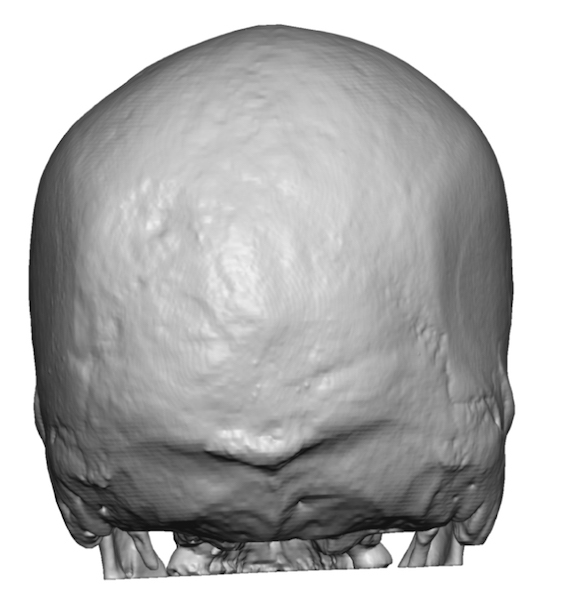
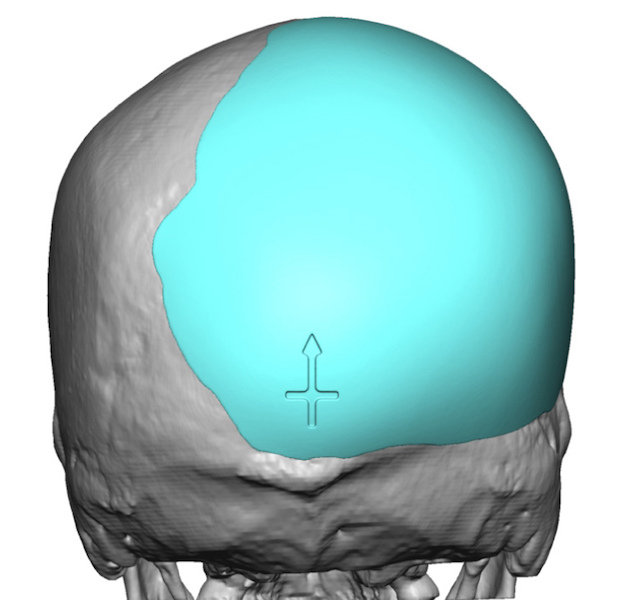
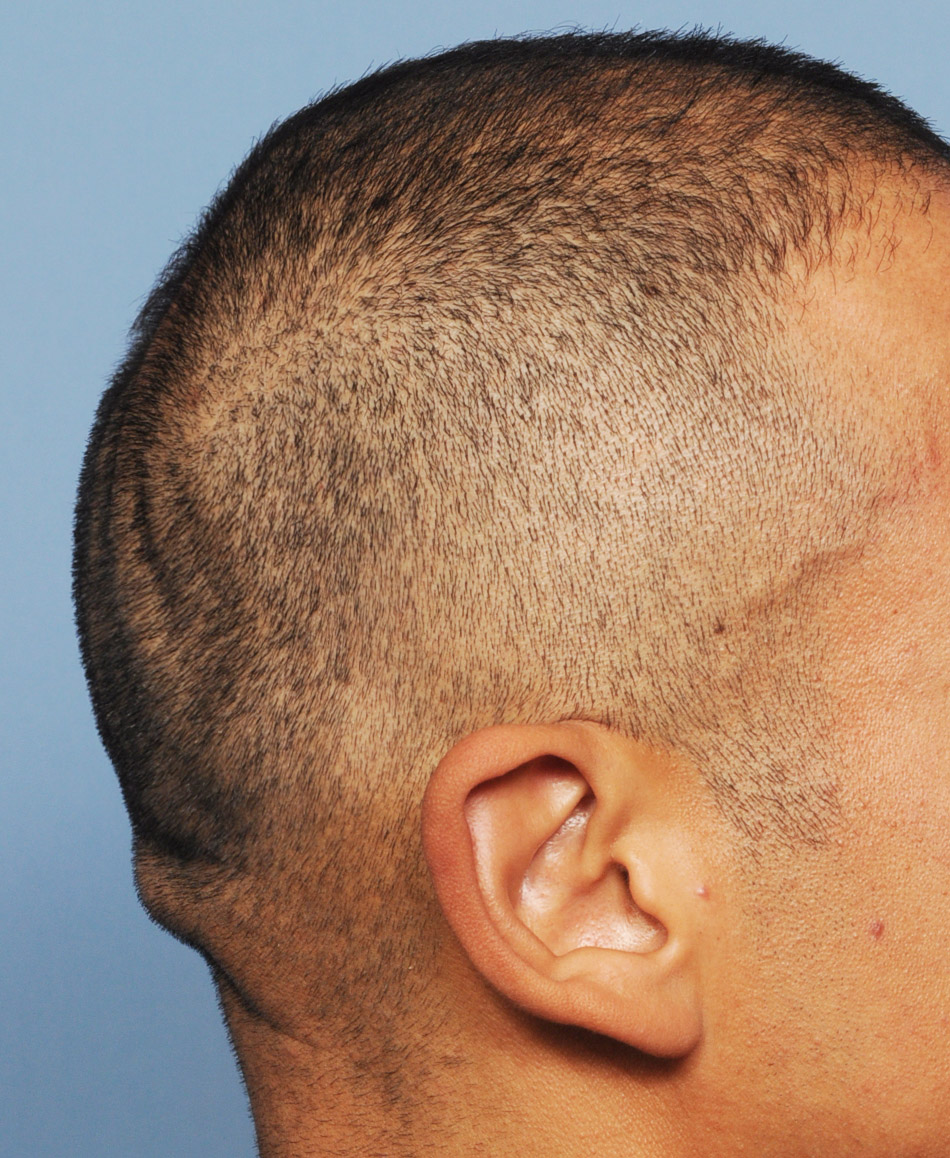
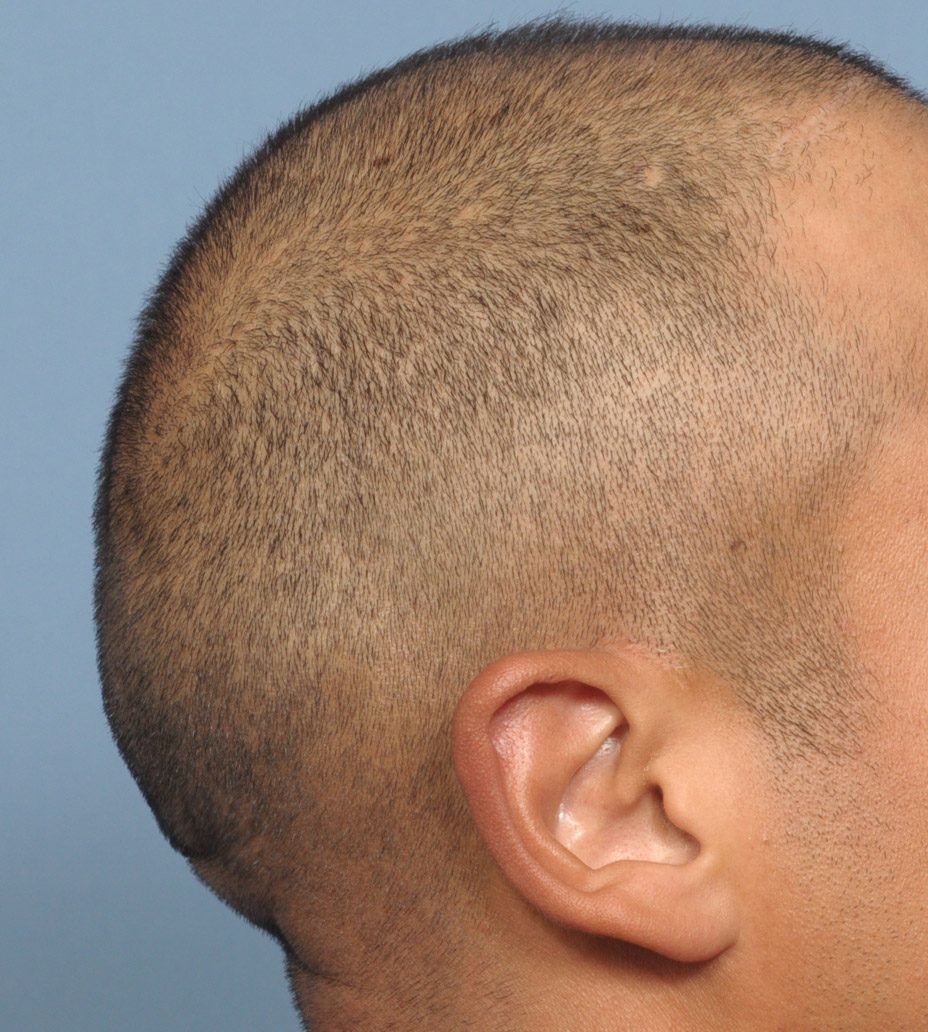
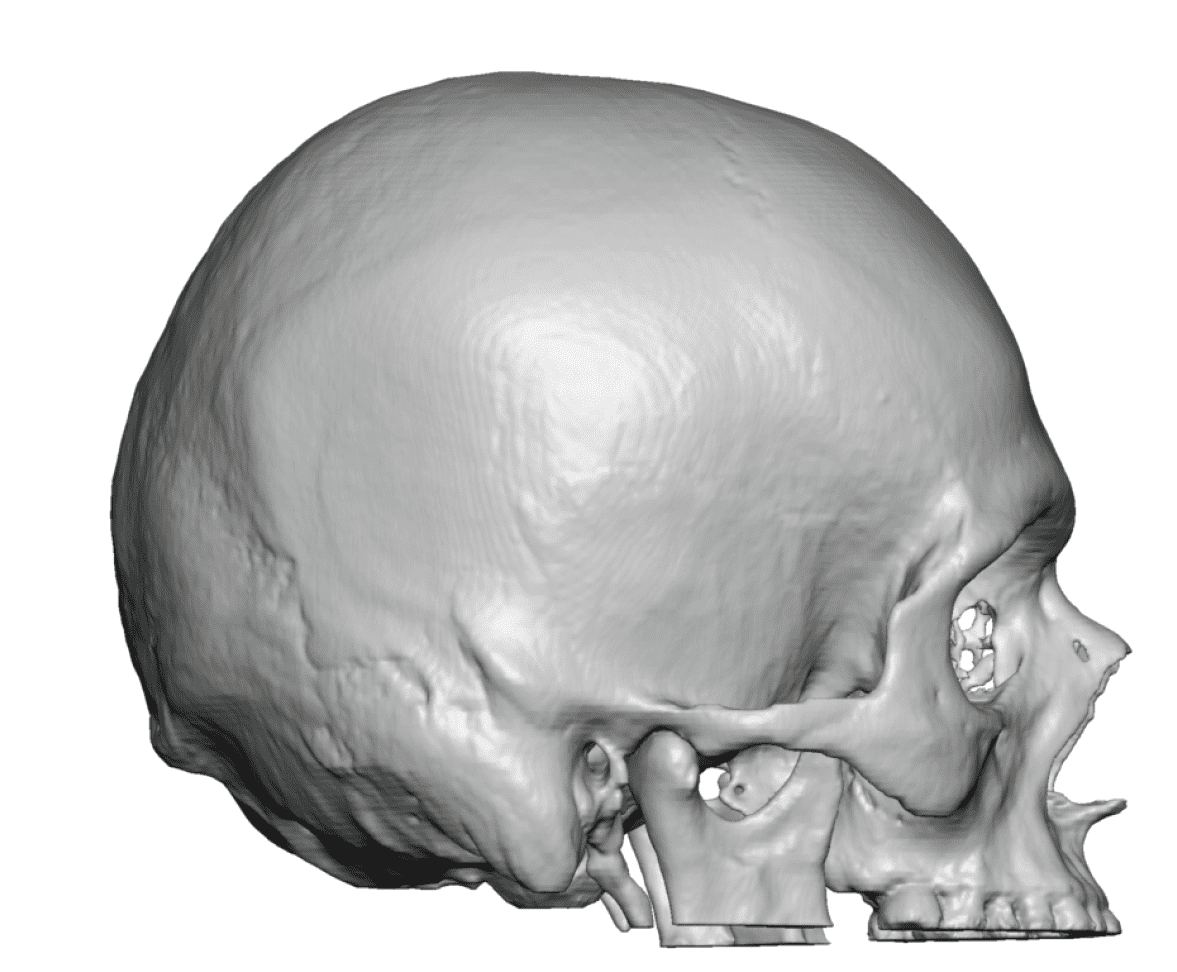
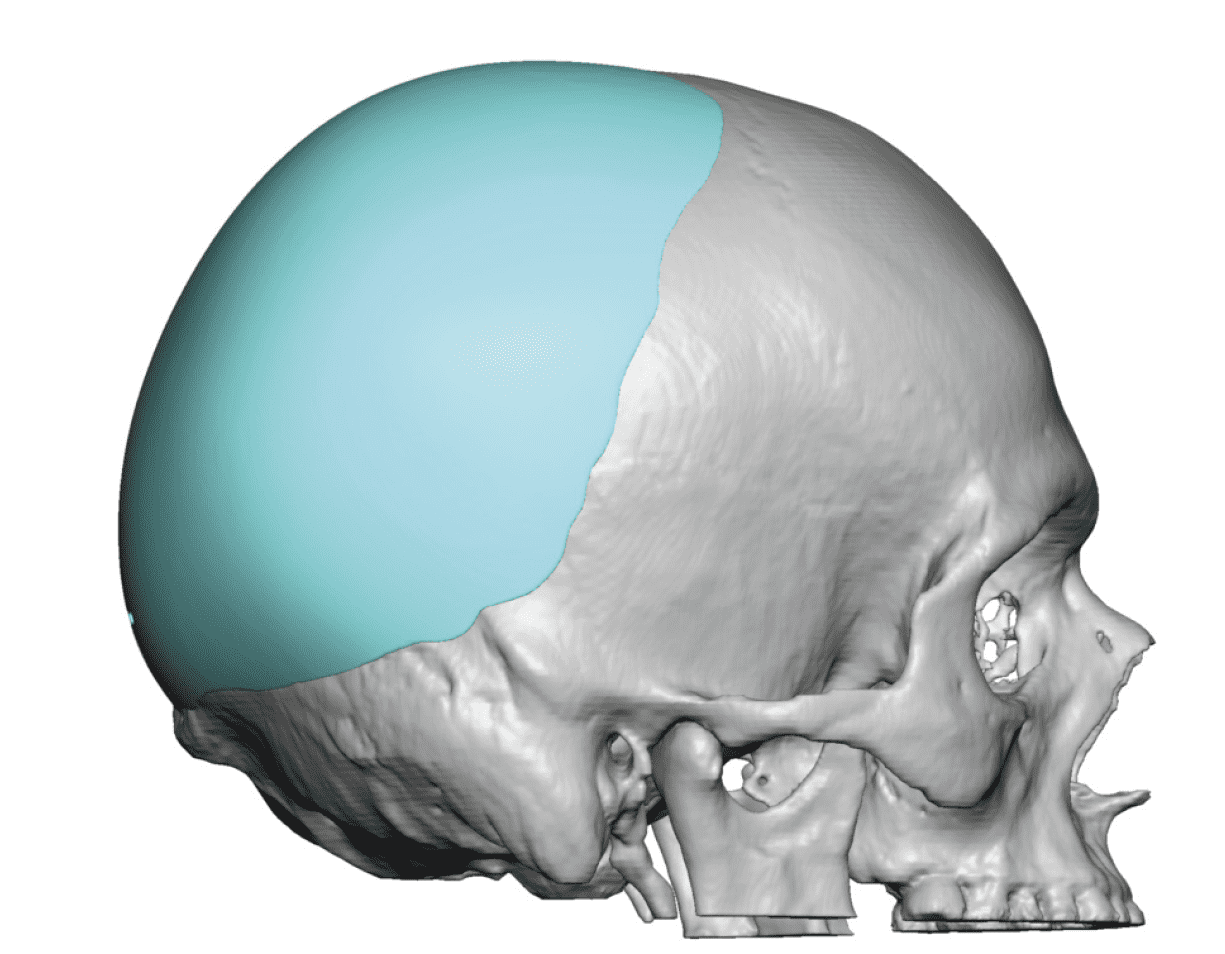
Male with congenital plagiocephaly with flat right back of head.
Placement of custom skull implant to build out the right back of the head flatness.
Patient 77
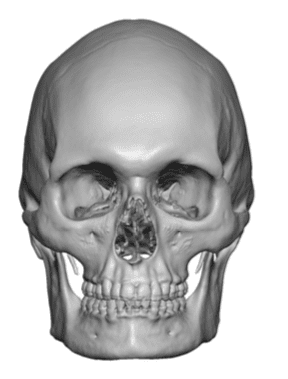
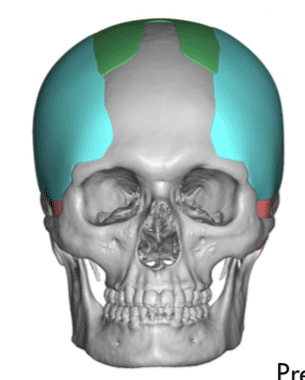
Desire for a complete head widening effect.
Design and placement of custom extended temporal-forehead implants through postauricualr incisions.


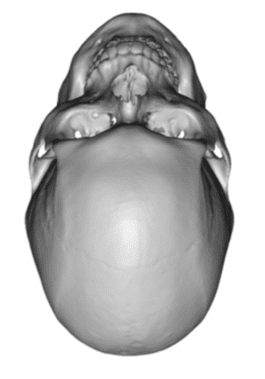
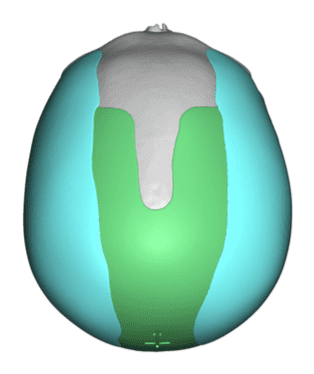
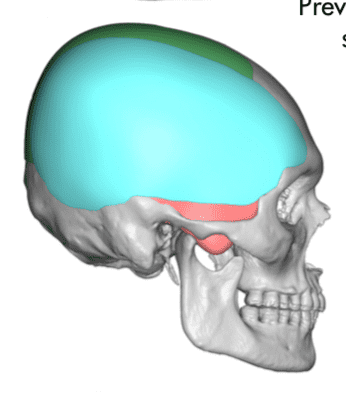
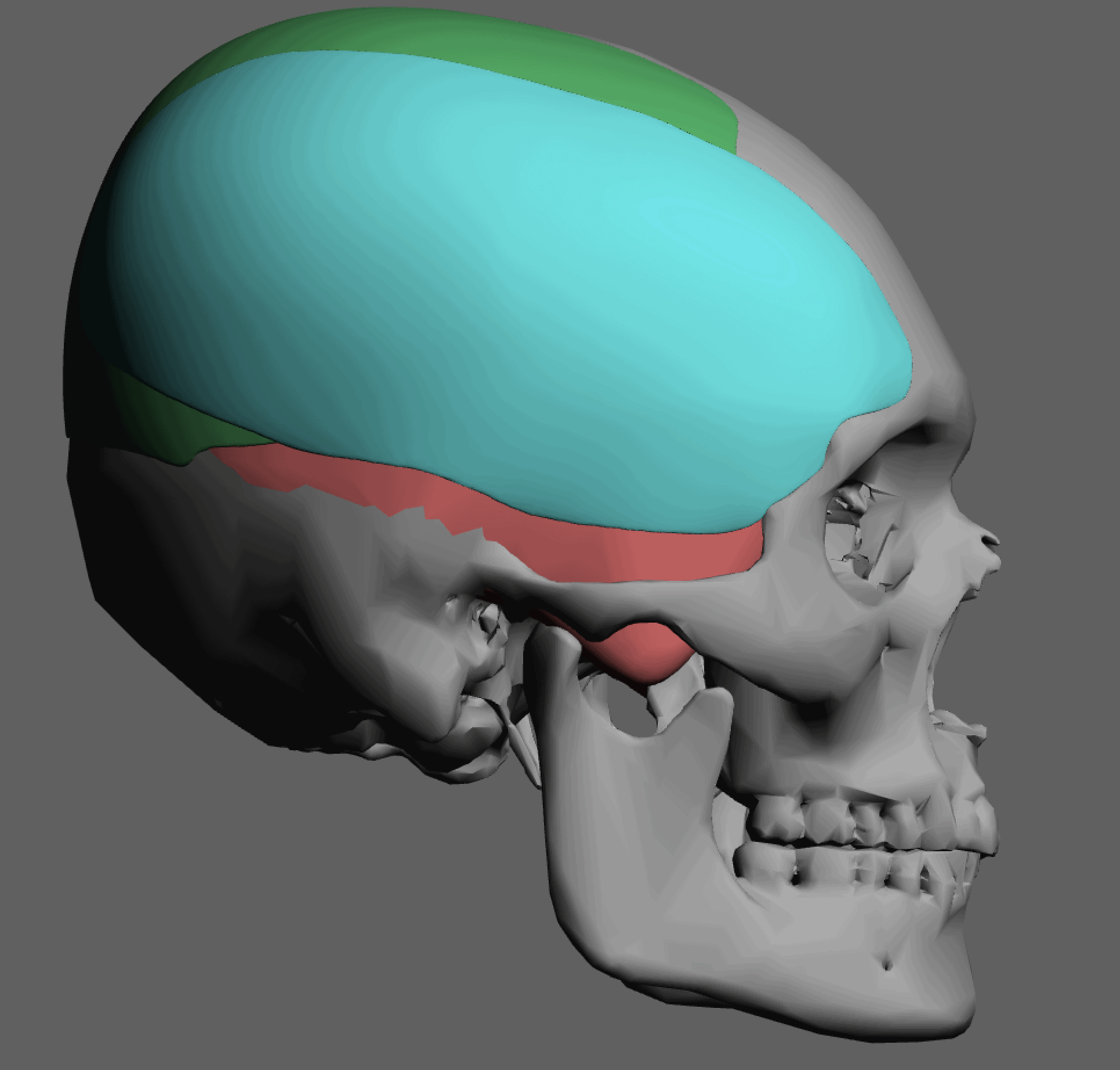
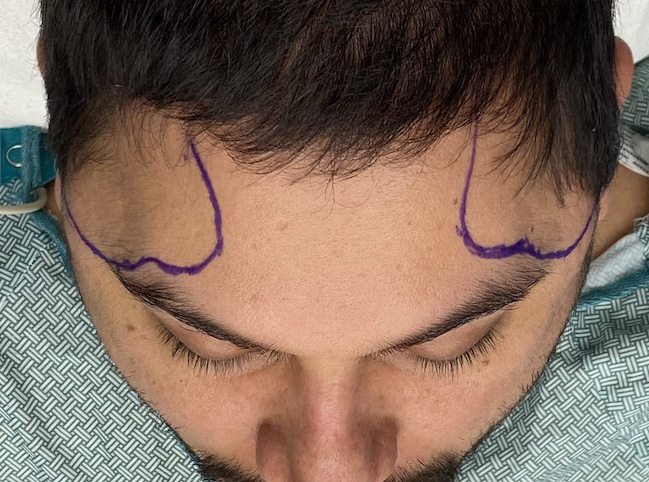
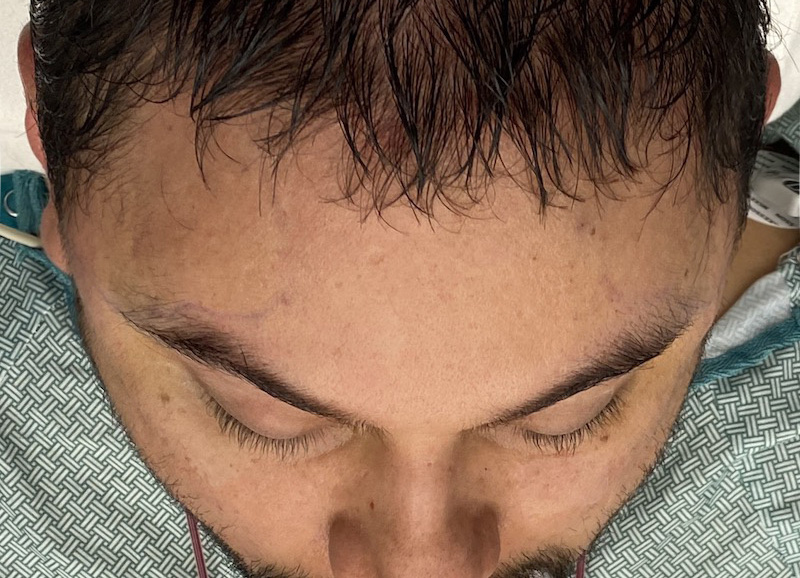
Desire for a complete head widening effect.
Design and placement of custom extended temporal-forehead implants through postauricualr incisions.
Patient 78
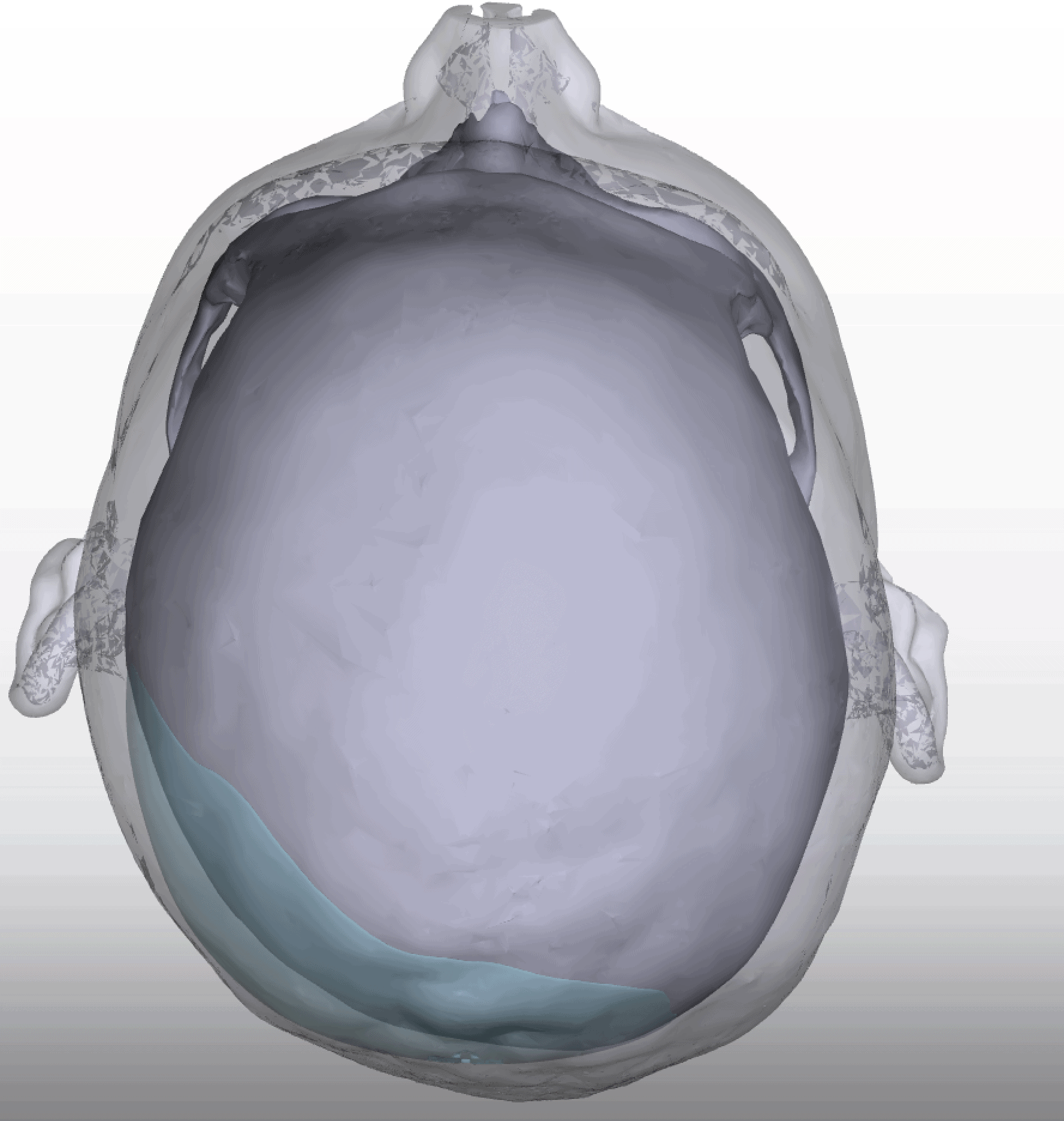
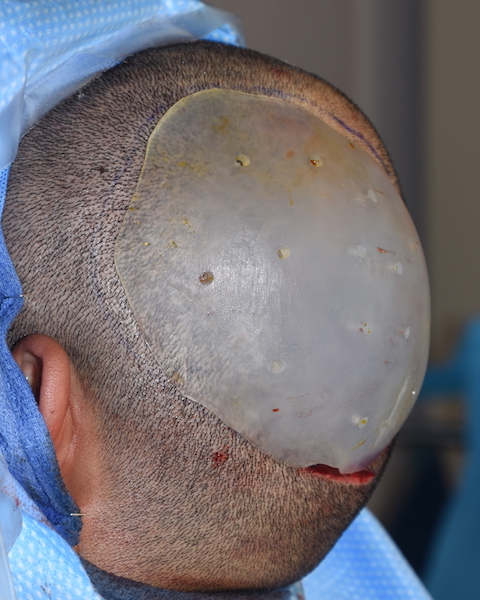
Desire for correction of left flat back of head due to plagiocephaly.
Placement of custom skull implant on back of head for plagiocephaly correction.


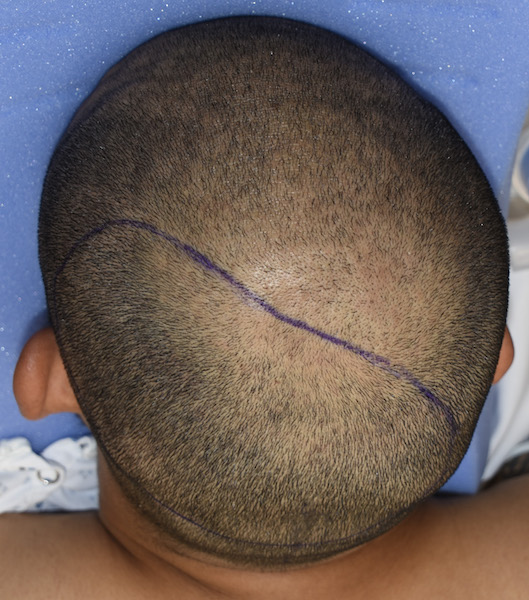
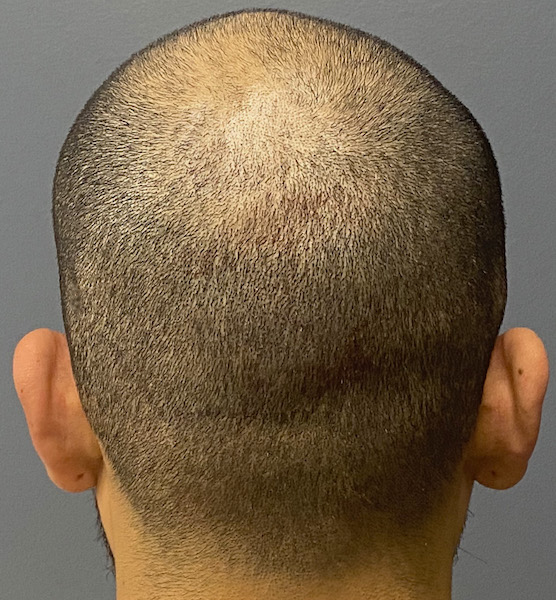
Desire for correction of left flat back of head due to plagiocephaly.
Placement of custom skull implant on back of head for plagiocephaly correction.
Patient 79
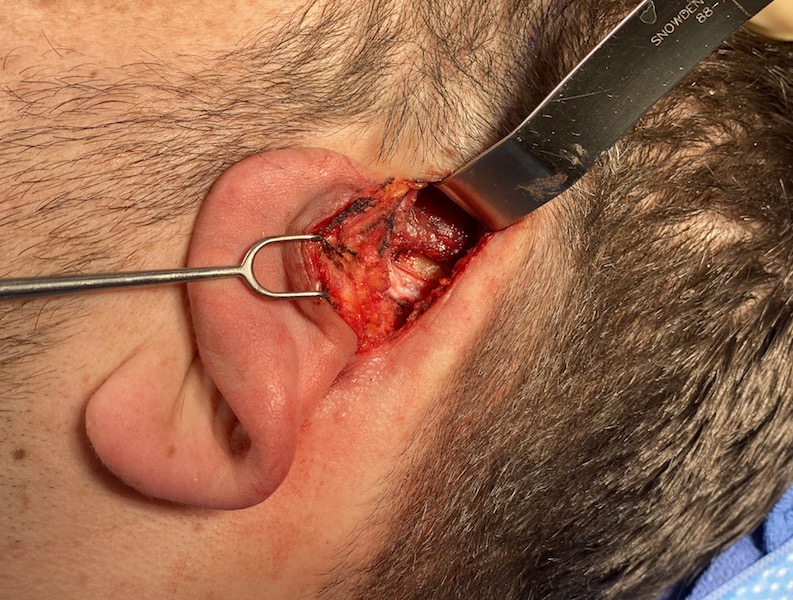
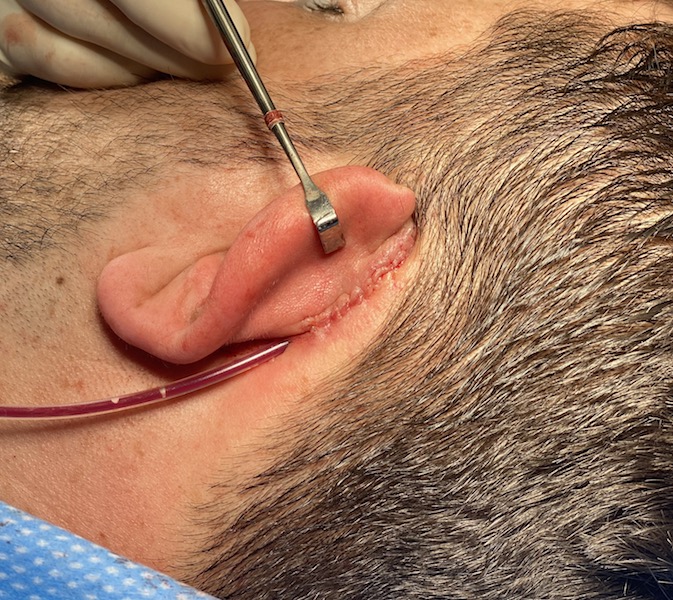
Desire for reduction of head width above the ears.
Posterior temporal muscle removal through incisions done behind the ear.


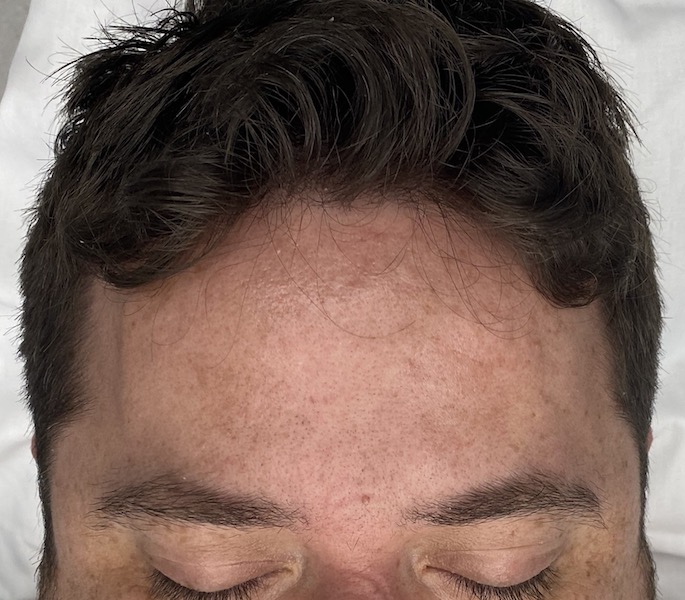
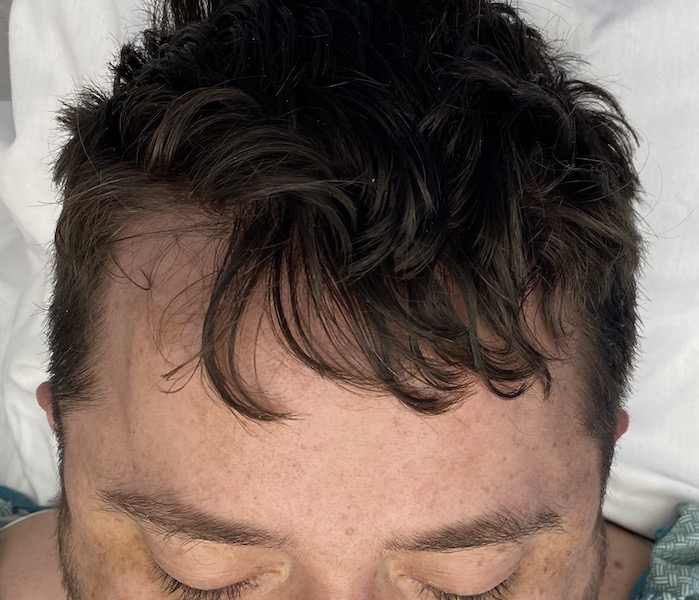
Desire for reduction of head width above the ears.
Posterior temporal muscle removal through incisions done behind the ear.
Patient 80
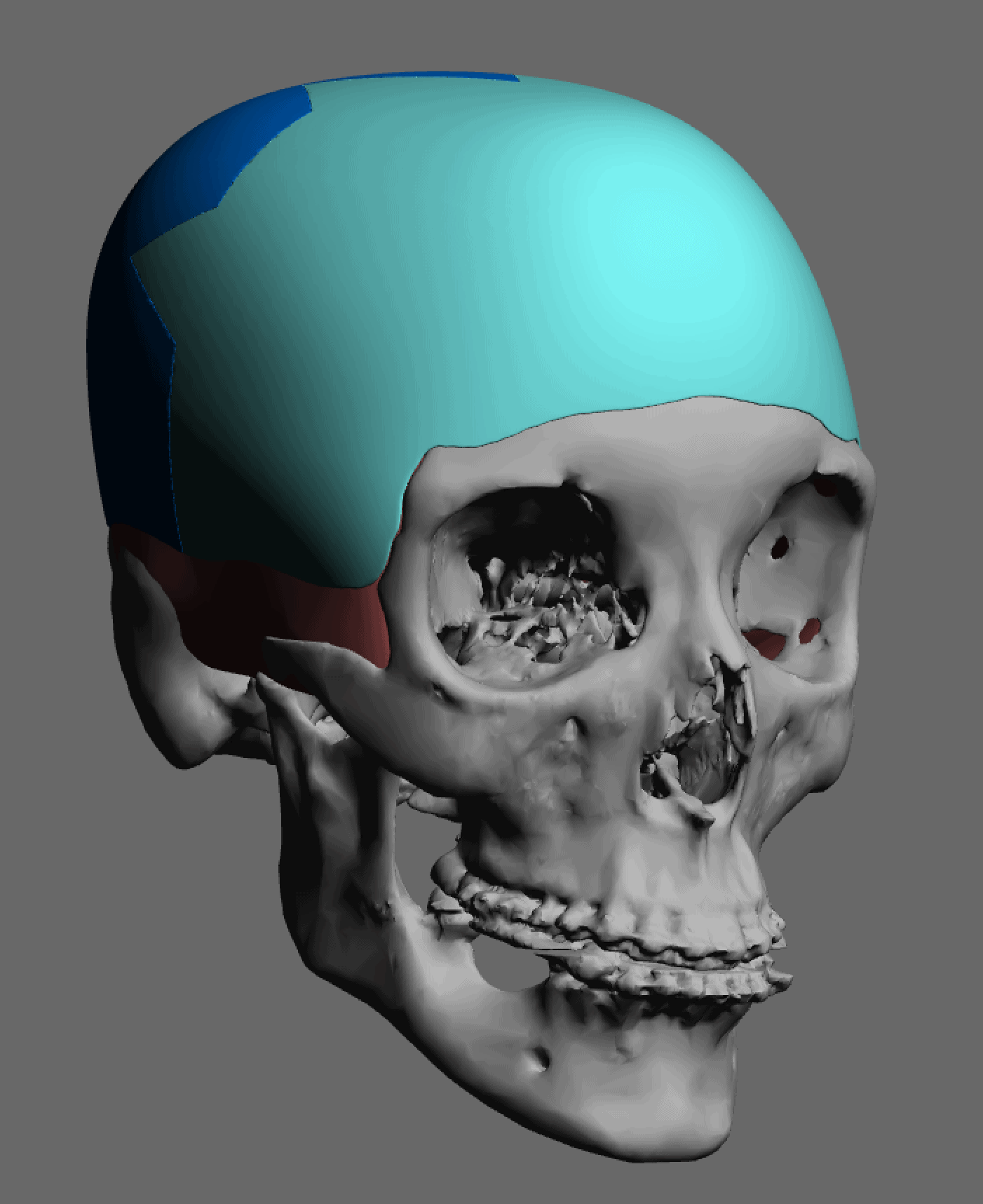
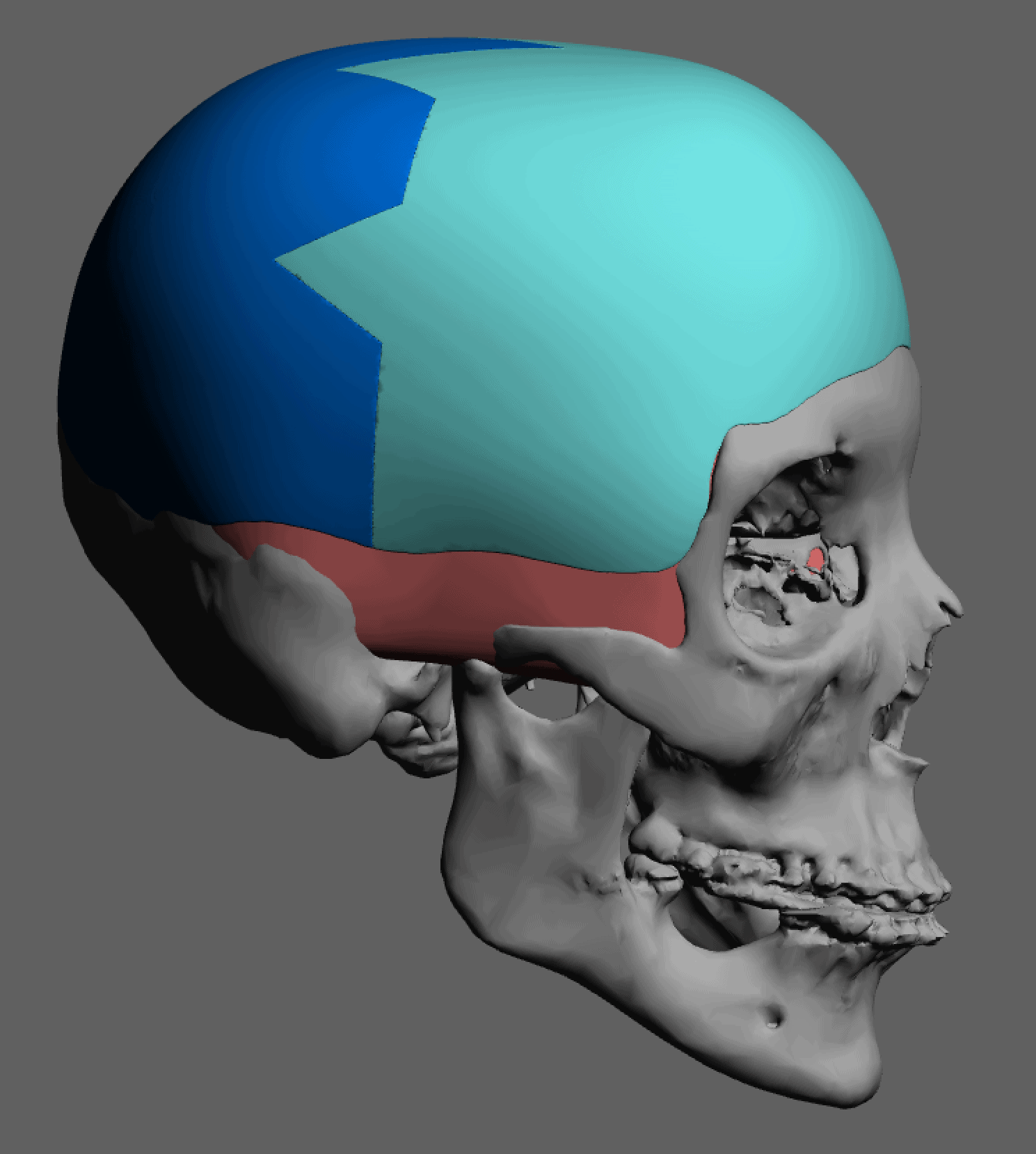
Desire for major head reshaping with a taler and wider head shape.
Placement of large two piece custom skull implant through a sagittal scalp incision.


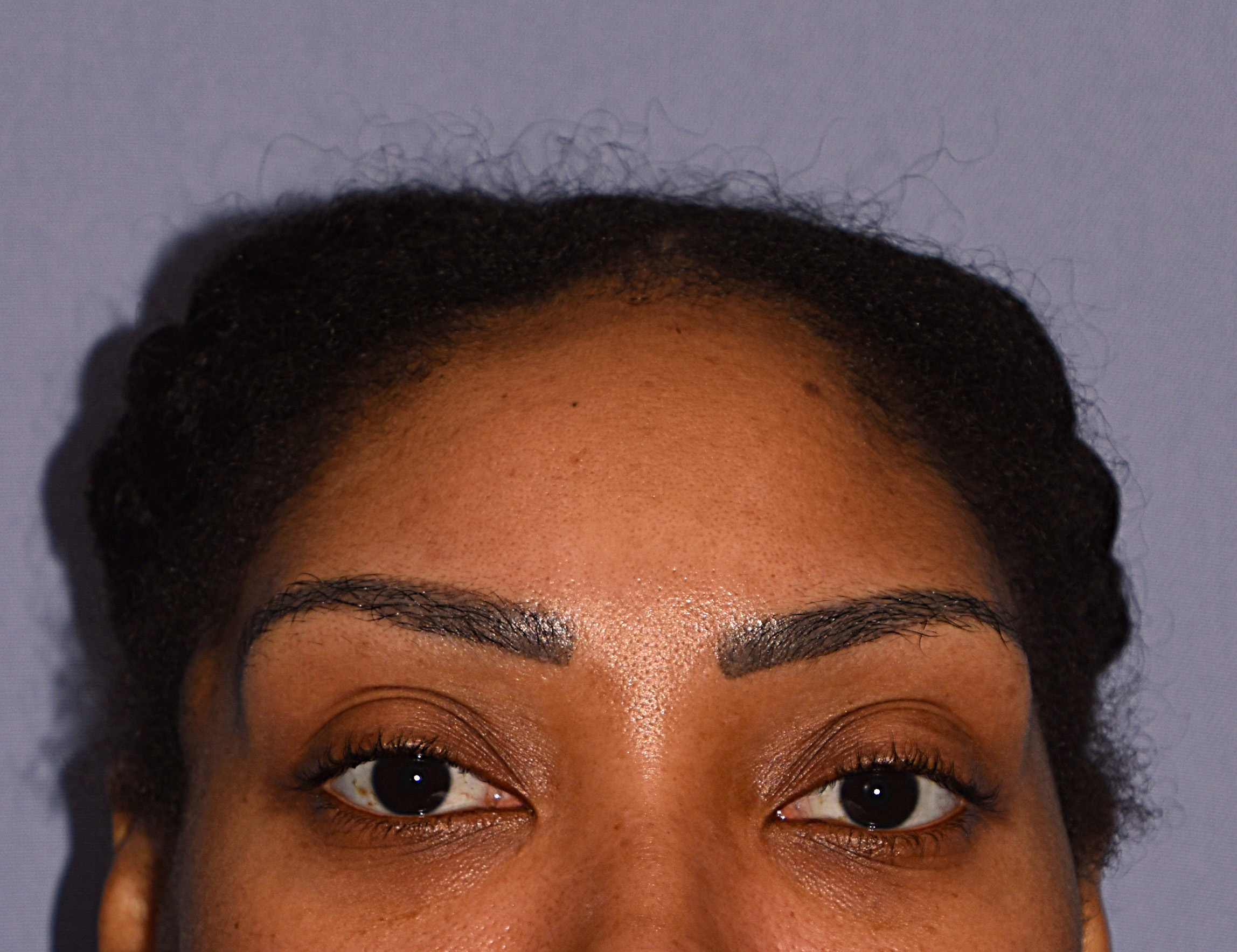
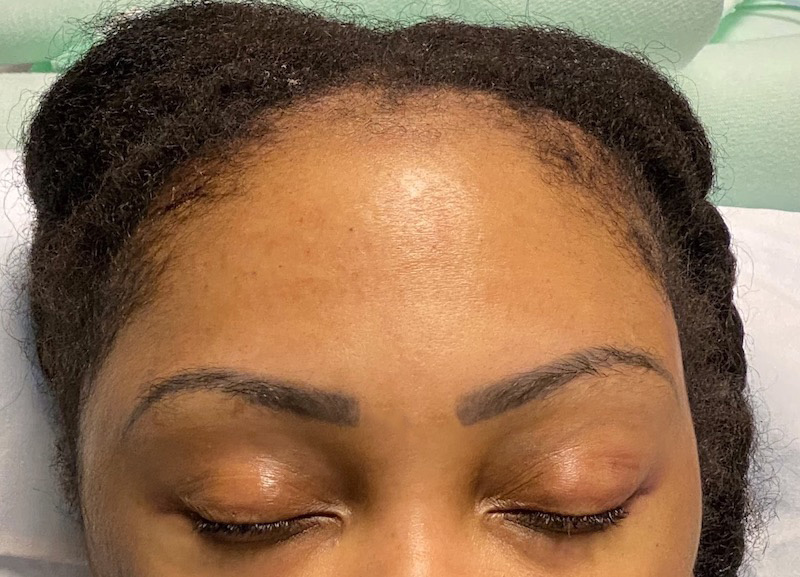
Desire for major head reshaping with a taler and wider head shape.
Placement of large two piece custom skull implant through a sagittal scalp incision.
Patient 81
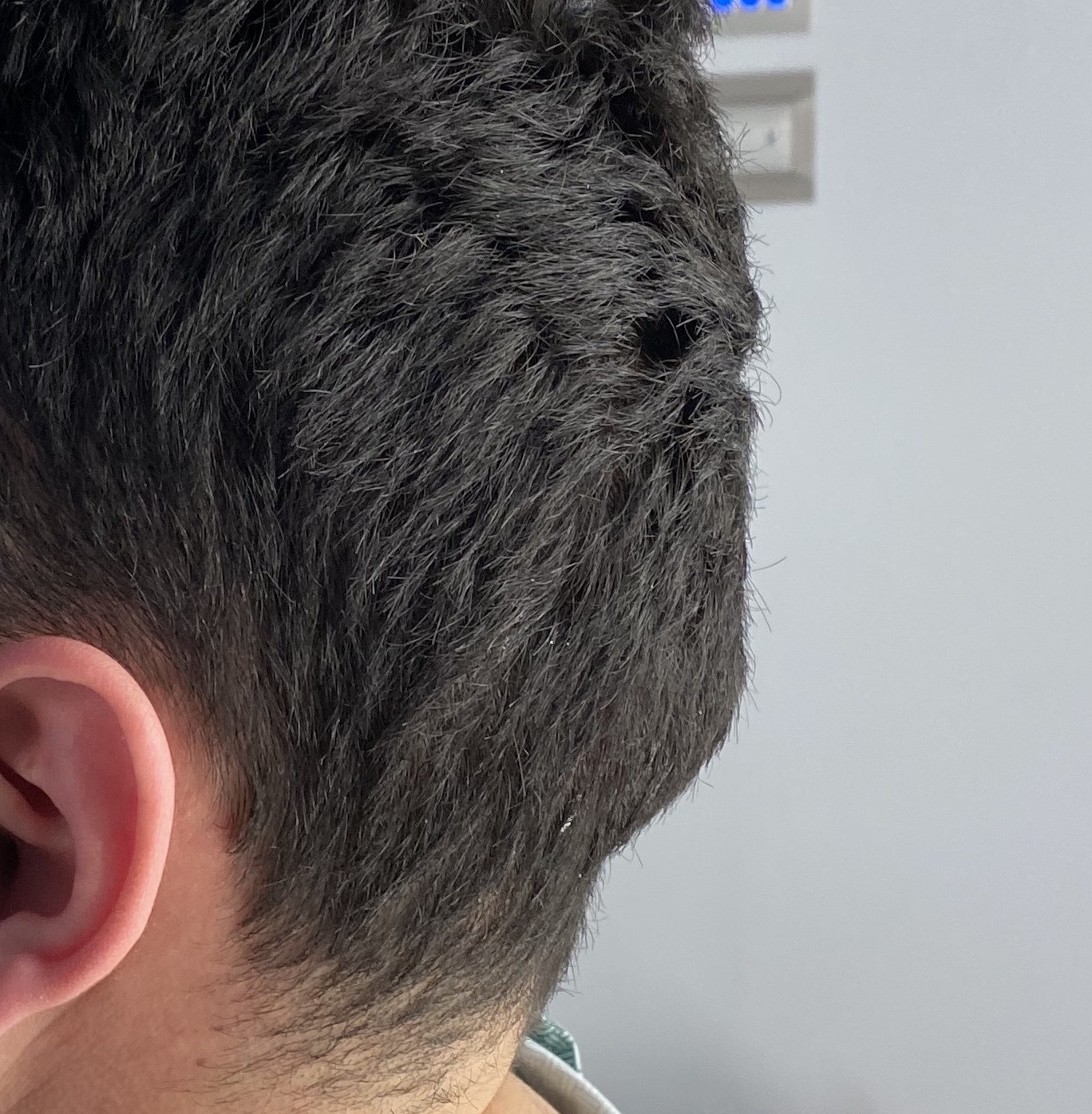
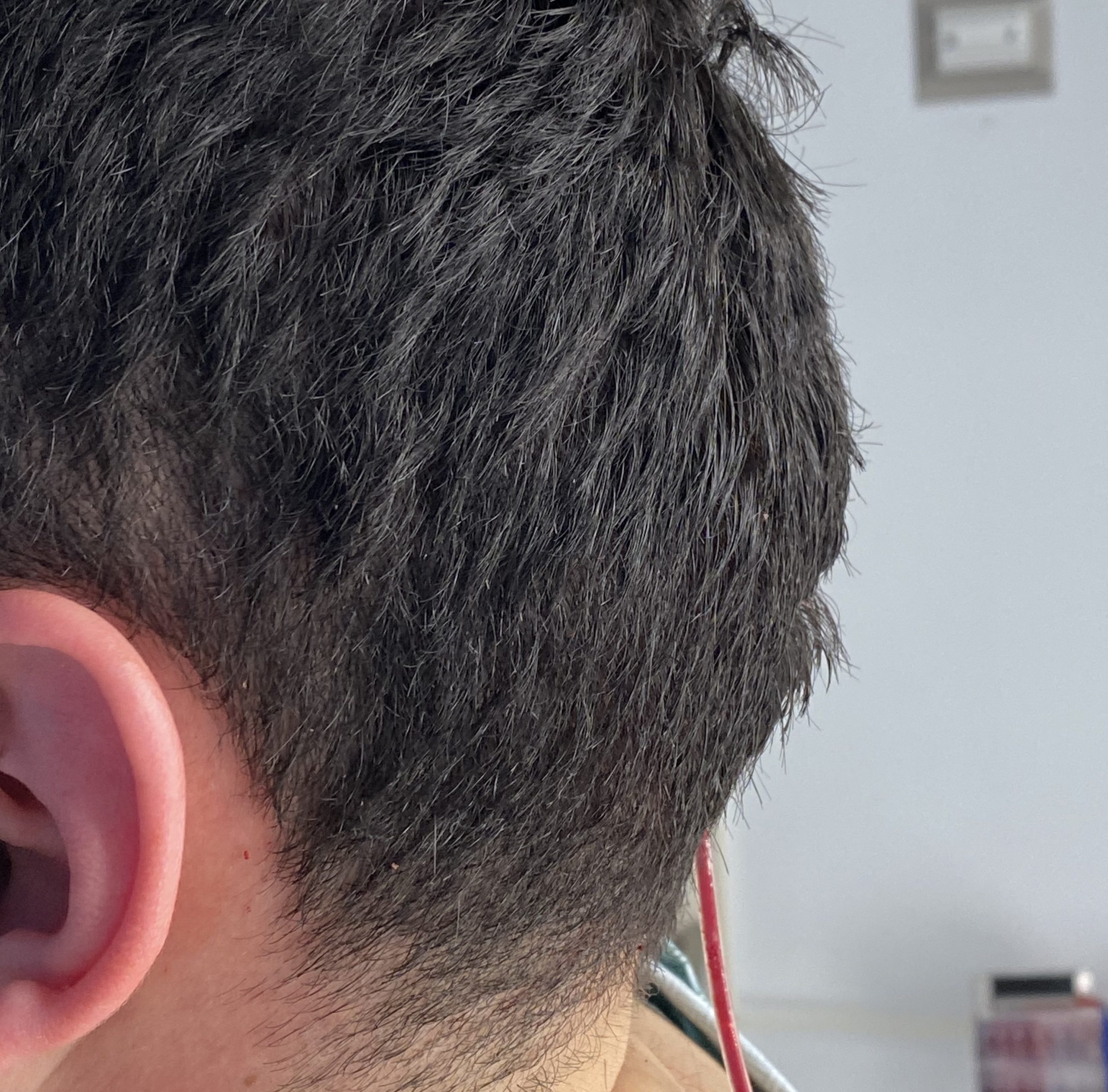
Desire to reduce prominent bony ridge on back of head.
Nuchal ridge skull reduction with high speed burring using a tunnel technique through a small scalp incision.


Desire to reduce prominent bony ridge on back of head.
Nuchal ridge skull reduction with high speed burring using a tunnel technique through a small scalp incision.
Patient 82
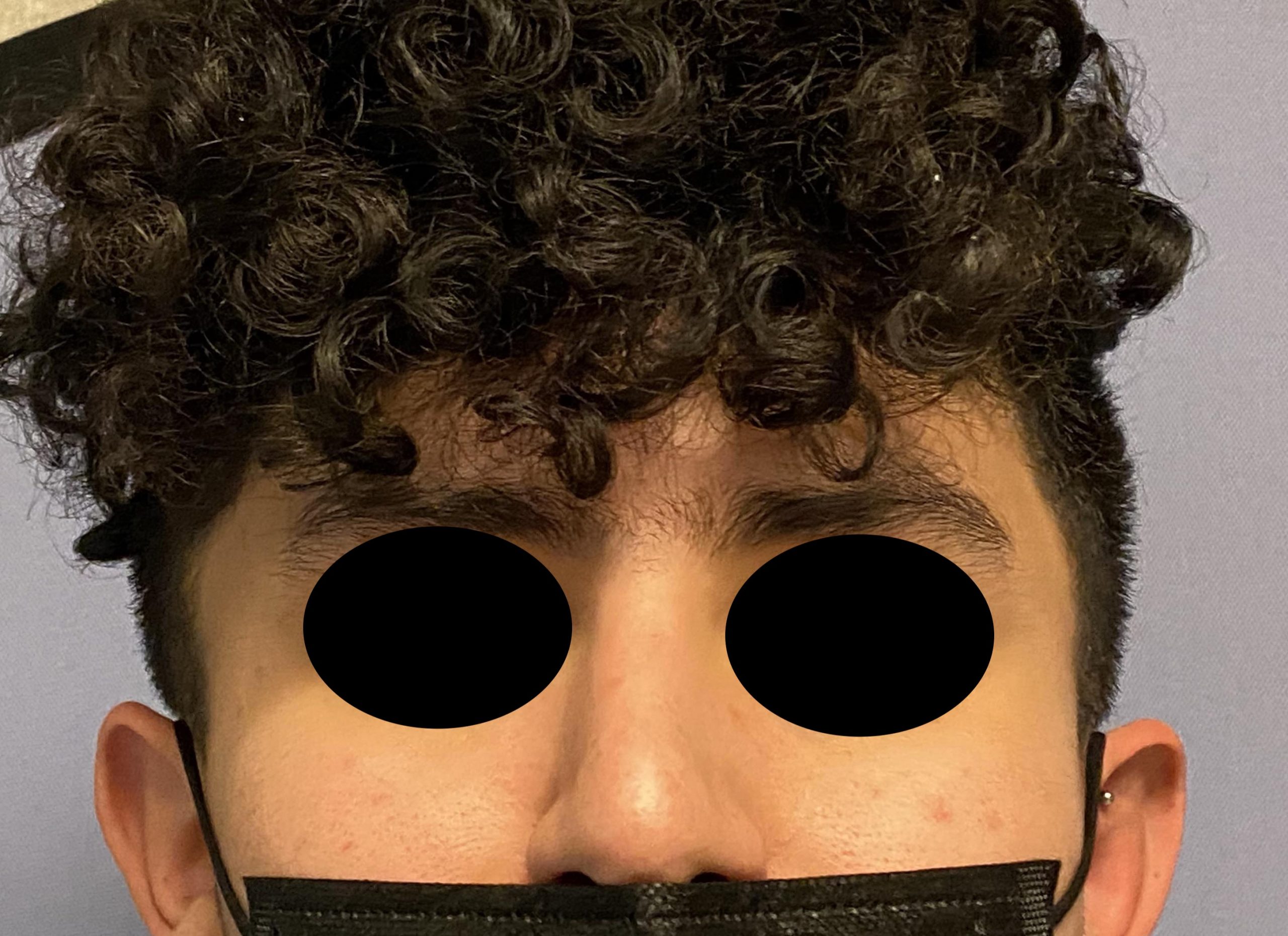
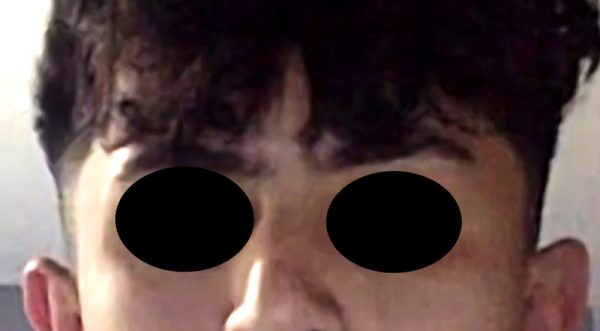
Young male seeking reduction of his convex sides of his head.
Head width reduction by posterior temporal muscle reduction through hidden postauricular incisions behind the ears.


Young male seeking reduction of his convex sides of his head.
Head width reduction by posterior temporal muscle reduction through hidden postauricular incisions behind the ears.
Patient 83
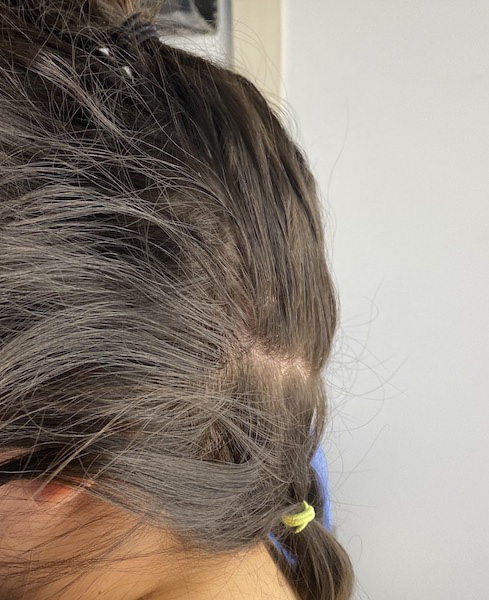
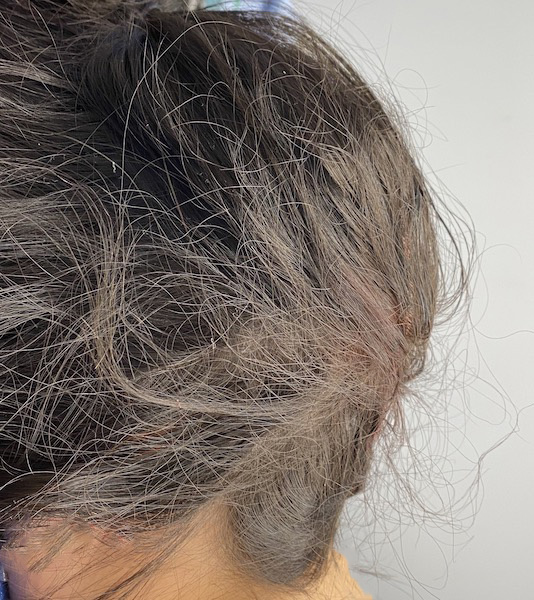
Desire for correction of large flat area on back of head.
Placement of custom skull implant for flat back of the head.


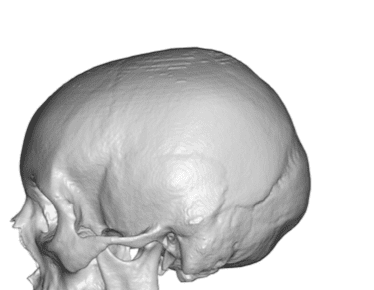
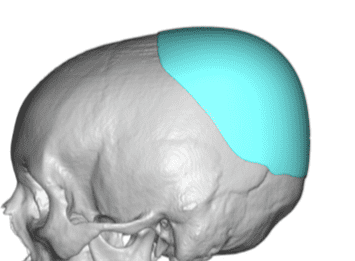
Desire for correction of large flat area on back of head.
Placement of custom skull implant for flat back of the head.
Patient 84
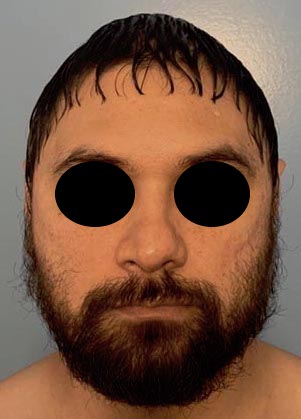
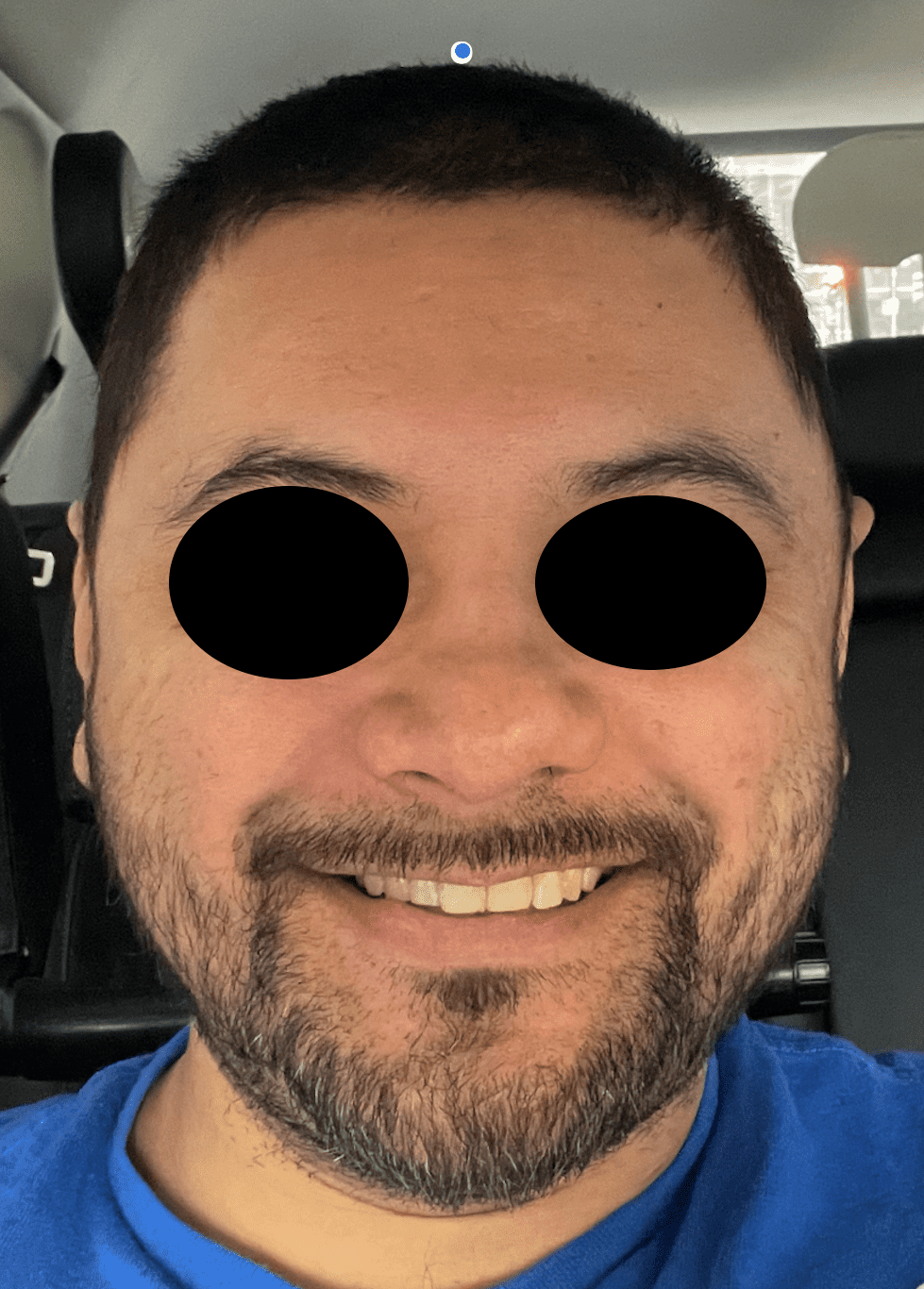
Desire for change of head shape from front view form an inverted V shape to a rounder and wider head shape.
Placement of custom extended forehead-temporal implants through incisions in the crease behind the ear. (he had a prior back of head skull implant which is green in the implant designs and which the head widening implants partially covered it)


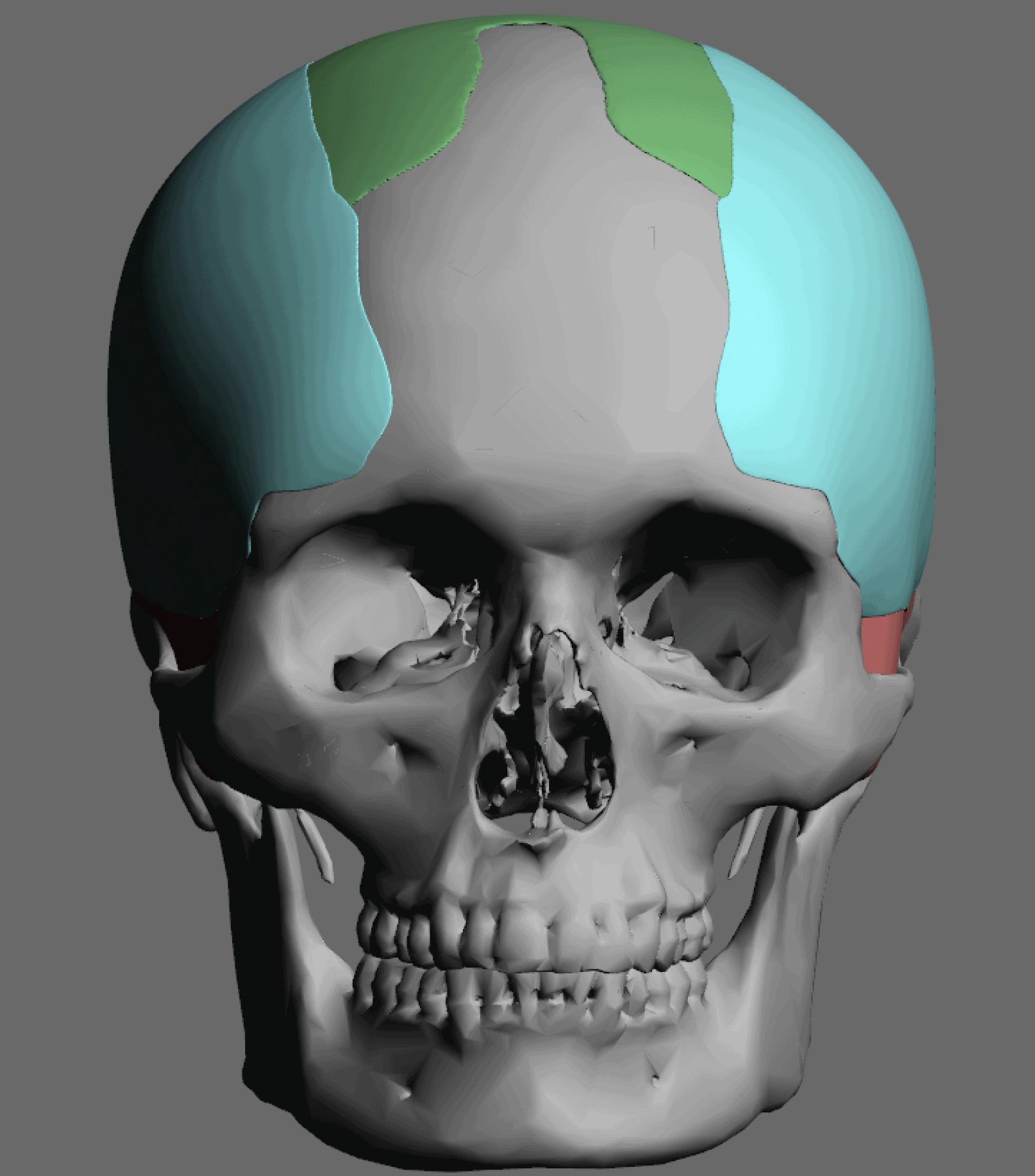
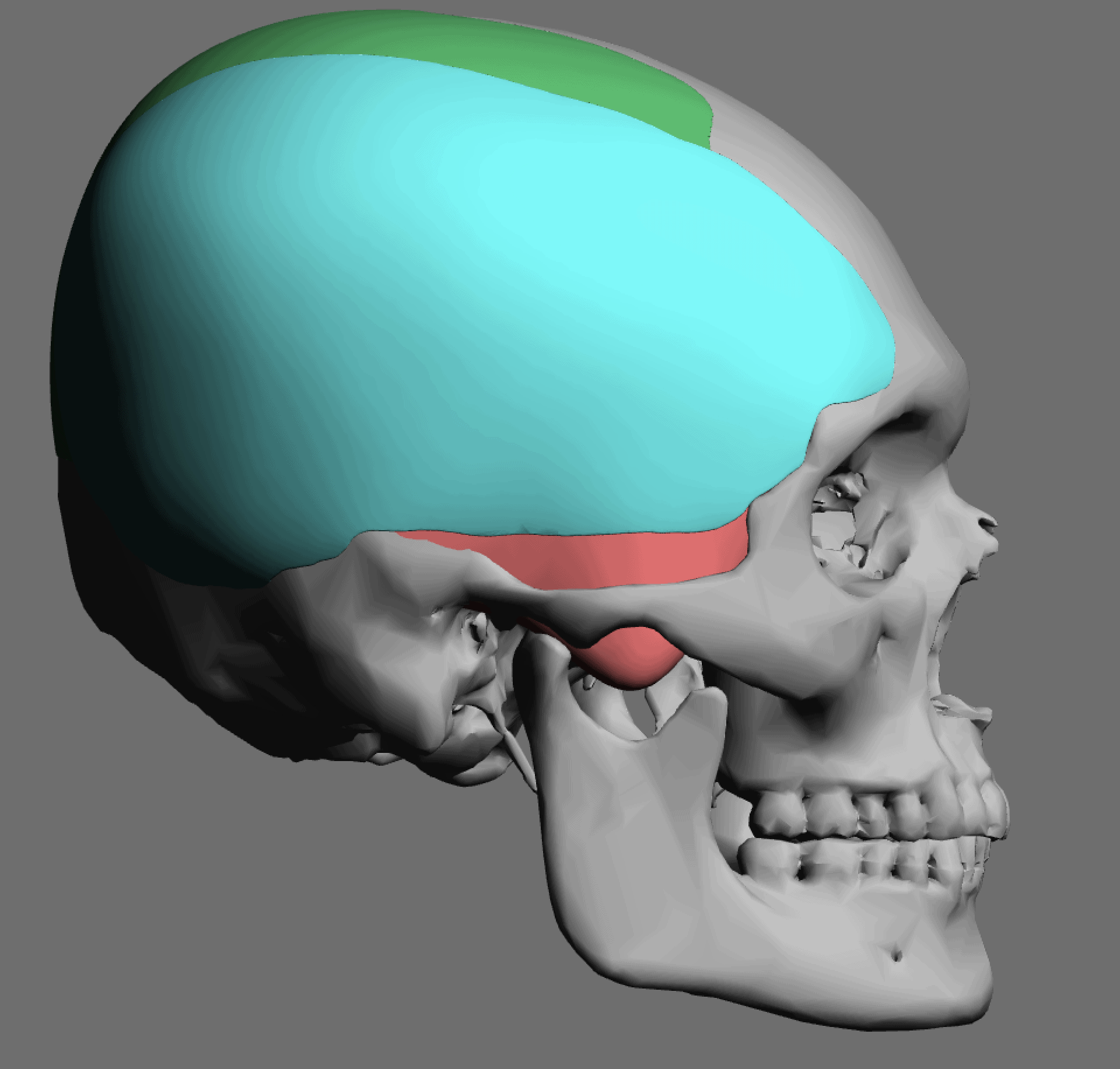
Desire for change of head shape from front view form an inverted V shape to a rounder and wider head shape.
Placement of custom extended forehead-temporal implants through incisions in the crease behind the ear. (he had a prior back of head skull implant which is green in the implant designs and which the head widening implants partially covered it)
Patient 85
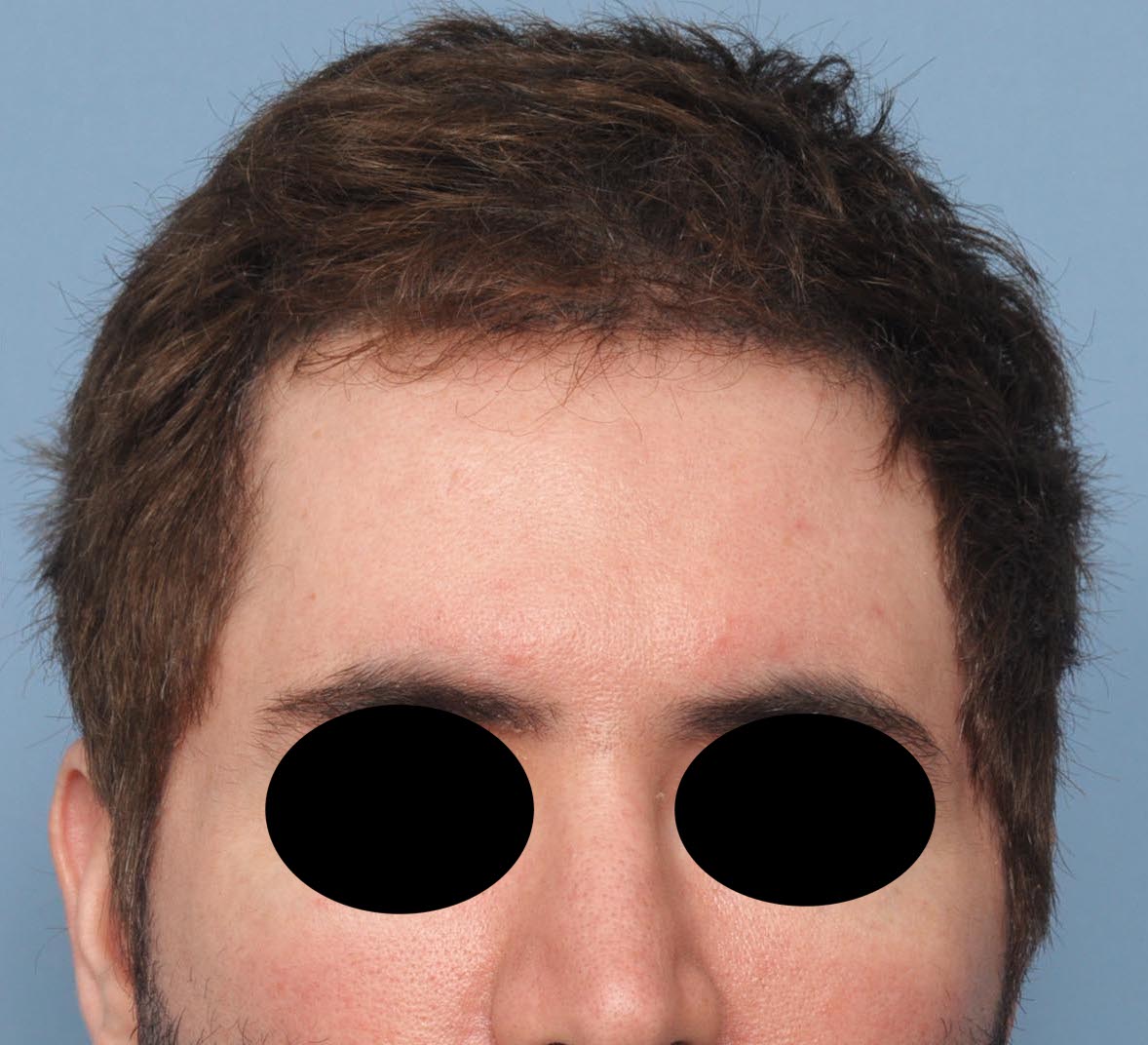
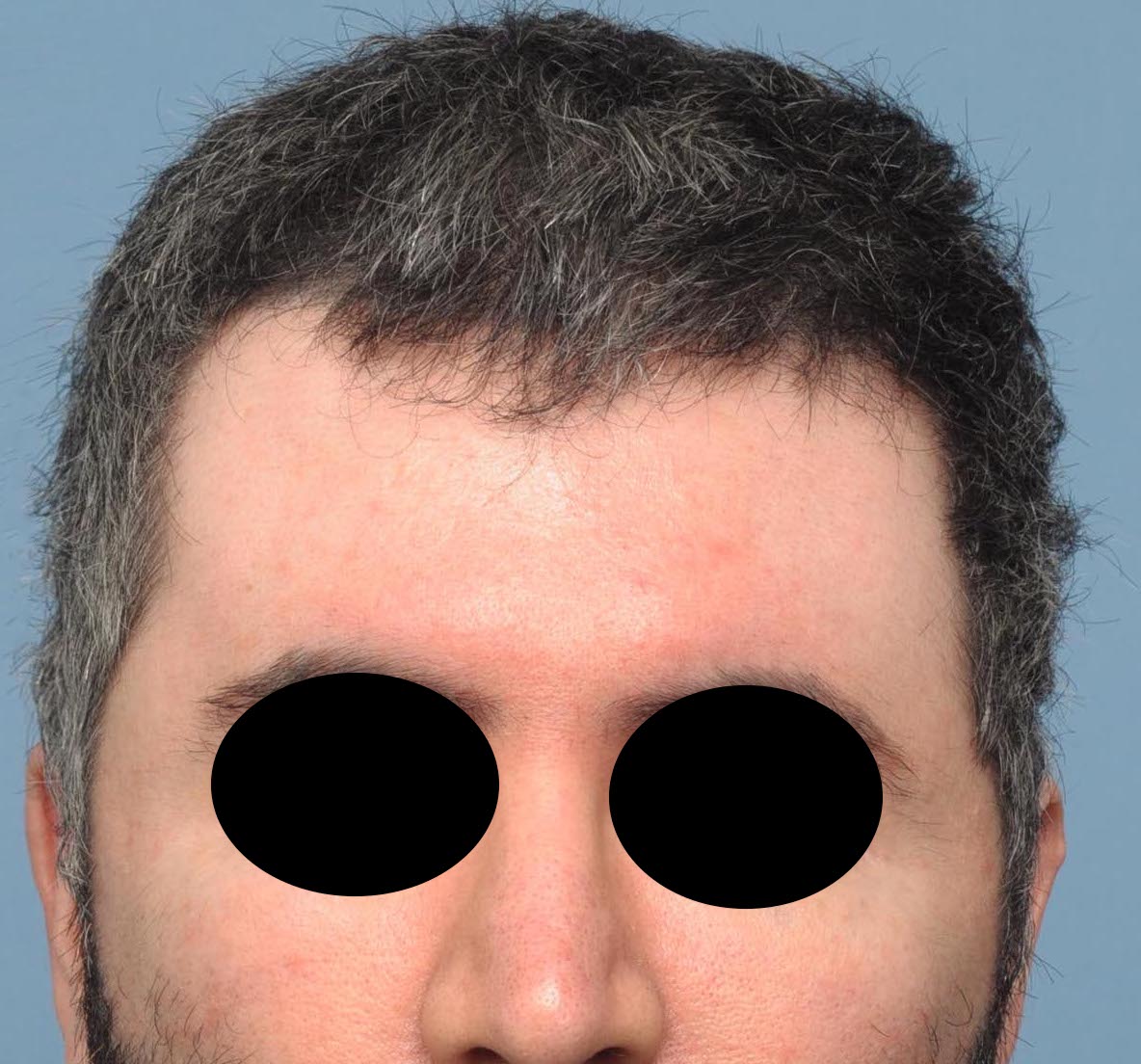
Desire for smoother and wider head shape after orbital box osteotomies to widen his eyes.
Placement of custom temporal widening and top of head reshaping custom skull implant.


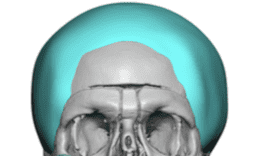
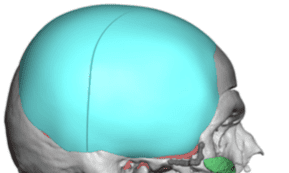
Desire for smoother and wider head shape after orbital box osteotomies to widen his eyes.
Placement of custom temporal widening and top of head reshaping custom skull implant.
Patient 86
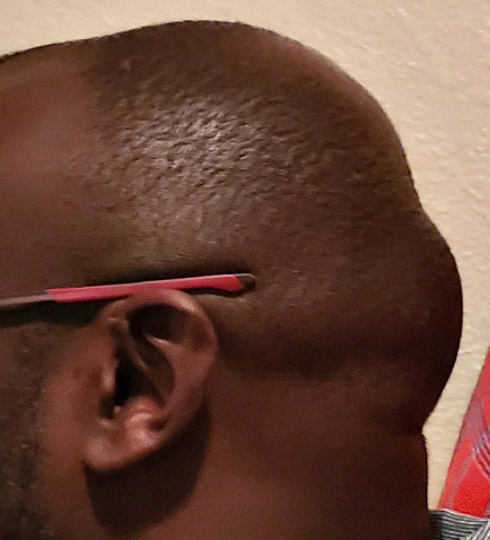
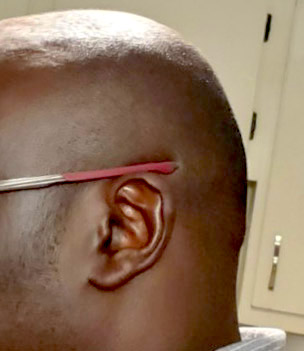
Desire for reduction of large occipital bone protrusion. (occipital bun)
Large occipital bun and scalp reduction through a low horizontal incision.


Desire for reduction of large occipital bone protrusion. (occipital bun)
Large occipital bun and scalp reduction through a low horizontal incision.
Patient 87
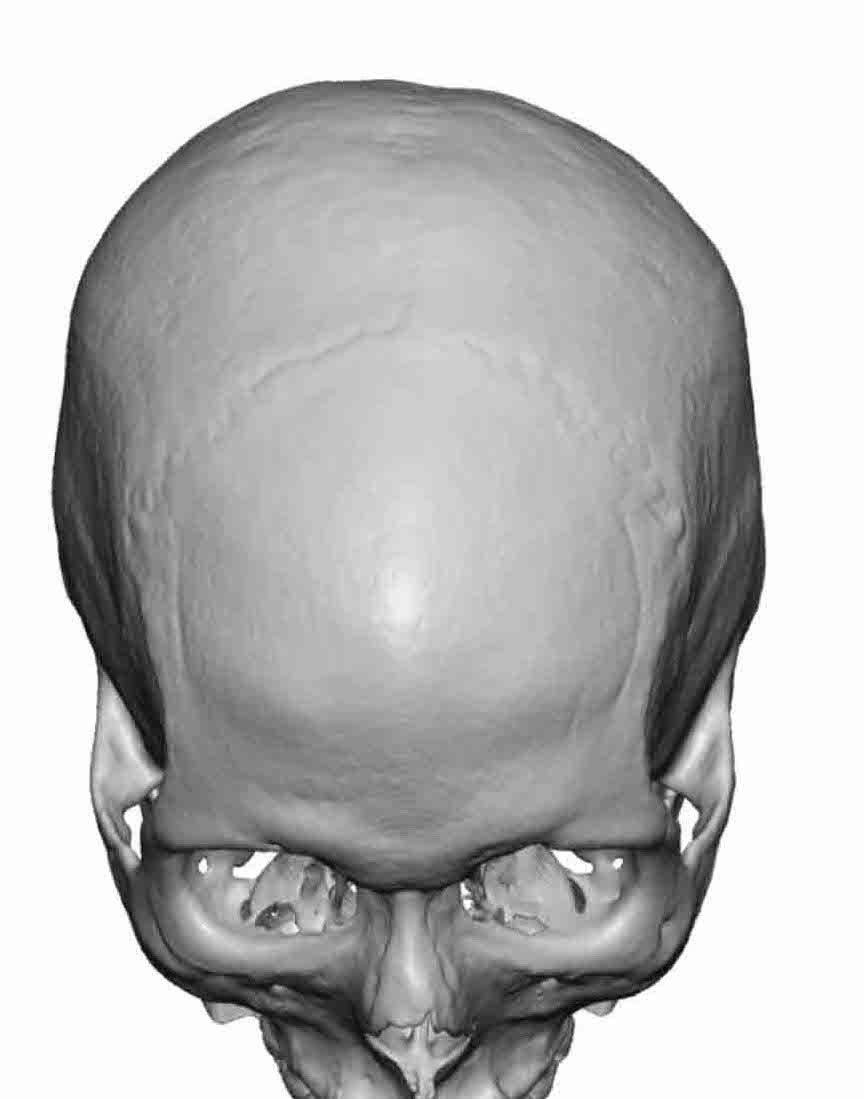
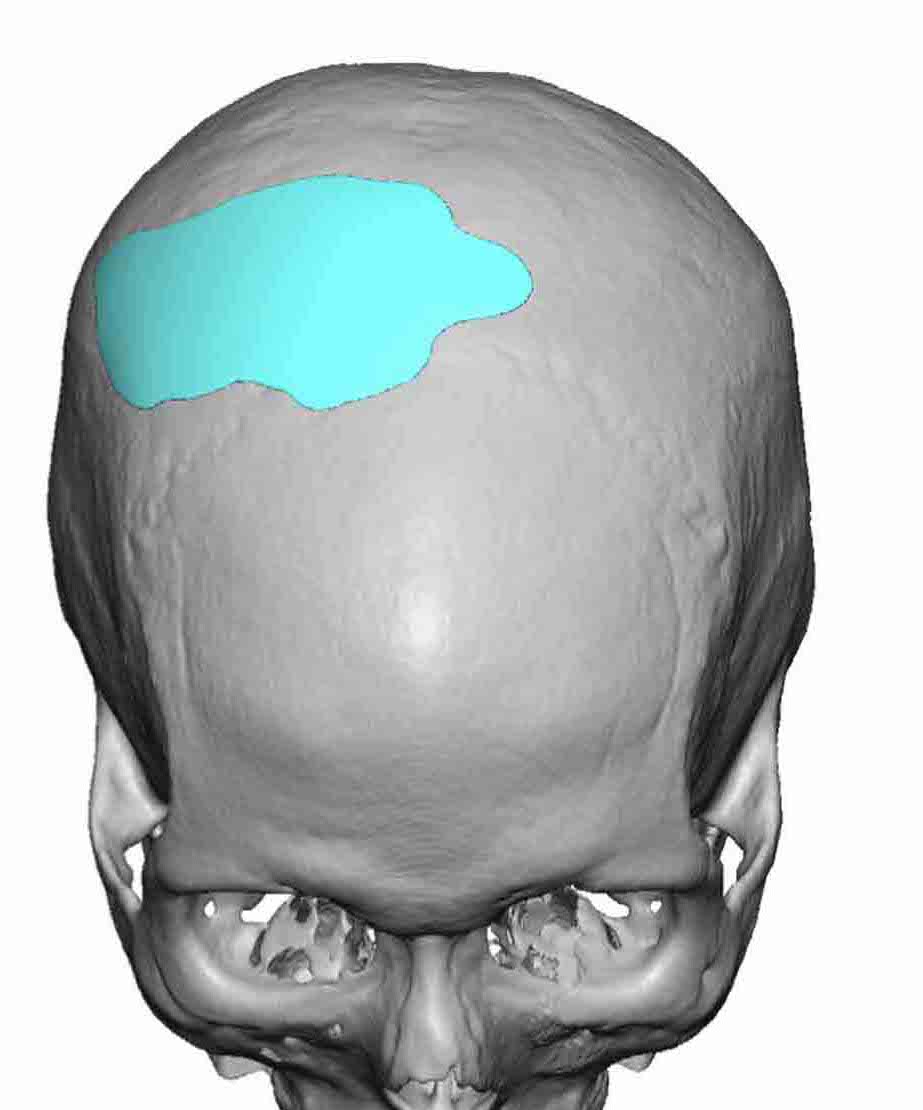
Desire to reduce high spot on back of top of the head on the right side with filling in the dip in front of it.
Skull reshaping of right side of top of head with skull reduction in back and small custom skill implant in front.


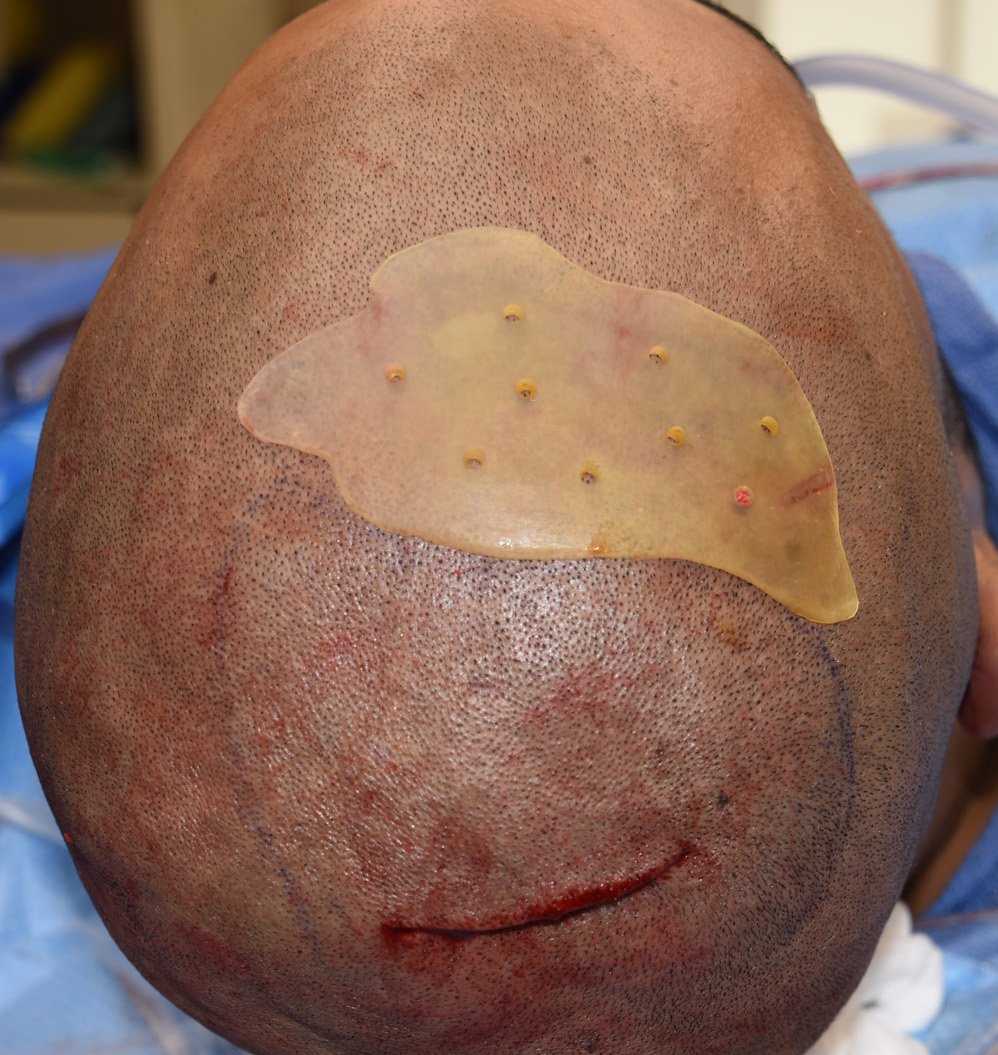
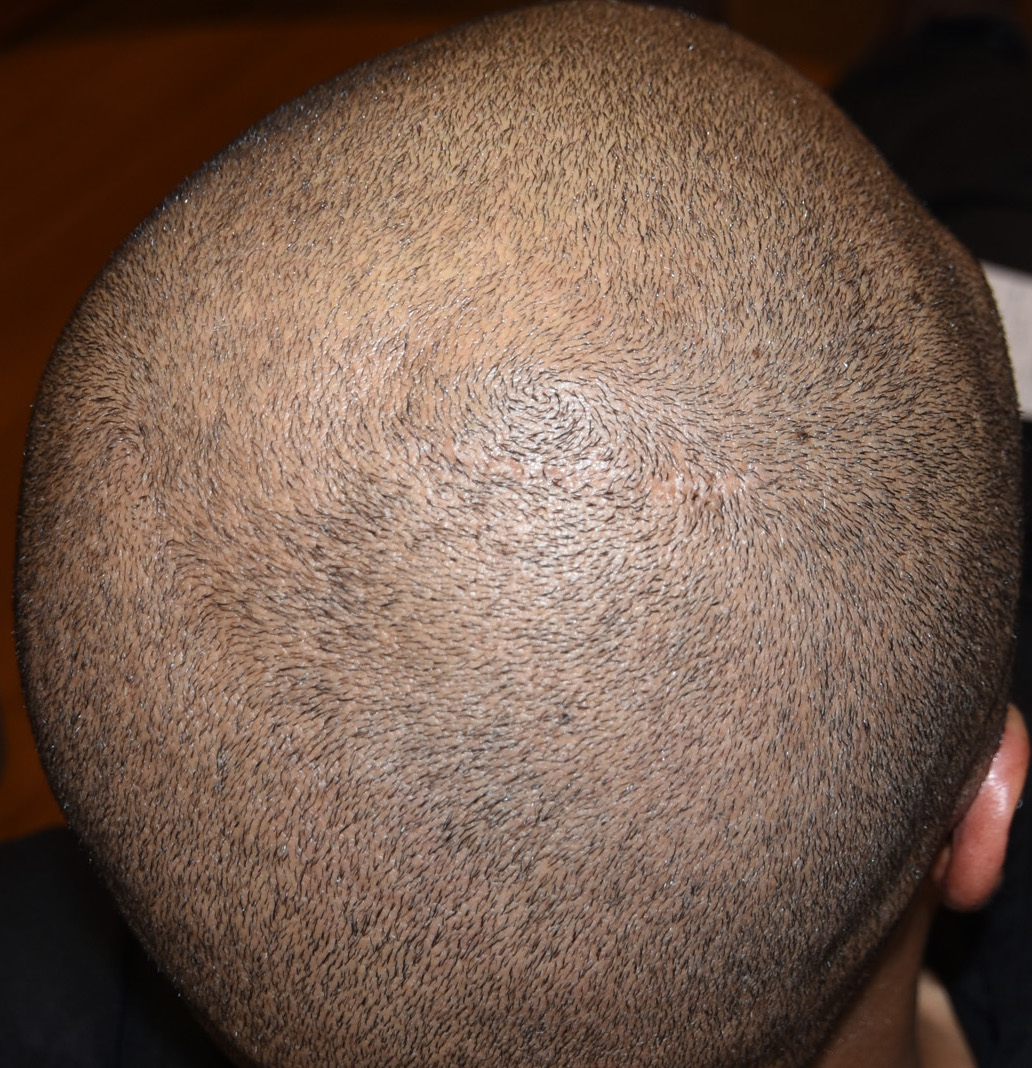
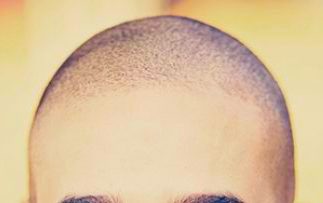
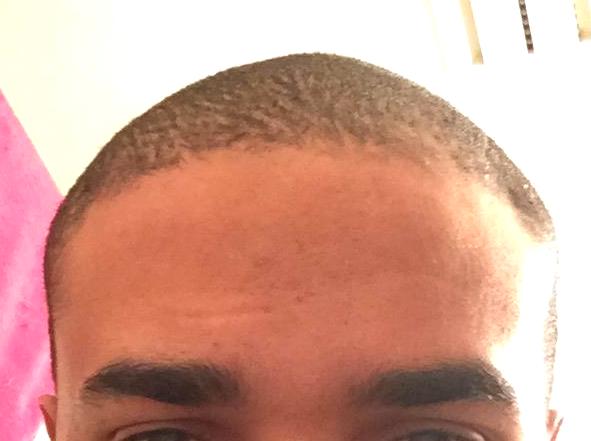
Desire to reduce high spot on back of top of the head on the right side with filling in the dip in front of it.
Skull reshaping of right side of top of head with skull reduction in back and small custom skill implant in front.
Patient 88
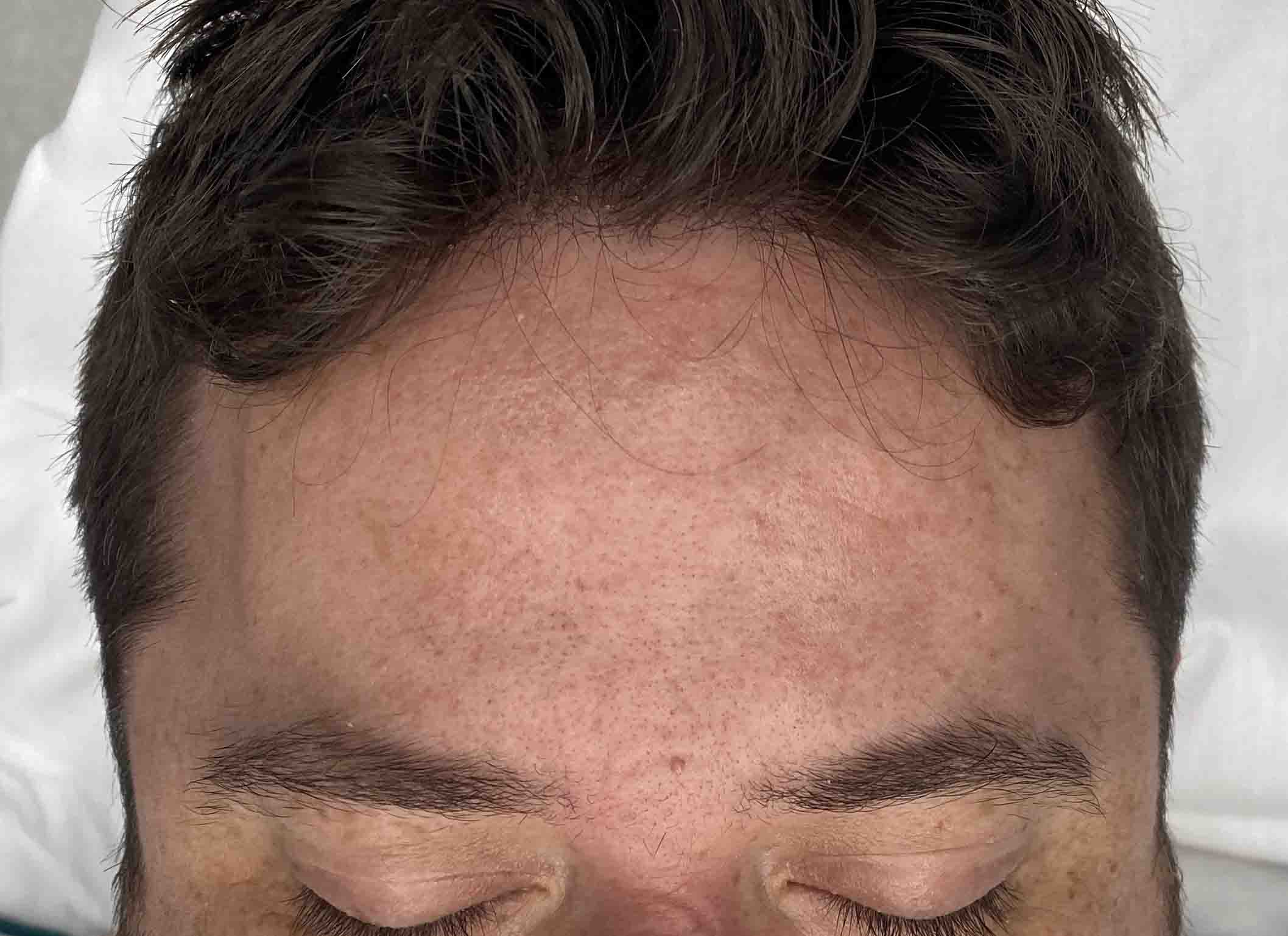
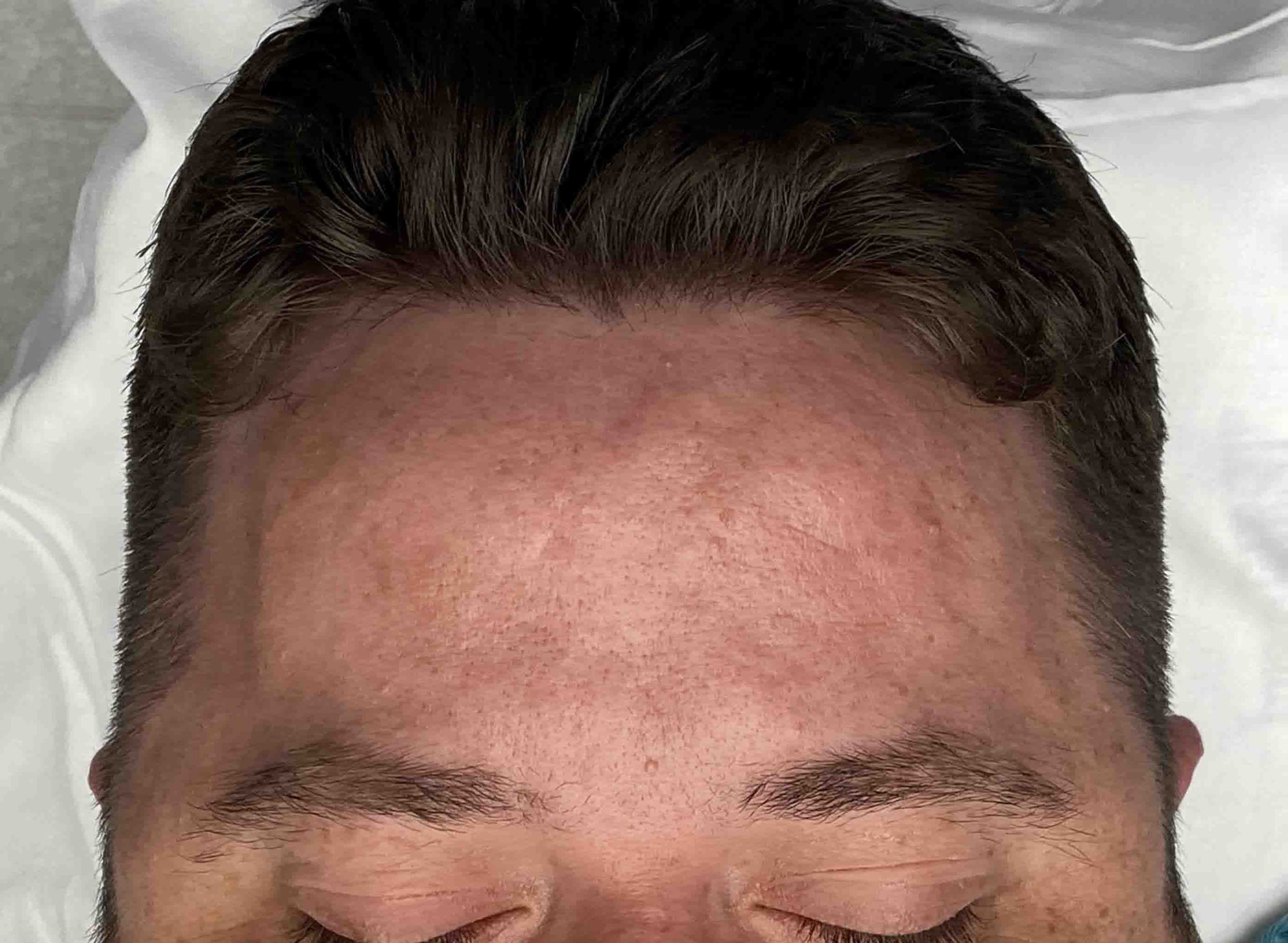
Desire for a less convex-shaped wide side of the head.
Temporal narrowing through removal of the posterior temporal muscle from incisions behind the ears.


Desire for a less convex-shaped wide side of the head.
Temporal narrowing through removal of the posterior temporal muscle from incisions behind the ears.
Patient 89
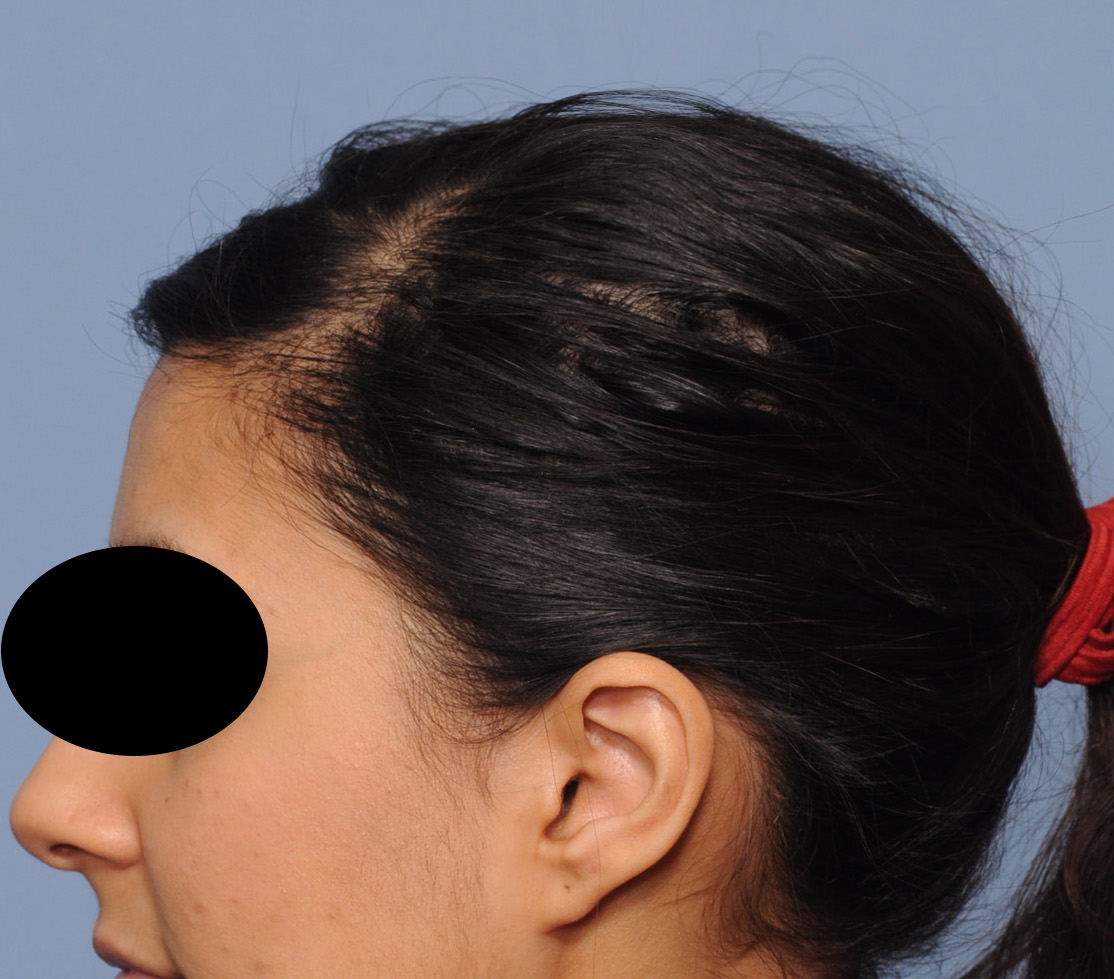
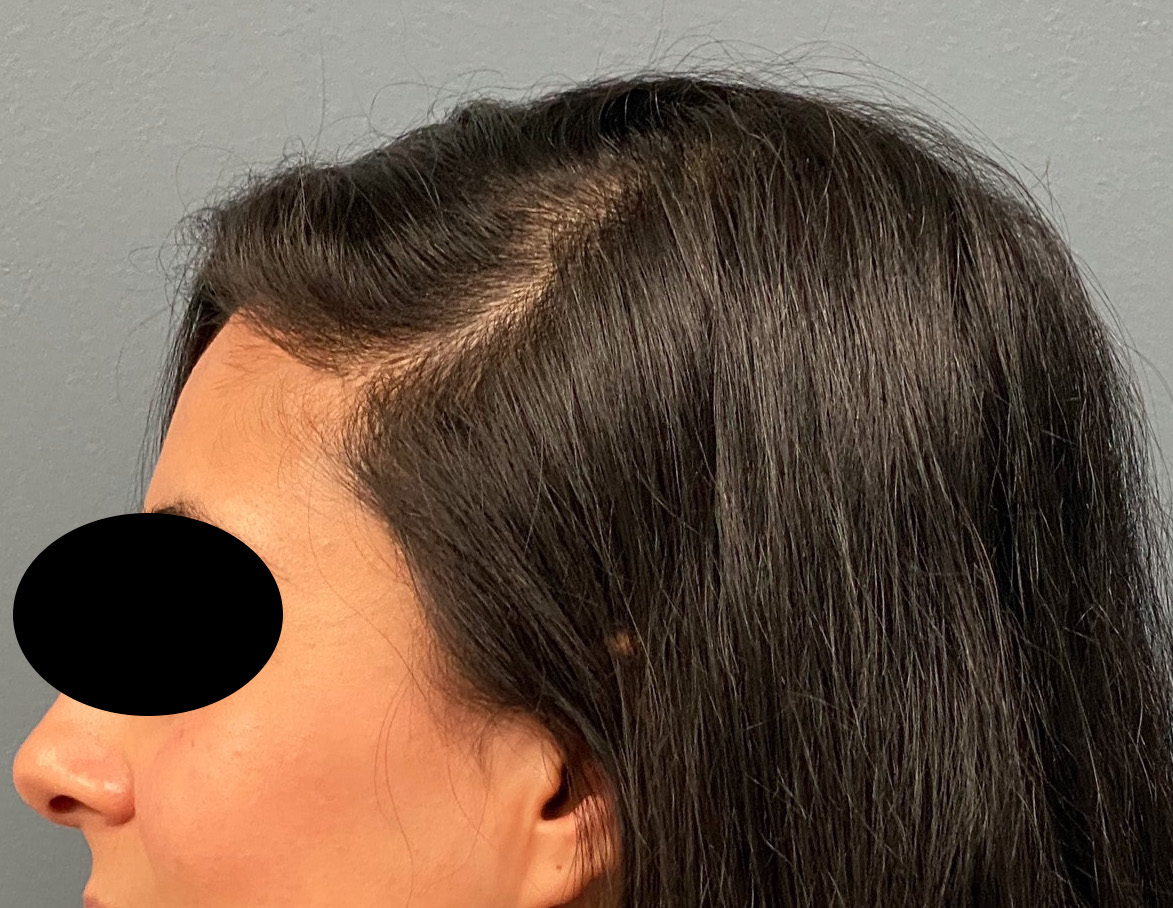
Desire for large crown of the head augmentation.
After a first state skull implant of 130ccs, a second custom skull implant of 200ccs was placed to achieve the desired volumetric effect.


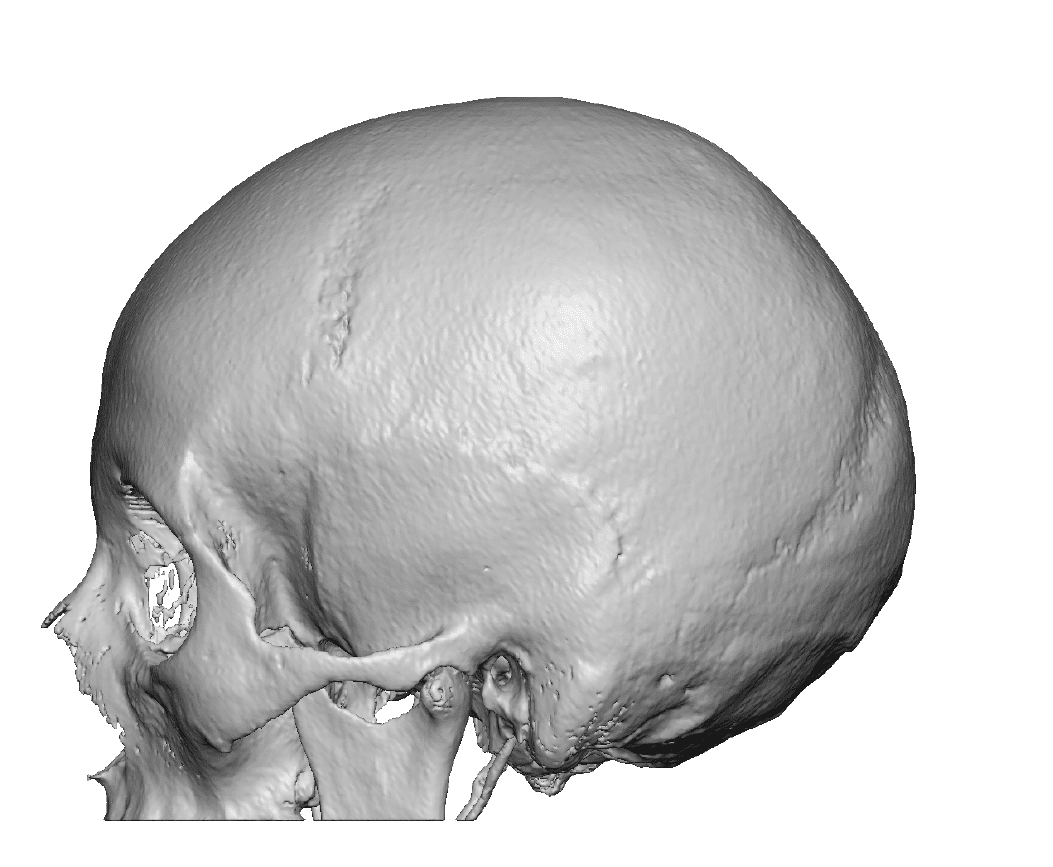
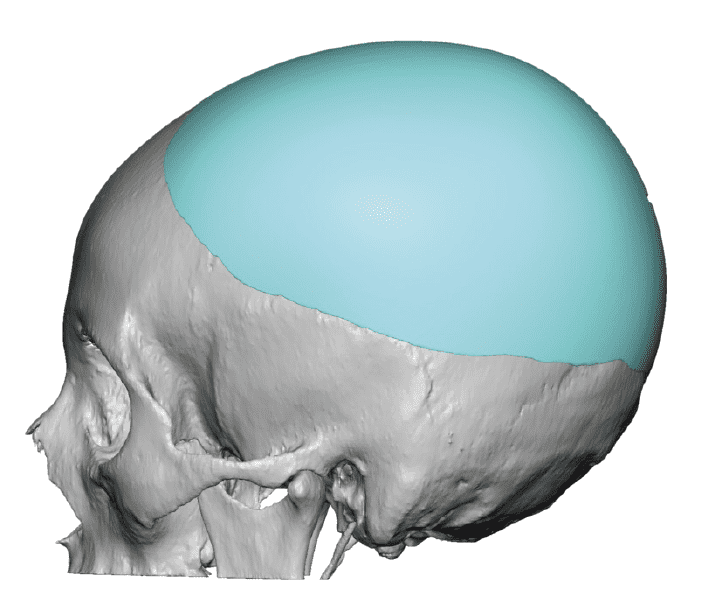
Desire for large crown of the head augmentation.
After a first state skull implant of 130ccs, a second custom skull implant of 200ccs was placed to achieve the desired volumetric effect.
Patient 90
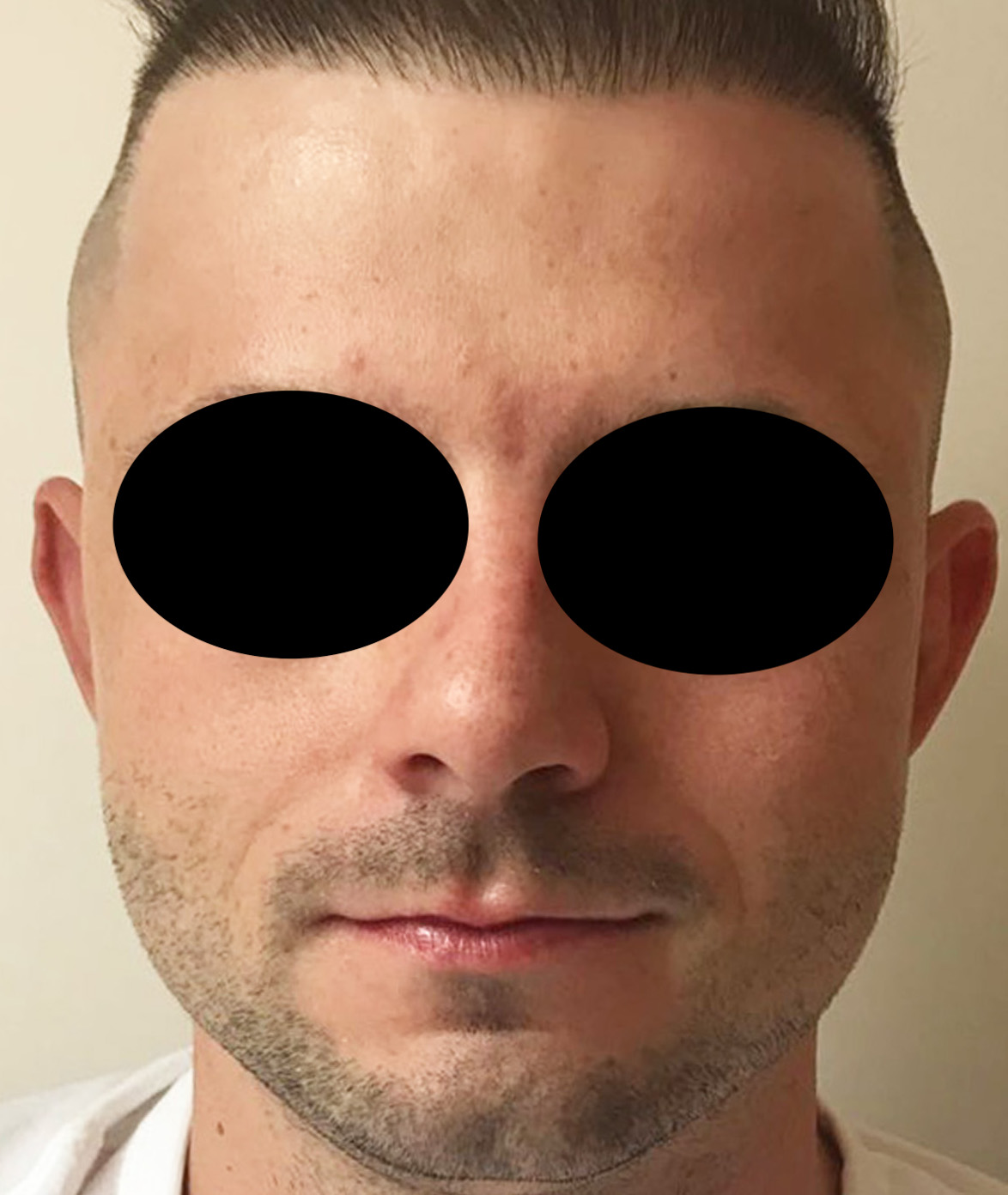
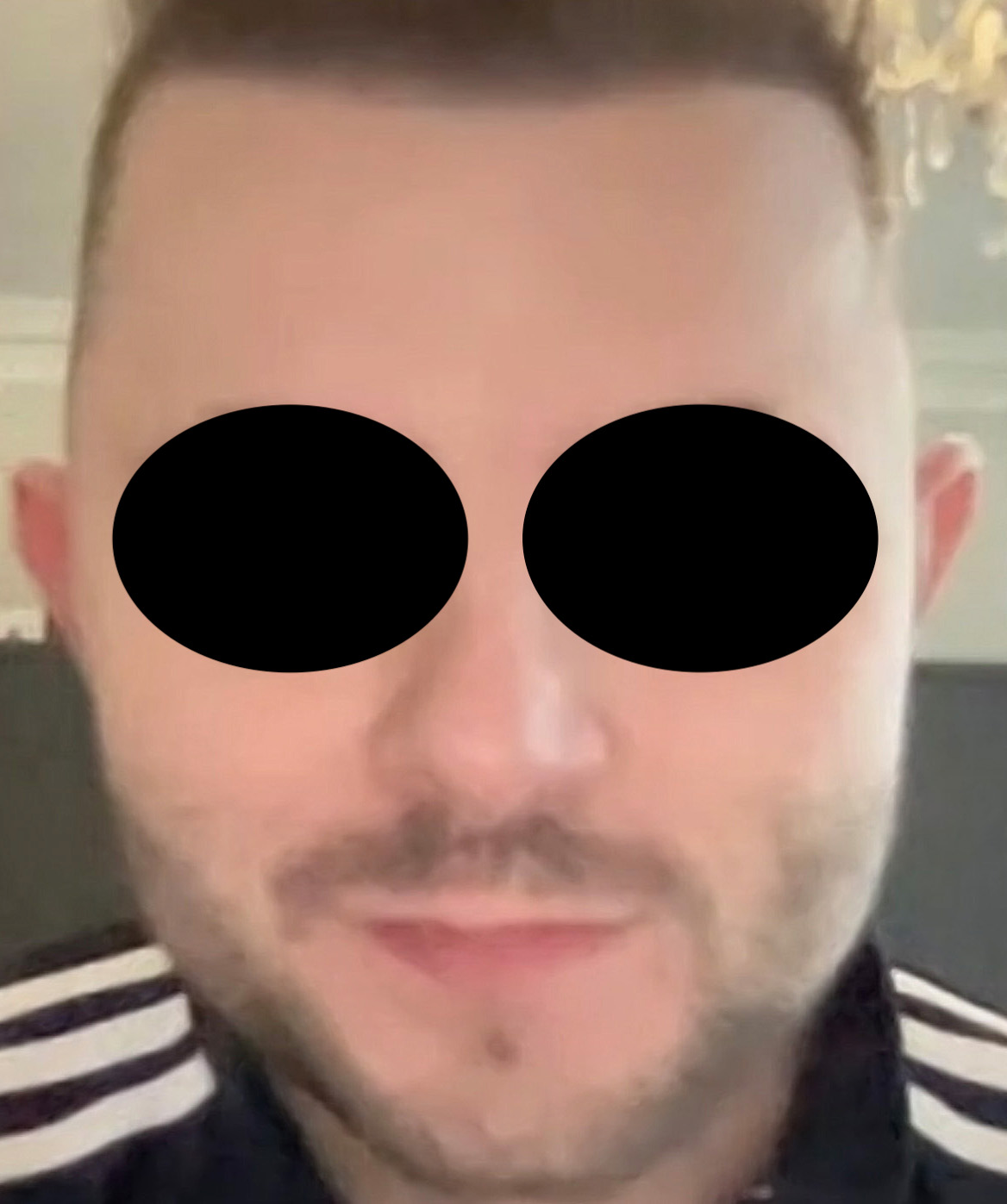
Desire to remove the bulges on the side of his head as well as hopefully reduce his severe temporal migraines.
Has temporal reduction of anterior and posterior muscle done through an incision behind his ear. This not only made the side of his head straight but eliminated 99% of his temporal headaches with no restriction in mouth opening.


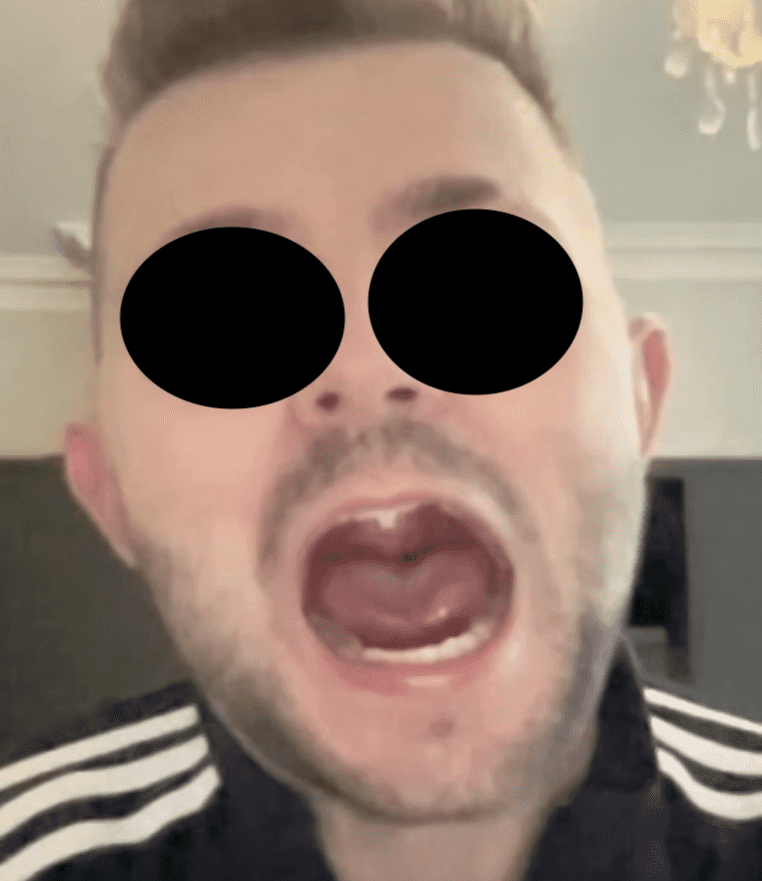
Desire to remove the bulges on the side of his head as well as hopefully reduce his severe temporal migraines.
Has temporal reduction of anterior and posterior muscle done through an incision behind his ear. This not only made the side of his head straight but eliminated 99% of his temporal headaches with no restriction in mouth opening.
Patient 91
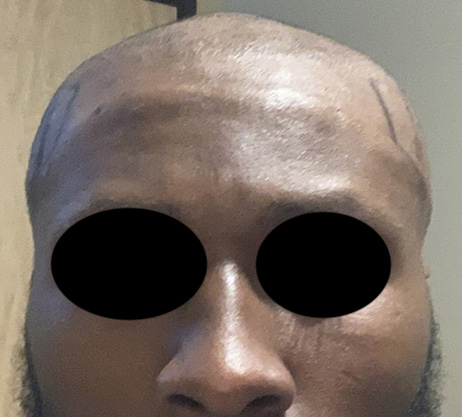
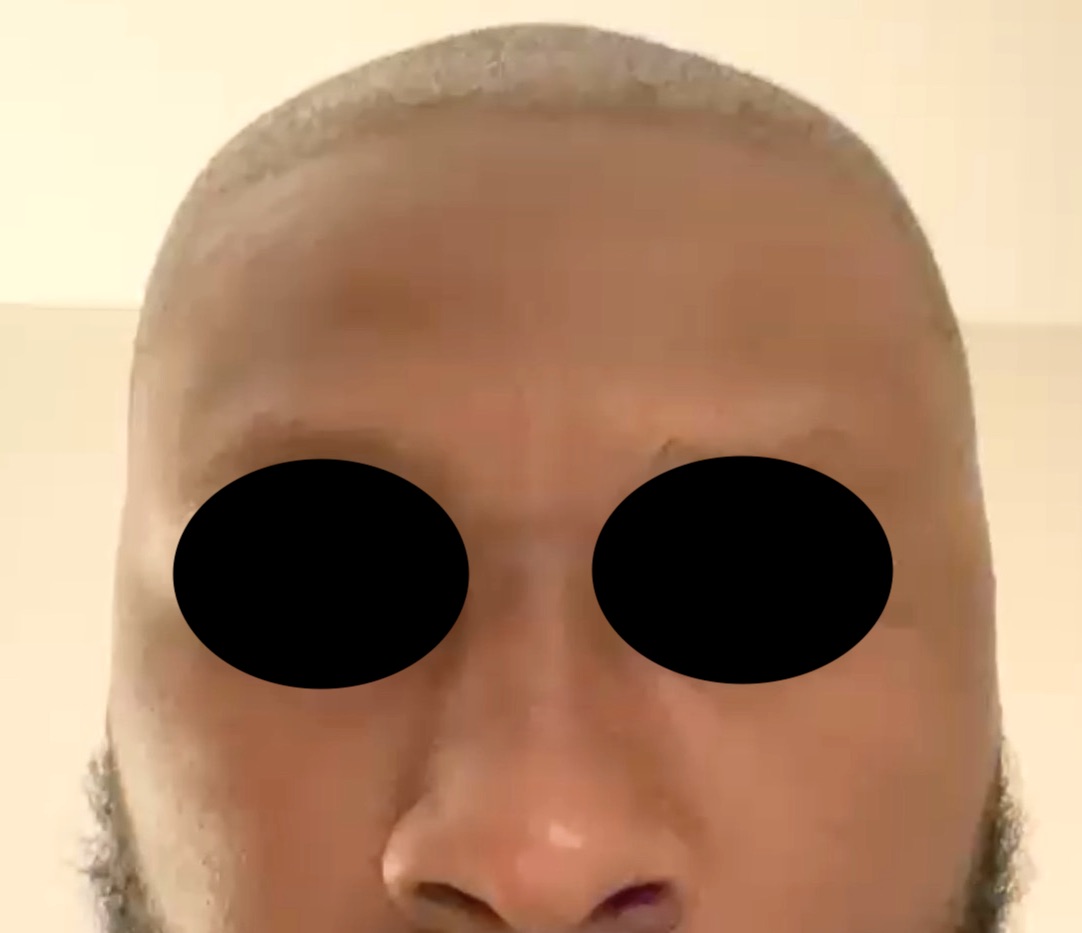
Desire to reduce the prominent bulges on the side of his head due to temporal muscle hypertrophy.
Head widening reduction by temporal muscle release and transposition from incisions in the crease behind the ears.


Desire to reduce the prominent bulges on the side of his head due to temporal muscle hypertrophy.
Head widening reduction by temporal muscle release and transposition from incisions in the crease behind the ears.
Patient 92
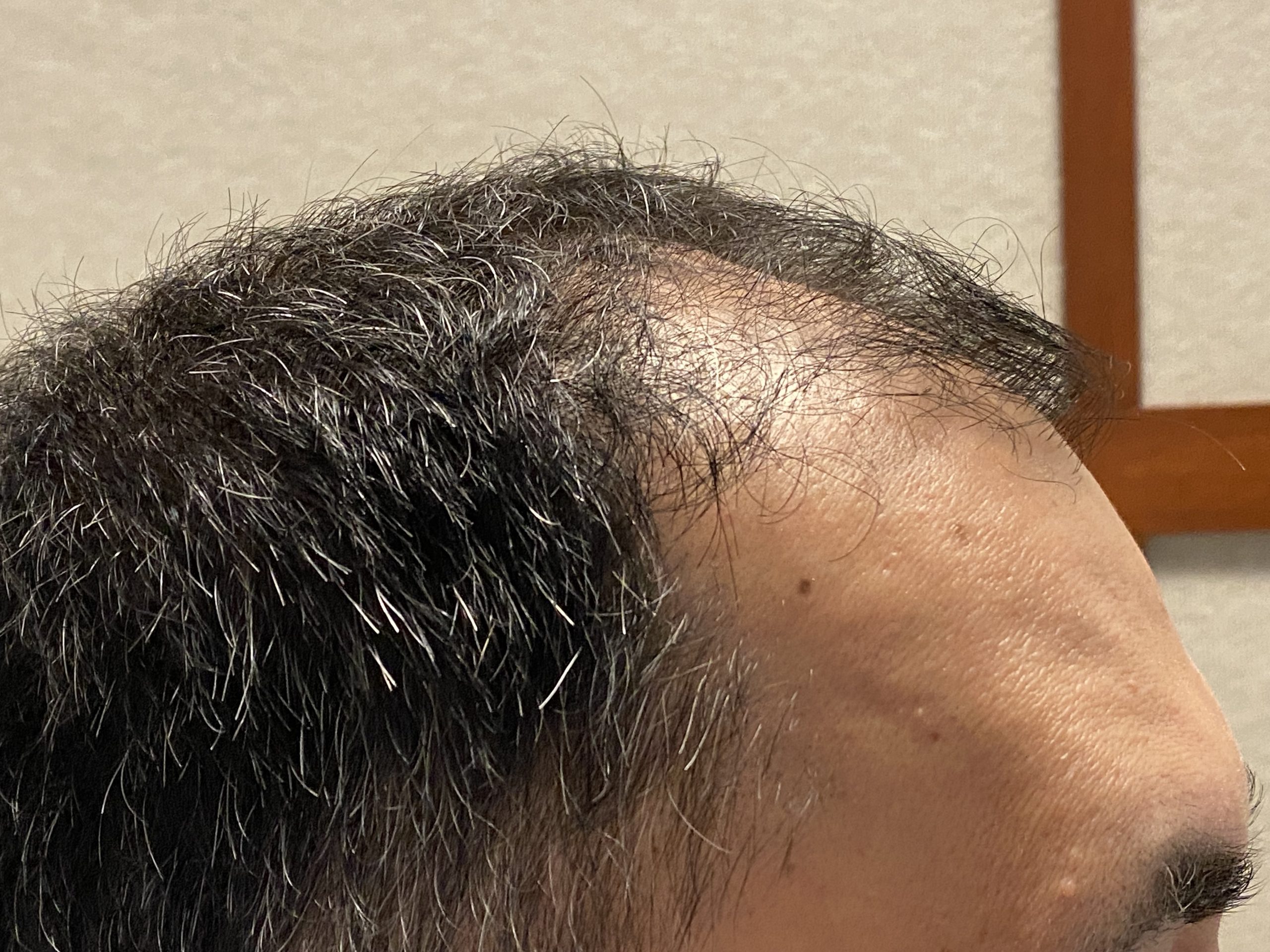
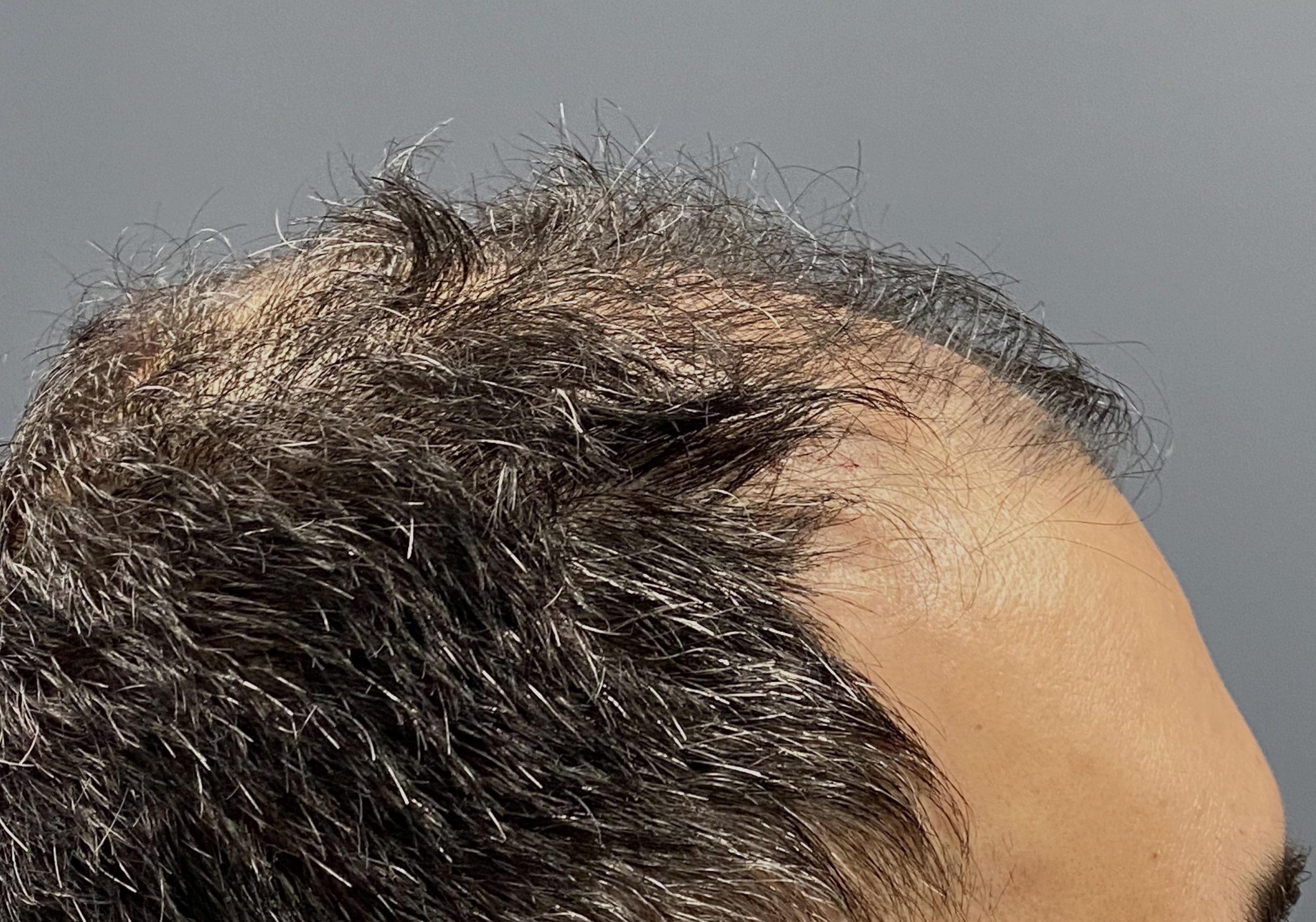
Desire for reduction of sagittal crest that became apparent over the with thinning of the hair.
Mid-sagittal crest skull prominence reduced through a limited scalp incision using high speed burring and large toothed rasps.


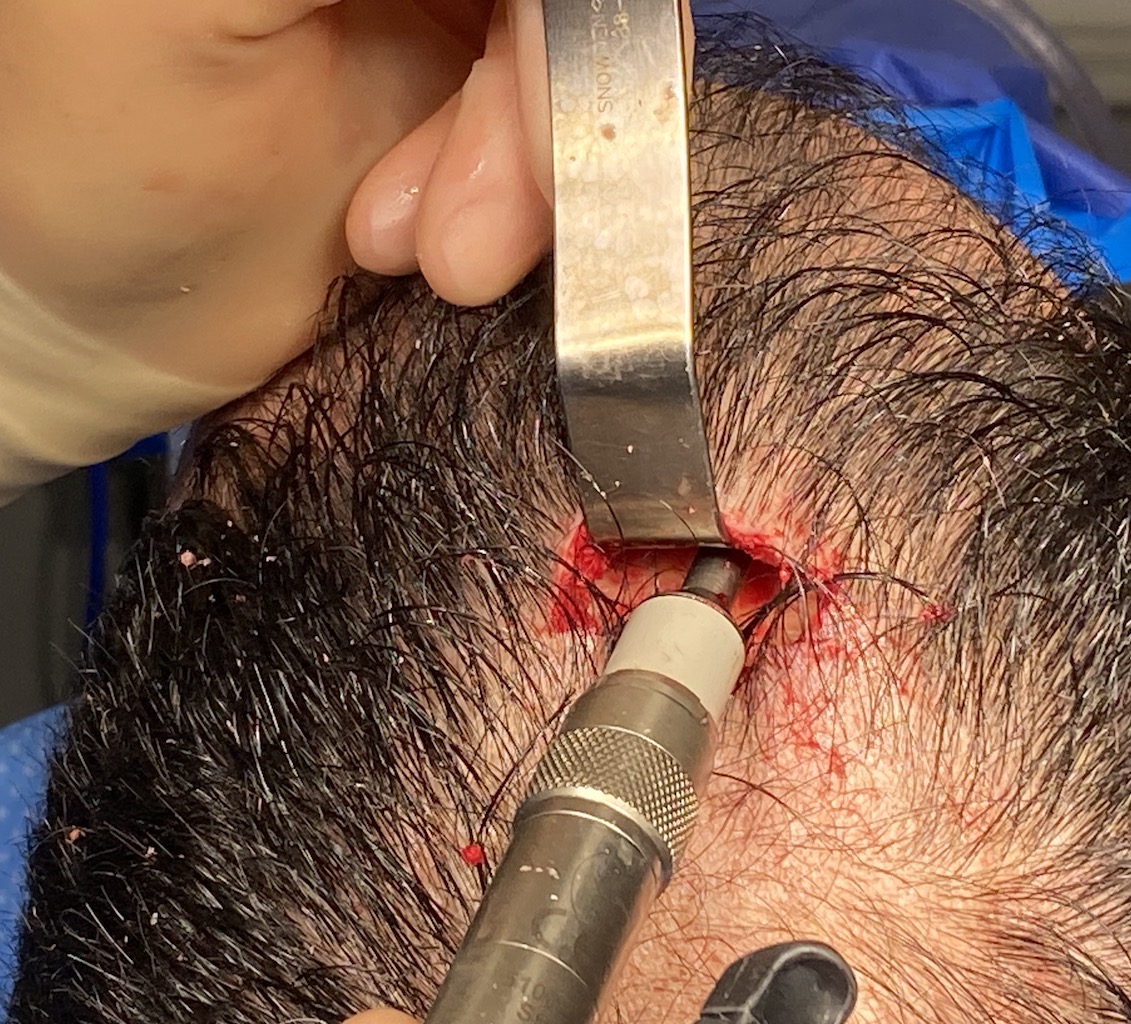
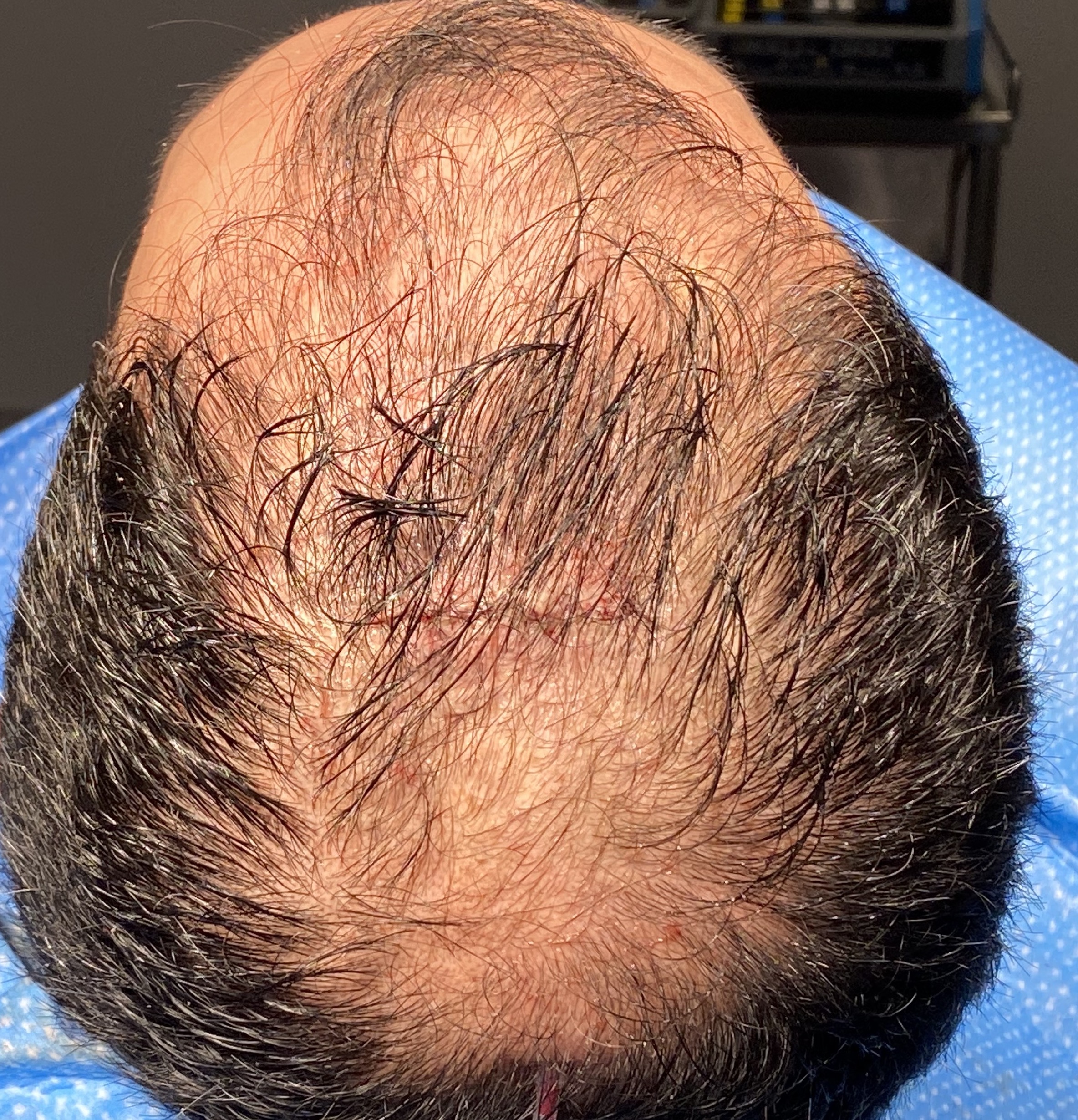
Desire for reduction of sagittal crest that became apparent over the with thinning of the hair.
Mid-sagittal crest skull prominence reduced through a limited scalp incision using high speed burring and large toothed rasps.
Patient 93
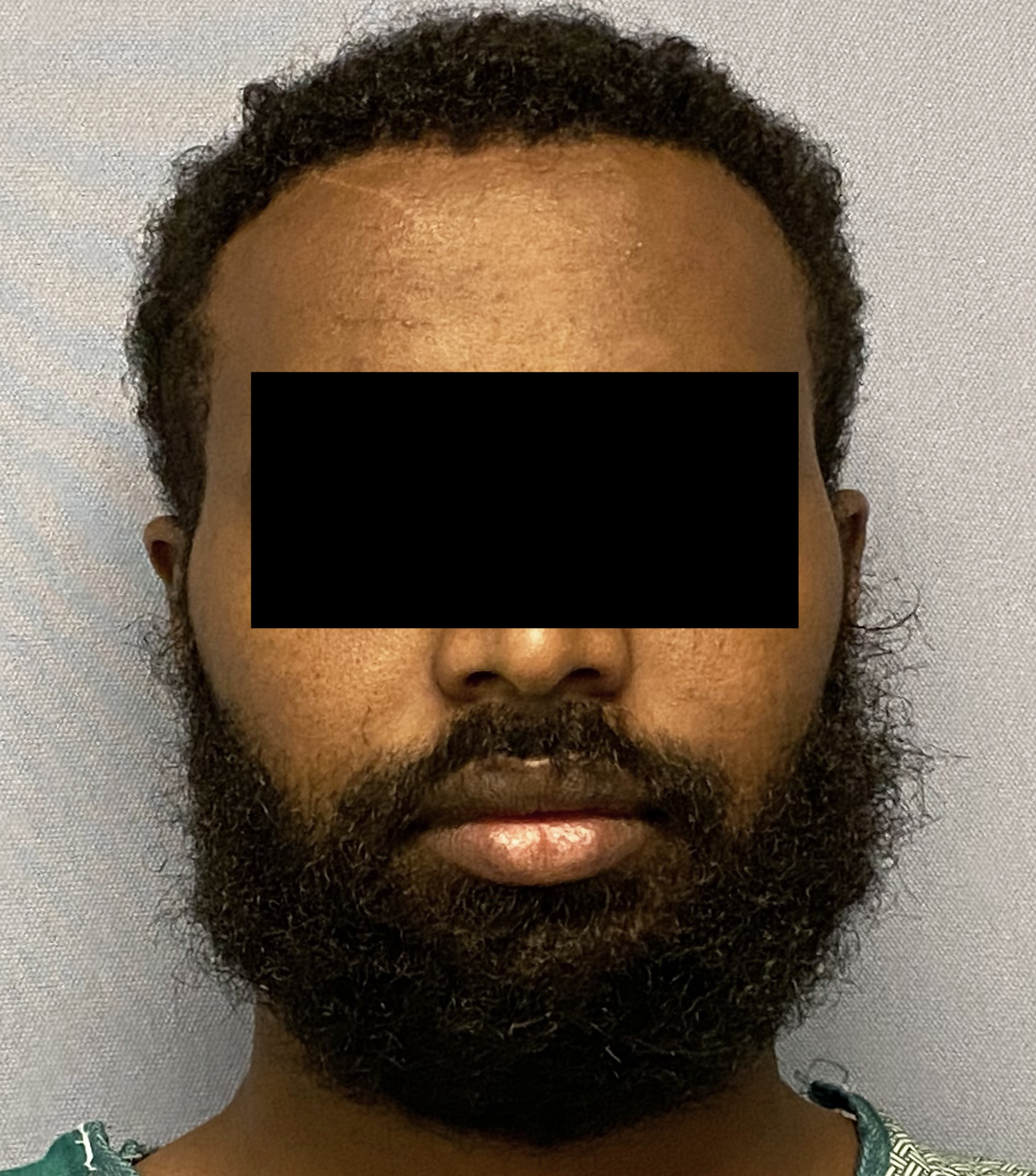
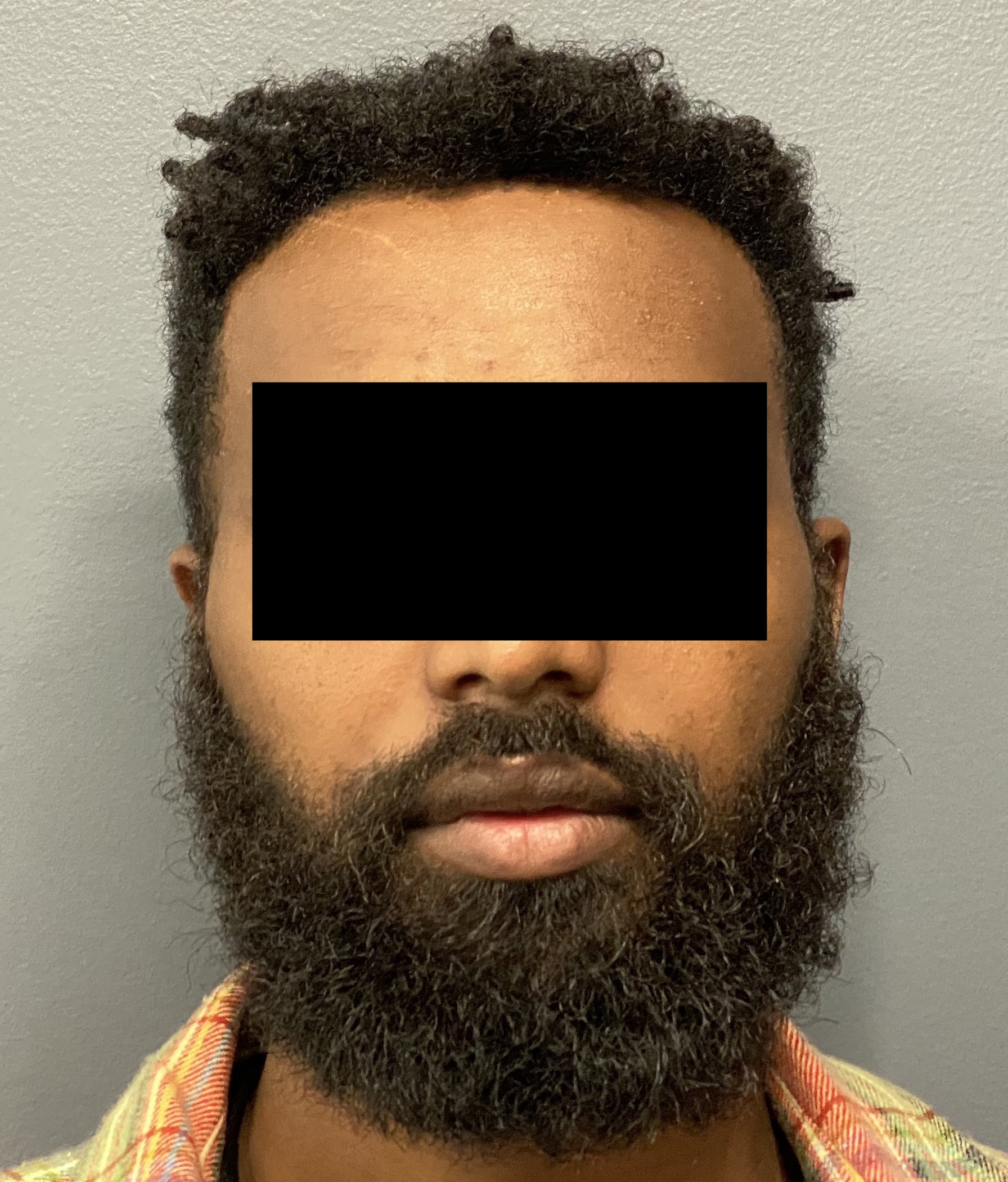
Desire for a les convex shape to the side of his head.
Head width reduction/reshaping by temporal muscle reduction through incisions behind the ears.


Desire for a les convex shape to the side of his head.
Head width reduction/reshaping by temporal muscle reduction through incisions behind the ears.
Patient 94
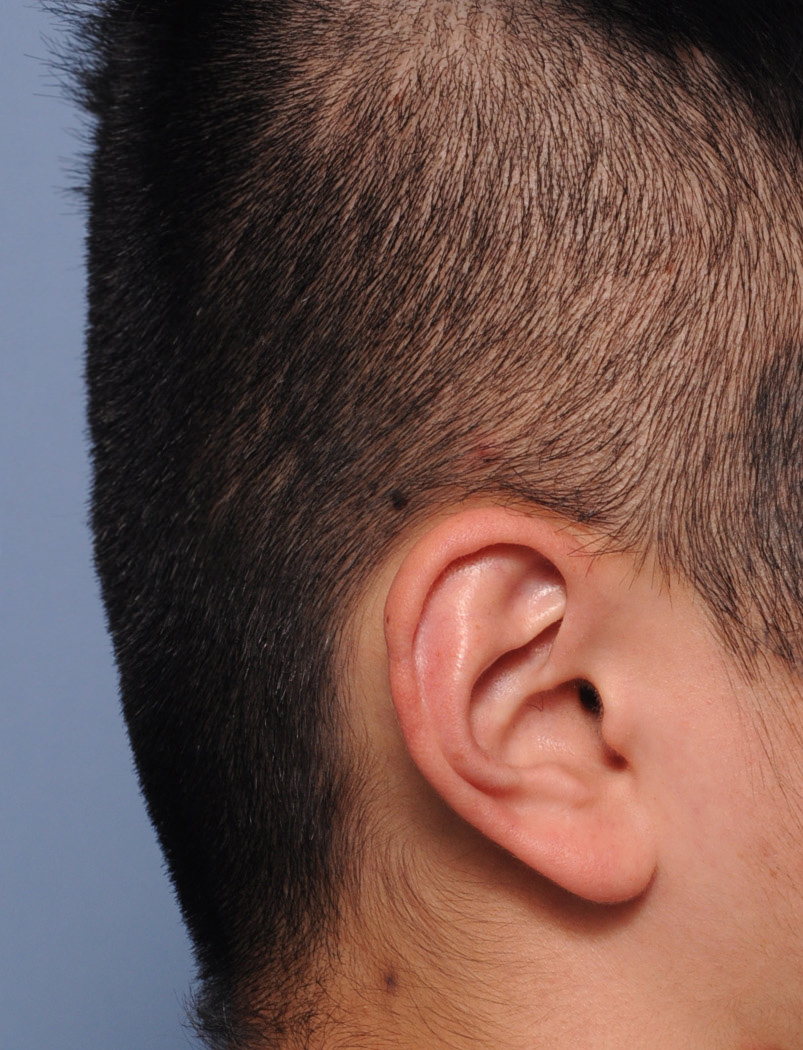

Desire to correct congenital flat back of the head.
Placement of semi-custom skull implants on back of head. Long term result shows good contour restoration with no visible scarring.


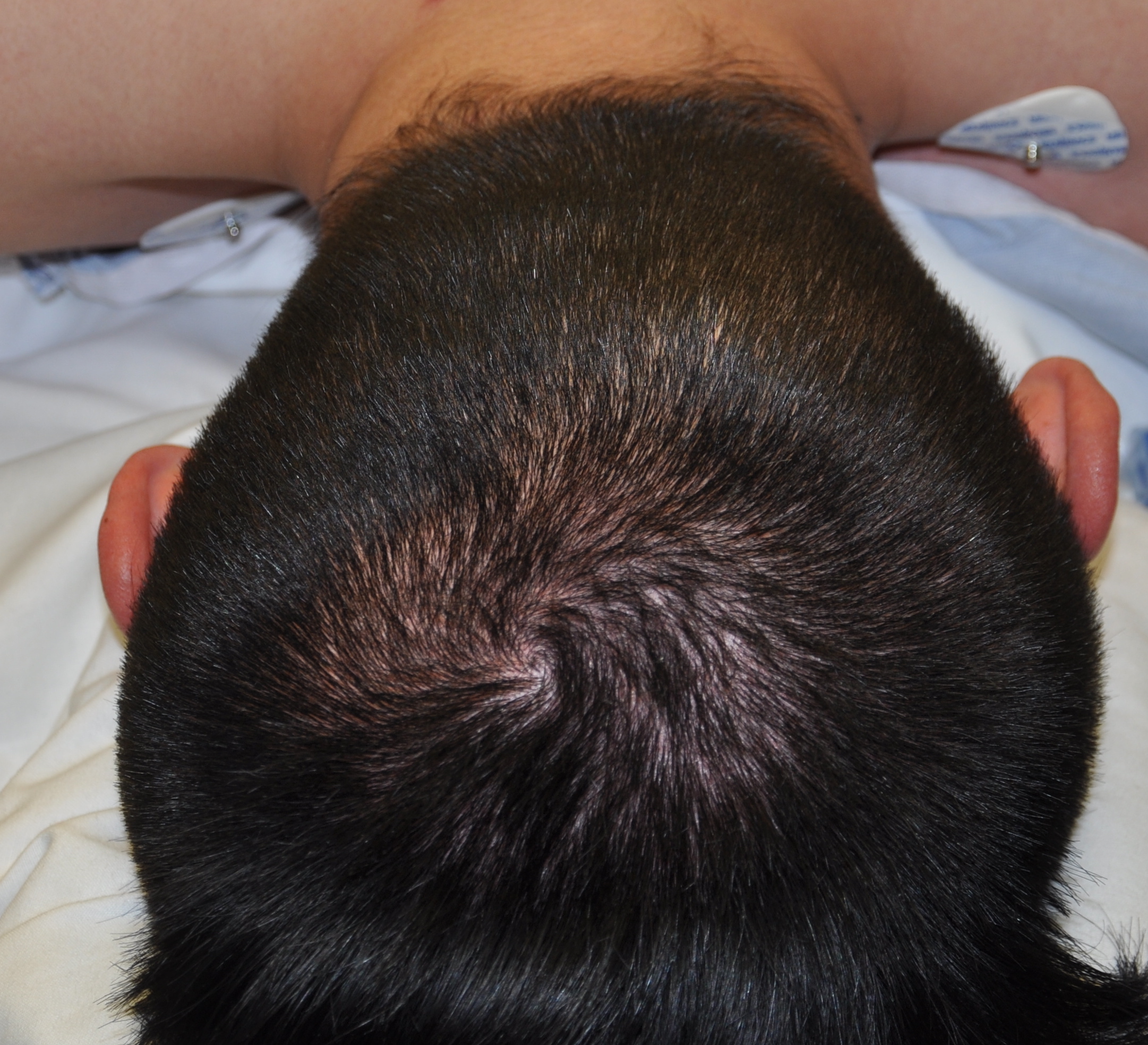
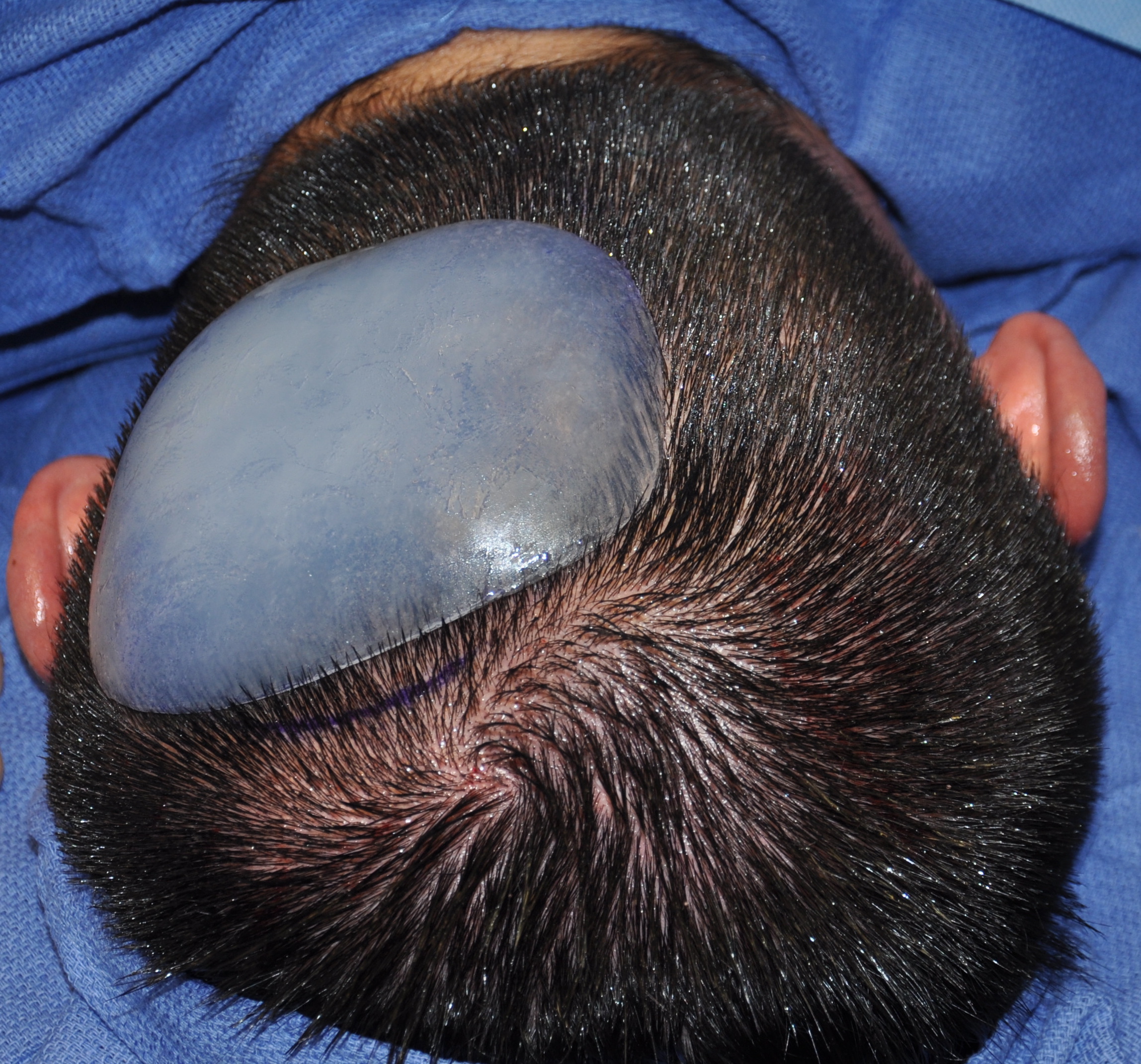
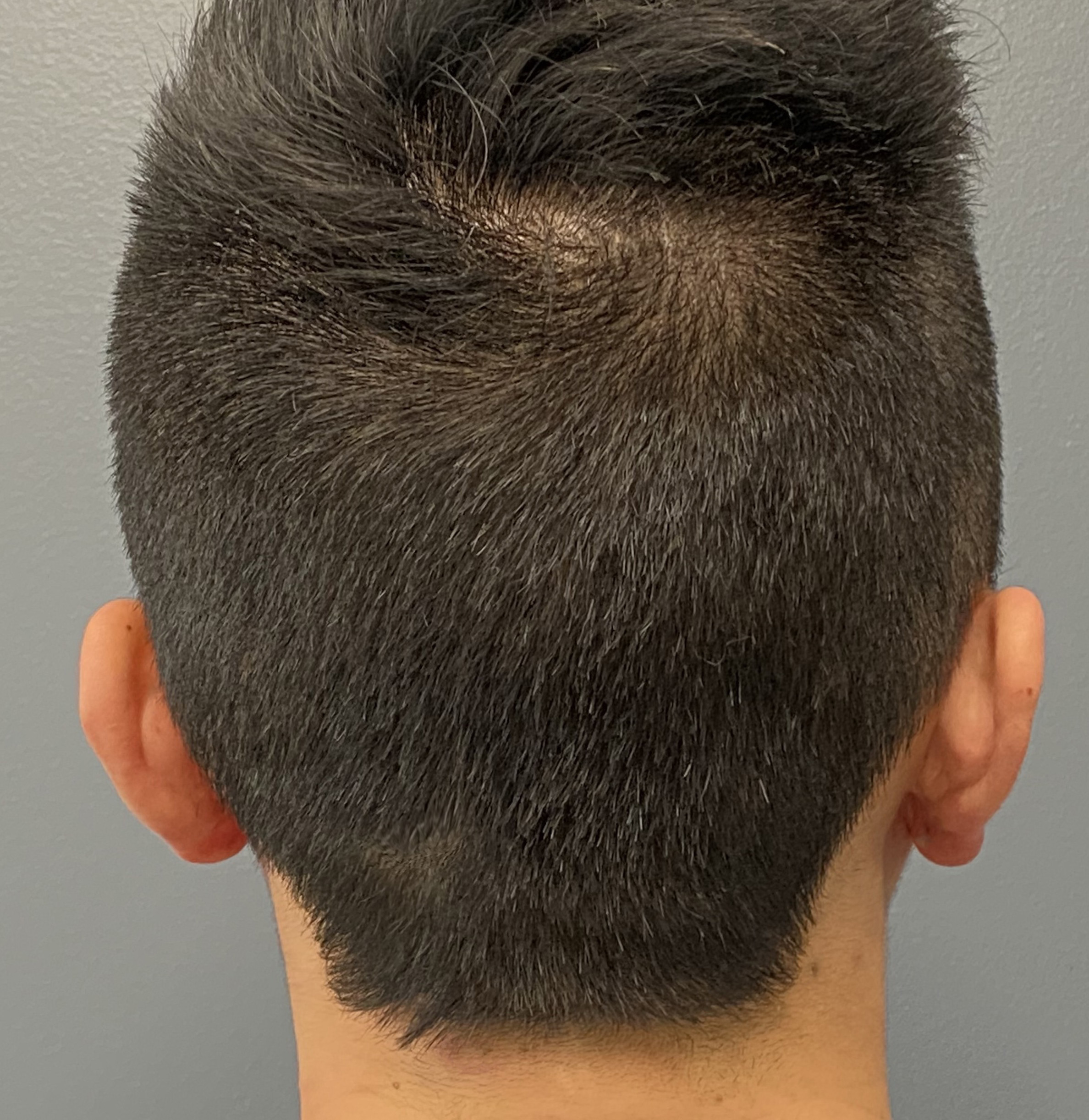
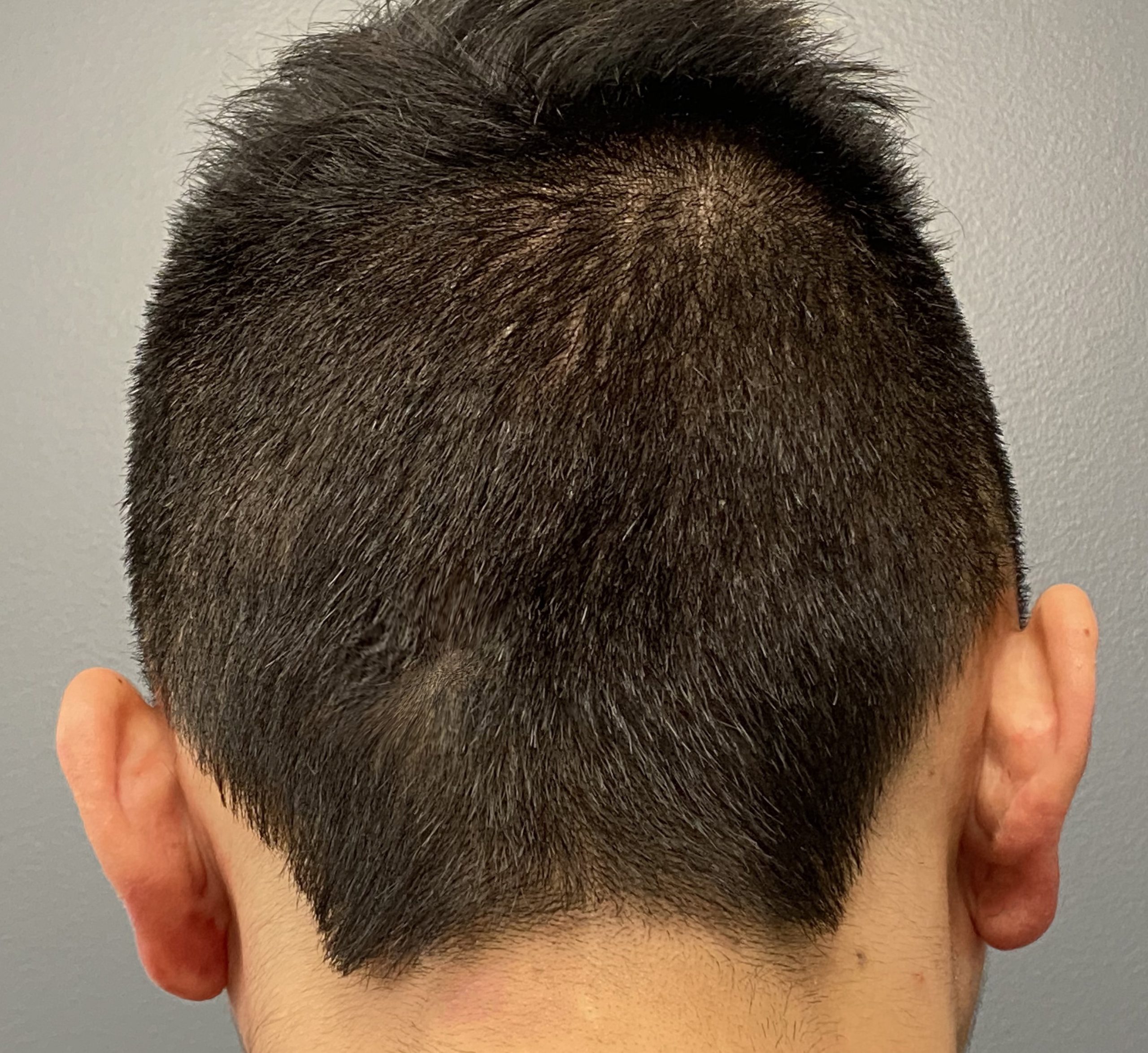
Desire to correct congenital flat back of the head.
Placement of semi-custom skull implants on back of head. Long term result shows good contour restoration with no visible scarring.
Patient 95
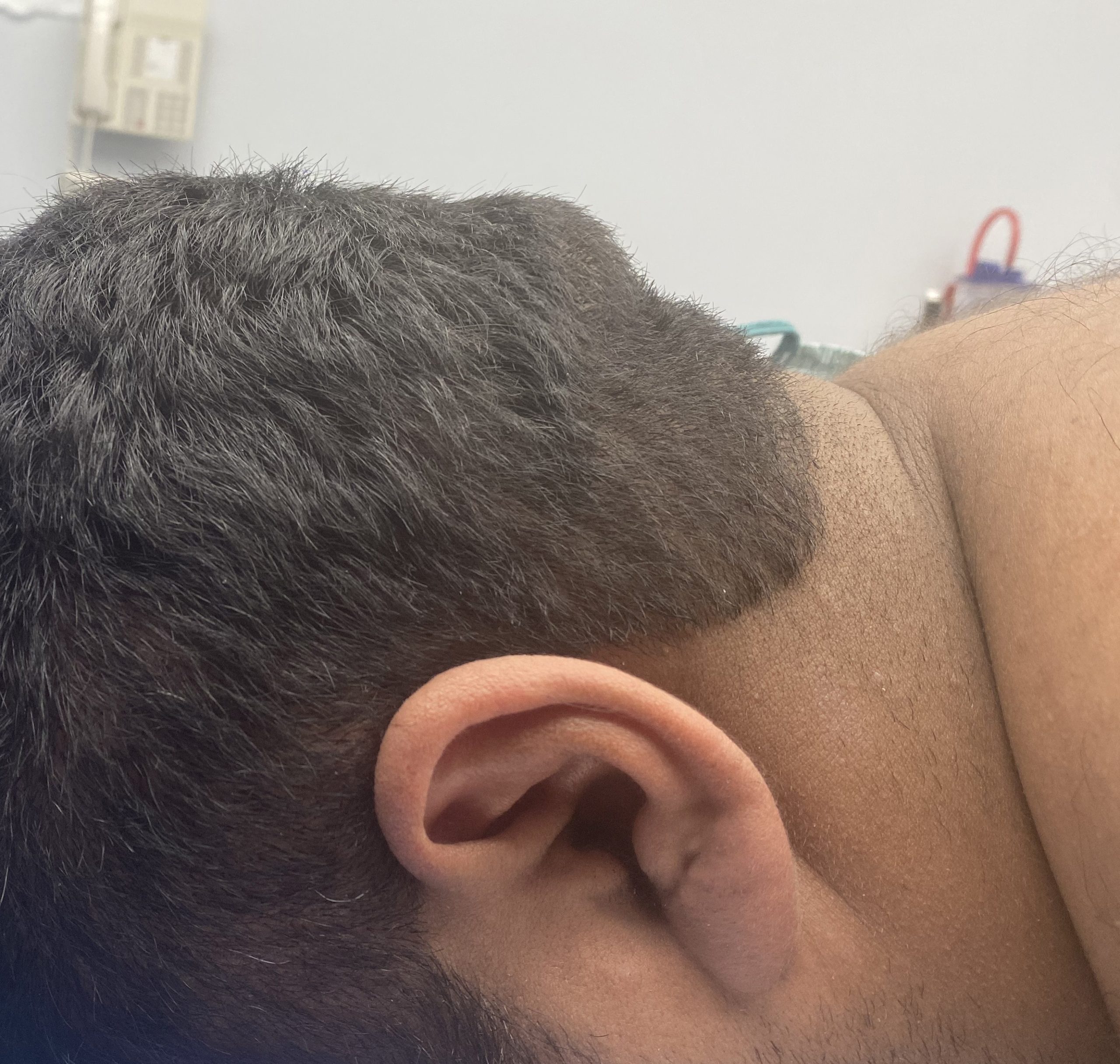
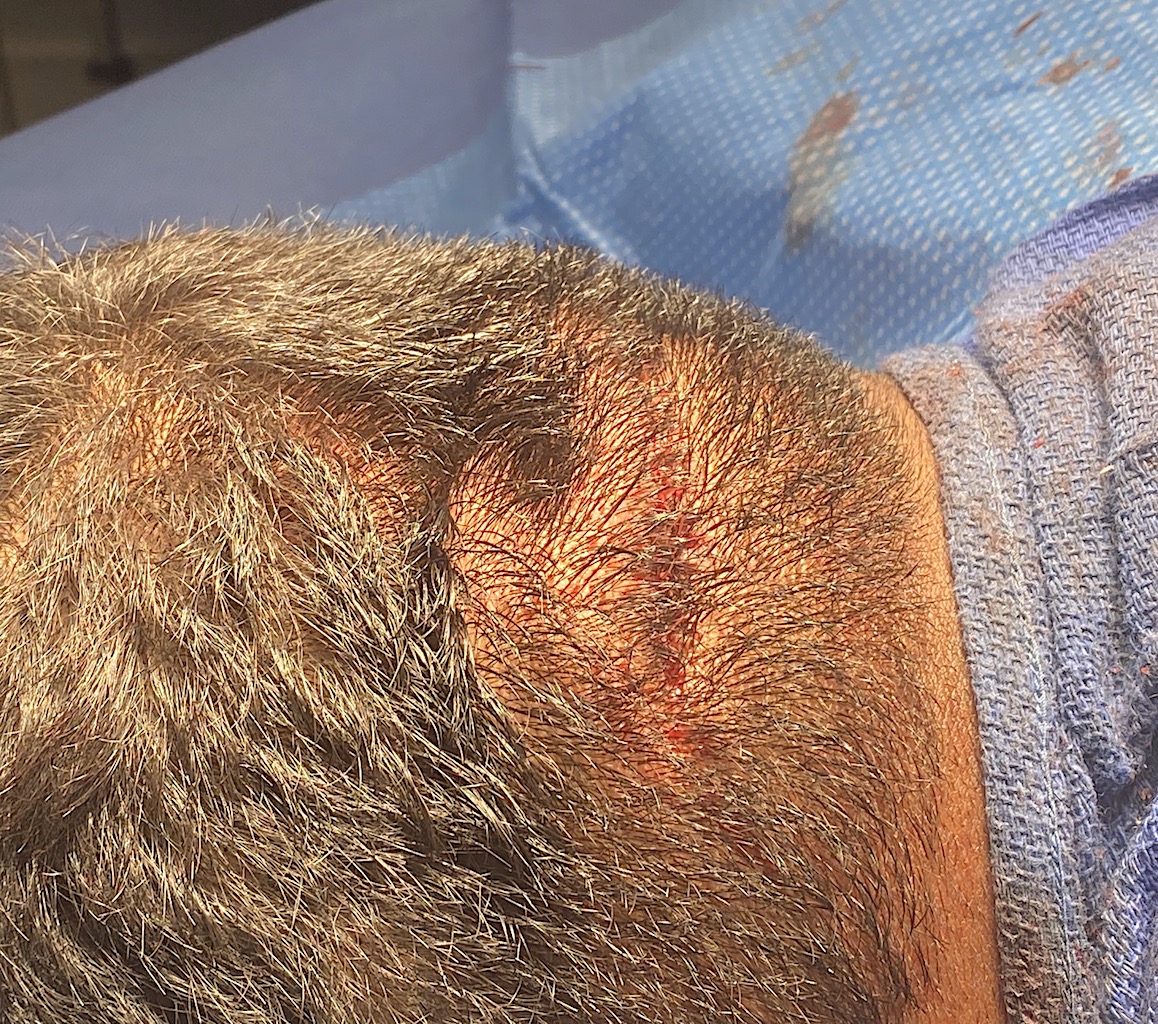
Reduce the hard prominent roll on the back of his head
Reduction of an overdeveloped superior nuchal ridge of the occipital bone as well as the overlying scalp roll over it.


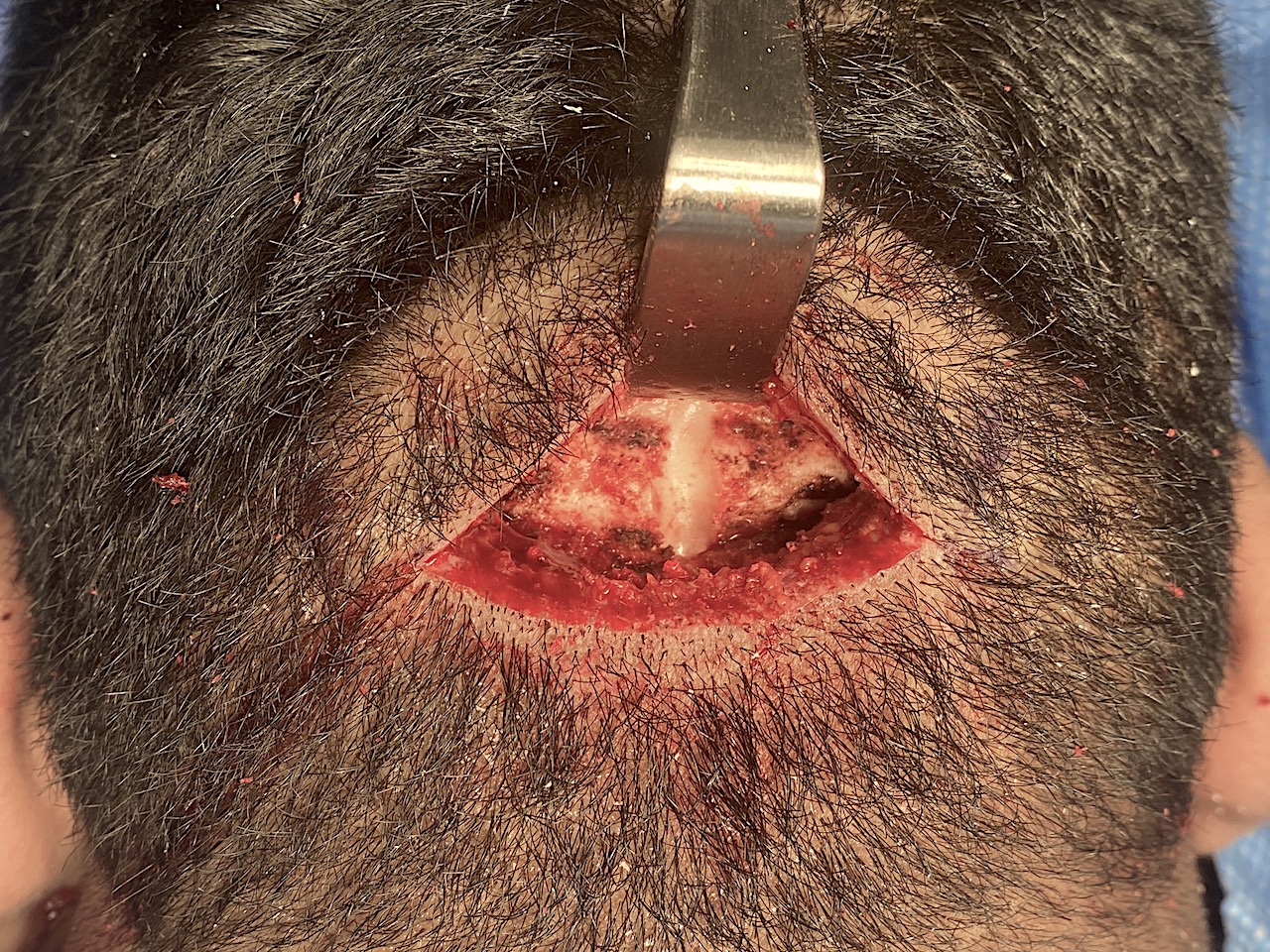
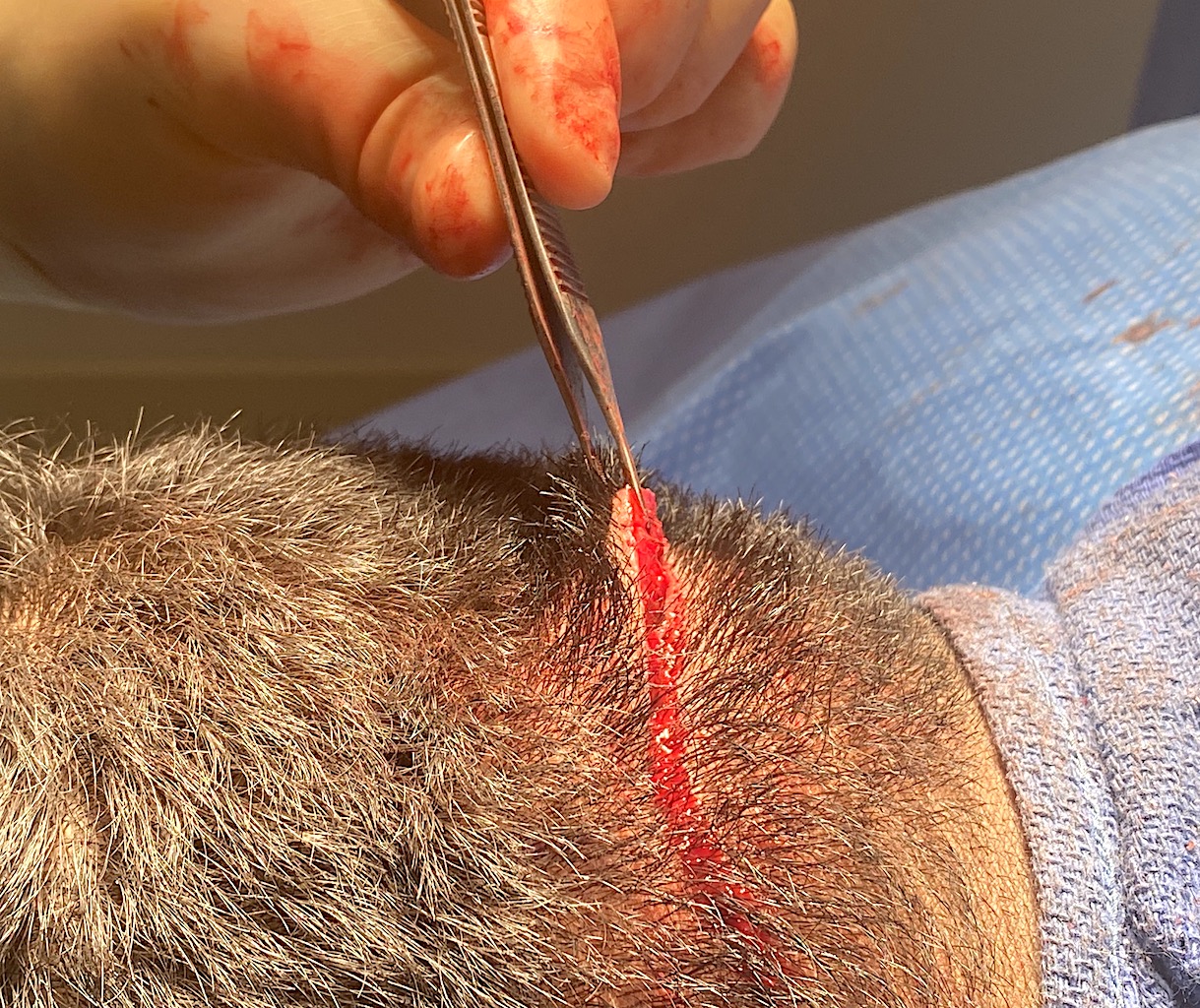
Reduce the hard prominent roll on the back of his head
Reduction of an overdeveloped superior nuchal ridge of the occipital bone as well as the overlying scalp roll over it.
Patient 96
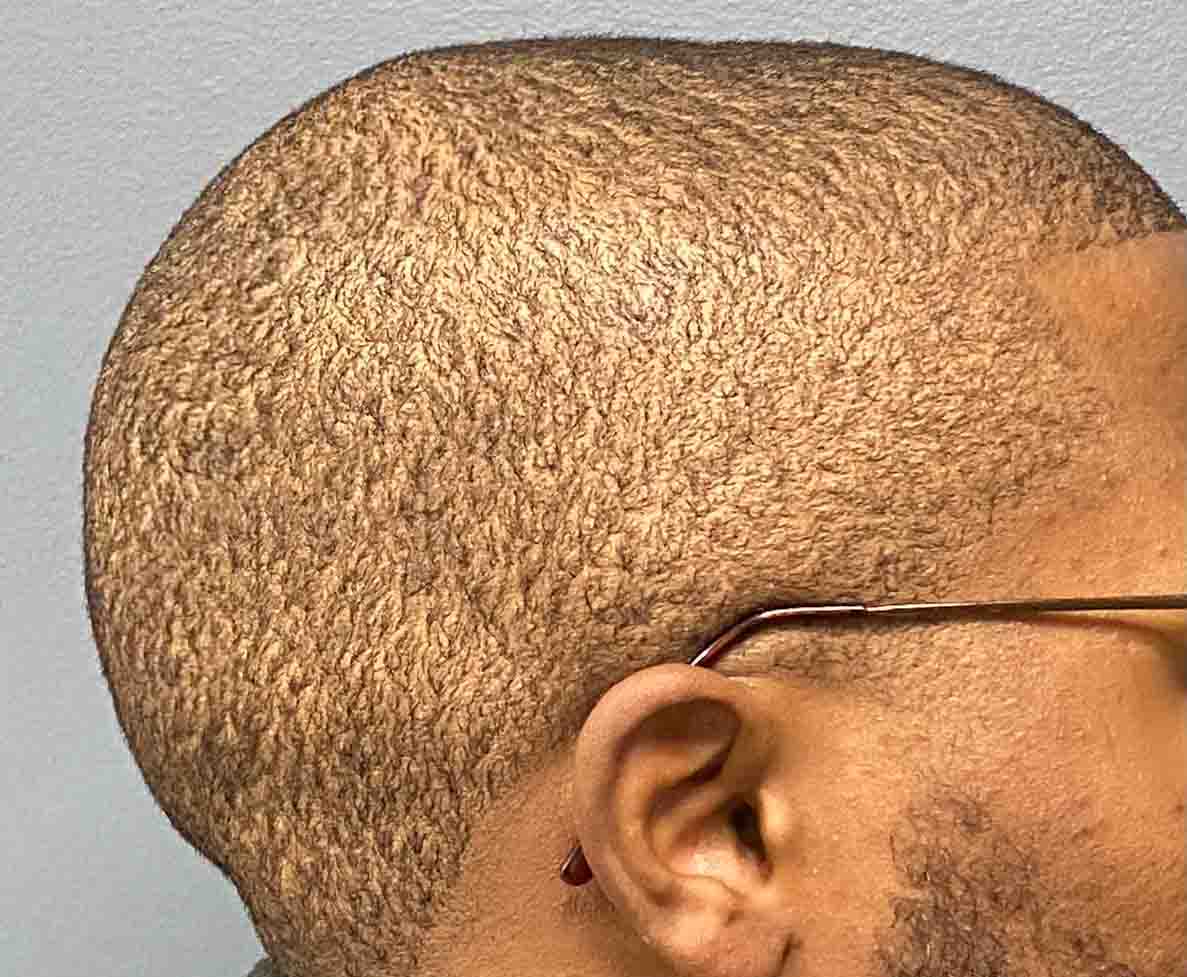
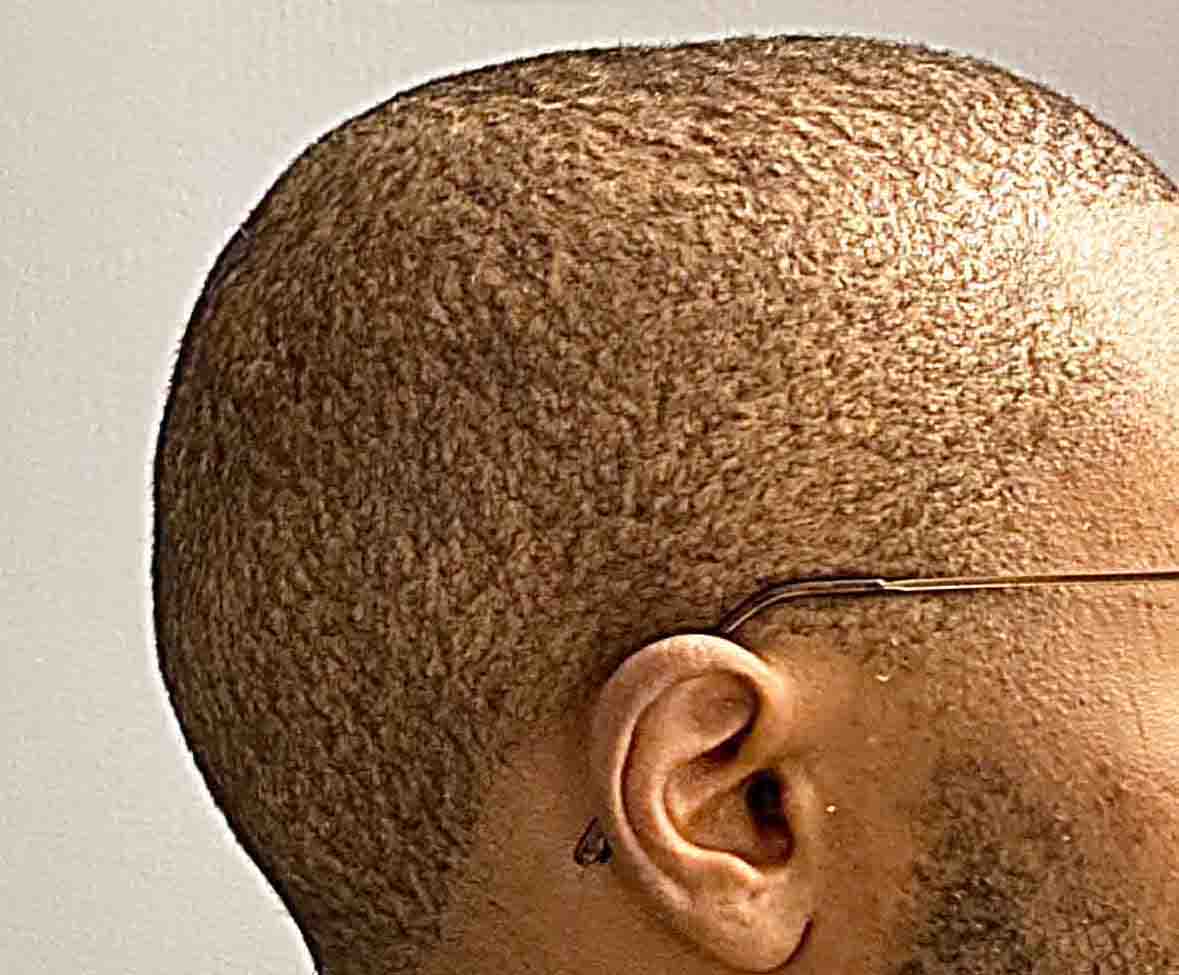
Desire for reduction of back and crown area of skull to decrease projection.
Single incision outer layer cortical skull reduction of the occiput, biparietal and posterior half of the top of the skull with scalp excess removal as well.


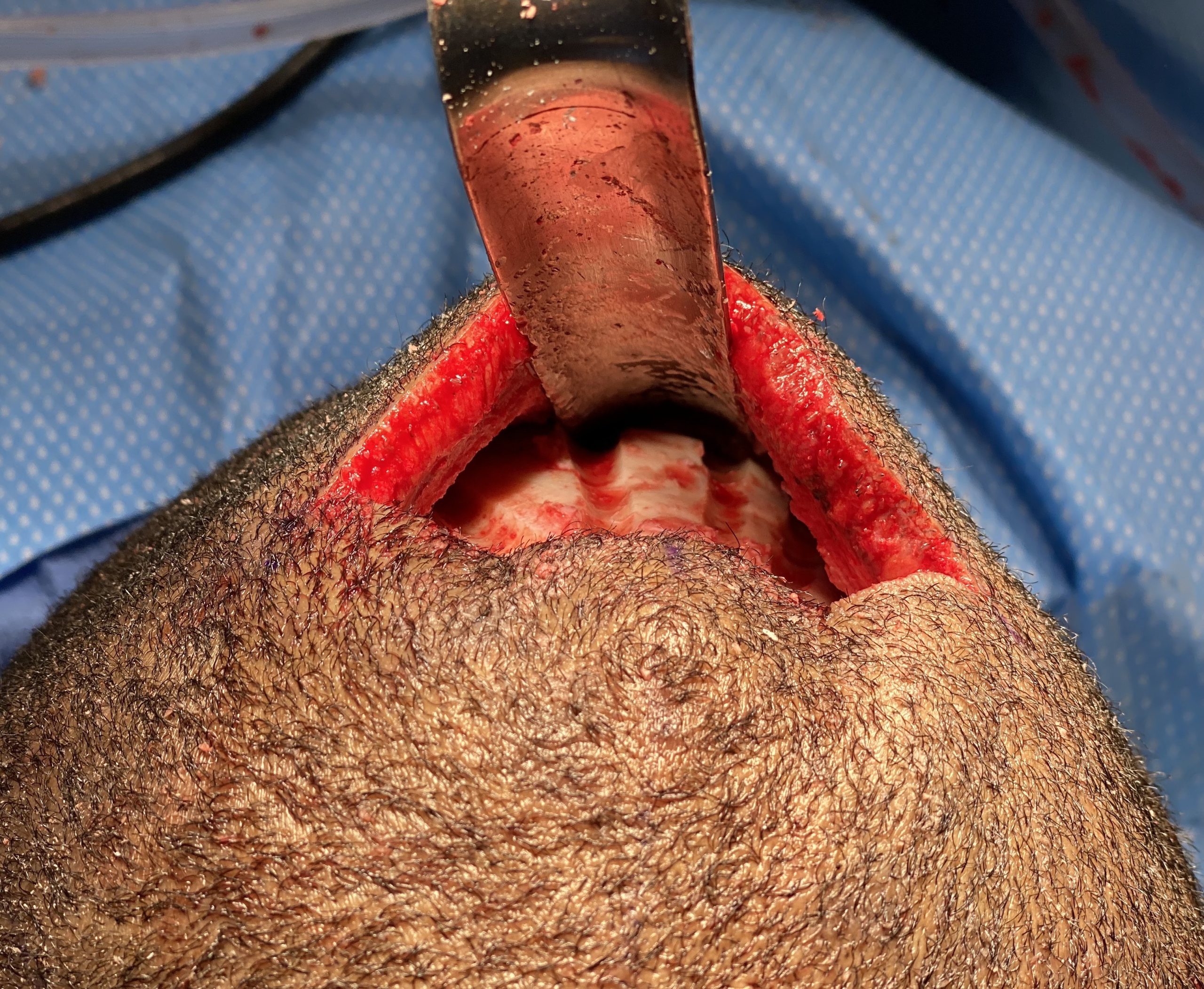
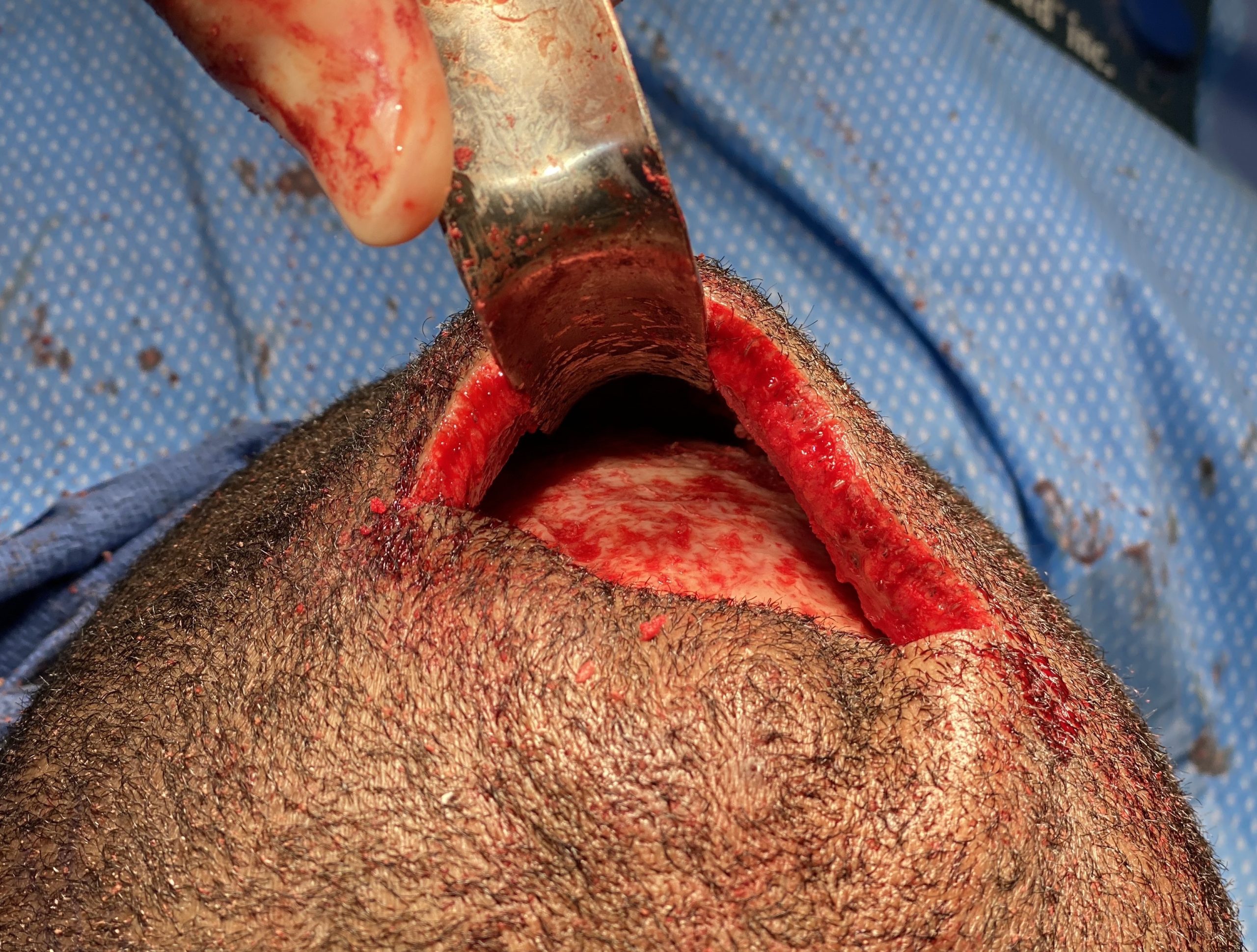
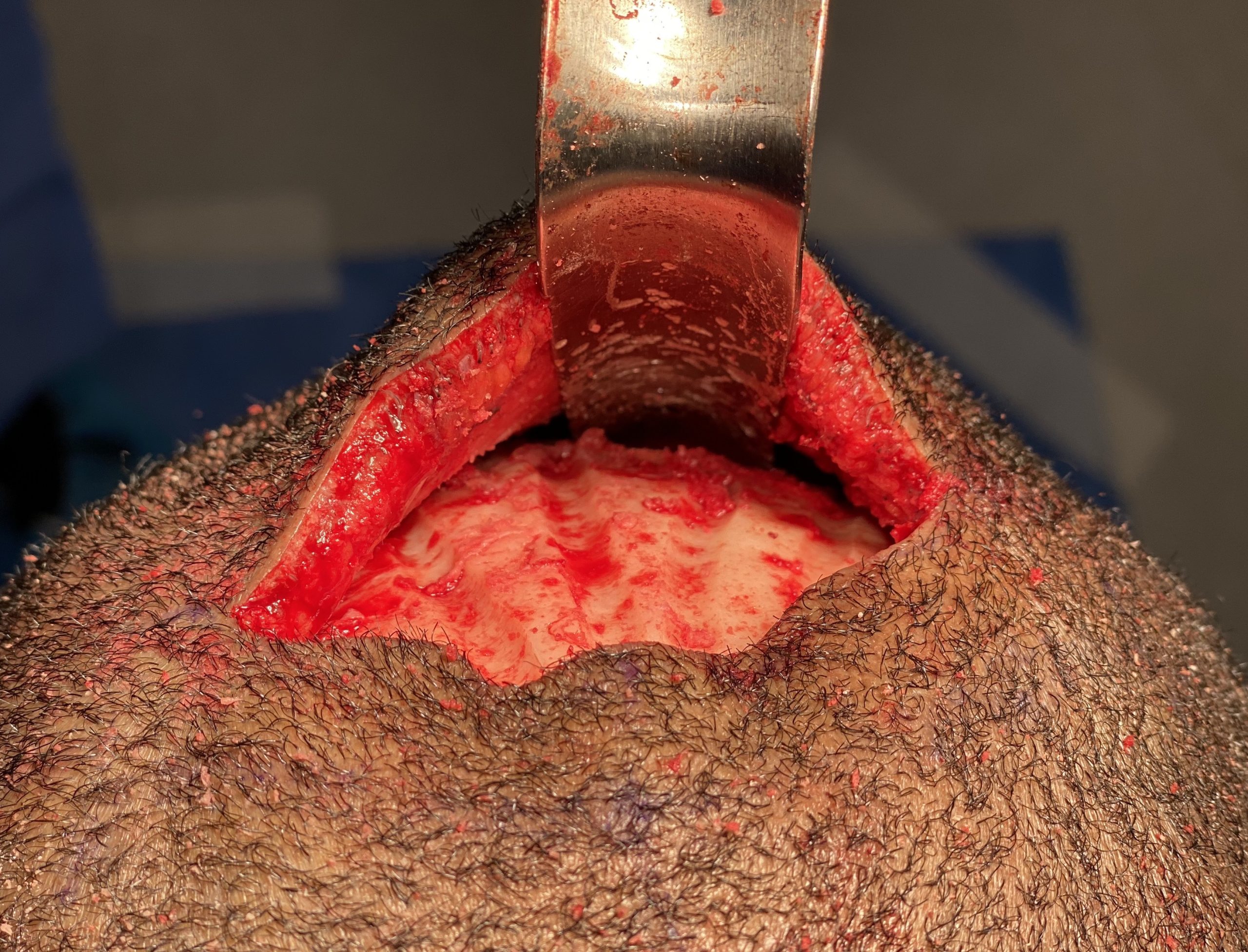
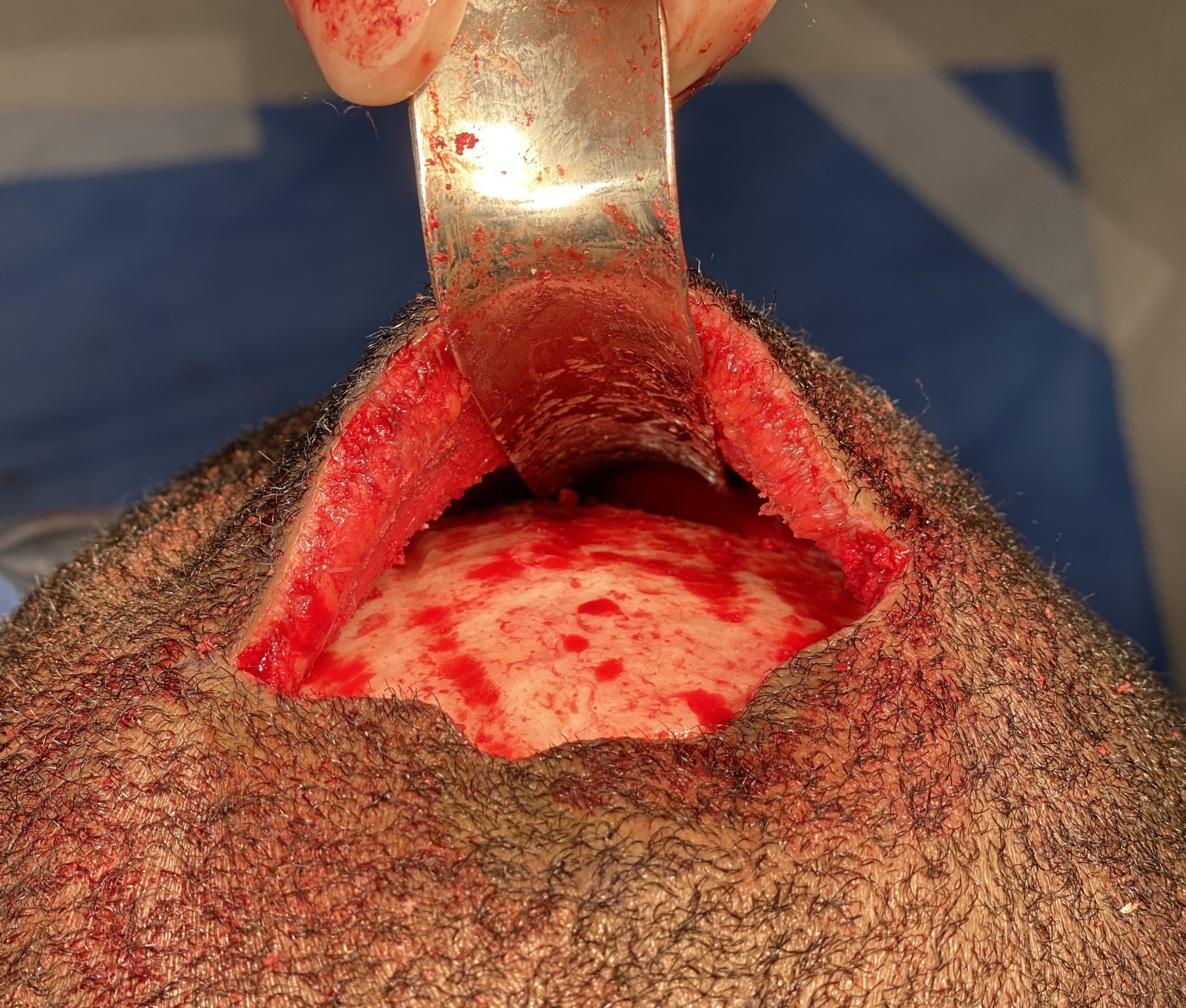
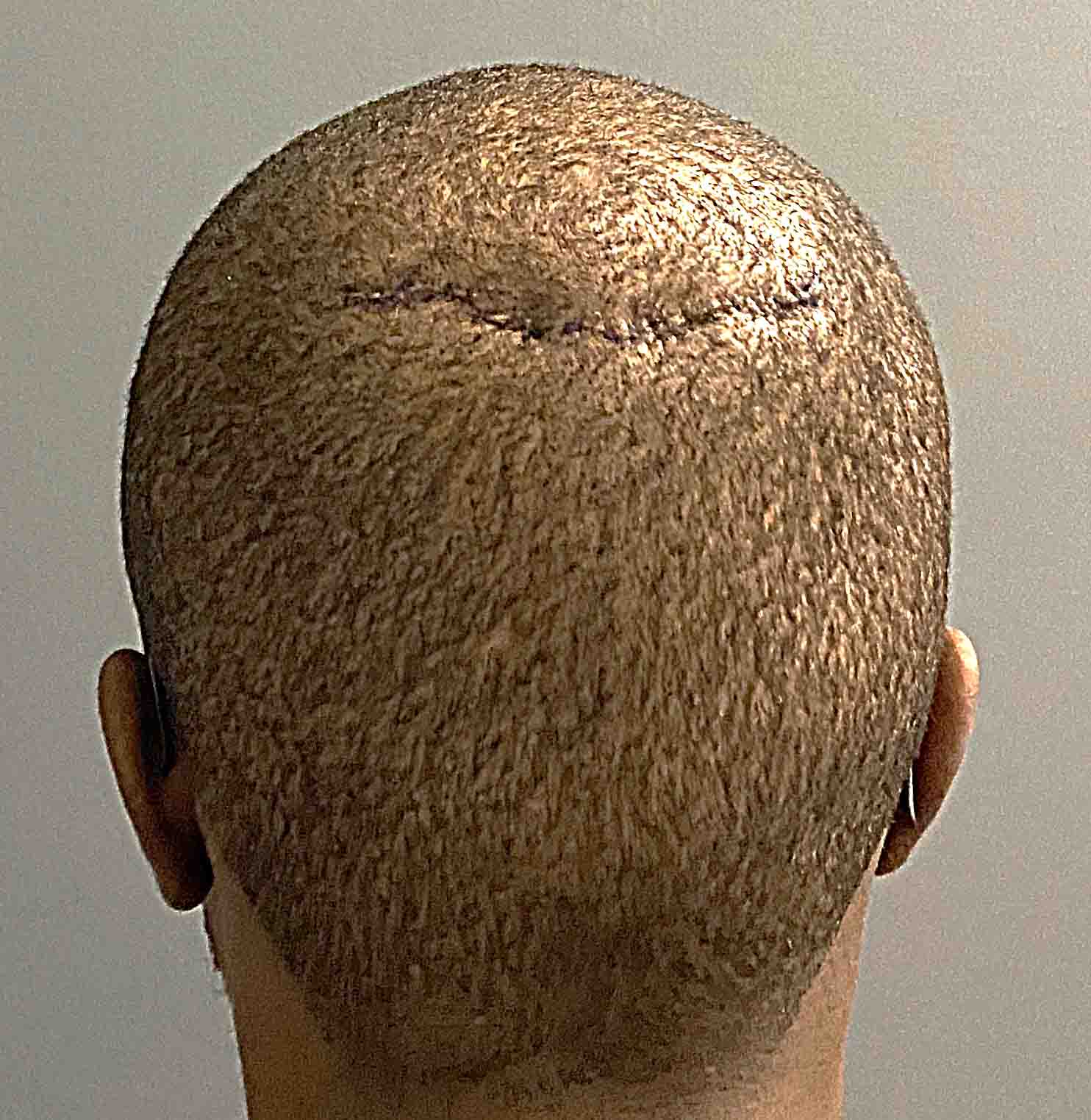
Desire for reduction of back and crown area of skull to decrease projection.
Single incision outer layer cortical skull reduction of the occiput, biparietal and posterior half of the top of the skull with scalp excess removal as well.
Patient 97
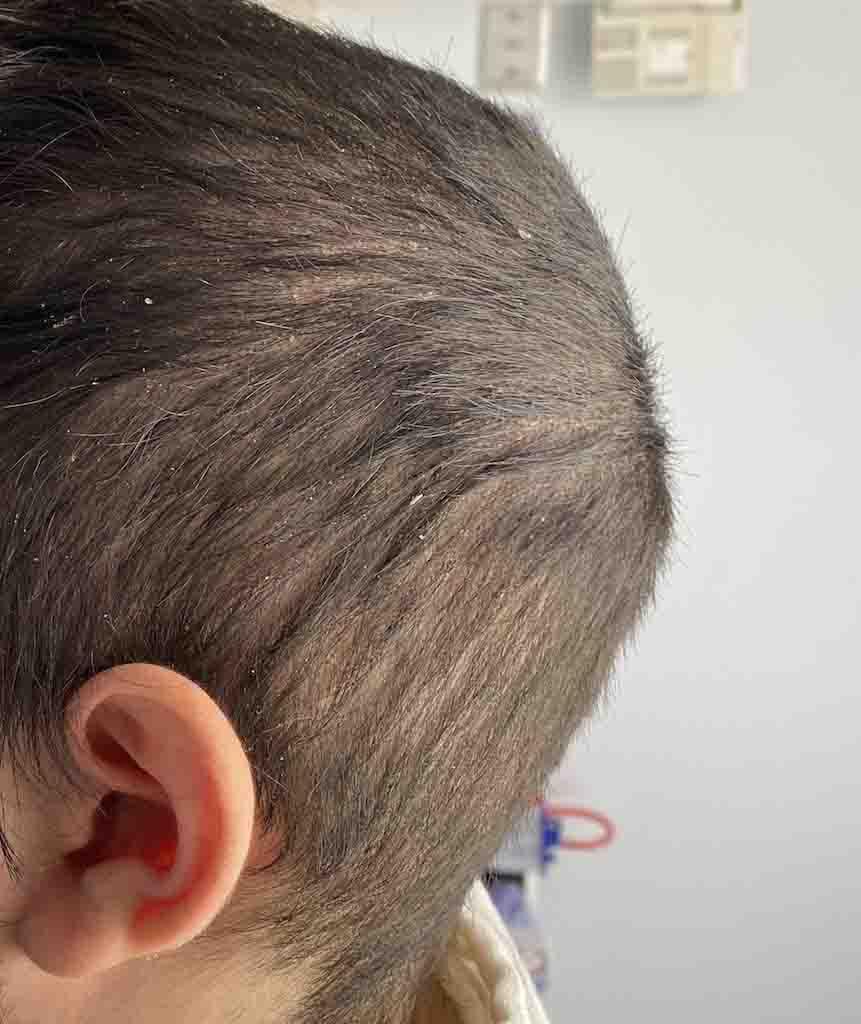
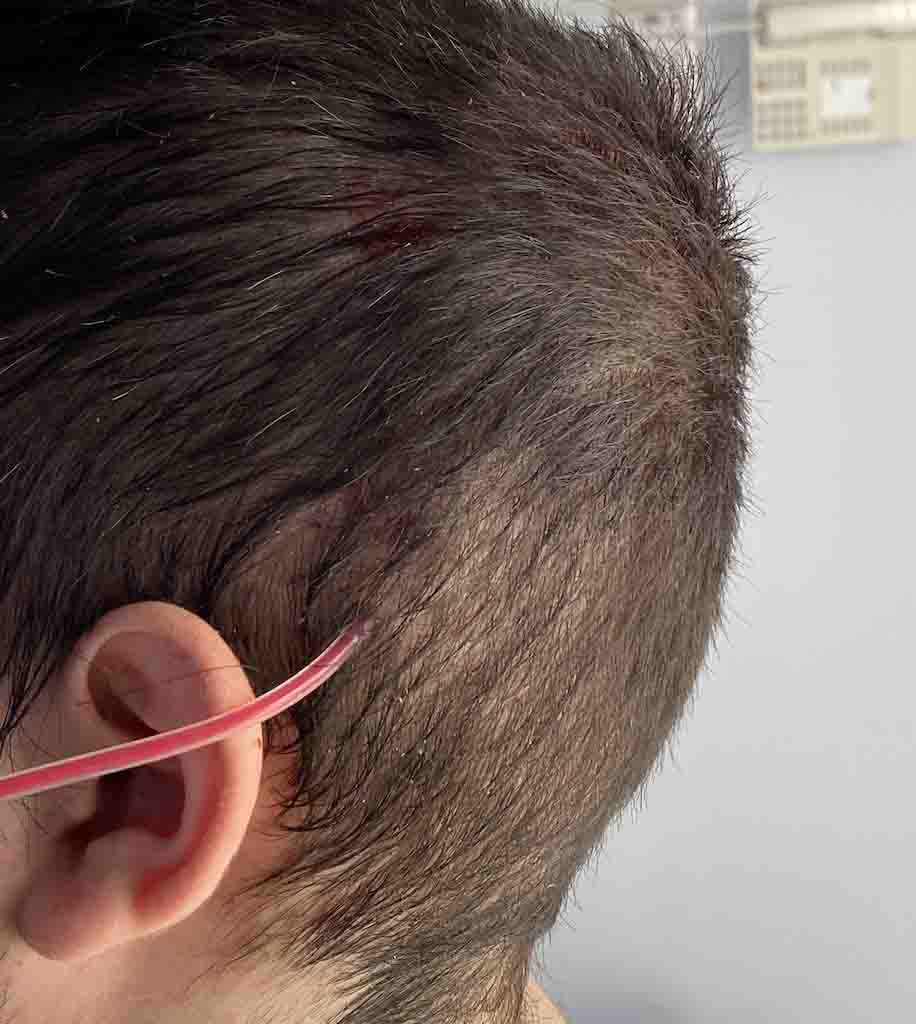
Desire for reduction of back of head skull protrusion. Reduce its projection and make it flatter.
Crown of head scalp incisional approach to reduce back of head skull projection by outer cortical table removal.


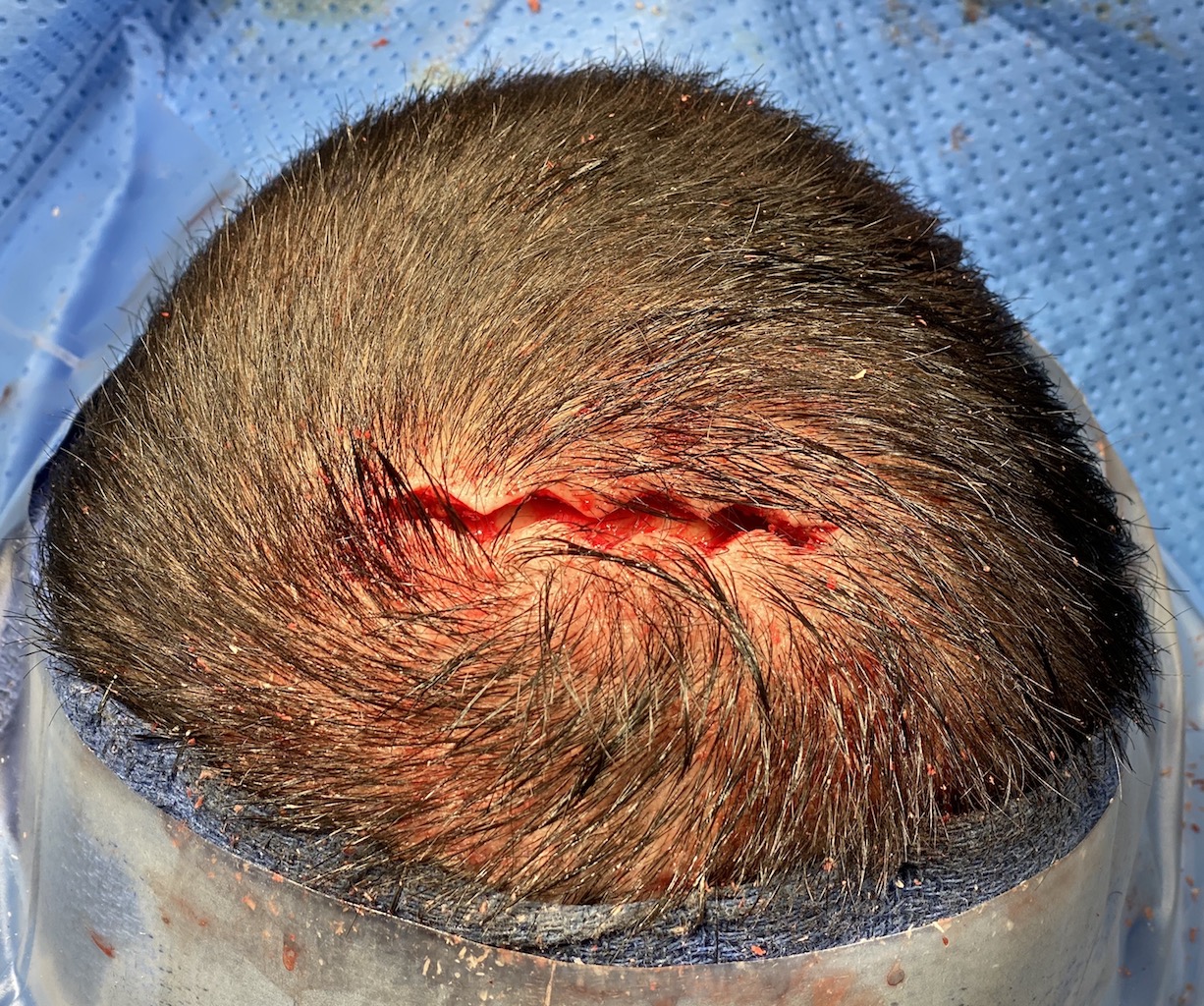
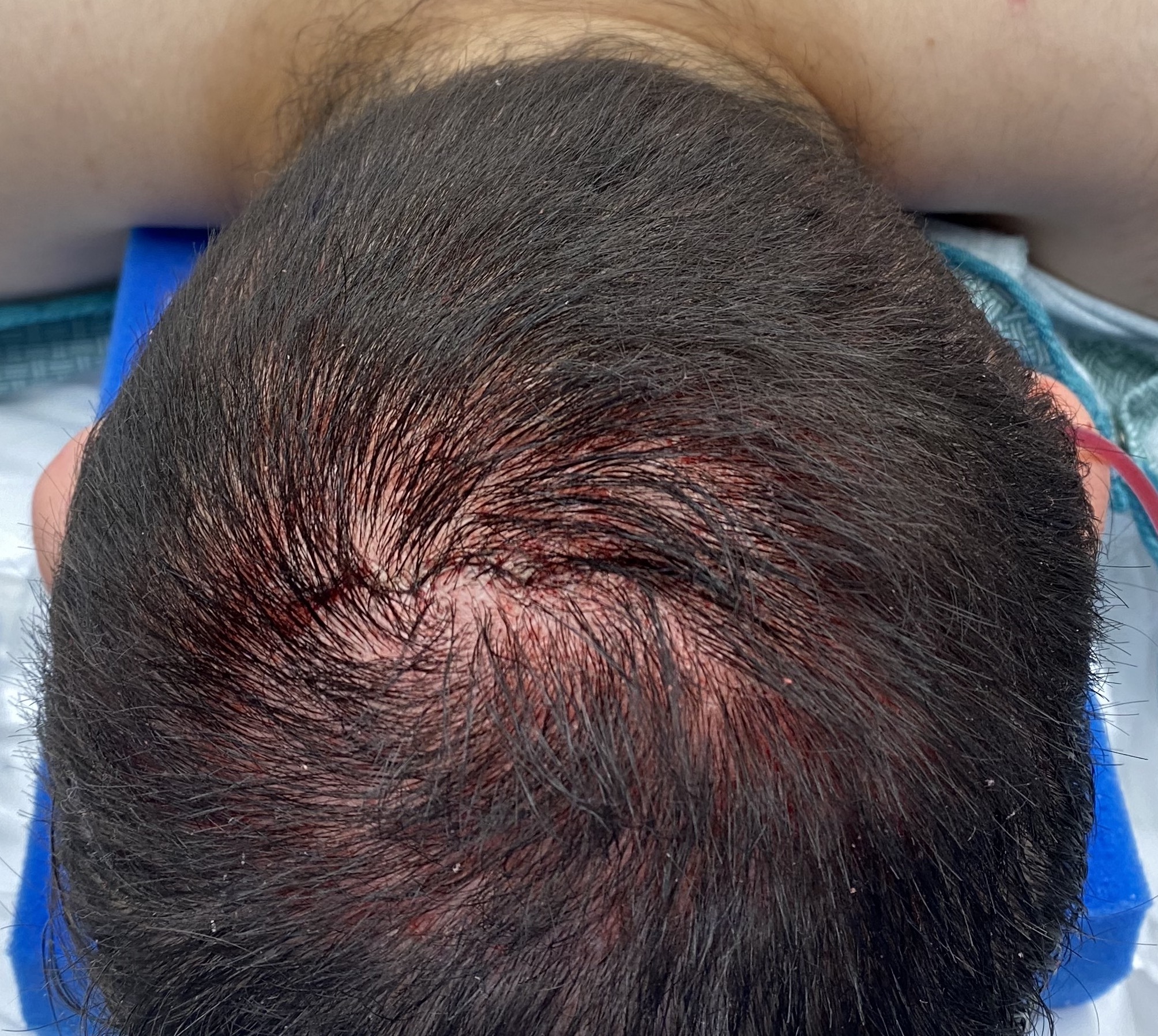
Desire for reduction of back of head skull protrusion. Reduce its projection and make it flatter.
Crown of head scalp incisional approach to reduce back of head skull projection by outer cortical table removal.
Patient 98
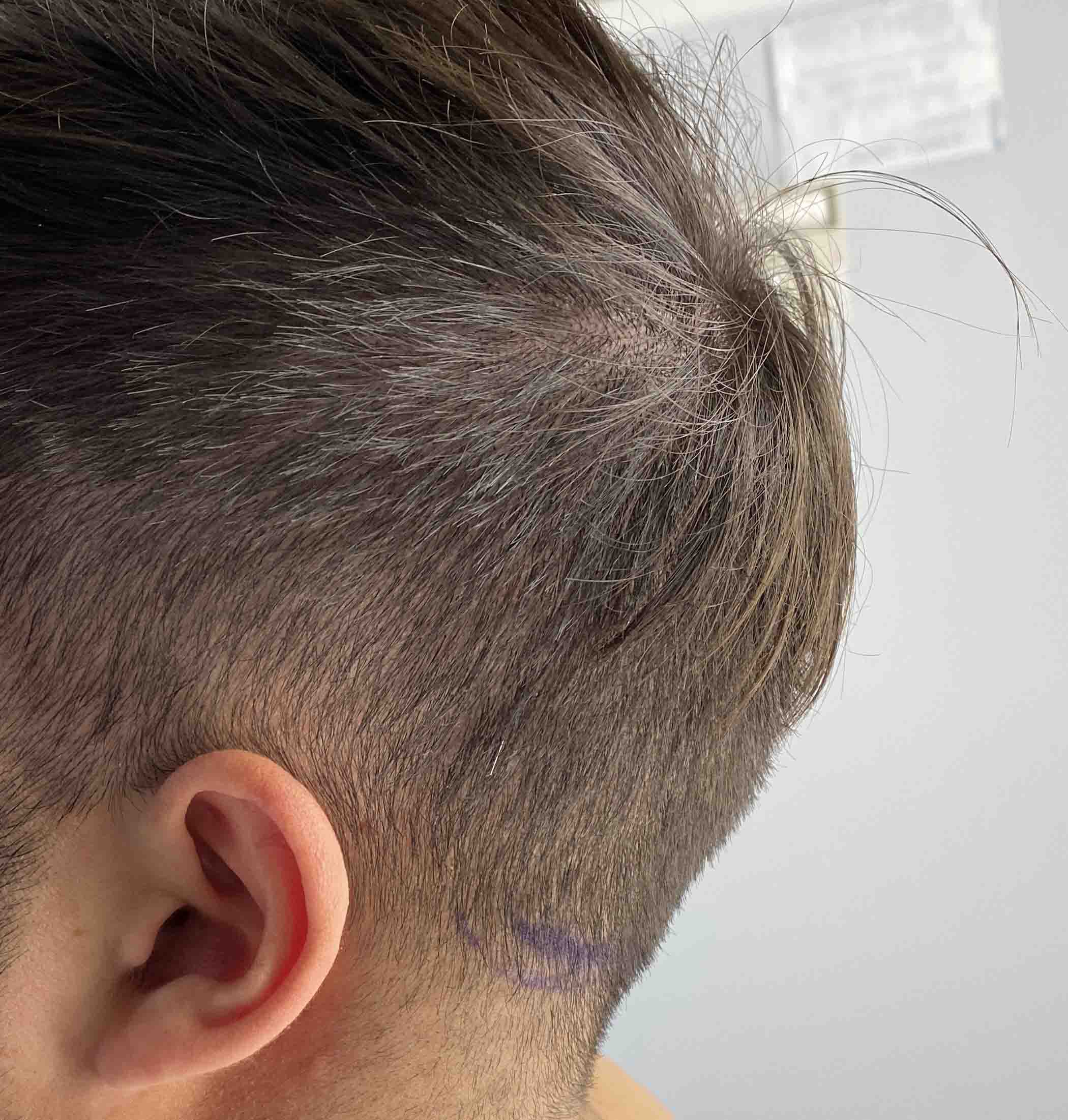
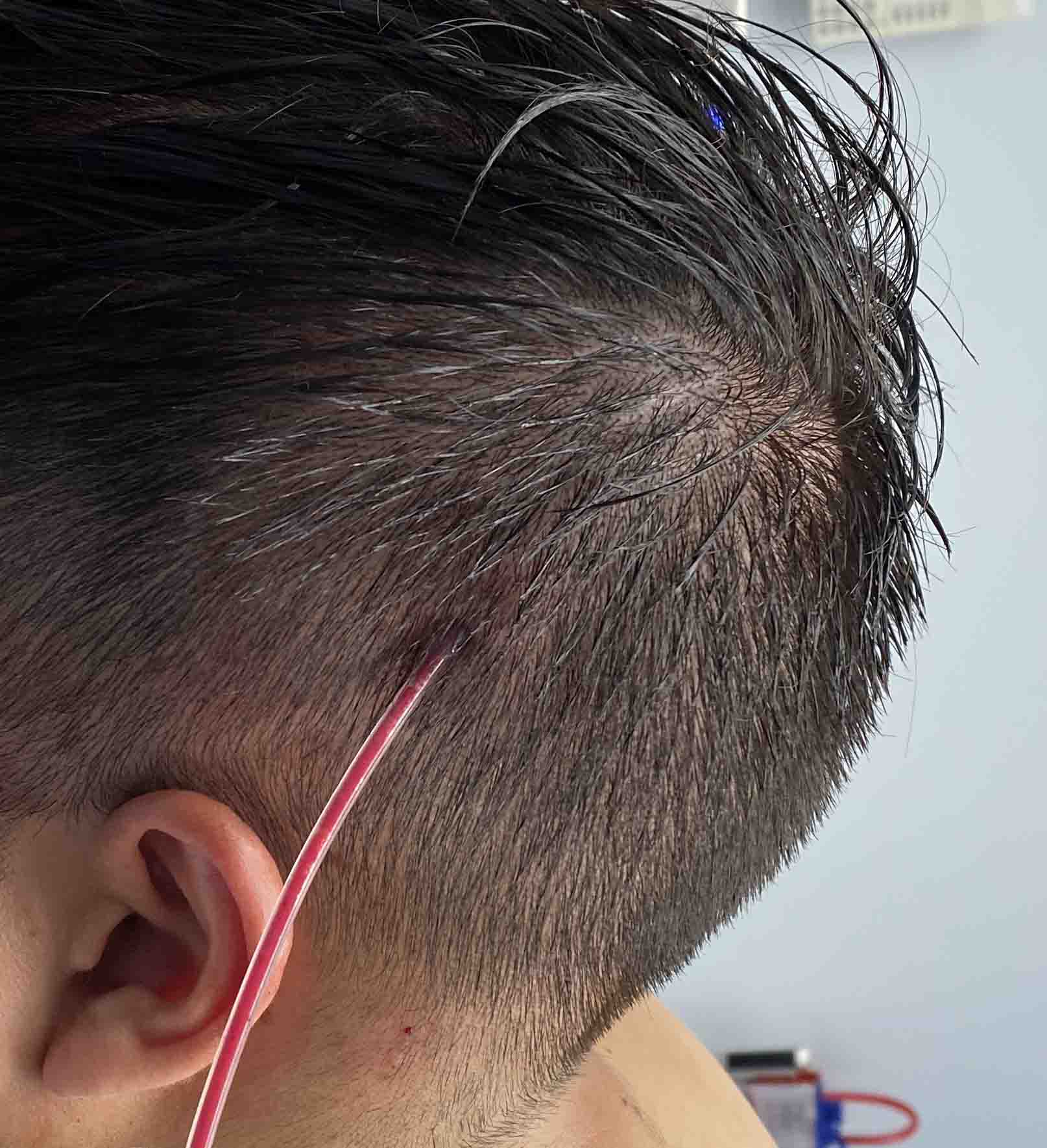
Desire for back of head skull augmentation.
Placement of custom back of head skull implant. (immediate intraop result)


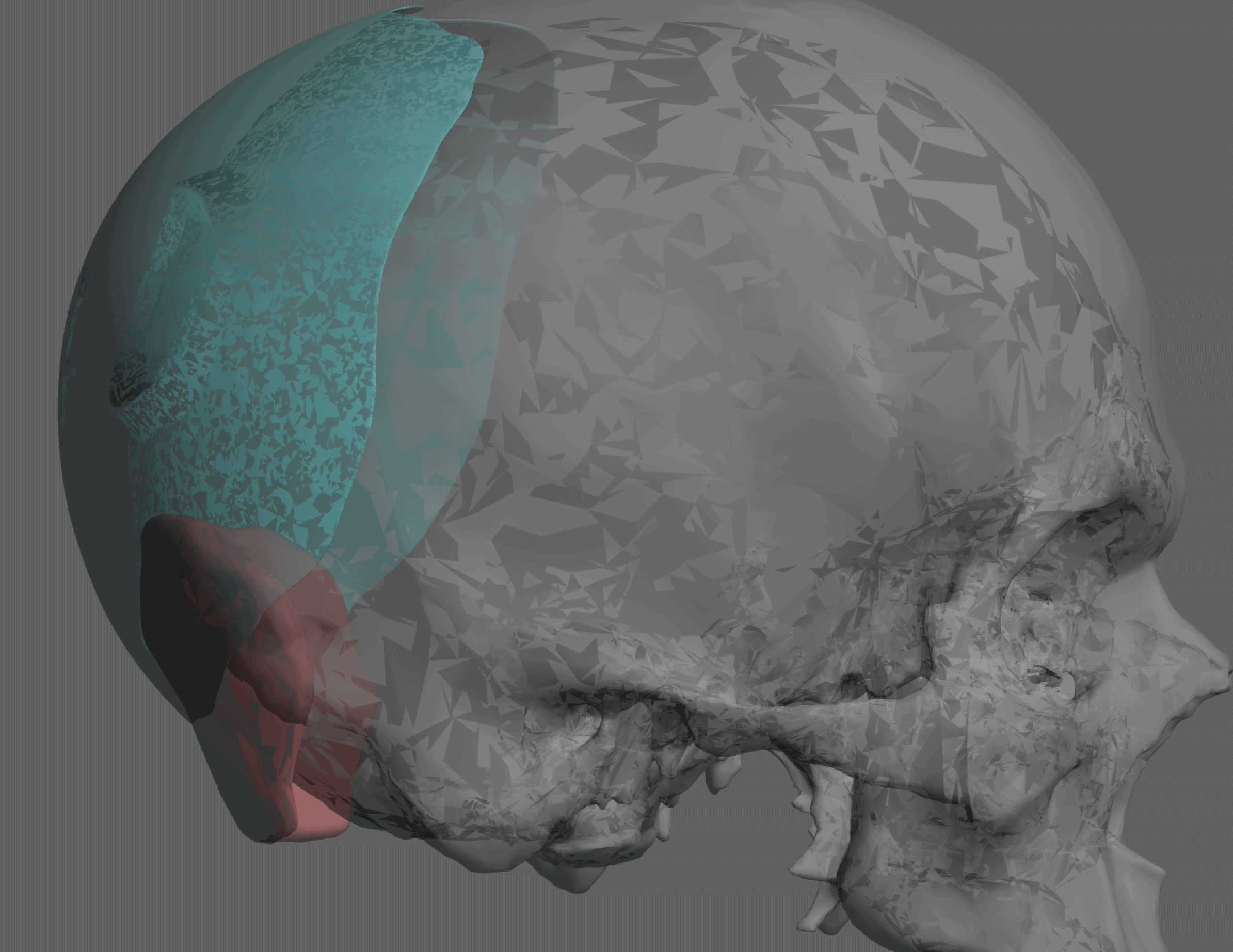
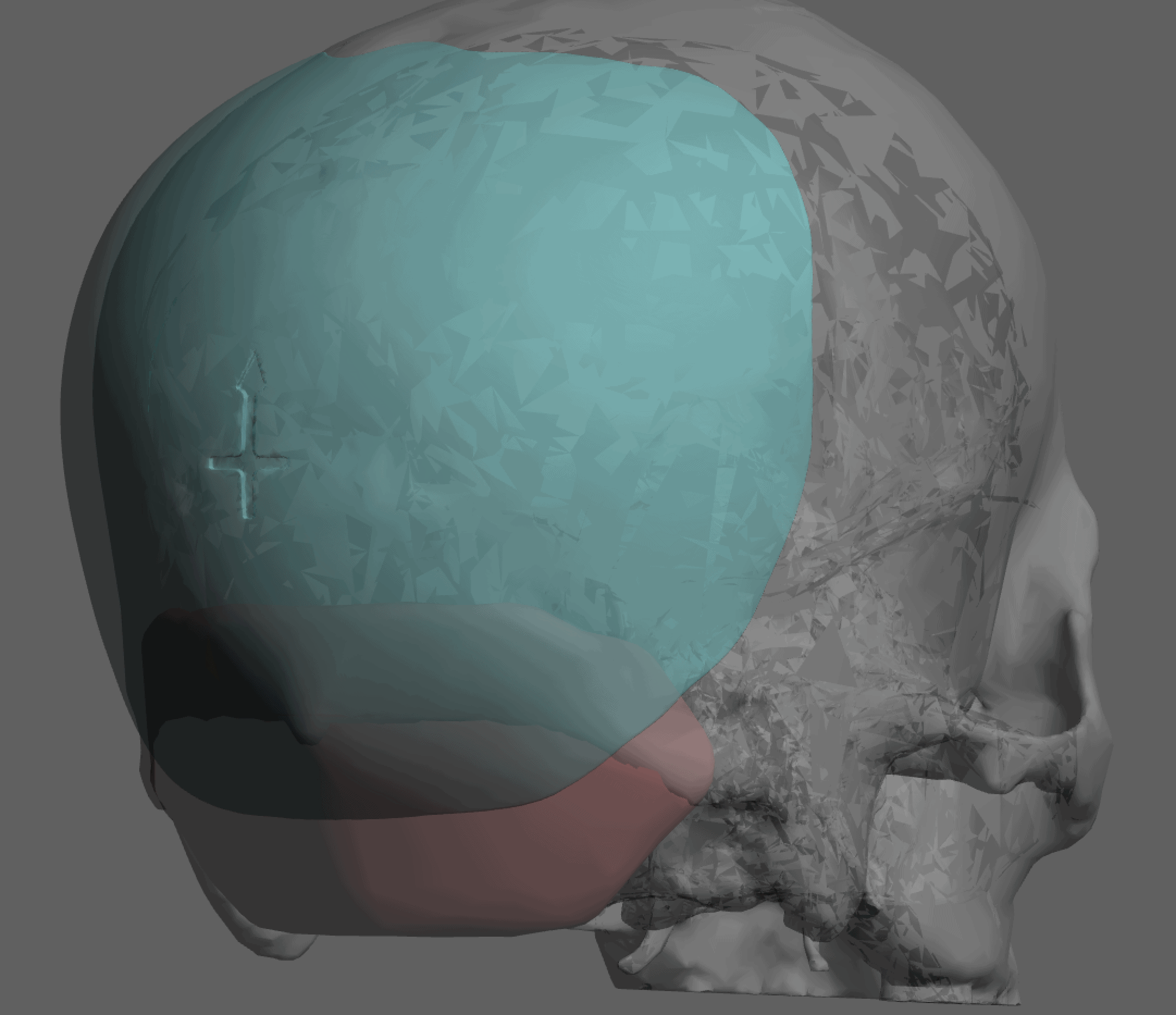
Desire for back of head skull augmentation.
Placement of custom back of head skull implant. (immediate intraop result)
Patient 99
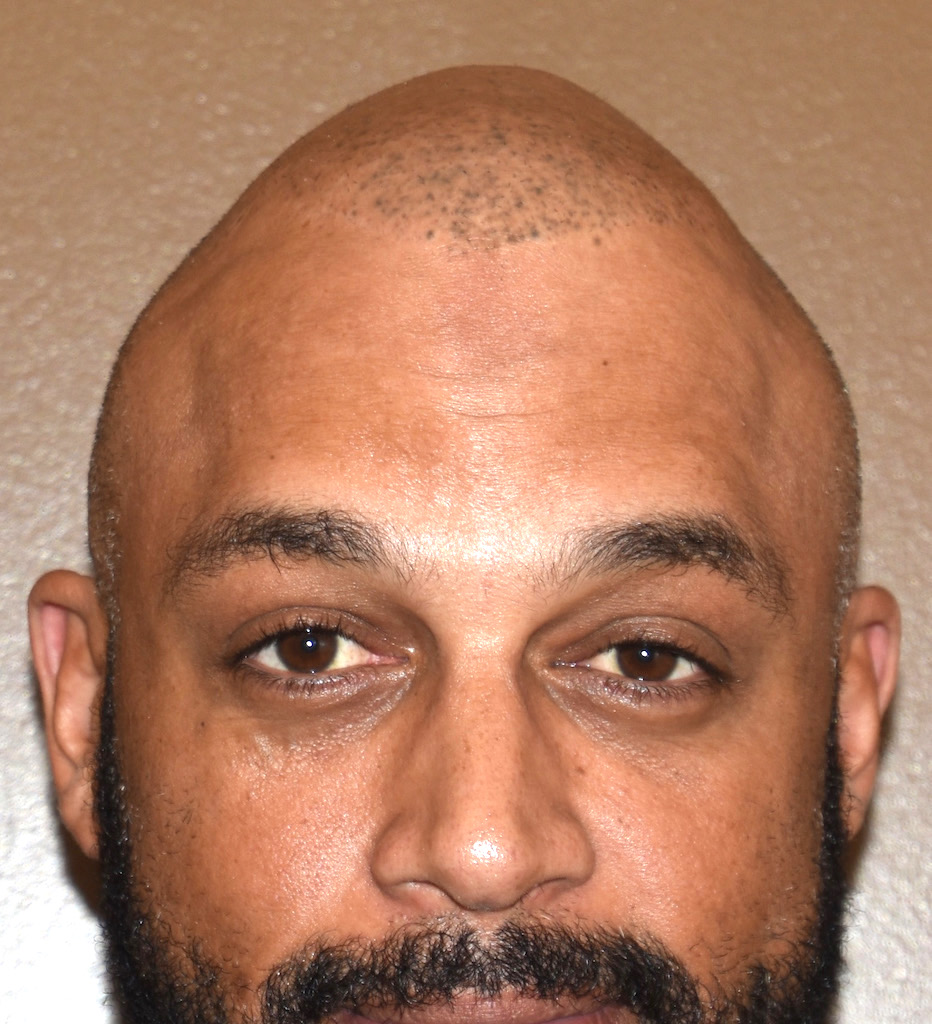
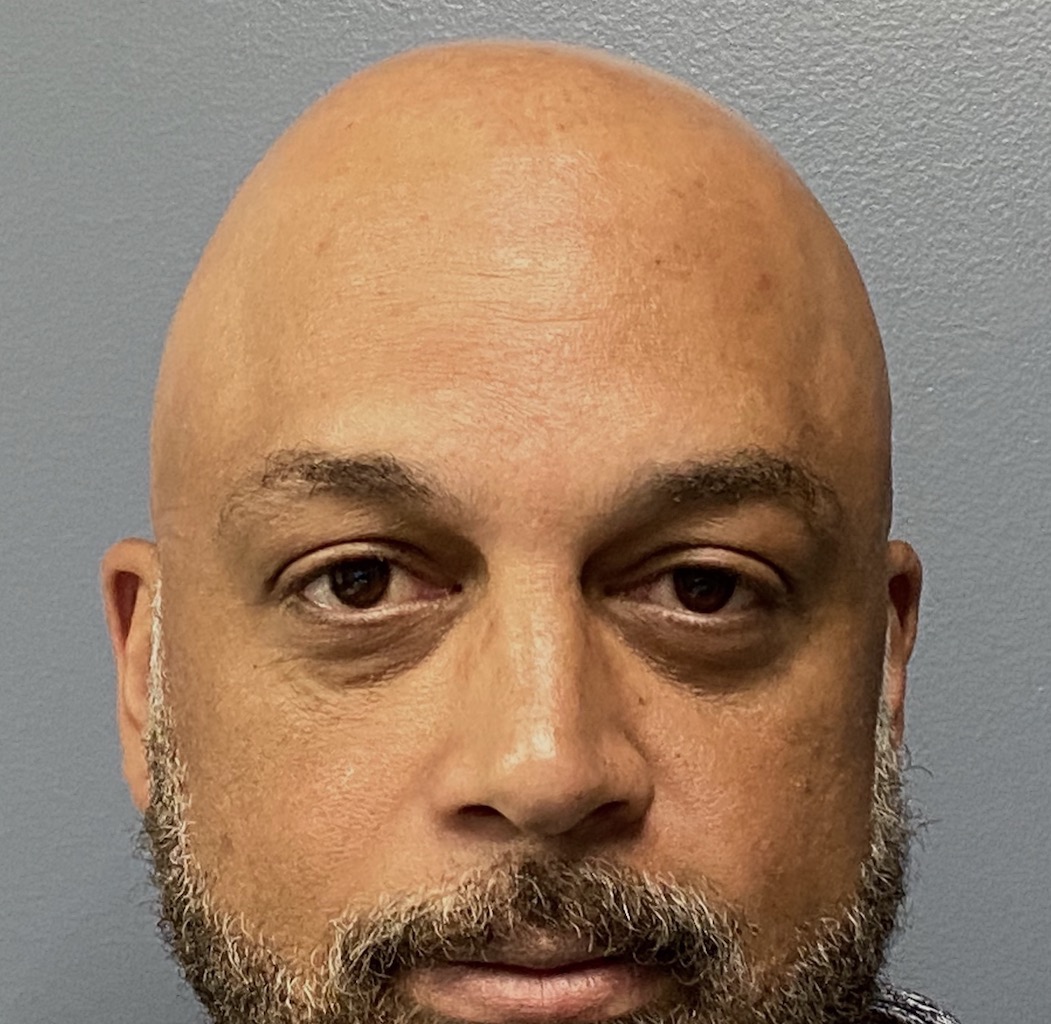
Desire for improved head shape that had bothered him most of his adult life.
Initial correction of his peaked head shape deformity with sagittal ridge reduction and a custom skull implant with a five year stable result.


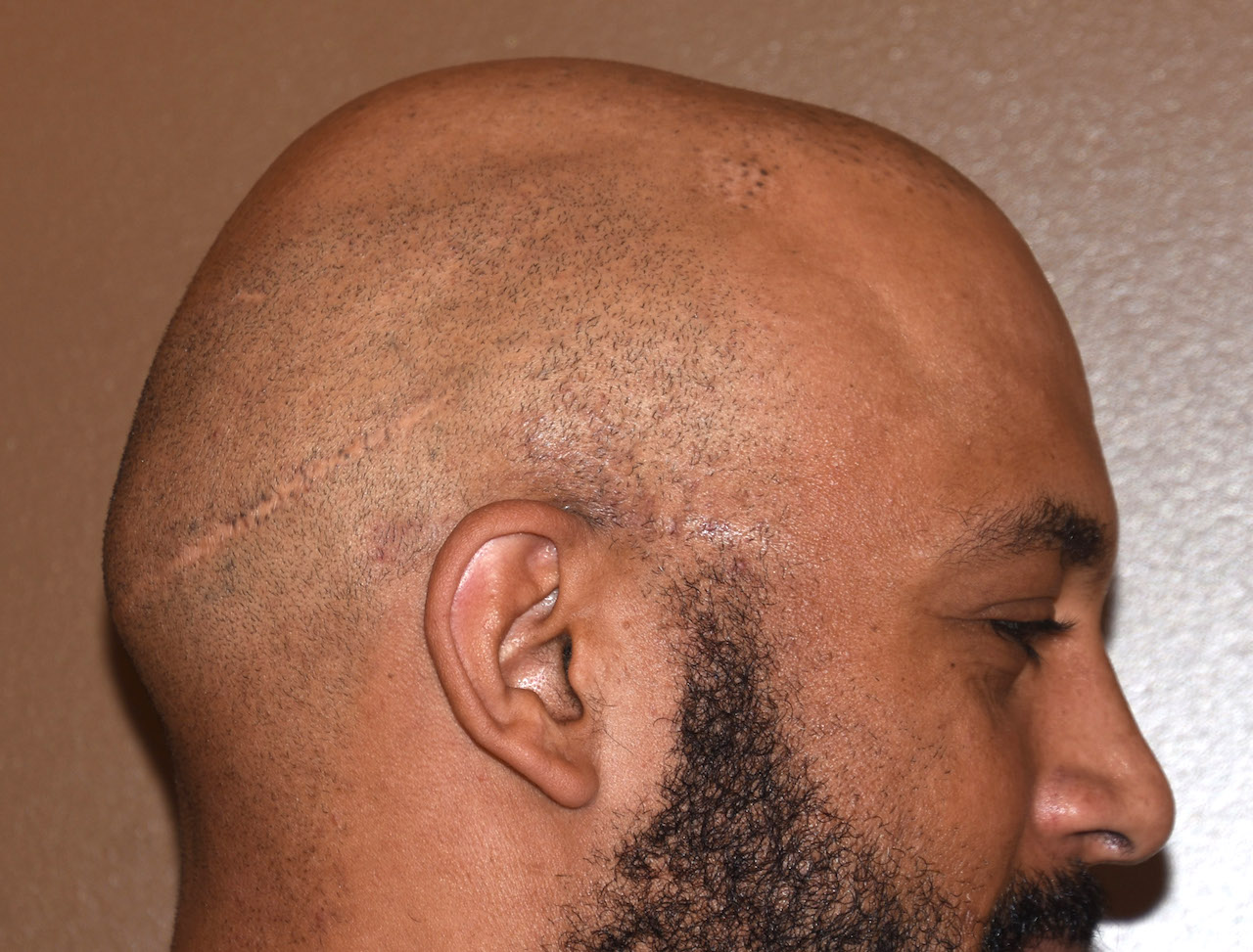
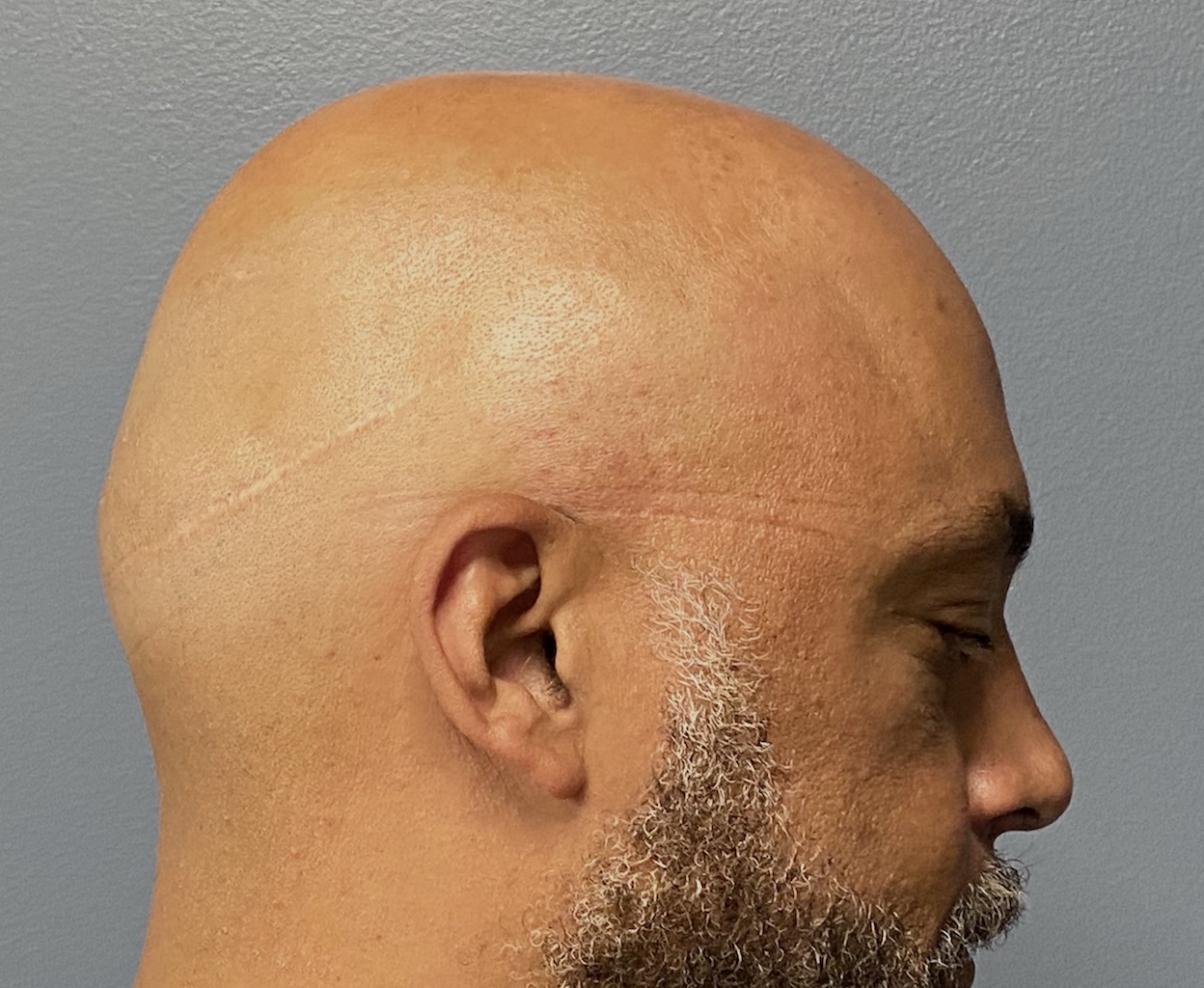
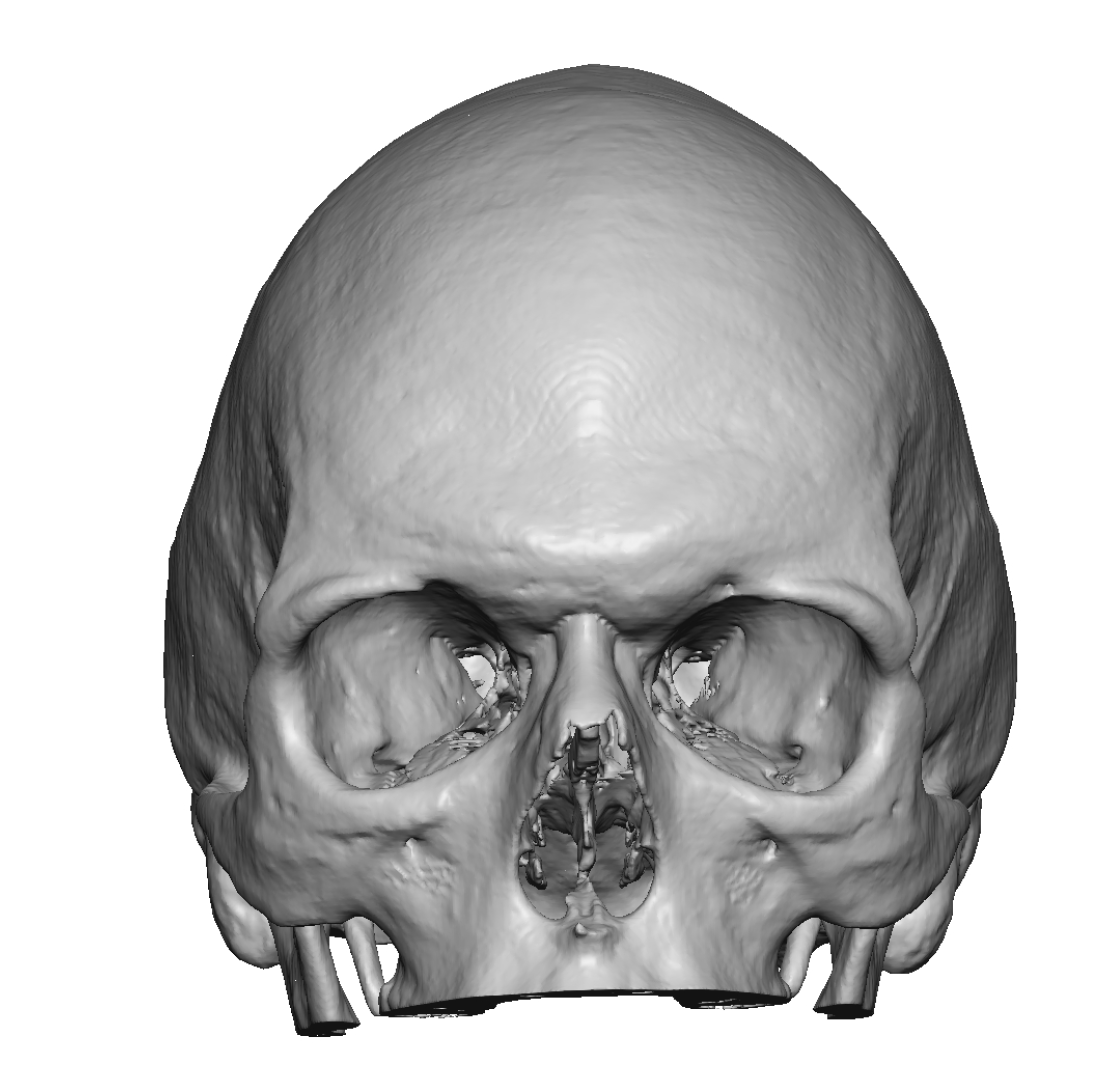
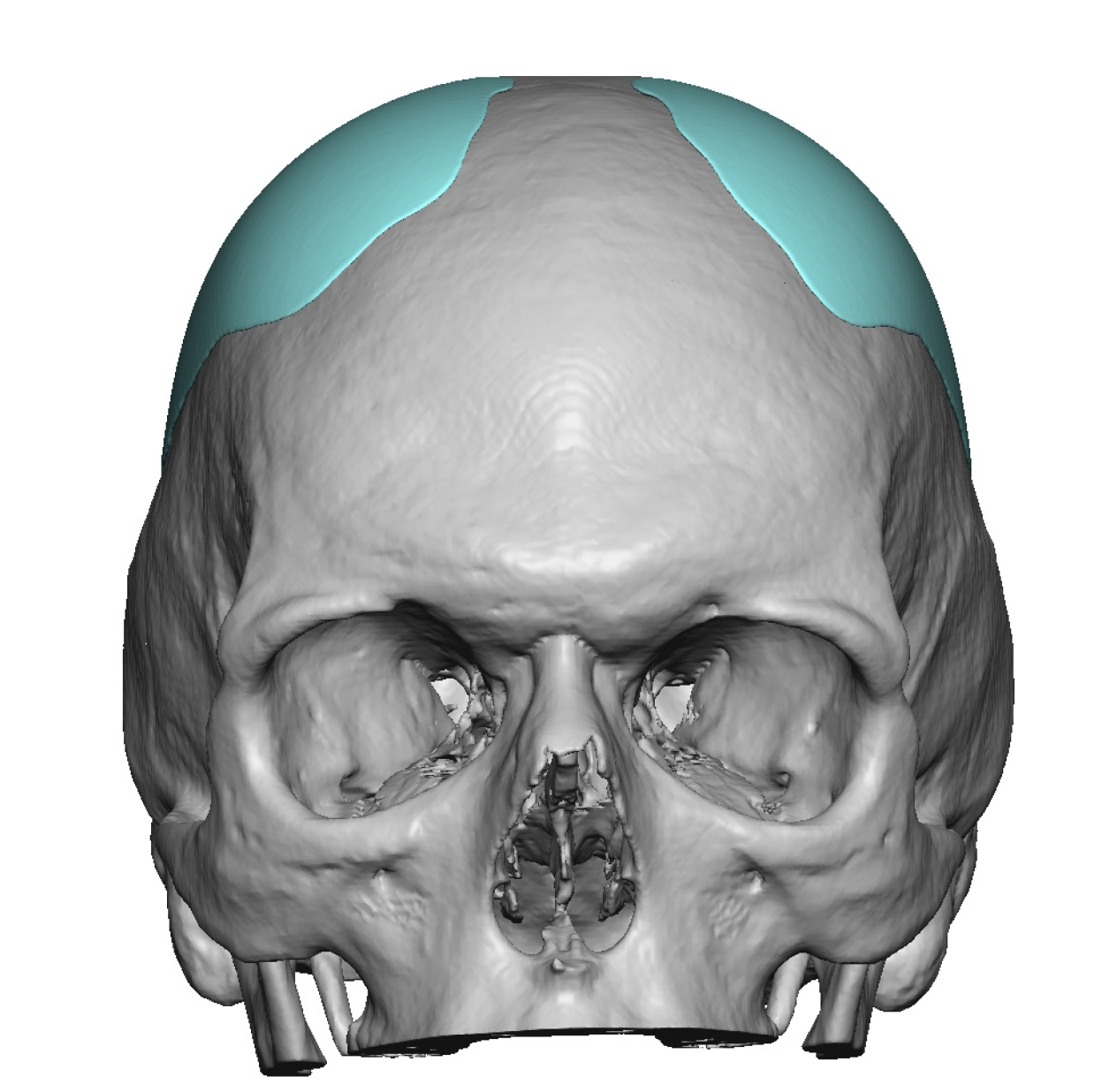
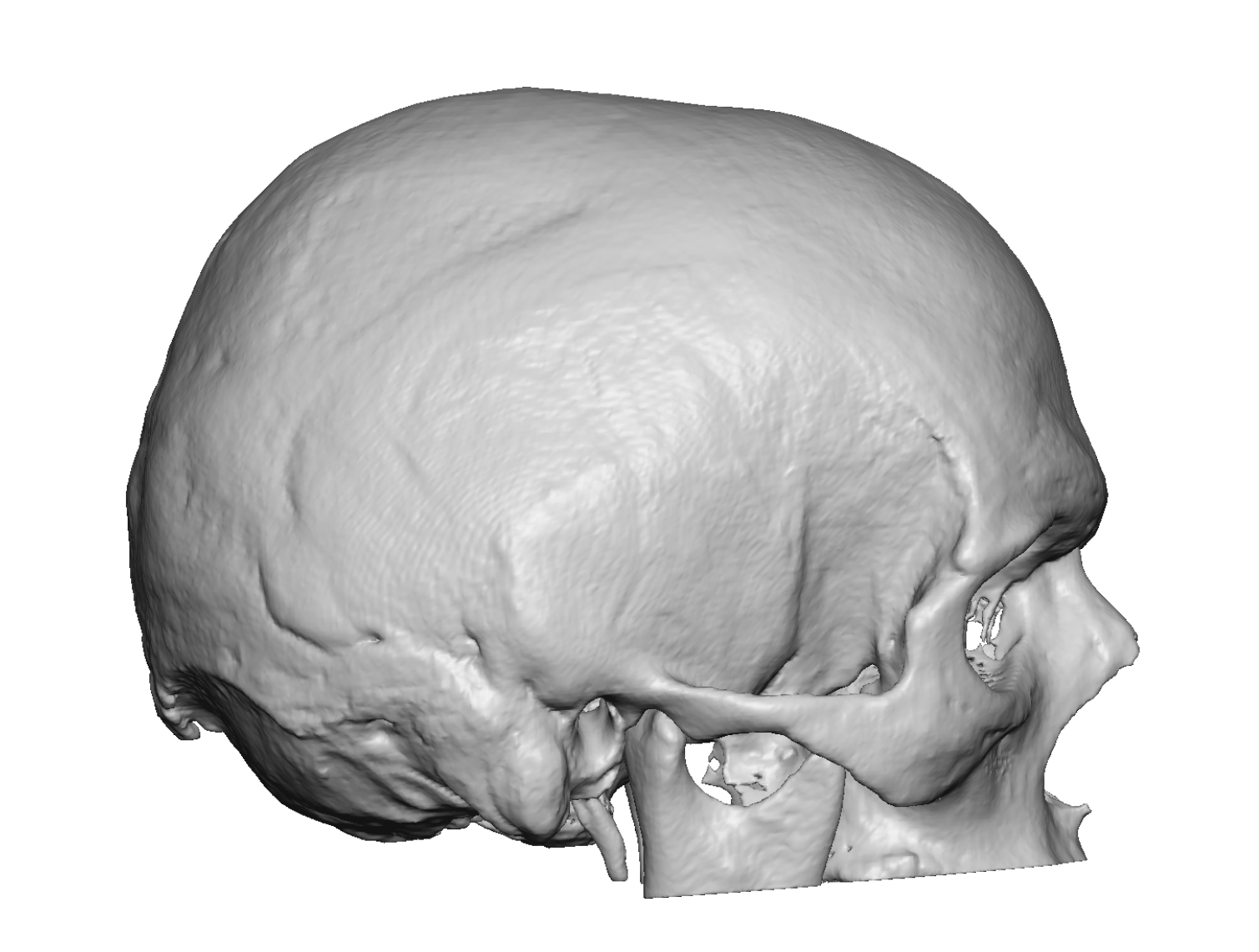
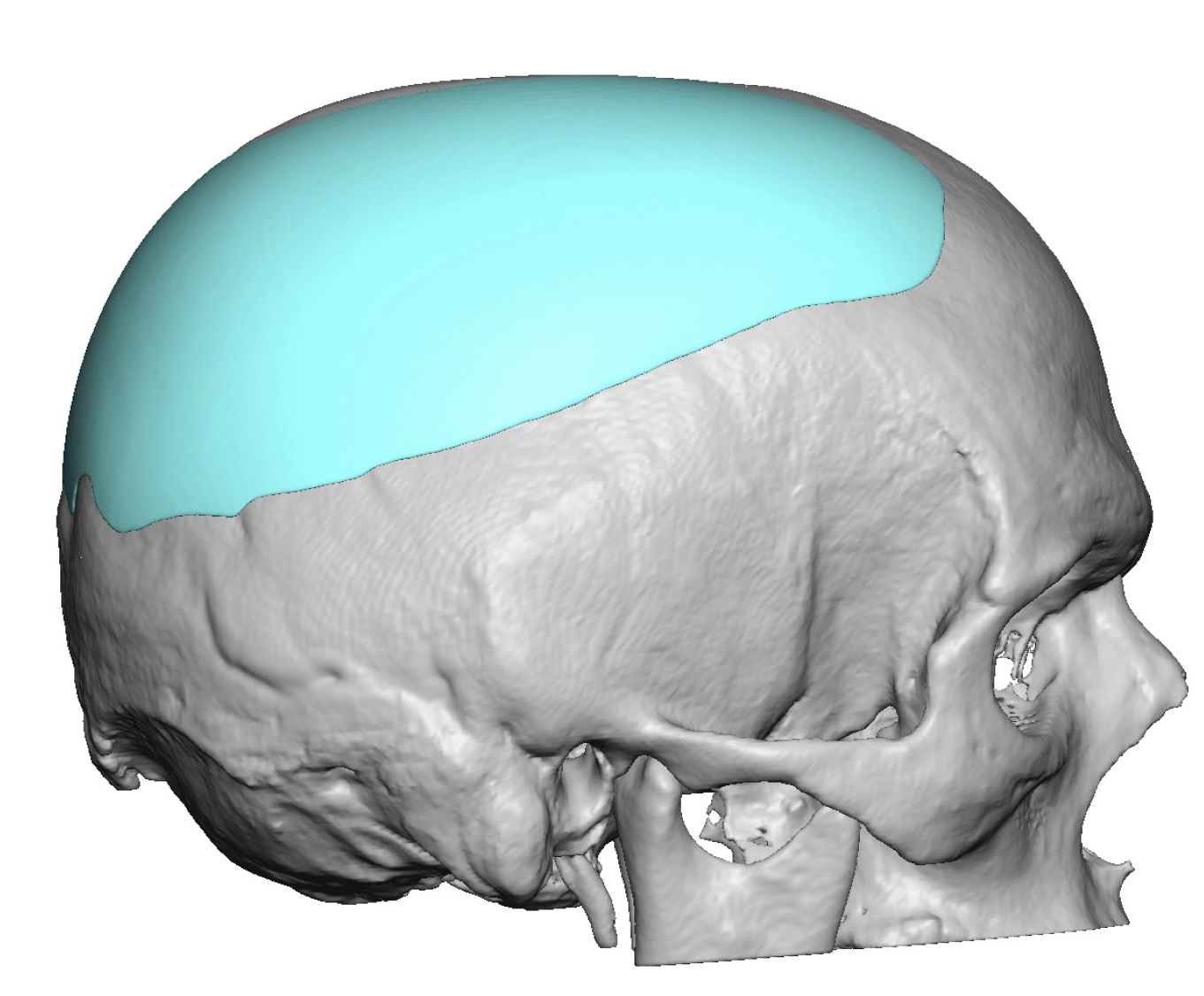
Desire for improved head shape that had bothered him most of his adult life.
Initial correction of his peaked head shape deformity with sagittal ridge reduction and a custom skull implant with a five year stable result.
Patient 100
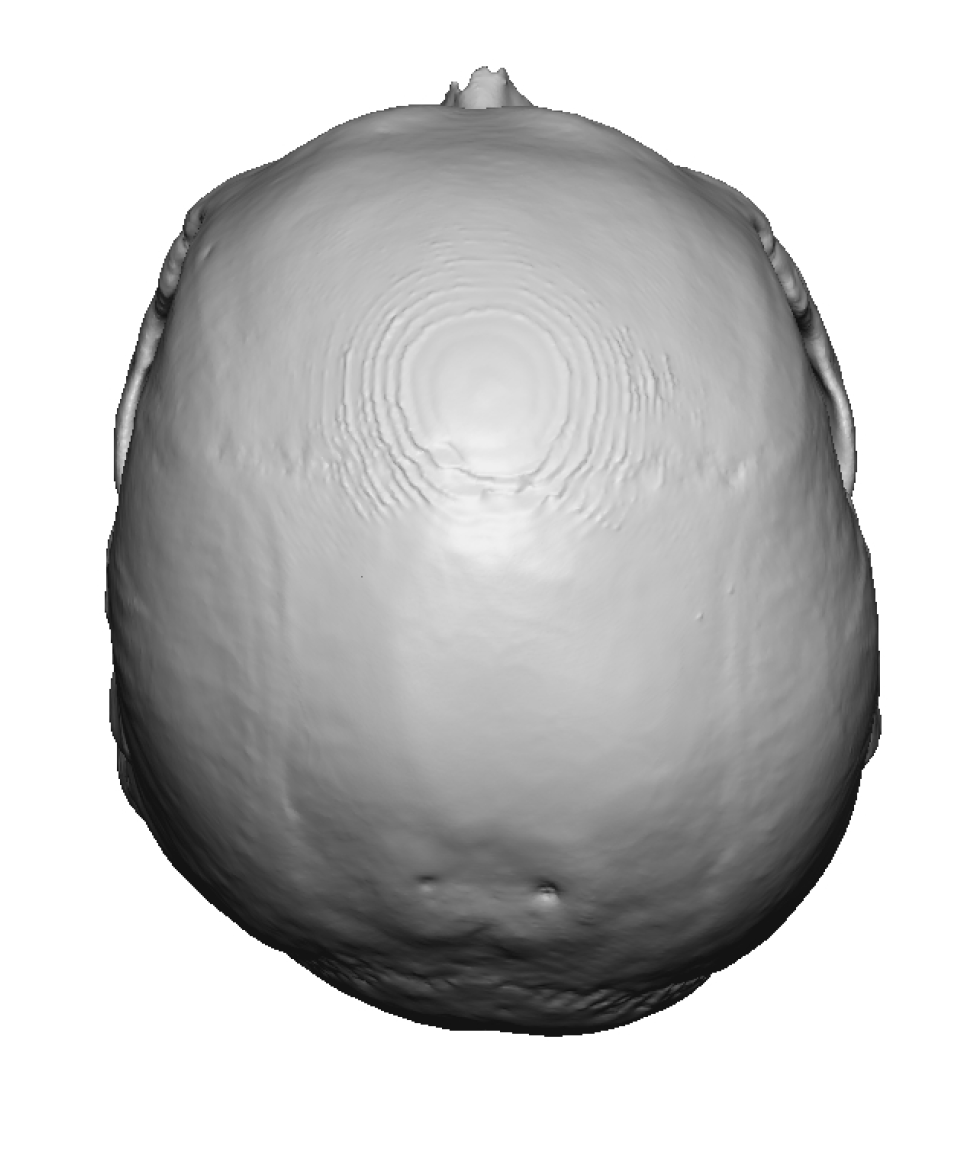
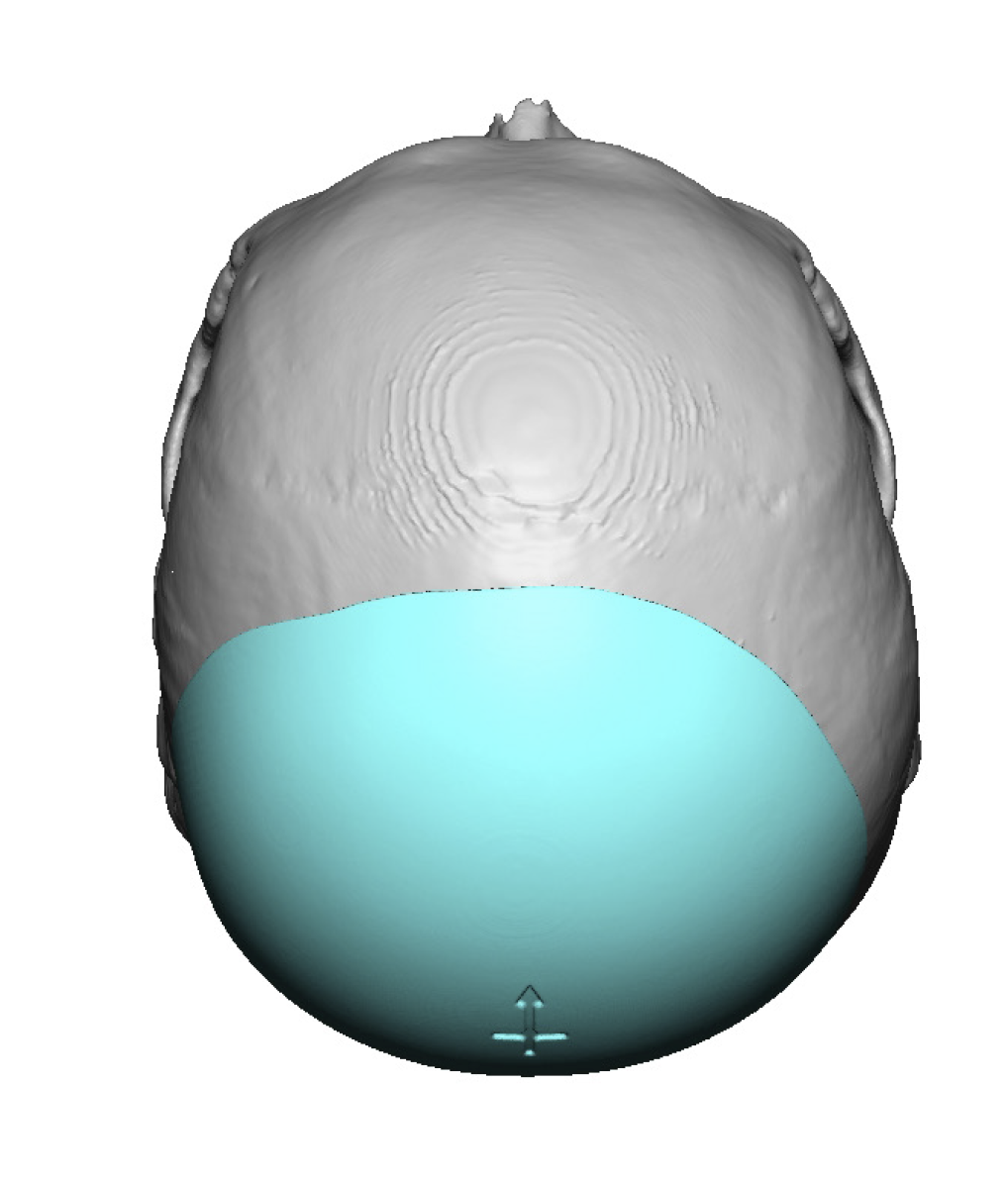
Desire for reshaping of an asymmetric flat back of the head in a shaved head male.
A combined back of the head reshaping procedure was done with a custom skull implant, sagittal ridge reduction and a right temporal muscle reduction.


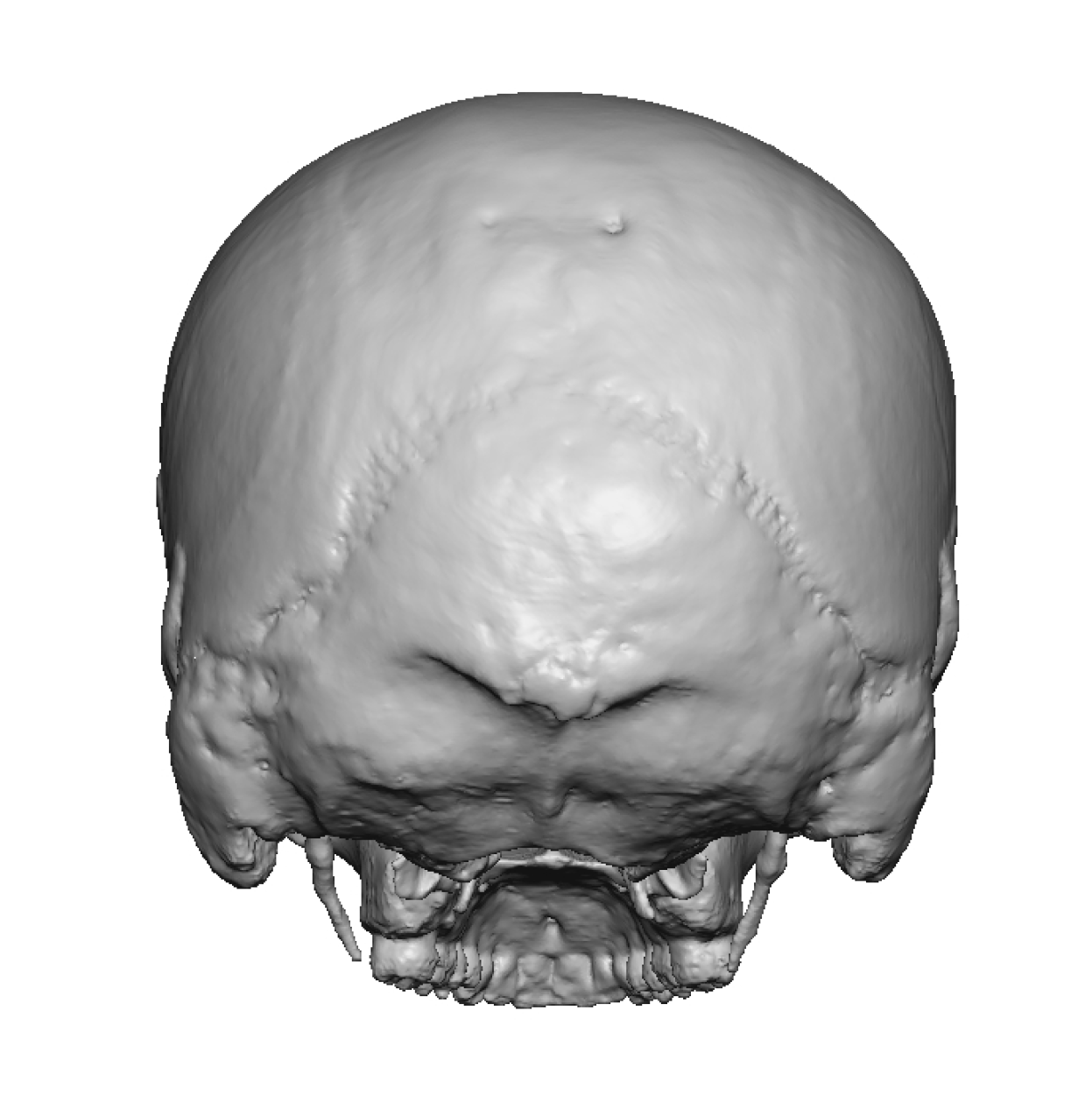
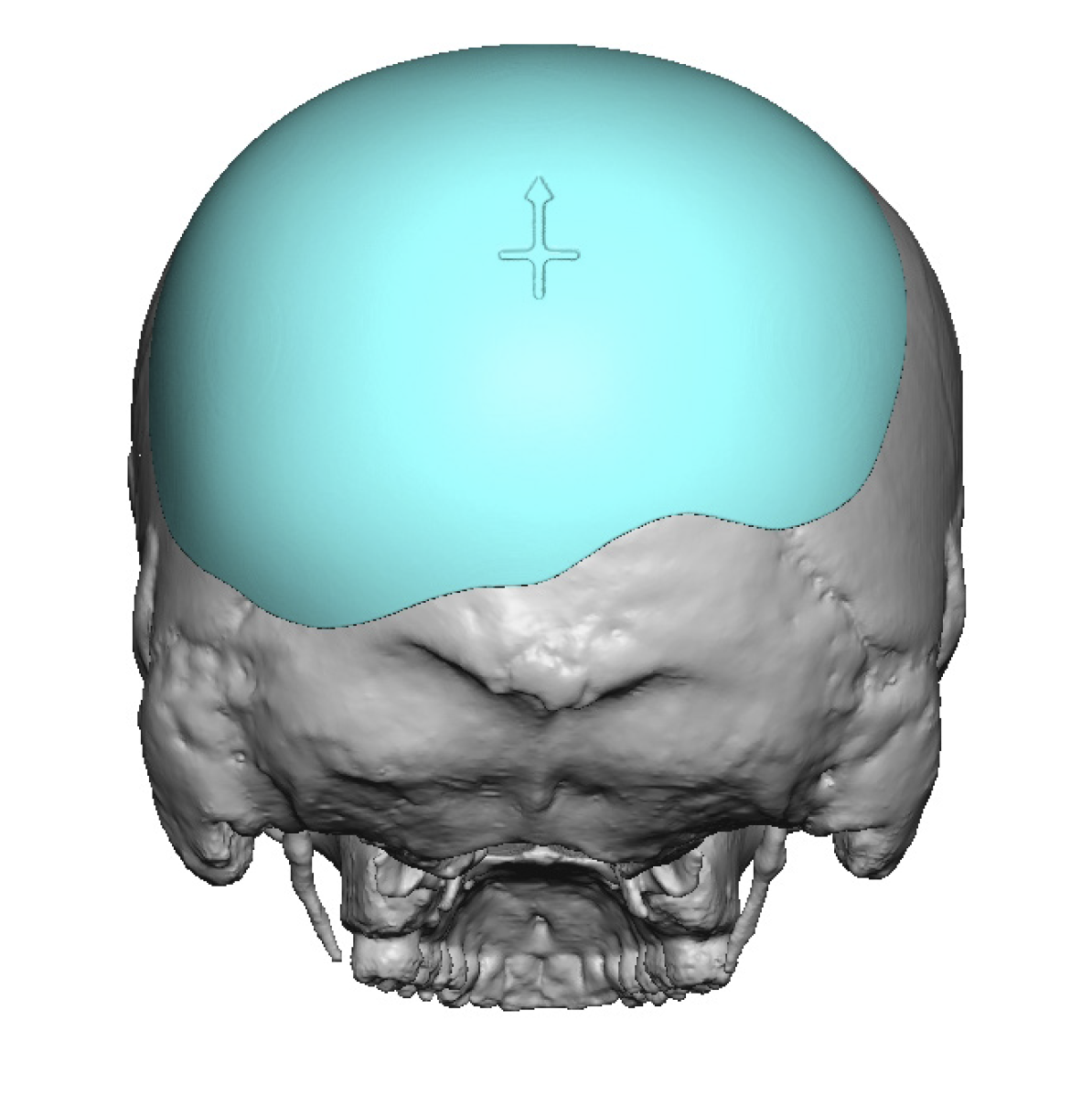
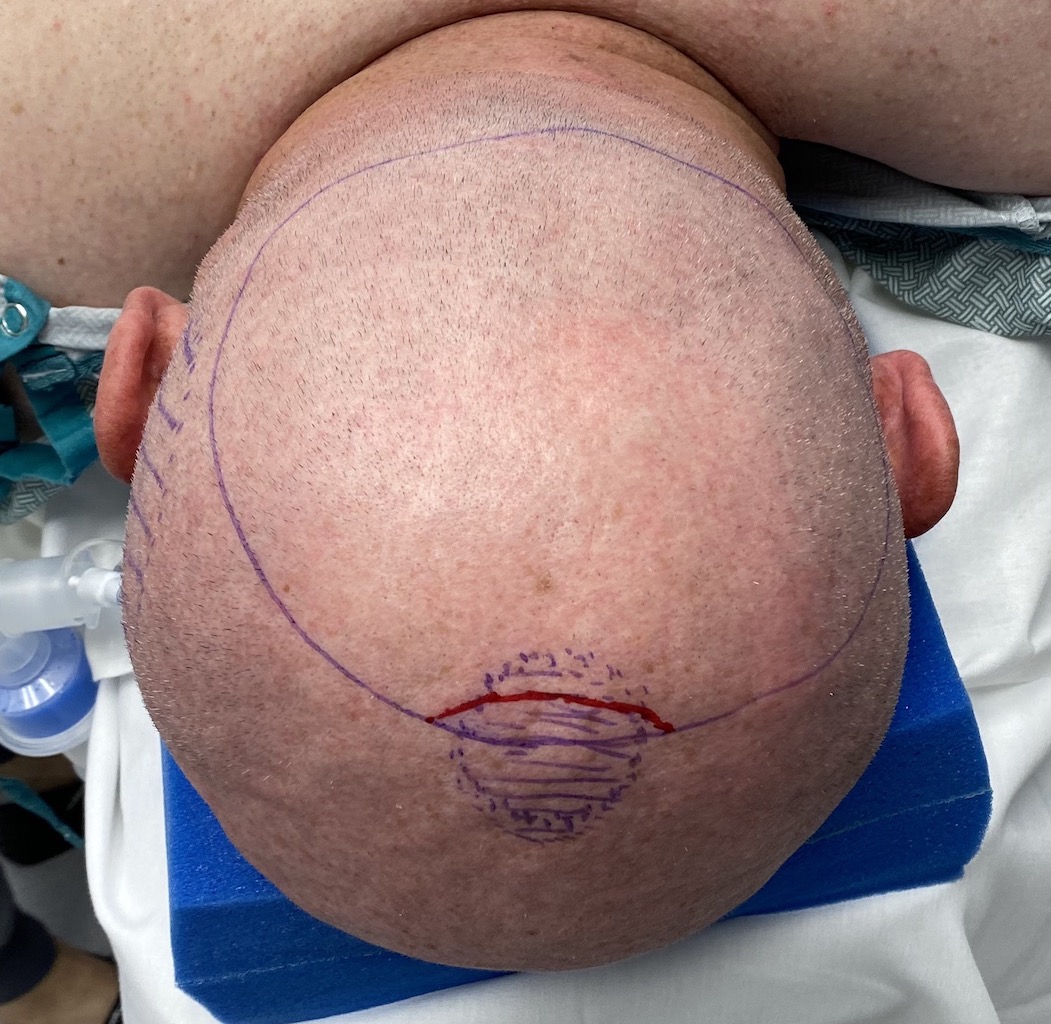
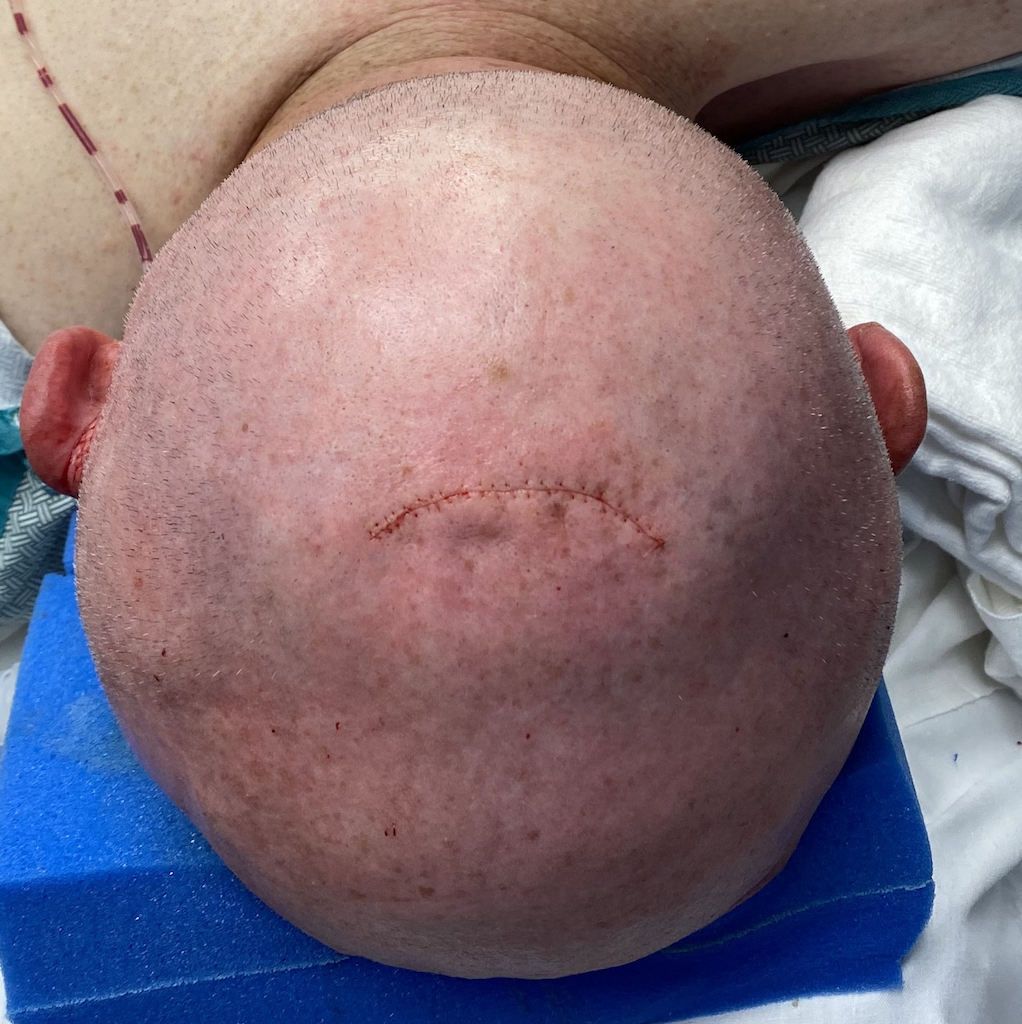
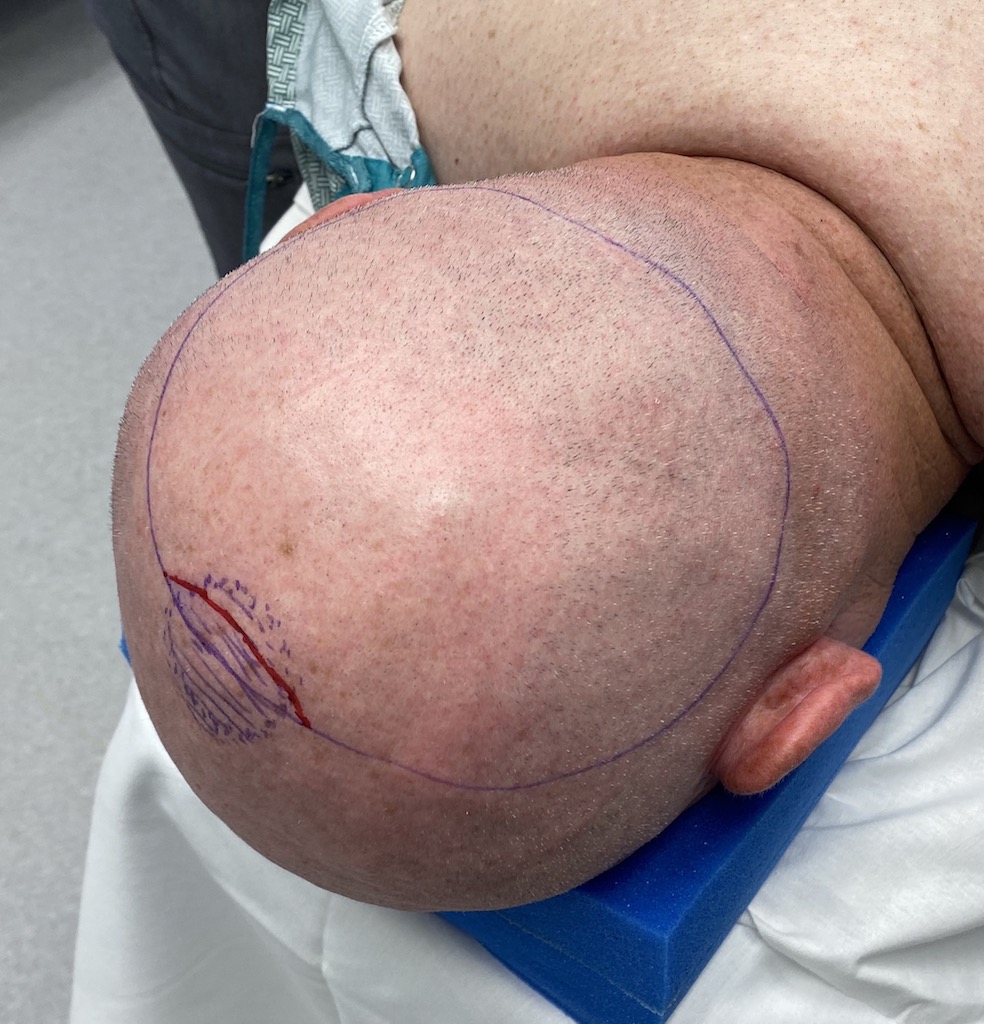
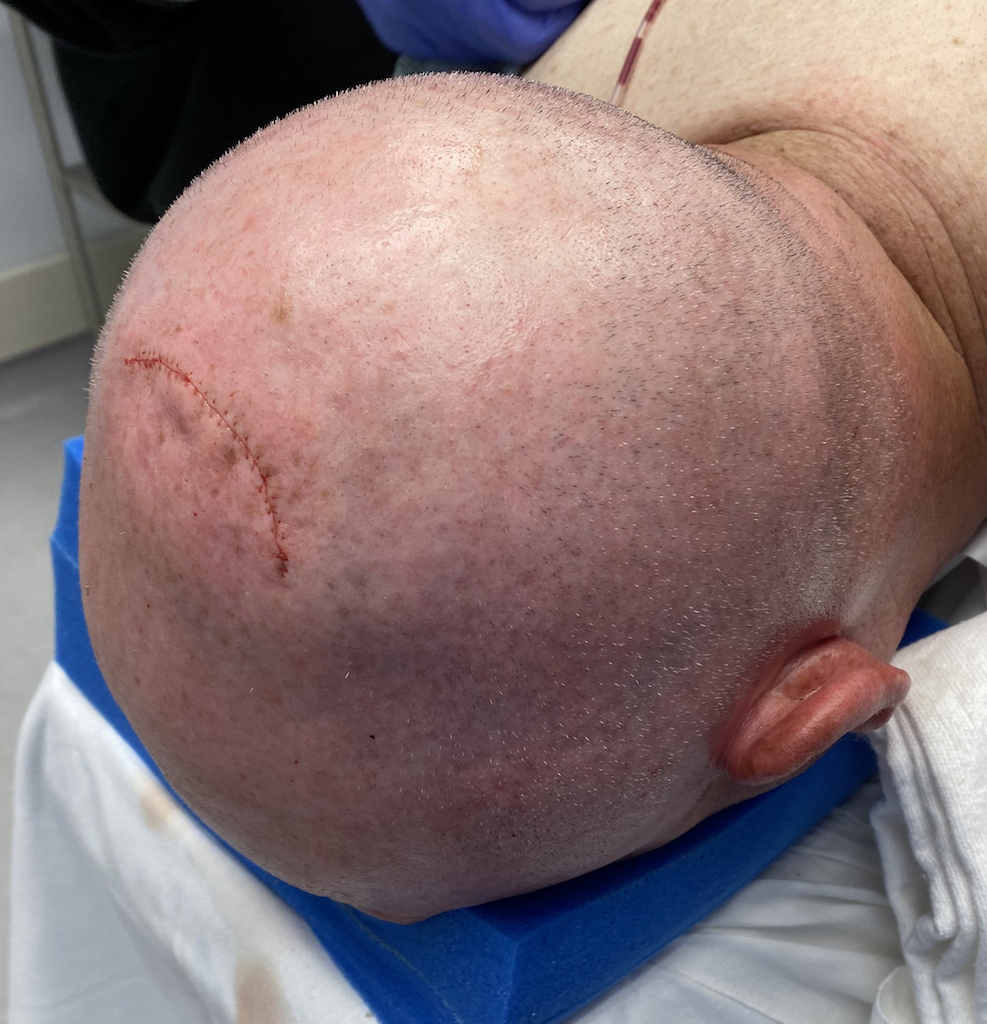
Desire for reshaping of an asymmetric flat back of the head in a shaved head male.
A combined back of the head reshaping procedure was done with a custom skull implant, sagittal ridge reduction and a right temporal muscle reduction.
Patient 101
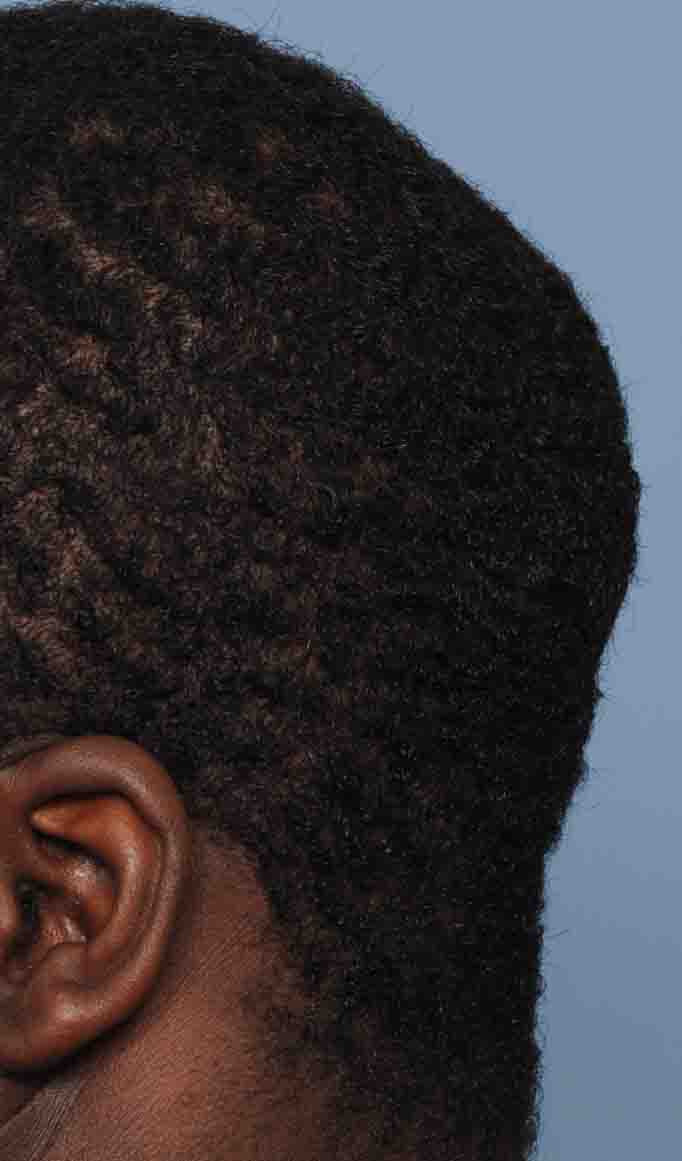
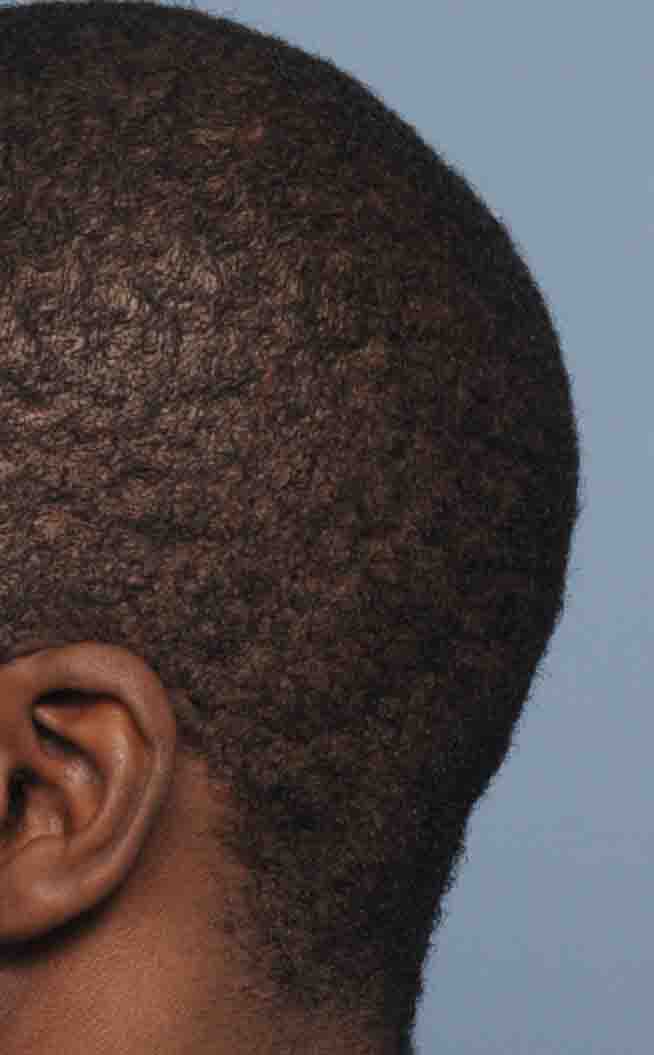
Desire for reduction of prominence on back of the head.
Occipital skull reduction done through a low horizontal scalp incision that had healed so well that it could not be found six months later.


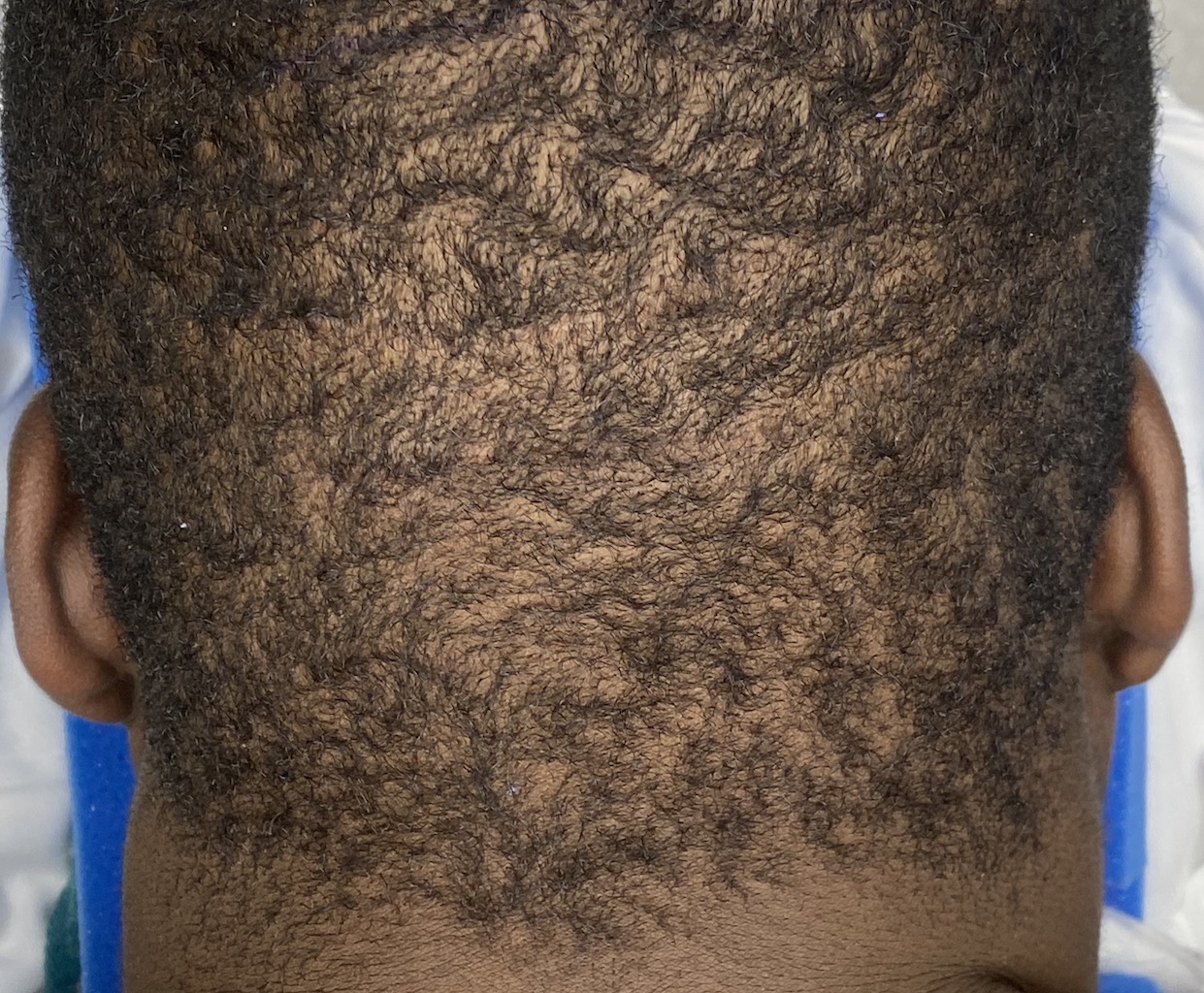
Desire for reduction of prominence on back of the head.
Occipital skull reduction done through a low horizontal scalp incision that had healed so well that it could not be found six months later.
Patient 102
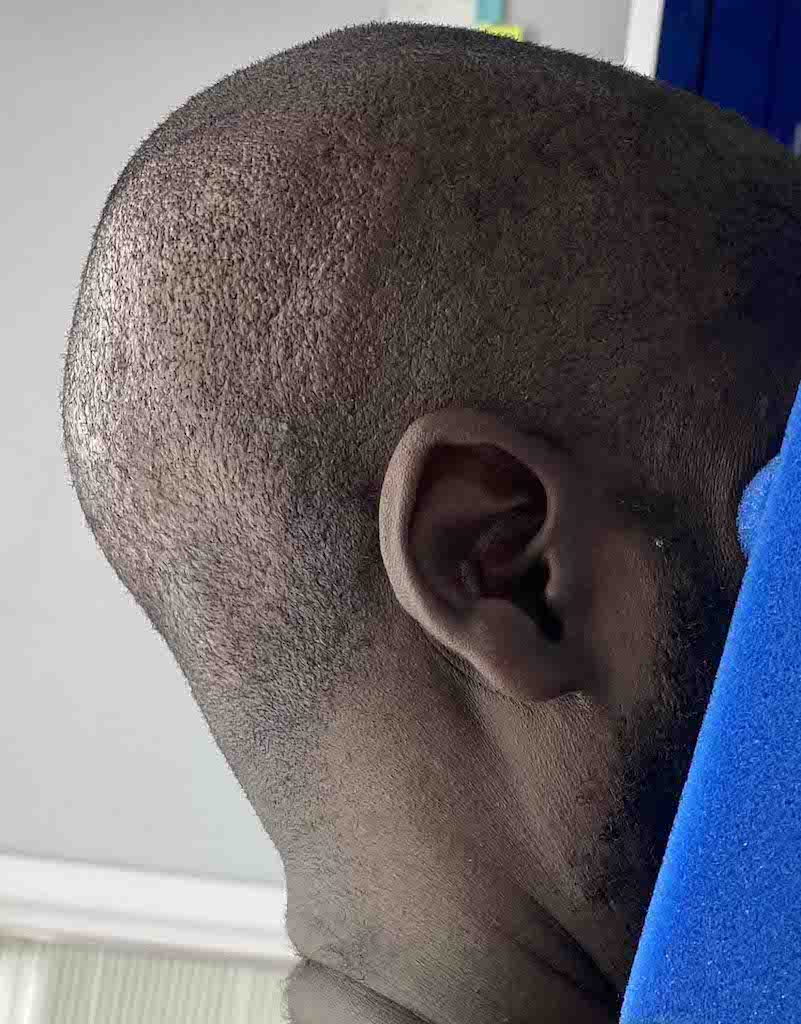
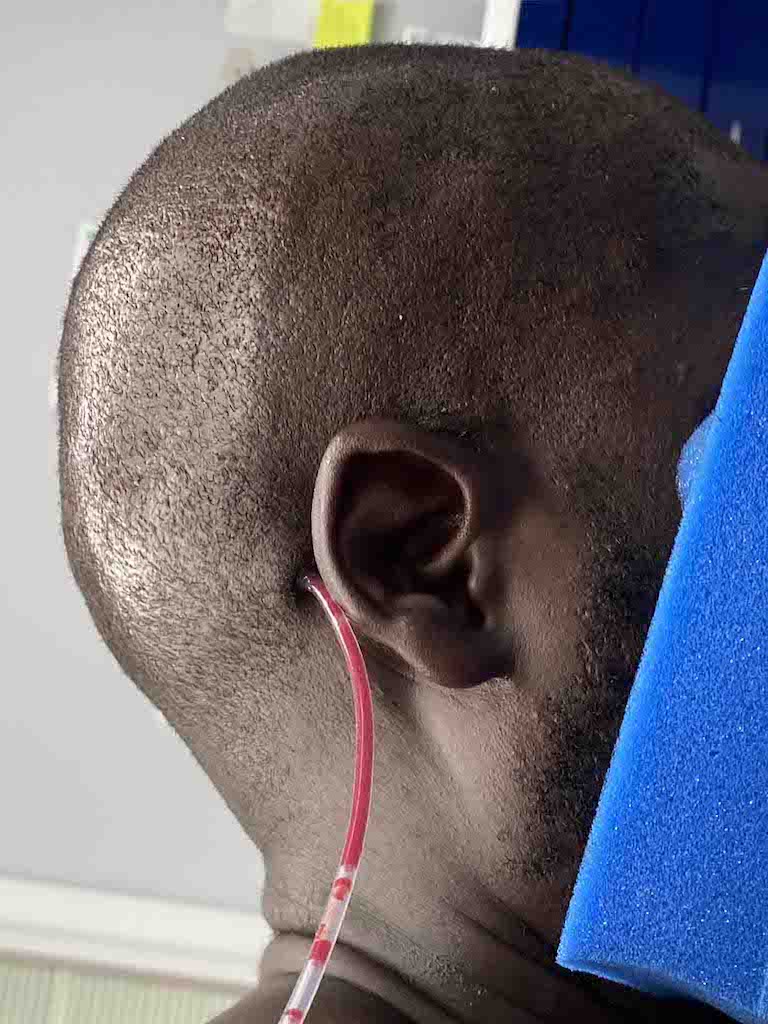
Desire for better back of head shape with high occipital protrusion, making the head size out of proportion to the face.
Removal of the outer cortical bone layer of the top and back of the head was done with high speed burring. A nuchal ridge skull implant was placed off the bottom end of the visible occipital bone to help make a rounder and more proportionate back of head shape in profile. Seen both intraoperatively and 2 days after the surgery.


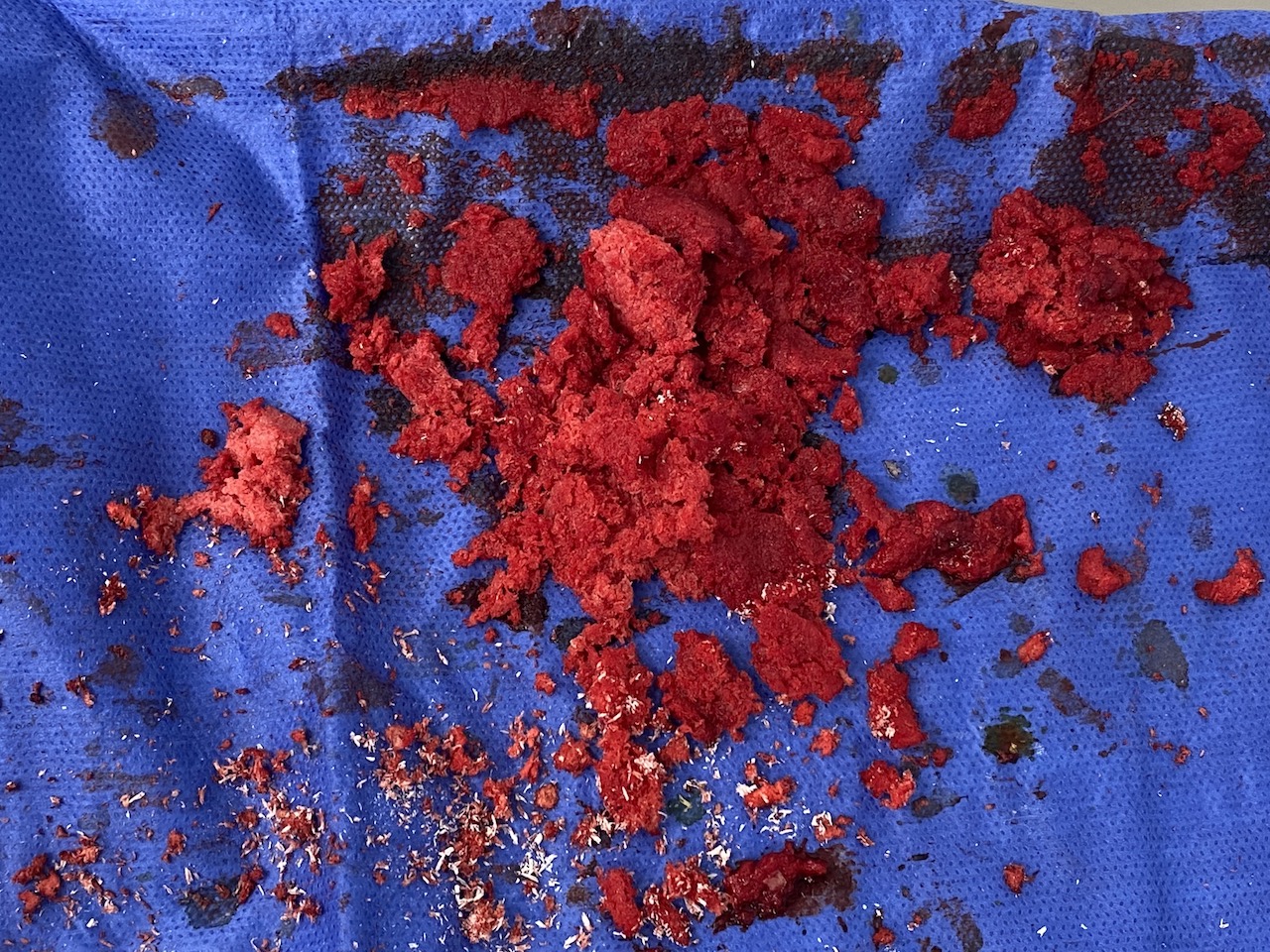
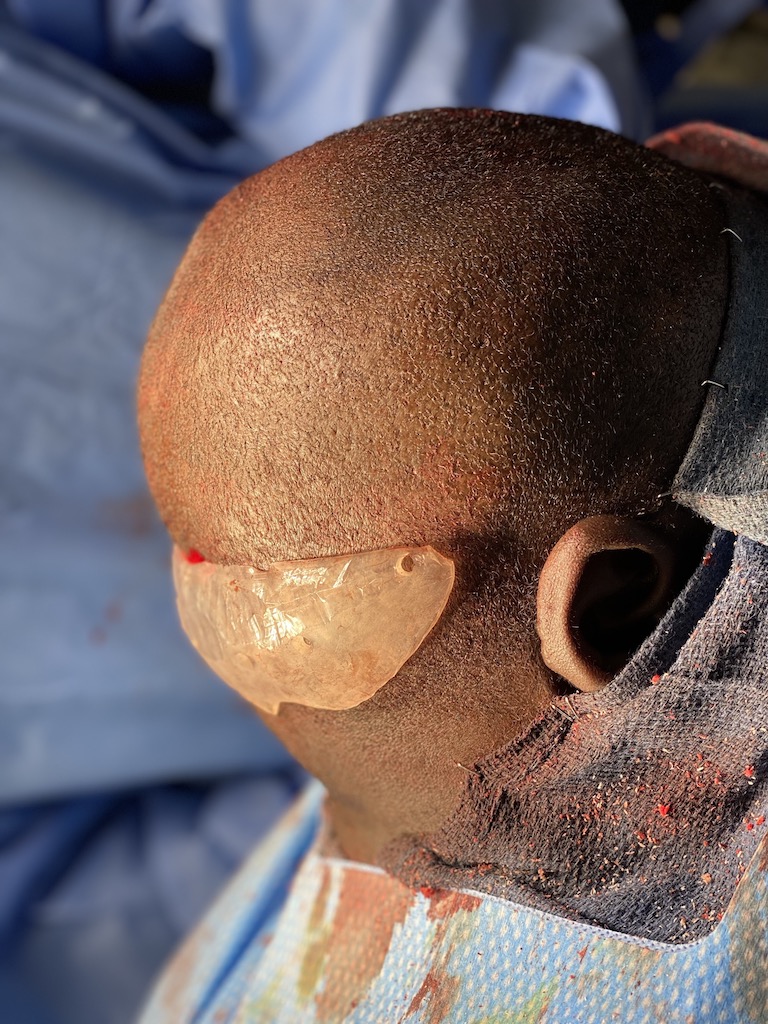
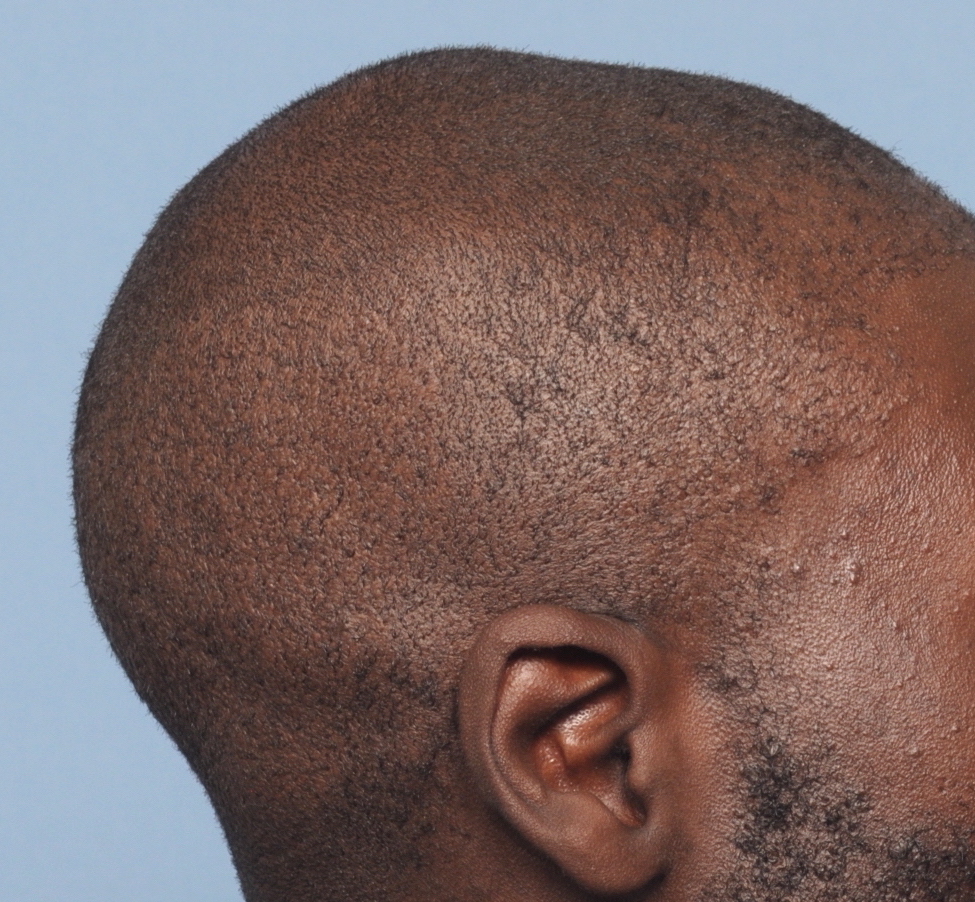
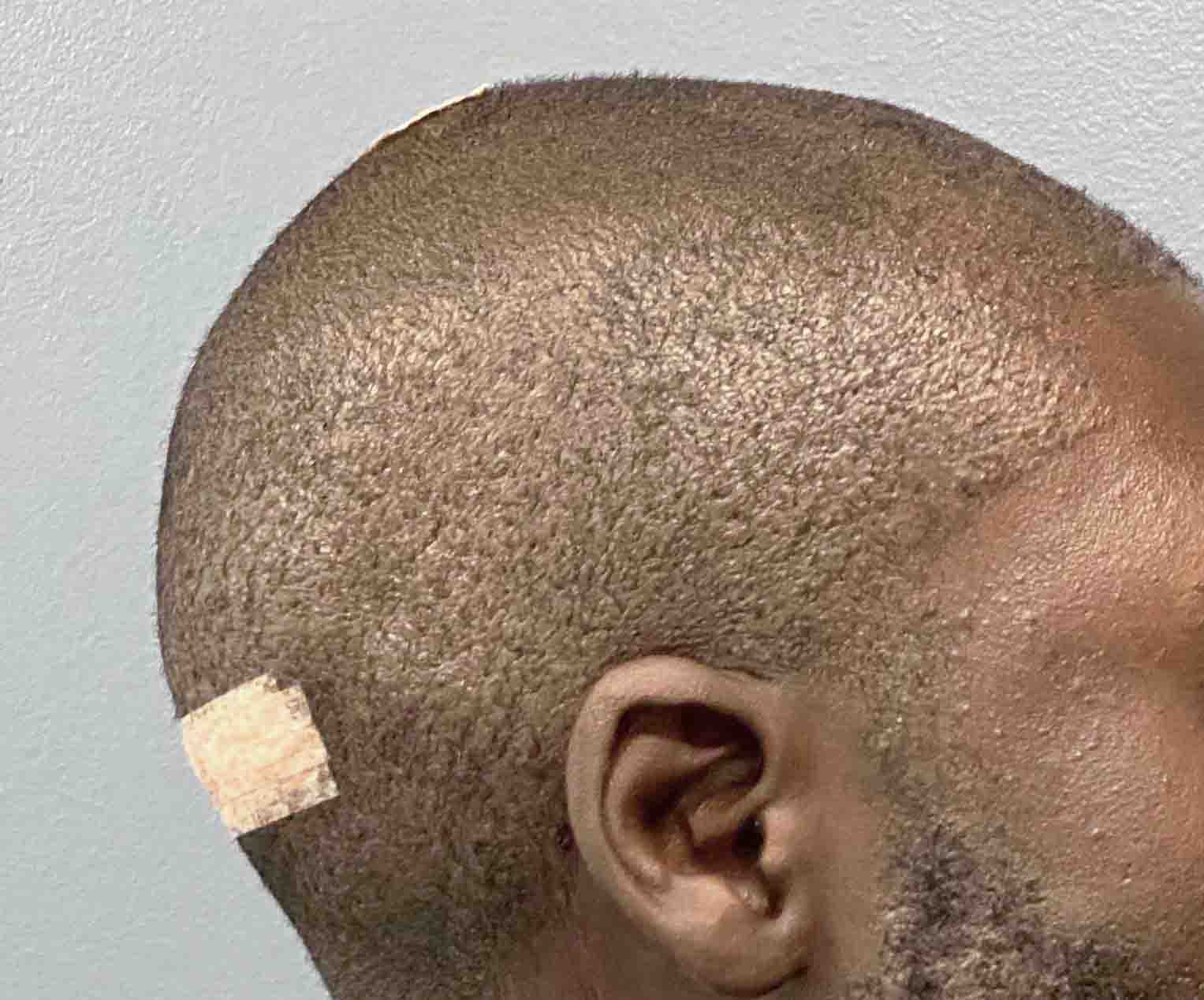
Desire for better back of head shape with high occipital protrusion, making the head size out of proportion to the face.
Removal of the outer cortical bone layer of the top and back of the head was done with high speed burring. A nuchal ridge skull implant was placed off the bottom end of the visible occipital bone to help make a rounder and more proportionate back of head shape in profile. Seen both intraoperatively and 2 days after the surgery.
Patient 103
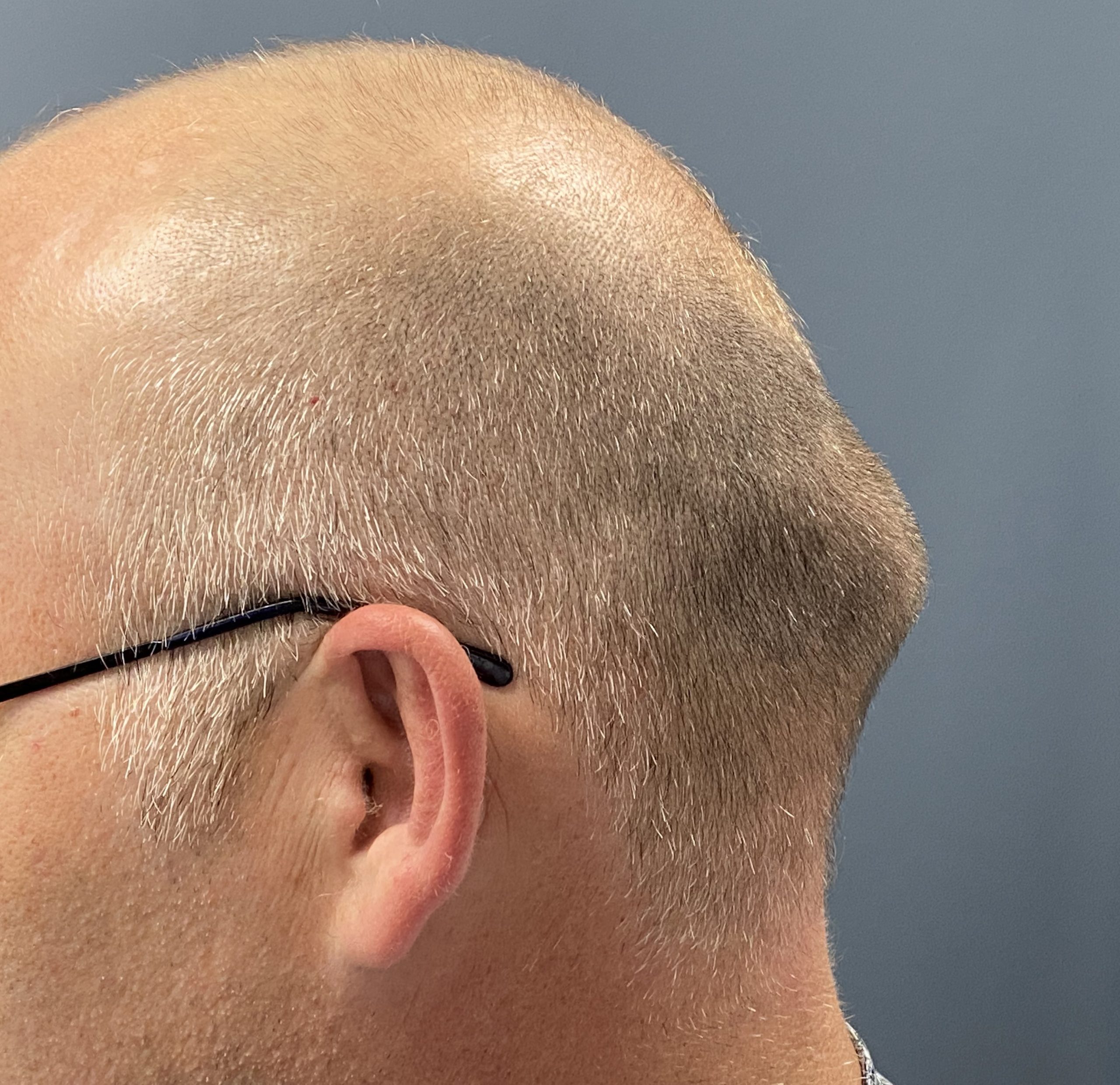
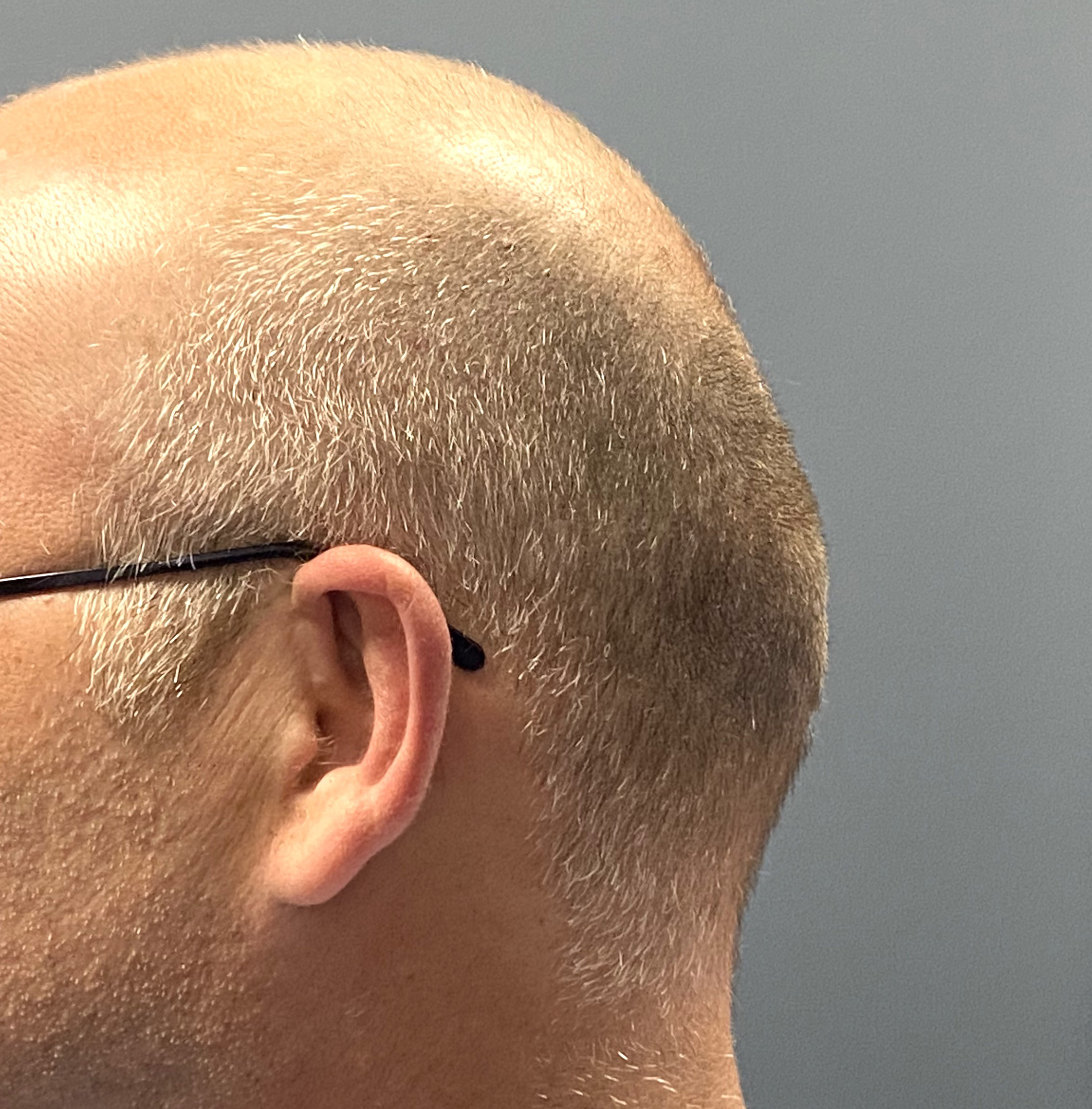
Desire for reduction of large occipital protrusion on back of his head that made hats ill fitting.
Reduction of large central occipital knob and bilateral nuchal ridges through a small overlying incision.


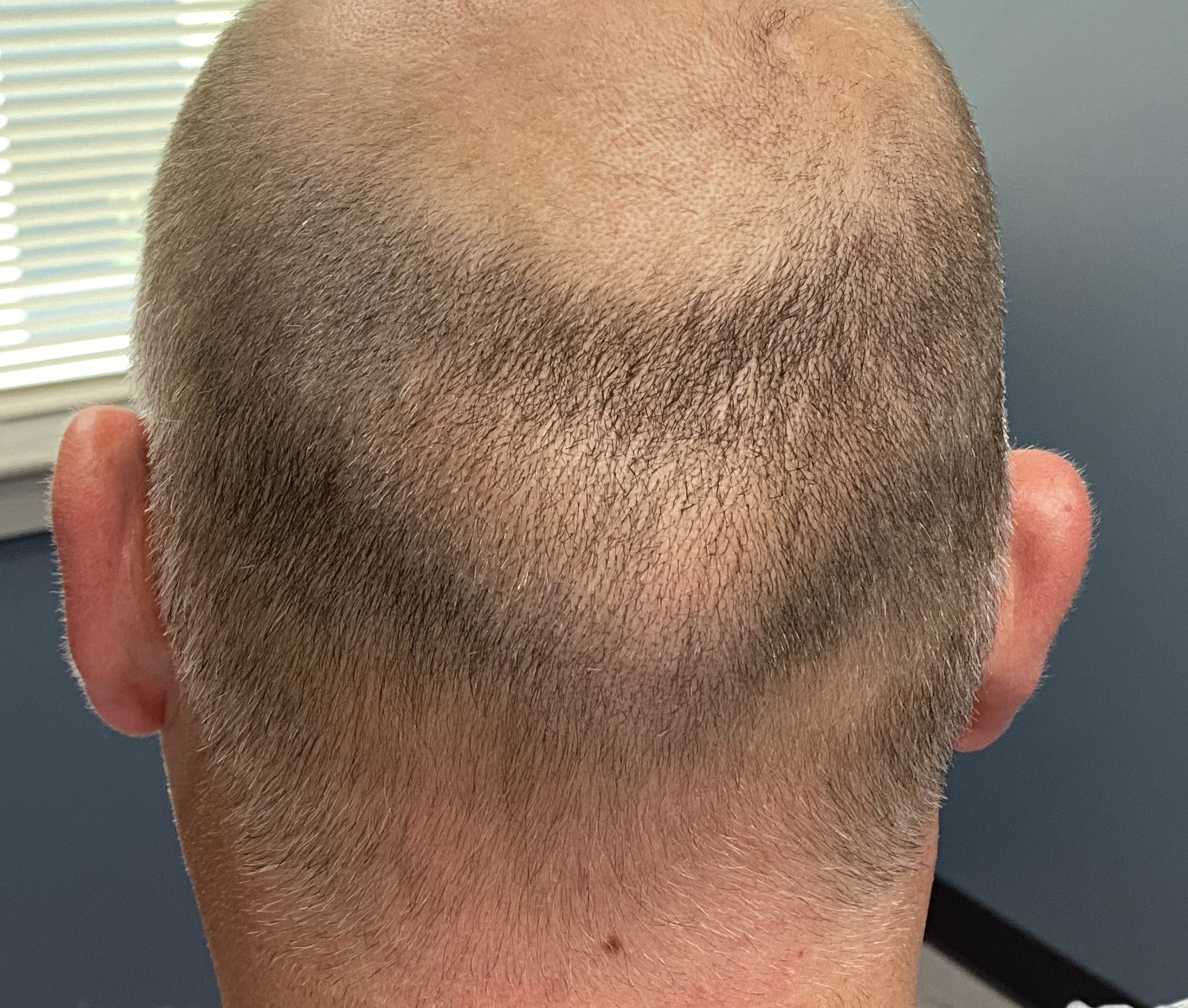
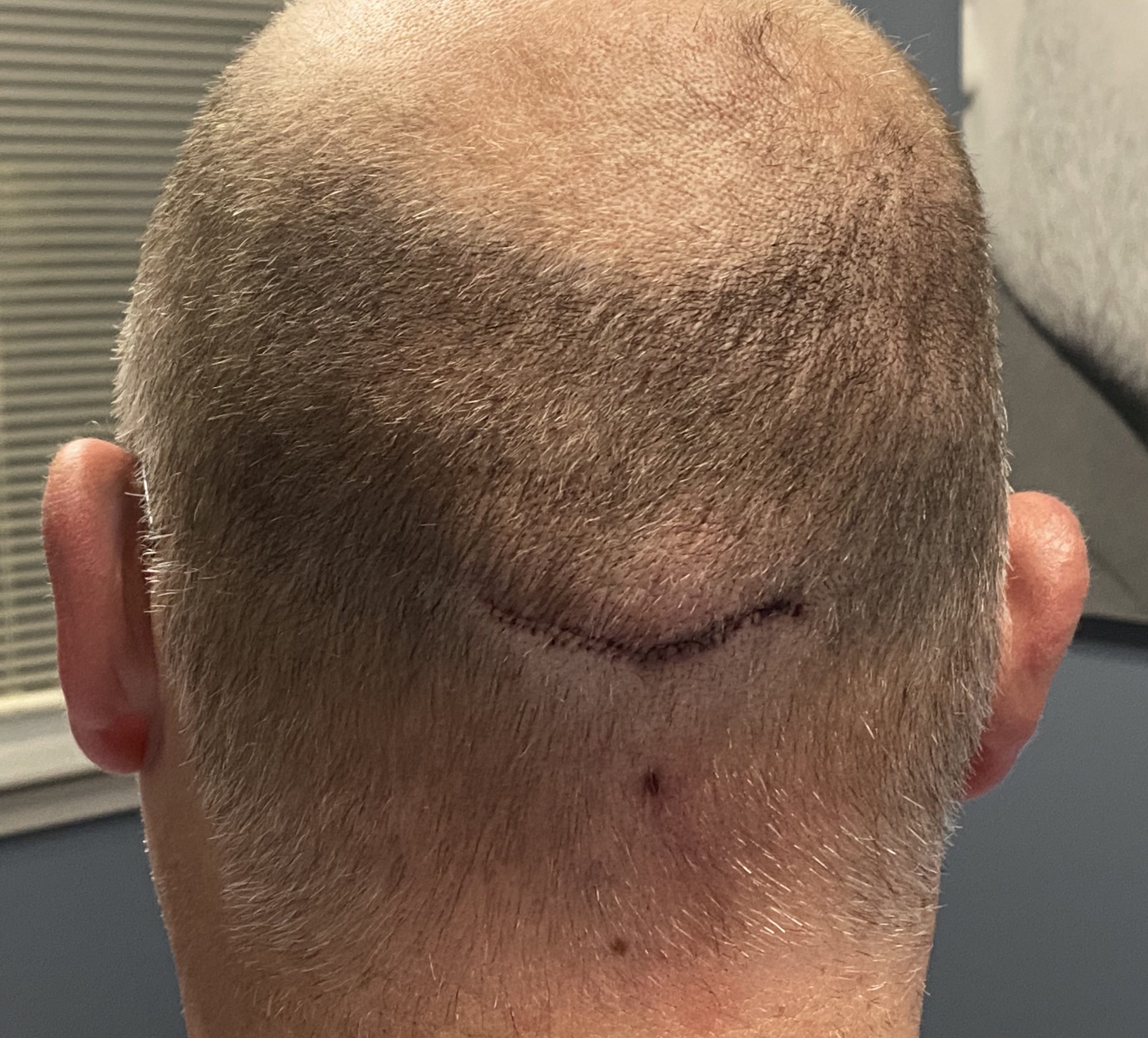
Desire for reduction of large occipital protrusion on back of his head that made hats ill fitting.
Reduction of large central occipital knob and bilateral nuchal ridges through a small overlying incision.
Patirnt 104
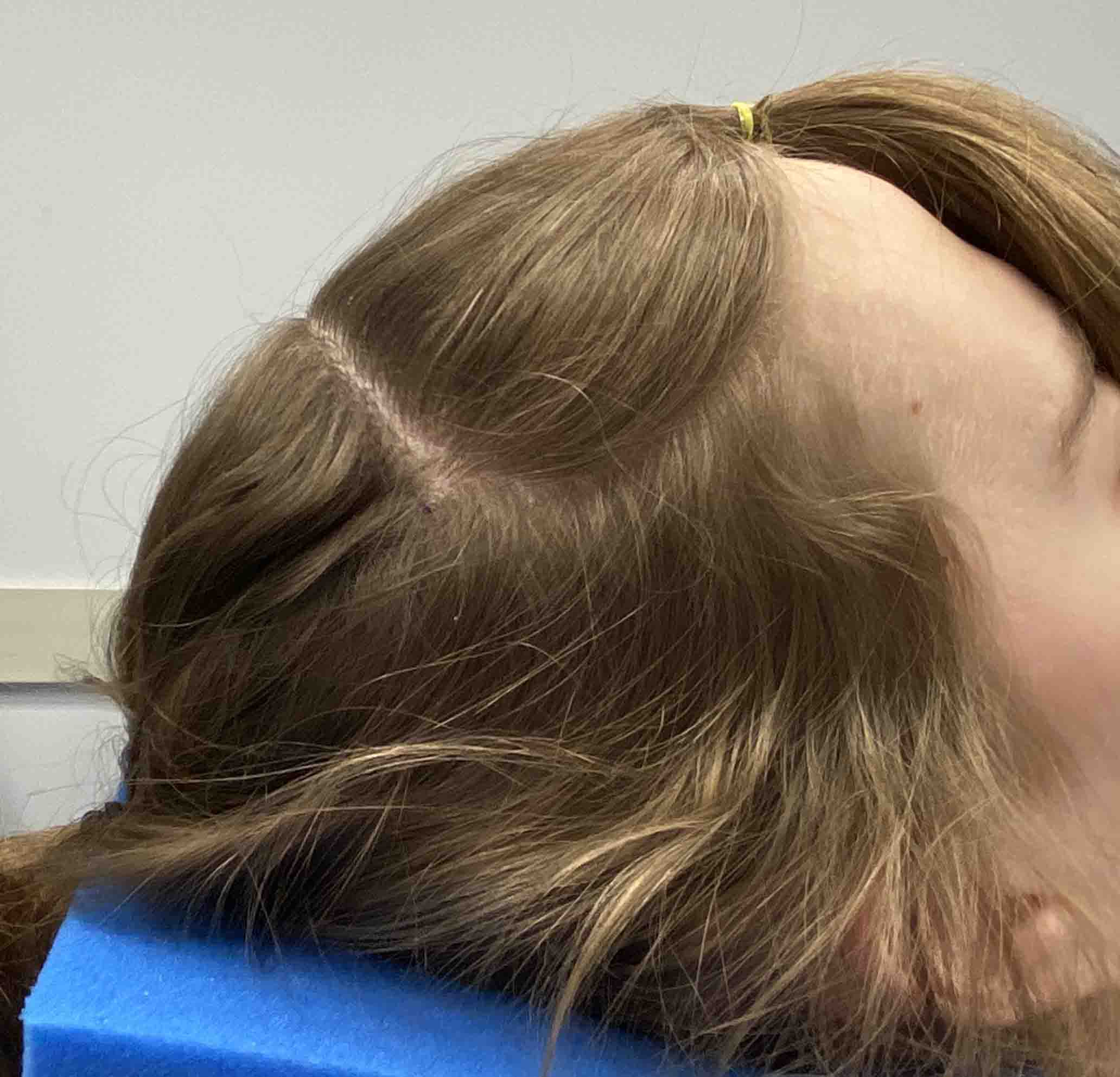
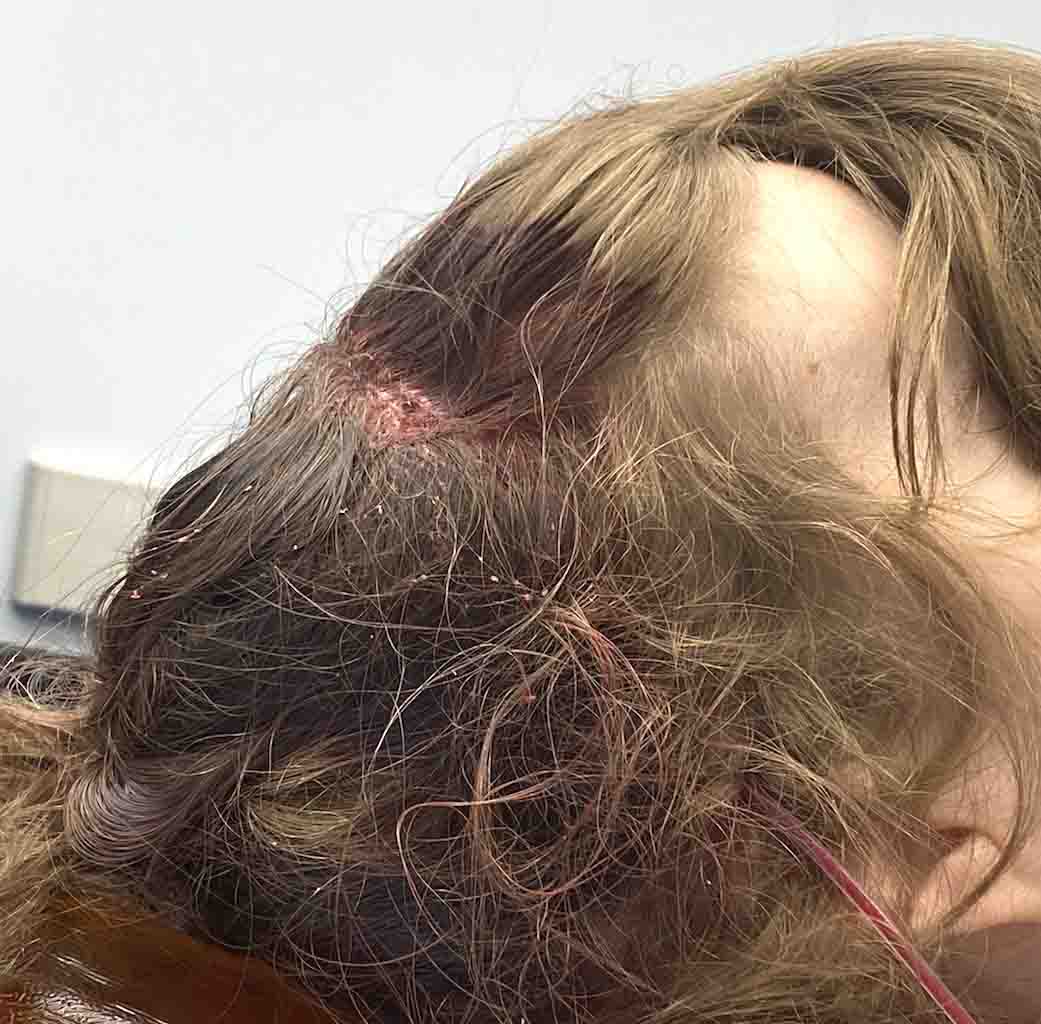
Desire to flatten the shape of the top of her head.
Removal of the outer cortical bone layer of the top of the skull to create a lower less convex shape.


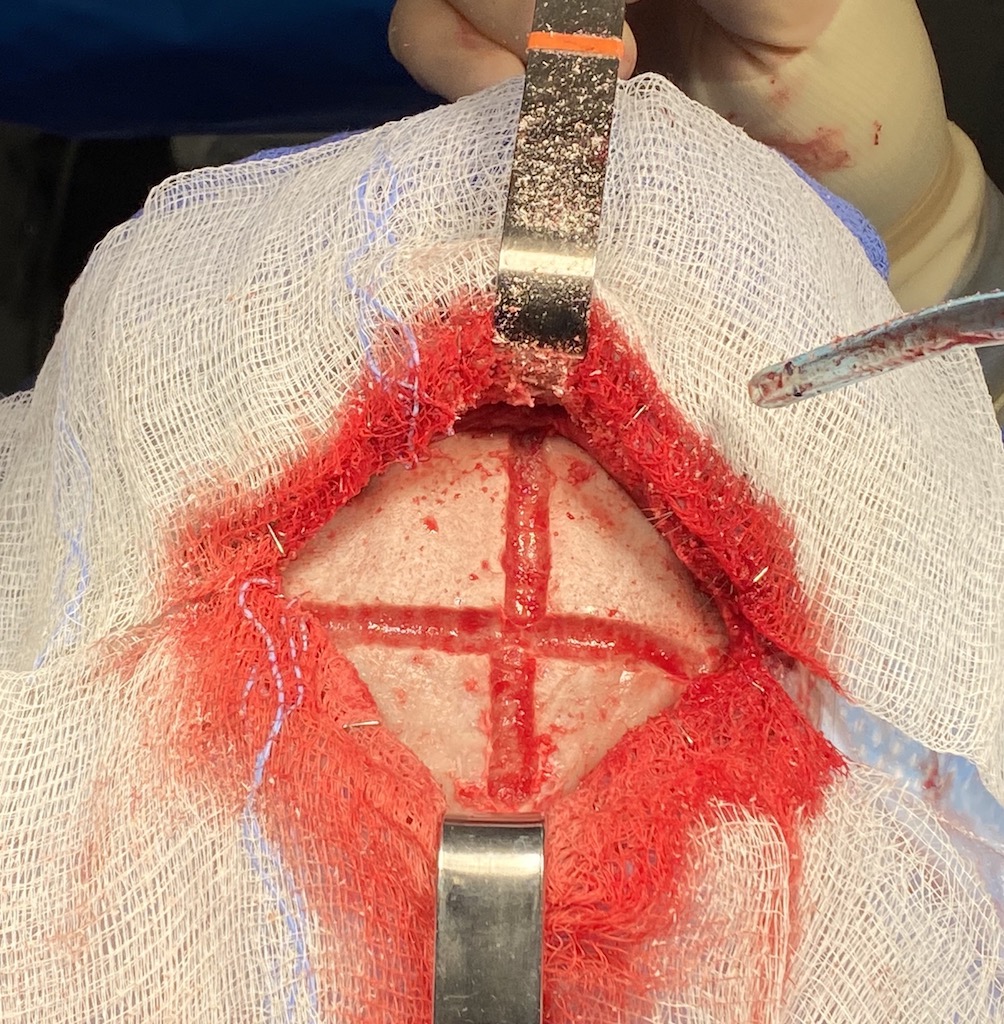
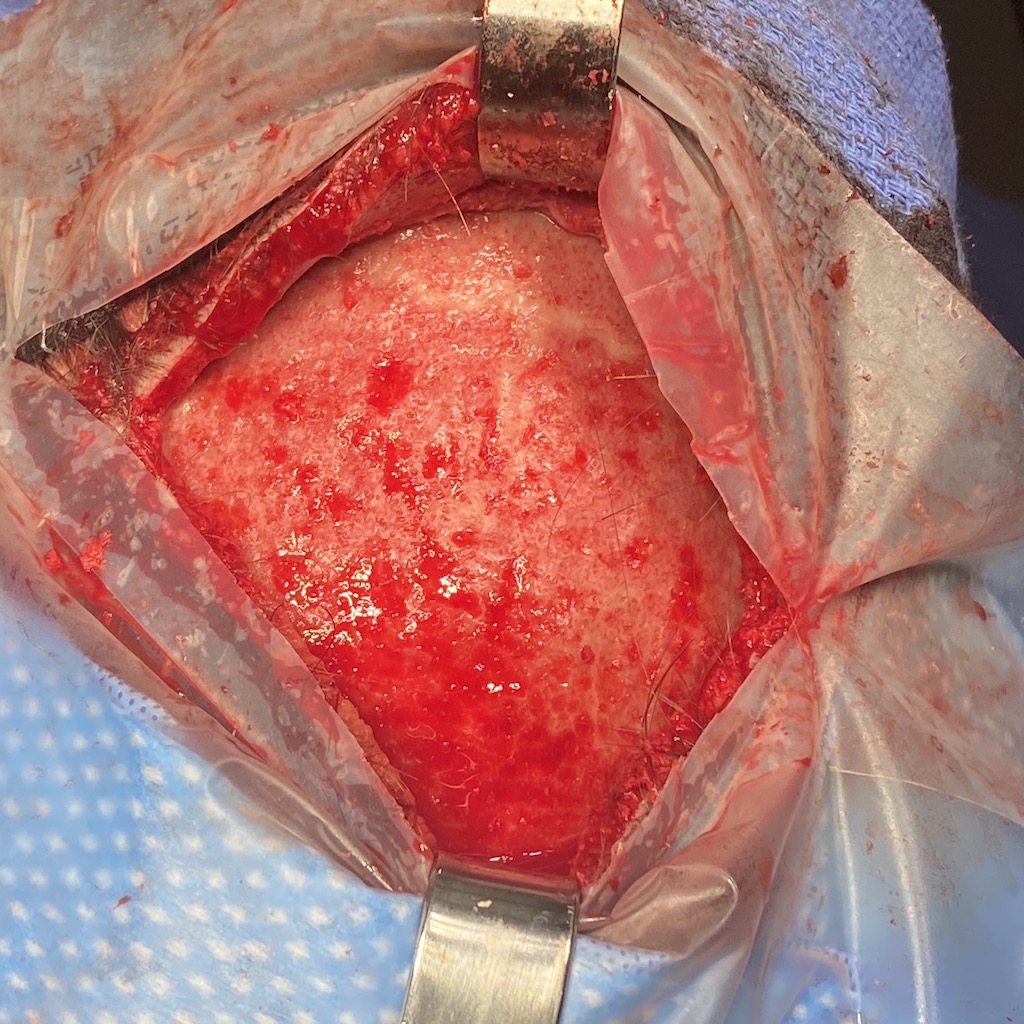
Desire to flatten the shape of the top of her head.
Removal of the outer cortical bone layer of the top of the skull to create a lower less convex shape.
Patient 105
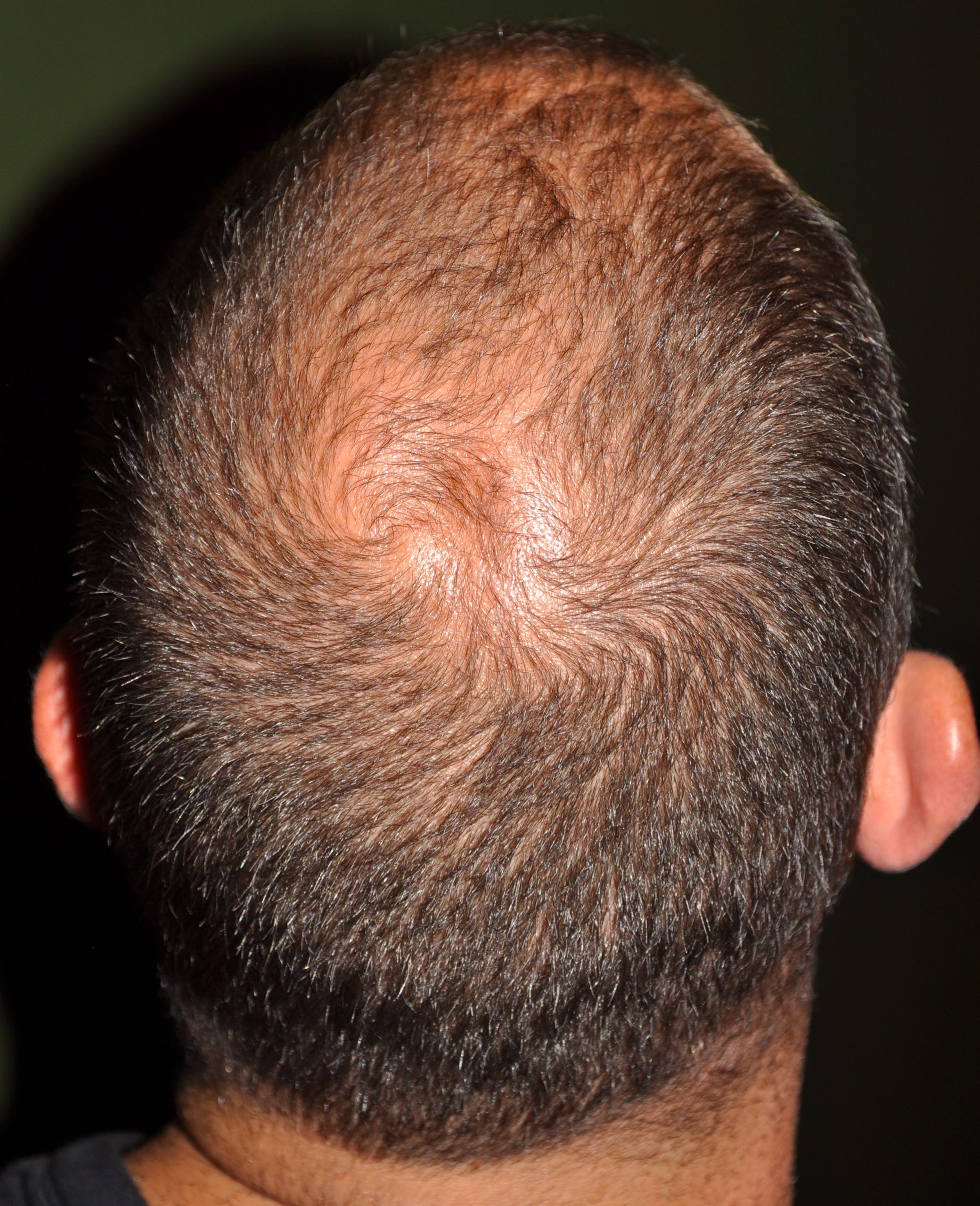
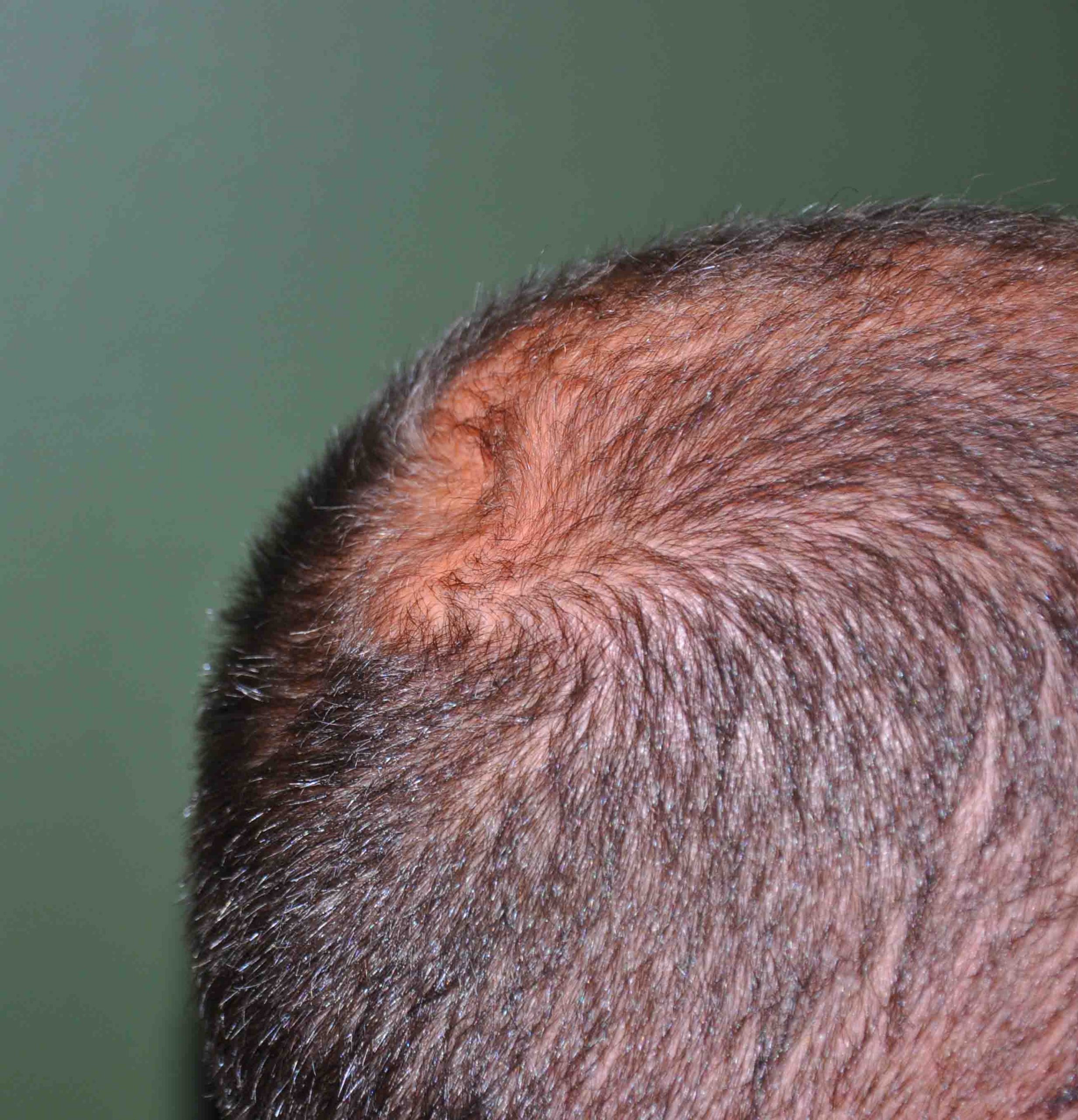
Desire to fill in indented area (dimple) in the posterior crown area. (incomplete full of baby posterior fontanelle.
Correction of skull 'dimple' by the open application of hydroxyapatite cement.


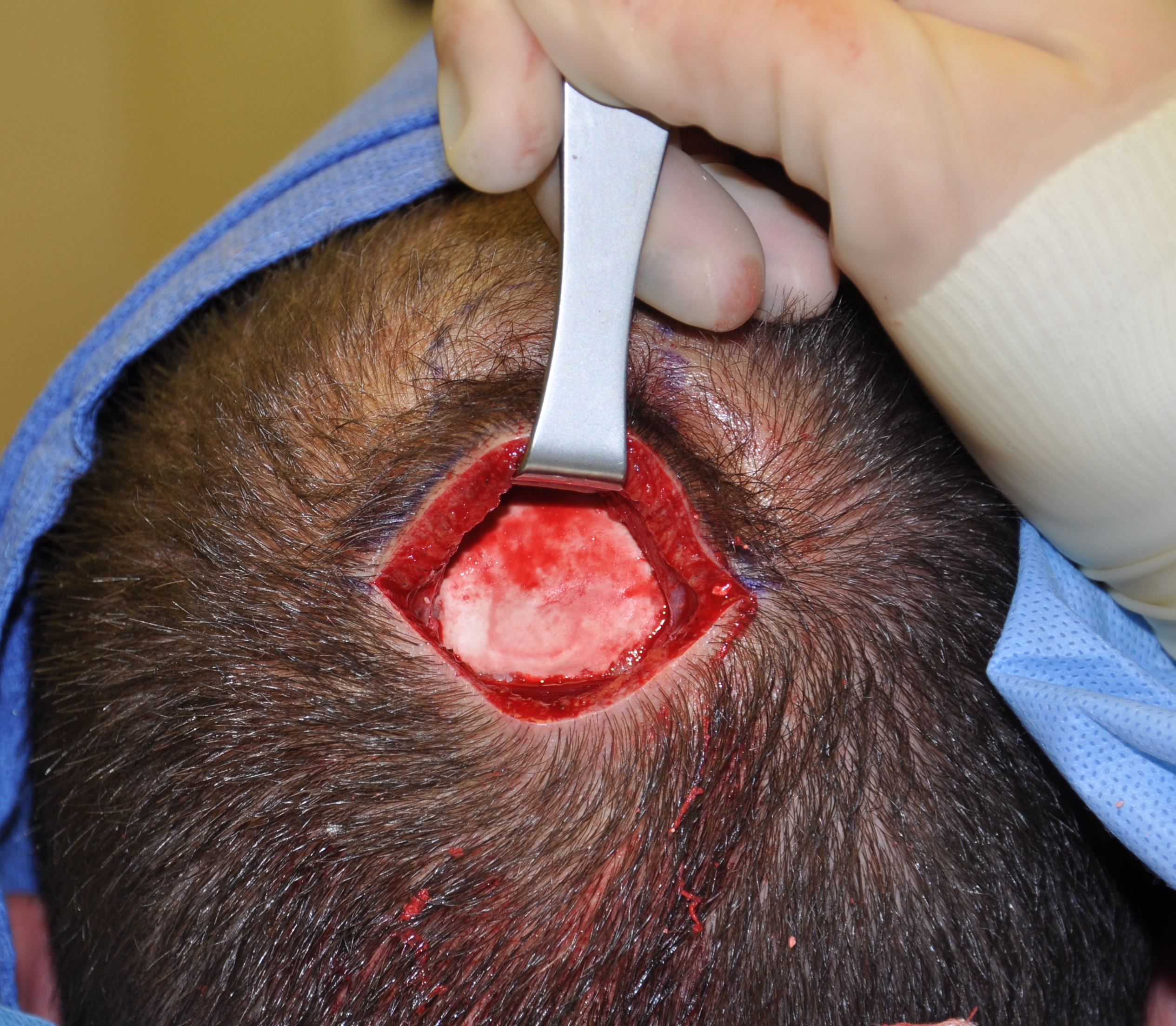
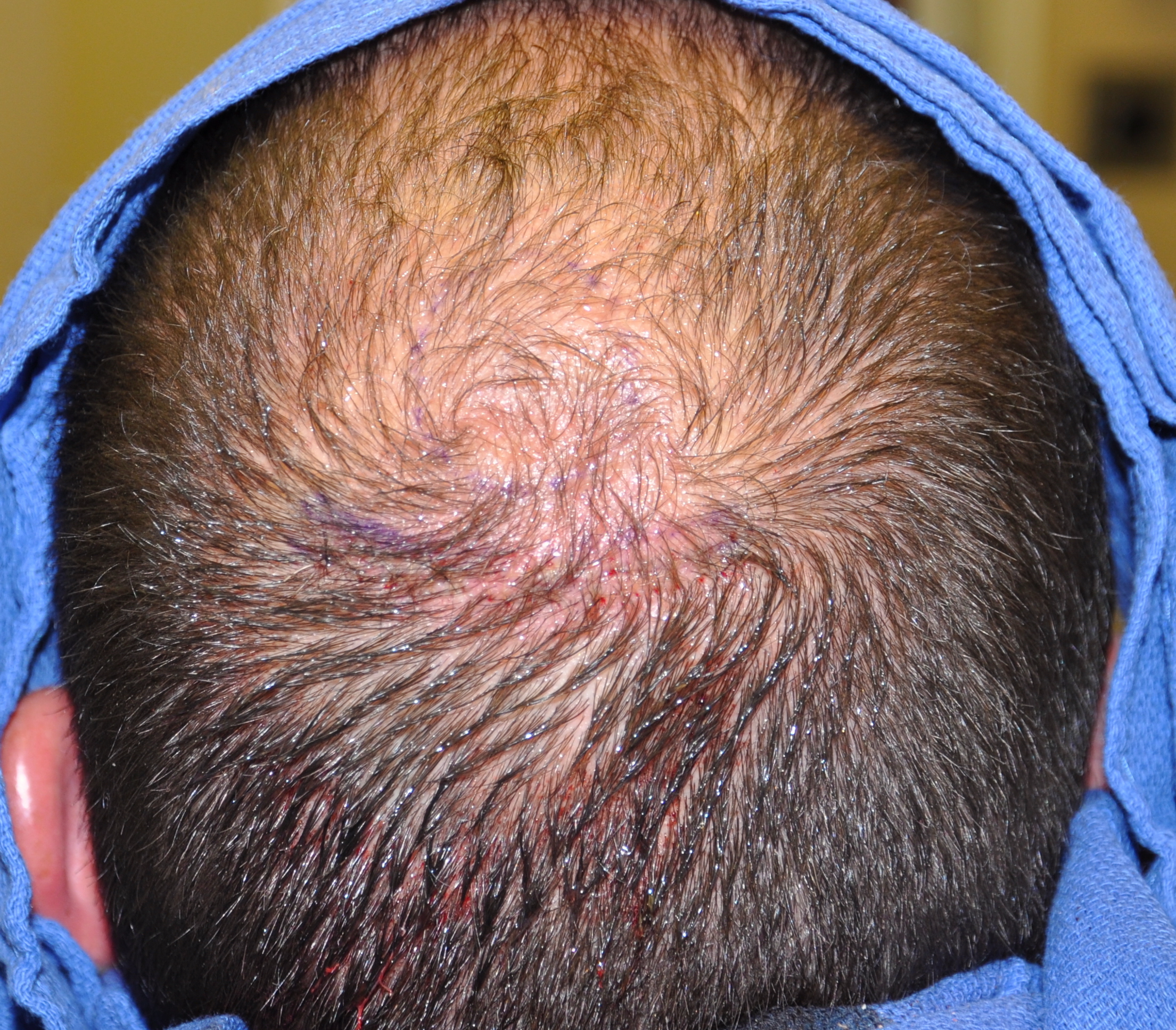
Desire to fill in indented area (dimple) in the posterior crown area. (incomplete full of baby posterior fontanelle.
Correction of skull 'dimple' by the open application of hydroxyapatite cement.
Patient 106
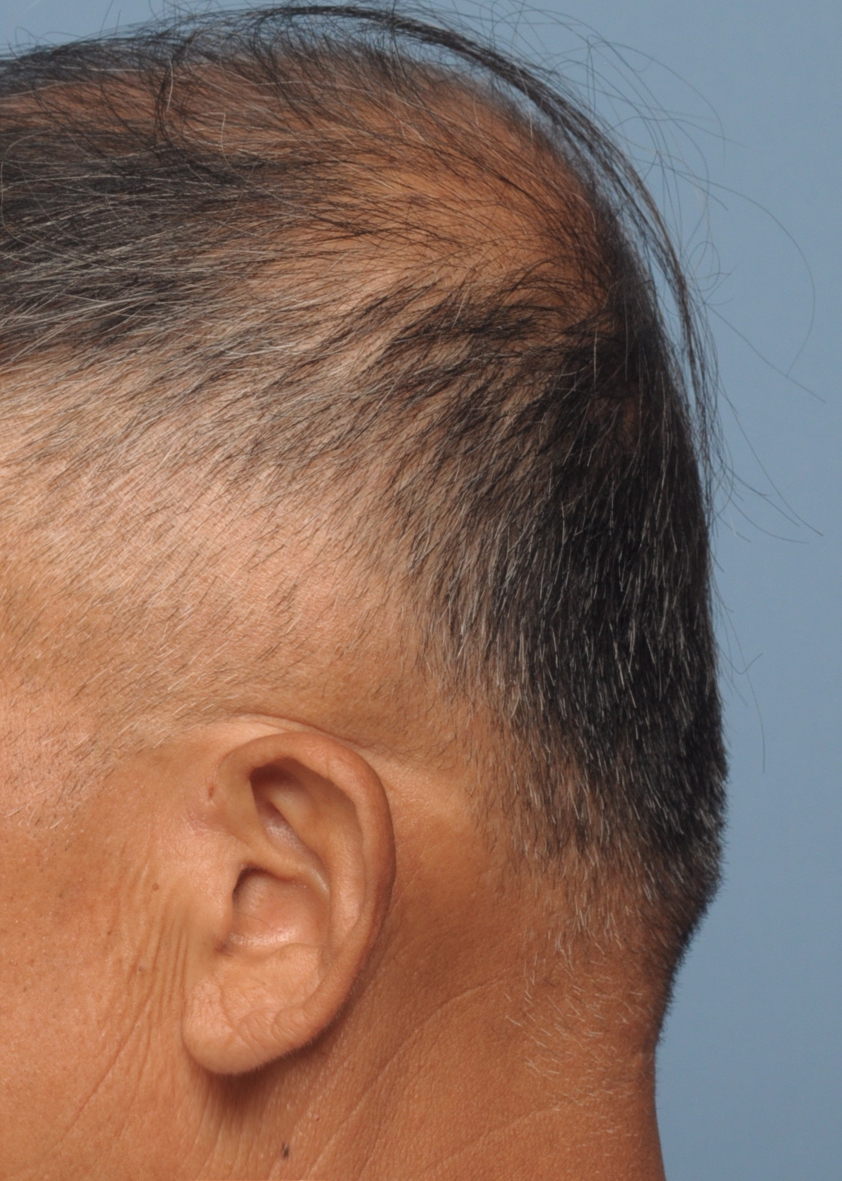
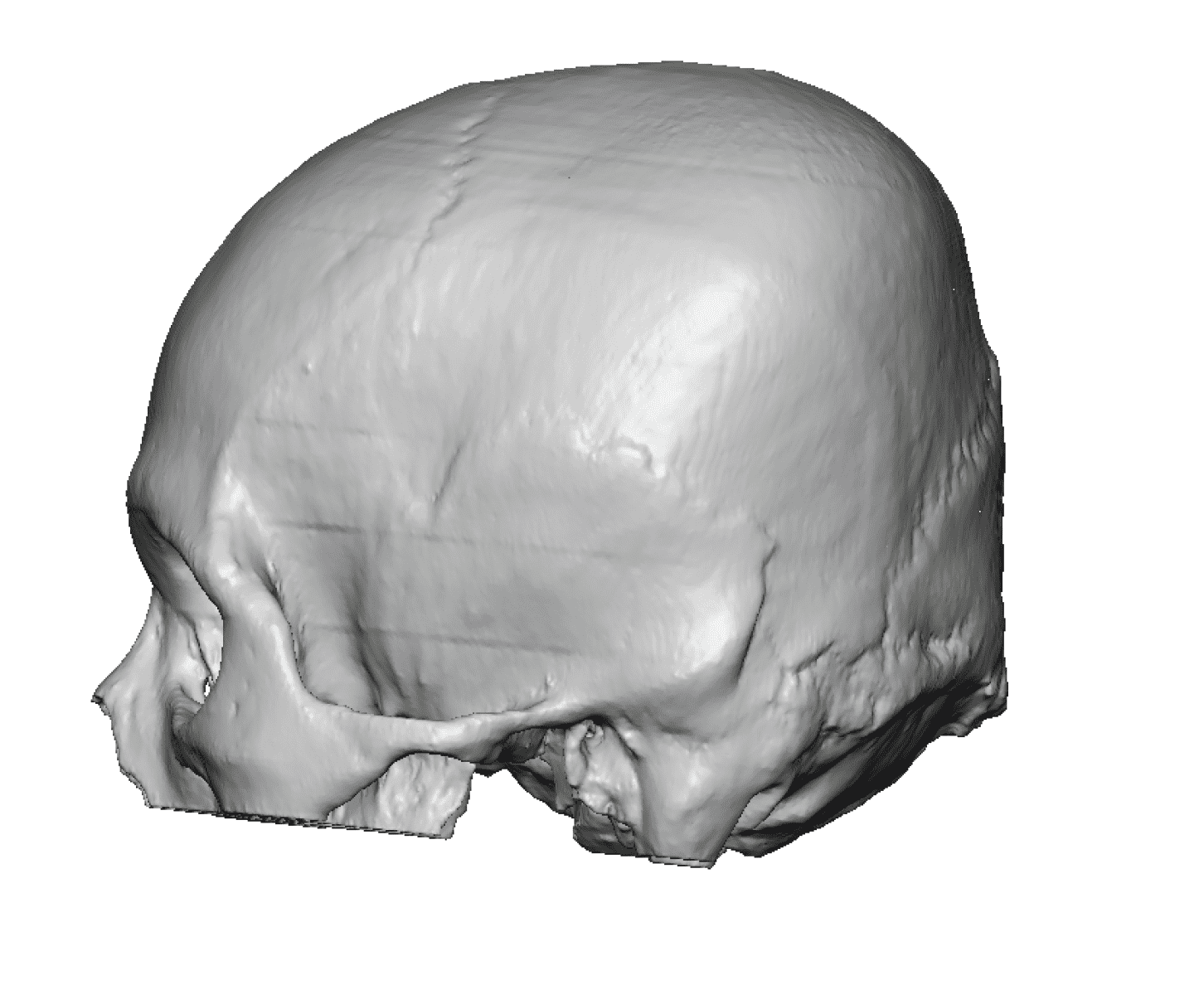
Desire for correction of flat and wide back of his head.
Placement of custom back of head skull implant with bilateral temper-parietal one and muscle reductions.


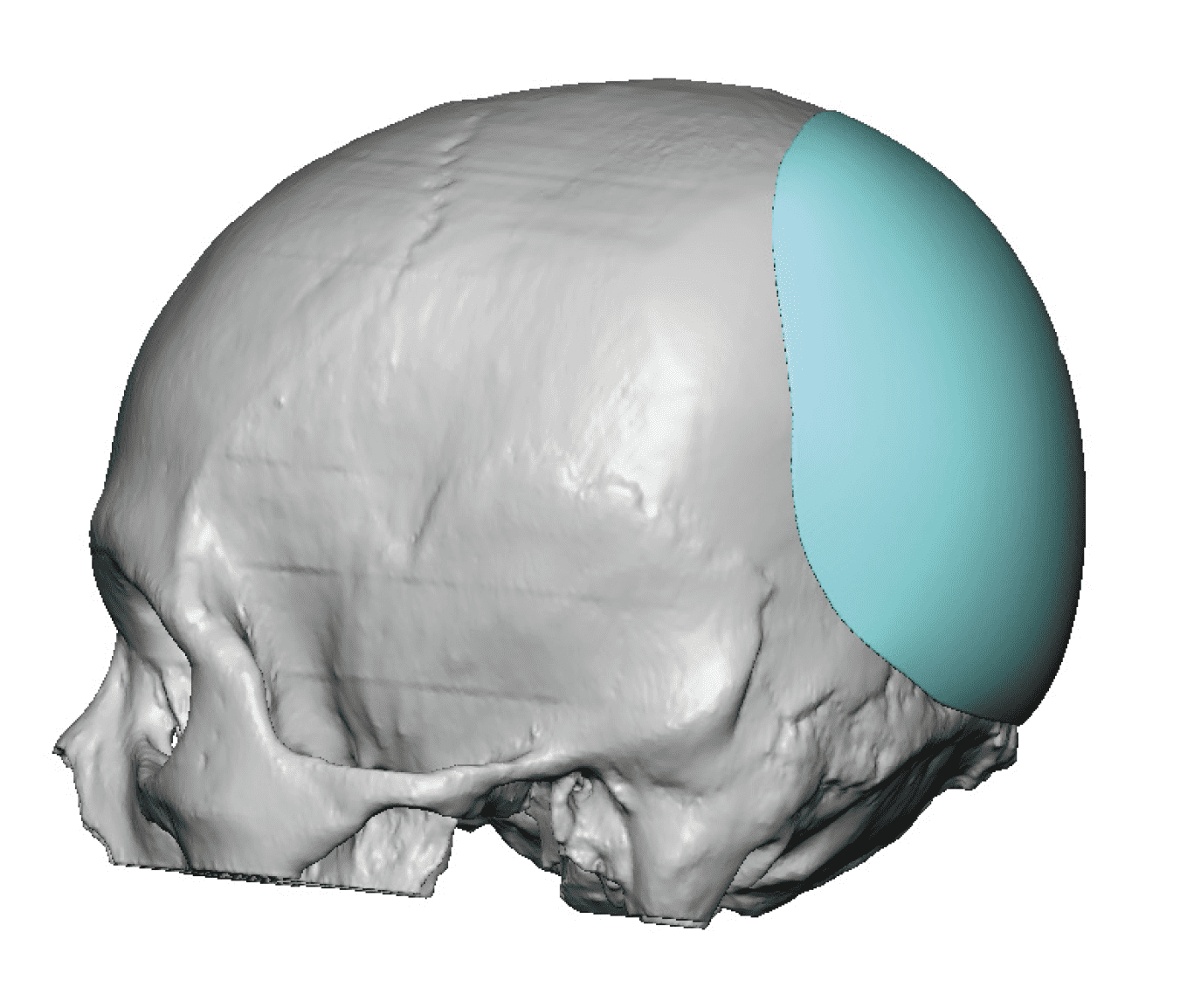
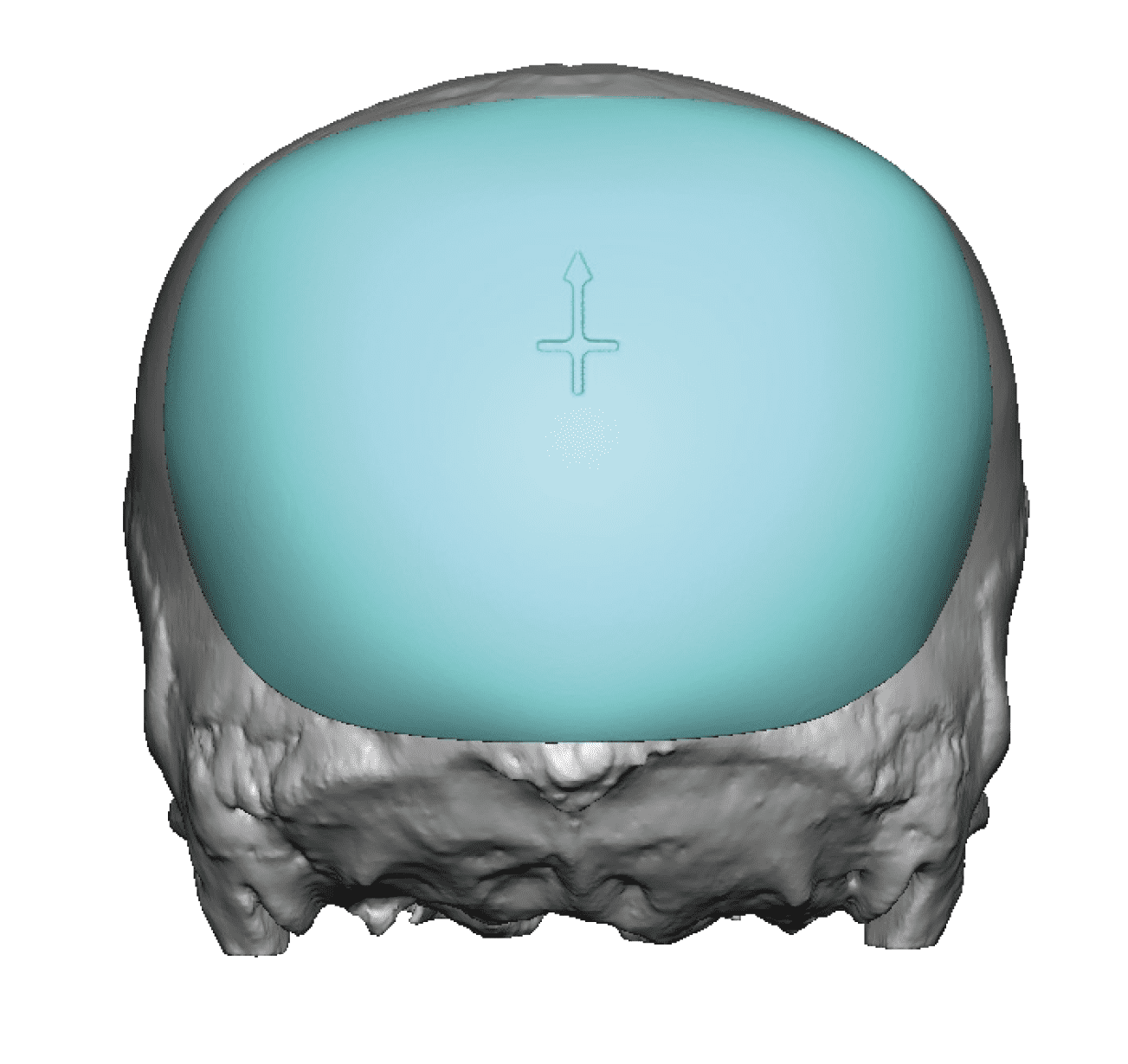
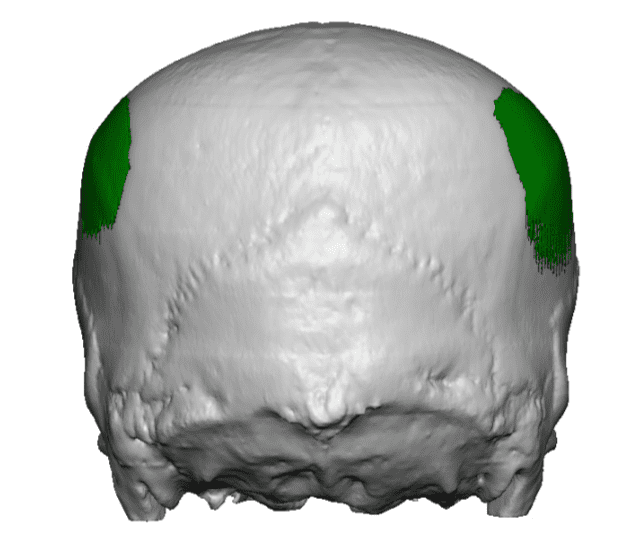
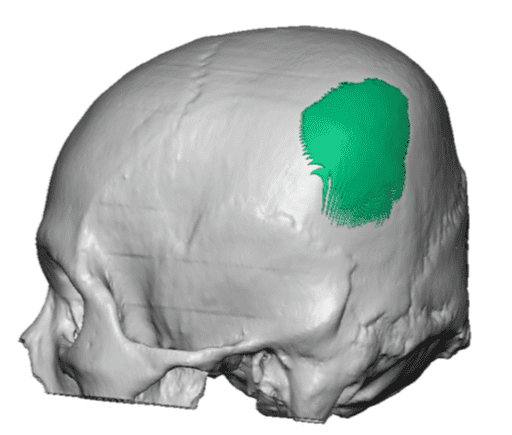
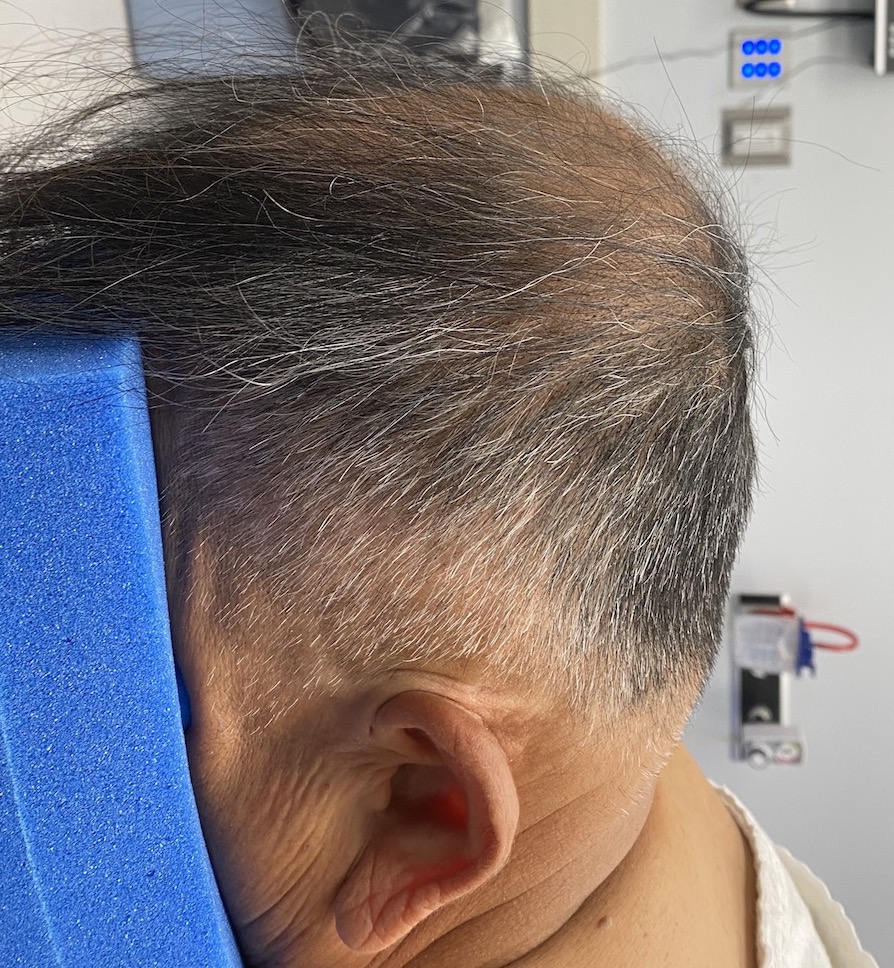

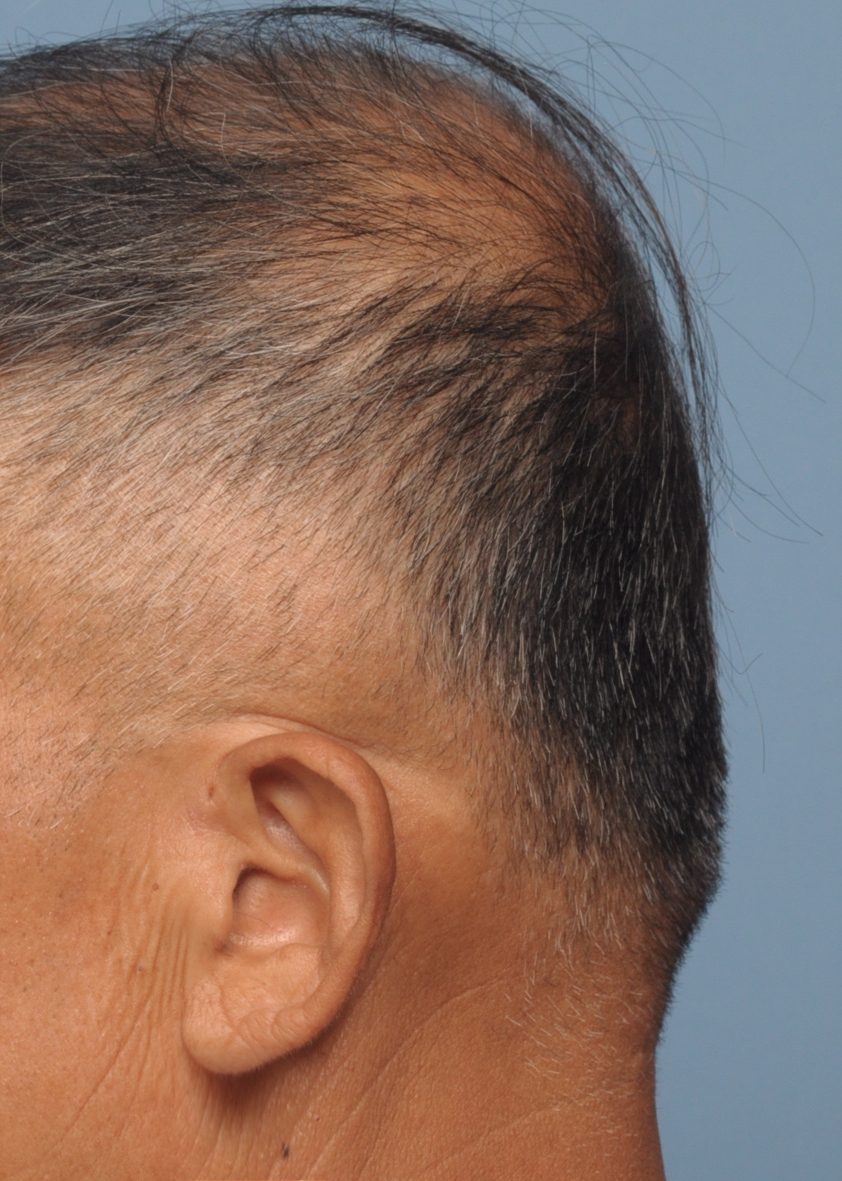
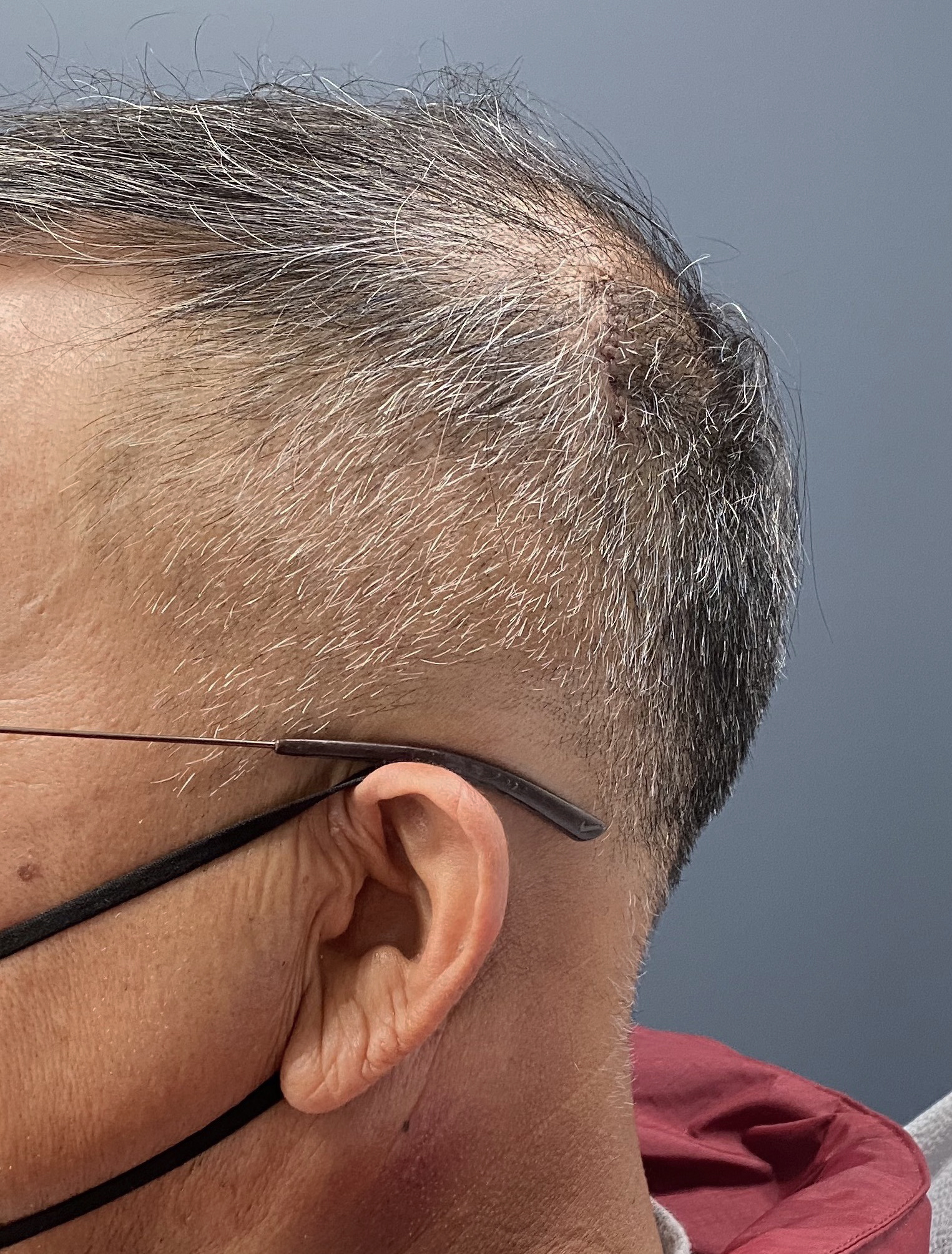
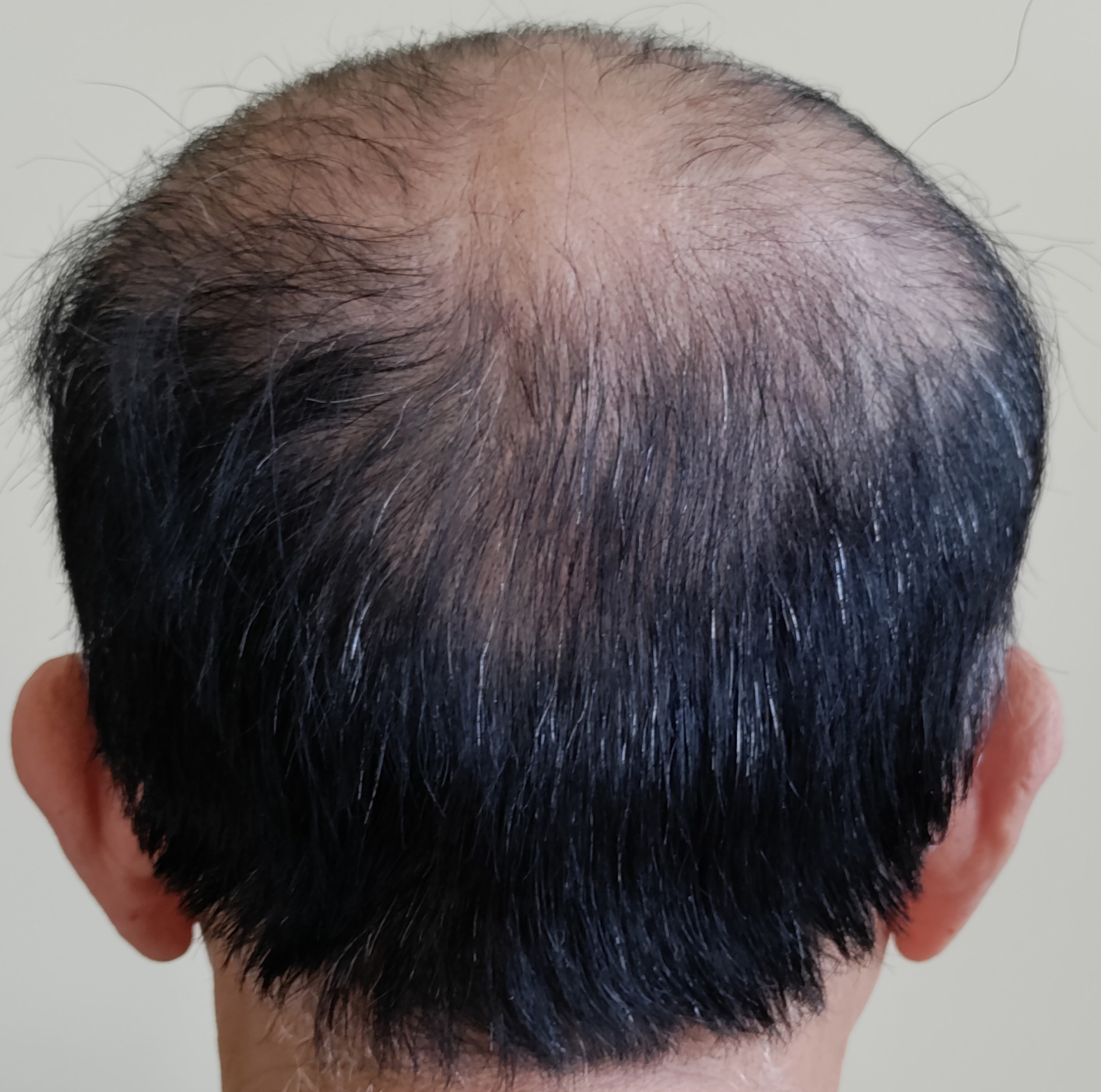
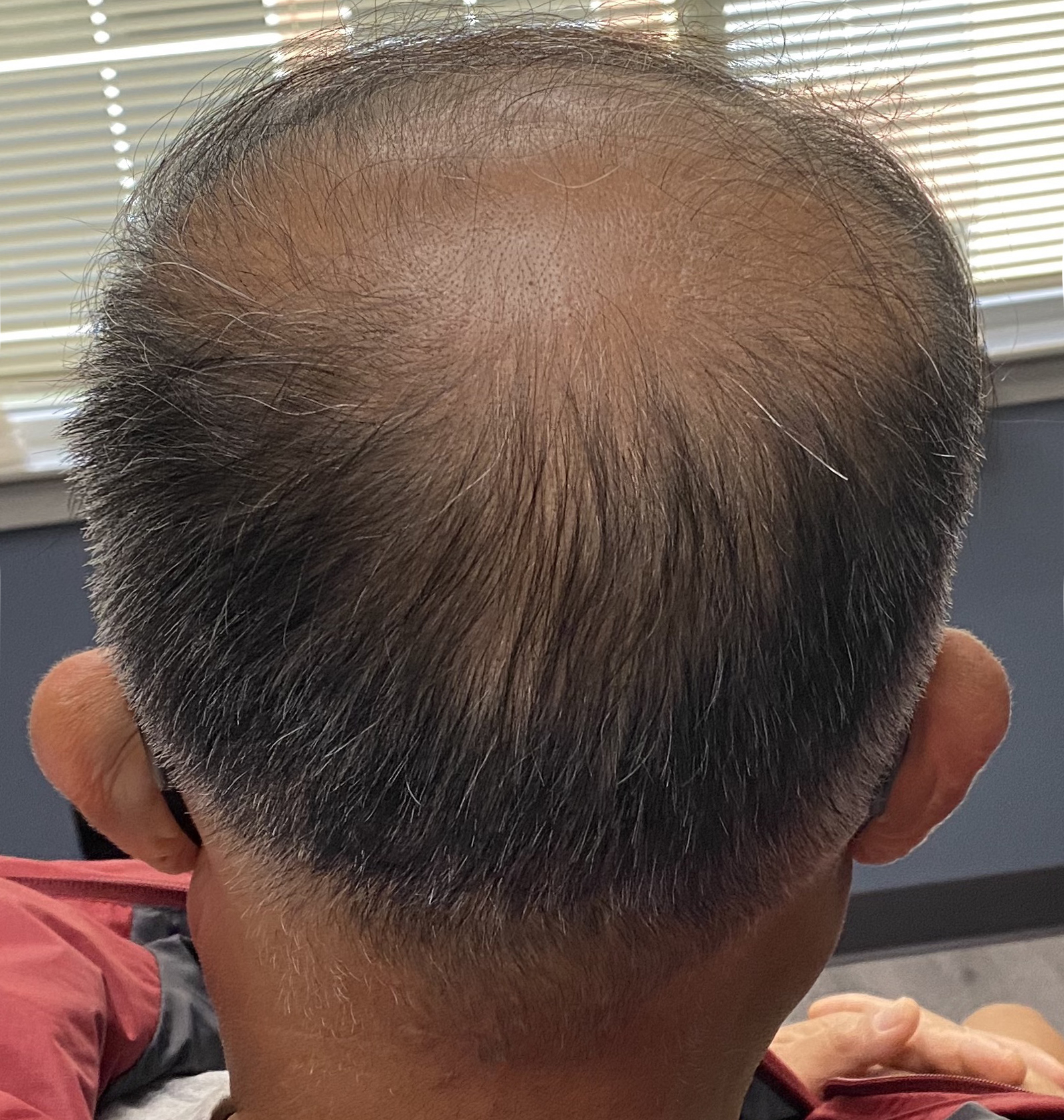
Desire for correction of flat and wide back of his head.
Placement of custom back of head skull implant with bilateral temper-parietal one and muscle reductions.
Patient 107

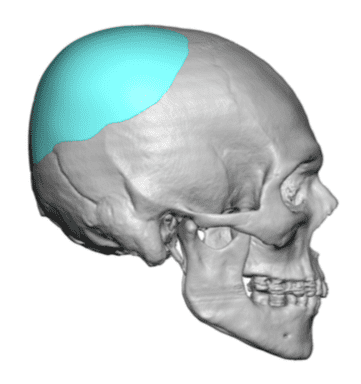
Desire to augment the flat upper back of his head. (crown augmentation)
Placement of custom skull implant through a small scalp incision to round out the flat upper back of his head.


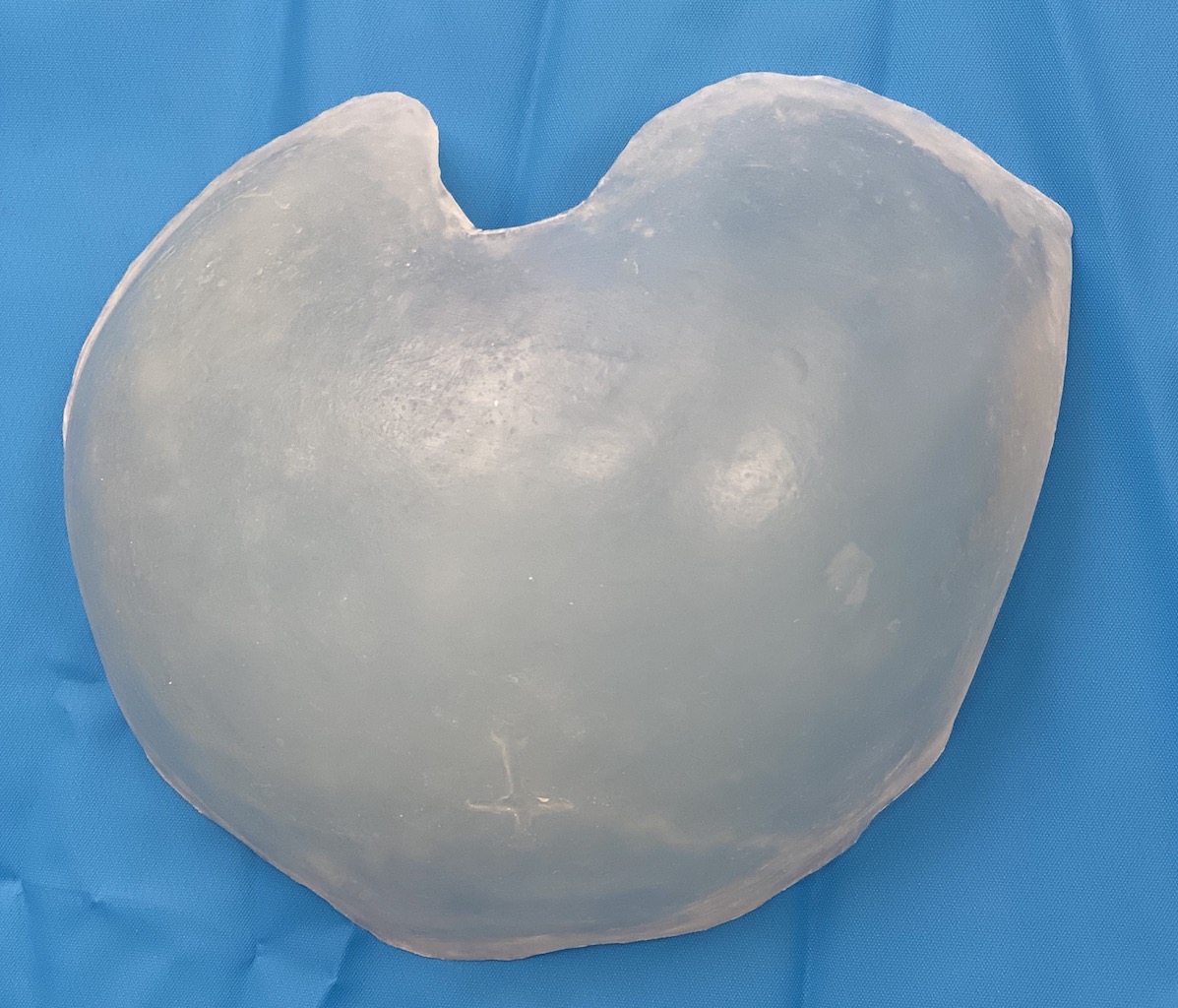
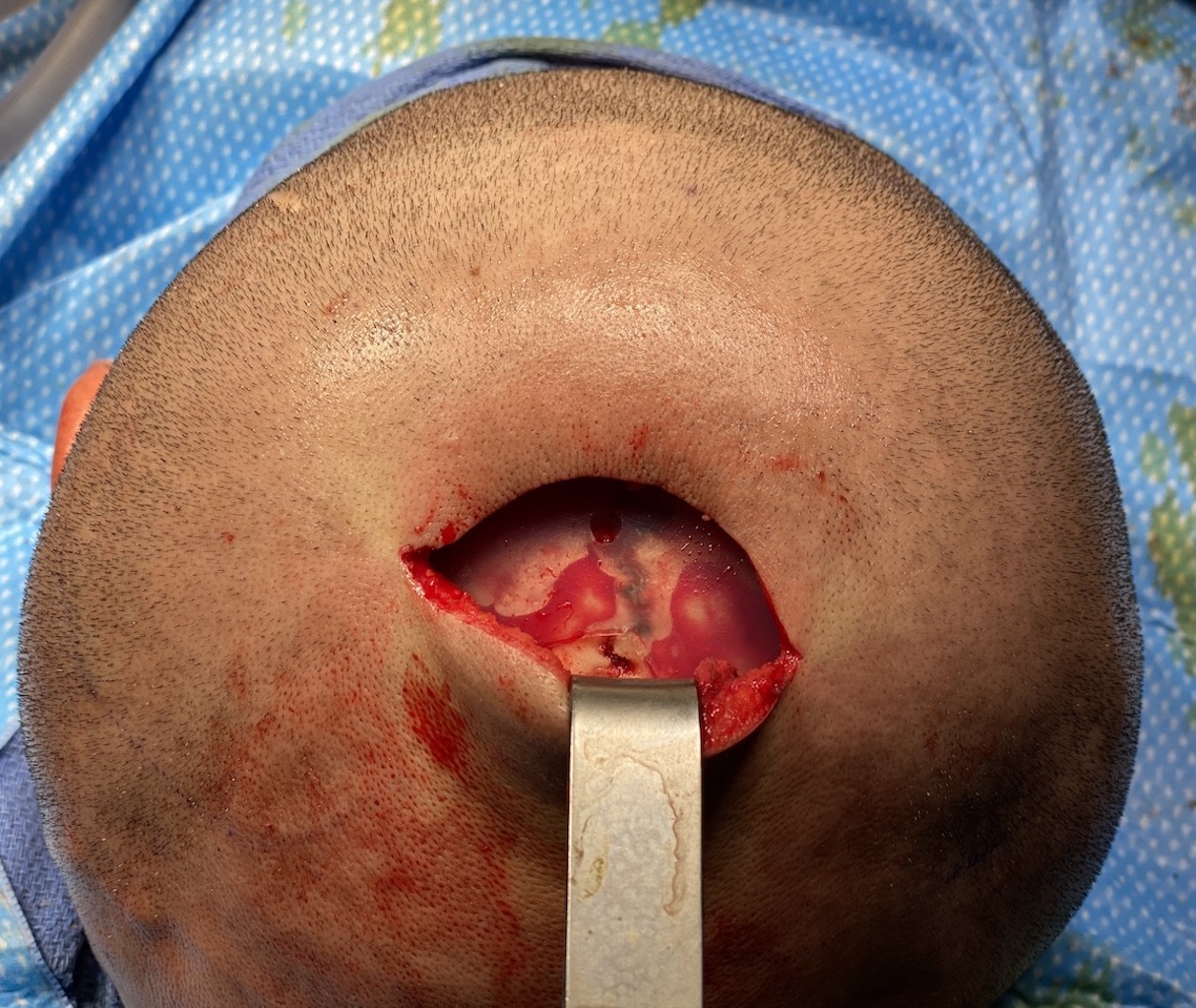
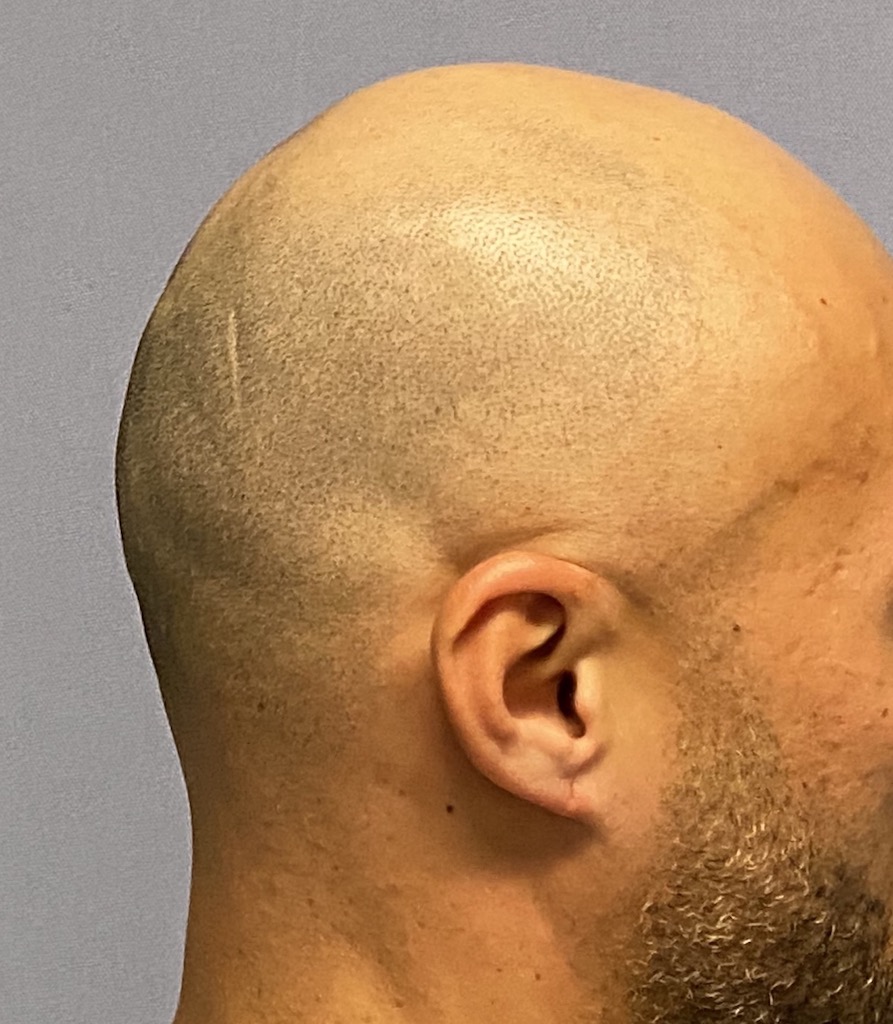
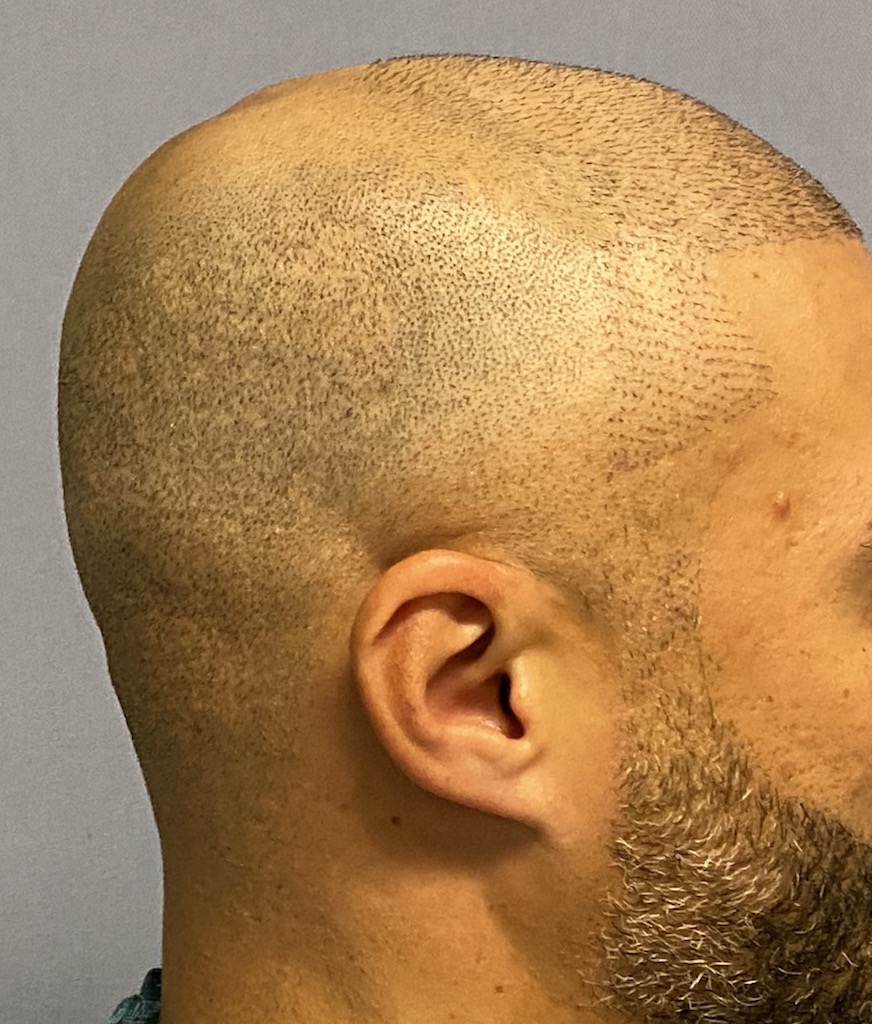
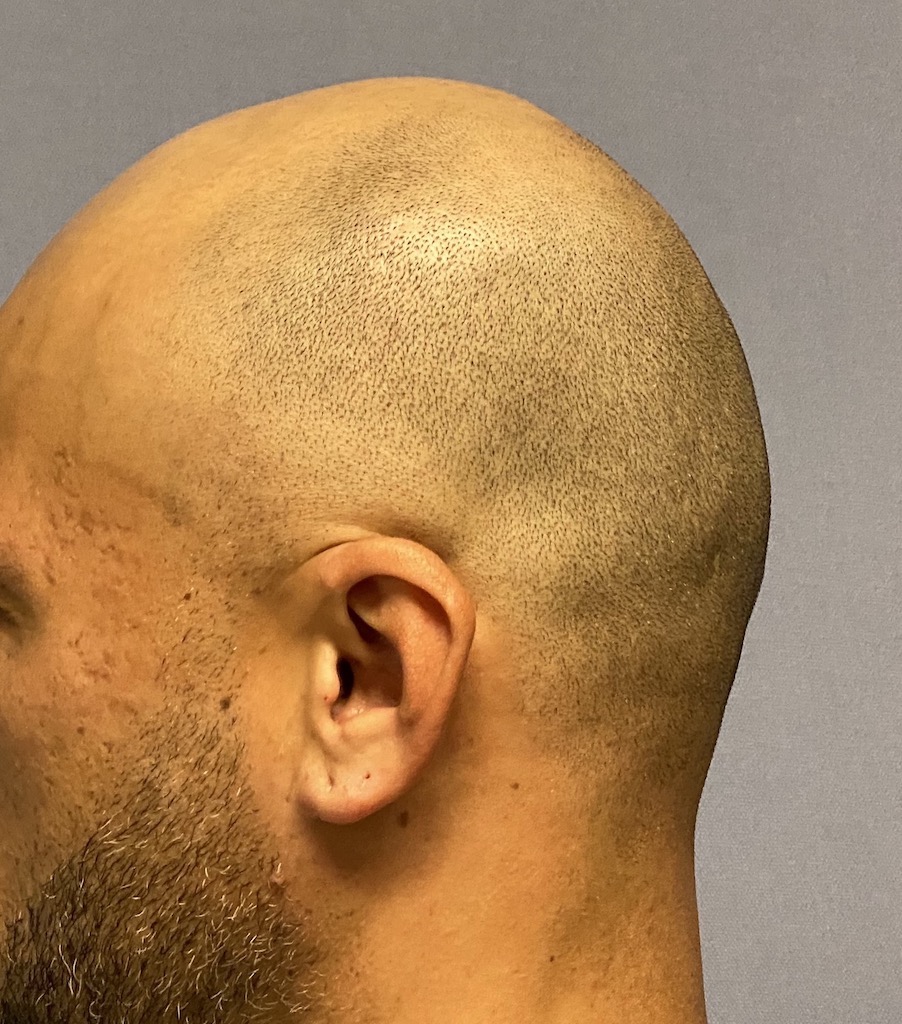
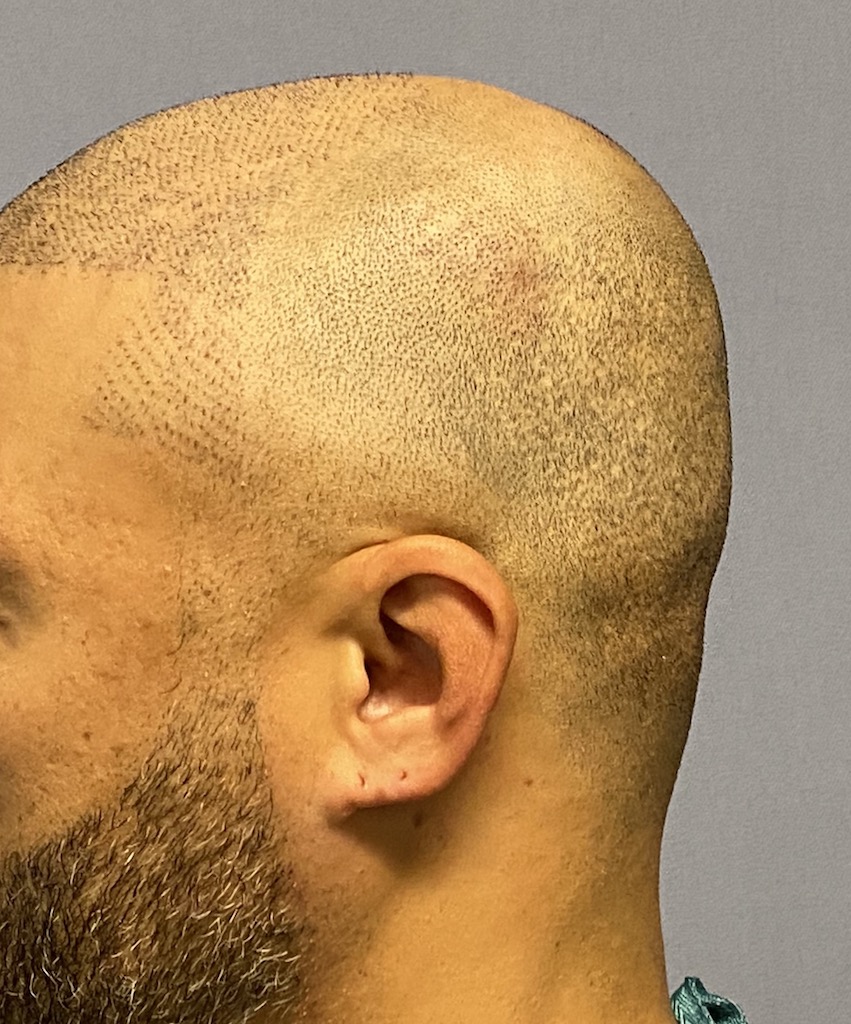
Desire to augment the flat upper back of his head. (crown augmentation)
Placement of custom skull implant through a small scalp incision to round out the flat upper back of his head.
Patient 108
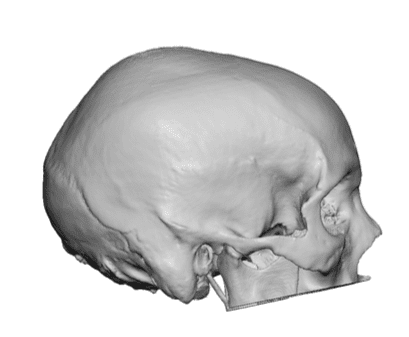
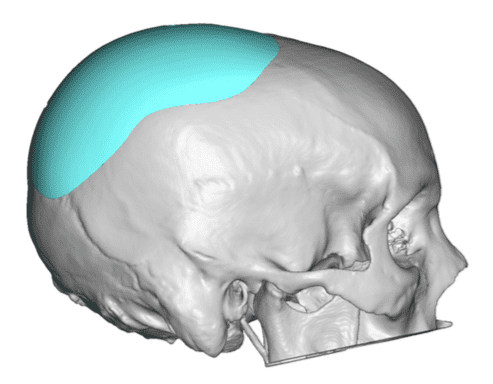
Desire for a more rounded skull shape with the correction of the flattened crown of the skull.
Placement of a custom skull implant for augmentation of a flattened crown of the skull shape.


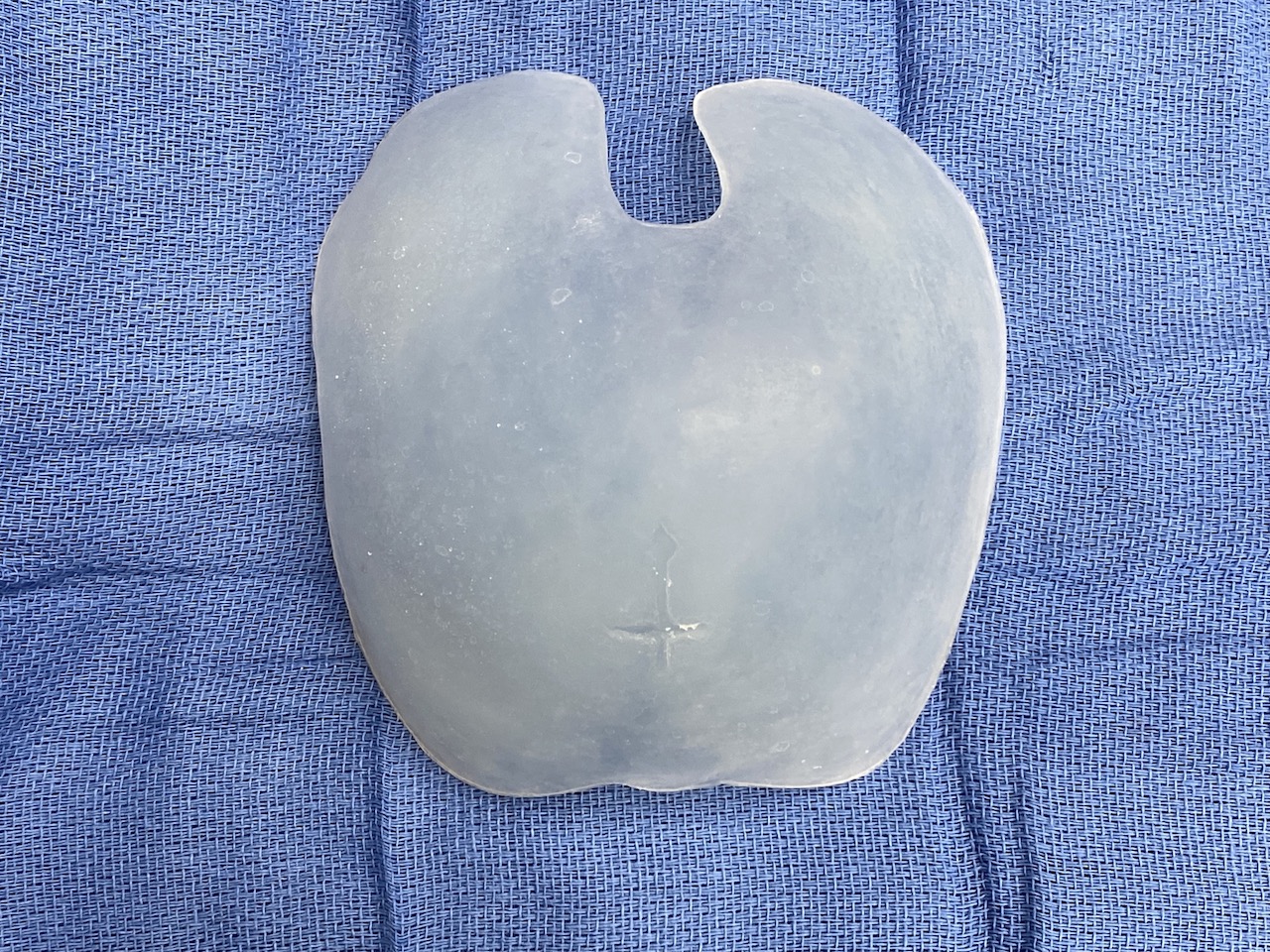
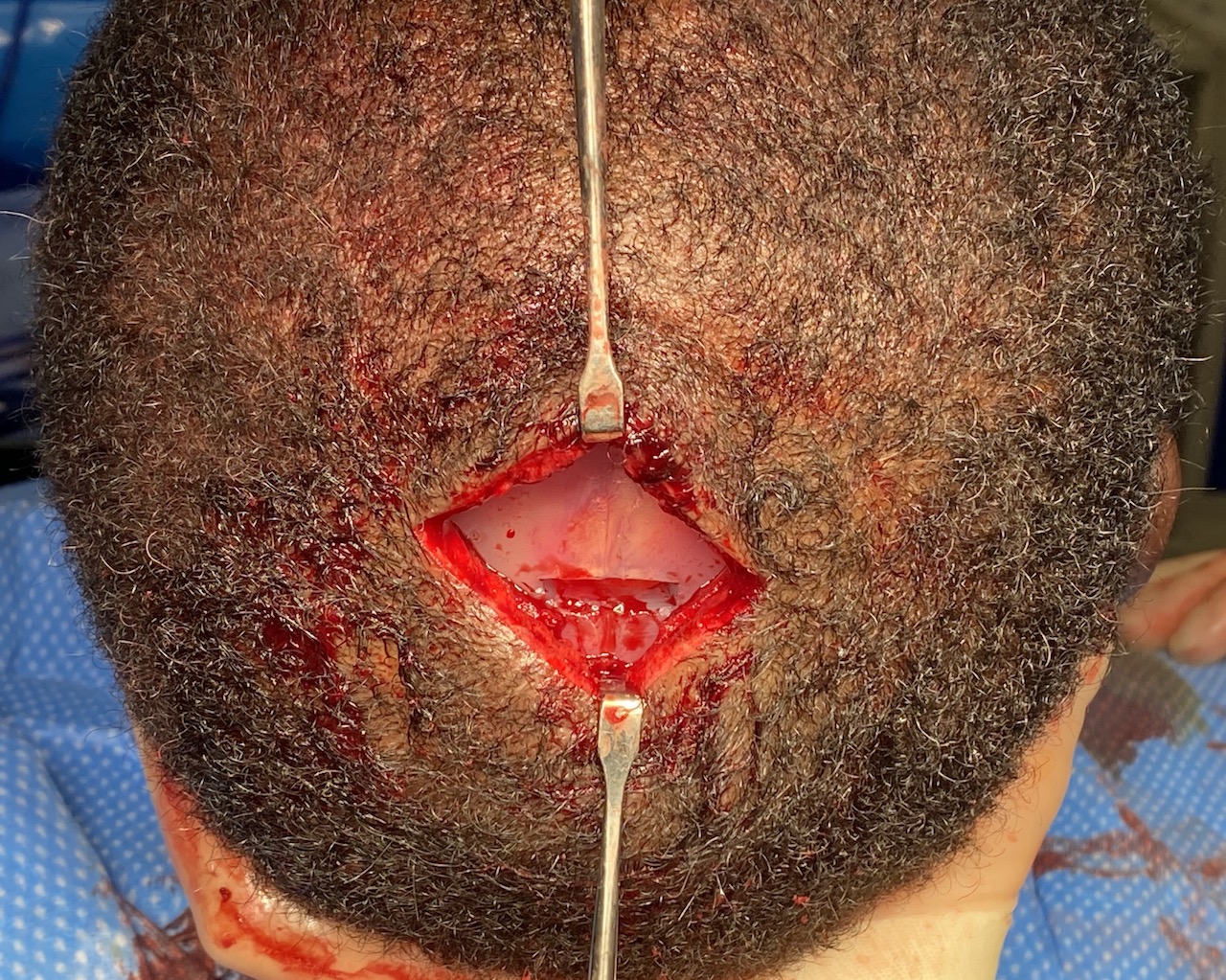
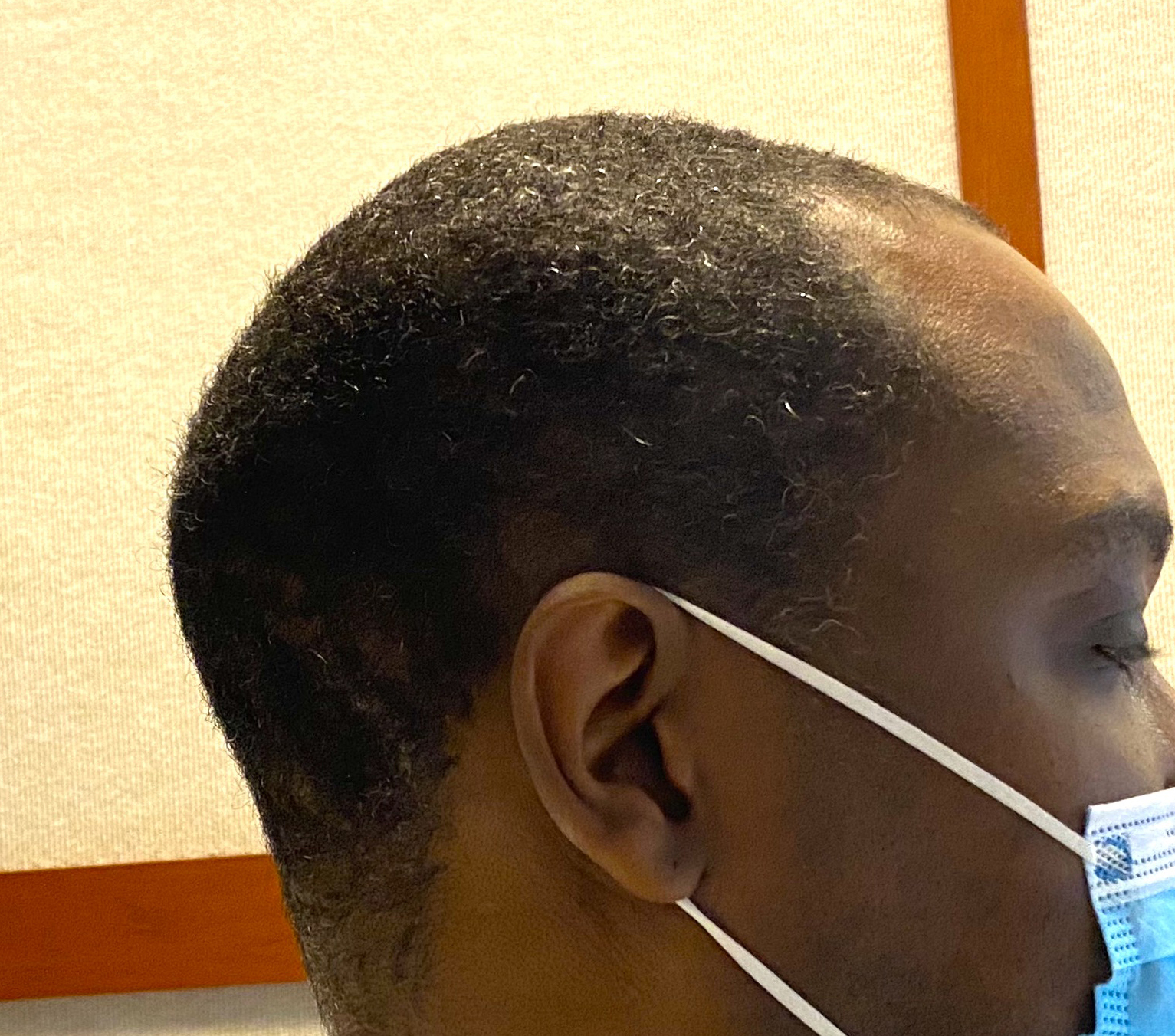
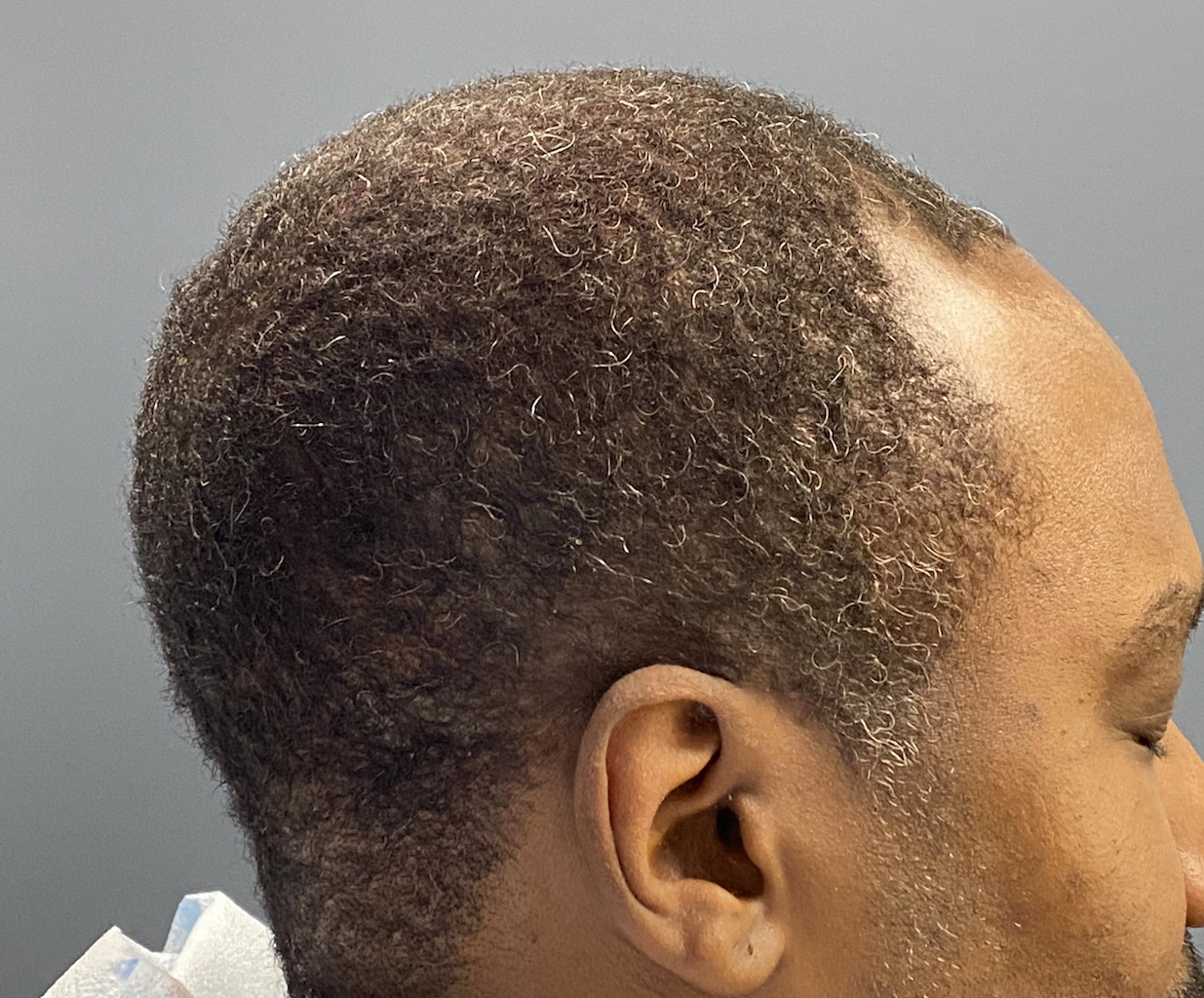
Desire for a more rounded skull shape with the correction of the flattened crown of the skull.
Placement of a custom skull implant for augmentation of a flattened crown of the skull shape.
Patient 109
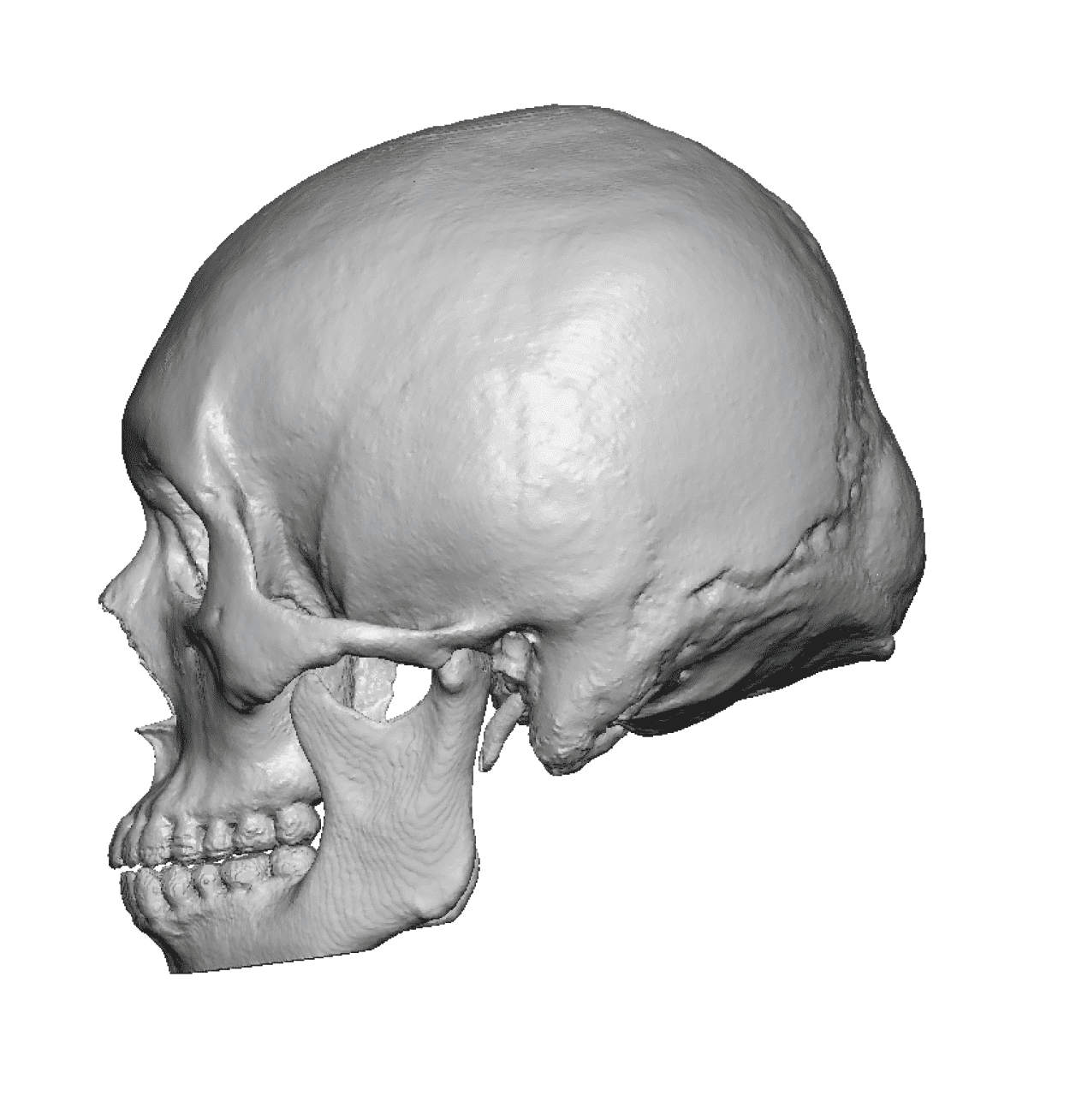
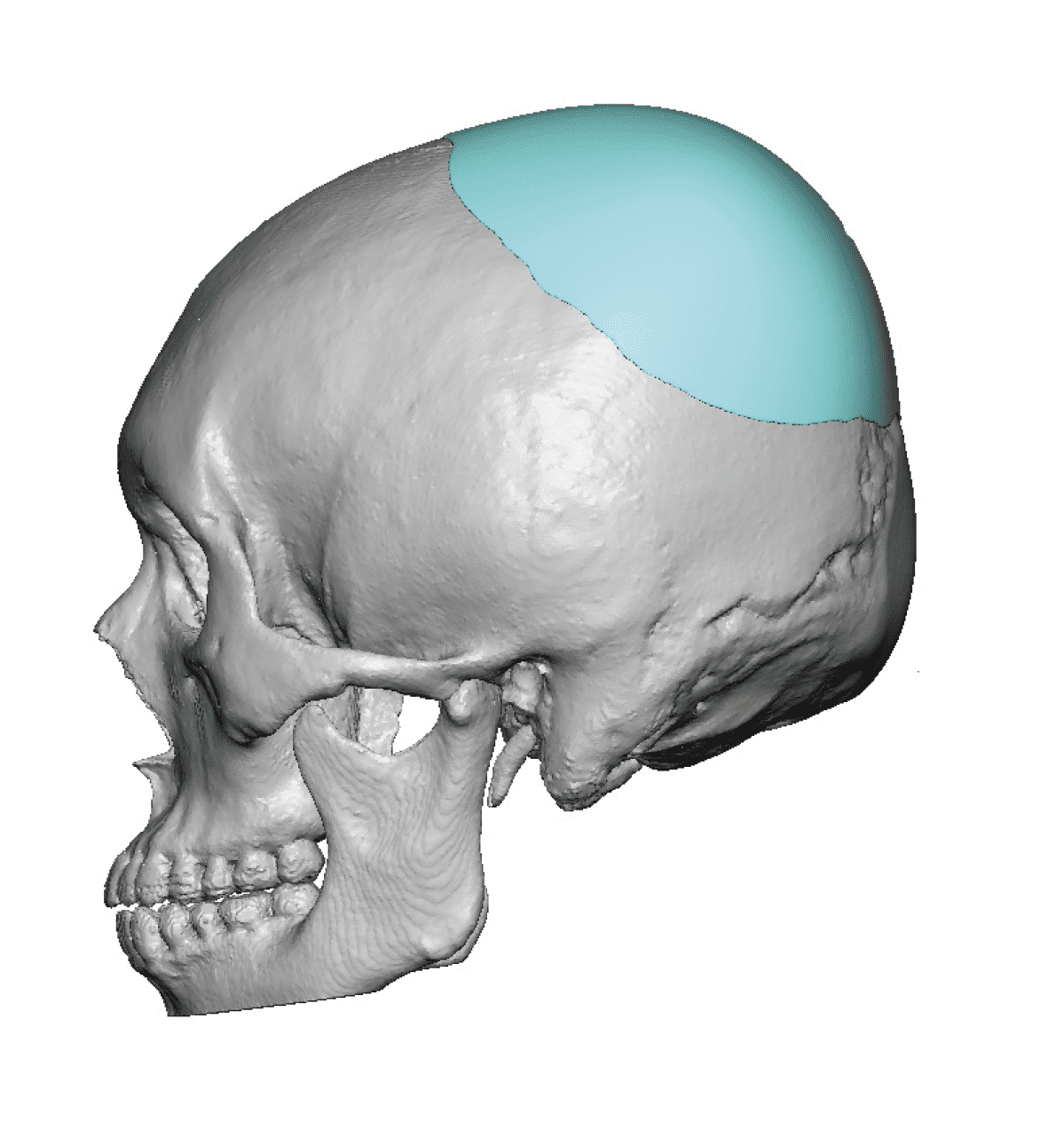
Desire for total back of head reshaping.
Occipital skull reduction combined with an upper back of head custom skull implant.


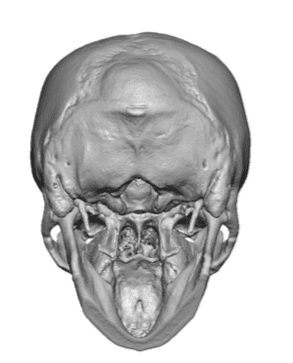
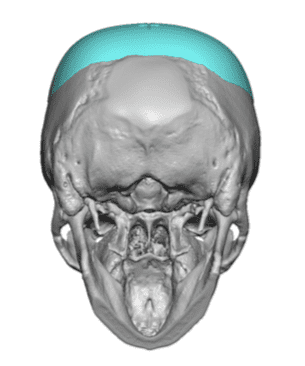
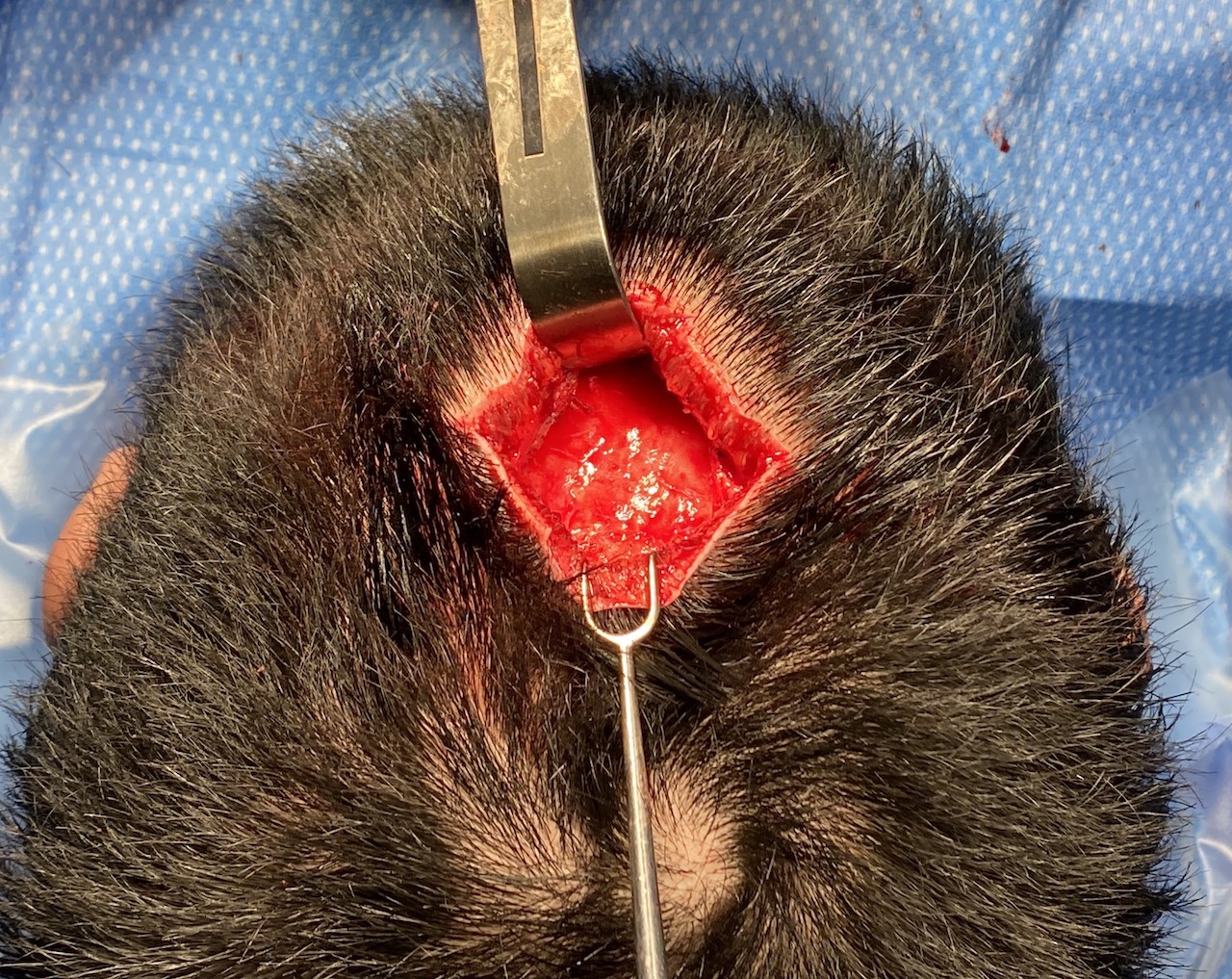
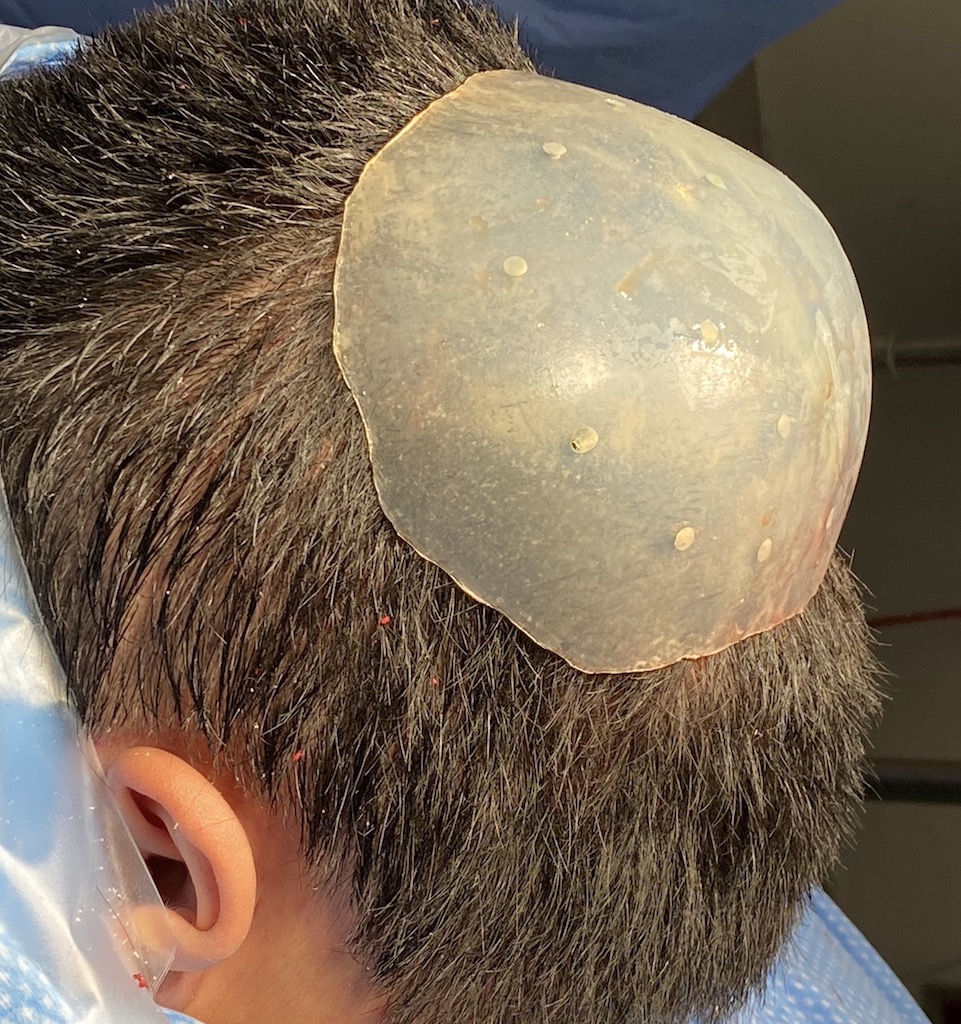
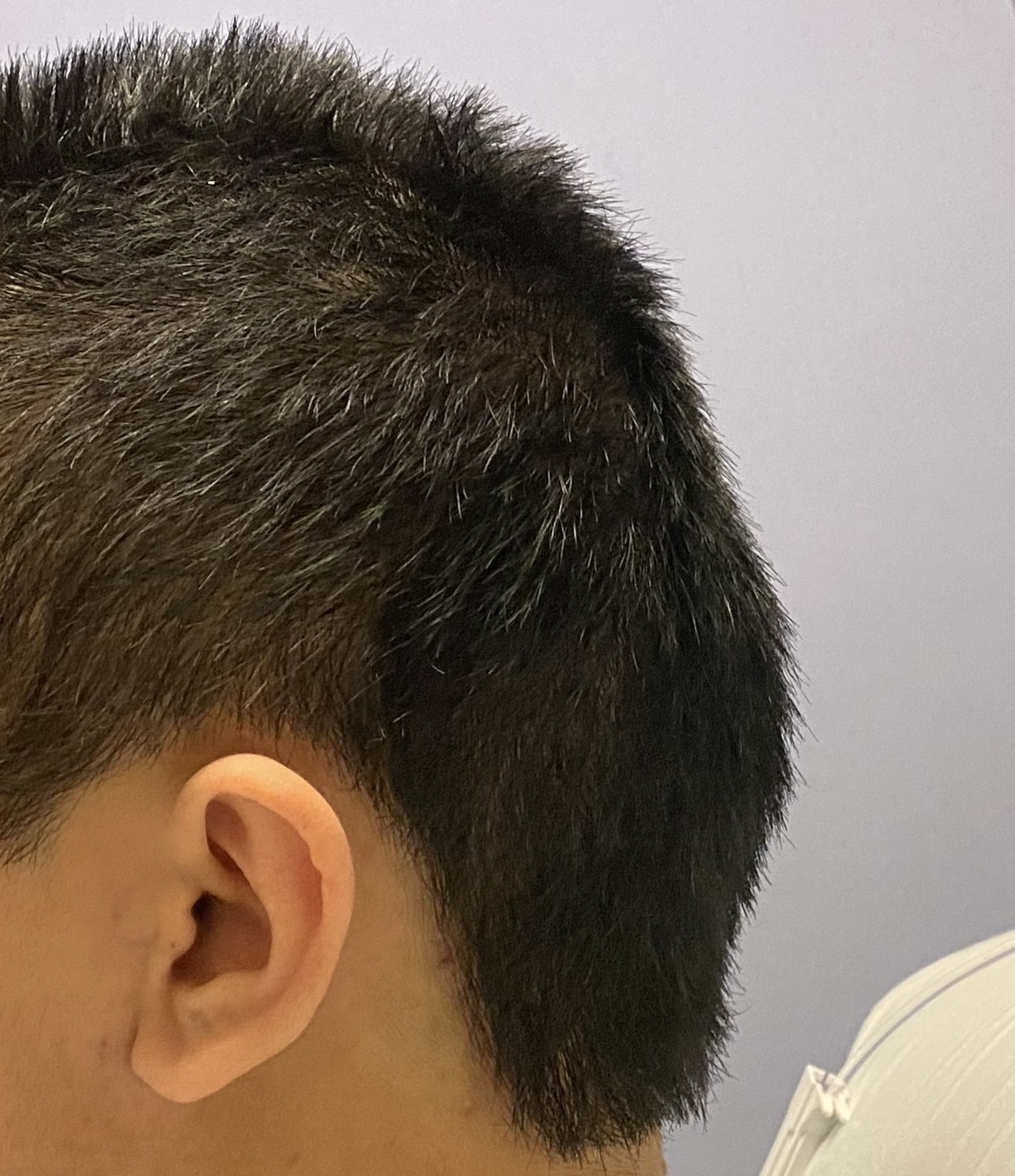
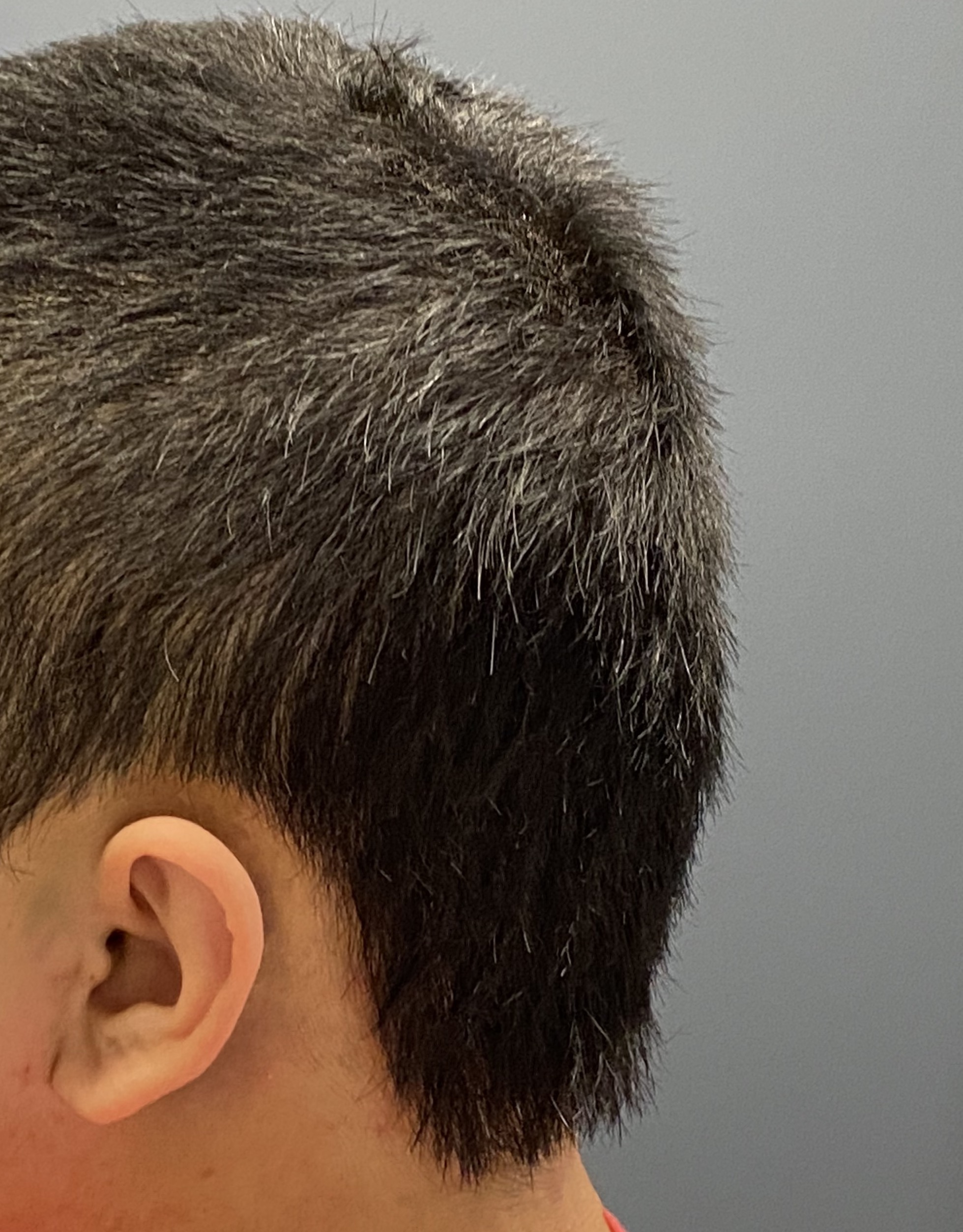
Desire for total back of head reshaping.
Occipital skull reduction combined with an upper back of head custom skull implant.
Patient 110
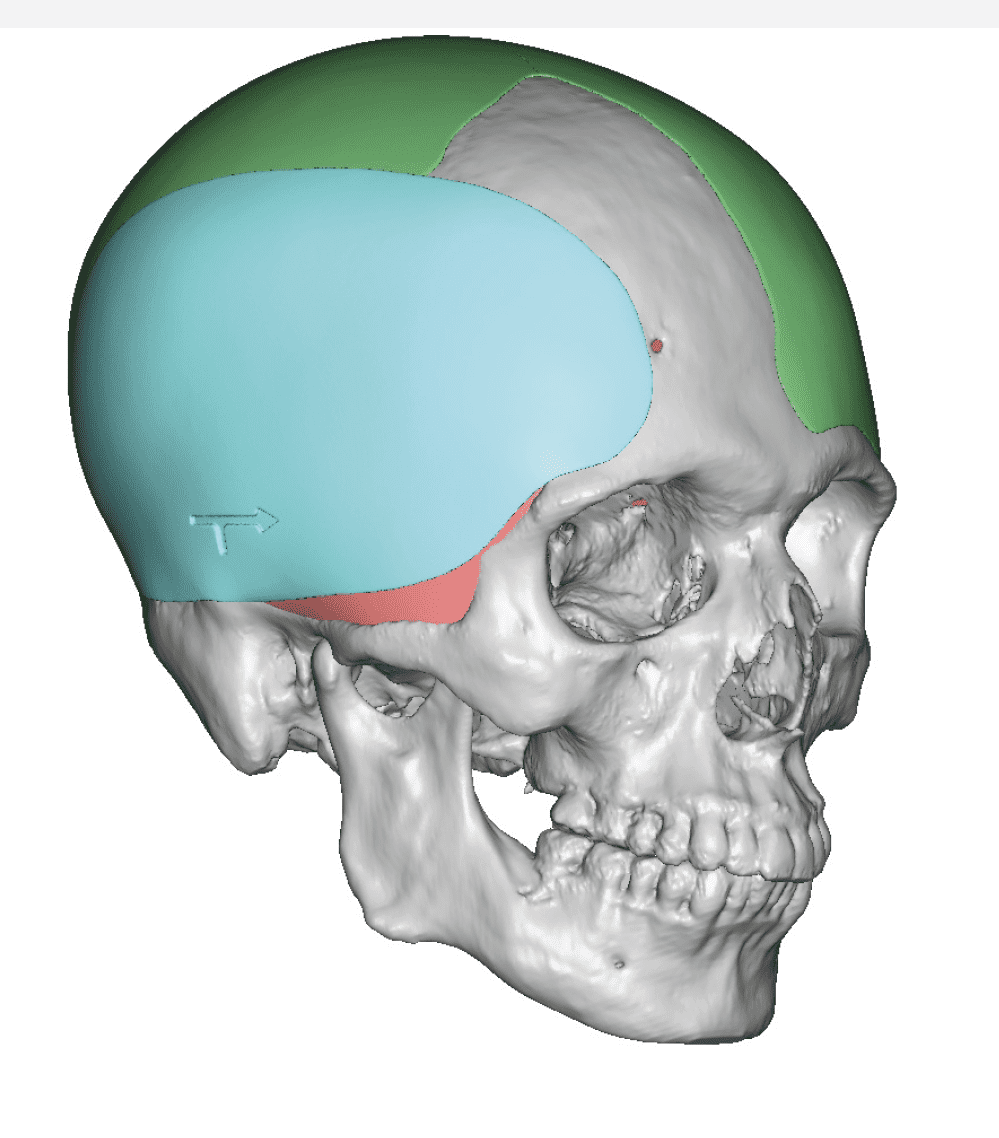
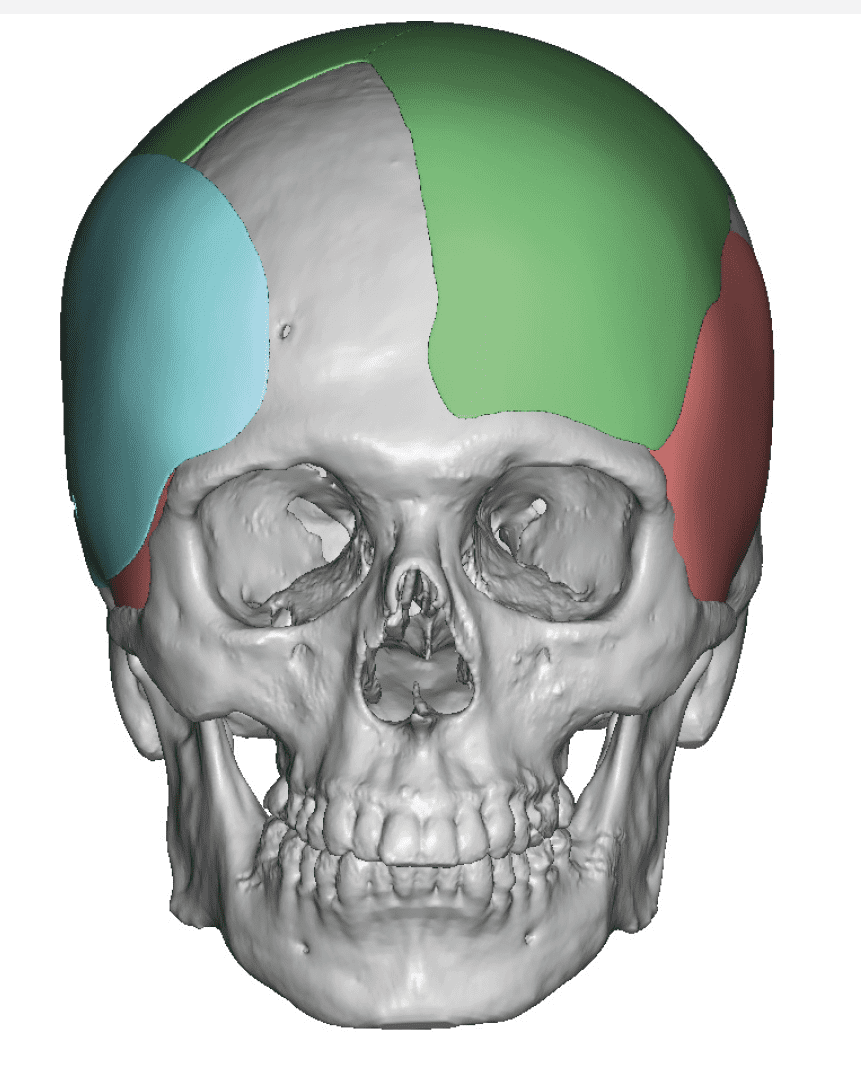
Desire for head shape asymmetry improvement as the final stage of total skull reshaping surgeries. (previous skull implants are in green color)
Placement of custom temporal implant through an incision behind the ear.


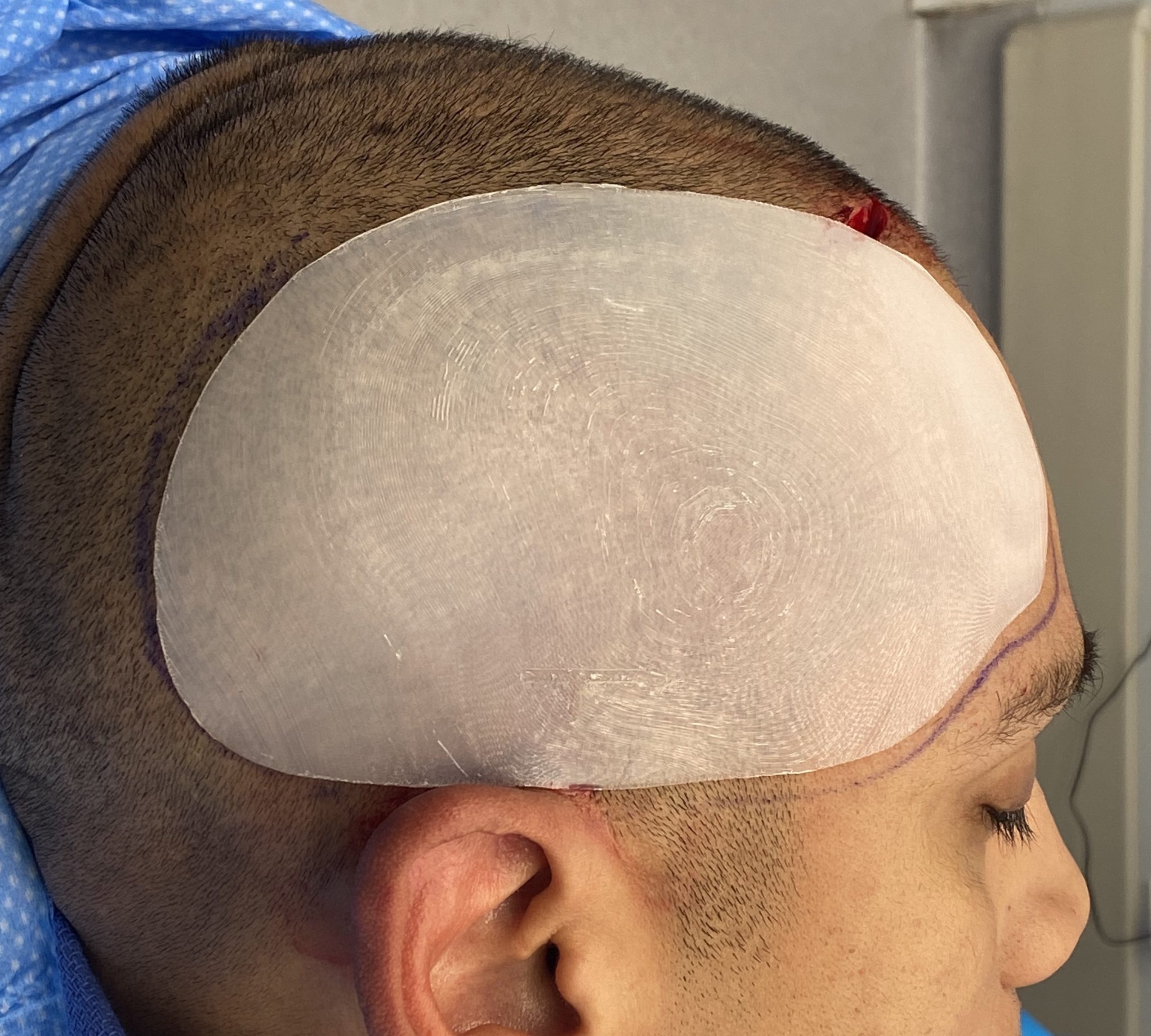
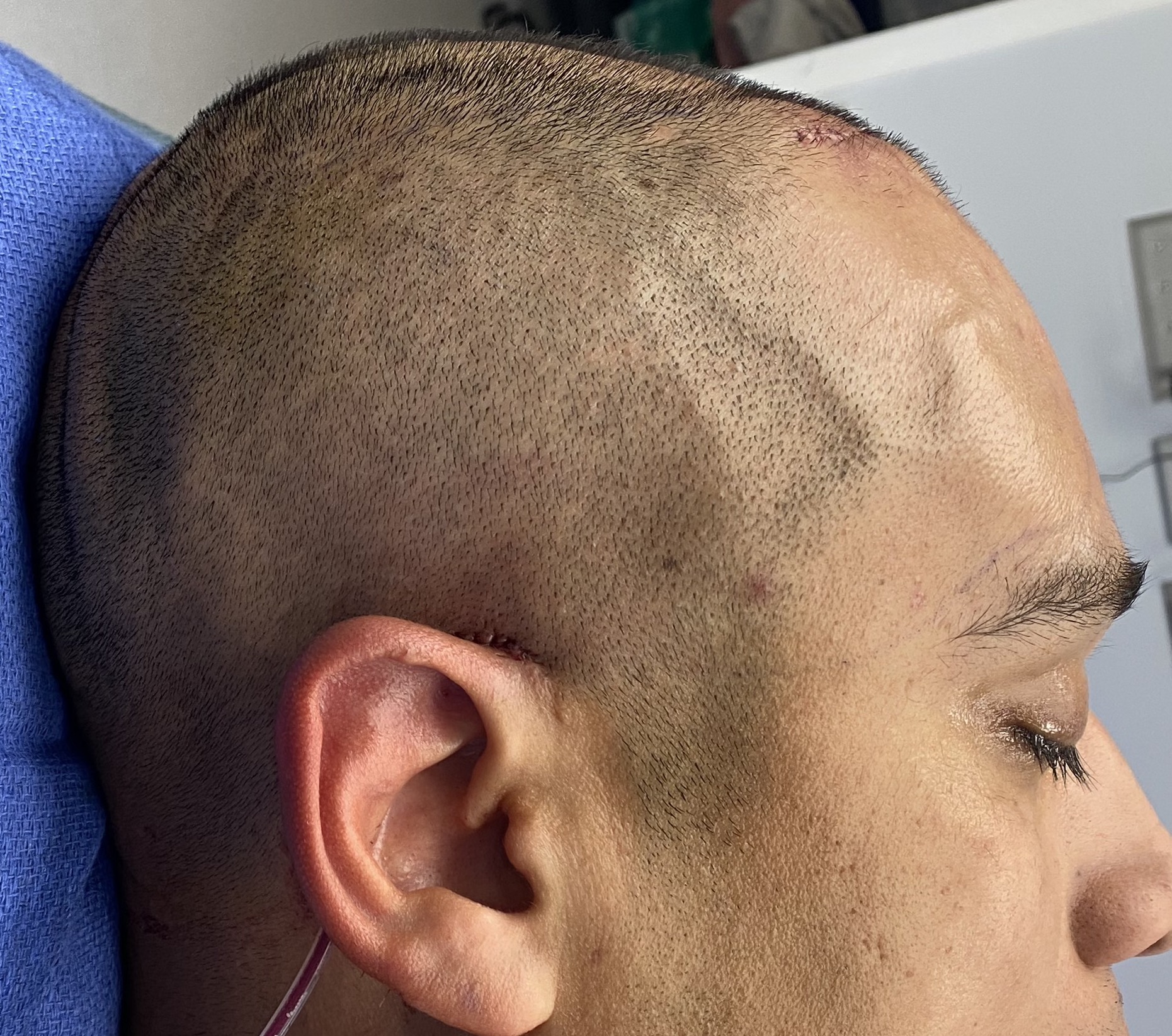
Desire for head shape asymmetry improvement as the final stage of total skull reshaping surgeries. (previous skull implants are in green color)
Placement of custom temporal implant through an incision behind the ear.
Patient 111
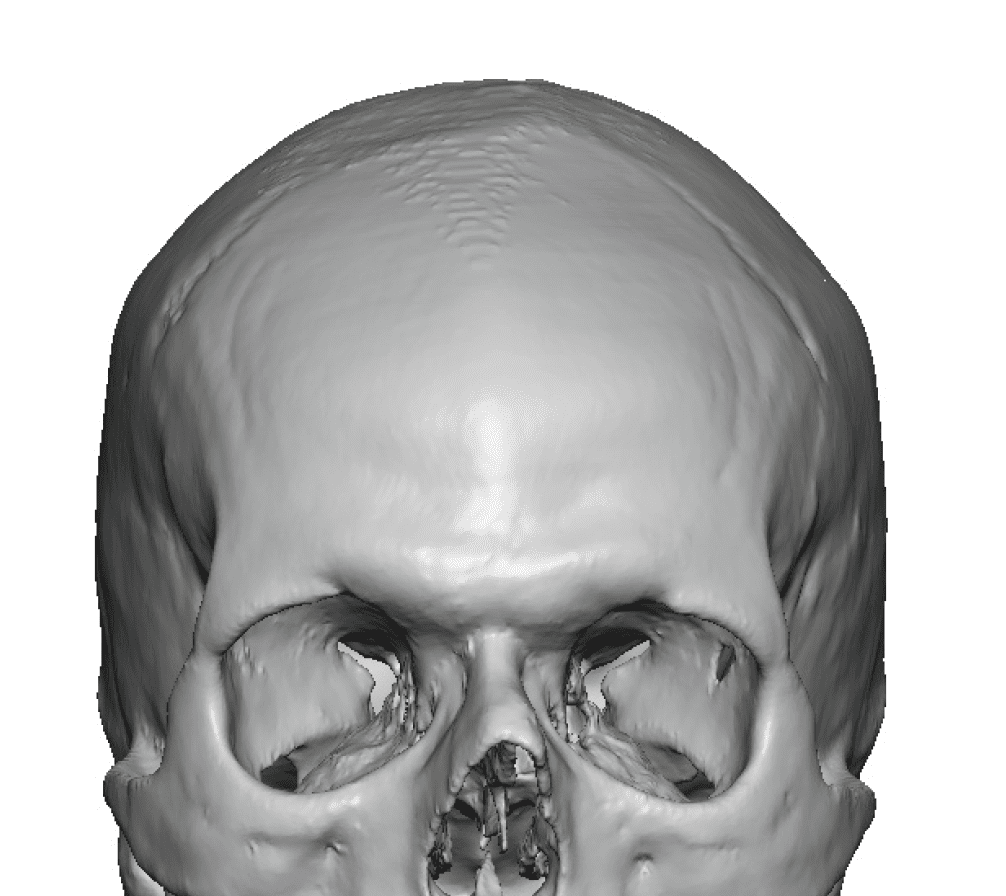
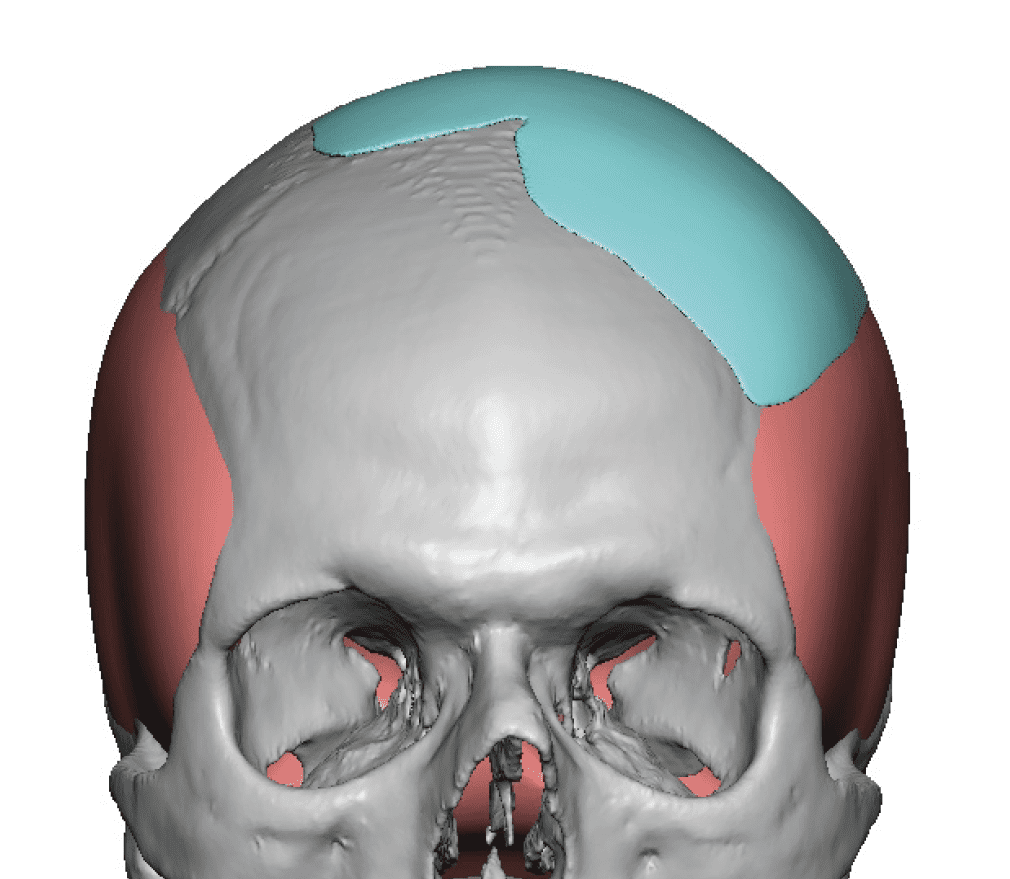
Desire to improve top of head asymmetry.
Placement of custom left parasagittal-temporal implant through a small (3 cm) scalp incision.


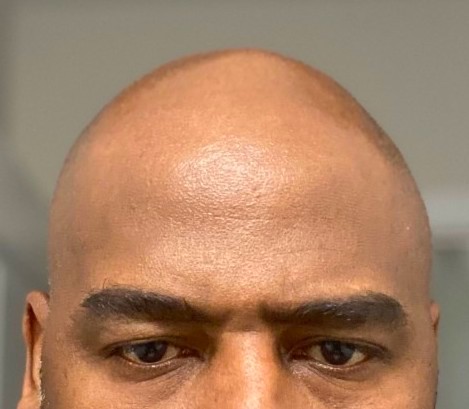
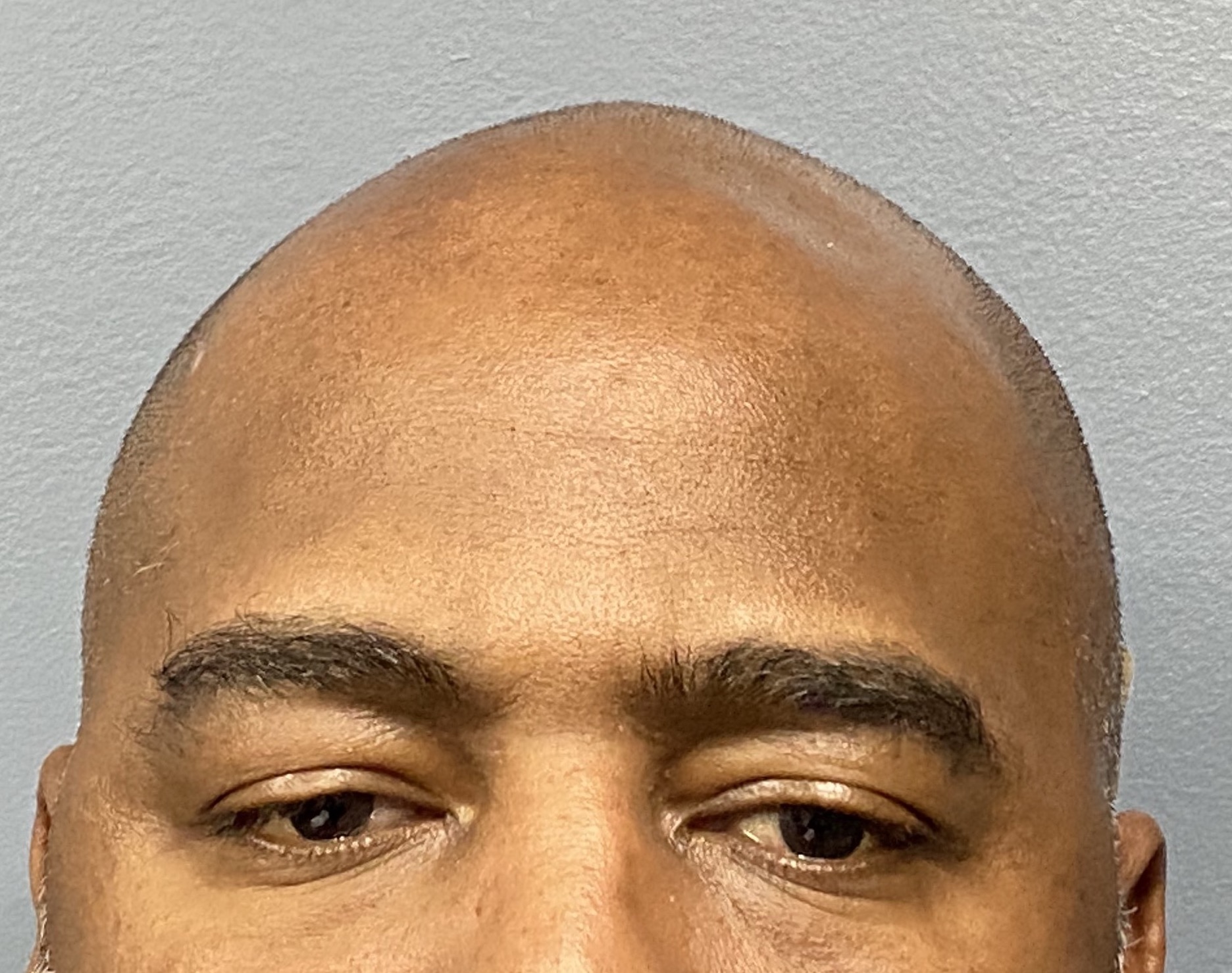
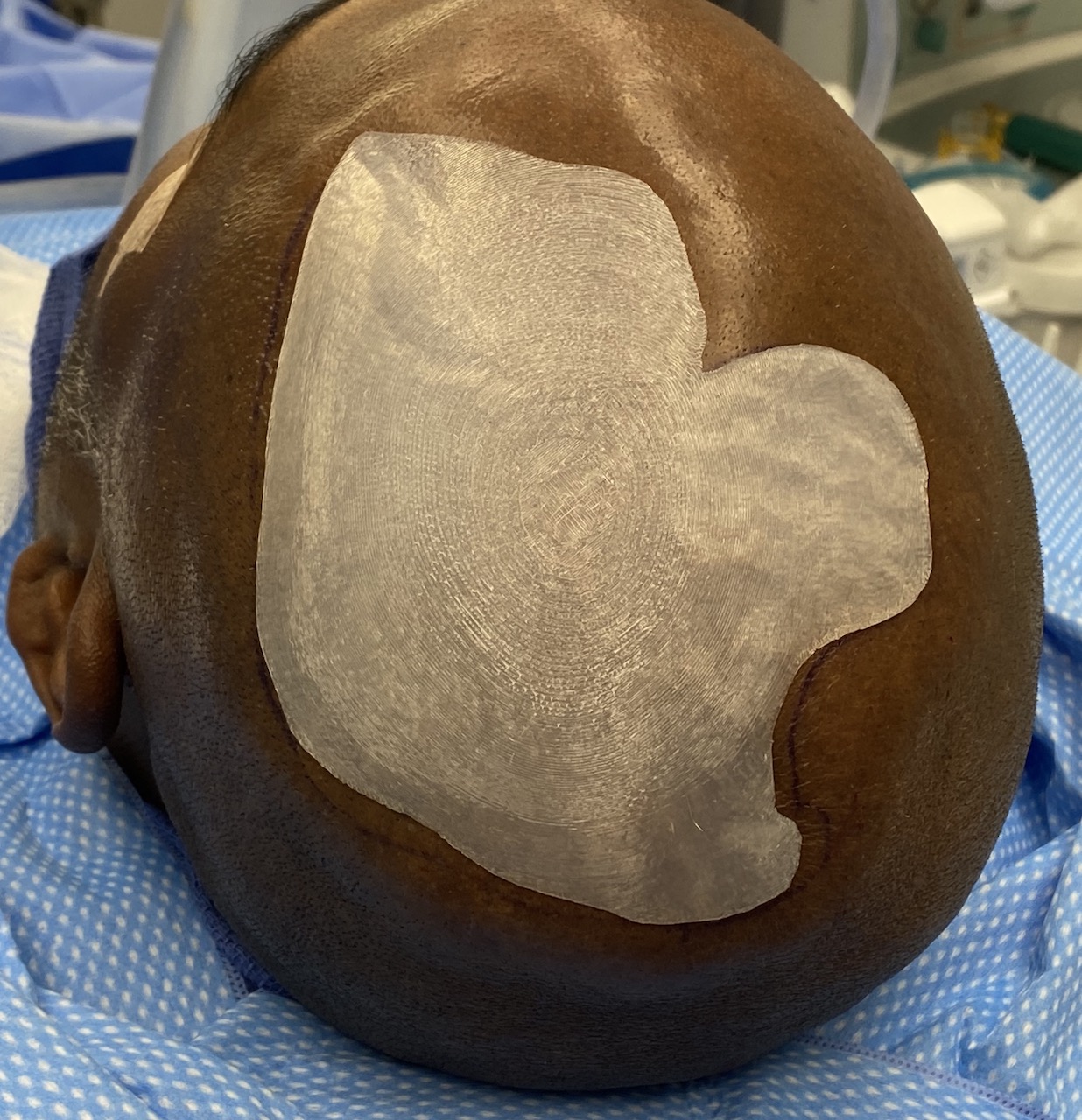
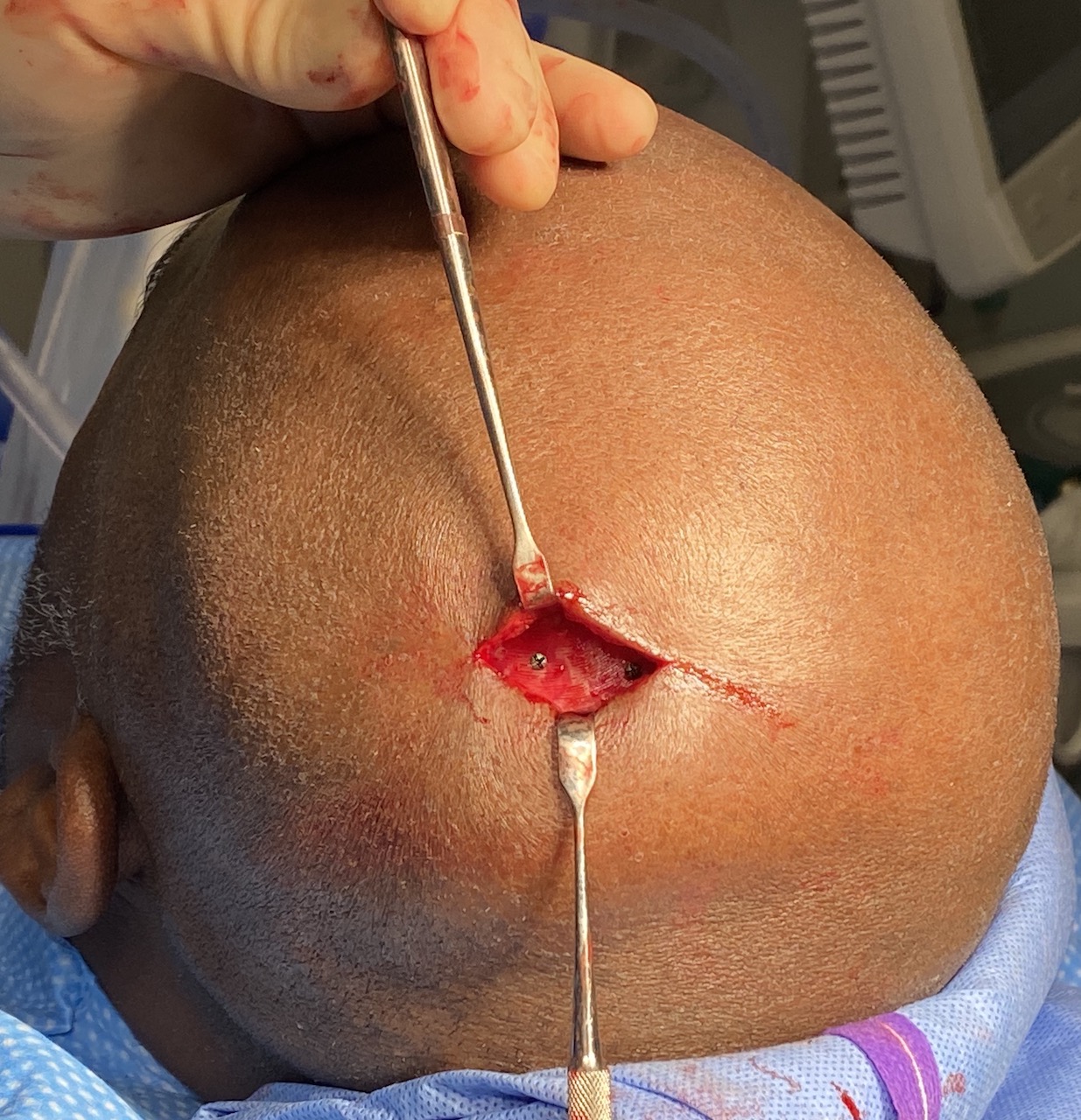
Desire to improve top of head asymmetry.
Placement of custom left parasagittal-temporal implant through a small (3 cm) scalp incision.
Patient 112
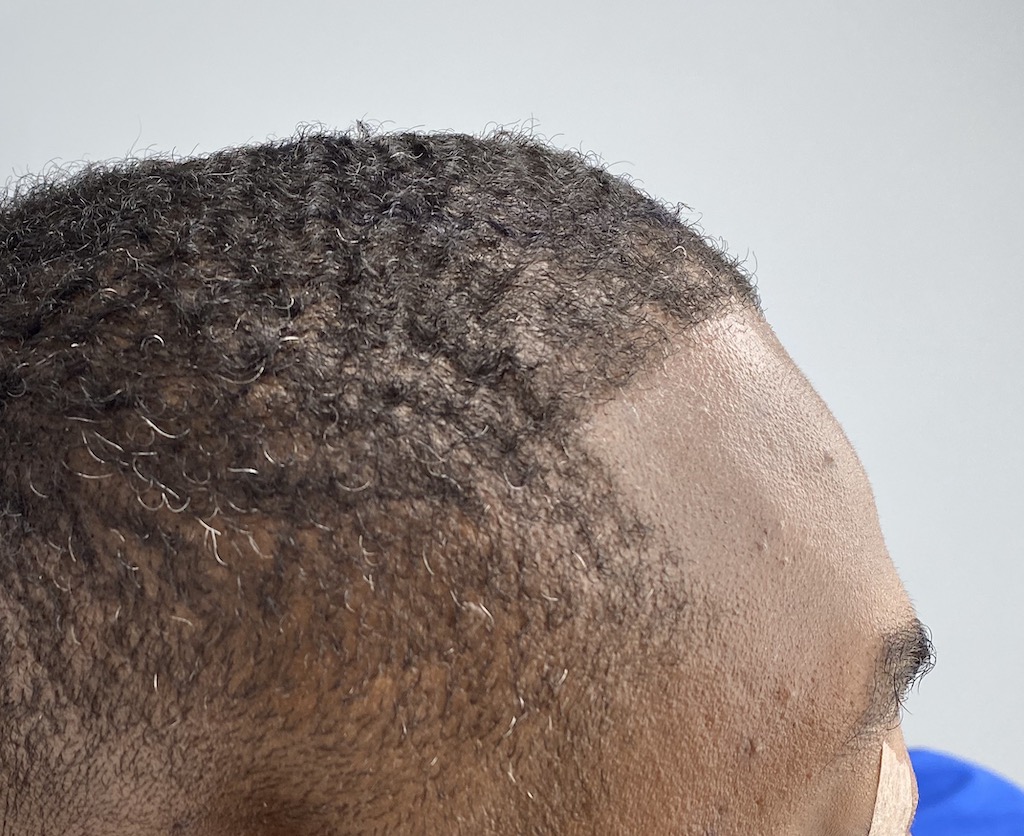
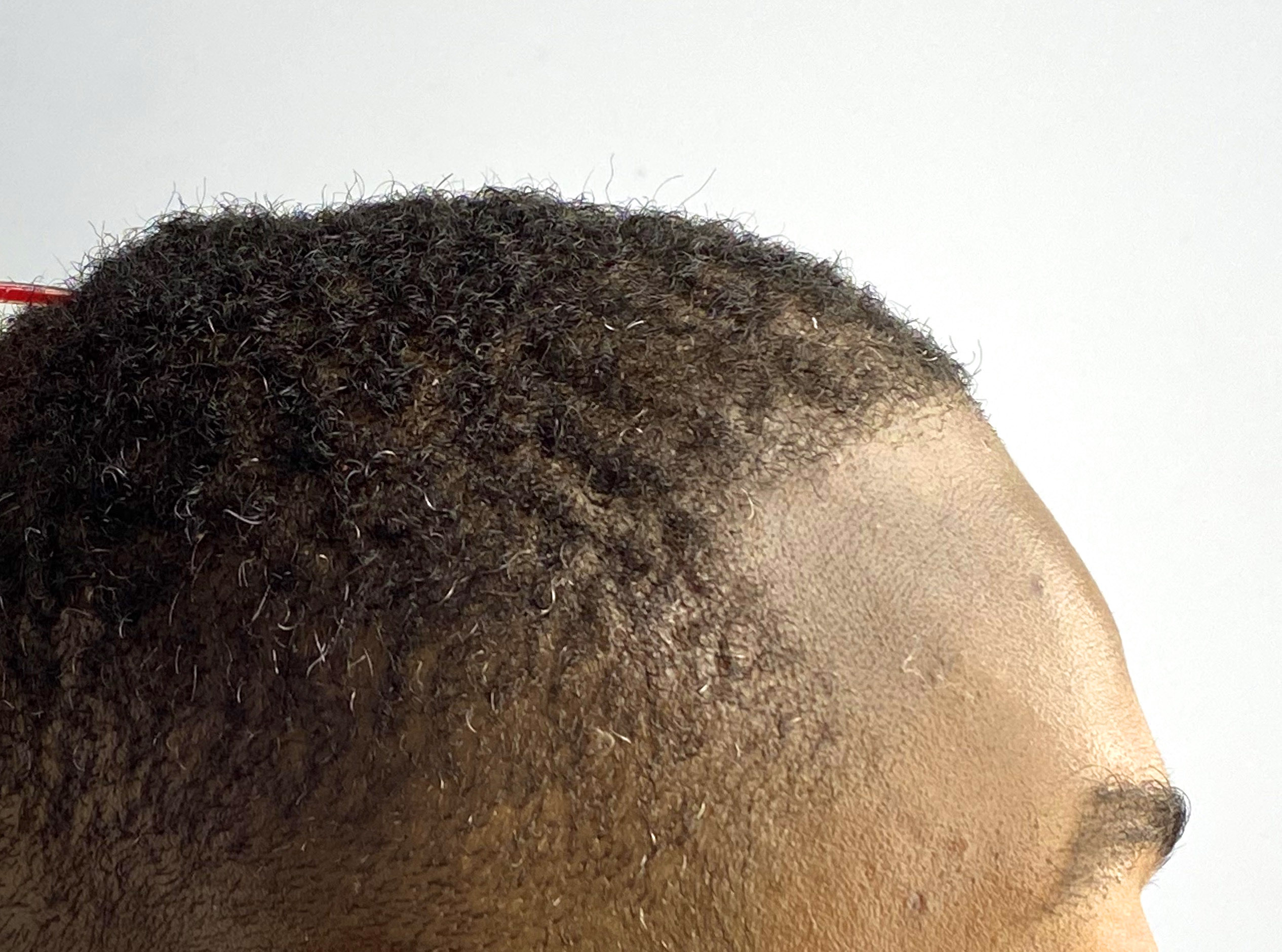
Prominent anterior fontanelle bone thickening creating a raised area that disrupted the natural skull shape in profile.
Reduction of the anterior fontanelle skull deformity using a bone burring technique done through a small scalp incision.


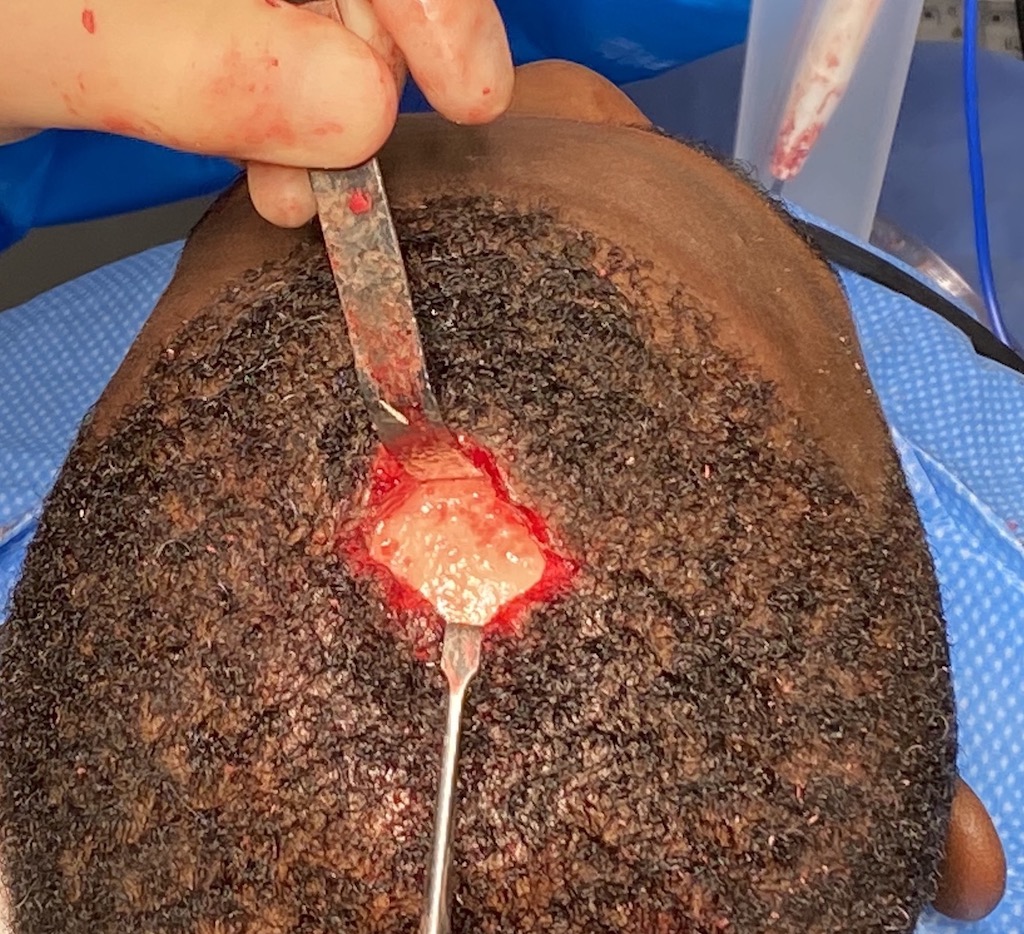
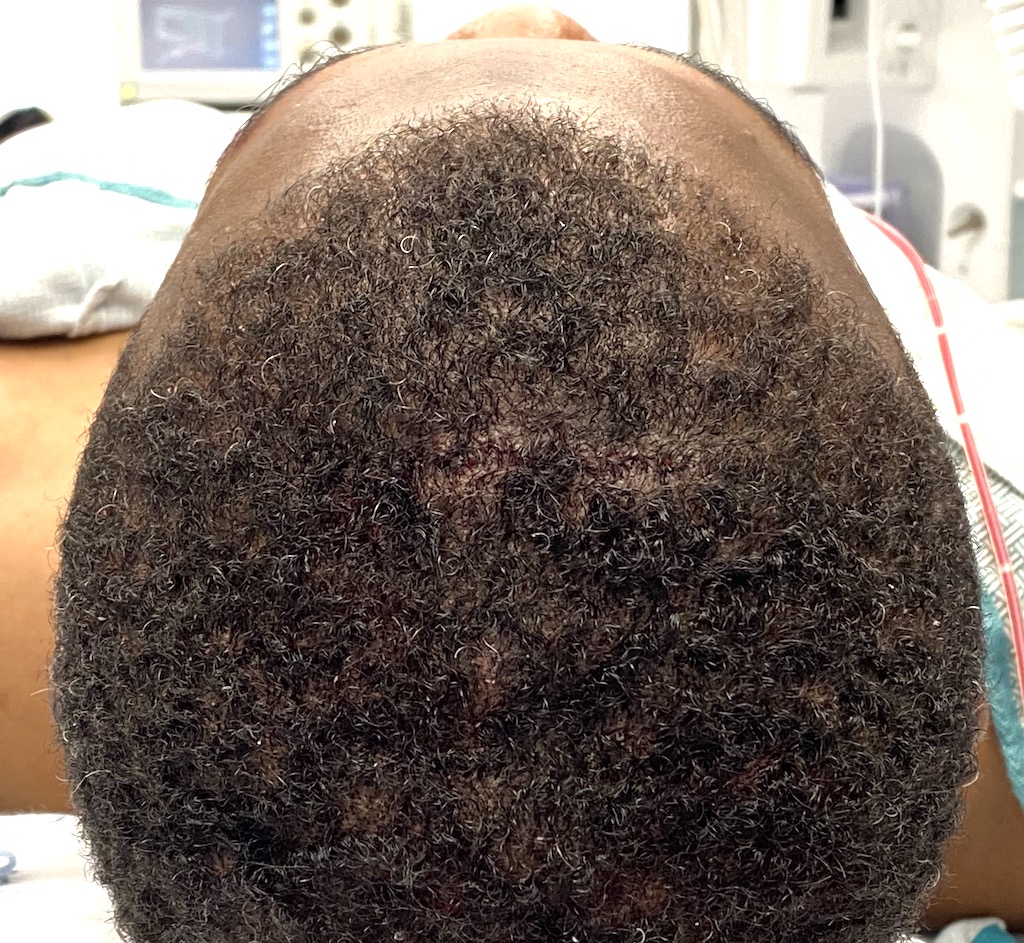
Prominent anterior fontanelle bone thickening creating a raised area that disrupted the natural skull shape in profile.
Reduction of the anterior fontanelle skull deformity using a bone burring technique done through a small scalp incision.
Patient 113
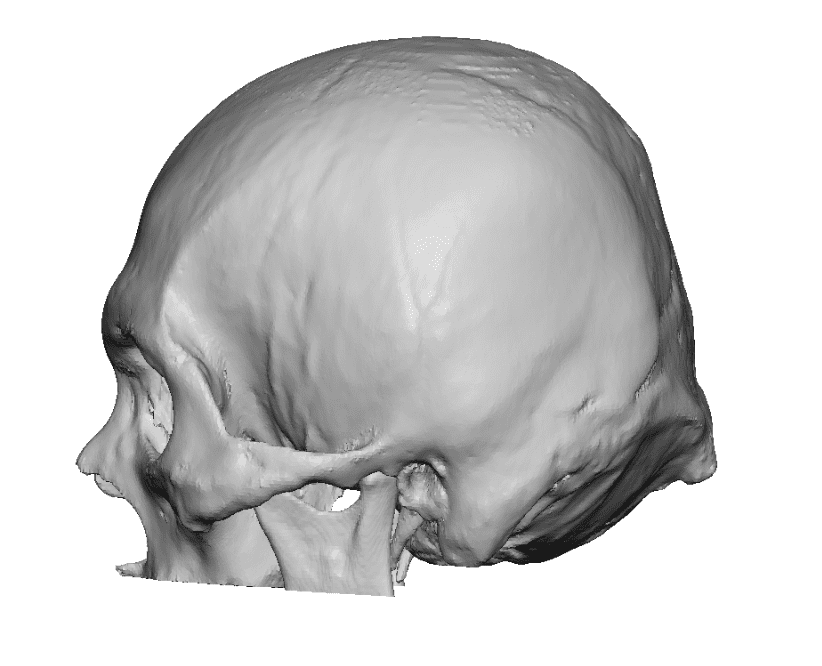
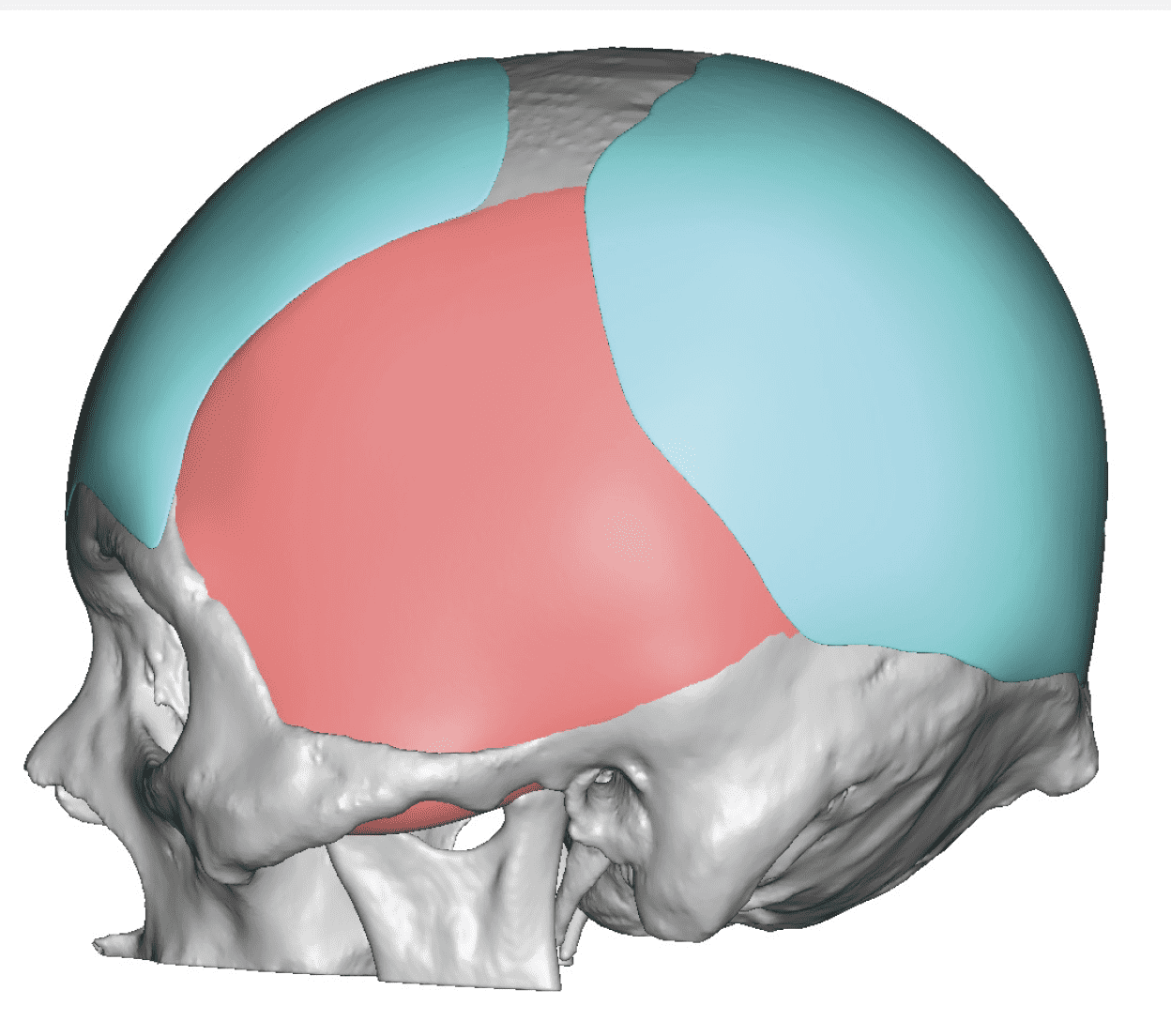
Desire to improve the flat shape of the back of his head. Has brachycephaly with one side flatter than the other. (asymmetry)
Placement of custom back of the head skull implant to improve the overall projection and give it a rounder shape.


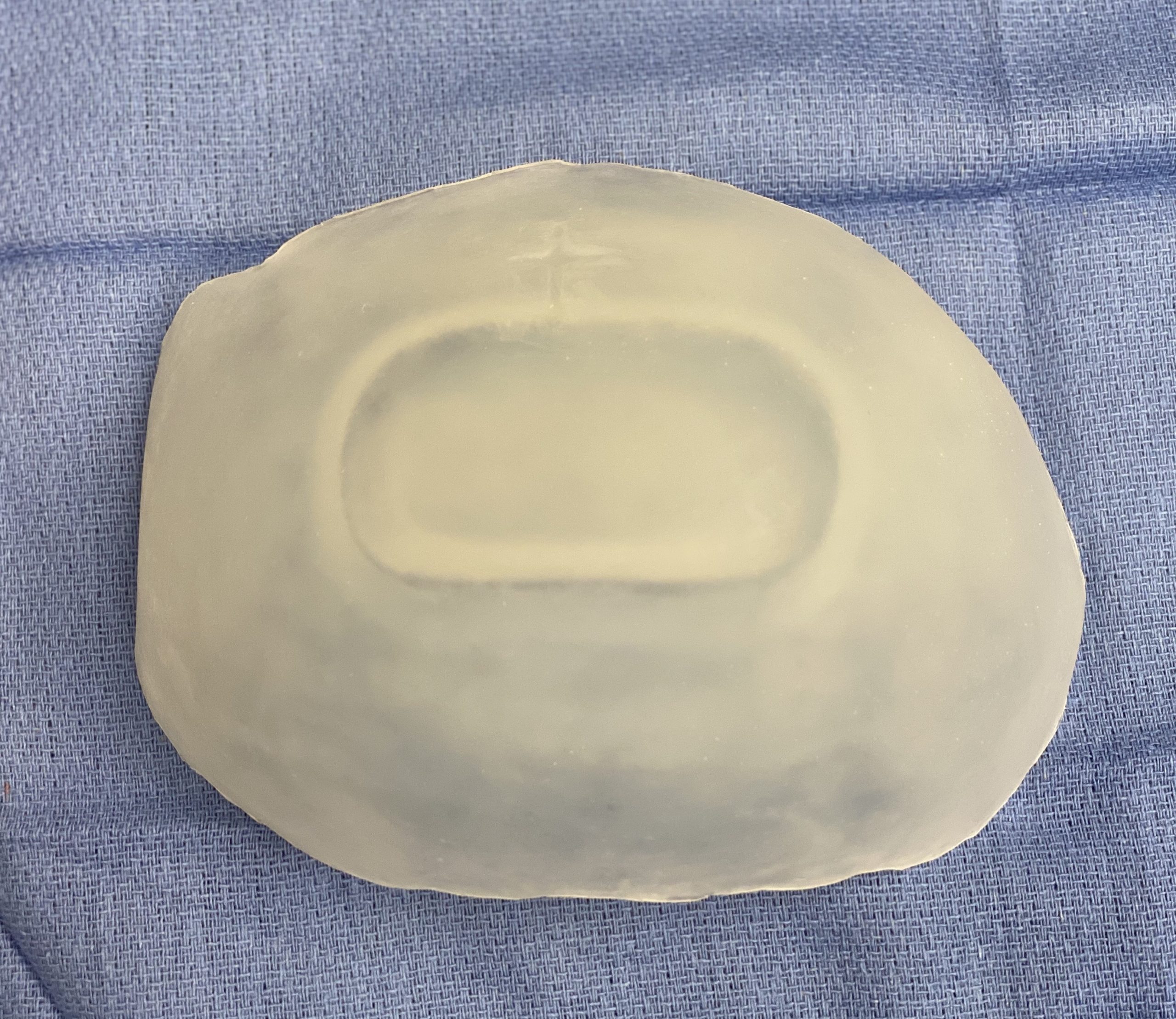
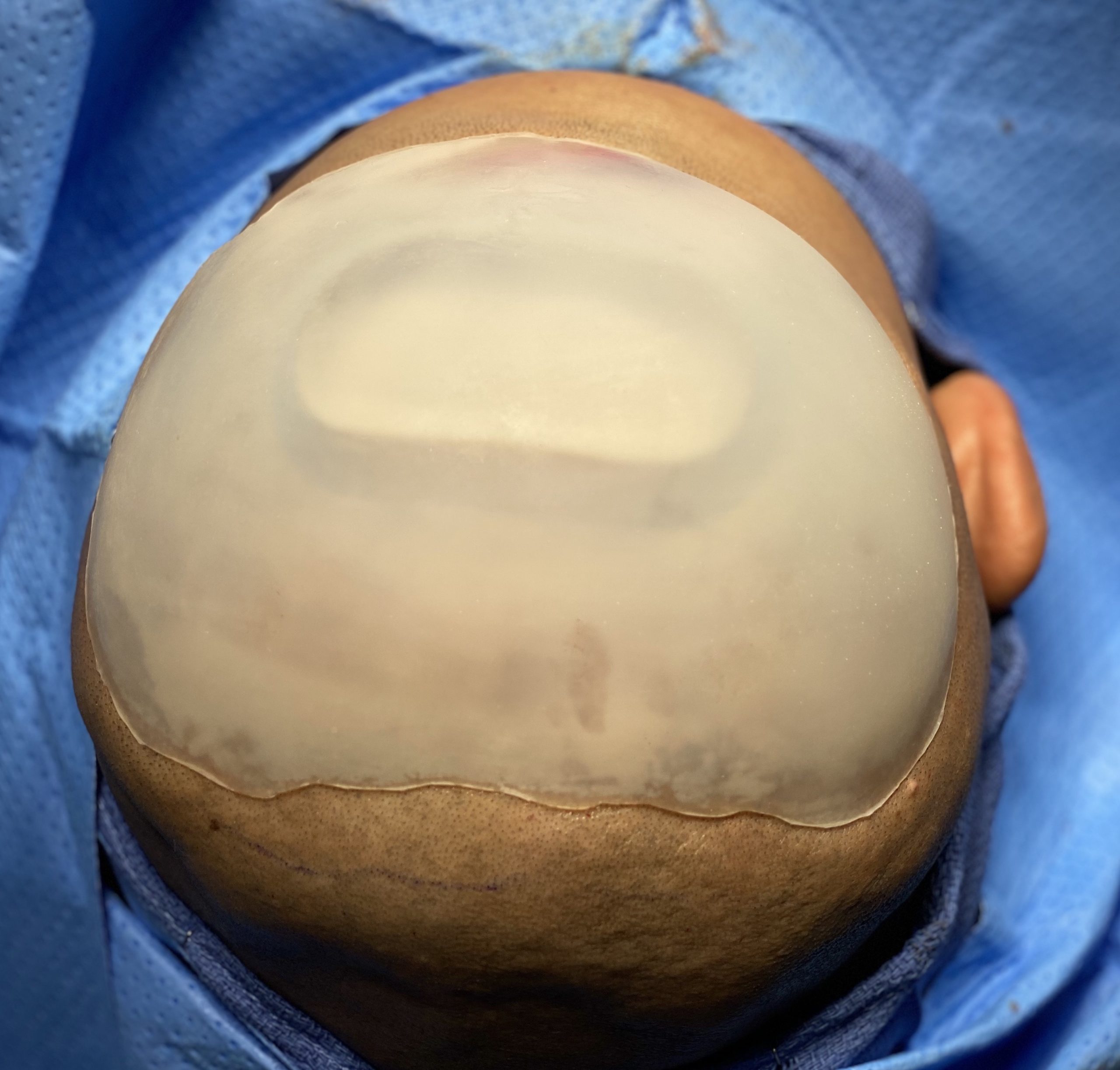
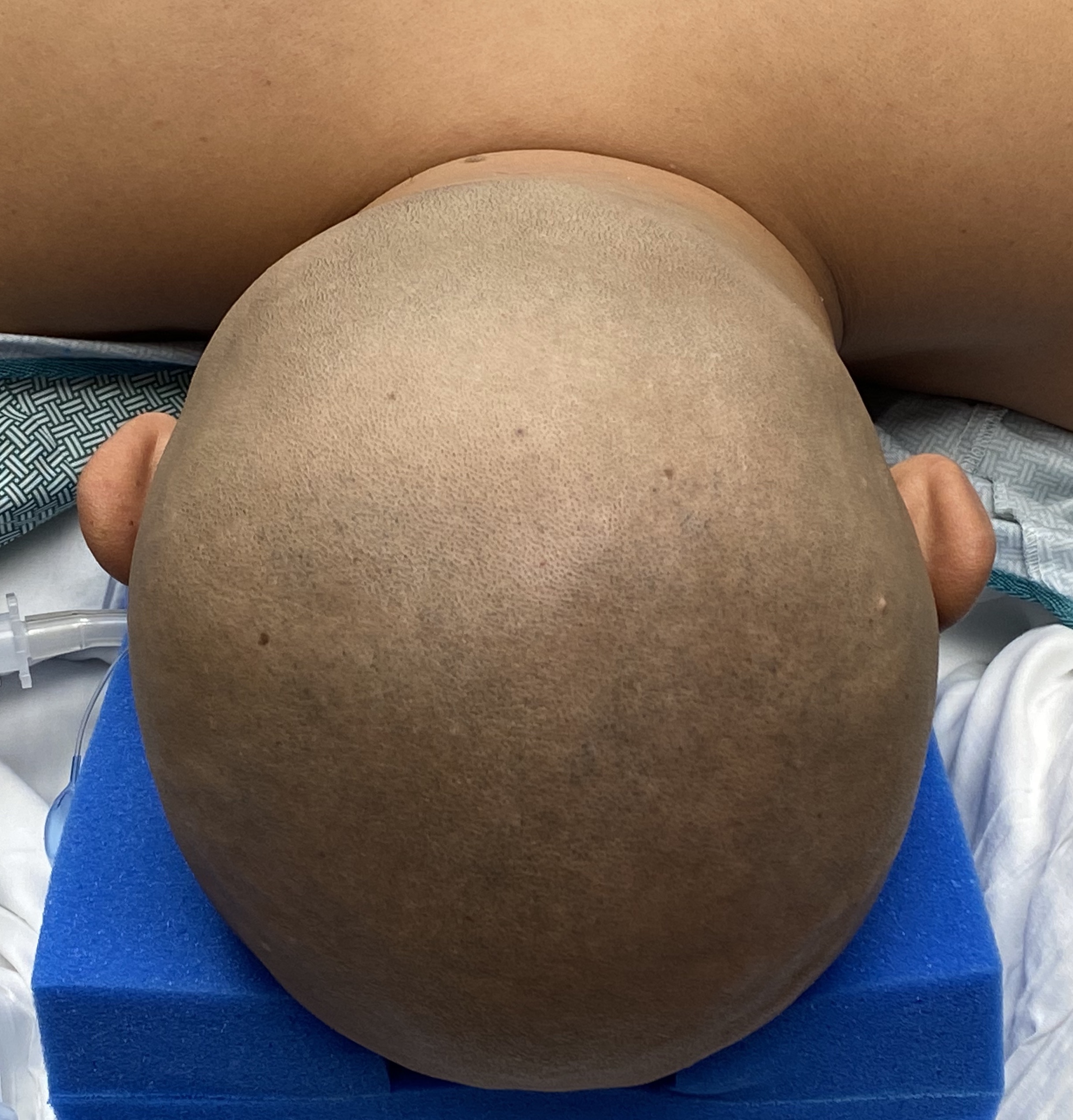
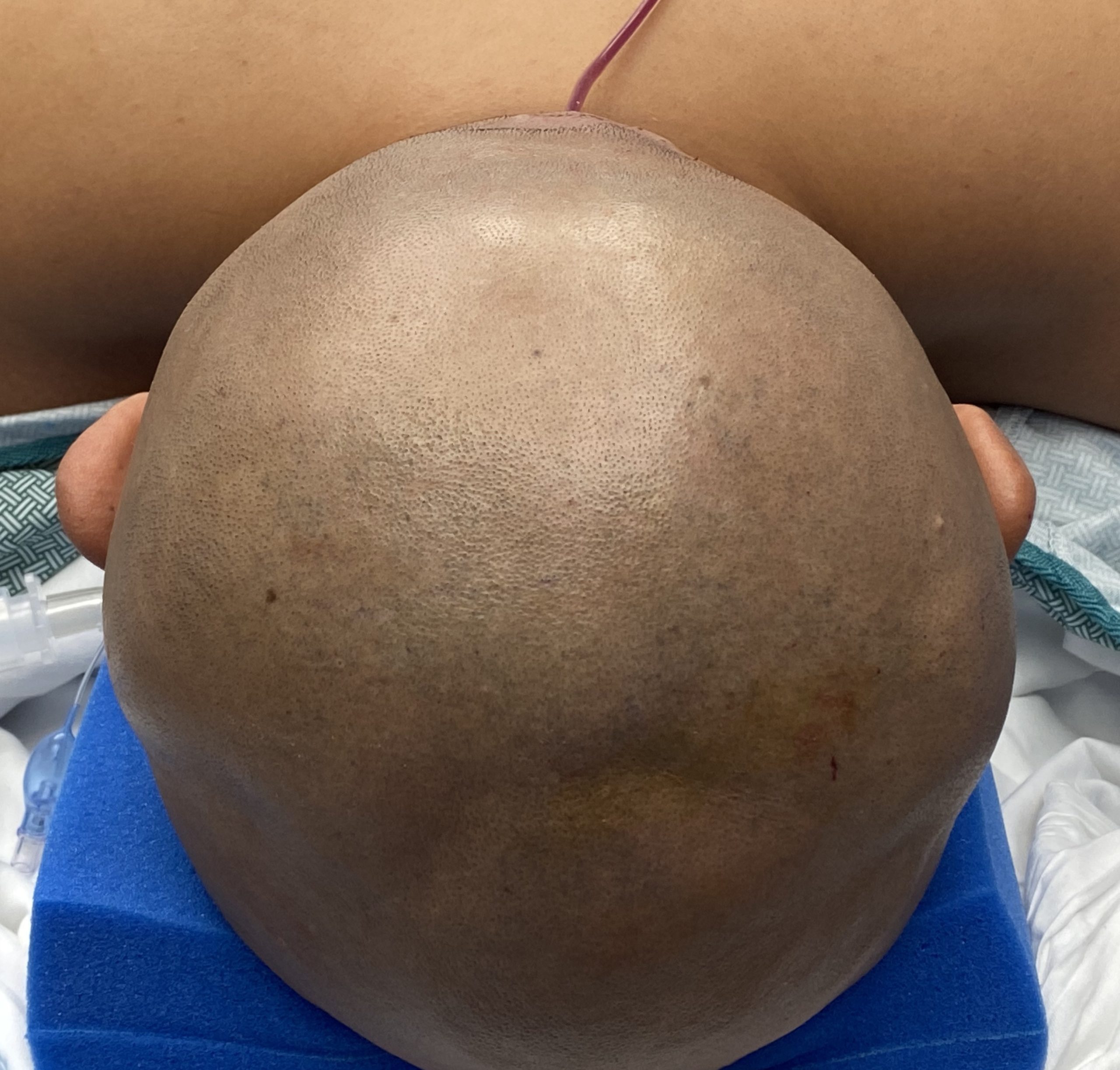
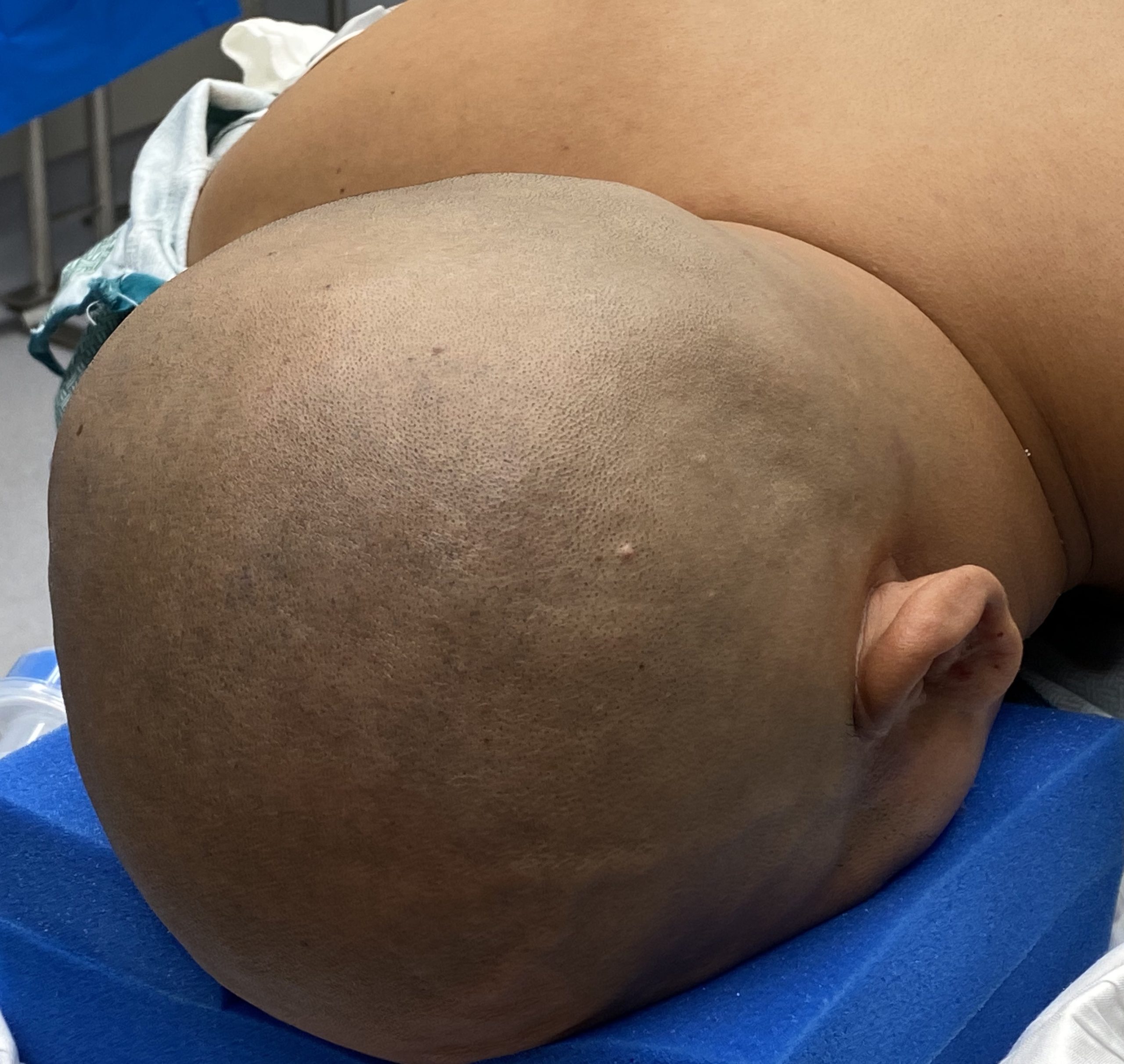
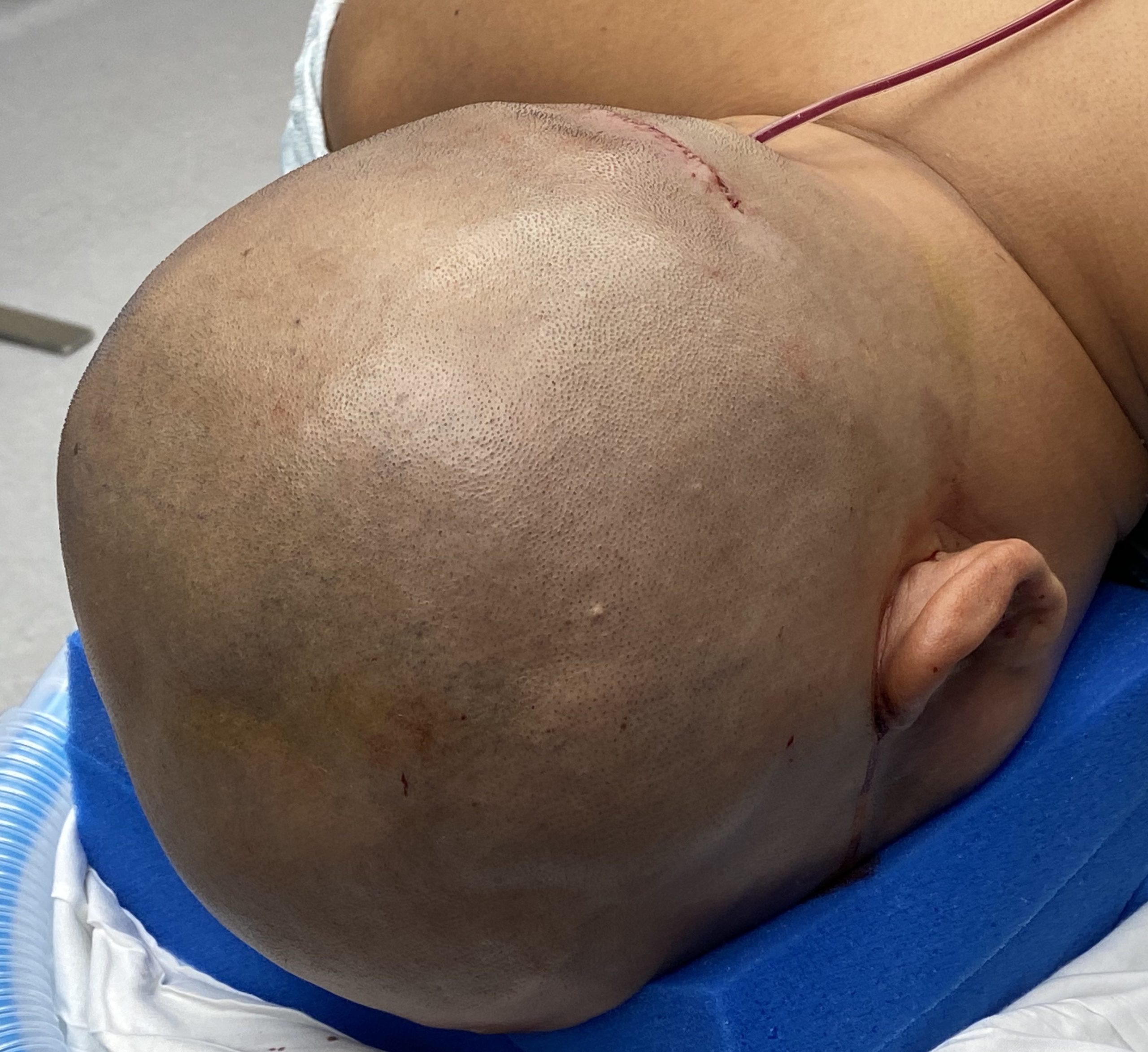
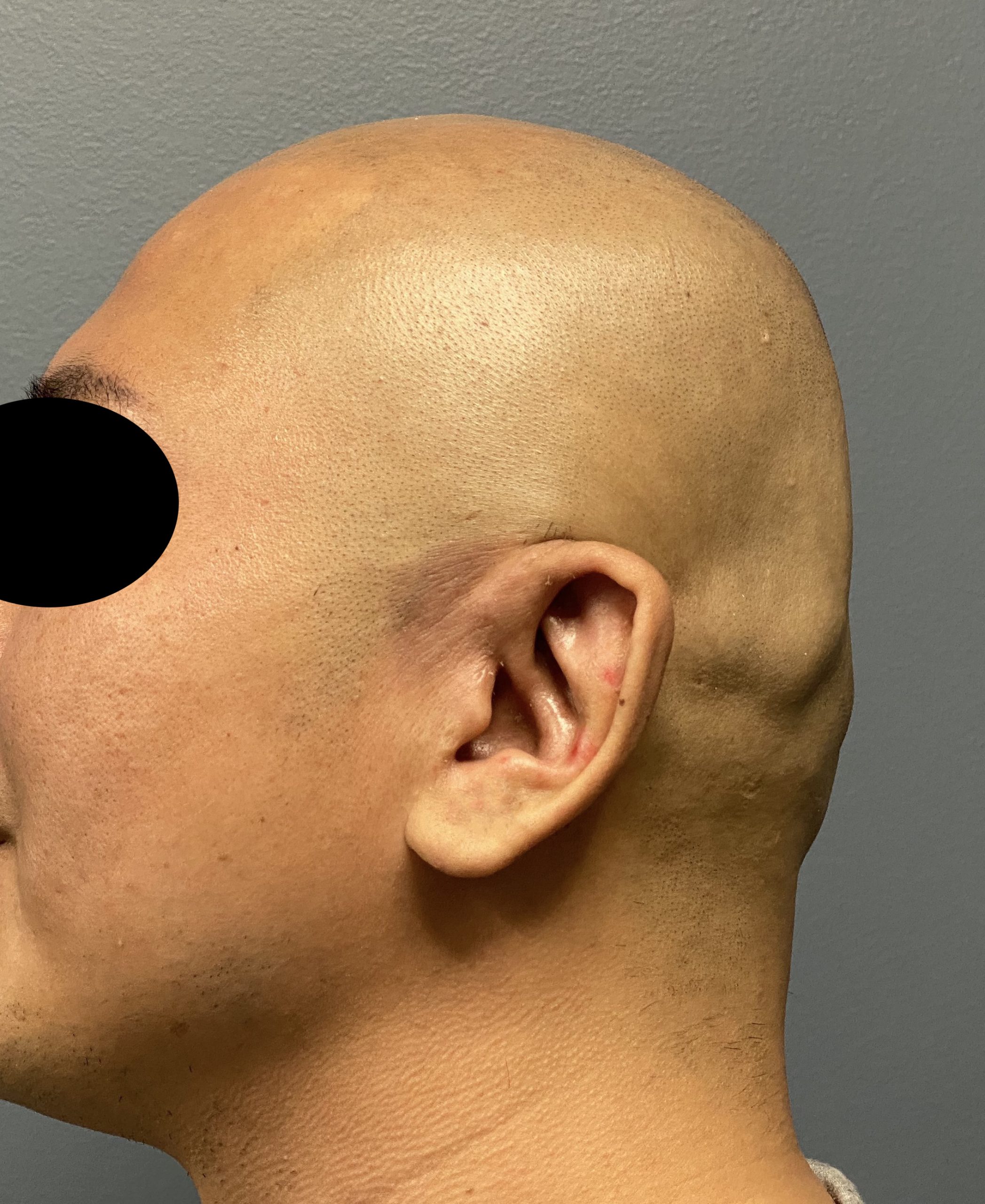
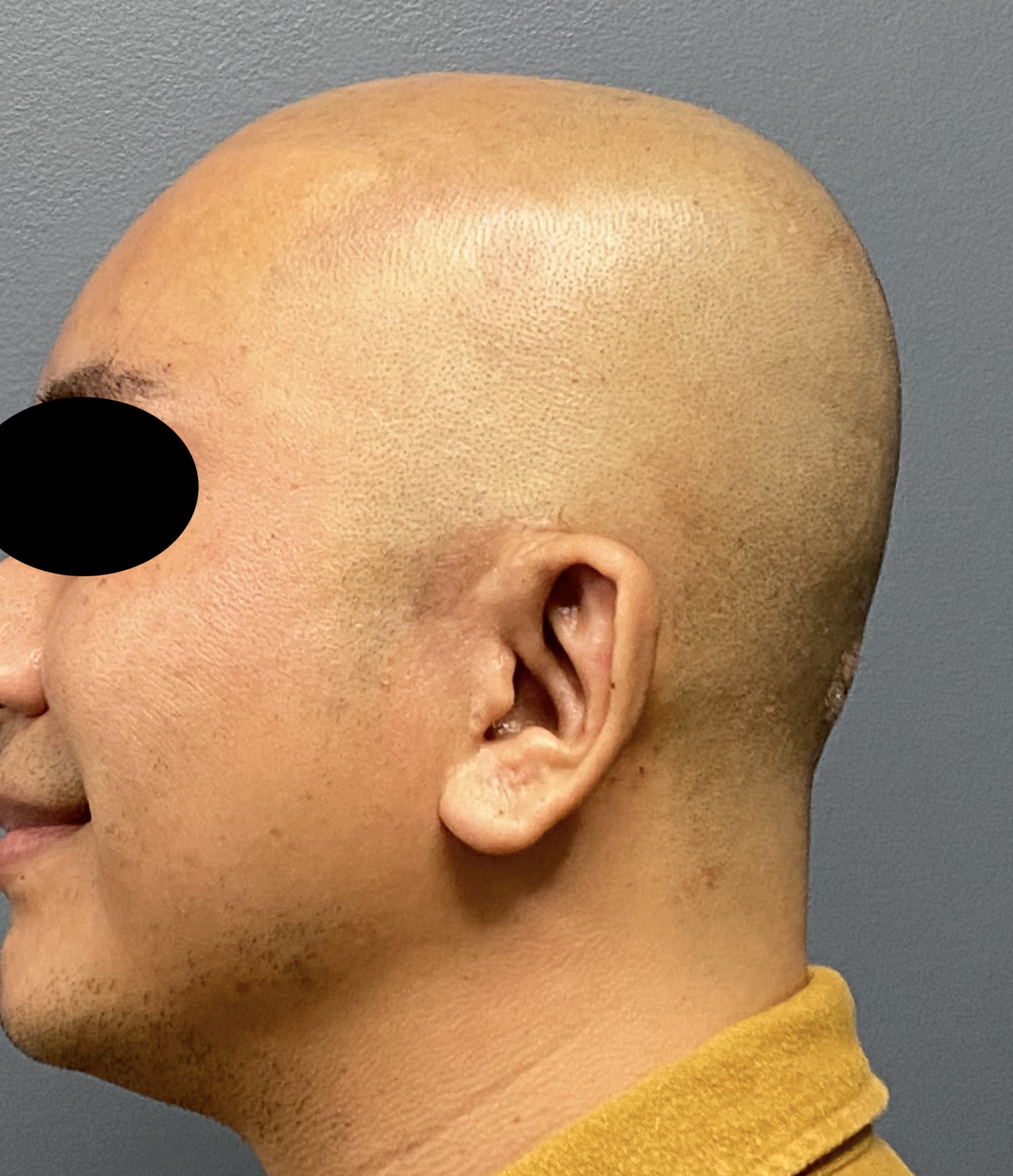
Desire to improve the flat shape of the back of his head. Has brachycephaly with one side flatter than the other. (asymmetry)
Placement of custom back of the head skull implant to improve the overall projection and give it a rounder shape.
Patient 114
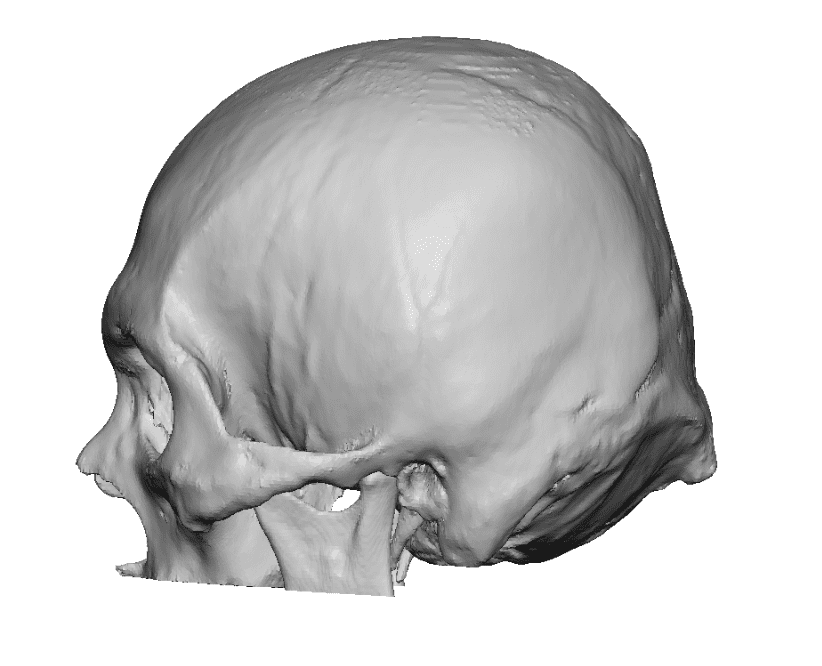
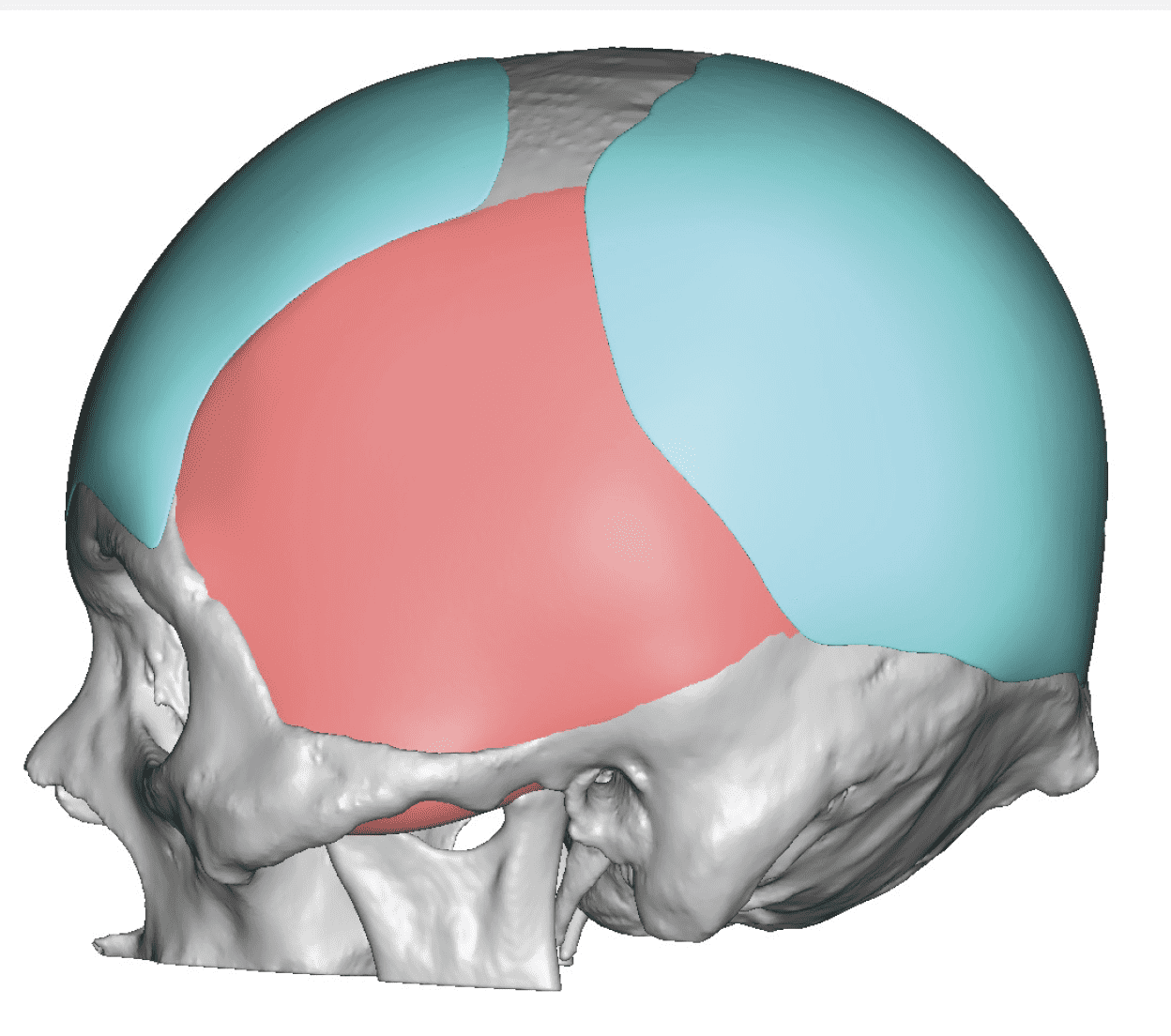
Desire for forehead augmentation to complement the more significant back of head augmentation that he is having done at the same time.
Custom forehead implant placed during the same surgery as a large back of the head skull implant for an overall skull lengthening and reshaping from front to back.


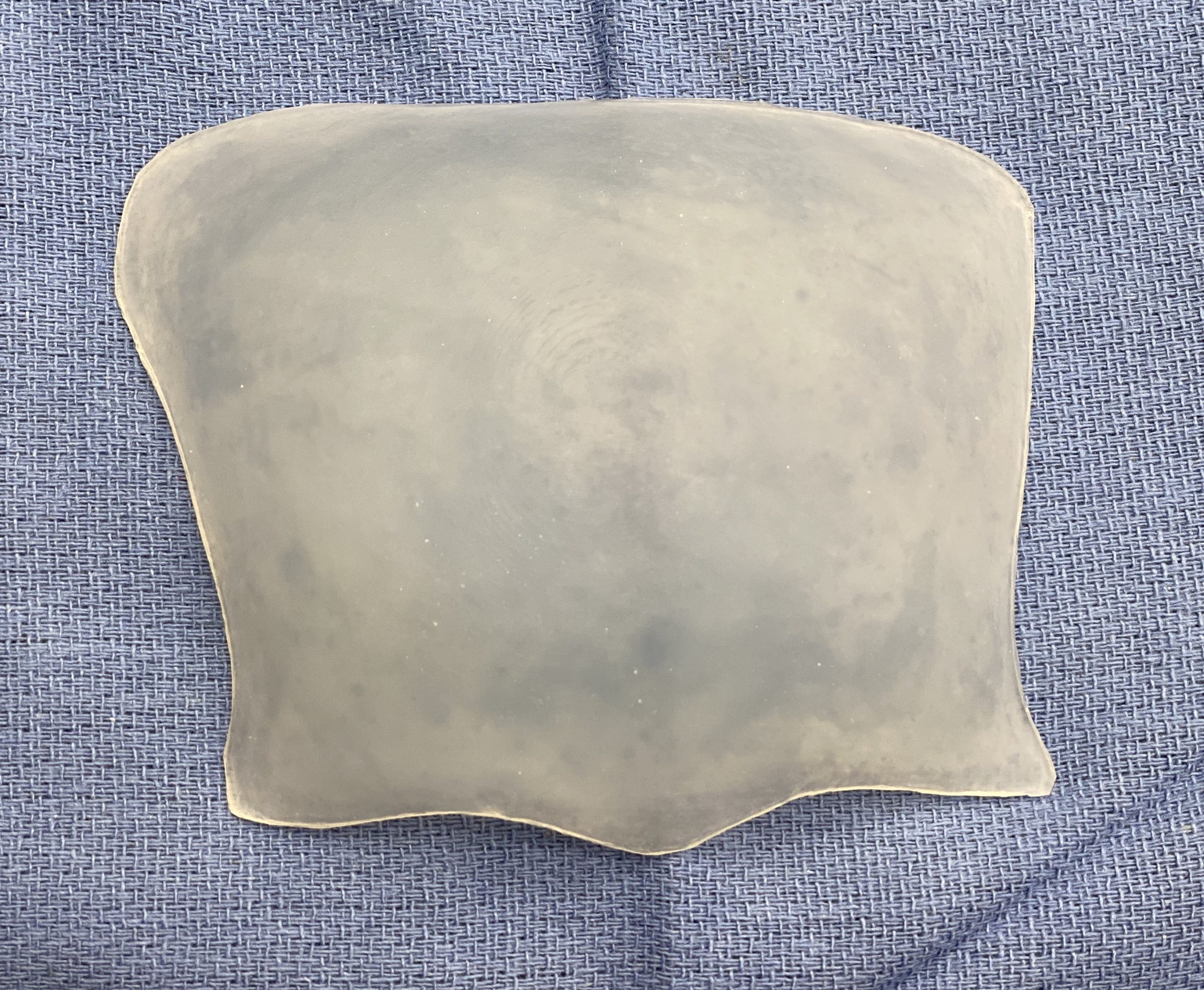
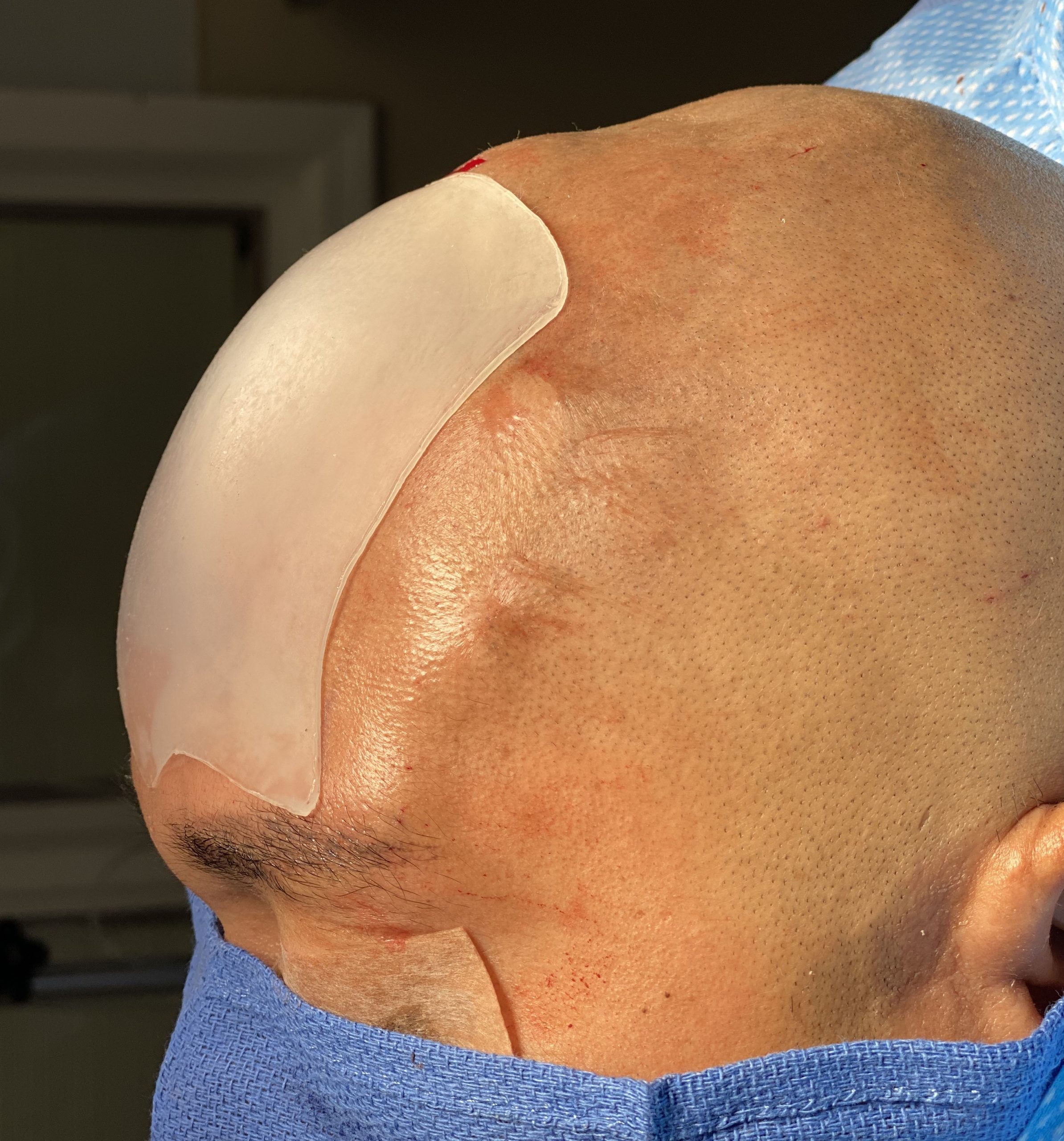
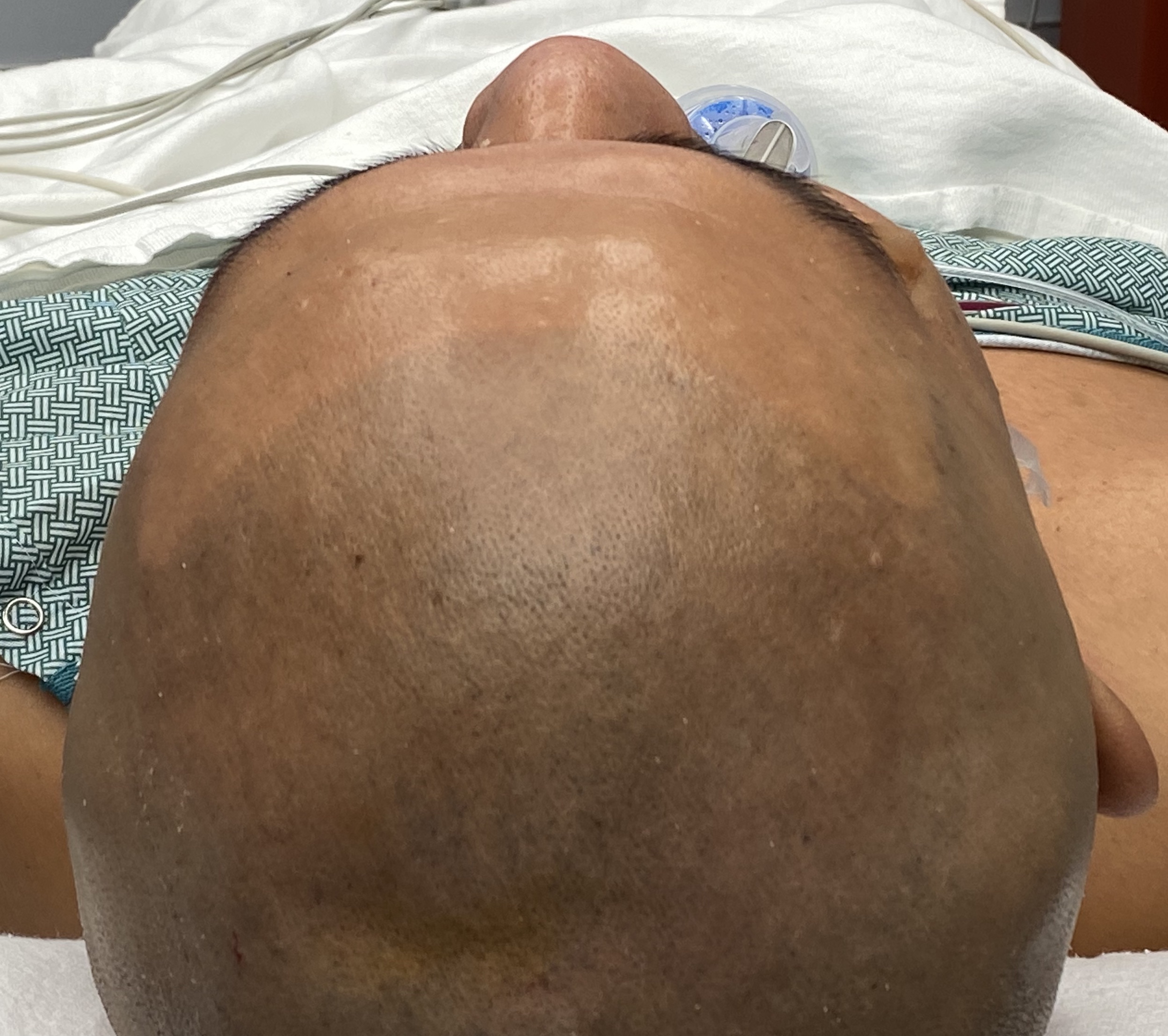
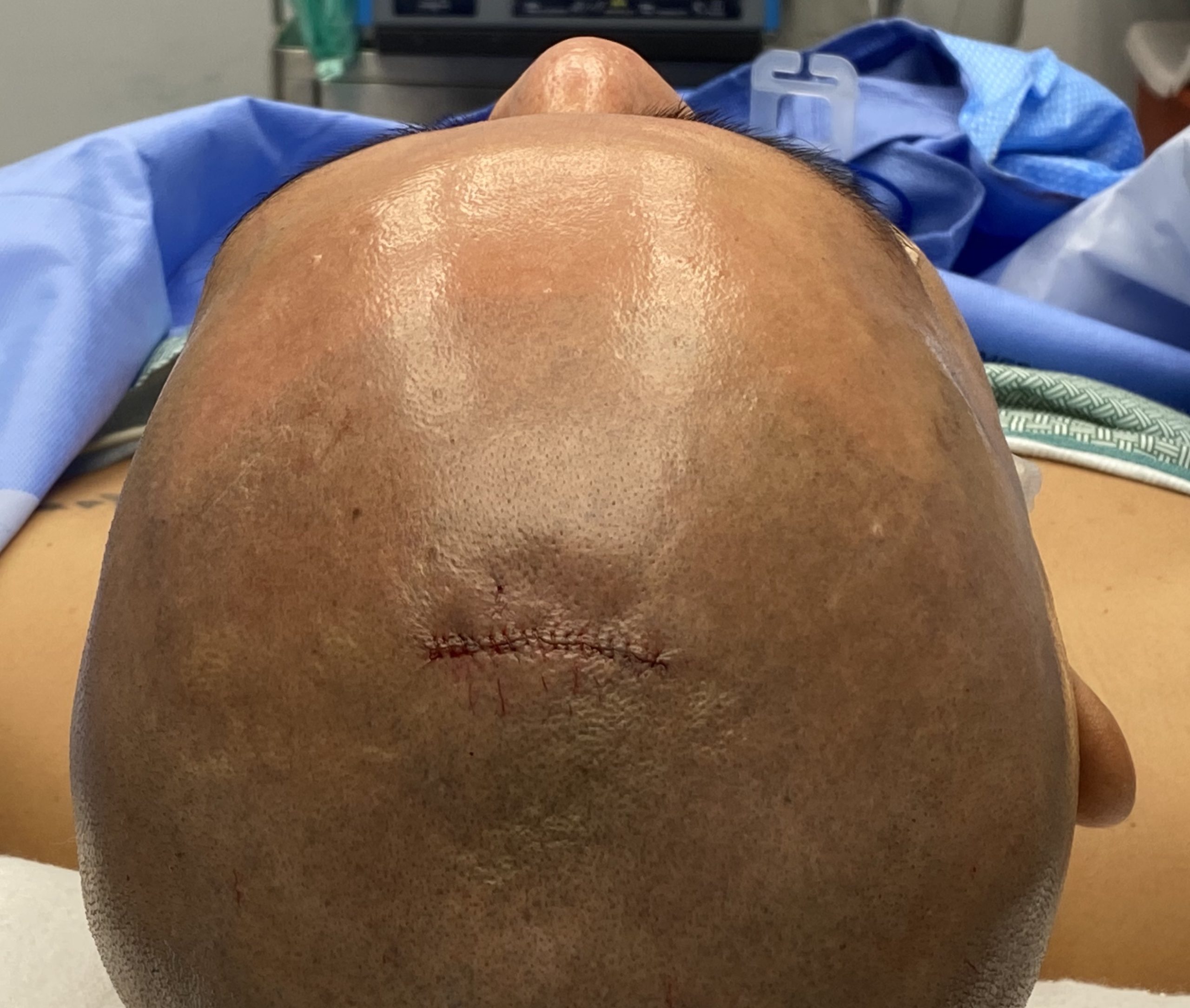
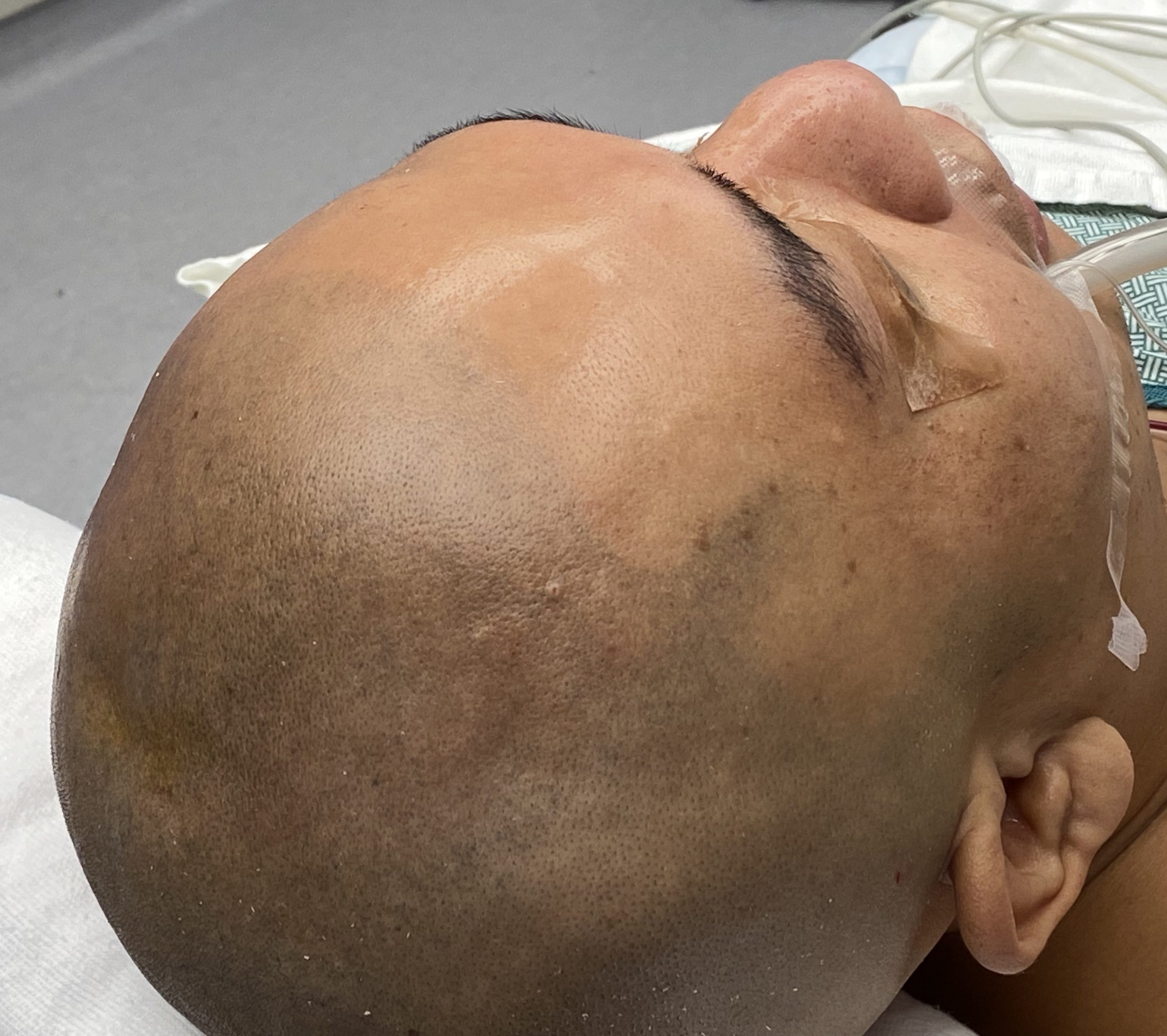
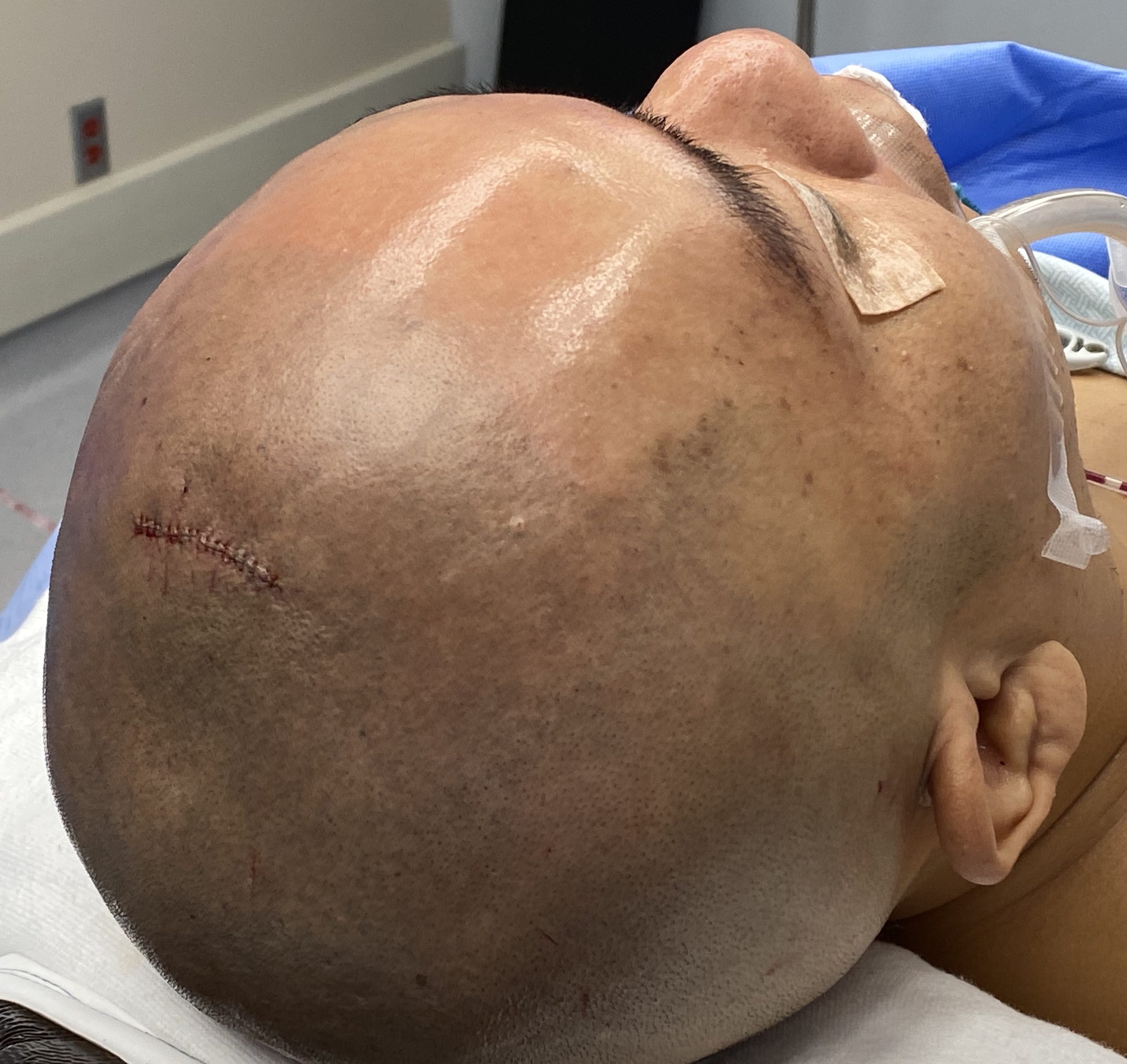
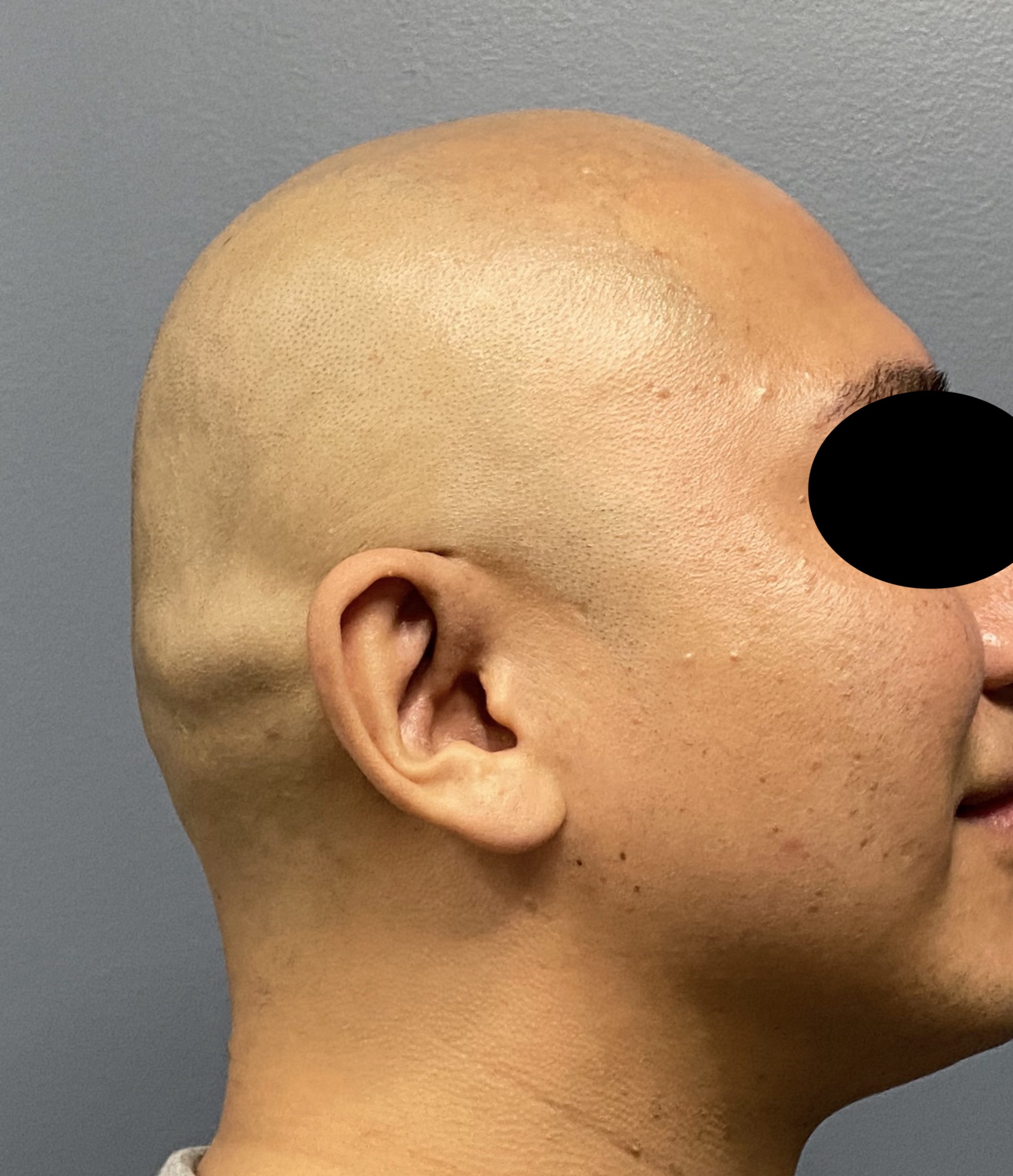
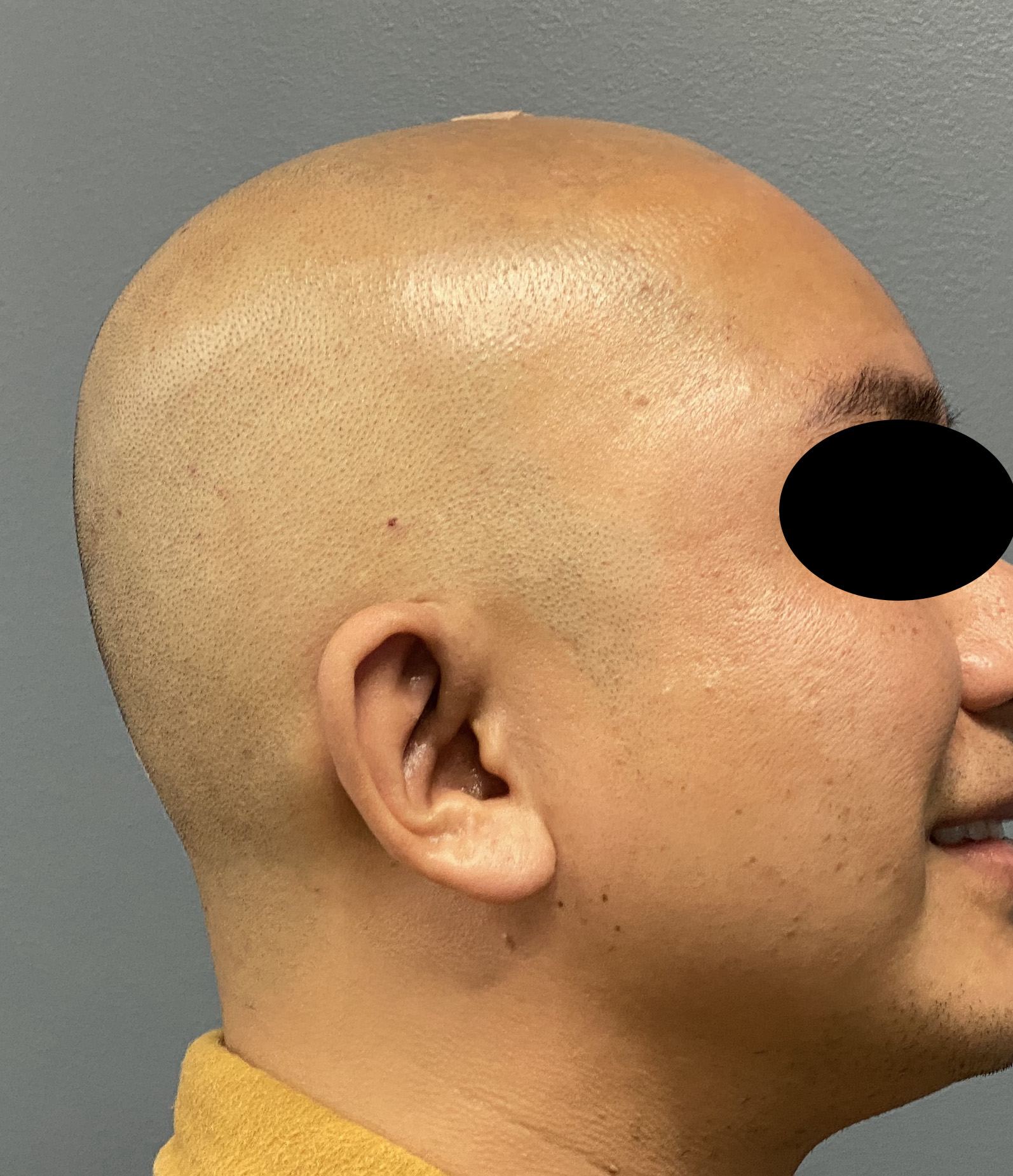
Desire for forehead augmentation to complement the more significant back of head augmentation that he is having done at the same time.
Custom forehead implant placed during the same surgery as a large back of the head skull implant for an overall skull lengthening and reshaping from front to back.
Patient 115

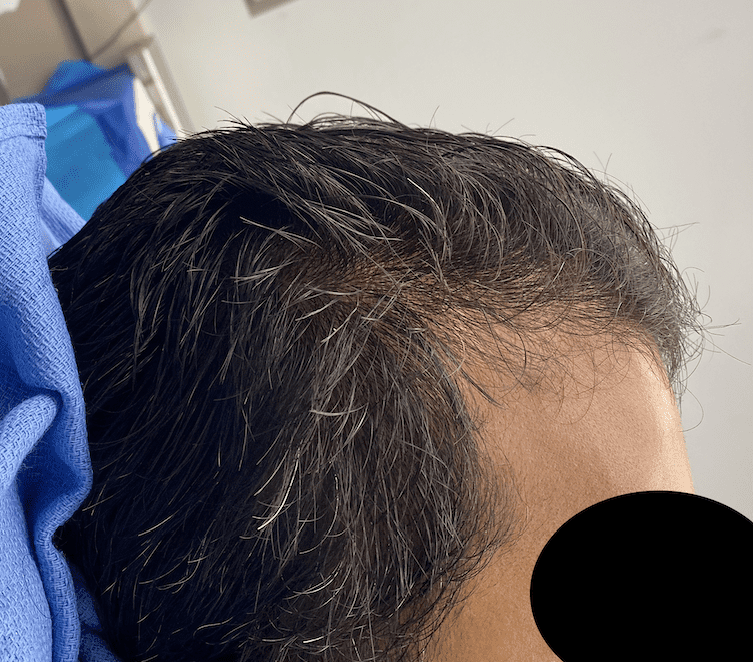
Desire to reduce raised area on the top of his head.
Top of the head skull reduction performed through a limited scalp incision.


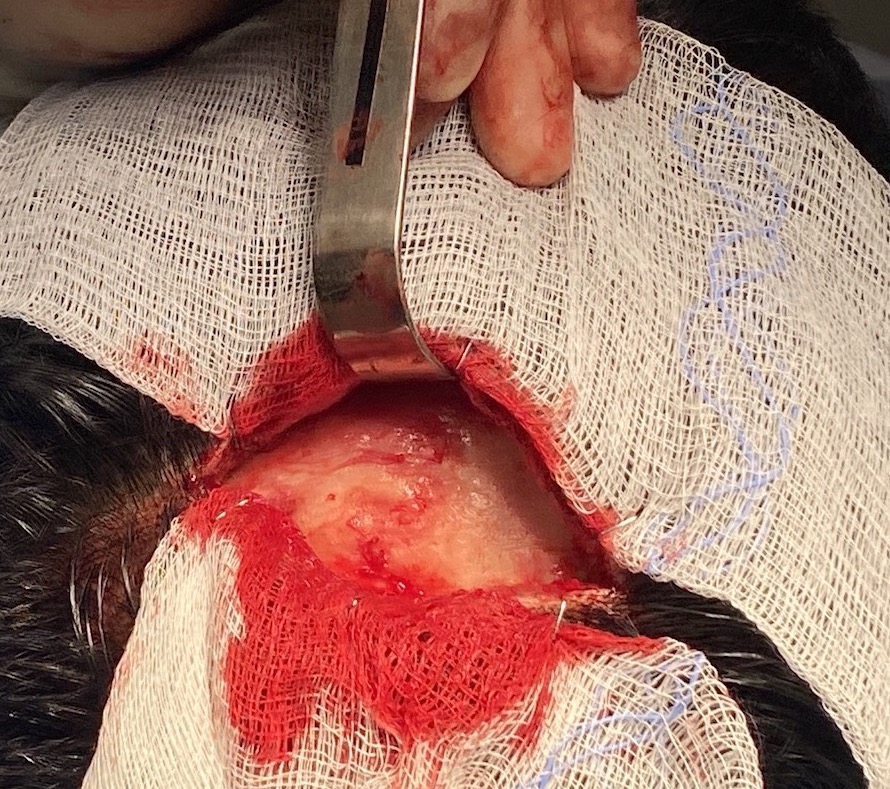
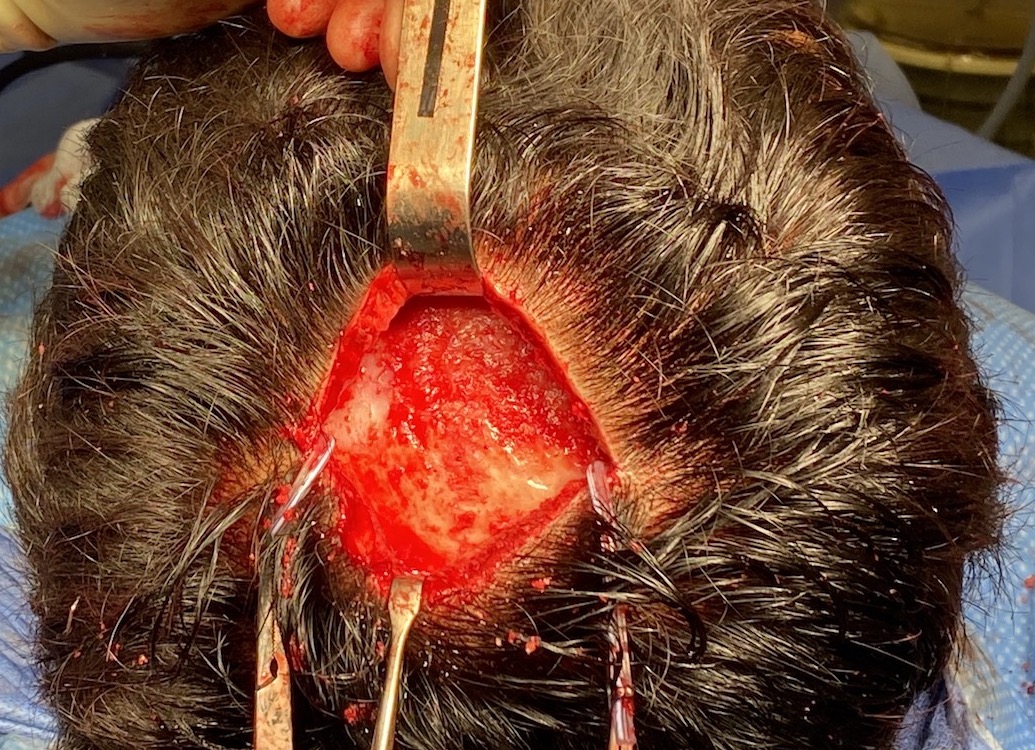
Desire to reduce raised area on the top of his head.
Top of the head skull reduction performed through a limited scalp incision.
Patient 116
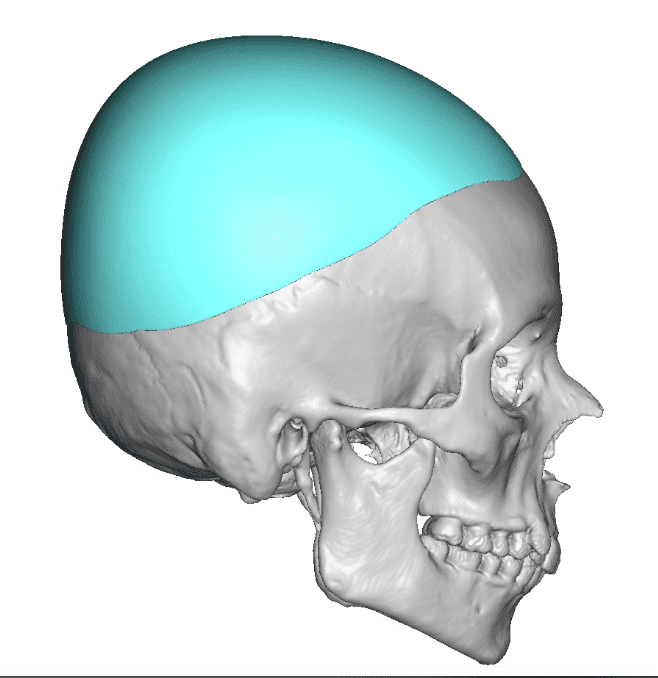
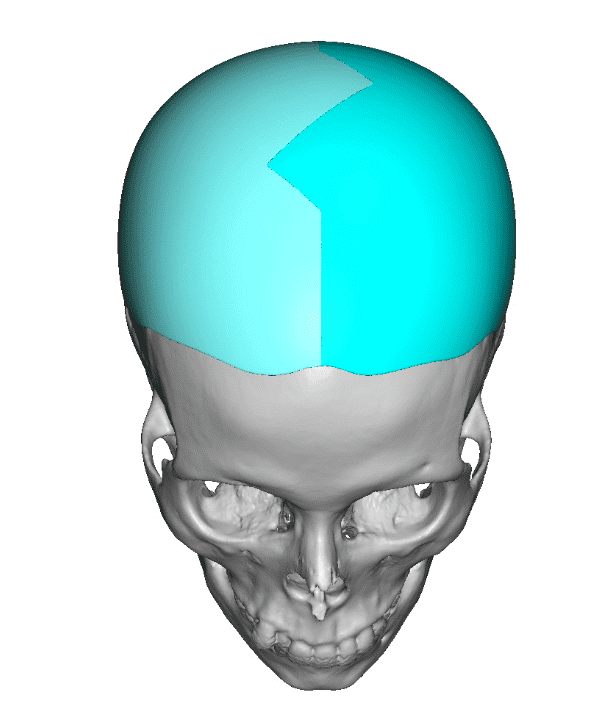
Desire for large overall skull augmentation procedure. Two piece custom skull implant designed with 250ccs volume.
1st stage scalp expander placed and inflated to 225ccs. 2nd stage two piece skull implant placed 4 months later.


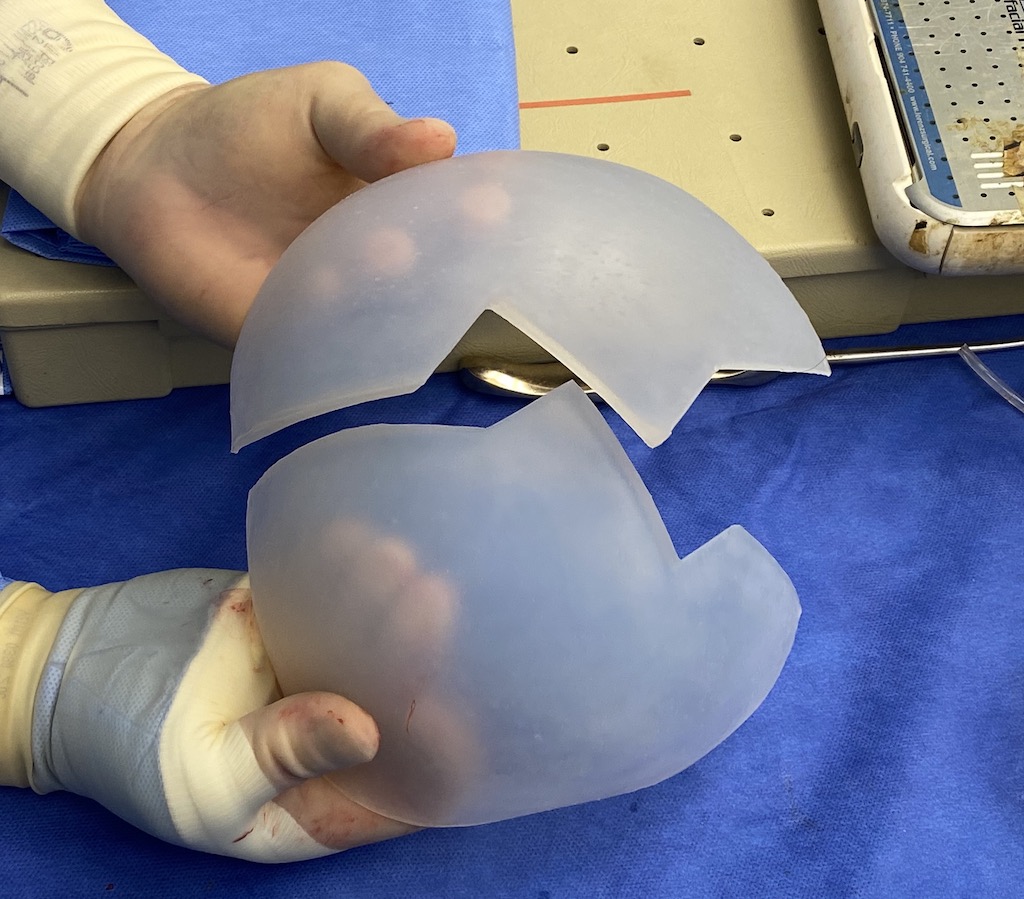
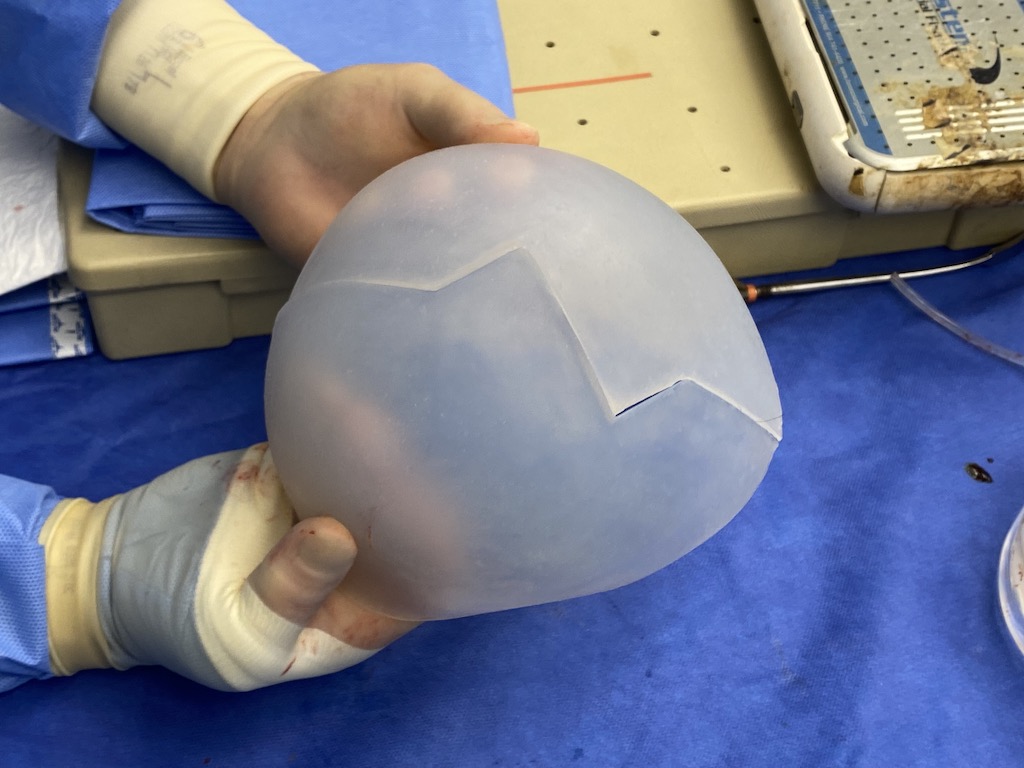
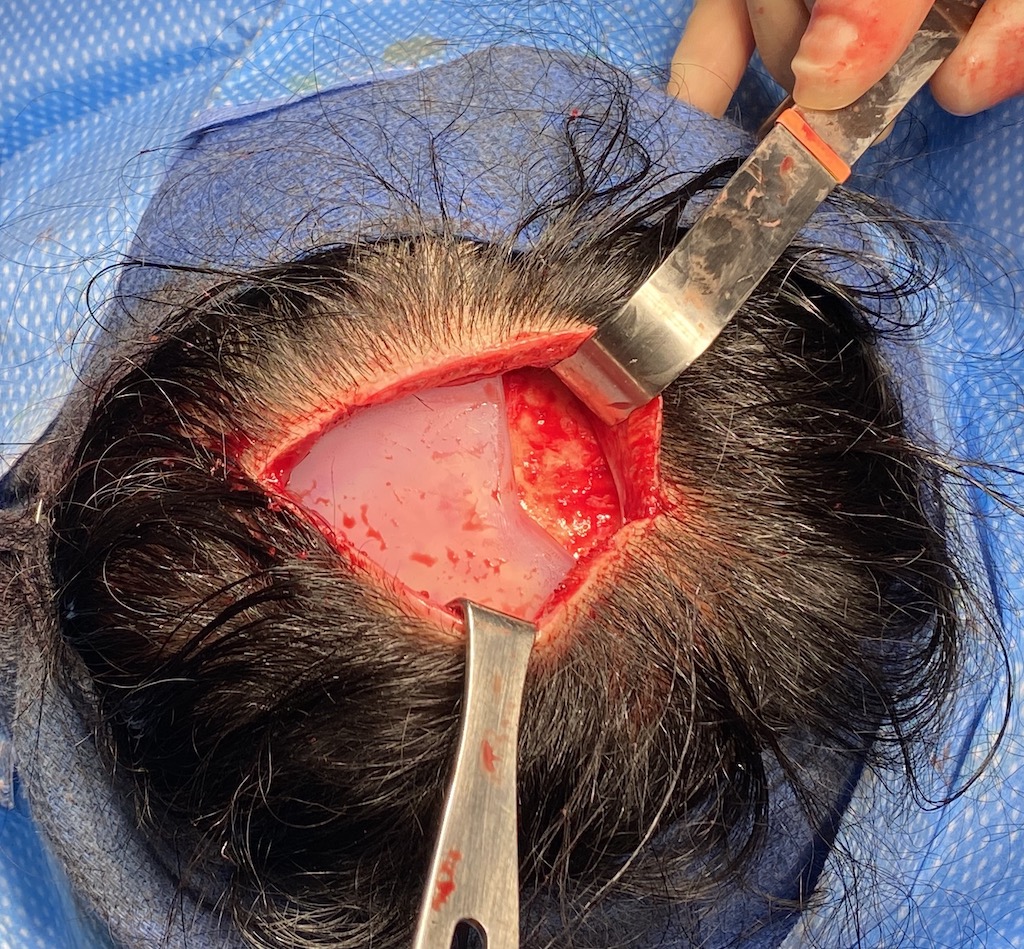
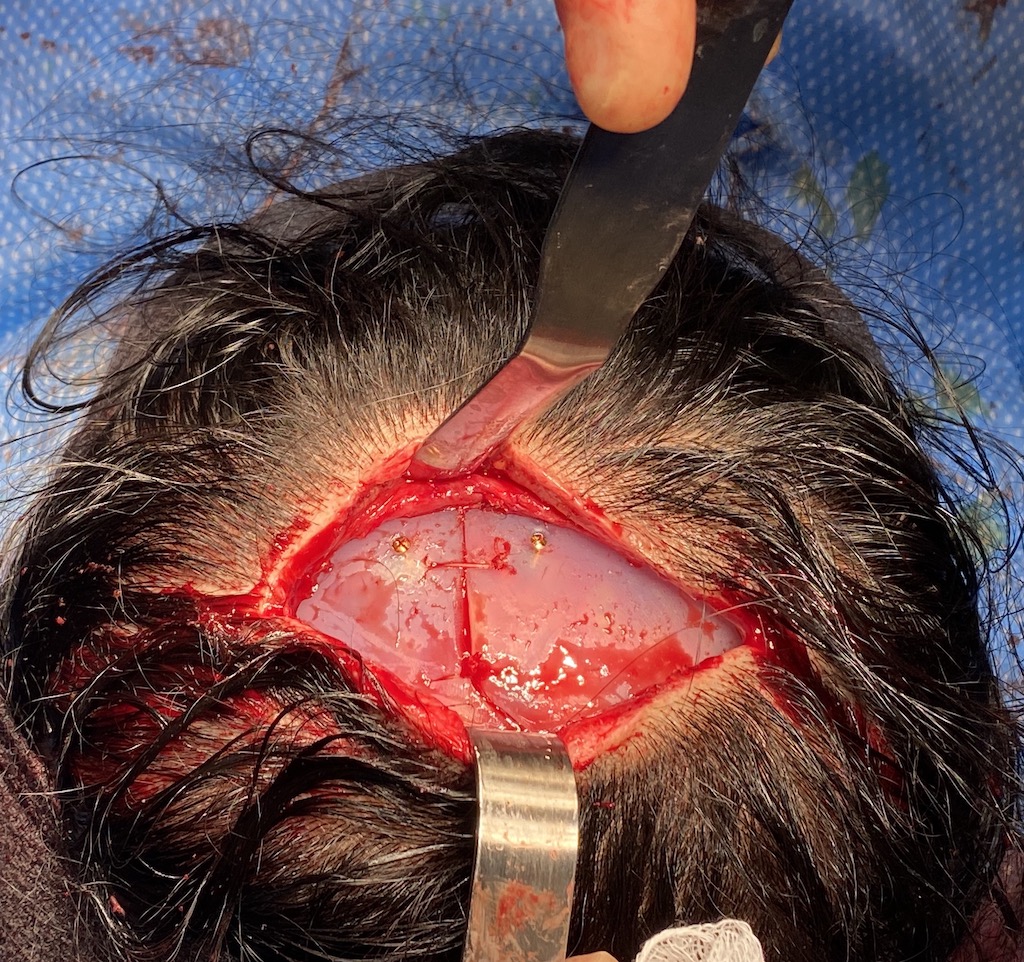
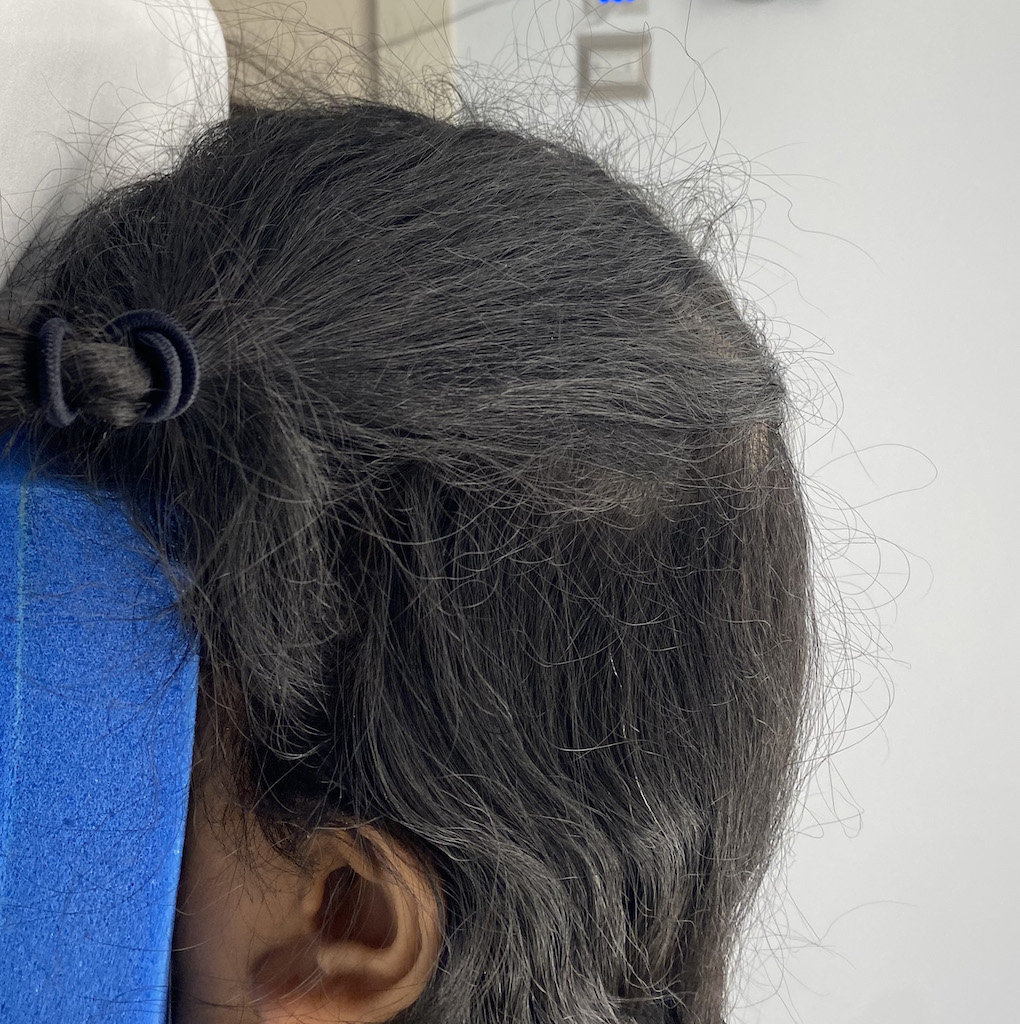
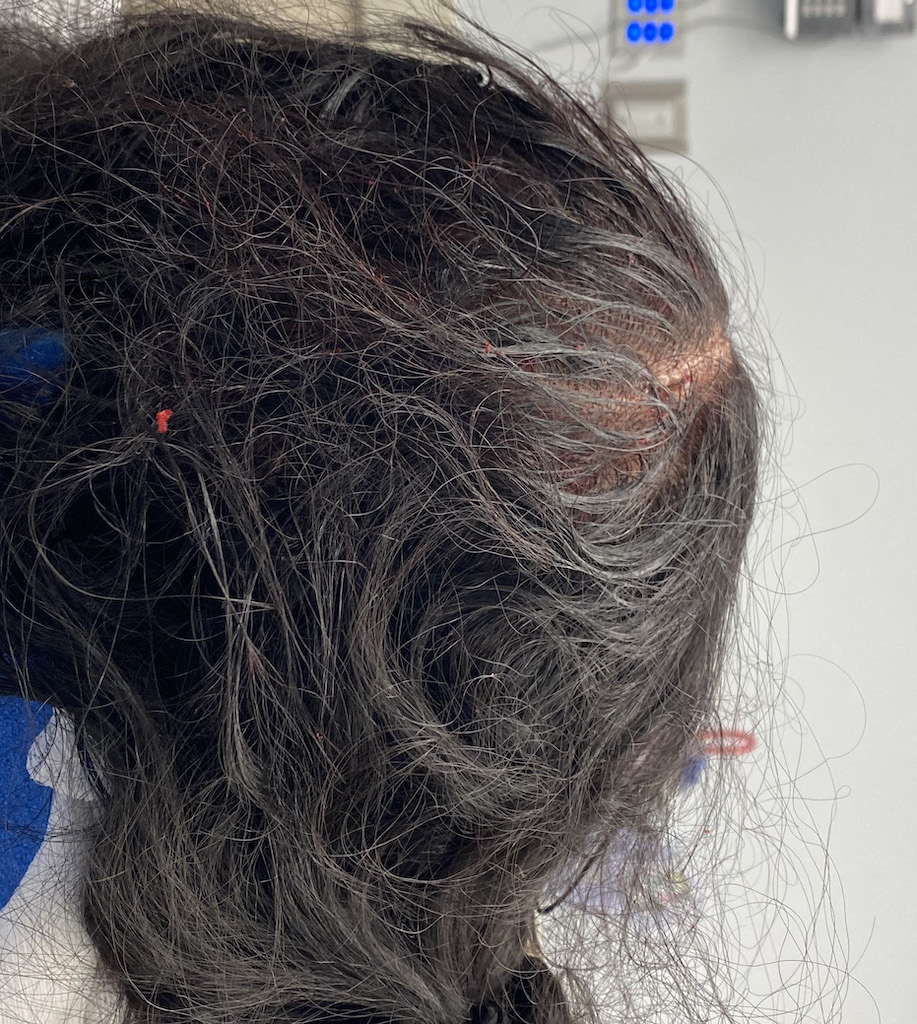
Desire for large overall skull augmentation procedure. Two piece custom skull implant designed with 250ccs volume.
1st stage scalp expander placed and inflated to 225ccs. 2nd stage two piece skull implant placed 4 months later.
Patient 117
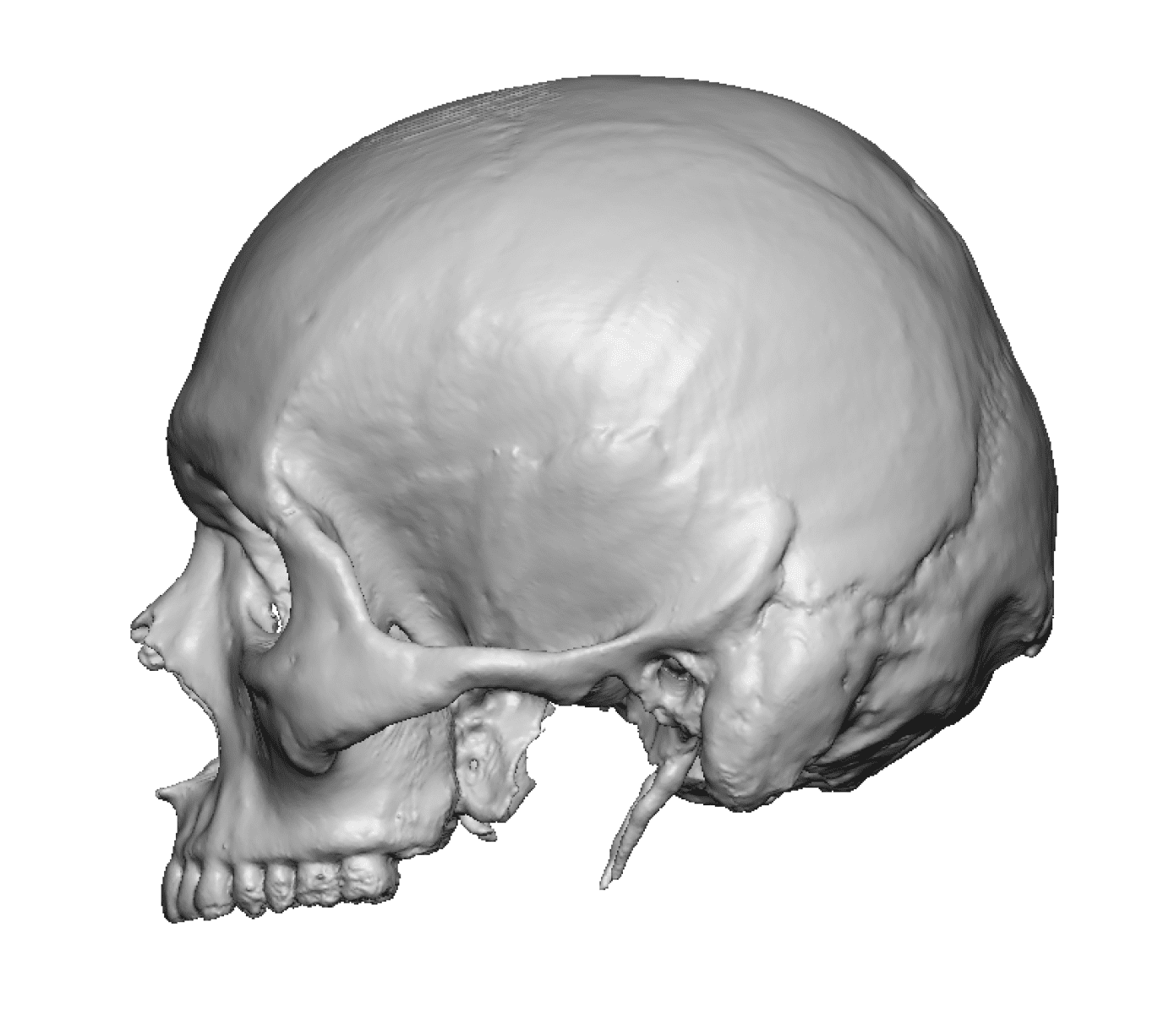
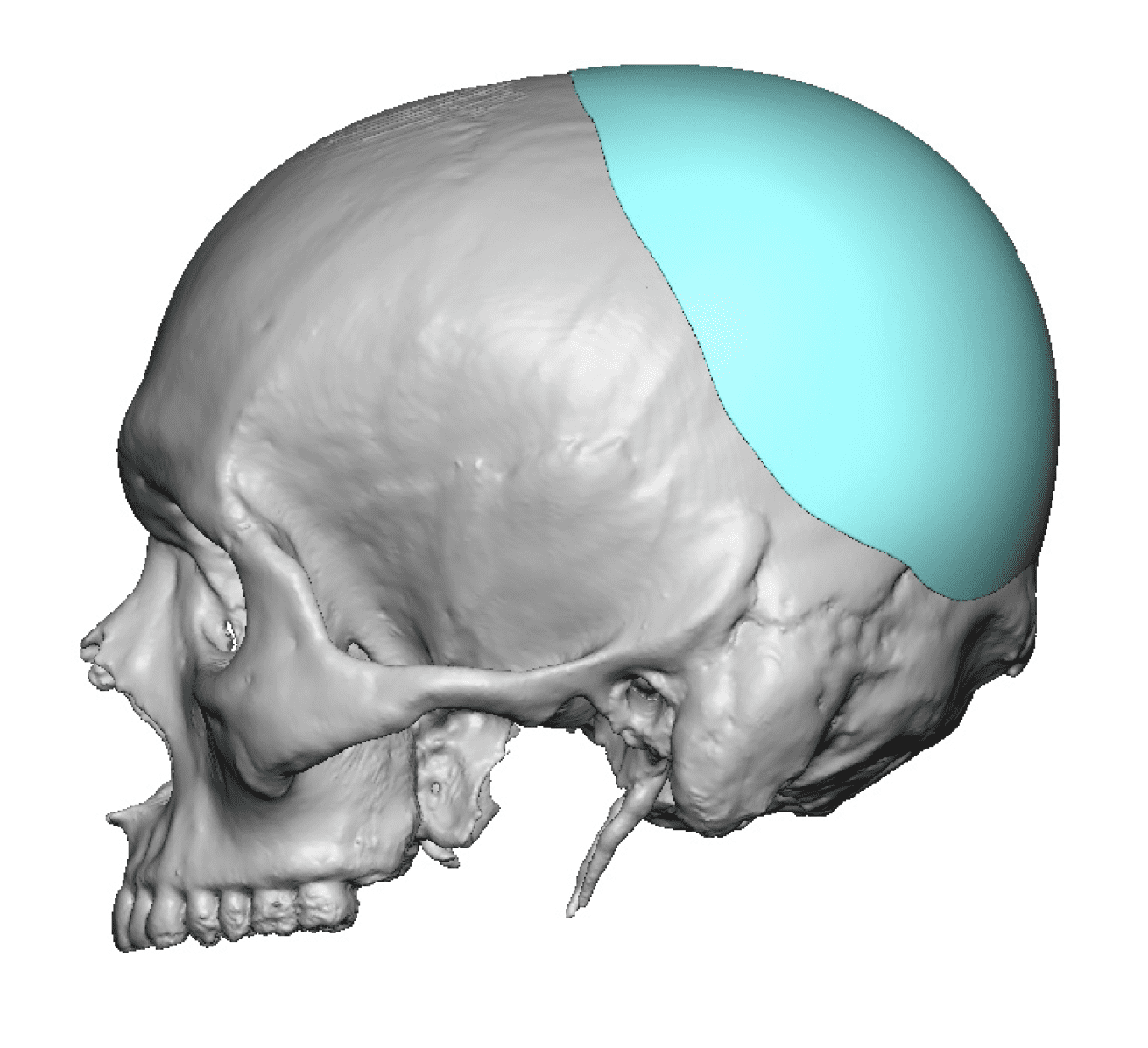
Desire for correction of flat upper back of the head.
Placement of custom skull implant for a rounder back of the head shape.



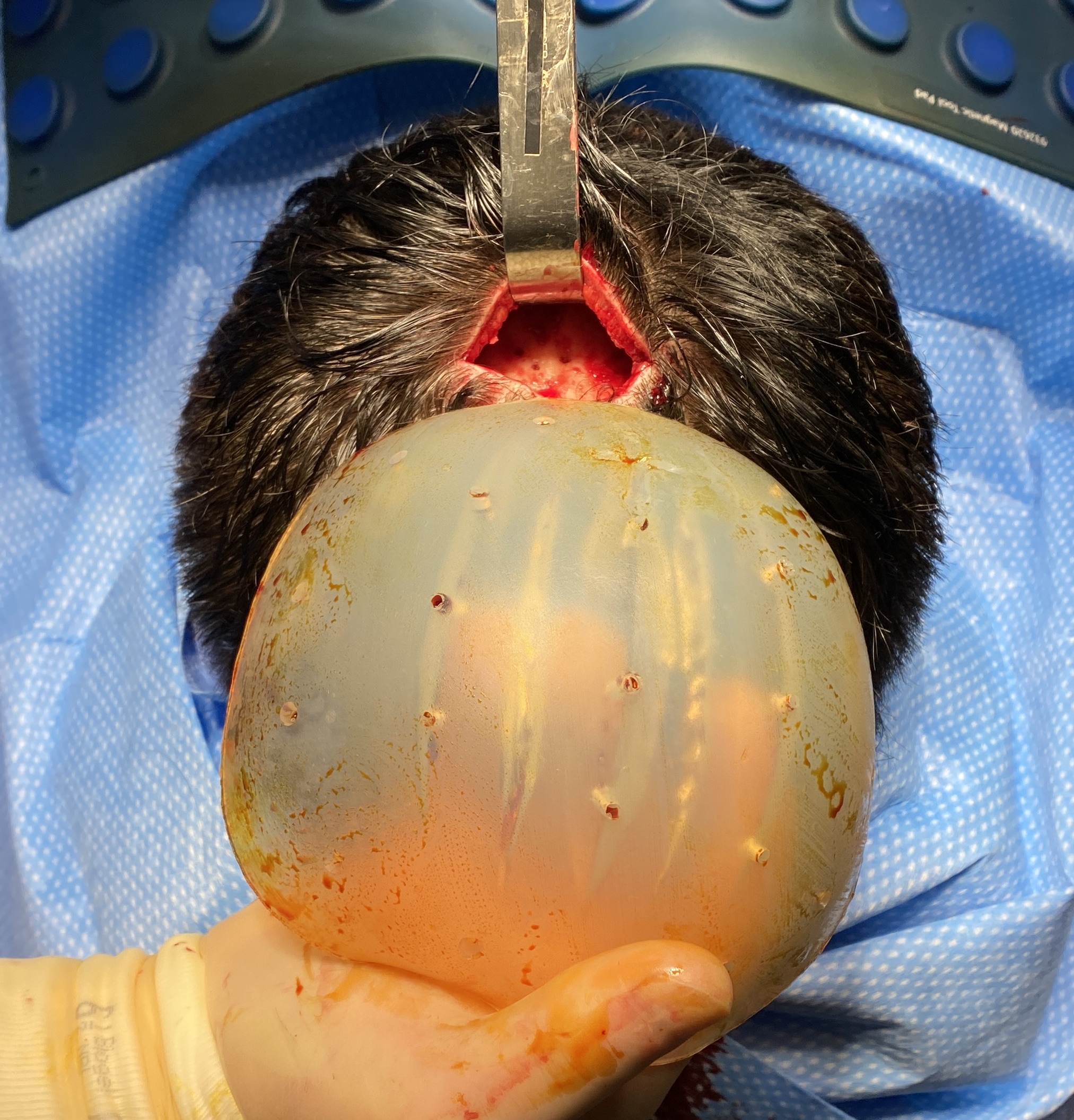
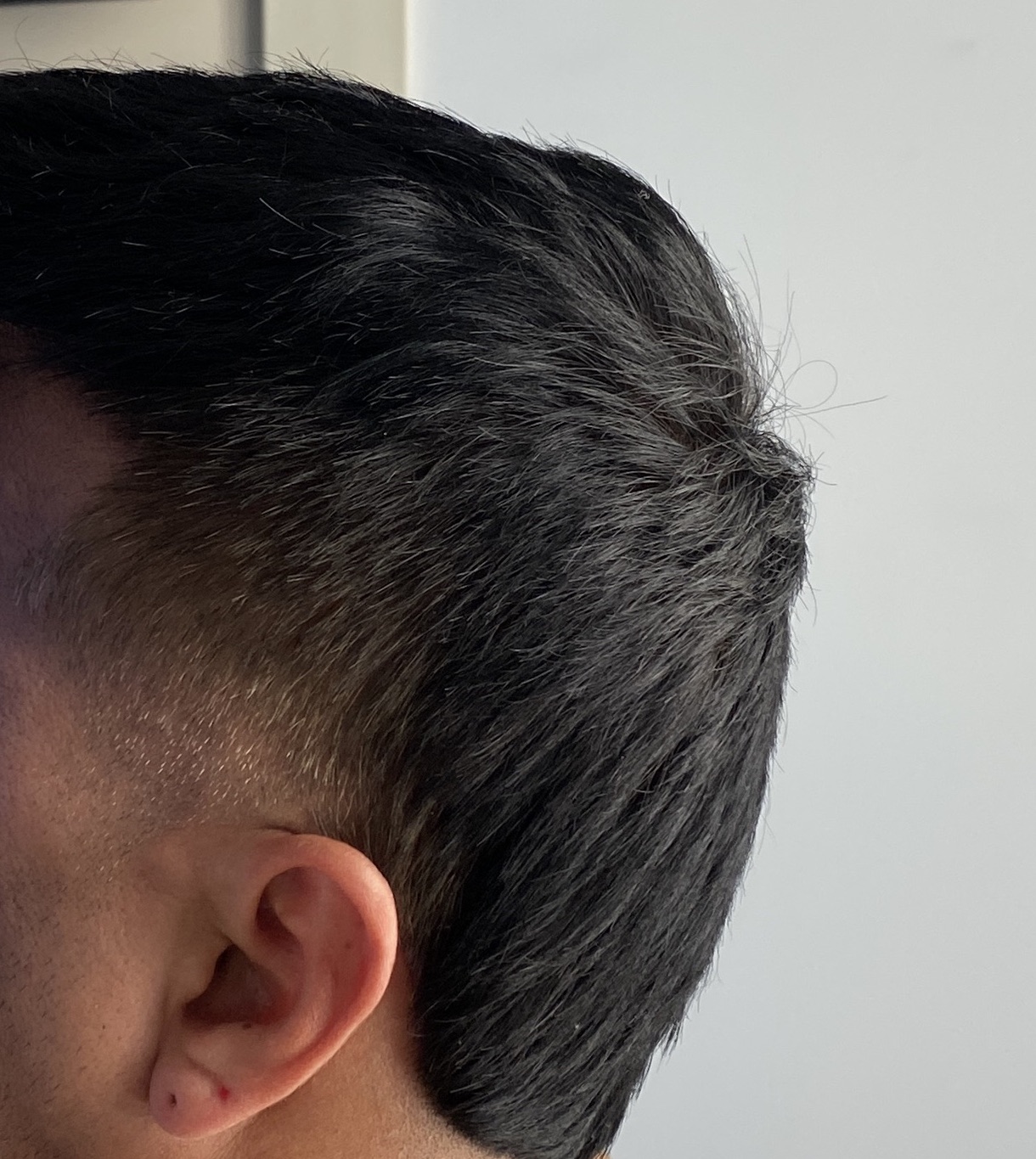
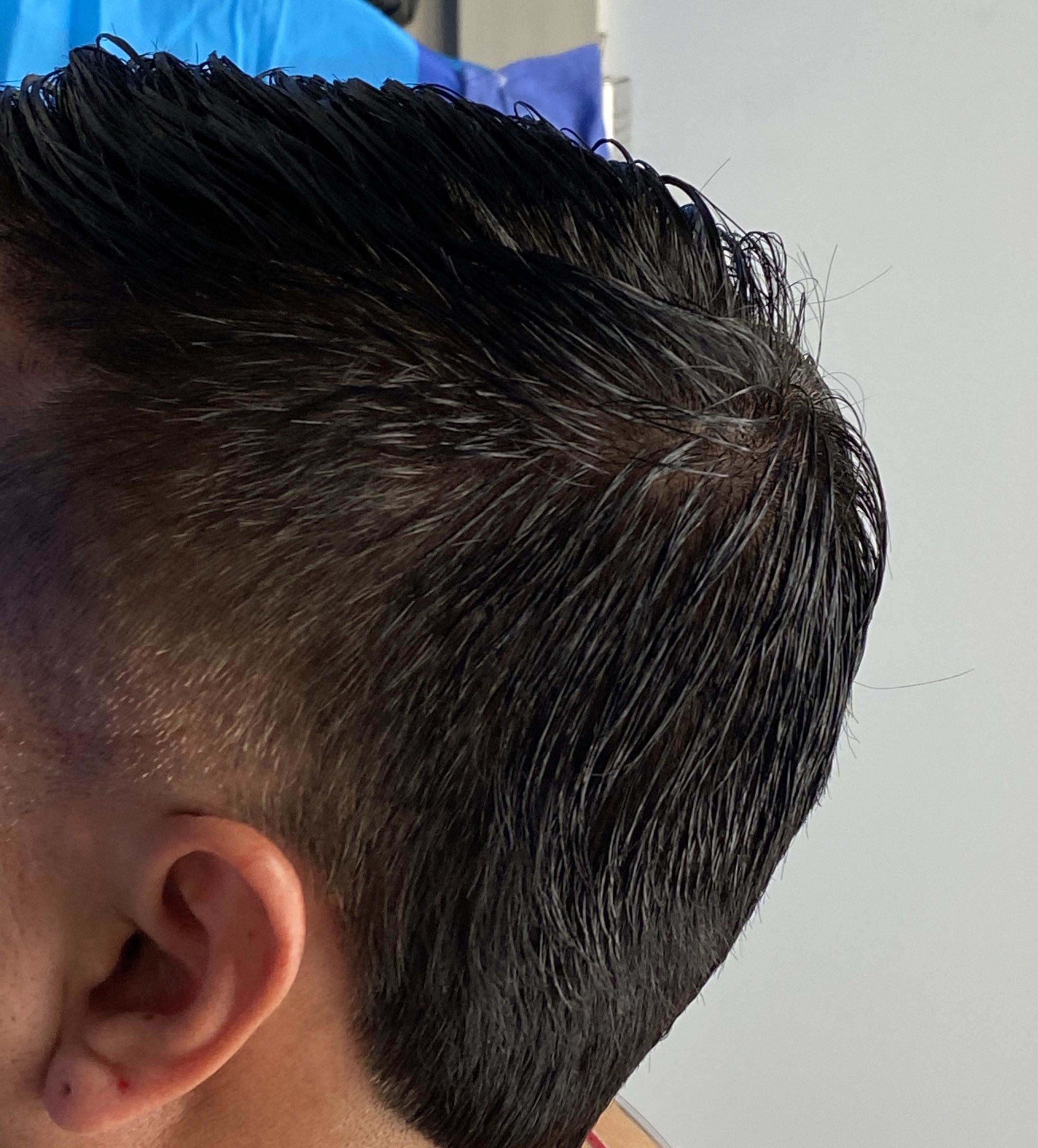
Desire for correction of flat upper back of the head.
Placement of custom skull implant for a rounder back of the head shape.
Patient 118
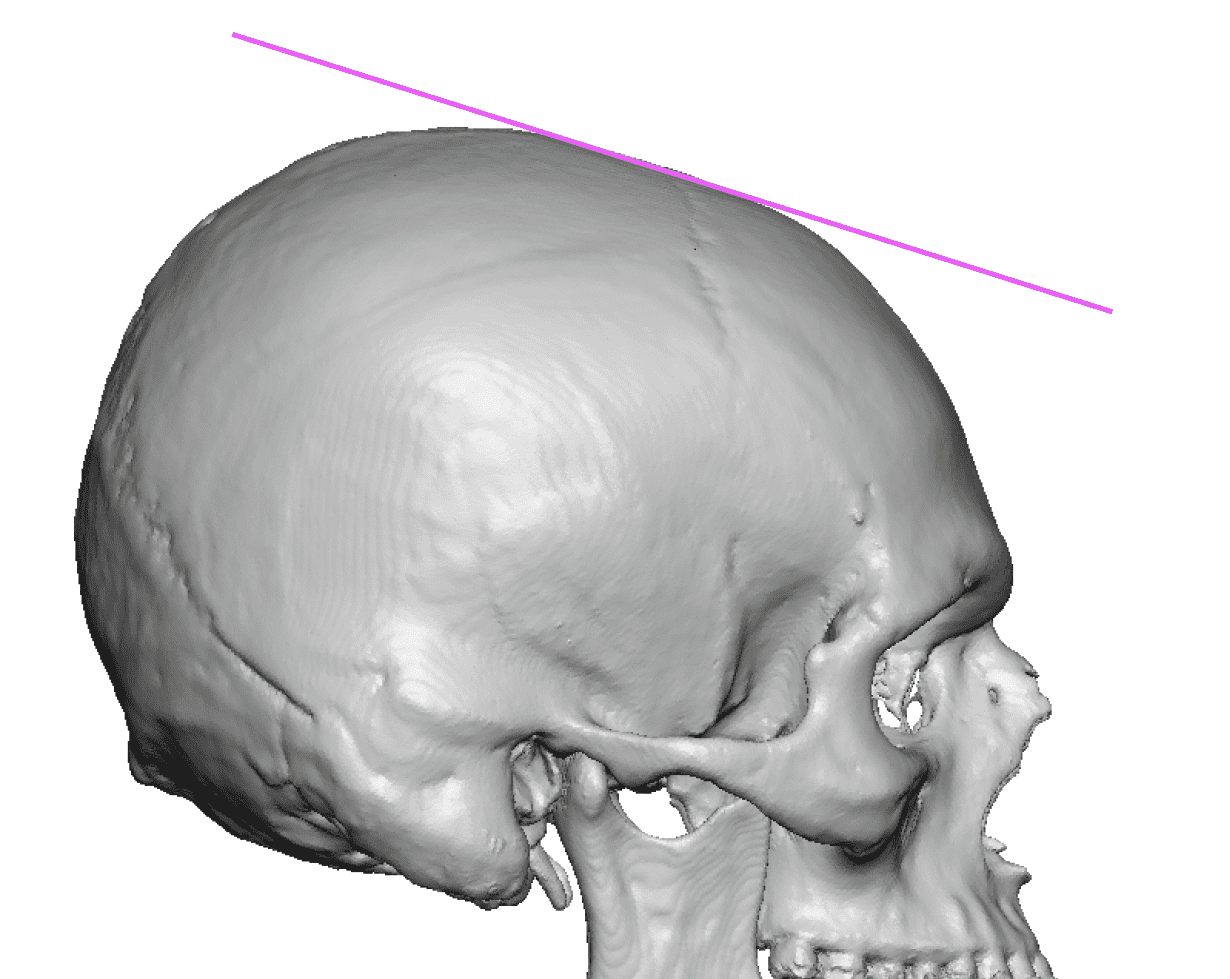
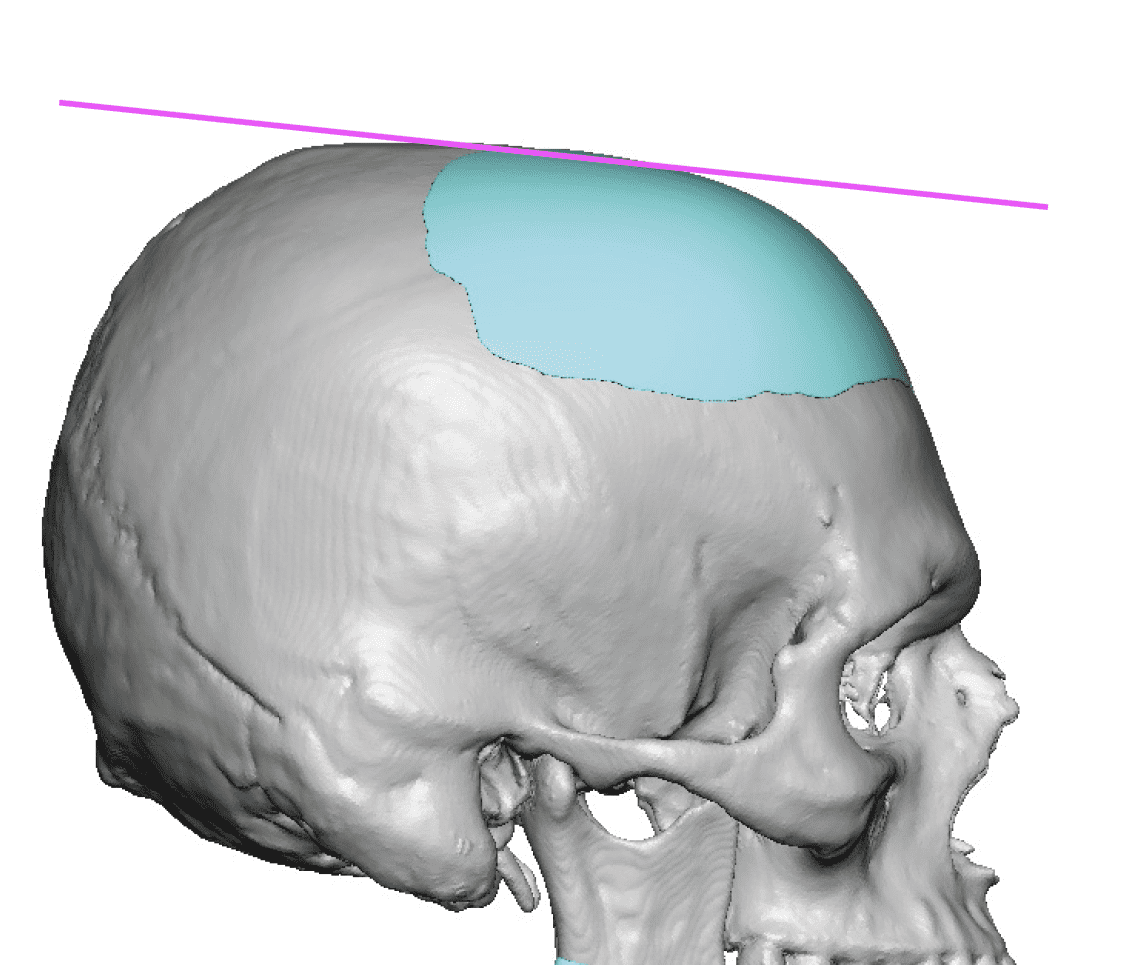
Desire to improve the backward slope to his upper forehead and reduce the bump on the top of his head.
Placement of a custom skull implant to reduce his forehead slope as well as reduction of a raised bony bump on the top of his head.


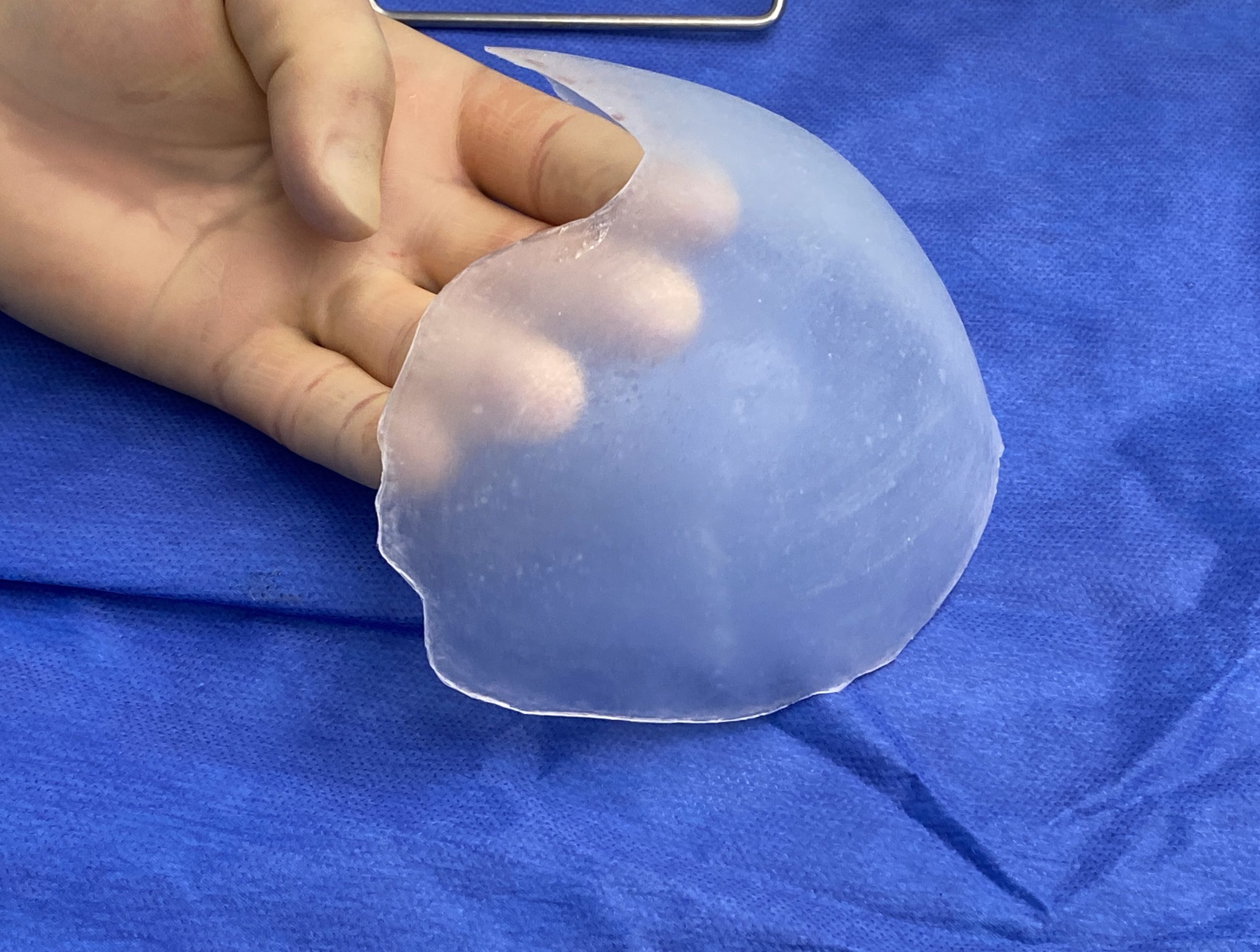
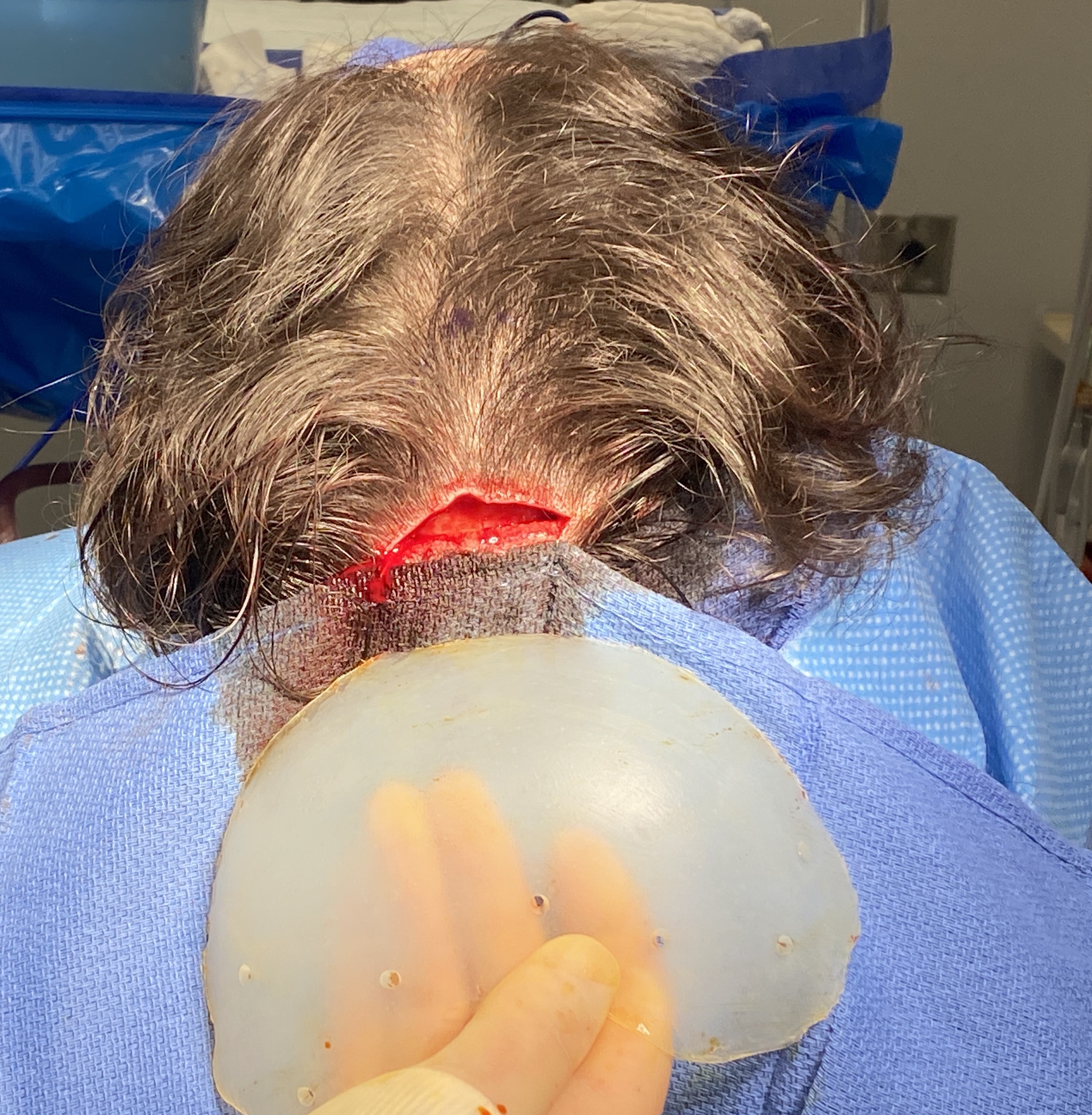
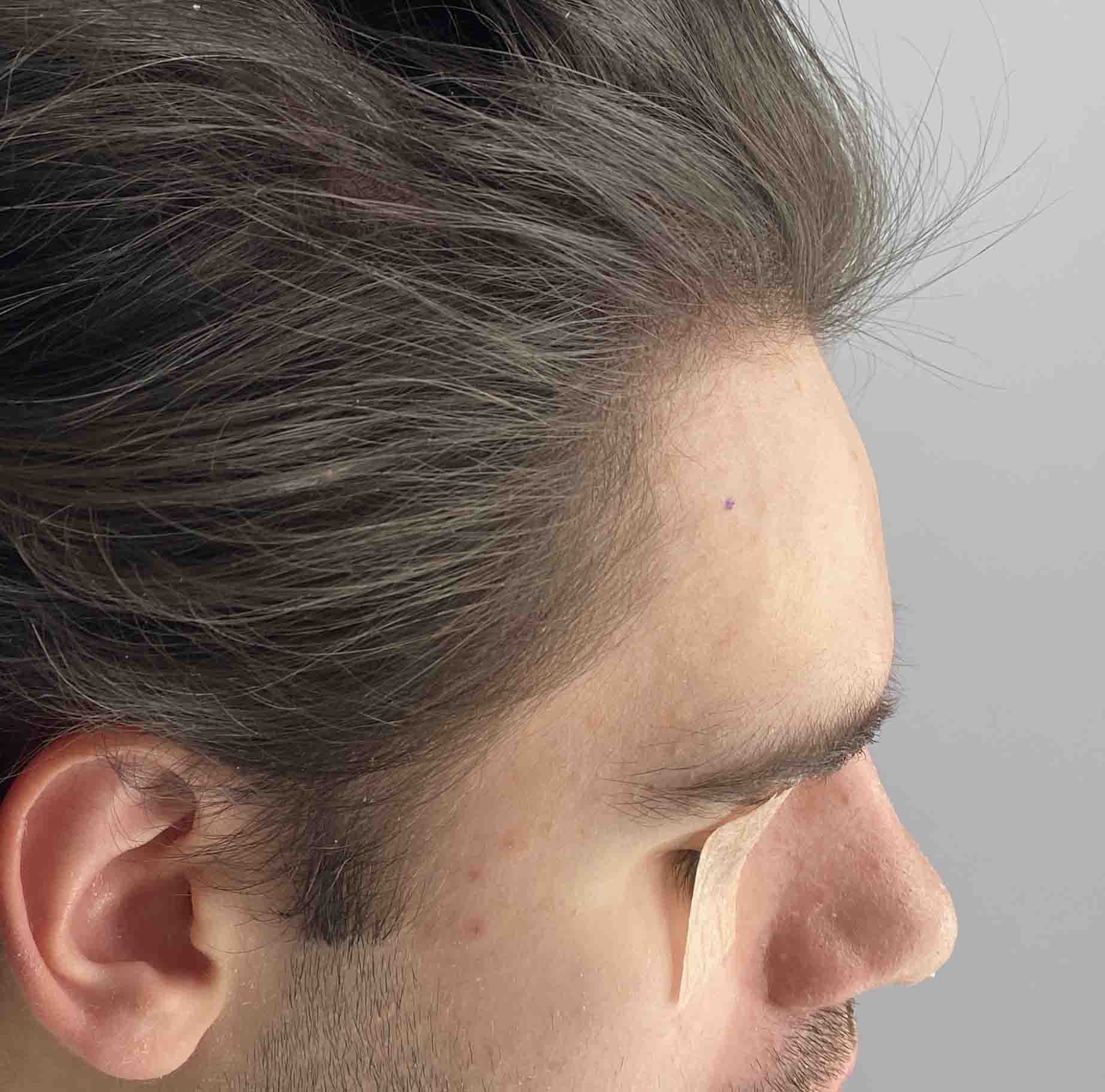
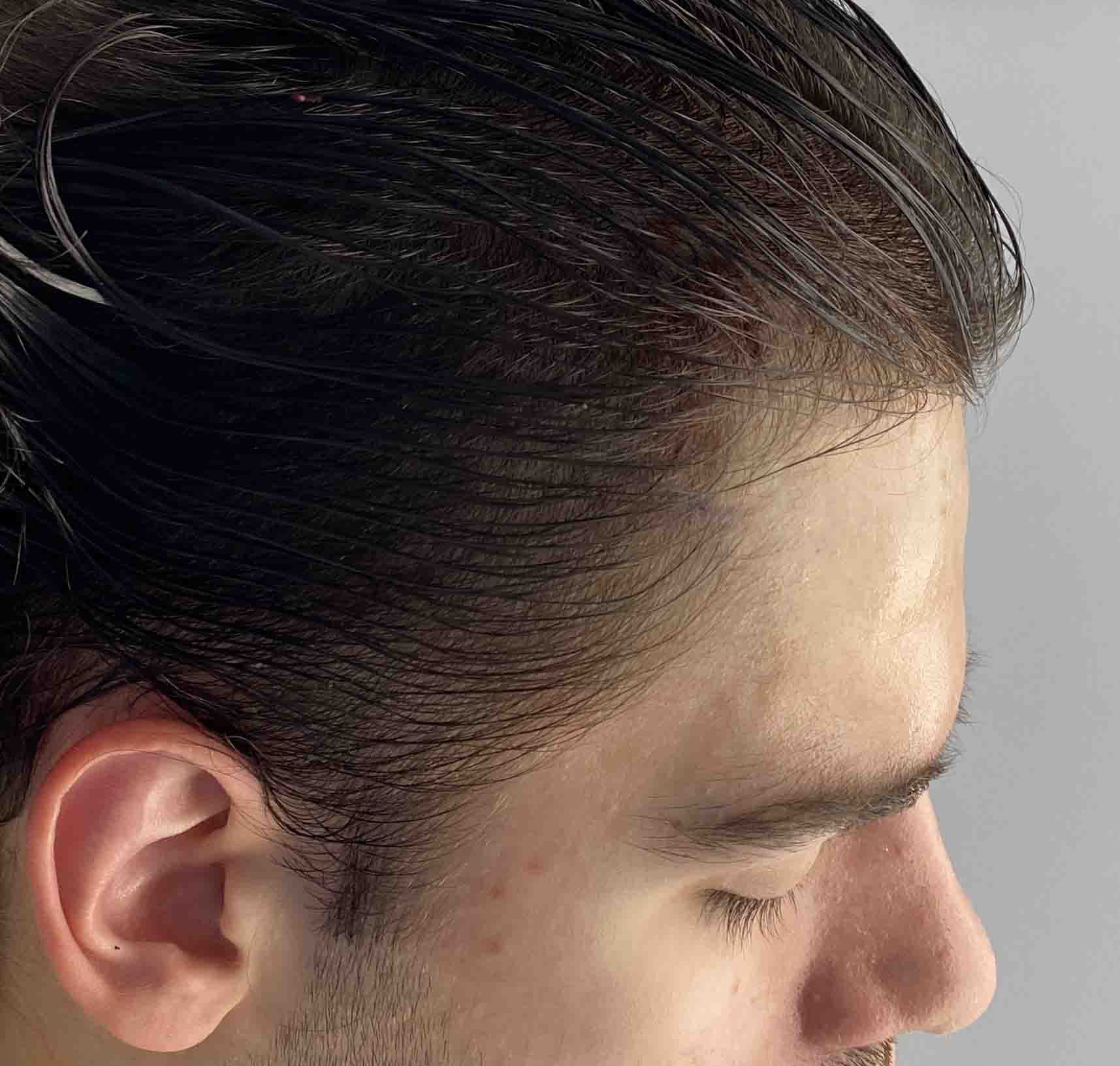
Desire to improve the backward slope to his upper forehead and reduce the bump on the top of his head.
Placement of a custom skull implant to reduce his forehead slope as well as reduction of a raised bony bump on the top of his head.
Patient 119
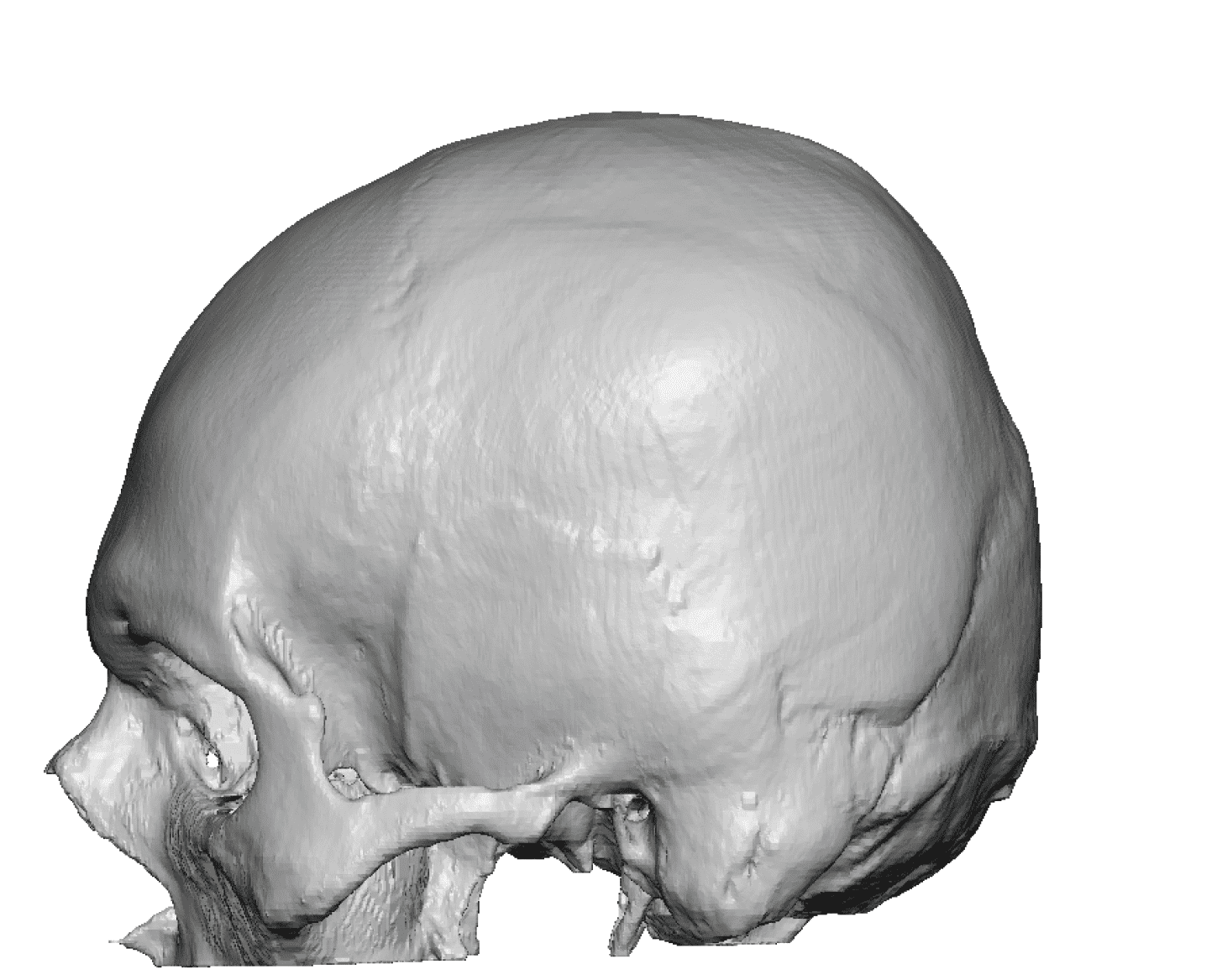
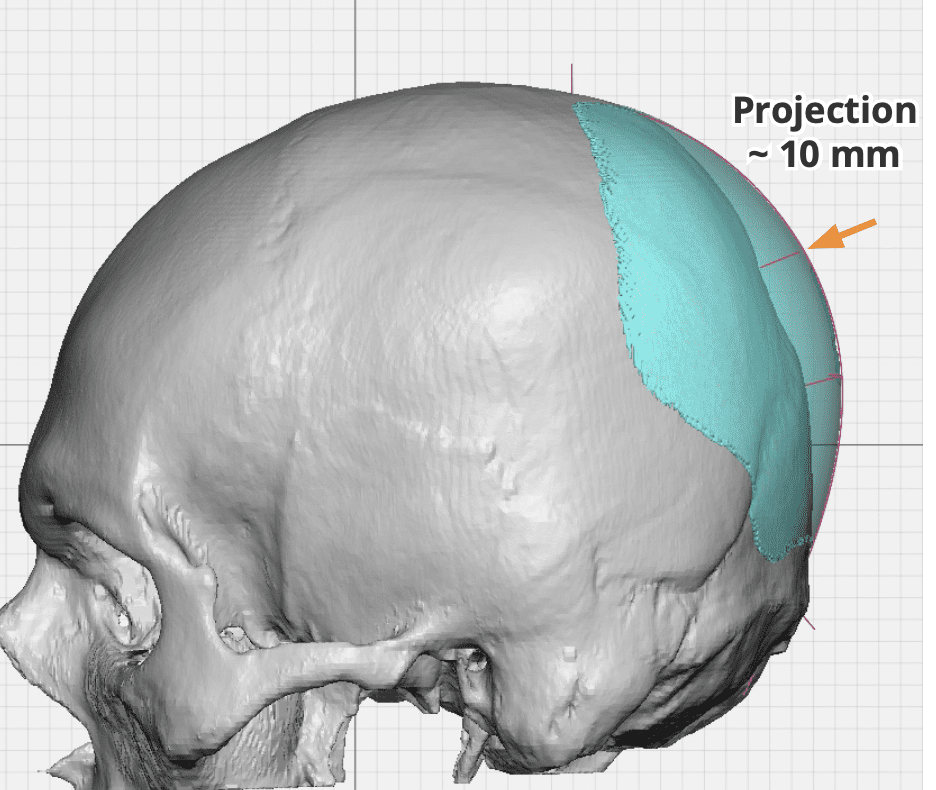
Desire for increased projection of the flat back of the head.
Placement of a 70cc custom skull implant on the back of the head through a small low horizontal scalp incision.


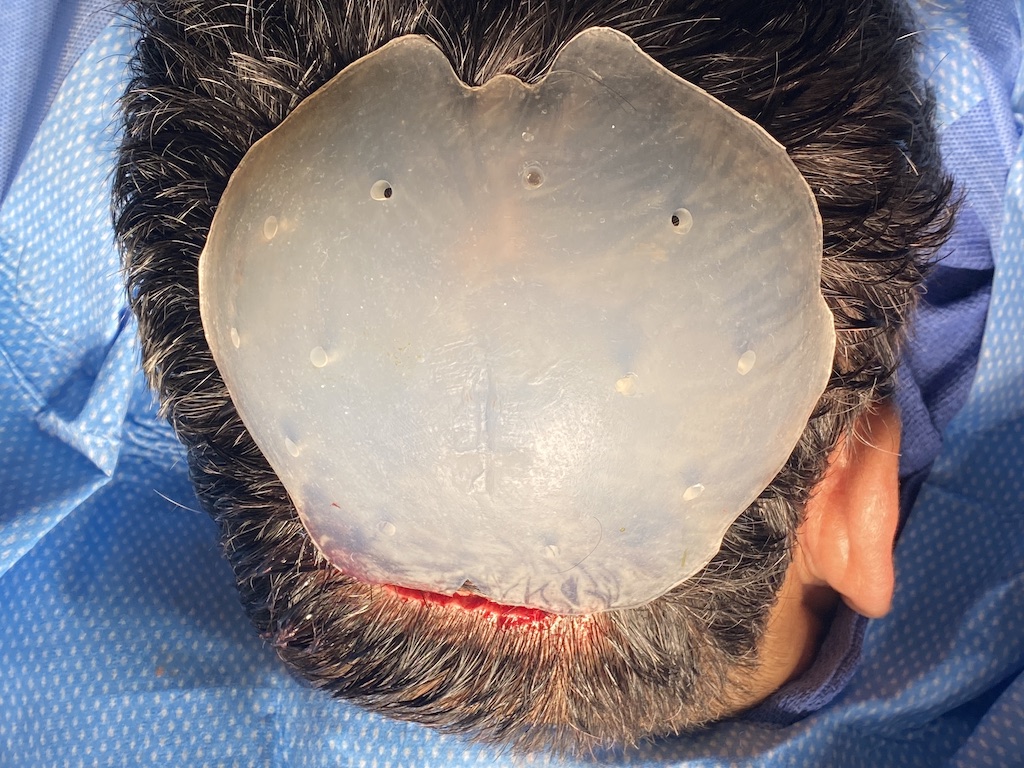
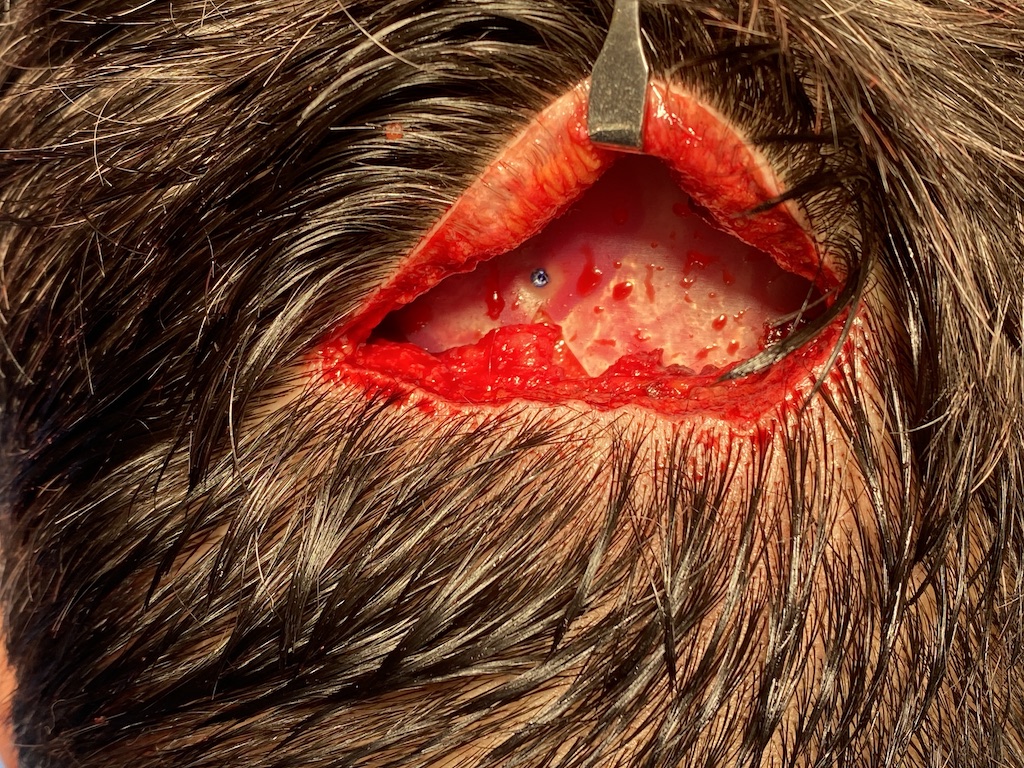
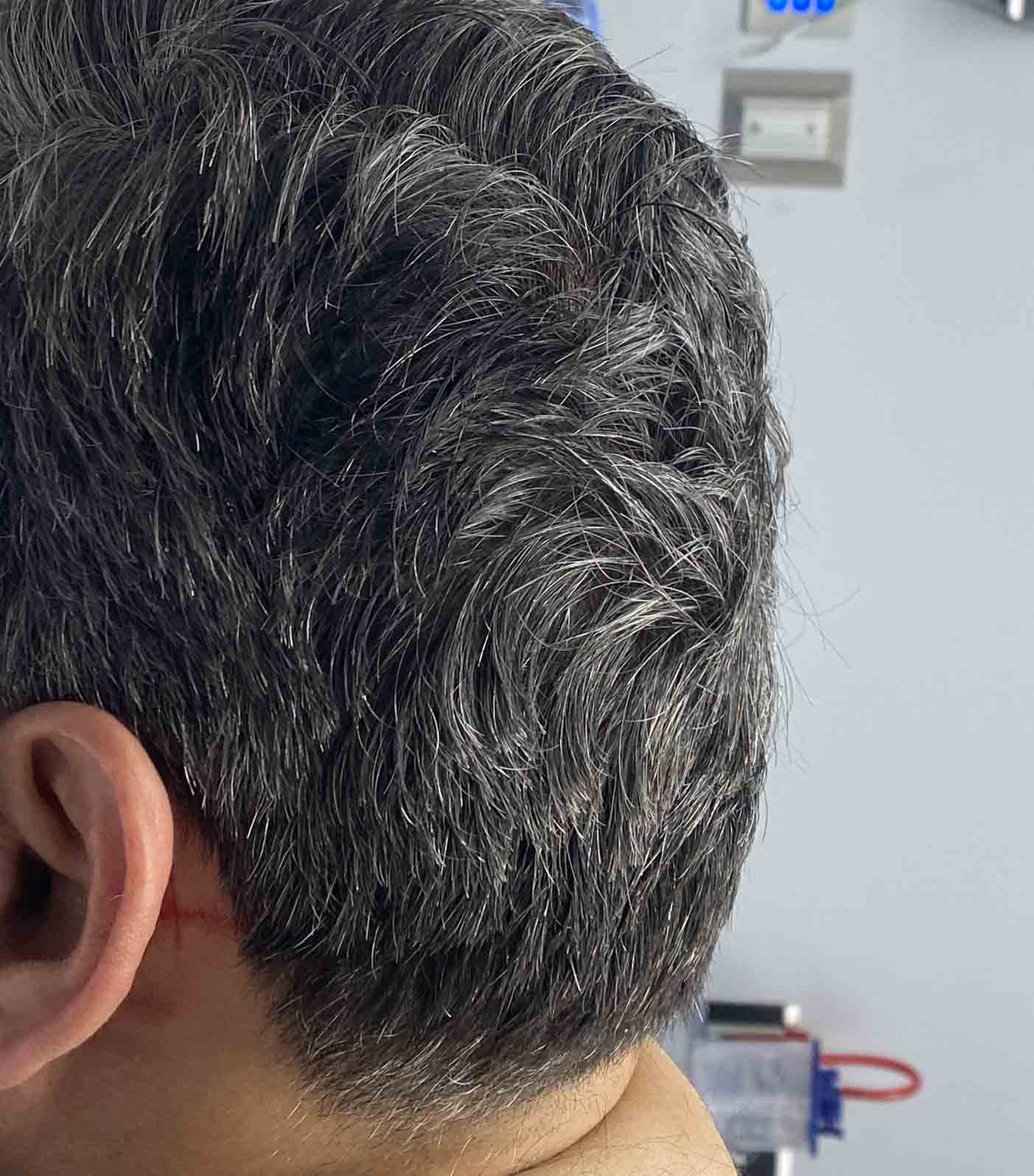
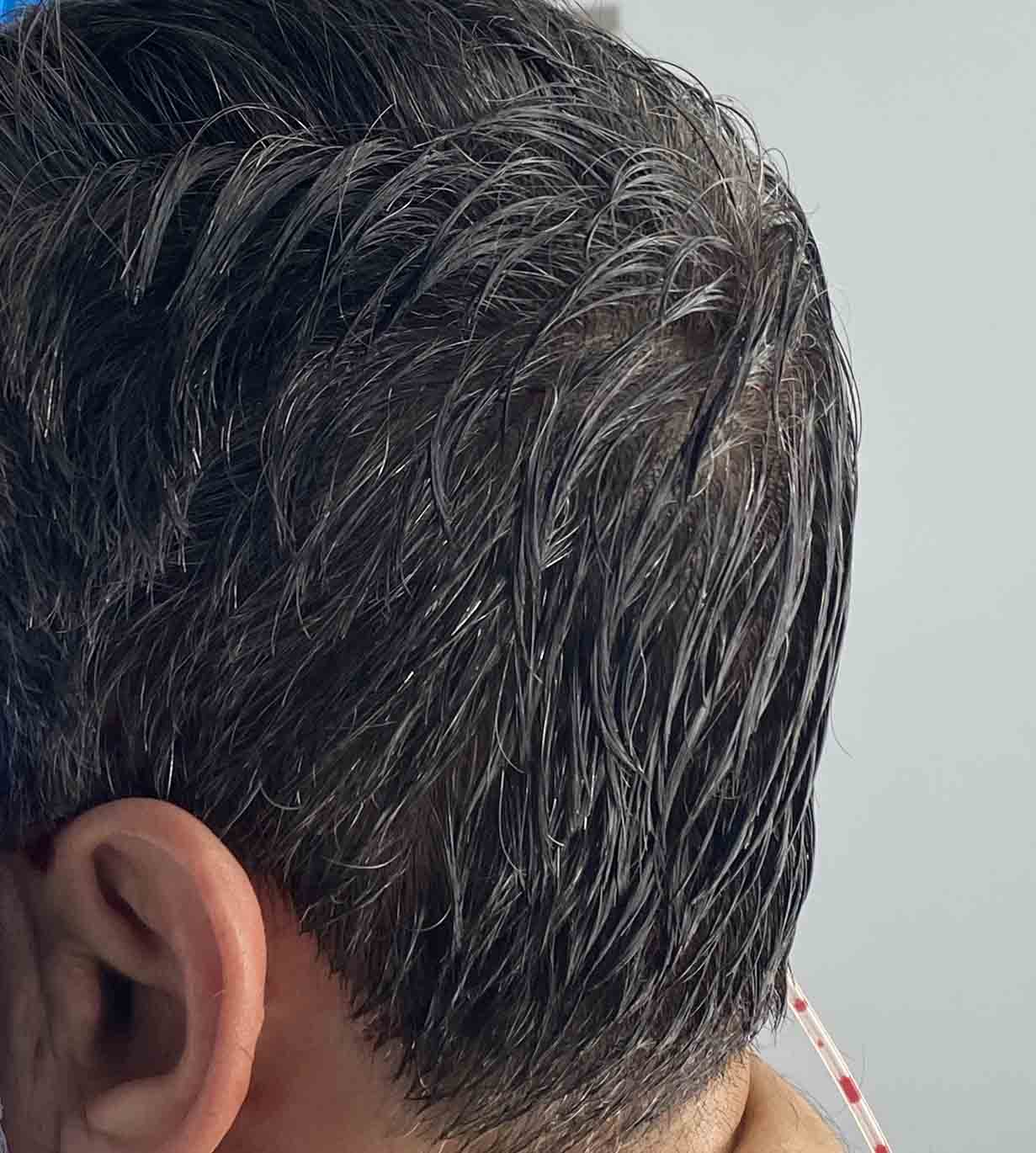
Desire for increased projection of the flat back of the head.
Placement of a 70cc custom skull implant on the back of the head through a small low horizontal scalp incision.
Patient 120
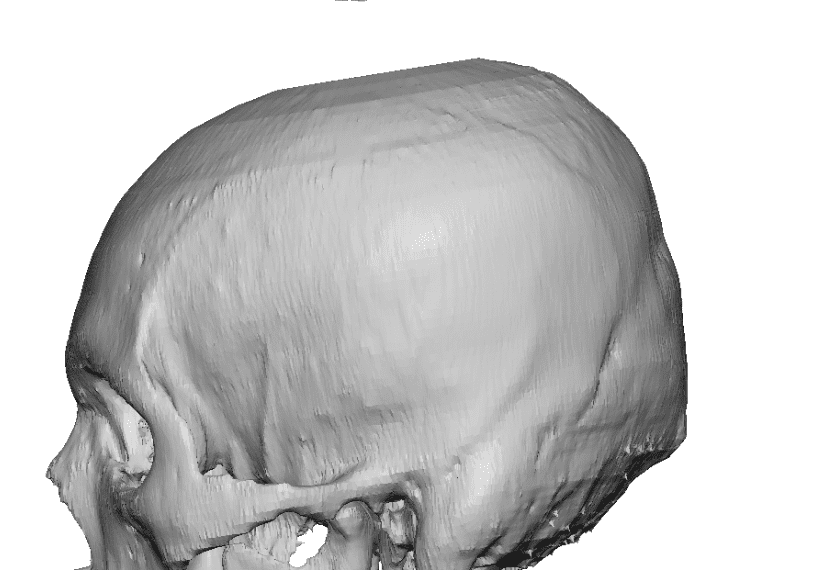
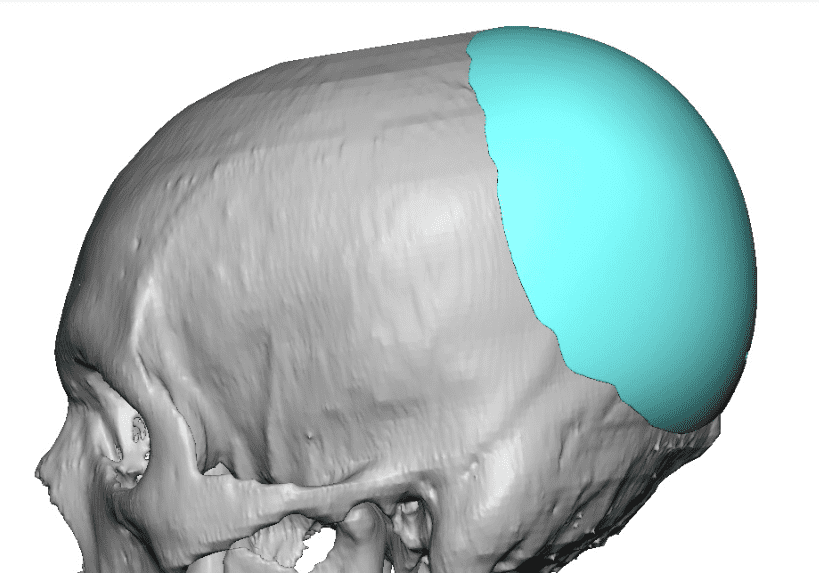
Desire to round out flat back of the head so he could stop wearing hats all the time.
Custom back of head skull implant of 120ccs placed through a small scalp incision.


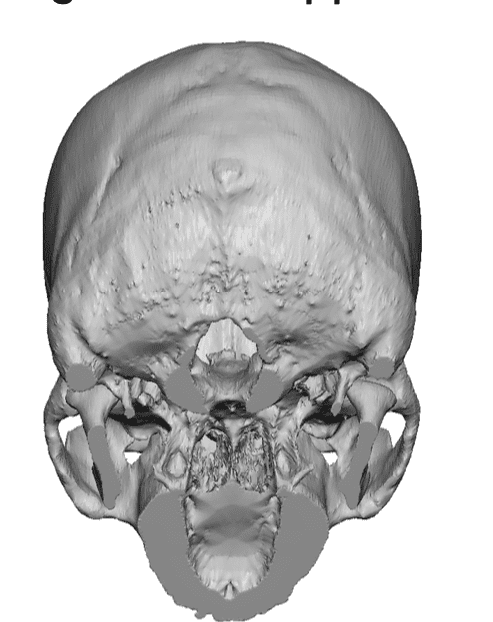
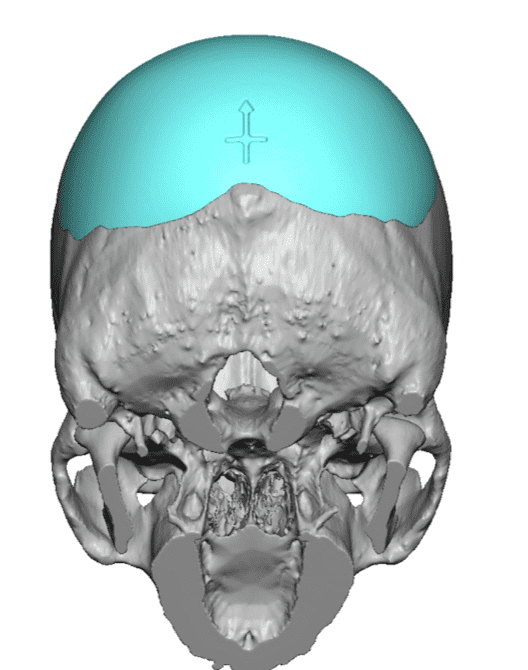
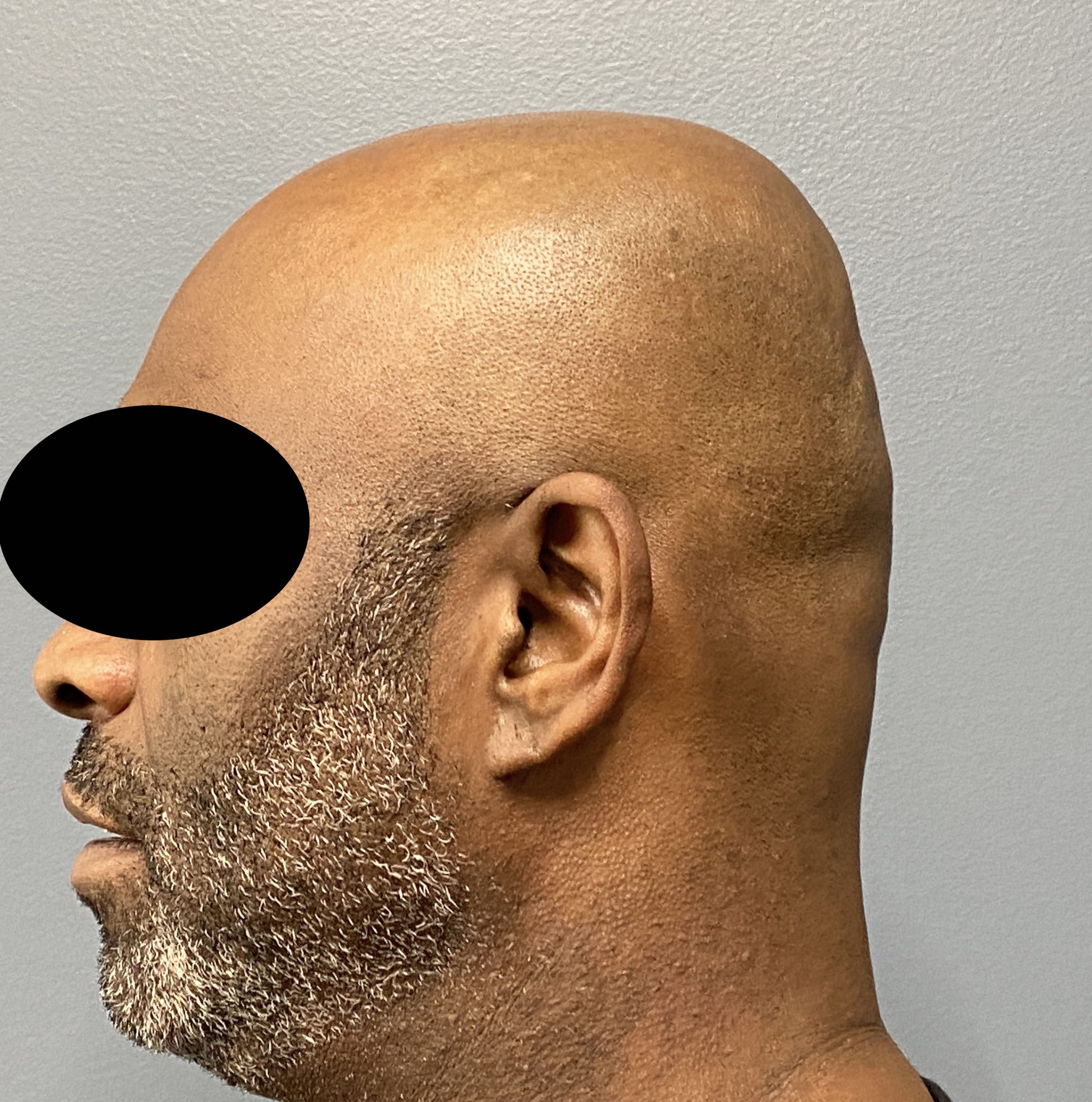
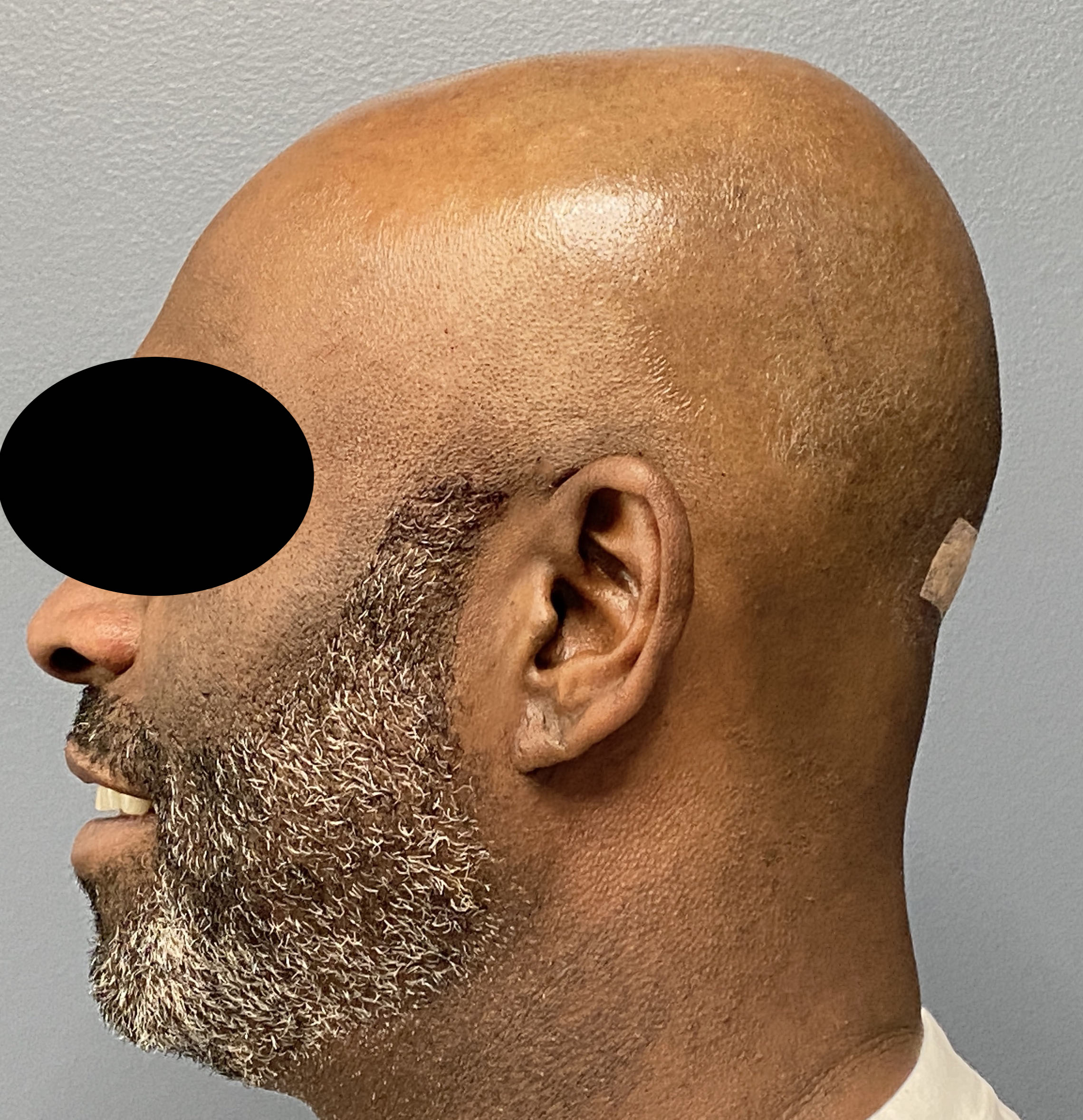
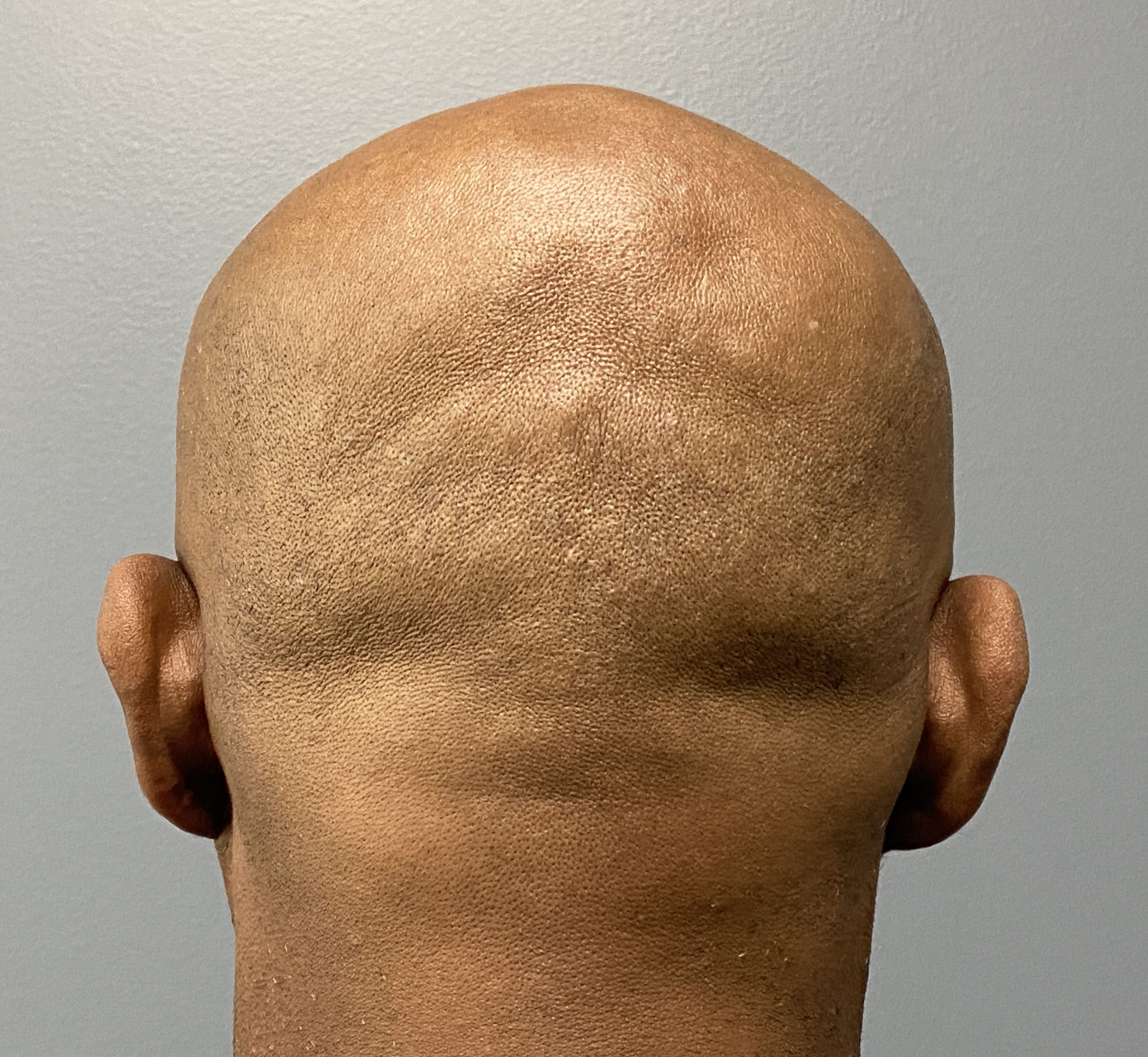
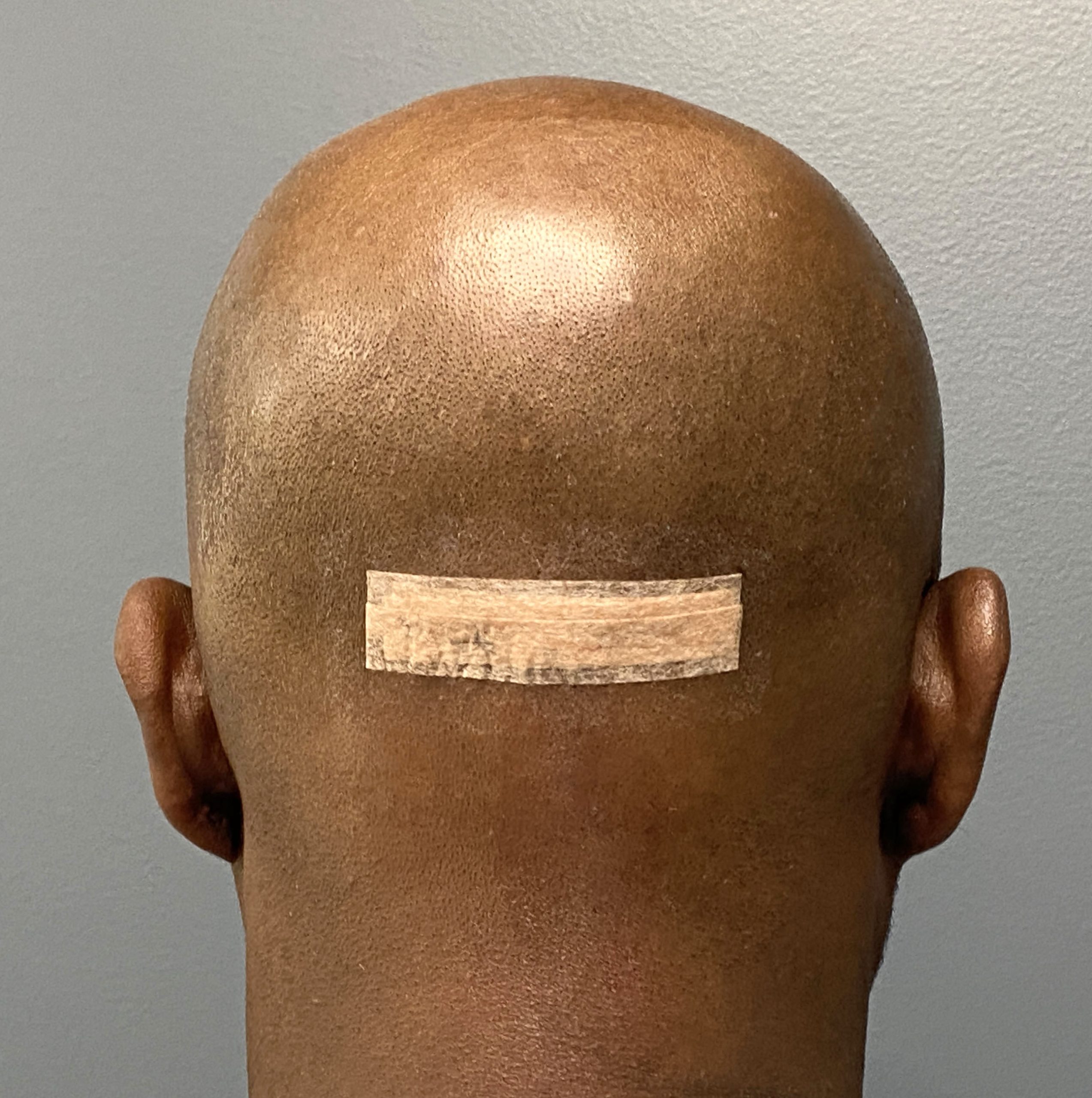
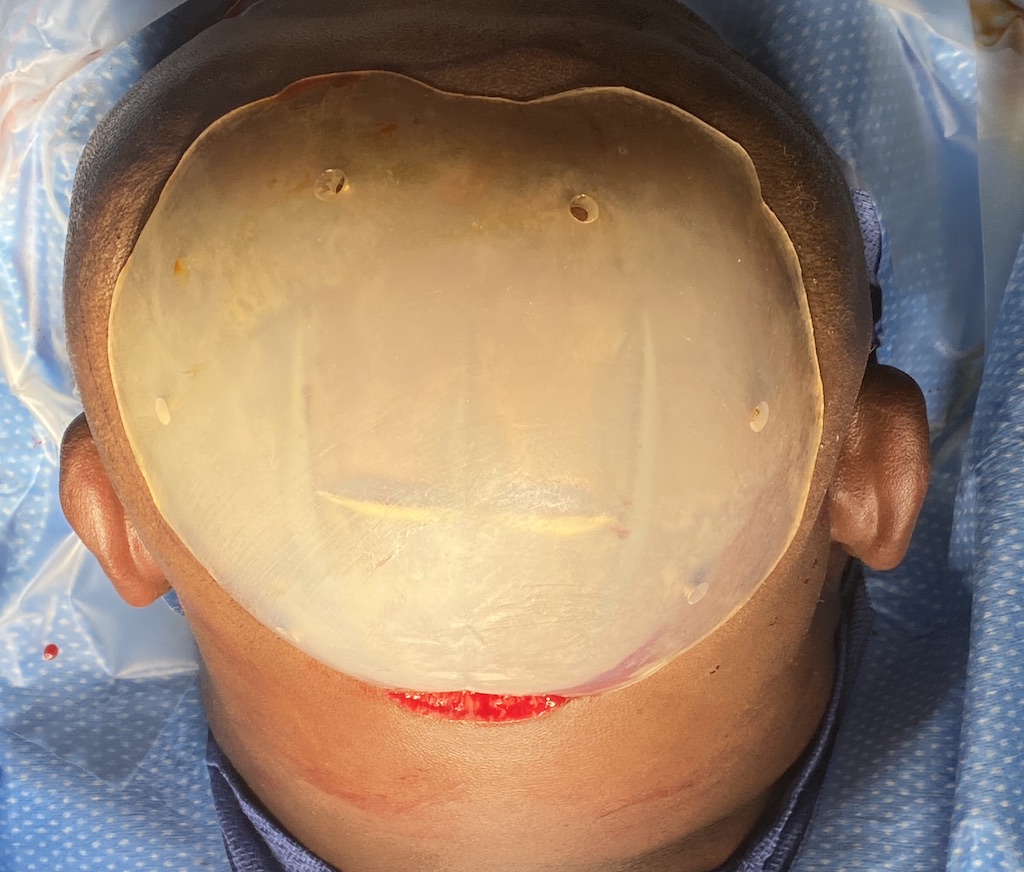
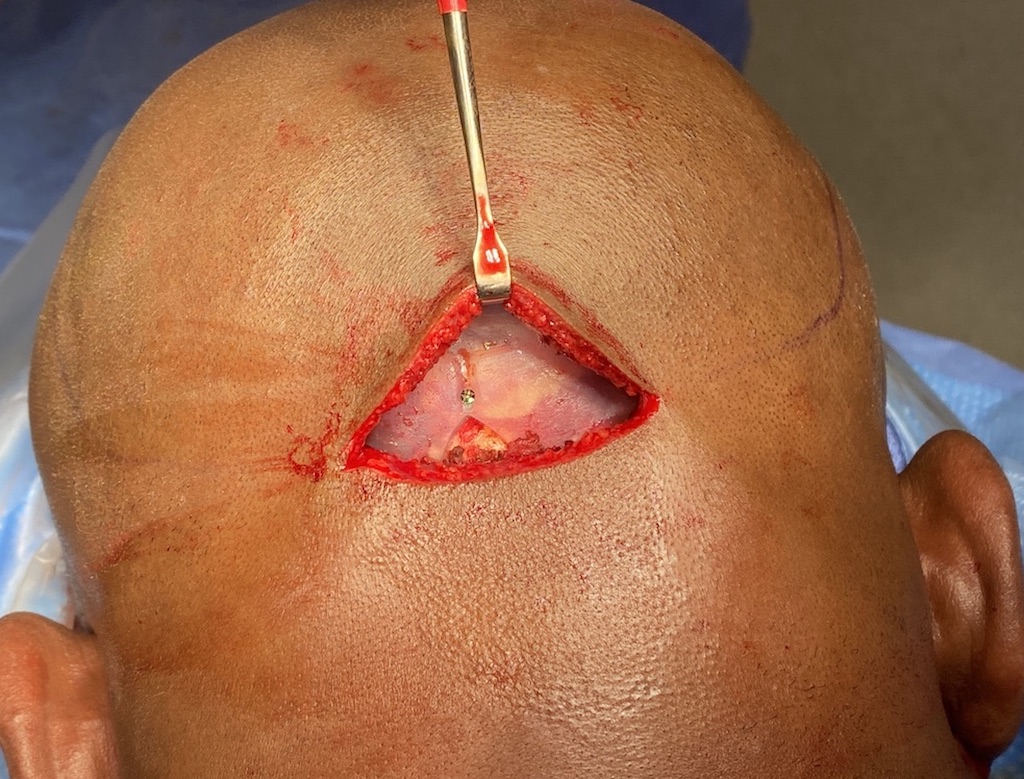
Desire to round out flat back of the head so he could stop wearing hats all the time.
Custom back of head skull implant of 120ccs placed through a small scalp incision.
Patient 121
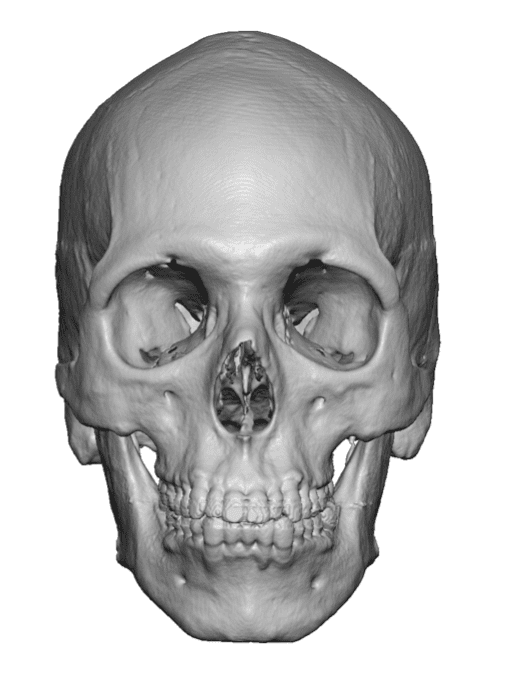
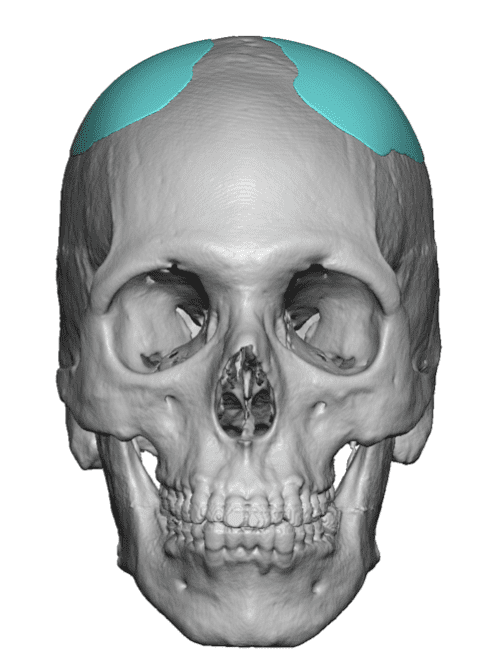
Desire to improve his head shape which had an inverted V shape from the front and back.
Placement of custom parasagittal-parietal skull implant. (had a prior sagittal ridge reduction)


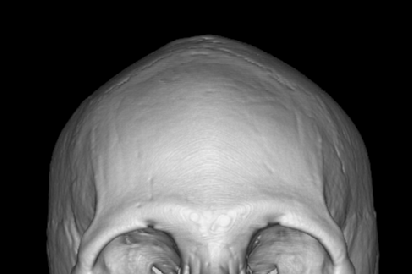
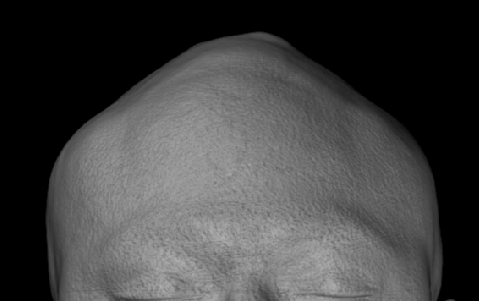
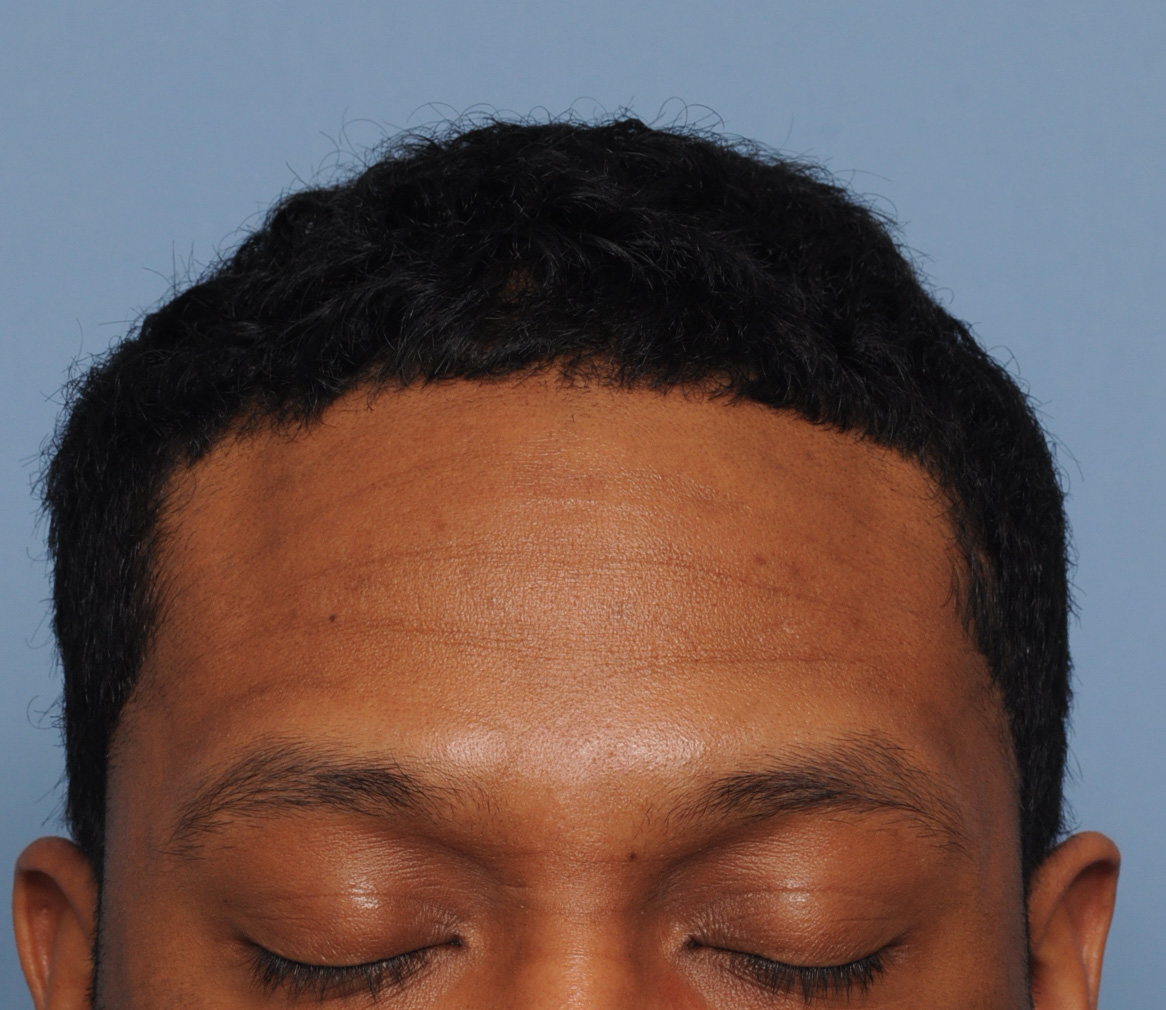
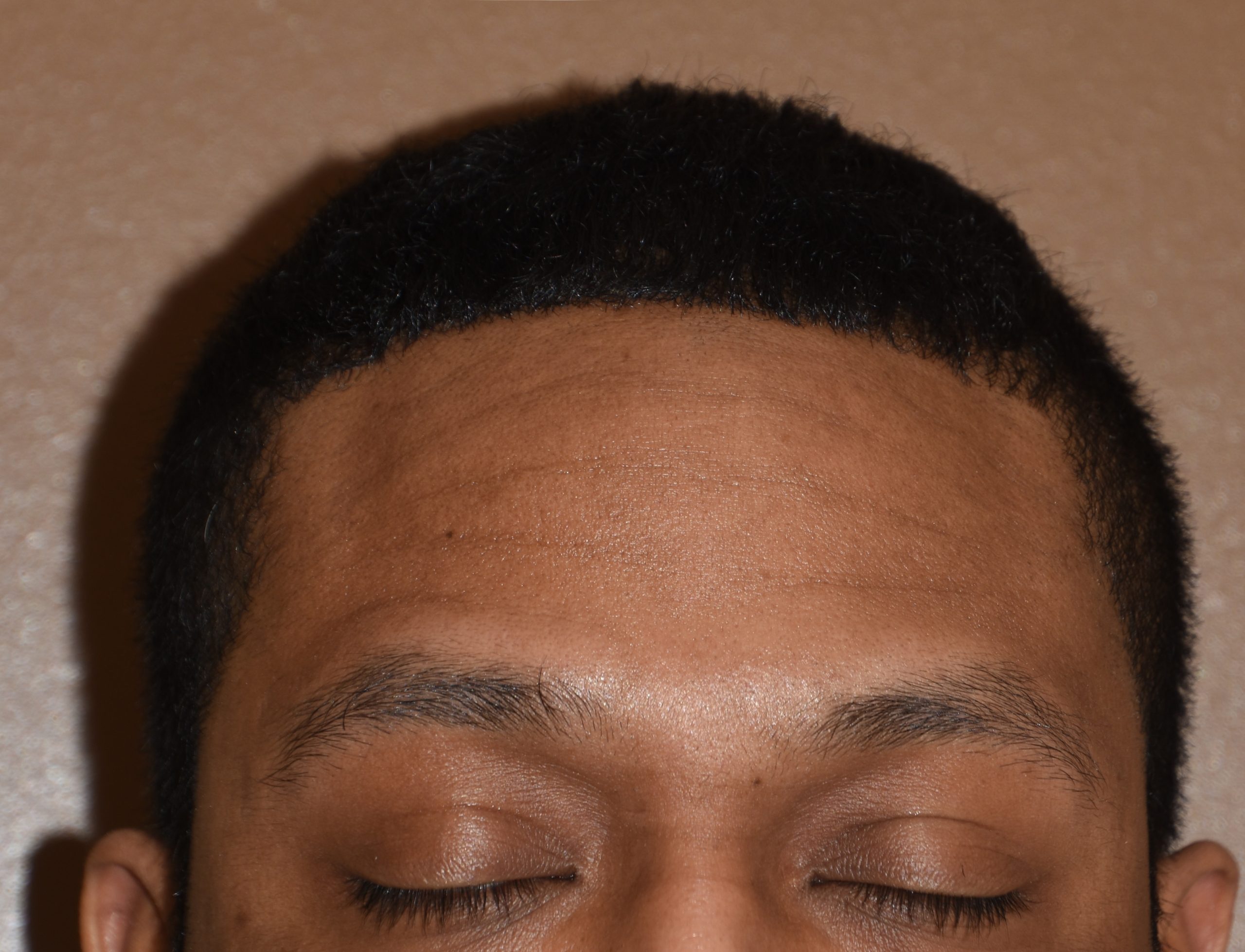
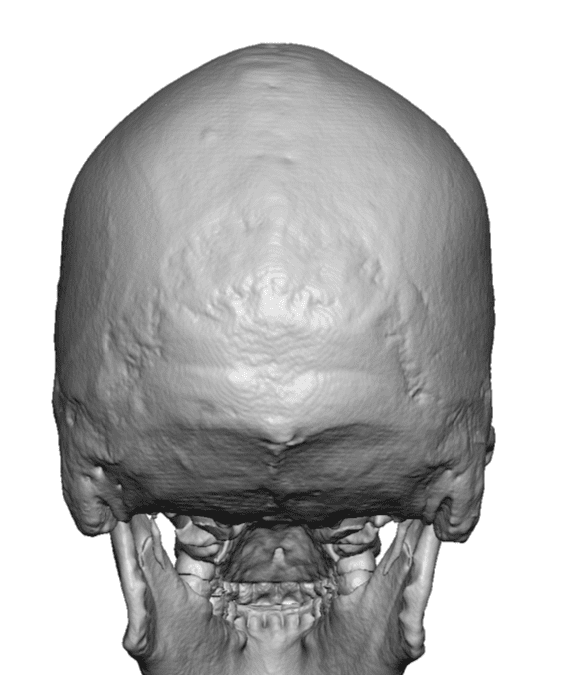
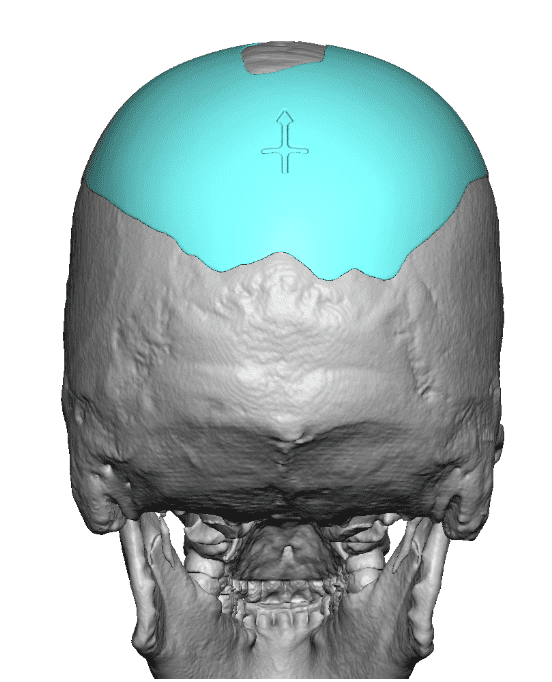
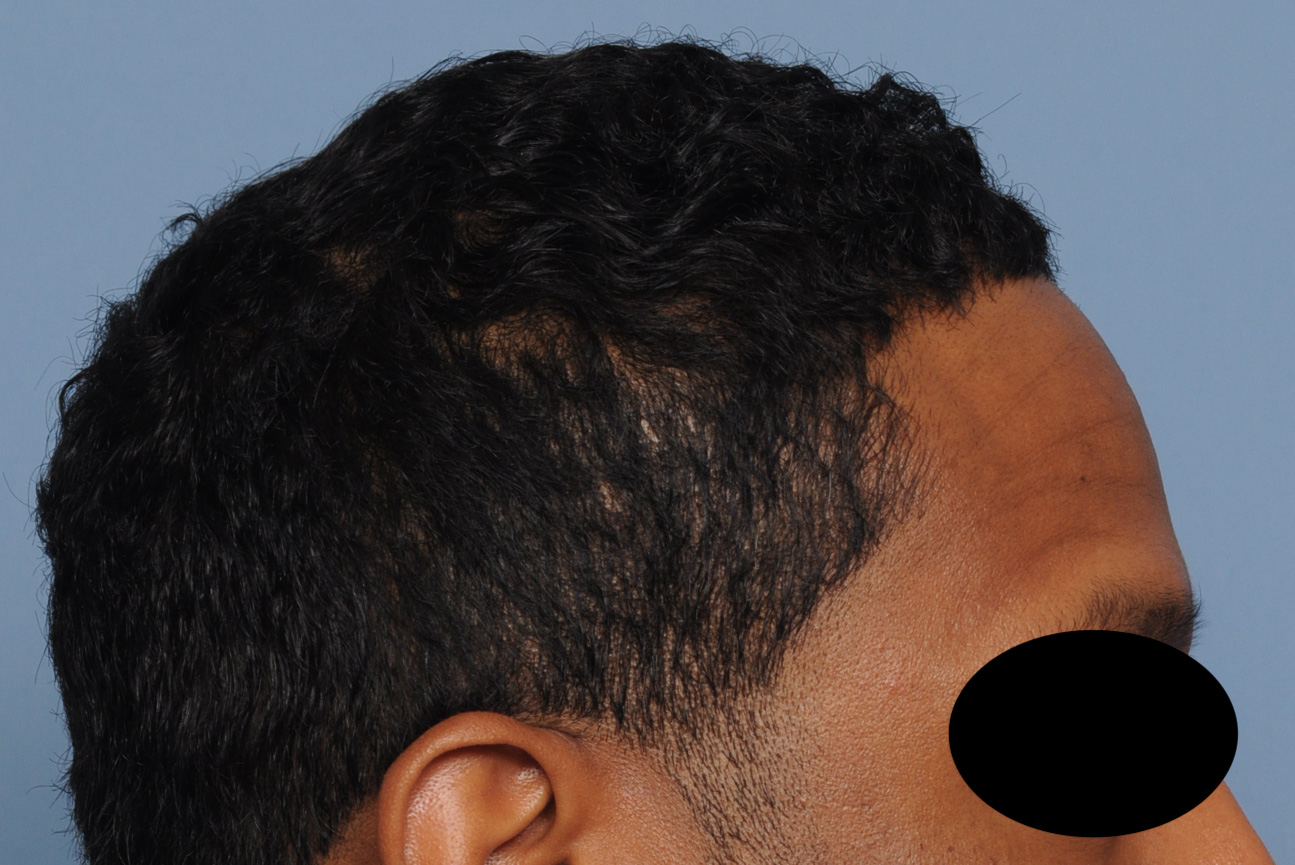
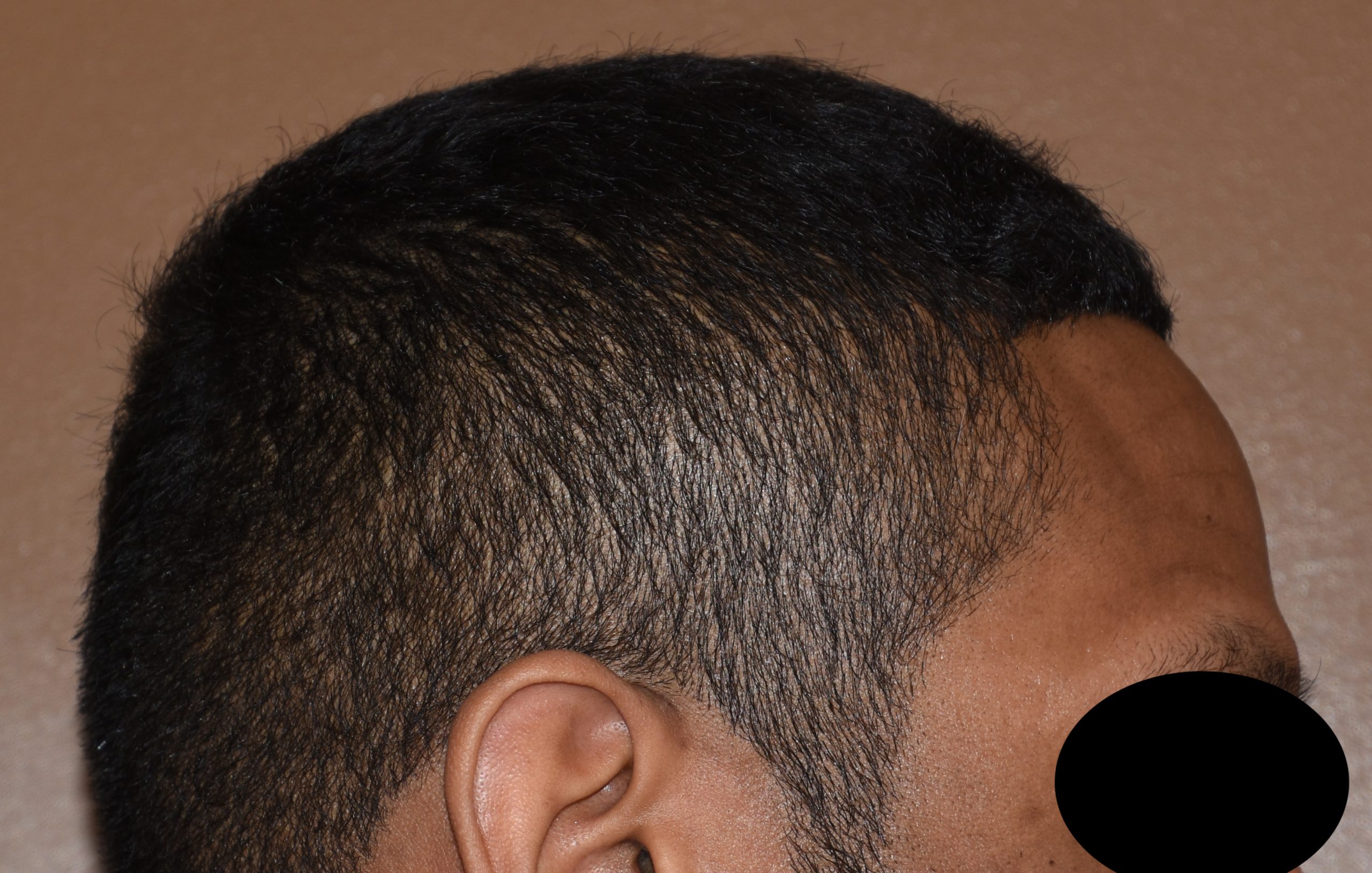
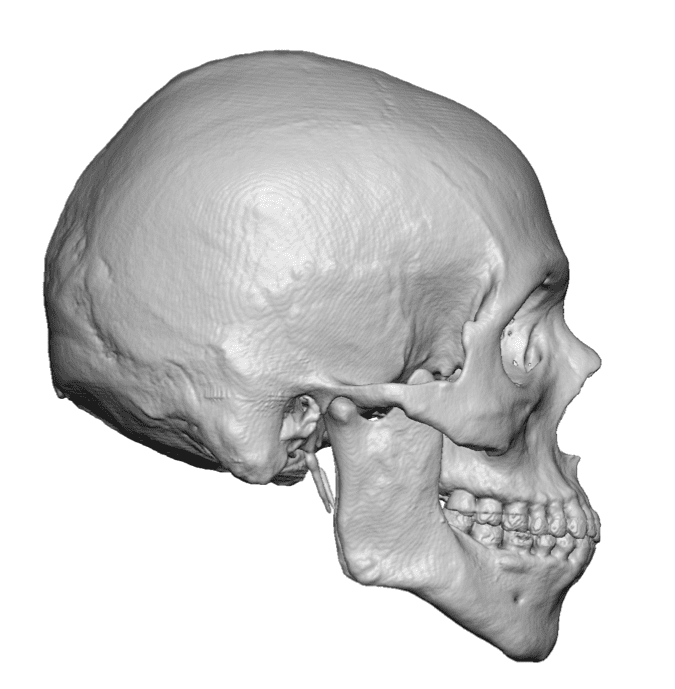
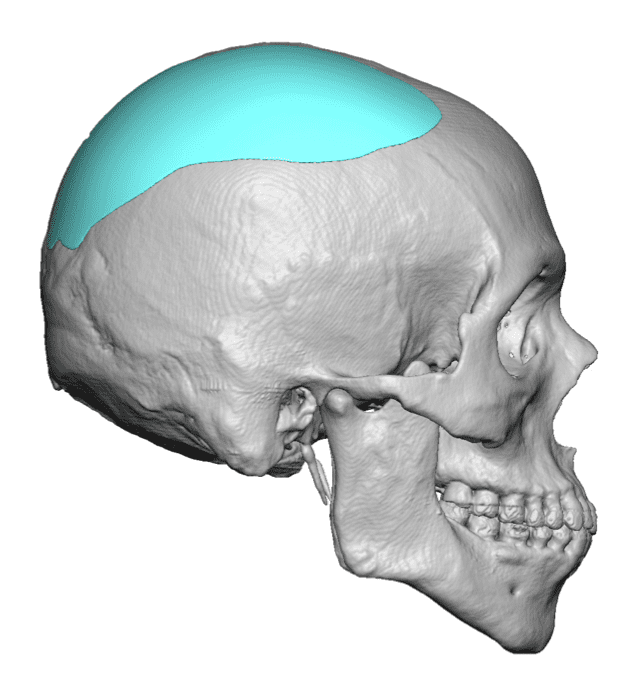
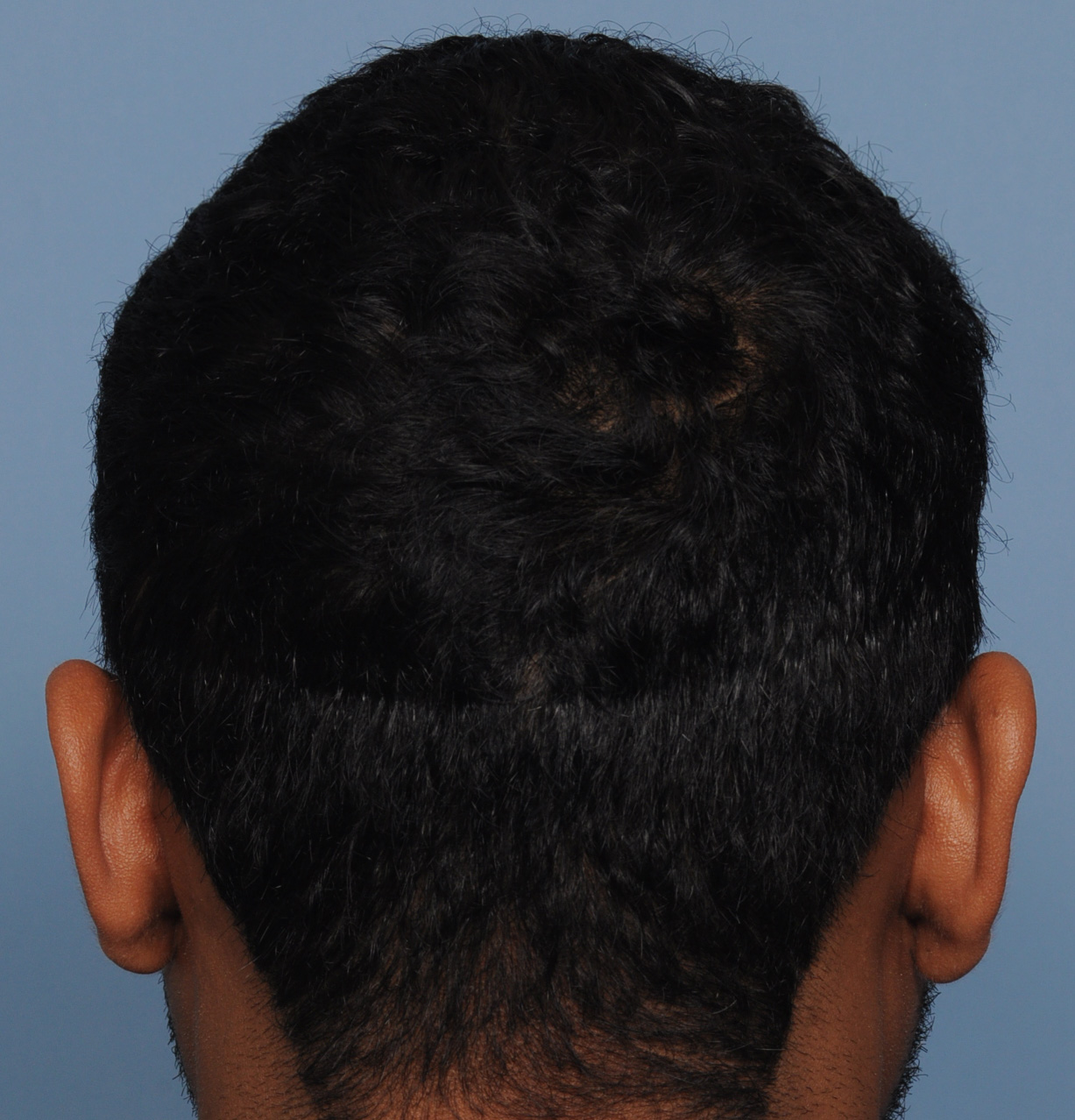
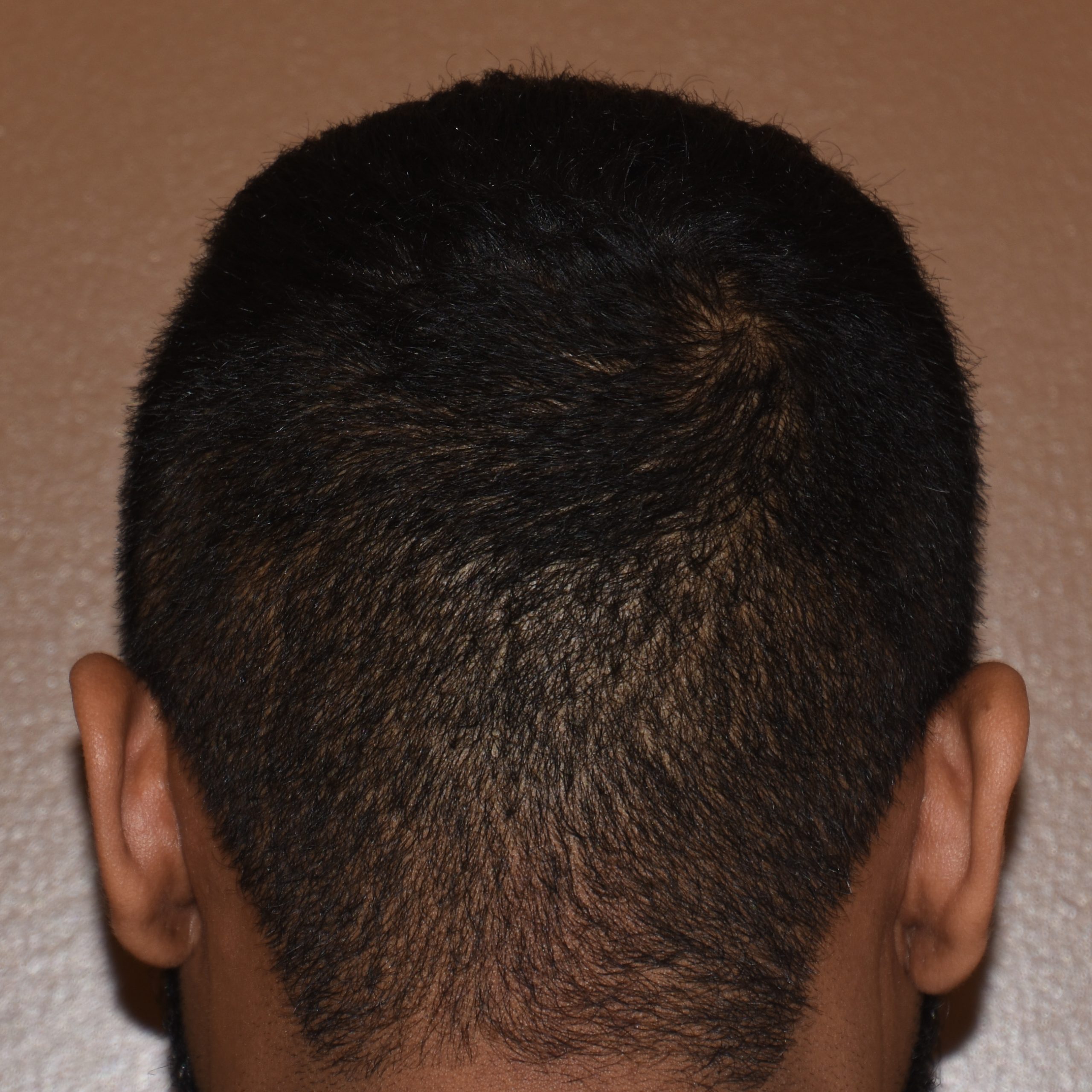
Desire to improve his head shape which had an inverted V shape from the front and back.
Placement of custom parasagittal-parietal skull implant. (had a prior sagittal ridge reduction)
Patient 122
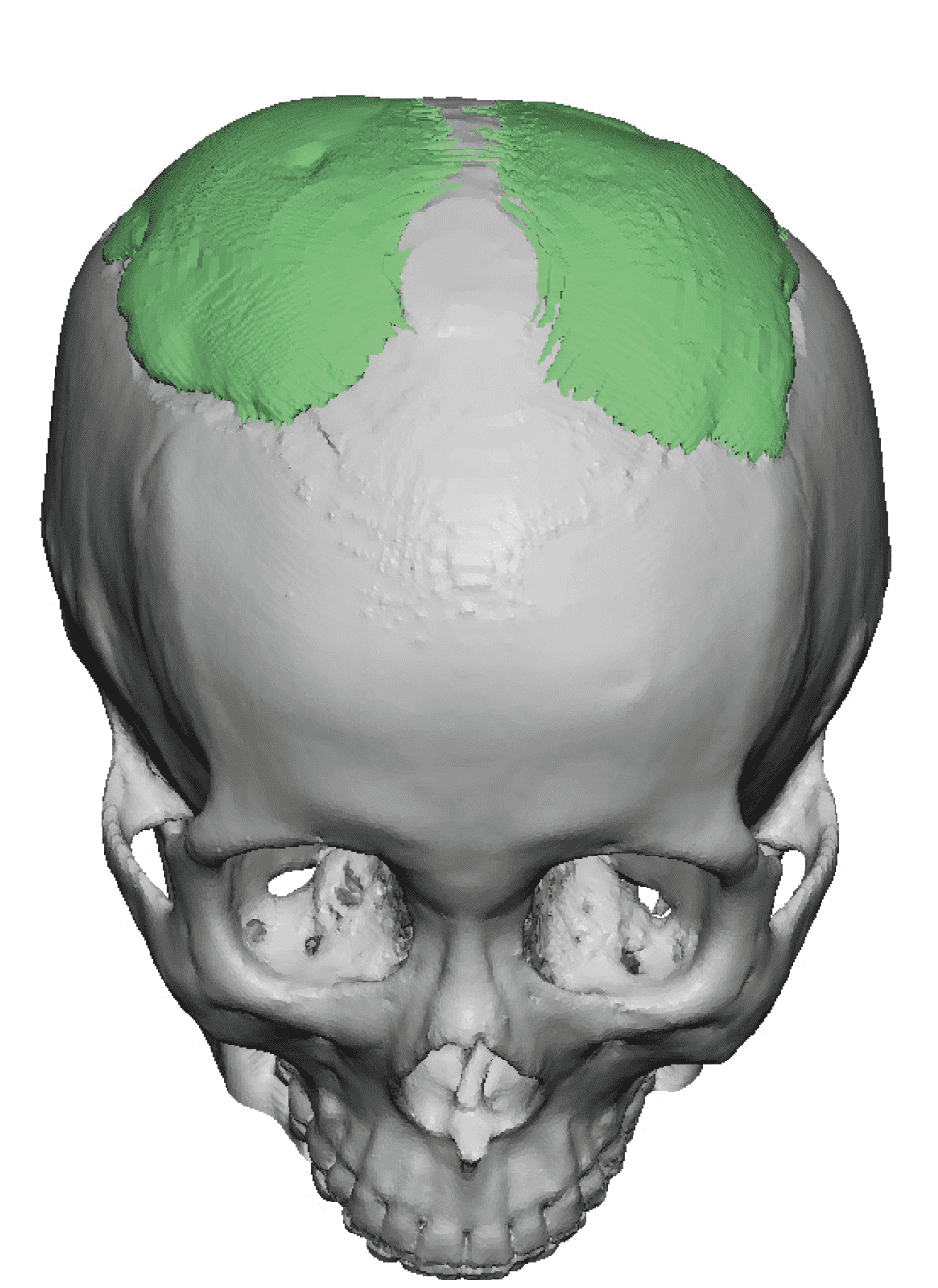
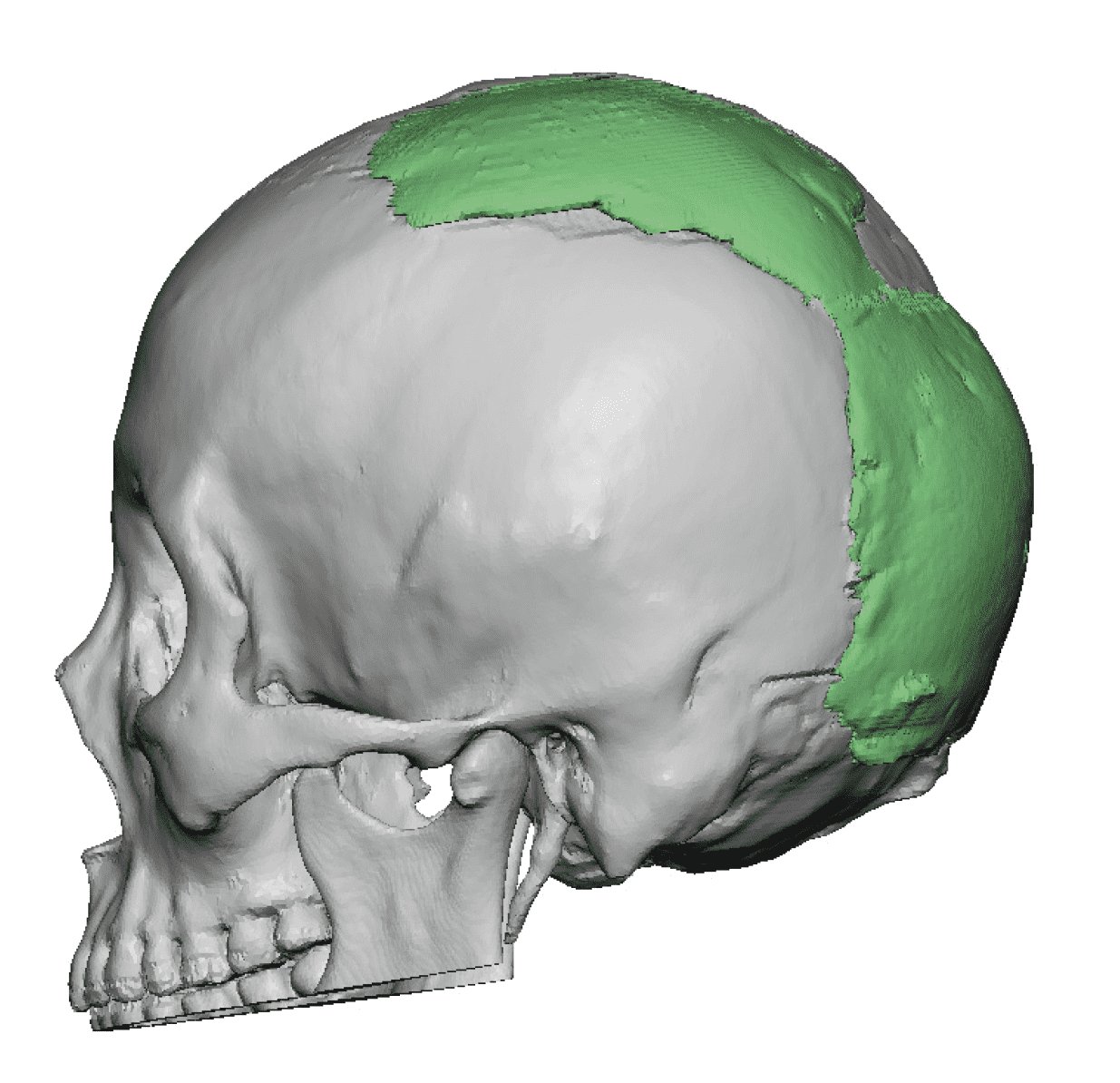
After a prior unsatisfactory PMMA bone cement skull augmentation he sought a custom skull implant approach.
A custom skull implant was placed using a split implant method for a more uniform smooth augmentation effect.


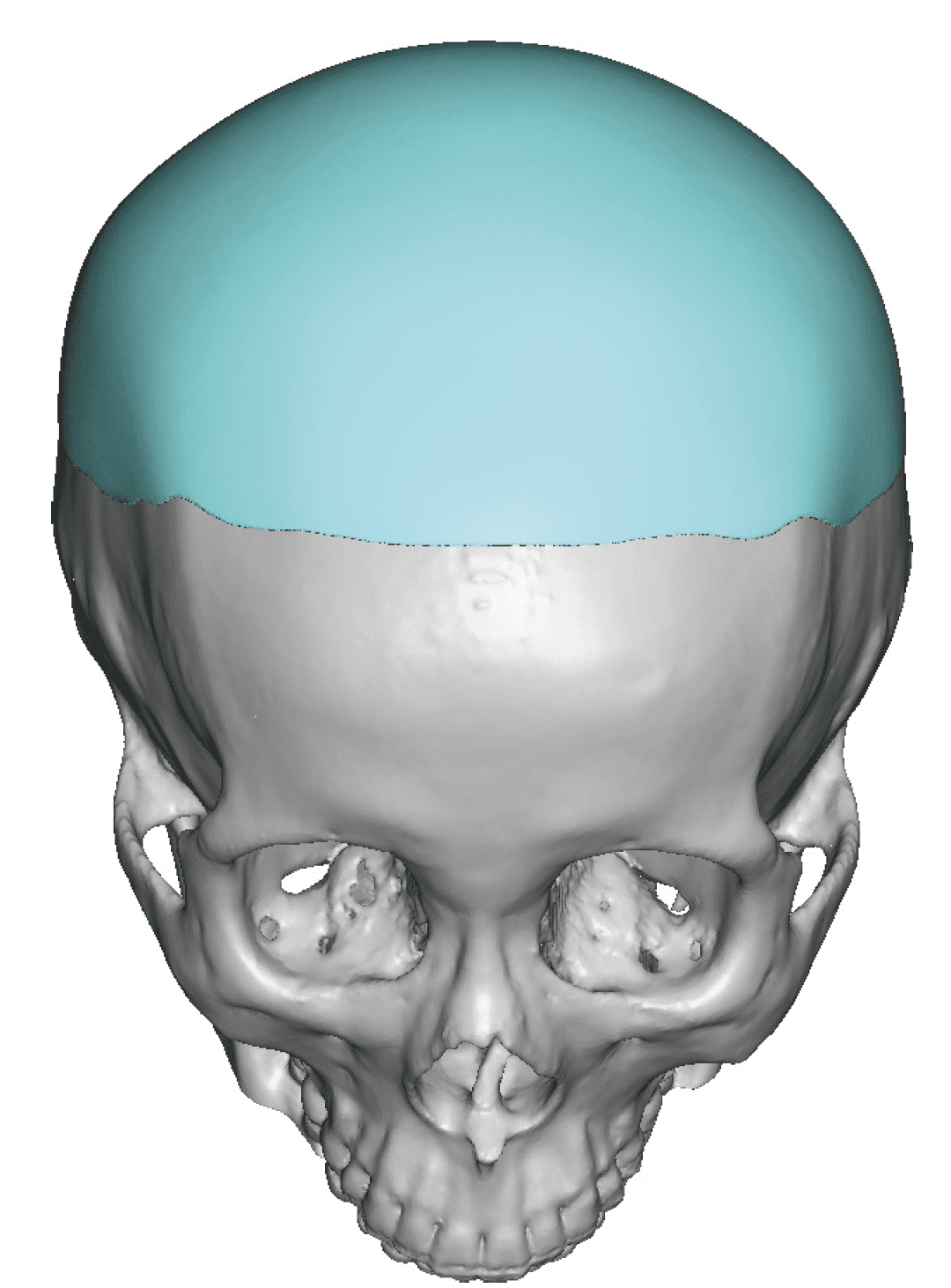
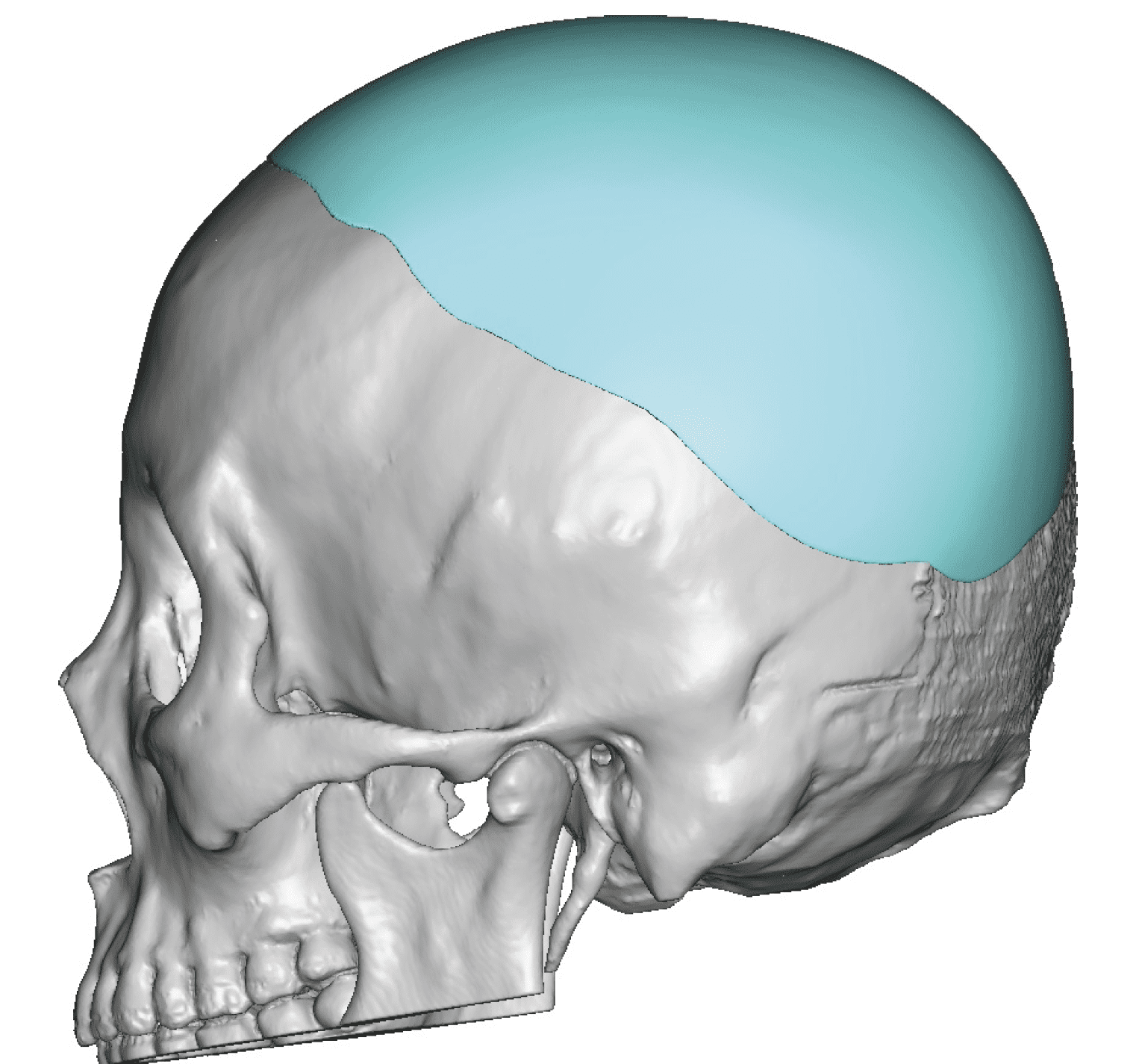
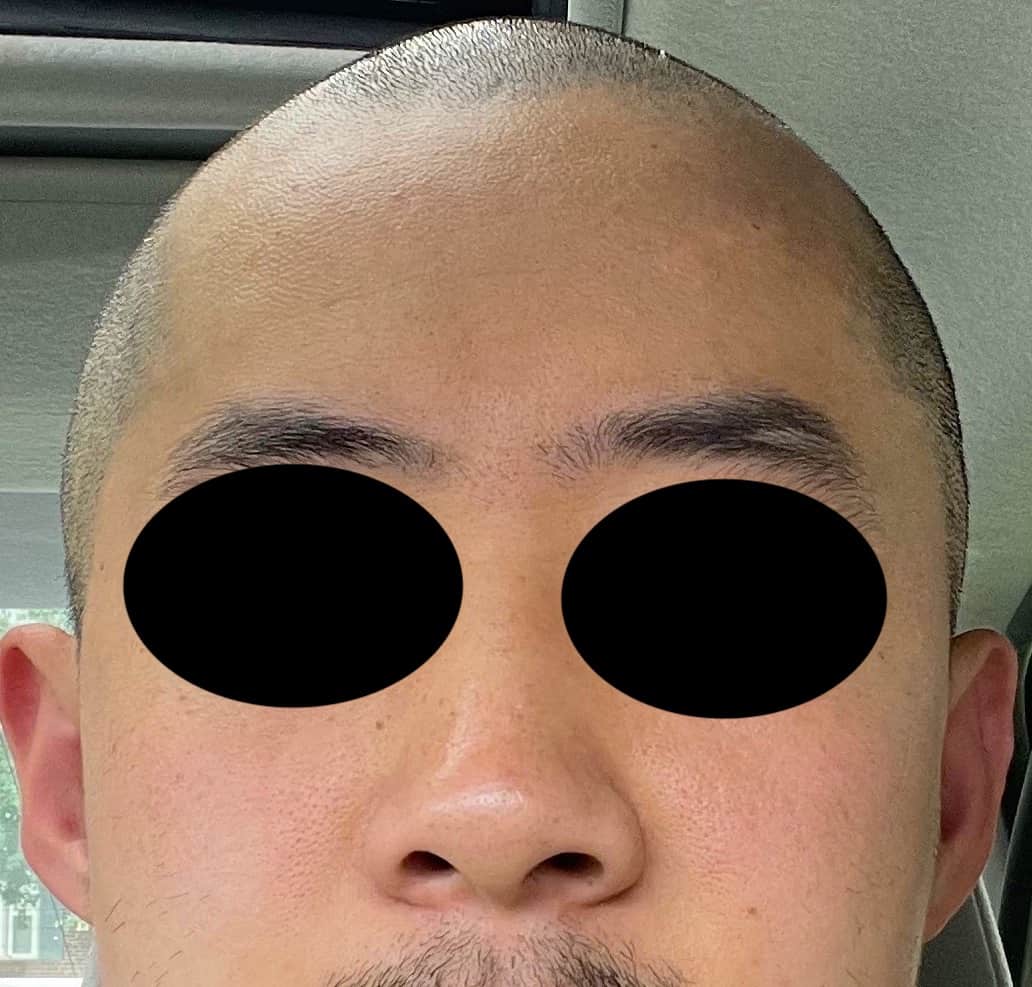

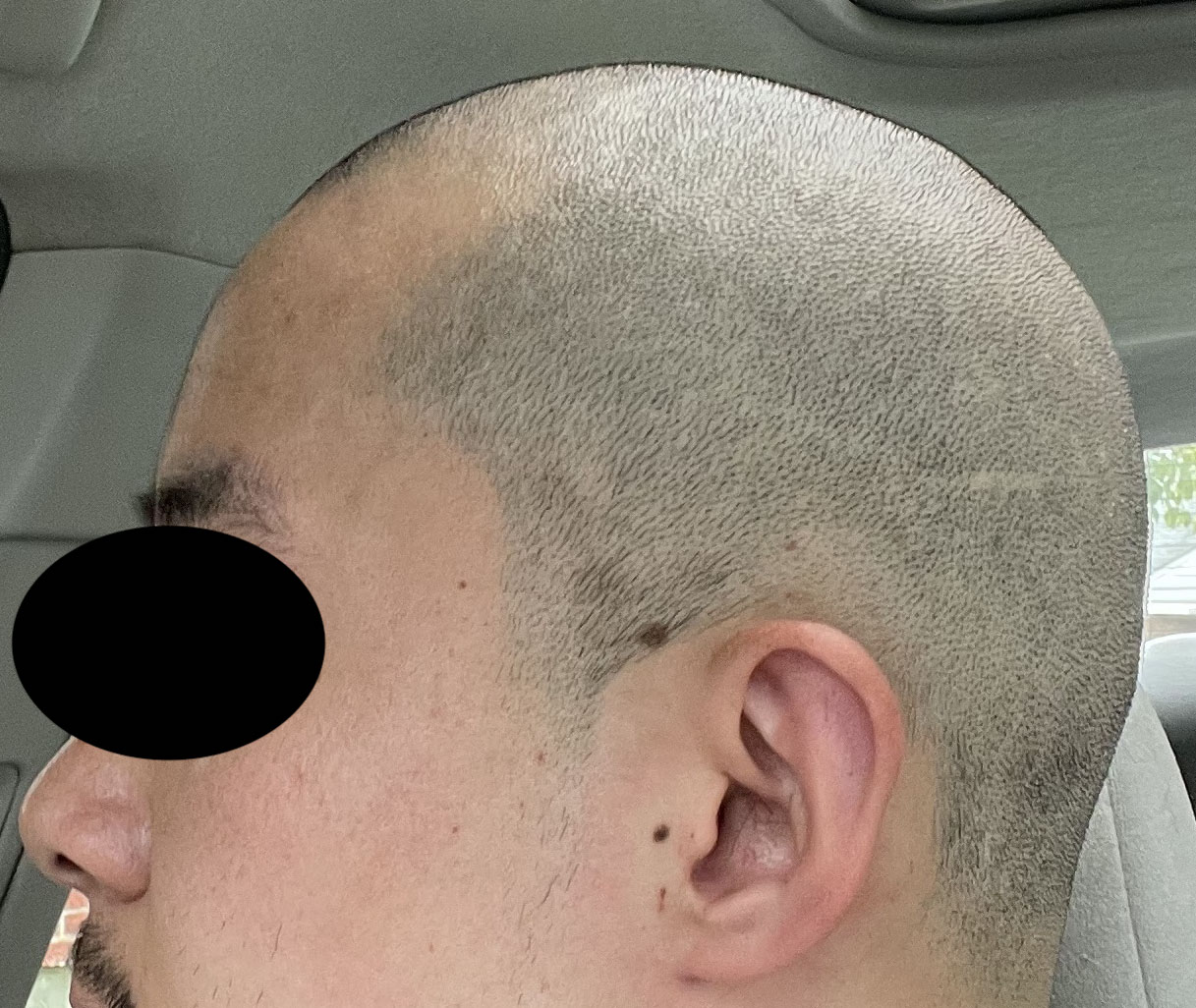
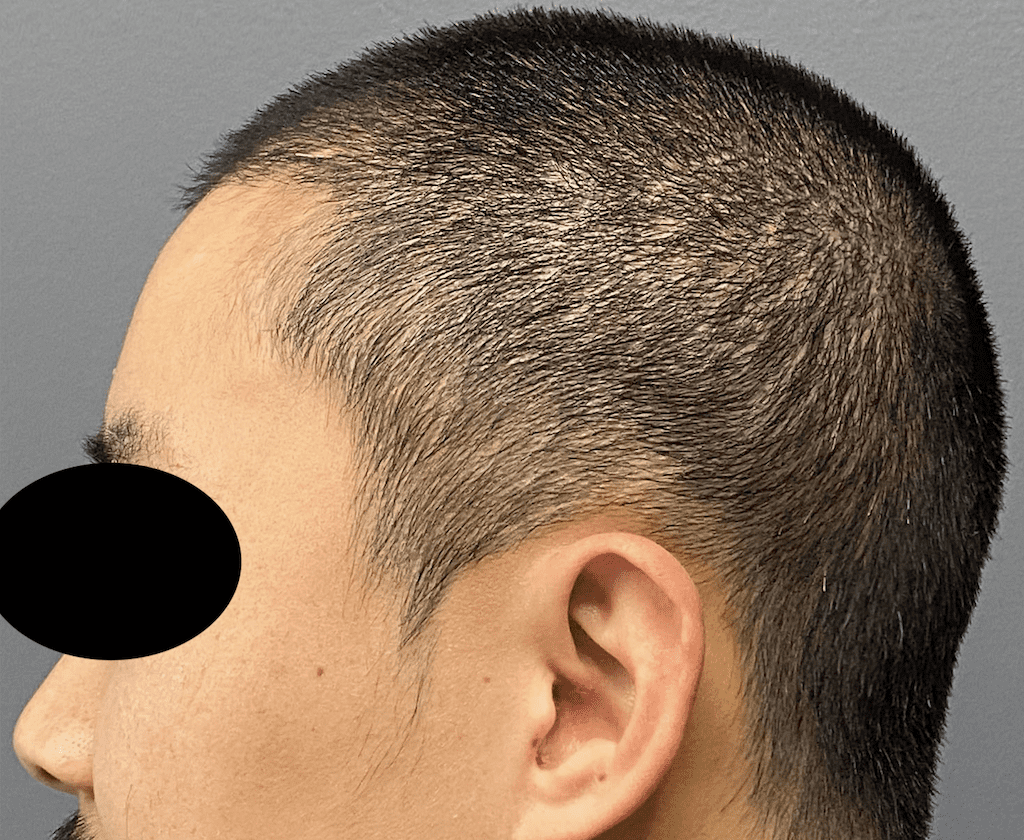
After a prior unsatisfactory PMMA bone cement skull augmentation he sought a custom skull implant approach.
A custom skull implant was placed using a split implant method for a more uniform smooth augmentation effect.
Patient 123
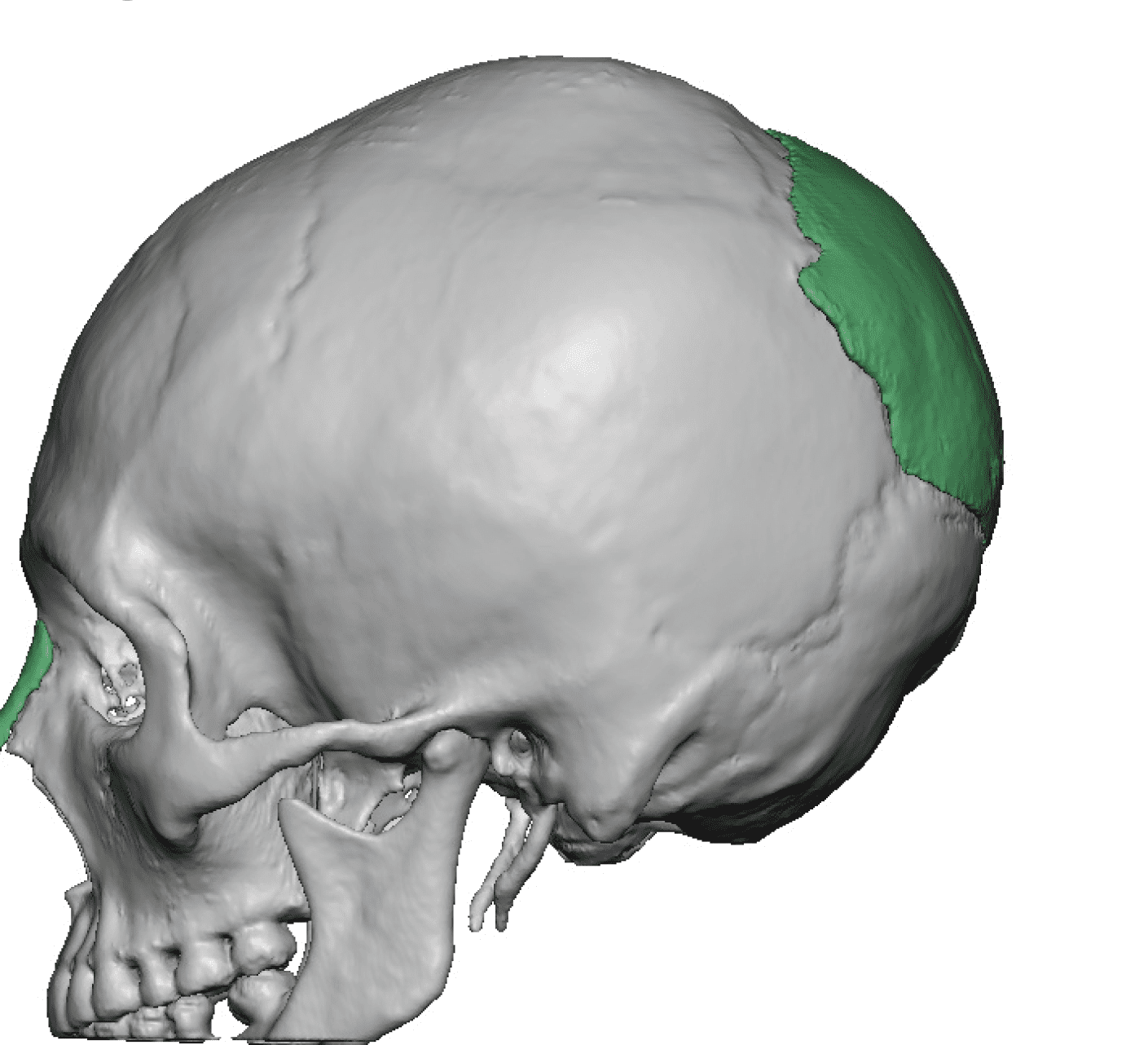
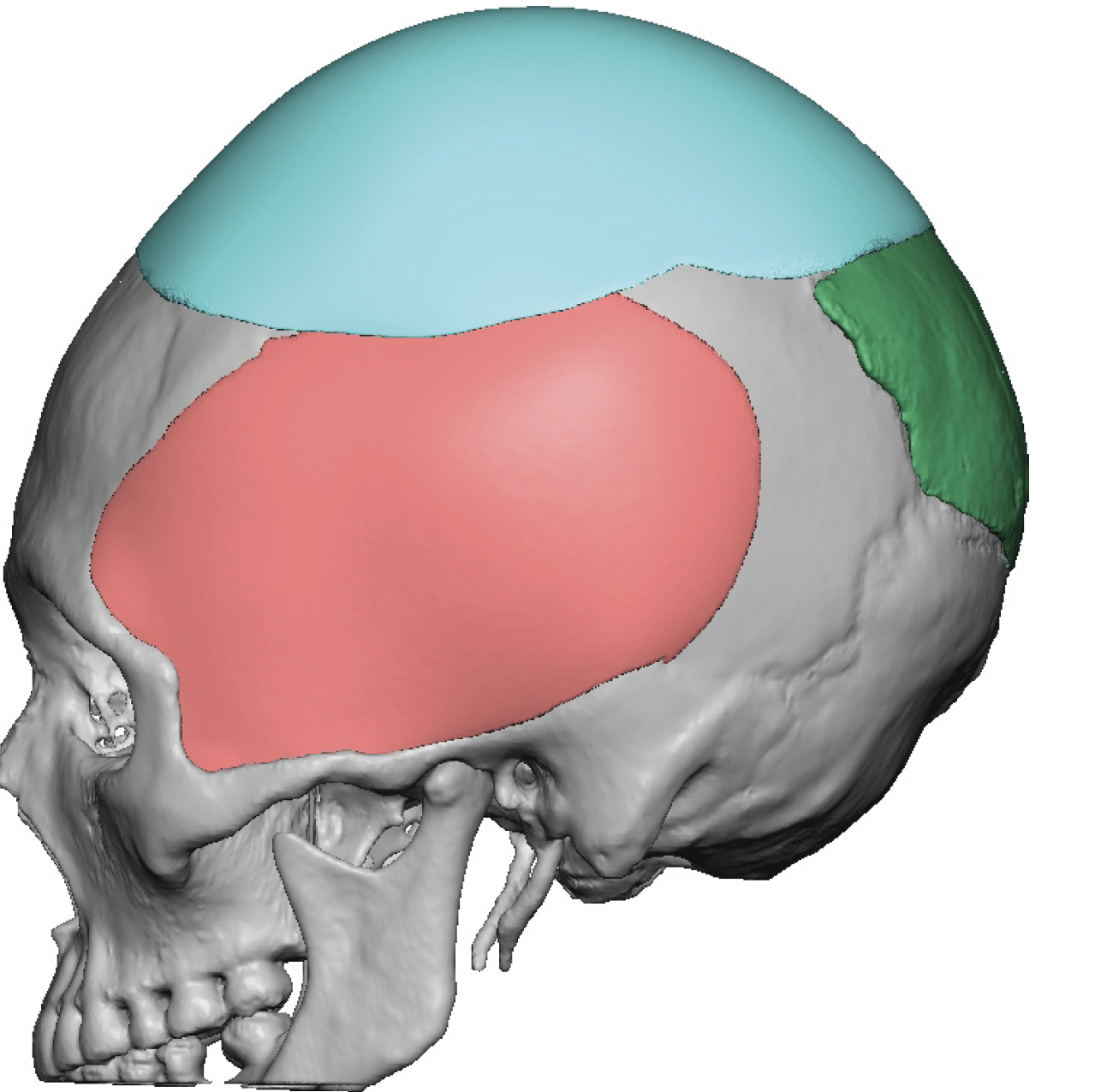
Desire for additional skull augmentation after a prior PMMA bone cement placement on the back of her head.
Placement of a custom skull implant to supplement her prior bone cement augmentation for an overall greater skull enhancement effect.


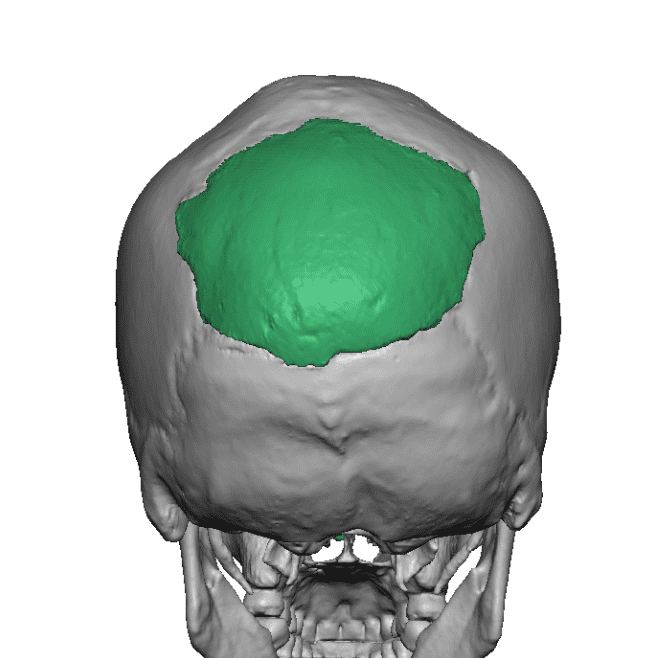
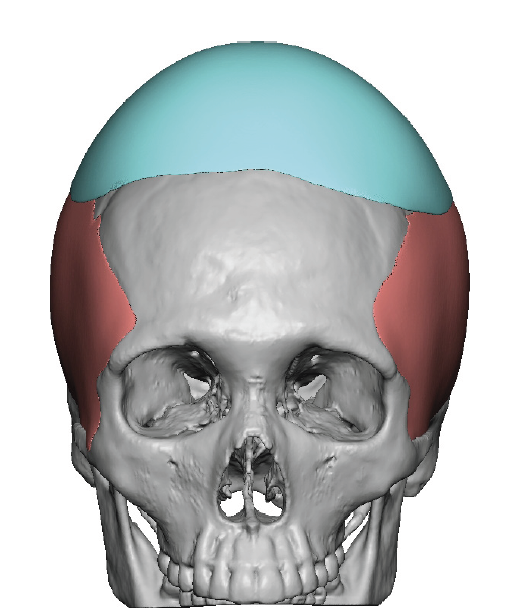
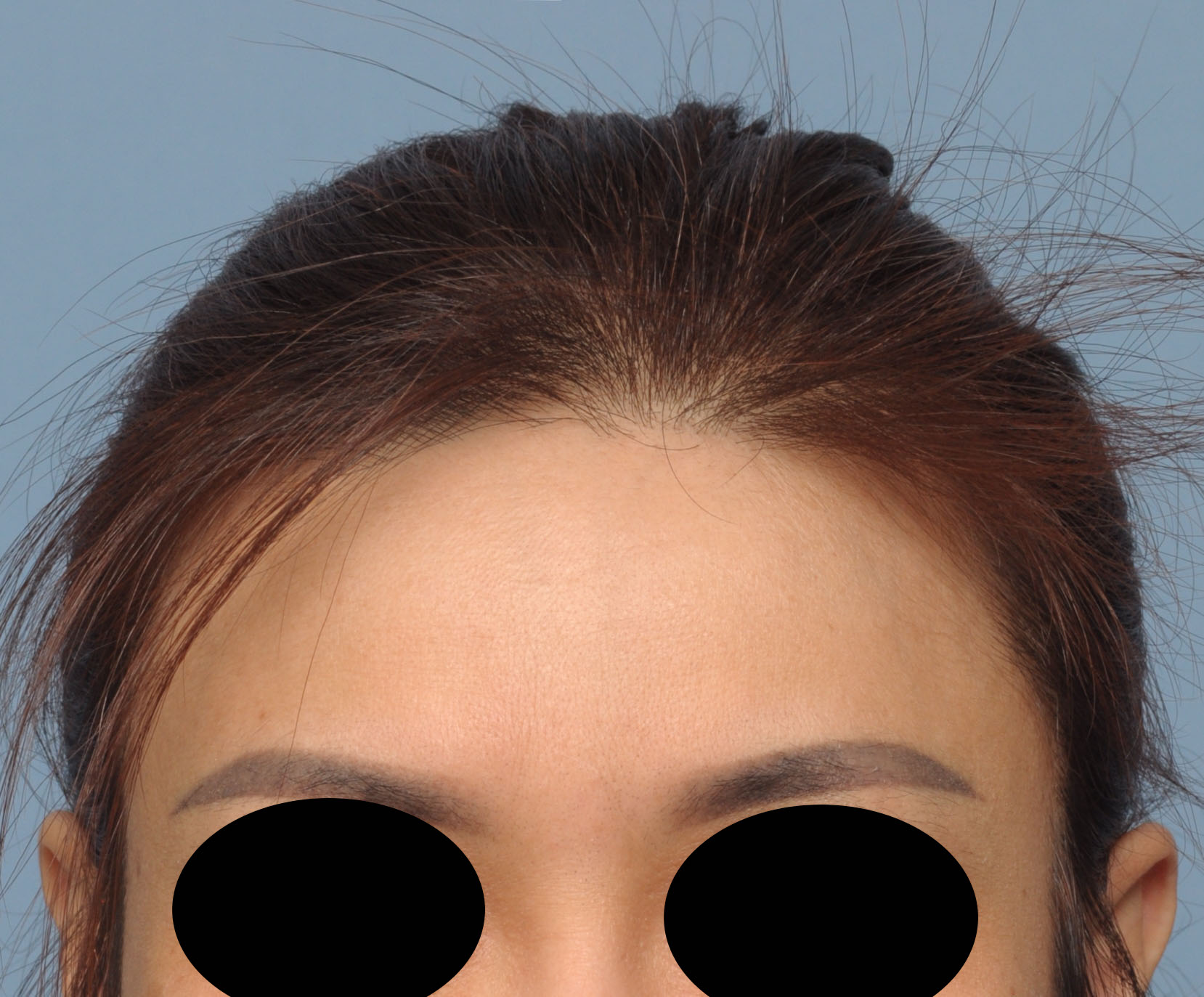
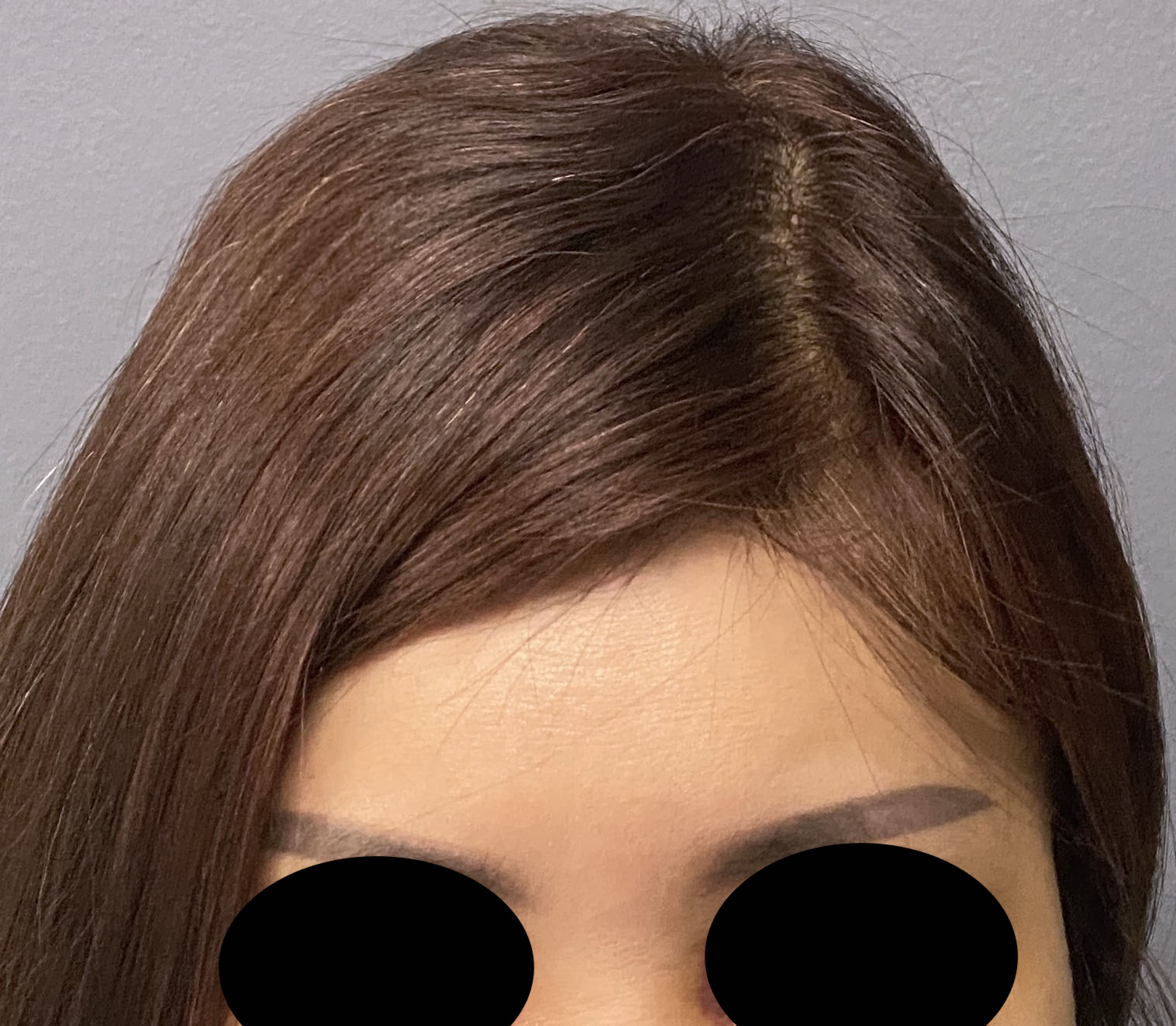
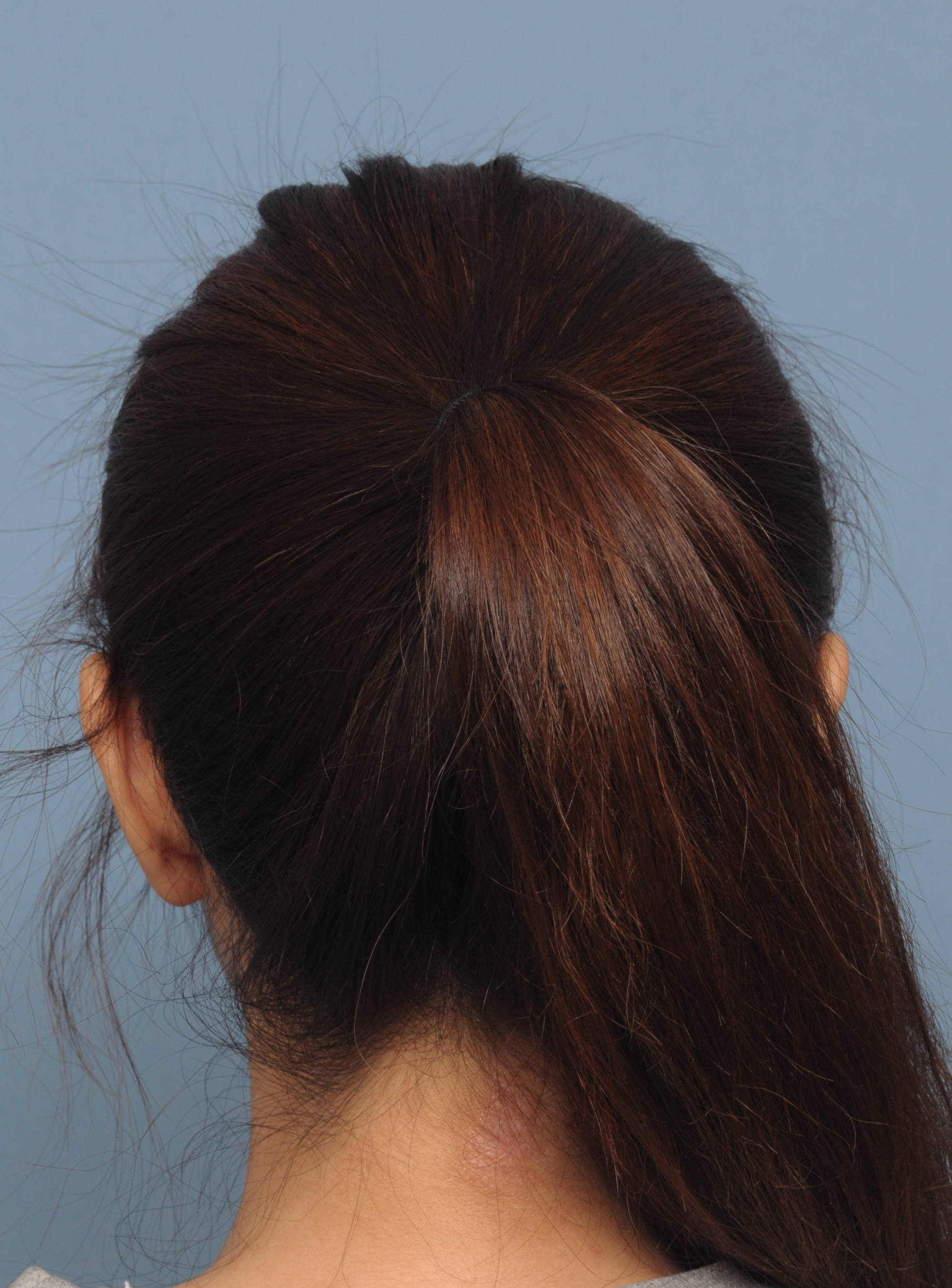
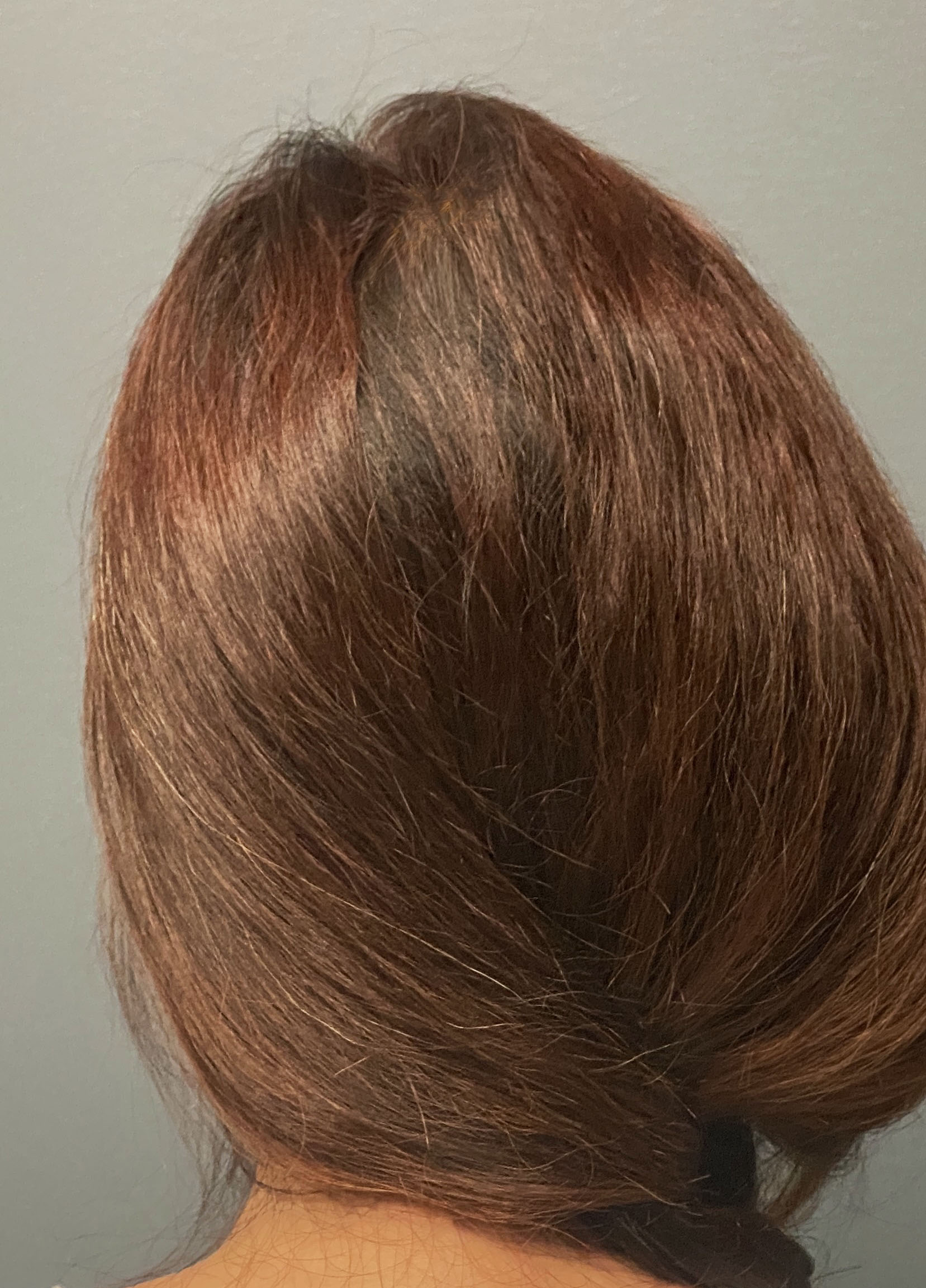
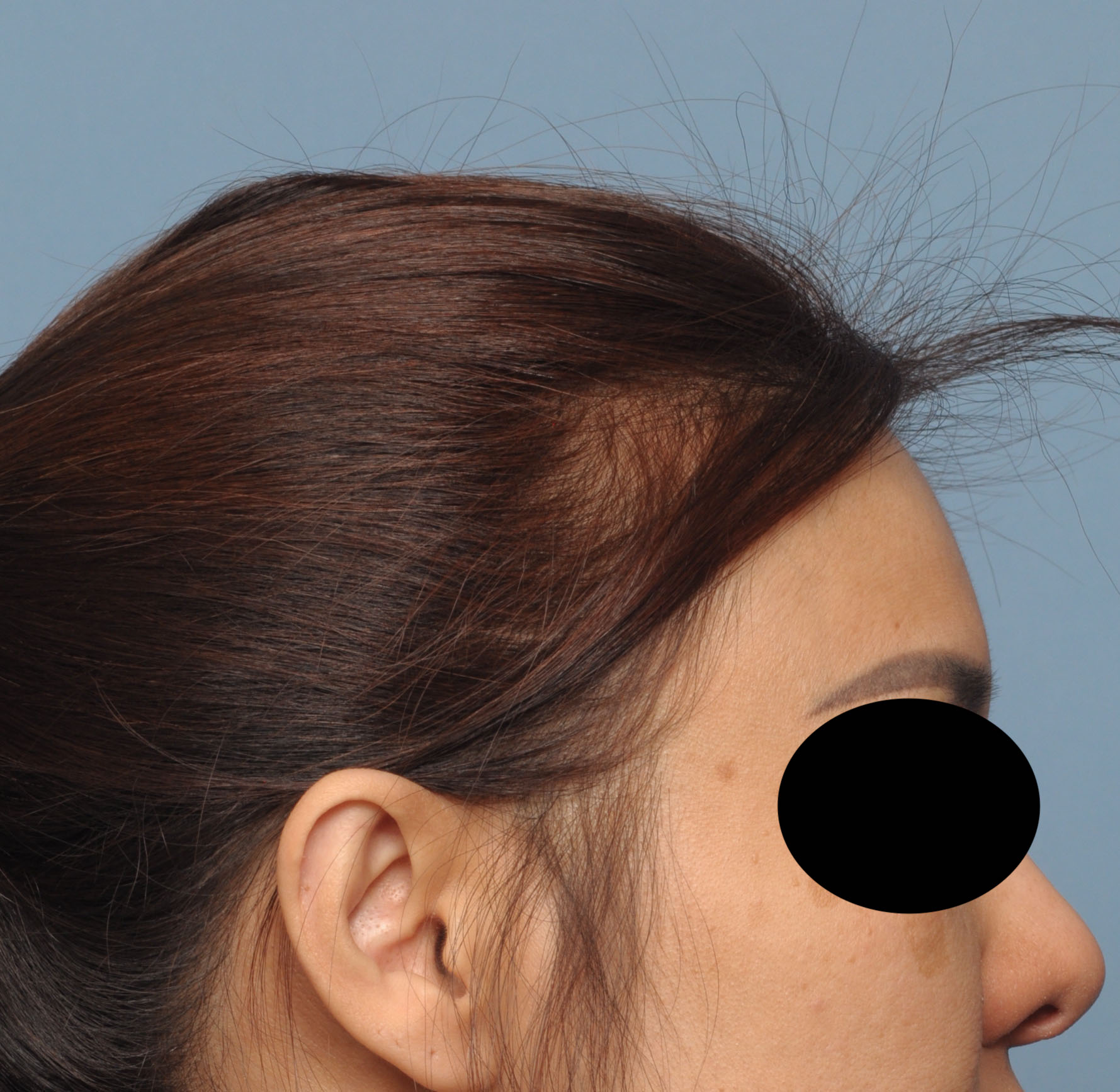
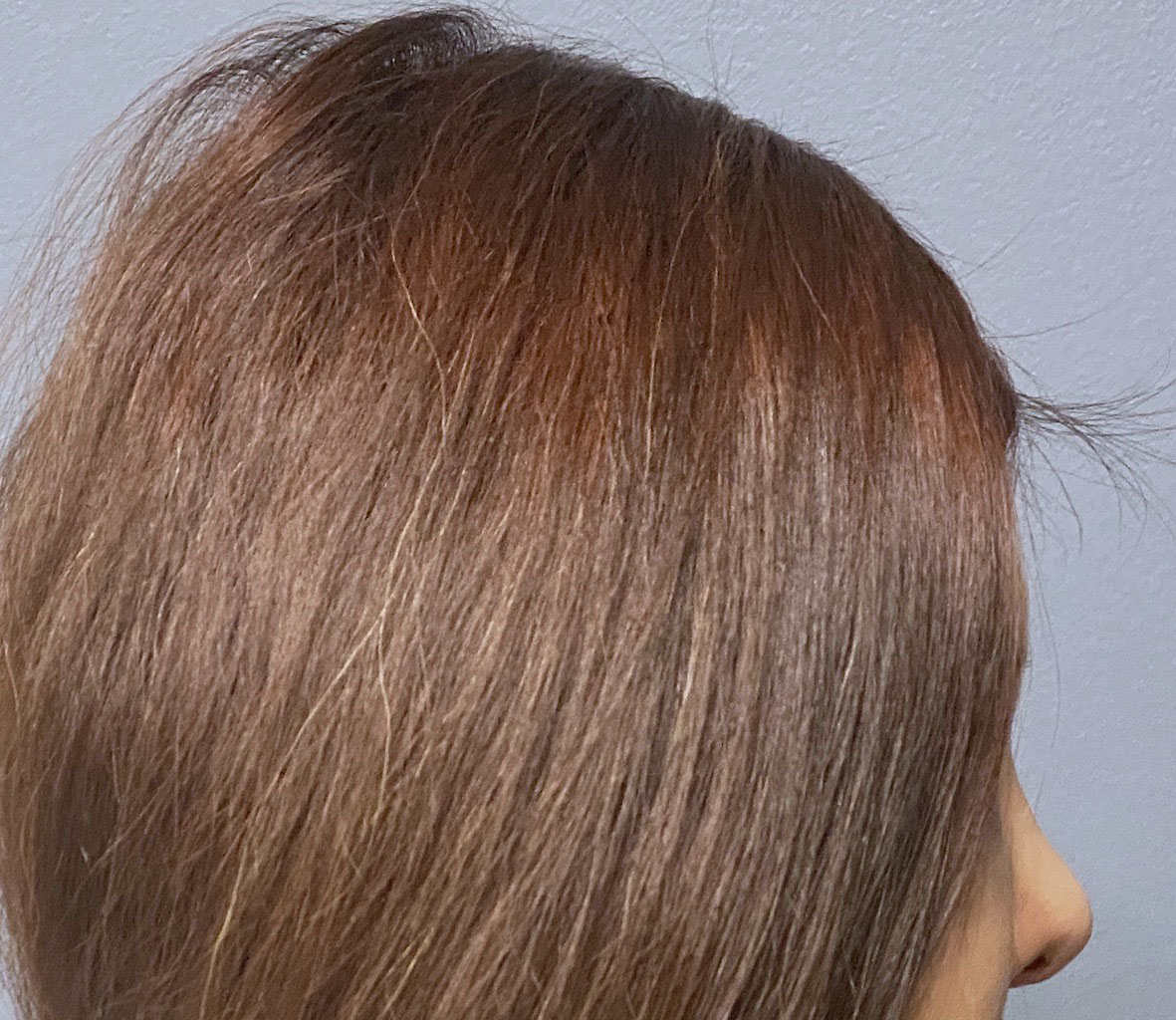
Desire for additional skull augmentation after a prior PMMA bone cement placement on the back of her head.
Placement of a custom skull implant to supplement her prior bone cement augmentation for an overall greater skull enhancement effect.
Patient 124

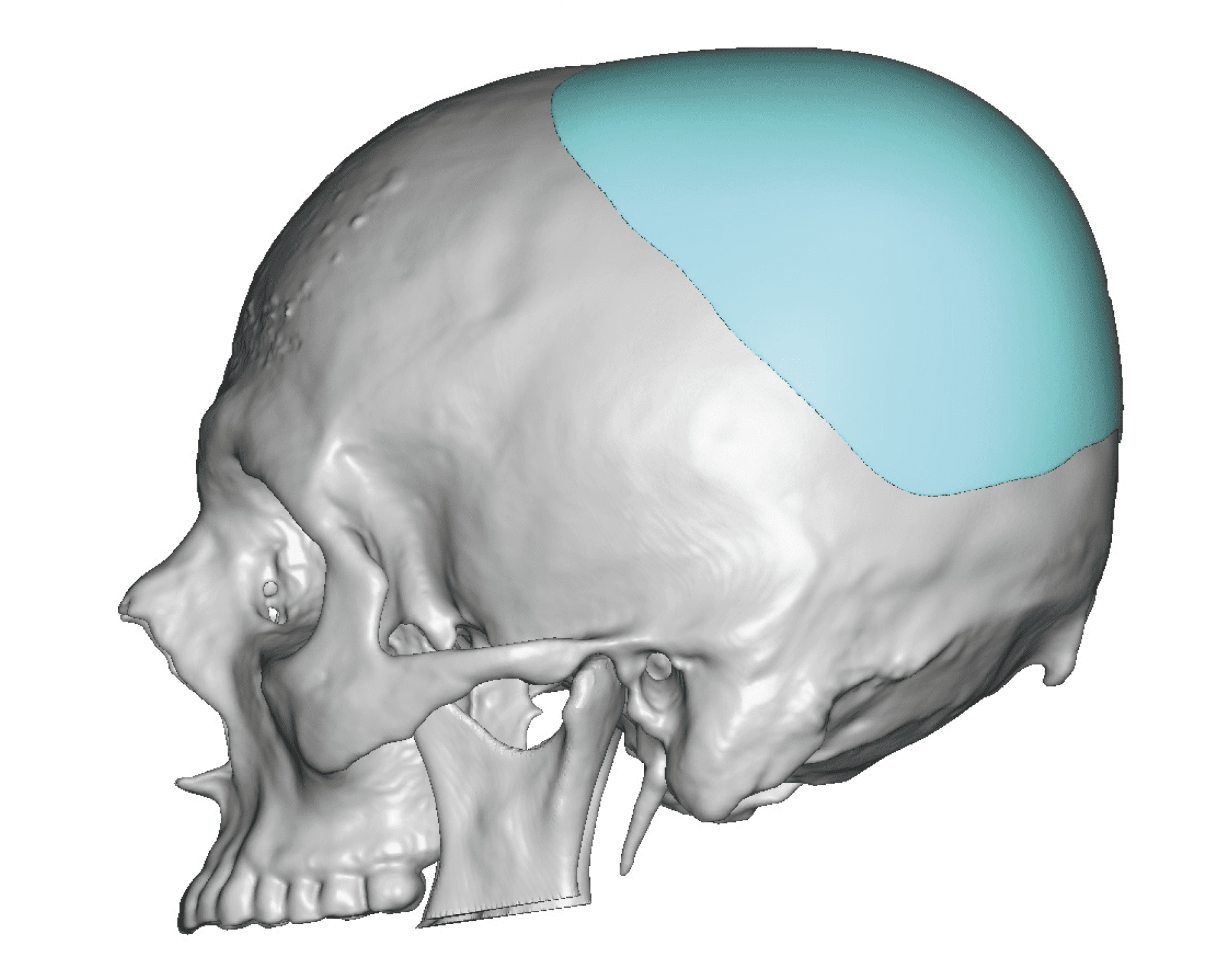
Desire to correct the flat area on the back of his head.
A custom skull implant was placed through a low scalp incision on the back of the head for correction of the flat area.


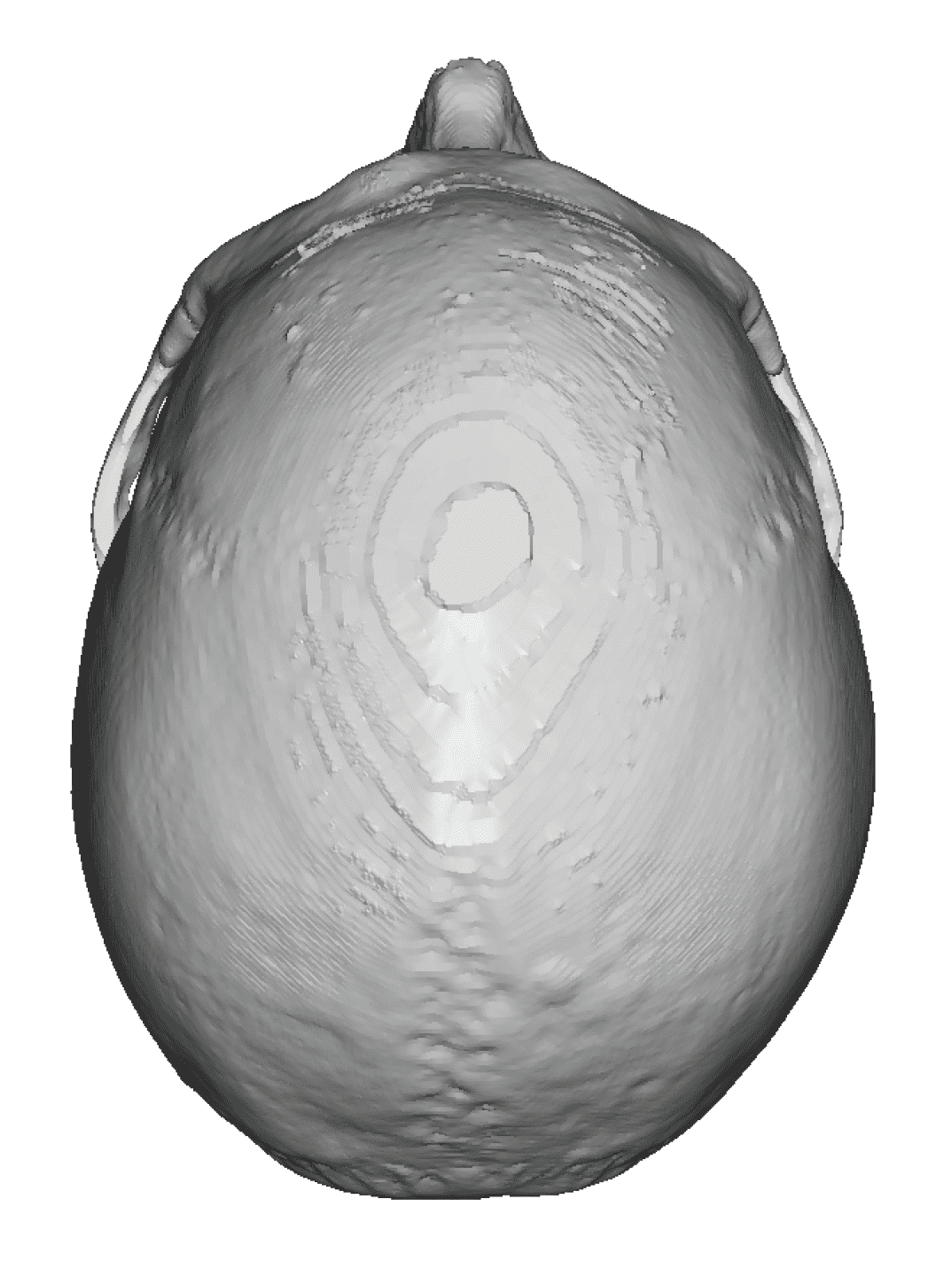
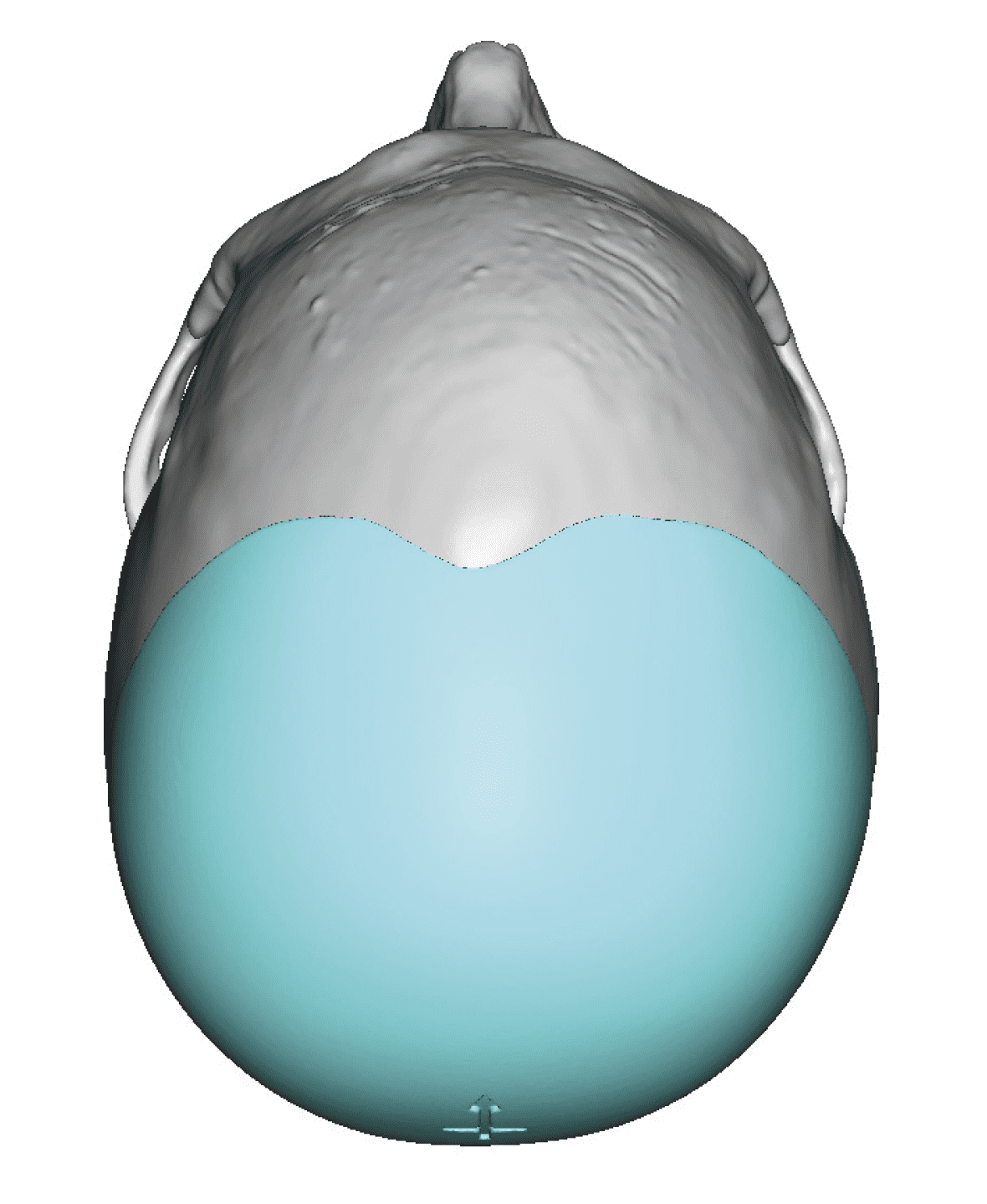
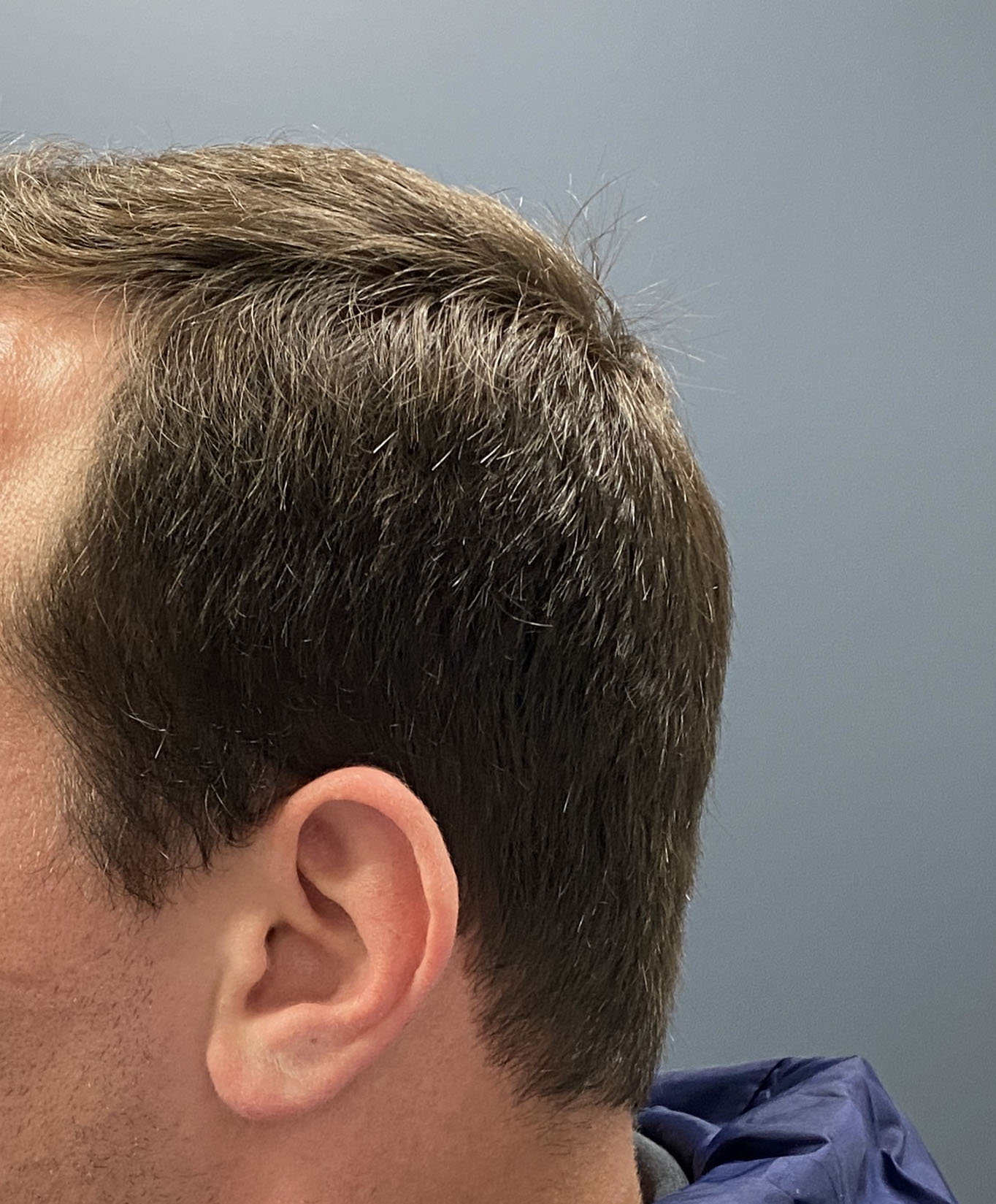
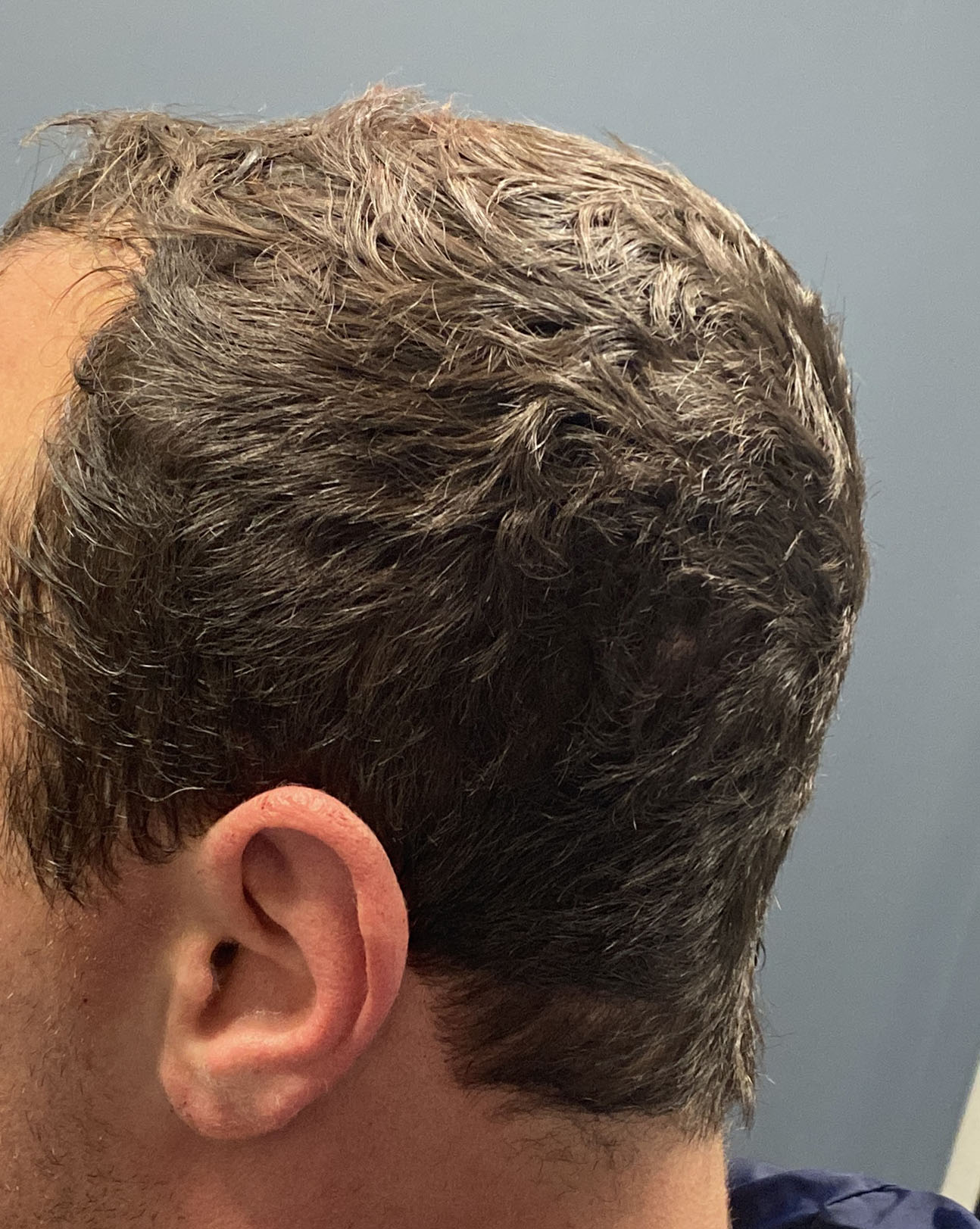
Desire to correct the flat area on the back of his head.
A custom skull implant was placed through a low scalp incision on the back of the head for correction of the flat area.
Patient 125

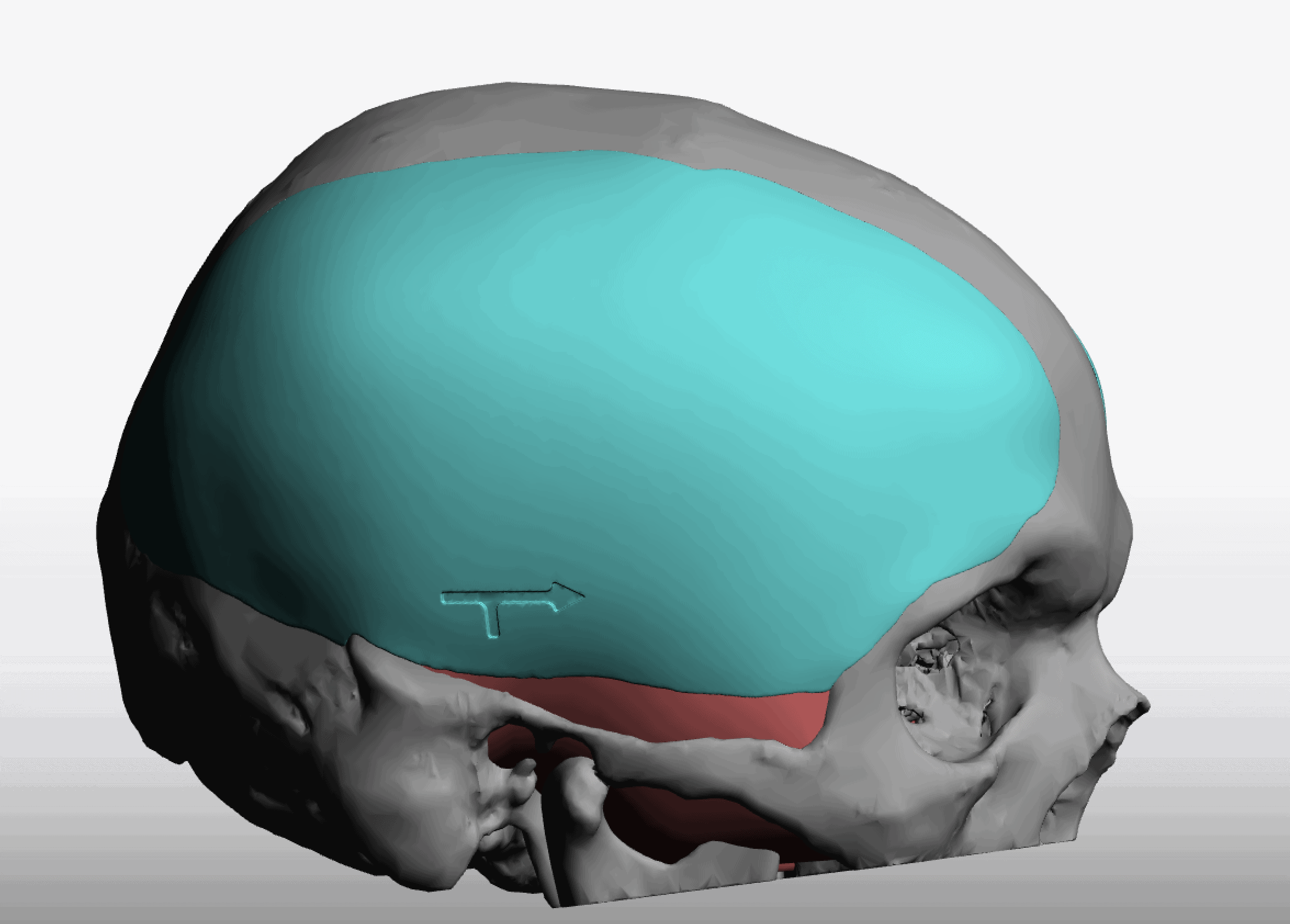
Desire to improve a narrow head shape from the forehead along the sides and to the back of his head.
Custom head widening (extended temporal ) implants placed through incisions in the crease of the back of the ears. (postauricular sulcus)


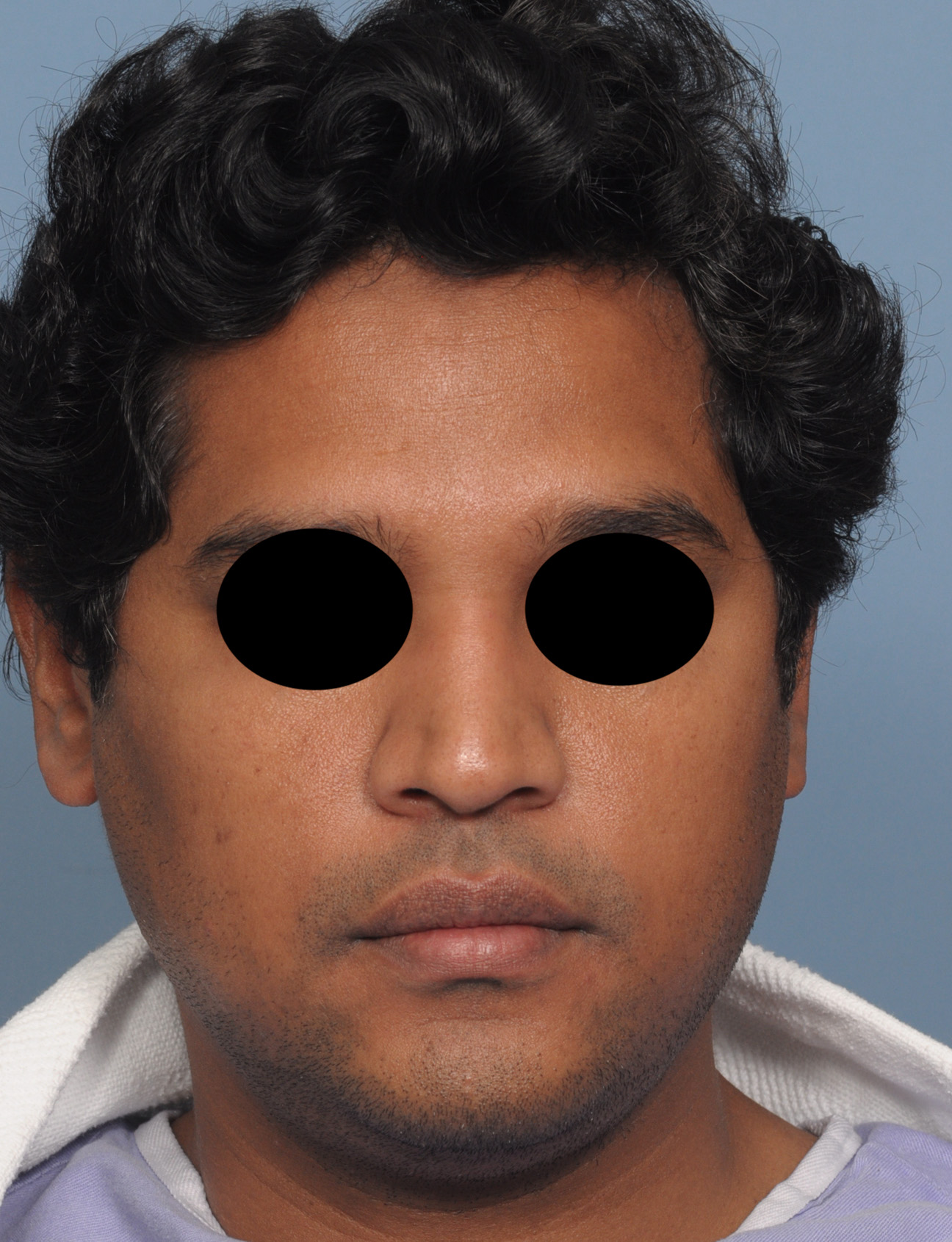
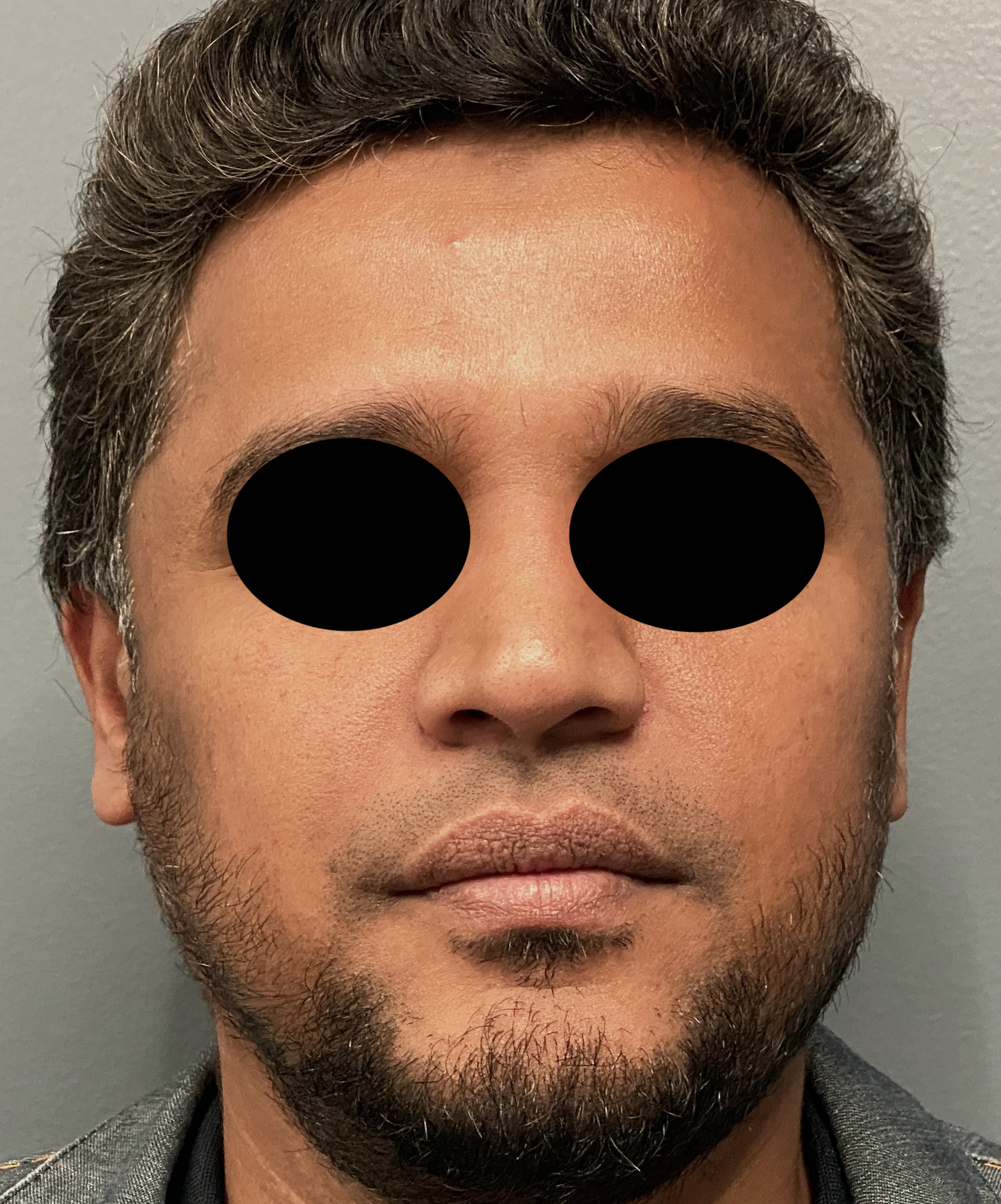
Desire to improve a narrow head shape from the forehead along the sides and to the back of his head.
Custom head widening (extended temporal ) implants placed through incisions in the crease of the back of the ears. (postauricular sulcus)
Patient 126
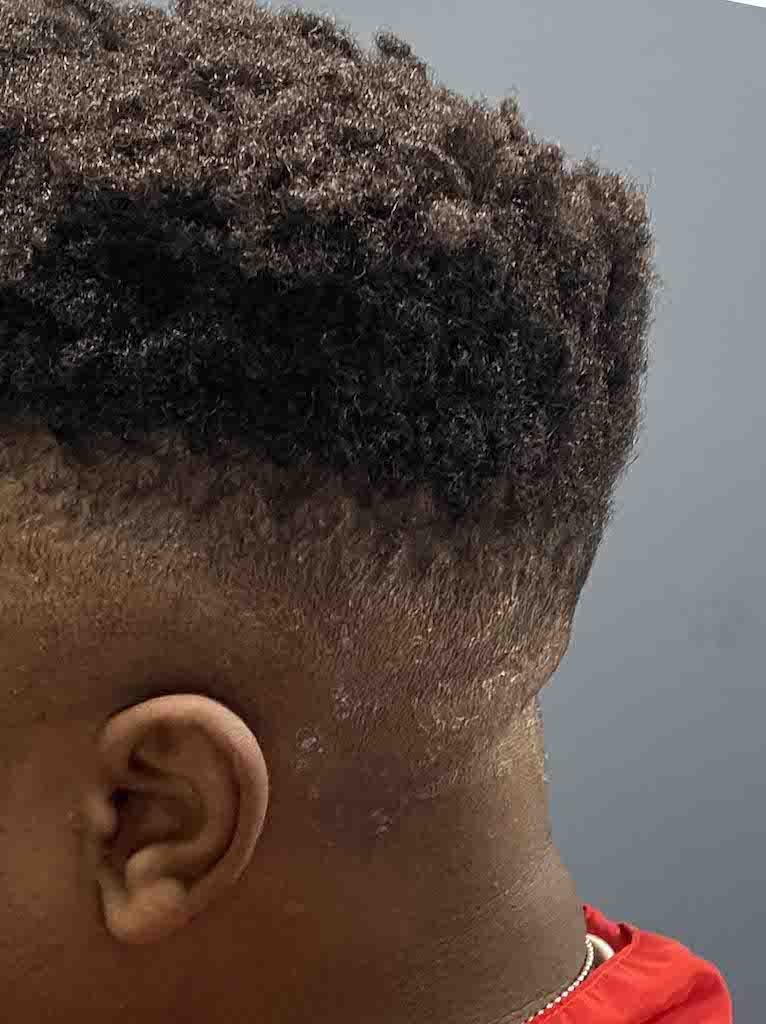
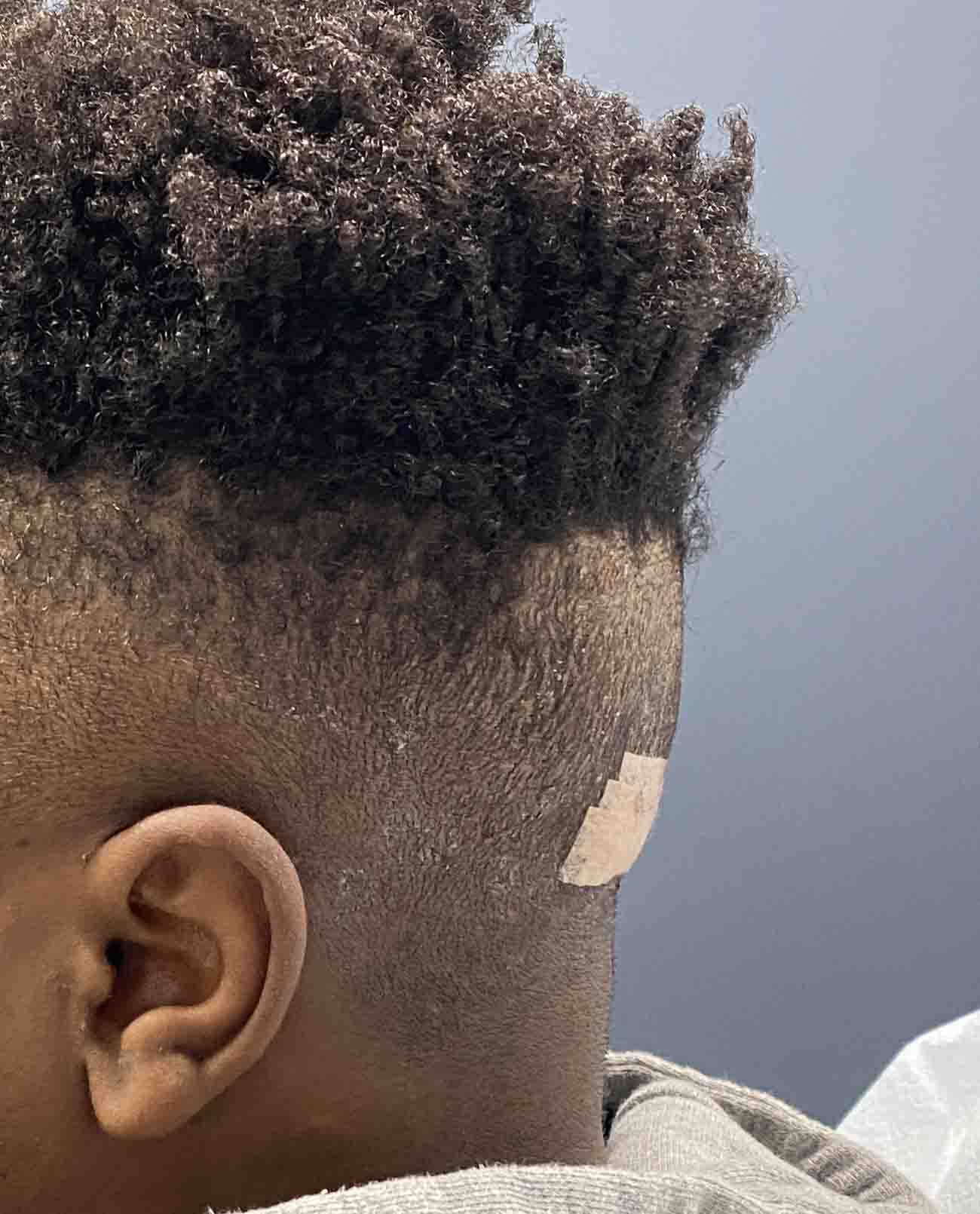
Desire for reduction of skull protrusion on the back of his head.
Occipital skull reduction dine through an irregular scalp incision. (first day postop shown)


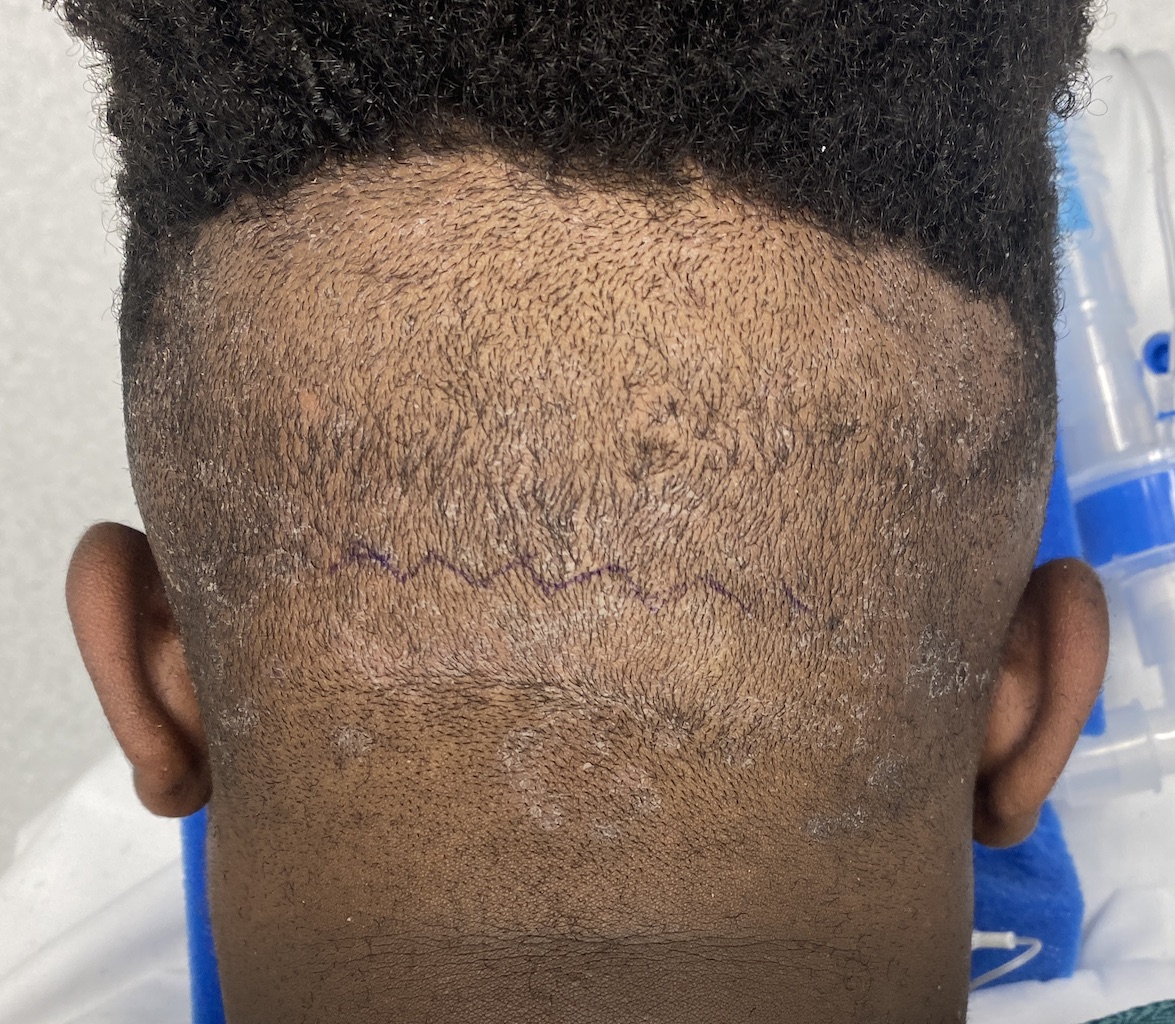
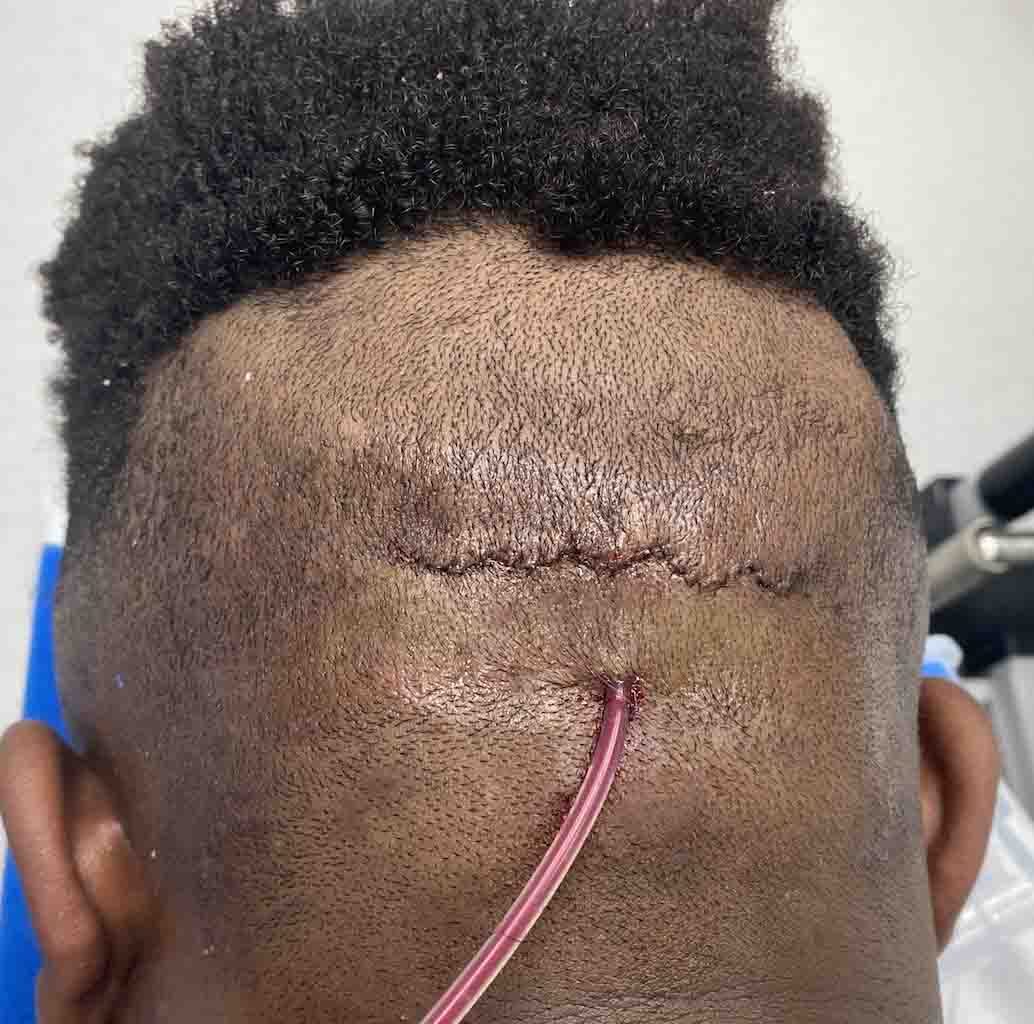
Desire for reduction of skull protrusion on the back of his head.
Occipital skull reduction dine through an irregular scalp incision. (first day postop shown)
Patient 127
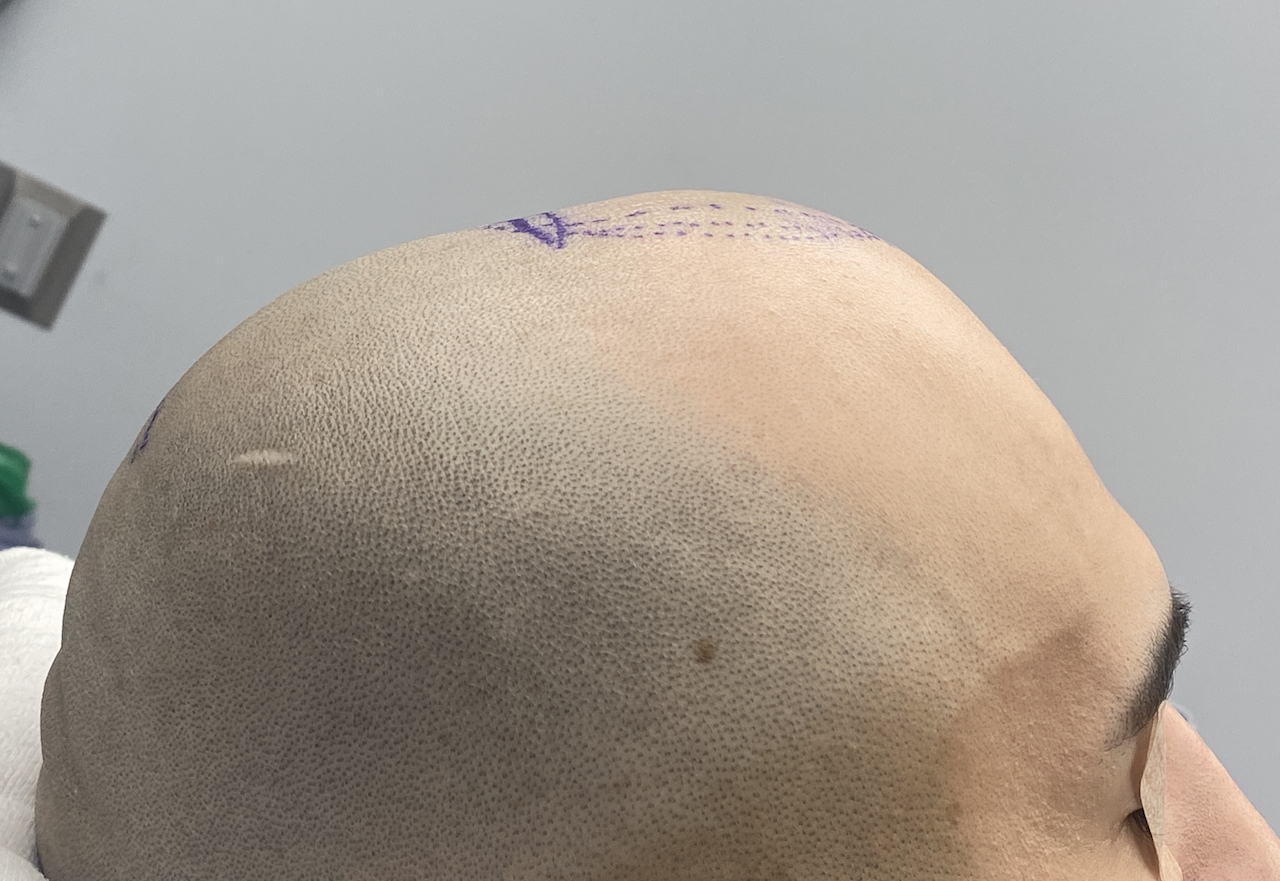
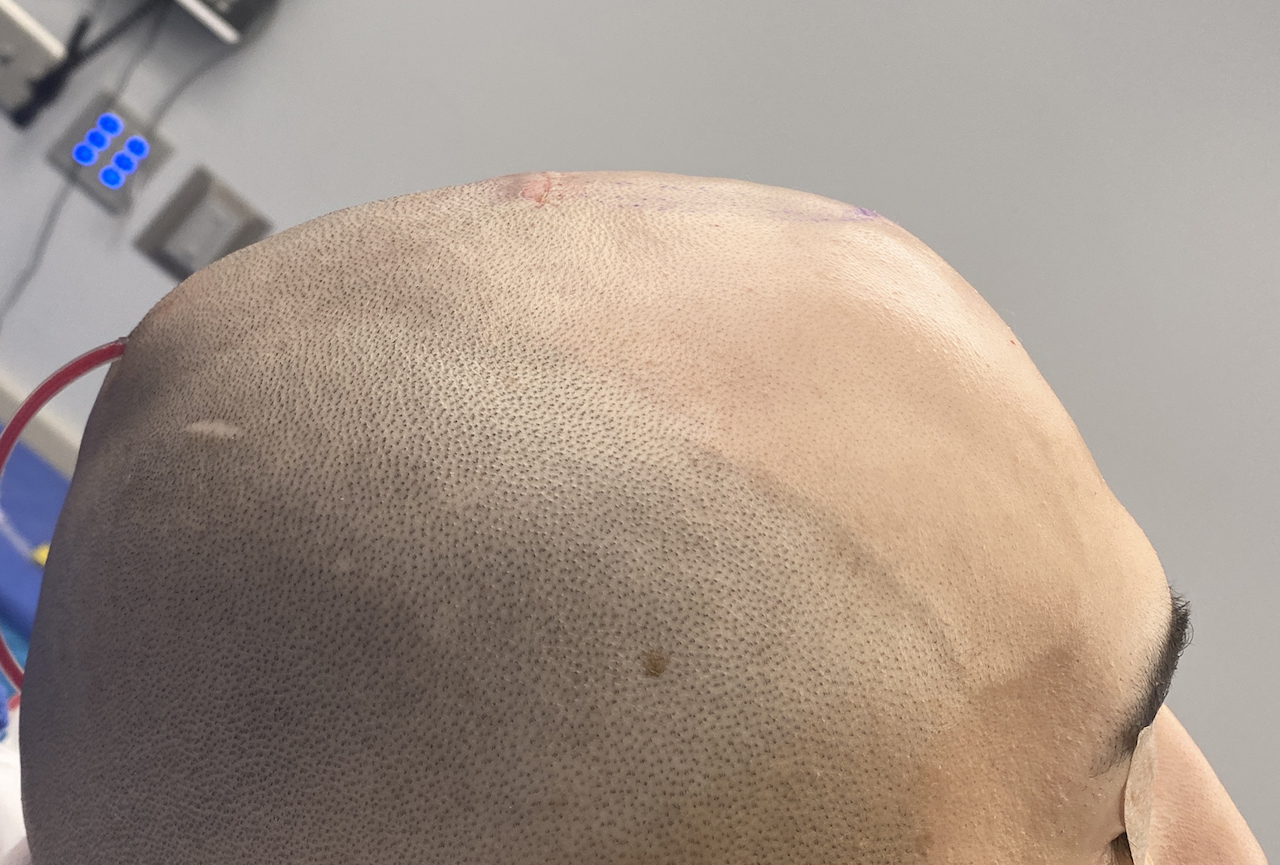
Desire for reduction of high anterior sagittal skull ridge.
High speed burring reduction of the anterior sagittal ridge through a limited scalp incision technique.


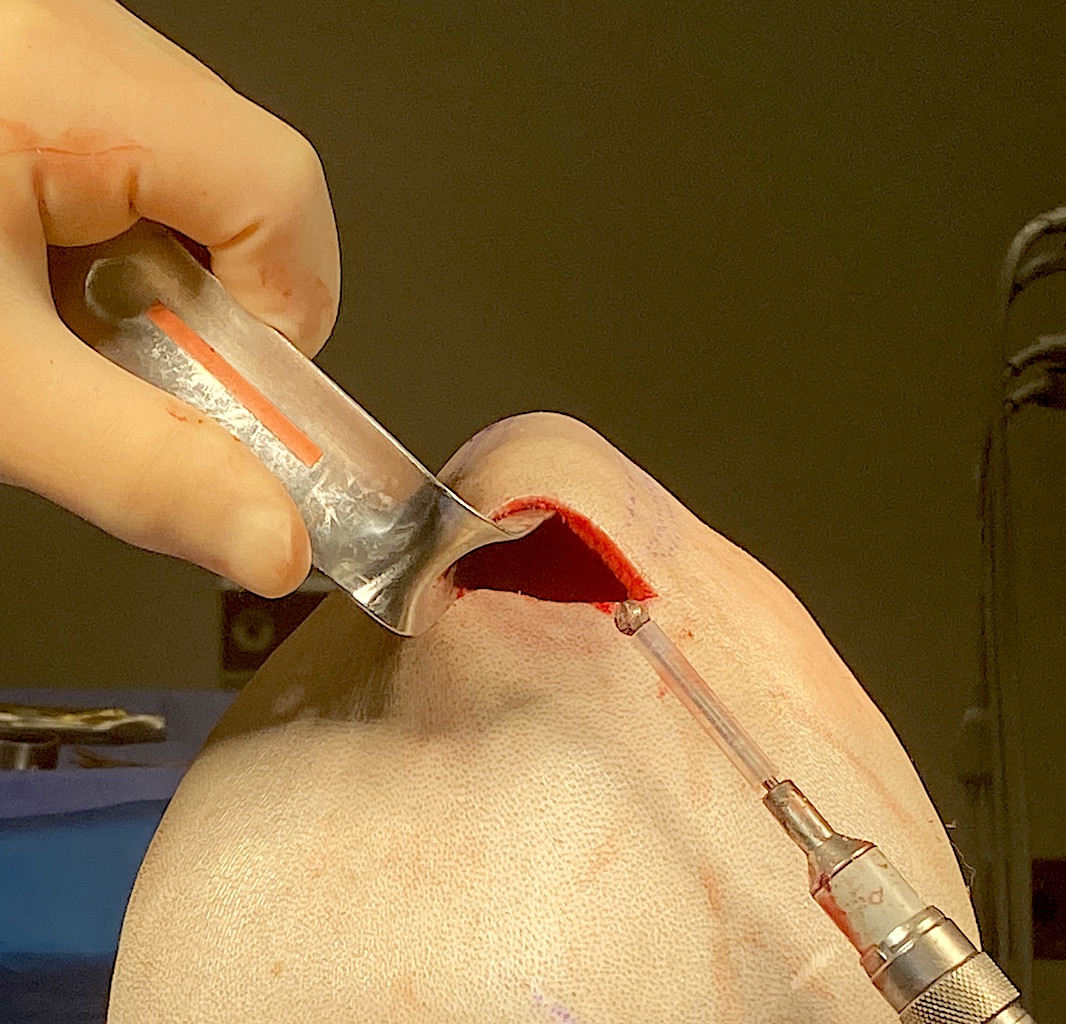
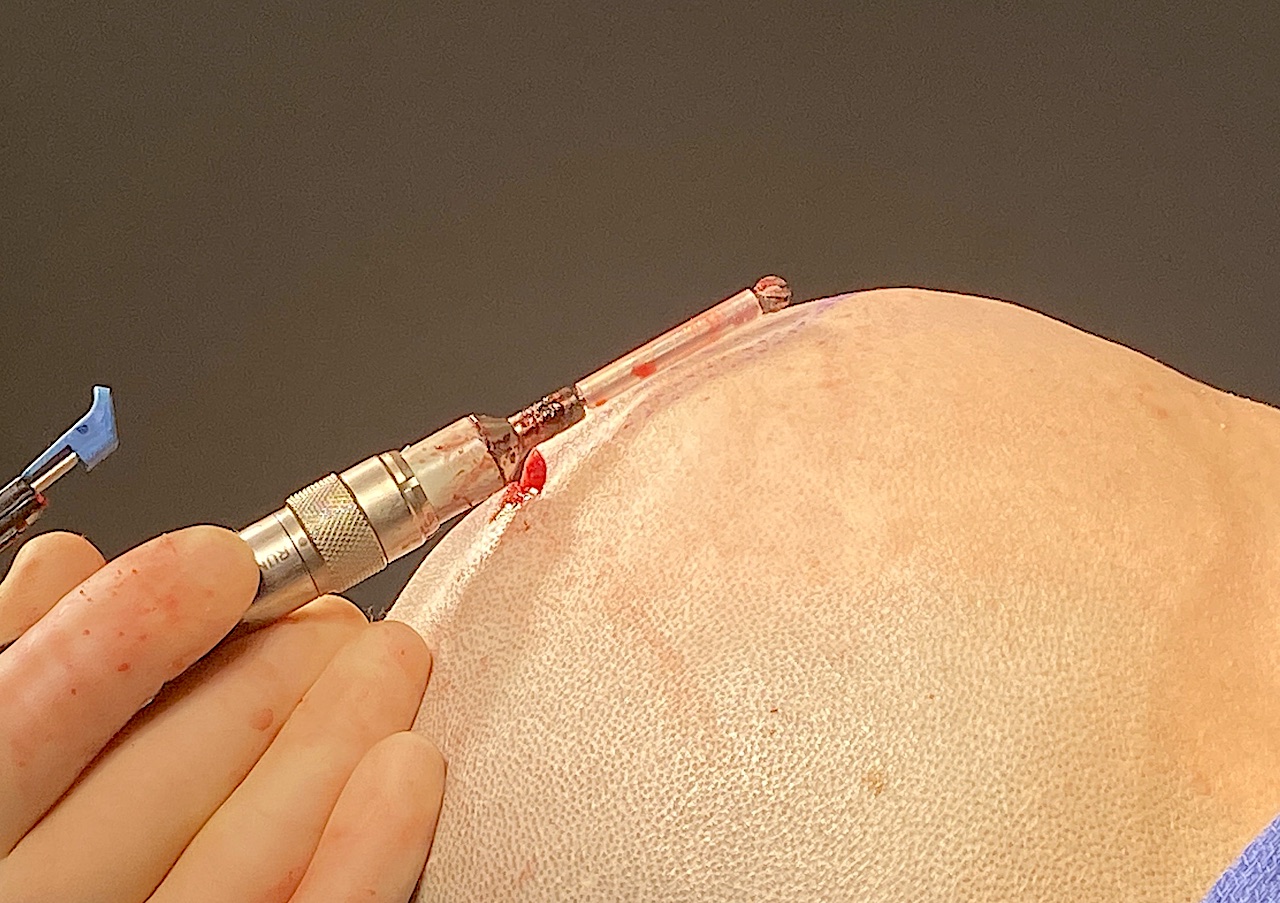
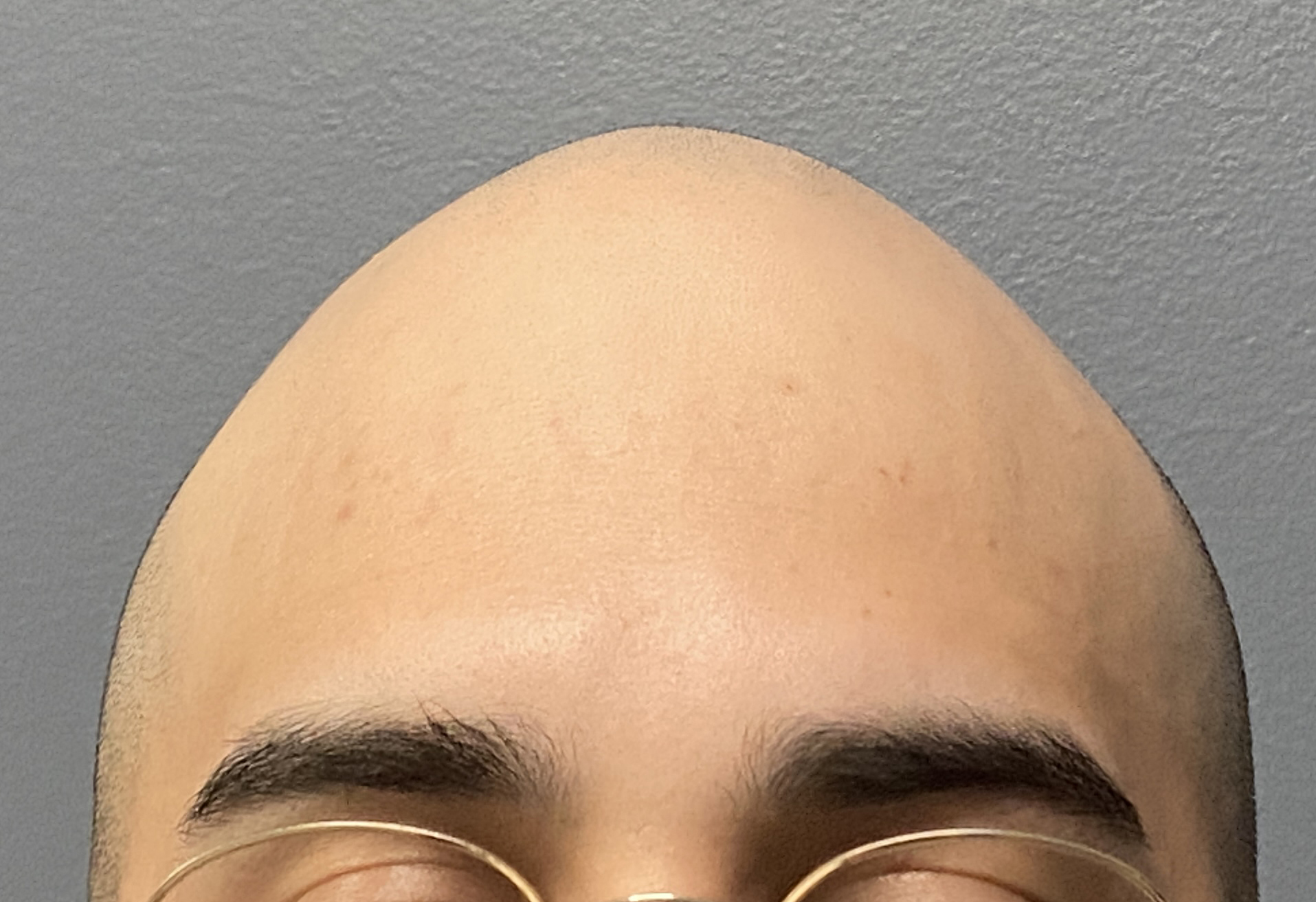
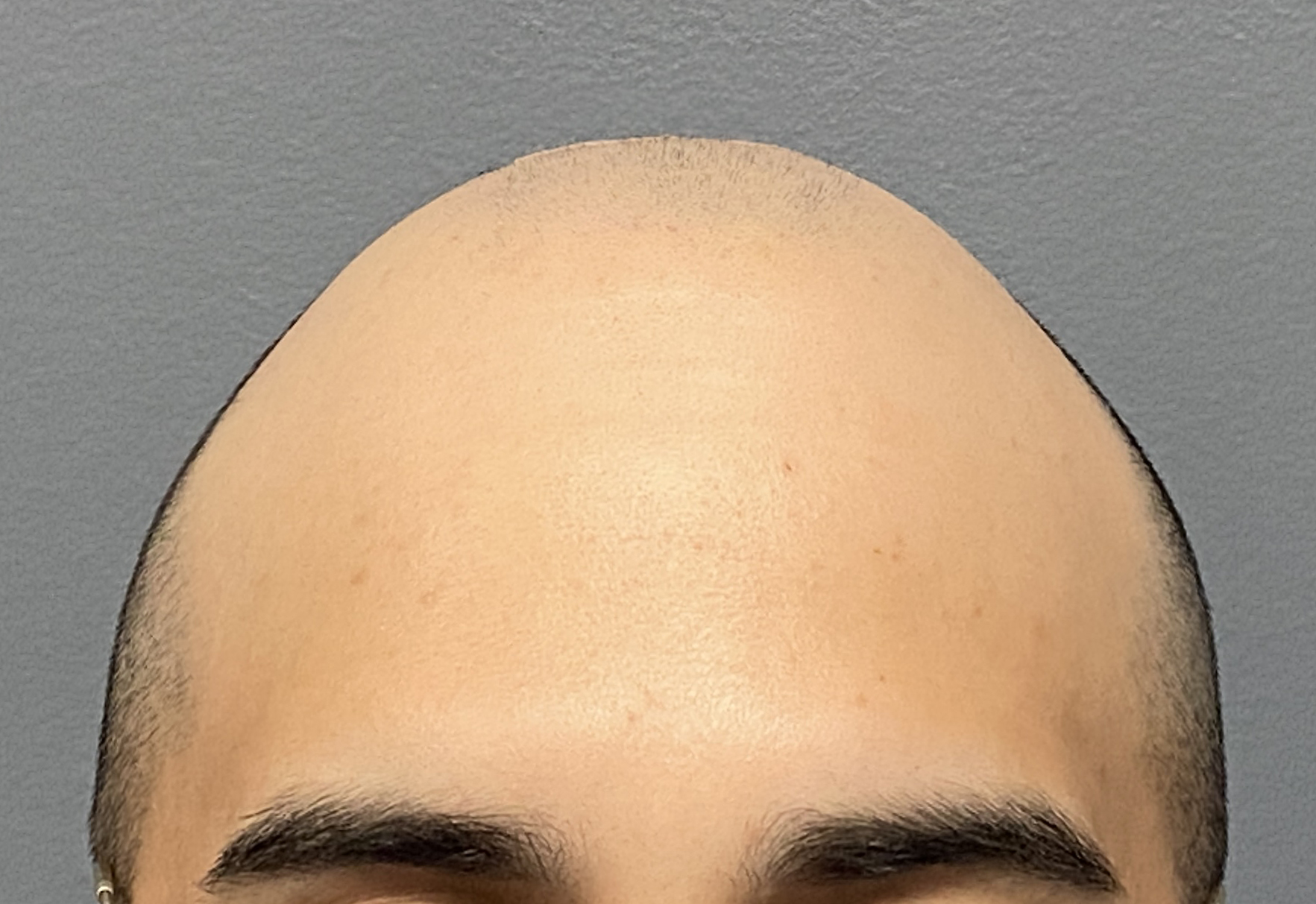
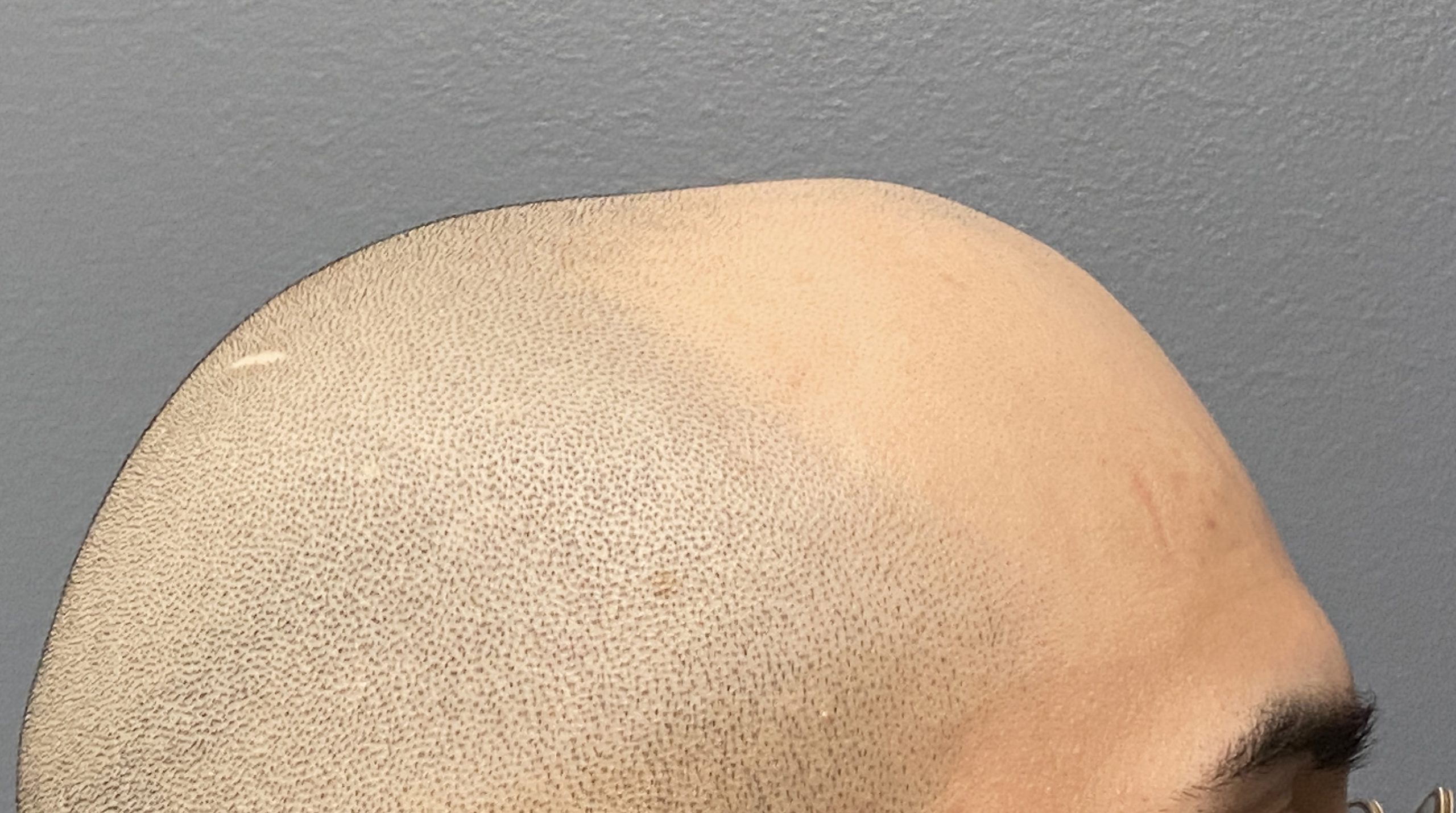
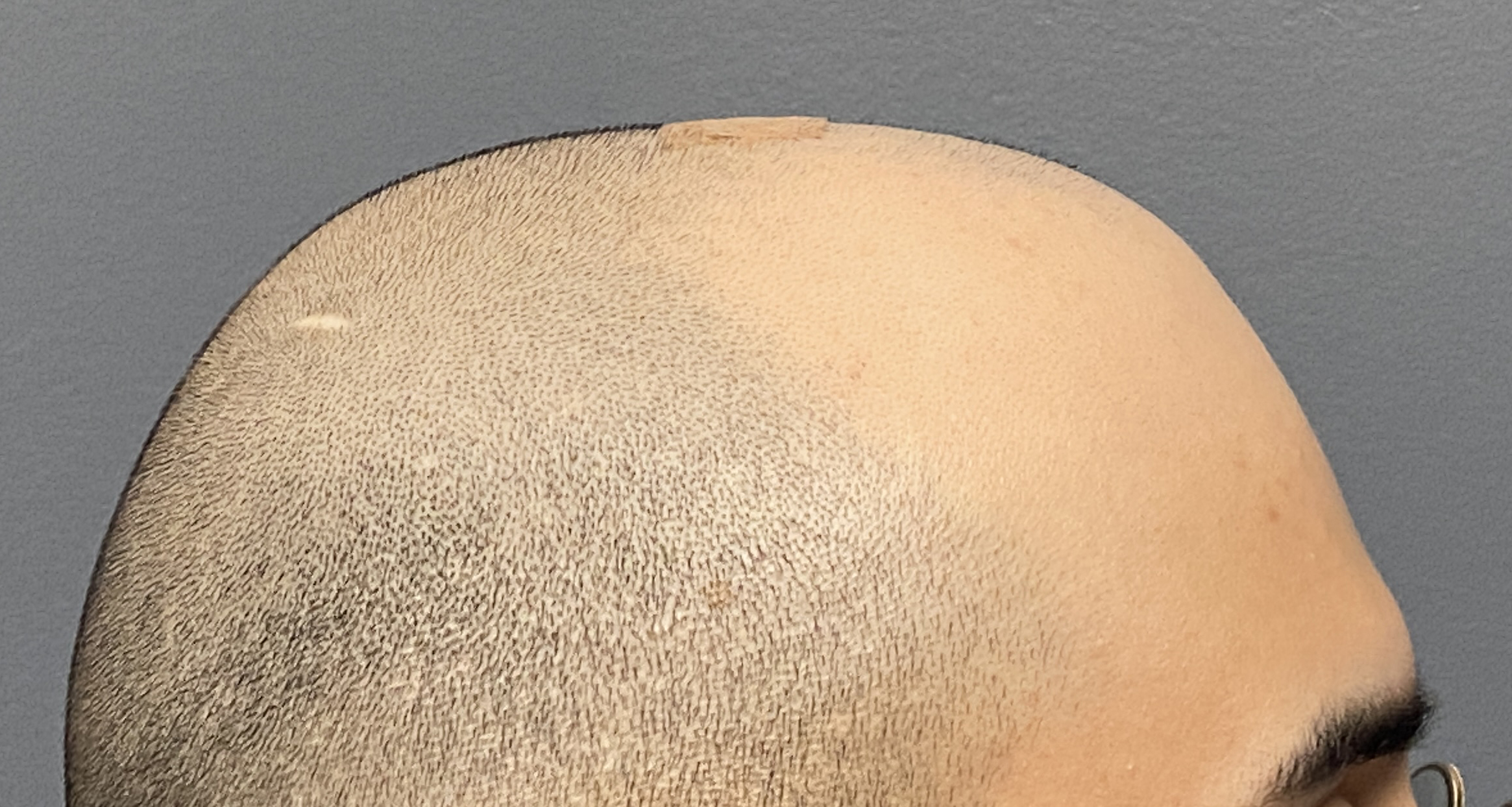
Desire for reduction of high anterior sagittal skull ridge.
High speed burring reduction of the anterior sagittal ridge through a limited scalp incision technique.
Patient 128

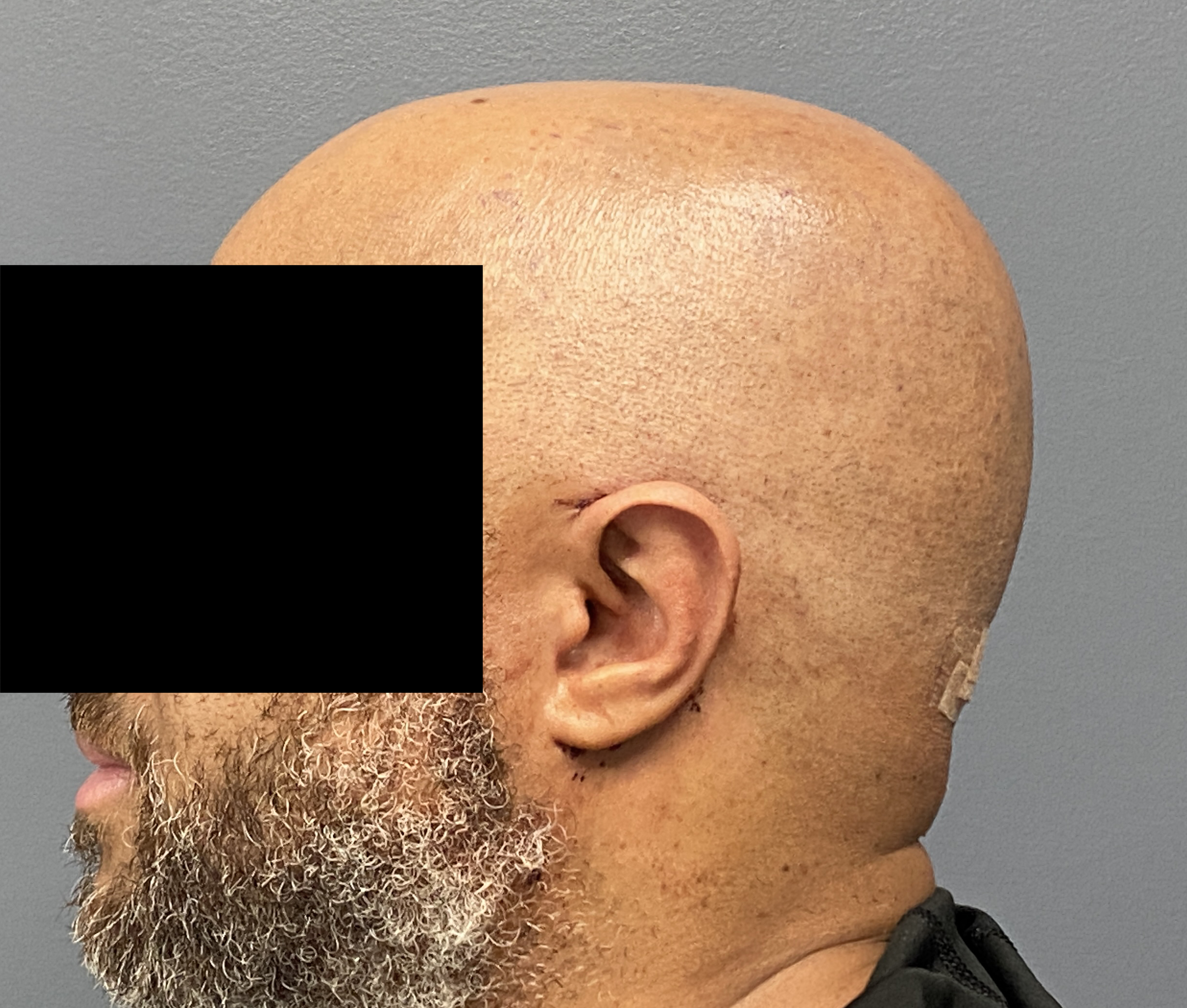
Desire for reduction of prominence of back of the head. (occipital bun)
Occipital bun reduction using a high speed bone burring technique done through a high neck wrinkle line.


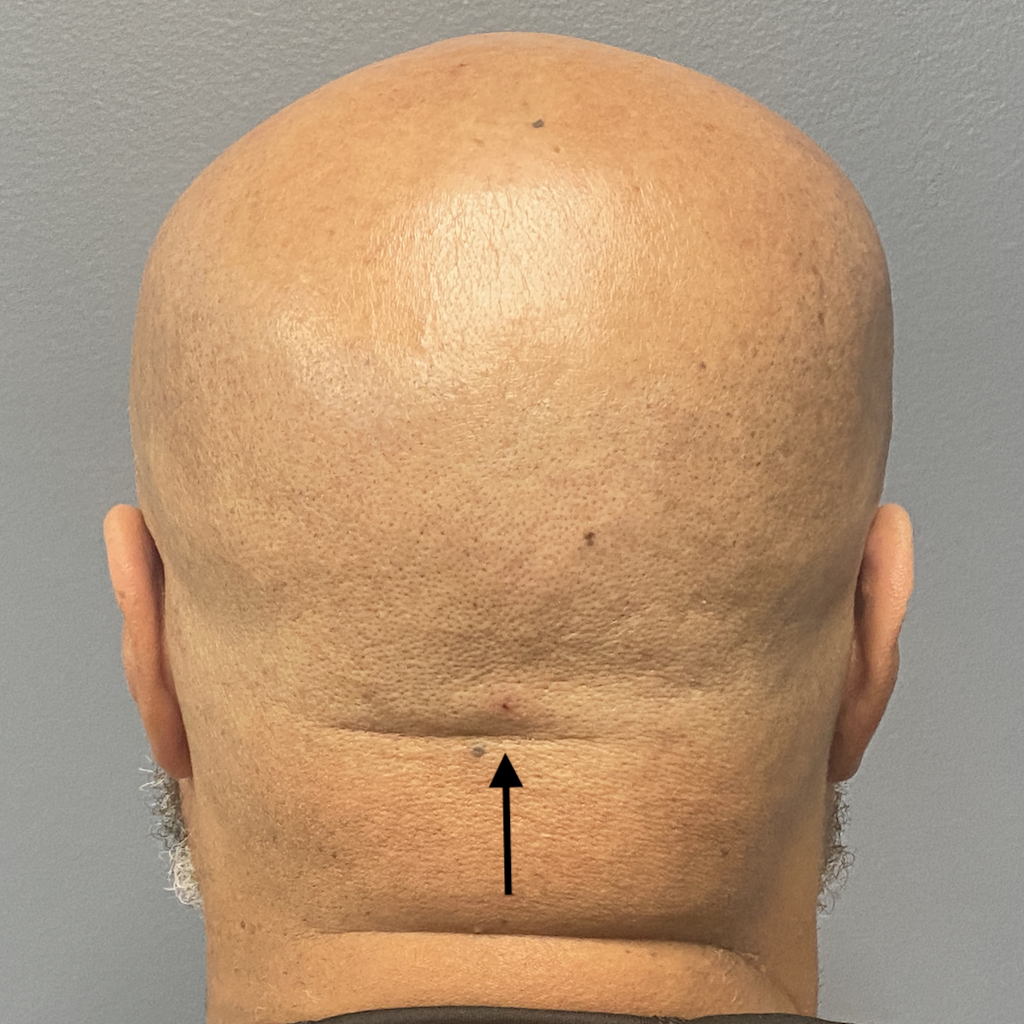
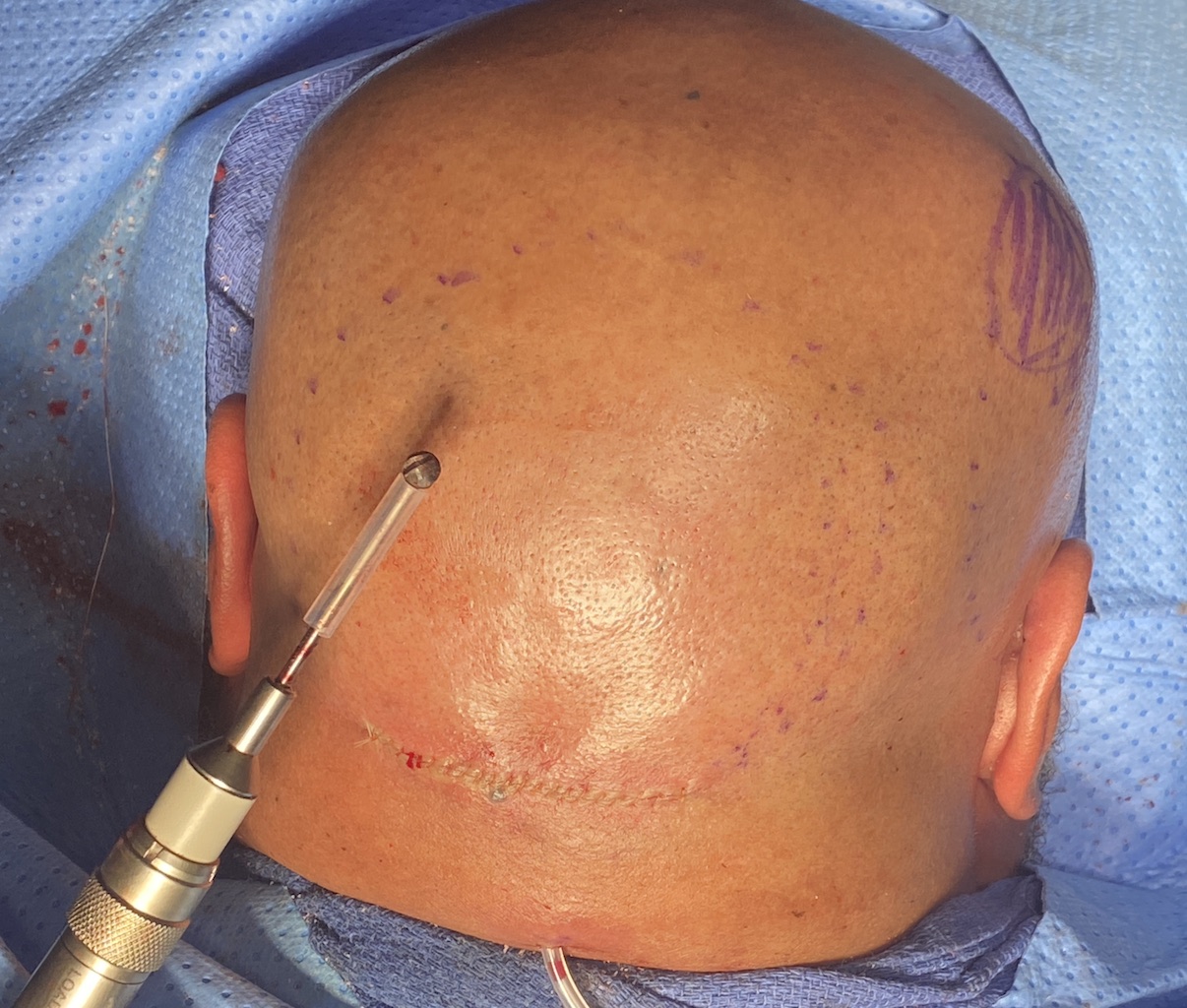
Desire for reduction of prominence of back of the head. (occipital bun)
Occipital bun reduction using a high speed bone burring technique done through a high neck wrinkle line.
Patient 129
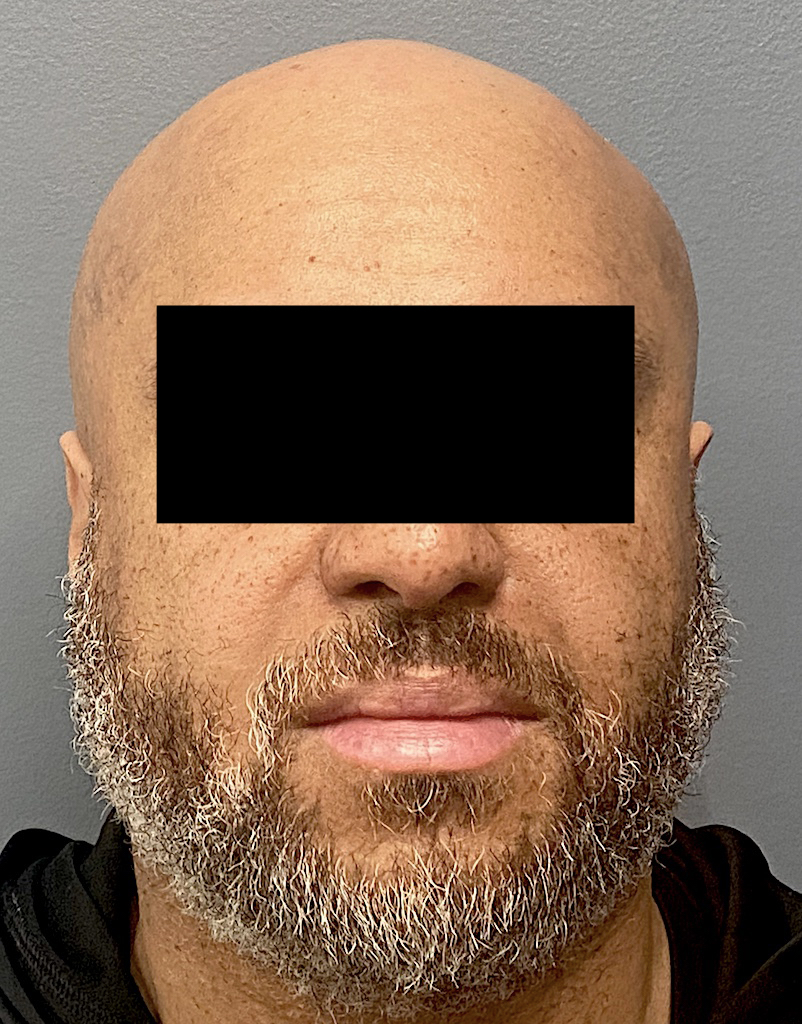
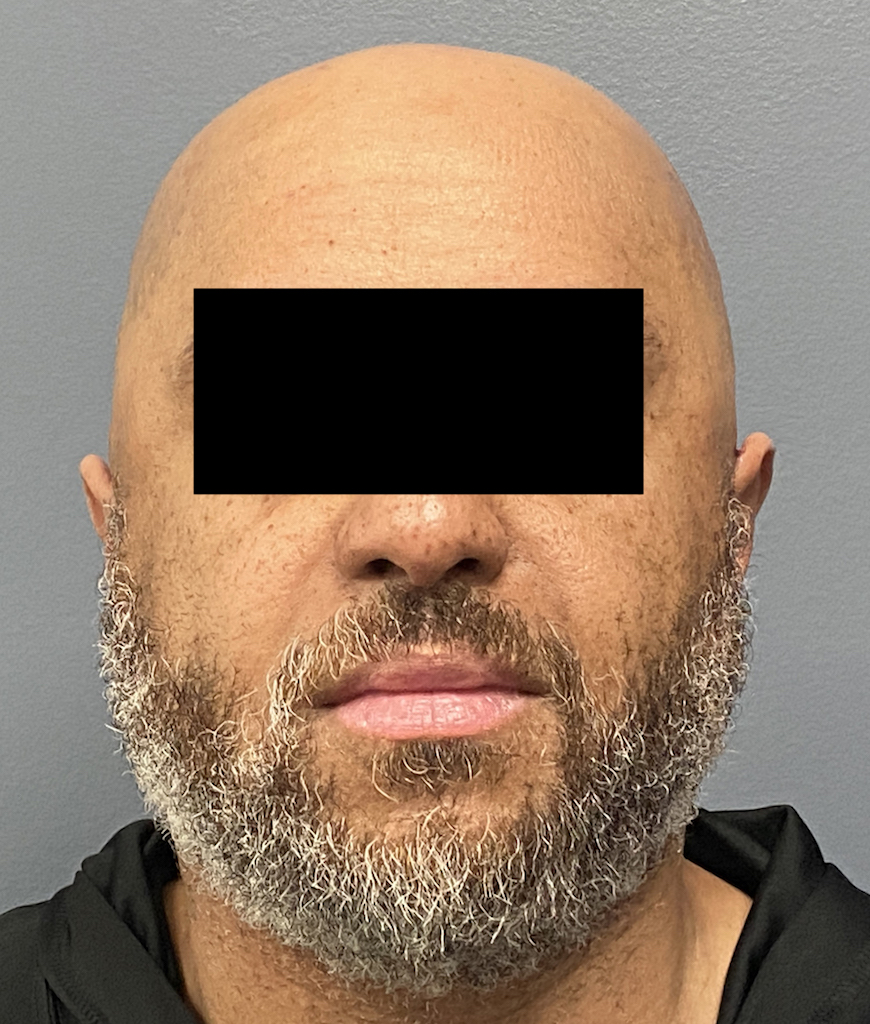
Desire for reduced width/convexity on the sides of his head.
Head narrowing using a temporal muscle transposition technique seen one day postop. He also had an concurrent occipital skull reduction done hence the tape over his incision.


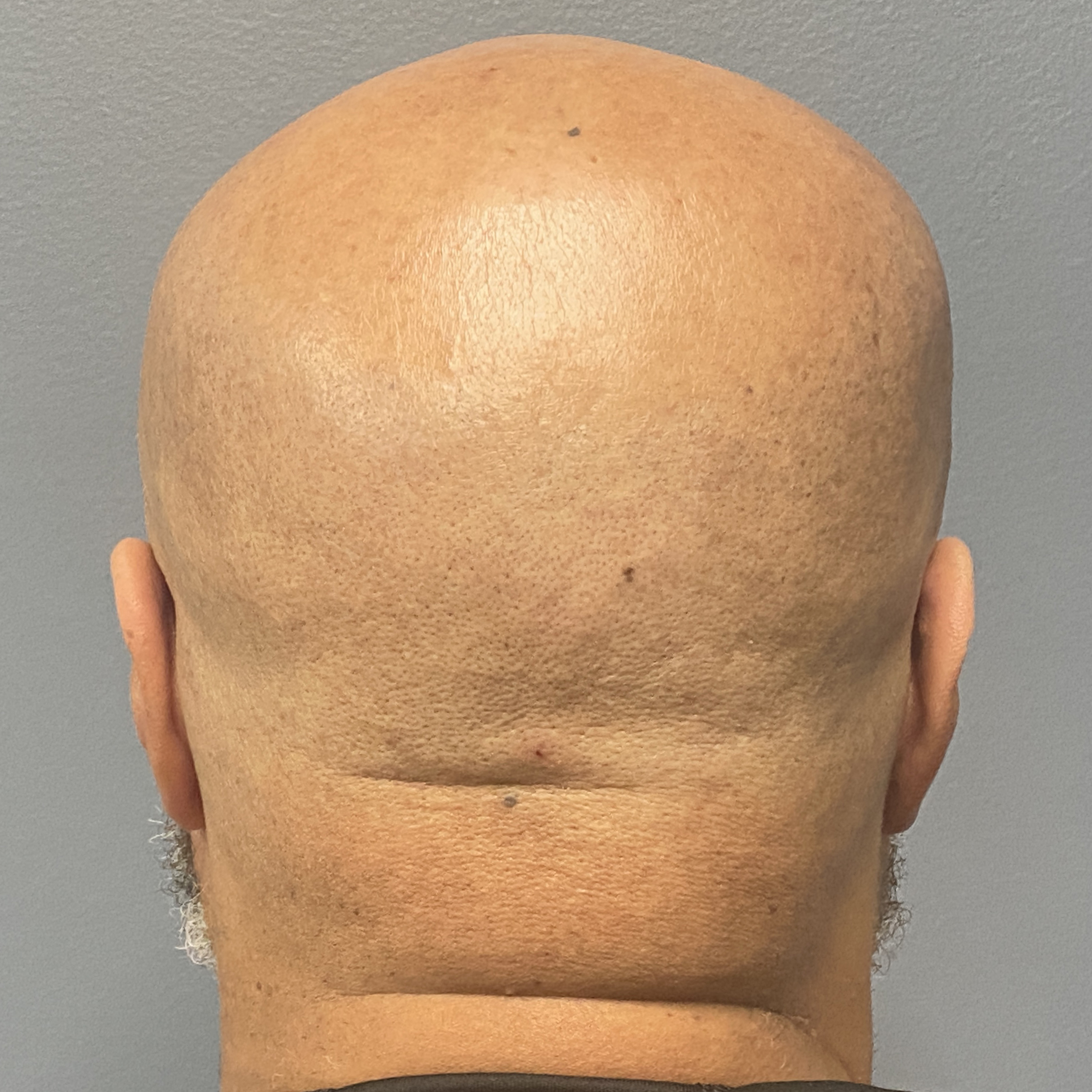
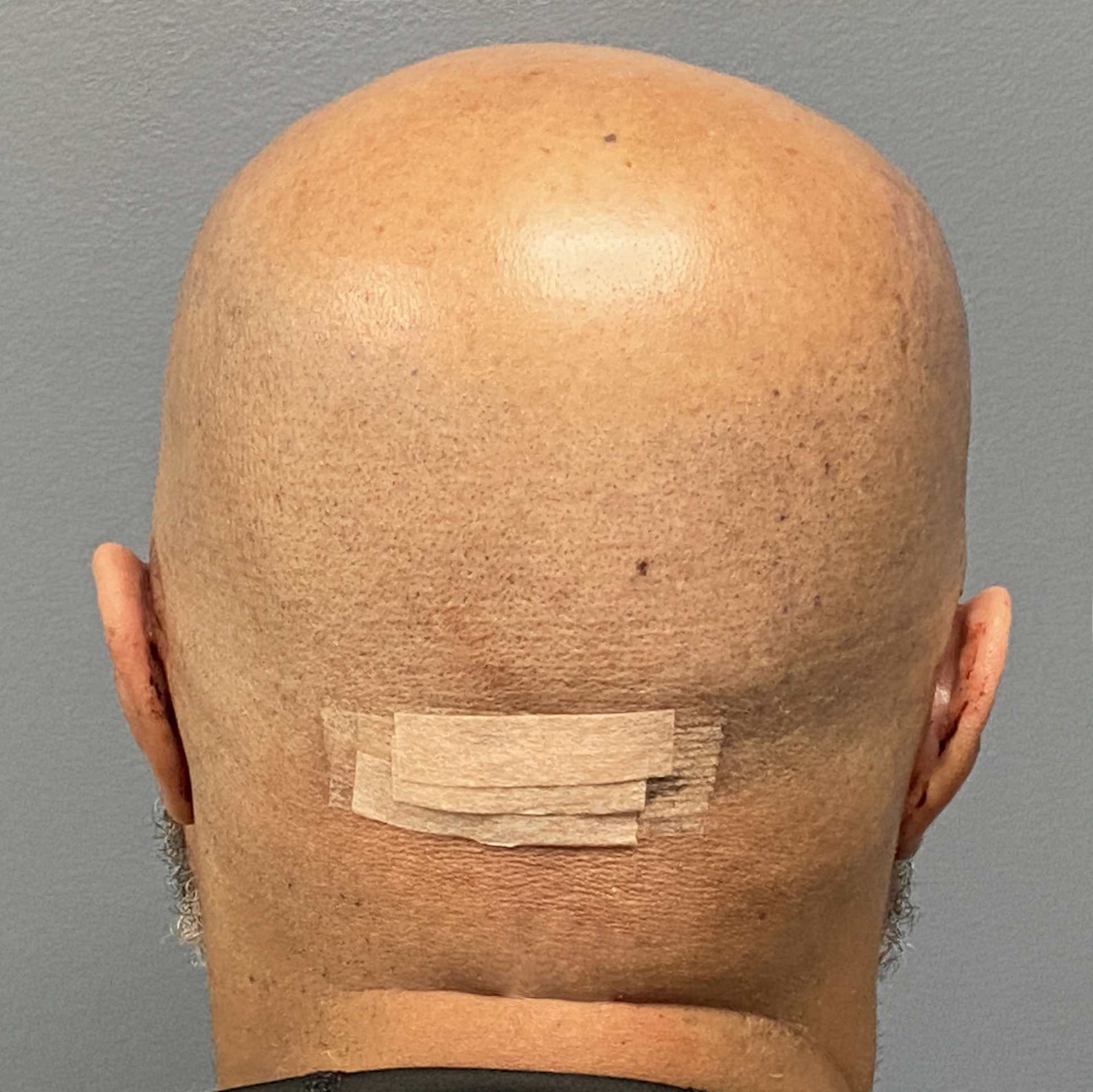
Desire for reduced width/convexity on the sides of his head.
Head narrowing using a temporal muscle transposition technique seen one day postop. He also had an concurrent occipital skull reduction done hence the tape over his incision.
Patient 130
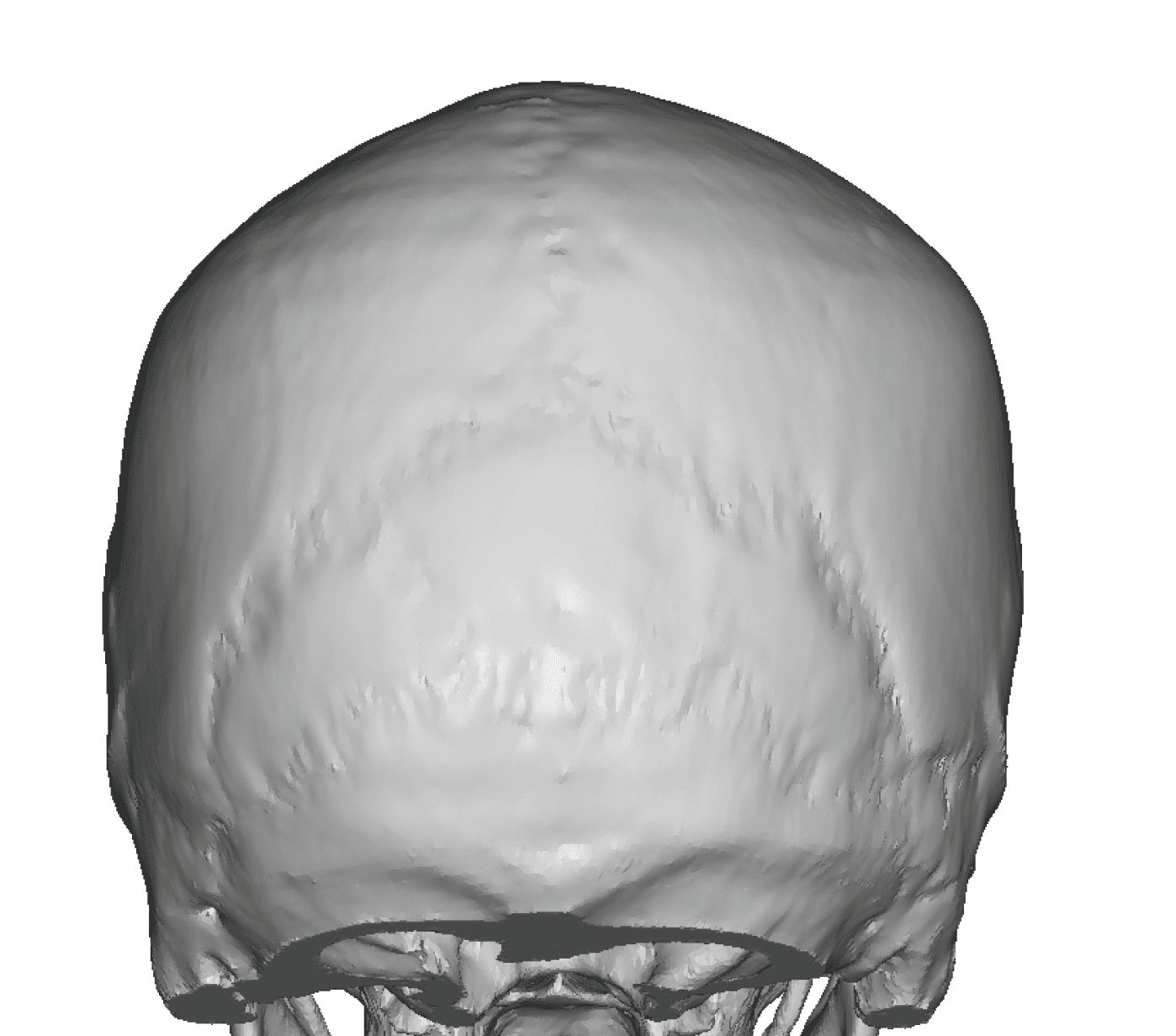
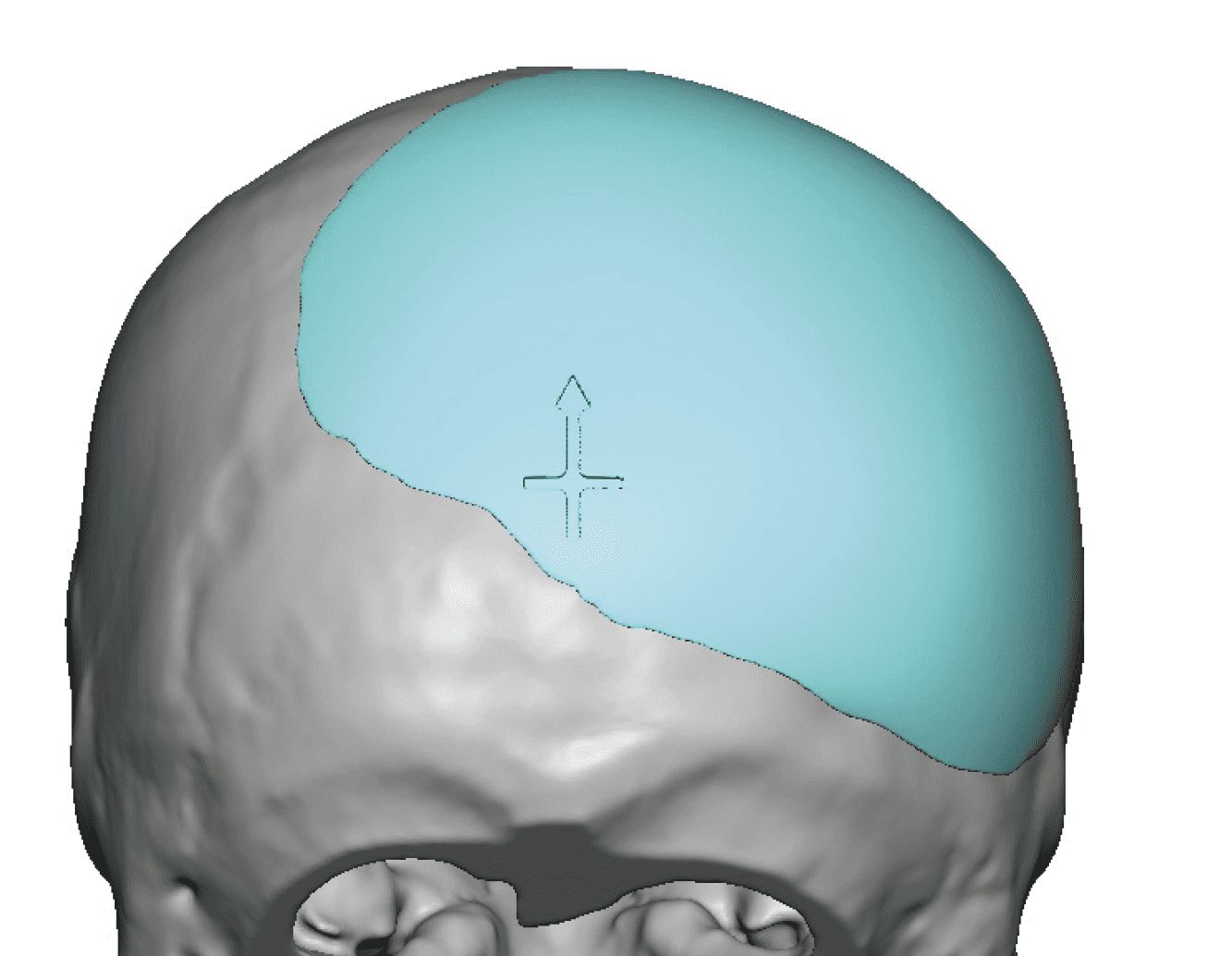
Desire for correction of right flat back of the head due to deformational plagiocephaly.
Placement of custom right back of the head skull implantm placed through a small scalp incision.


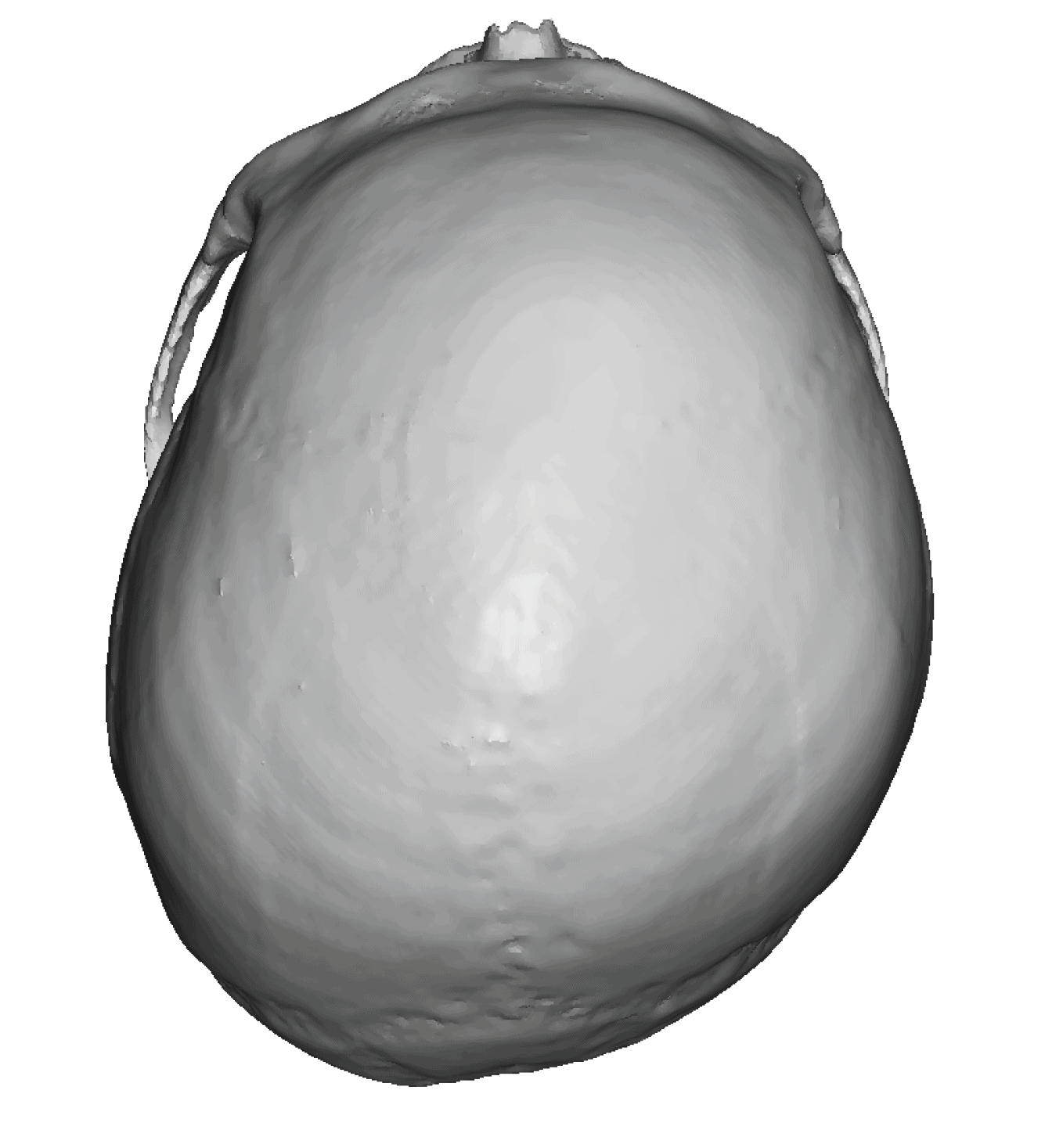
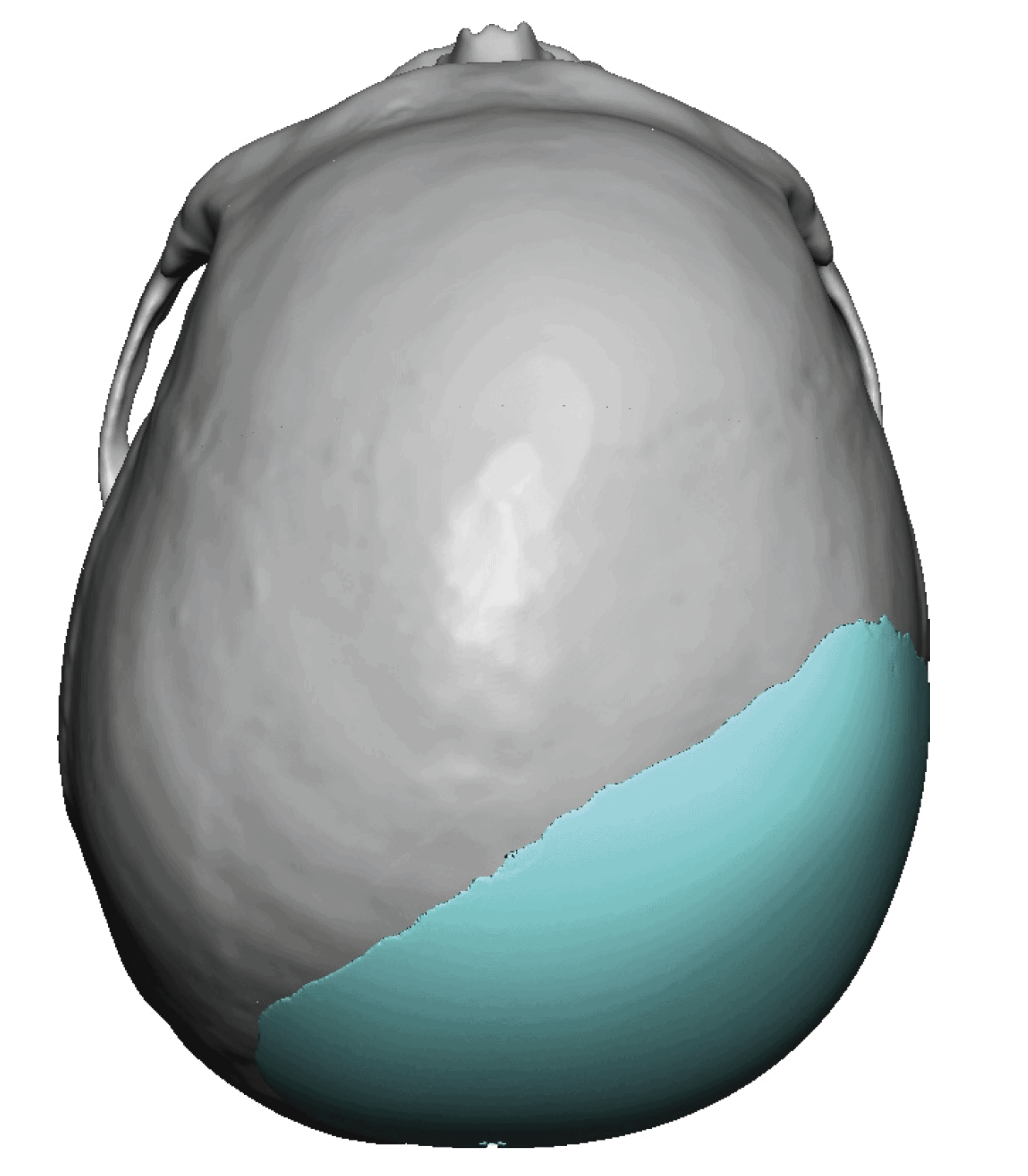
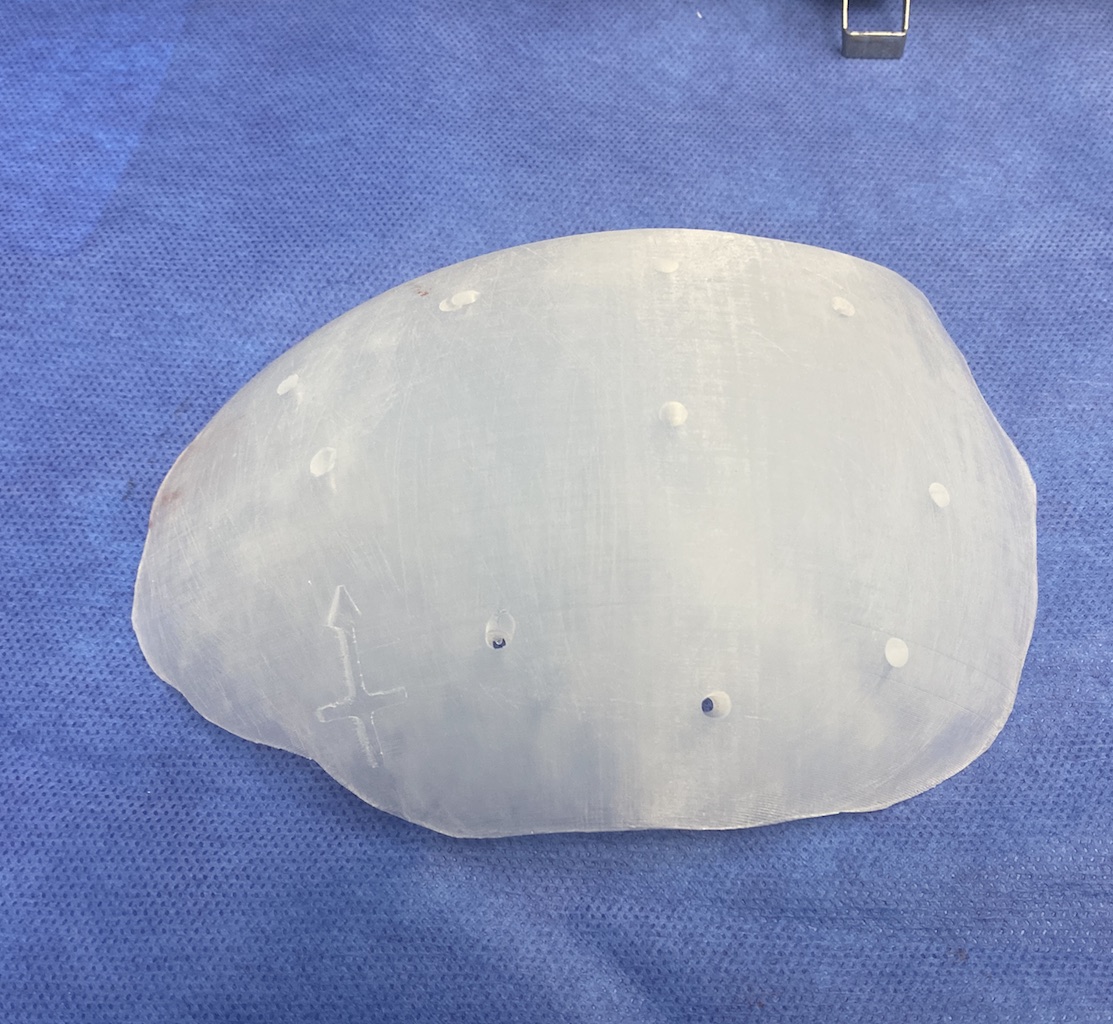
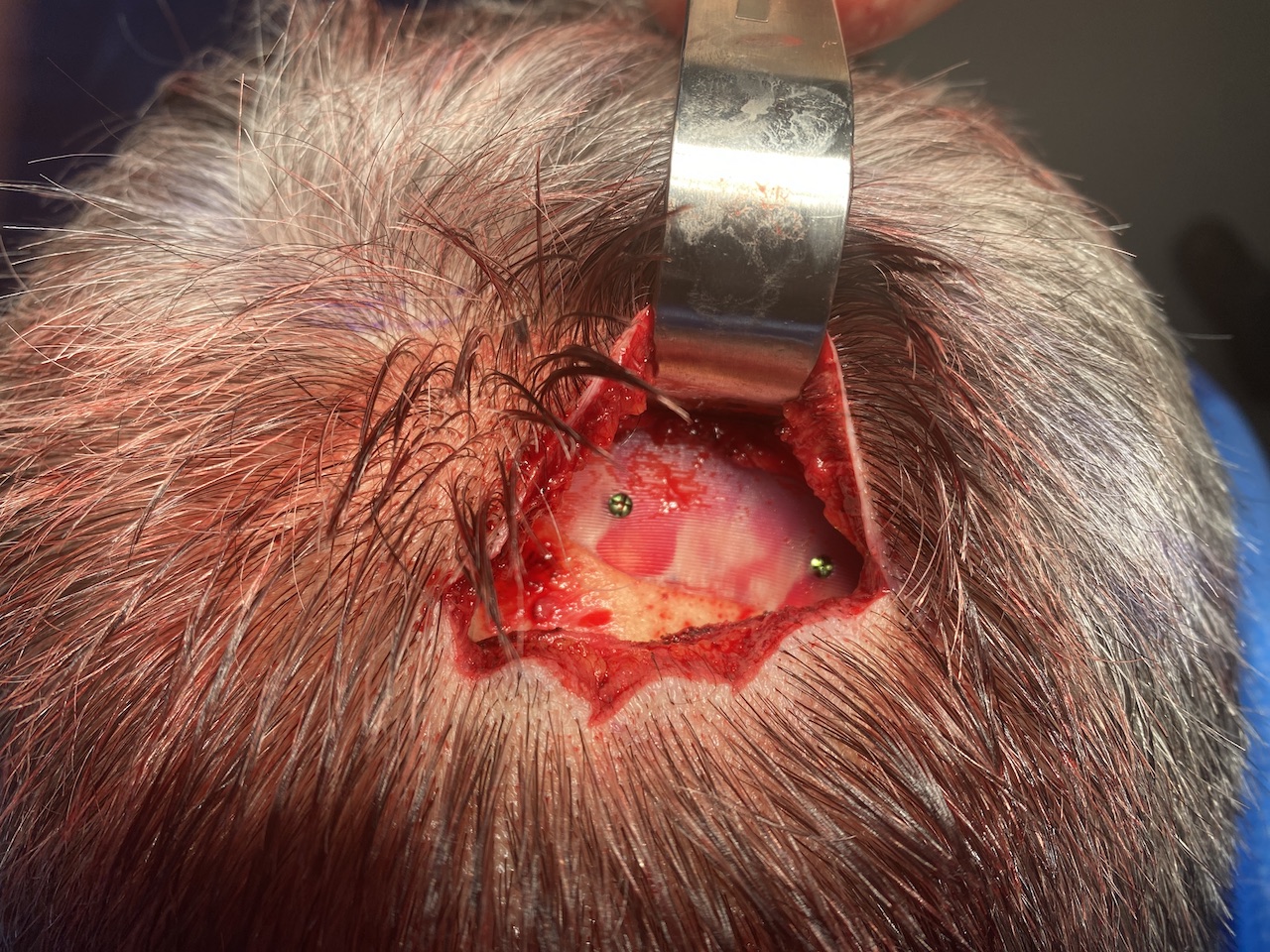
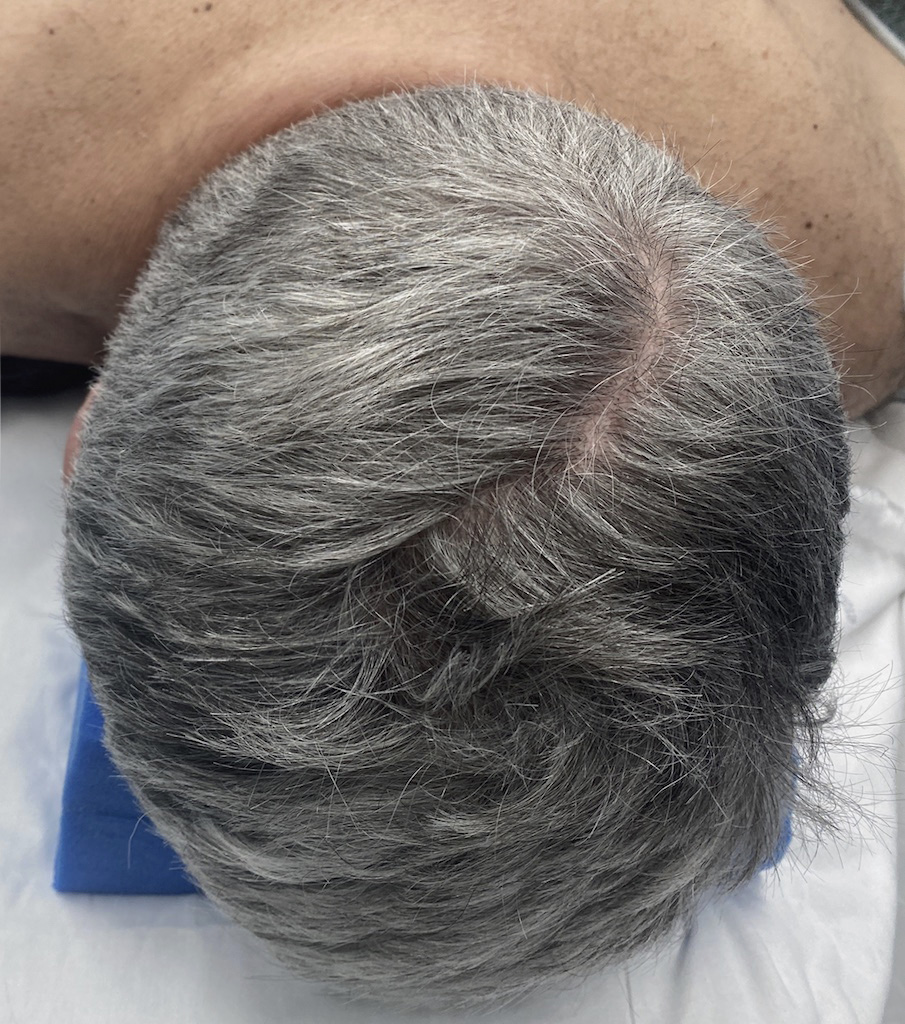
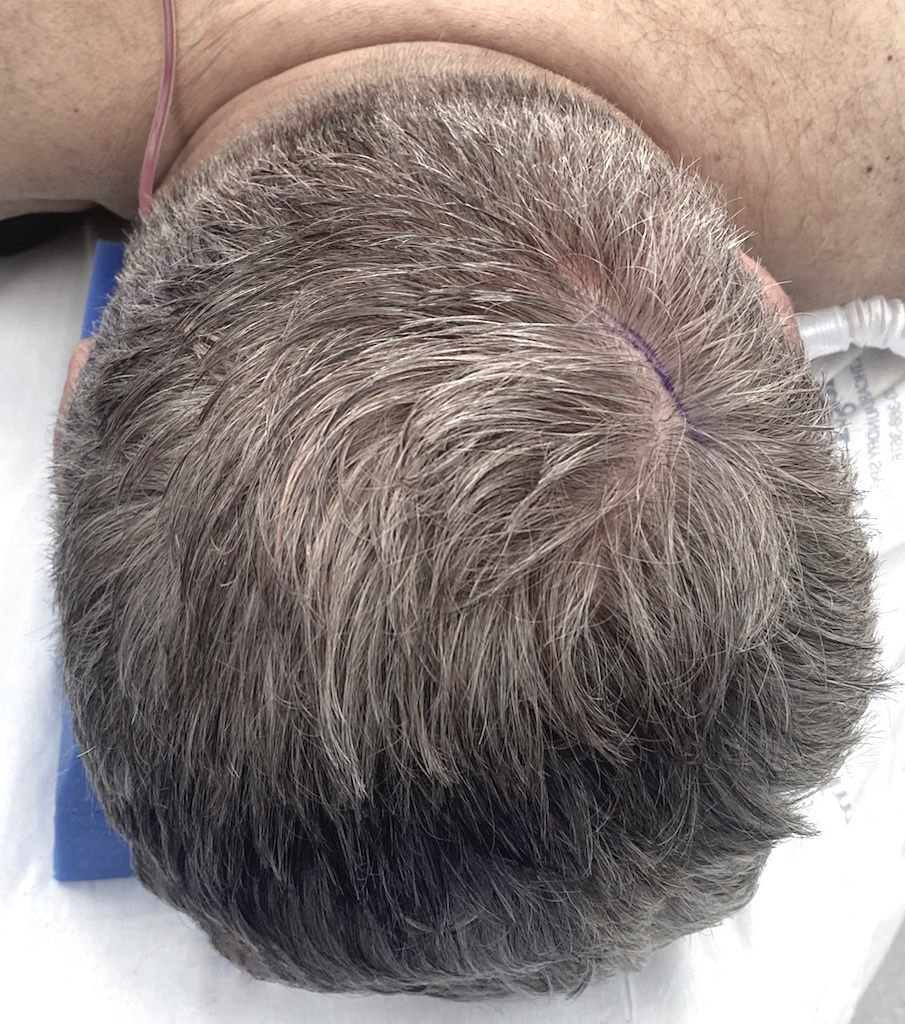
Desire for correction of right flat back of the head due to deformational plagiocephaly.
Placement of custom right back of the head skull implantm placed through a small scalp incision.
Patient 131
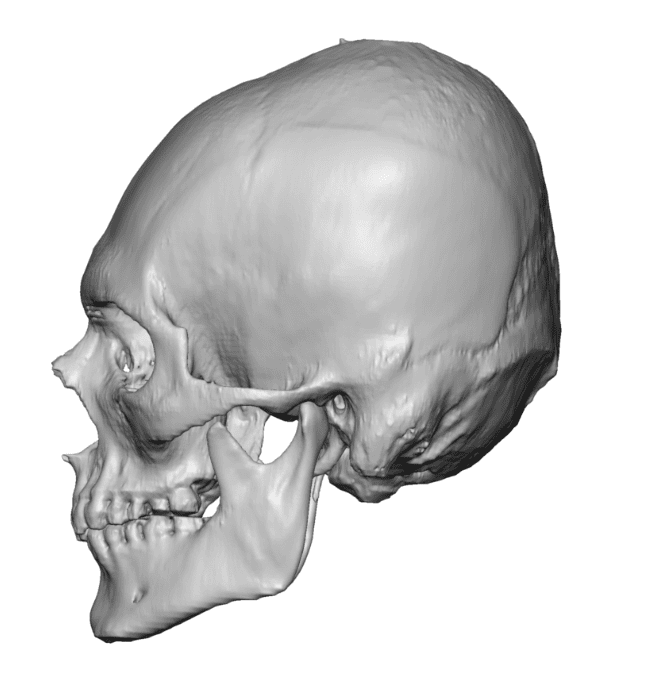
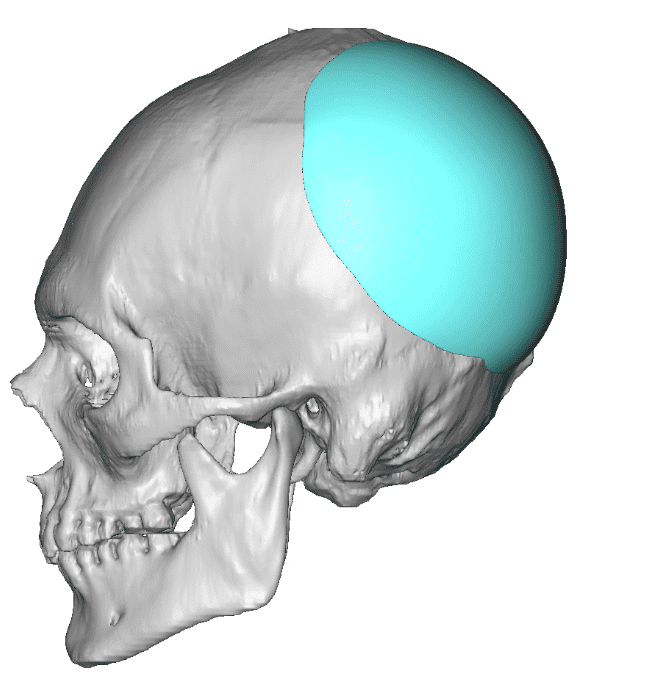
Desire for correction of flat back of the head from plagiocephaly.
Placement of custom skull implant to augment the flat right side of the head extending into the temporal region.


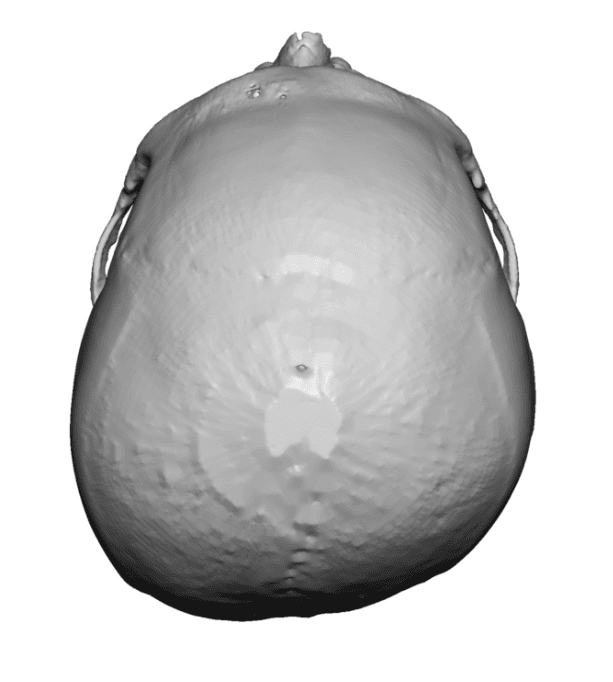
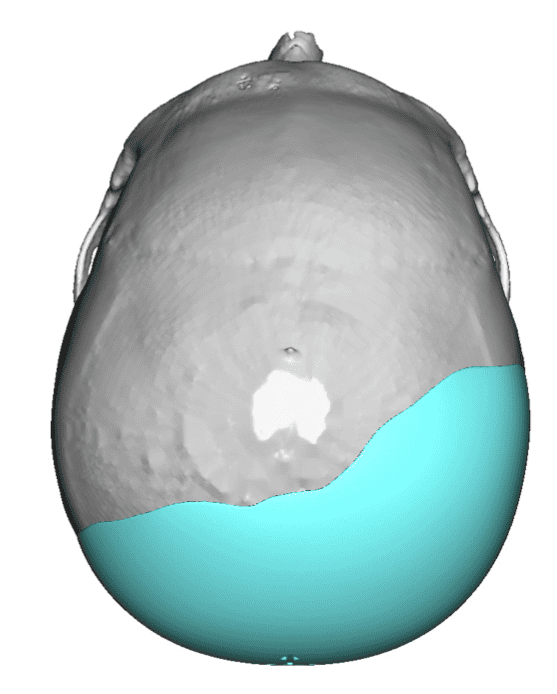
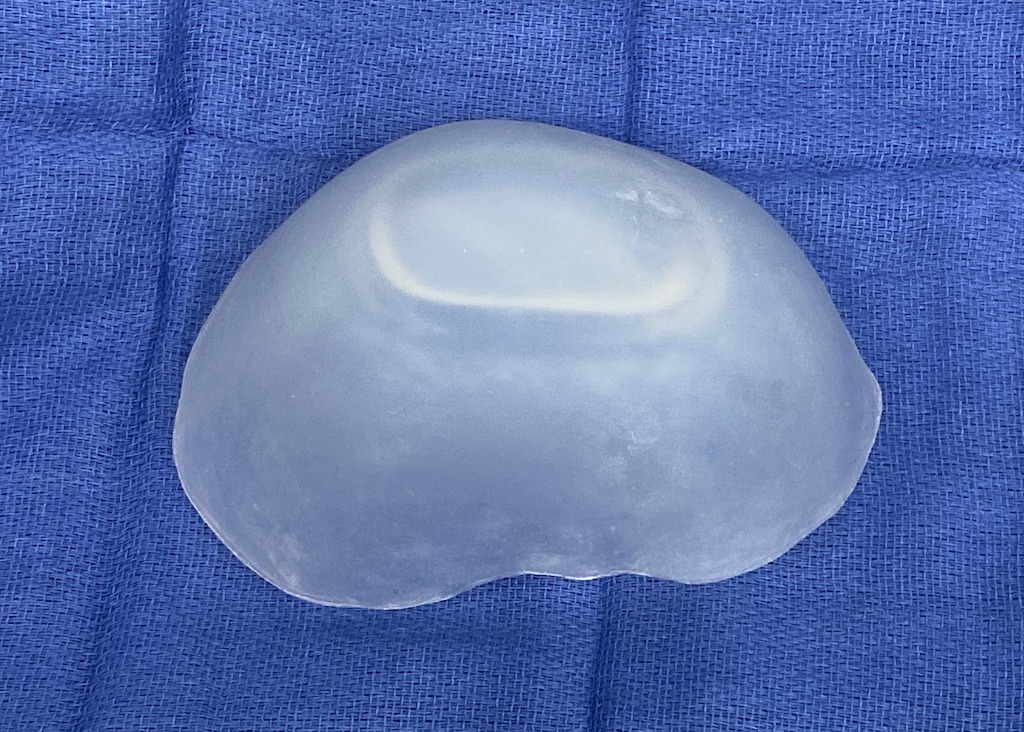
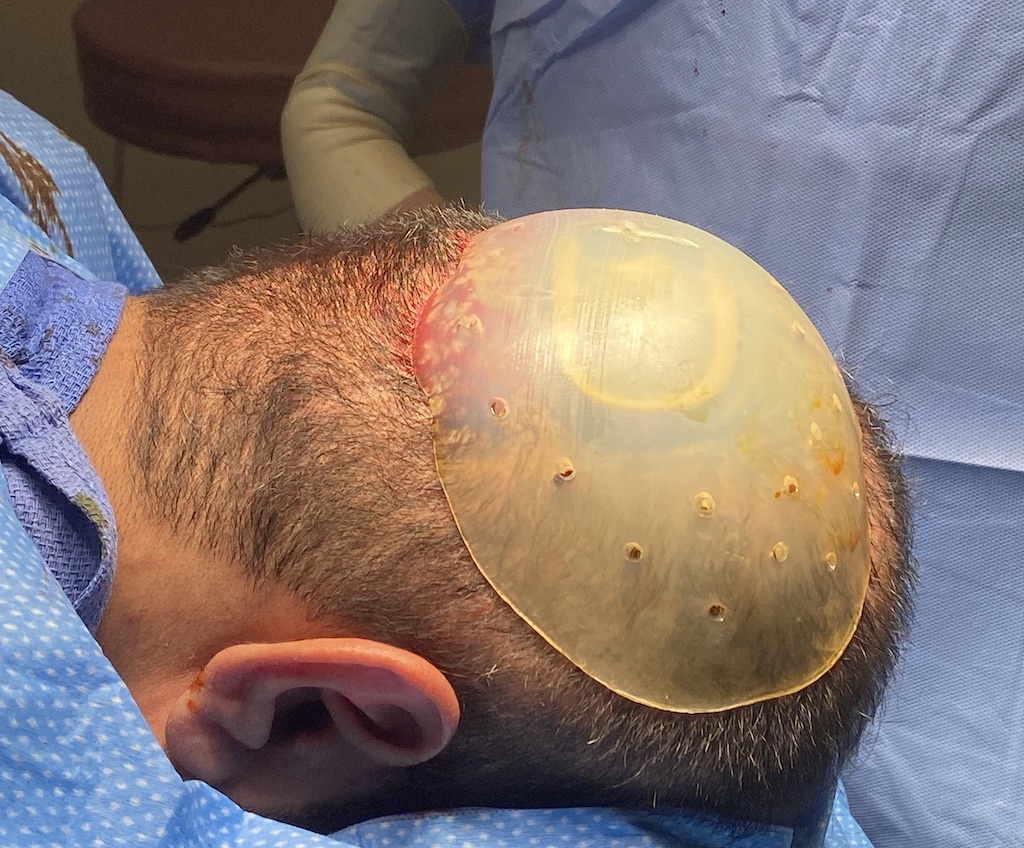
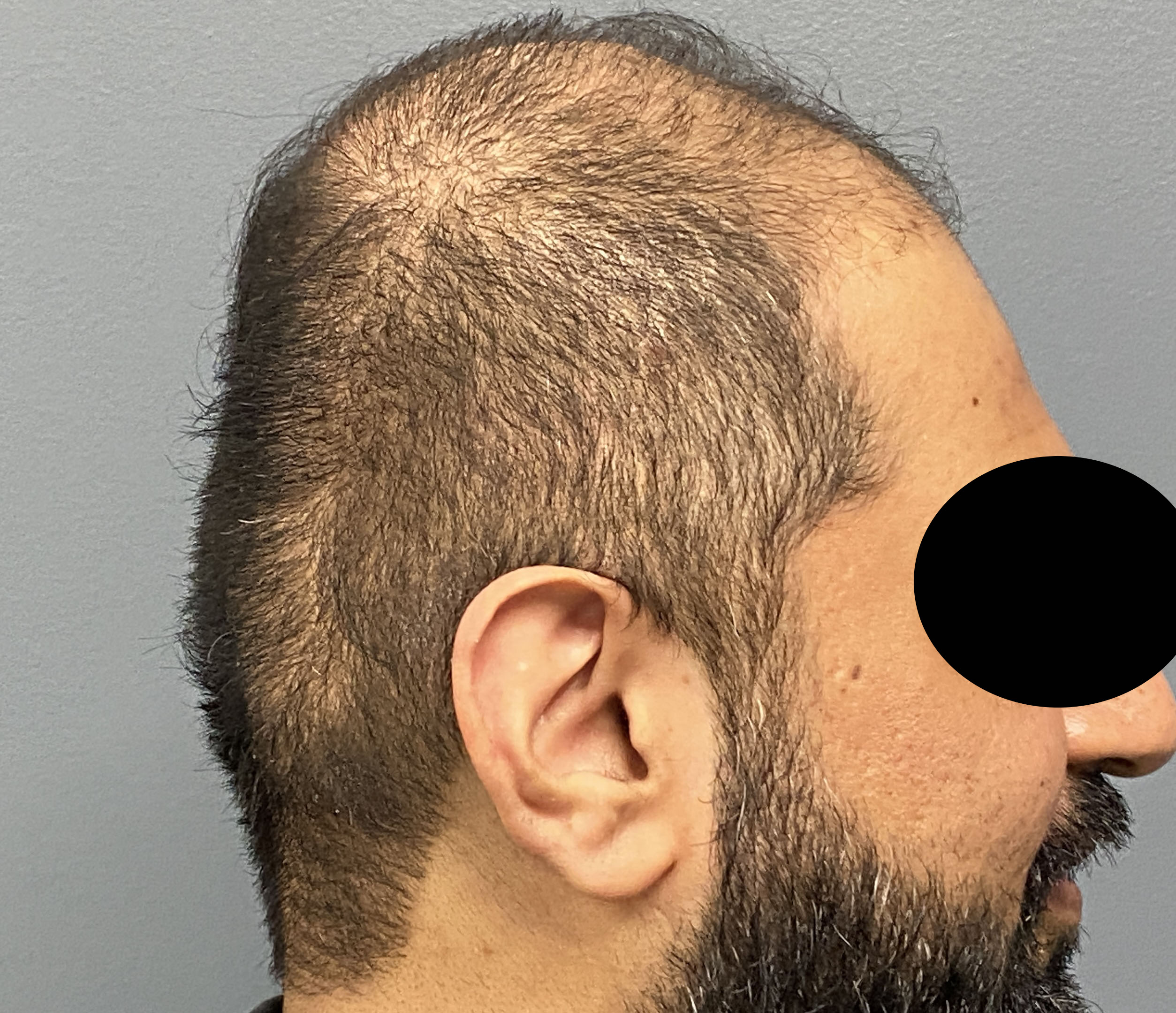
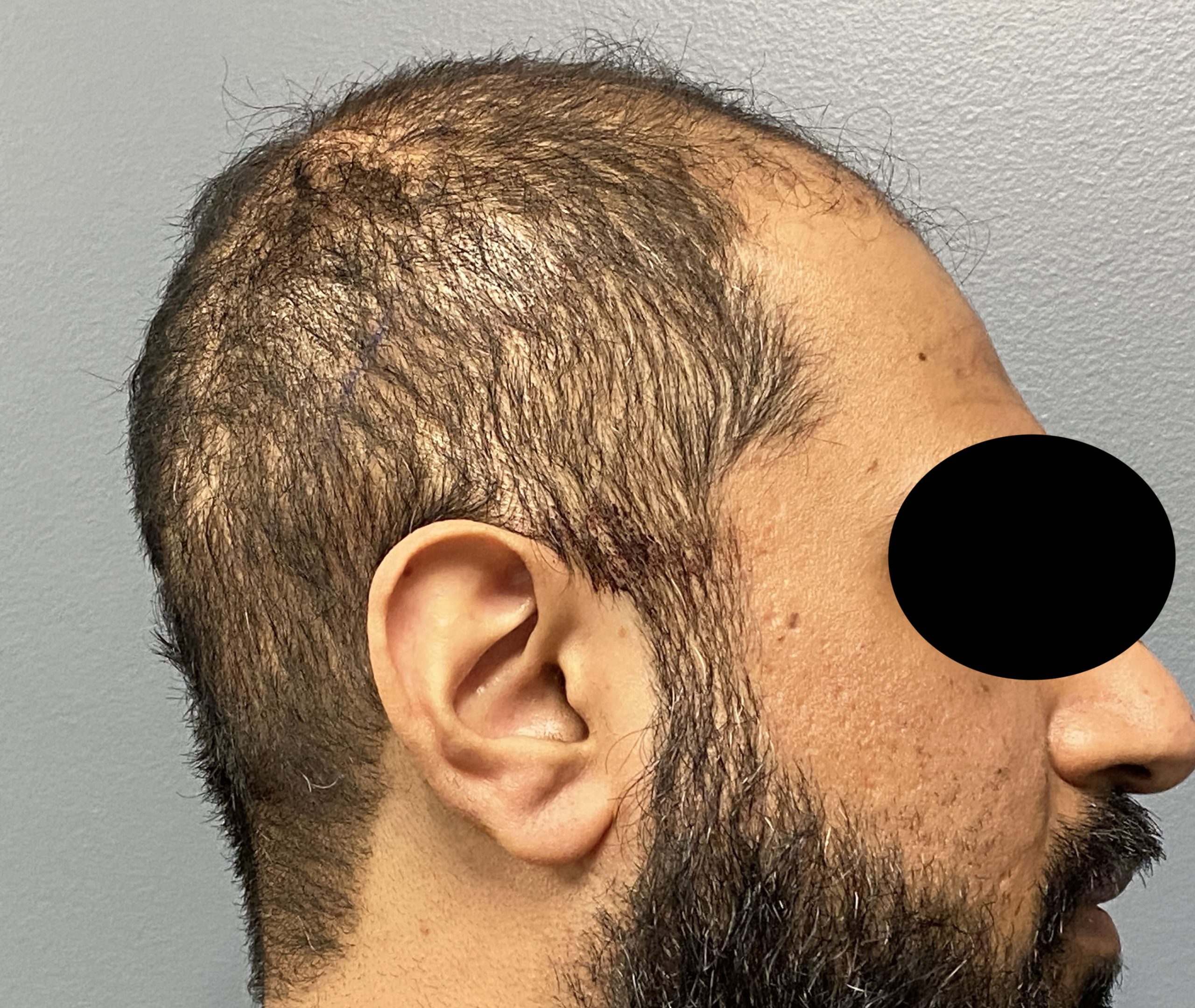
Desire for correction of flat back of the head from plagiocephaly.
Placement of custom skull implant to augment the flat right side of the head extending into the temporal region.
Patient 132
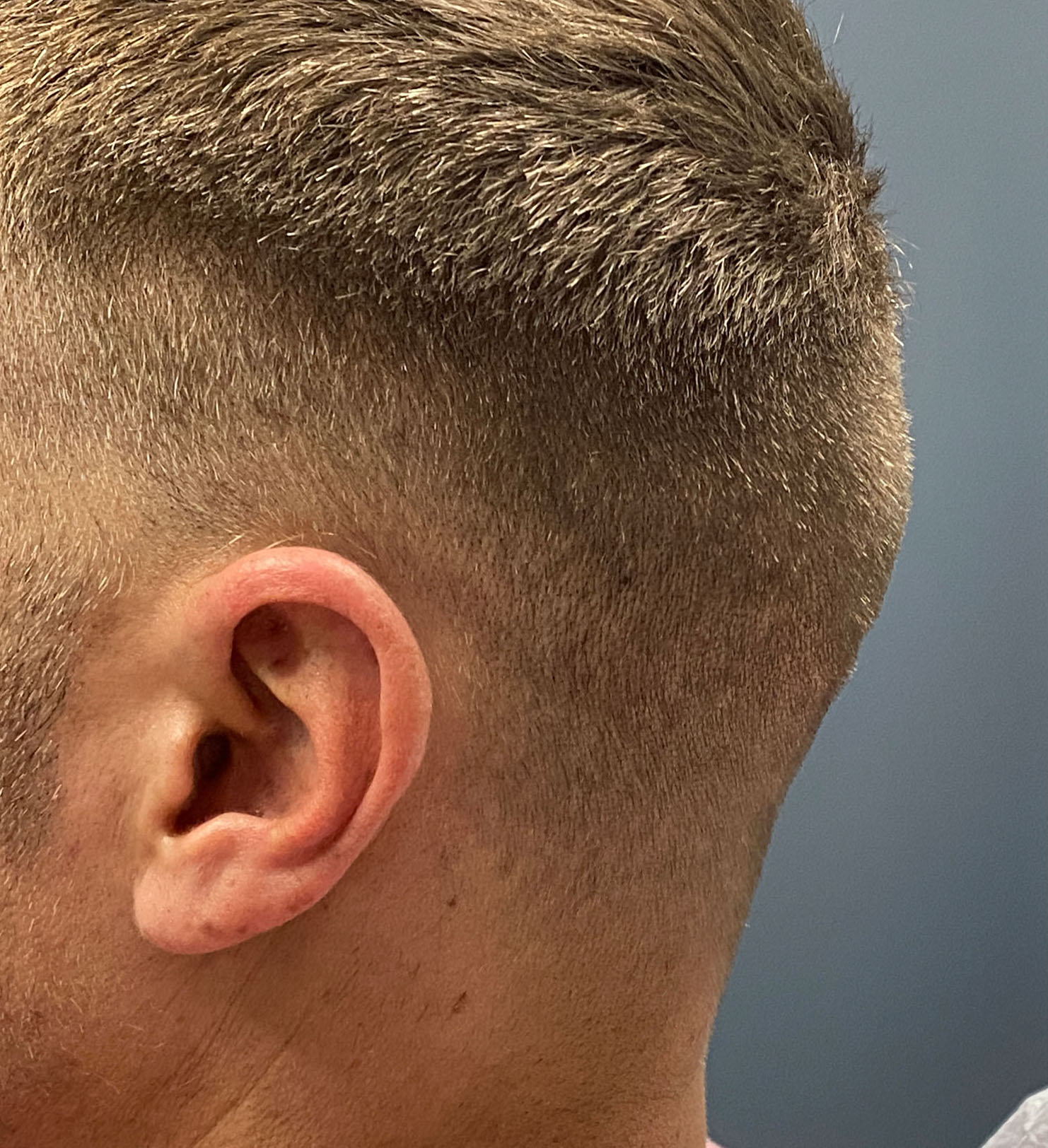
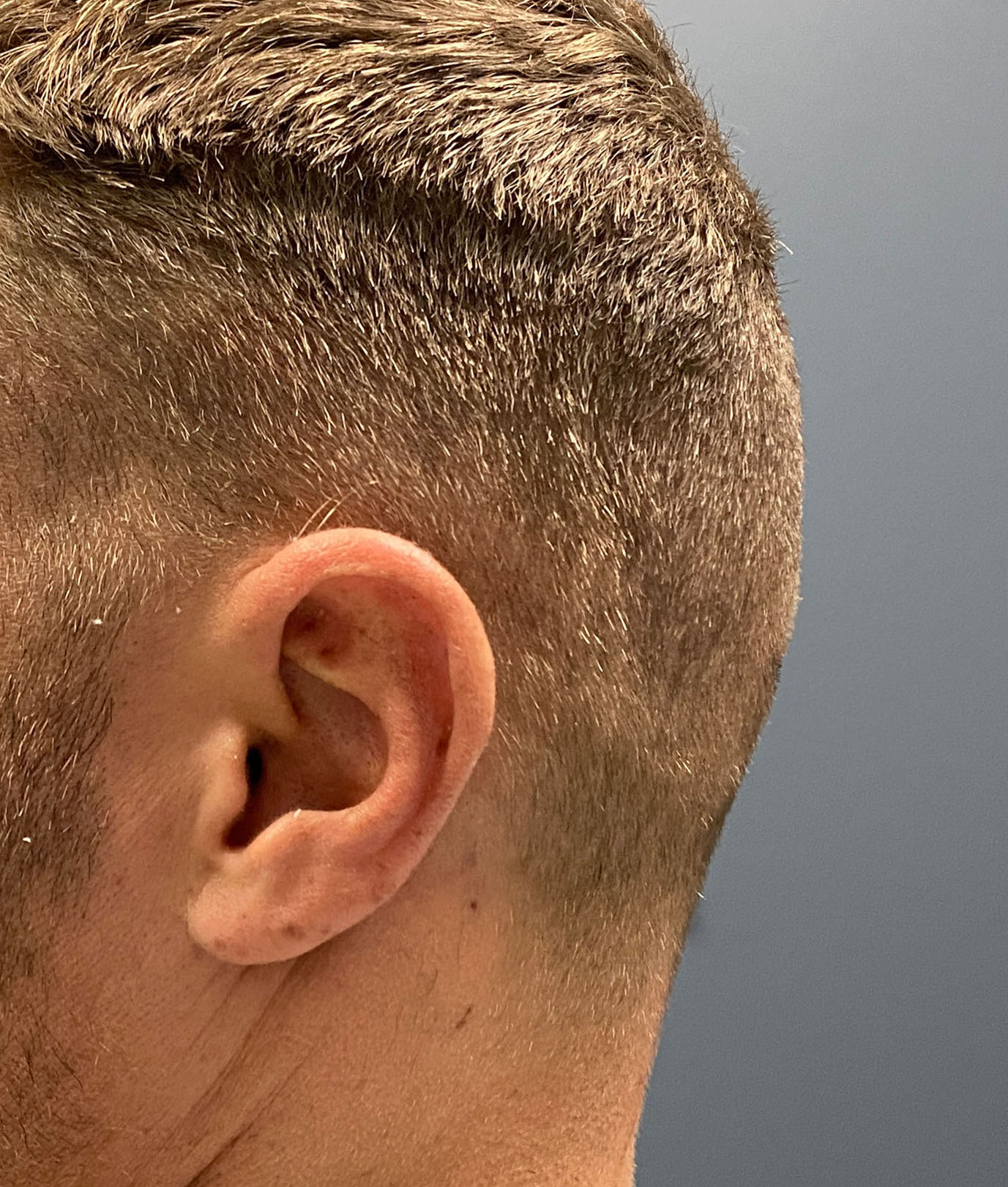
Desire for reduction of small occipital prominence 'discovered' after reduction of a large occipital knob done four years previously.
Reduction of occipital skull protrusion done through the original occipital knob scalp incision.


Desire for reduction of small occipital prominence 'discovered' after reduction of a large occipital knob done four years previously.
Reduction of occipital skull protrusion done through the original occipital knob scalp incision.
Patient 133
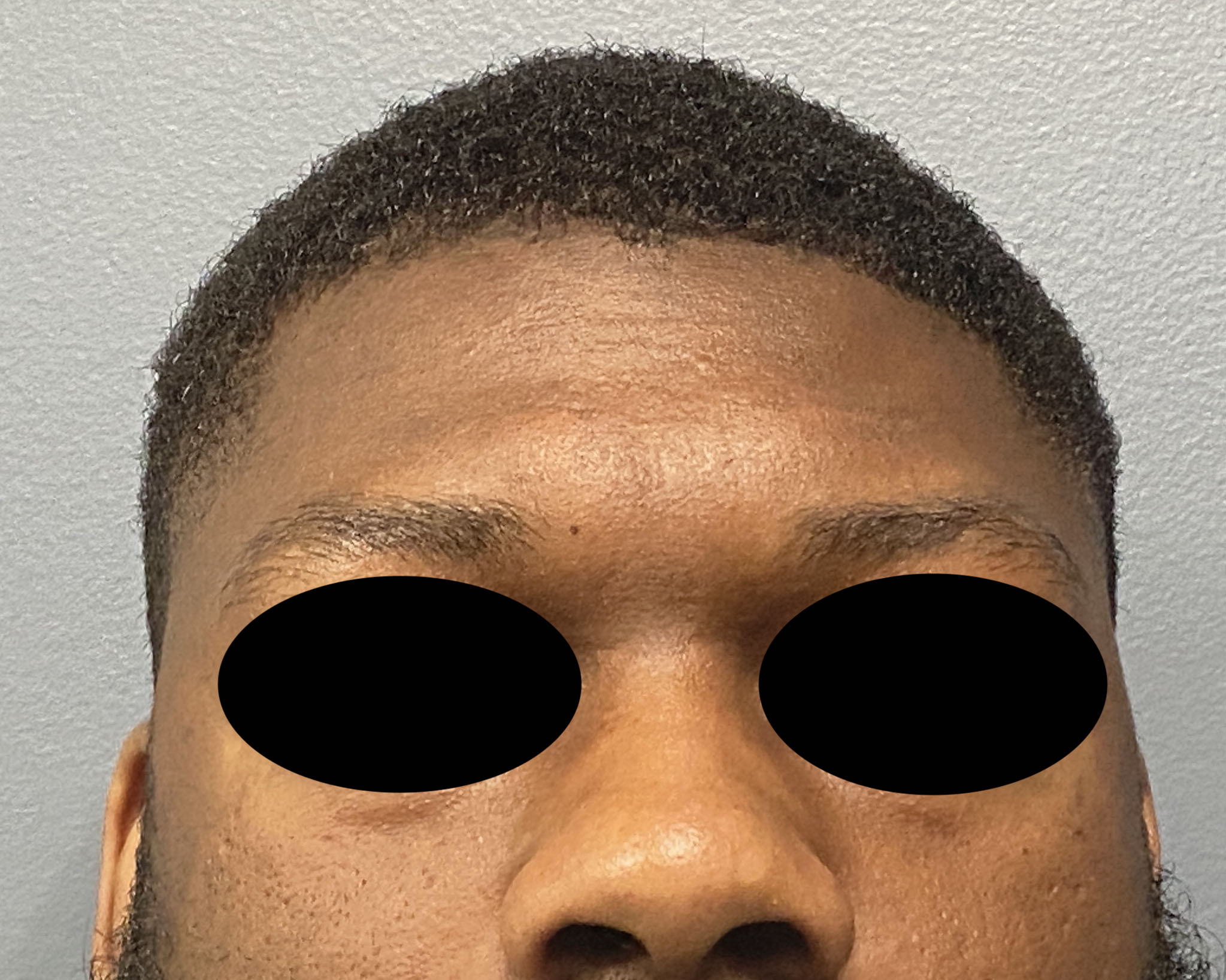
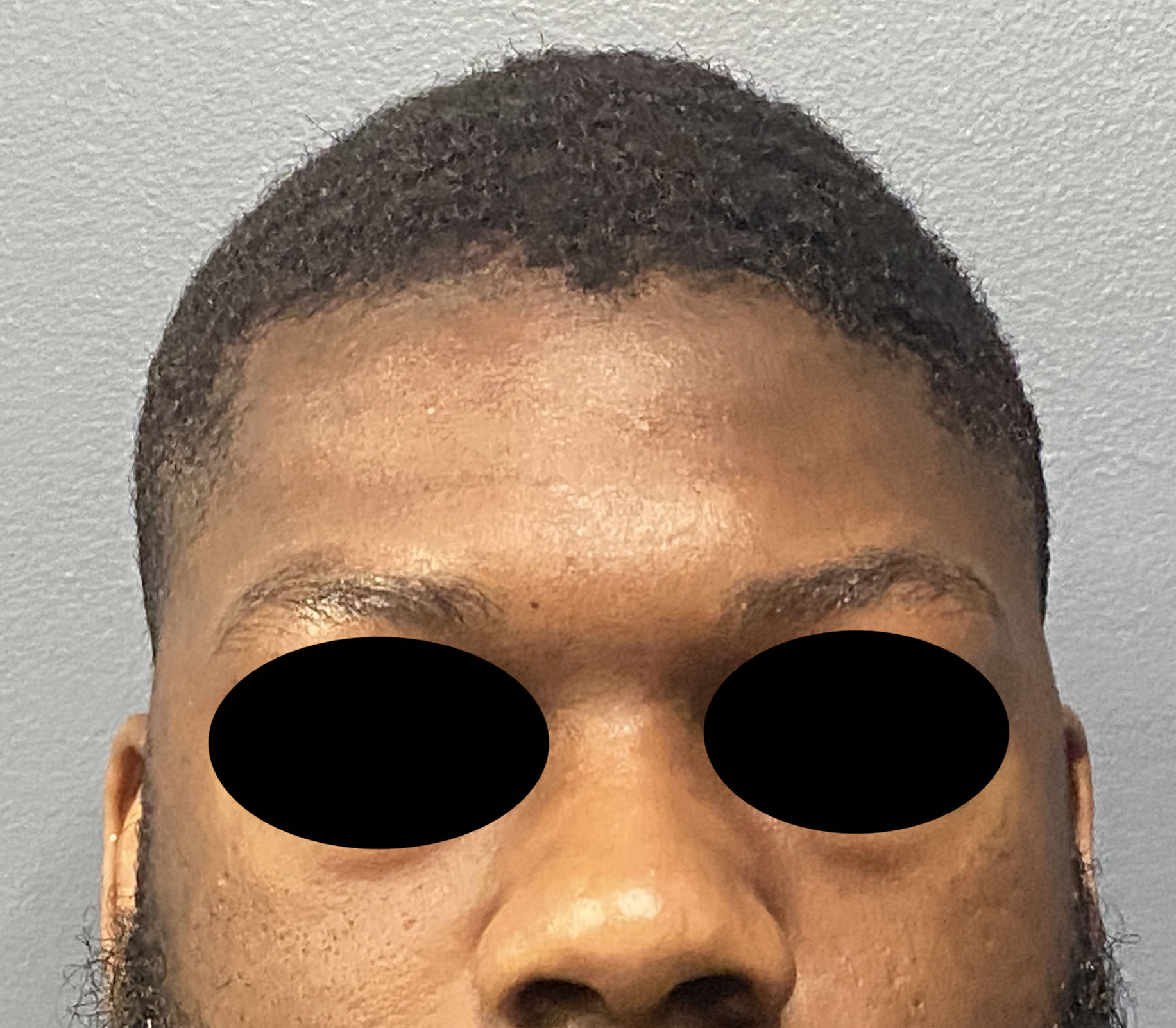
Desire for reduction of right upper forehead bony protrusion that extended up onto the skull behind the hairline.
Reduction of right upper forehead and skull protrusion using a combination off high speed burring and diamond skull rasps.


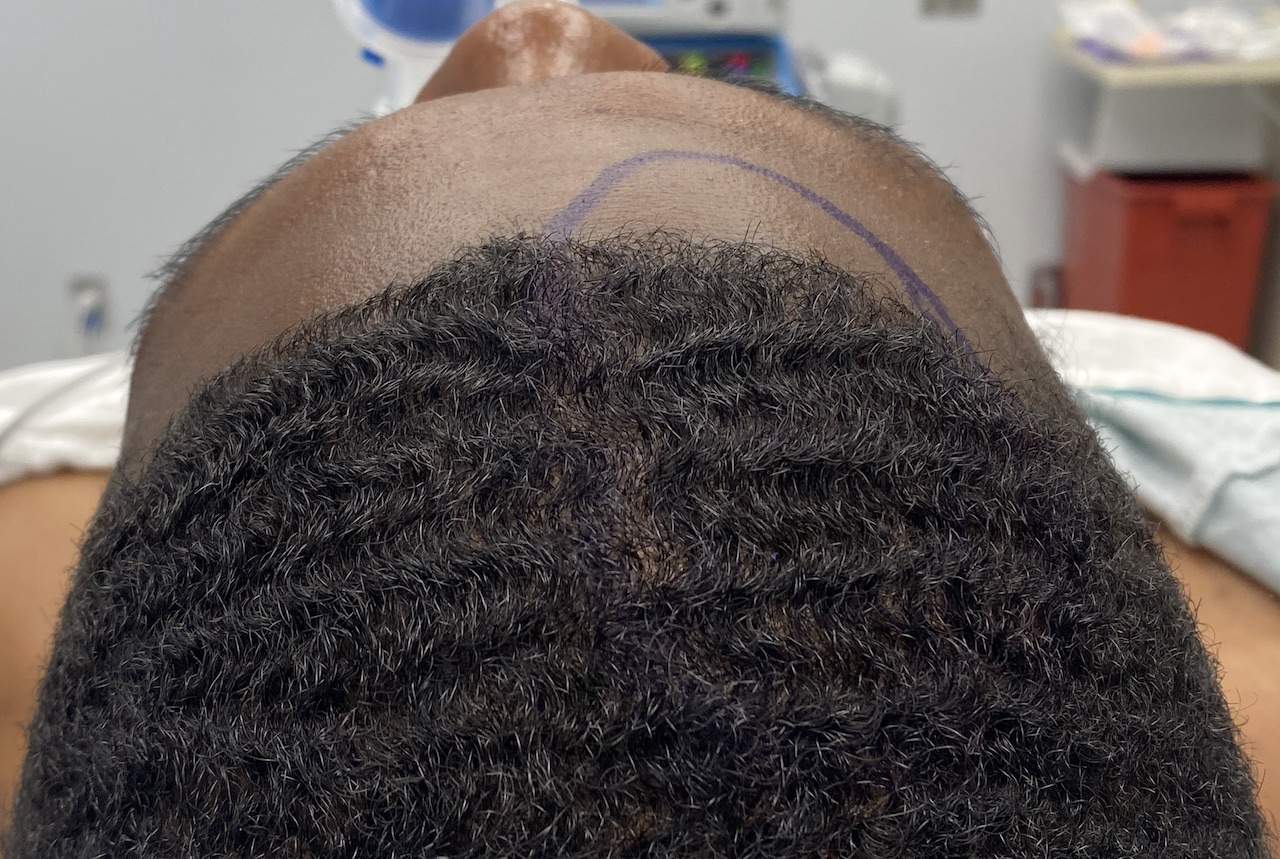
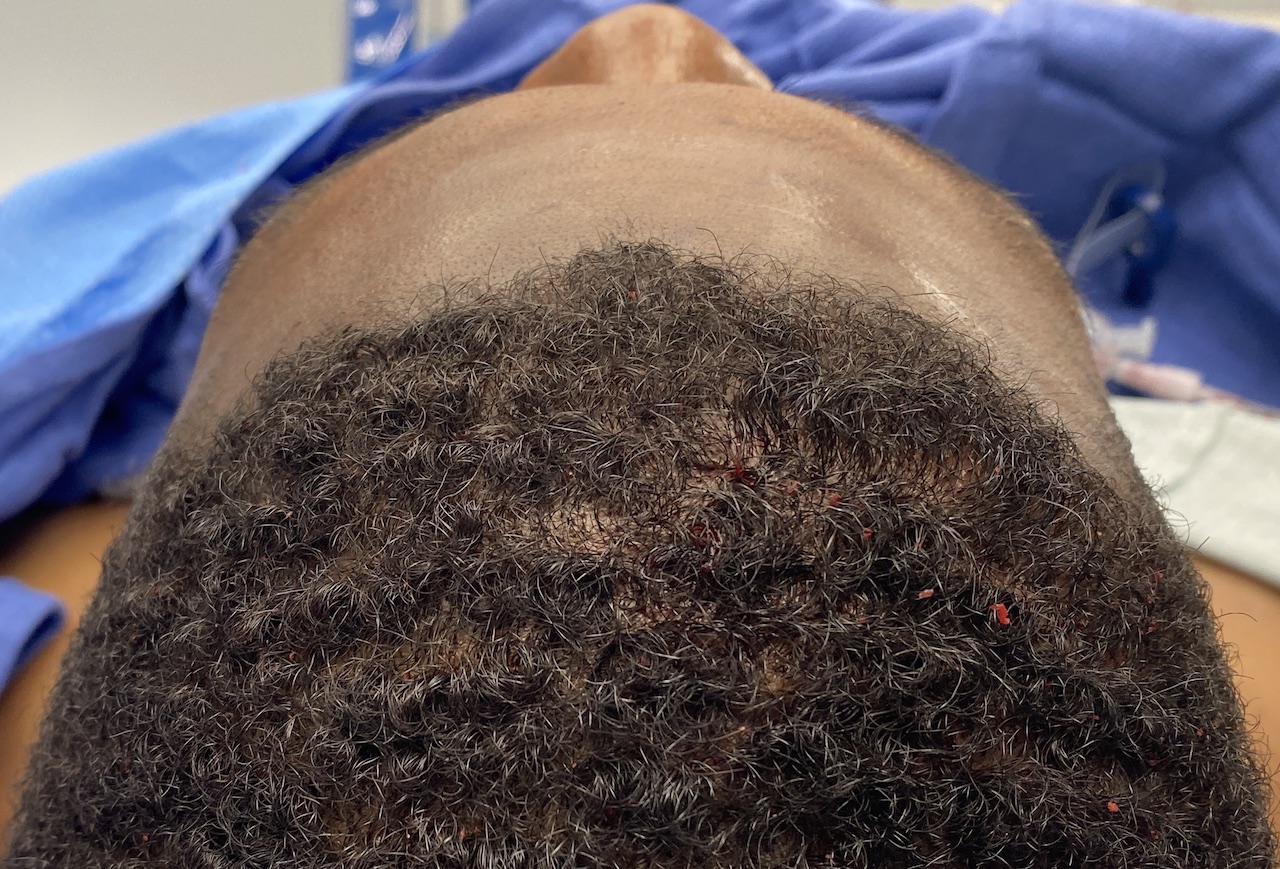
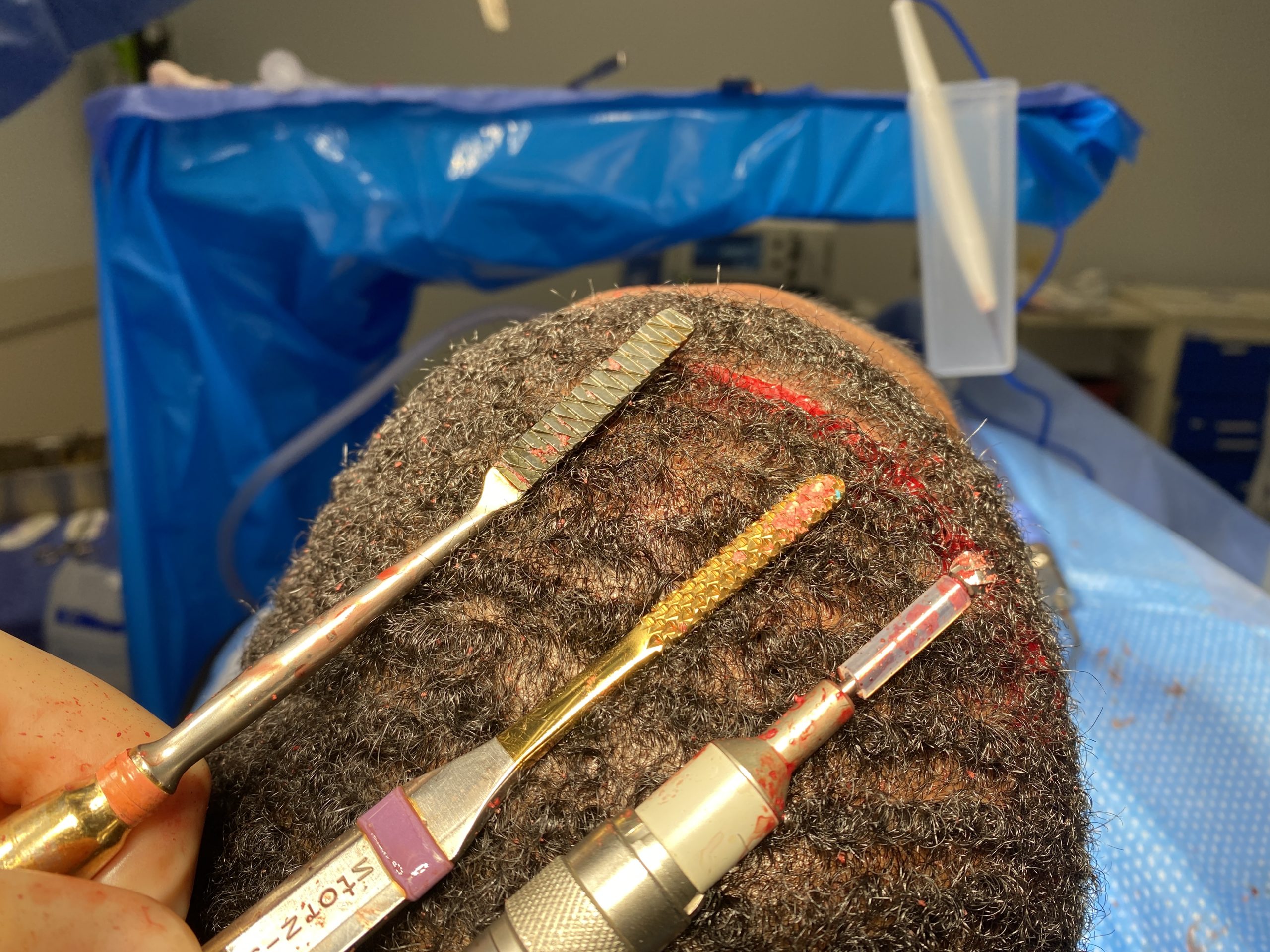
Desire for reduction of right upper forehead bony protrusion that extended up onto the skull behind the hairline.
Reduction of right upper forehead and skull protrusion using a combination off high speed burring and diamond skull rasps.
Patient 134
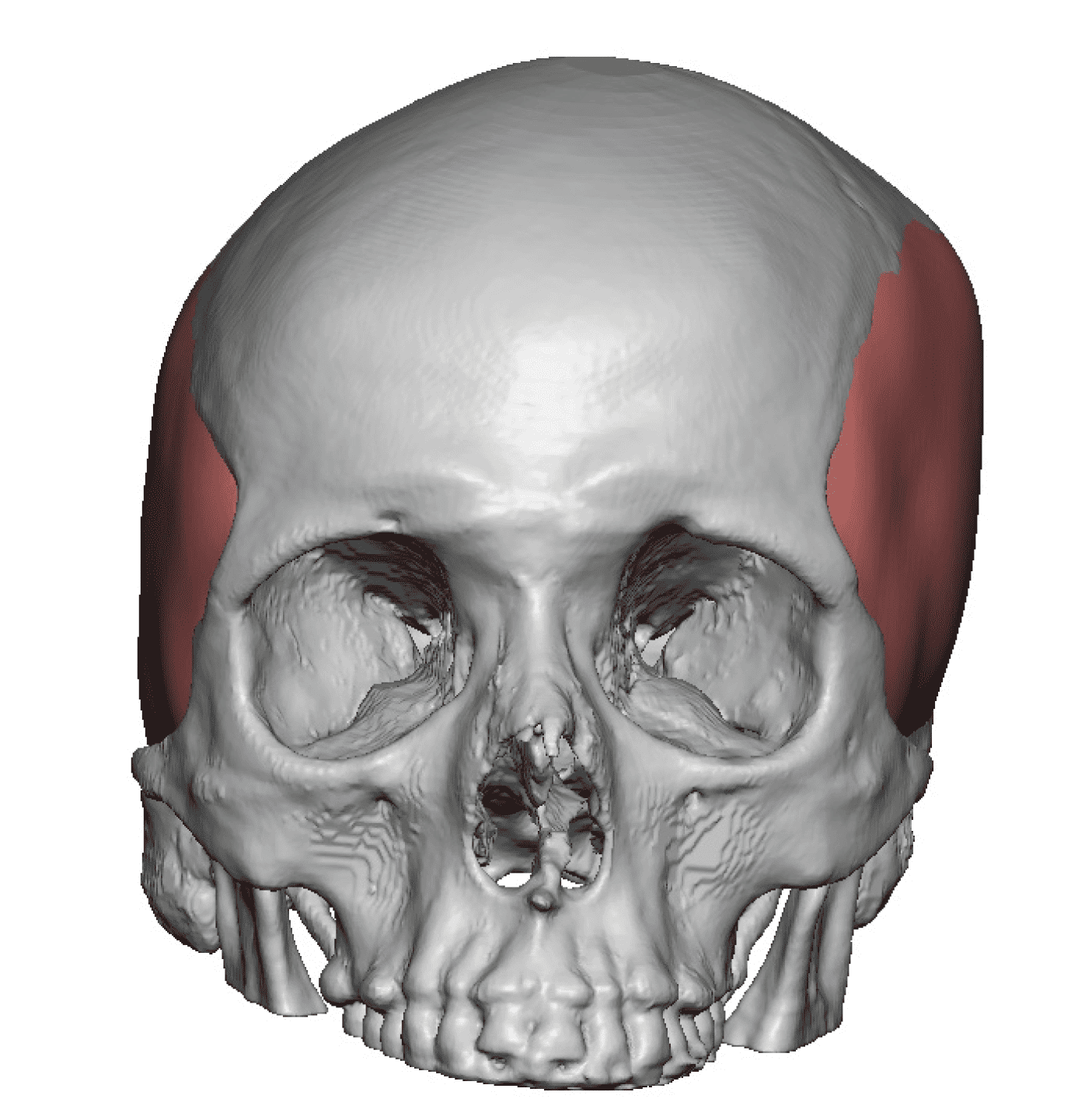
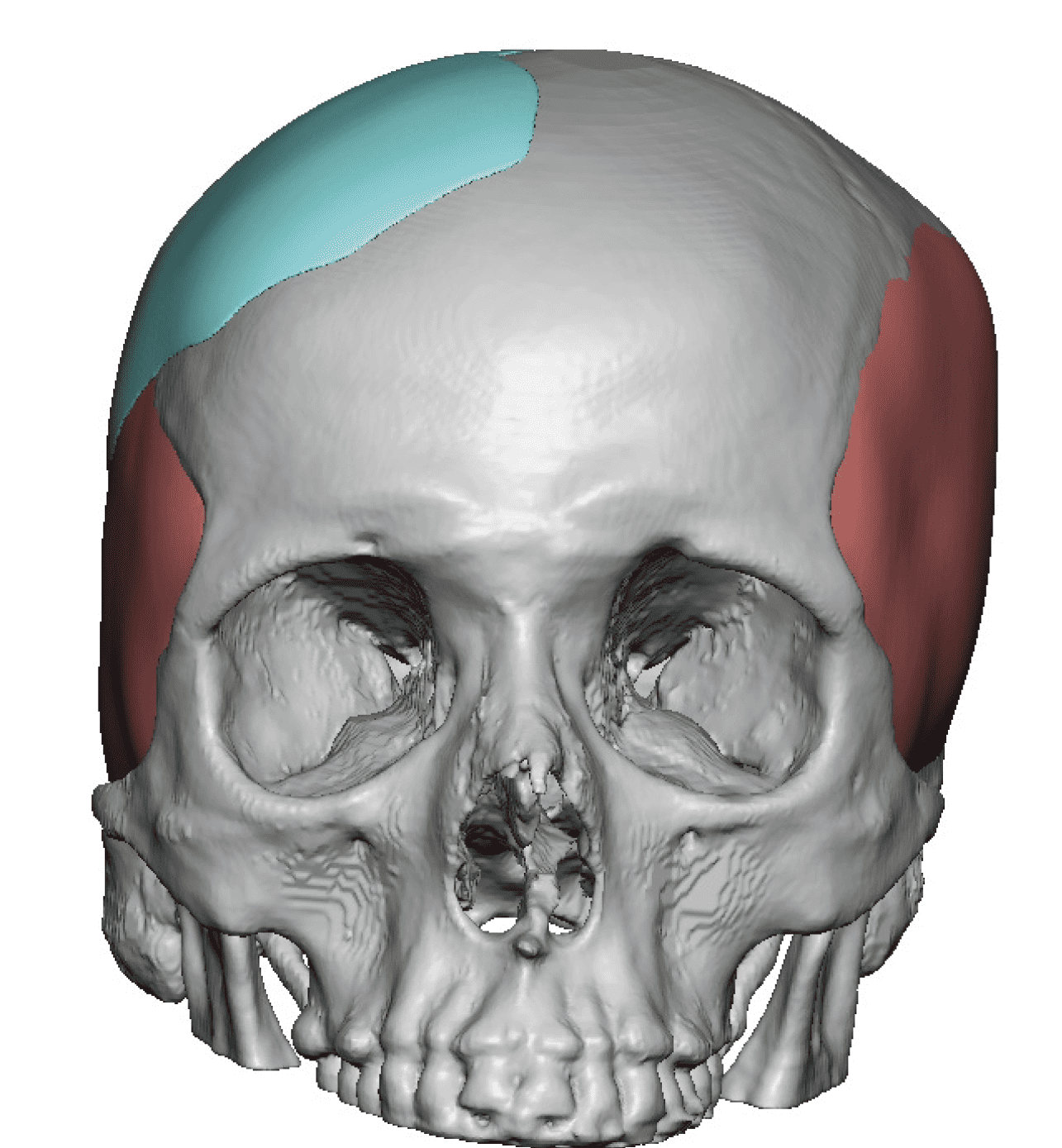
Desire for correction of congenital lopsided head shape.
Placement of custom skull implant for right-sided asymmetric head shape deformity.


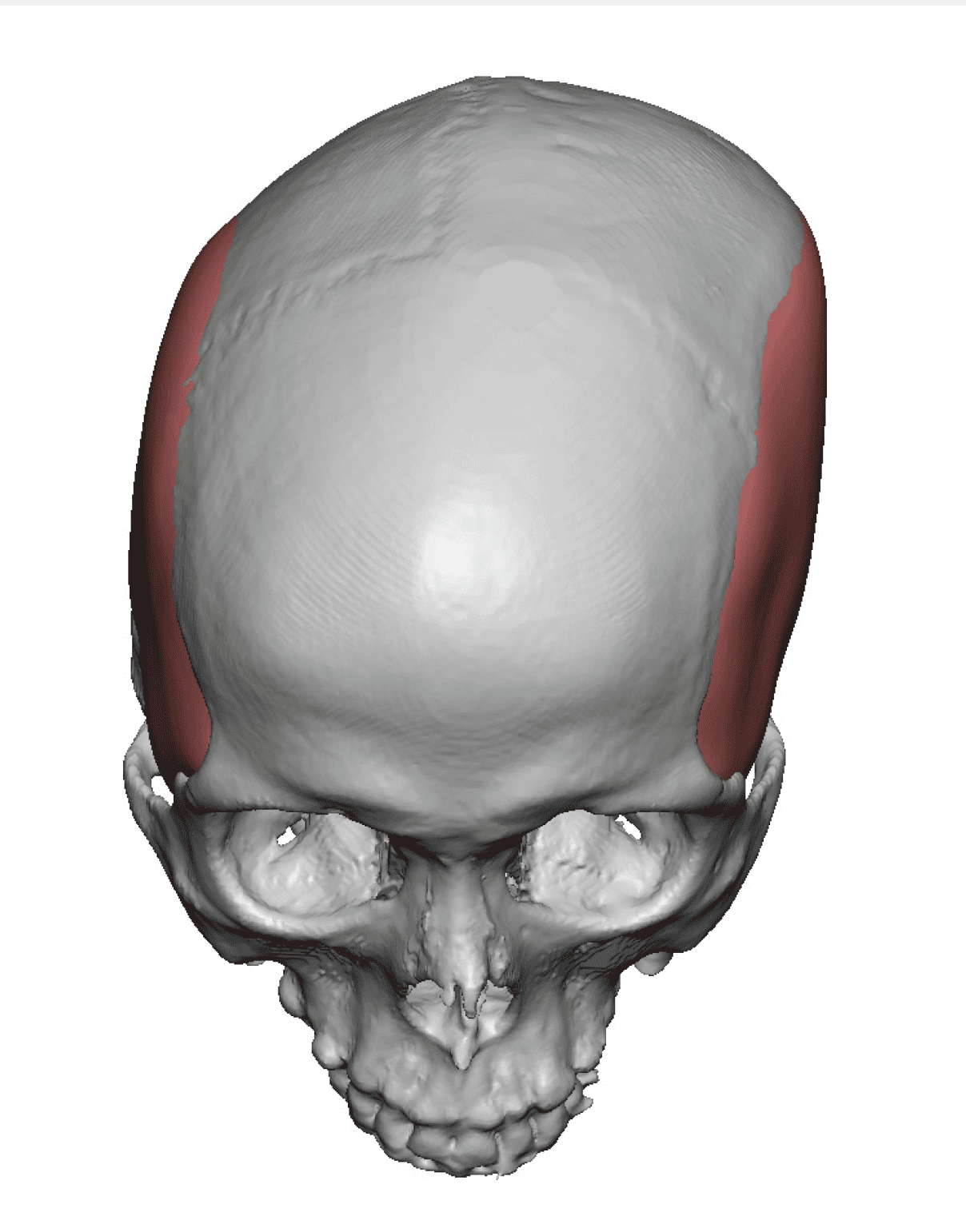
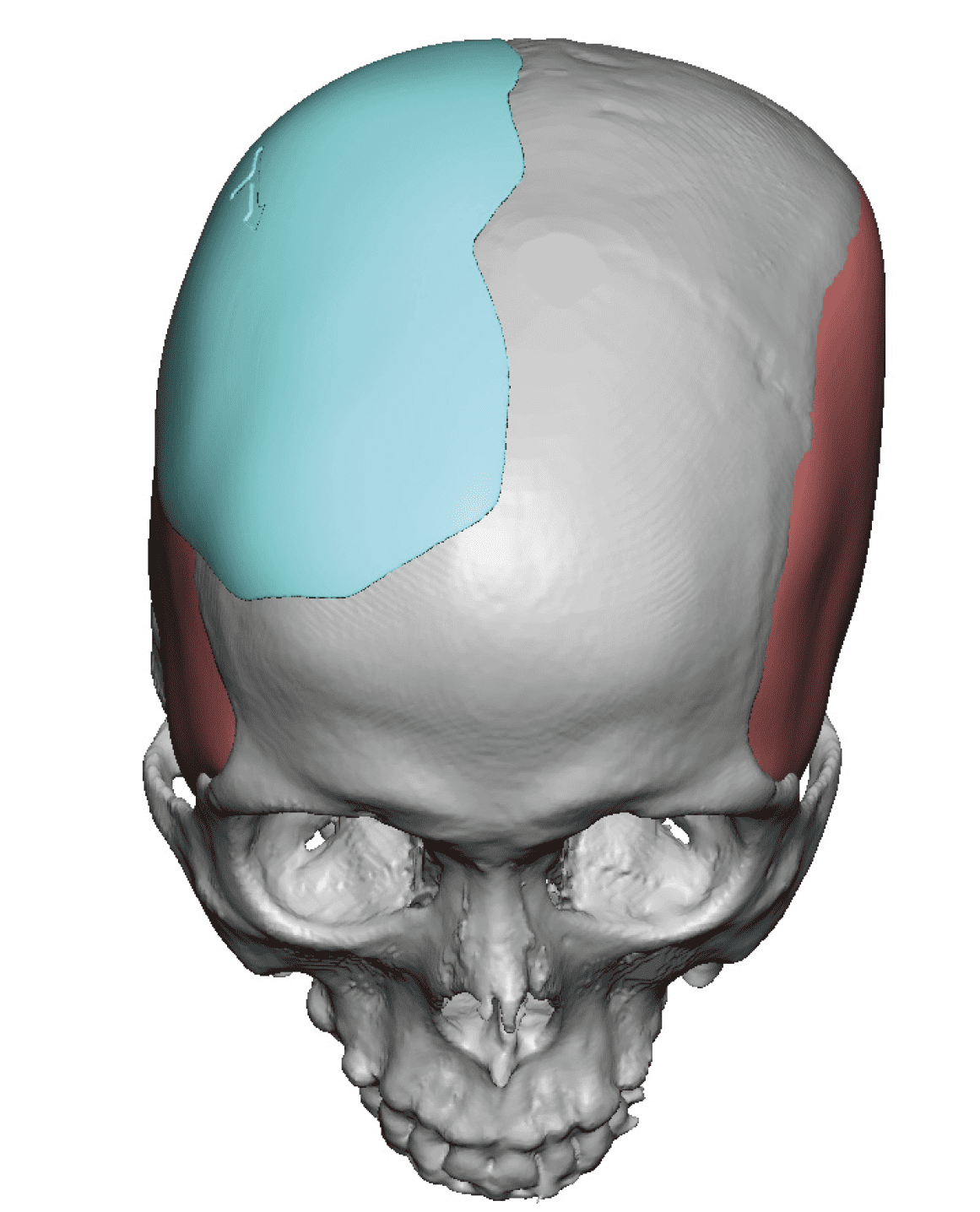
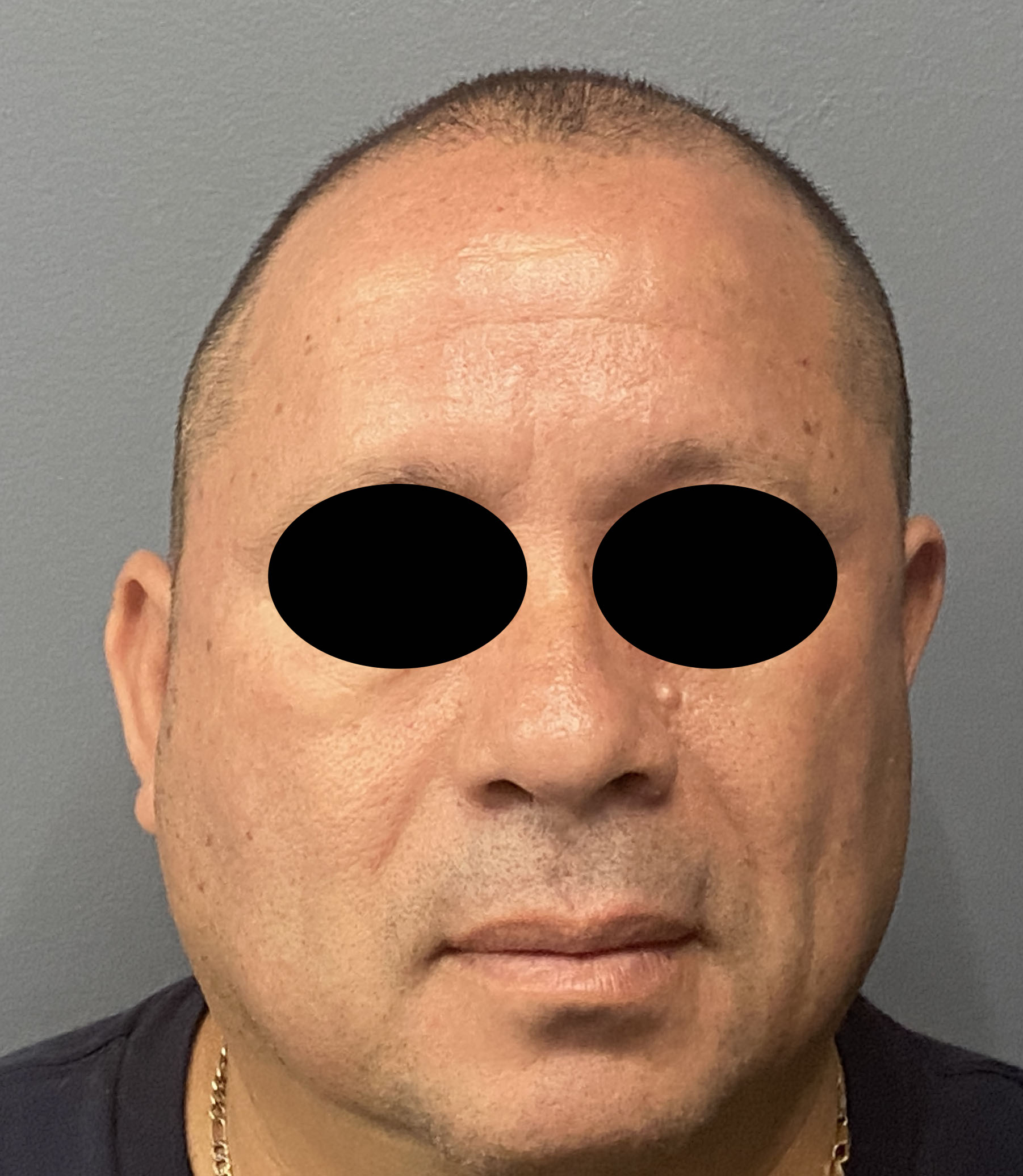
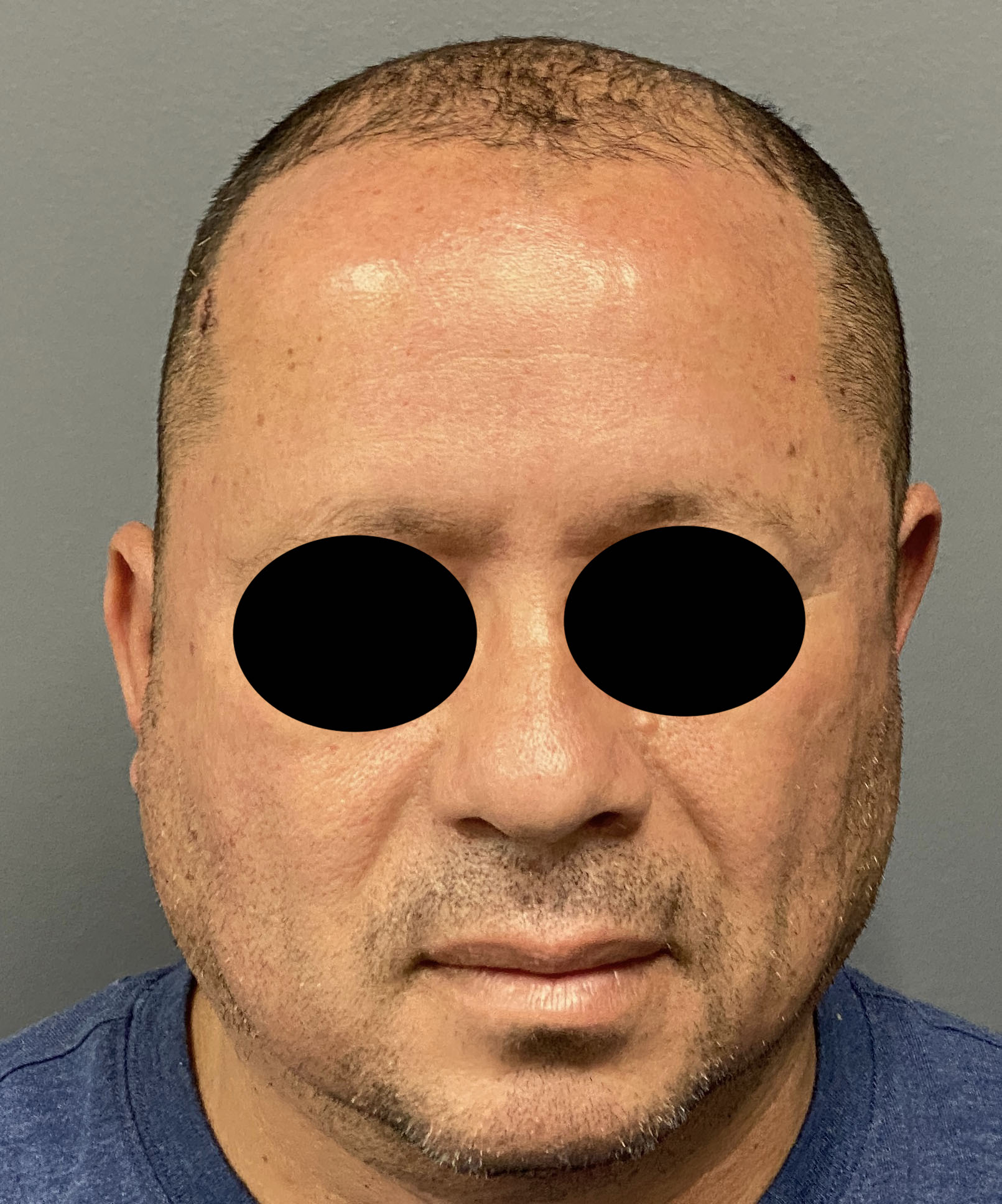
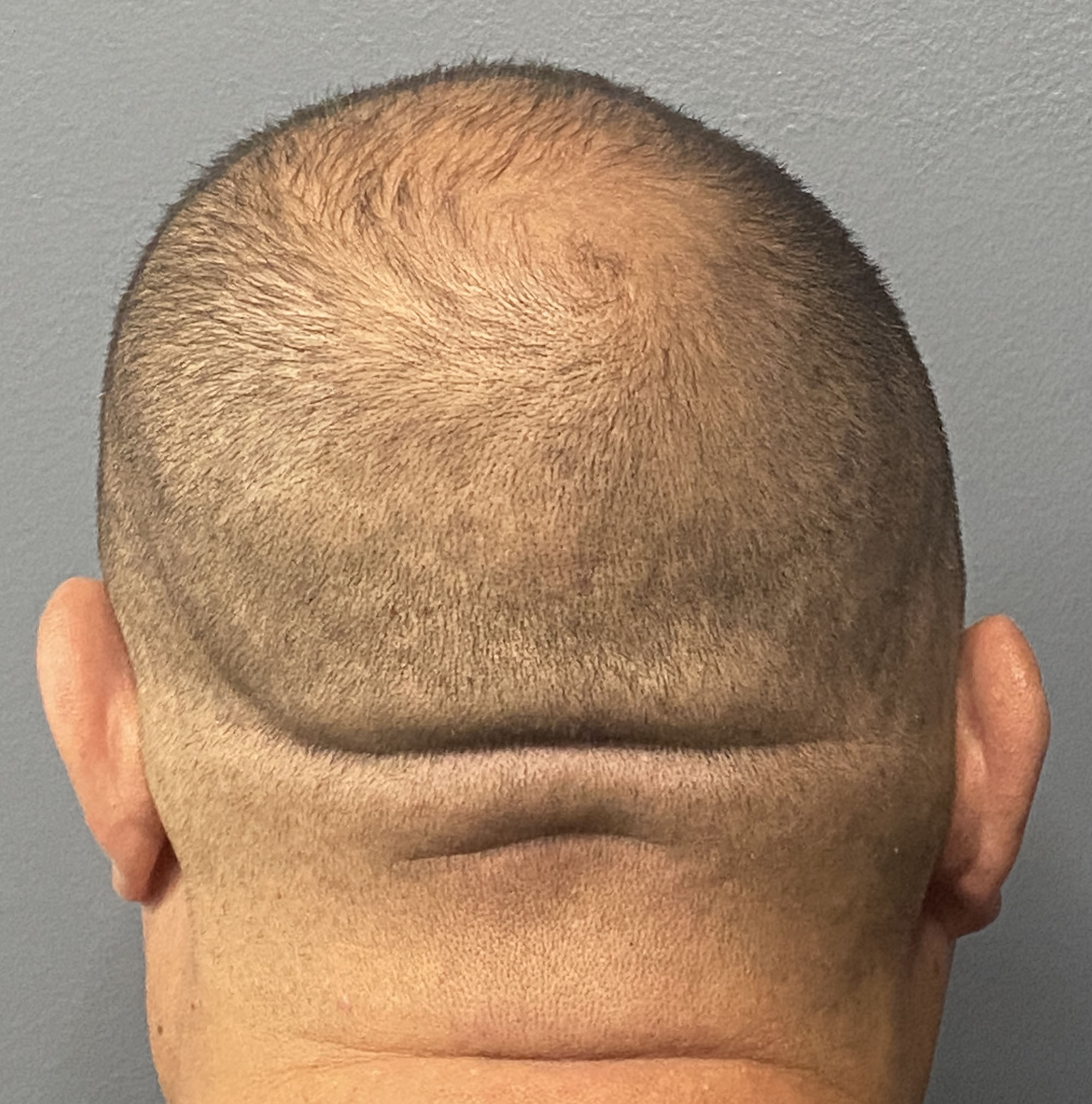
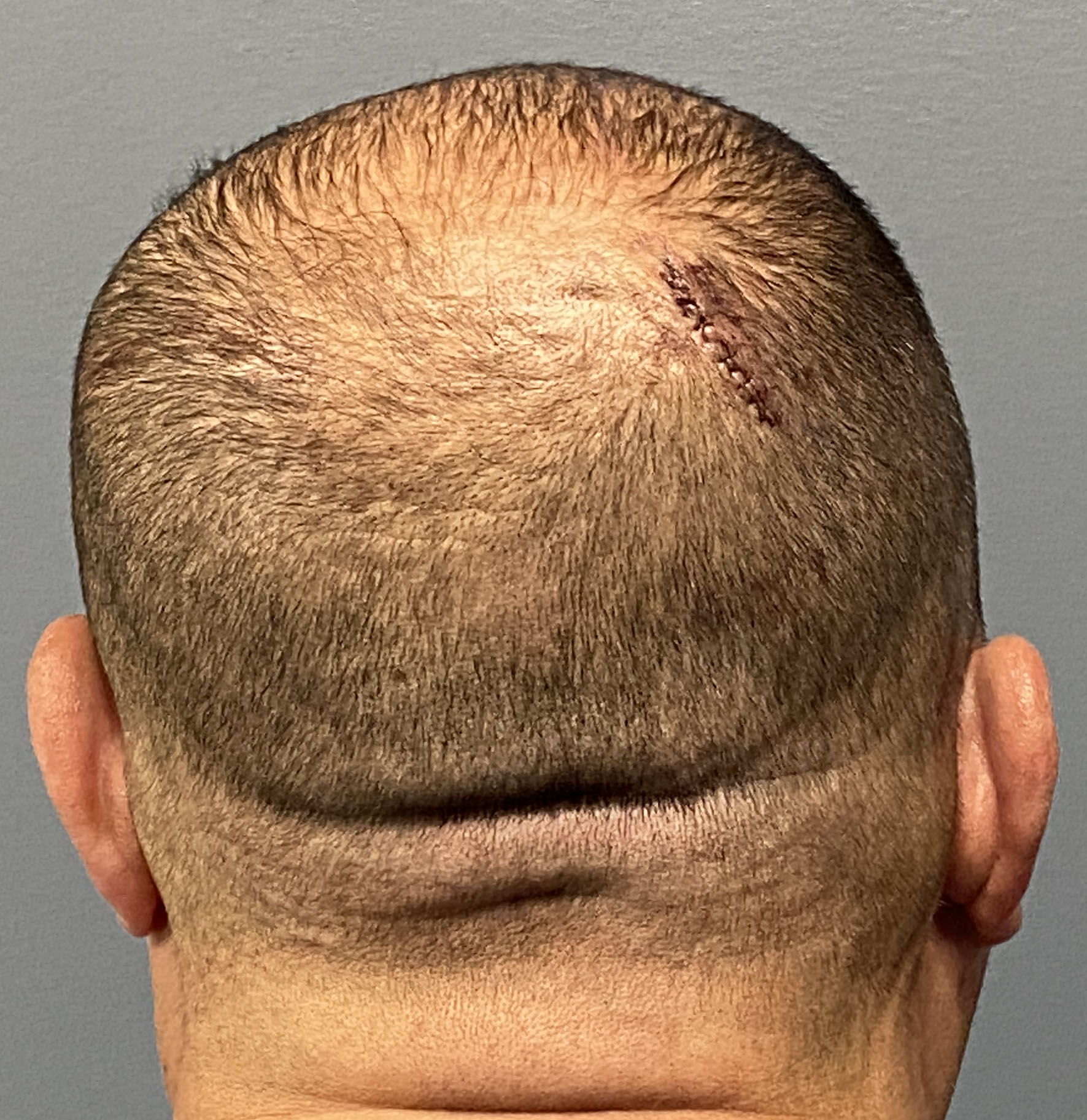
Desire for correction of congenital lopsided head shape.
Placement of custom skull implant for right-sided asymmetric head shape deformity.
Patient 135
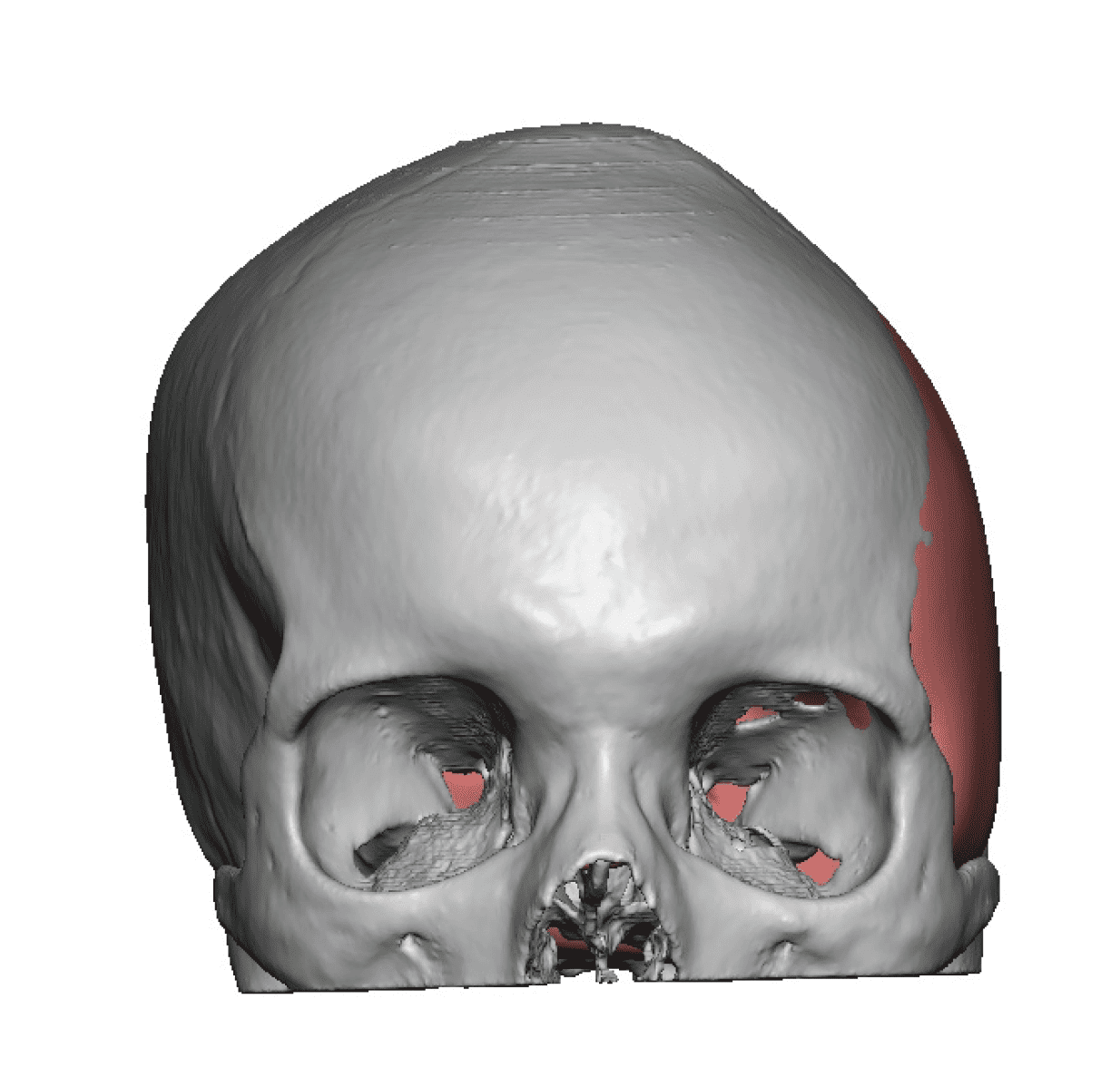
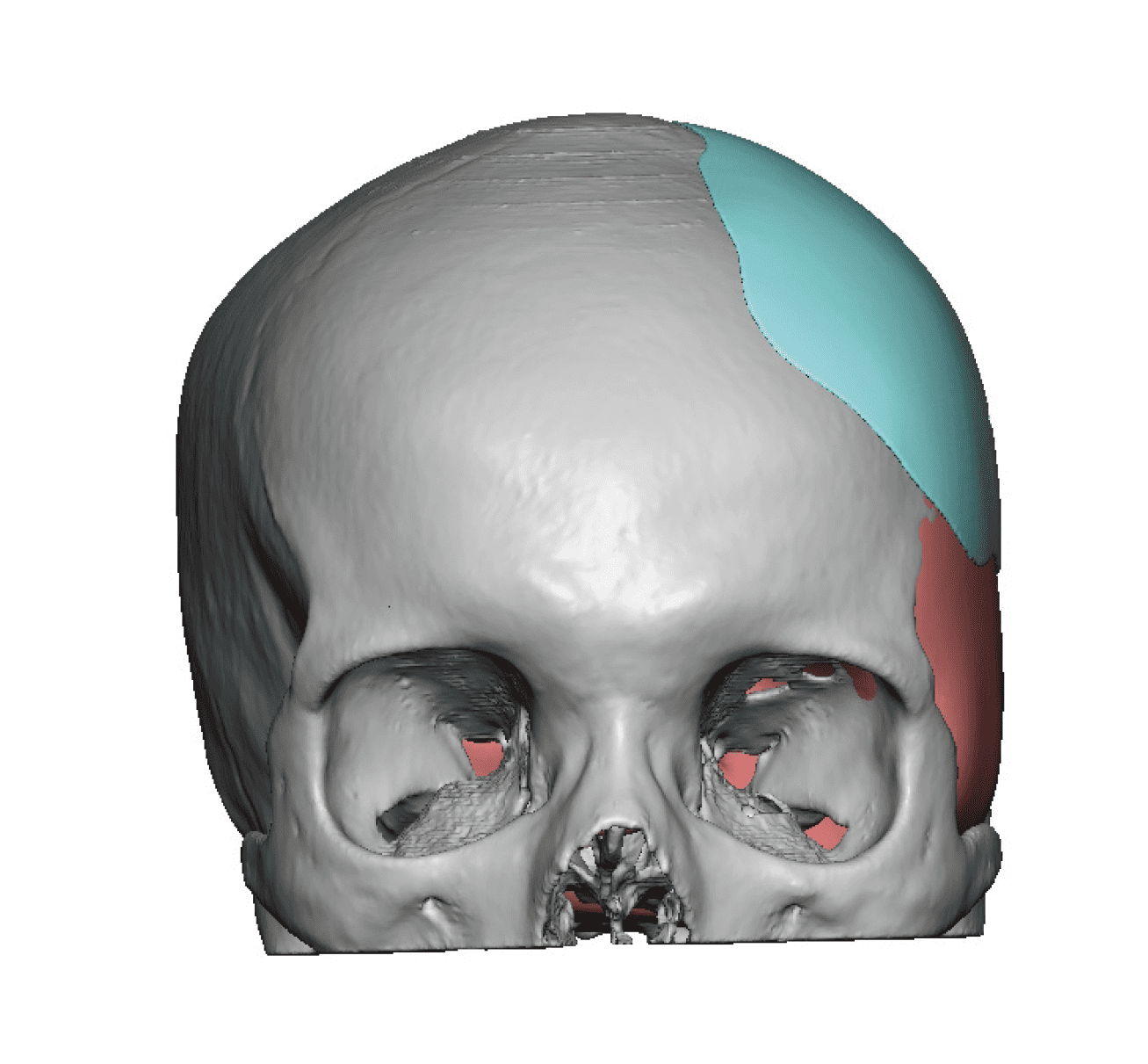
Desire for correction of left lopsided head shape.
Placement of custom skull implant for left lopsided head shape deformity through a small posterior scalp incision.


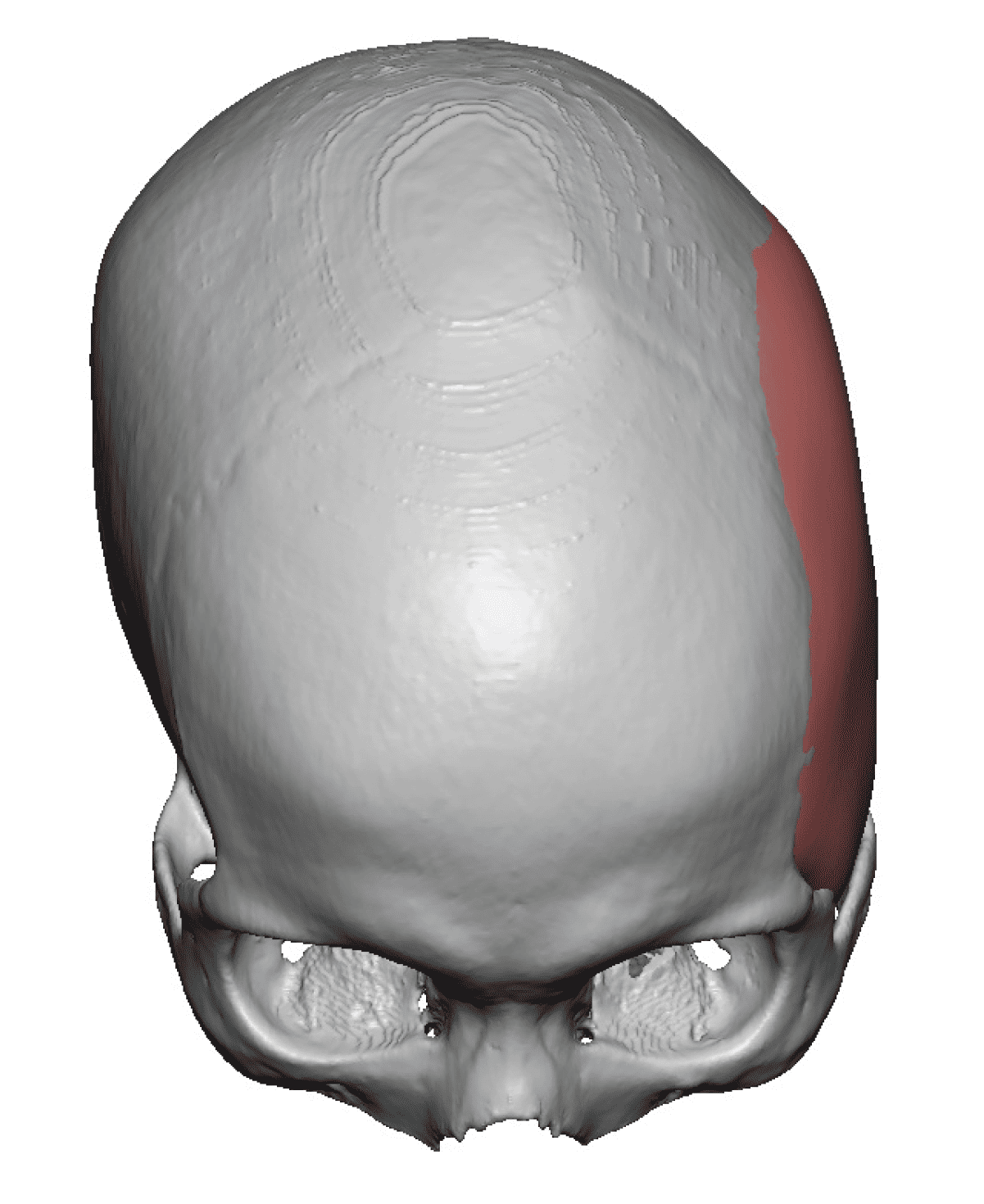
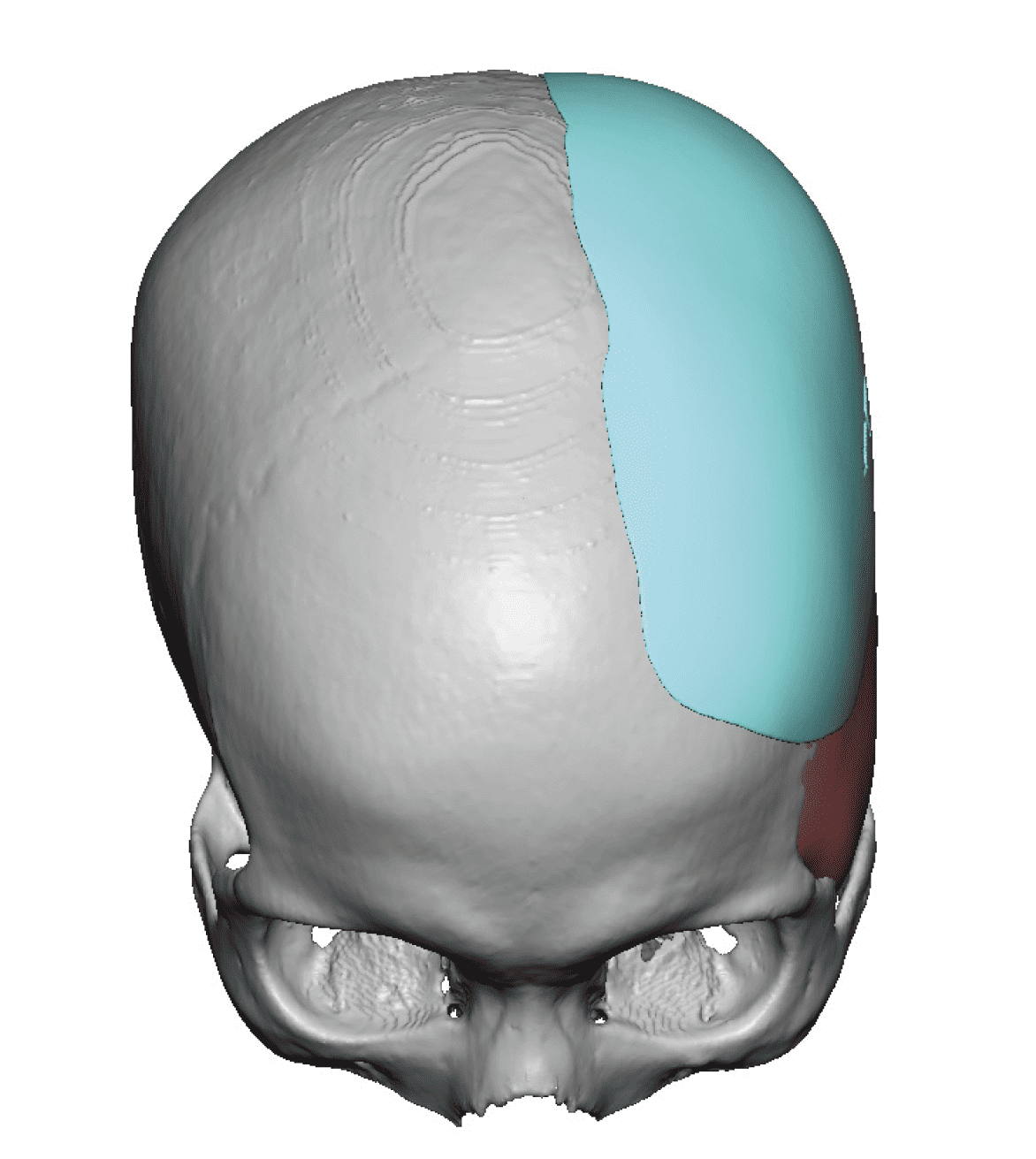
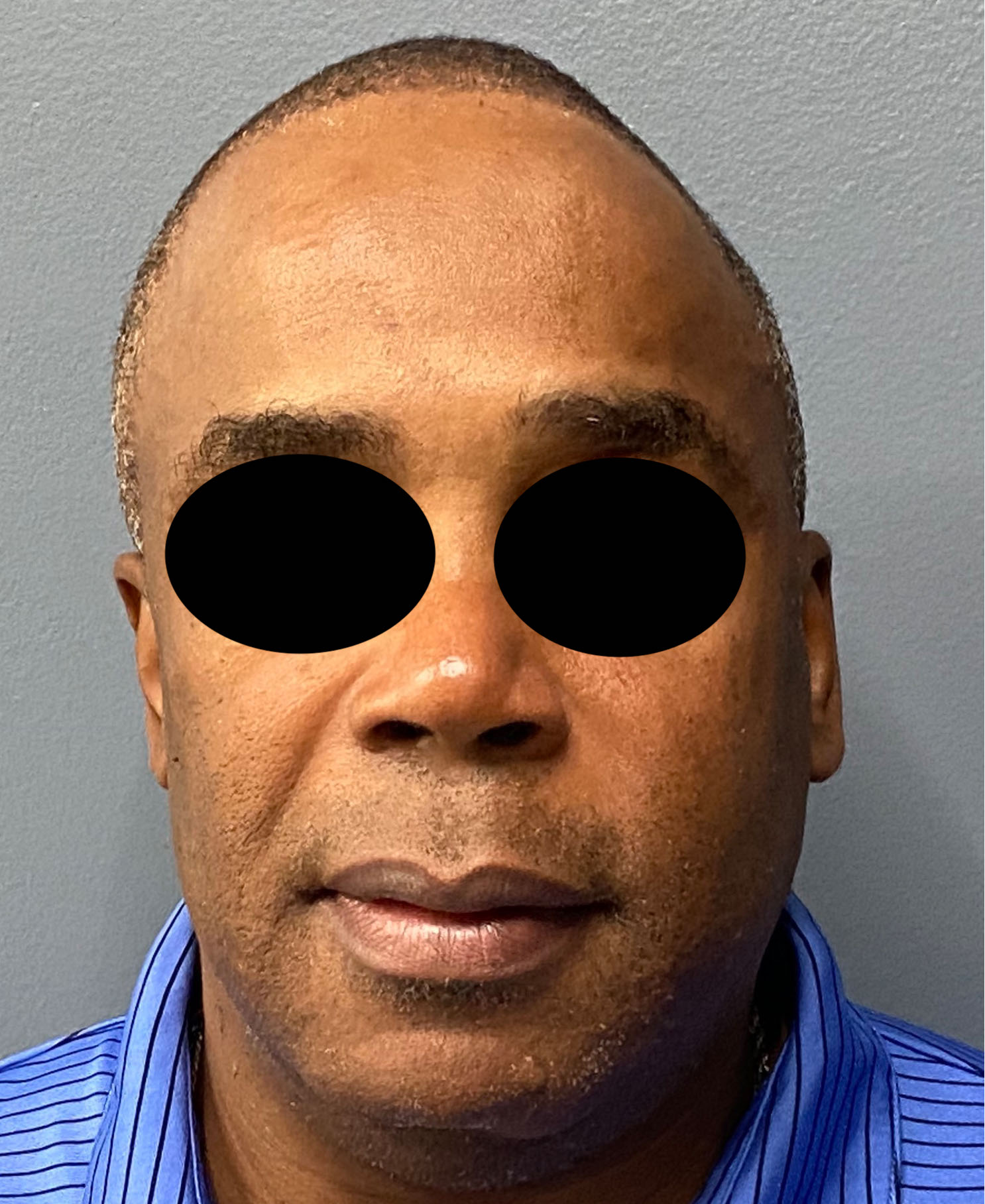
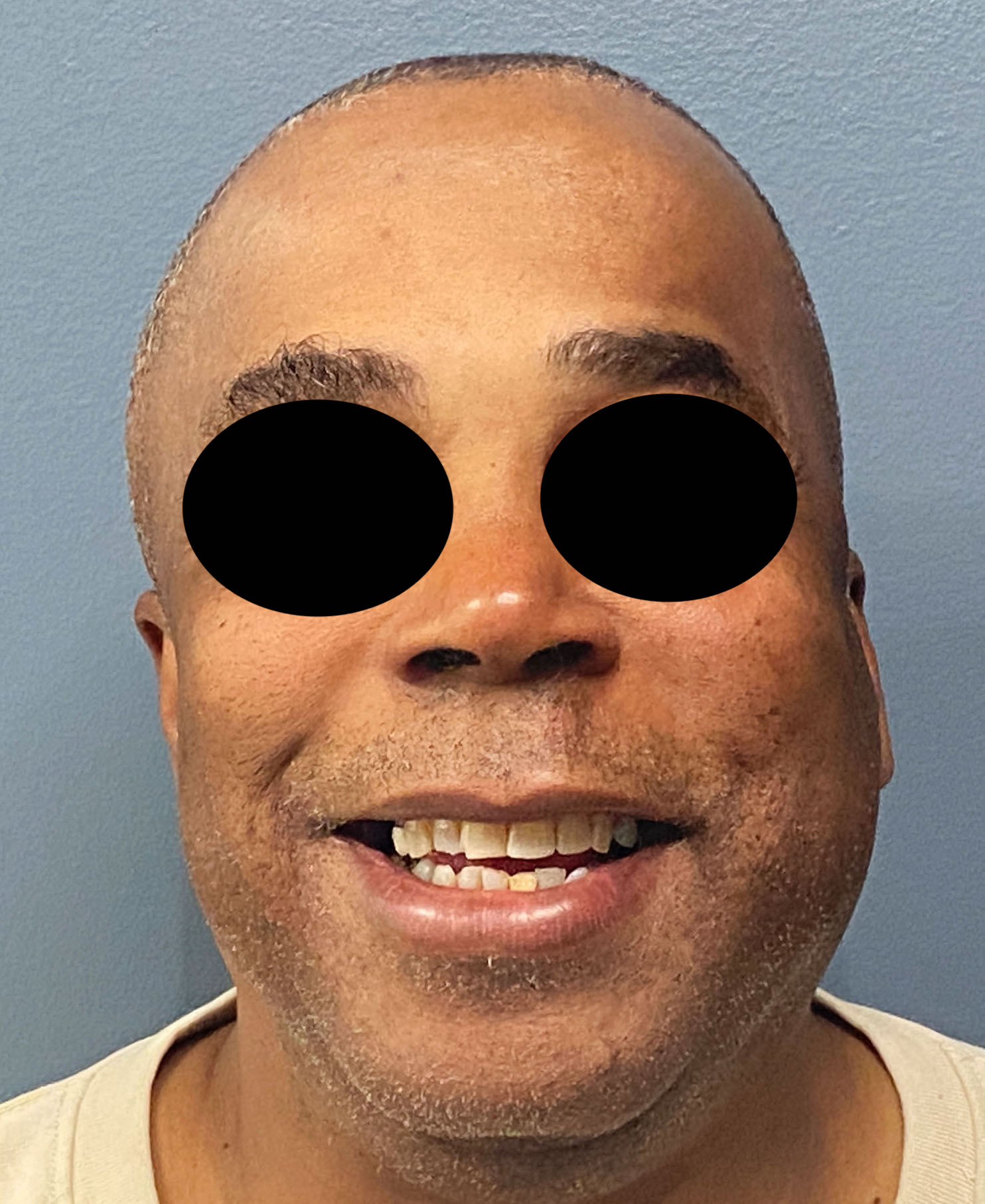
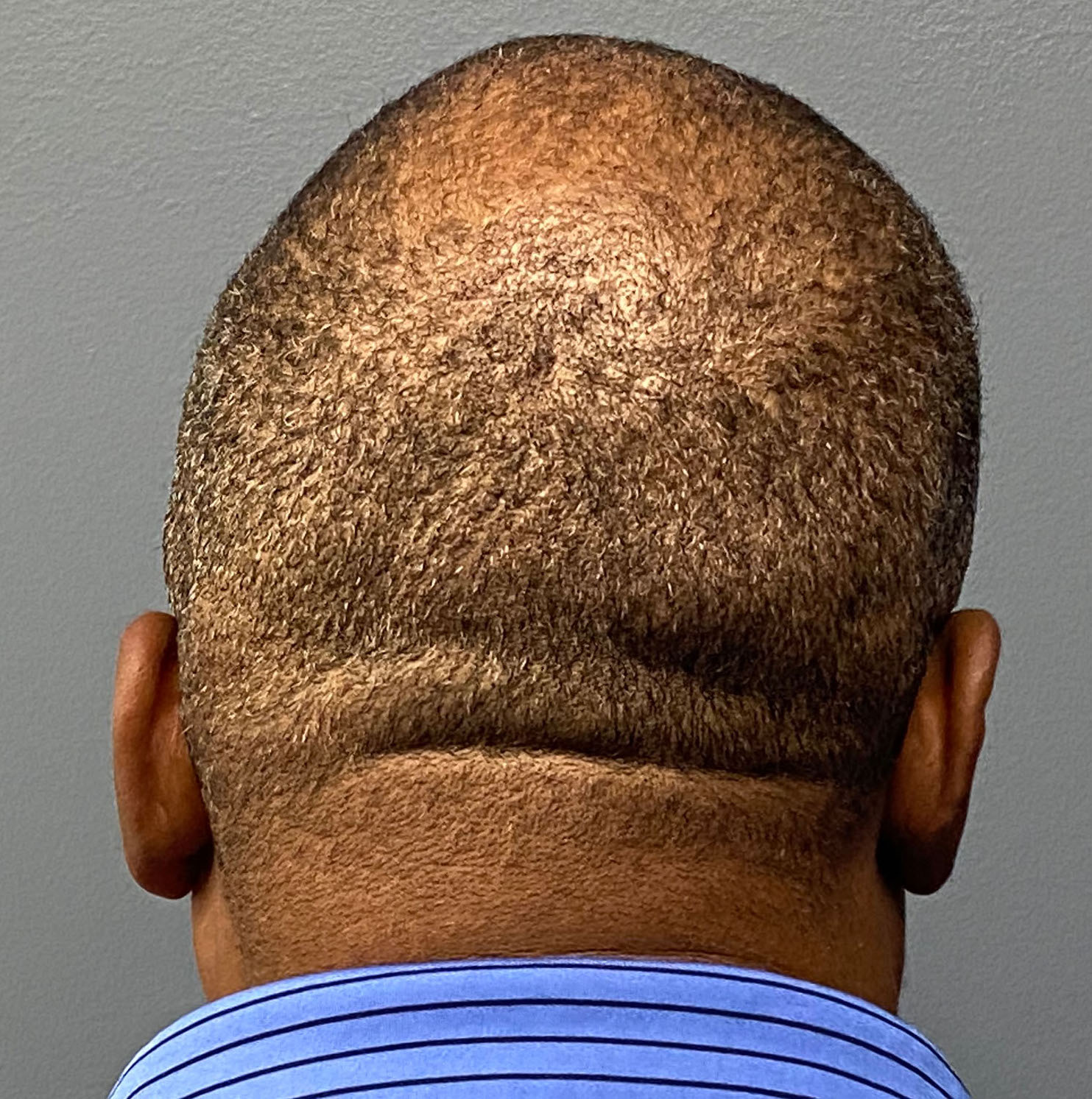
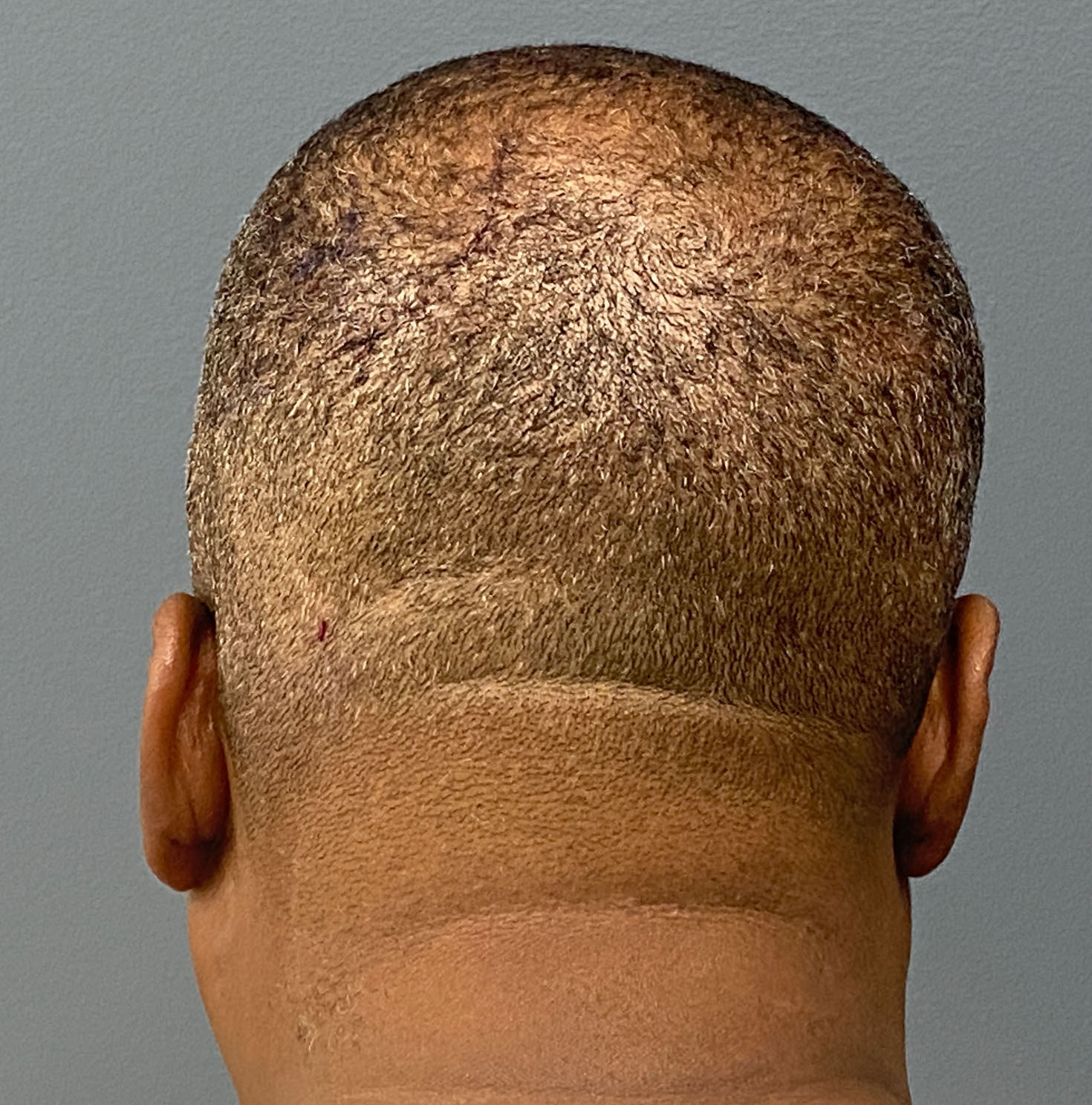
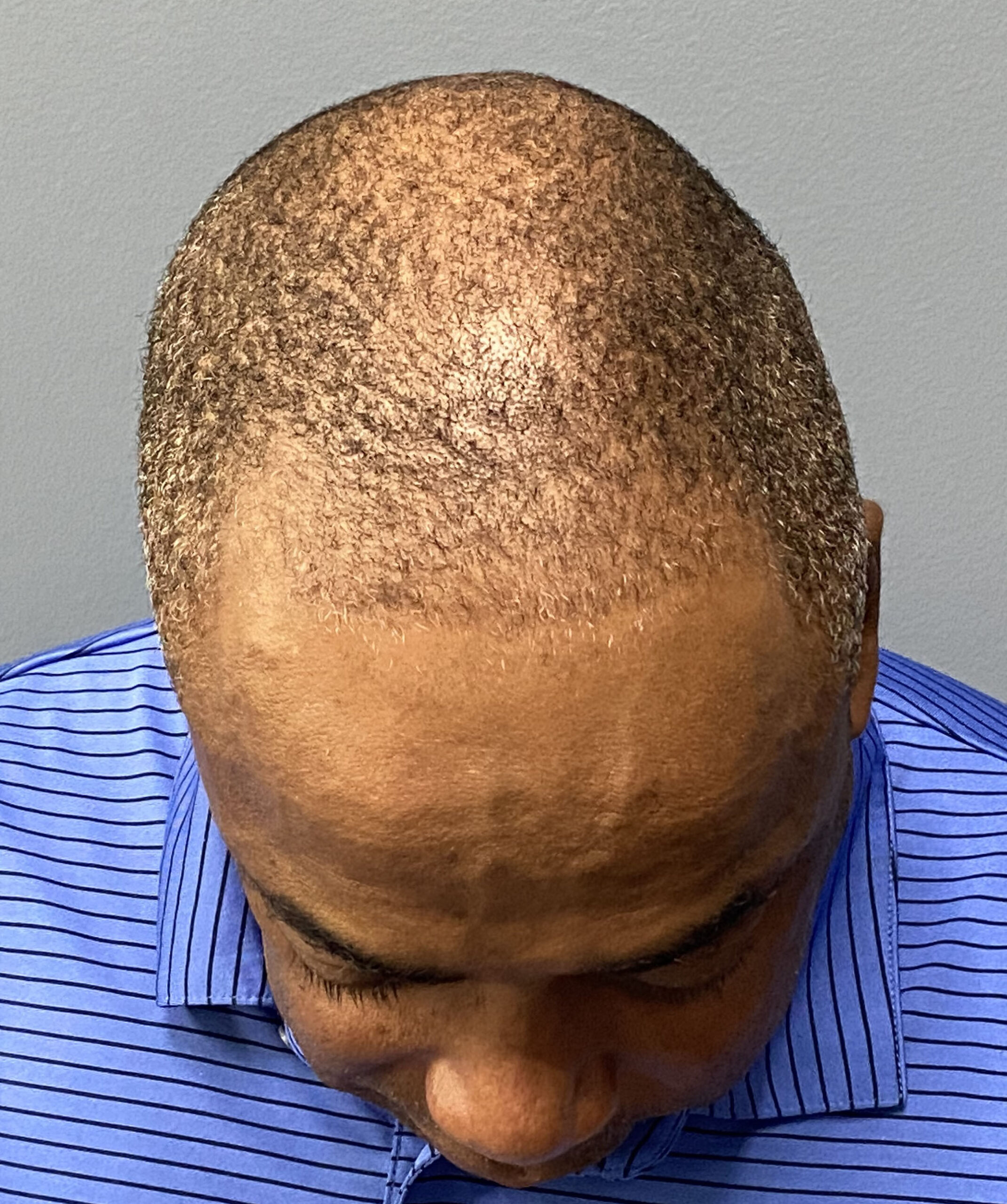

Desire for correction of left lopsided head shape.
Placement of custom skull implant for left lopsided head shape deformity through a small posterior scalp incision.
Patient 136
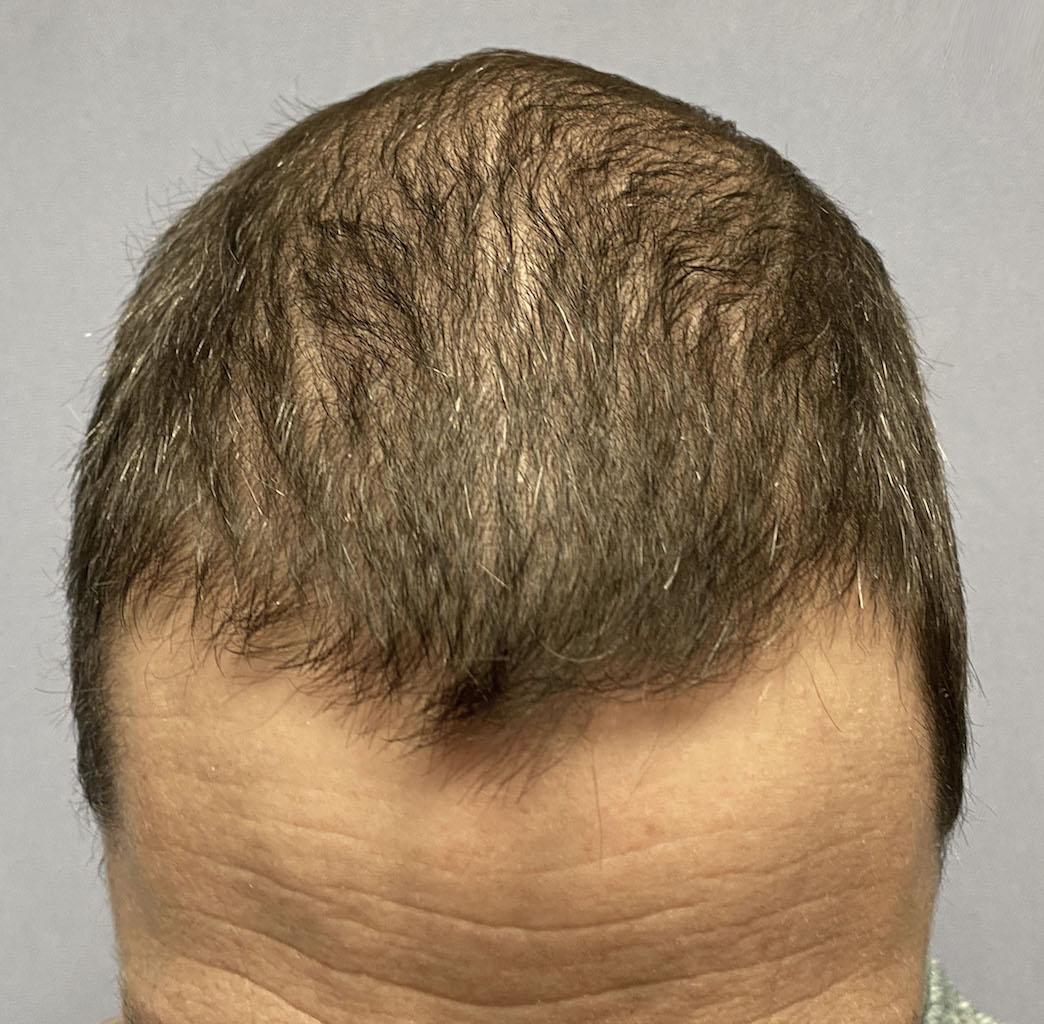
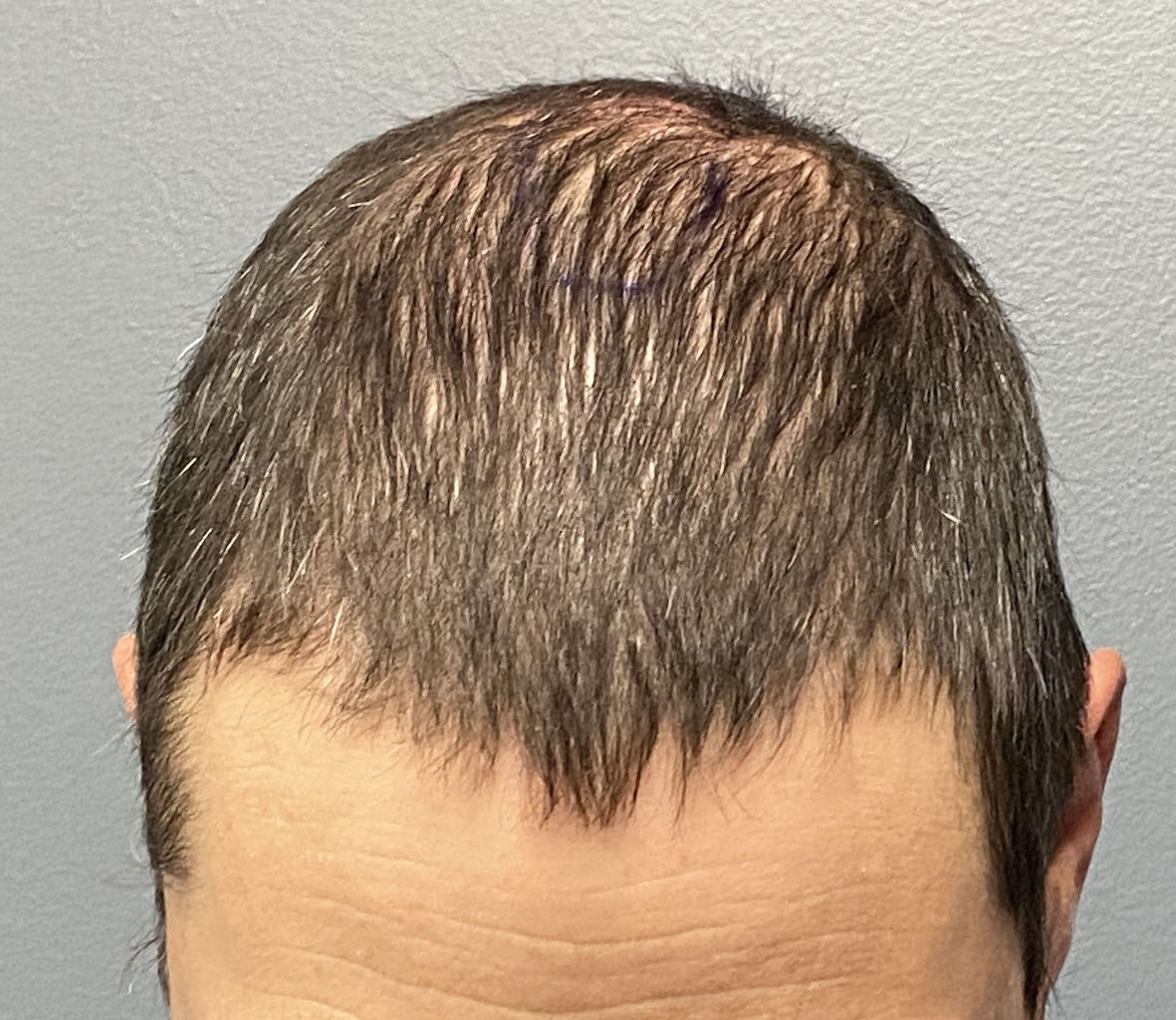
Posterior sagittal crest skull deformity.
High speed burring reduction of posterior sagittal crest through a small scalp incision, one day postop at time of head dressing and drain removal.


Posterior sagittal crest skull deformity.
High speed burring reduction of posterior sagittal crest through a small scalp incision, one day postop at time of head dressing and drain removal.
Patient 137
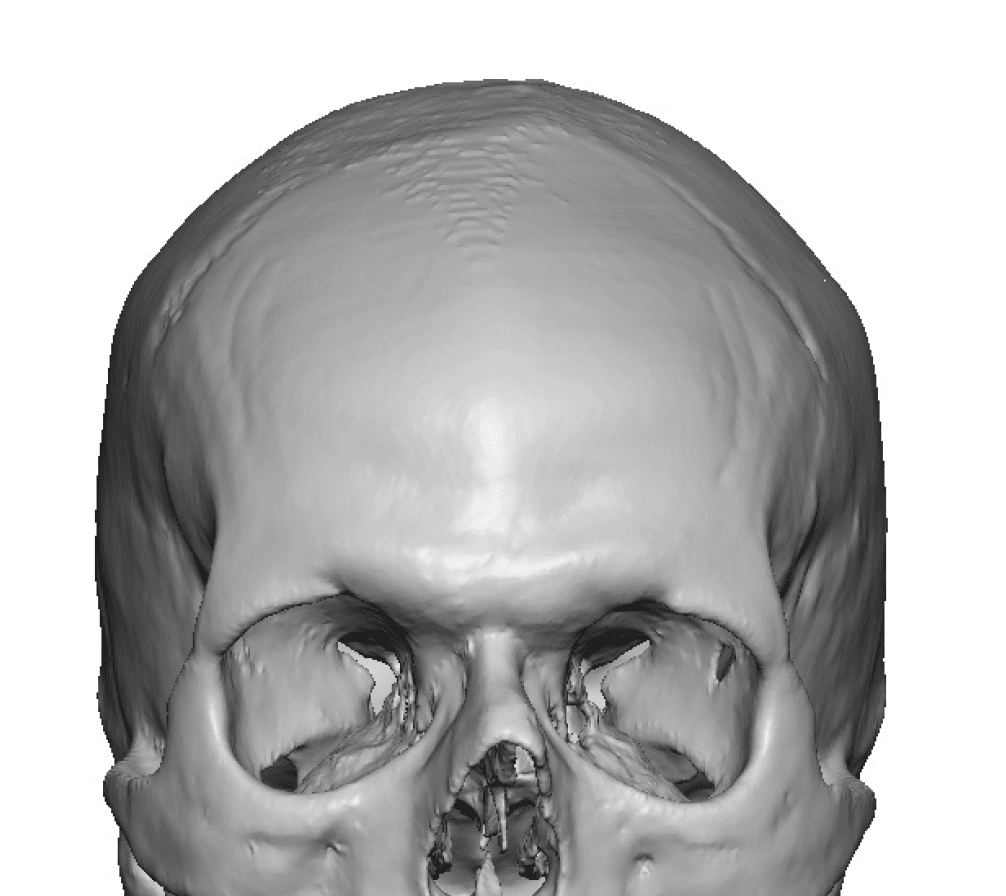
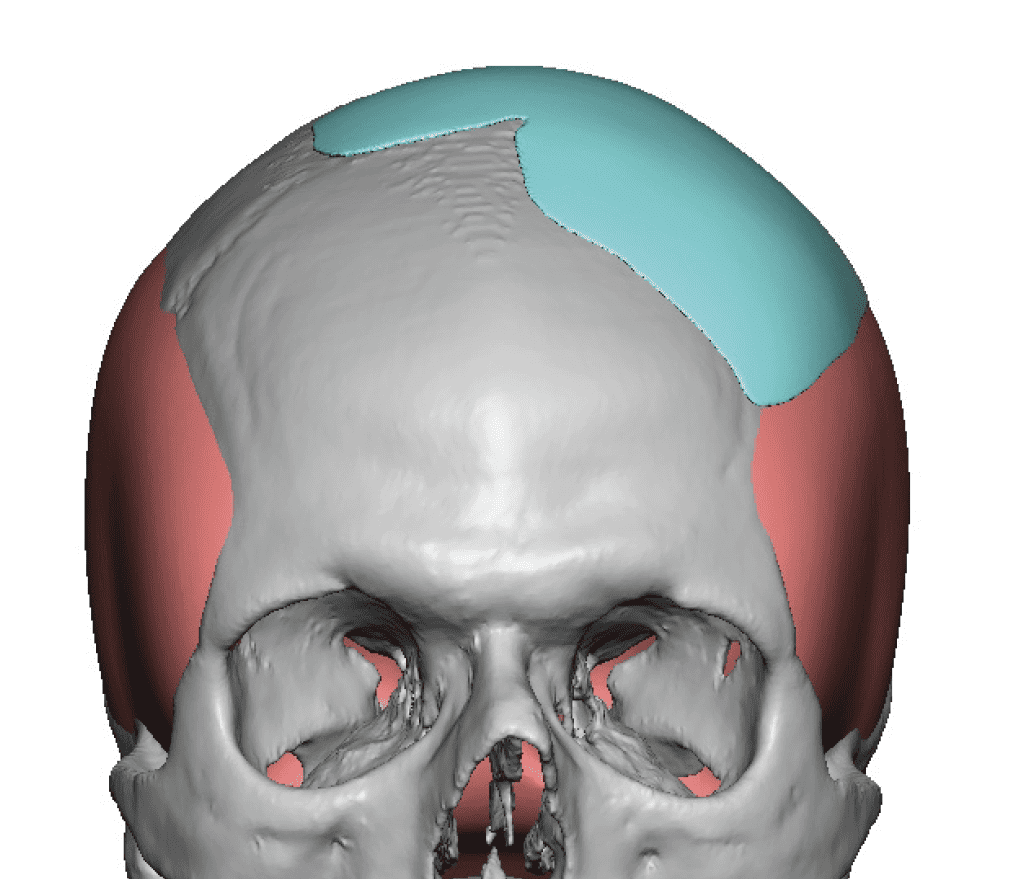
Desire for correction of top of head asymmetry.
Placement of a left parasagittal-temporal; custom skull implant for head symmetry improvement. Six months later the scalp scar was barely detectable.


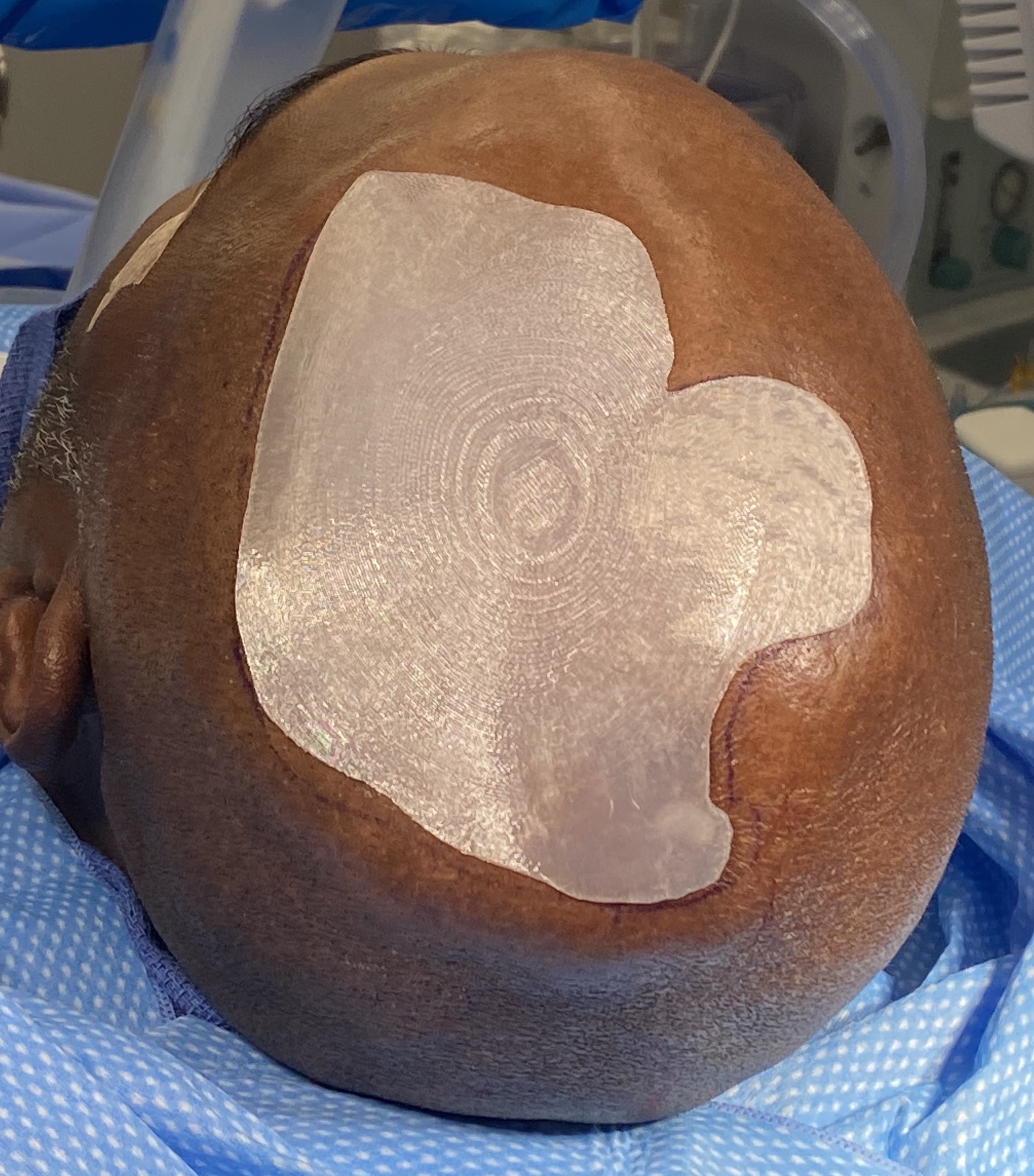
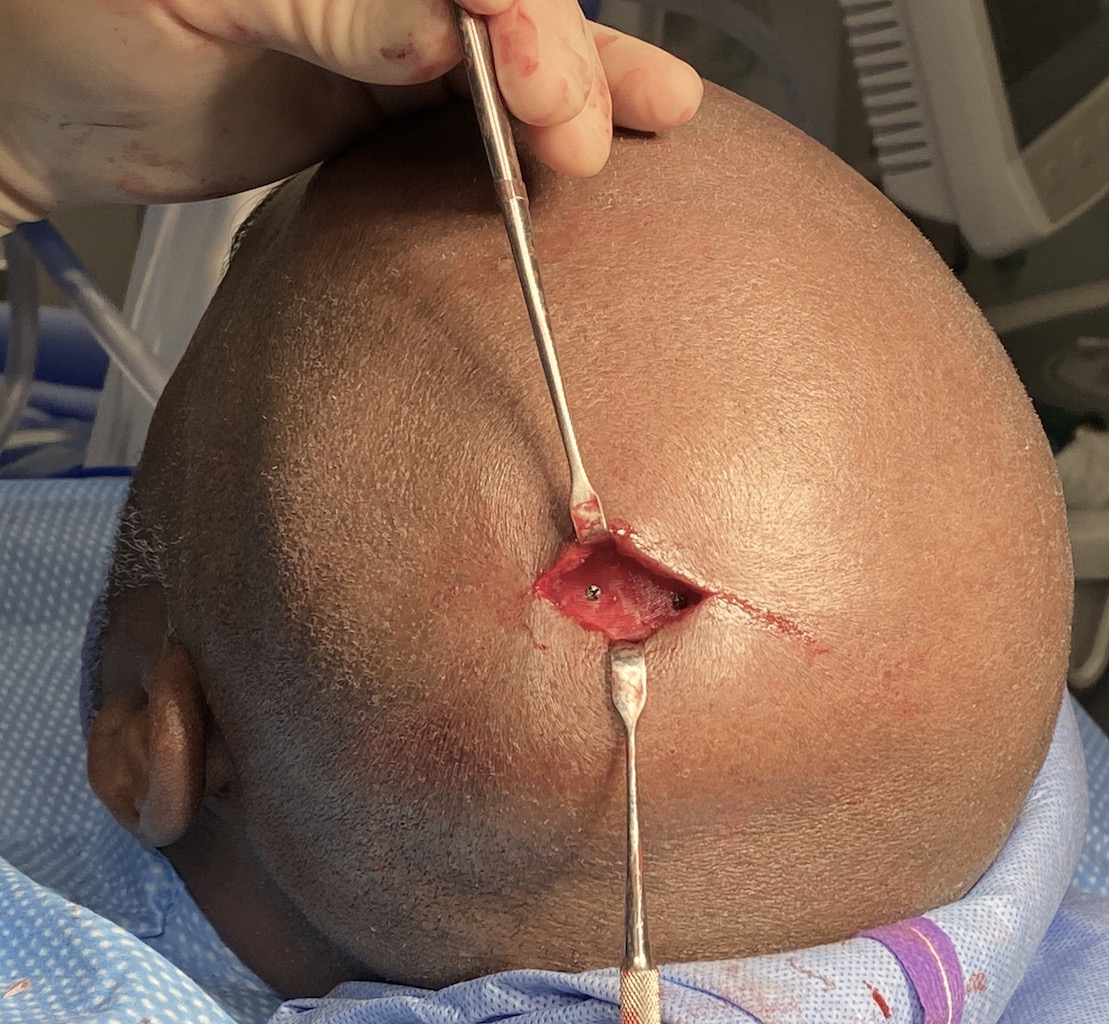
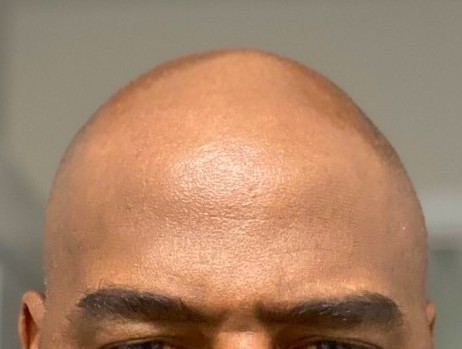
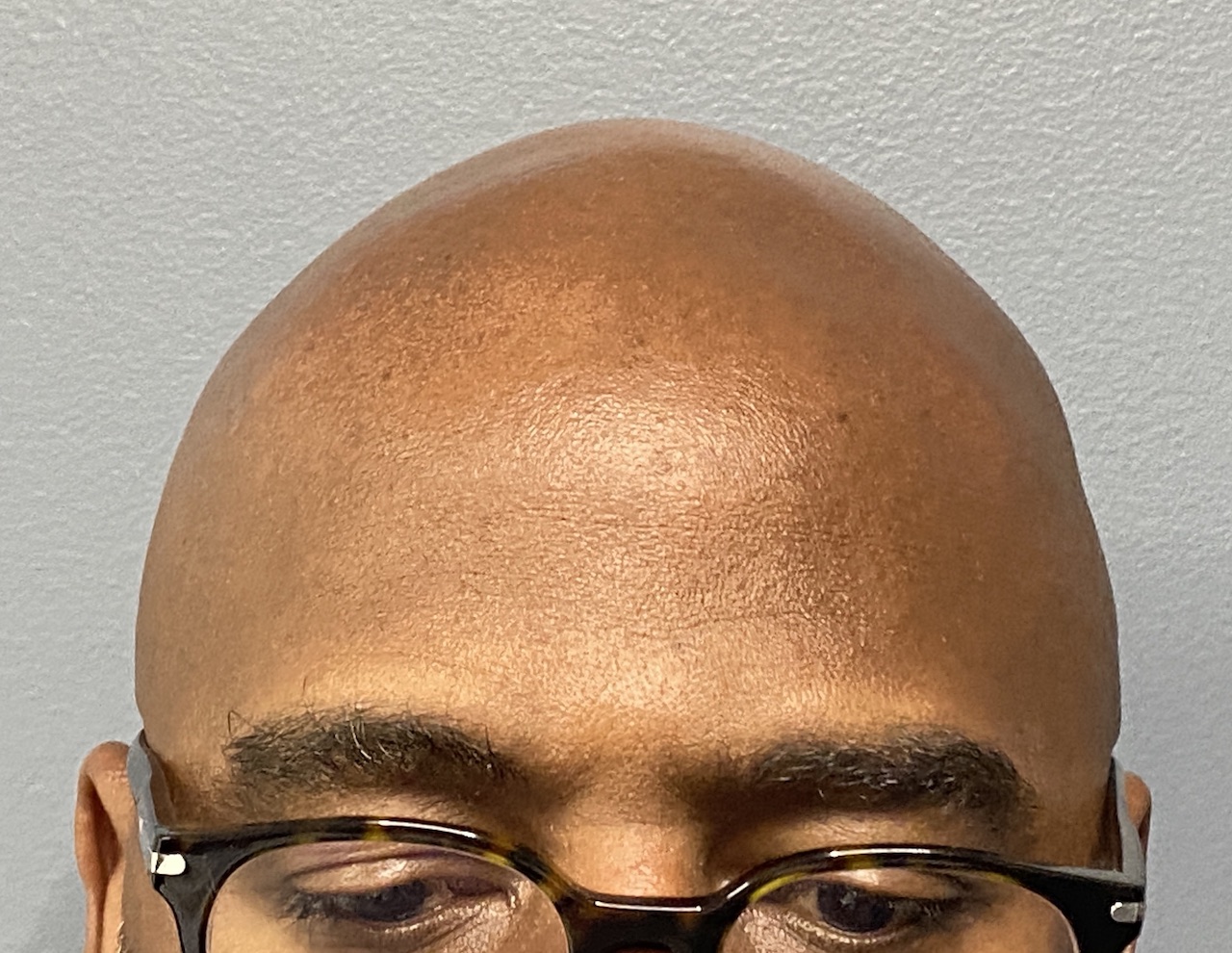
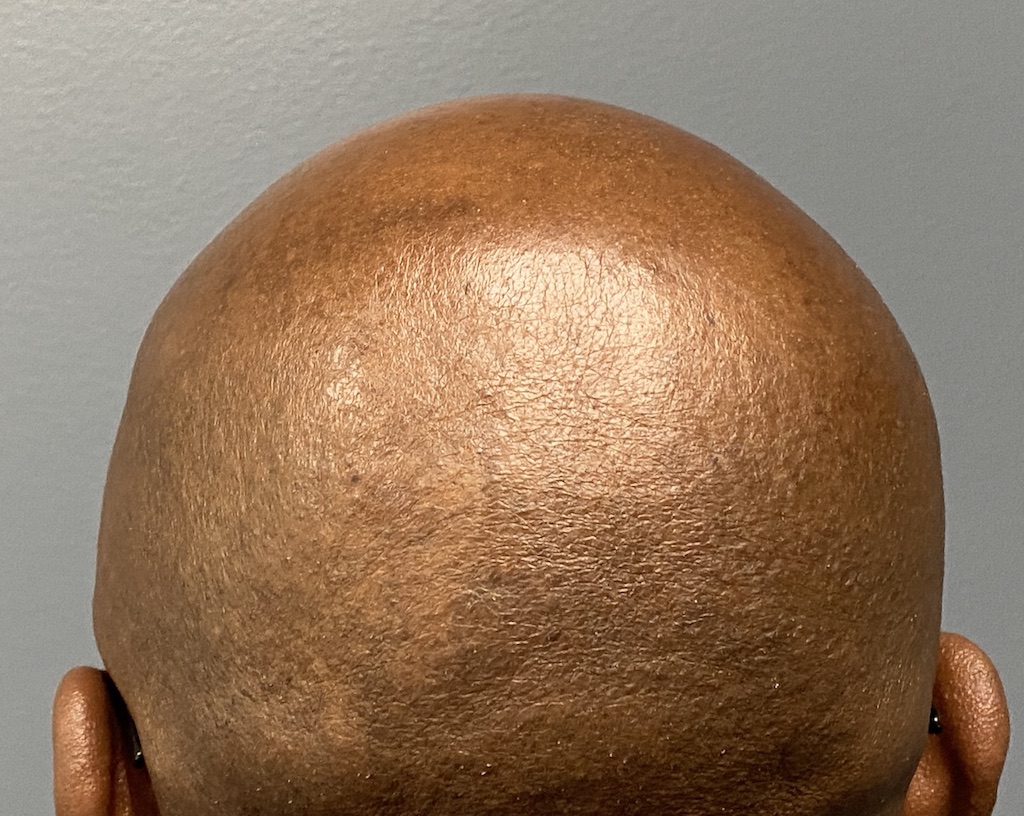
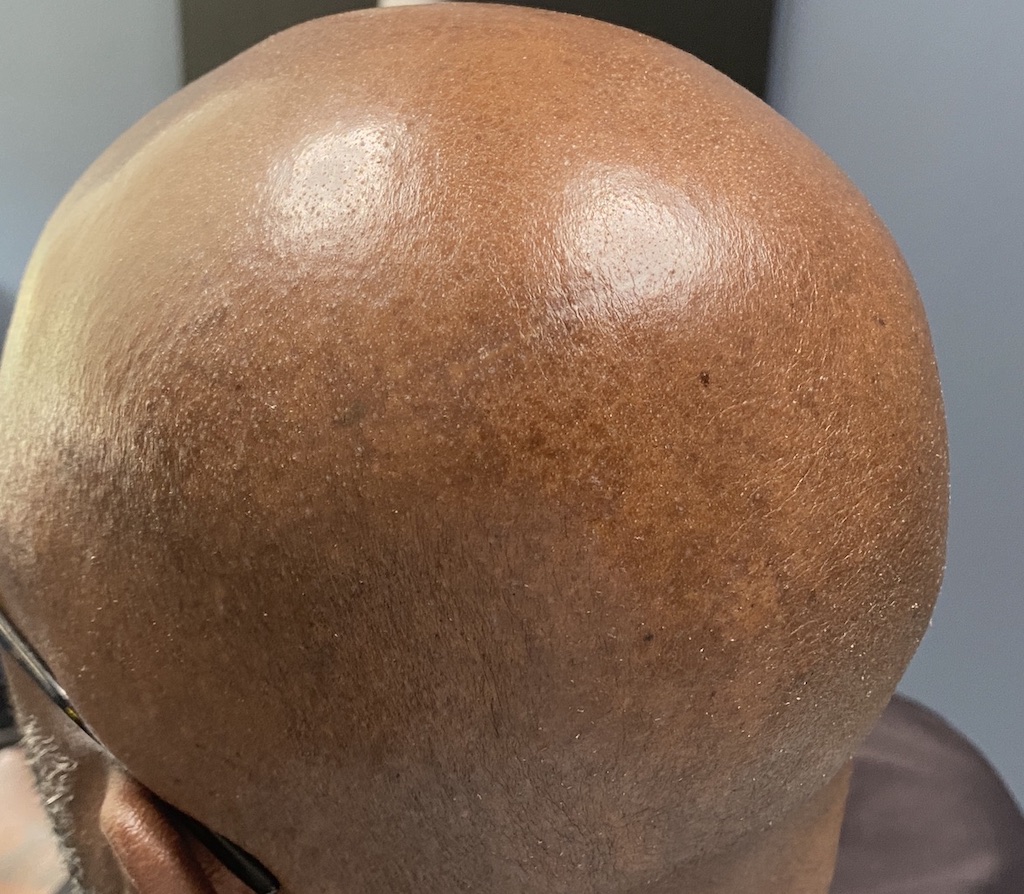
Desire for correction of top of head asymmetry.
Placement of a left parasagittal-temporal; custom skull implant for head symmetry improvement. Six months later the scalp scar was barely detectable.
Patient 138
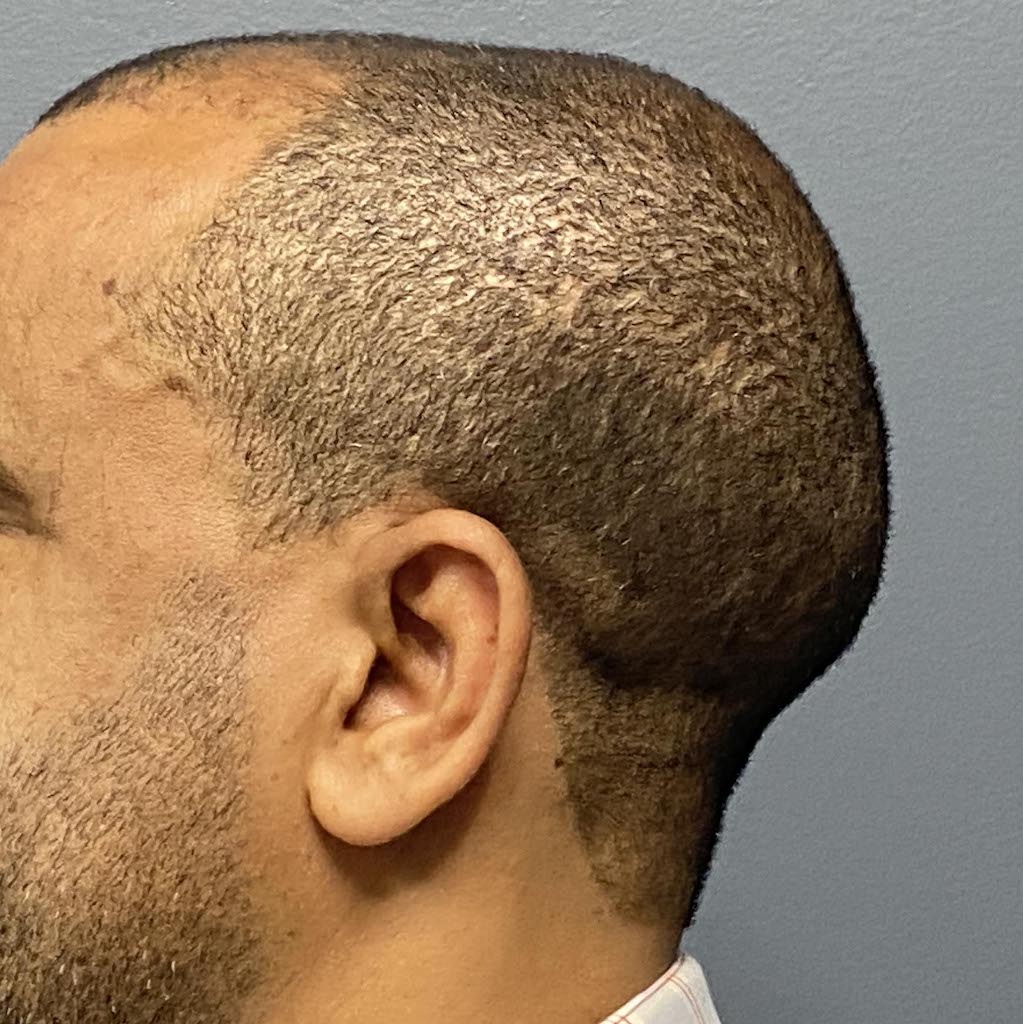
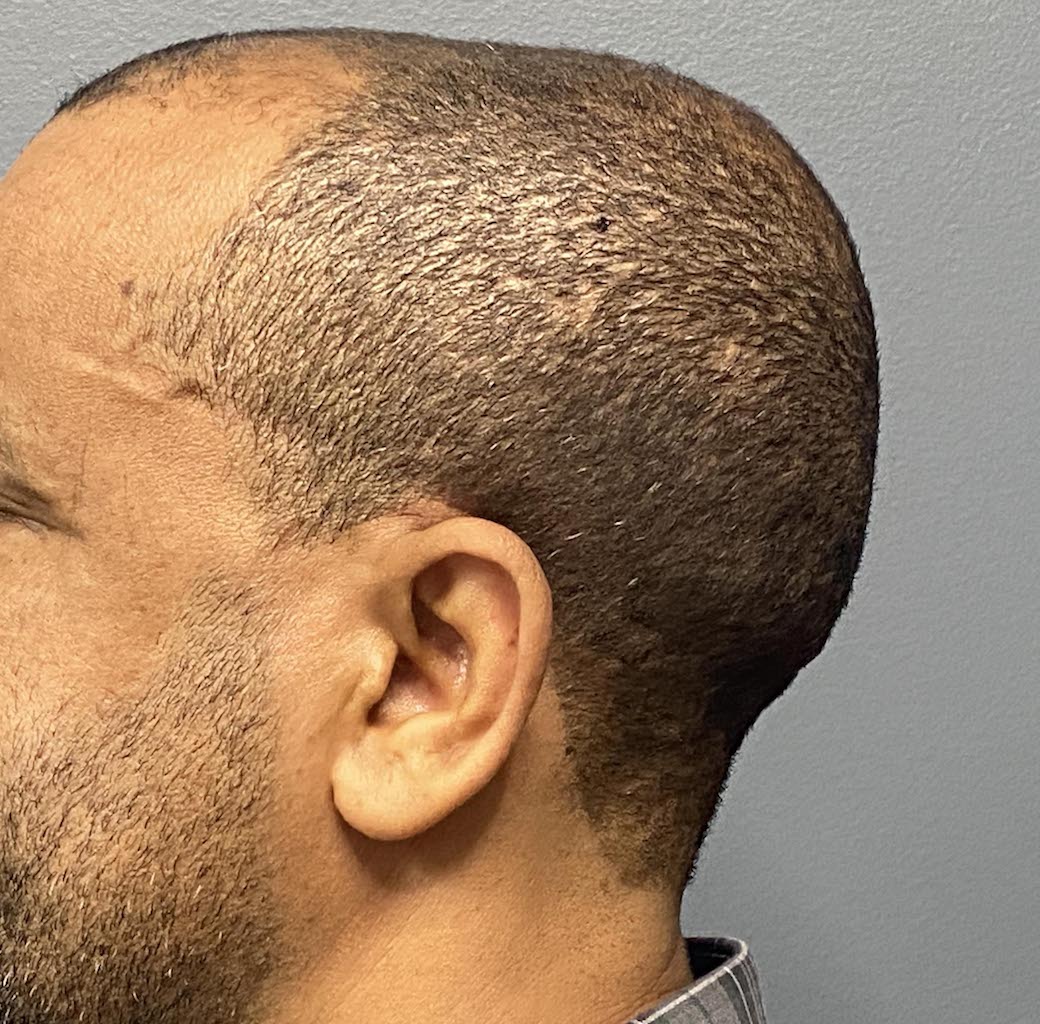
Congenitally large occipital bone projection that he desired to be reduced.
Outer cortical bone removal from the occipital bone to reduce its projection through a low horizontal scalp incision of 7 cms.


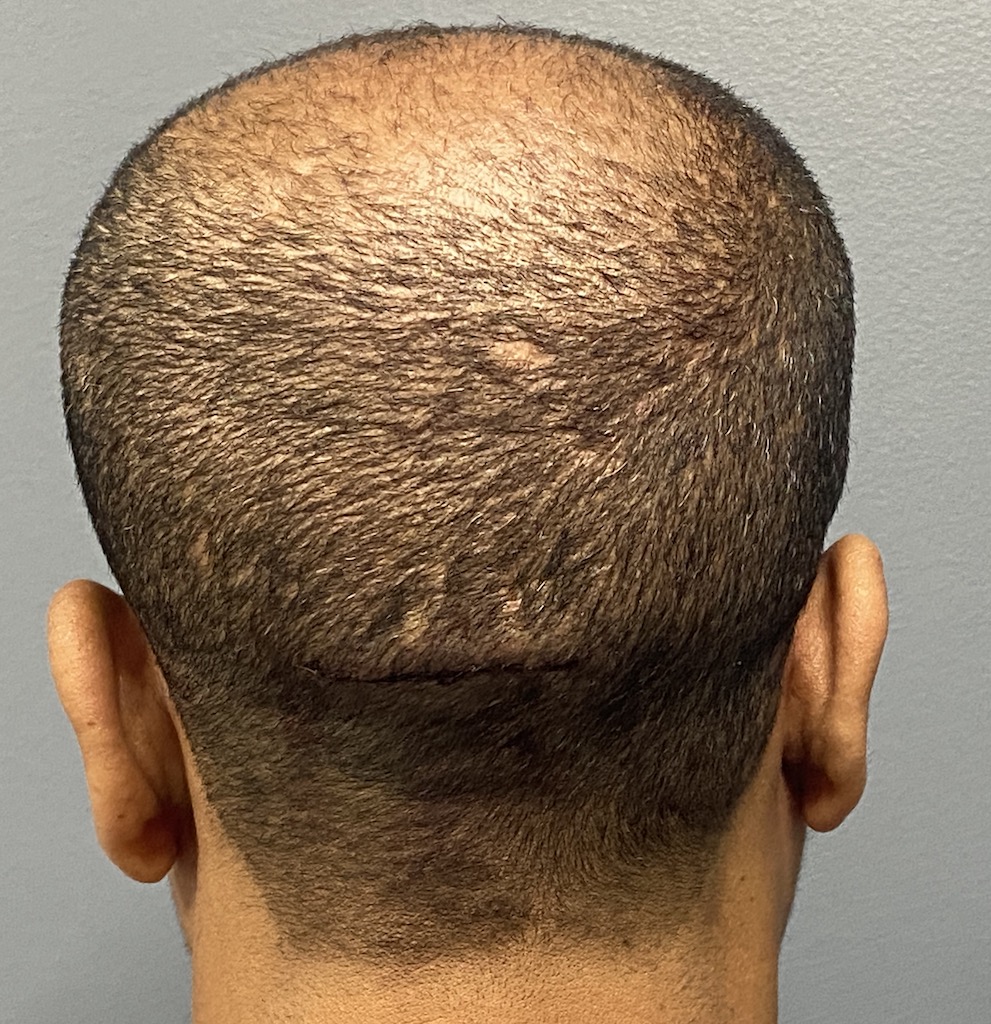
Congenitally large occipital bone projection that he desired to be reduced.
Outer cortical bone removal from the occipital bone to reduce its projection through a low horizontal scalp incision of 7 cms.
Patient 139
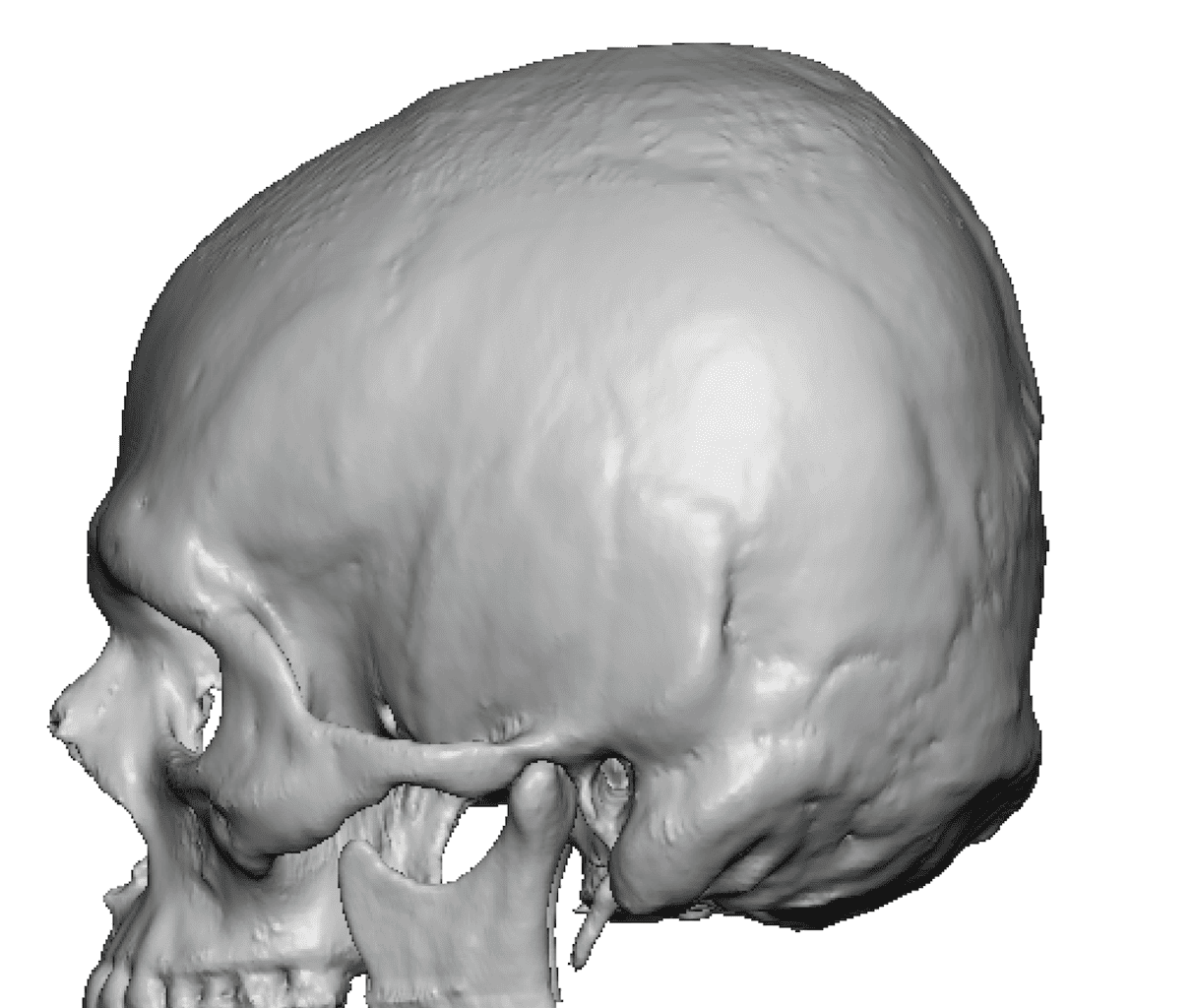
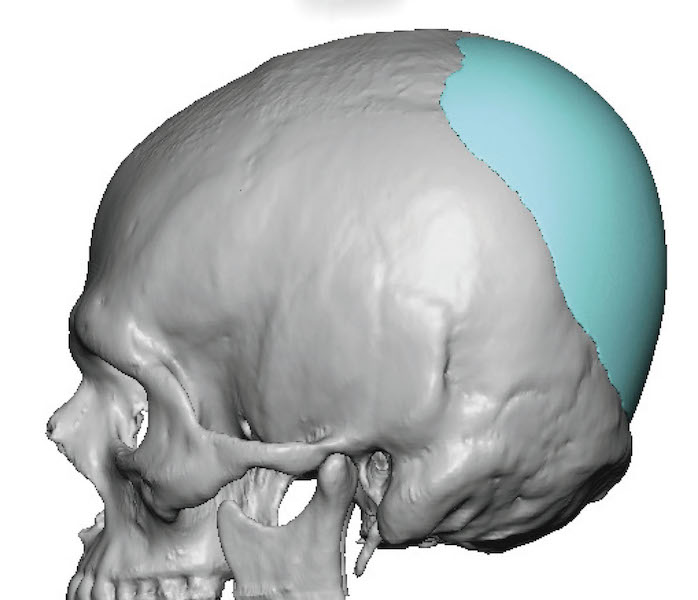
Desire to improve the flat back of his head shape which had bothered him for many years.
Placement of custom skull implant (100ccs) to round out the back of his head.


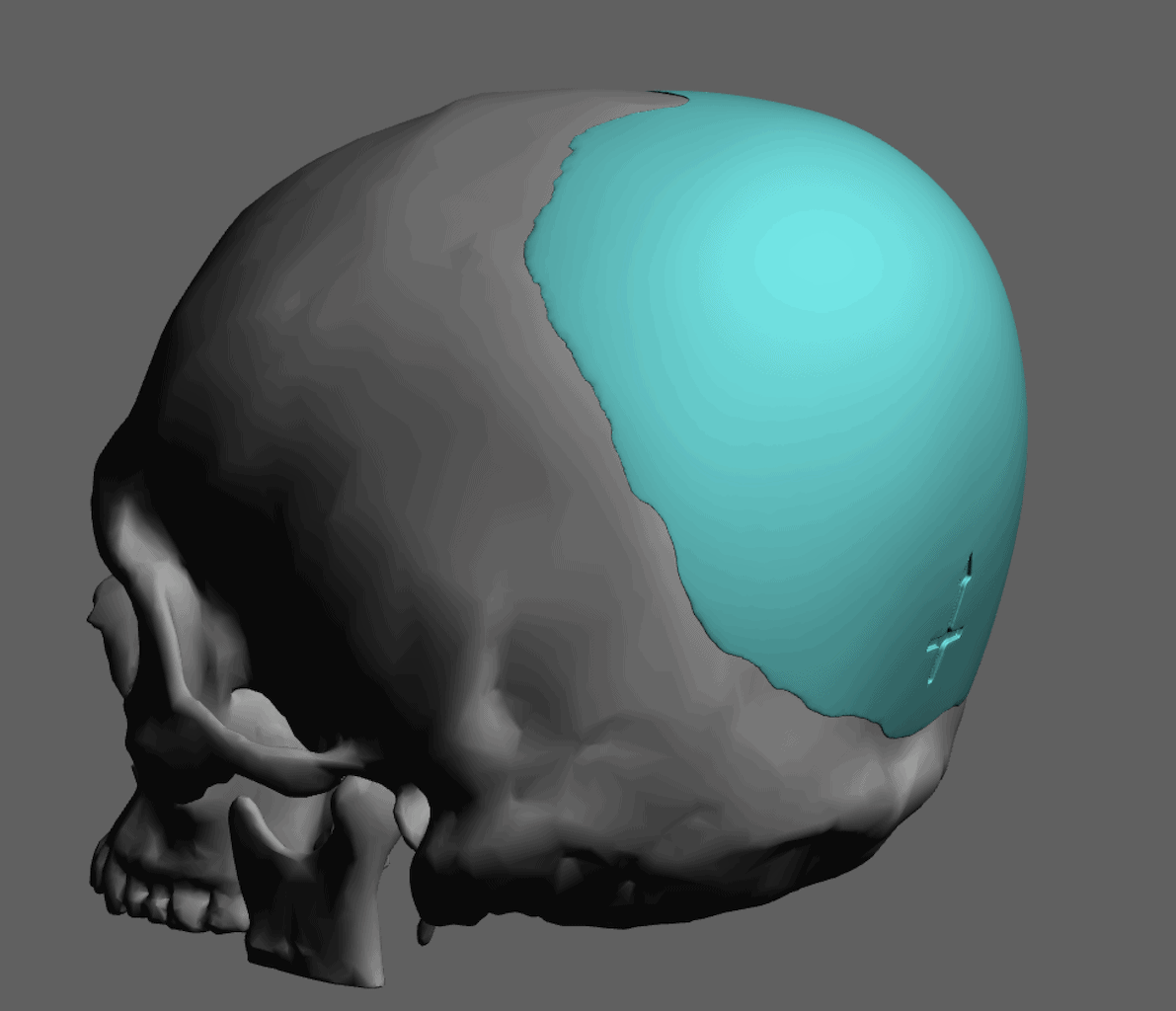
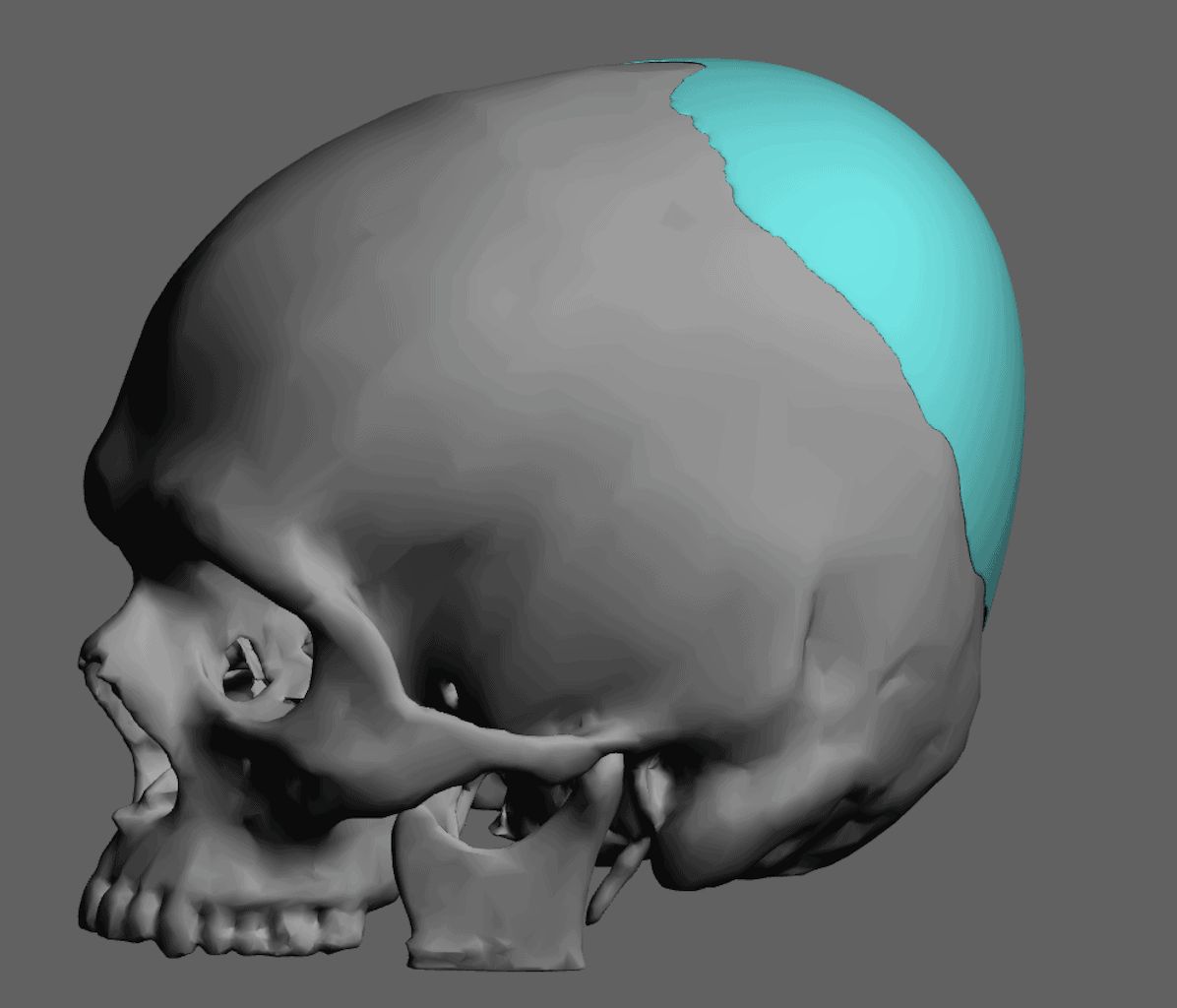
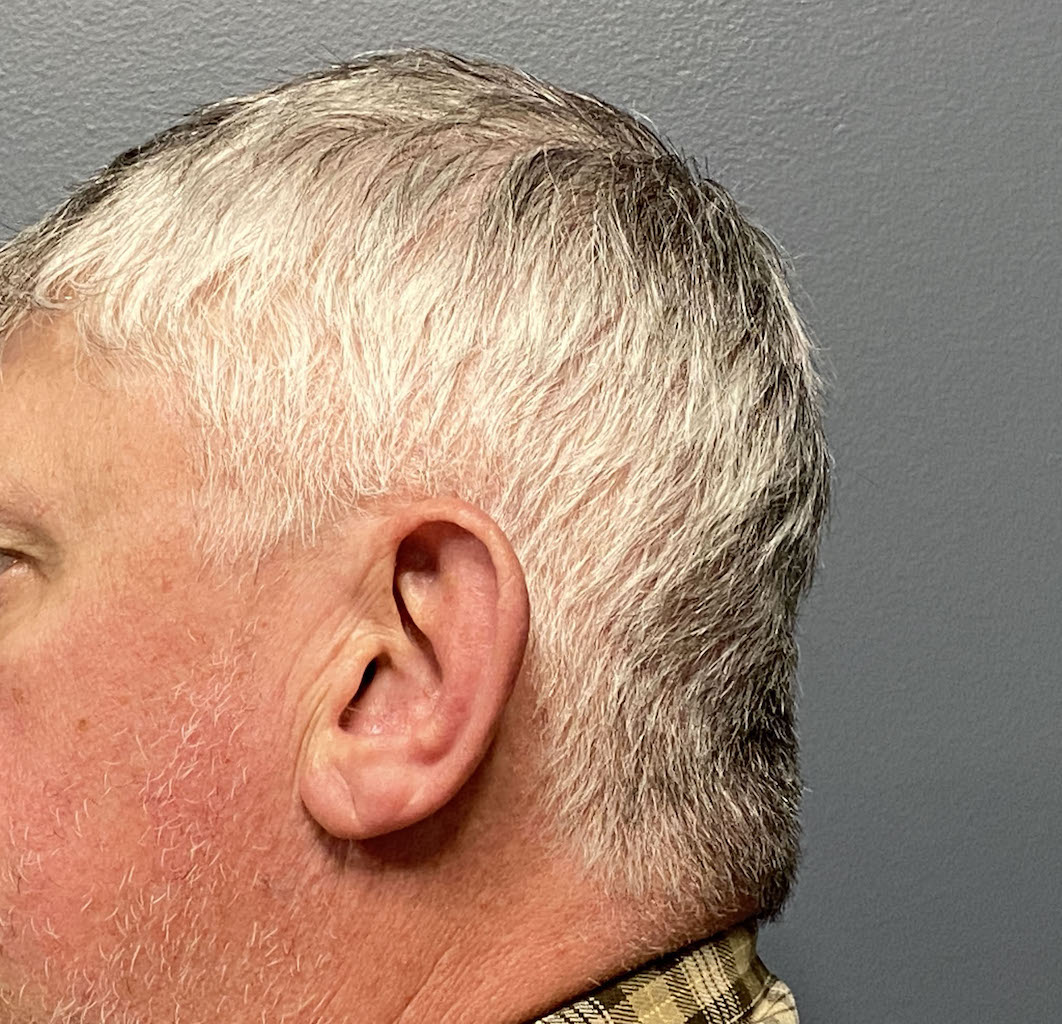
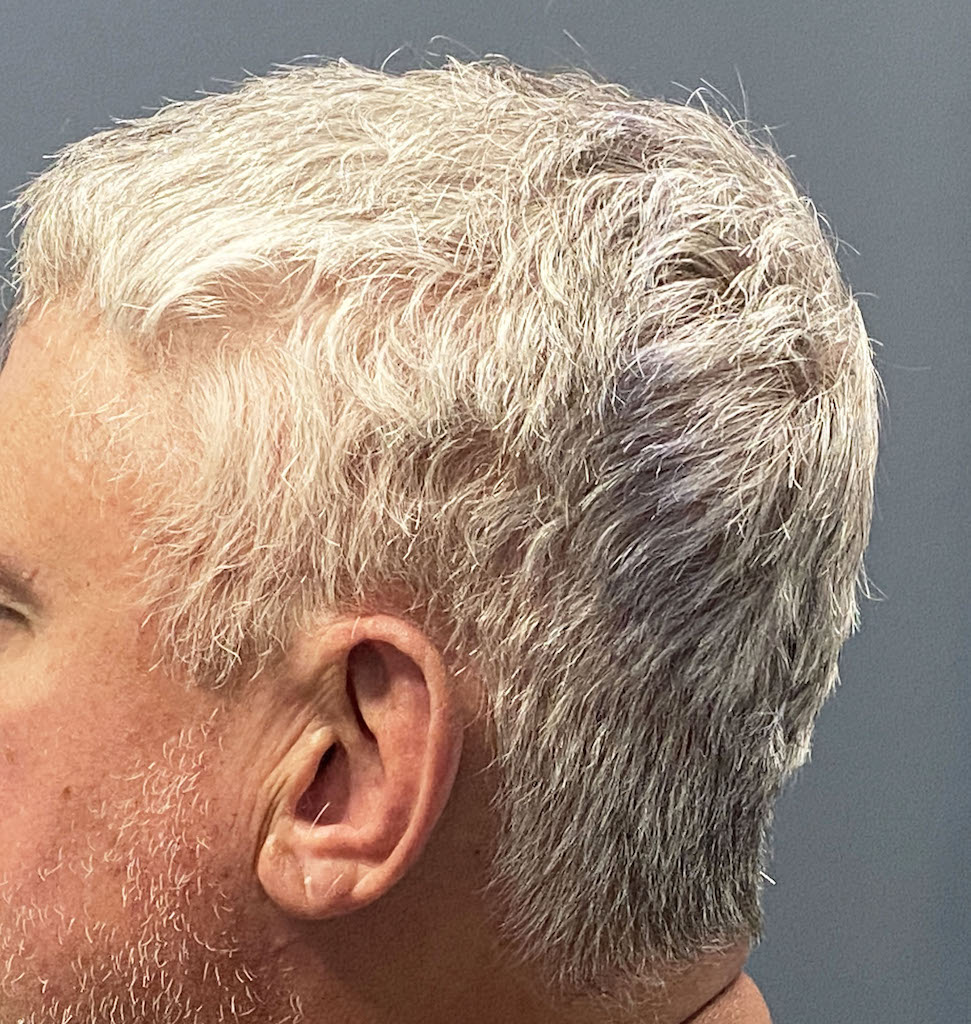
Desire to improve the flat back of his head shape which had bothered him for many years.
Placement of custom skull implant (100ccs) to round out the back of his head.
Patient 140
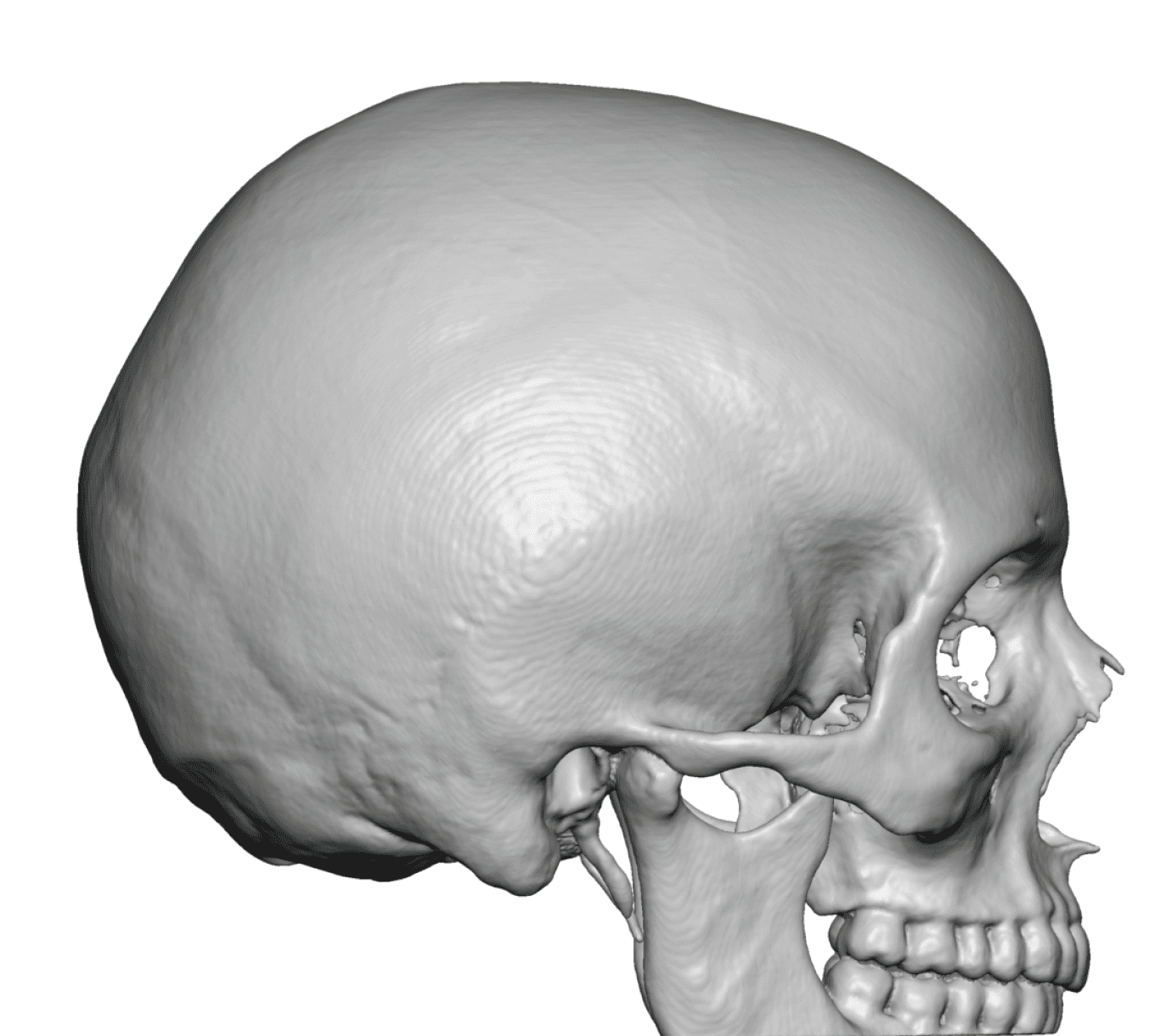
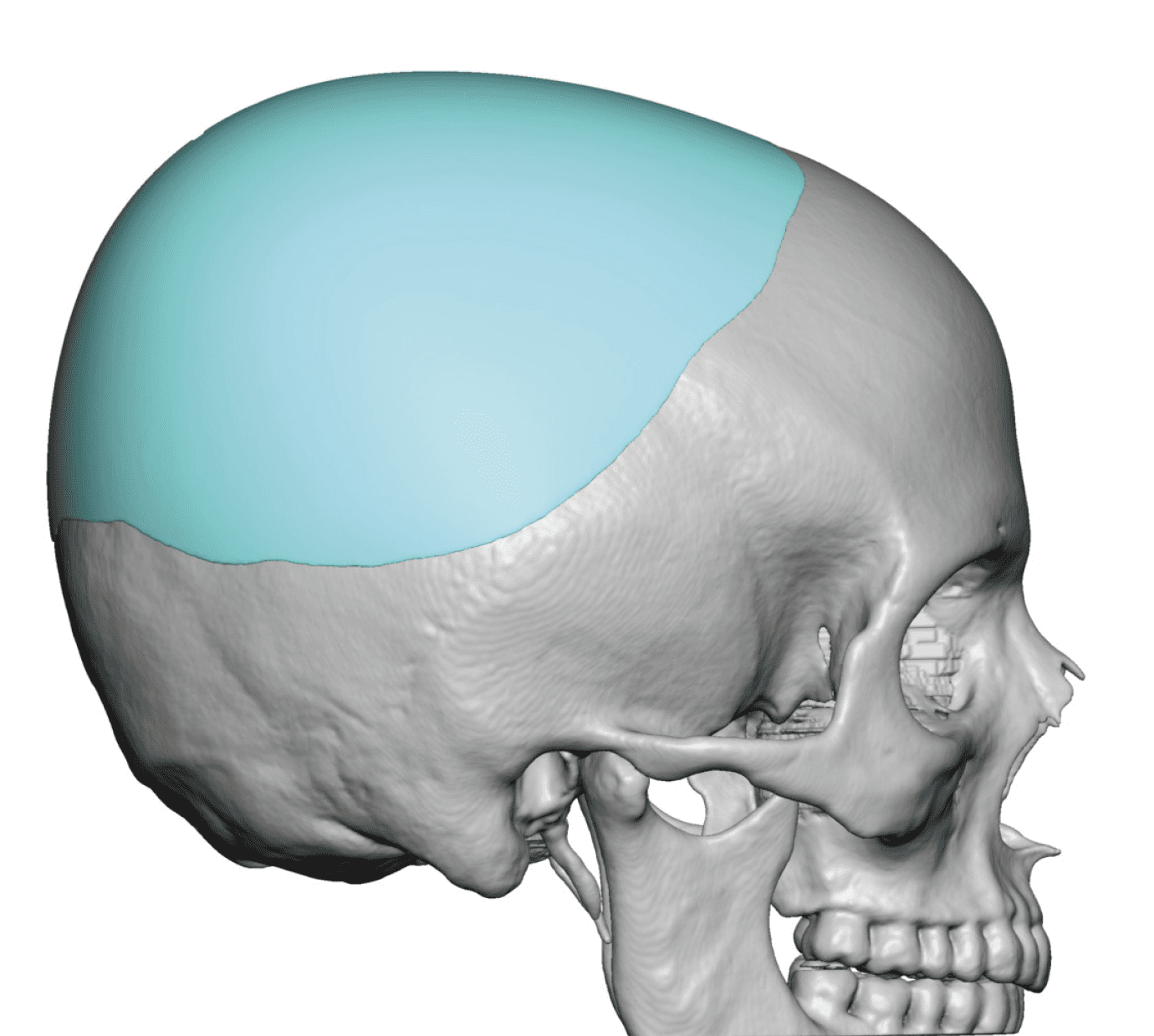
Desire for crown/top of head augmentation which is common for females.
Placement of custom skull implant for crown augmentation.


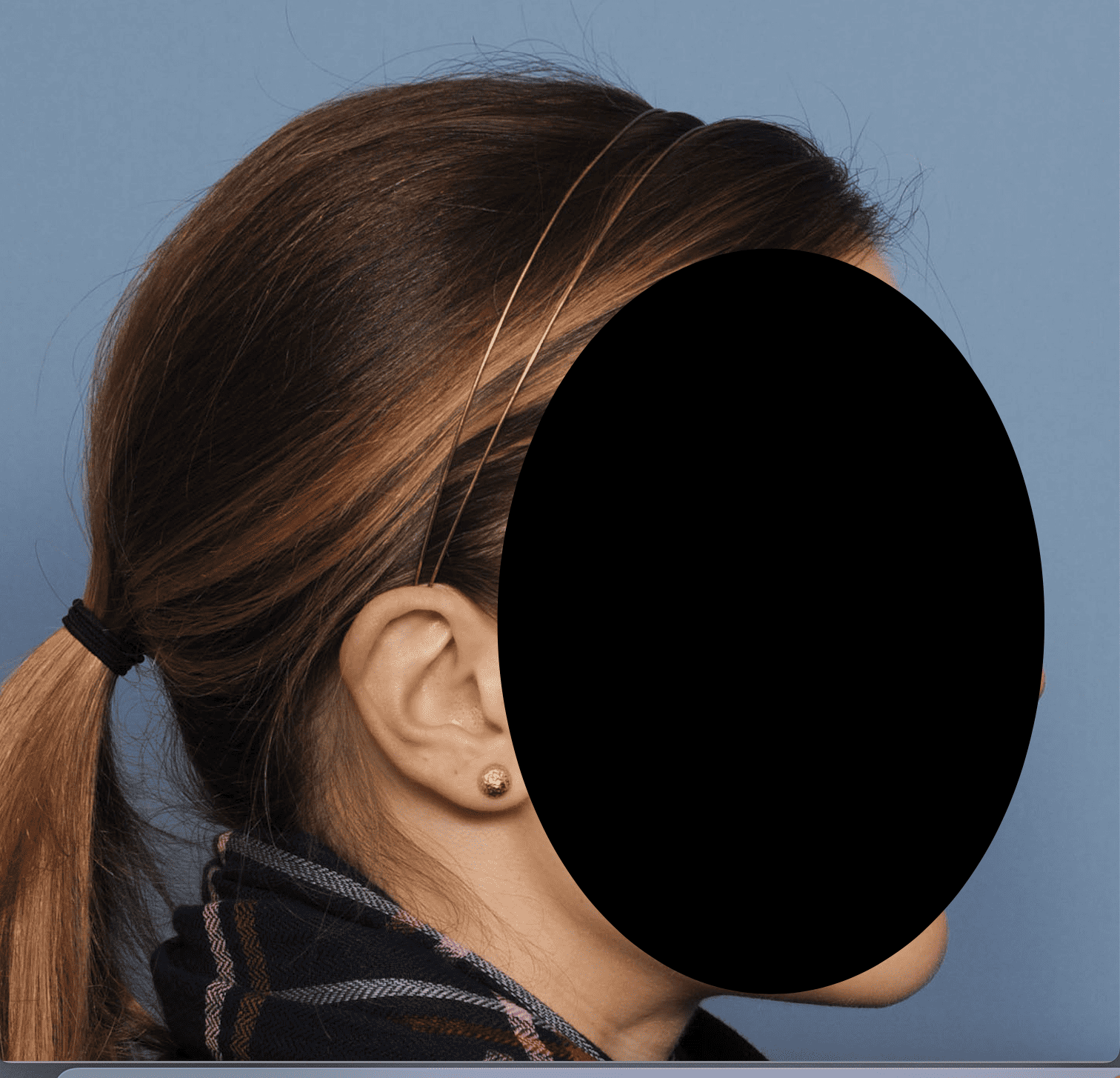
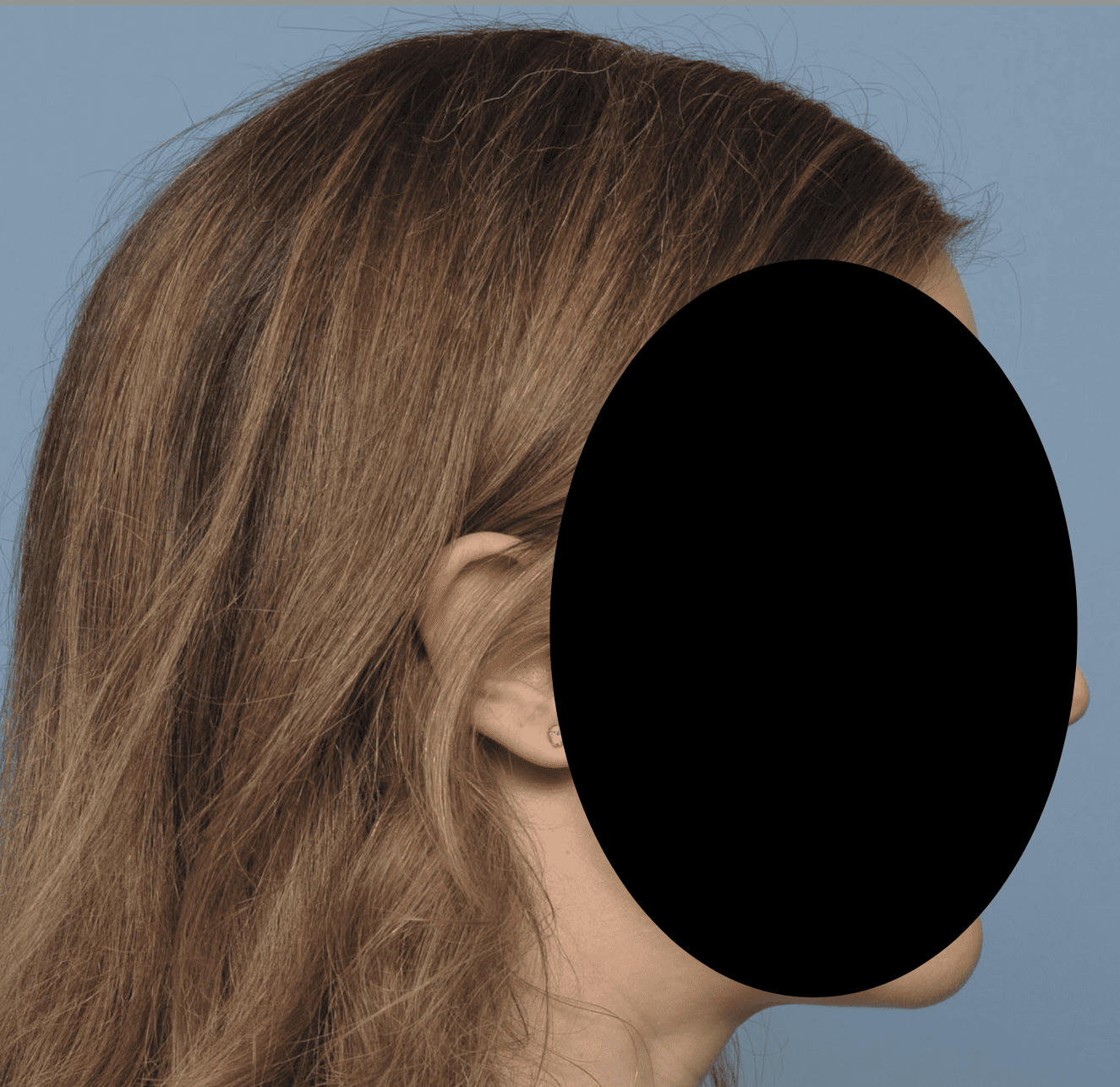
Desire for crown/top of head augmentation which is common for females.
Placement of custom skull implant for crown augmentation.
Patient 141
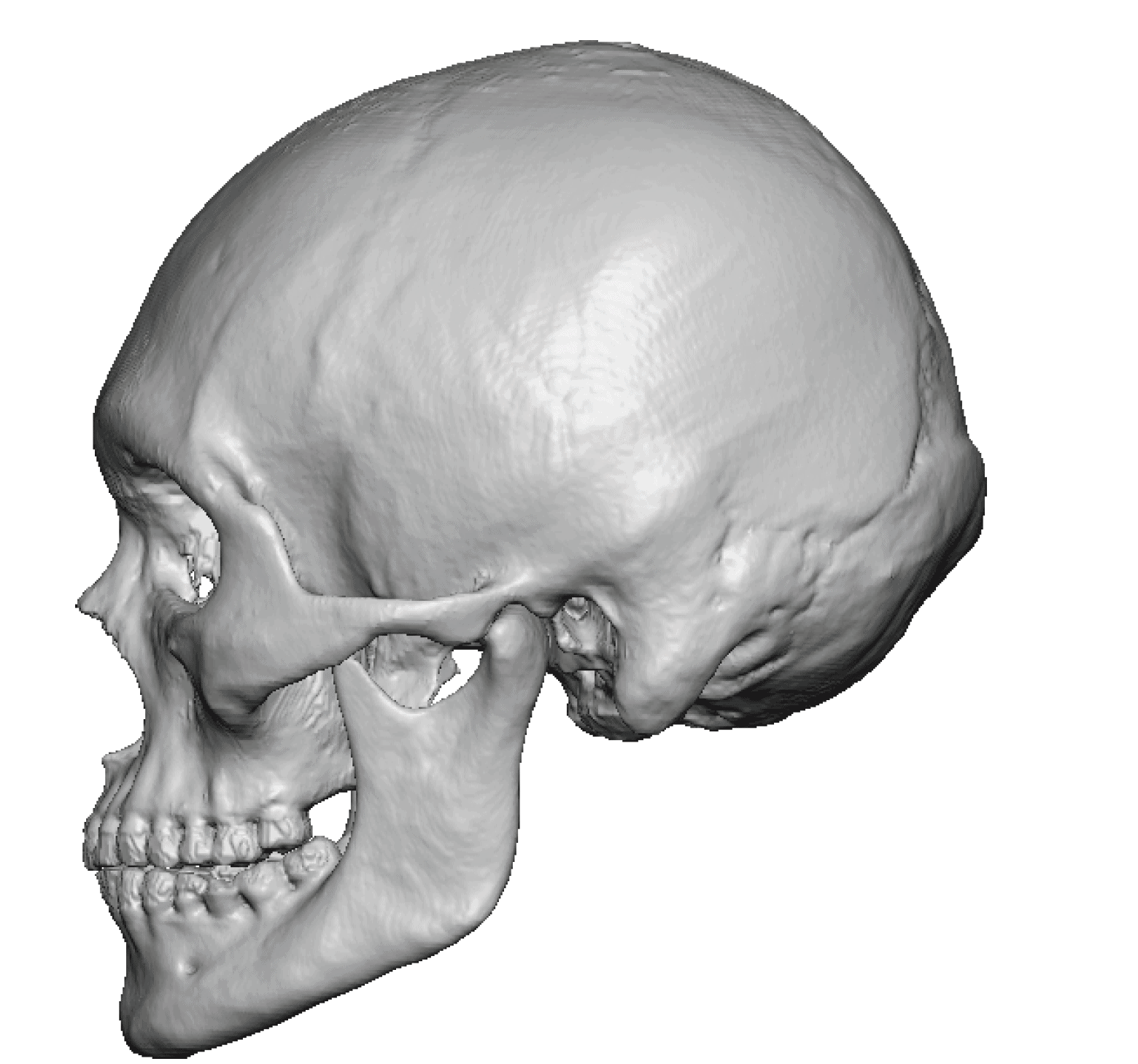
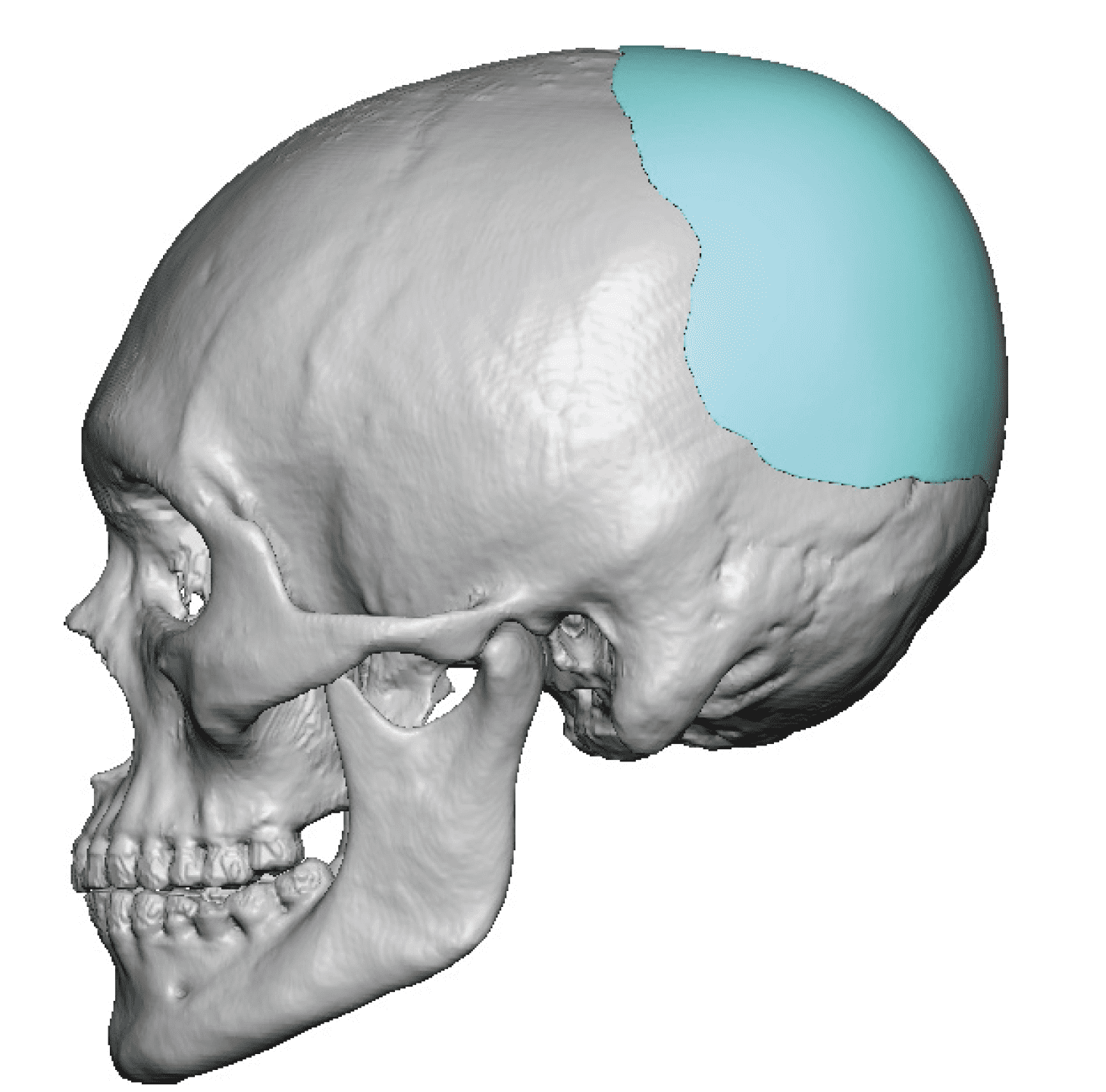
Desire for correction of a flat upper back of his head.
Placement of custom back of head skull implant through a small zigzag scalp incision. Seen one day postop after head dressing and drain removal.


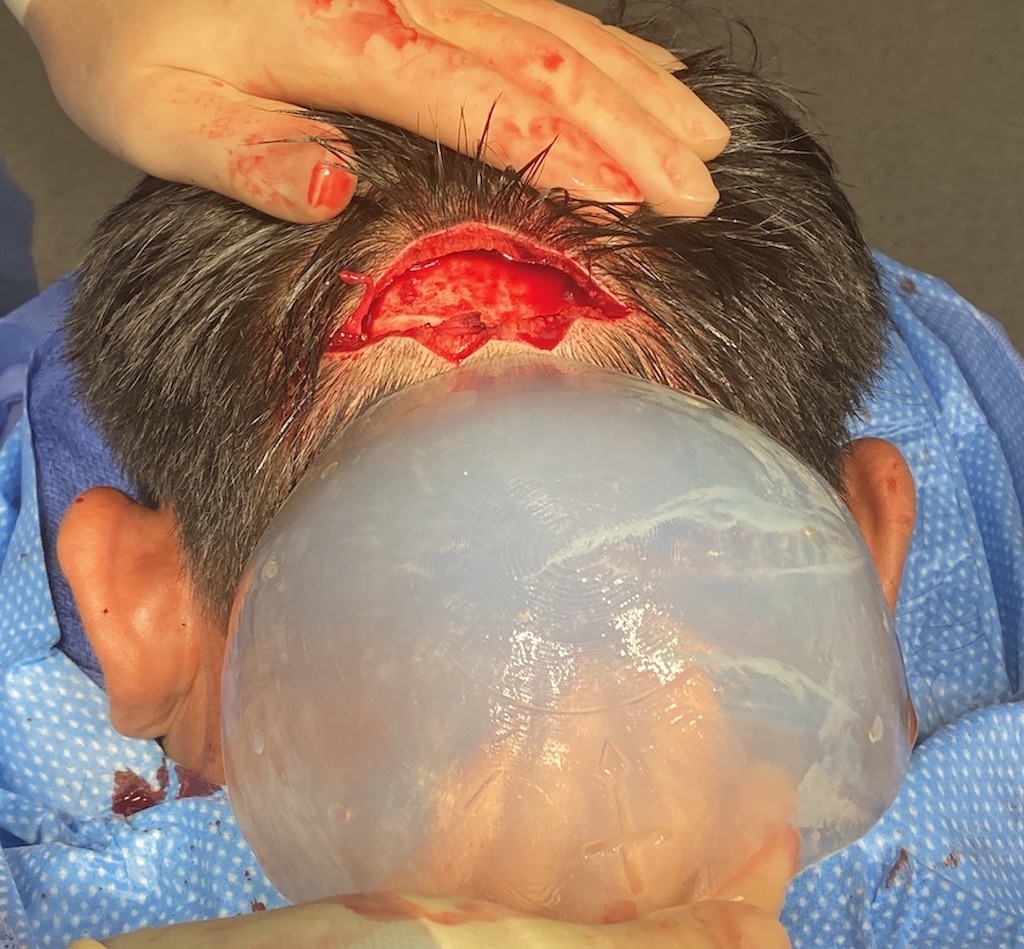
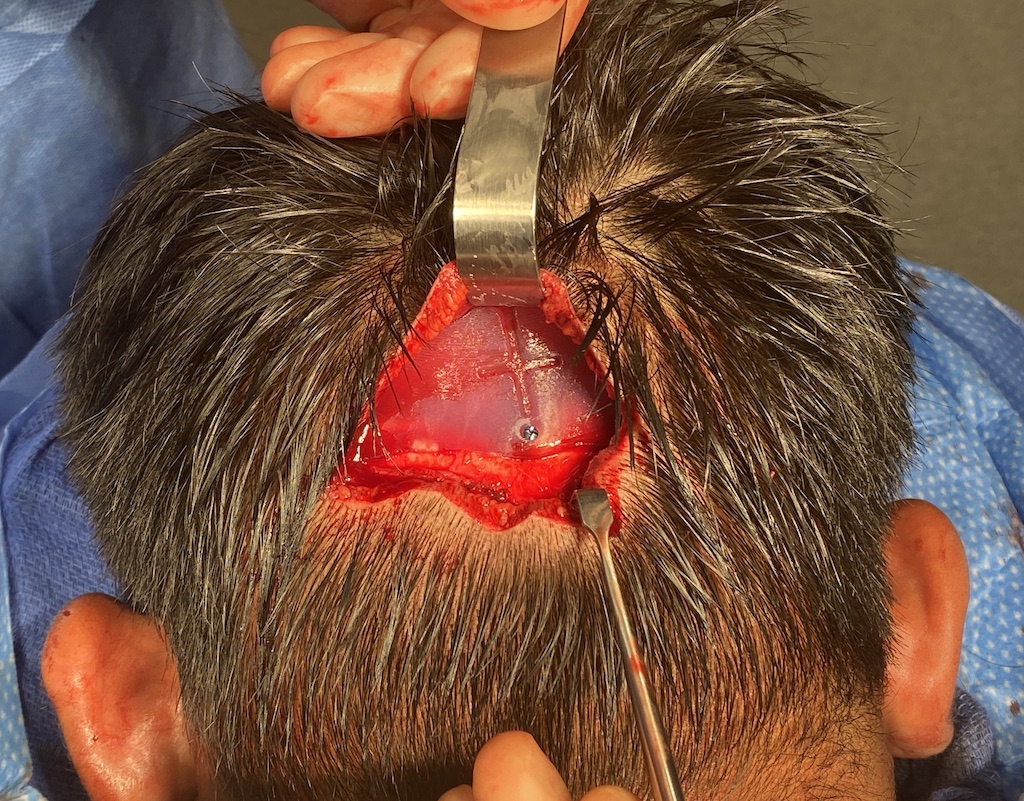
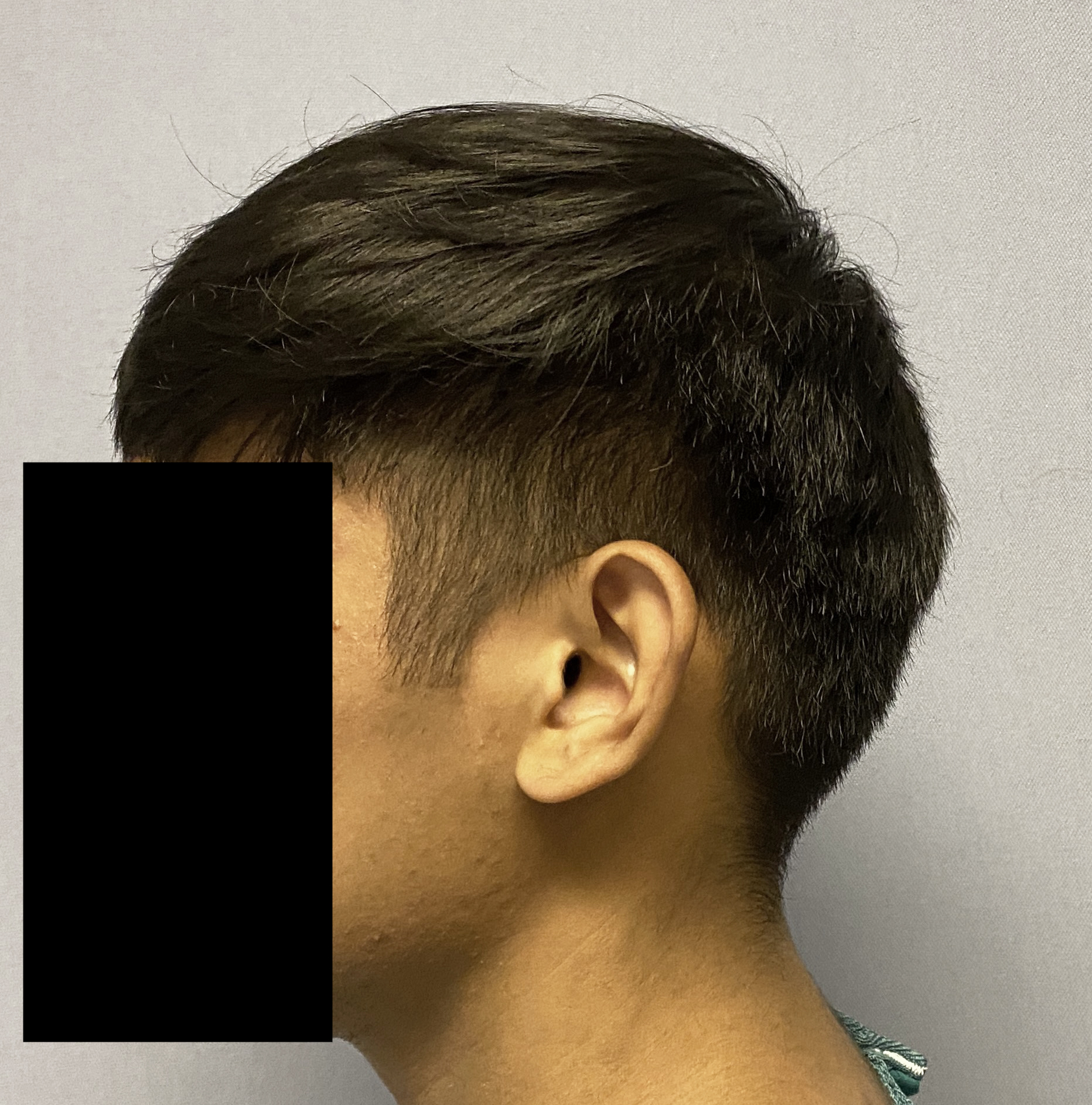
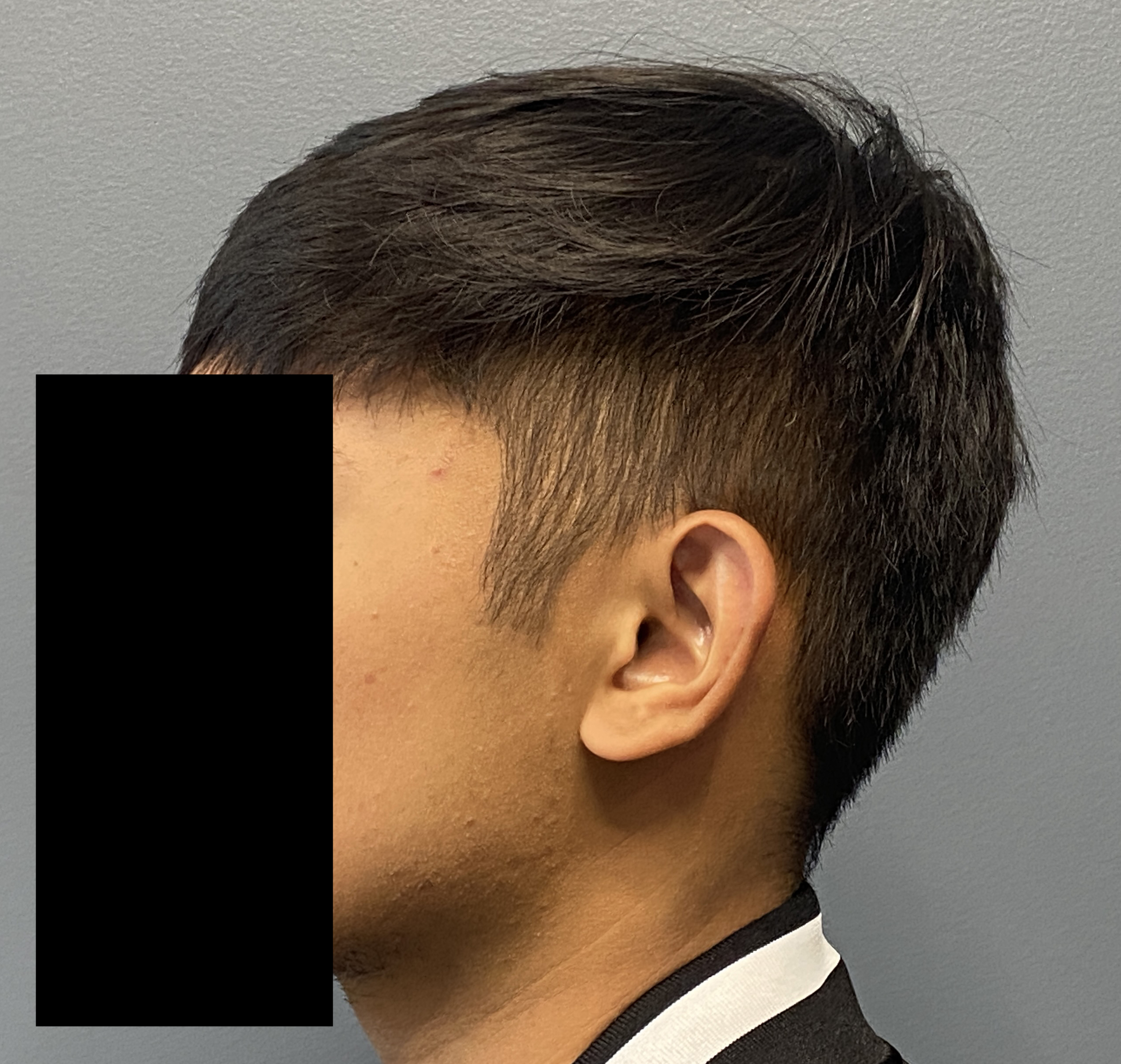
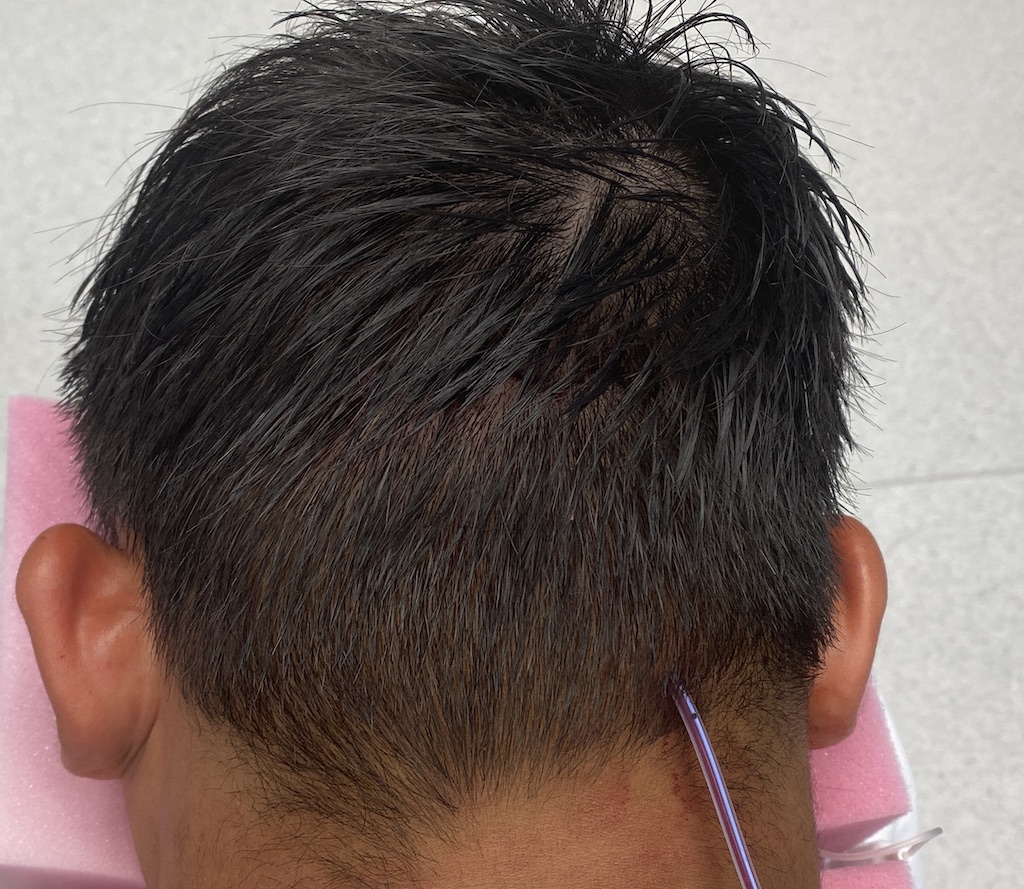
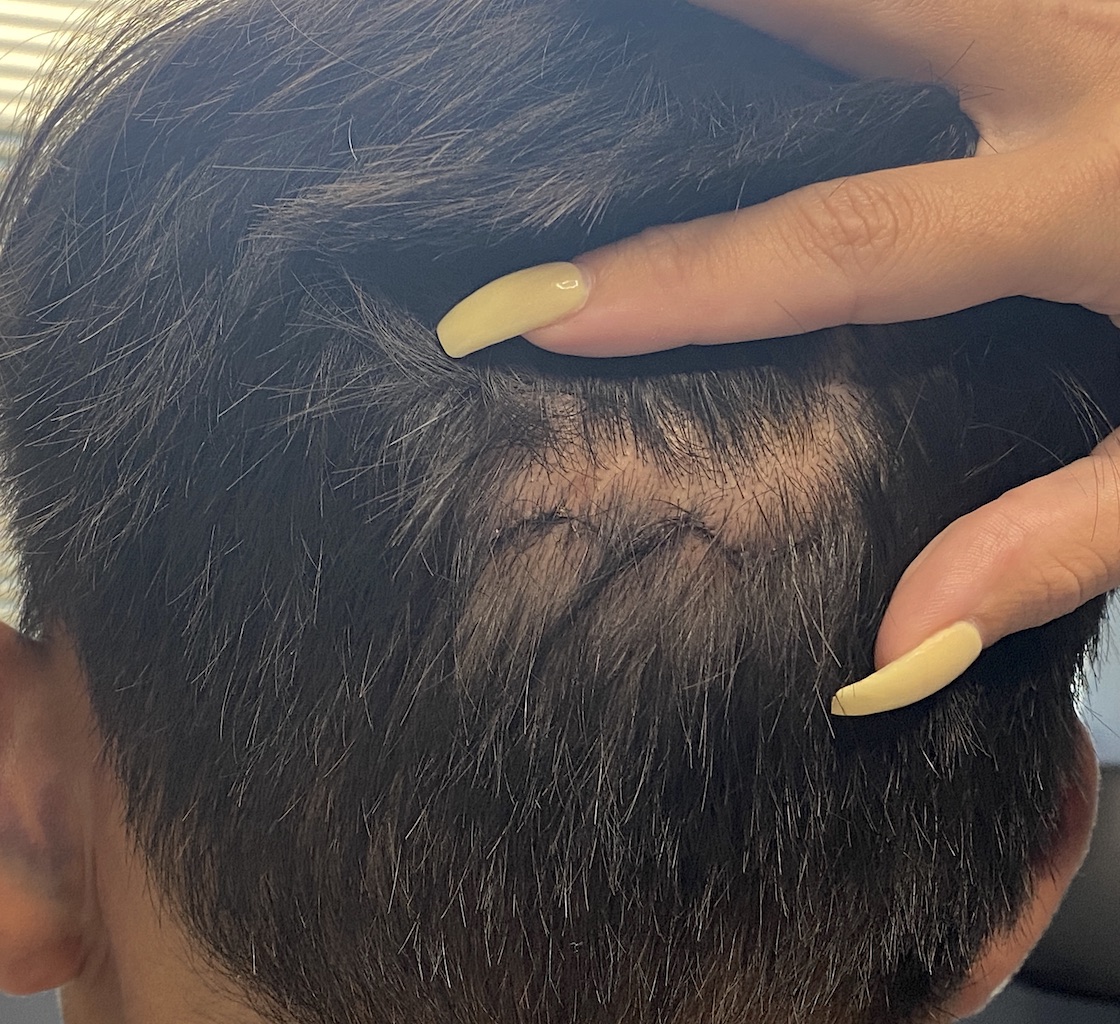
Desire for correction of a flat upper back of his head.
Placement of custom back of head skull implant through a small zigzag scalp incision. Seen one day postop after head dressing and drain removal.
Patient 142
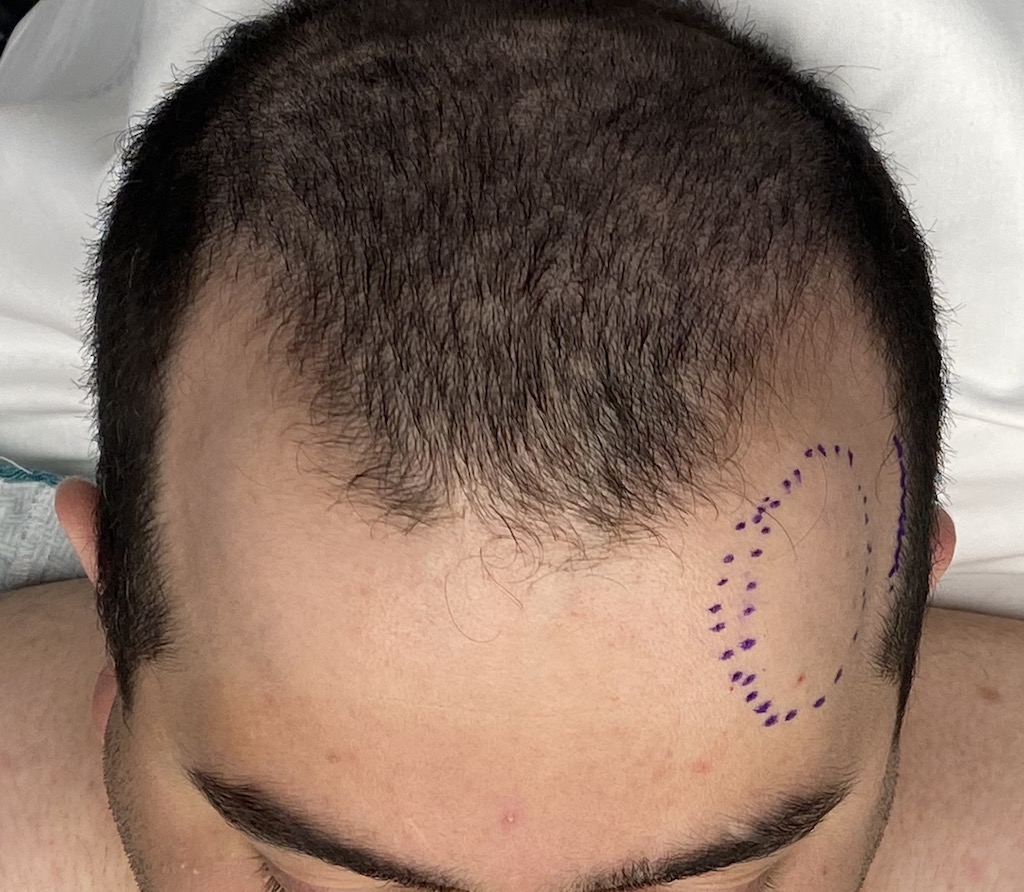
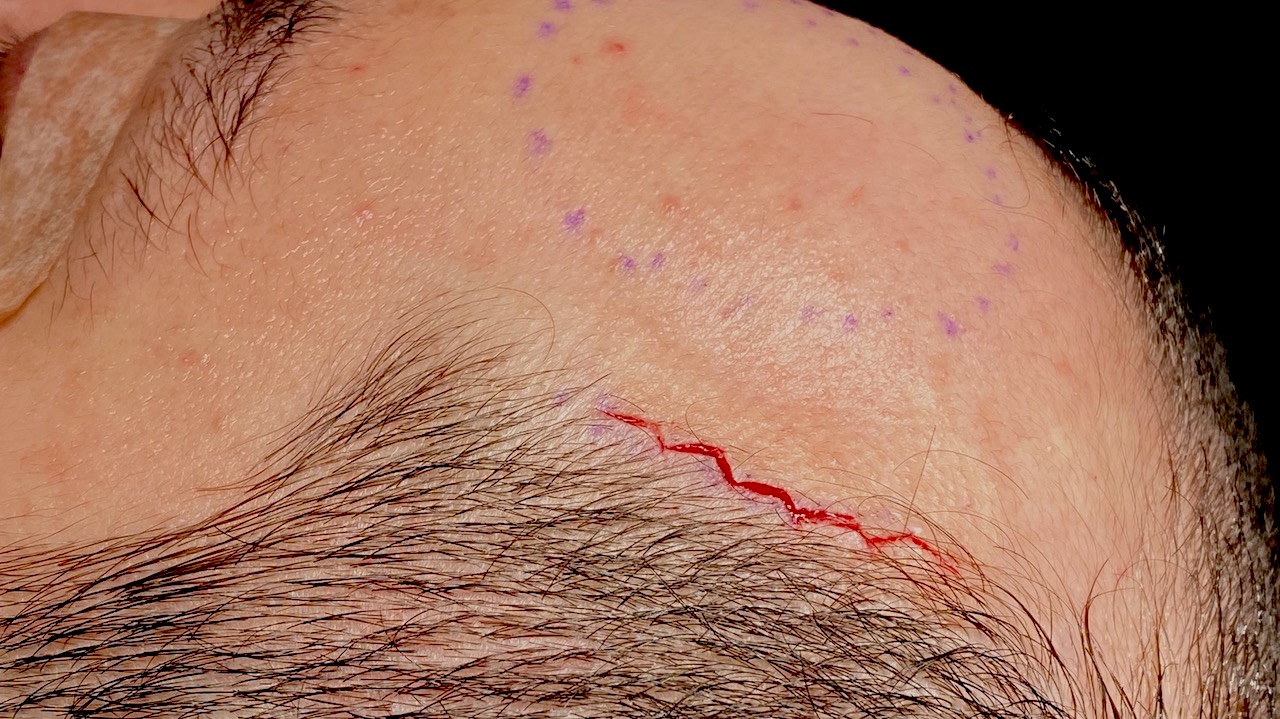
Desire to reduce bilateral forehead bony prominences
Reduction of bilateral forehead prominences through temporal hairline incisions with no visible scarring afterwards. (left burring reduction, right rasping reduction)


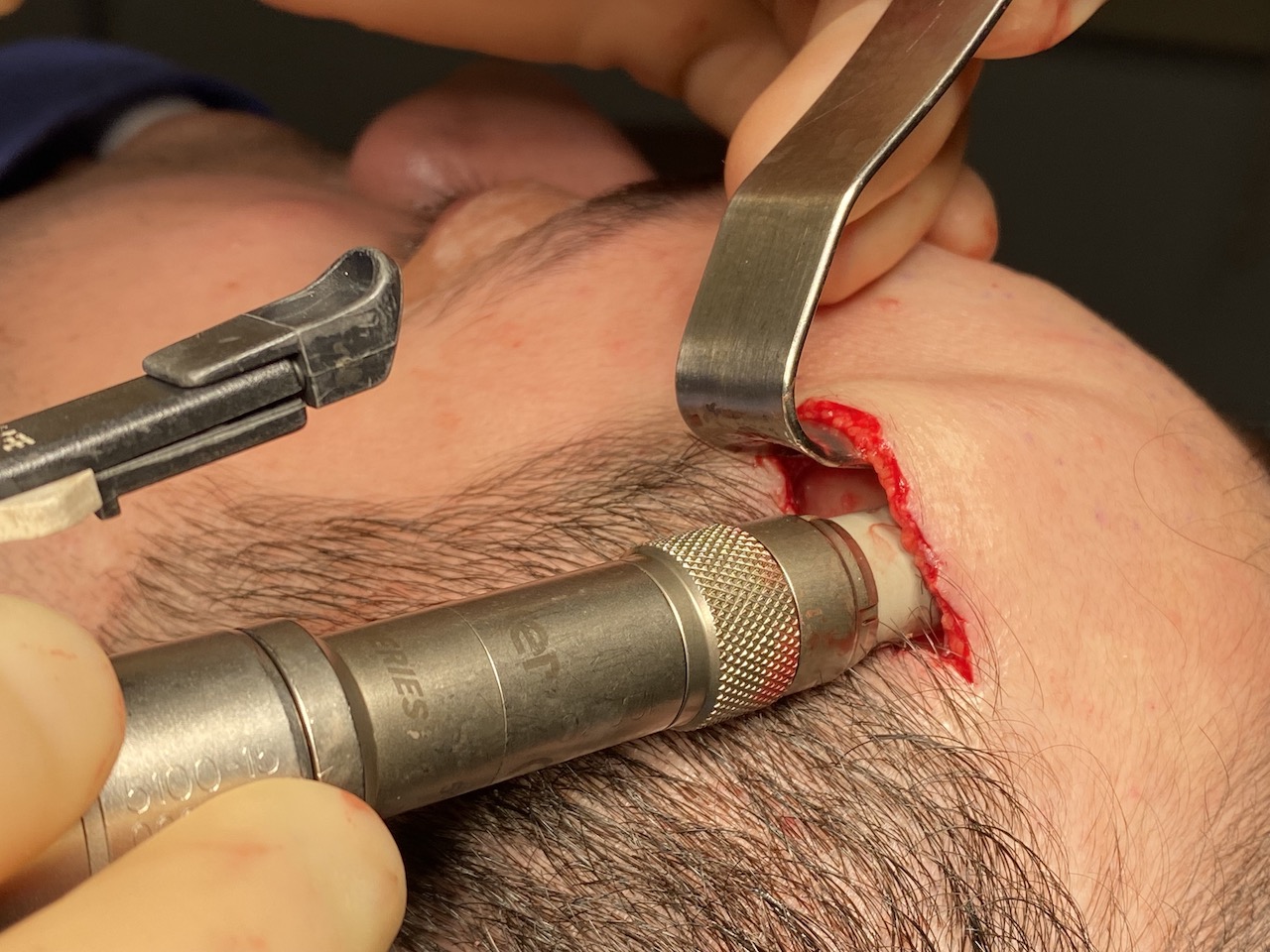
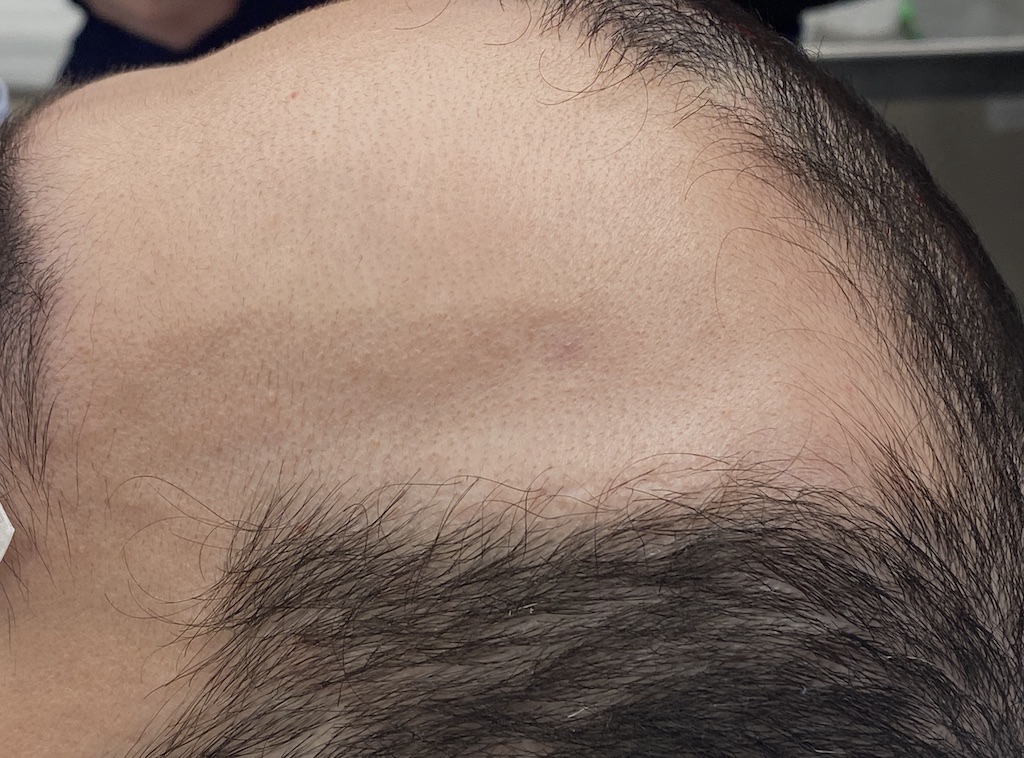
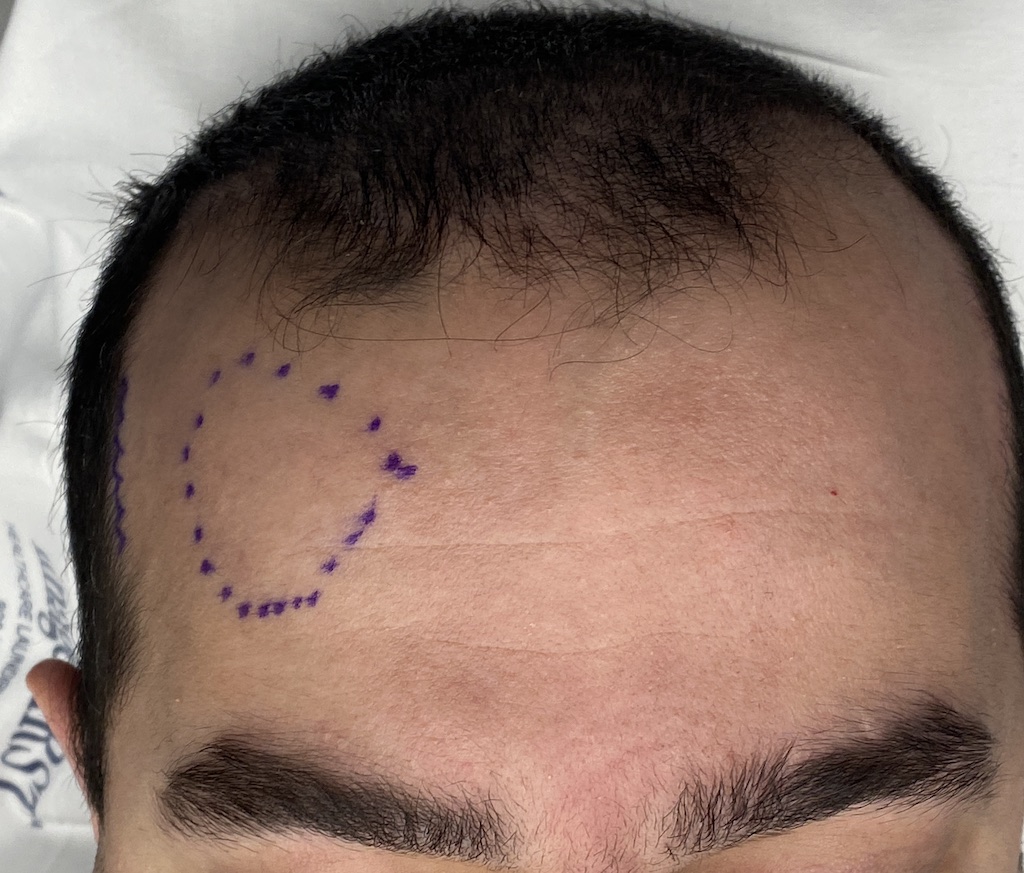
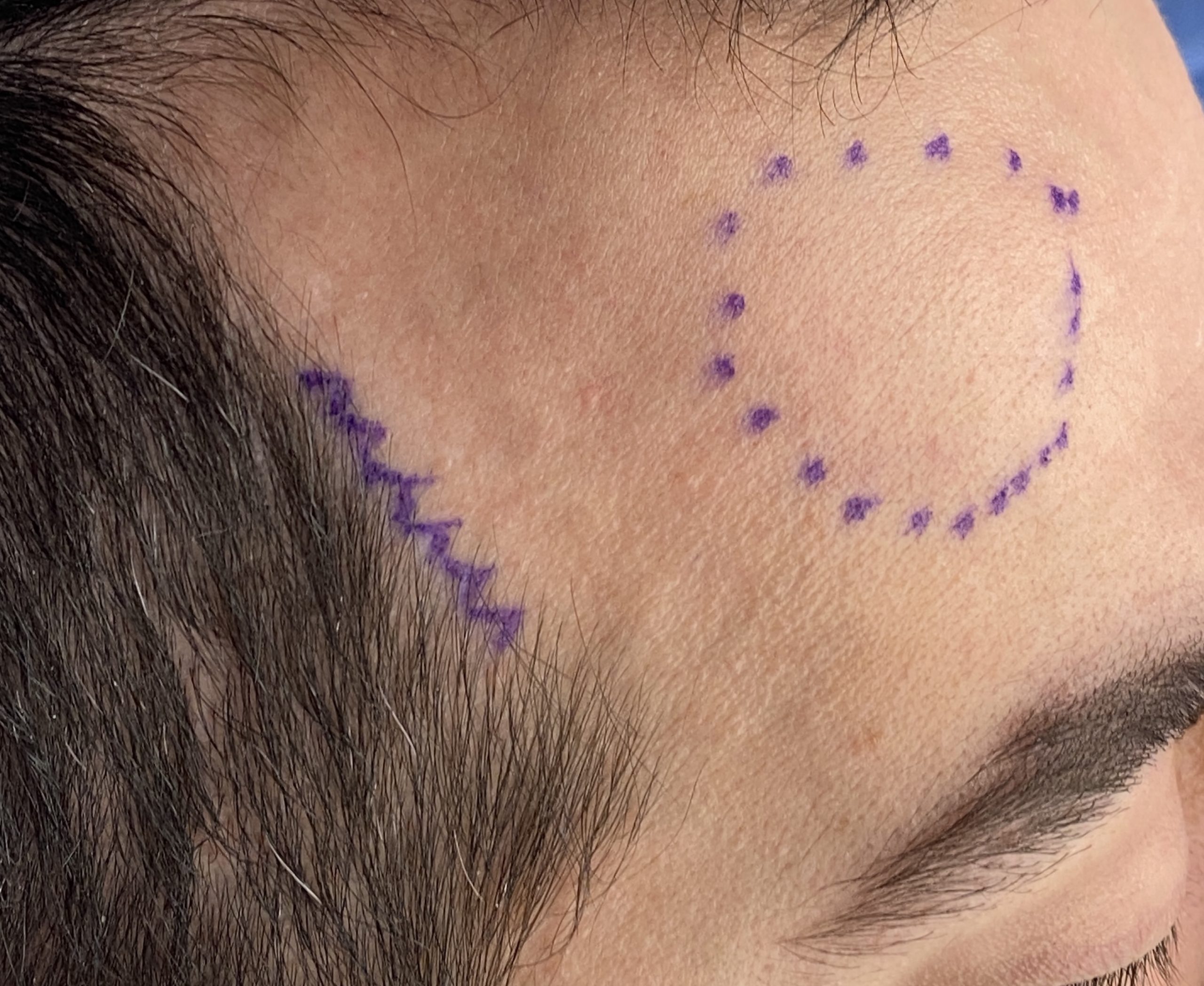
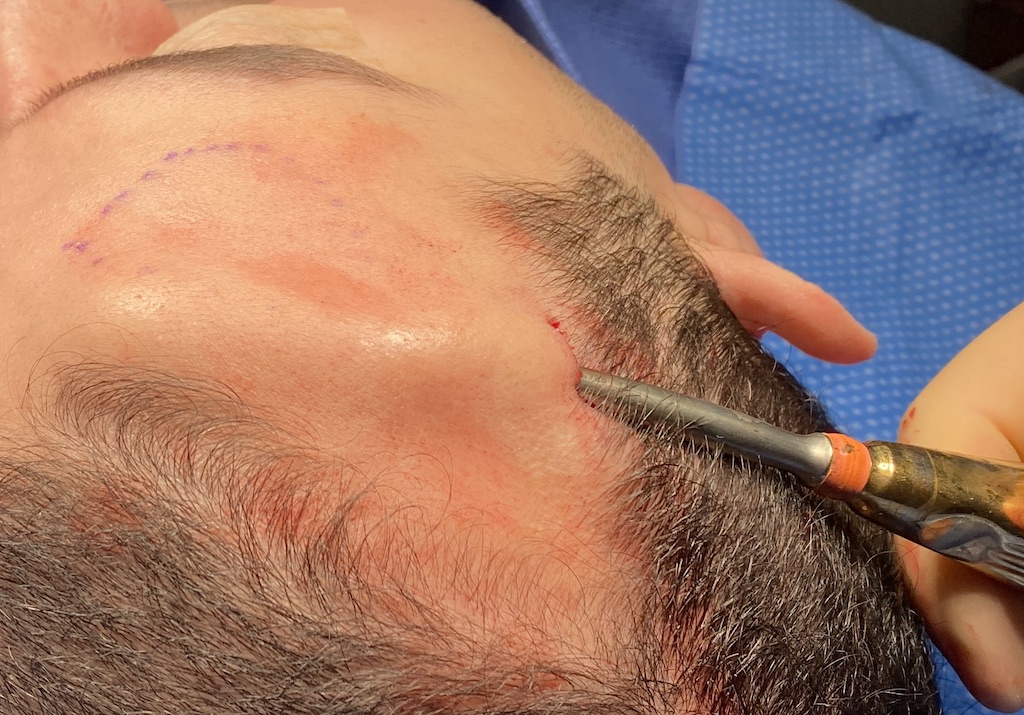
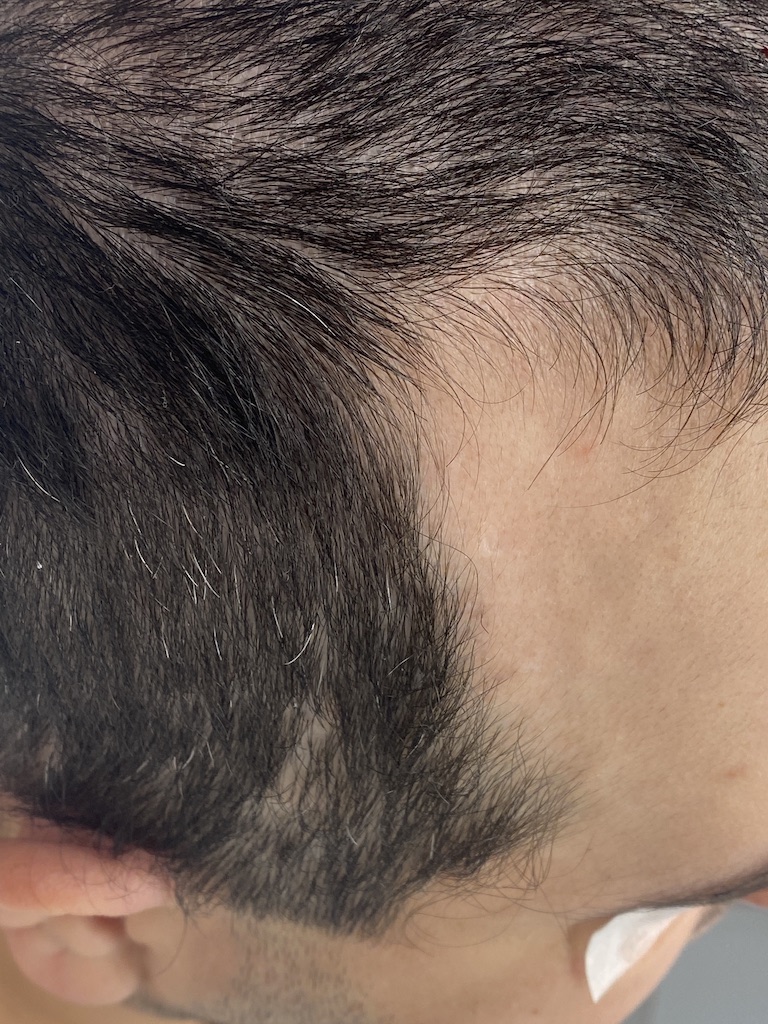
Desire to reduce bilateral forehead bony prominences
Reduction of bilateral forehead prominences through temporal hairline incisions with no visible scarring afterwards. (left burring reduction, right rasping reduction)
Patient 143
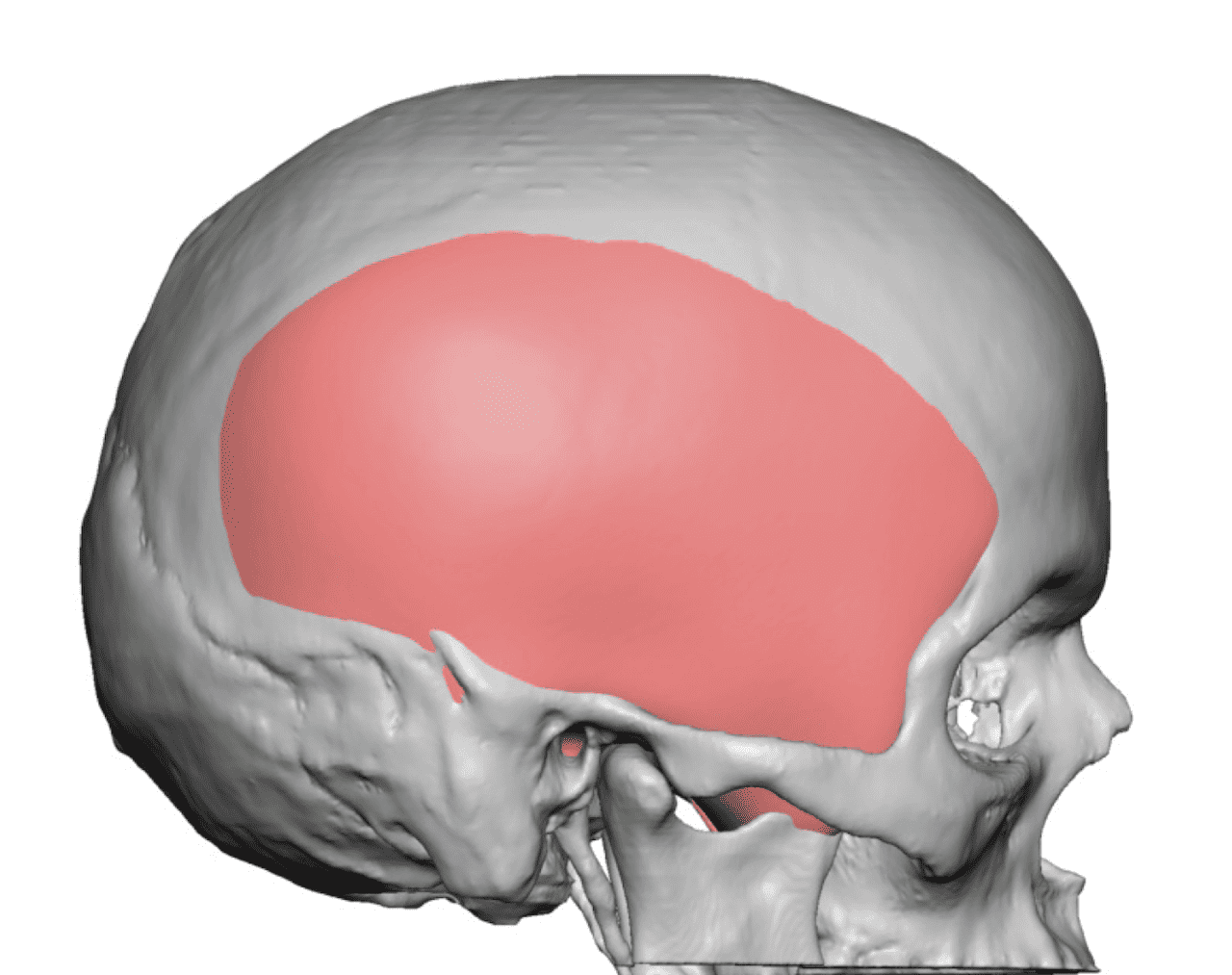
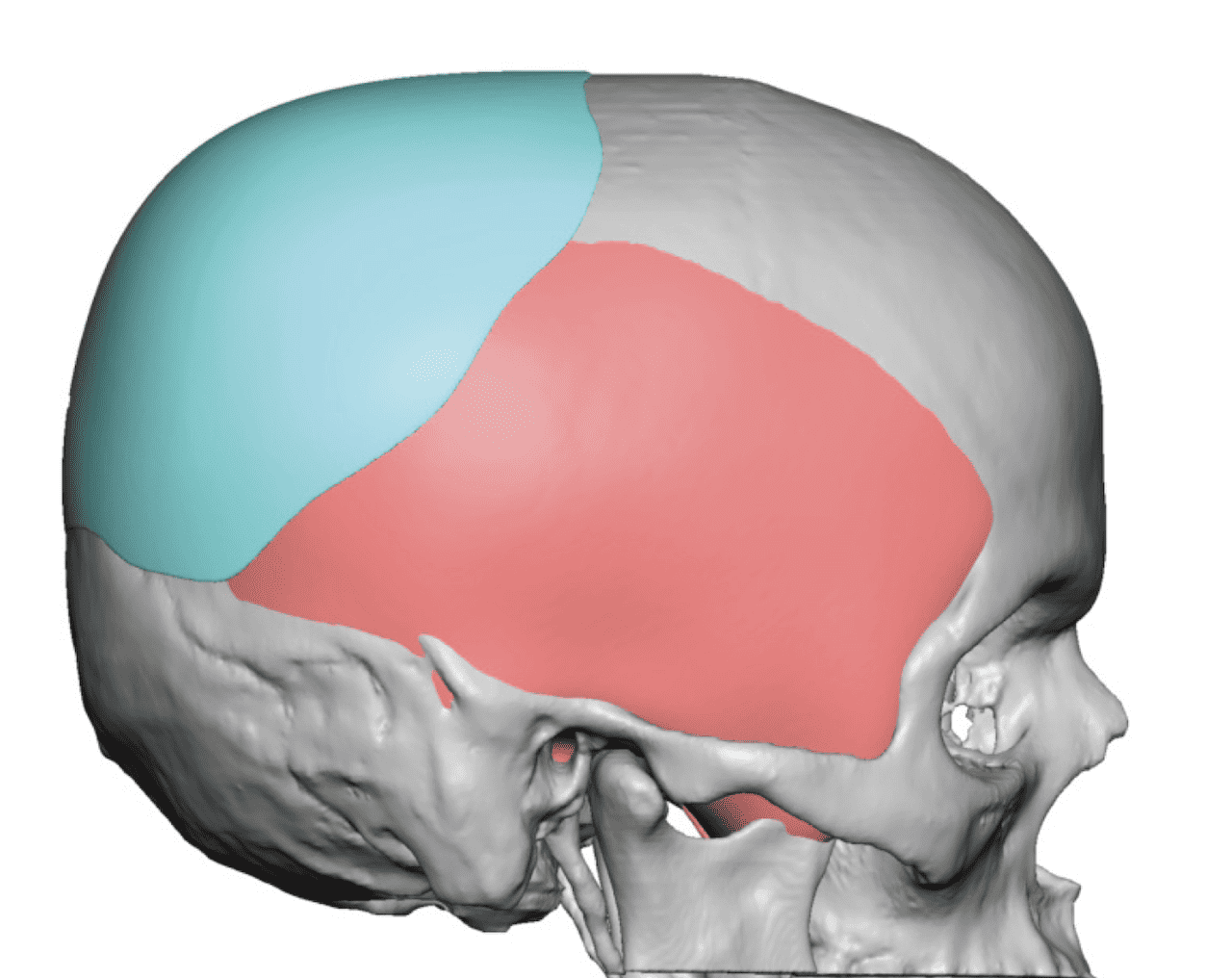
Desire to change his forward sloping profile head shape.
Placement of a a custom skull implant on the back of the head with bony forehead reduction on the front of the head to change its profile shape. The small scalp incisions will go on to heal in a near inconspicuous appearance.


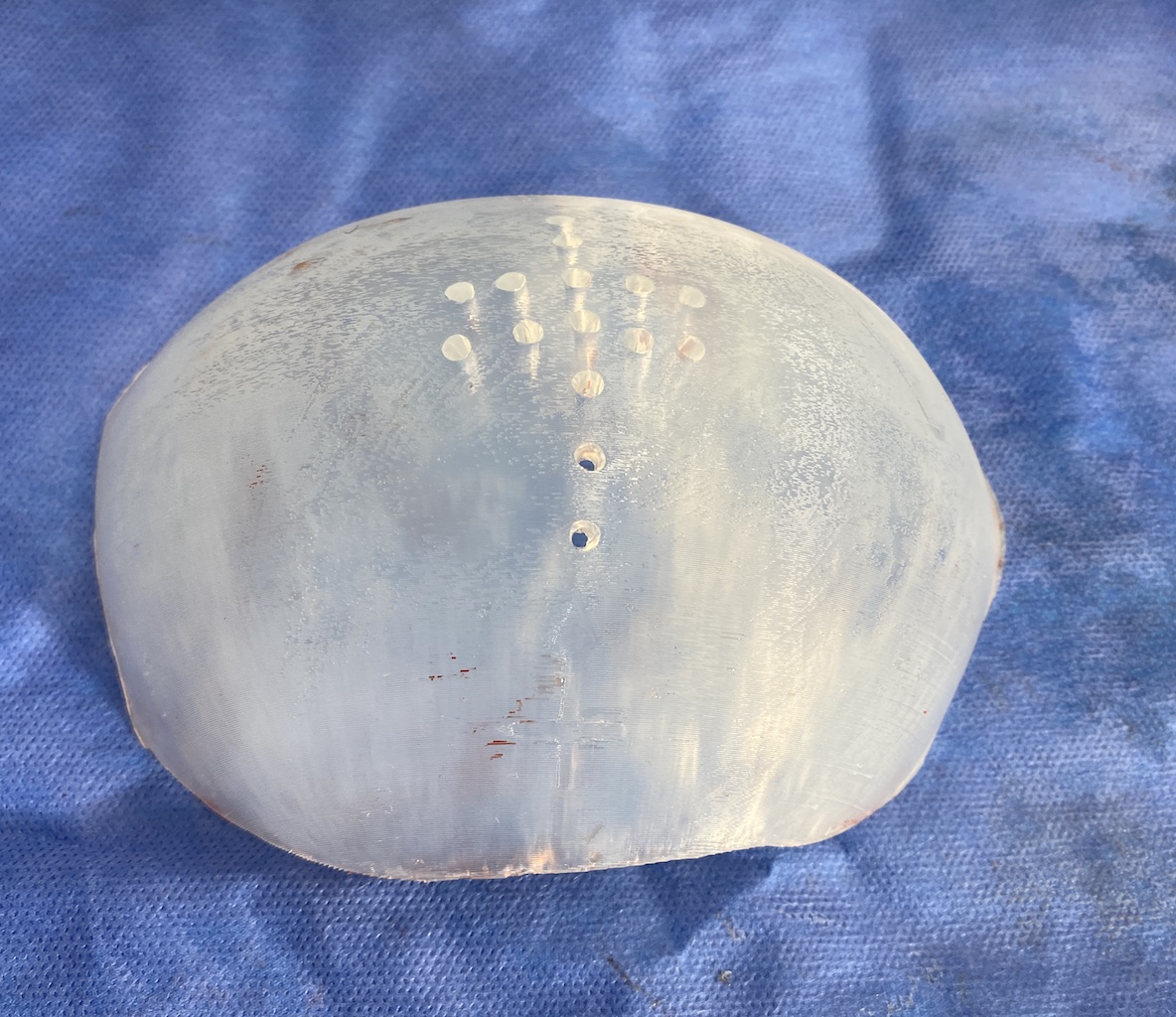
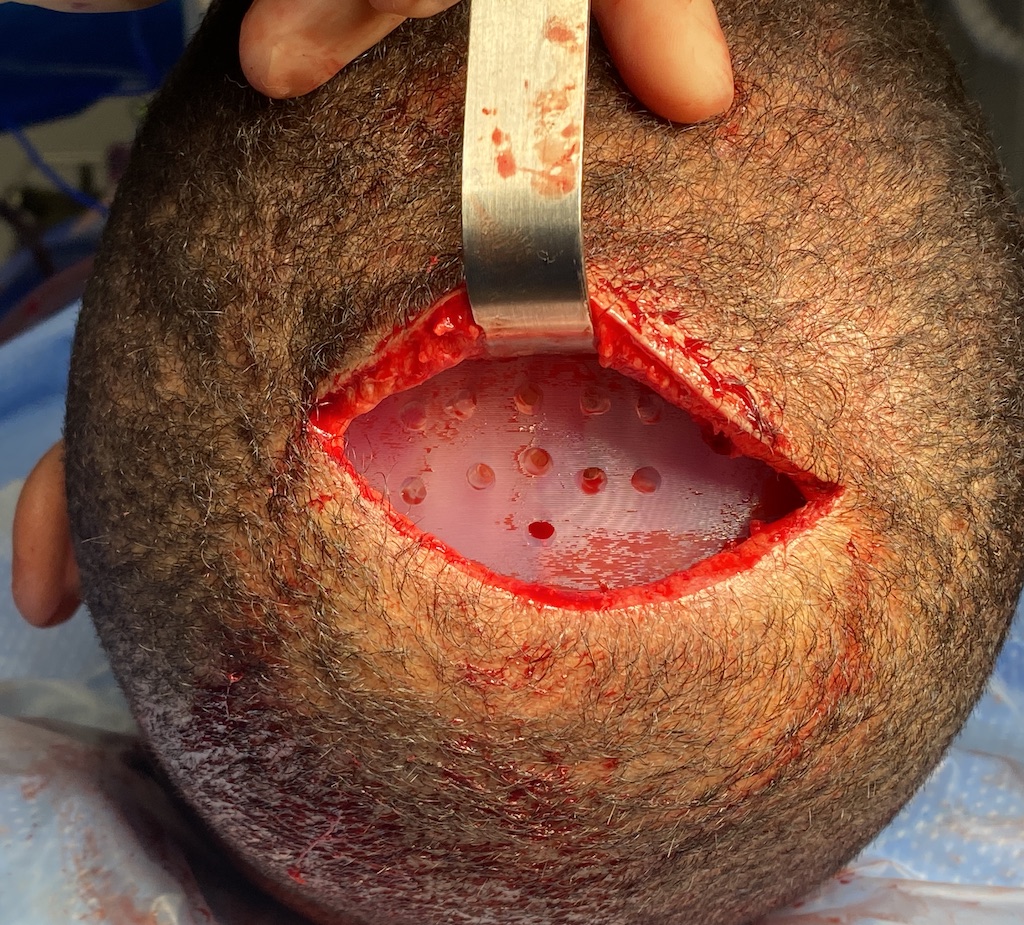
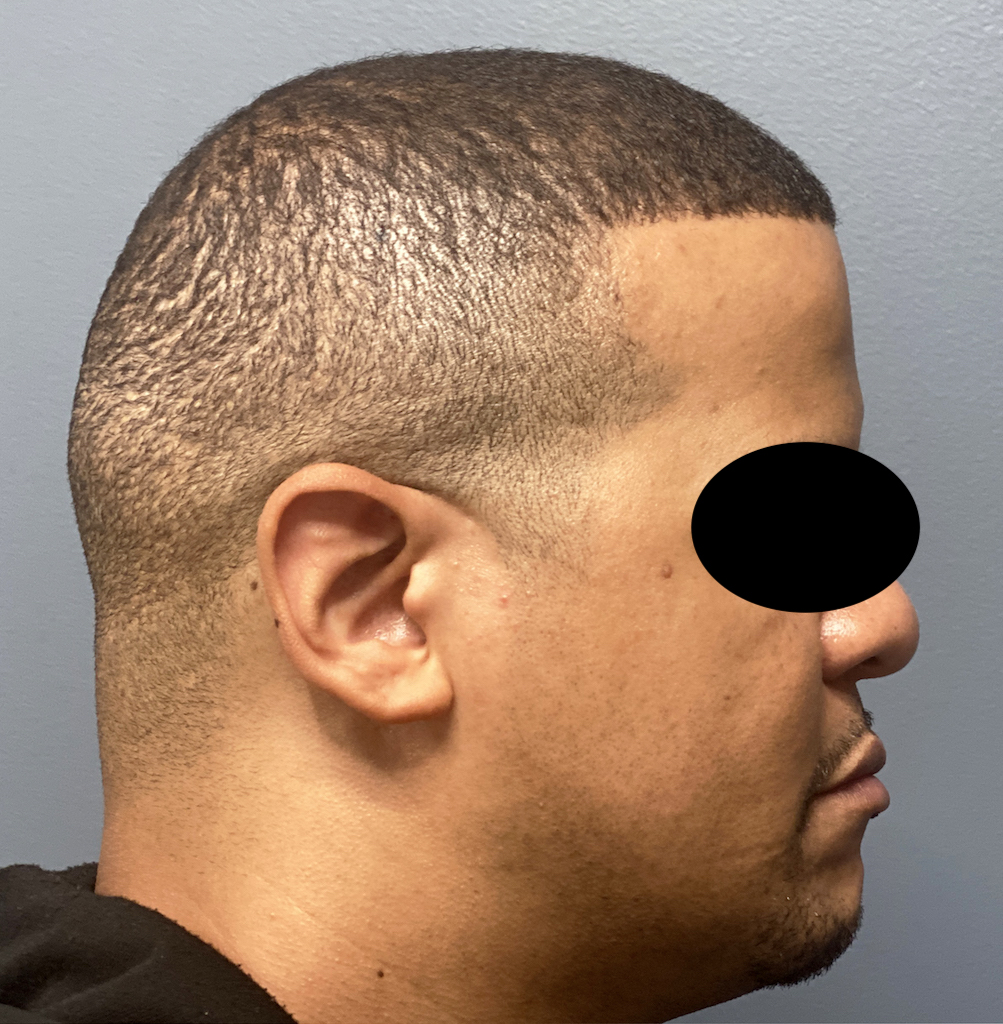
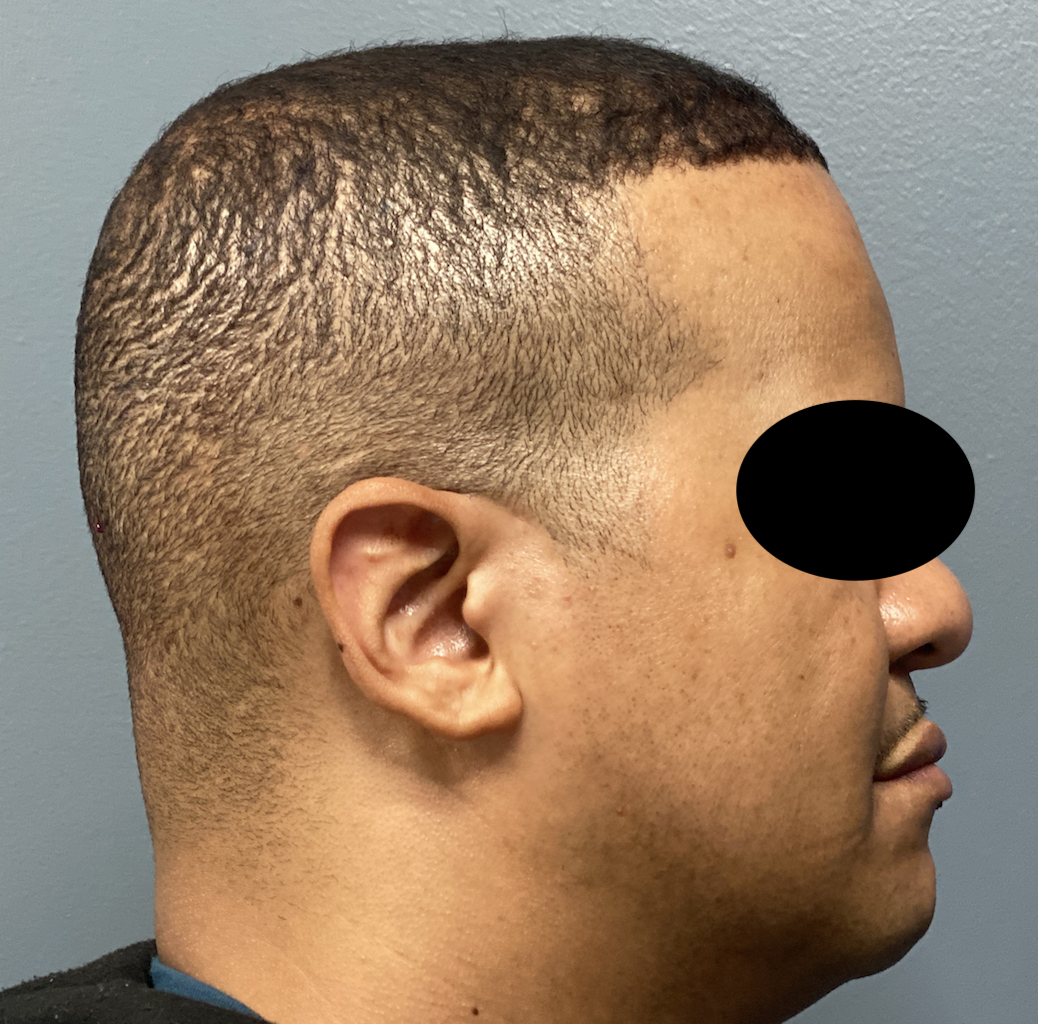
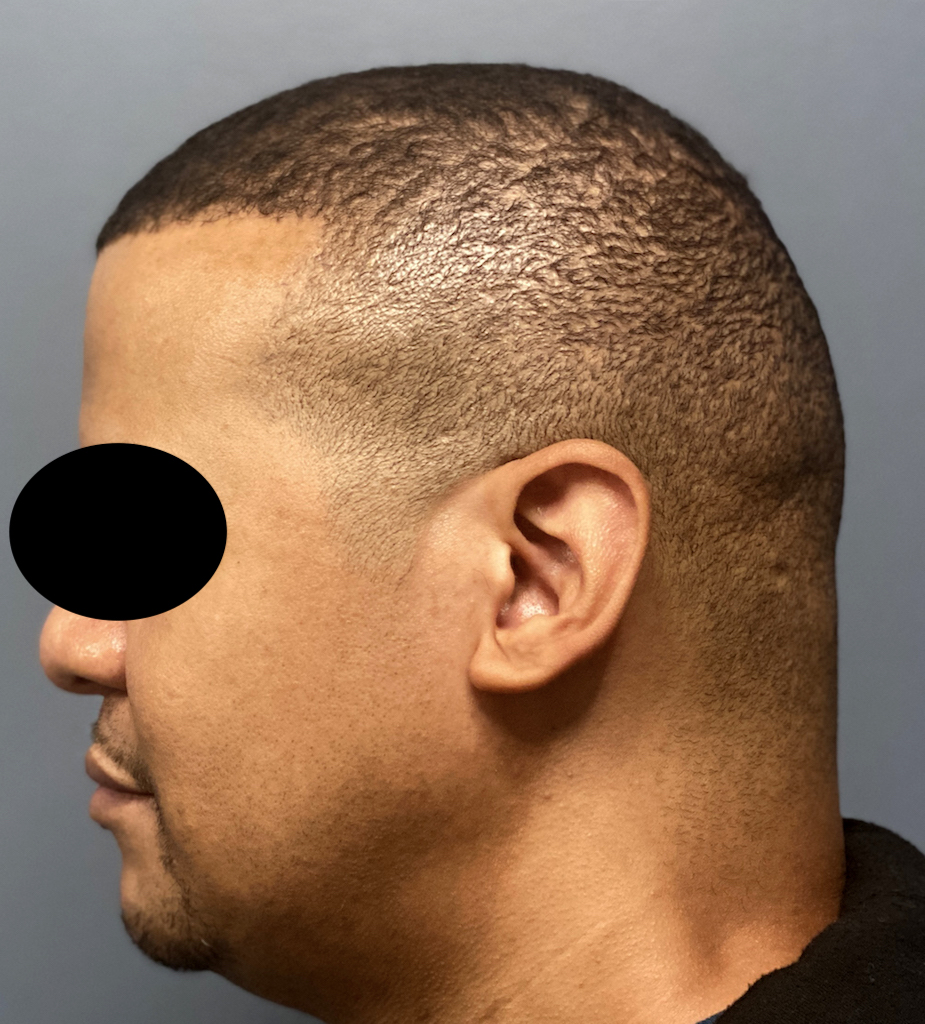
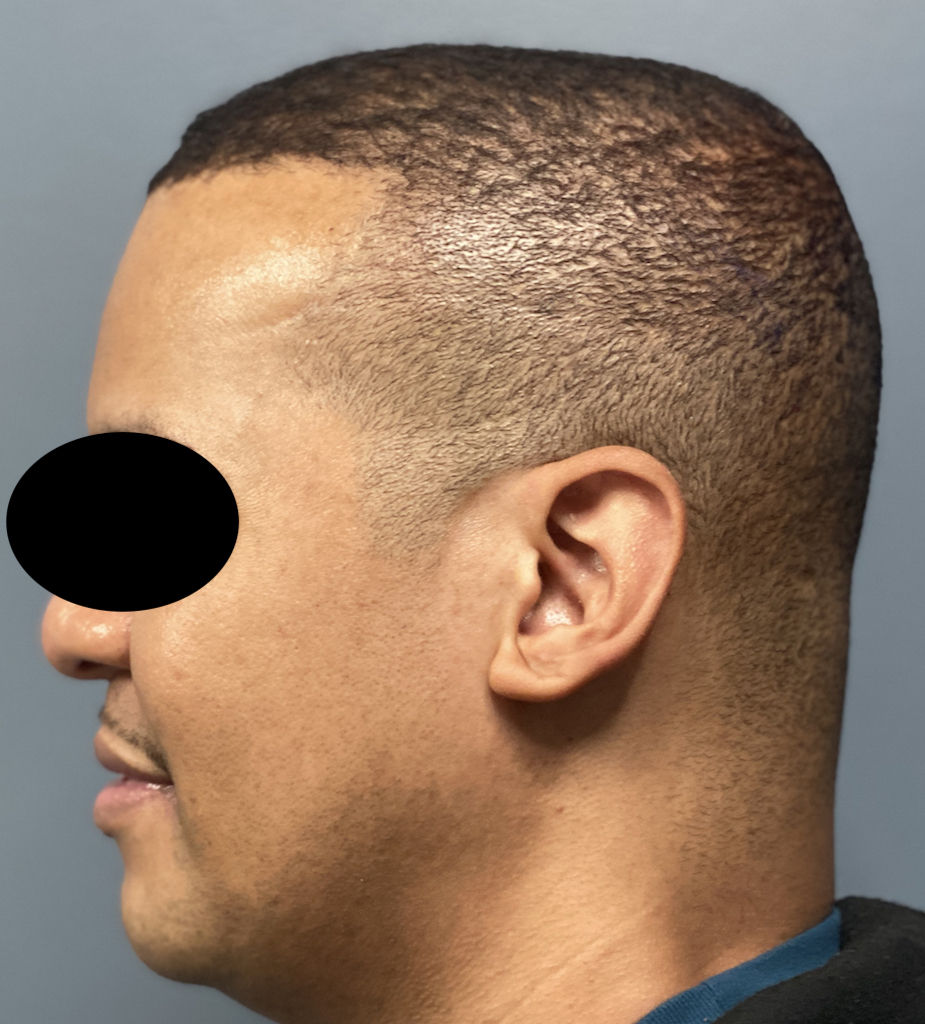
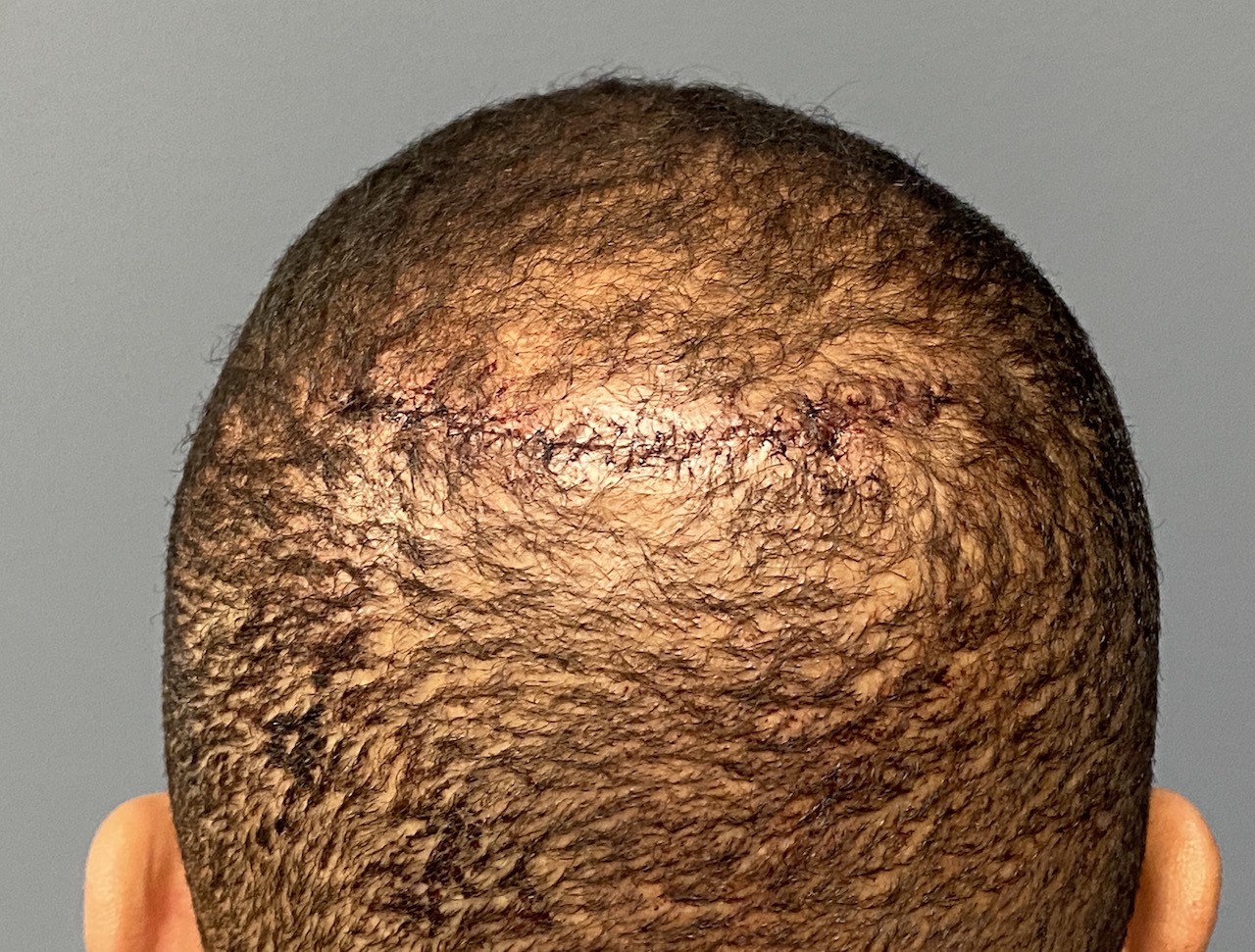
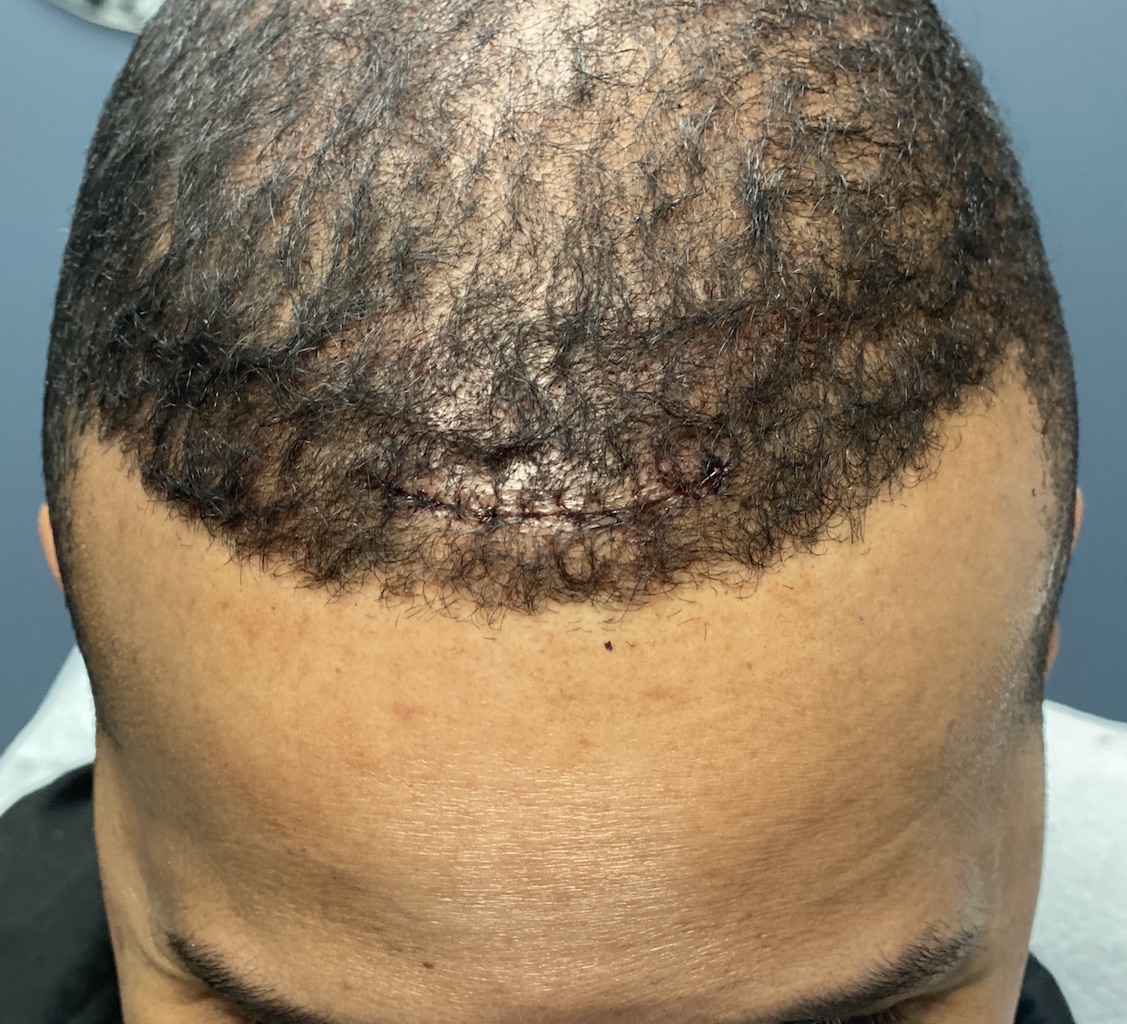
Desire to change his forward sloping profile head shape.
Placement of a a custom skull implant on the back of the head with bony forehead reduction on the front of the head to change its profile shape. The small scalp incisions will go on to heal in a near inconspicuous appearance.
Patient 144
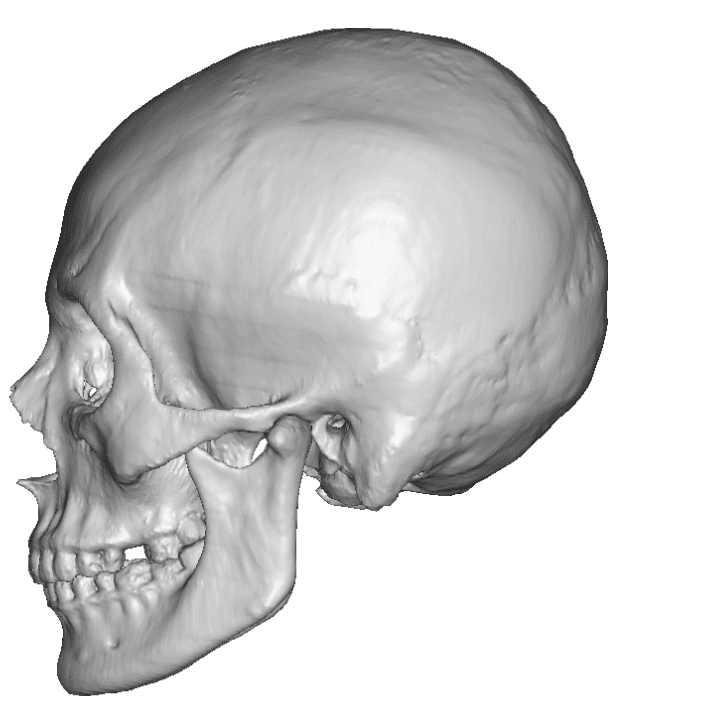

Desire to have increased projection on the back of her head.
Placement of a custom skull implant through a low horizontal incision on he back of her head.


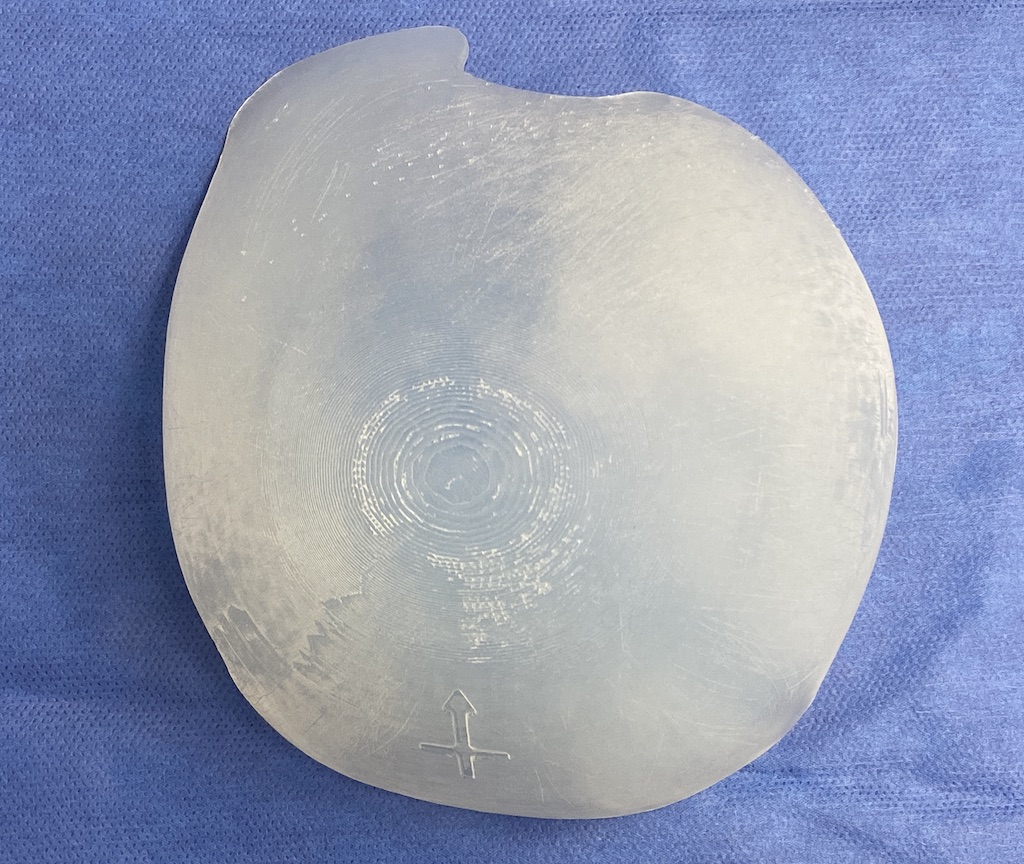
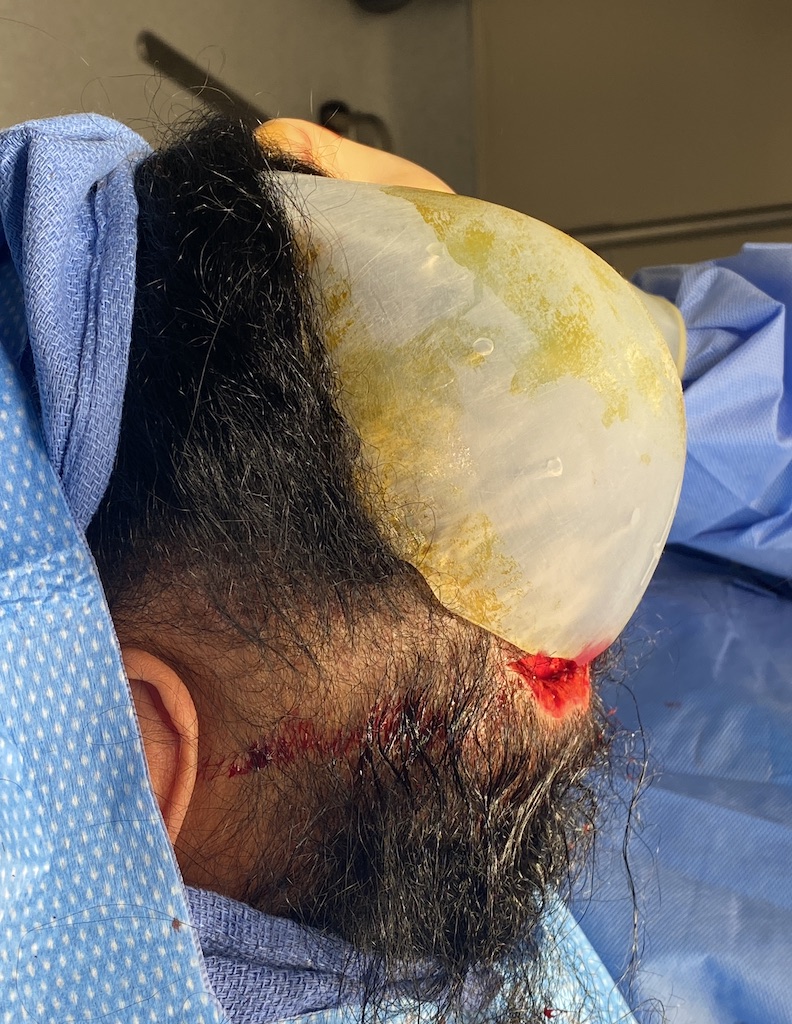
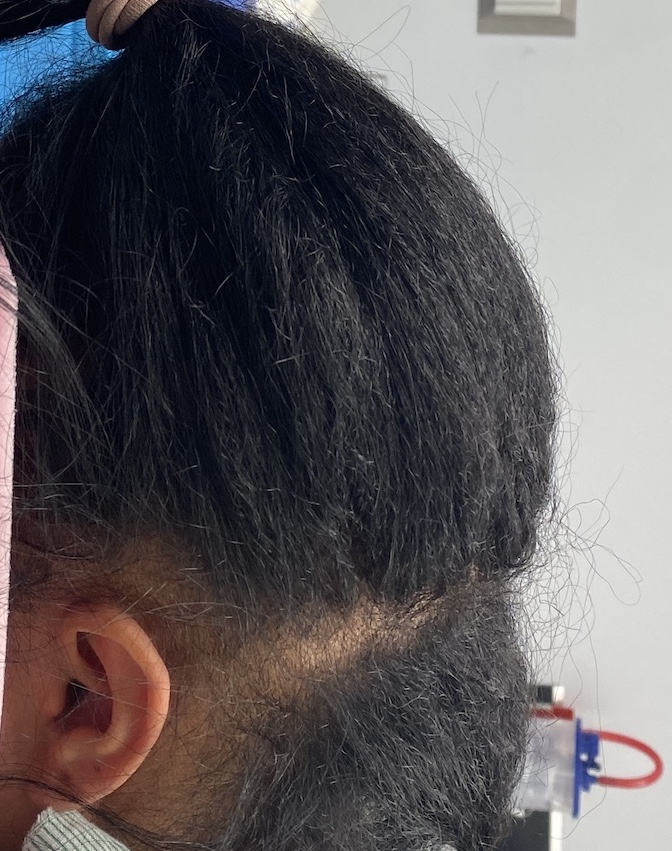
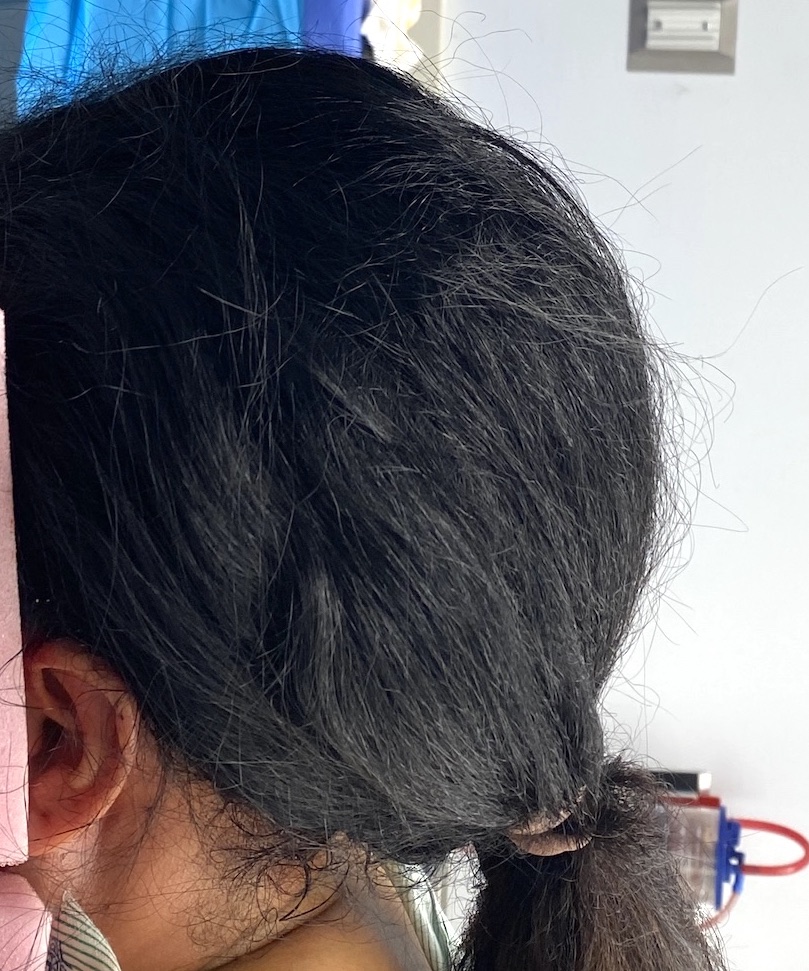
Desire to have increased projection on the back of her head.
Placement of a custom skull implant through a low horizontal incision on he back of her head.
Patient 145
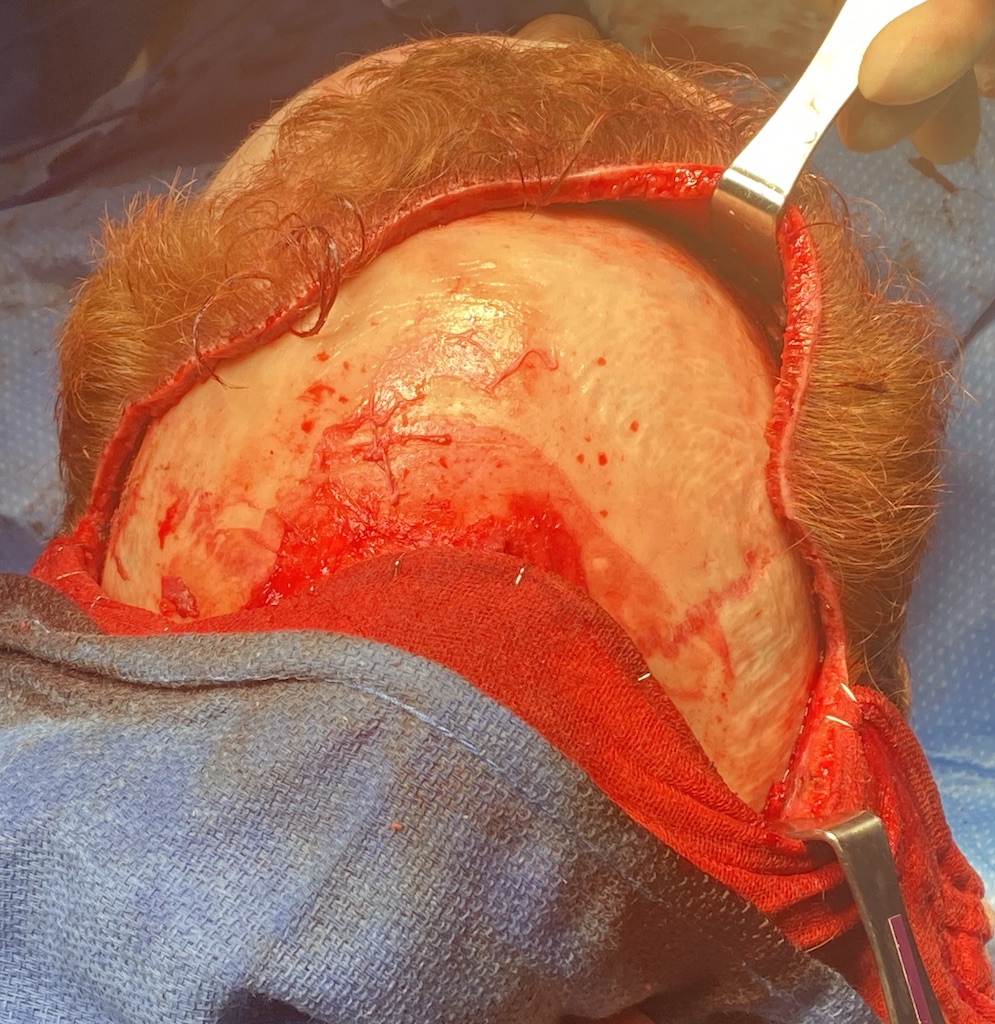
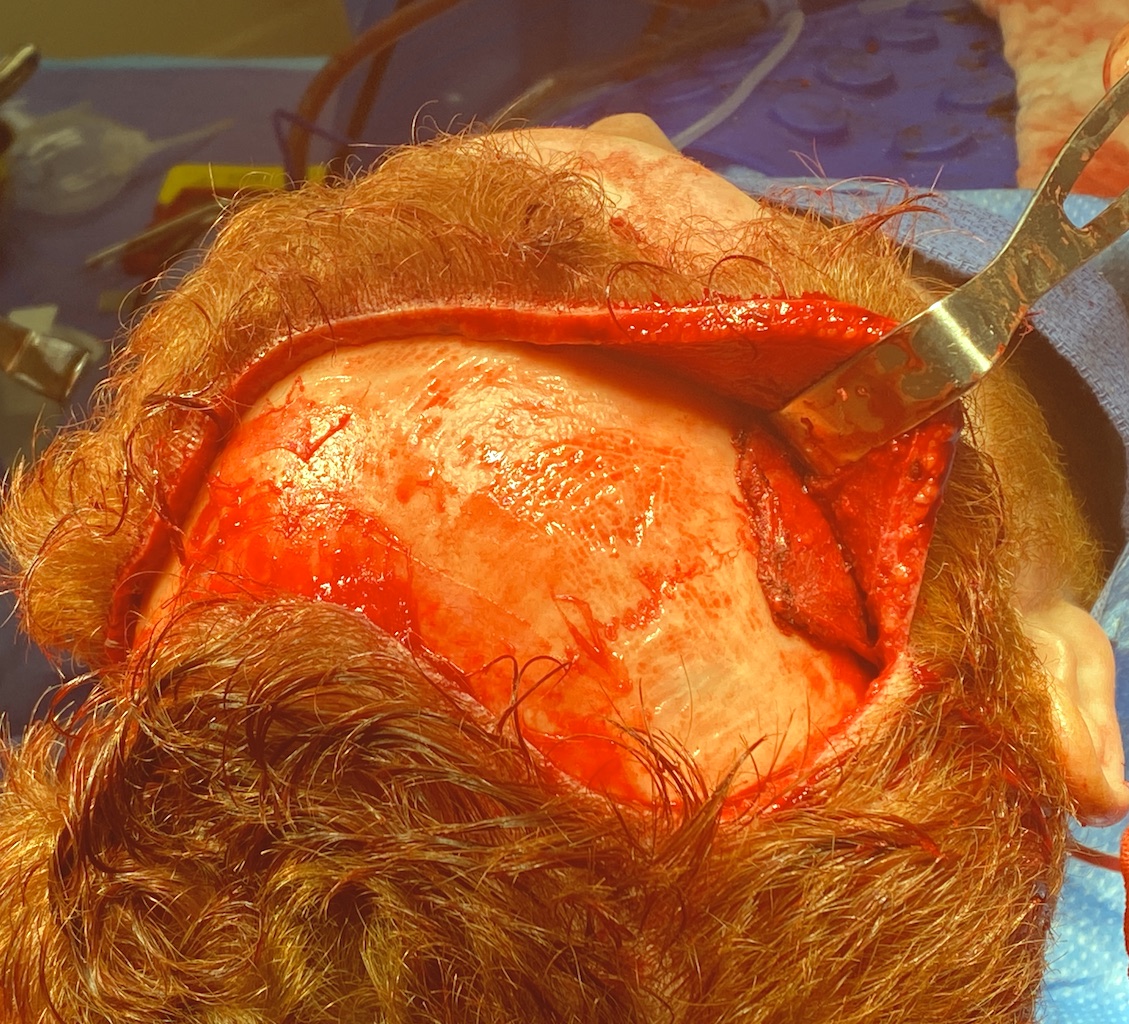
Desire for less wide head and less forehead protrusion.
Frontal bossing and head width reduction with combined bony forehead and bony and soft tissue temporal reductions. Seen intraop and one day postop prior to drain removal.


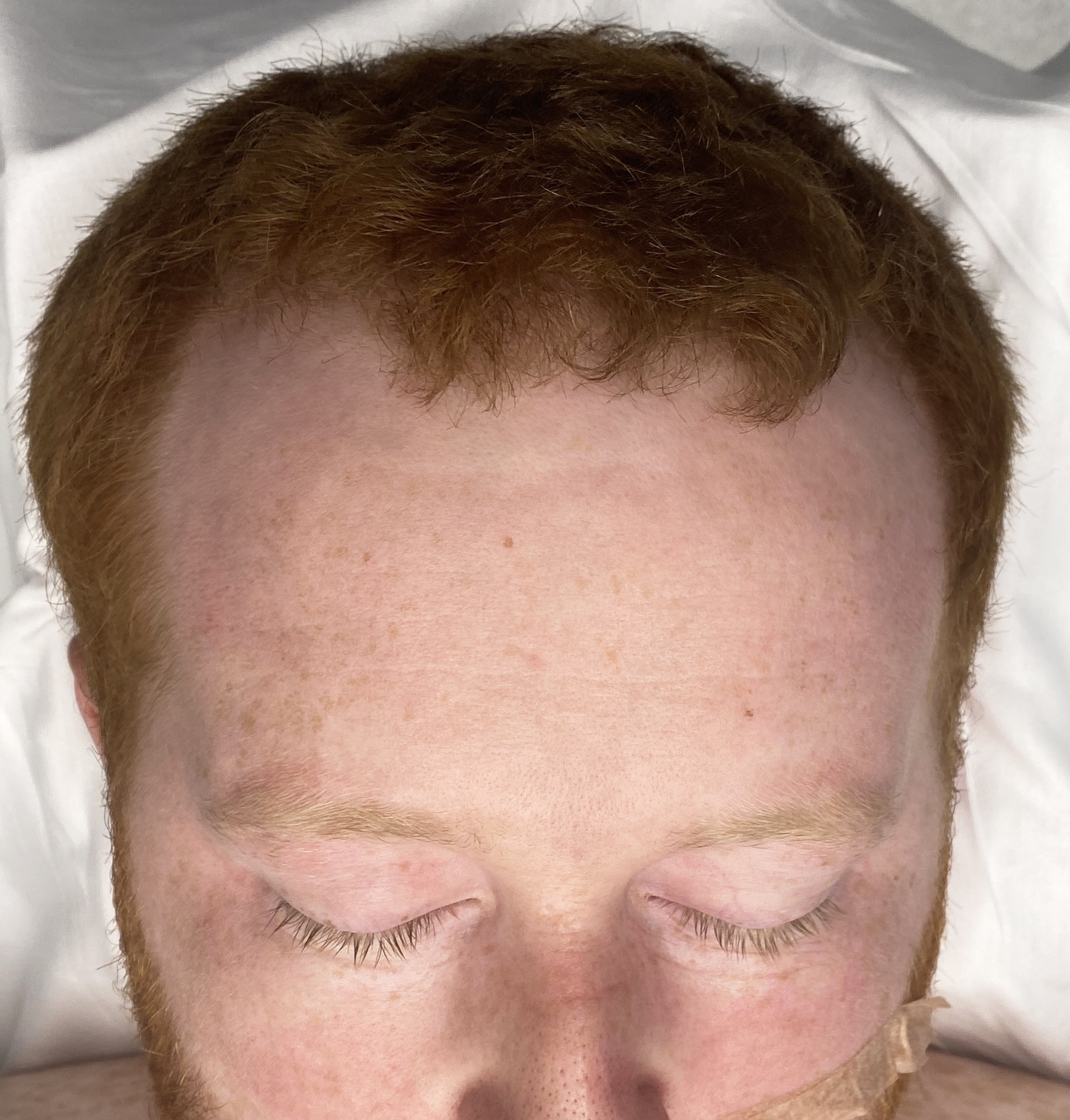

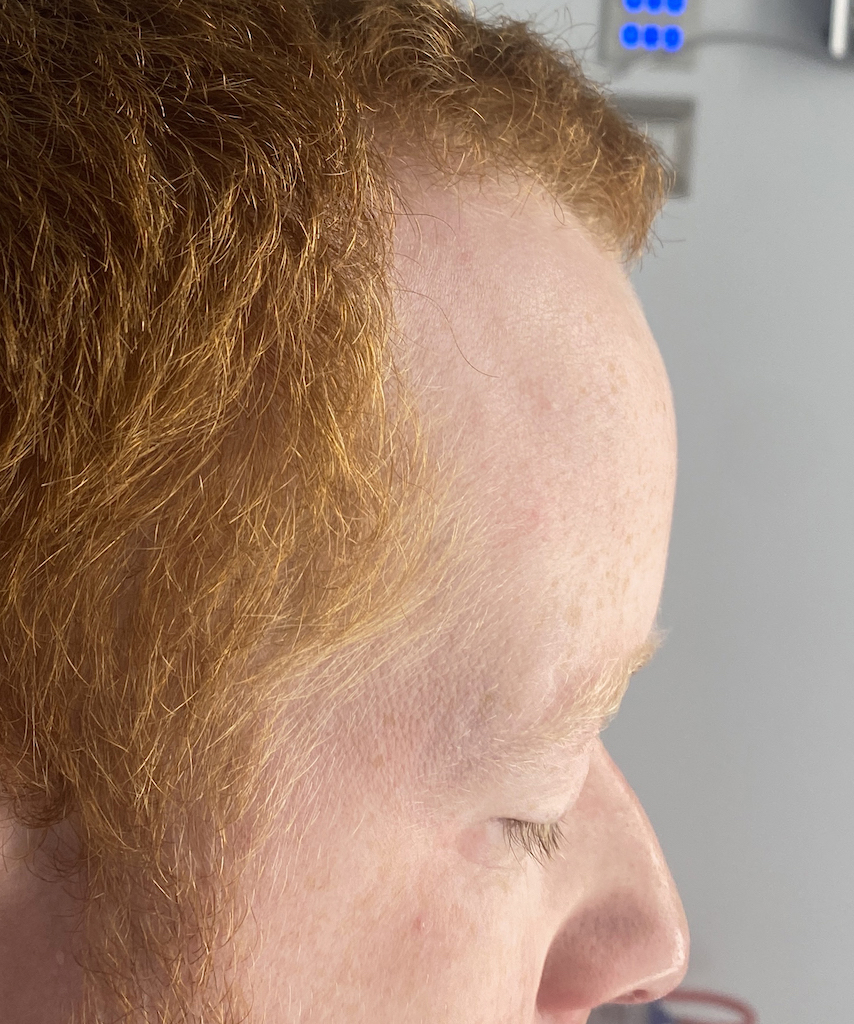
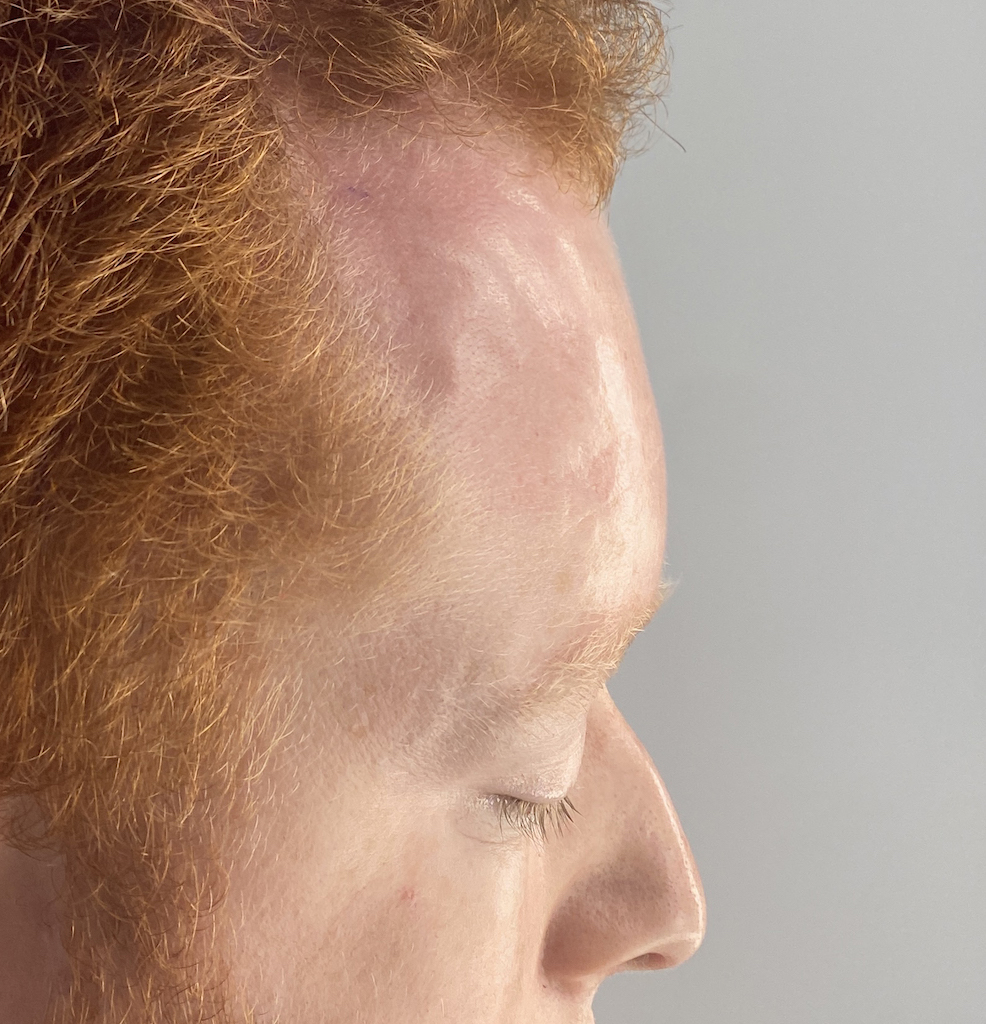
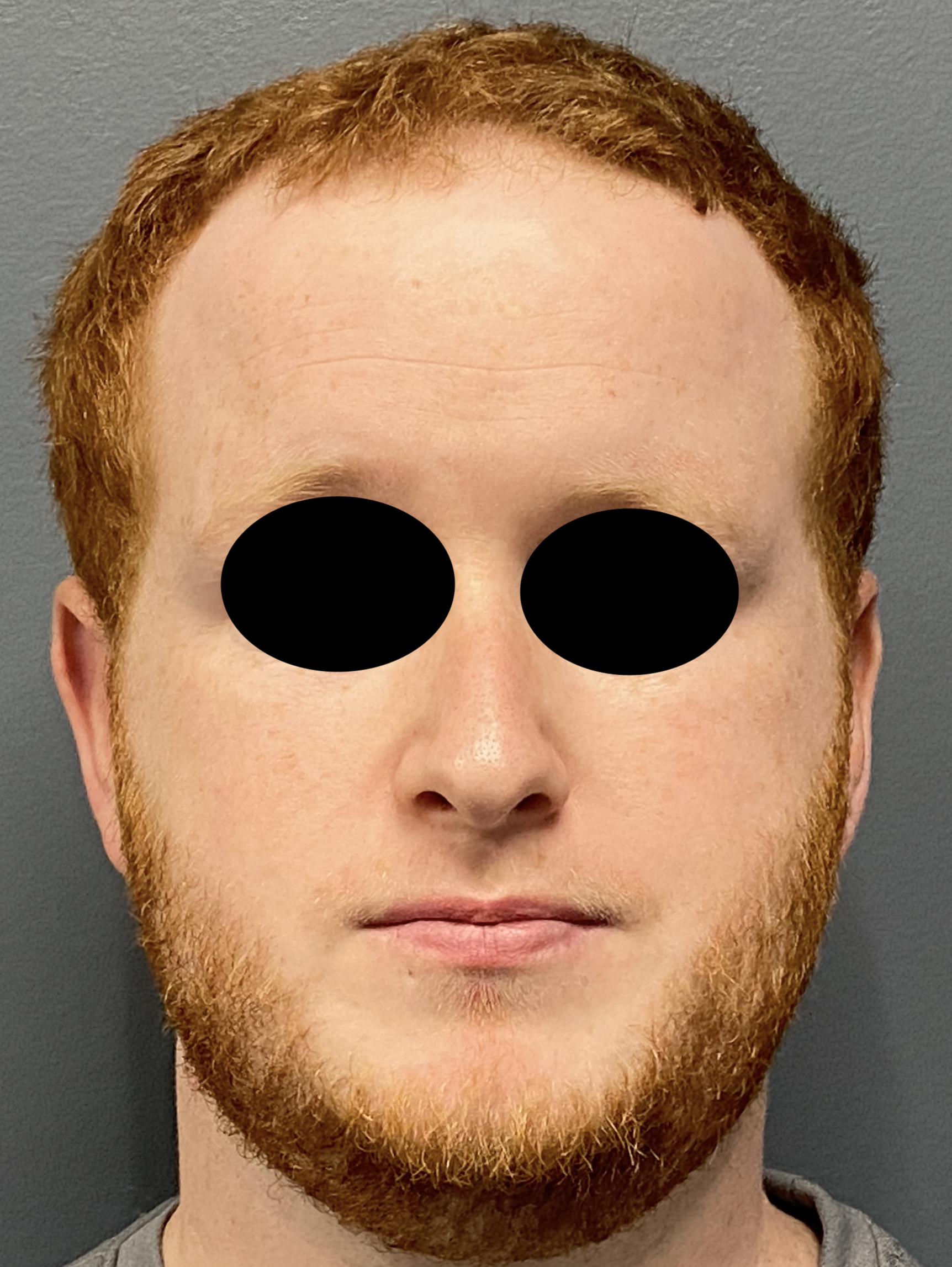
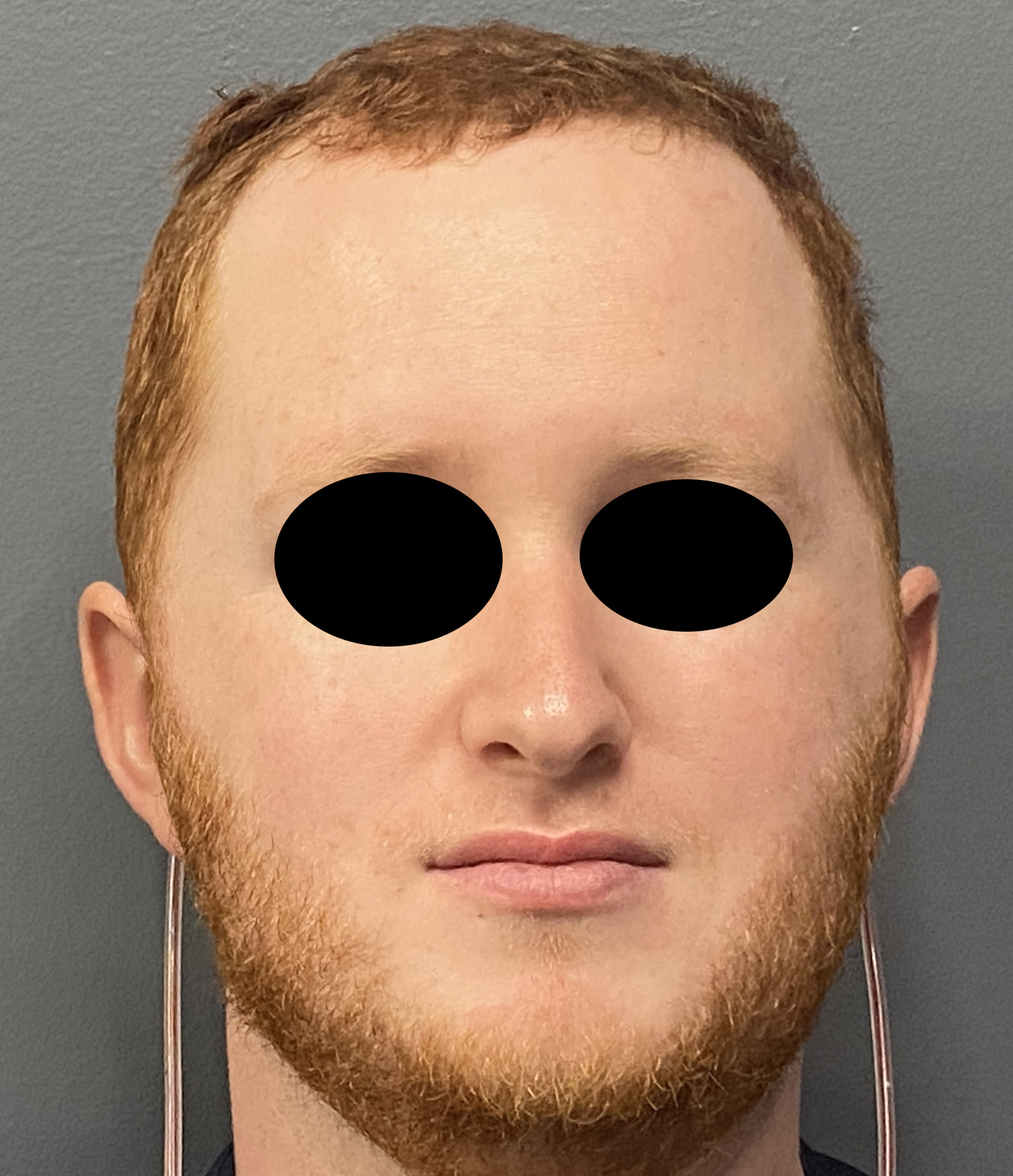
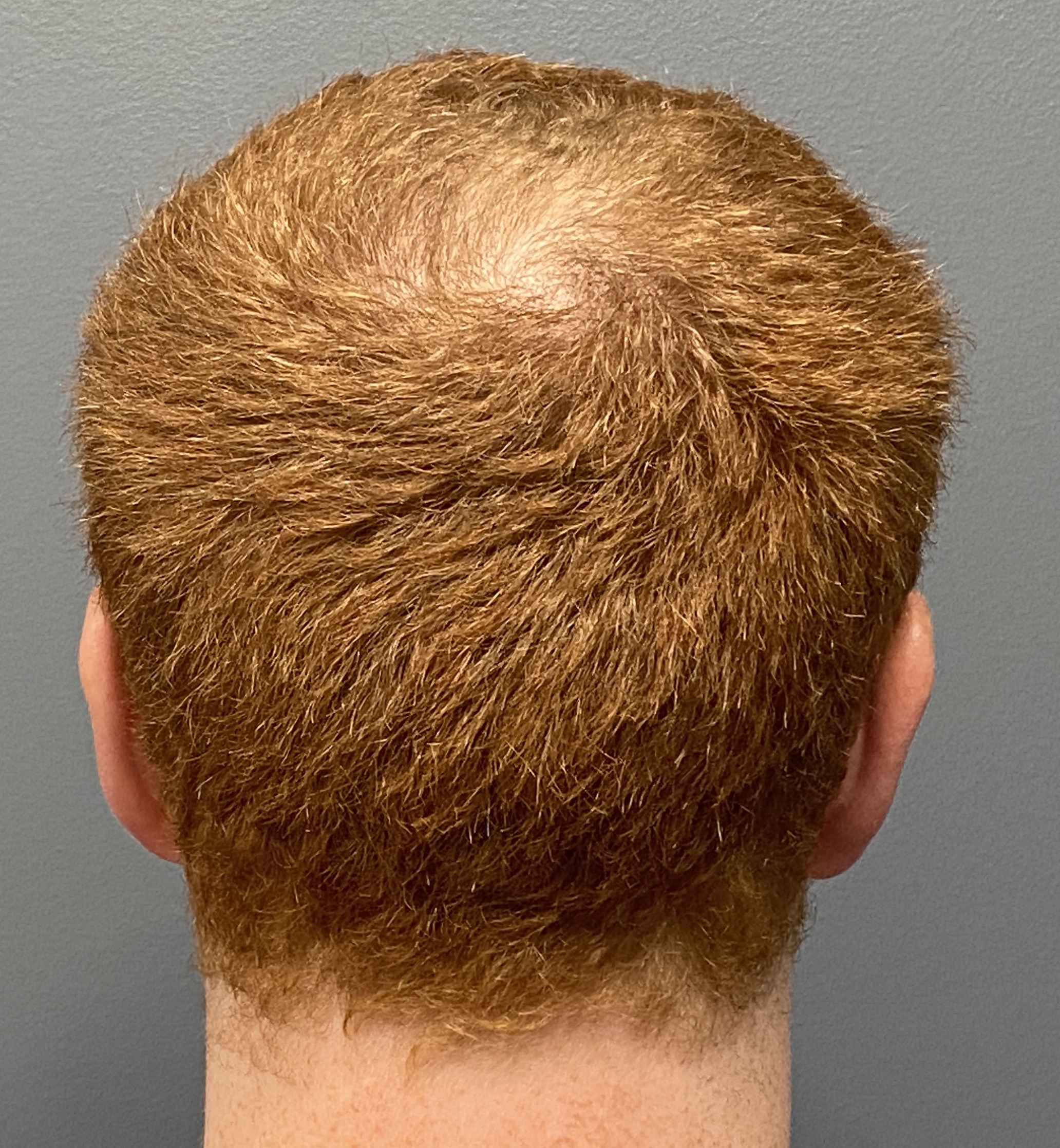

Desire for less wide head and less forehead protrusion.
Frontal bossing and head width reduction with combined bony forehead and bony and soft tissue temporal reductions. Seen intraop and one day postop prior to drain removal.
Patient 146
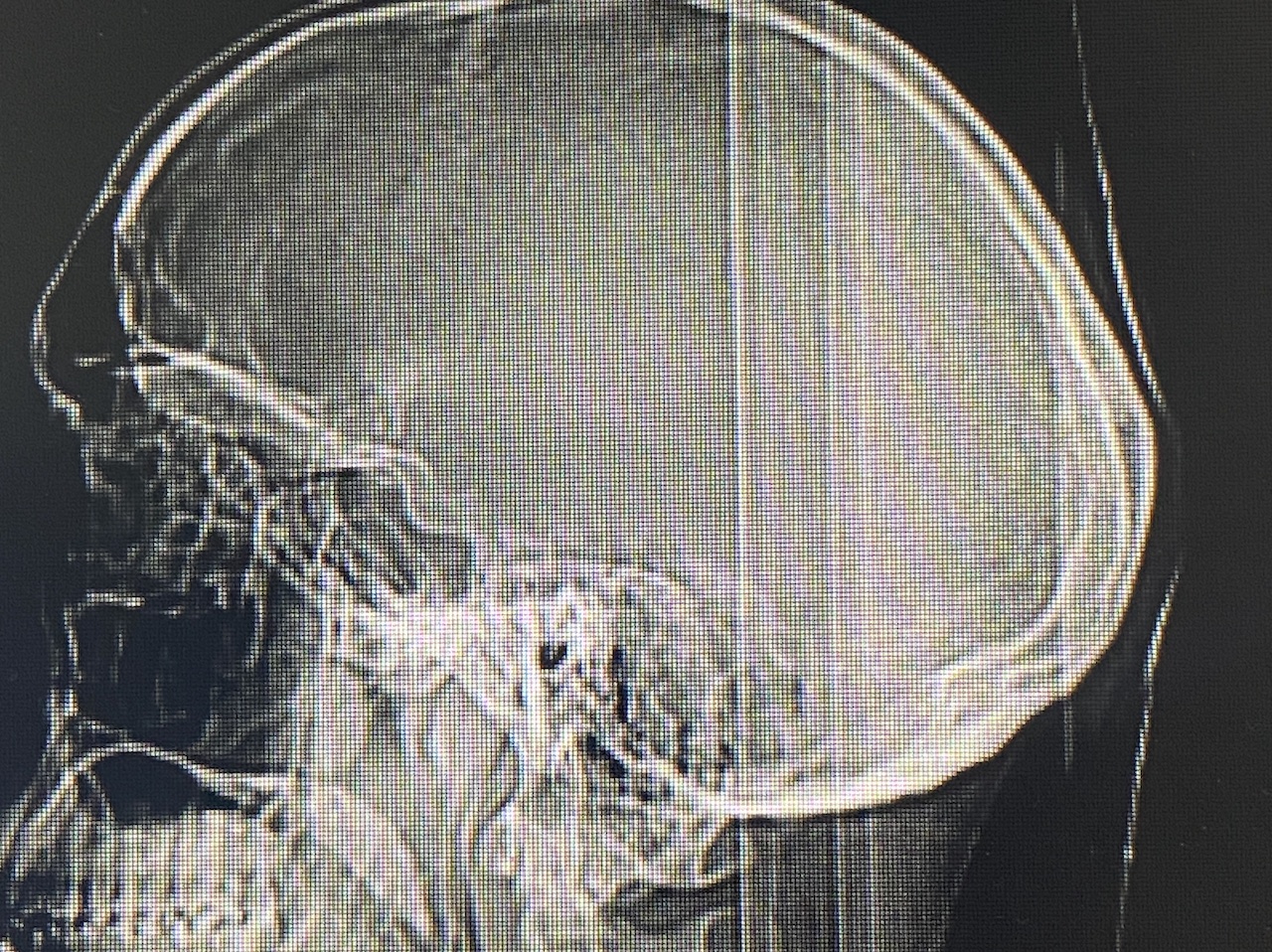
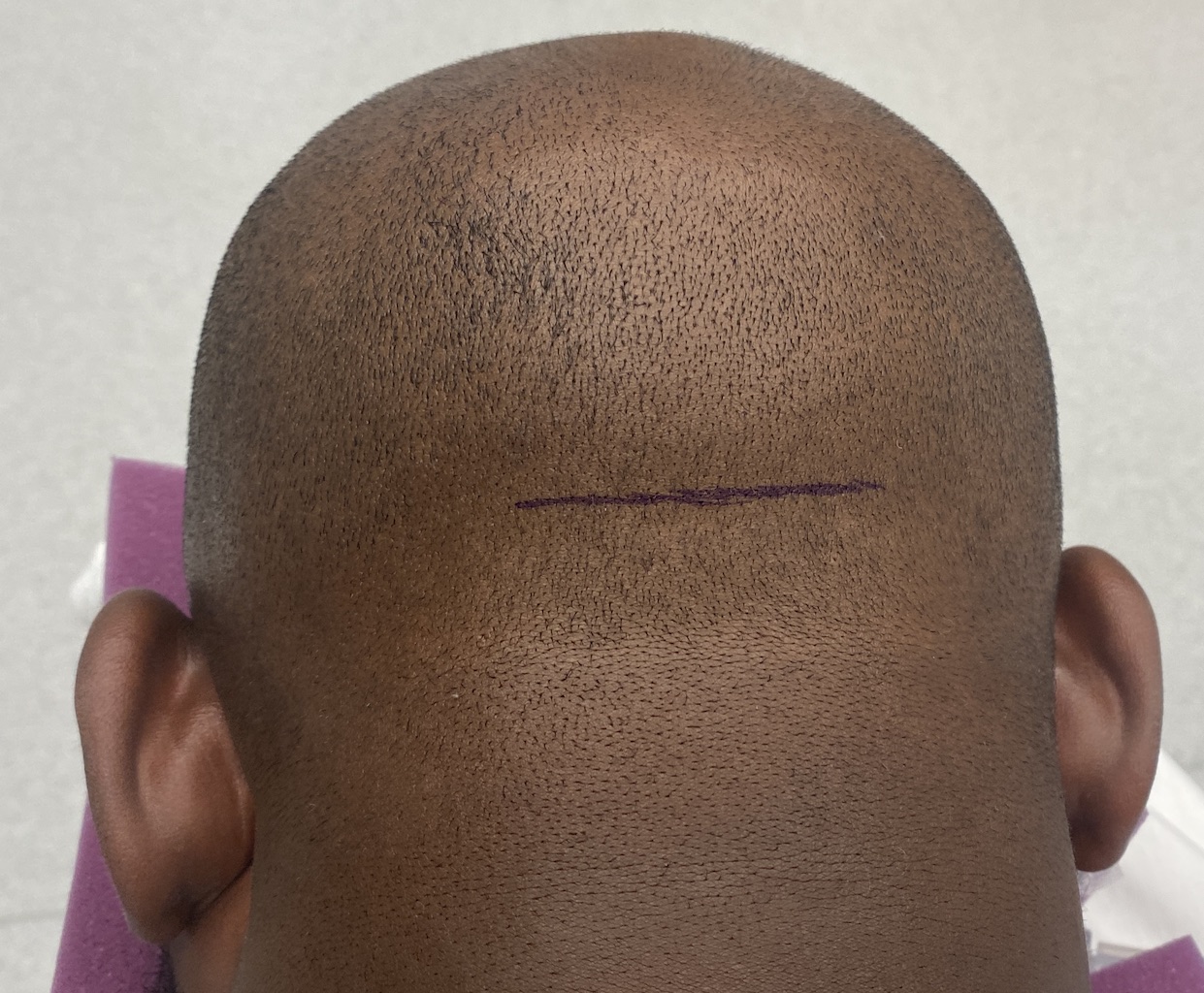
Desire to reduce large protrusion on the back of his head.
Occipital bun skull reduction done by removing the outer cortical skull layer down into the diploic space. Result seen both at end of surgery and at drain removal the next day.


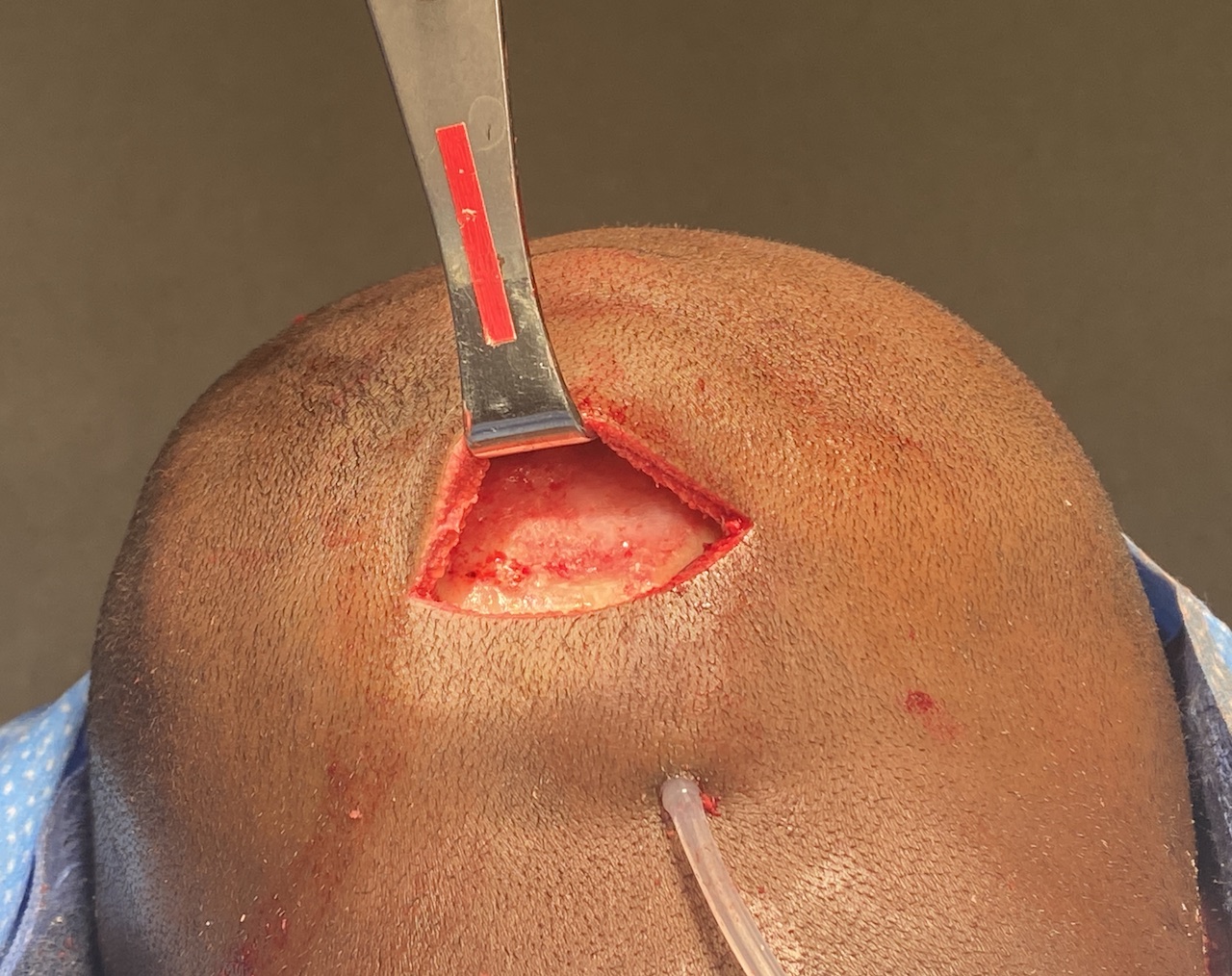
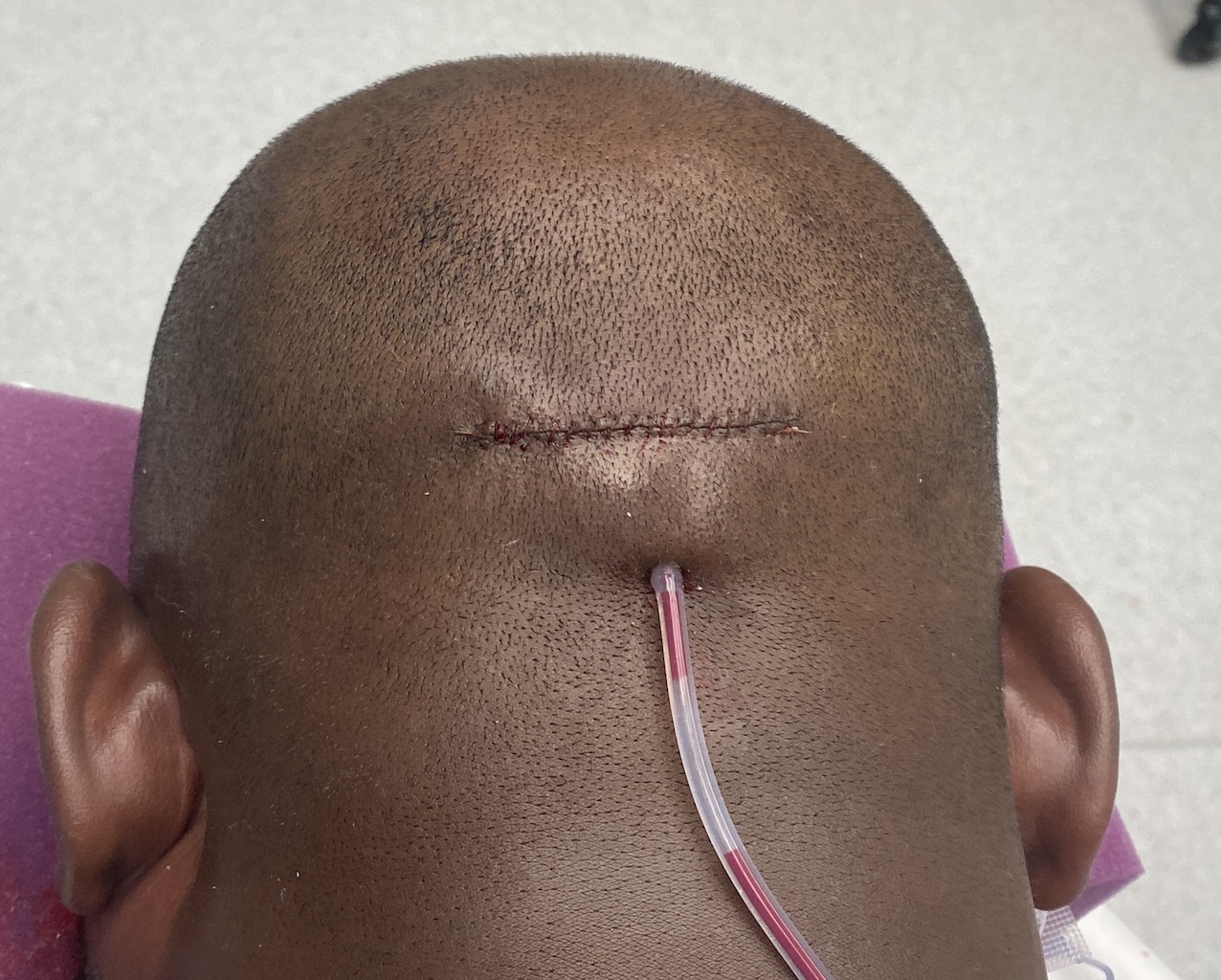
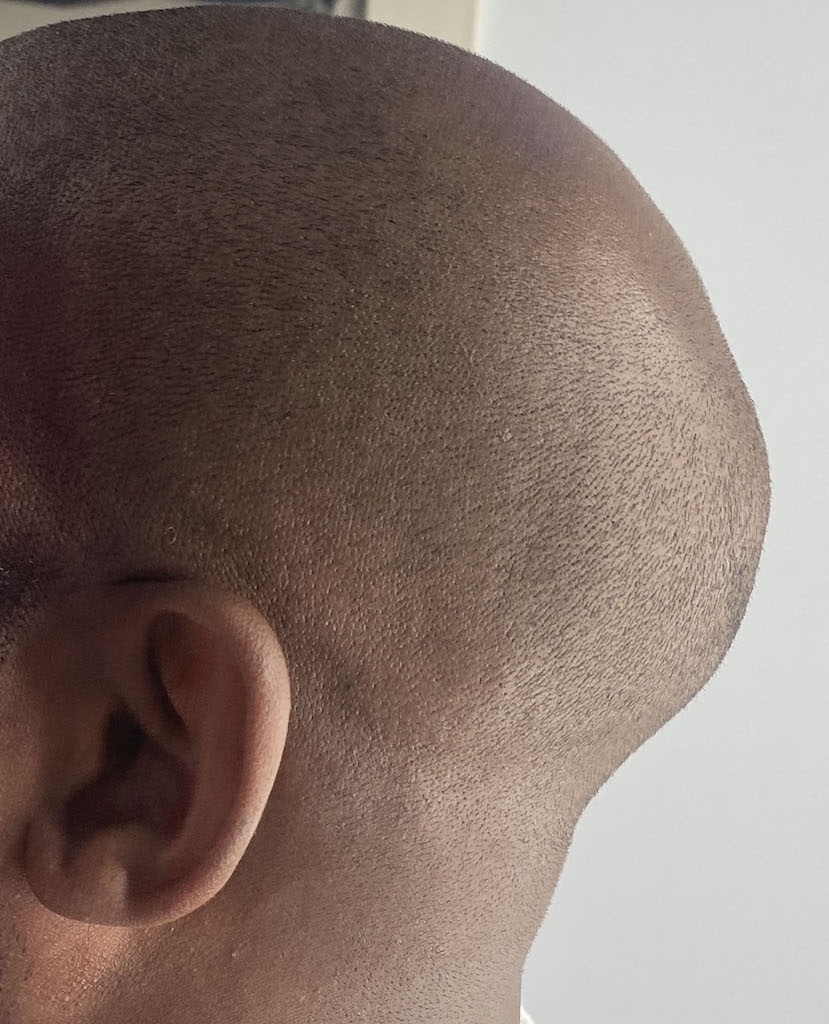
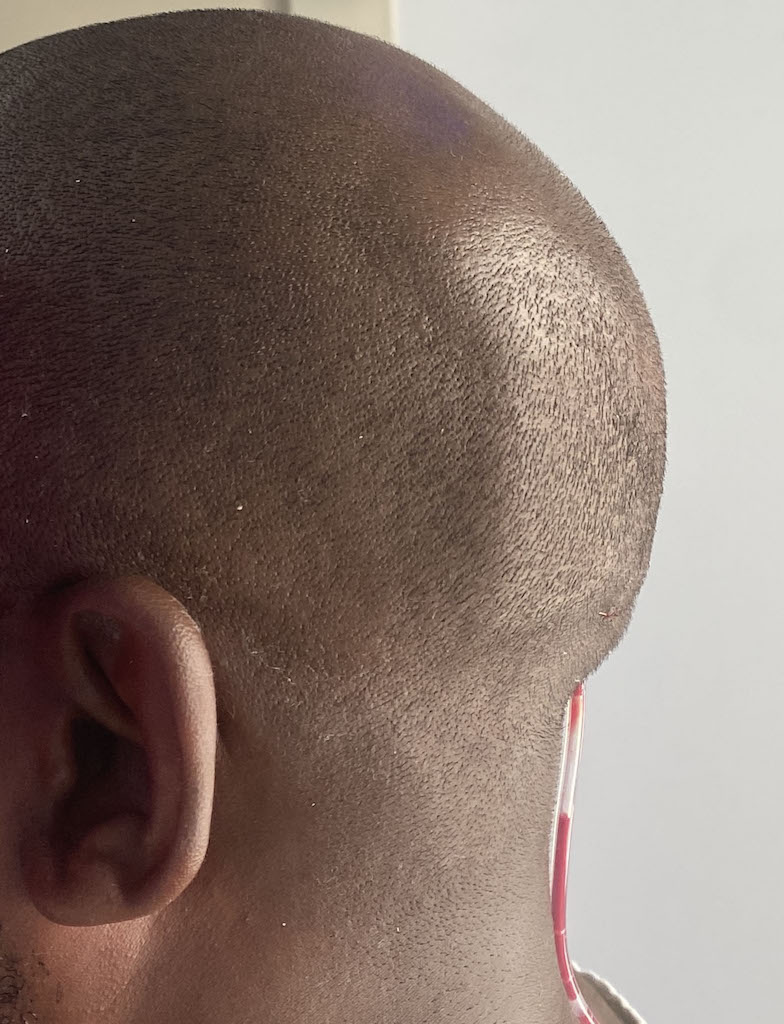
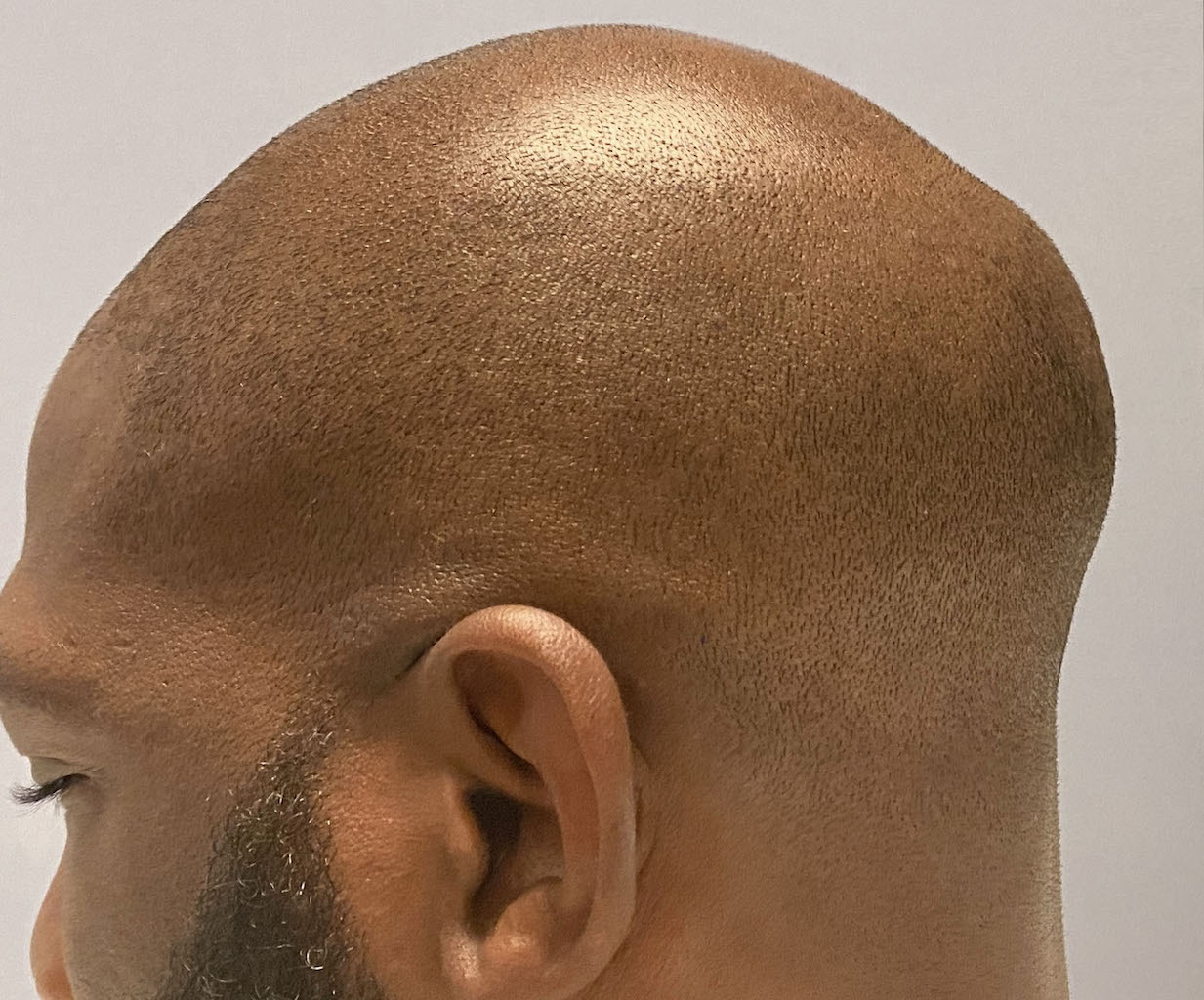
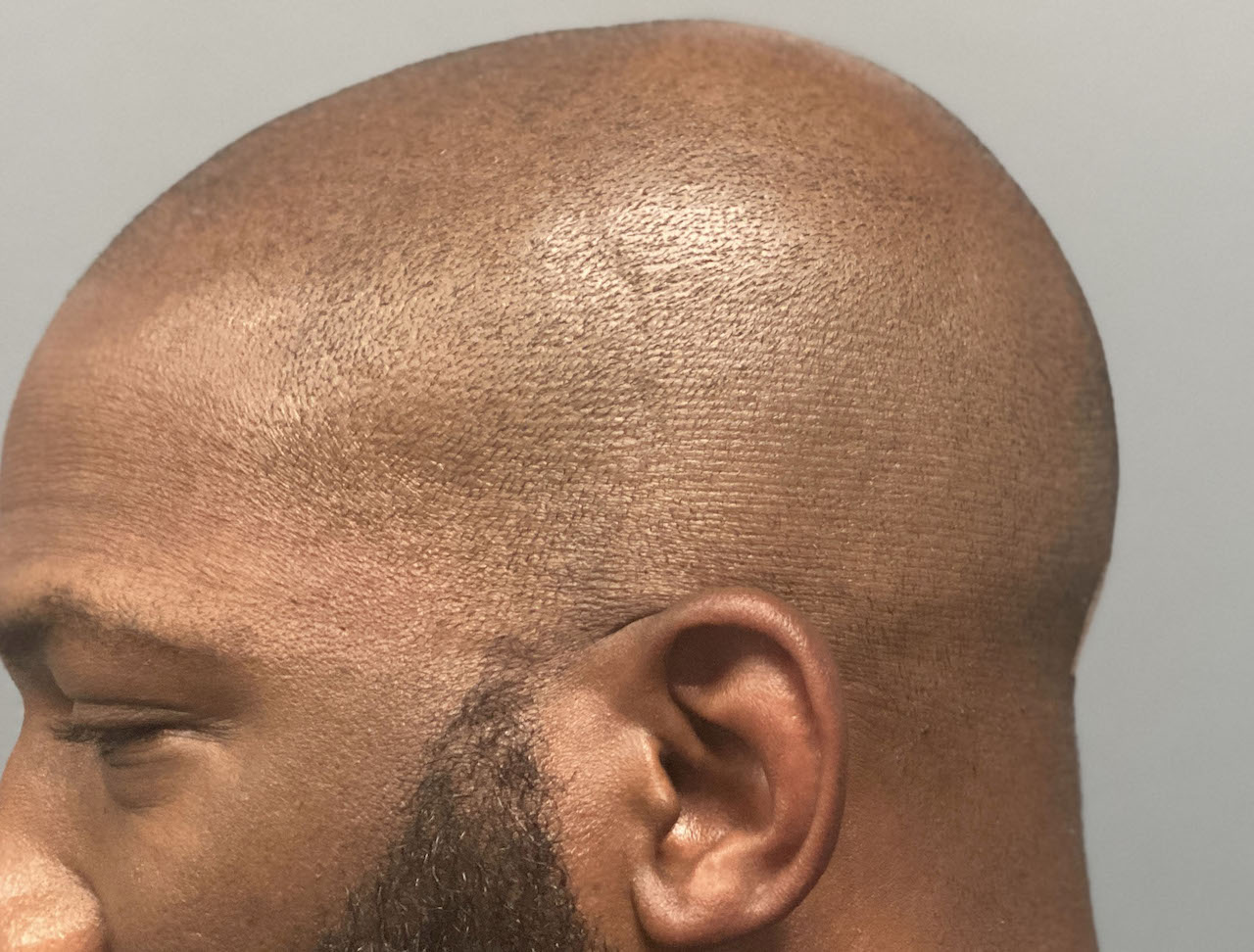
Desire to reduce large protrusion on the back of his head.
Occipital bun skull reduction done by removing the outer cortical skull layer down into the diploic space. Result seen both at end of surgery and at drain removal the next day.
Patient 147
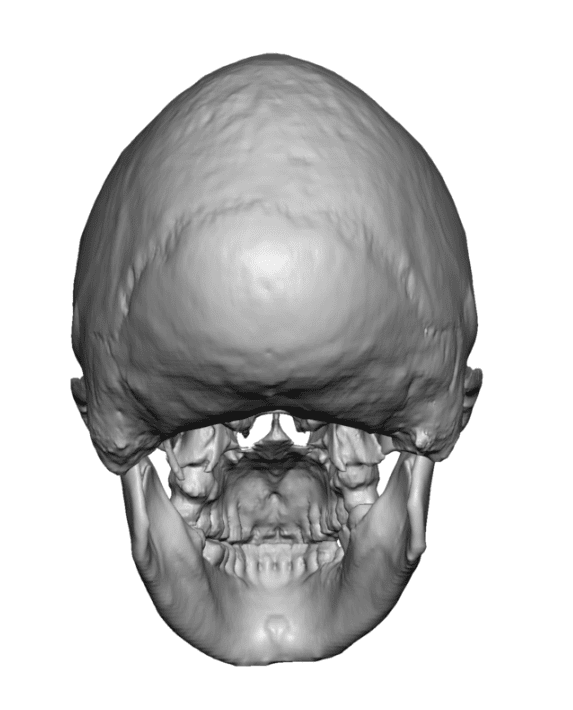
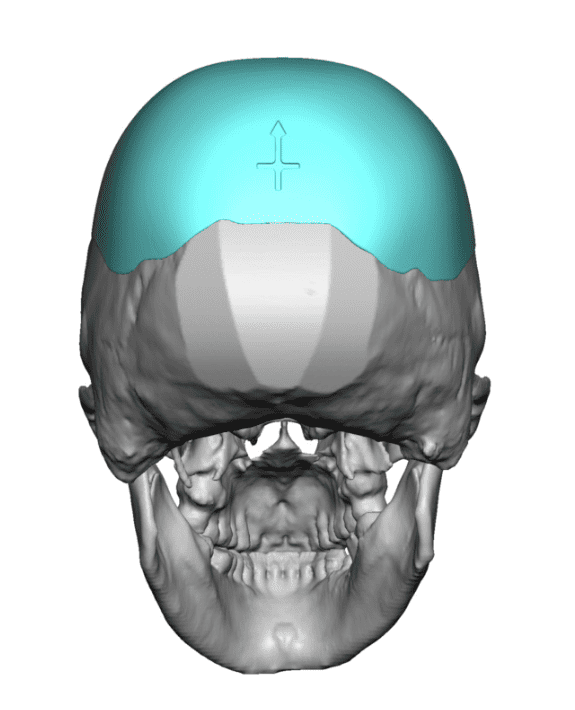
Male with congenital sagittal skull deformity with a long and narrow head.
Custom skull implant to widen the head from front to back with forehead and occipital skull bony reductions.


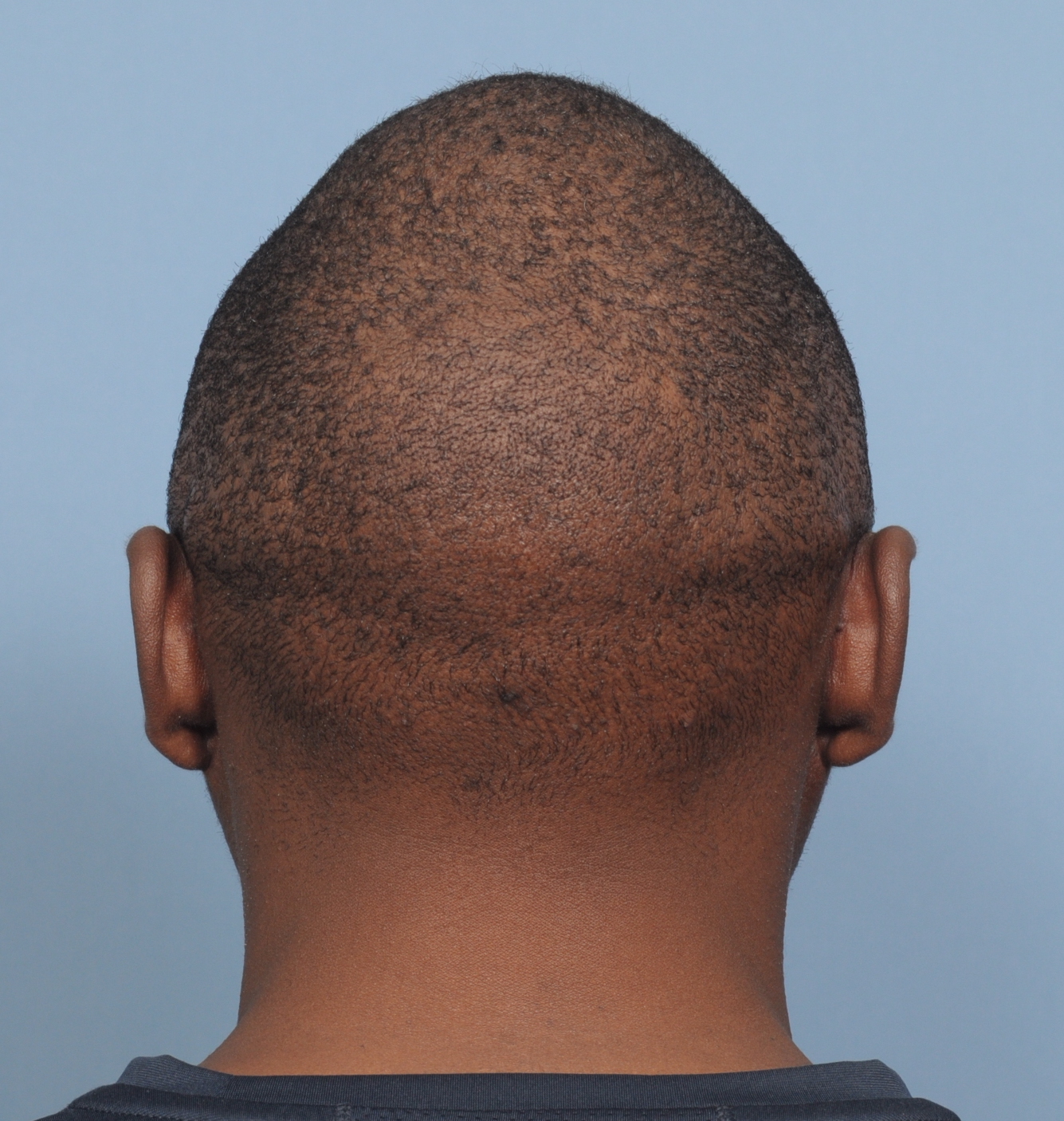
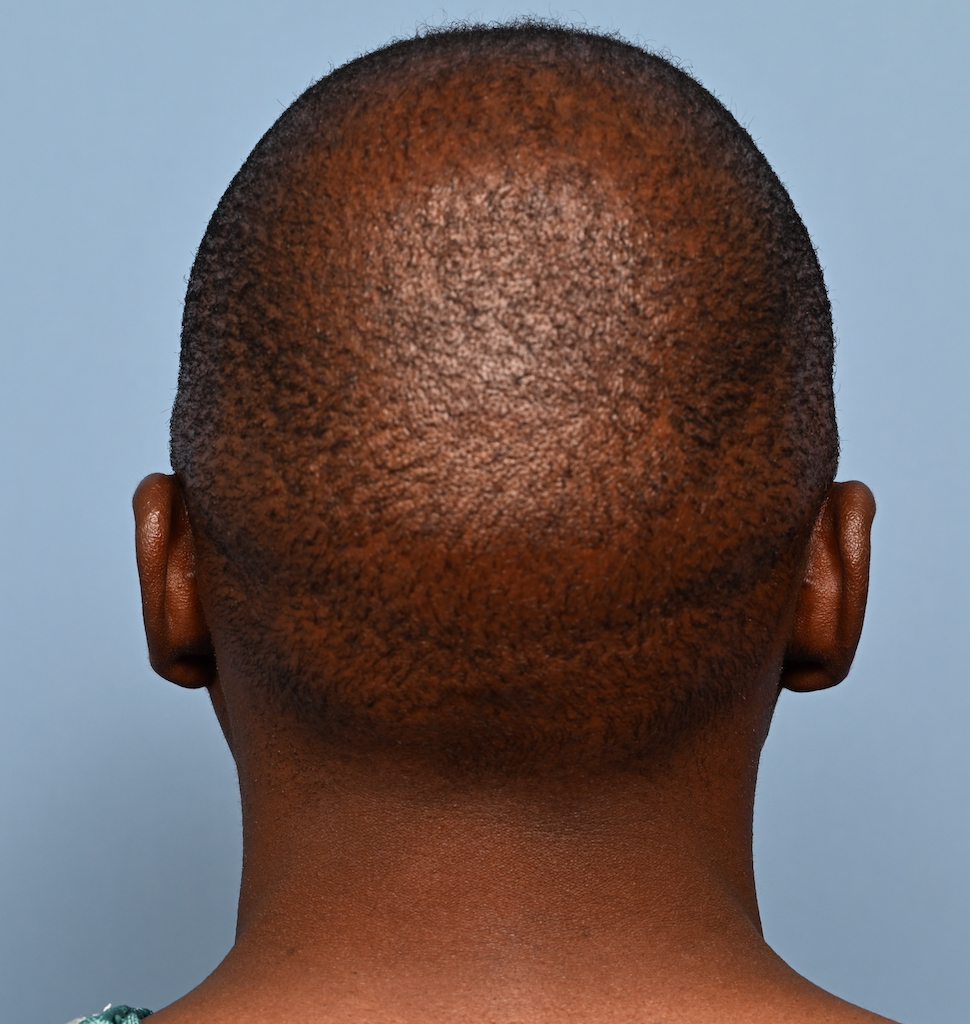
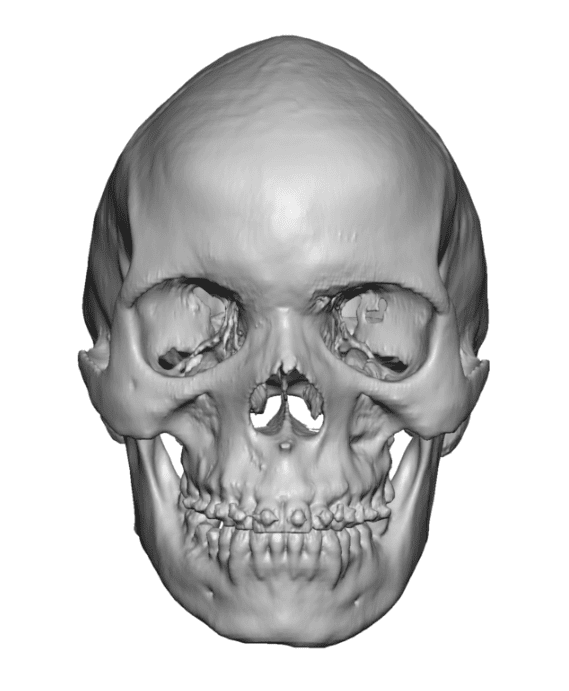
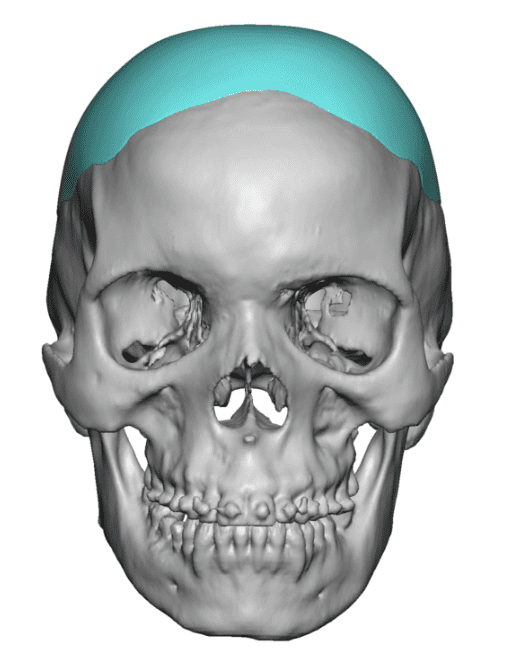
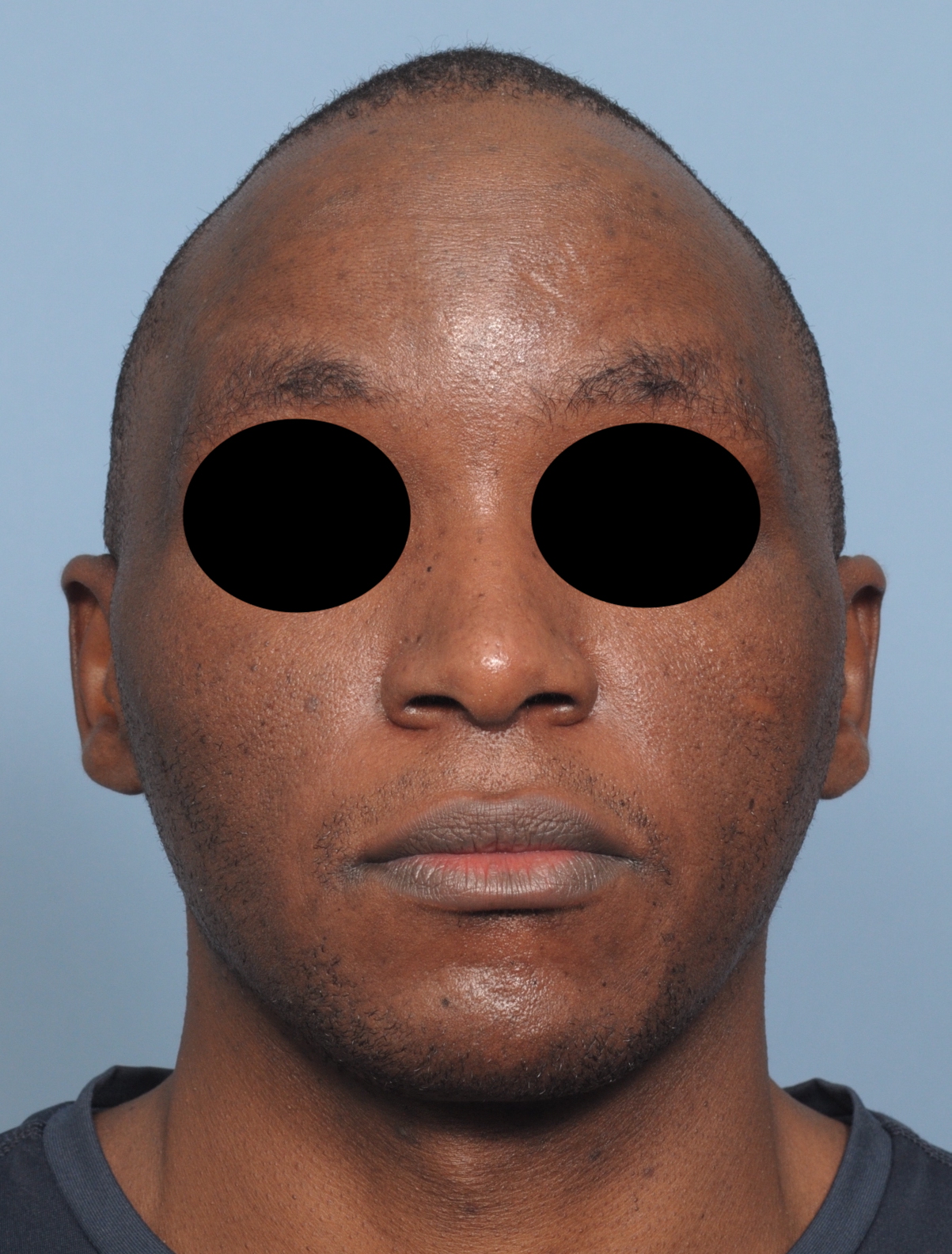
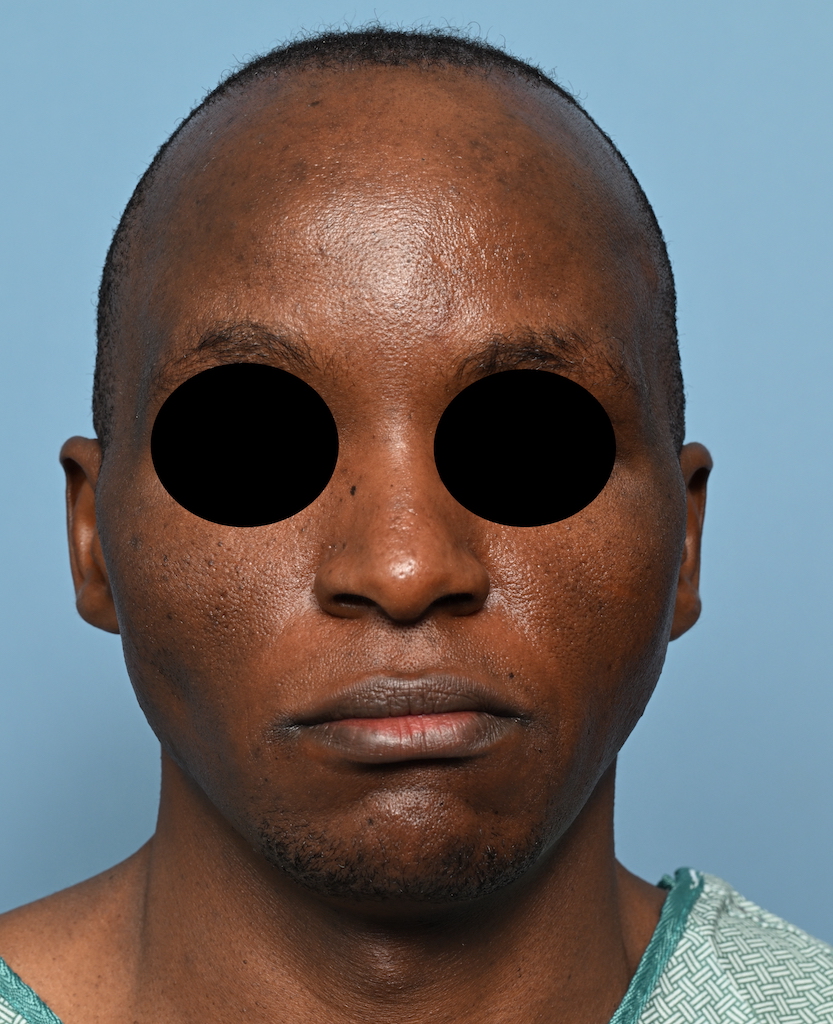
Male with congenital sagittal skull deformity with a long and narrow head.
Custom skull implant to widen the head from front to back with forehead and occipital skull bony reductions.
Patient 148
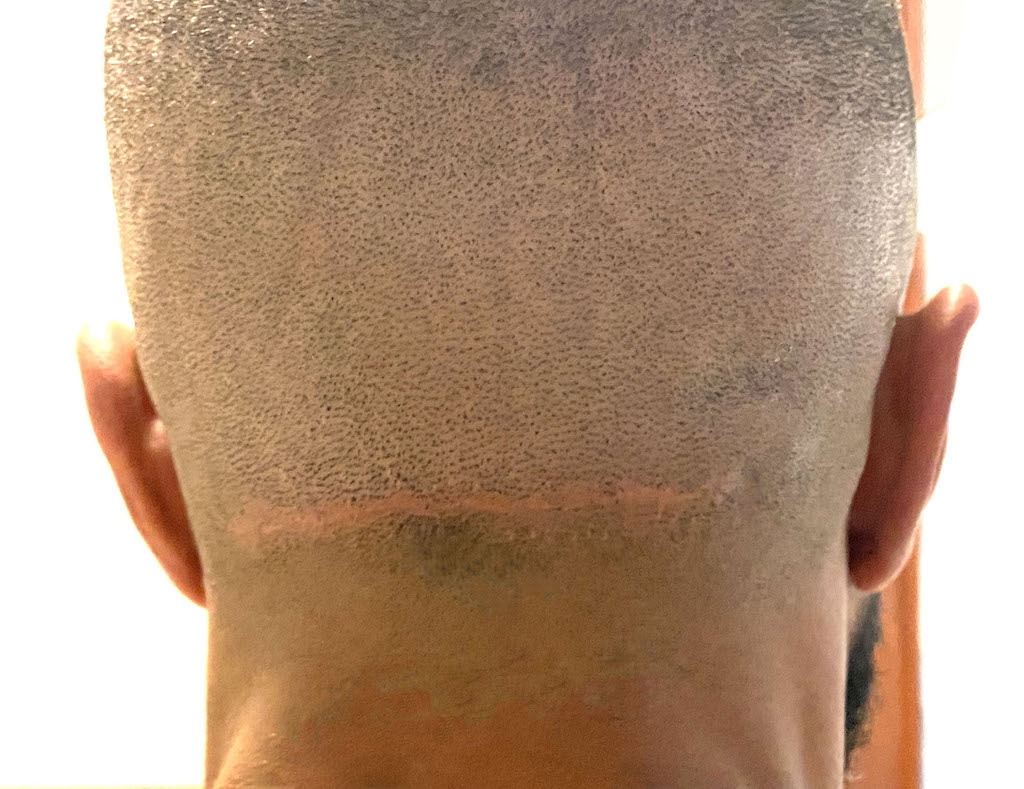
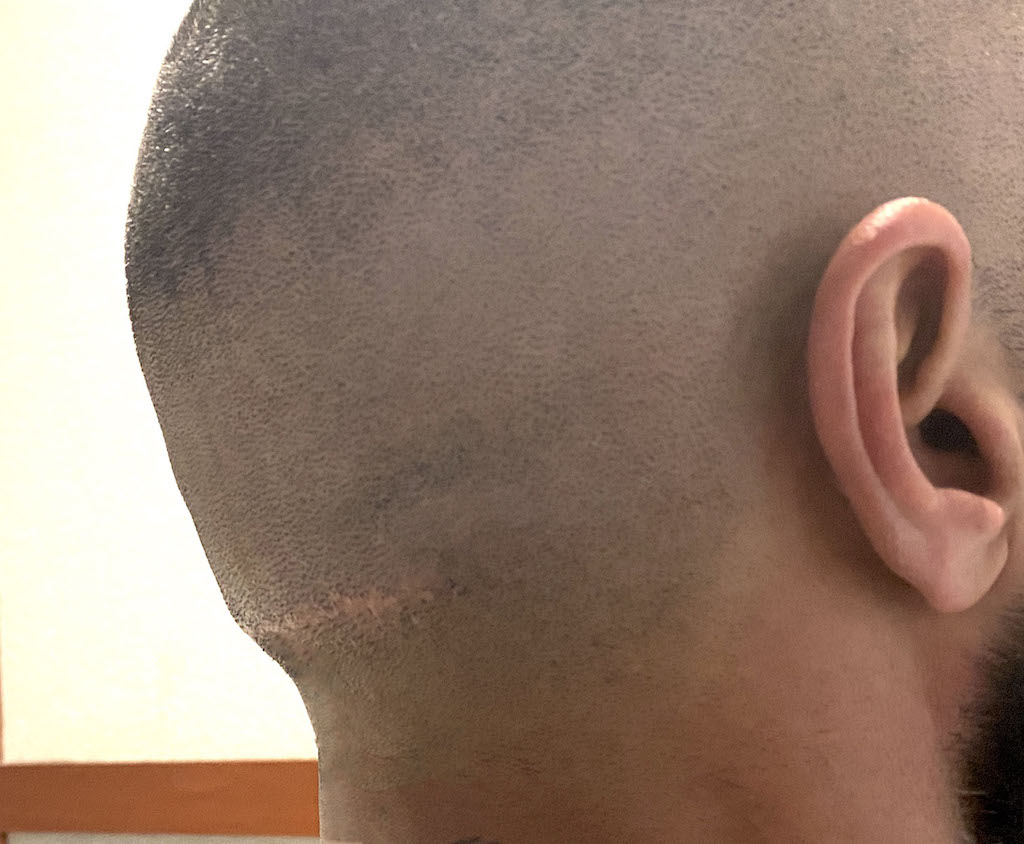
Had an initial occipital scalp roll excision, with some improvement, but desired a complete flattening with a better scar result.
Secondary occipial scalp roll excision with central knob bone reduction.


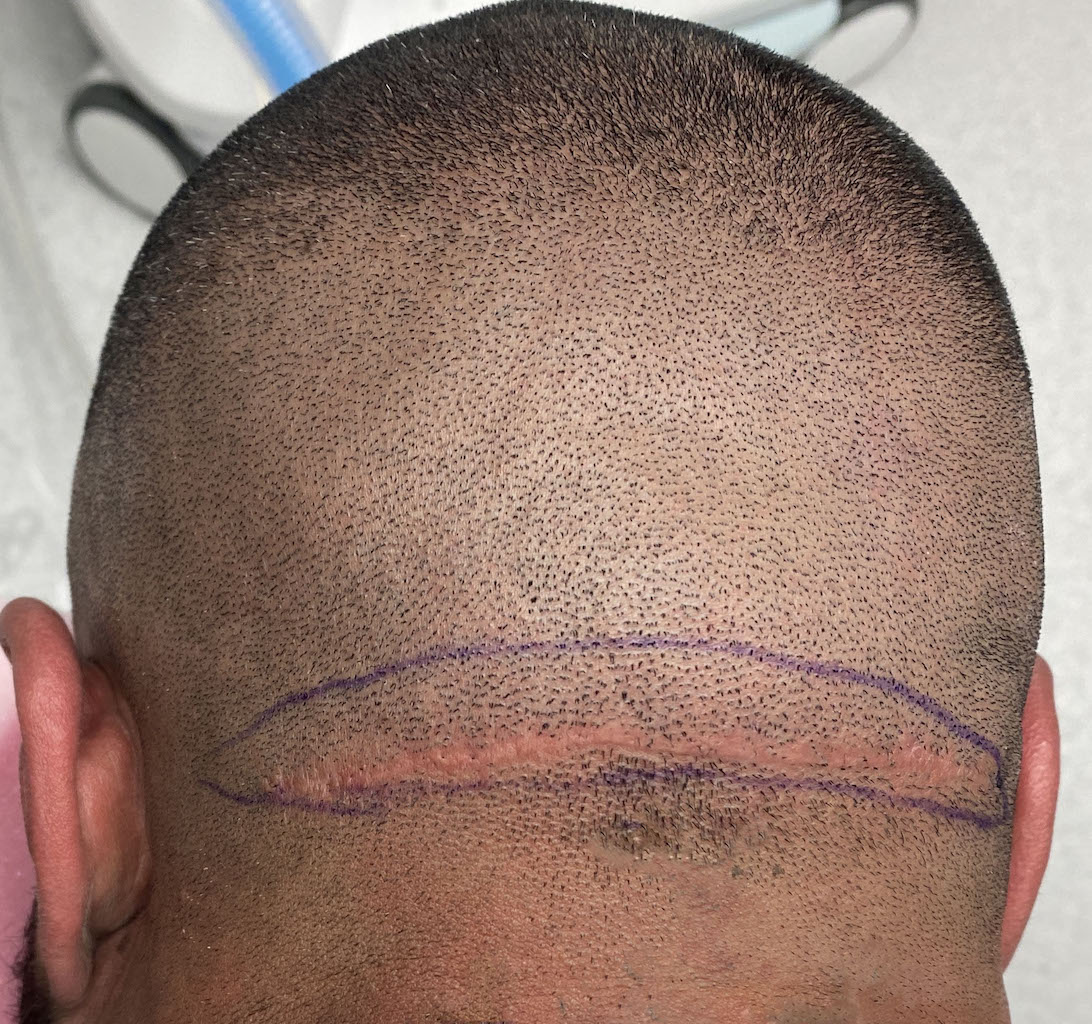
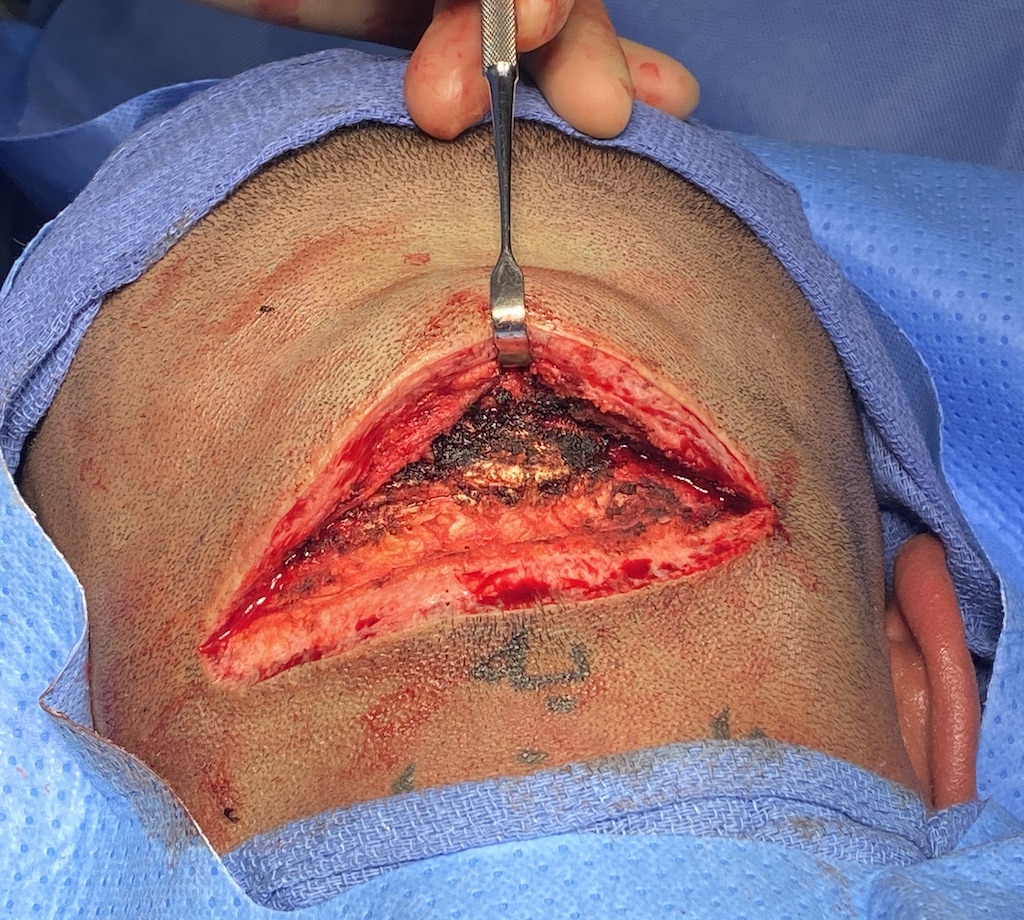
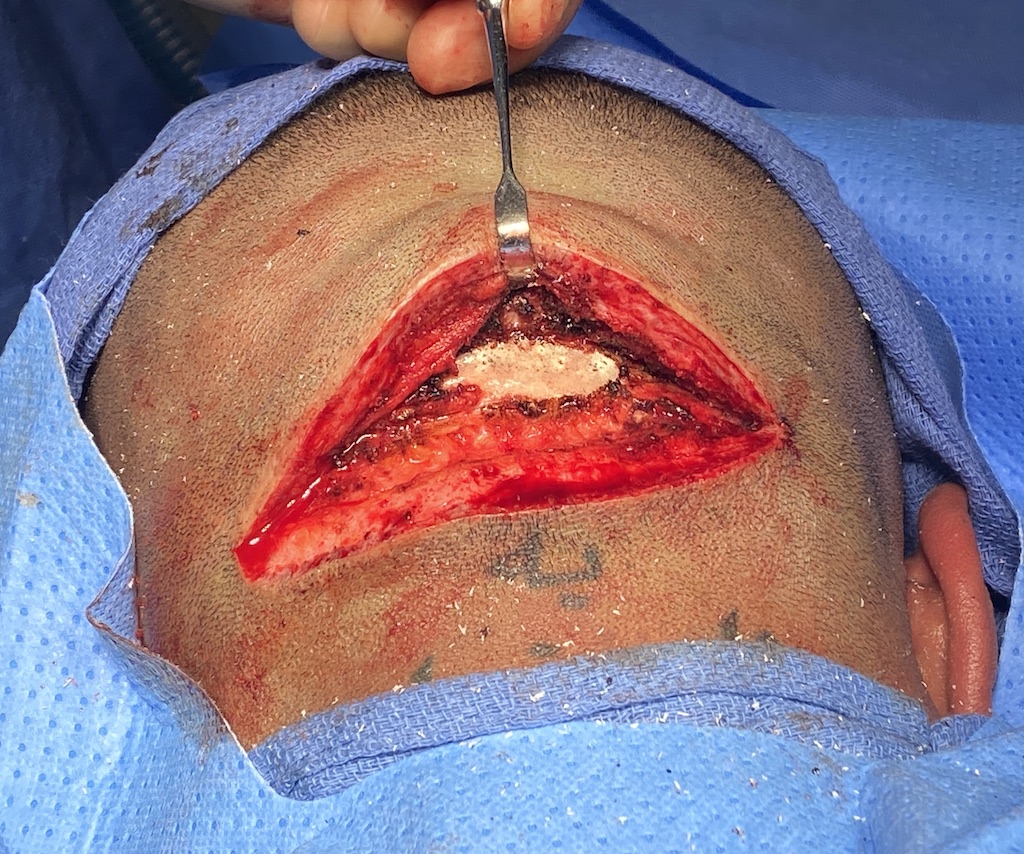
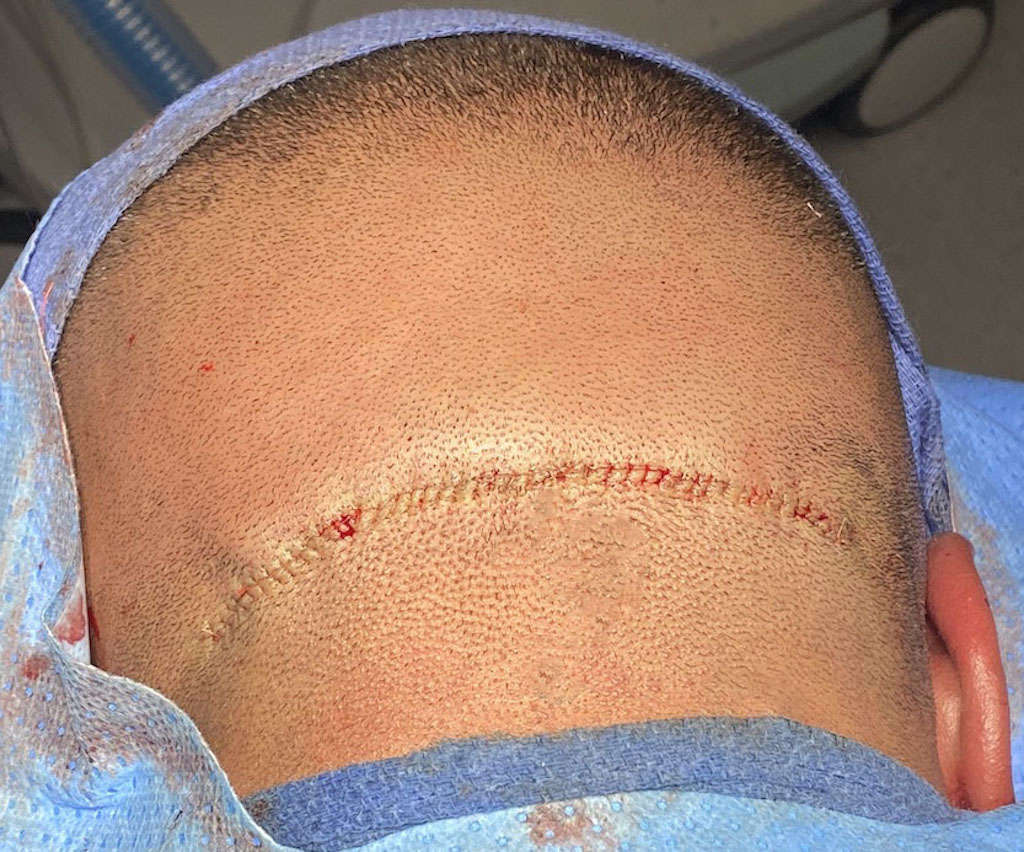
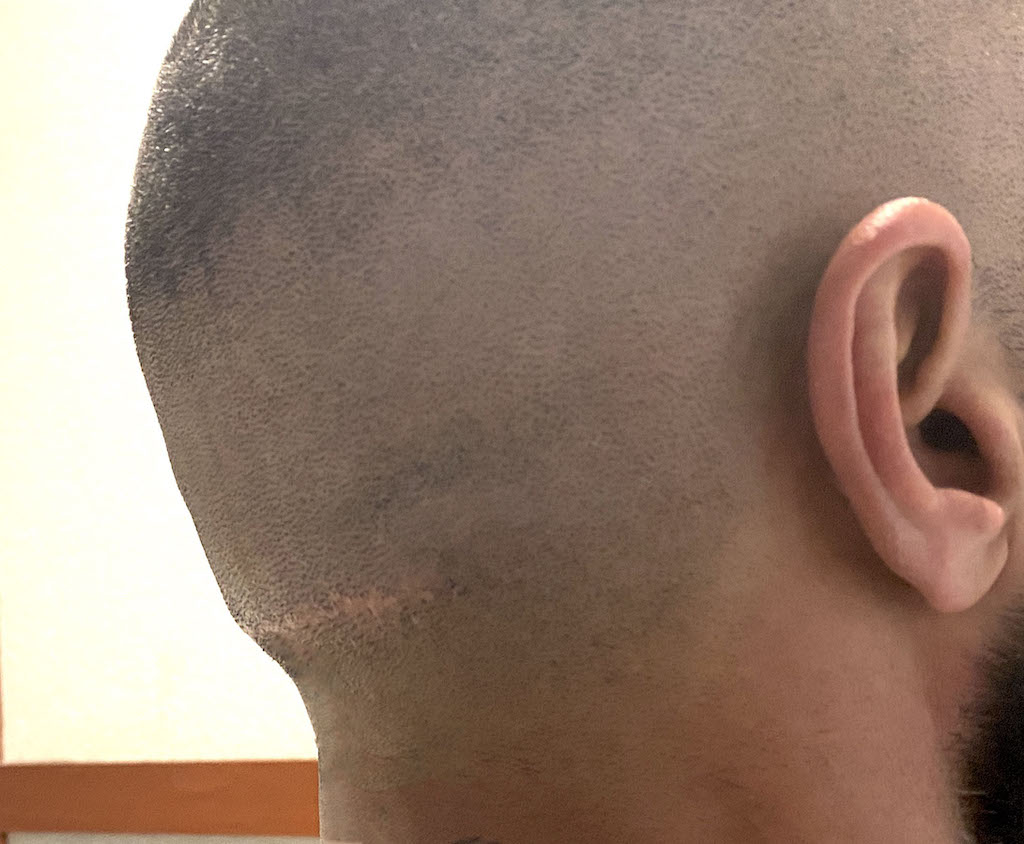
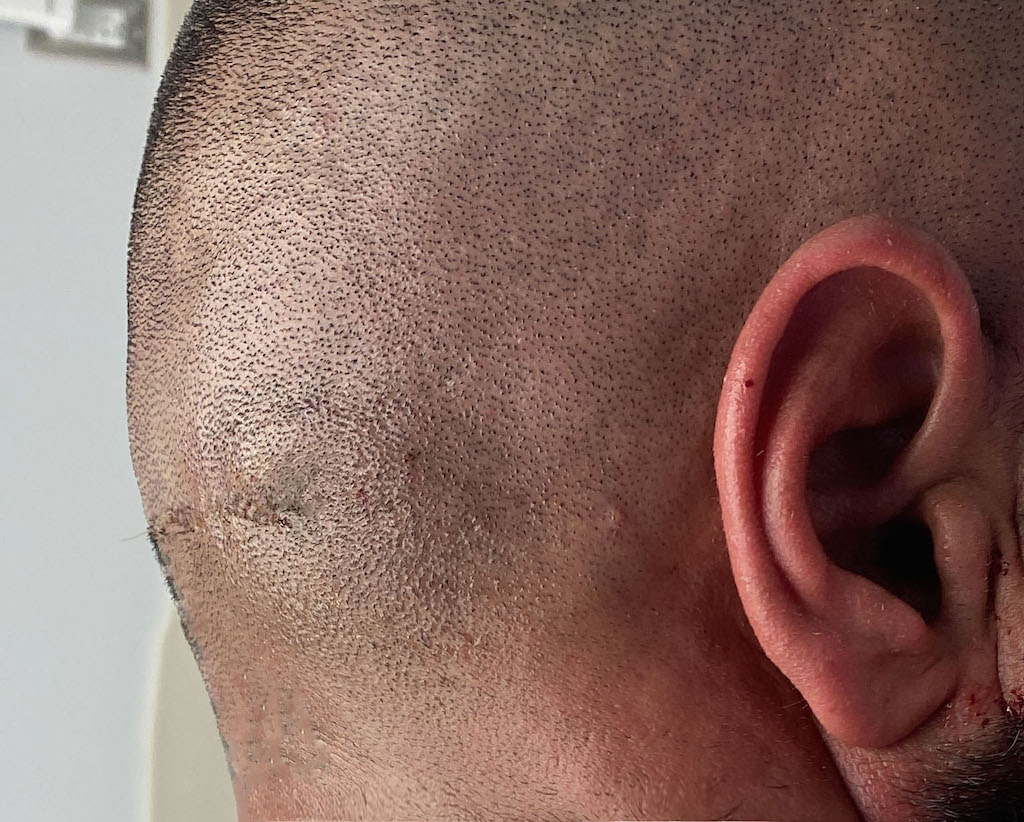
Had an initial occipital scalp roll excision, with some improvement, but desired a complete flattening with a better scar result.
Secondary occipial scalp roll excision with central knob bone reduction.
Patient 149
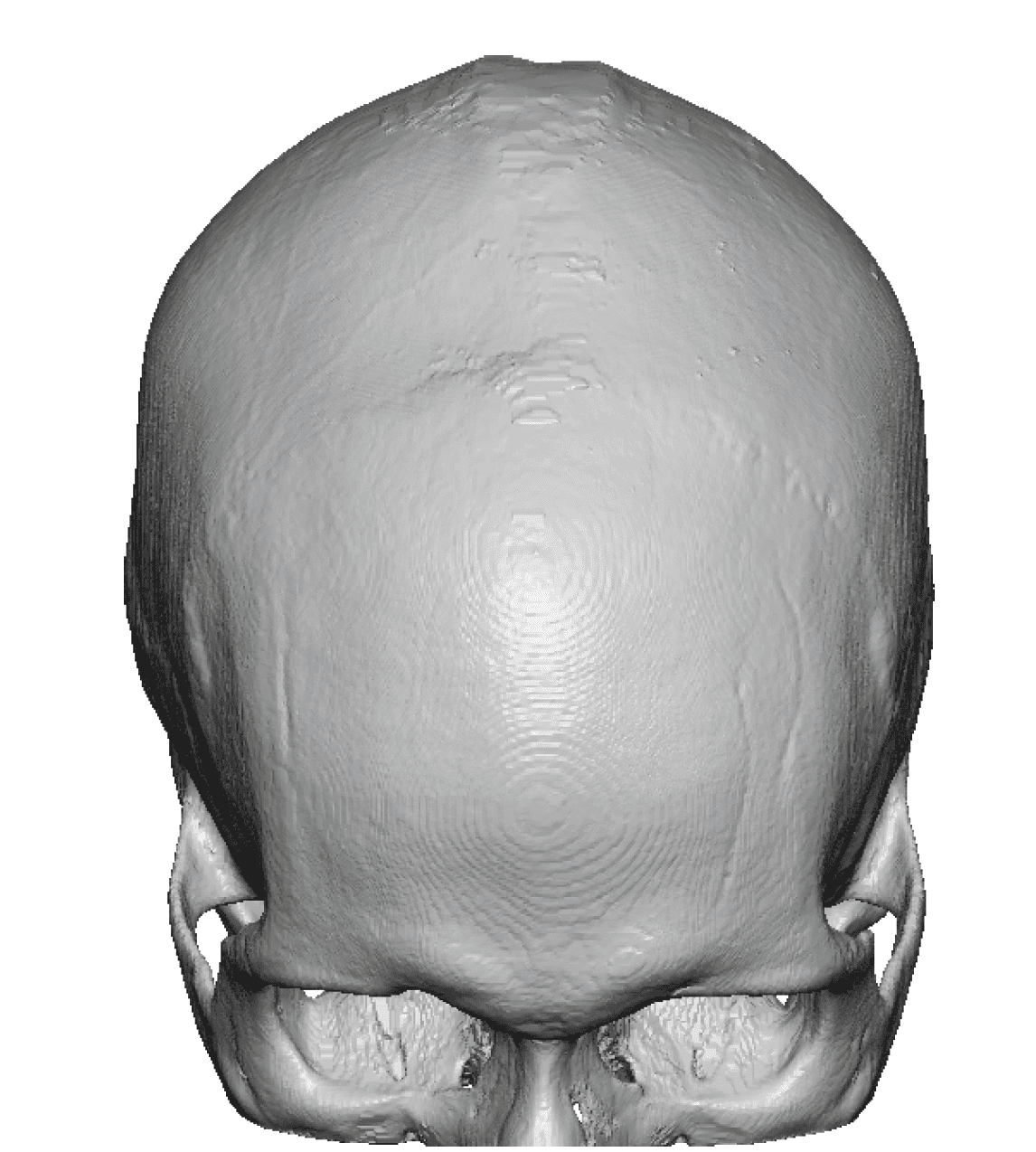
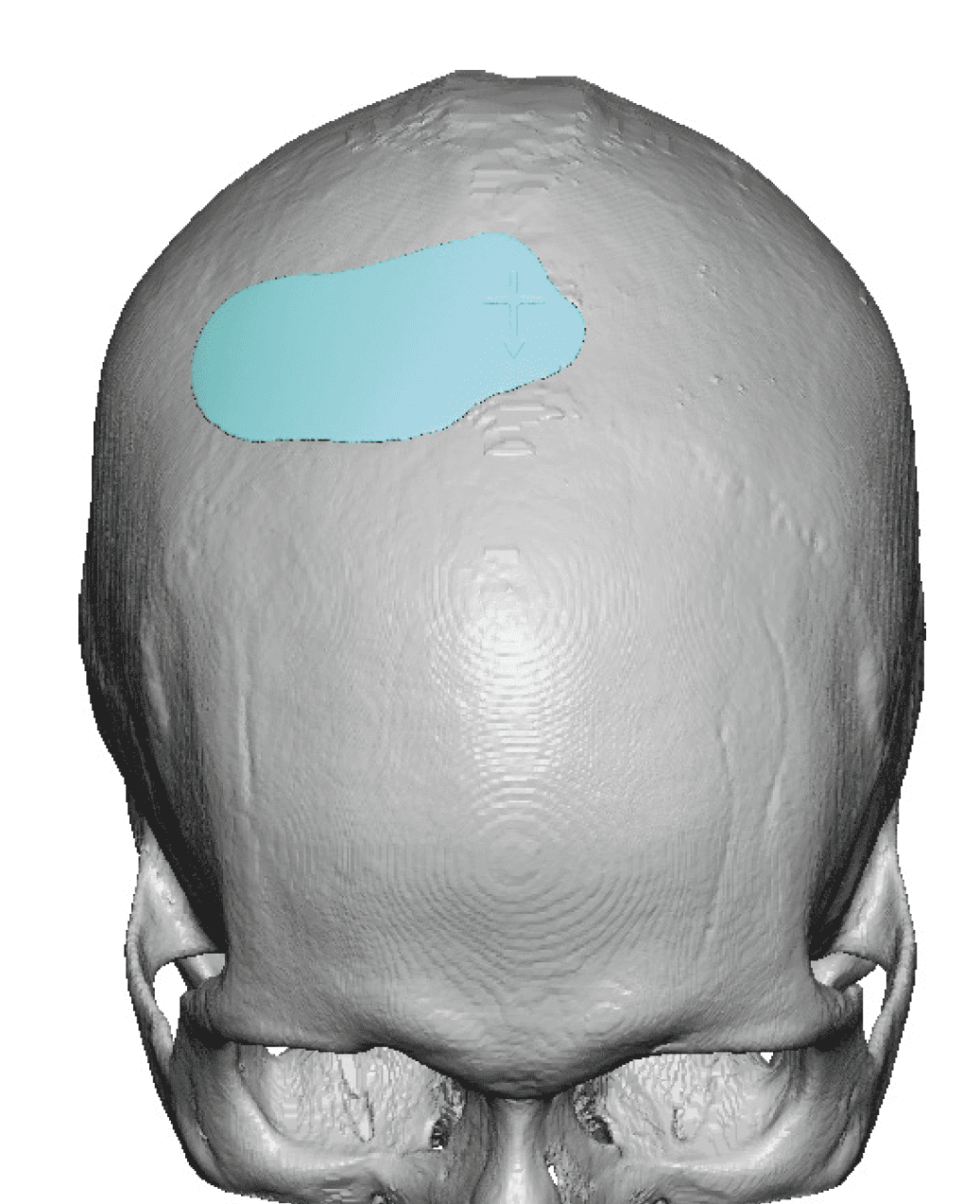
Desire to reduce the appearance of a small dip along the coronal suture line on the right side of the top of his head.
Design and placement of a small right coronal dip skull implant through a 1 cm scalp incision.


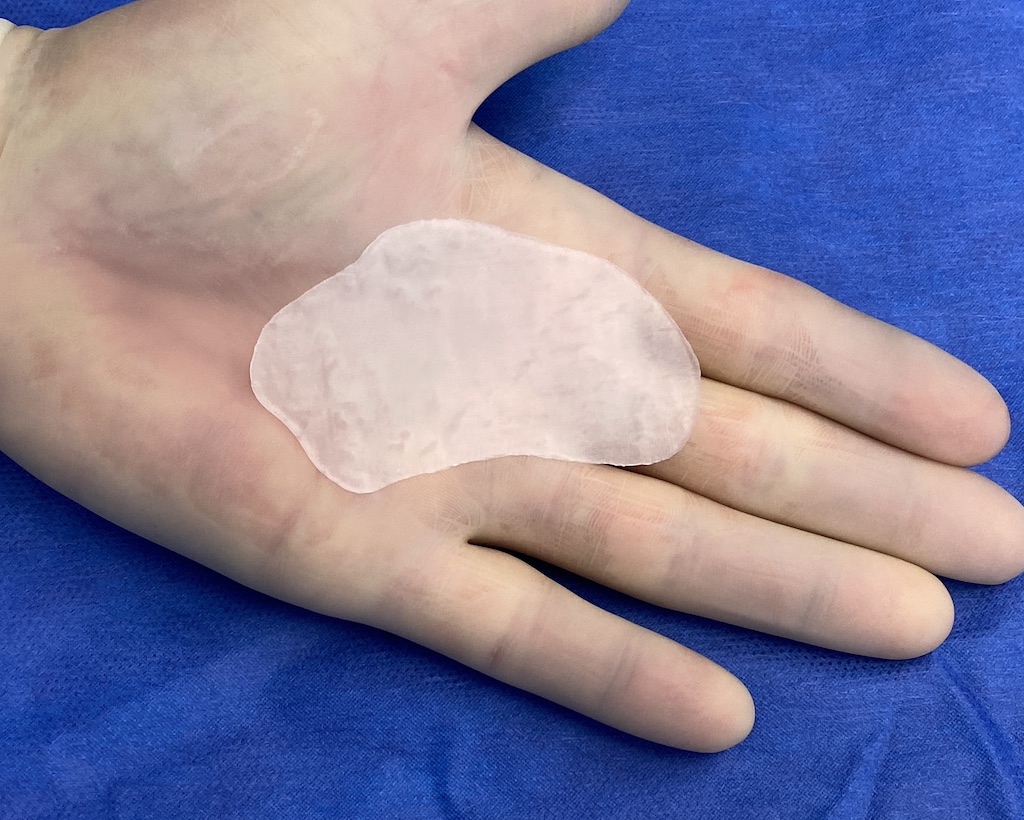
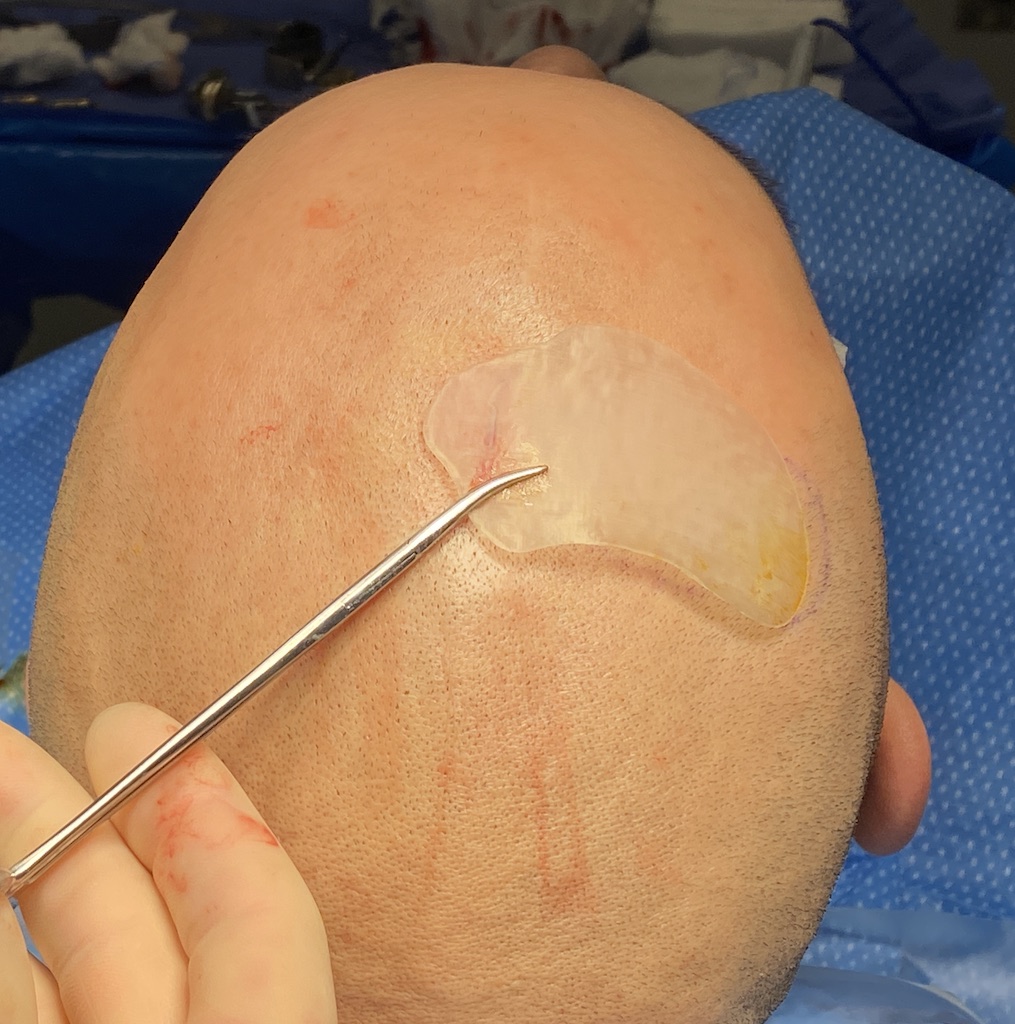
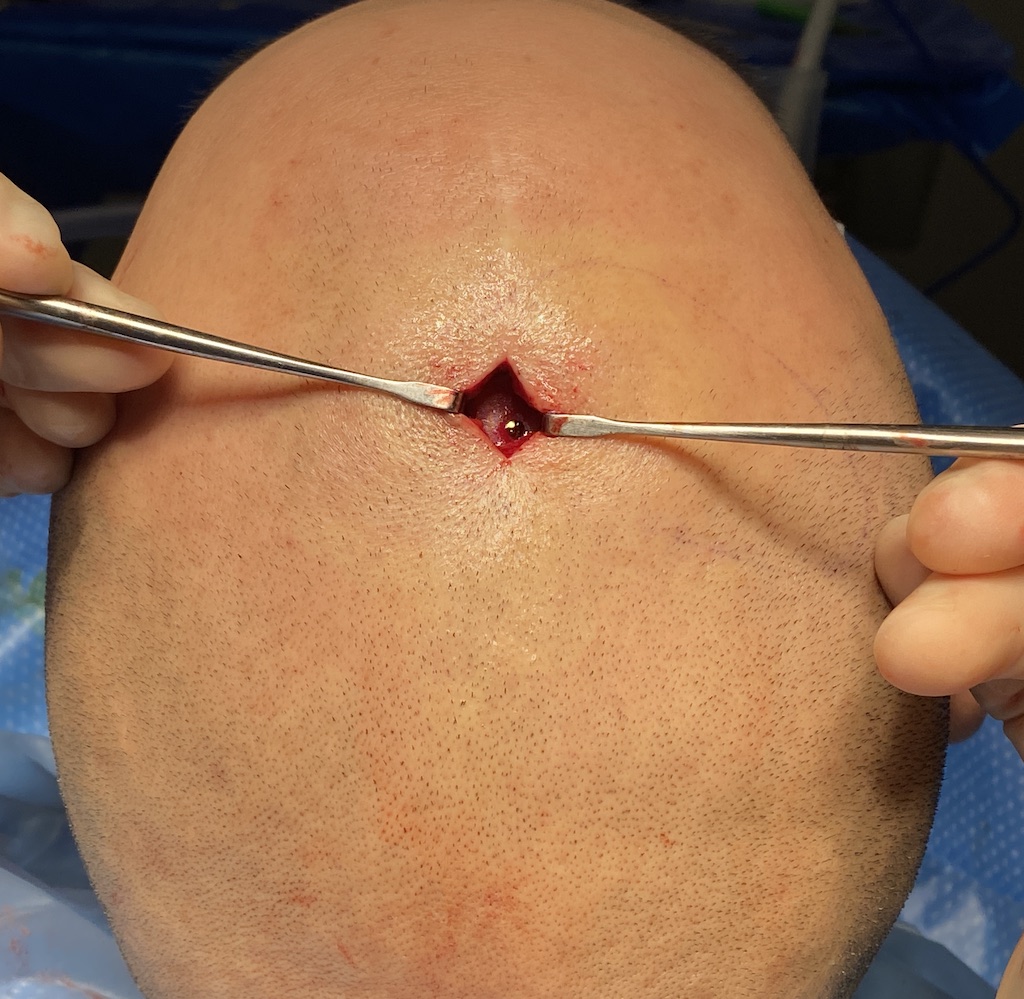

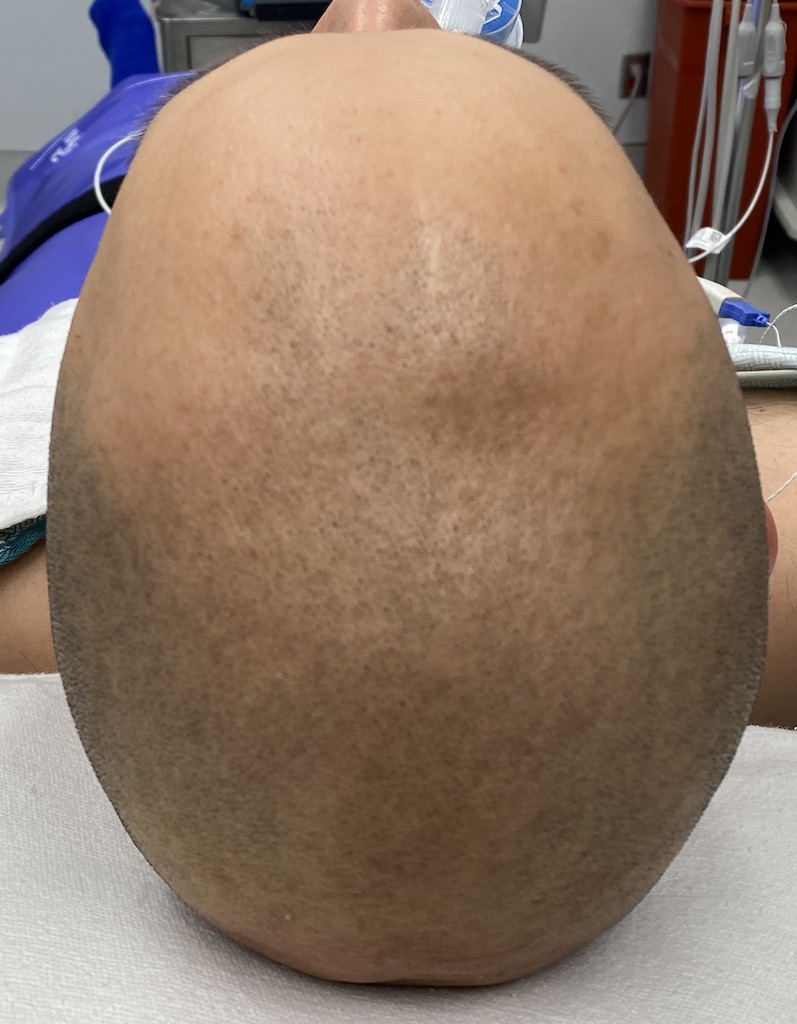
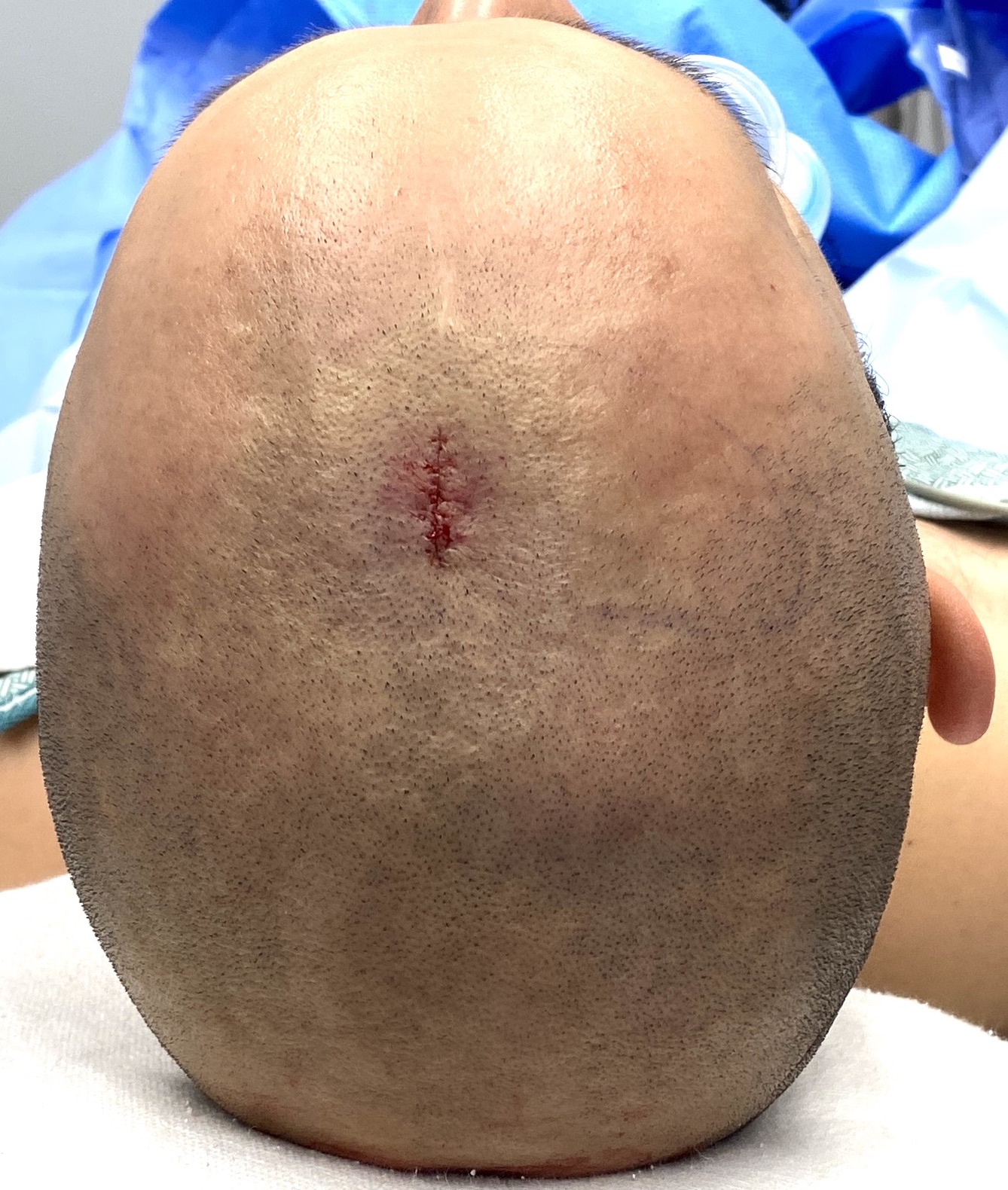
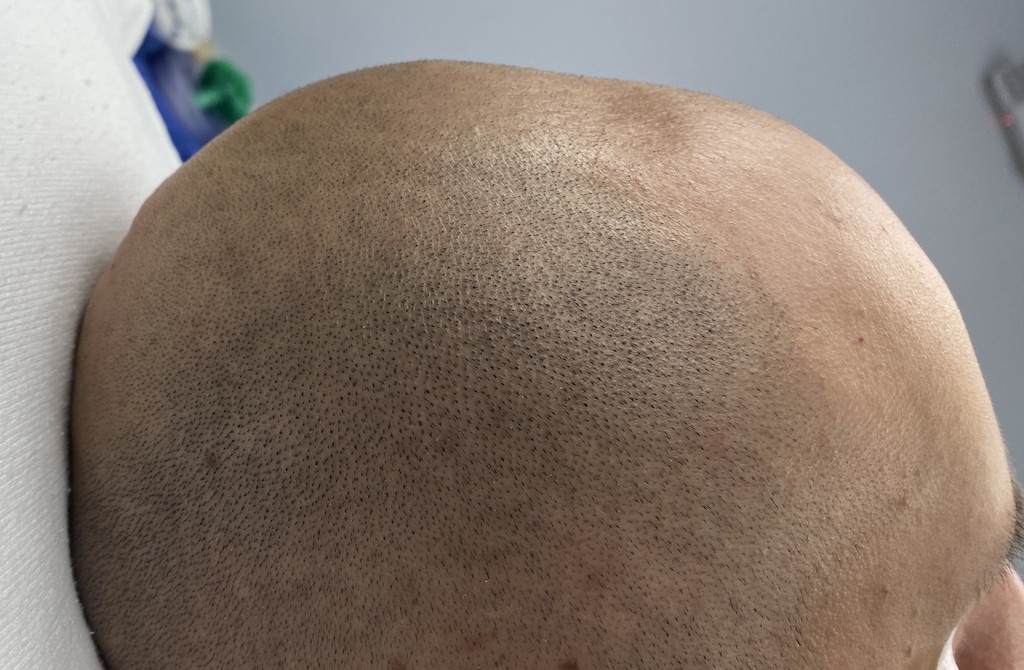
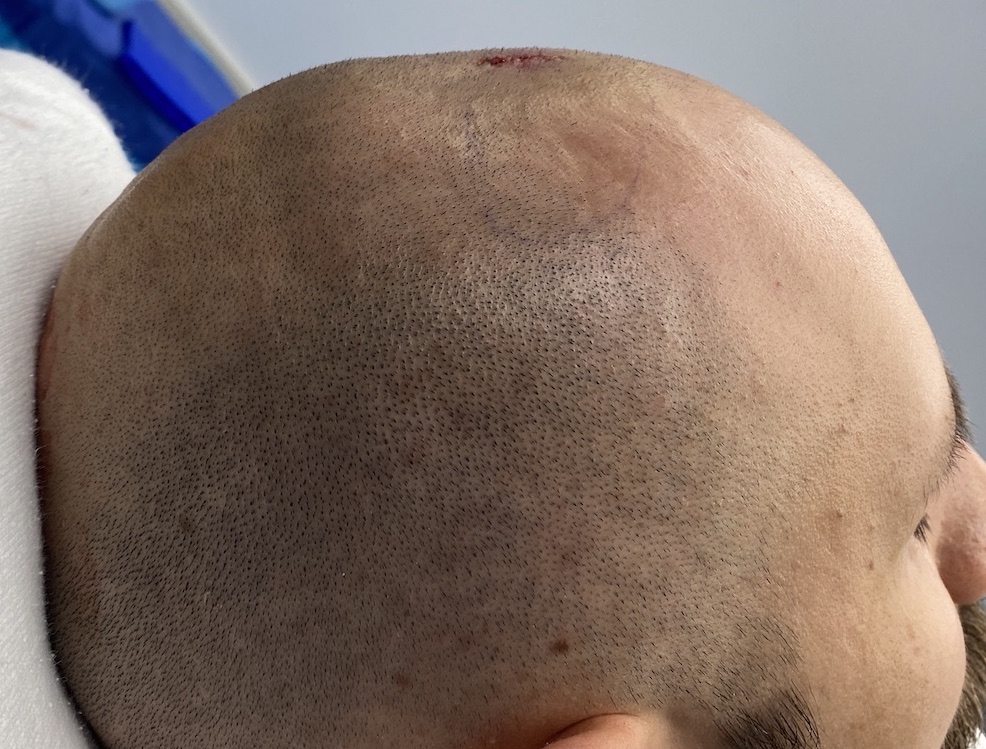
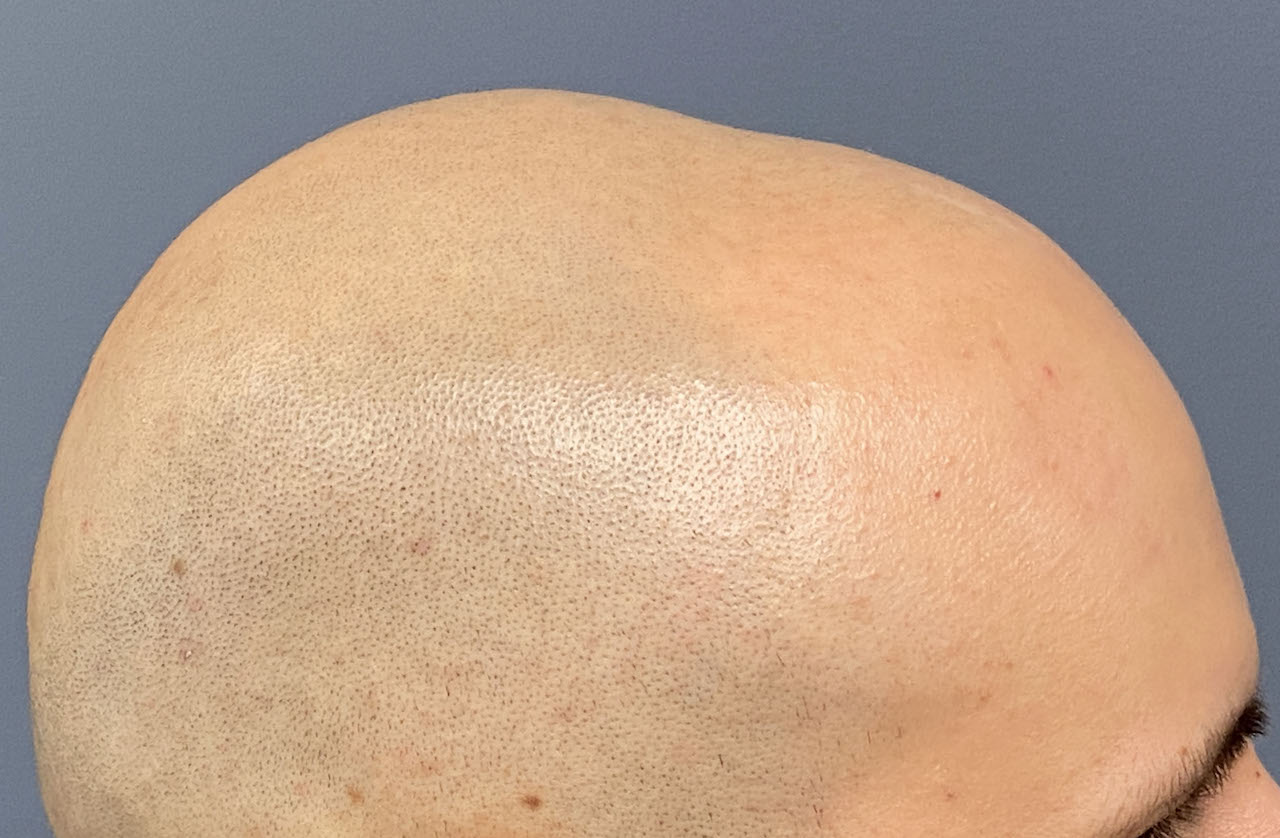
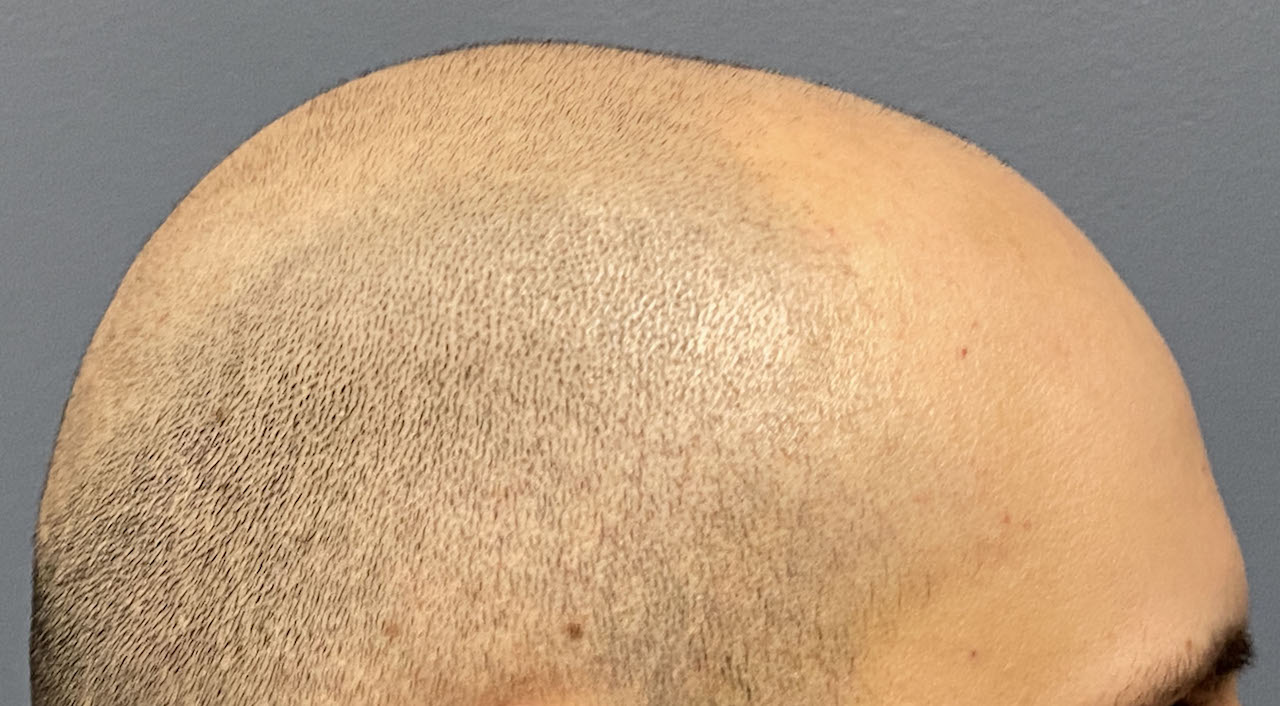
Desire to reduce the appearance of a small dip along the coronal suture line on the right side of the top of his head.
Design and placement of a small right coronal dip skull implant through a 1 cm scalp incision.
Patient 150
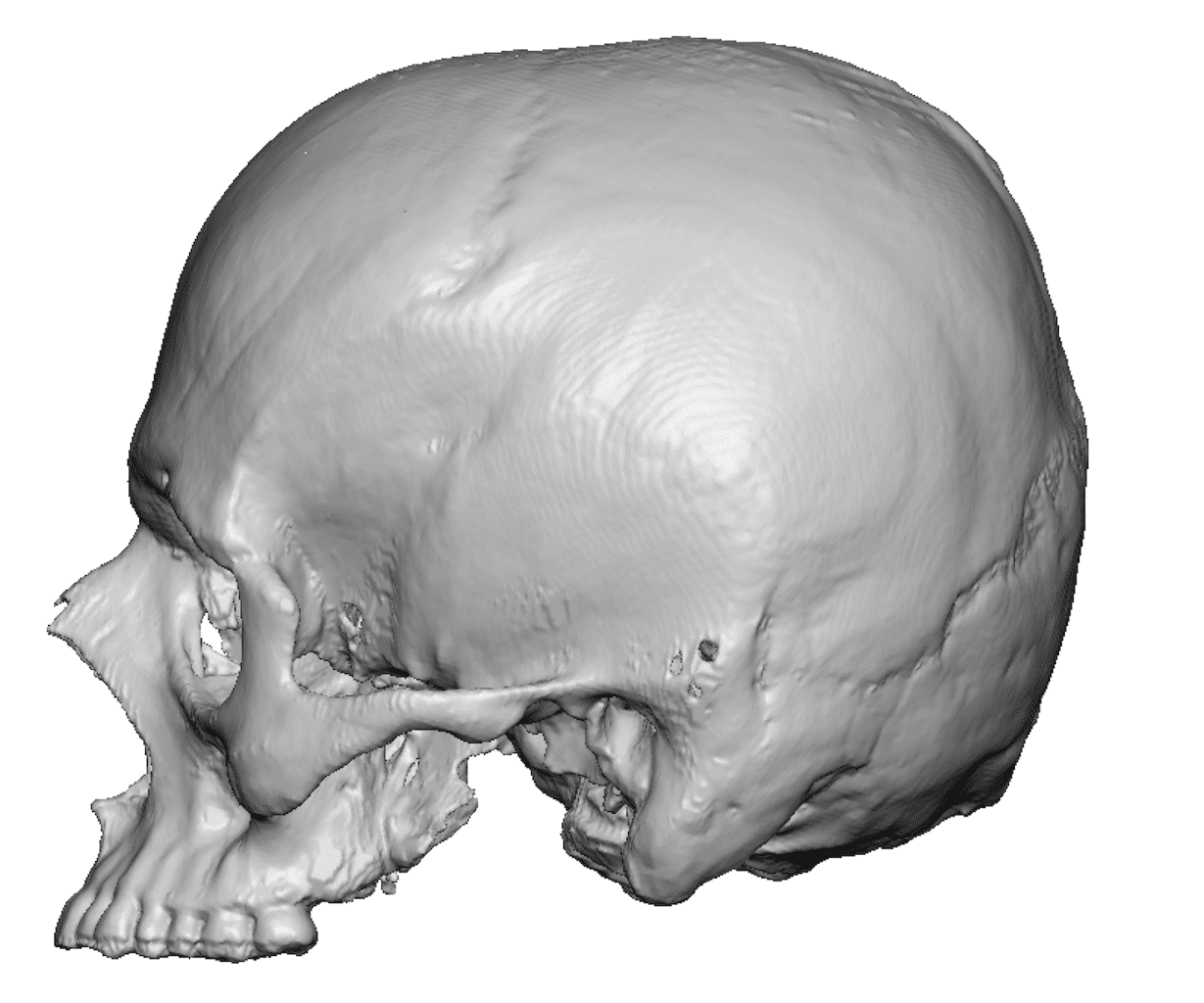
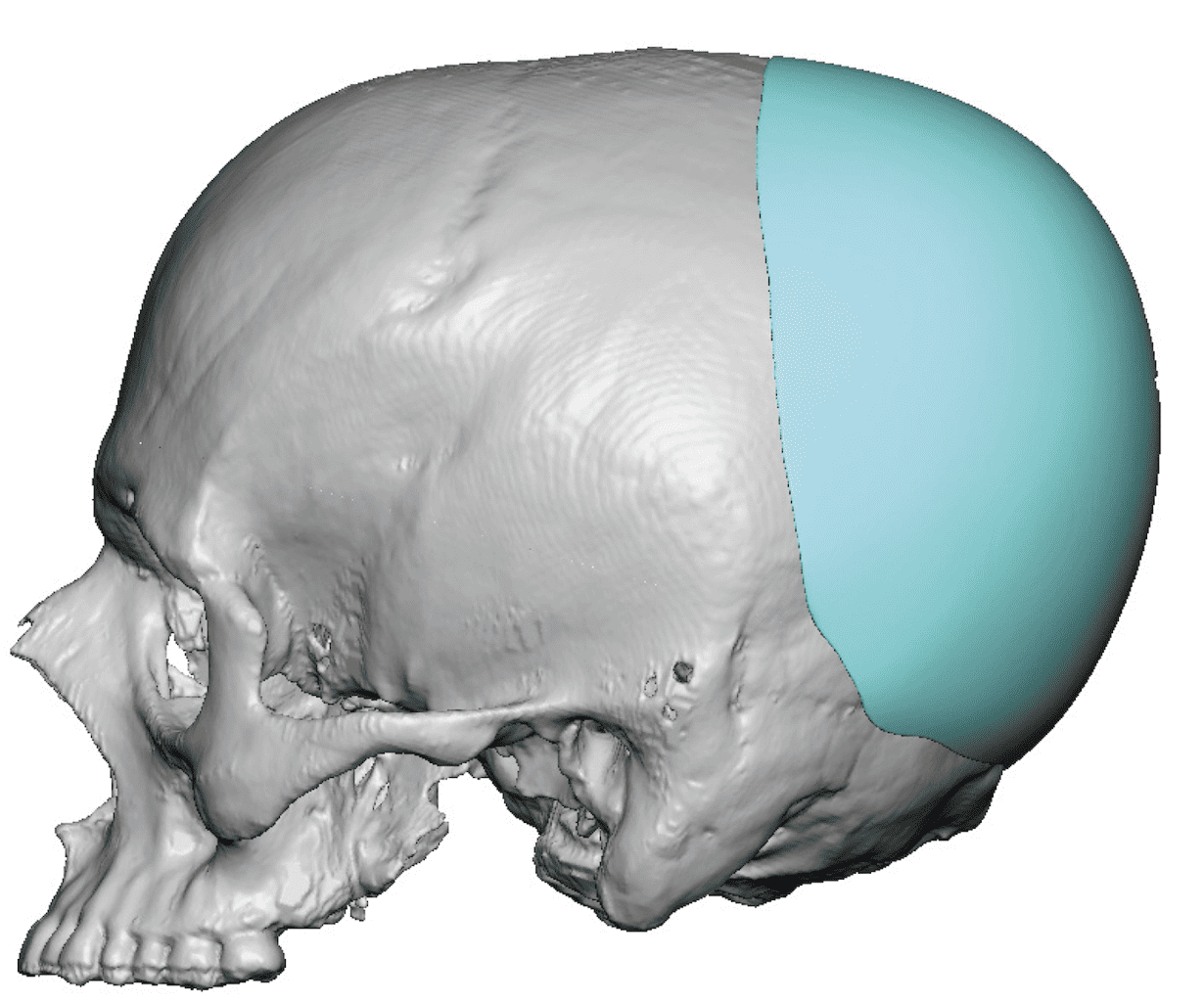
Desire for augmentation of congenitally flat back of head. The amount of implant volume needed was determined by an implant design of 200ccs. This required a first stage scalp expansion.
A scalp tissue expander was initially placed and the patient successfully inflated it over three months to 190ccs. It was removed and replaced thereafter with a large back of the head skull implant.


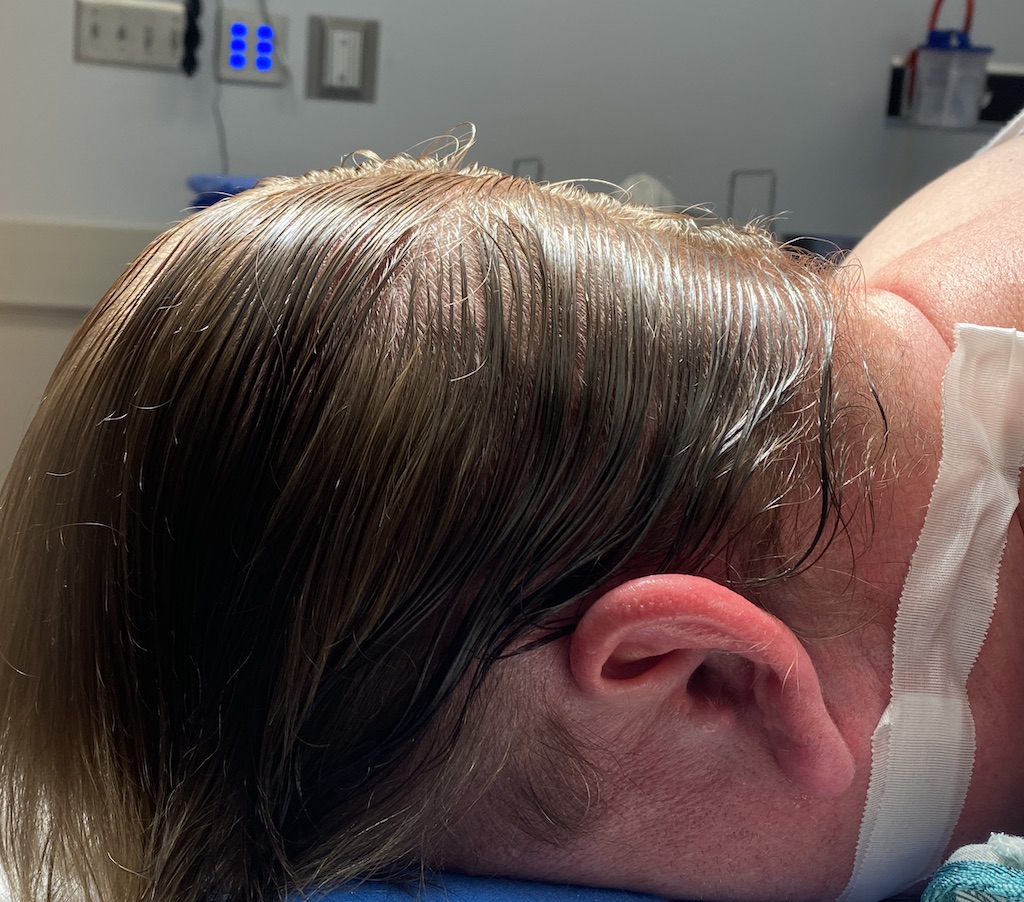
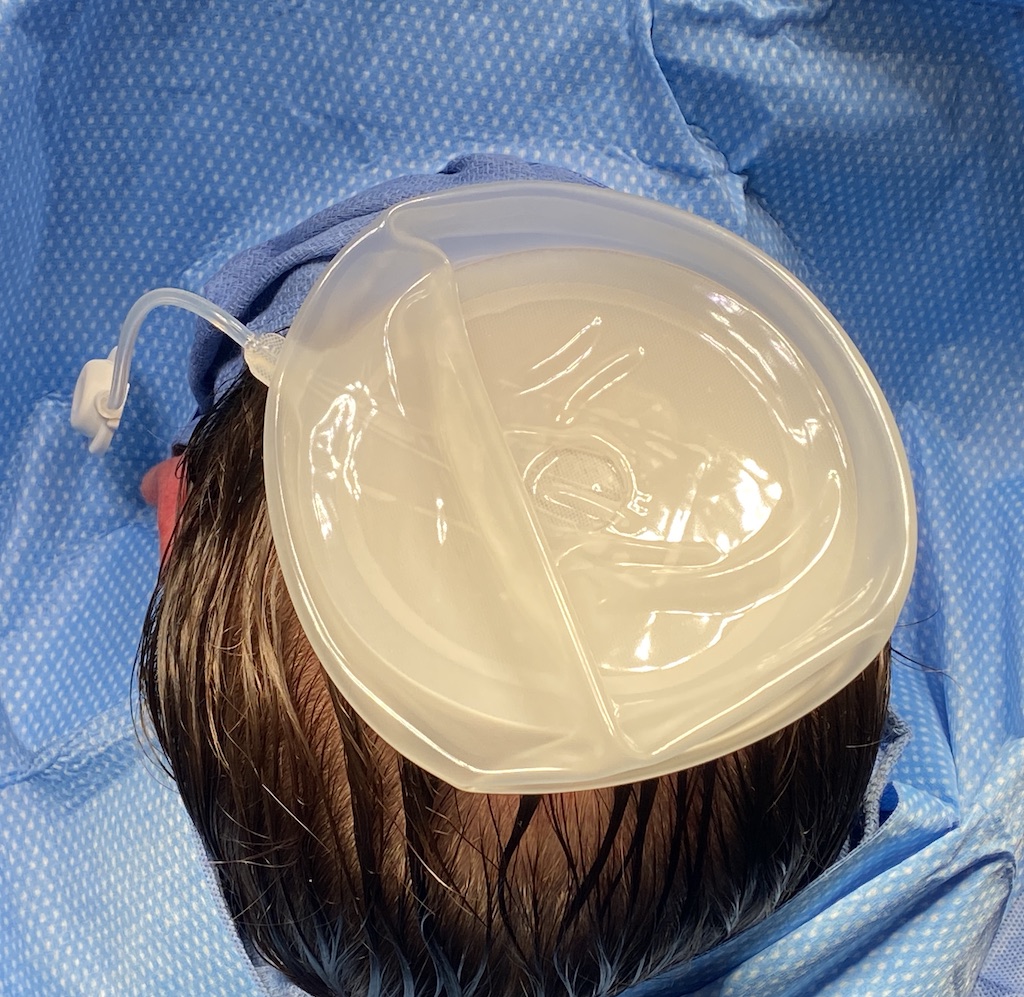
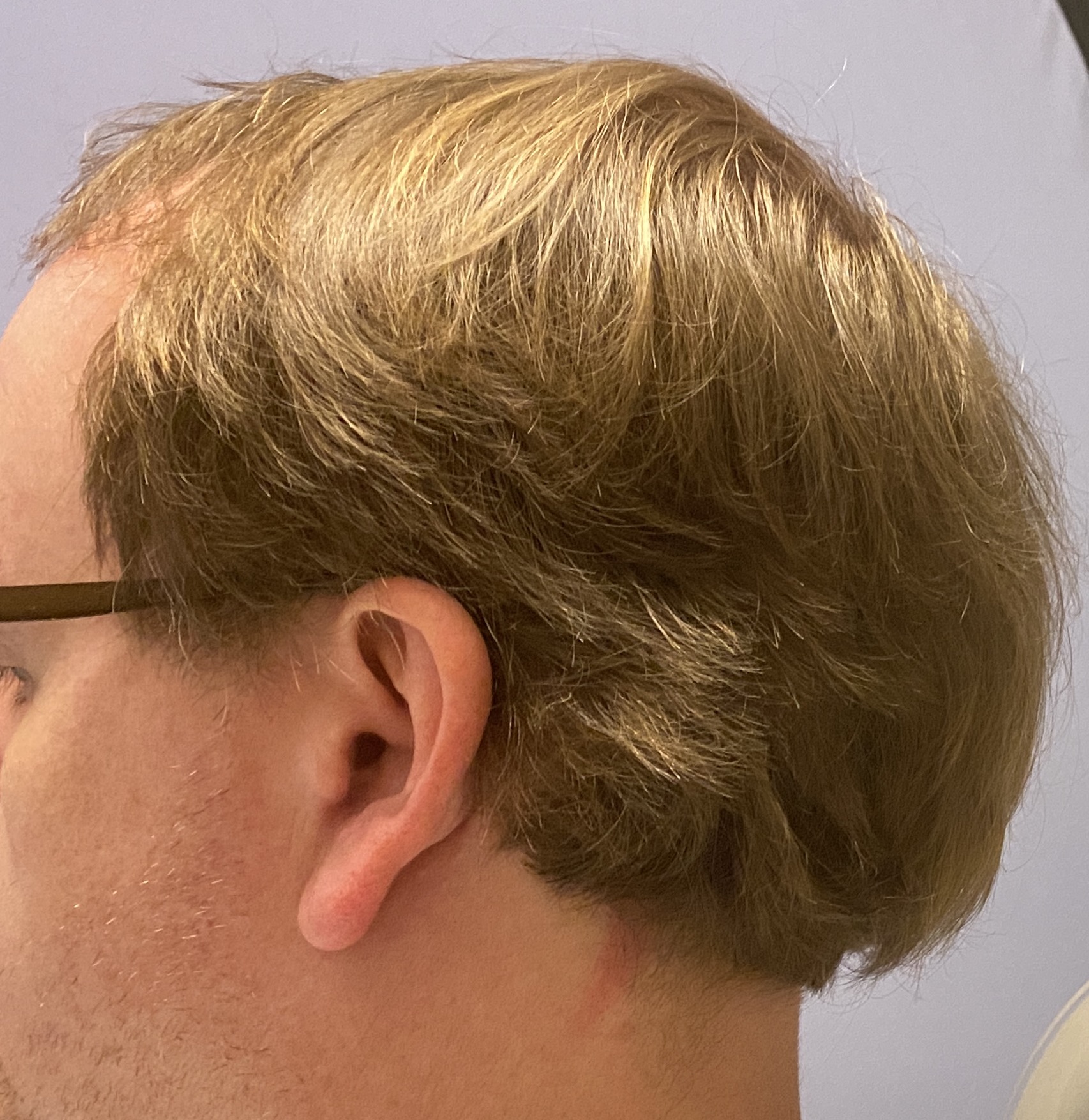

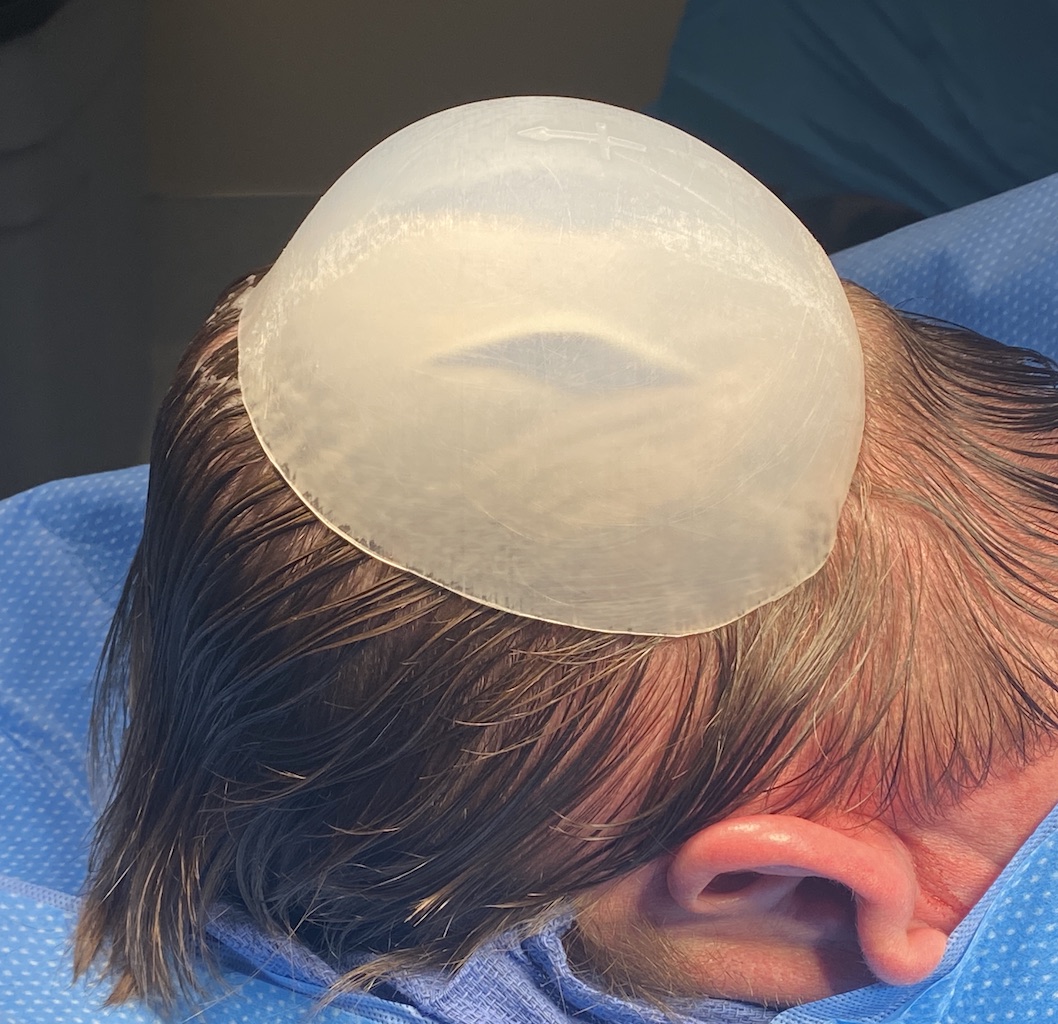
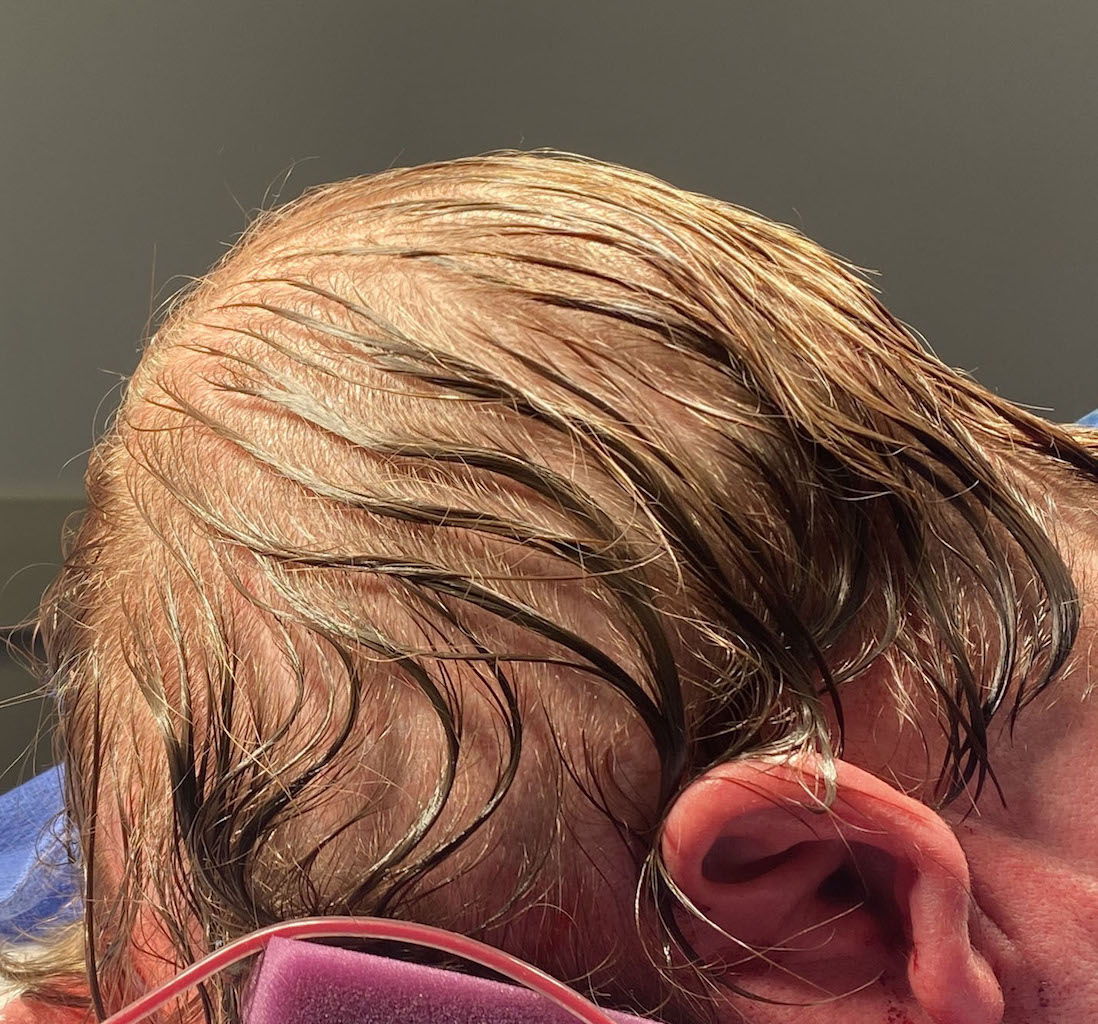
Desire for augmentation of congenitally flat back of head. The amount of implant volume needed was determined by an implant design of 200ccs. This required a first stage scalp expansion.
A scalp tissue expander was initially placed and the patient successfully inflated it over three months to 190ccs. It was removed and replaced thereafter with a large back of the head skull implant.
Patient 151
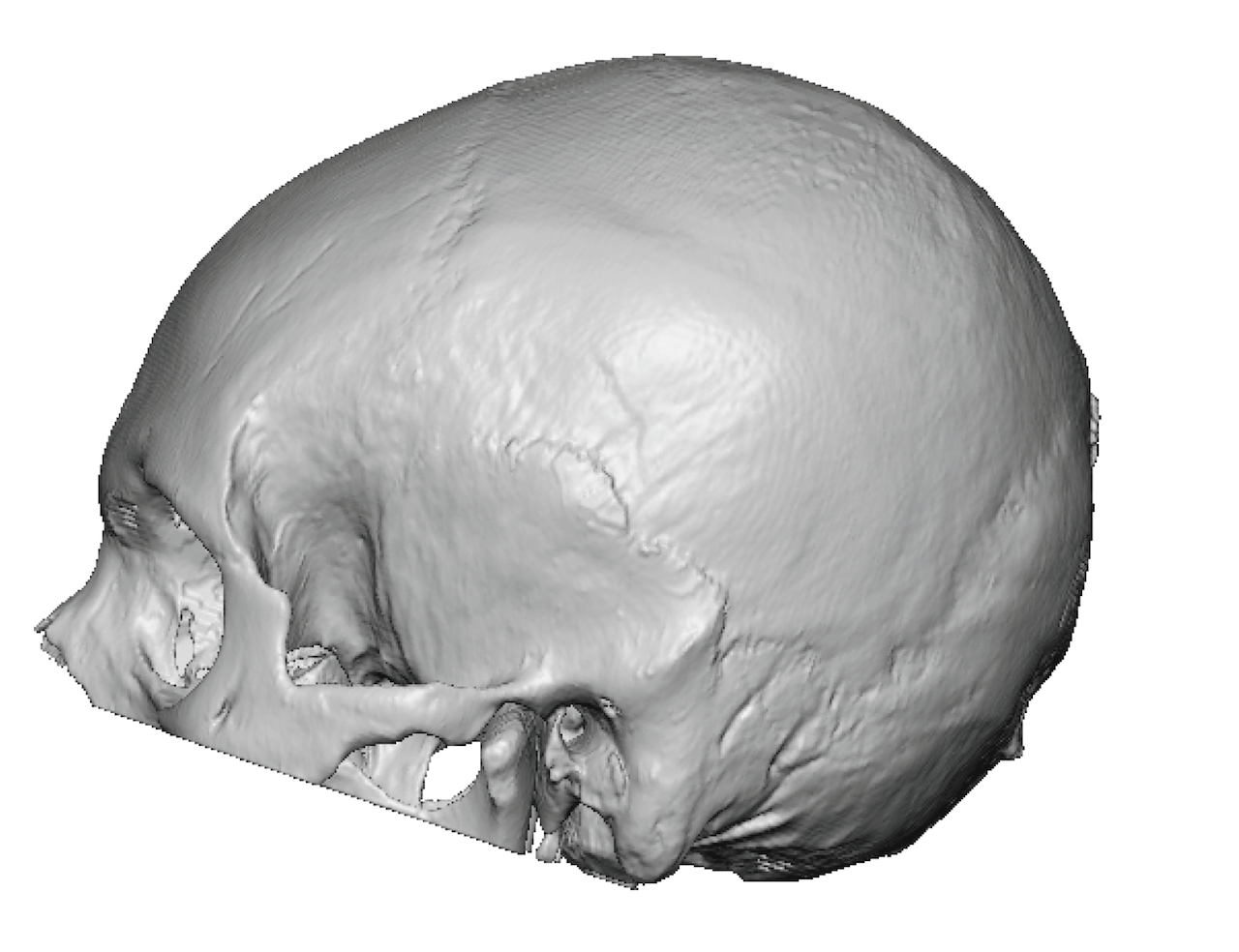
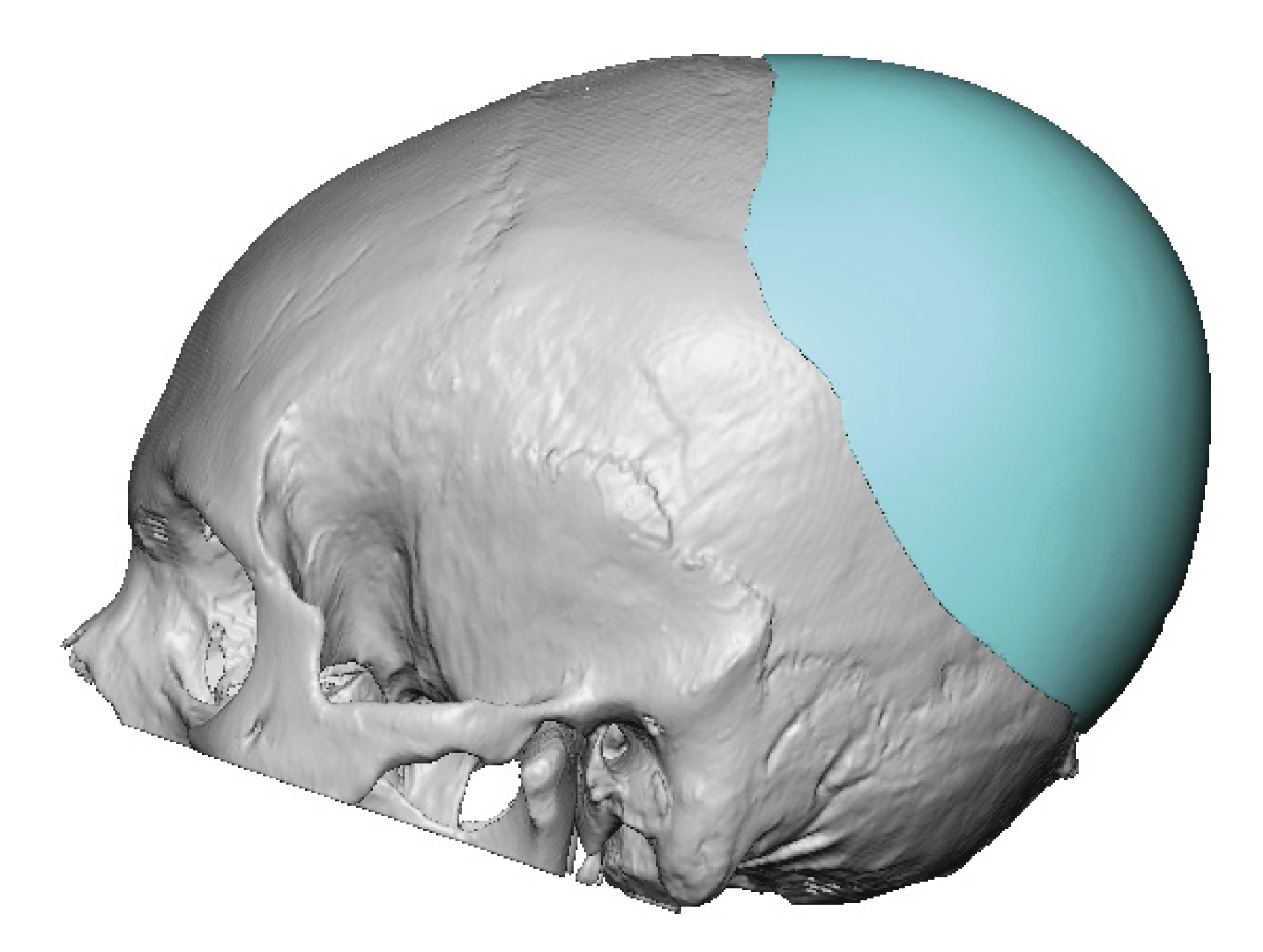
Desire to improve the flat back of his head,
A custom skull implant was placed through a low horizontal scalp crease incision.


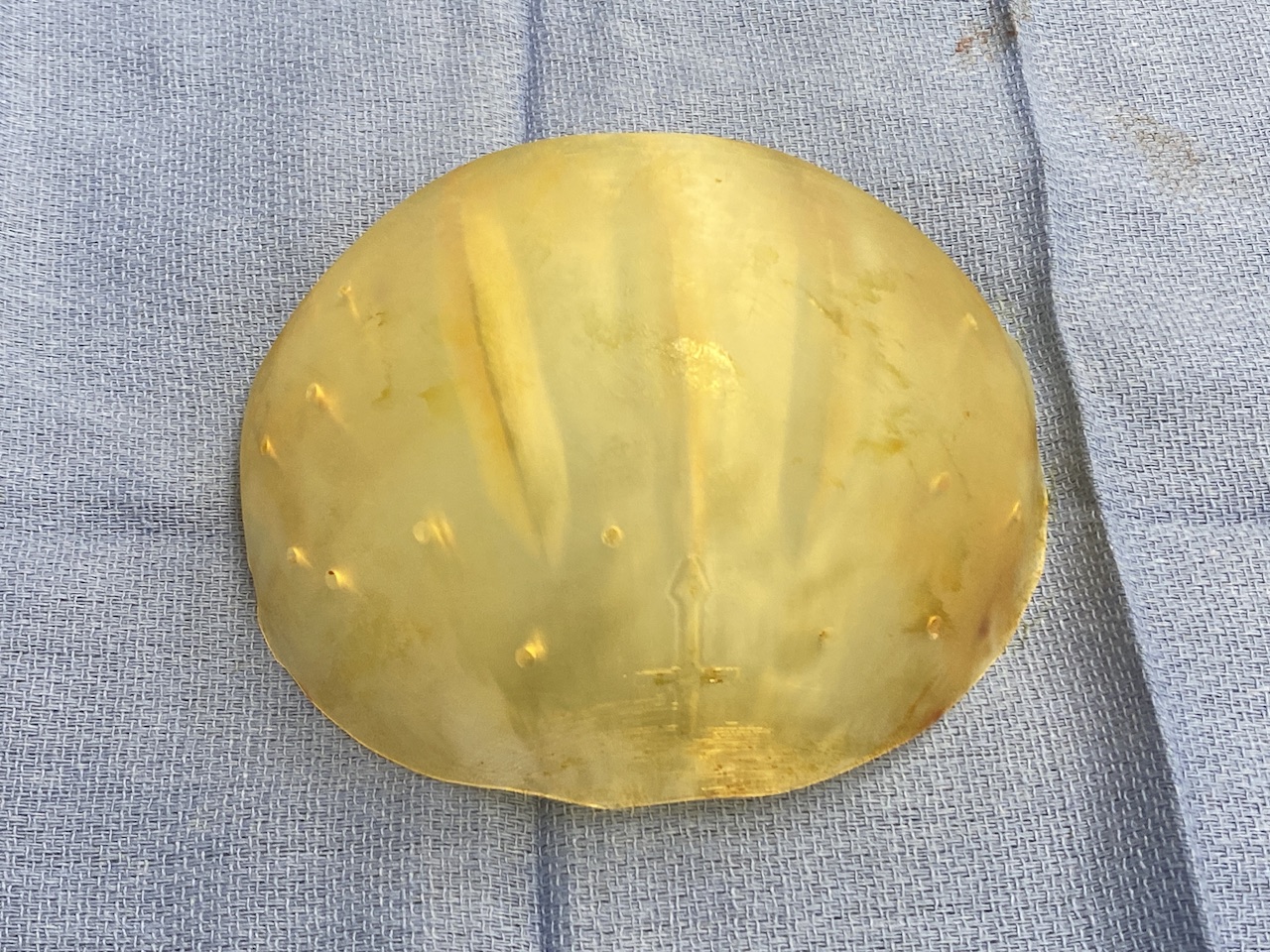

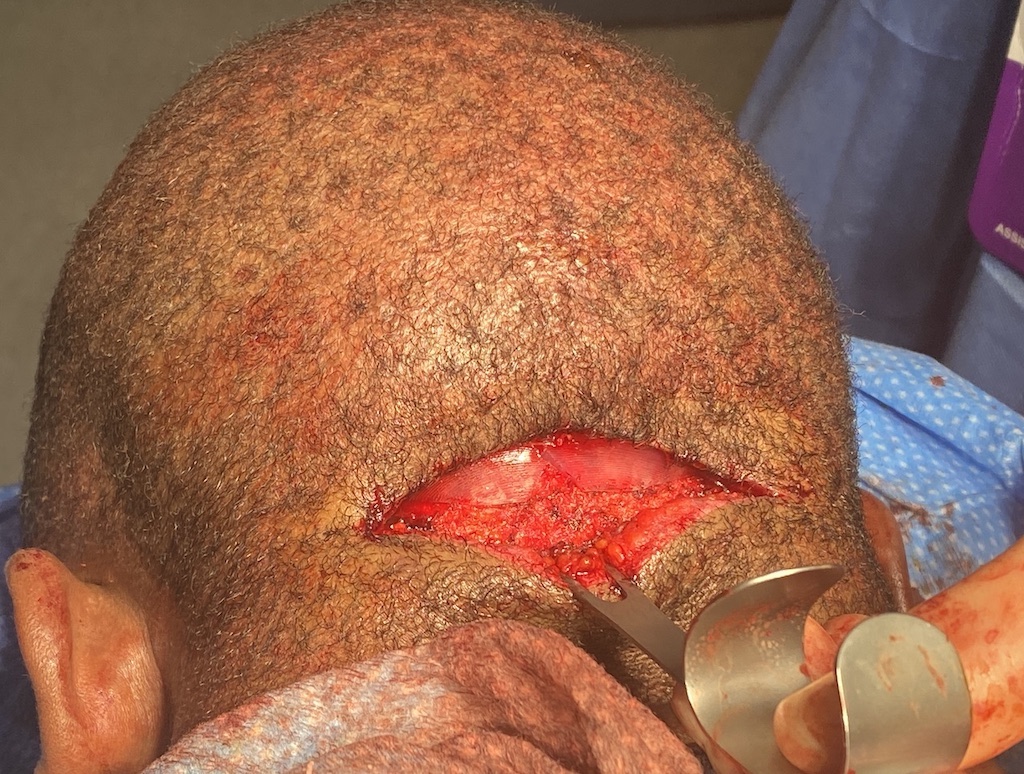
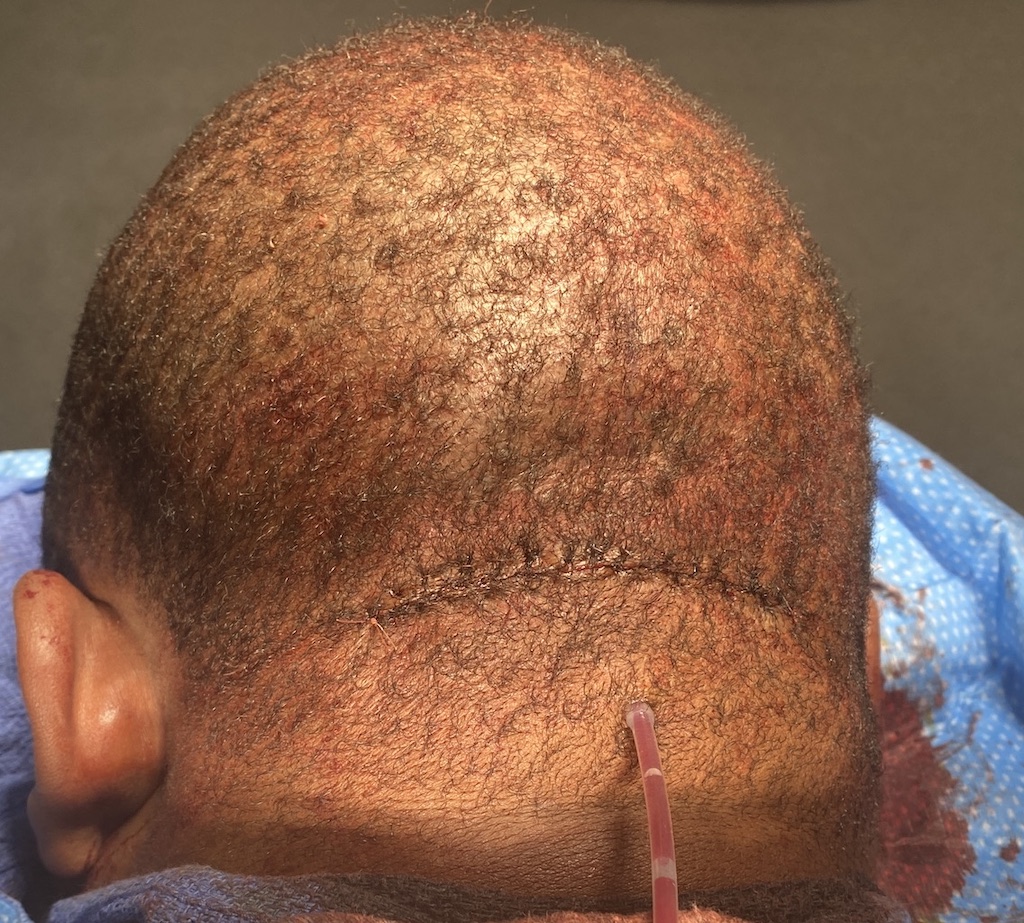
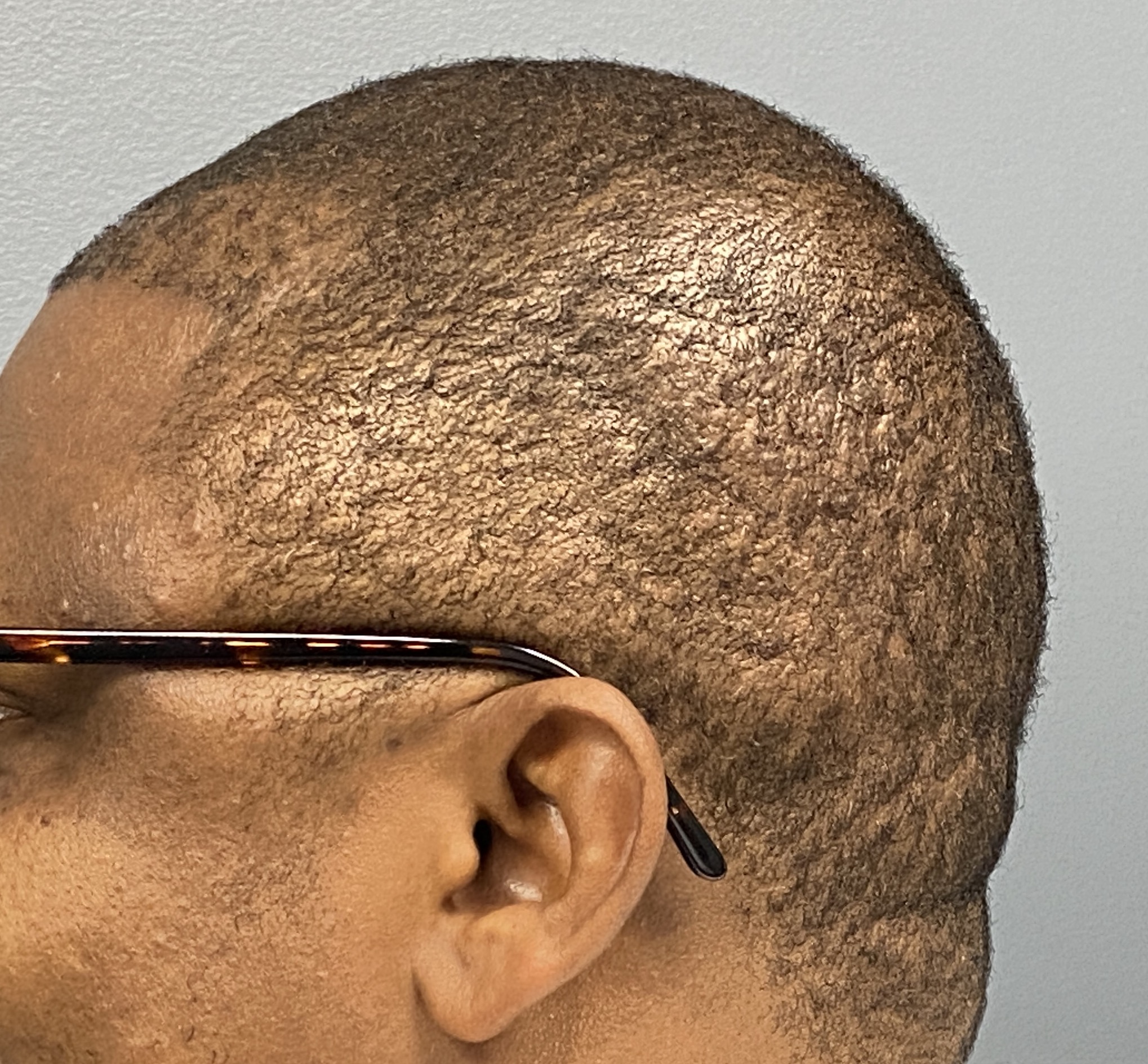
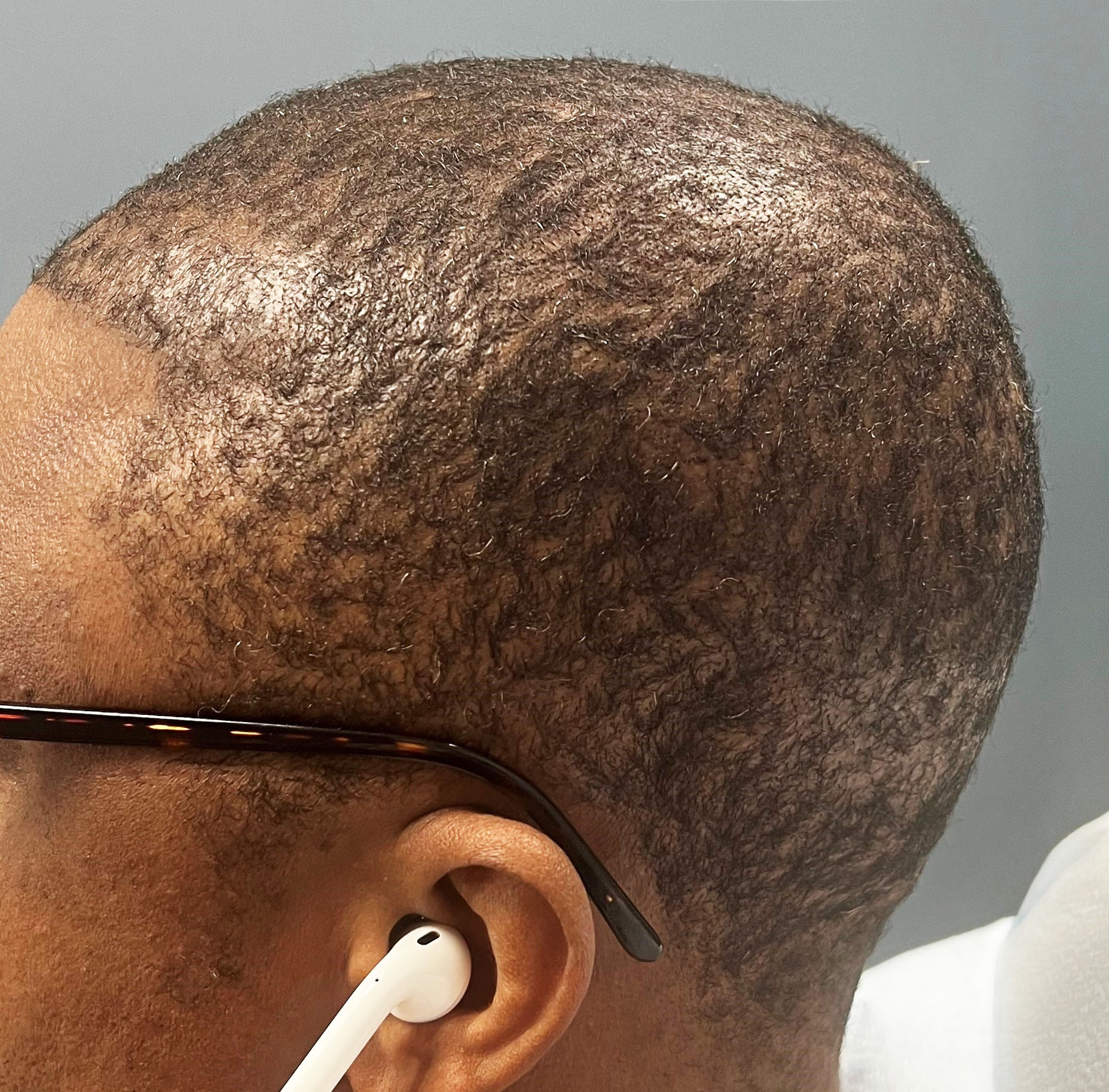
Desire to improve the flat back of his head,
A custom skull implant was placed through a low horizontal scalp crease incision.
Patient 152
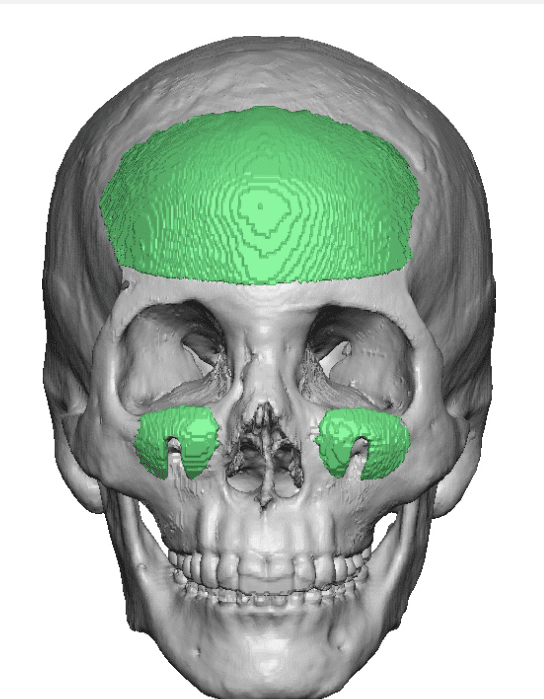
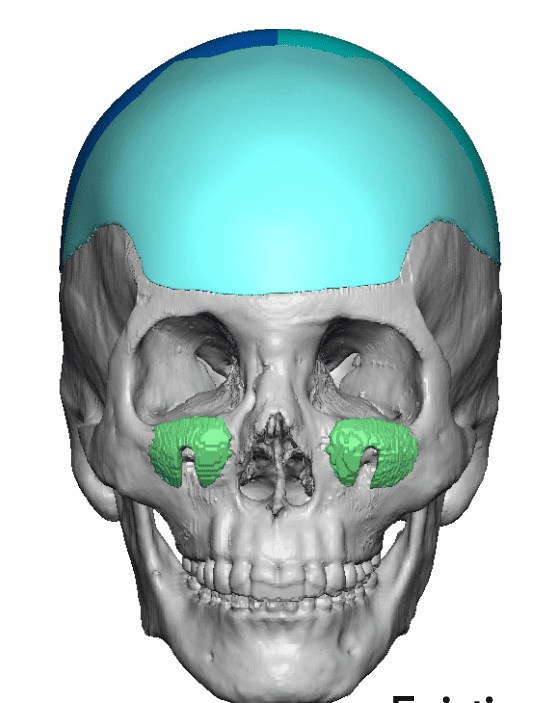
Female who desired a larger head shape with replacement of an existing forehead implant.
Two stage skull augmentation with first stage scalp tissue expander followed 3 months later with a a large three piece custom skull implant. (190ccs)


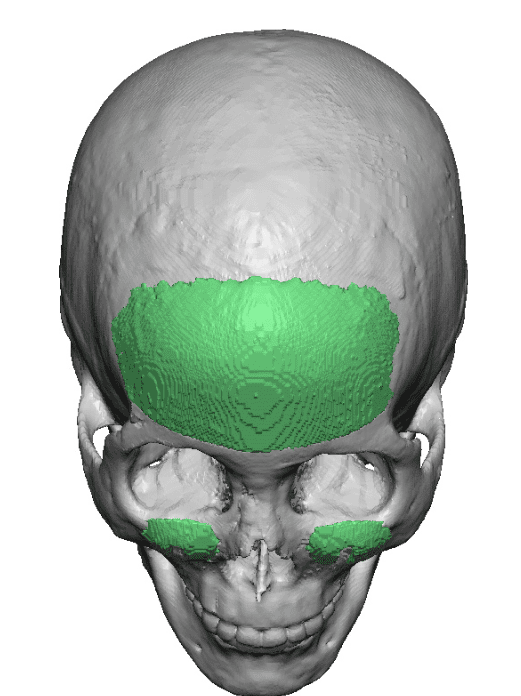
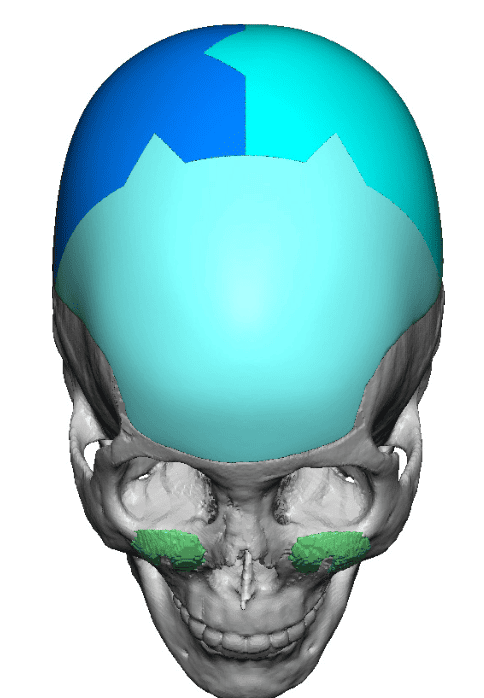
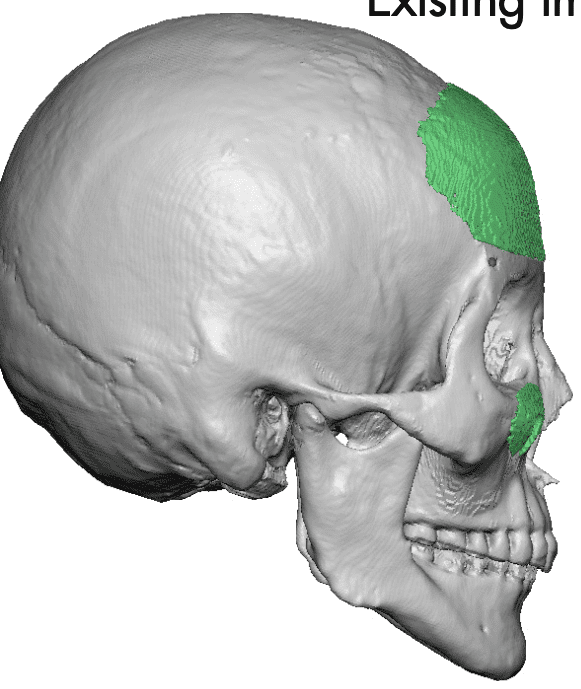


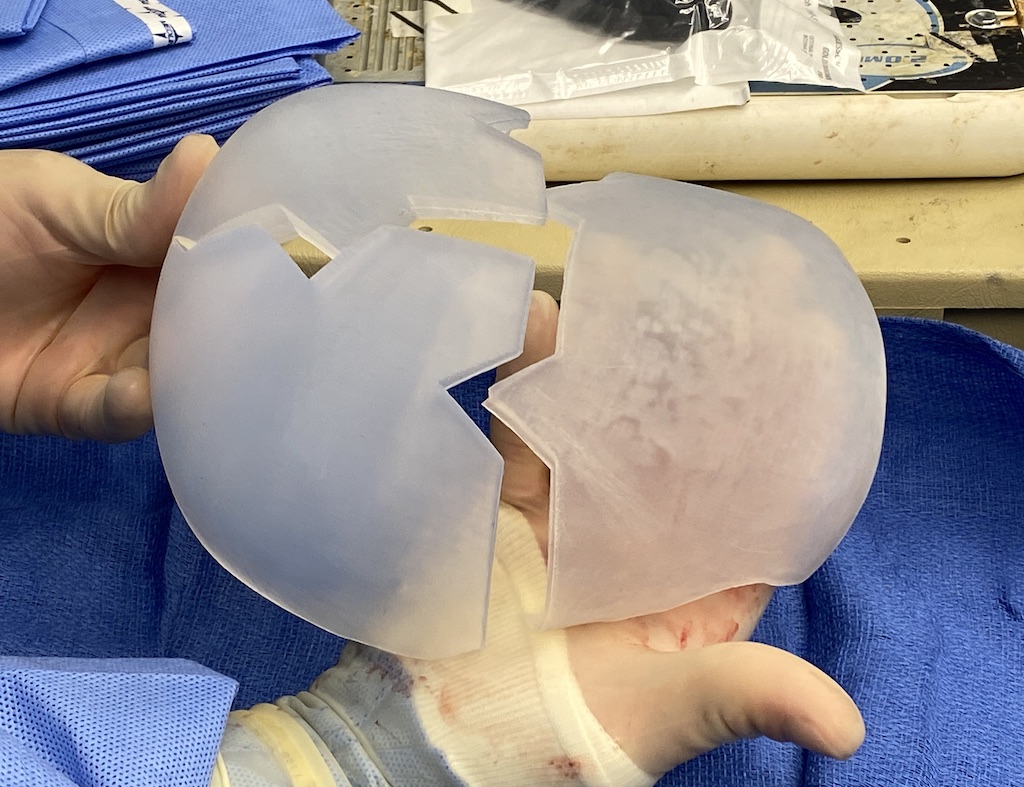
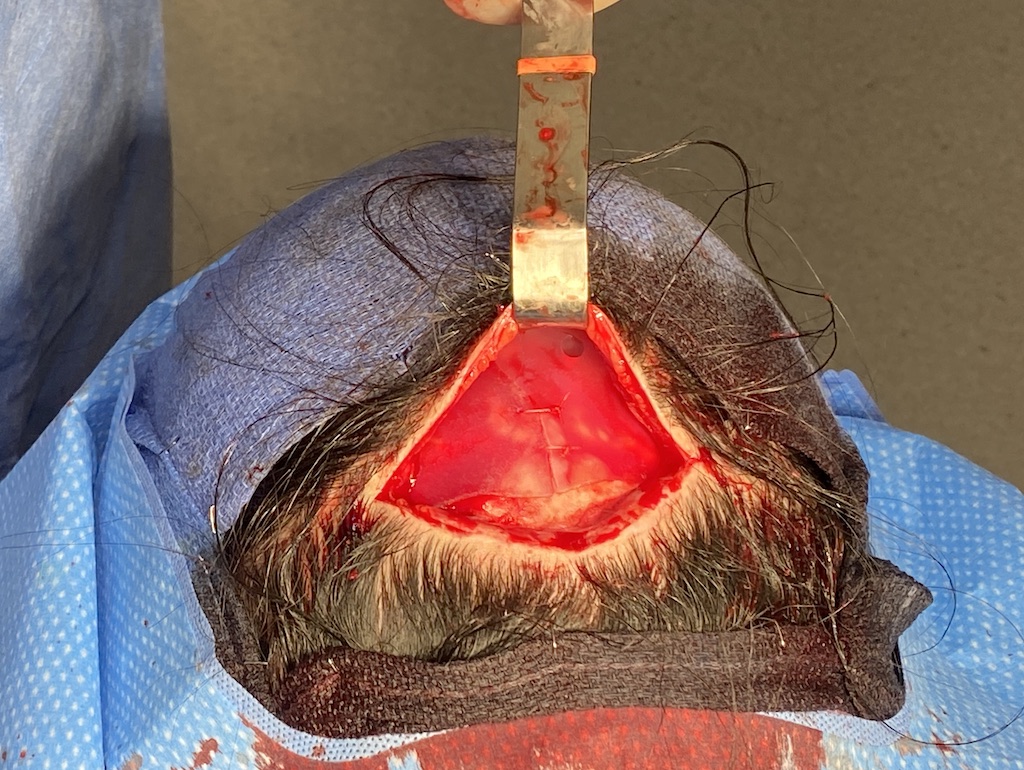
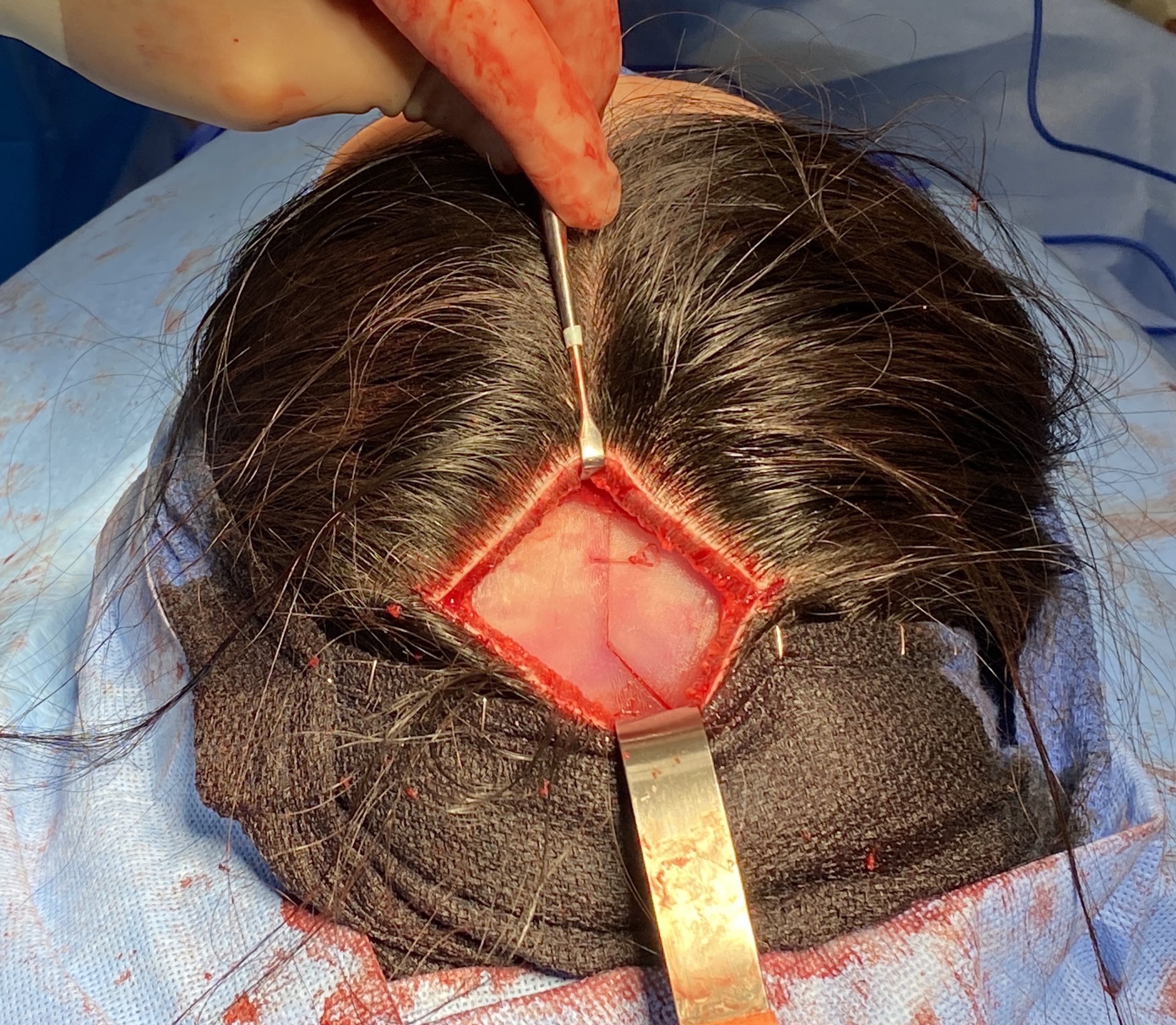
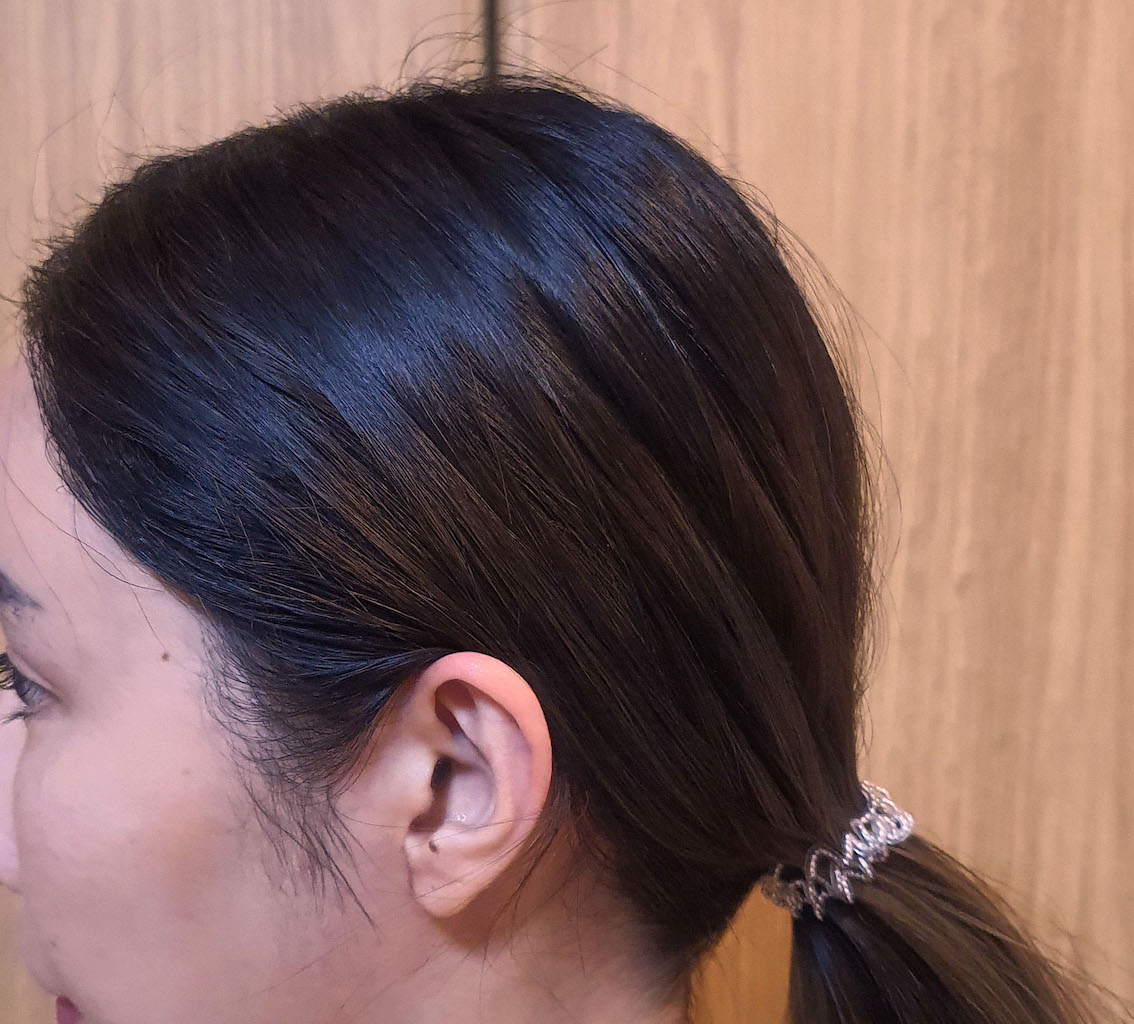
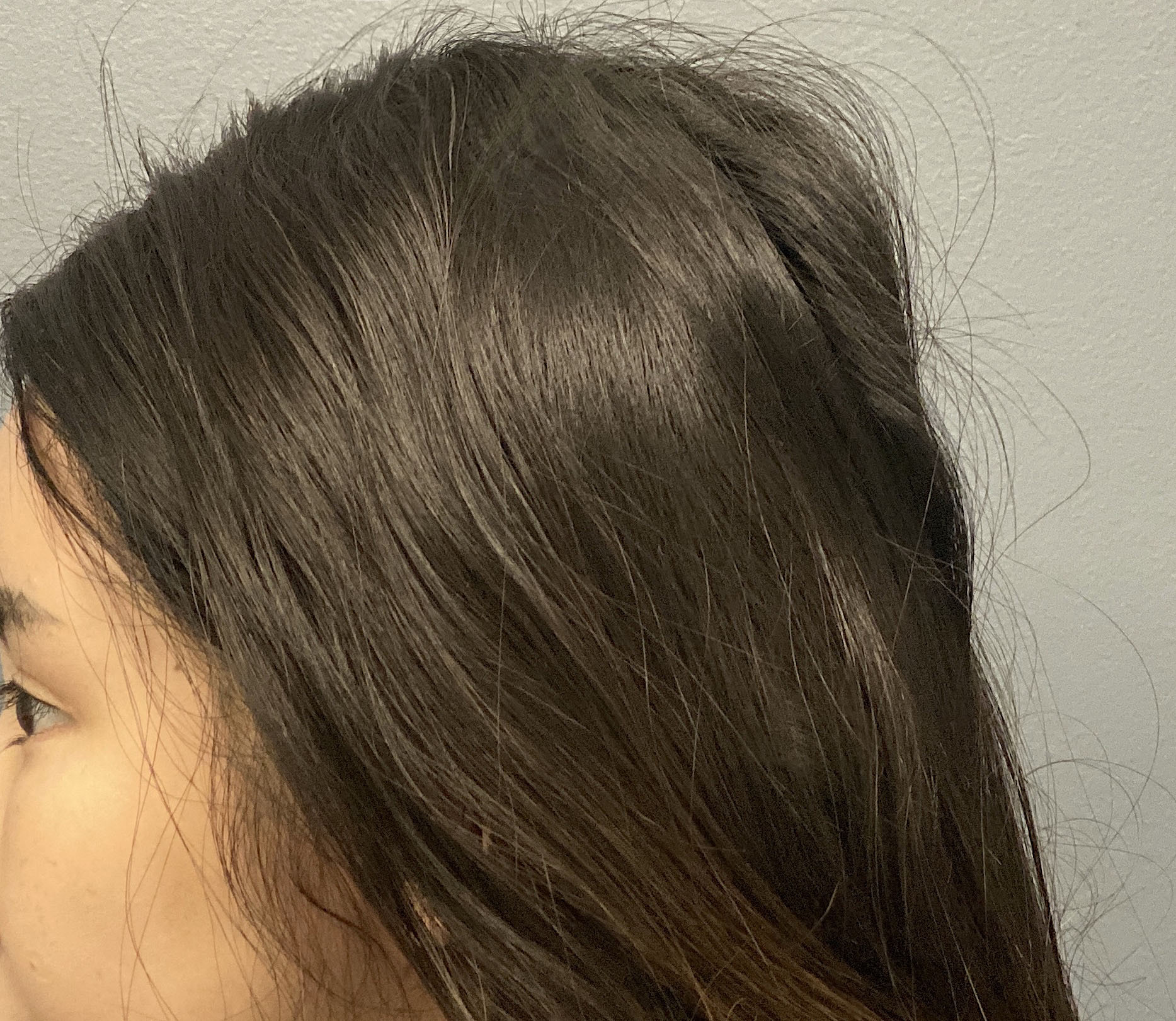
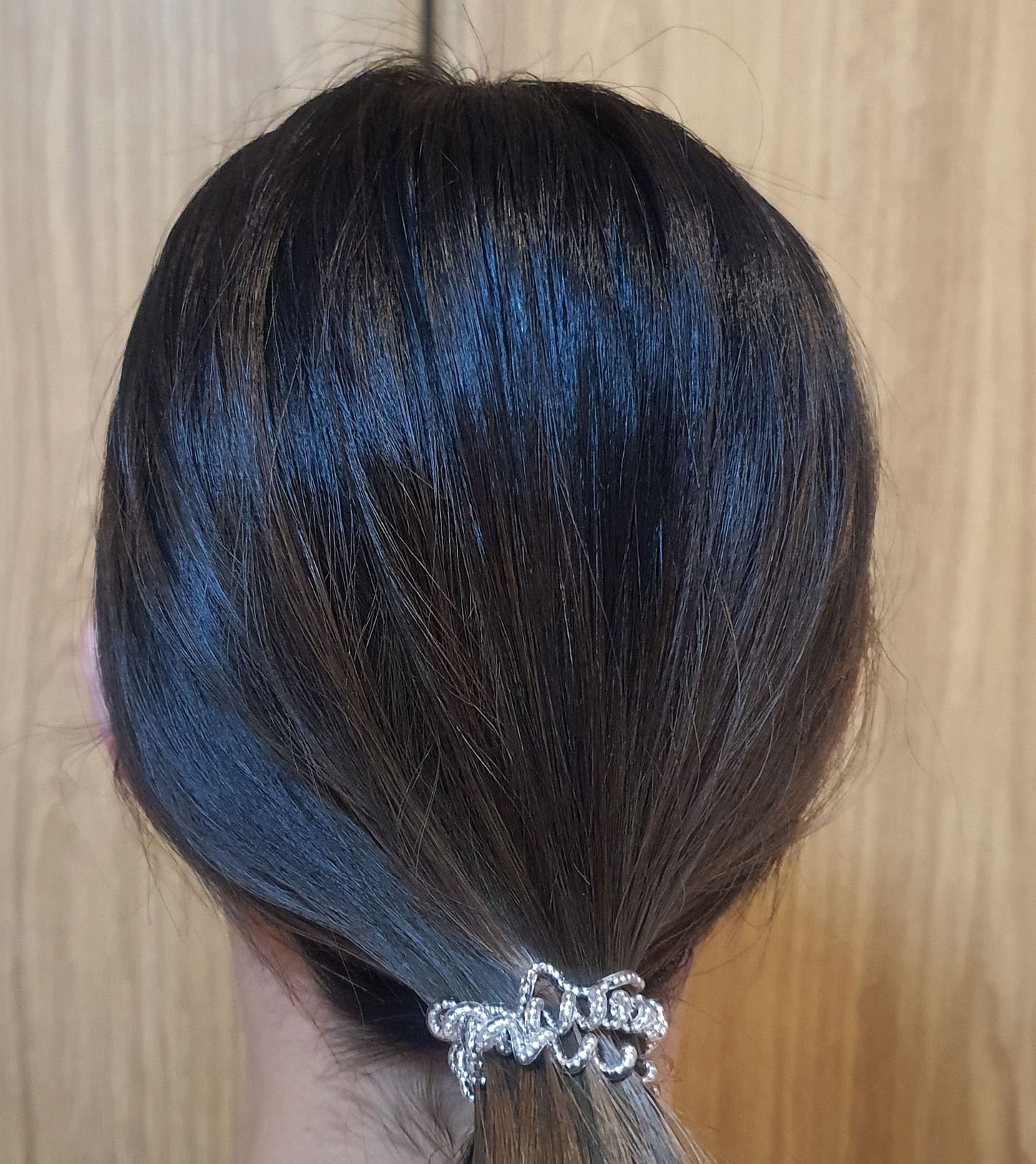

Female who desired a larger head shape with replacement of an existing forehead implant.
Two stage skull augmentation with first stage scalp tissue expander followed 3 months later with a a large three piece custom skull implant. (190ccs)
Patient 153
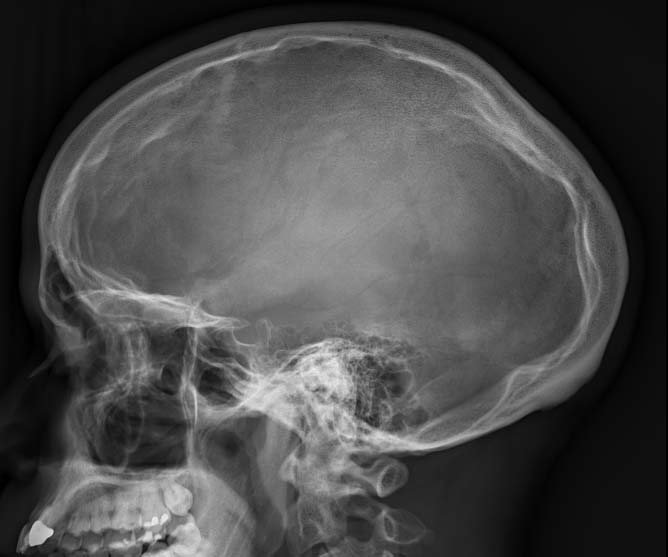
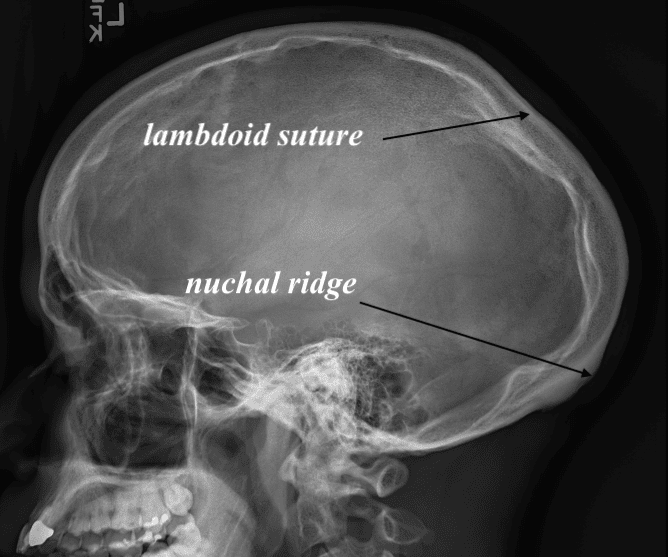
Desire for reduction of prominent occipital bun.
Occipital bun reduction by removal of most of the outer table of the occipital bone through a scalp incision placed over the nuchal ridge.


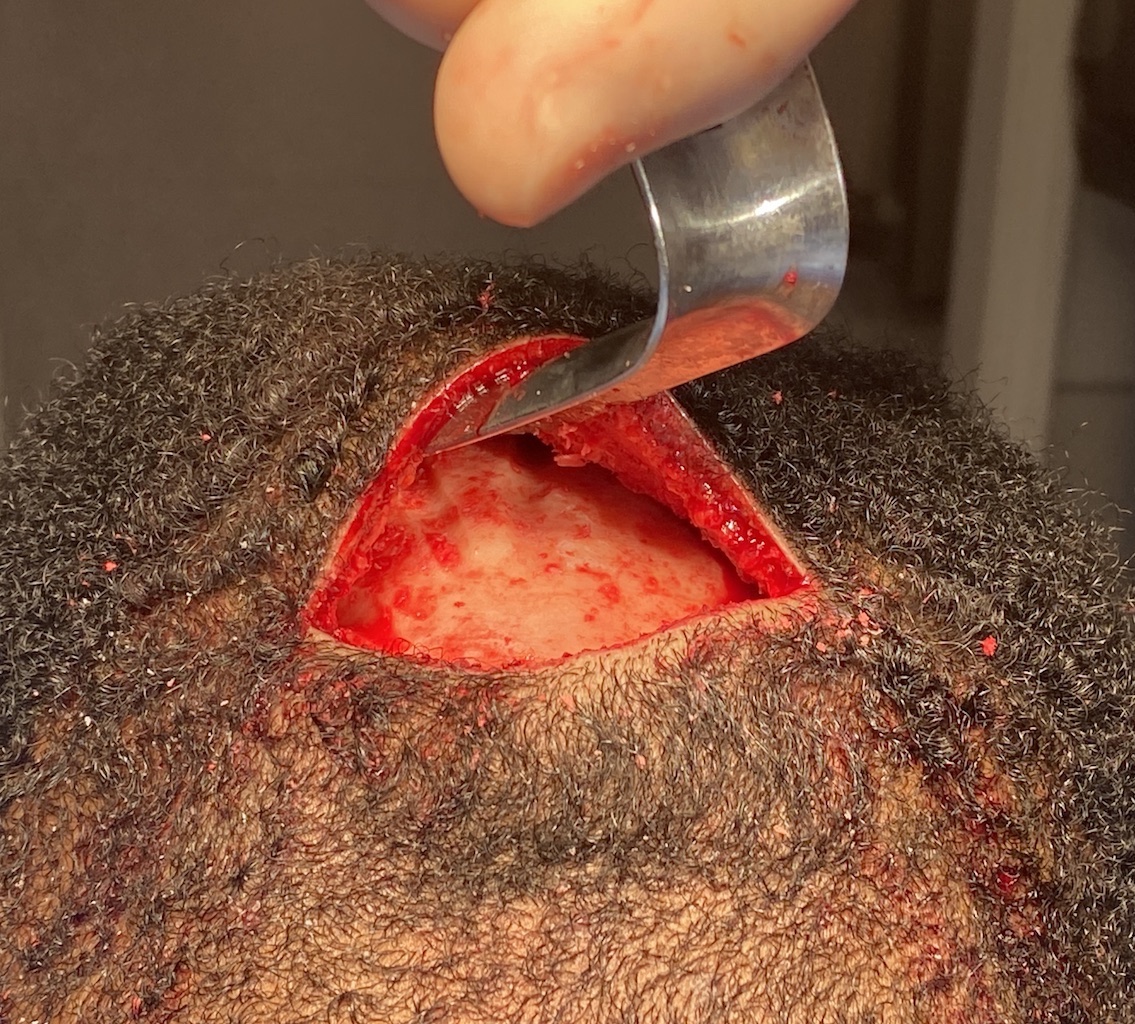
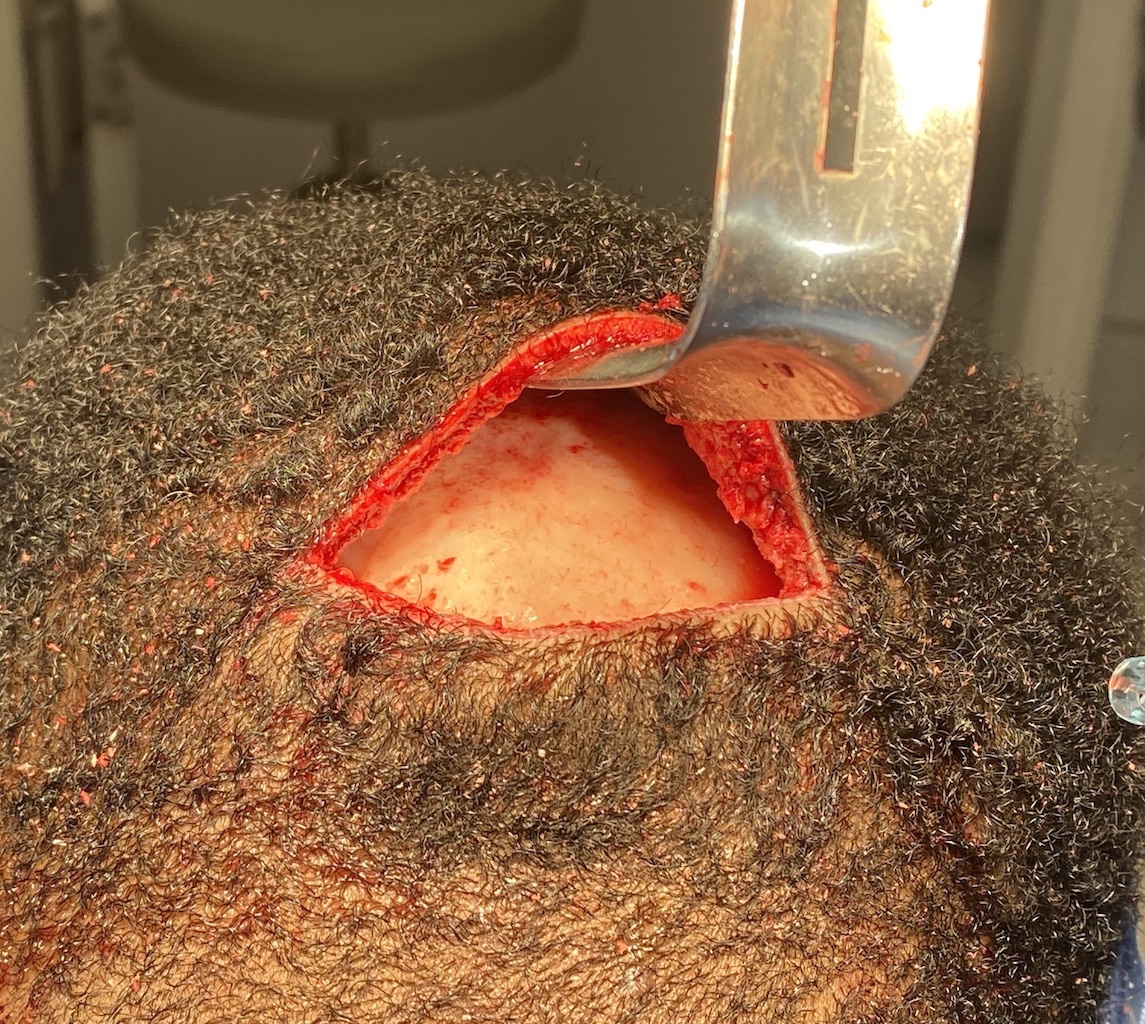
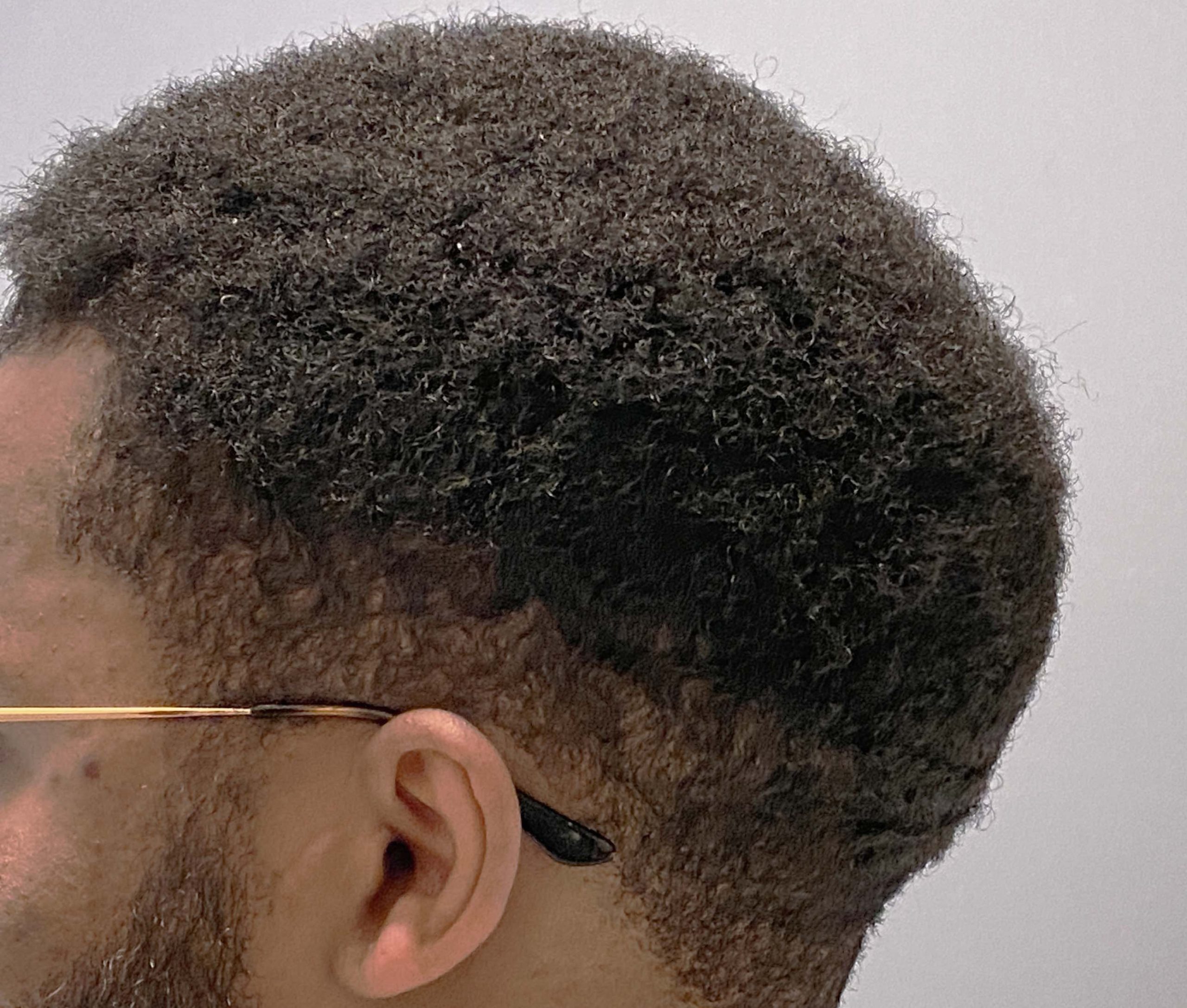
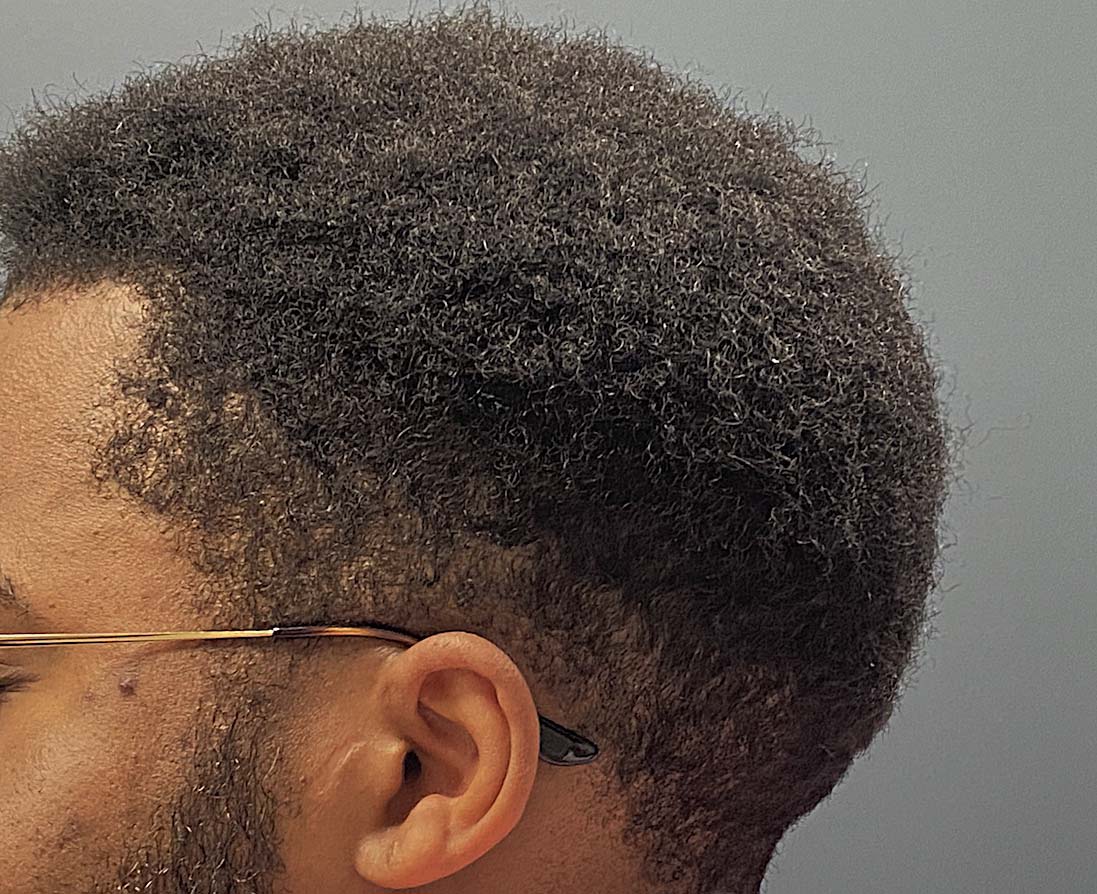
Desire for reduction of prominent occipital bun.
Occipital bun reduction by removal of most of the outer table of the occipital bone through a scalp incision placed over the nuchal ridge.
Patient 154
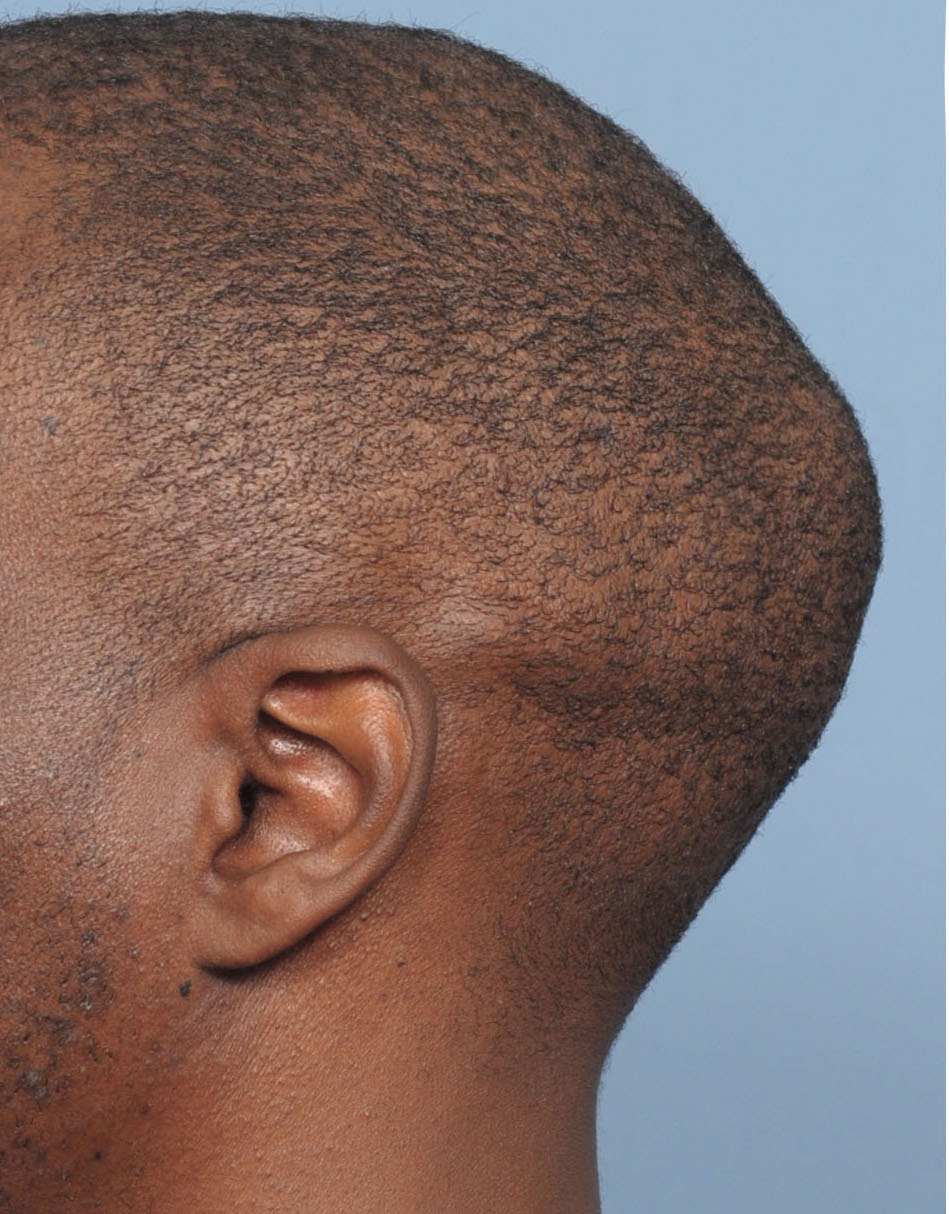
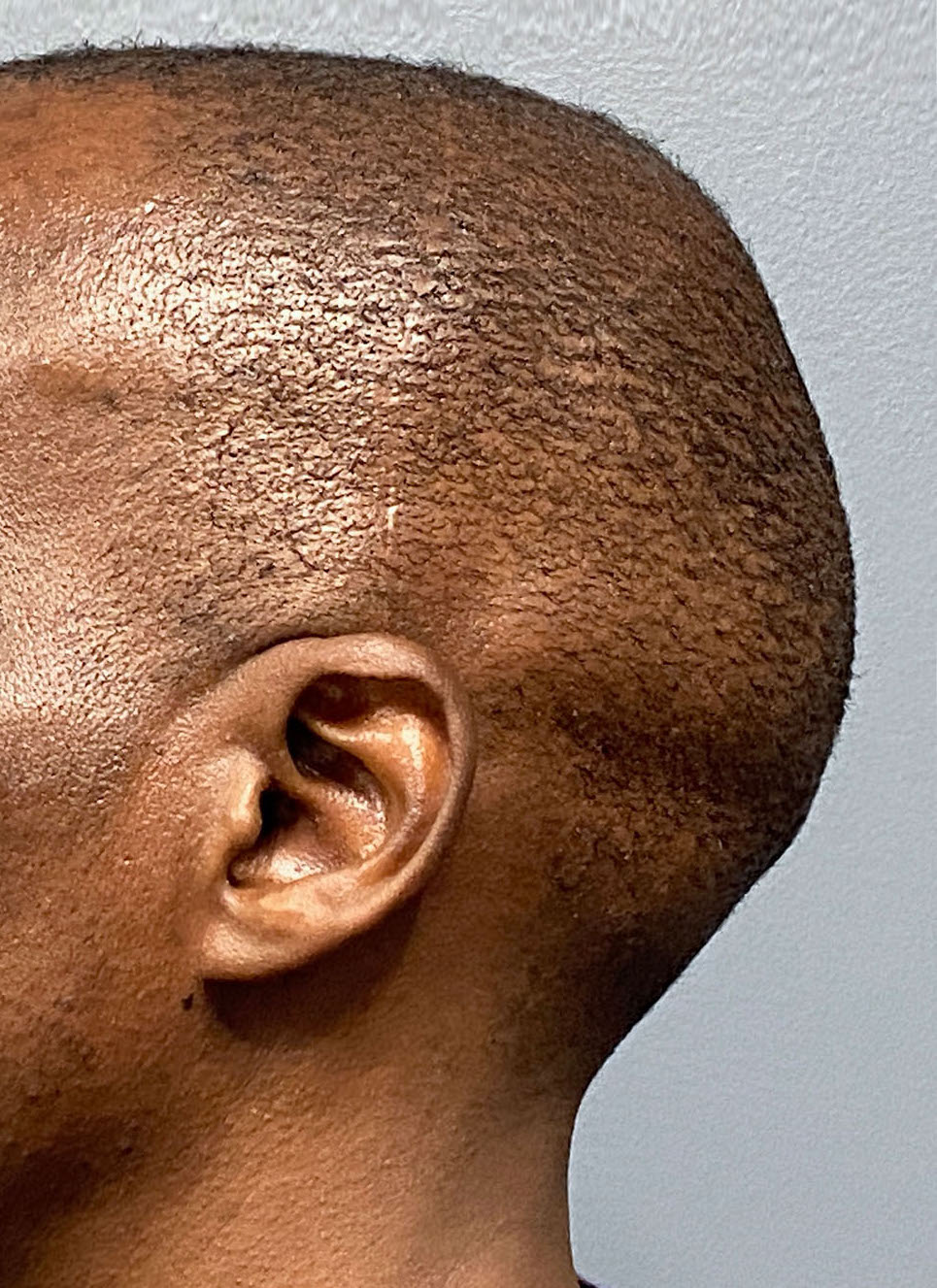
Prior scaphocephalic head shape correction which involved occipital bone reduction done through a bicoronal scalp incision. Desire for further occipital reduction at nuchal ridge level.
Nuchal ridge occipital skull reduction done through a direct scalp incision over it.


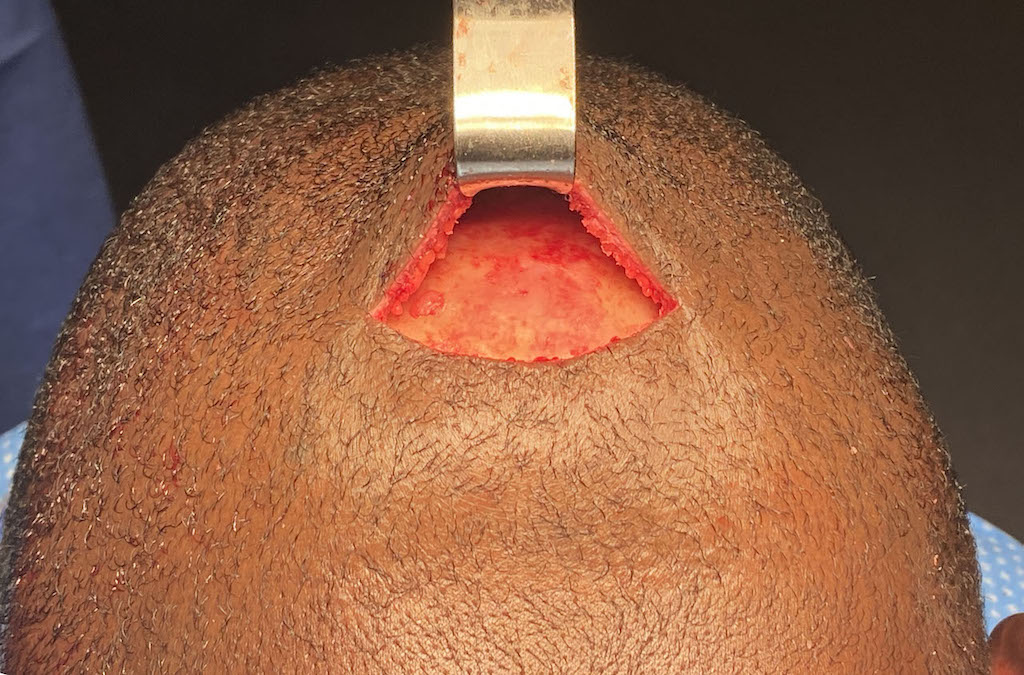
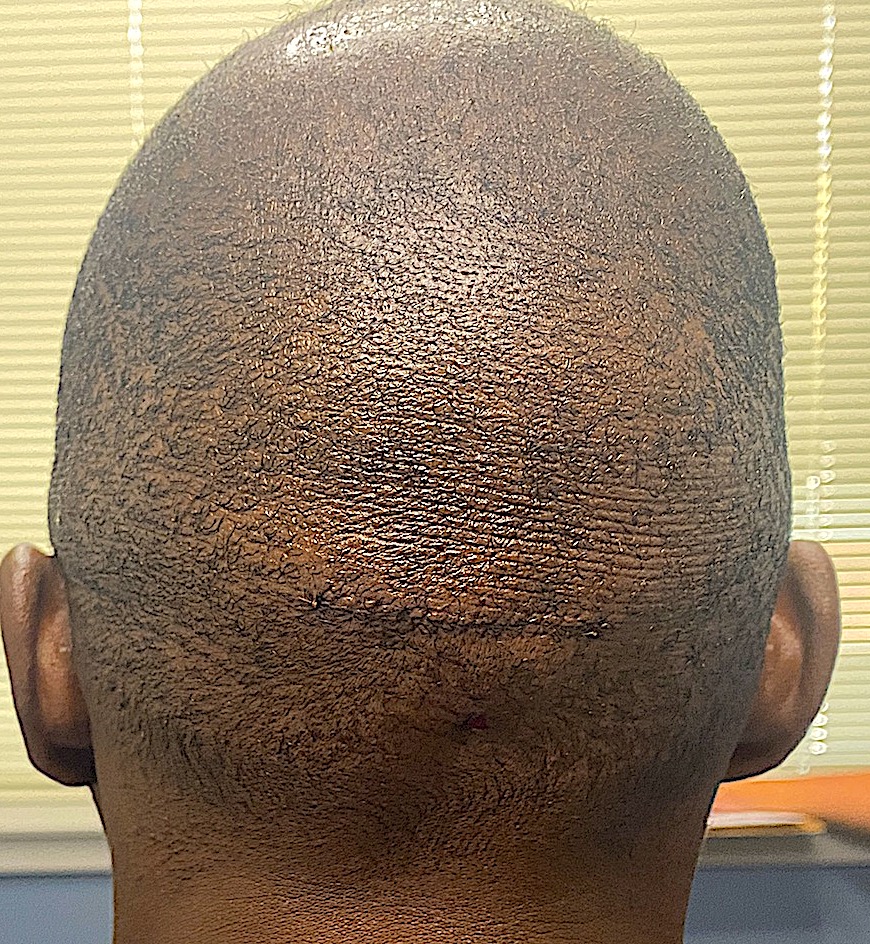
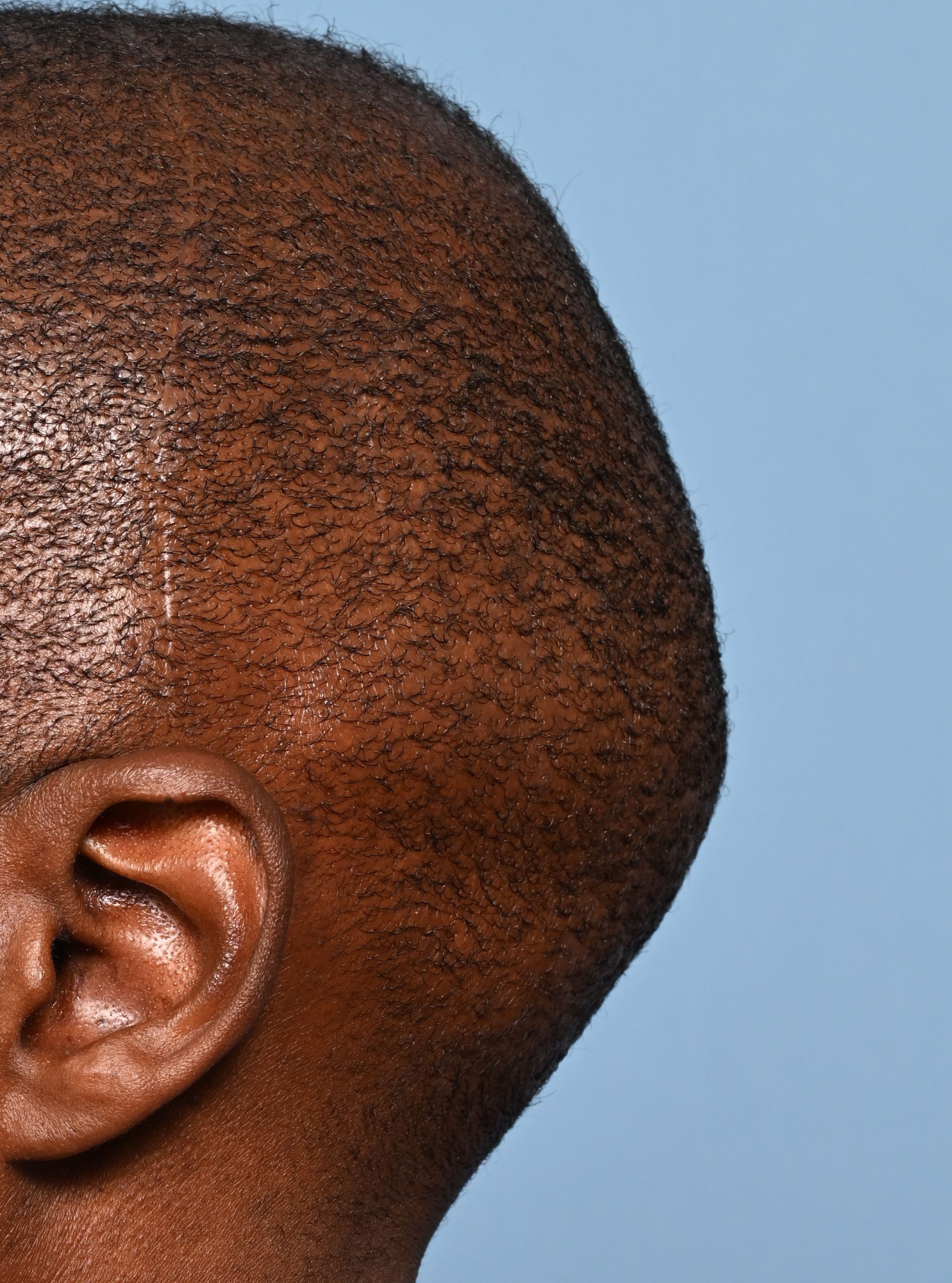

Prior scaphocephalic head shape correction which involved occipital bone reduction done through a bicoronal scalp incision. Desire for further occipital reduction at nuchal ridge level.
Nuchal ridge occipital skull reduction done through a direct scalp incision over it.
Patient 155
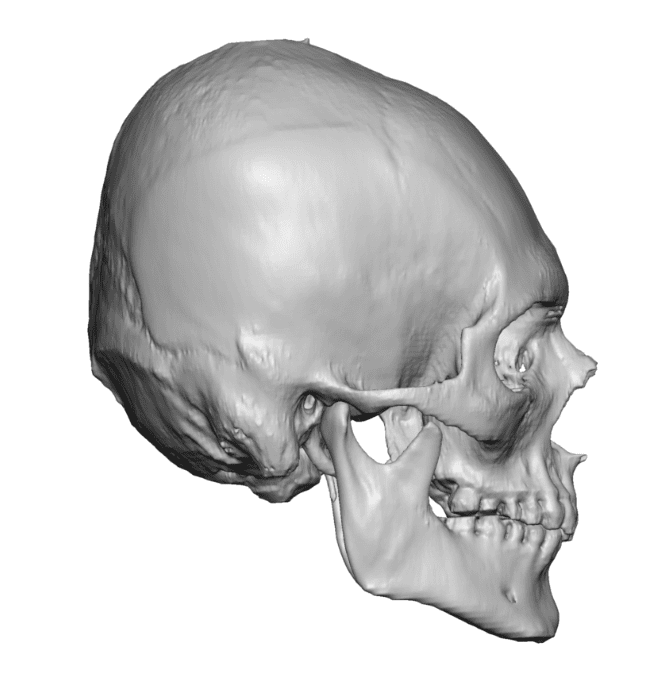
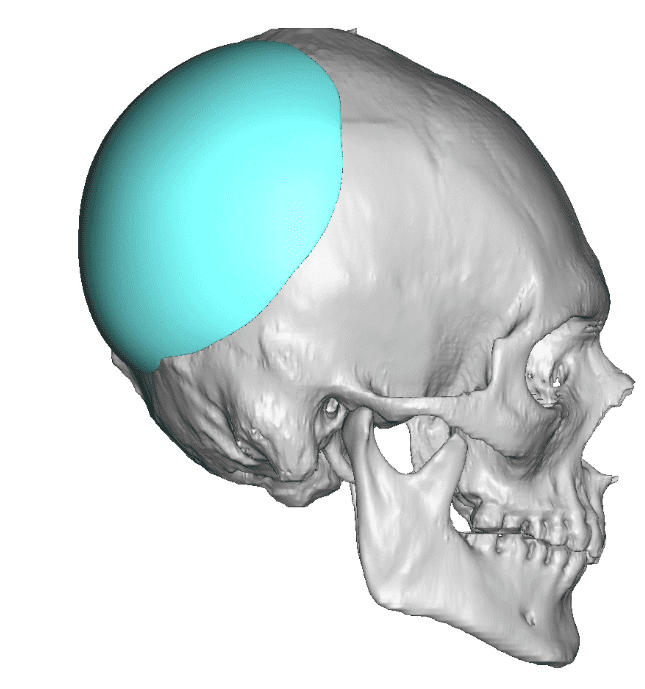
Desire for augmentation of very flat back of the head.
Placement of custom skull implant to round out the back of his head.


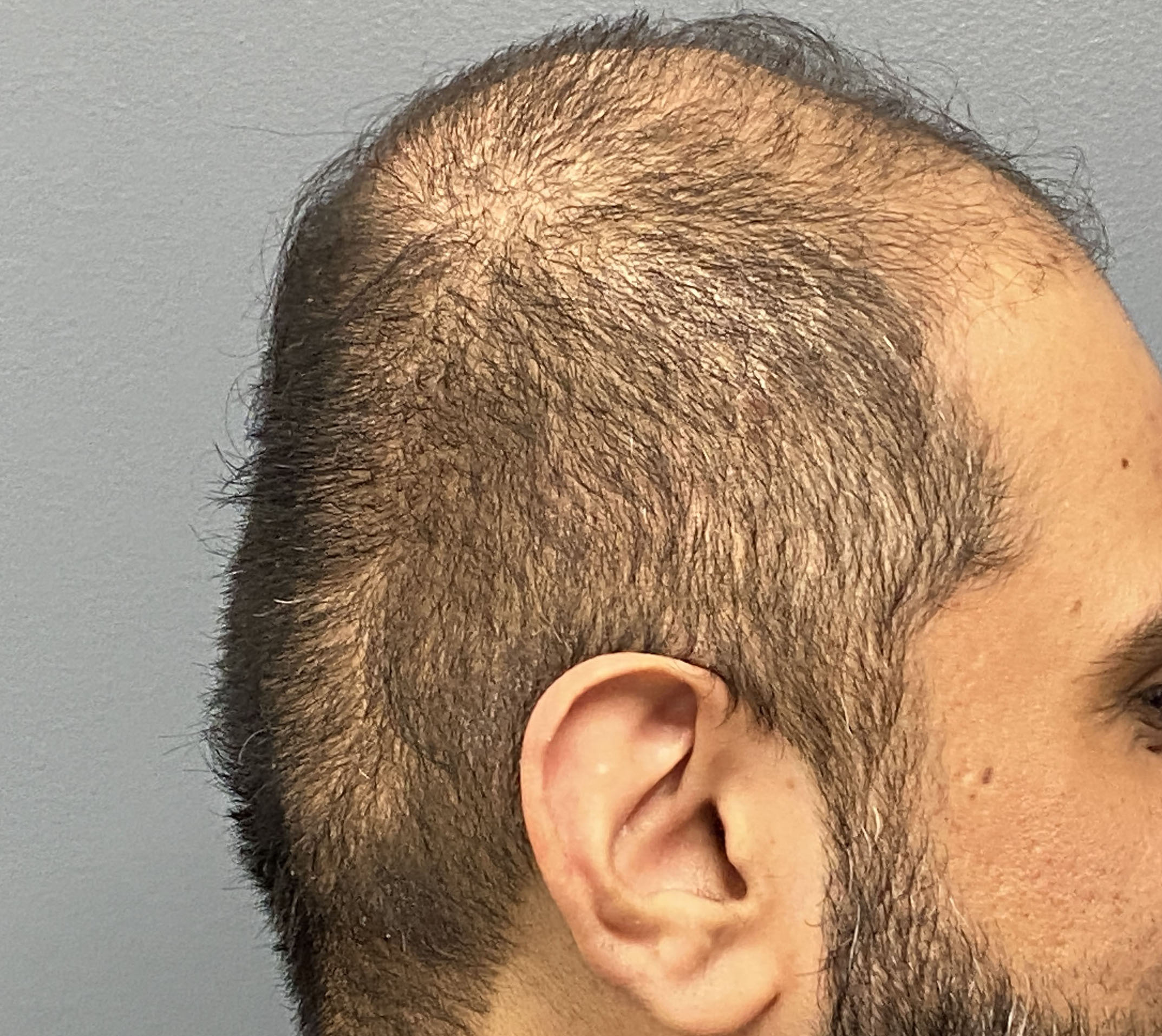

Desire for augmentation of very flat back of the head.
Placement of custom skull implant to round out the back of his head.
Patientv 156
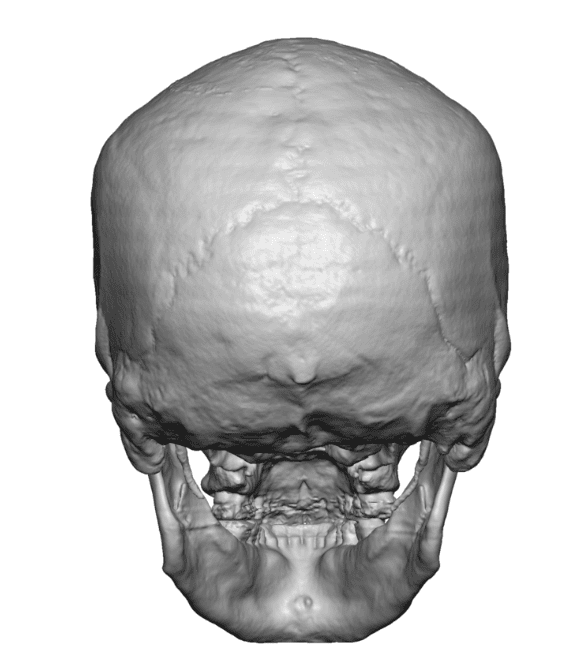
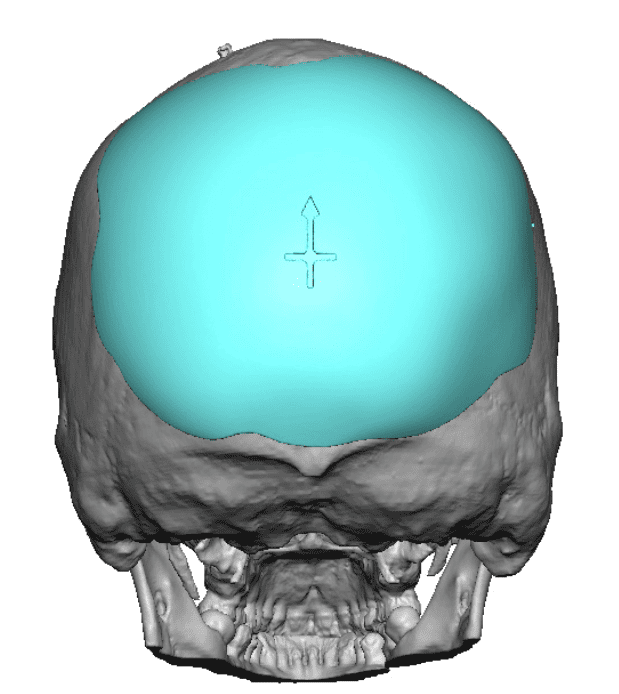
Desire for improvement in the irregular shape of the back of his head.
Placement of custom back of head skull implant.


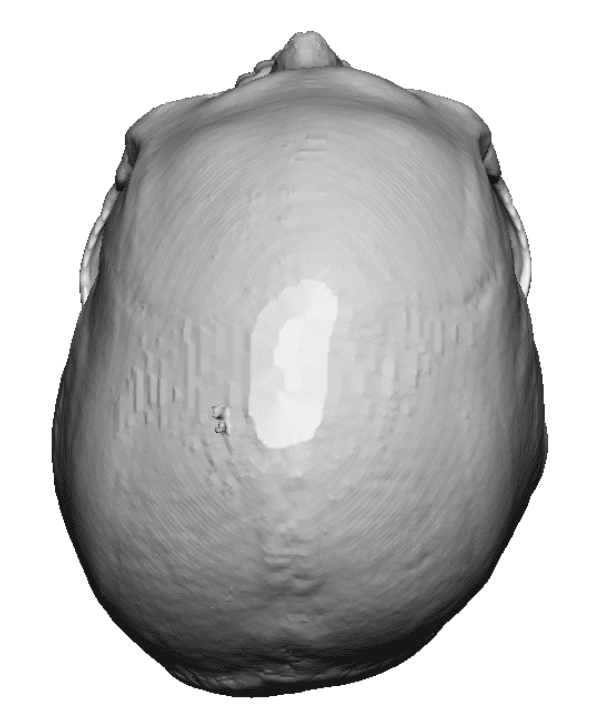
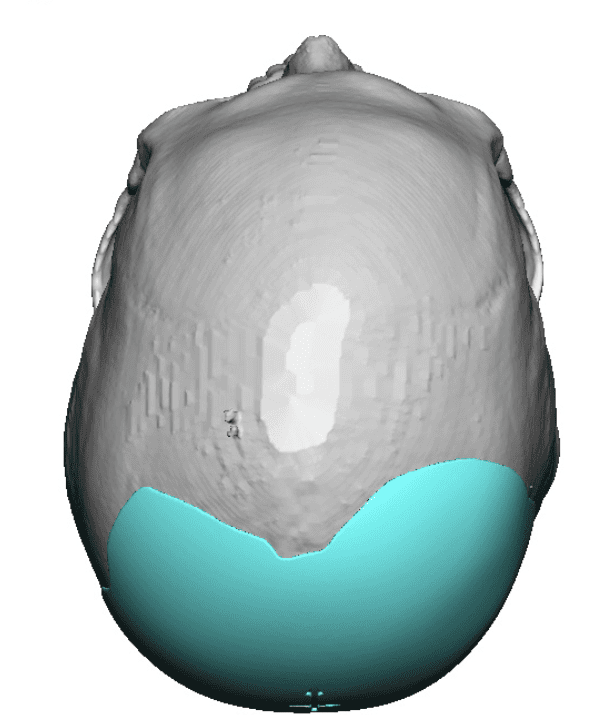
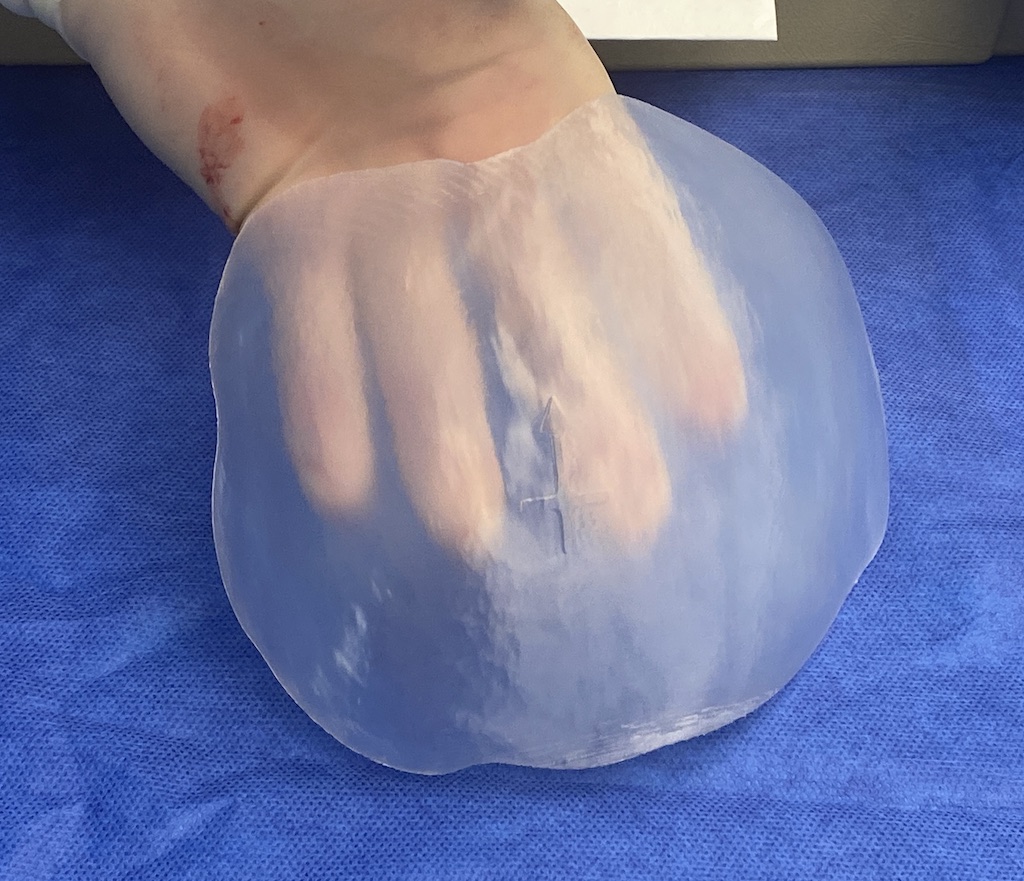
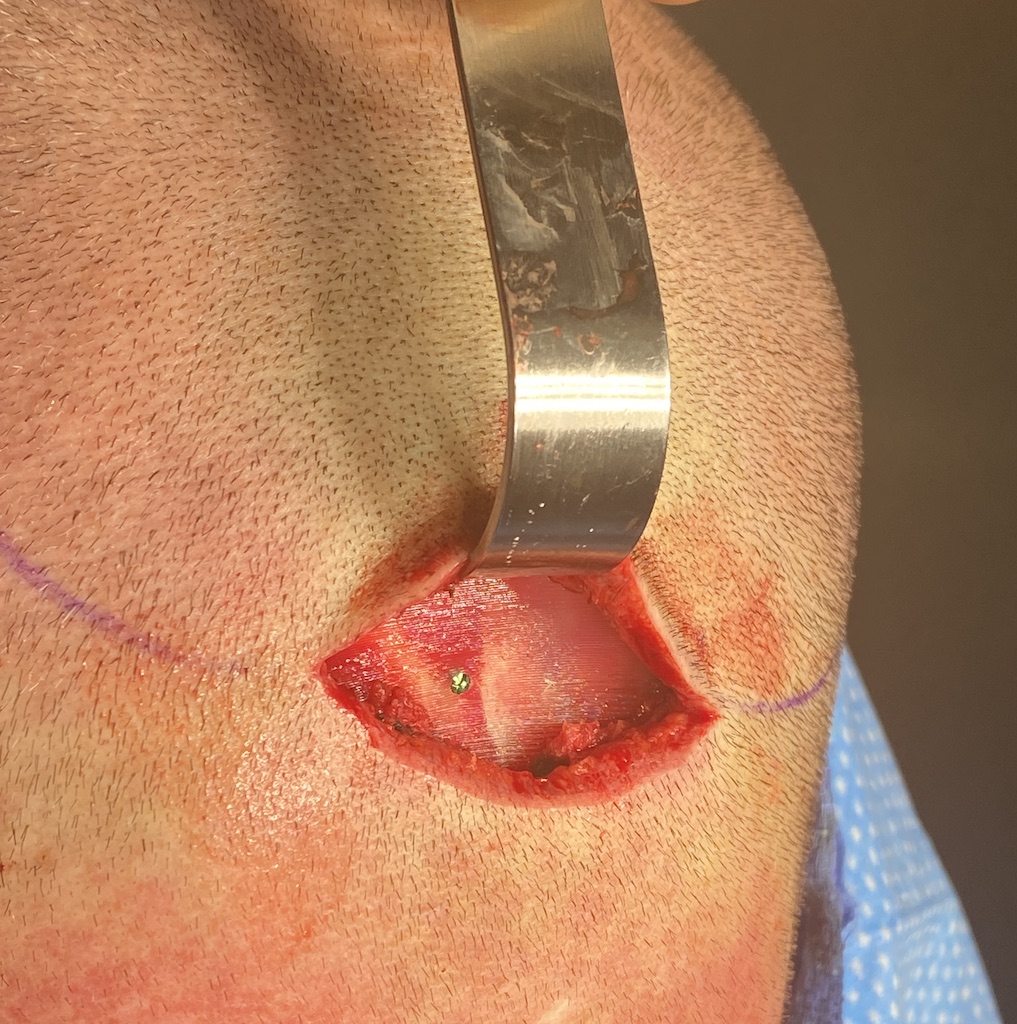
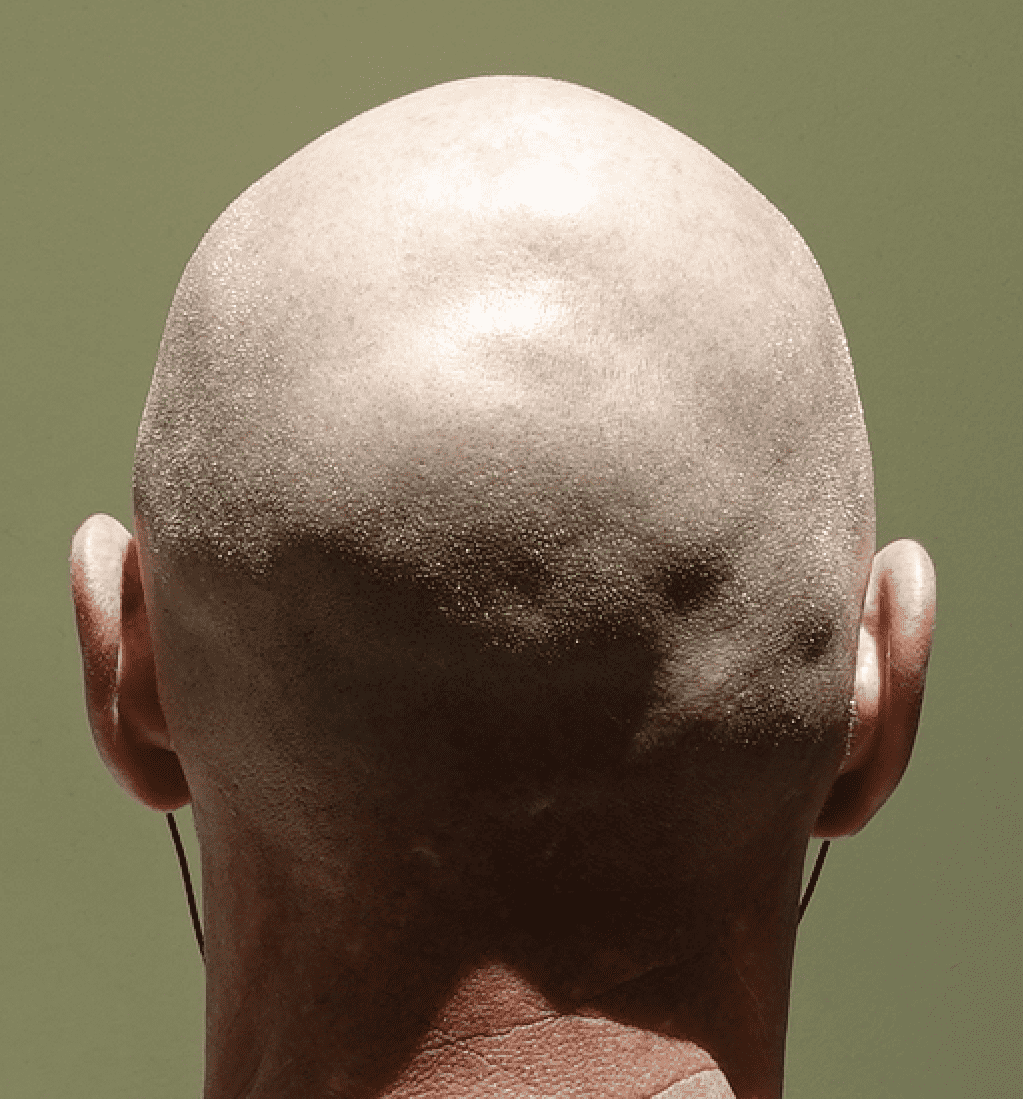
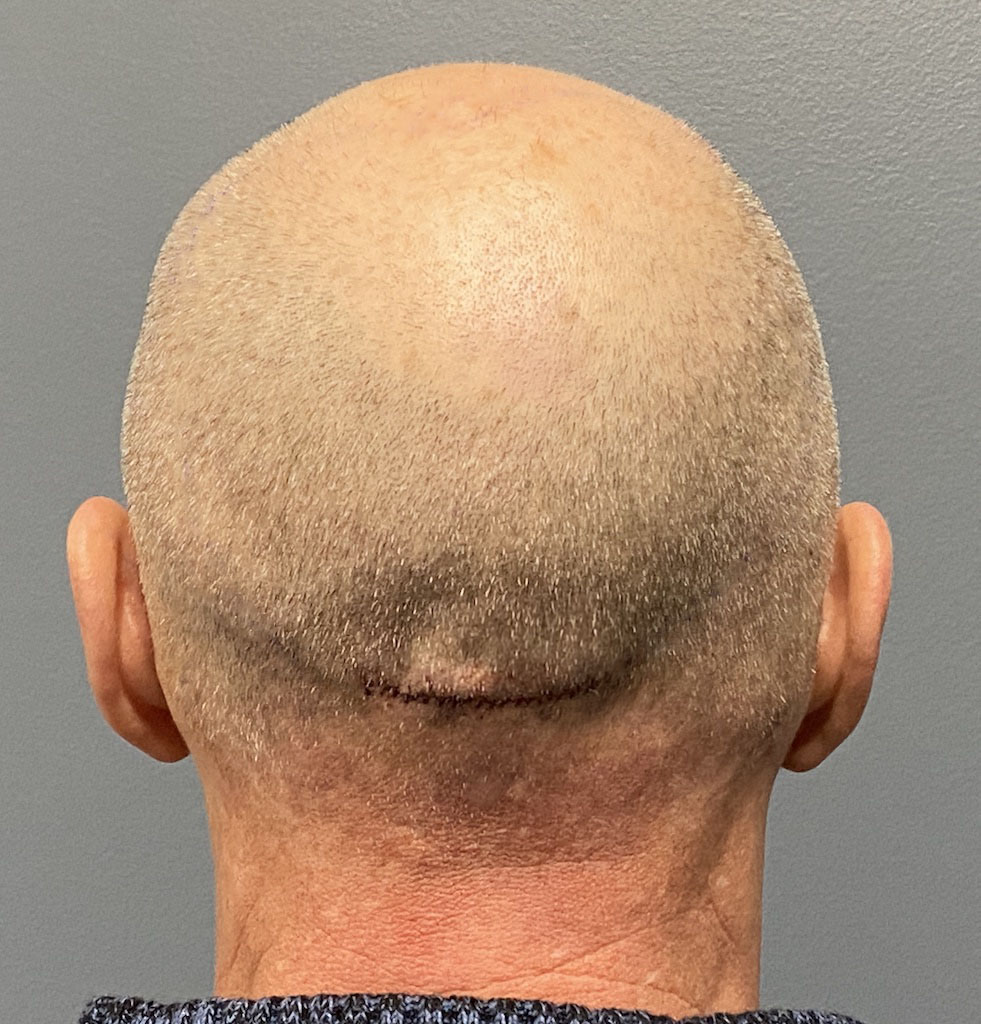
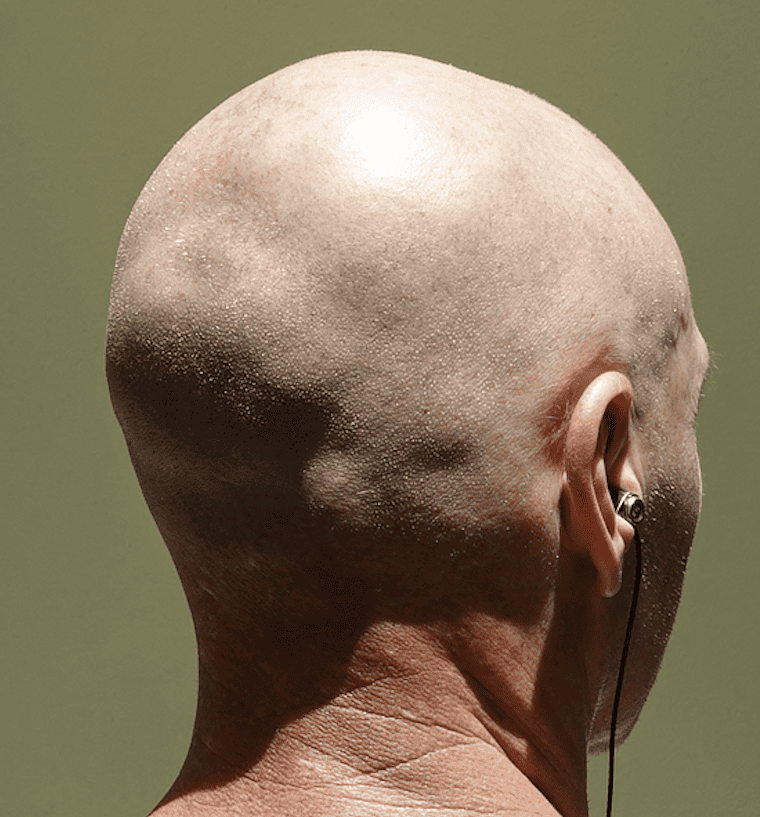
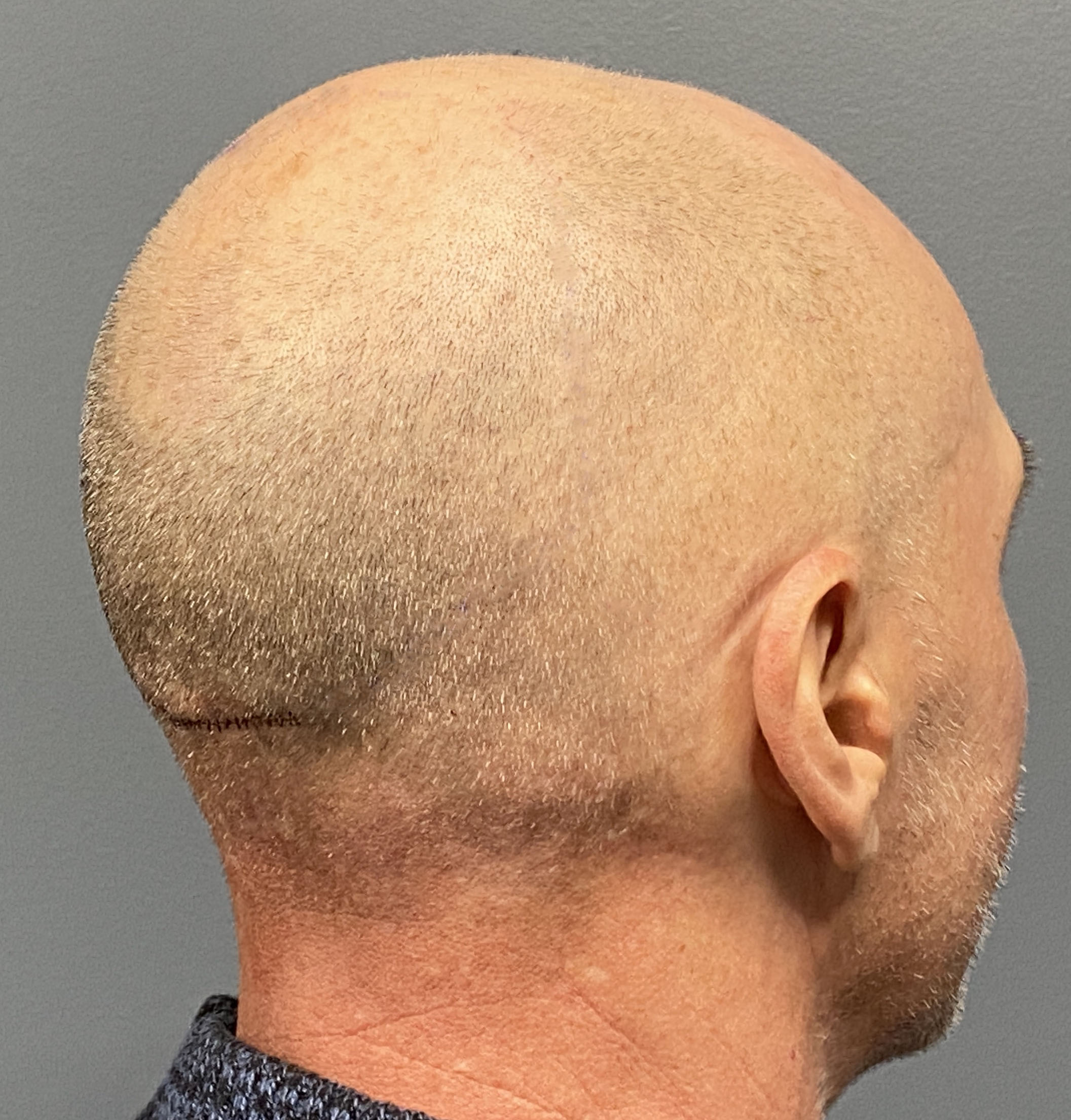
Desire for improvement in the irregular shape of the back of his head.
Placement of custom back of head skull implant.
Patient 157
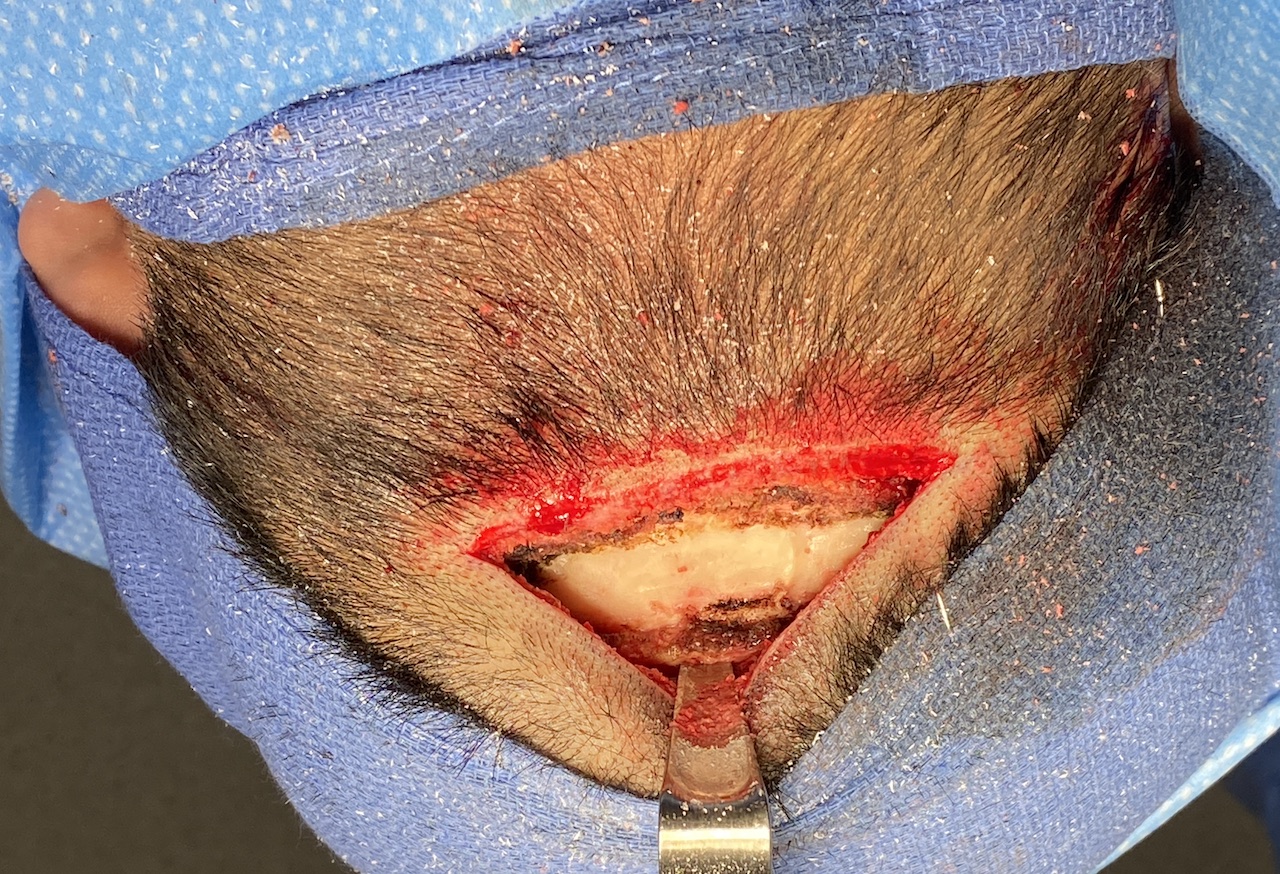
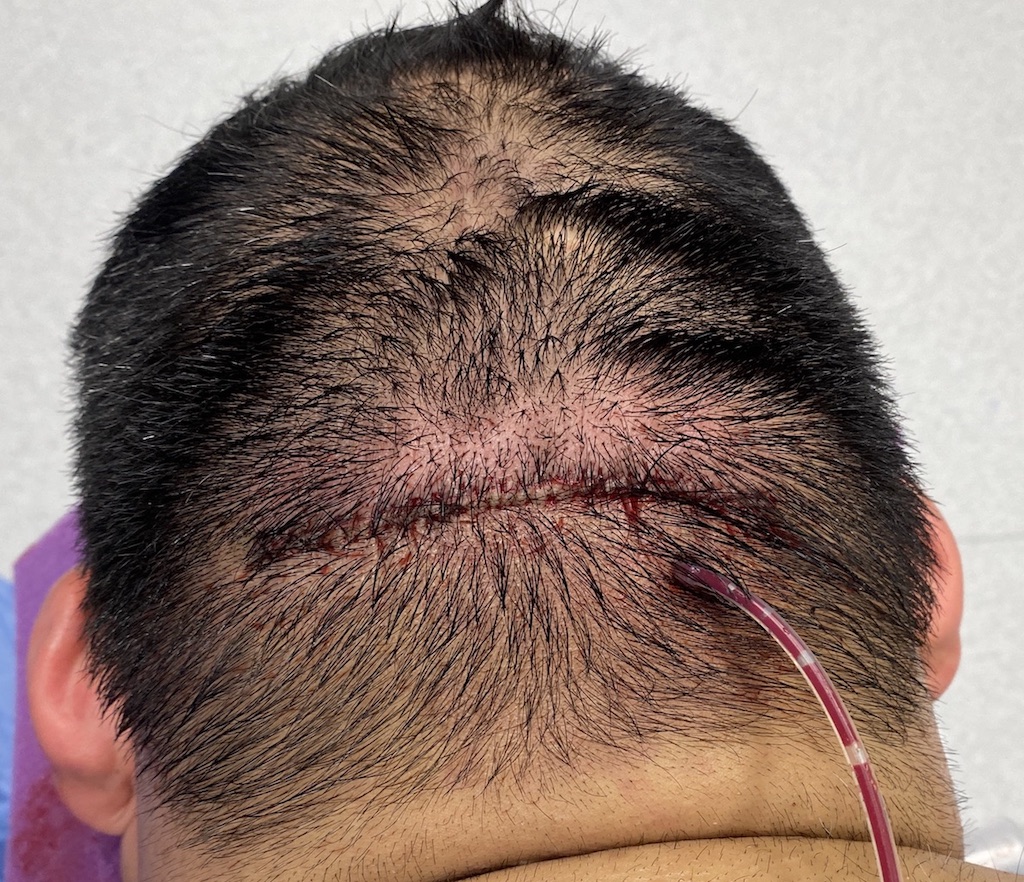
Low back of head prominence due to. raised nuchal ridge line and overlying redundant scalp rolls.
Nuchal ridge skull reduction with lower scalp roll excision.


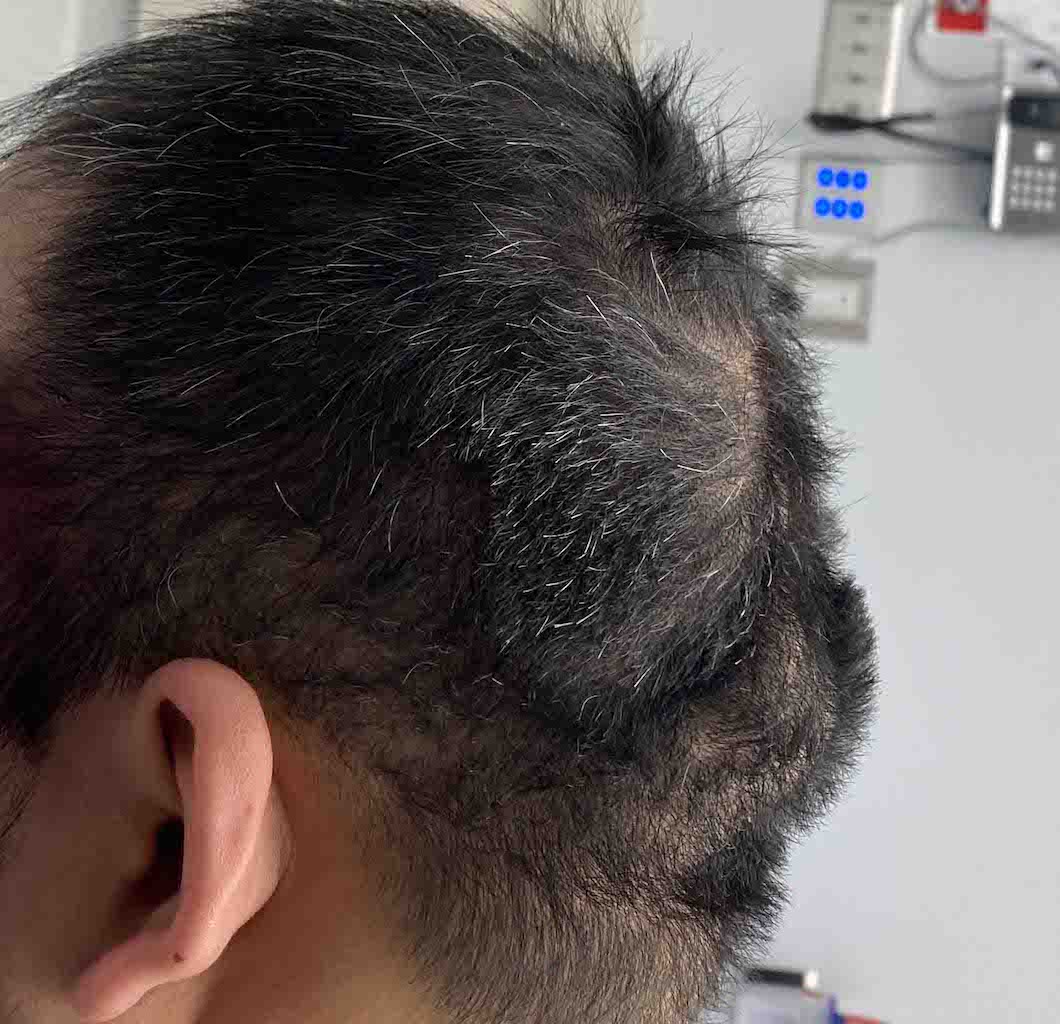
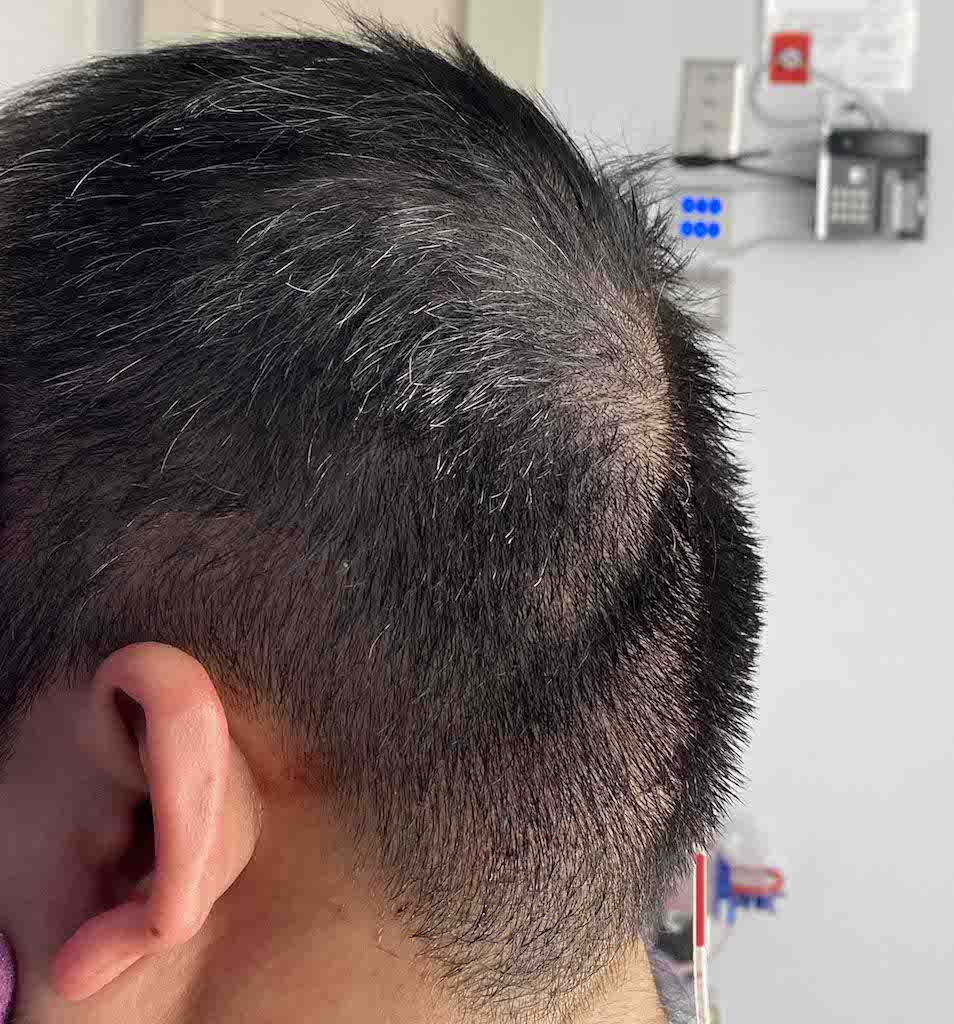
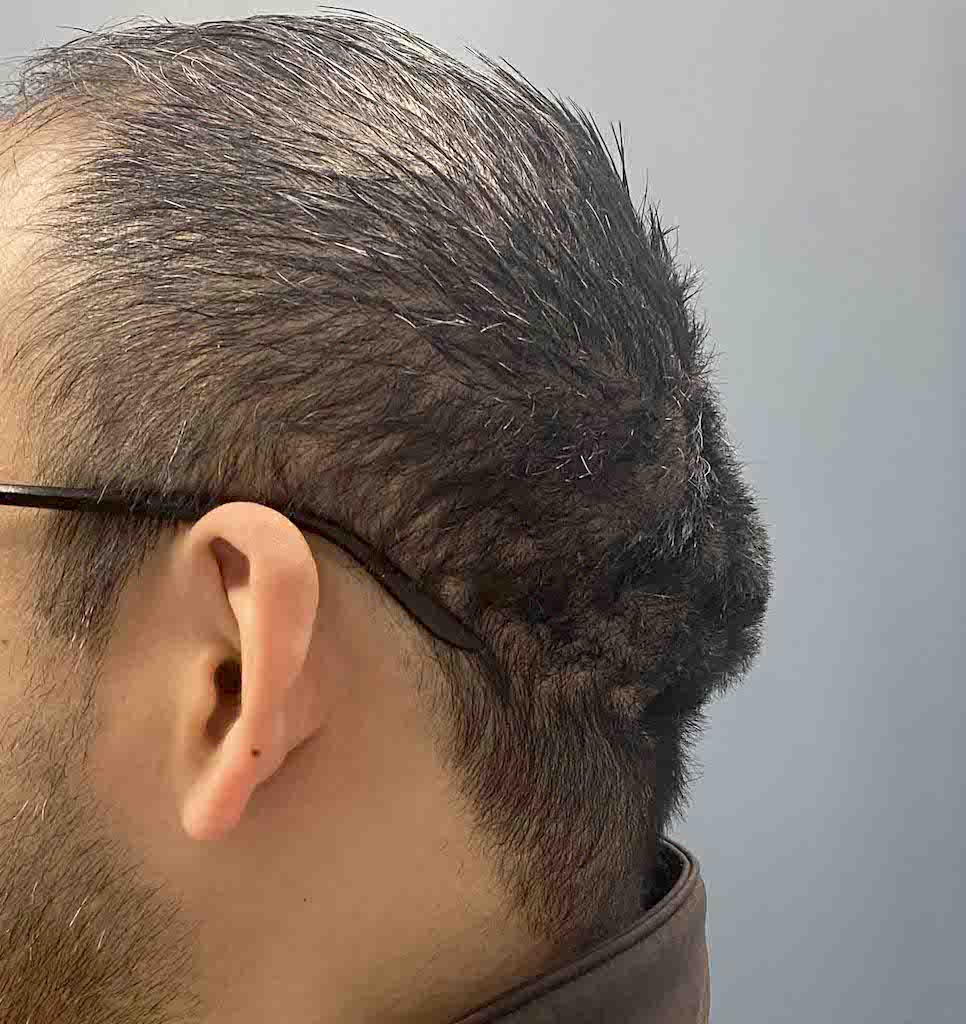
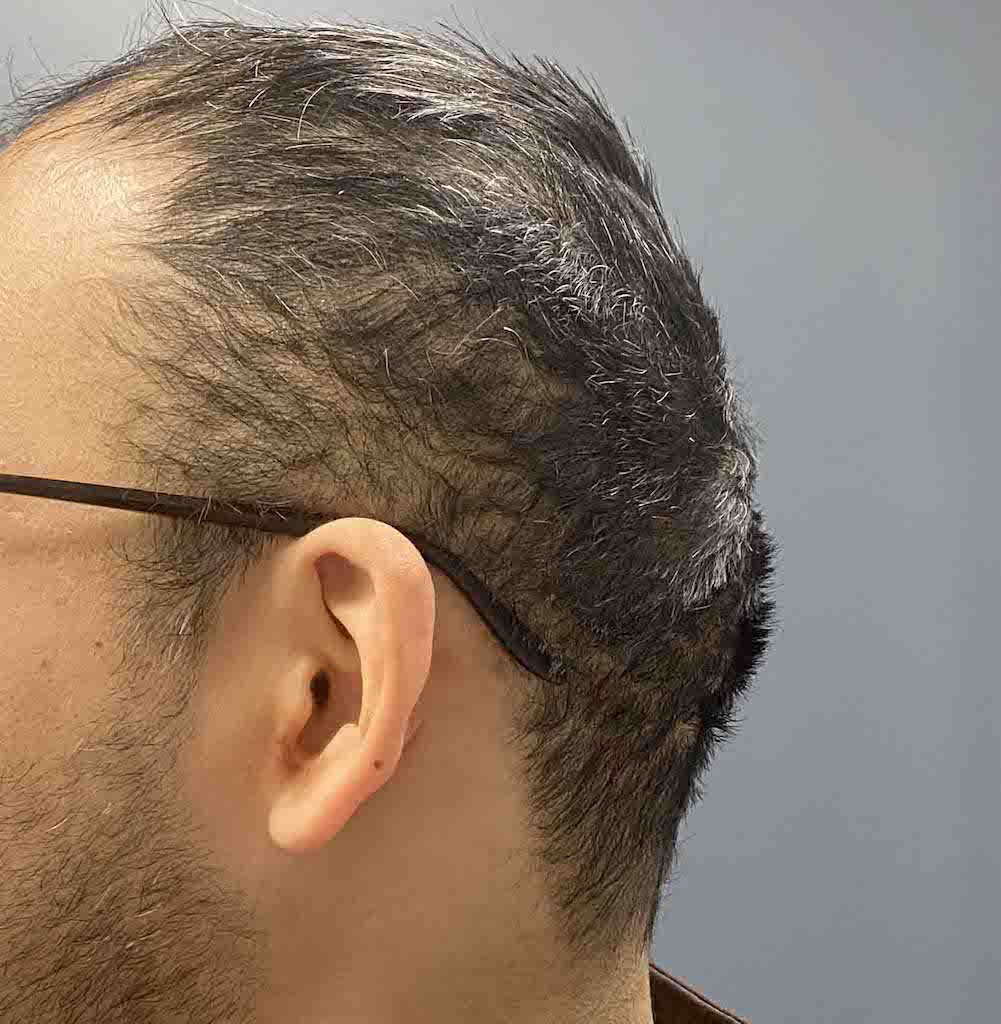
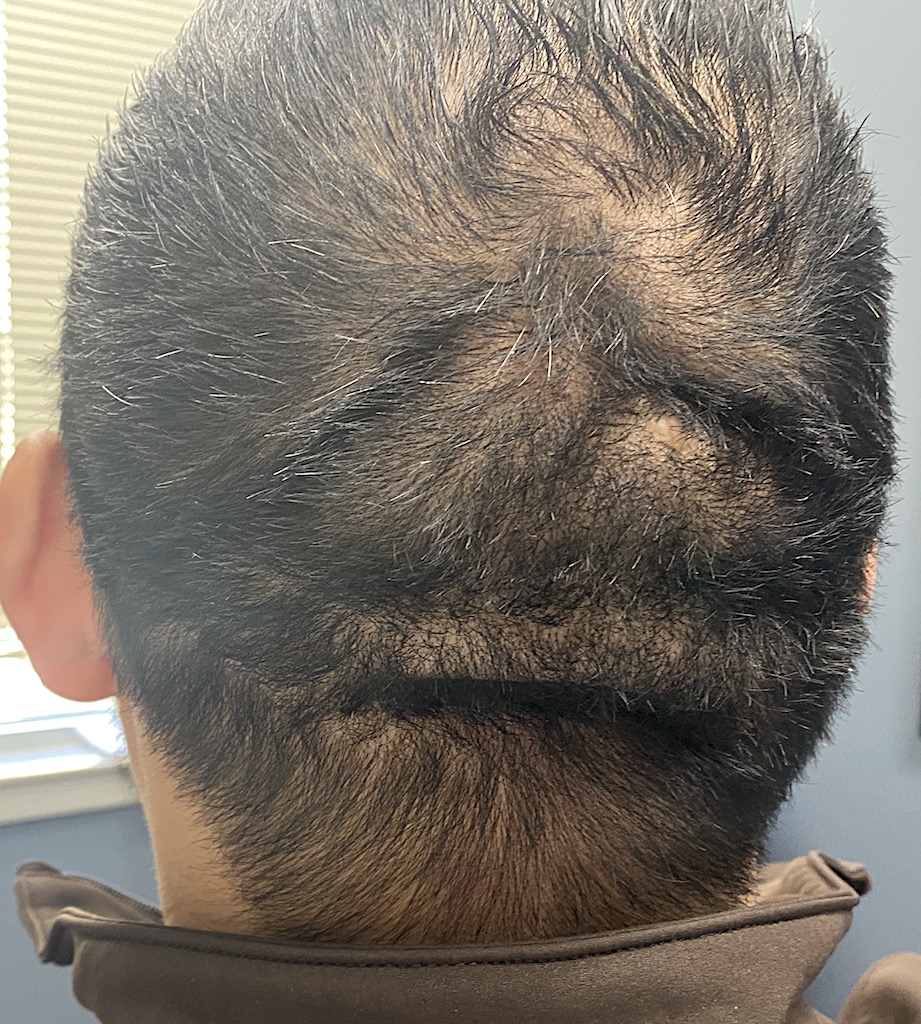
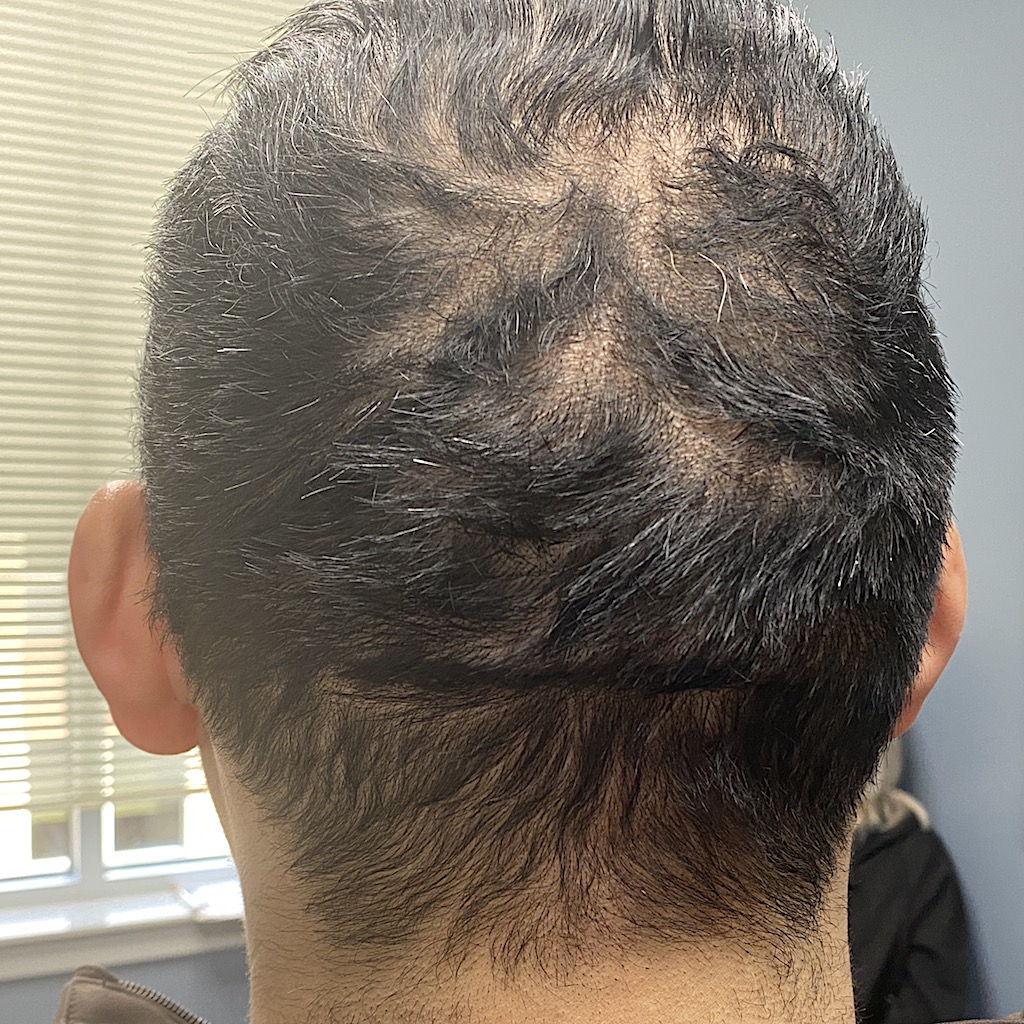
Low back of head prominence due to. raised nuchal ridge line and overlying redundant scalp rolls.
Nuchal ridge skull reduction with lower scalp roll excision.
Patient 158
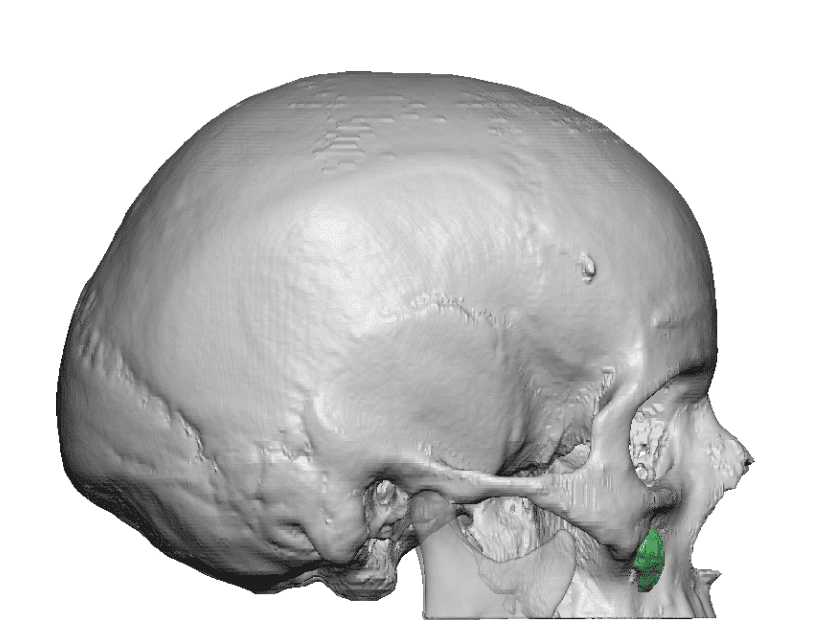
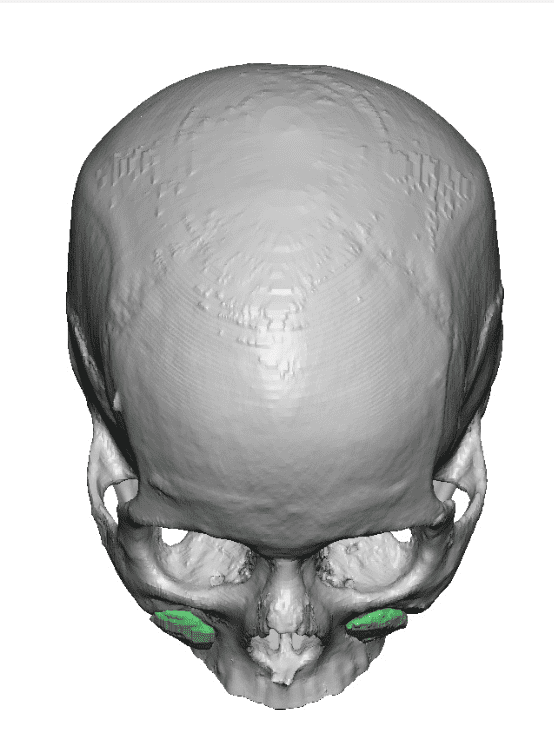
Desire for large skull augmentation for peanut-sized head, lifelong aesthetic concern.
Two stage skull augmentation with a first stage scalp tissue expansion and second stage two-piece custom skull implant.


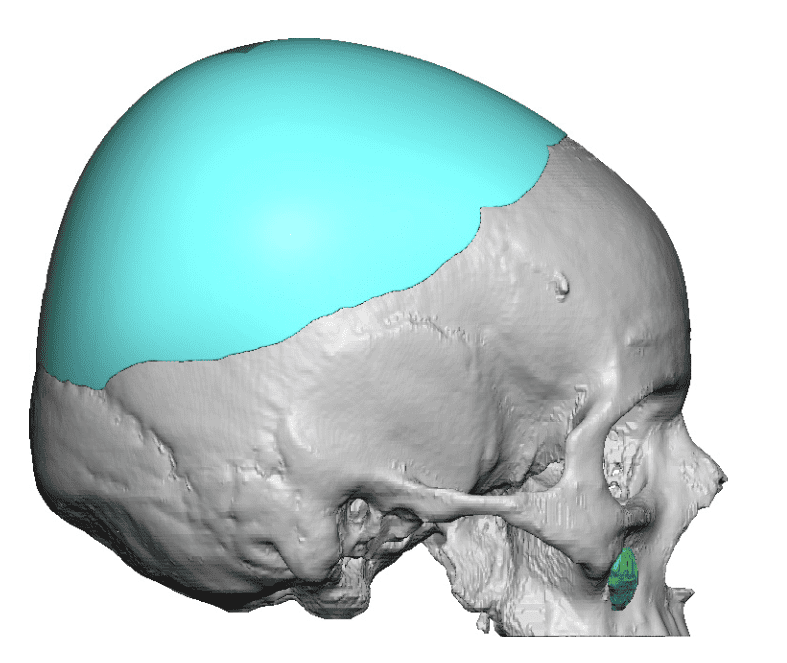
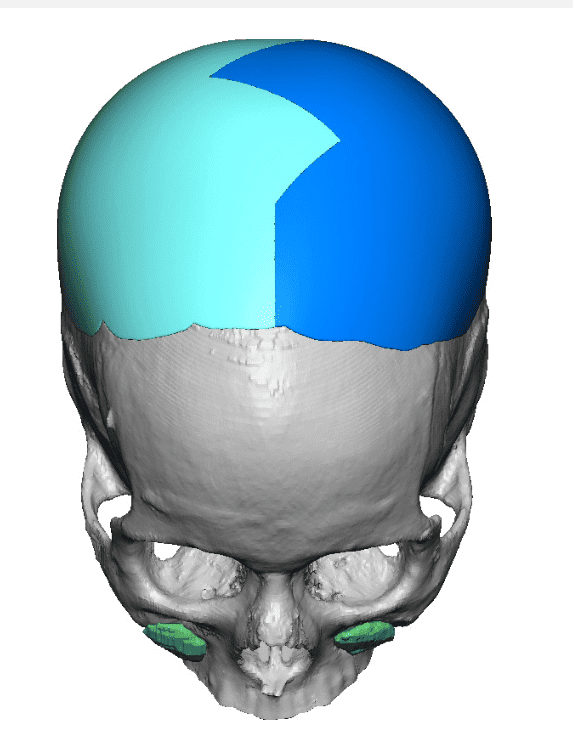
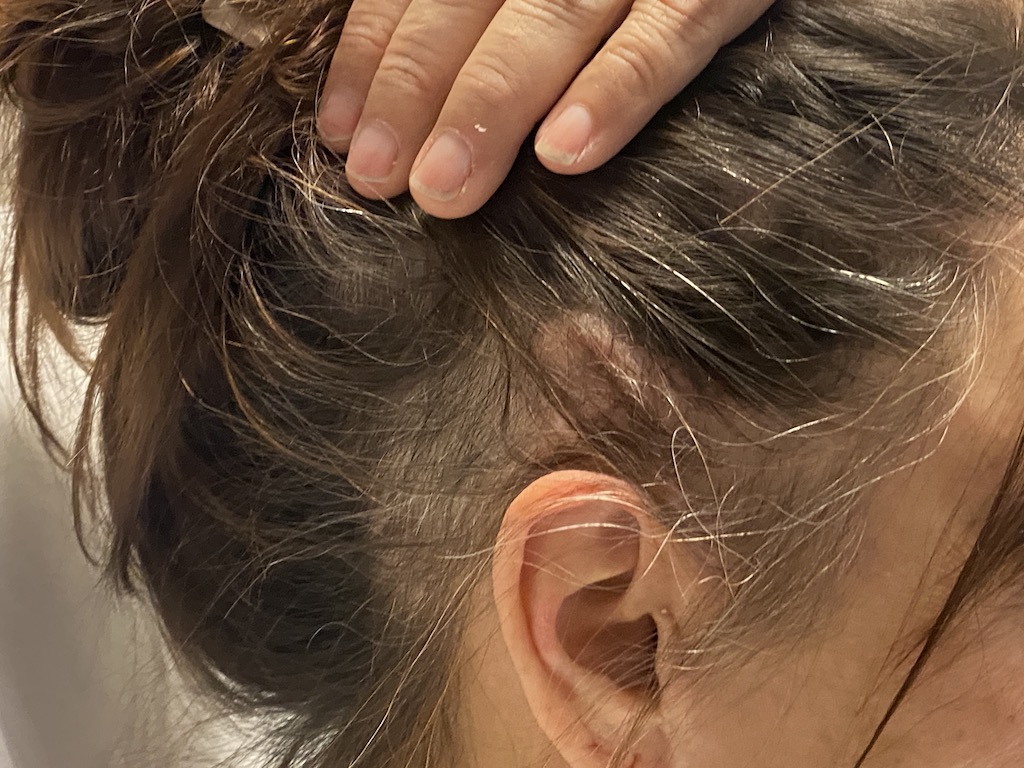
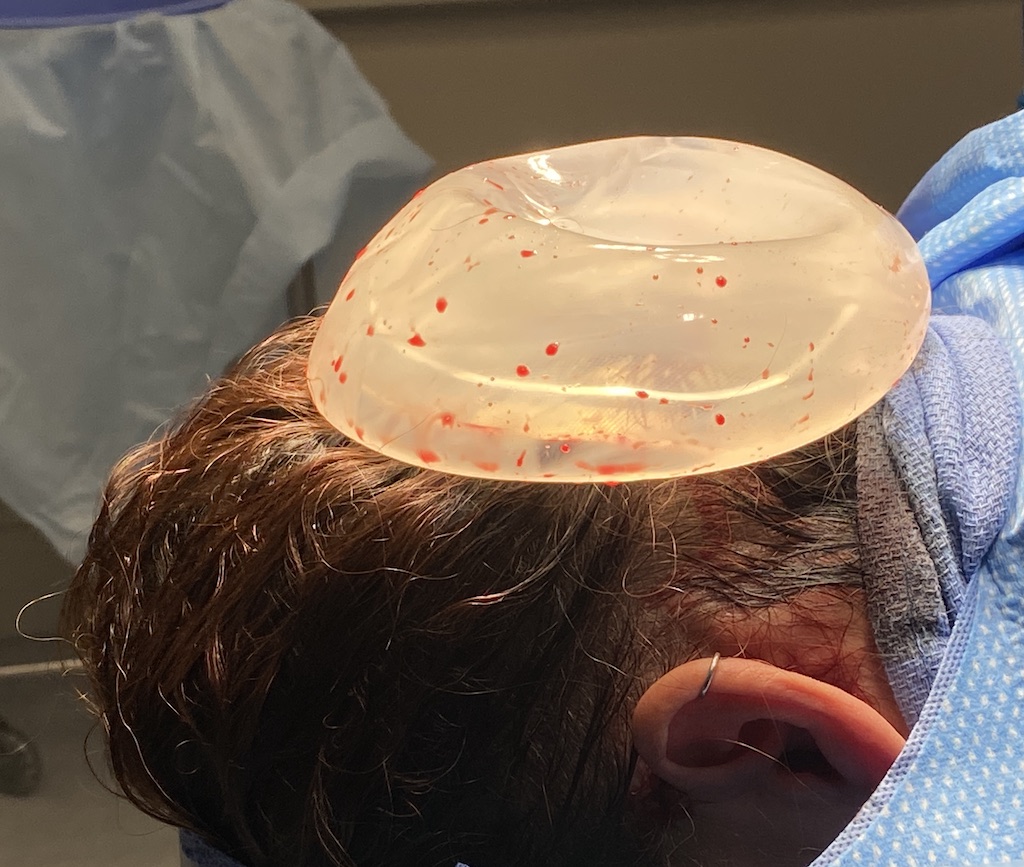
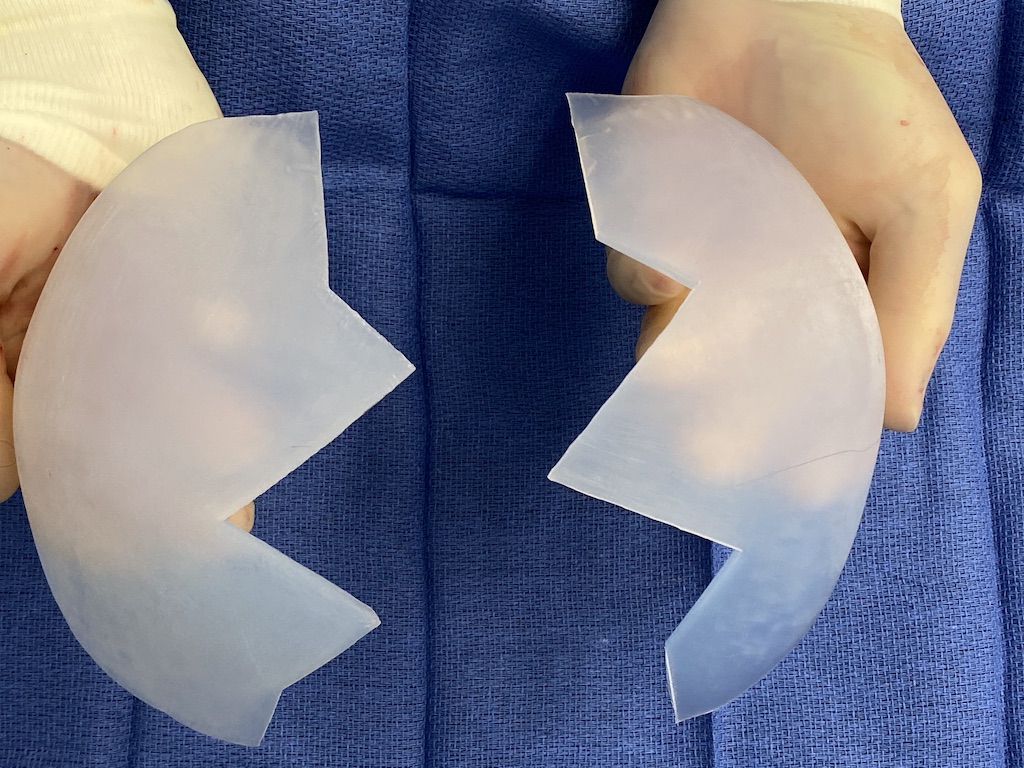
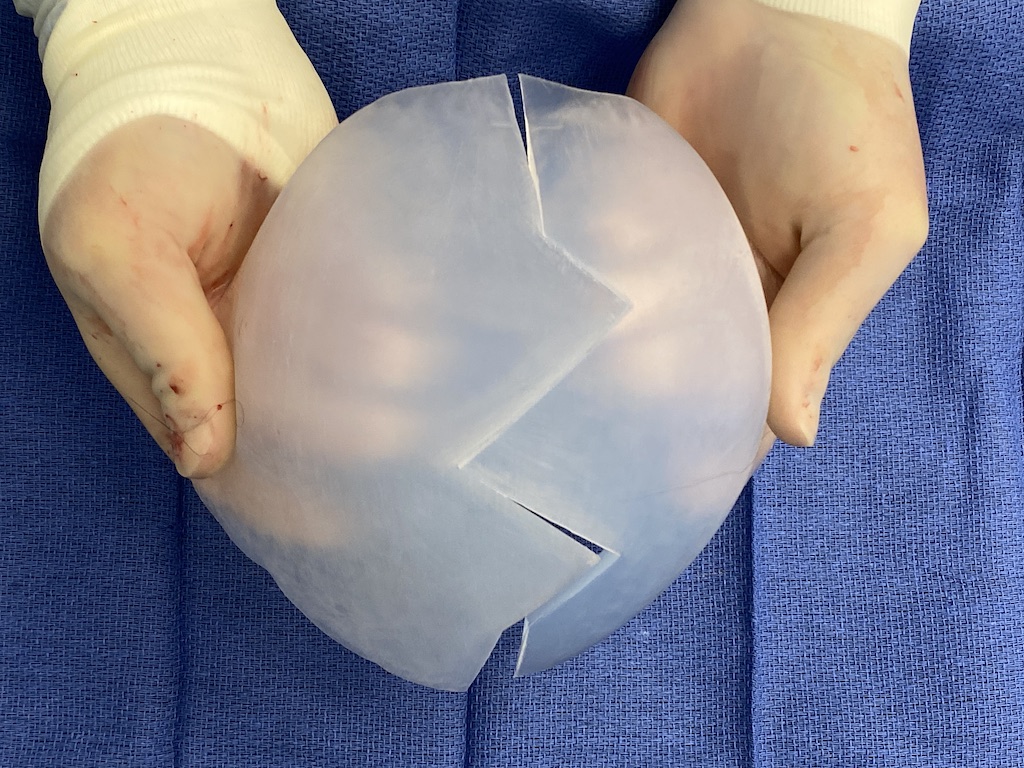
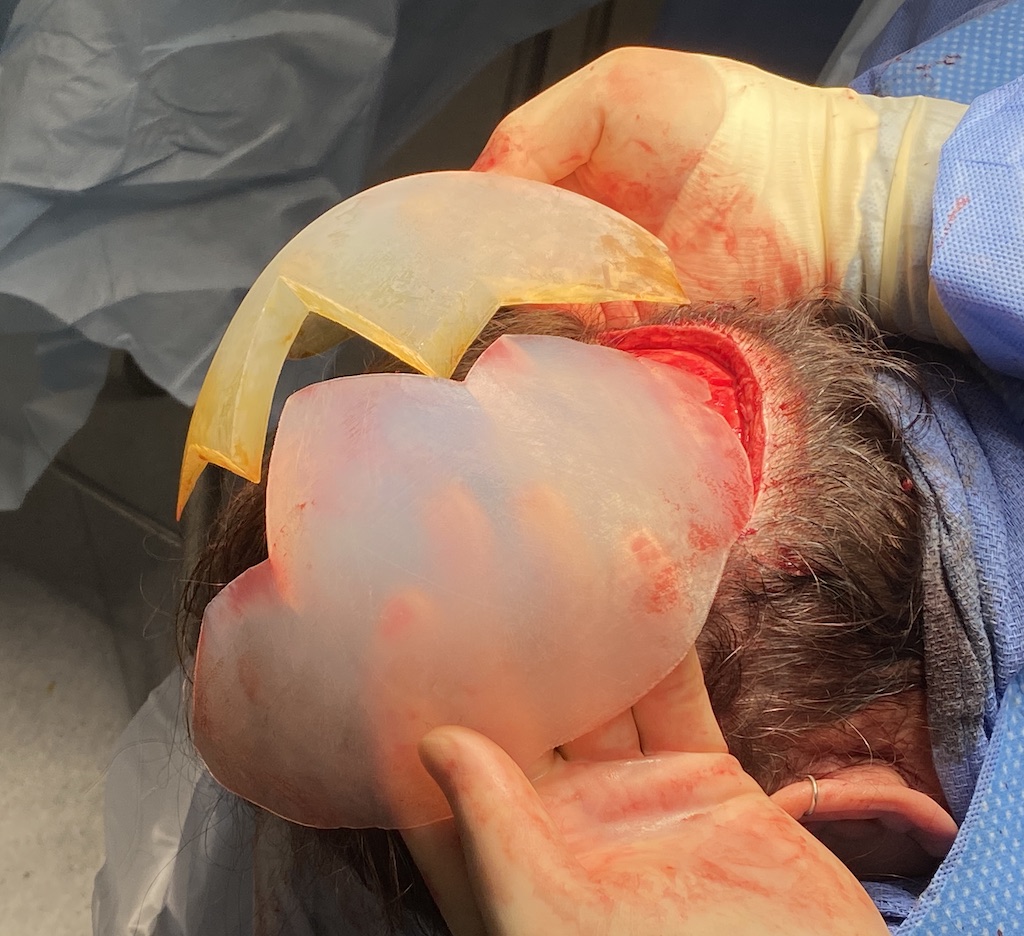
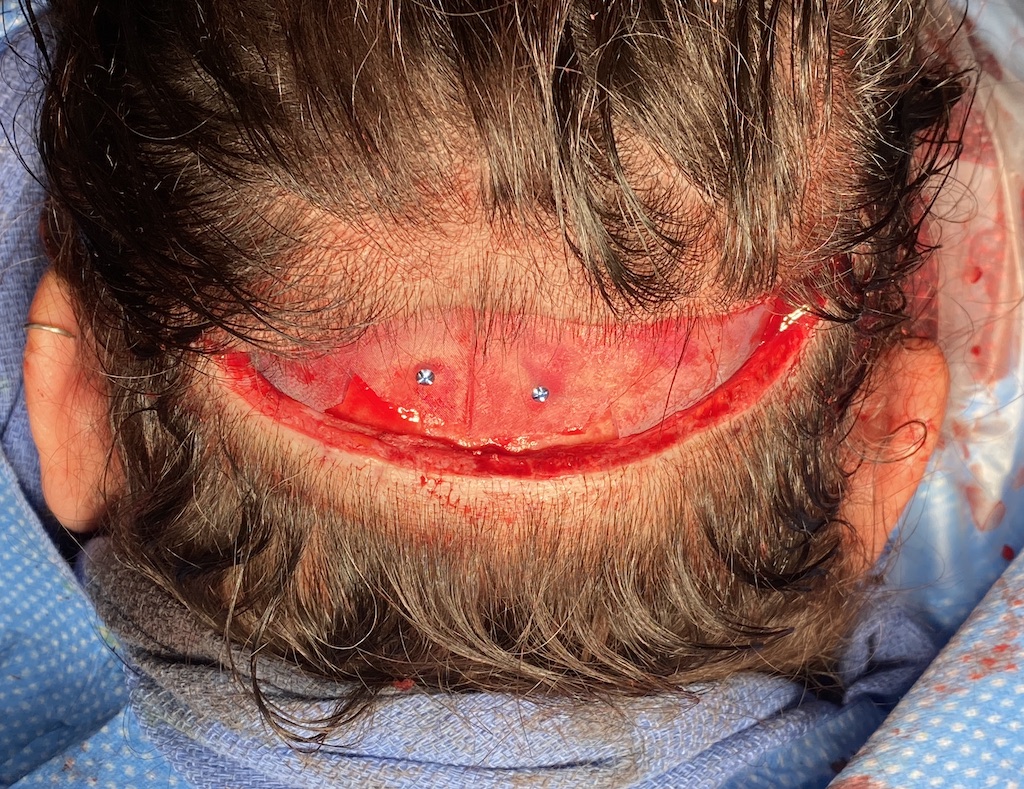
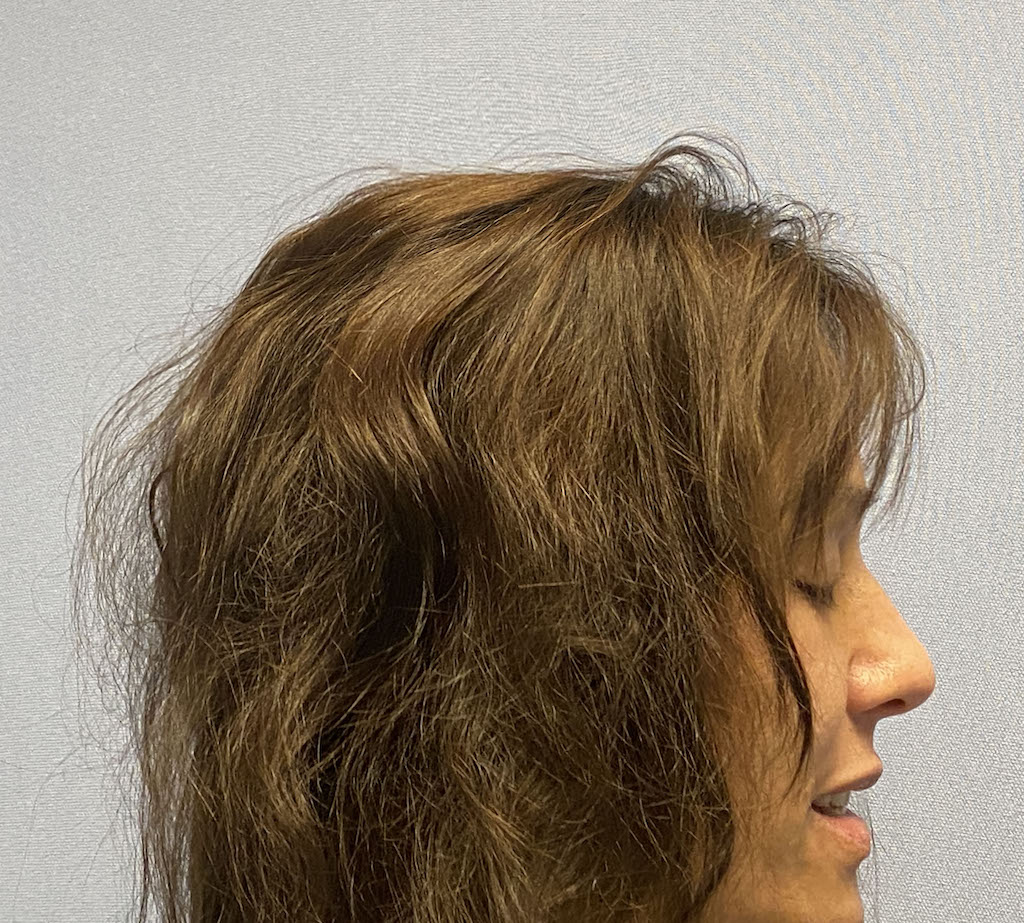
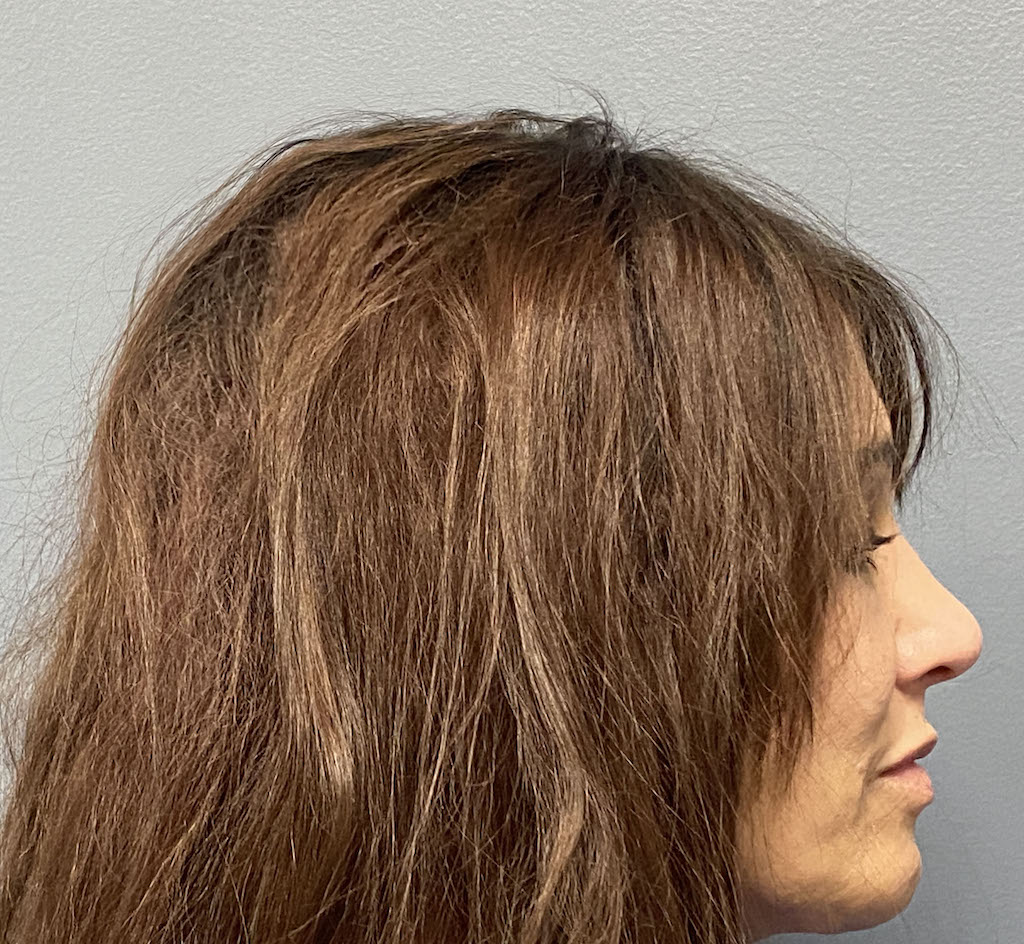
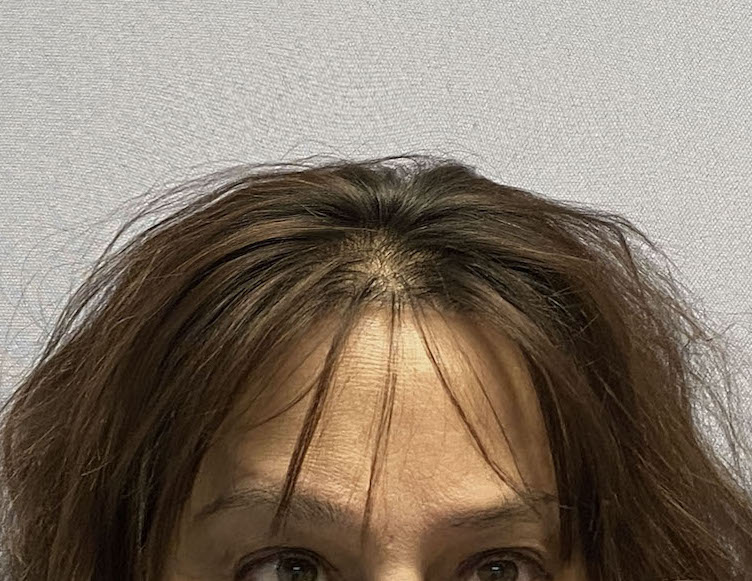
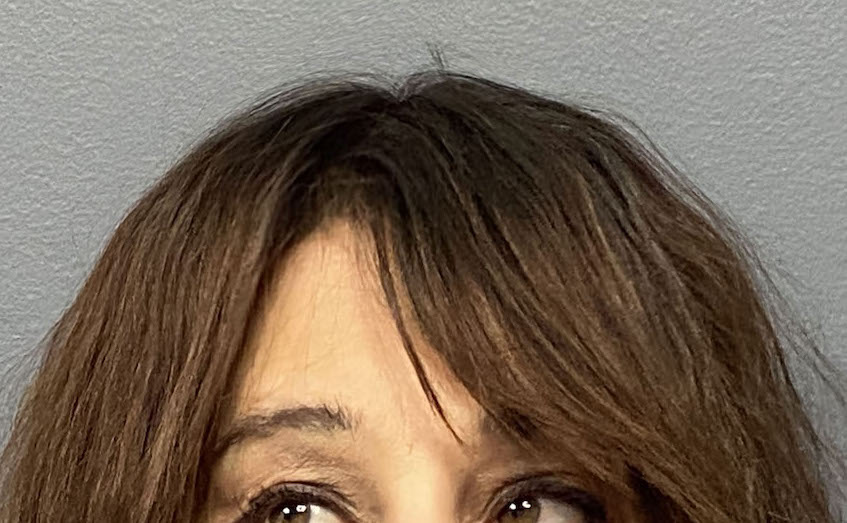
Desire for large skull augmentation for peanut-sized head, lifelong aesthetic concern.
Two stage skull augmentation with a first stage scalp tissue expansion and second stage two-piece custom skull implant.
Patient 159
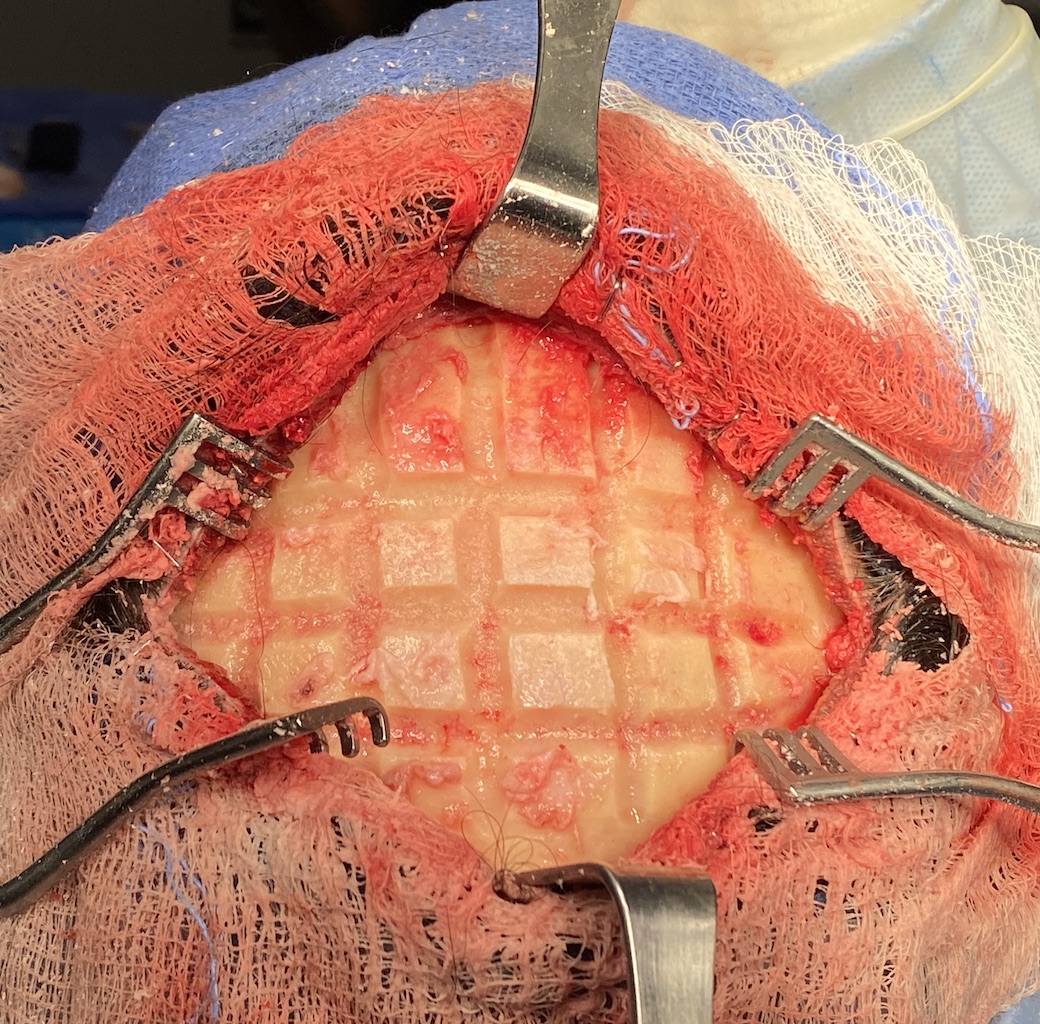
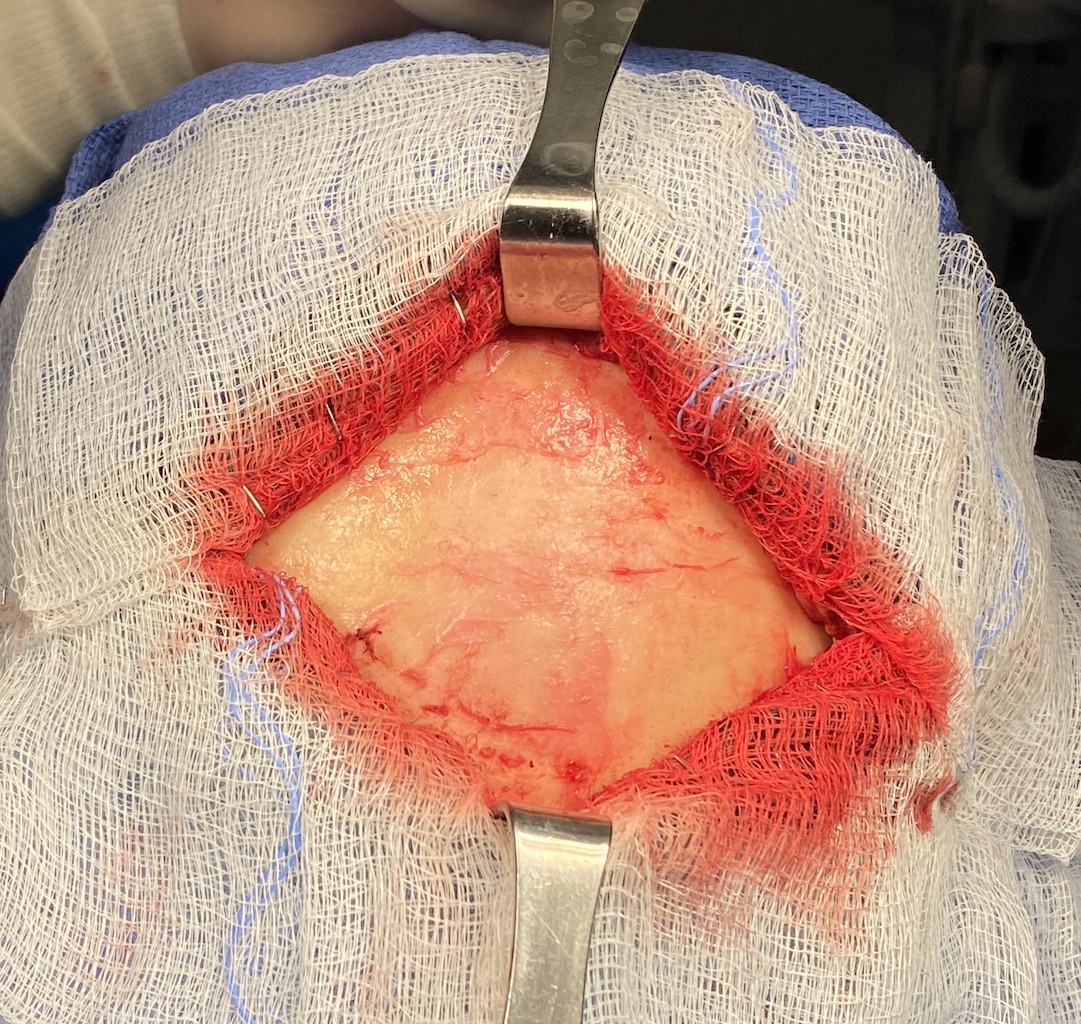
Desire for reduction of the top of his head.
Top of the head skull reduction using a grid pattern bone reduction technique.


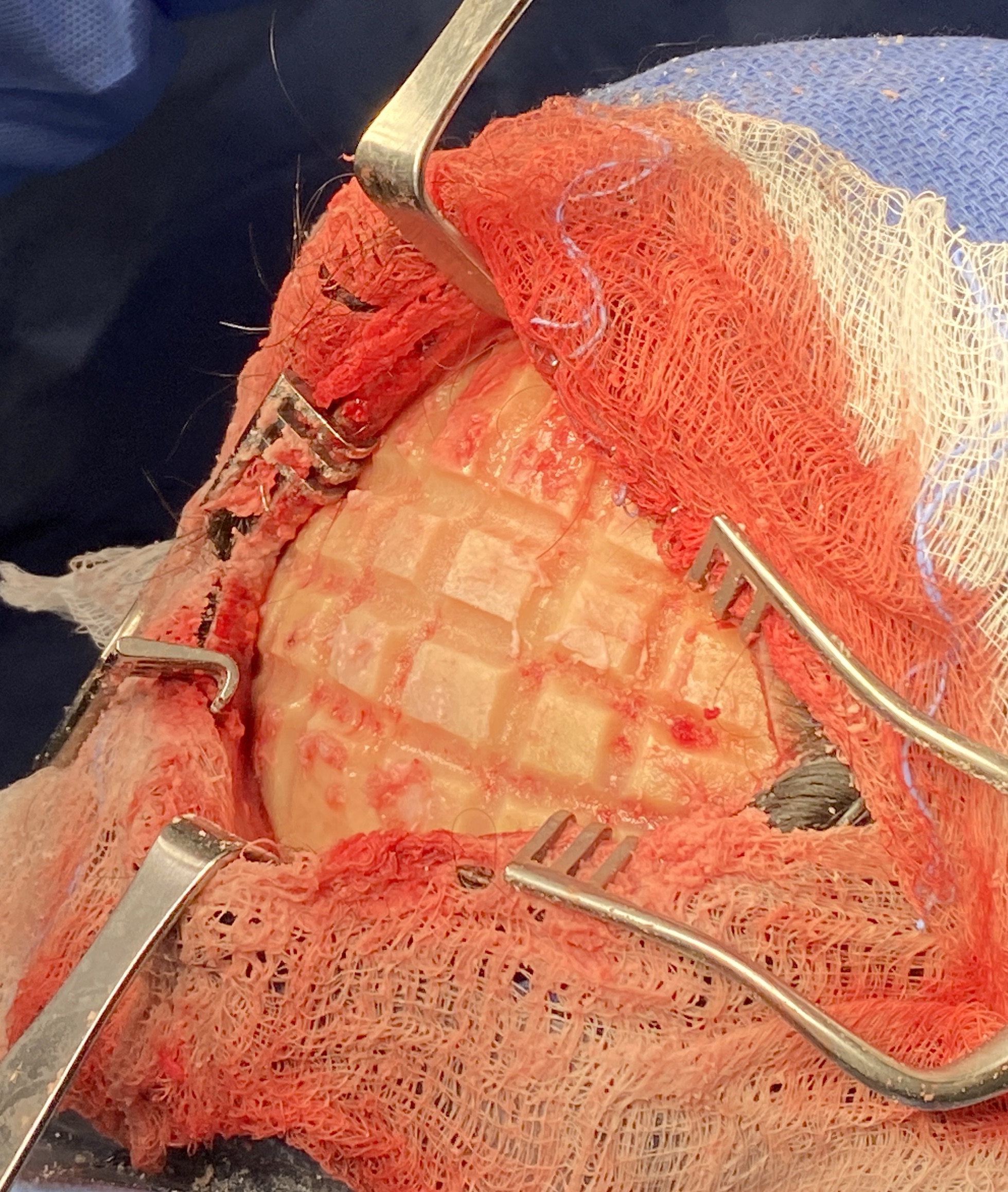
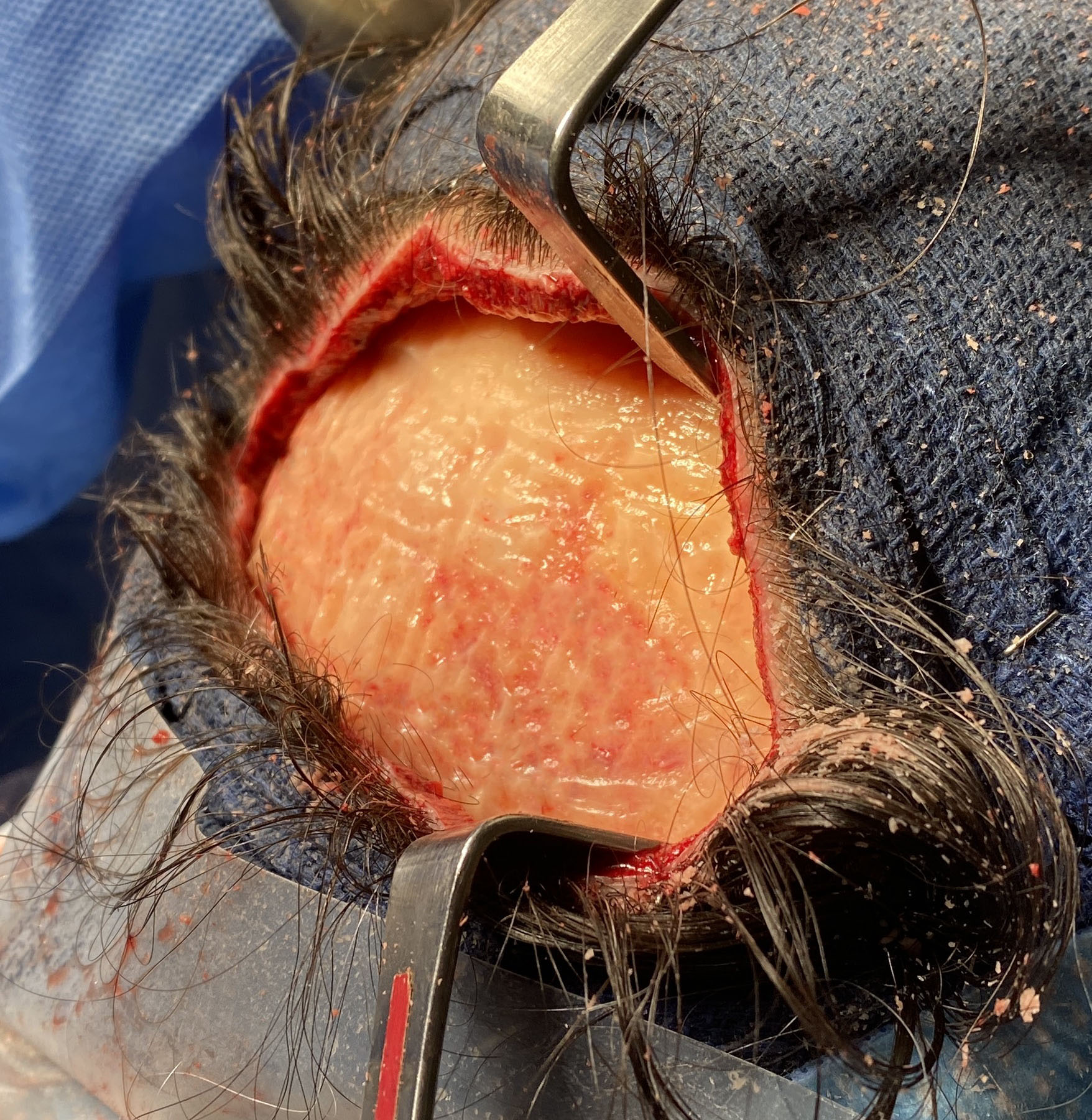
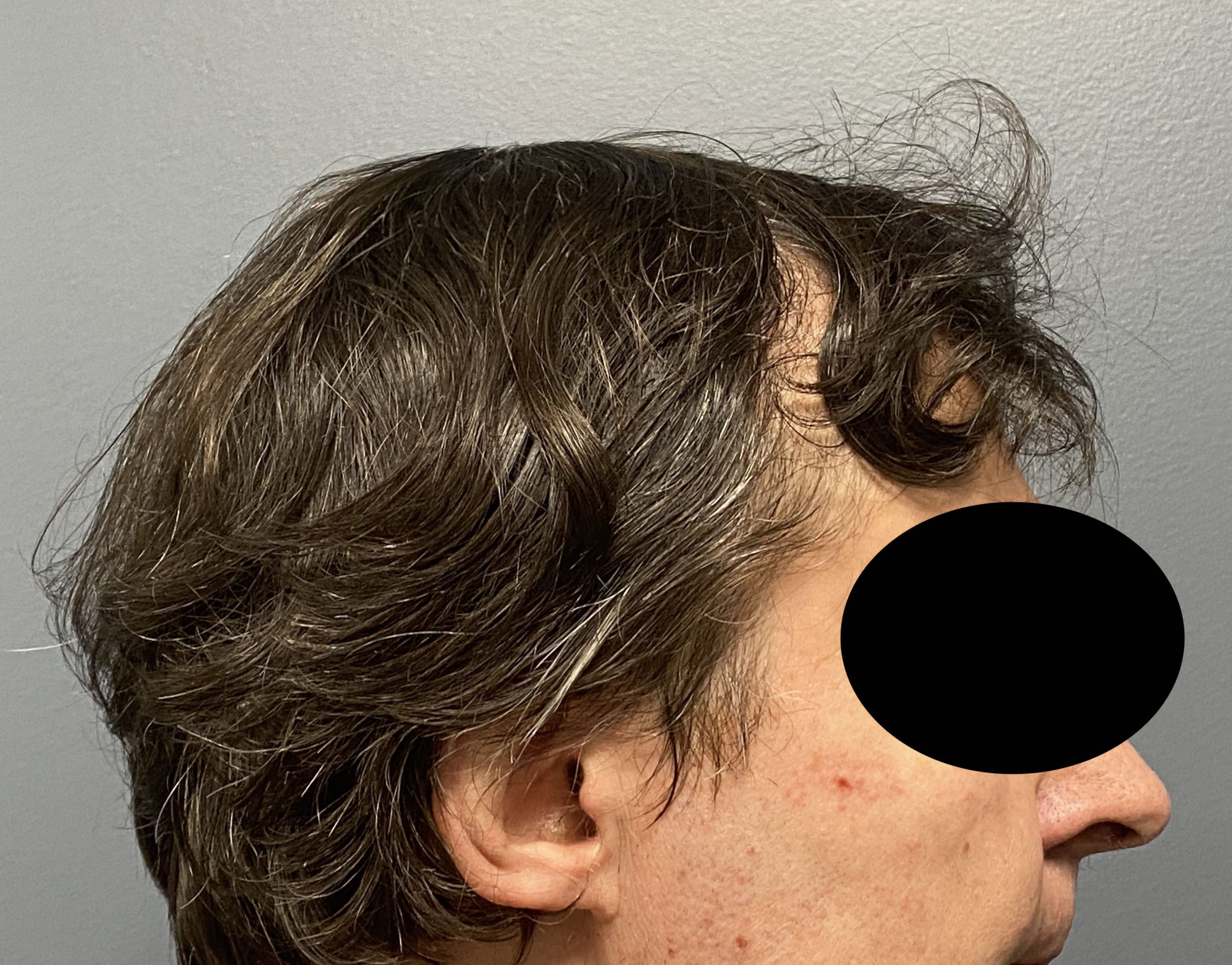
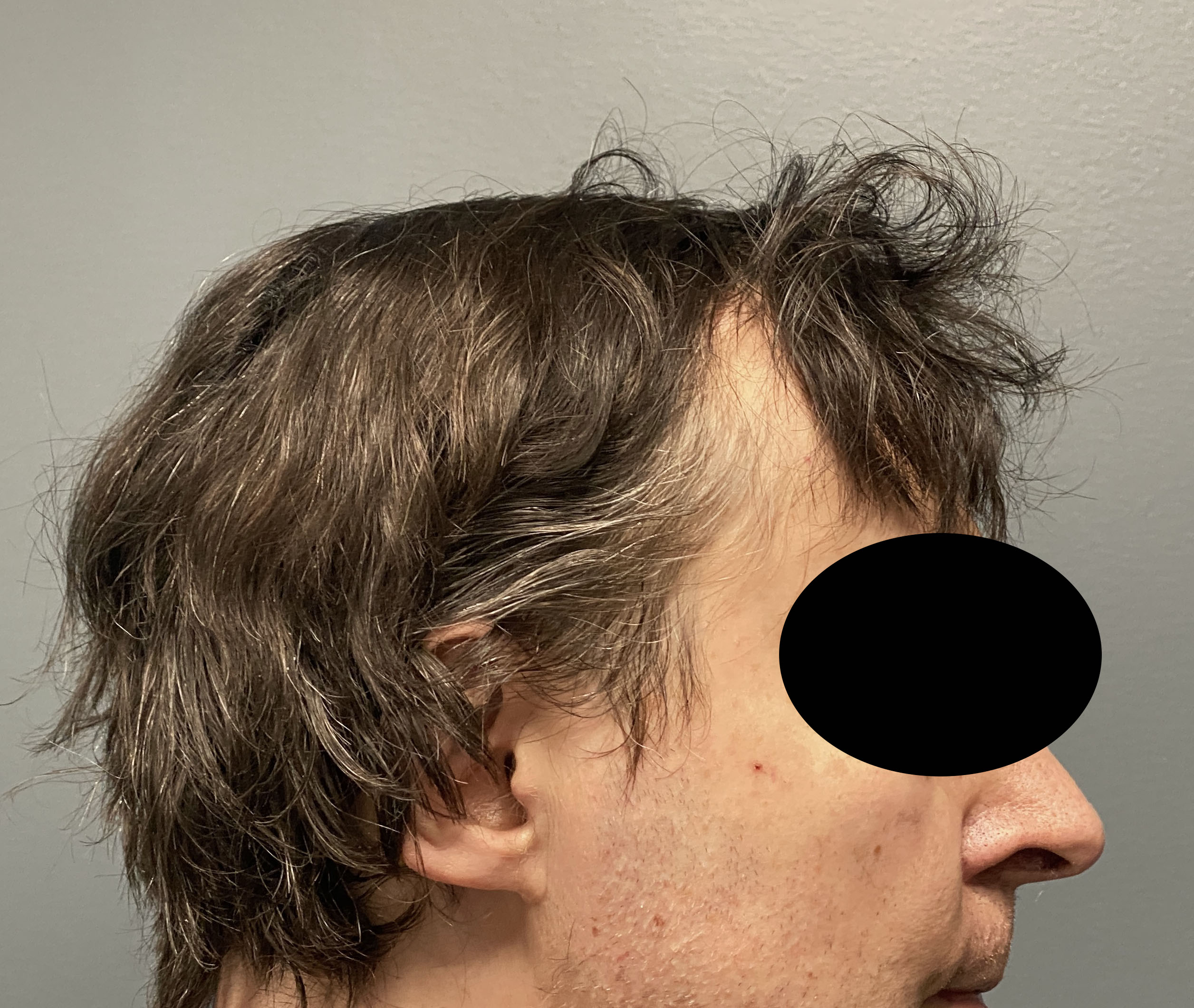
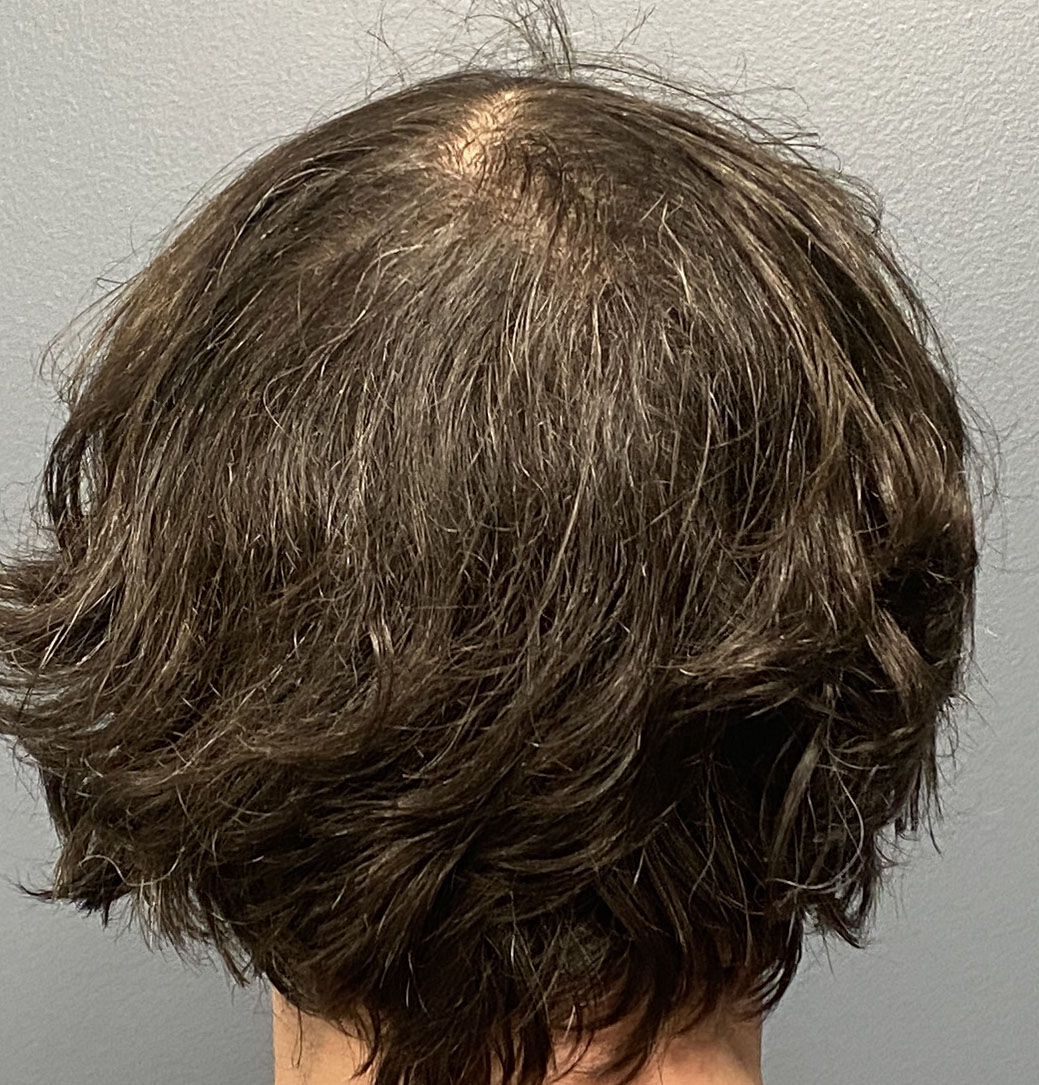
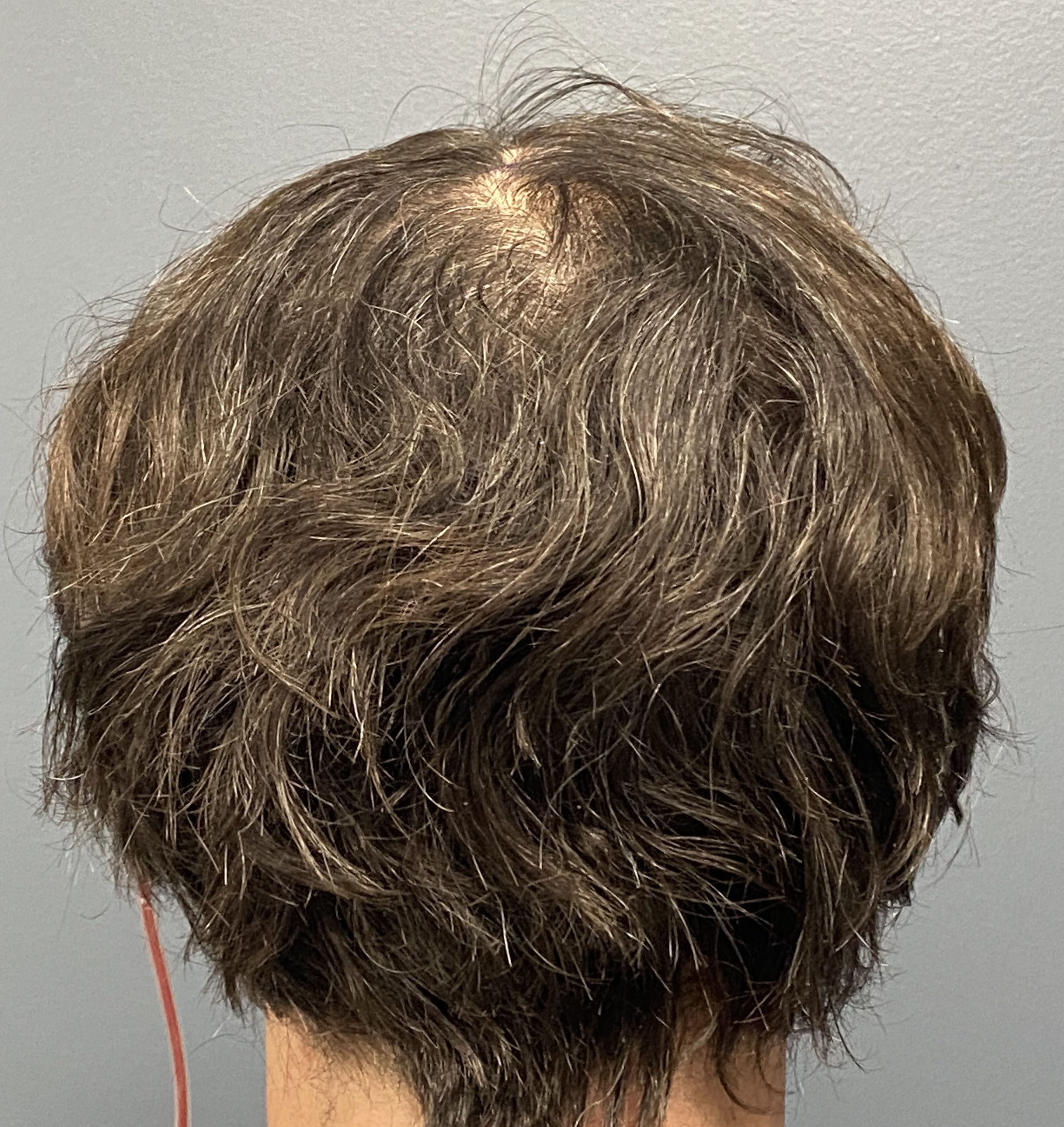
Desire for reduction of the top of his head.
Top of the head skull reduction using a grid pattern bone reduction technique.
Patient 160
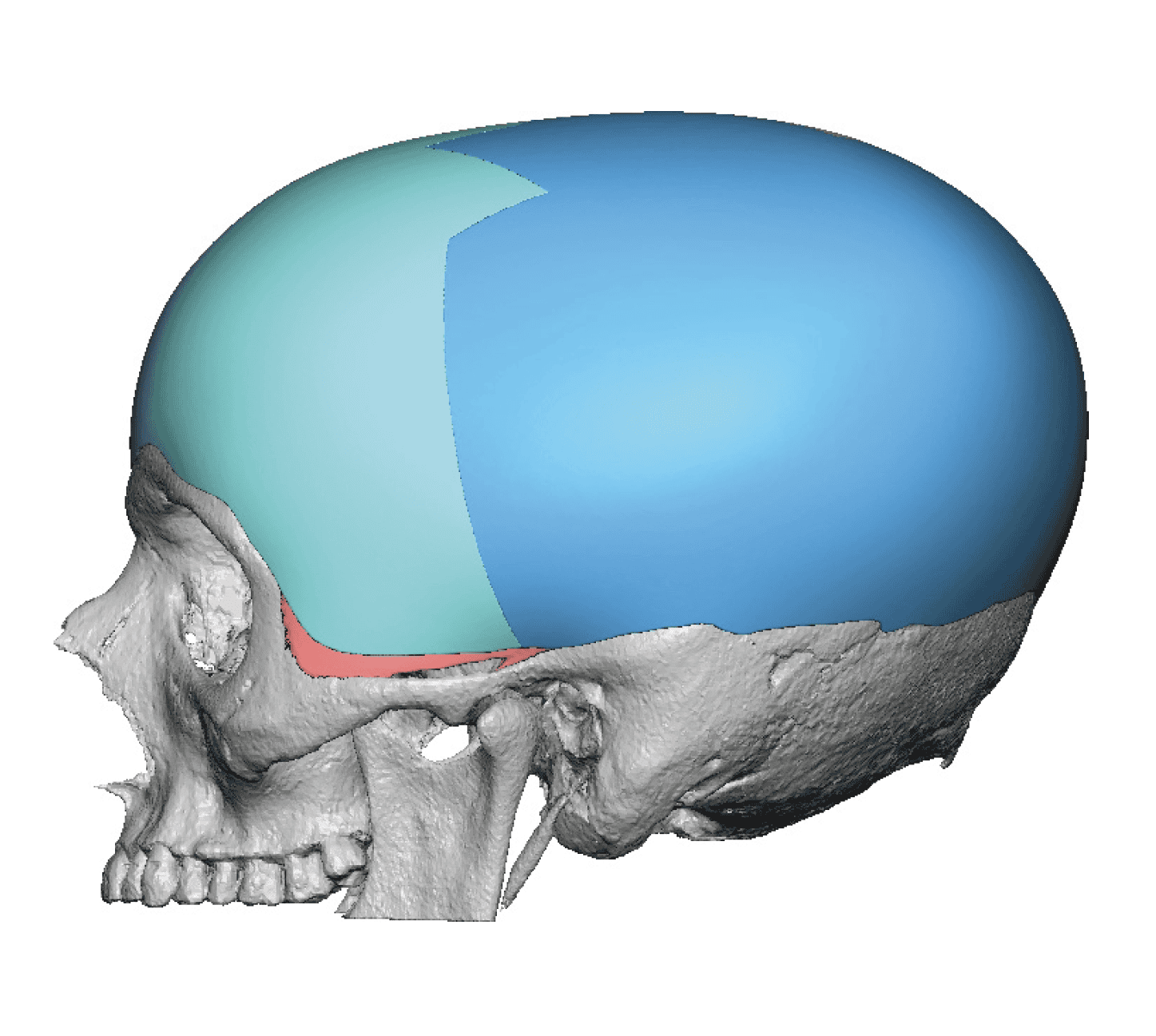
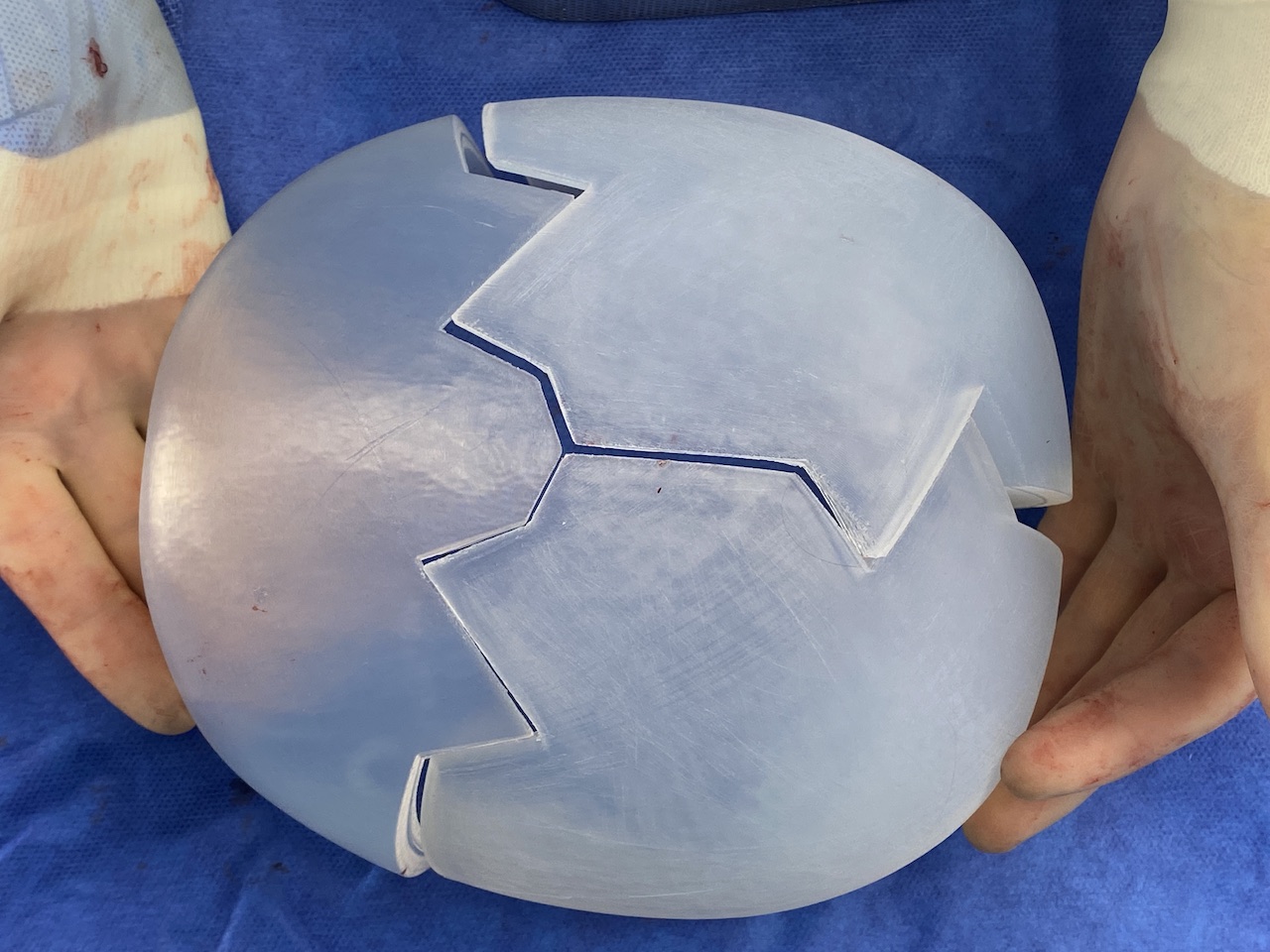
Desire for a large skull augmentation for a longer front to back skull length as well as wider at the sides as well.
Multi stage skull augmentation procedure with first stage scalp expansion followed by the placement of a large 4 piece skull implant...which as replaced later by an even larger 3 piece skull implant.


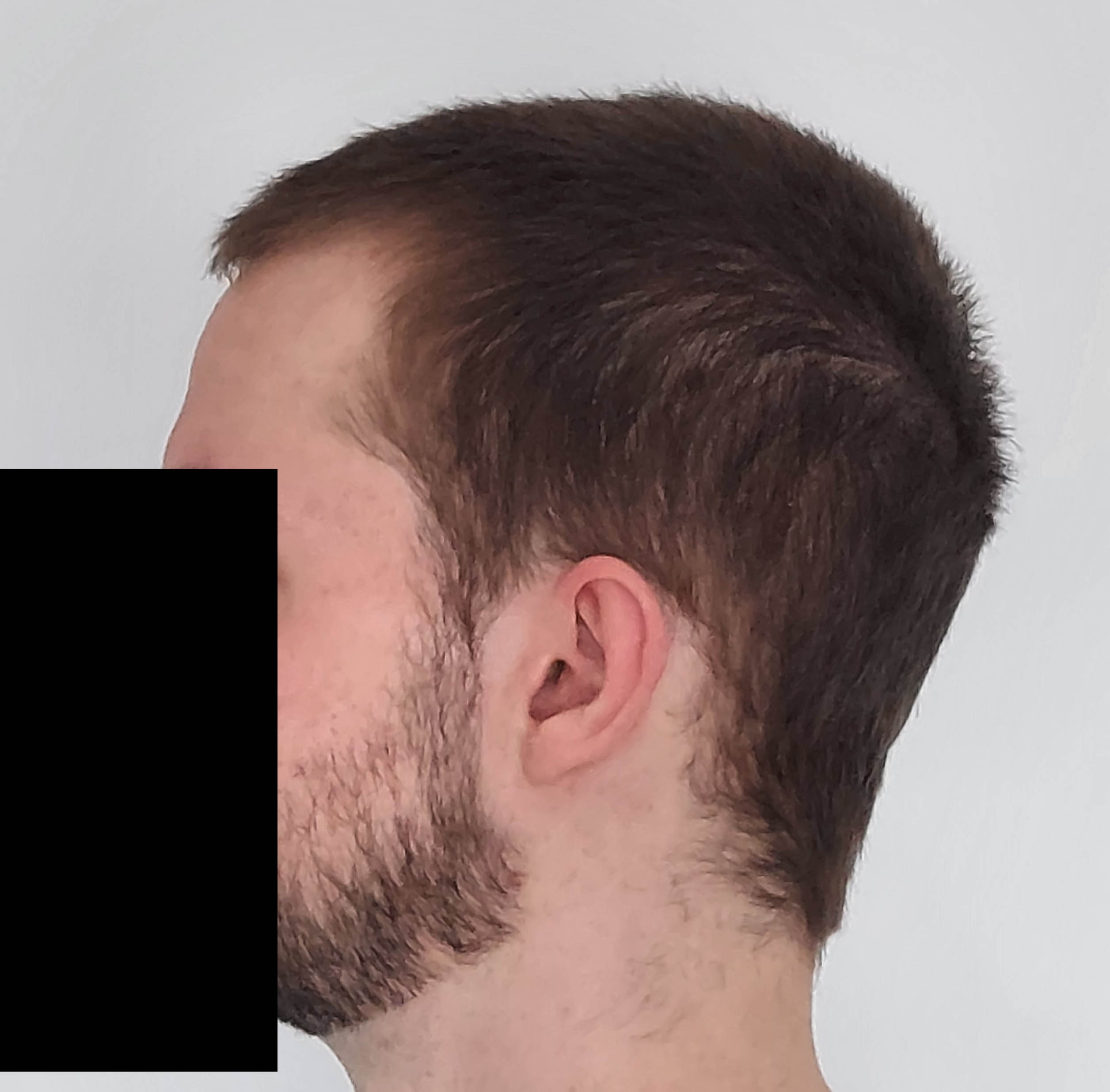
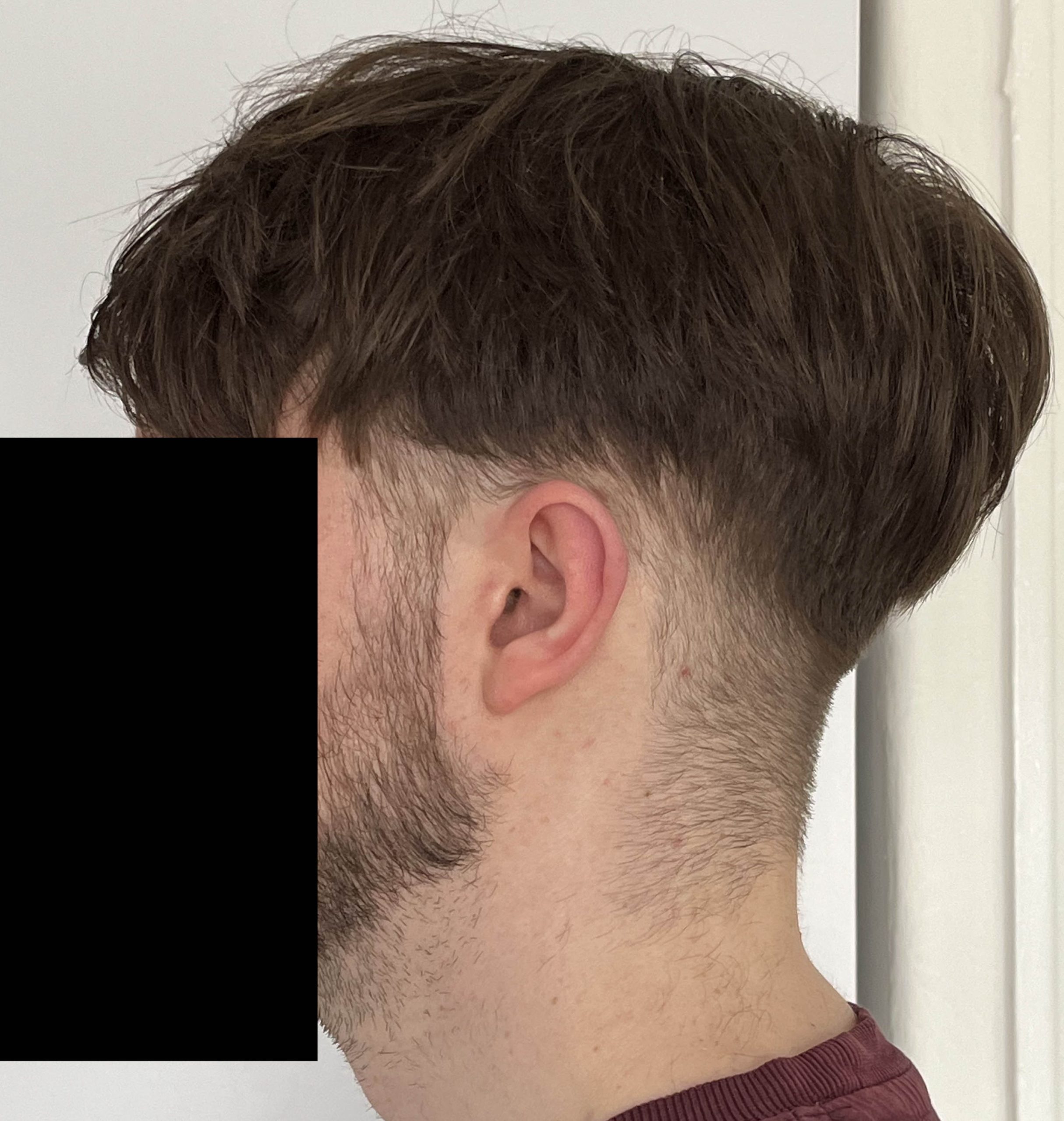
Desire for a large skull augmentation for a longer front to back skull length as well as wider at the sides as well.
Multi stage skull augmentation procedure with first stage scalp expansion followed by the placement of a large 4 piece skull implant...which as replaced later by an even larger 3 piece skull implant.
Patient 161
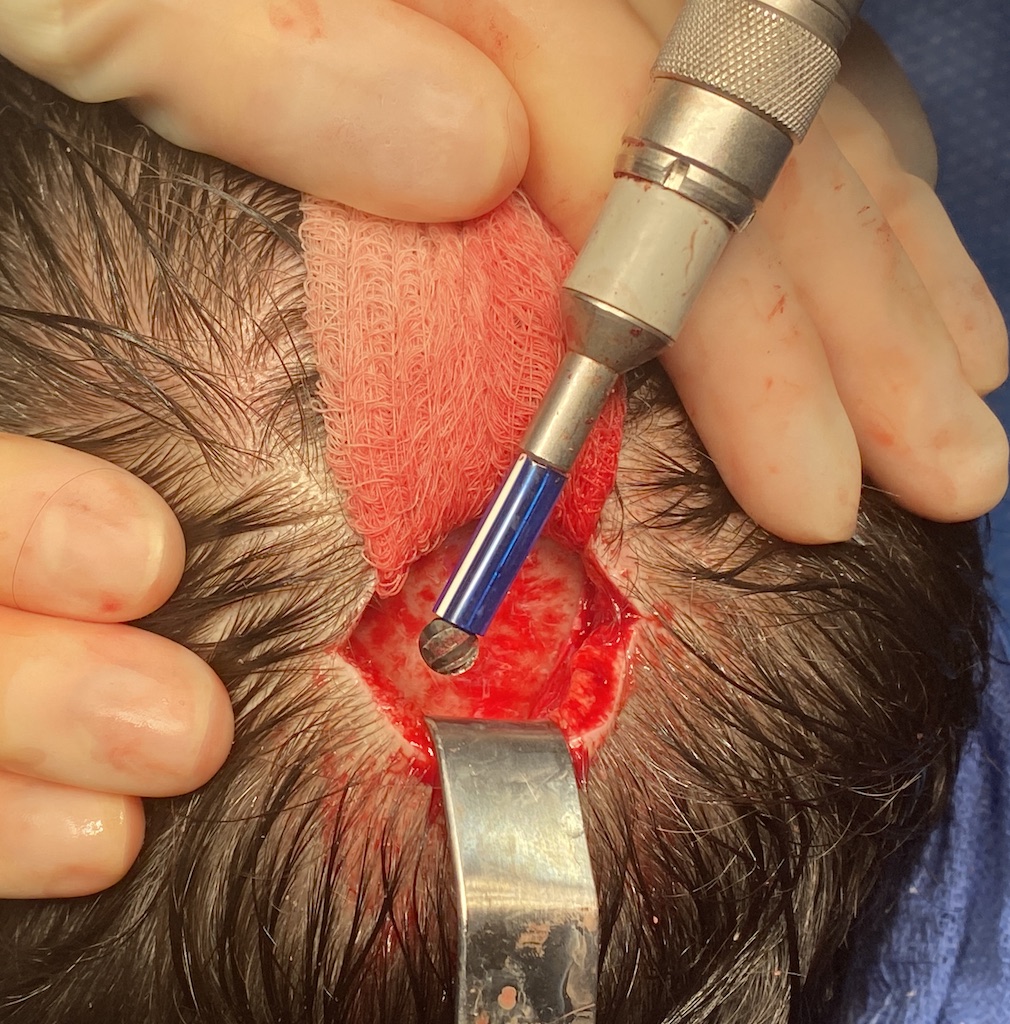
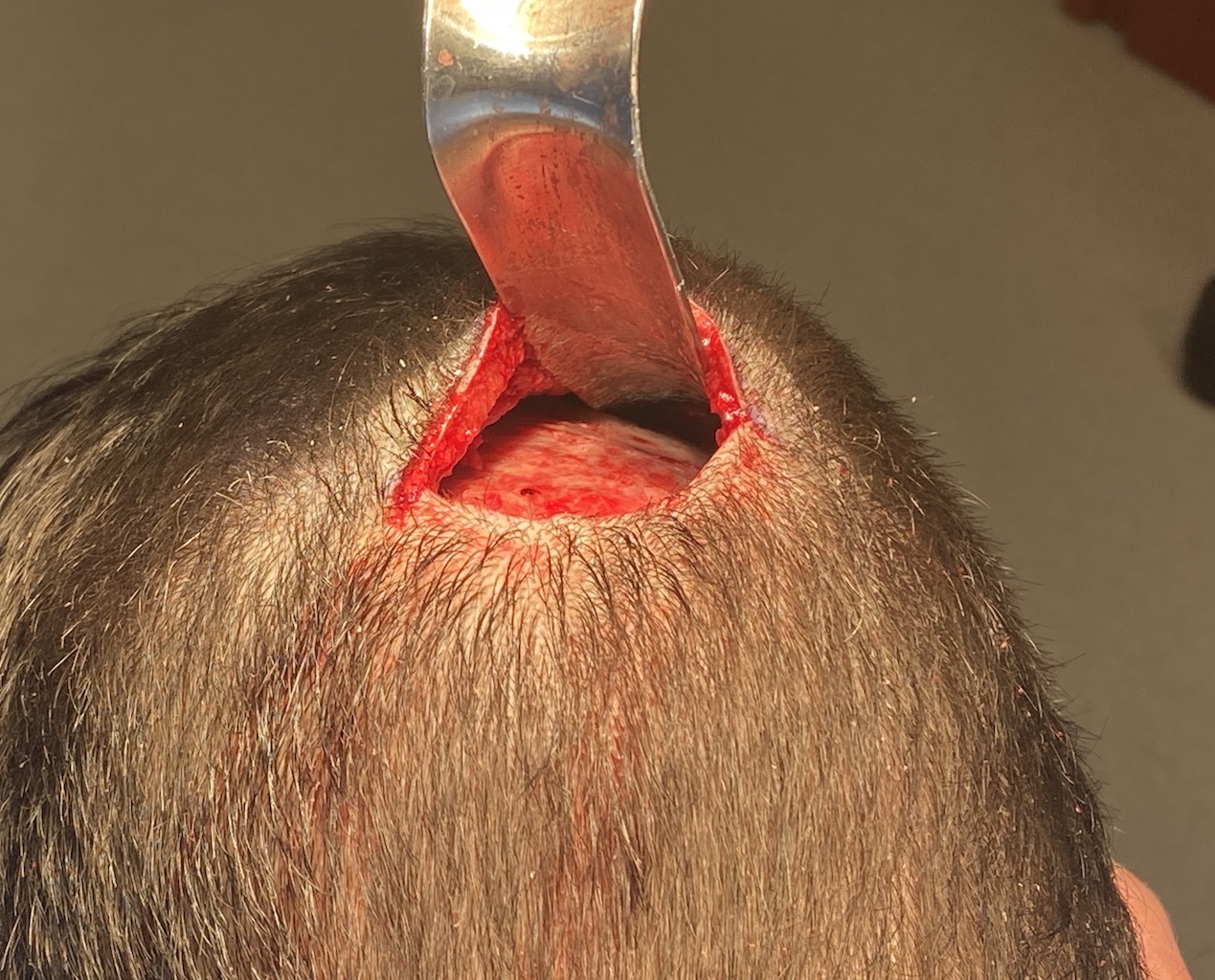
Desire for reduction of high sagittal crest and occipital ridge prominences.
Sagittal crest and occipital bone reductions through separate small scalp incisions.


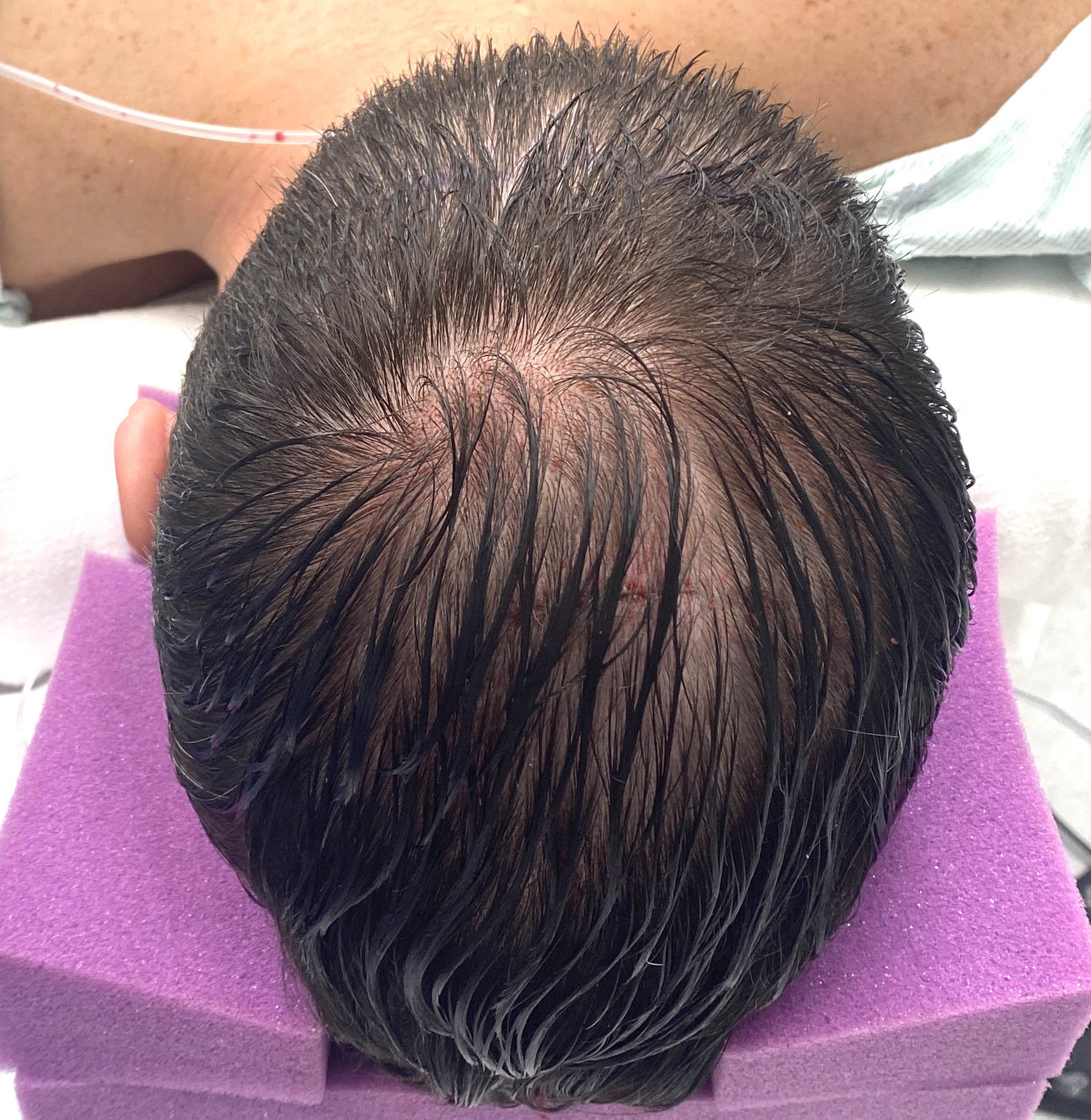
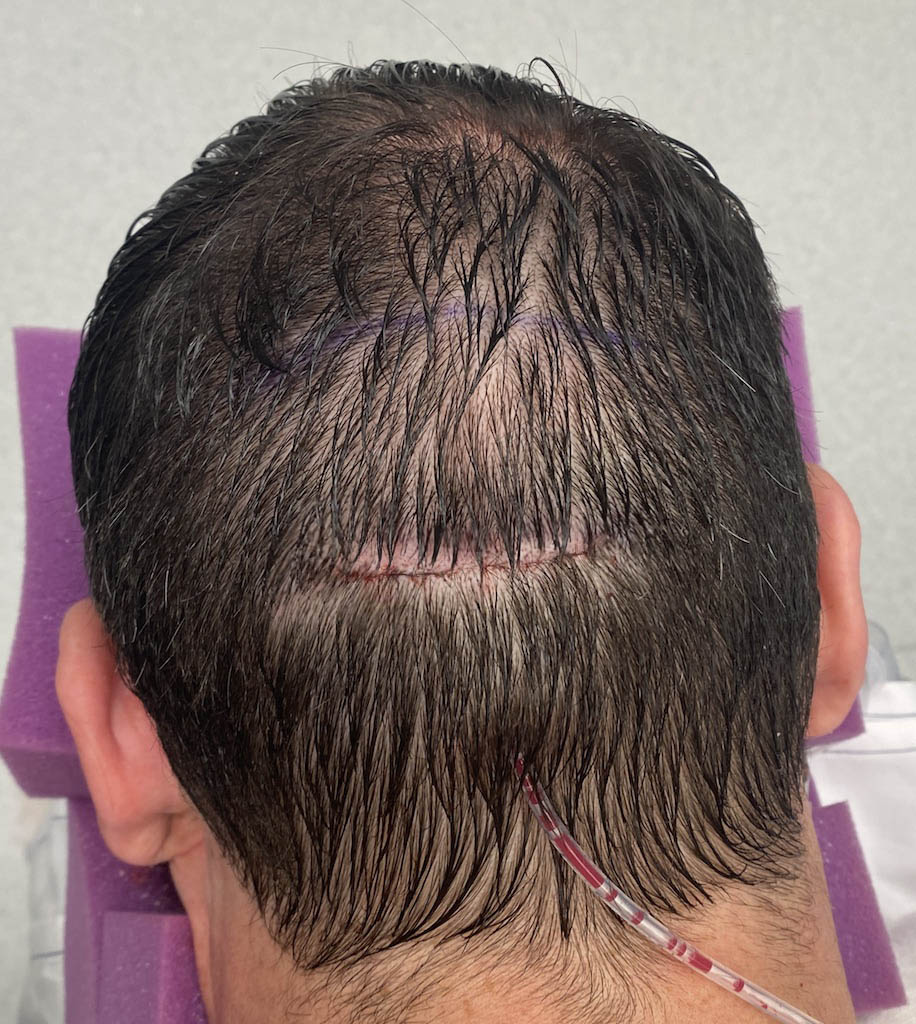
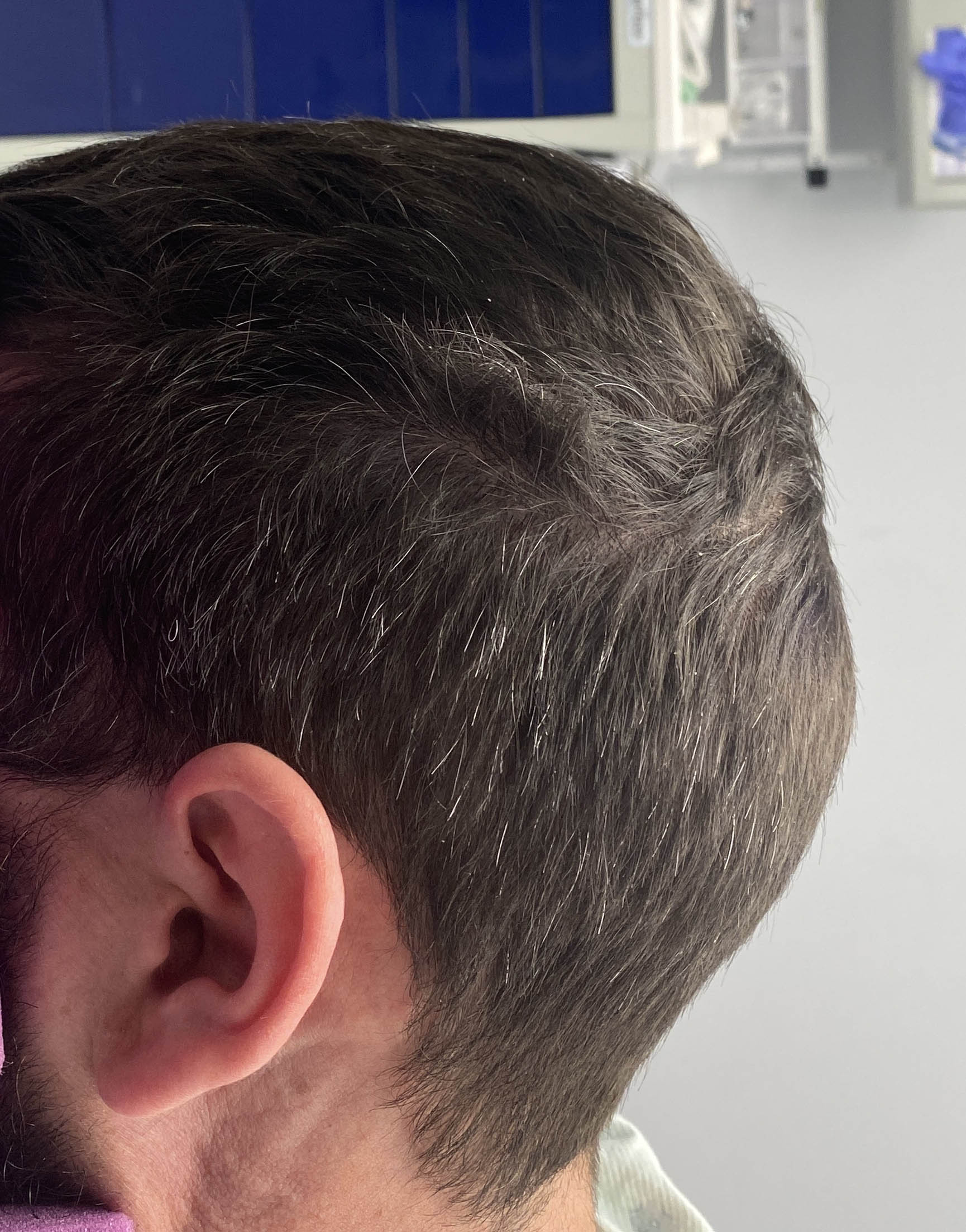
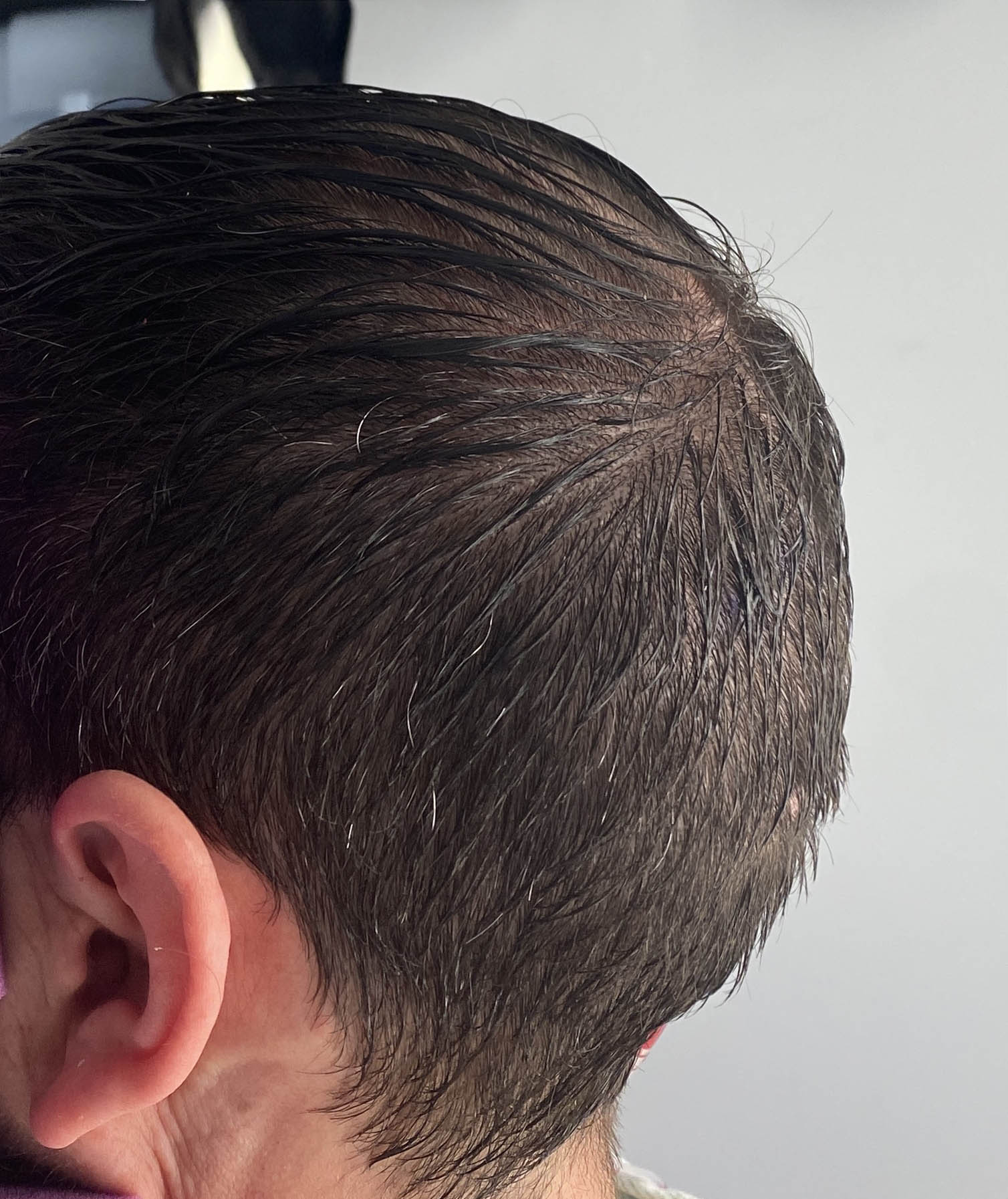
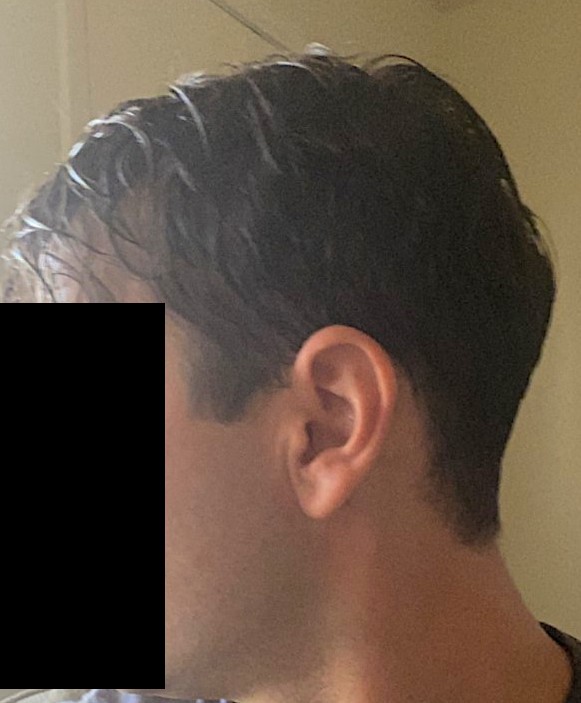
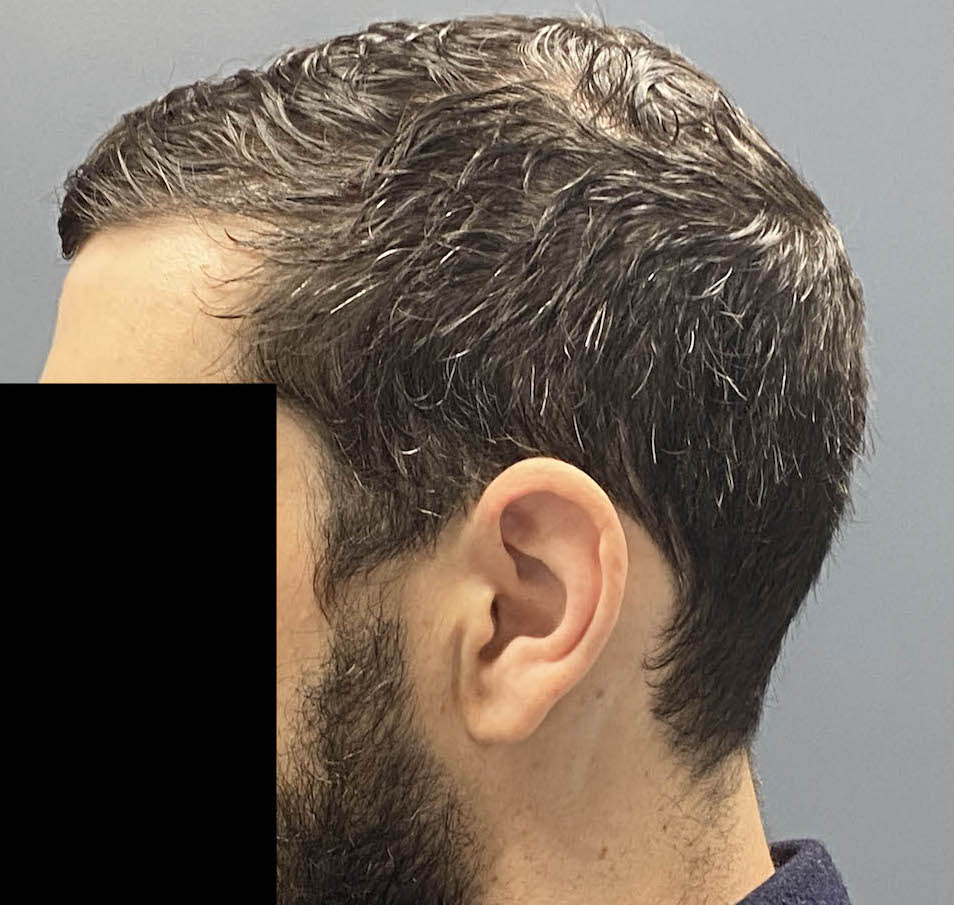
Desire for reduction of high sagittal crest and occipital ridge prominences.
Sagittal crest and occipital bone reductions through separate small scalp incisions.
Patient 162
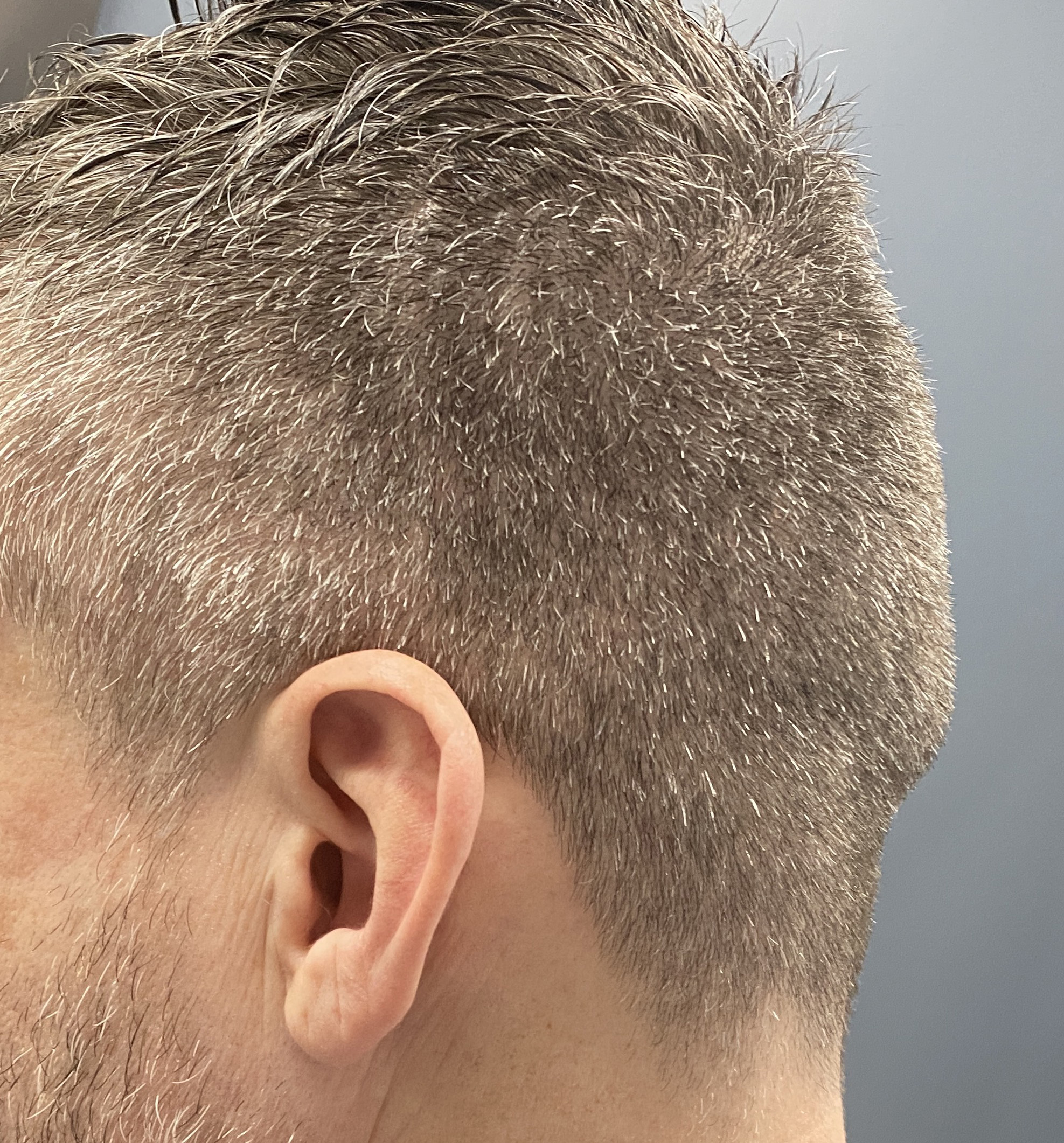
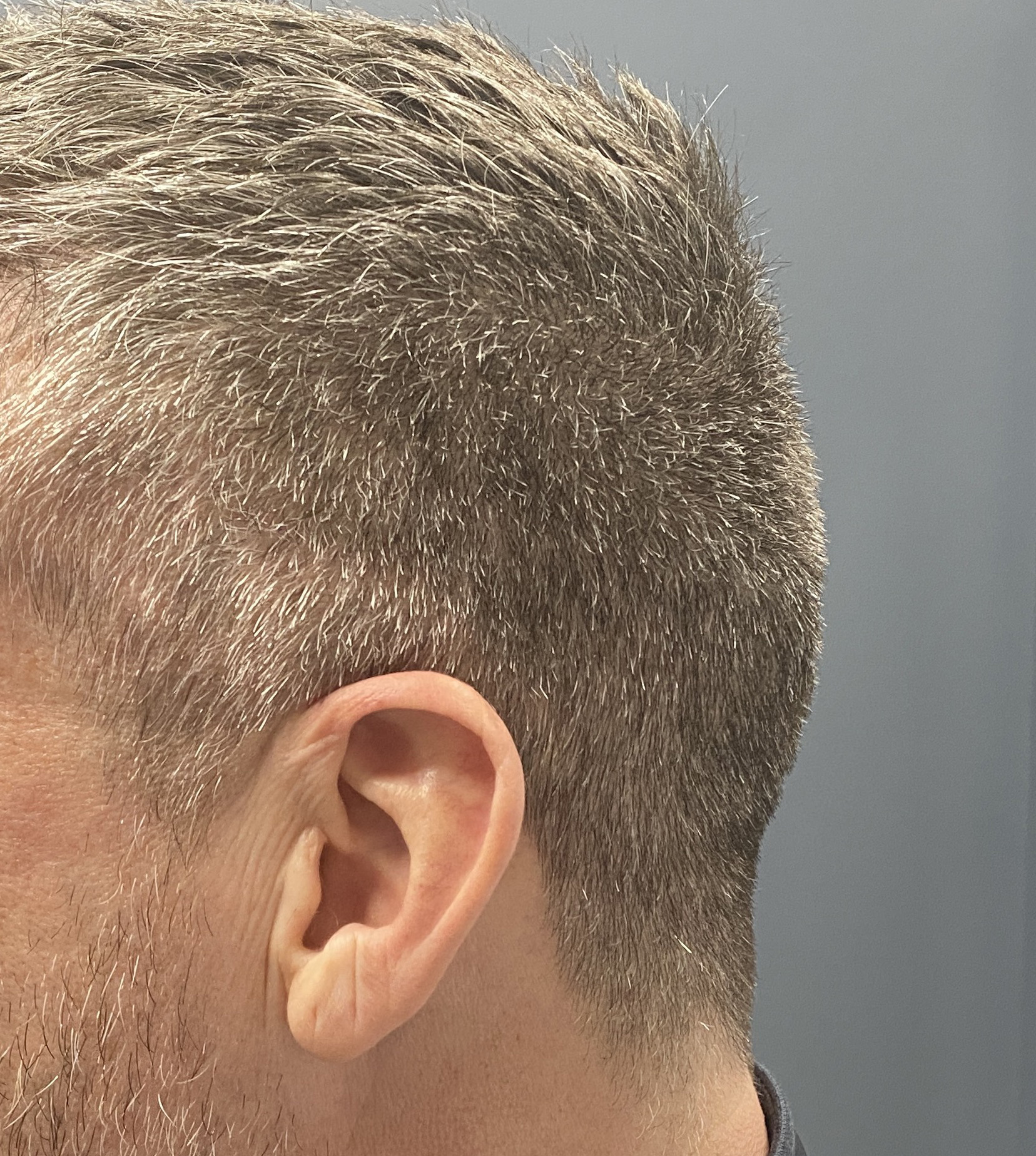
Desire for reduction of prominent midline bump on the back of his head.
Occipital knob reduction through a minimal overlying scalp incision.


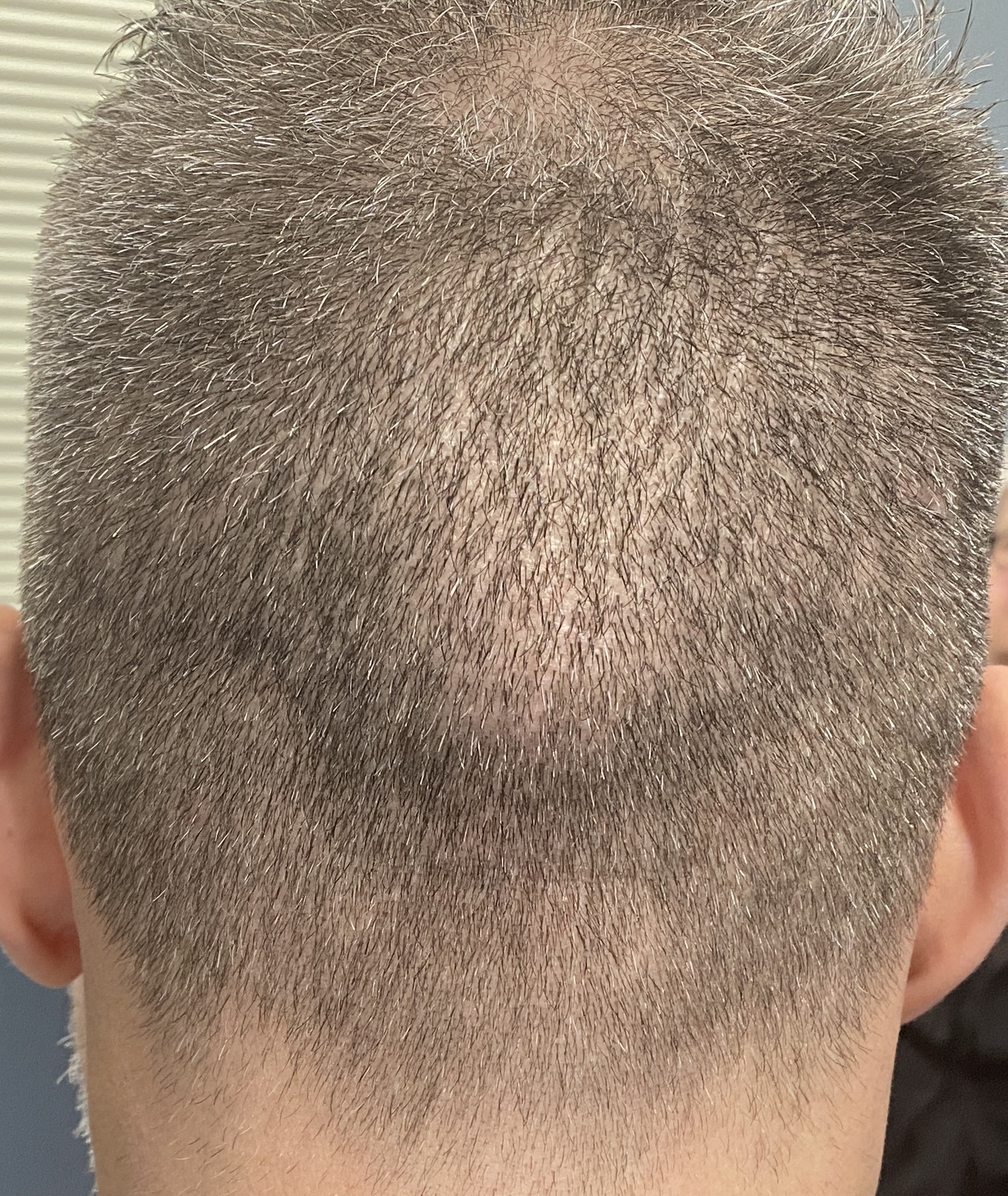
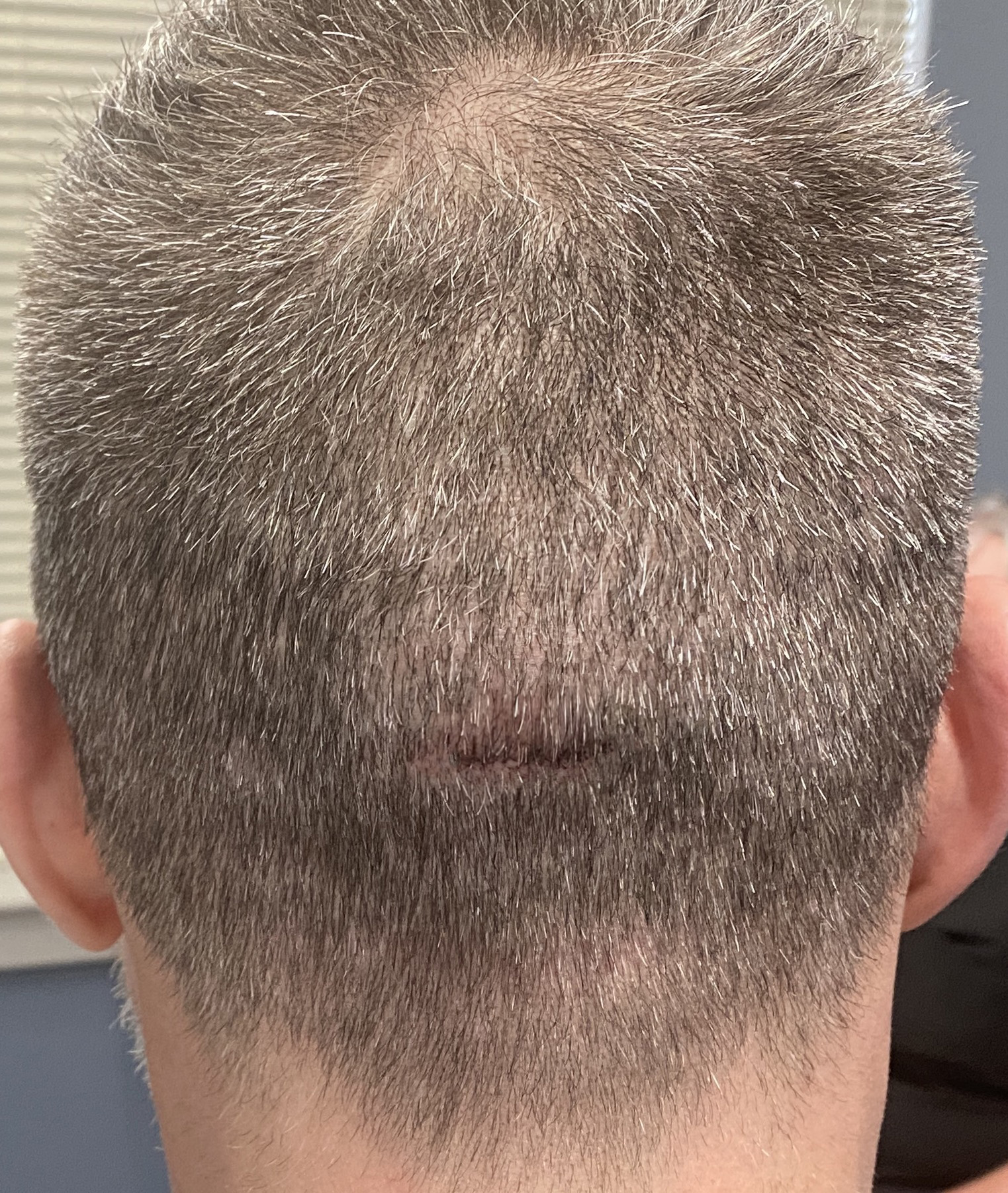
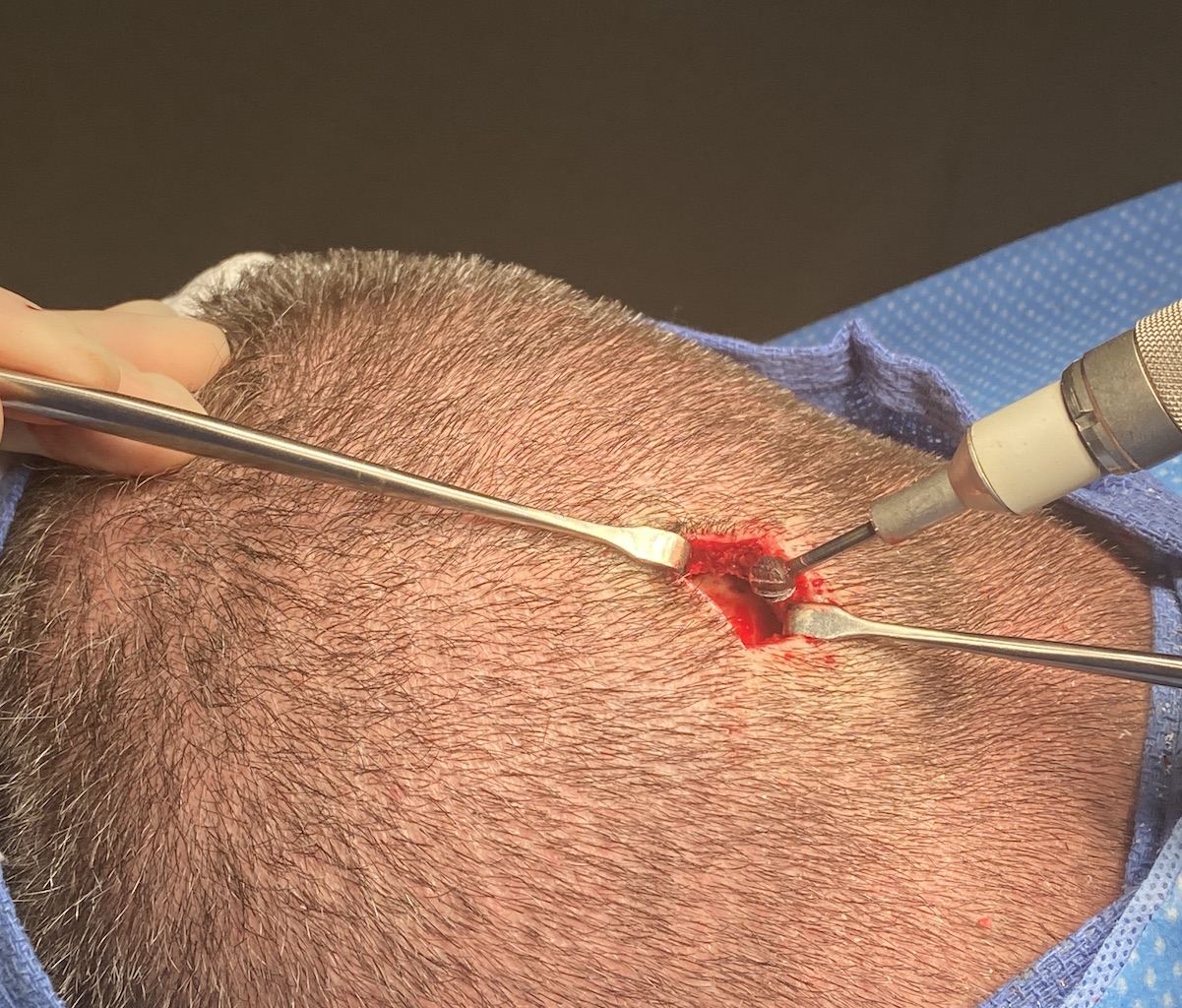
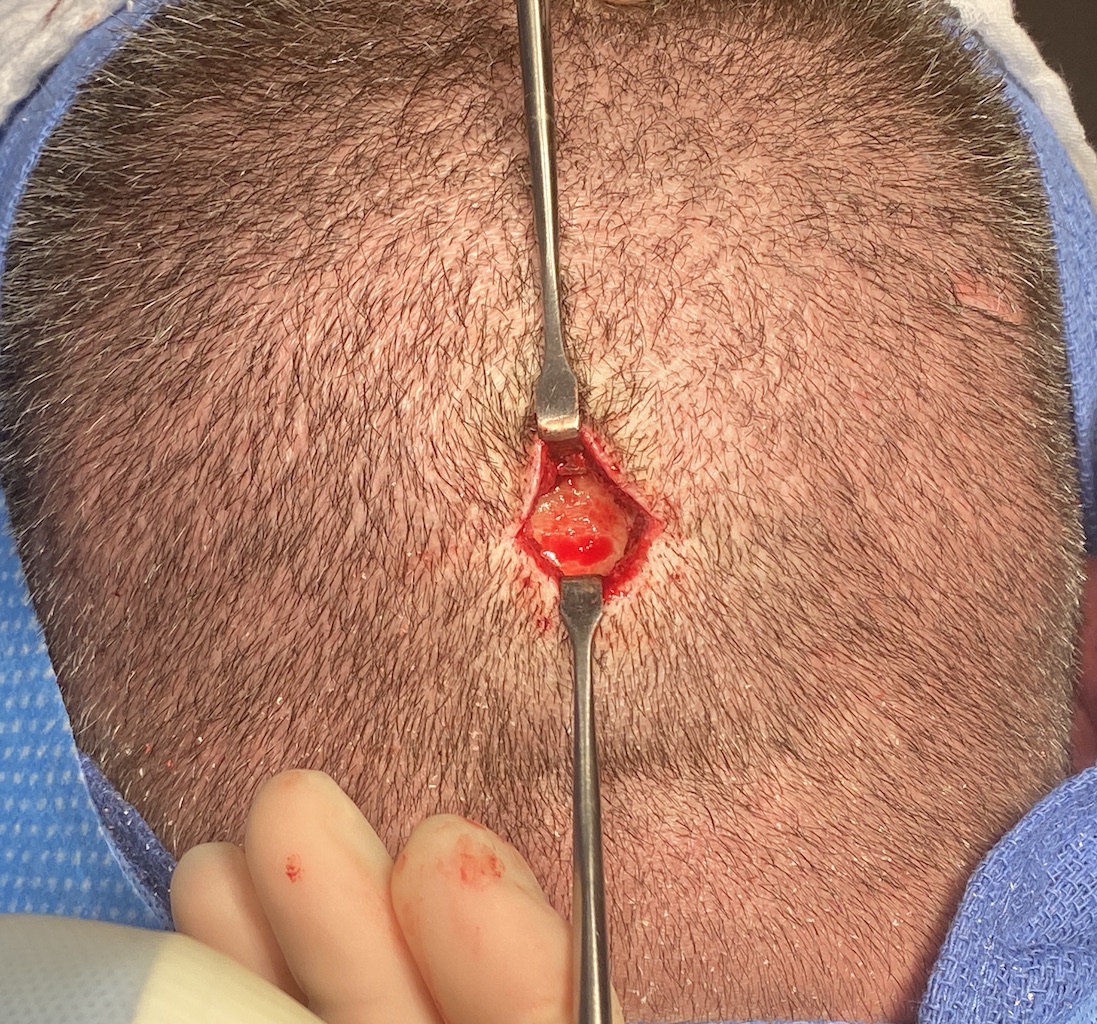
Desire for reduction of prominent midline bump on the back of his head.
Occipital knob reduction through a minimal overlying scalp incision.
Patient 163
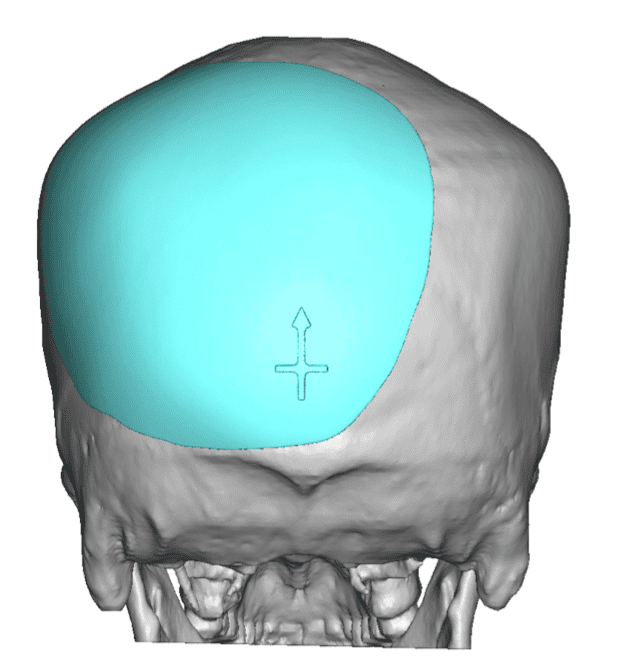
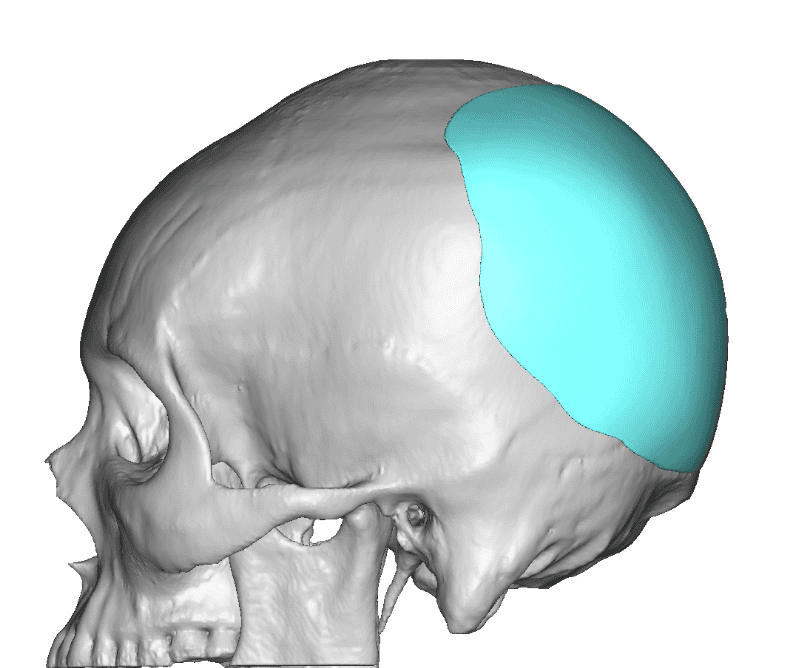
Desire for augmentation of left back of the head flatness, top of head reduction and right temporal reduction.
Through a single small scalp incision a custom skull implant for the back of the head and a top of the skull reduction. was performed.


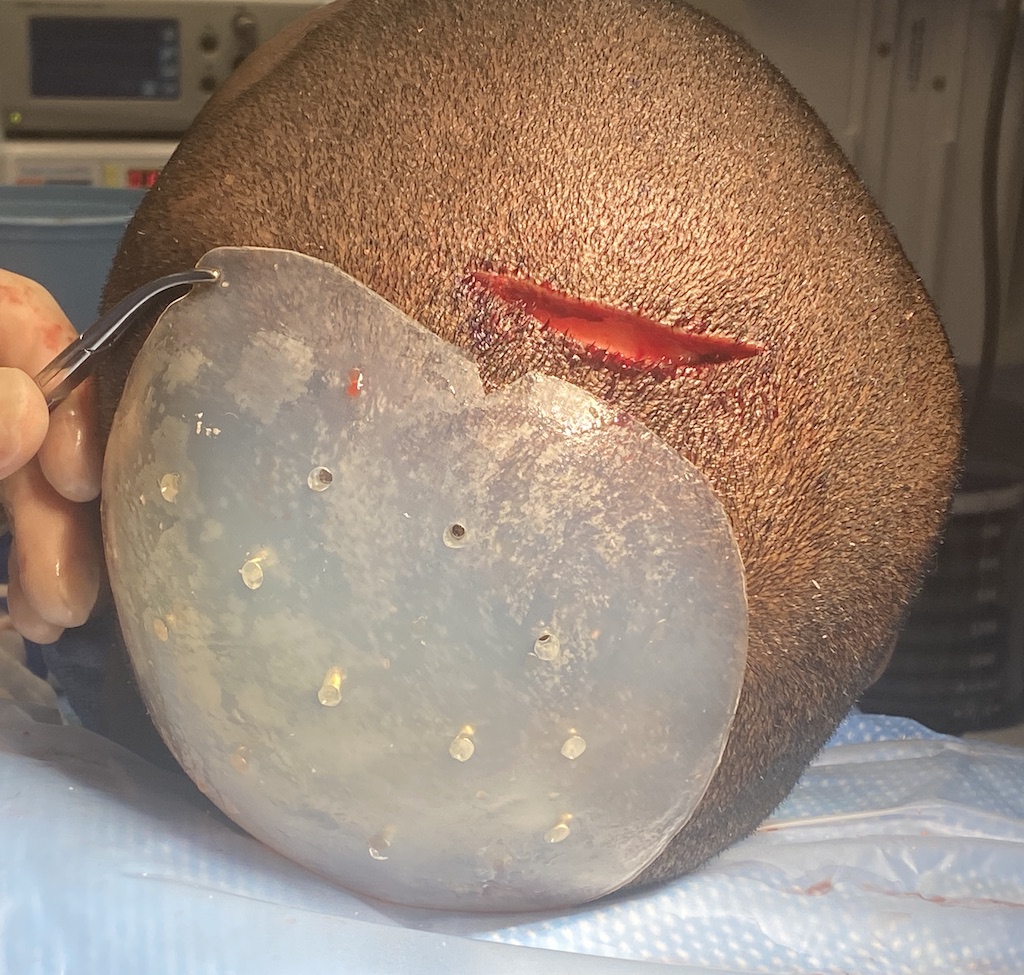
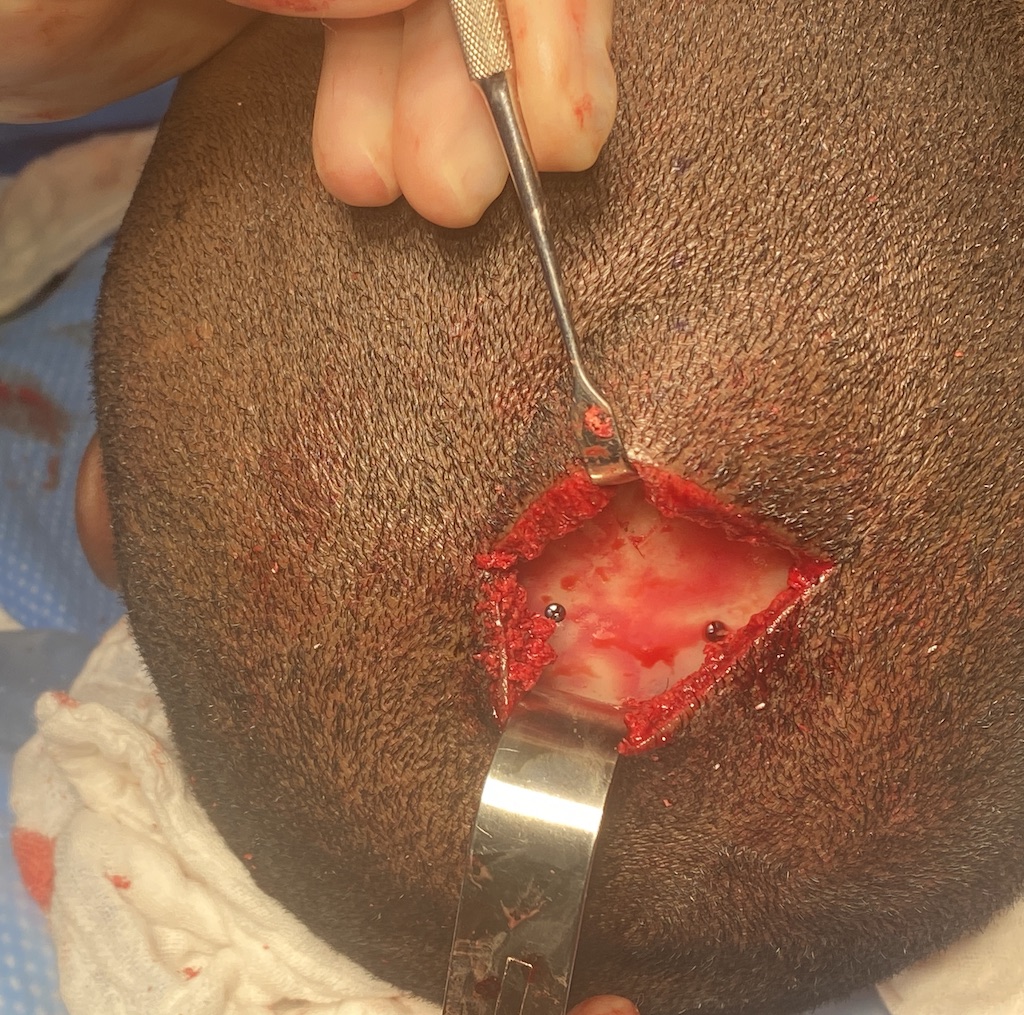
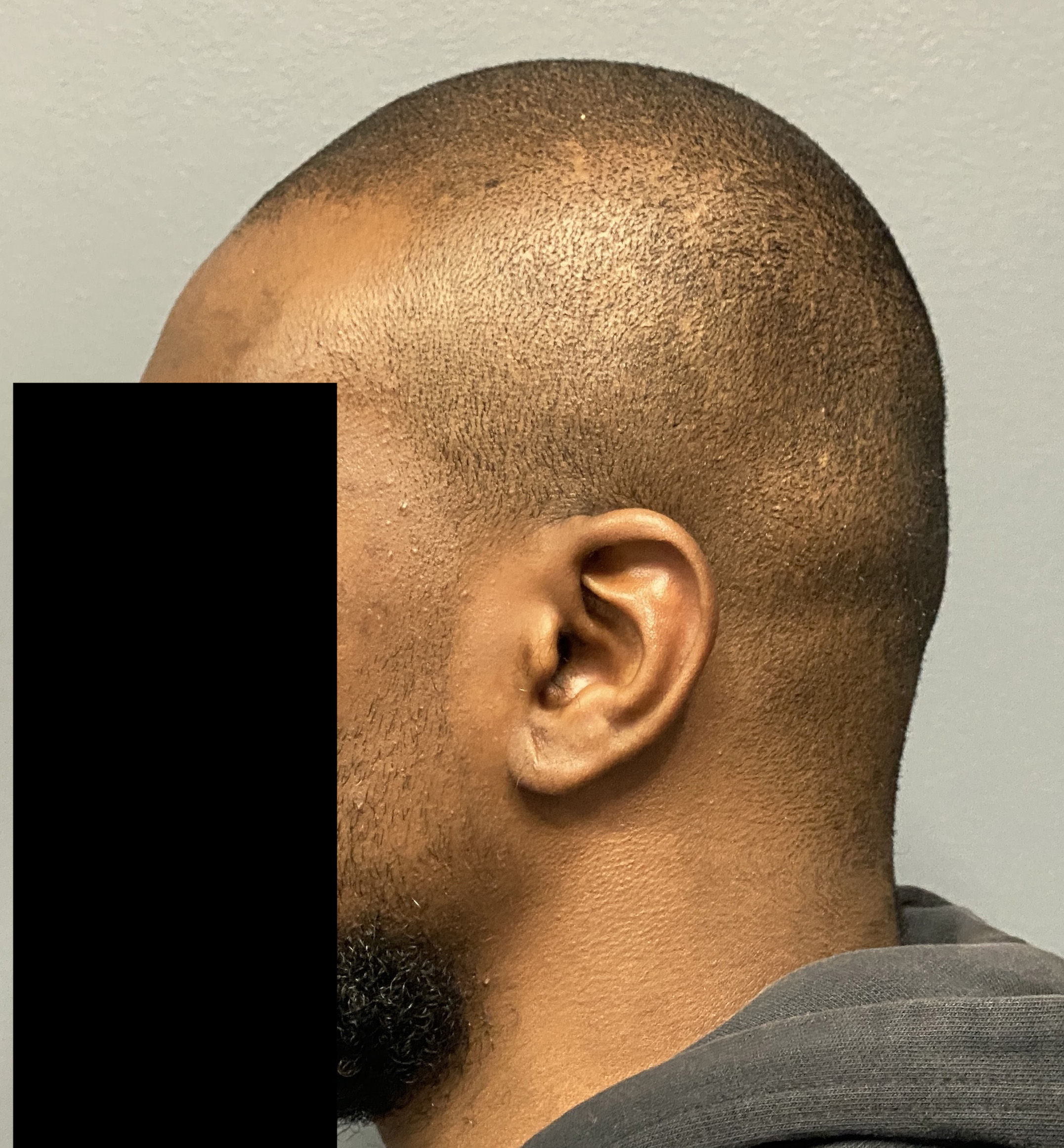
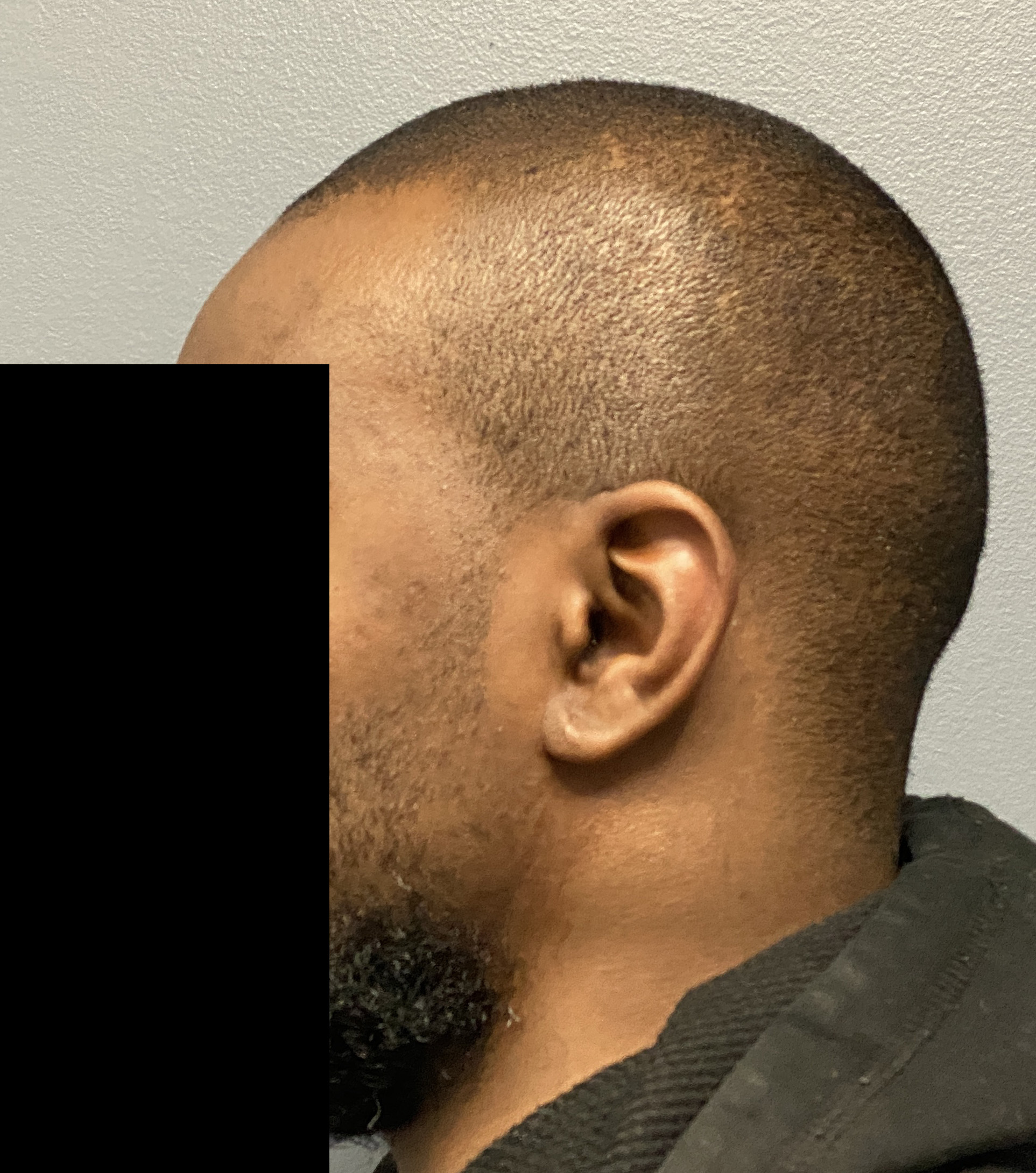
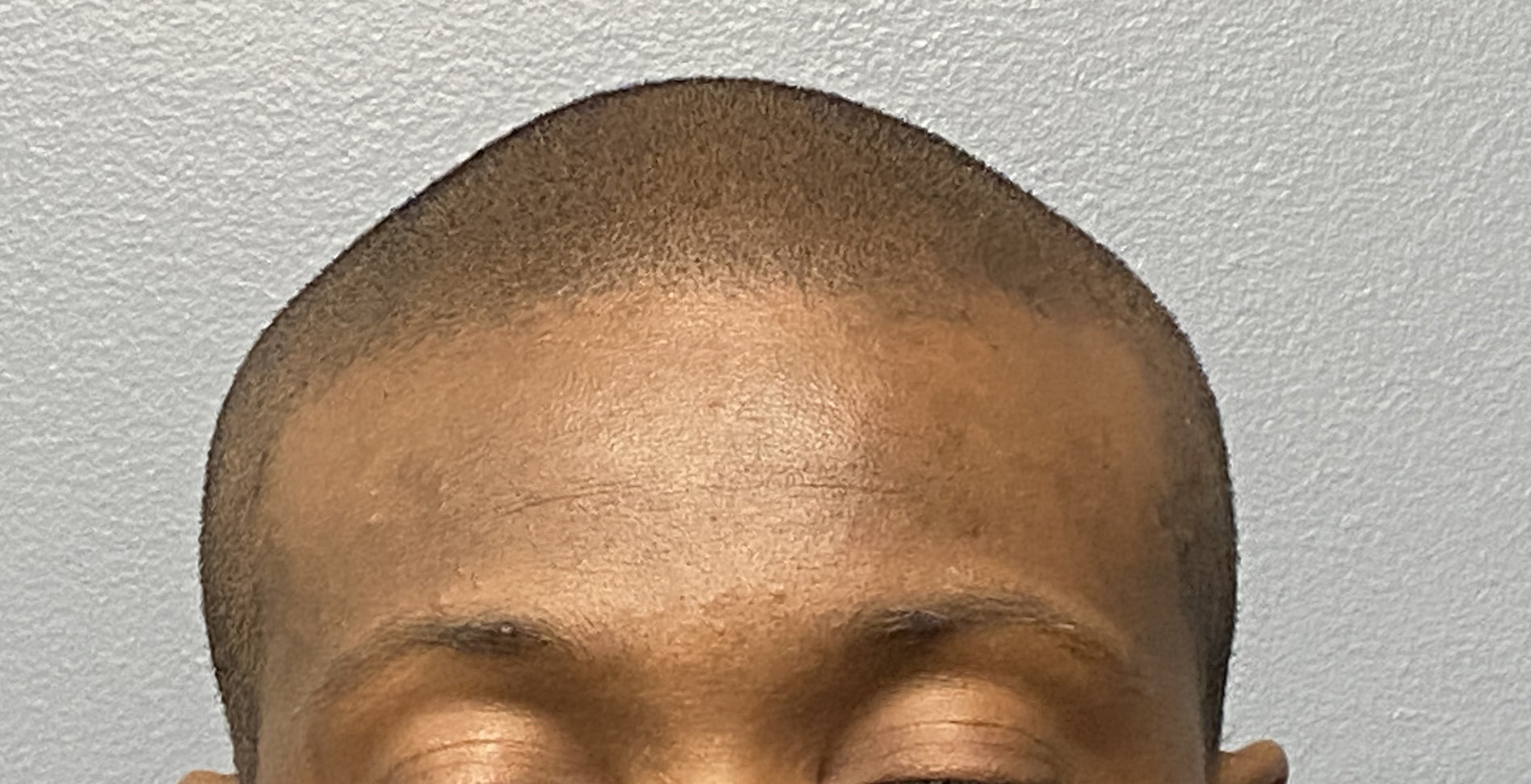
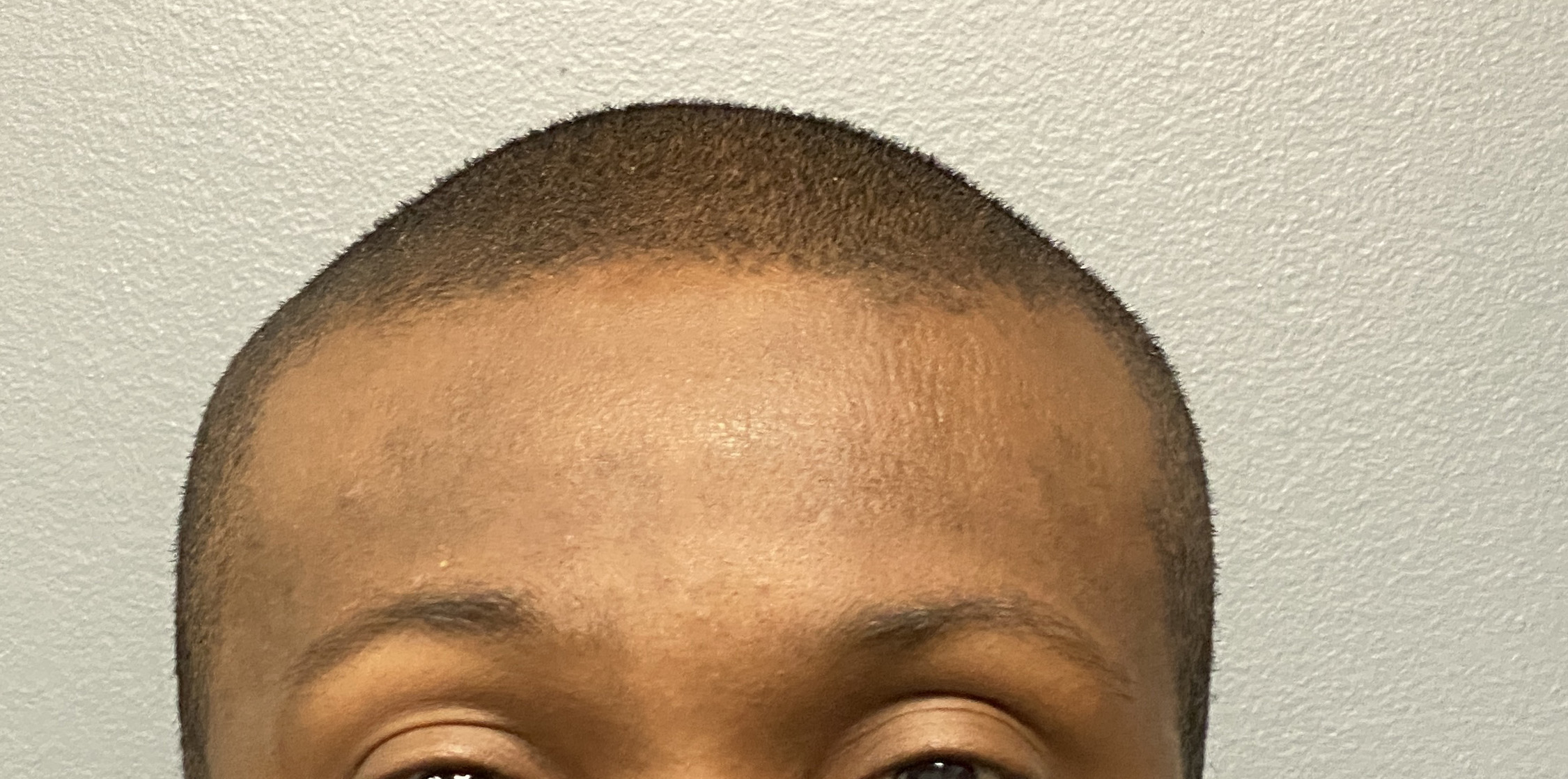
Desire for augmentation of left back of the head flatness, top of head reduction and right temporal reduction.
Through a single small scalp incision a custom skull implant for the back of the head and a top of the skull reduction. was performed.
Patient 164
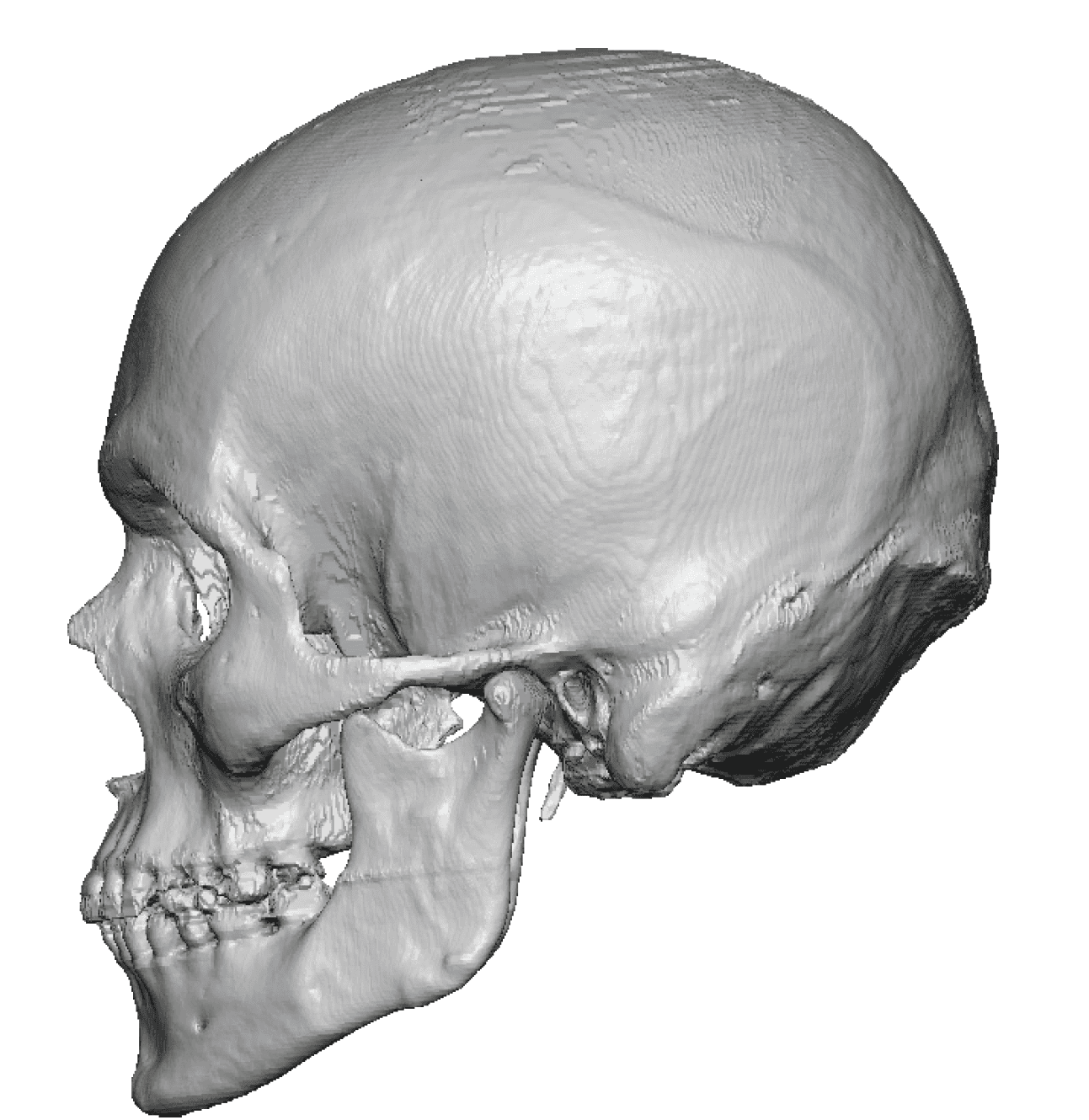
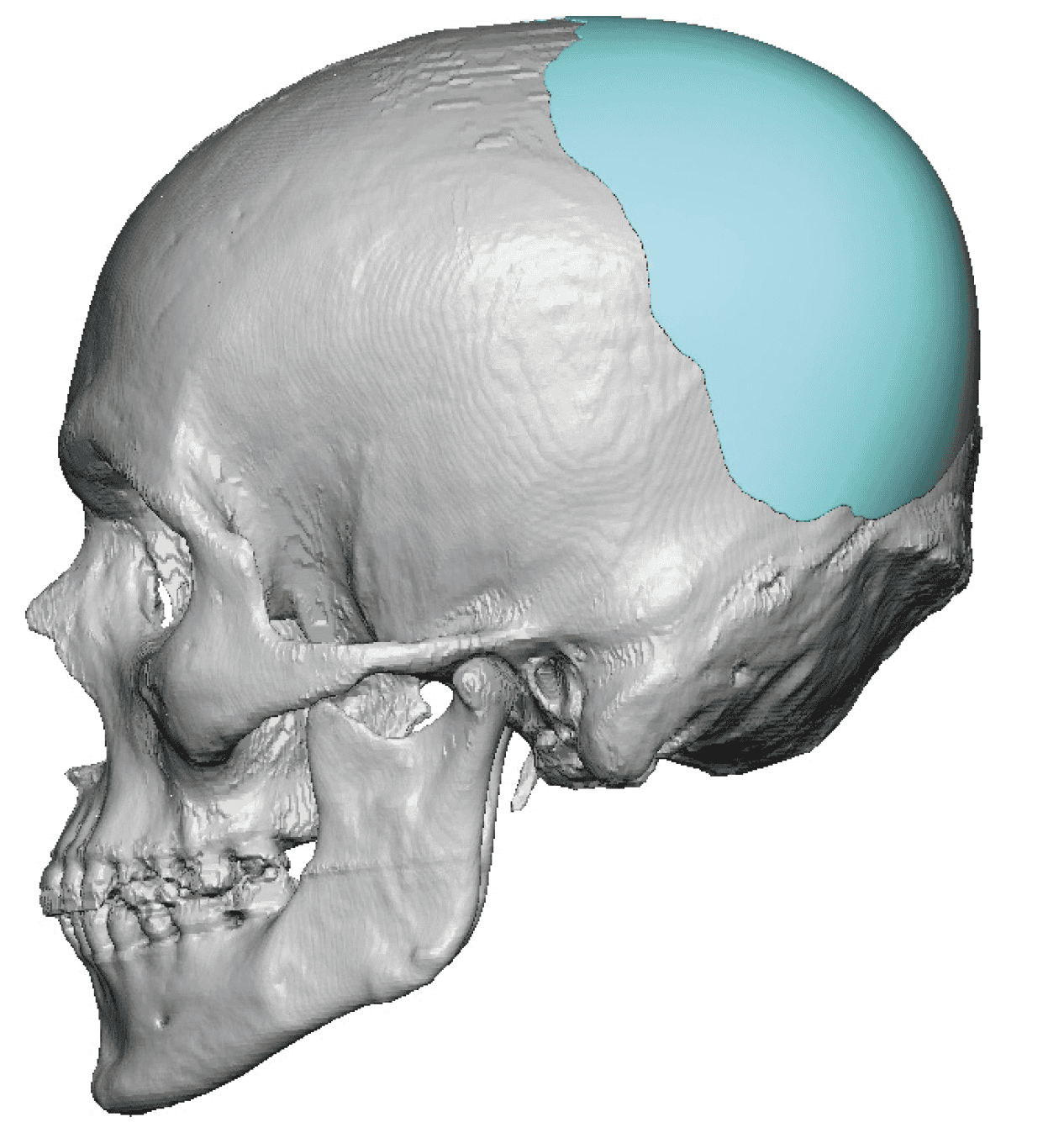
Desire to augment a flat asymmetric back of head (mild) with reduction of large scalp roll.
PLacement of custom back of head implant with subtotal excision of large occipital scalp roll.


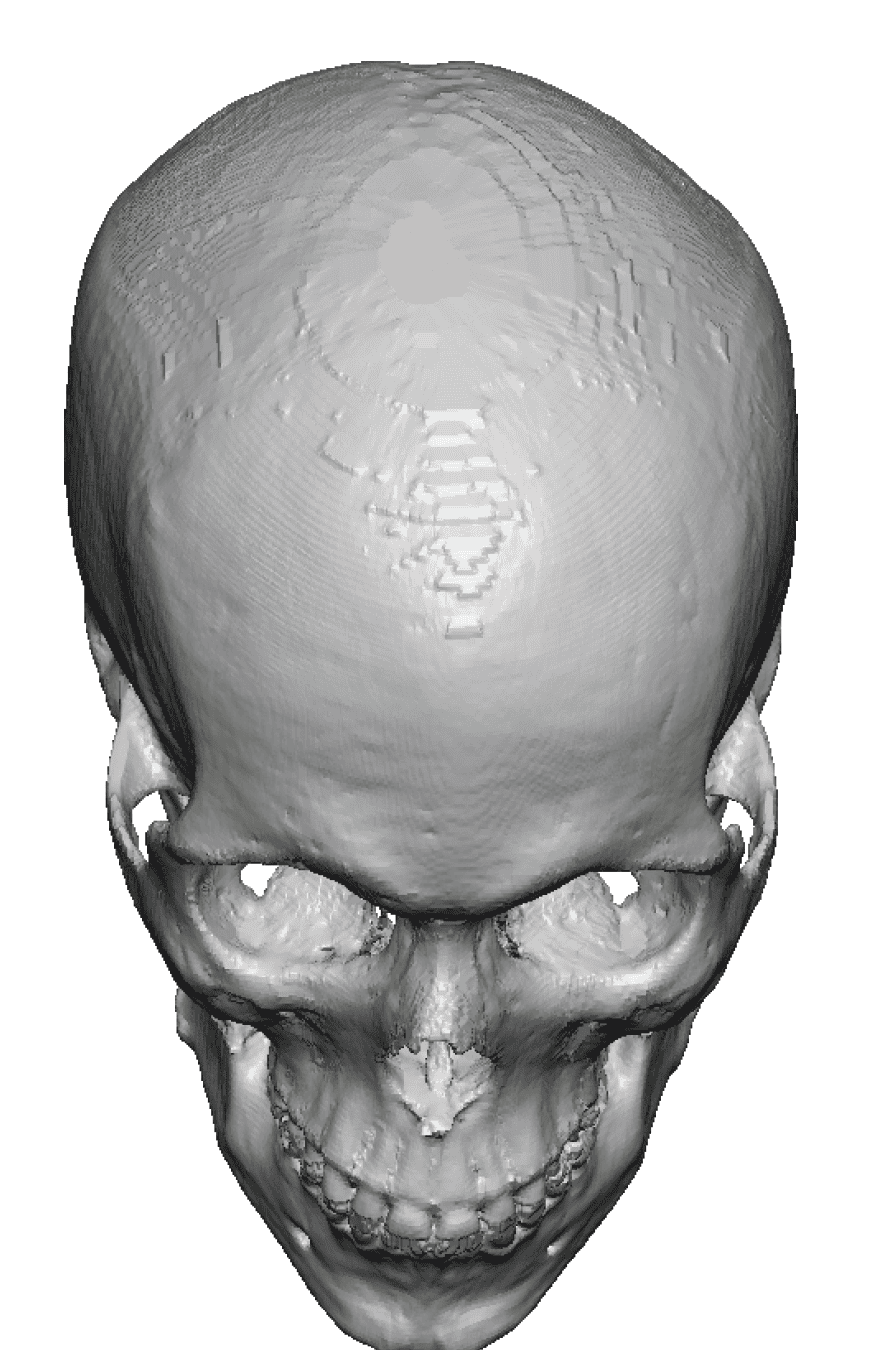
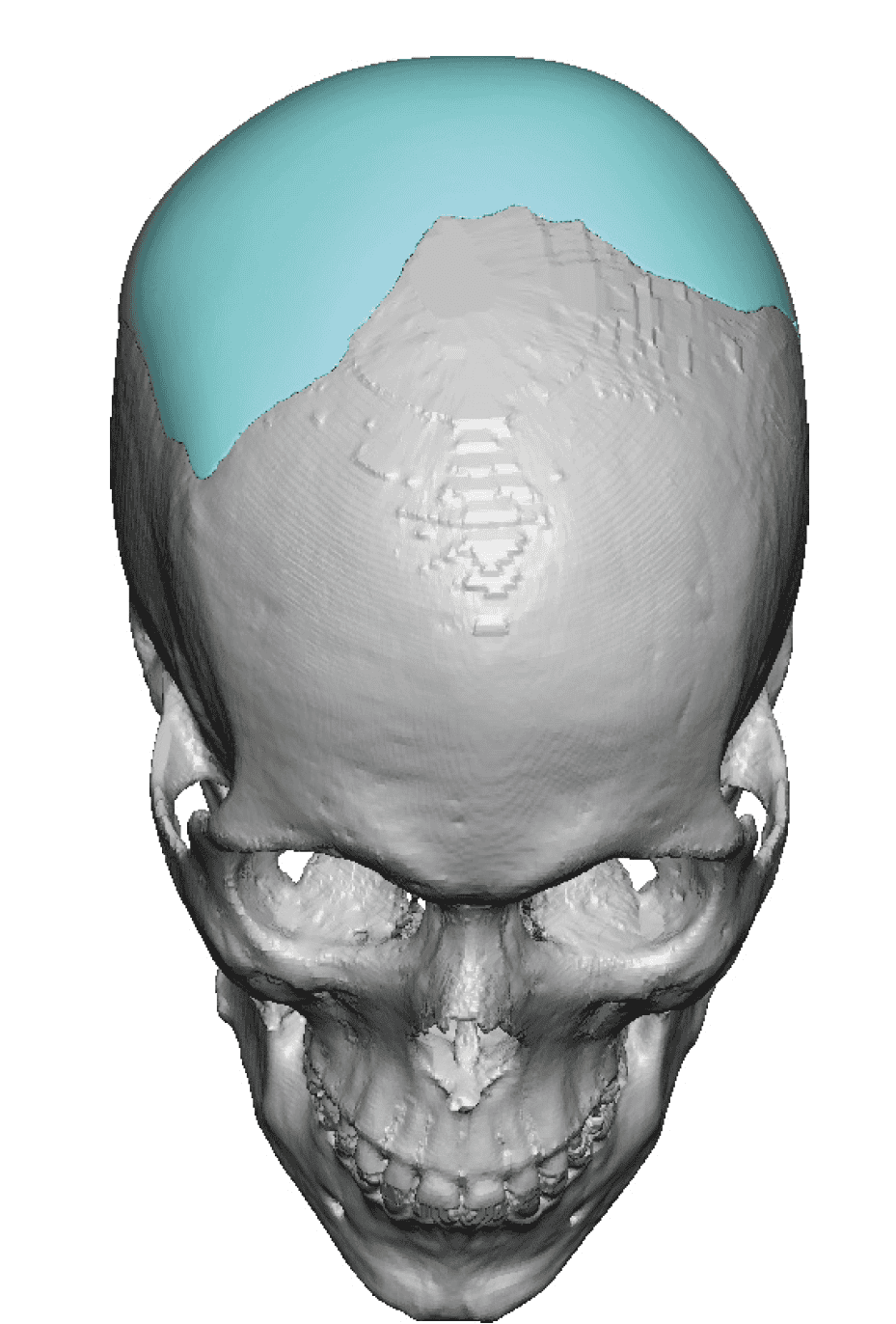
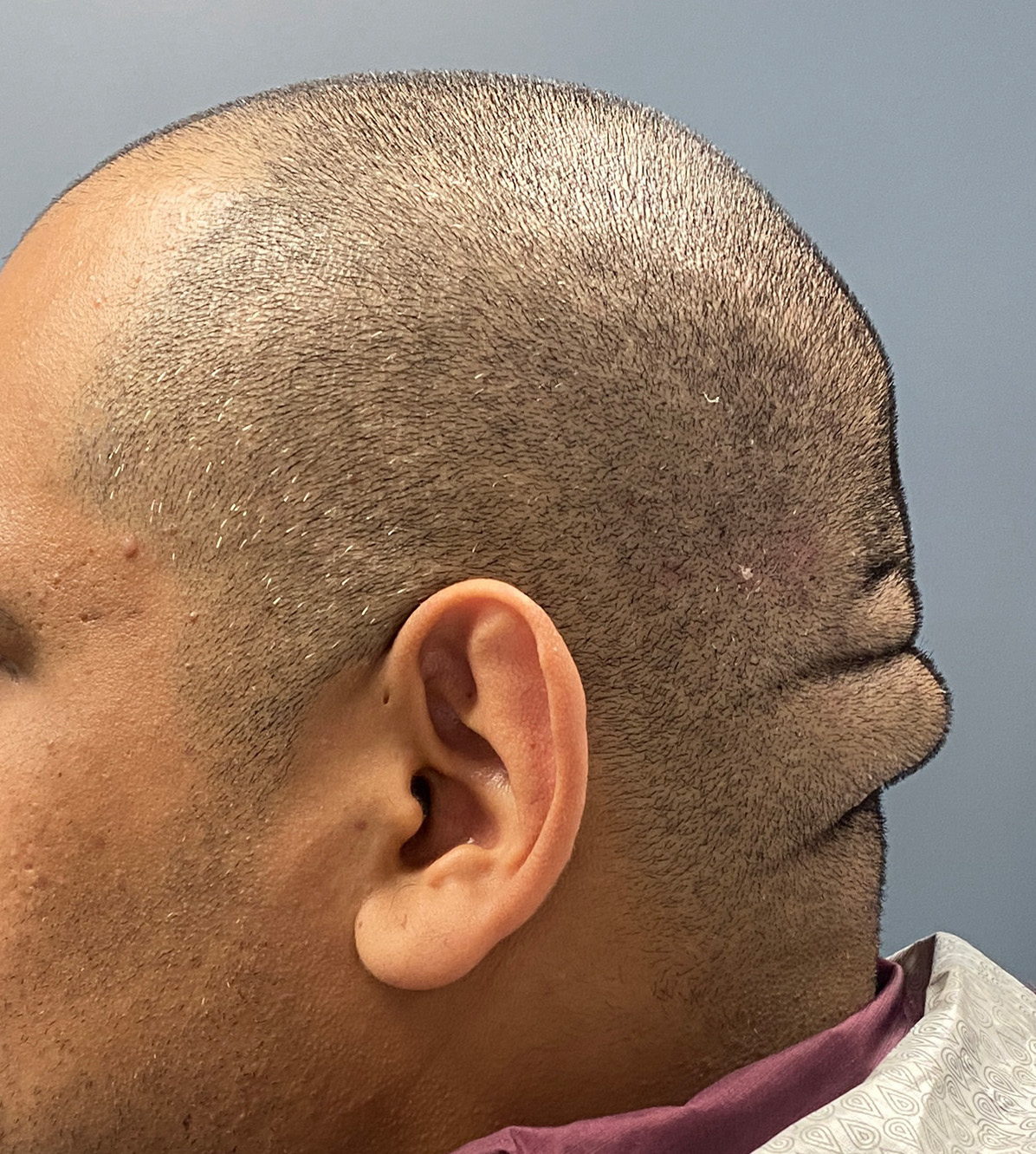
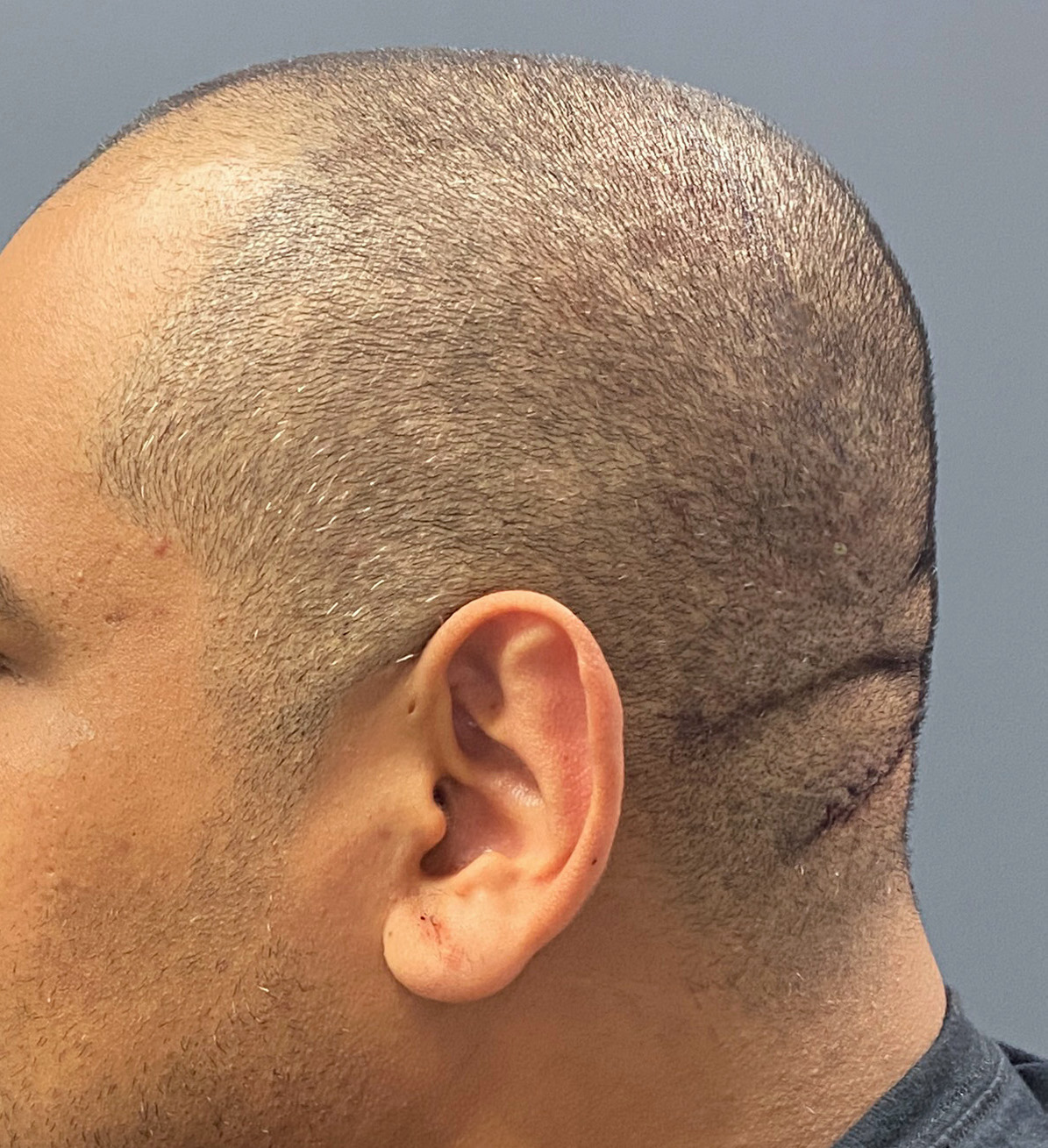
Desire to augment a flat asymmetric back of head (mild) with reduction of large scalp roll.
PLacement of custom back of head implant with subtotal excision of large occipital scalp roll.
Patient 165
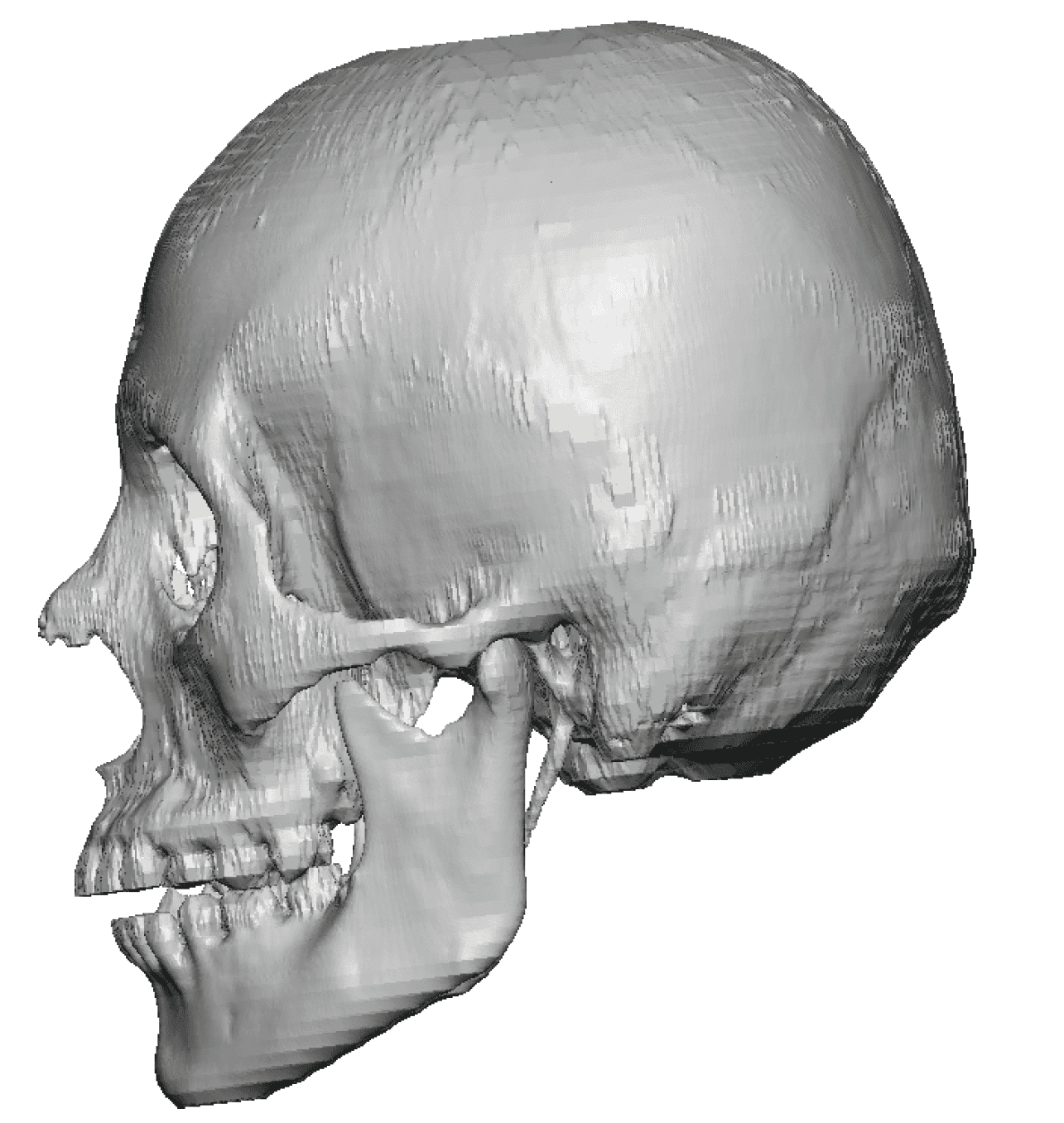
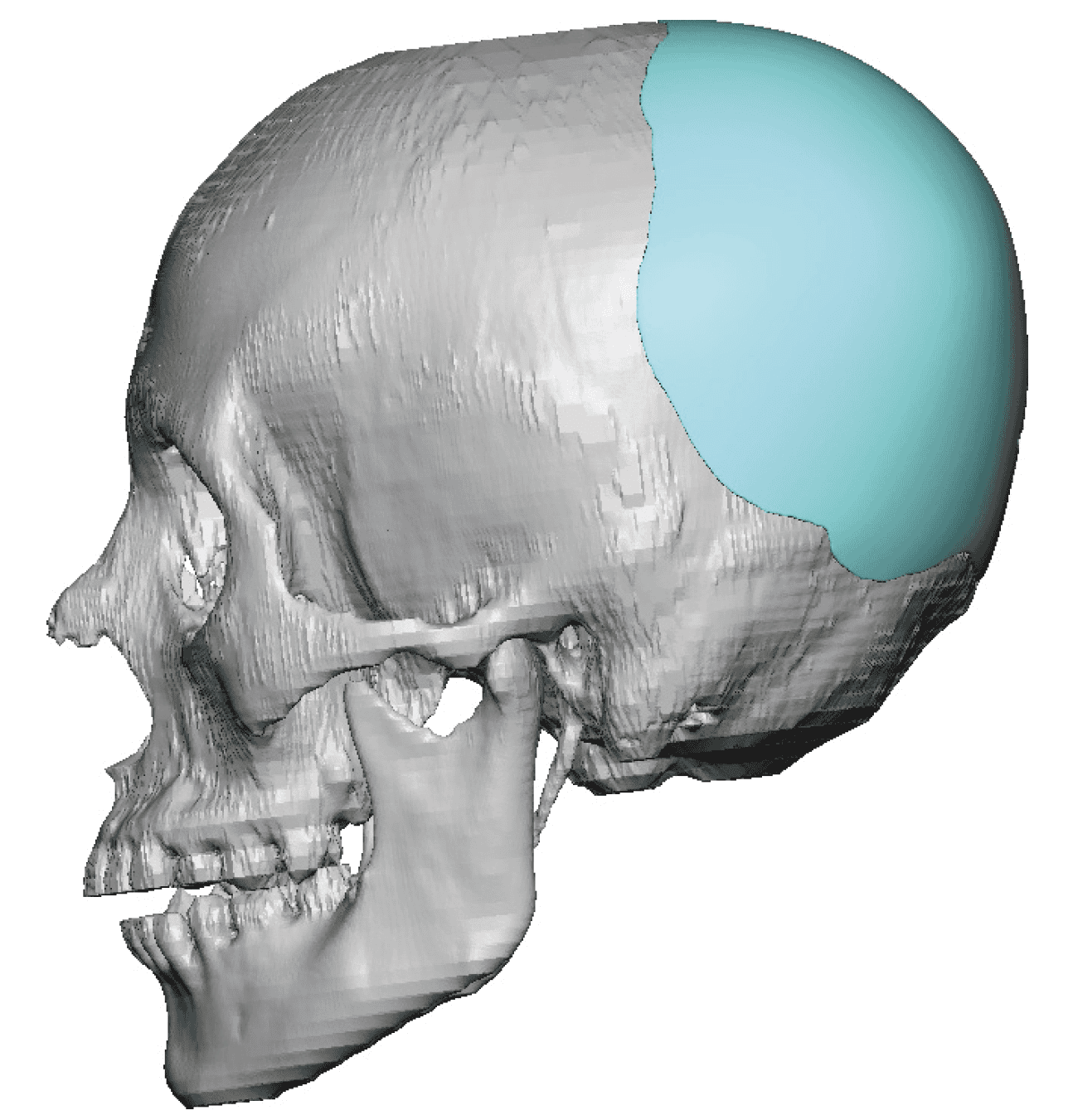
Desire for augmentation of a flat back of the head.
Placement of a horizontally projecting custom implant for a flat back of the head.


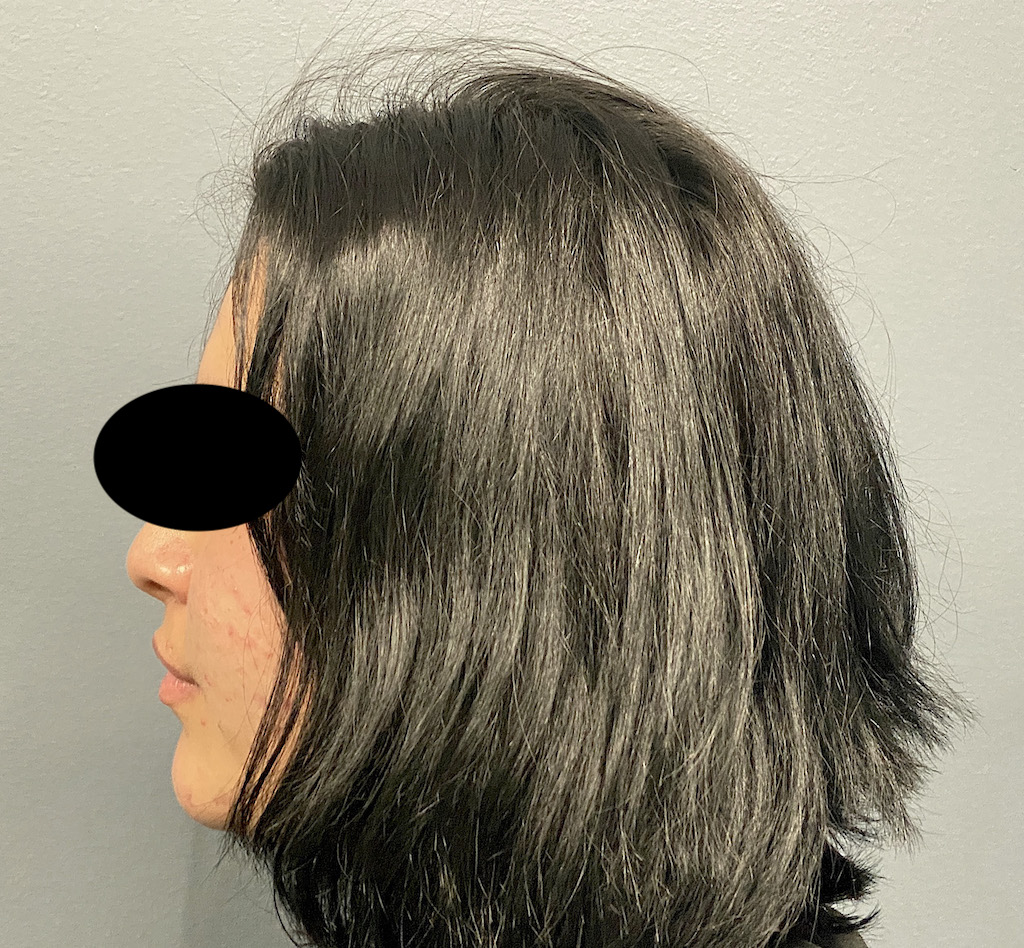
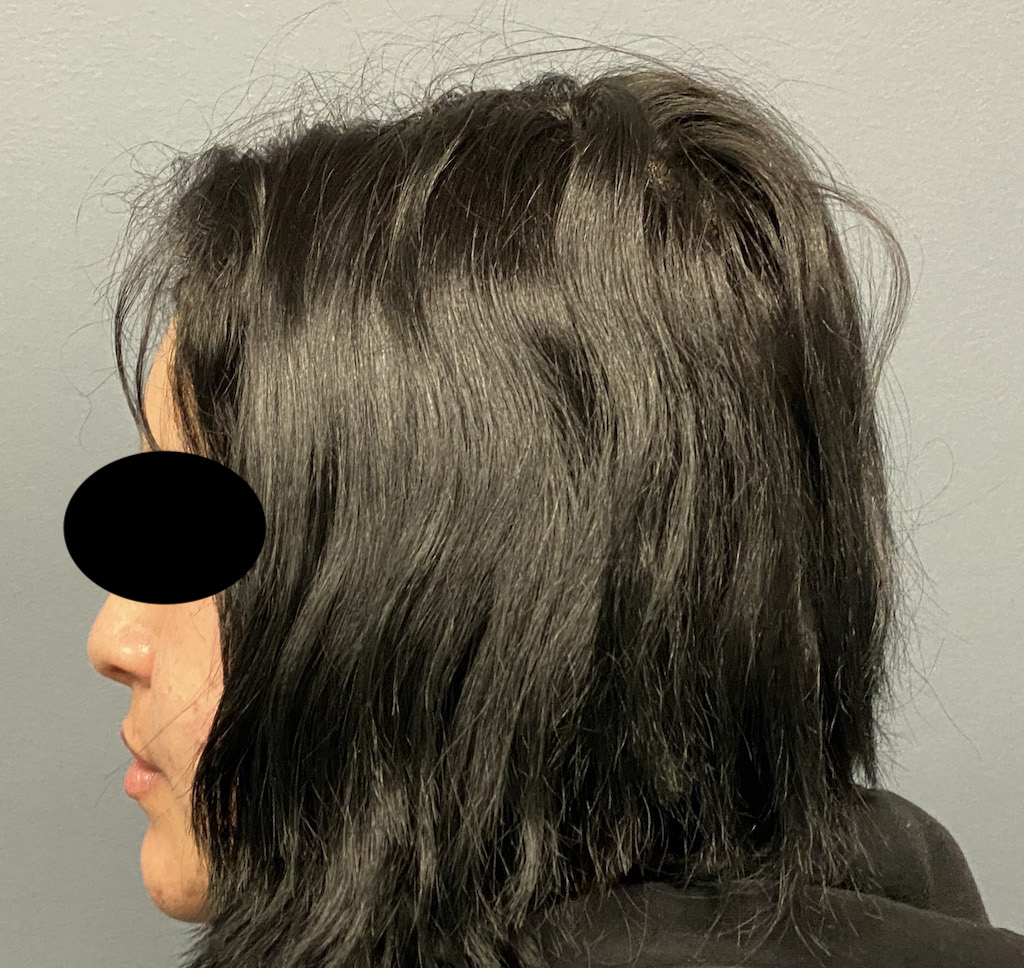
Desire for augmentation of a flat back of the head.
Placement of a horizontally projecting custom implant for a flat back of the head.
Patient 166
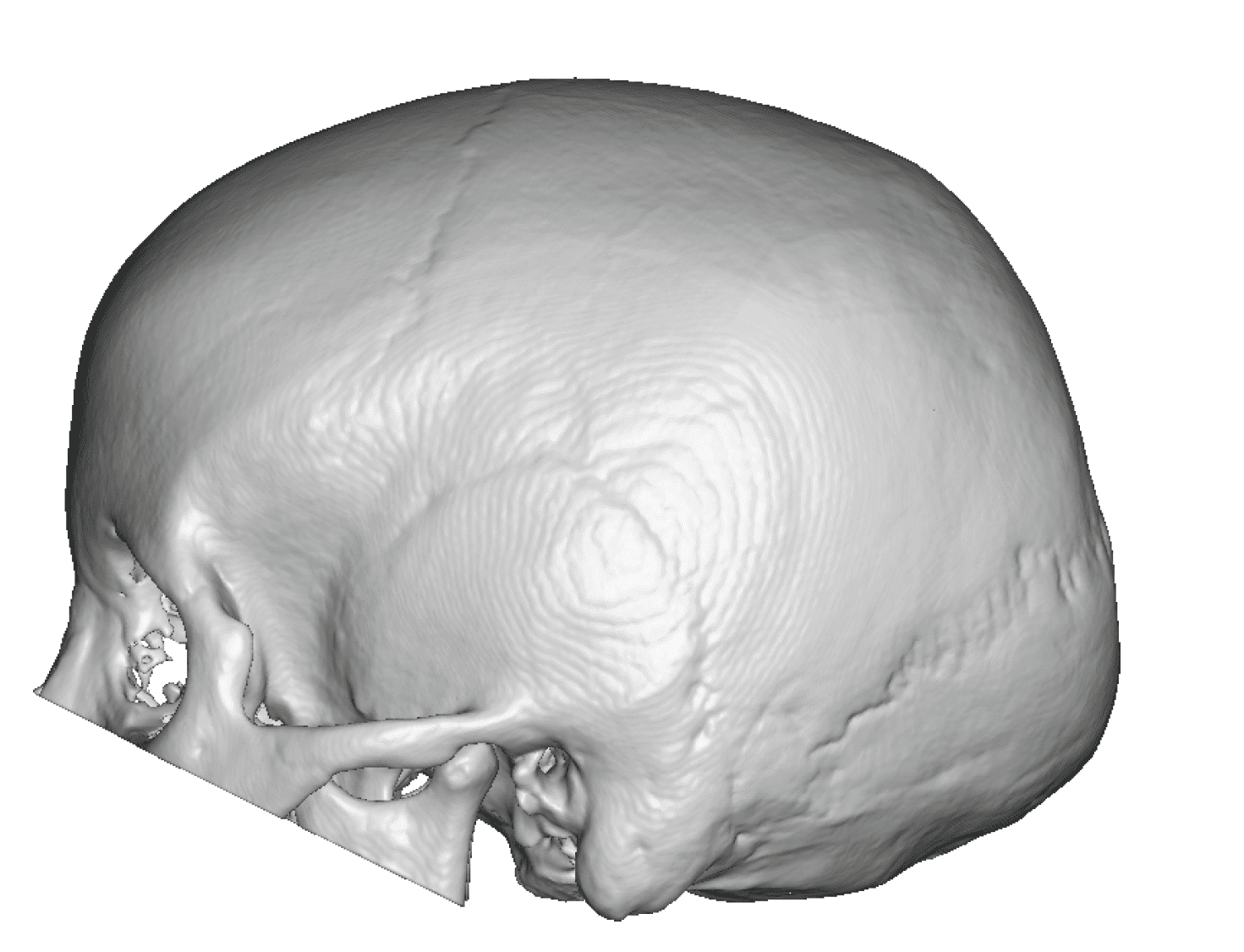
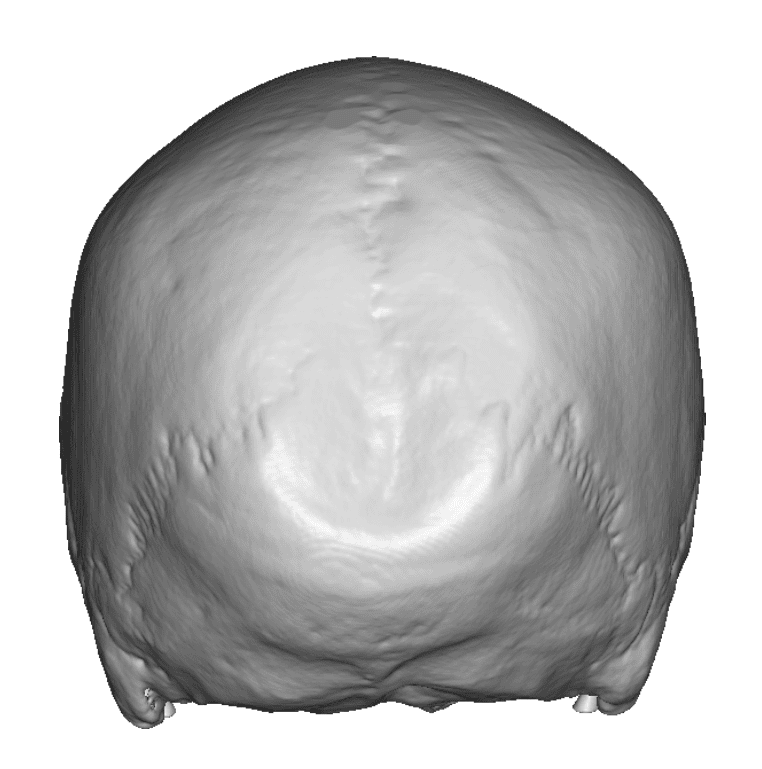
Desire for correction/augmentation of flat back of the head with a large greater indentation in it.
Placement of 150cc custom skull implant for improving the flat shape of the back of her head.


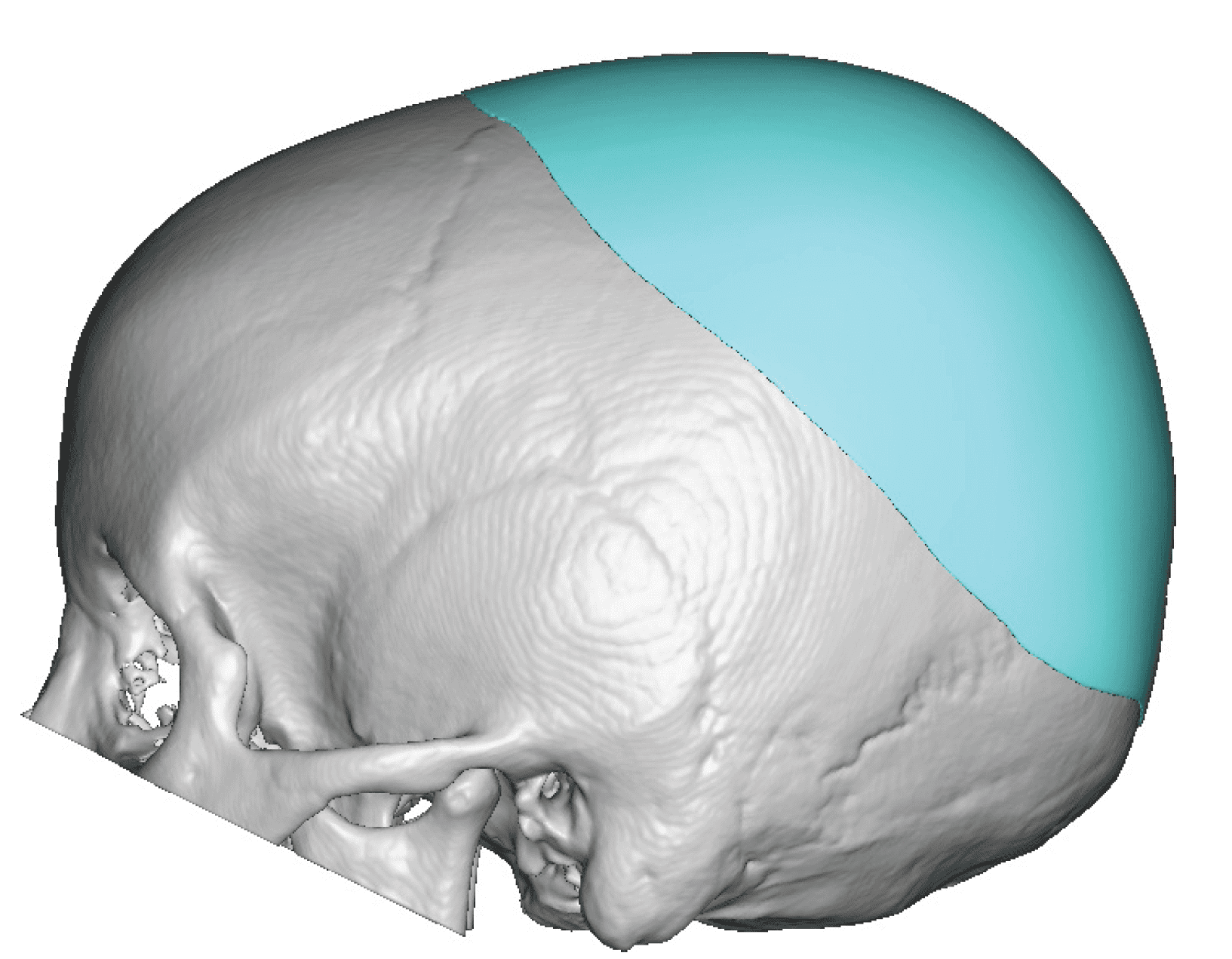
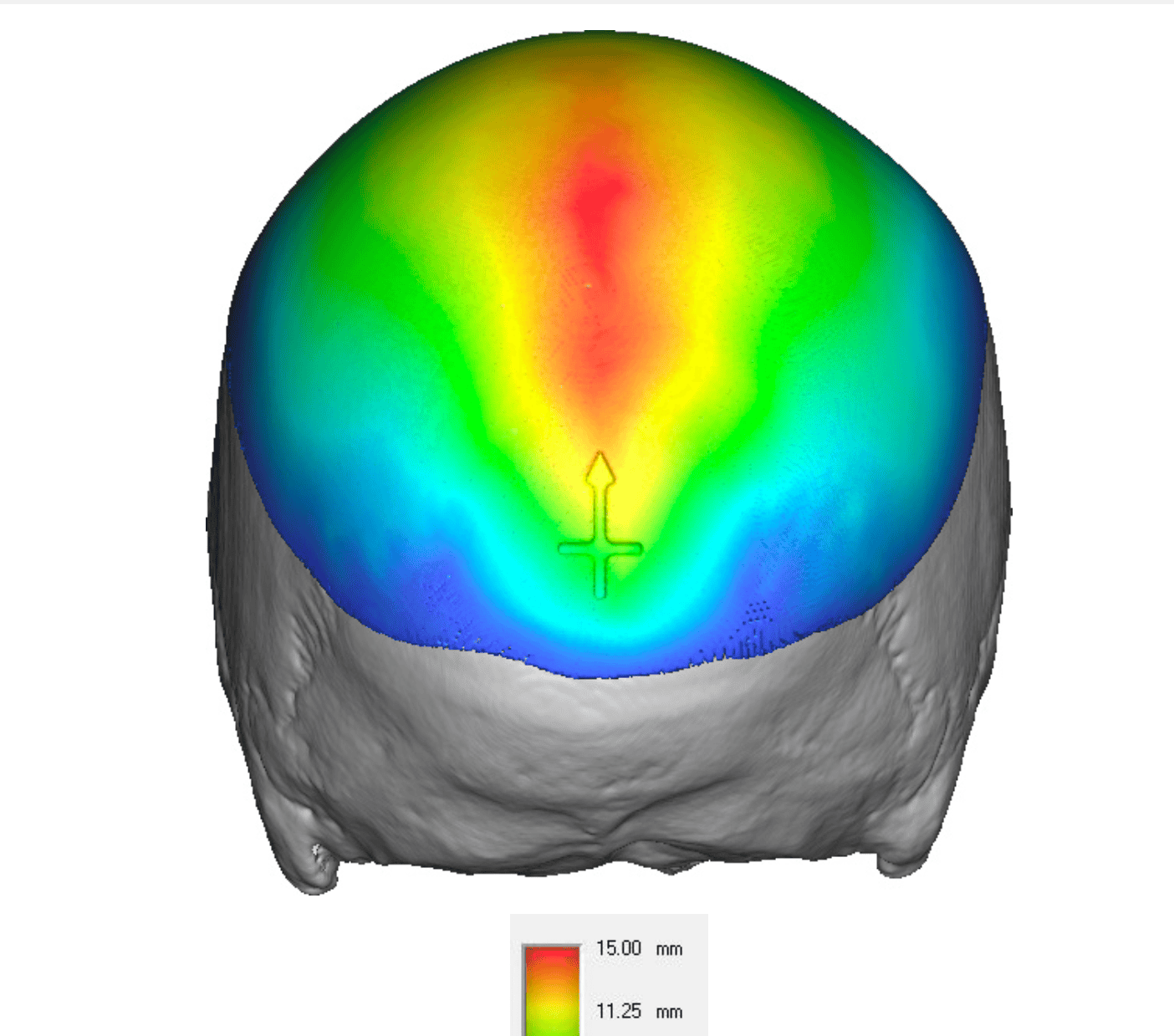
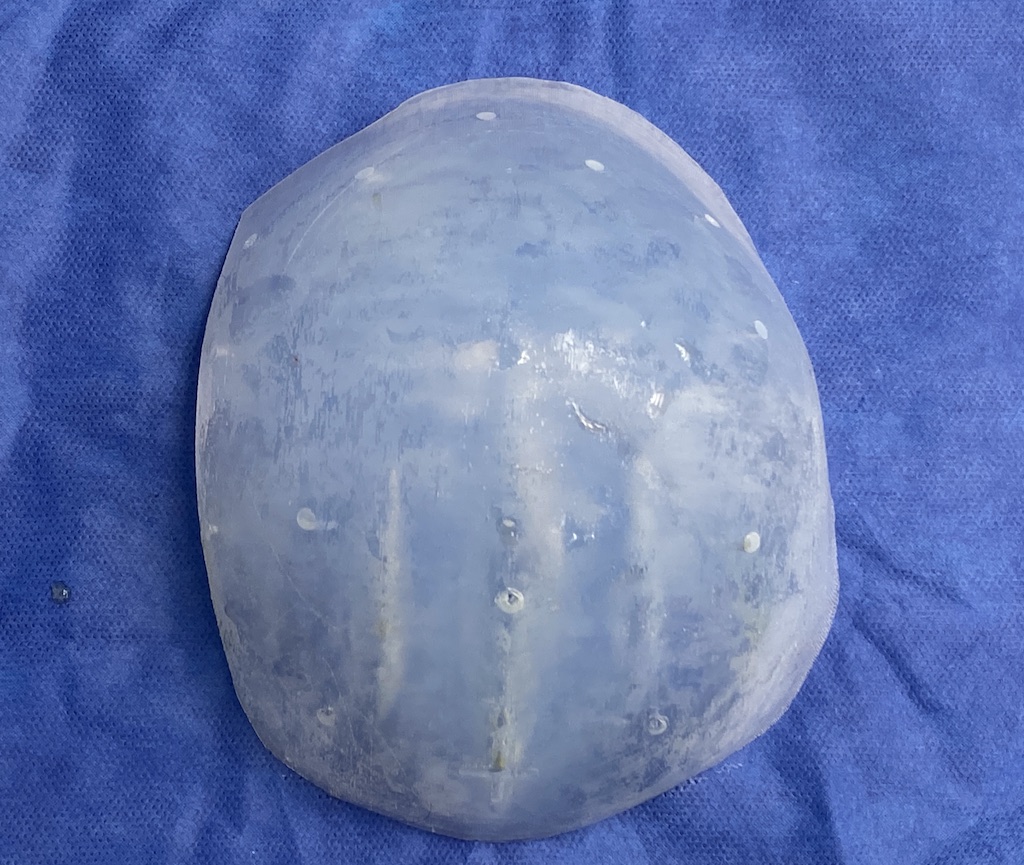
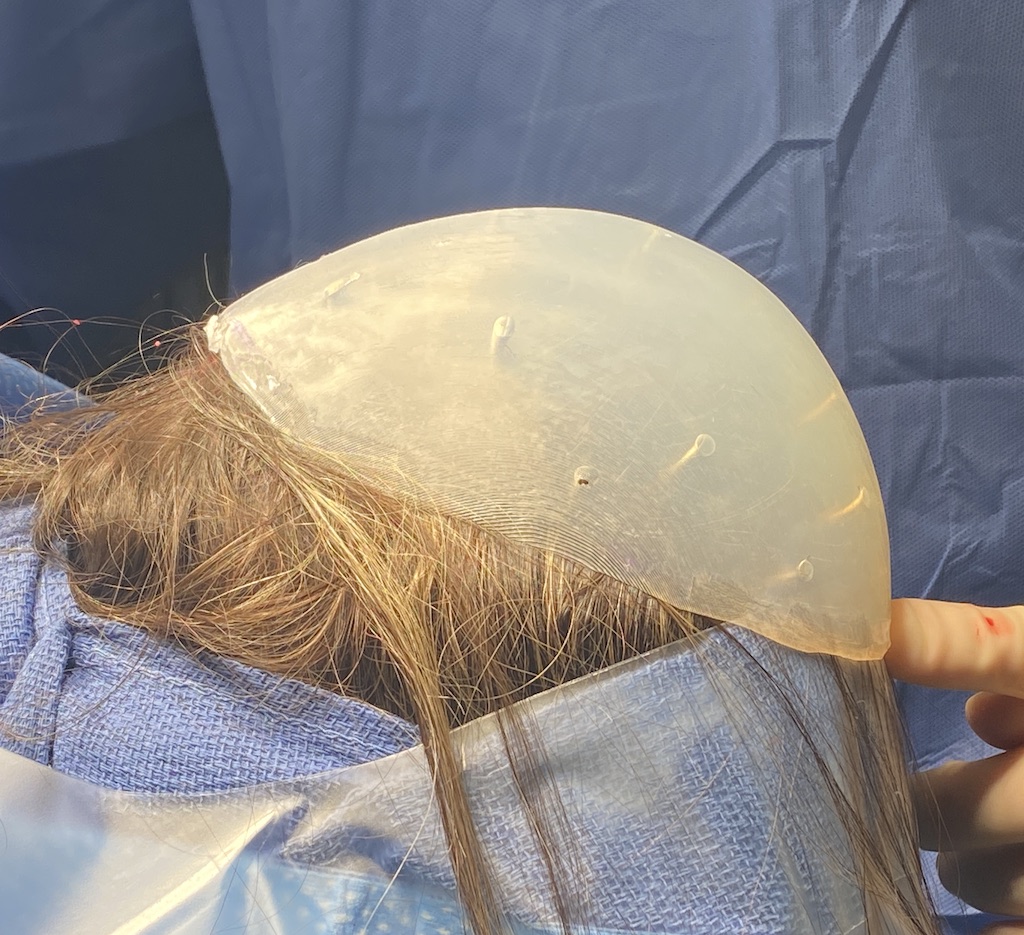
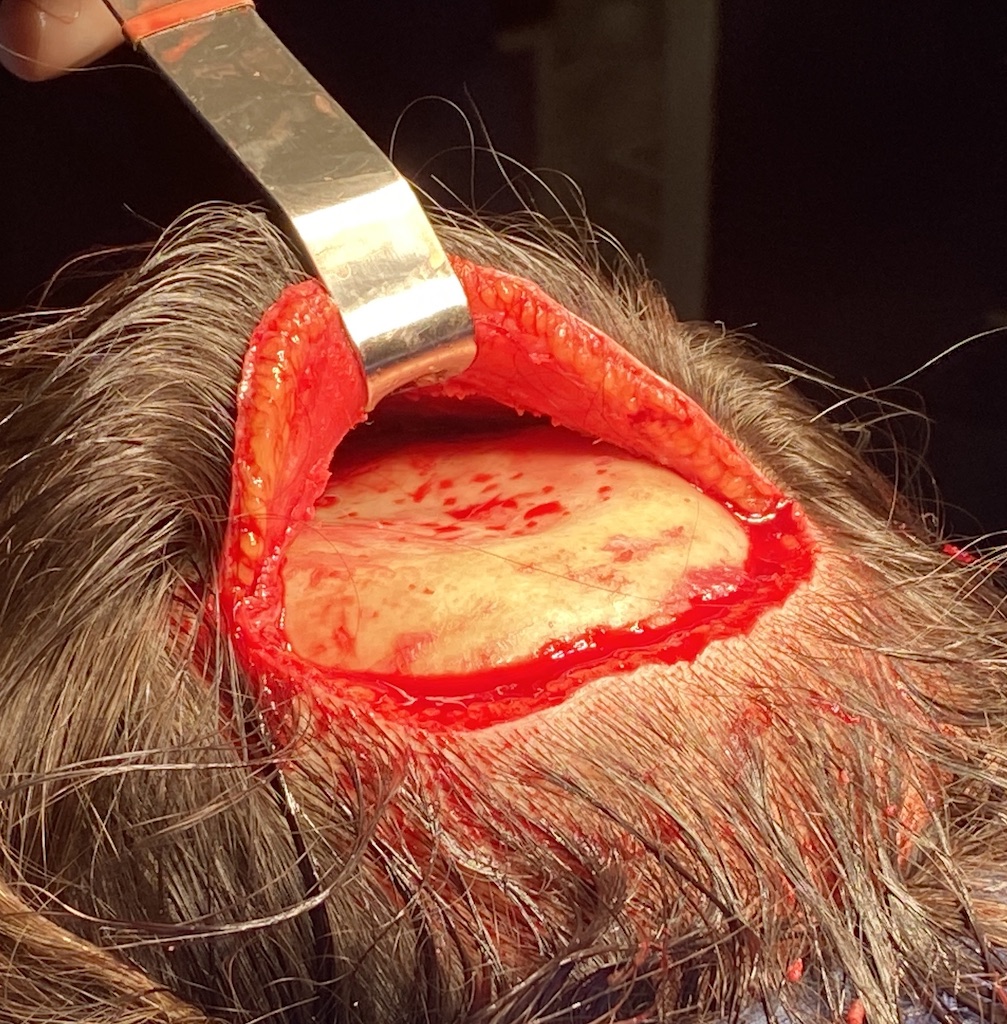
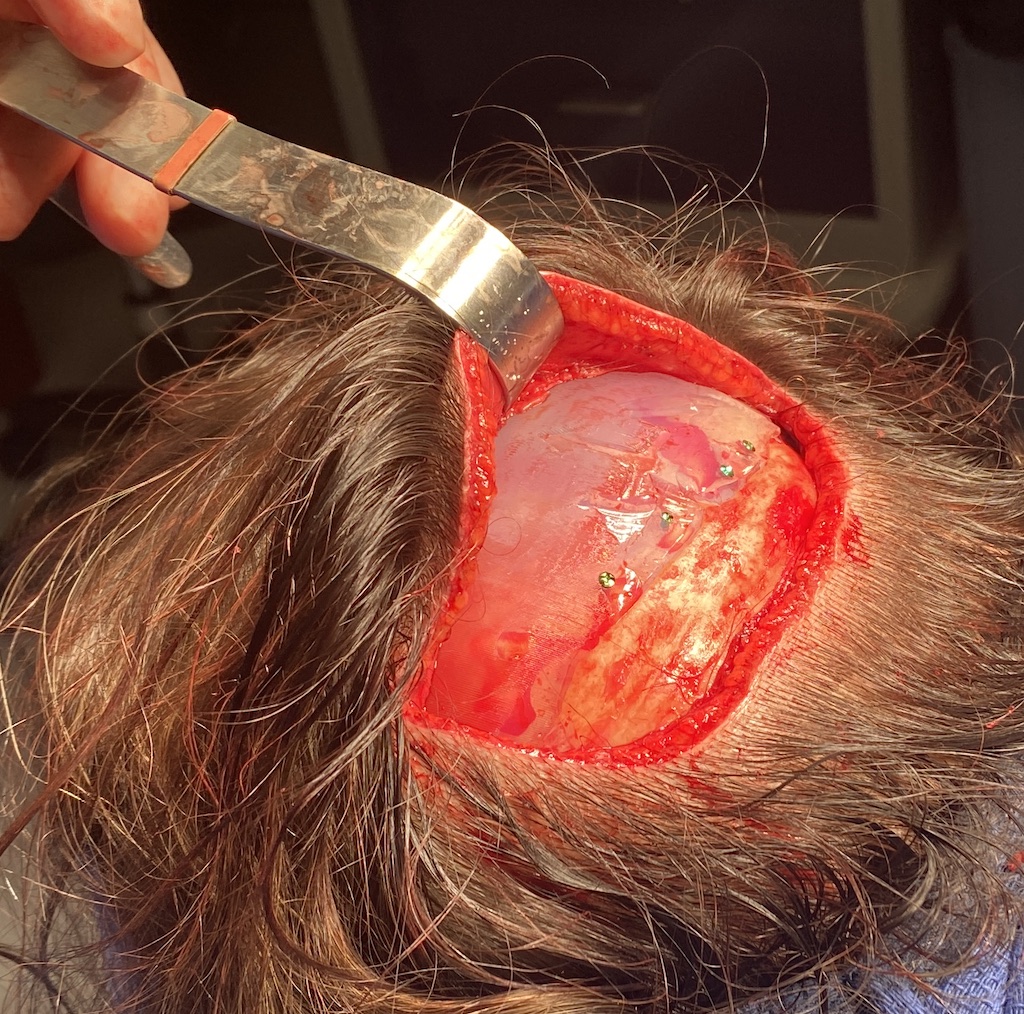
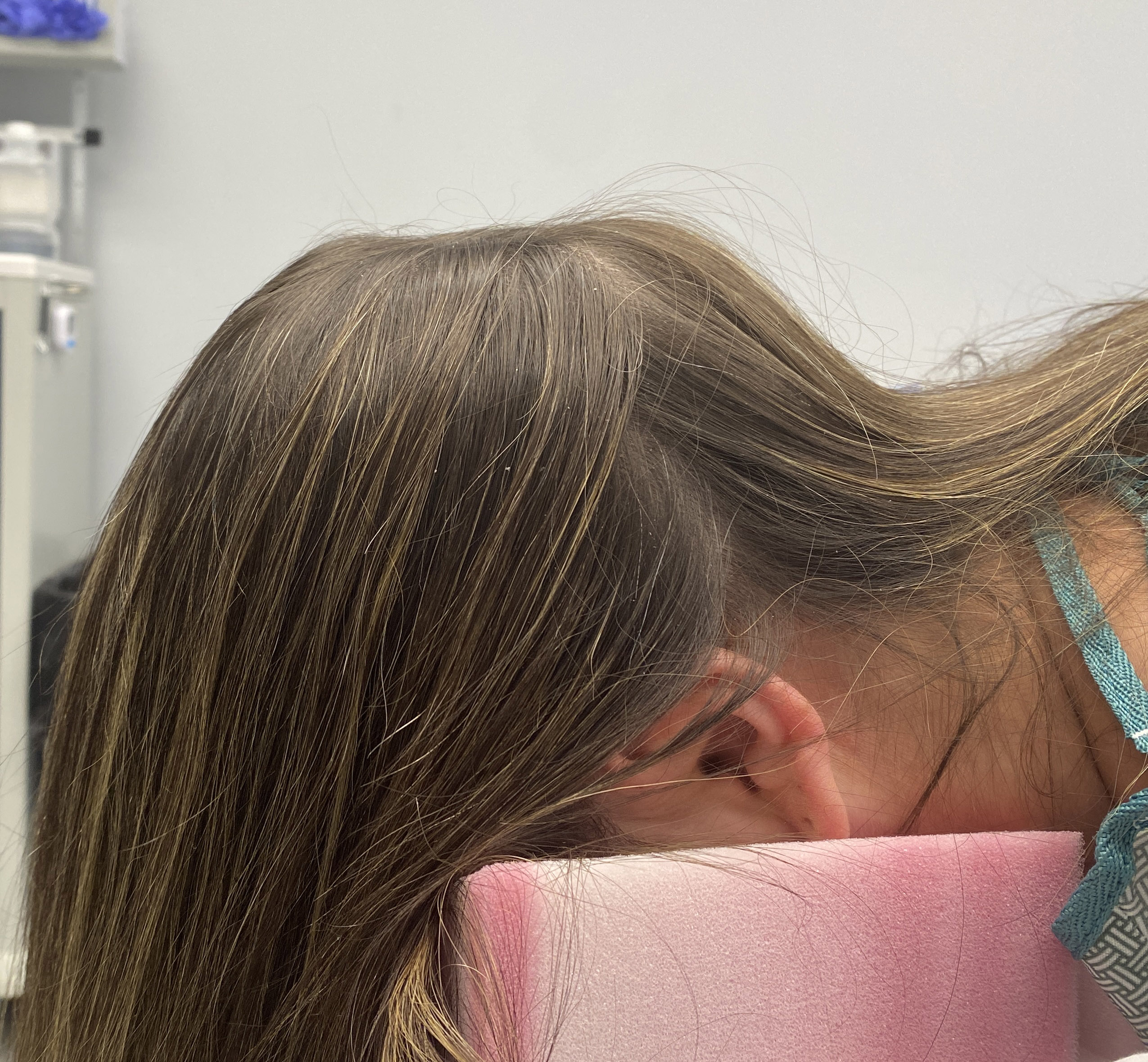
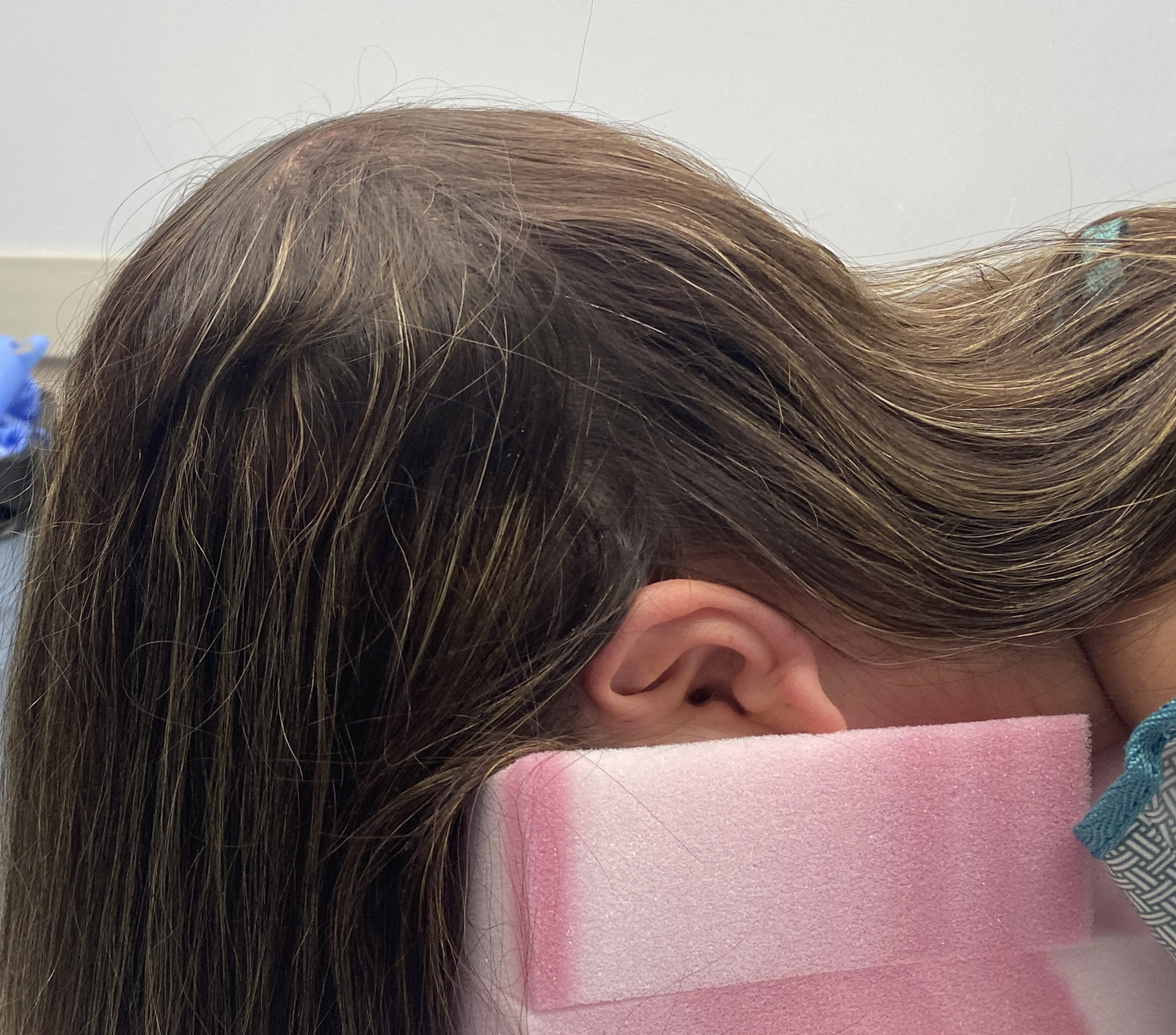
Desire for correction/augmentation of flat back of the head with a large greater indentation in it.
Placement of 150cc custom skull implant for improving the flat shape of the back of her head.
Patient 167
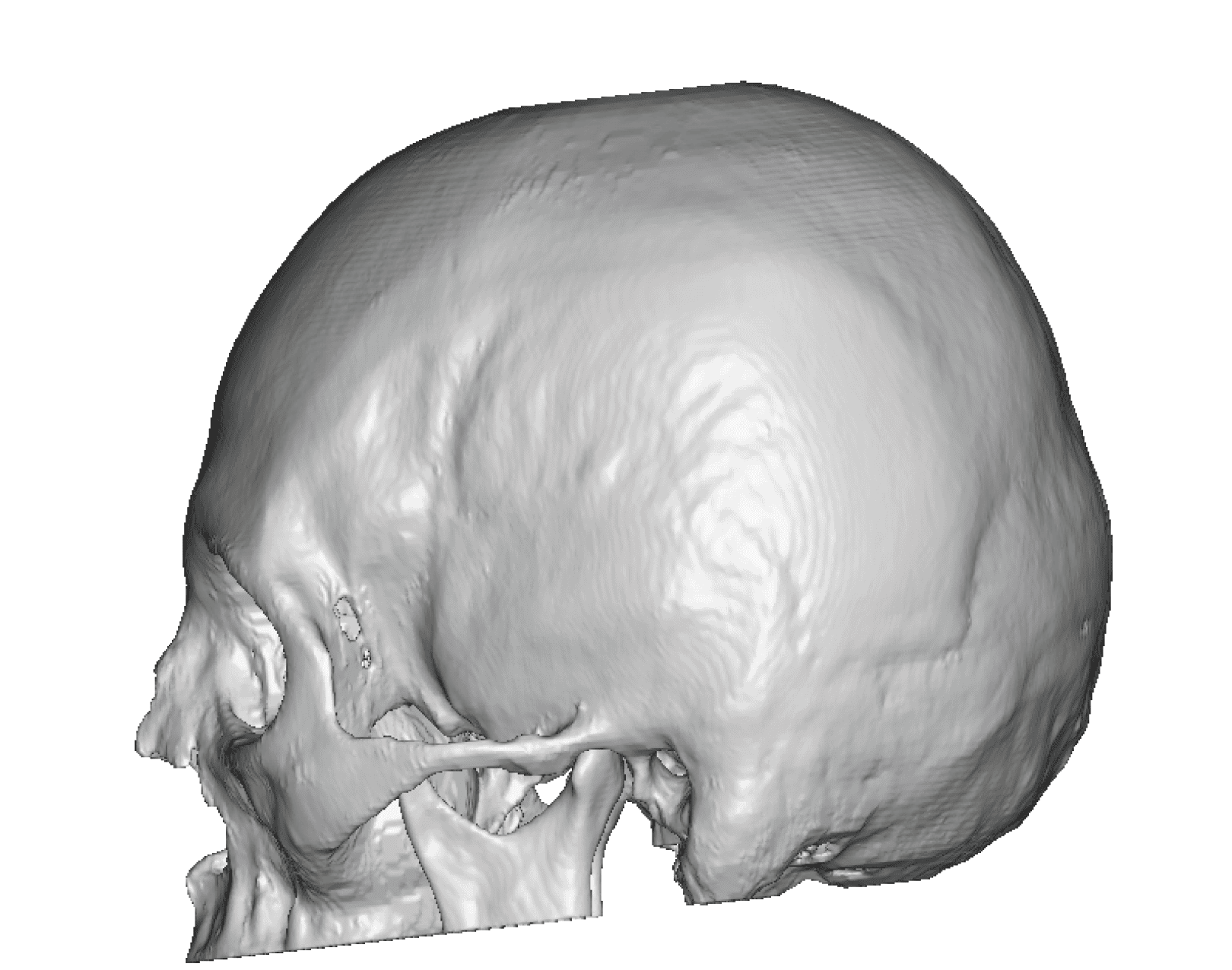
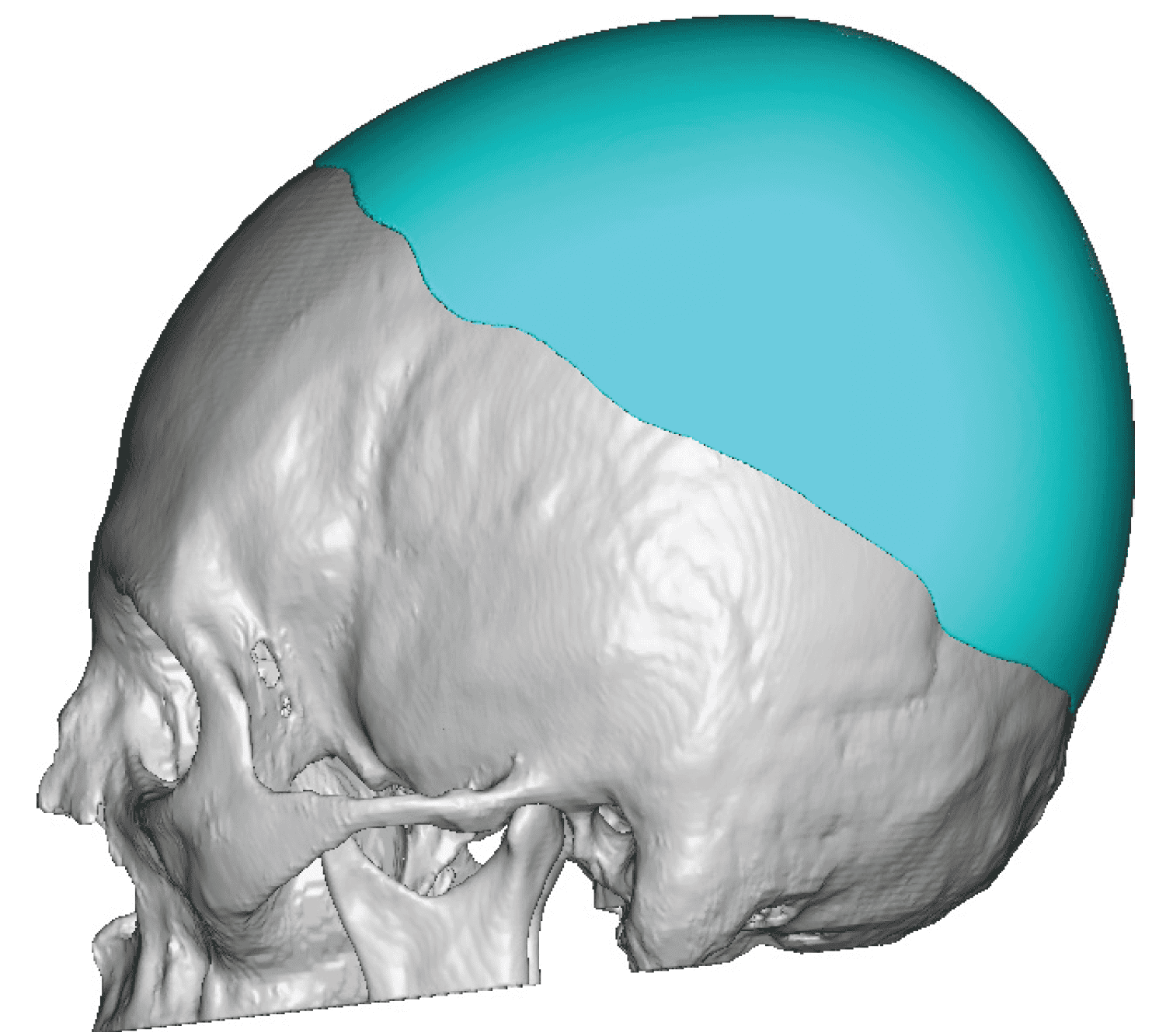
Desire for large crown of head skull augmentation.
Two stage skull augmentation approach with a first stage scalp expansion followed by a 2nd stage placement of large two piece custom skull implant. (250ccs)


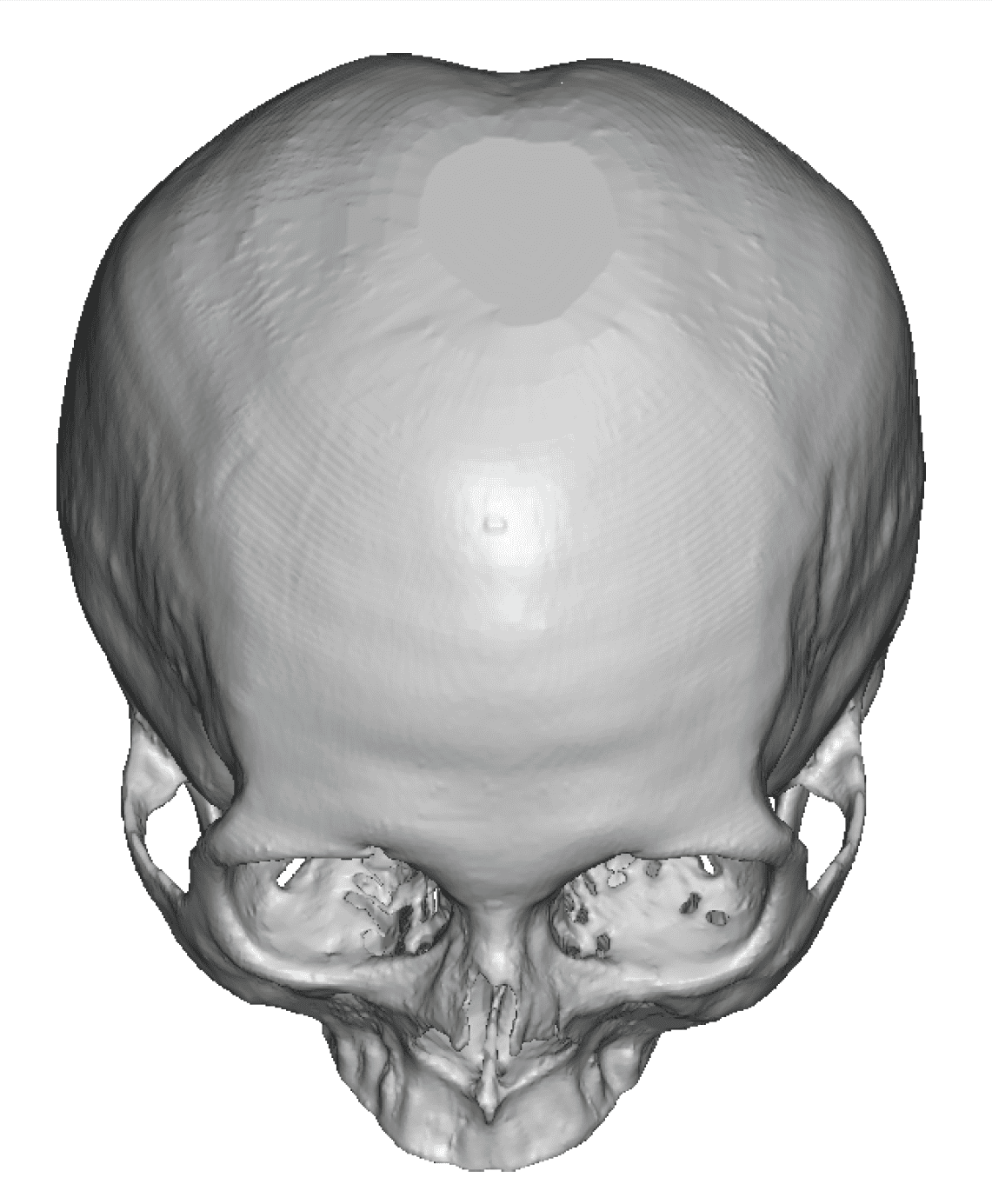
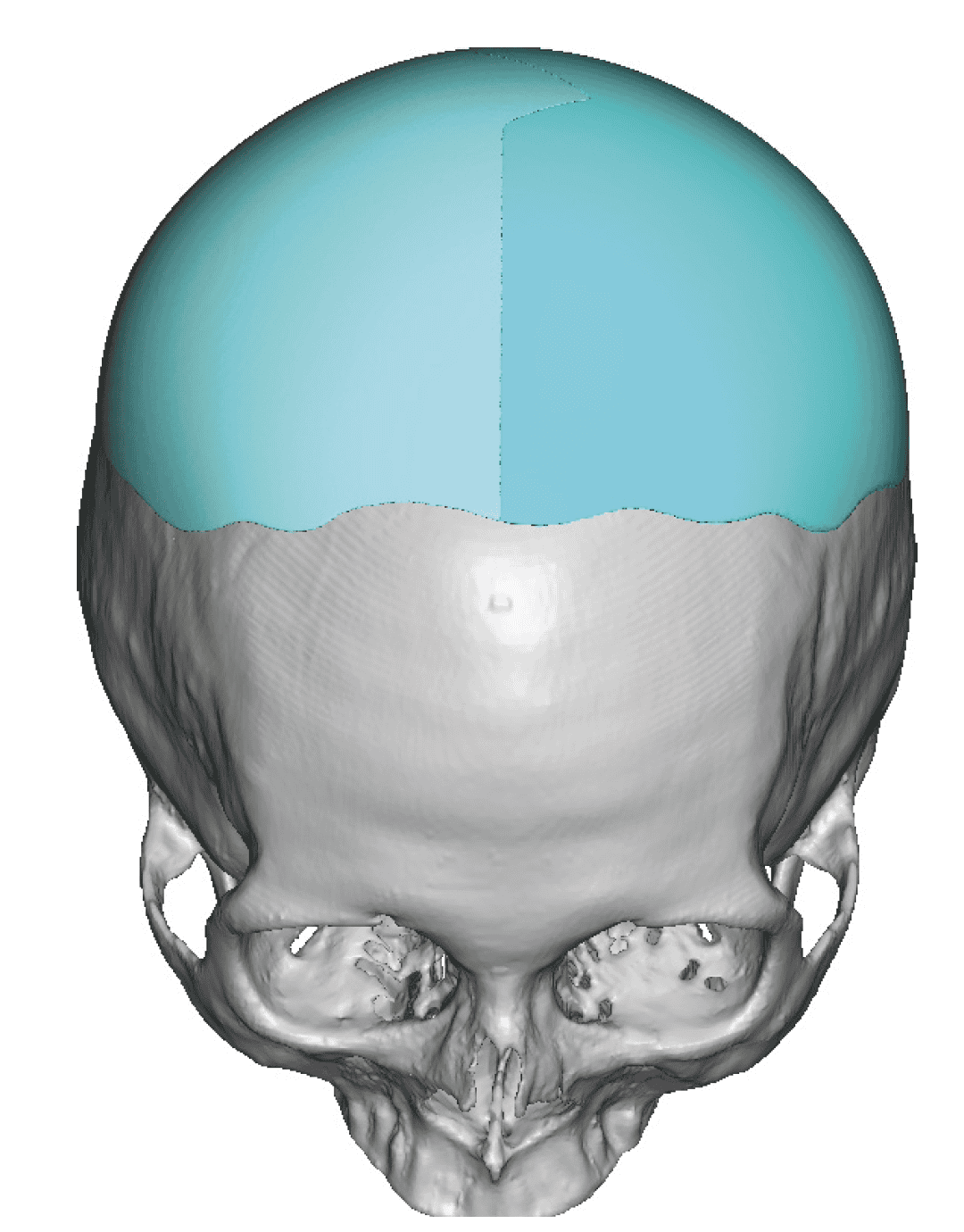
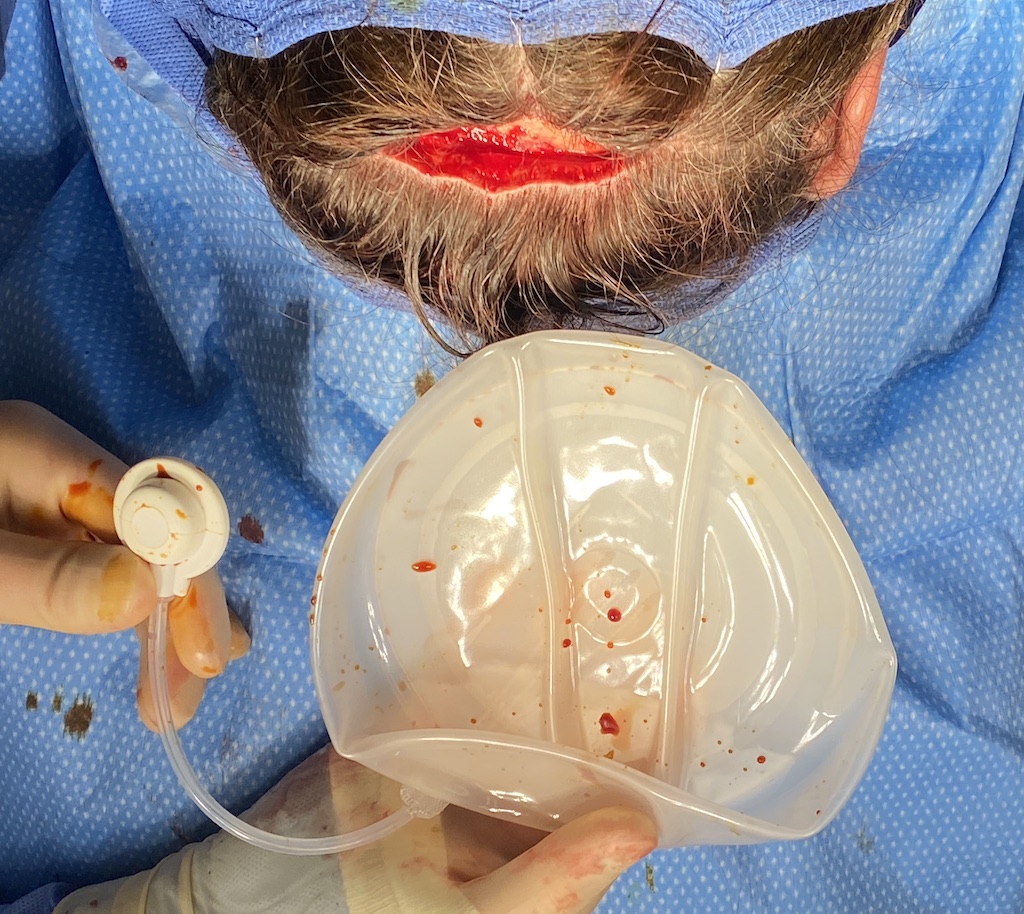
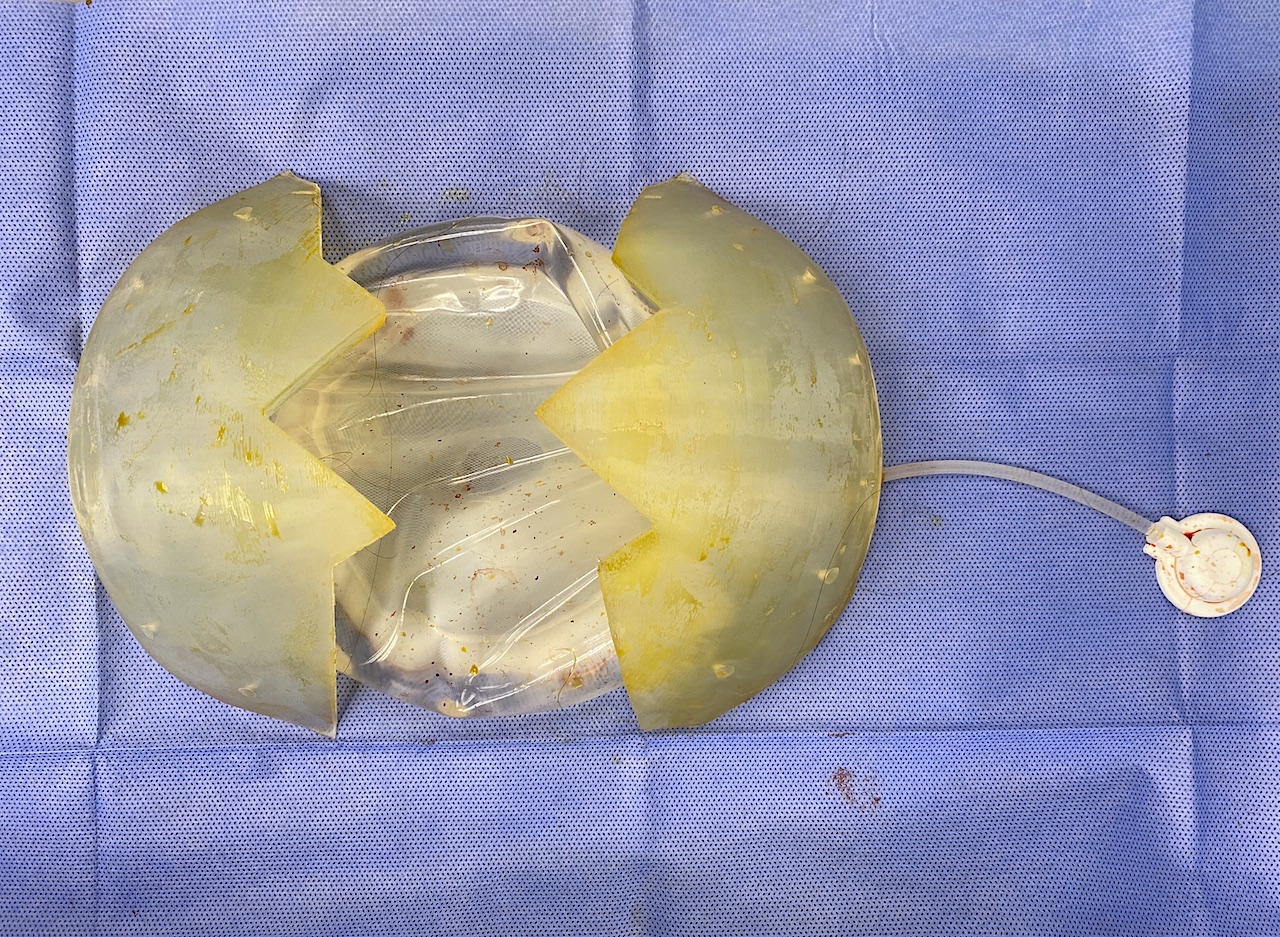
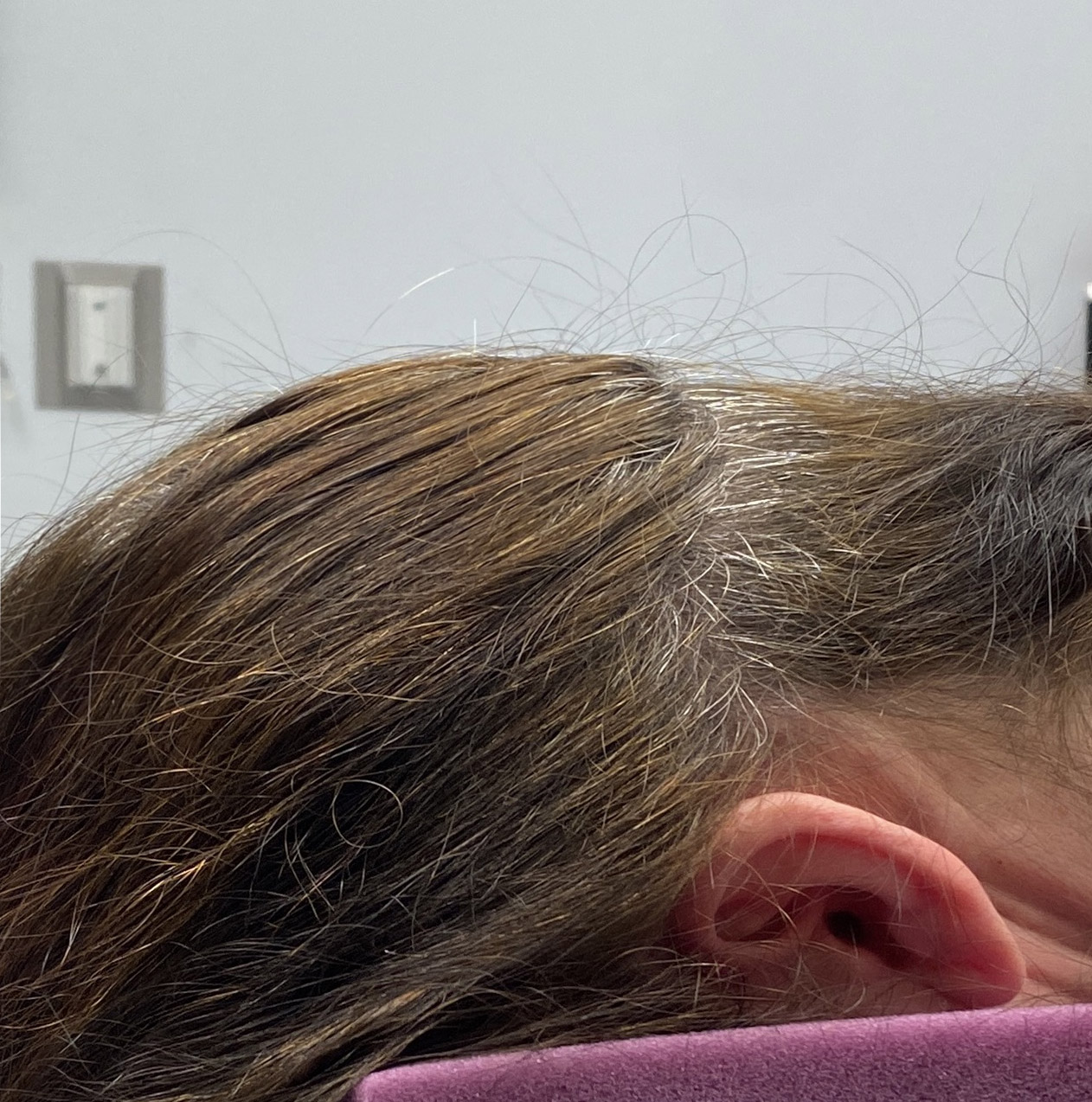
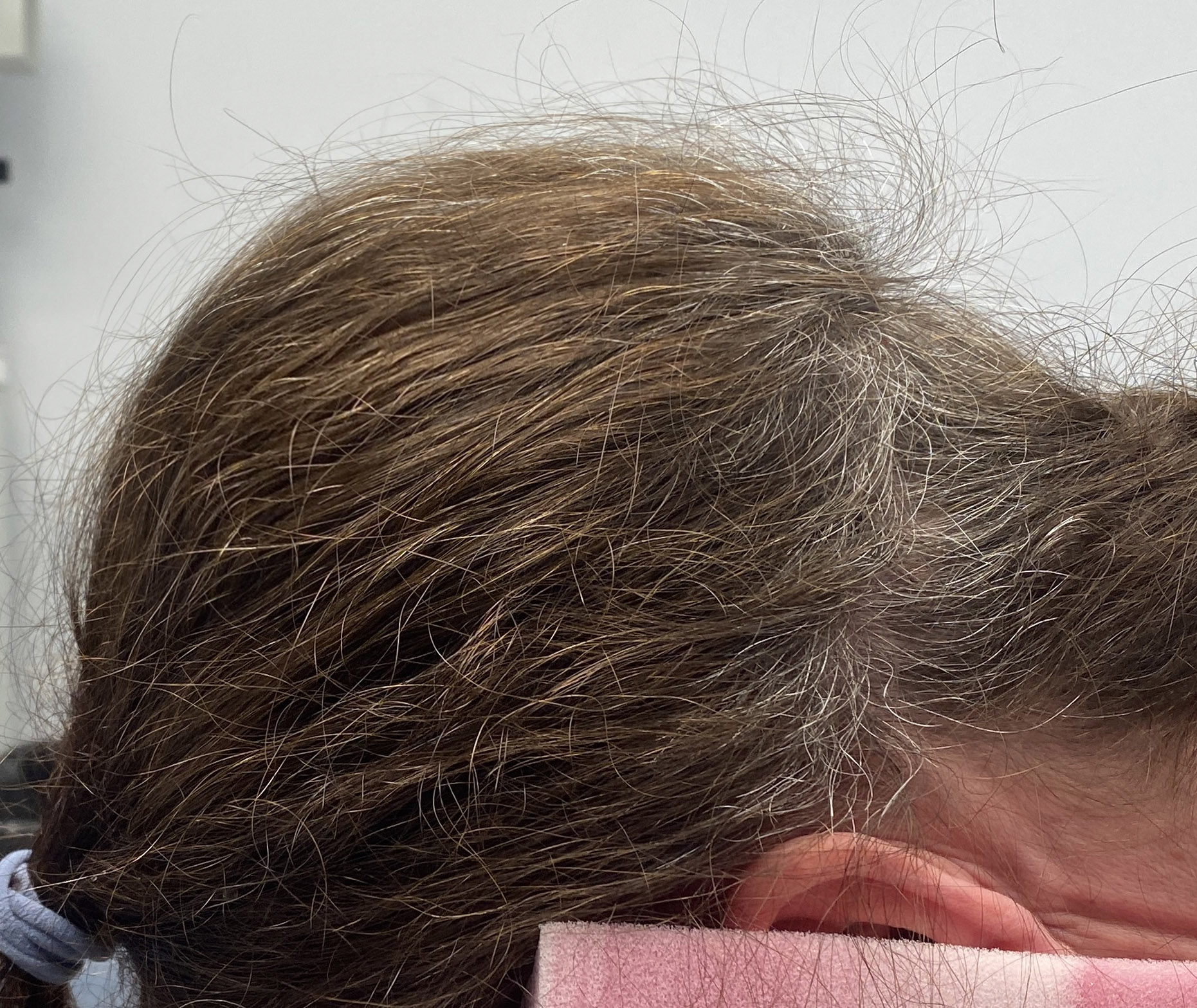
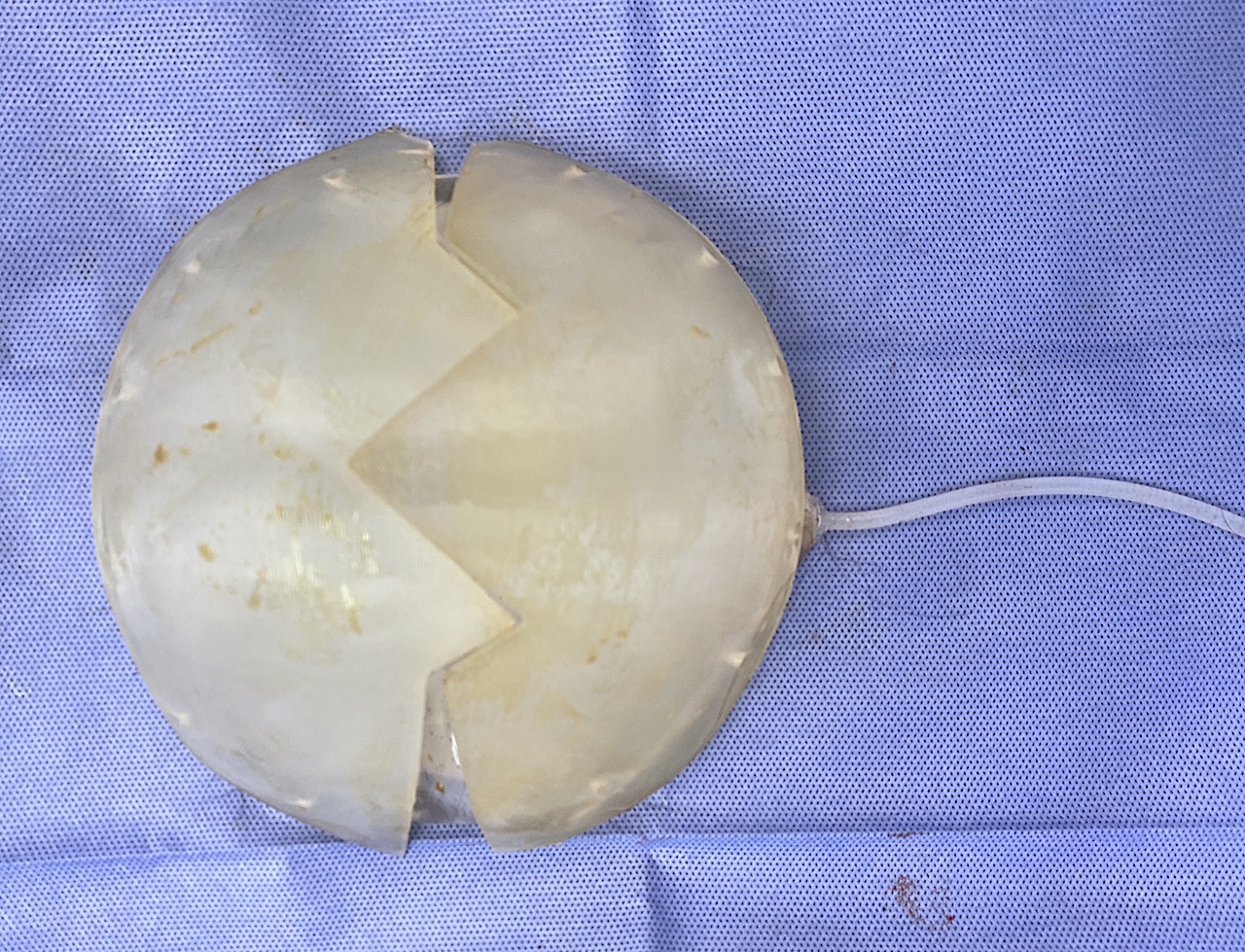
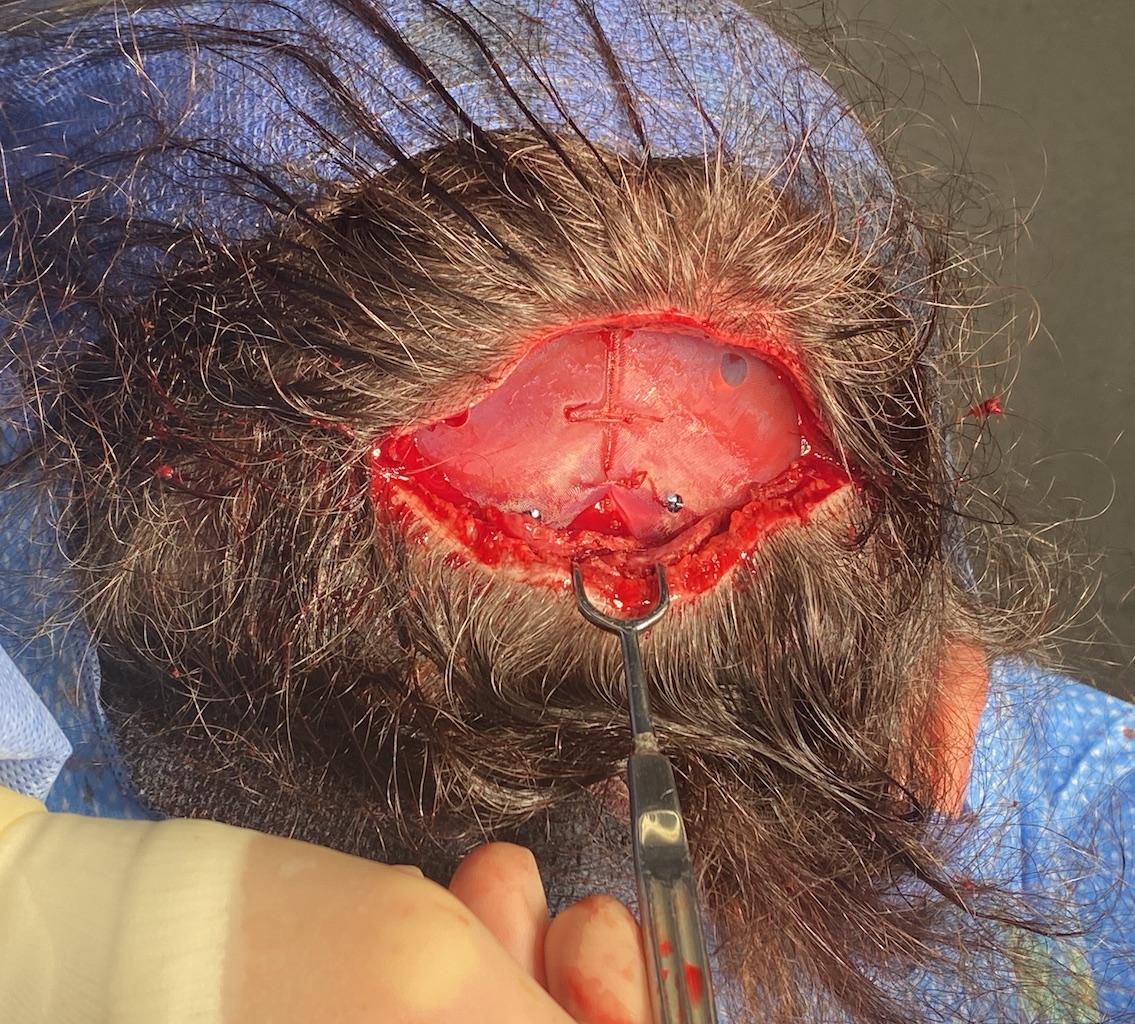
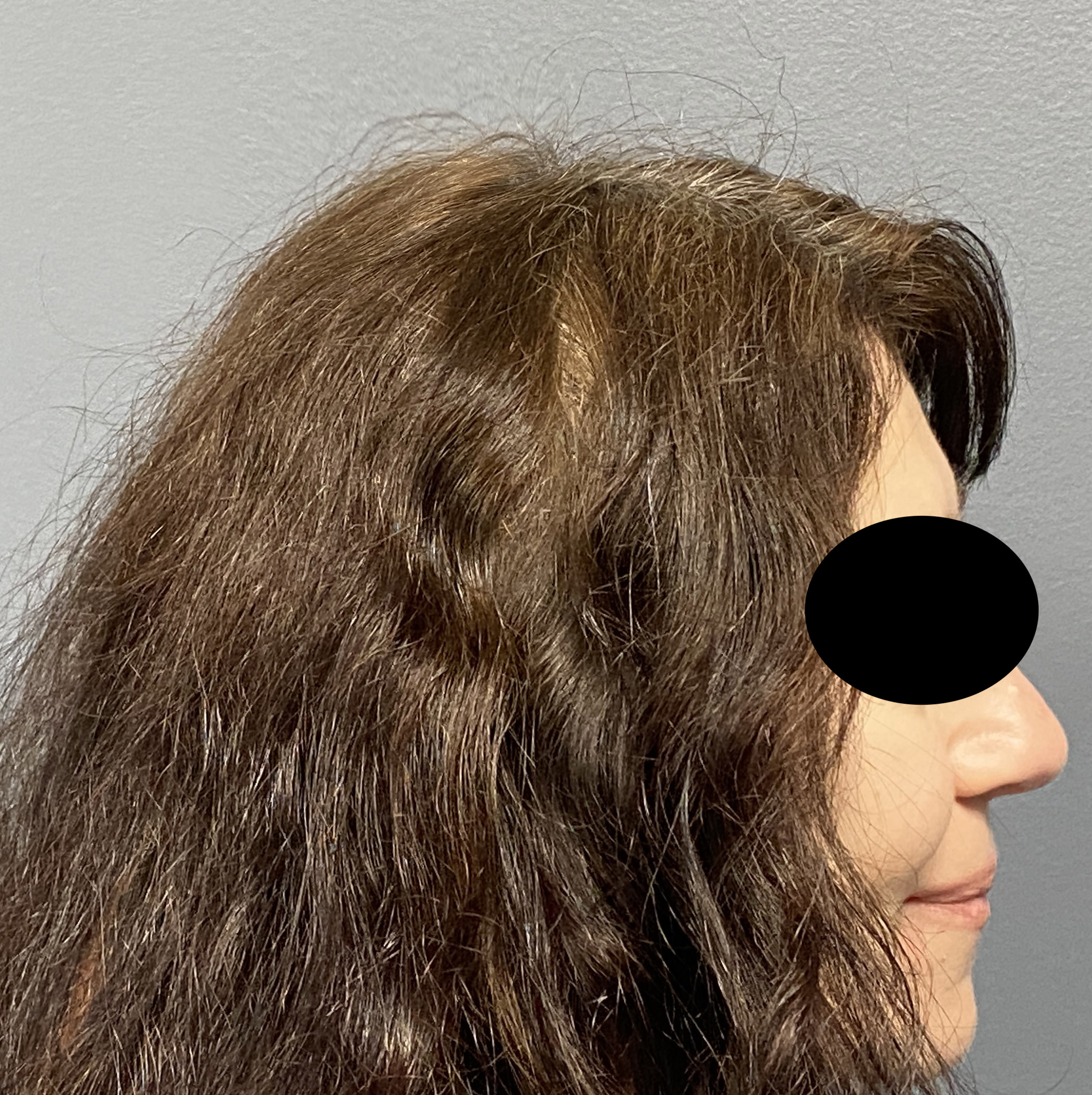
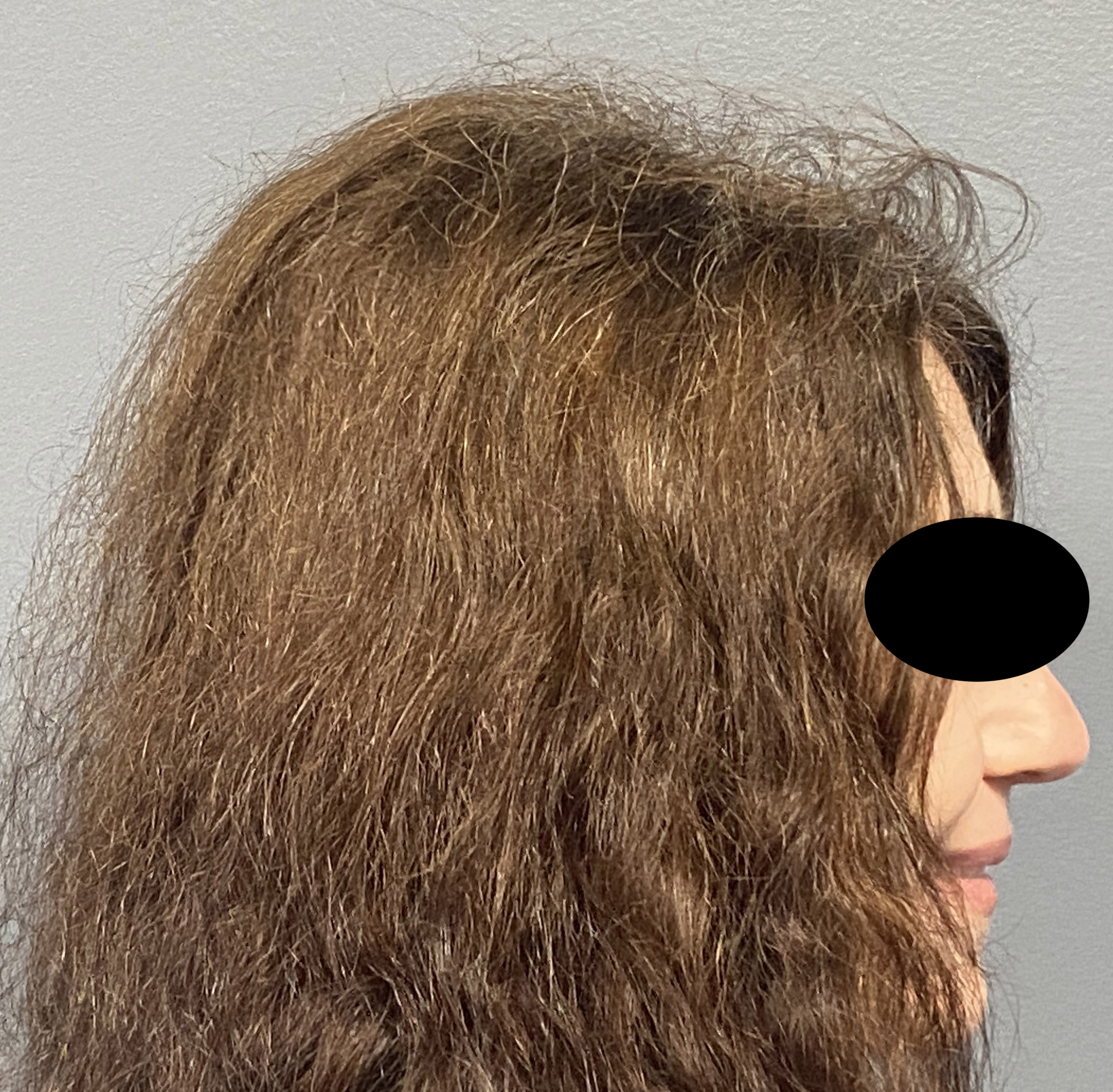
Desire for large crown of head skull augmentation.
Two stage skull augmentation approach with a first stage scalp expansion followed by a 2nd stage placement of large two piece custom skull implant. (250ccs)
Patient 168
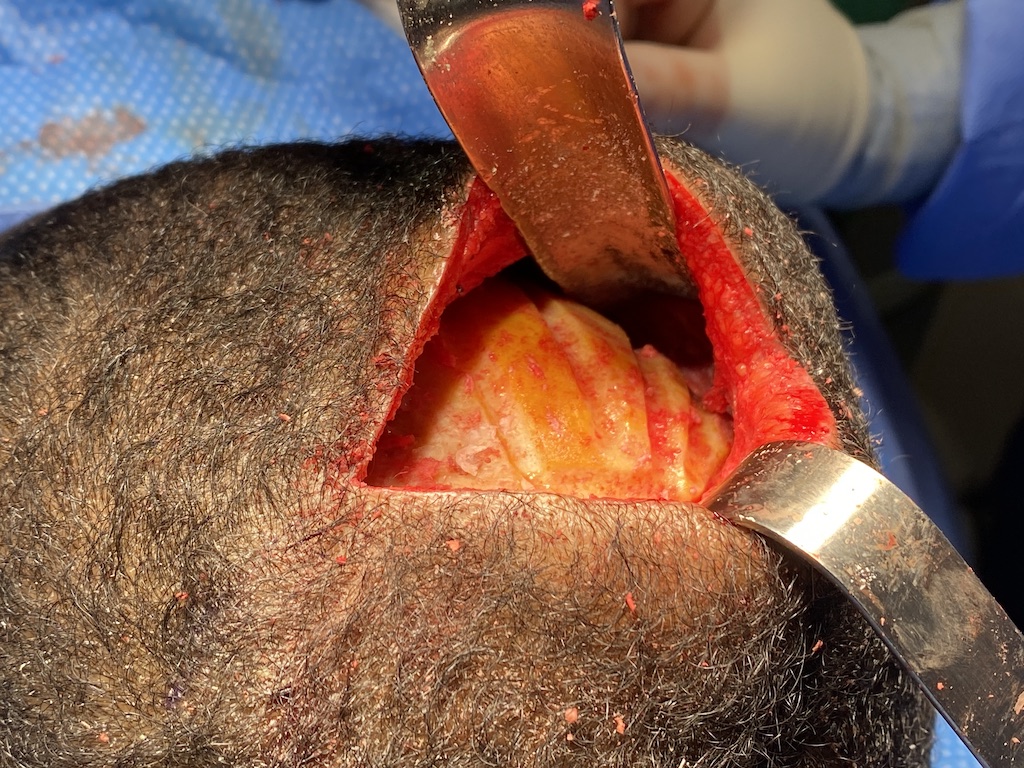
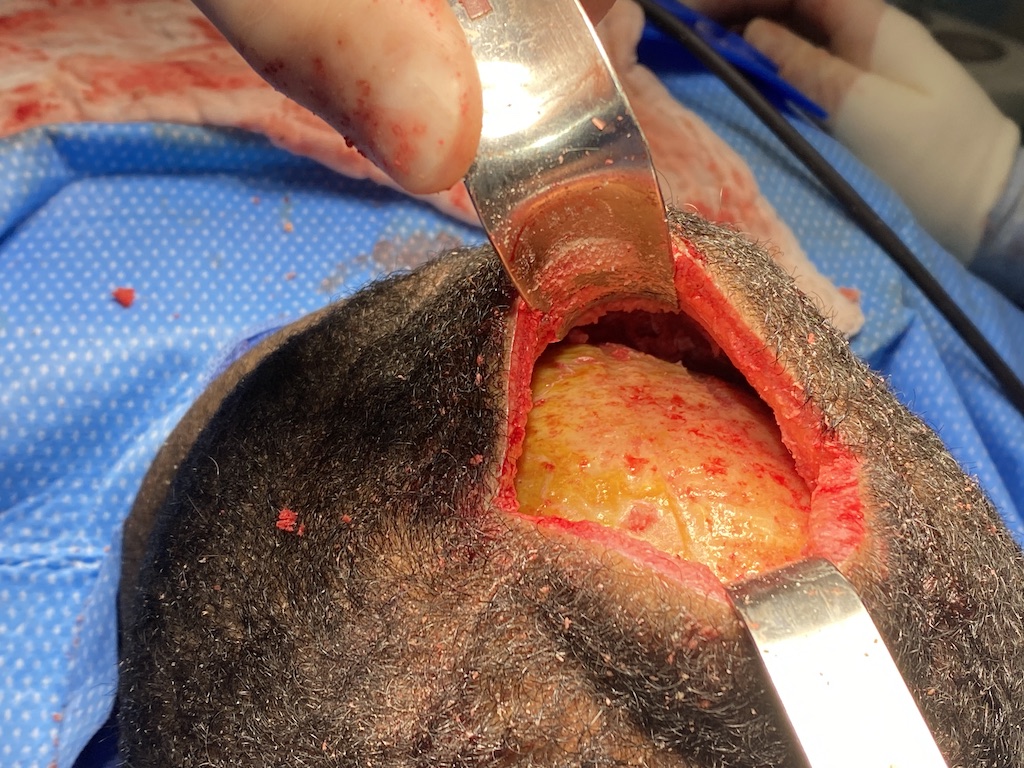
Desire for crown of skull reduction felt like he was wearing a cap.
Biparietal skull reduction using a bone burring technique done through a limited scalp incision.


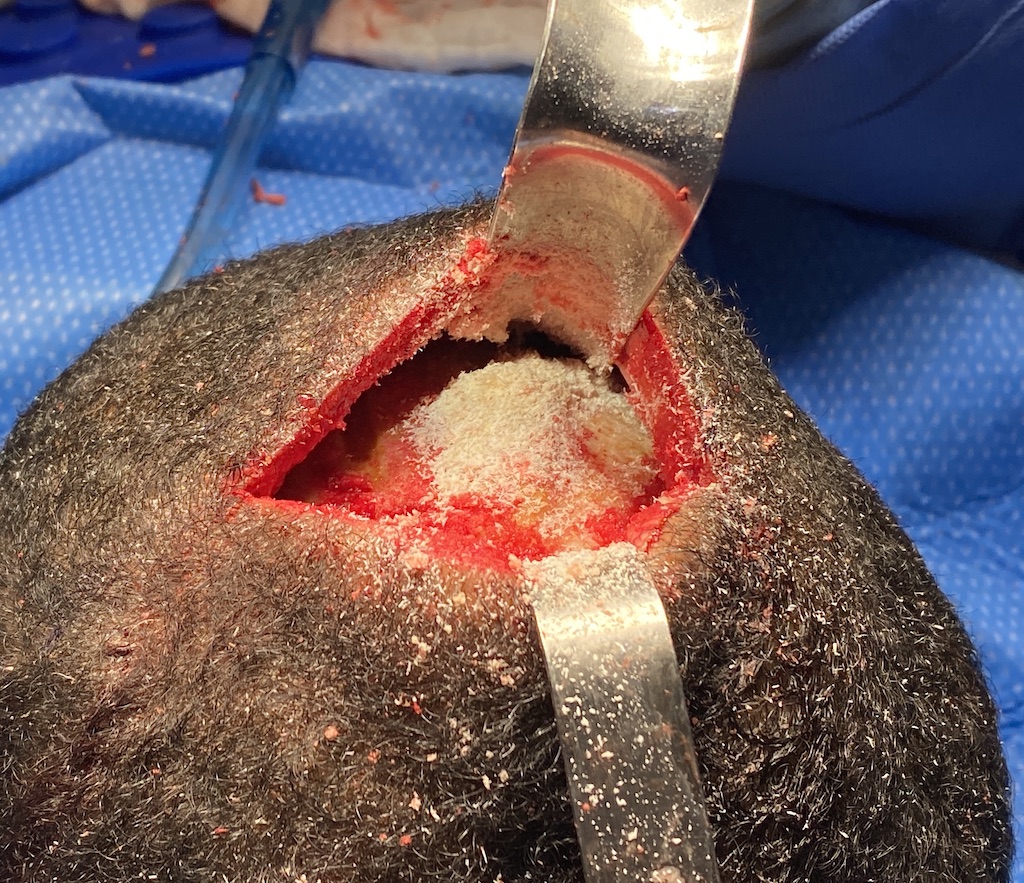
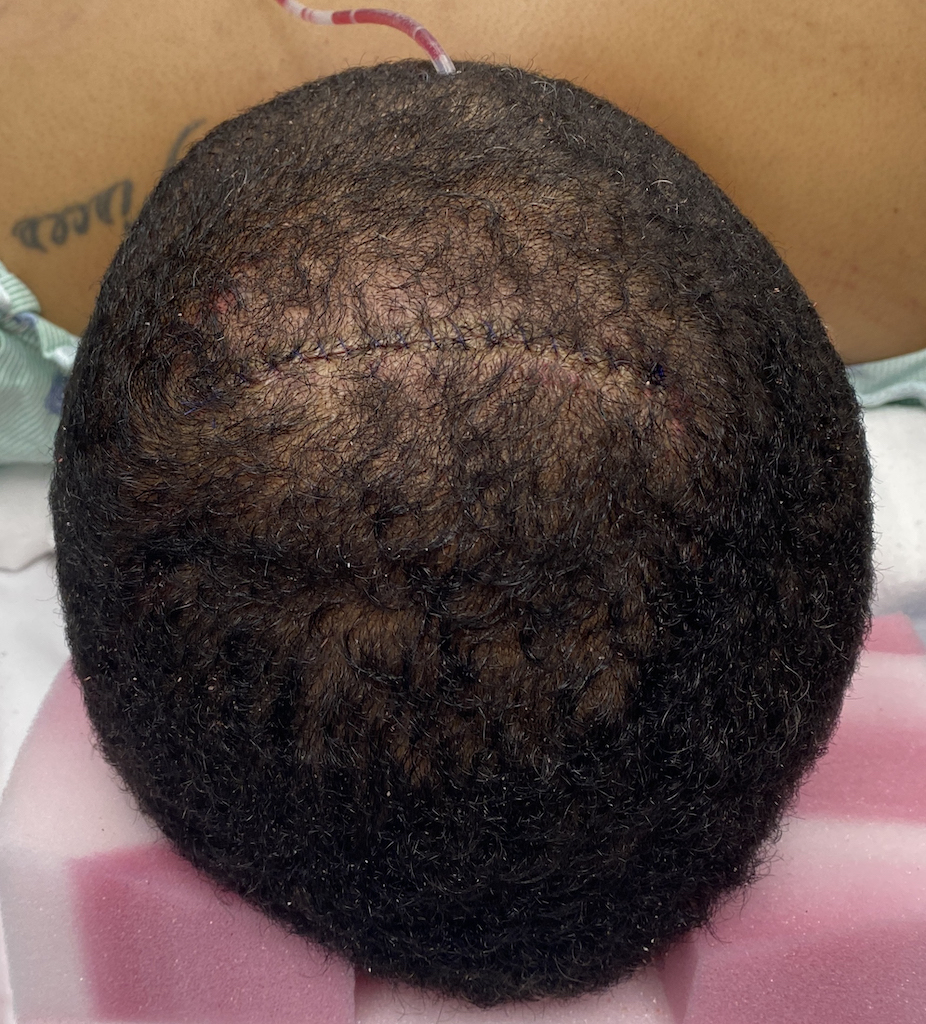
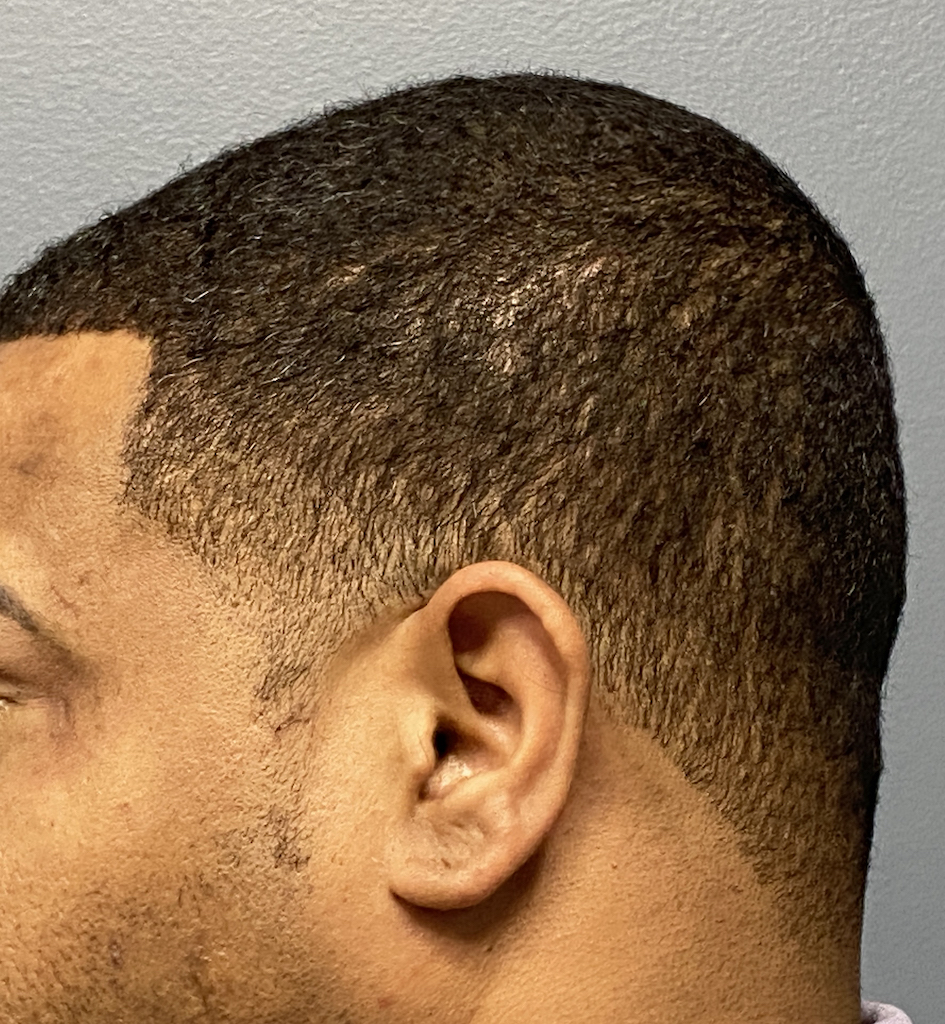
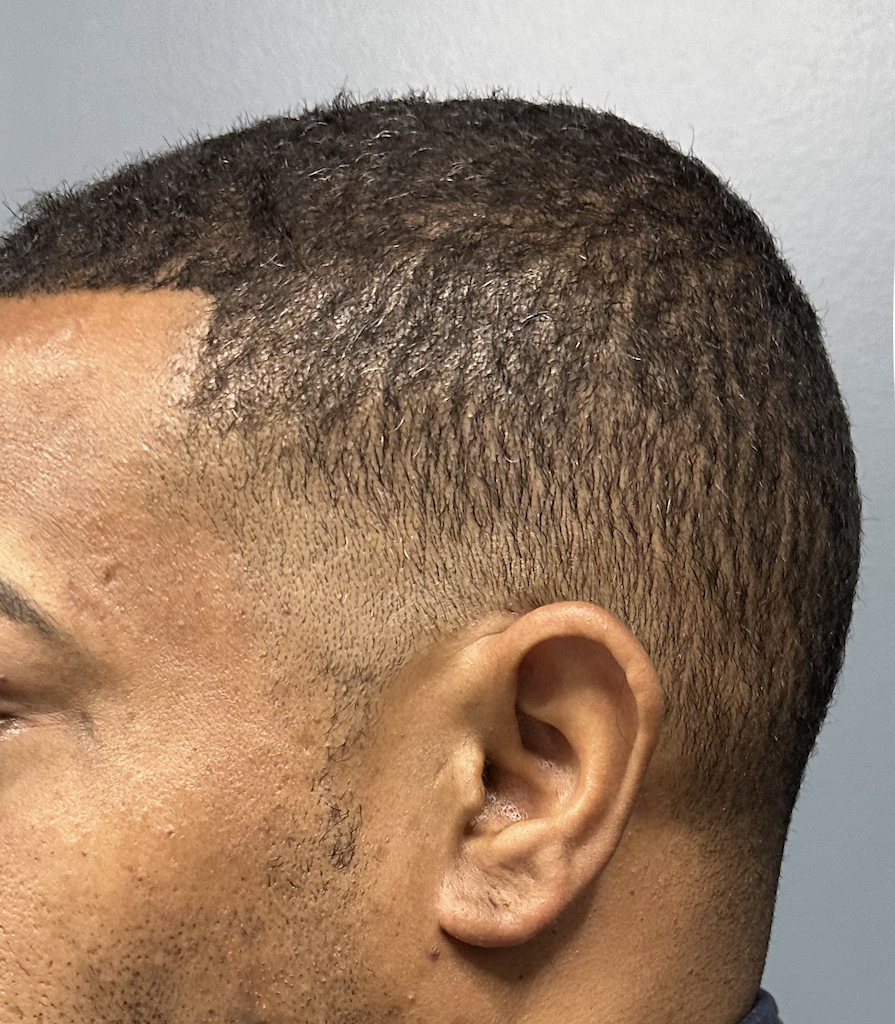
Desire for crown of skull reduction felt like he was wearing a cap.
Biparietal skull reduction using a bone burring technique done through a limited scalp incision.
Patient 169
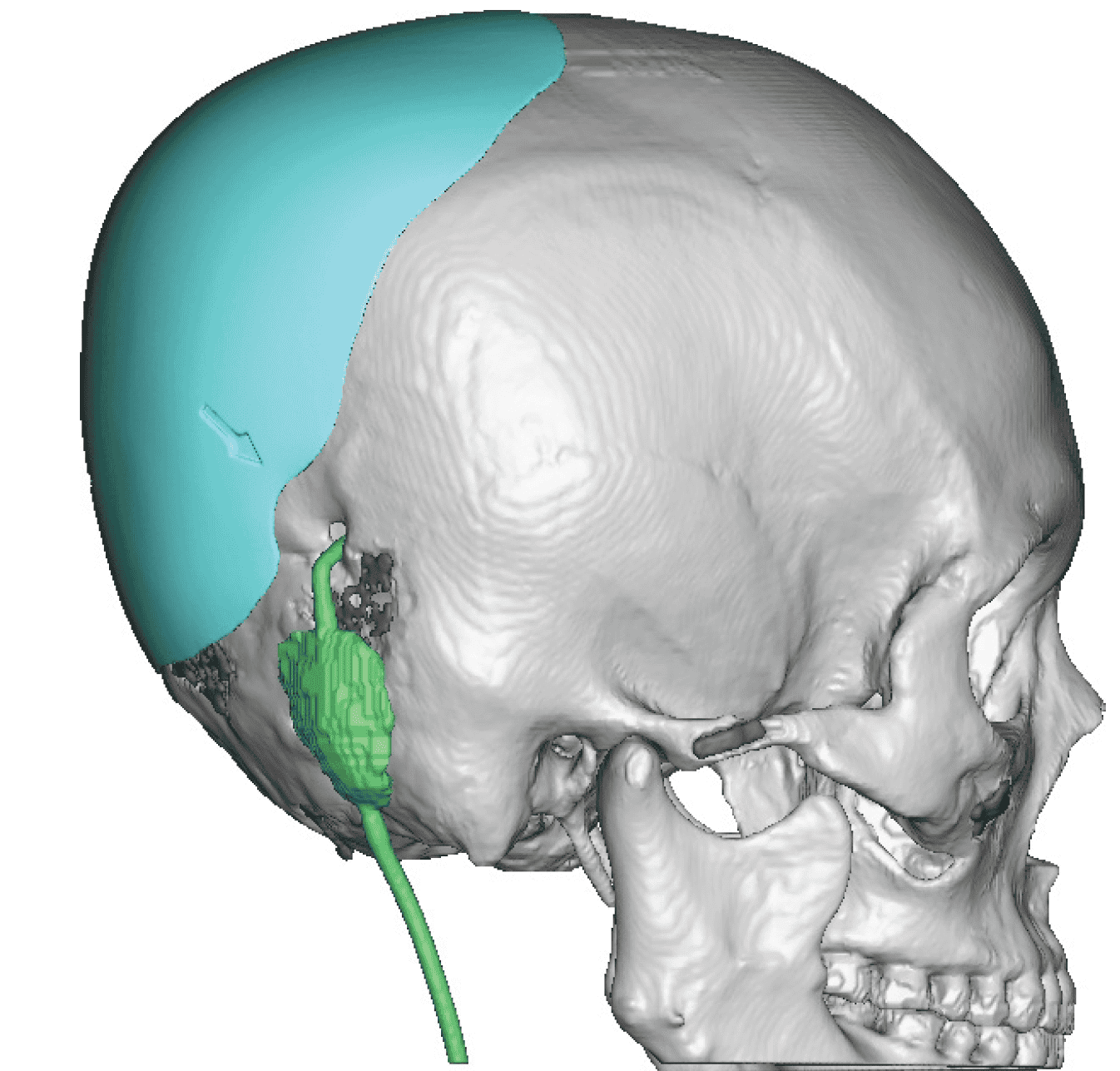
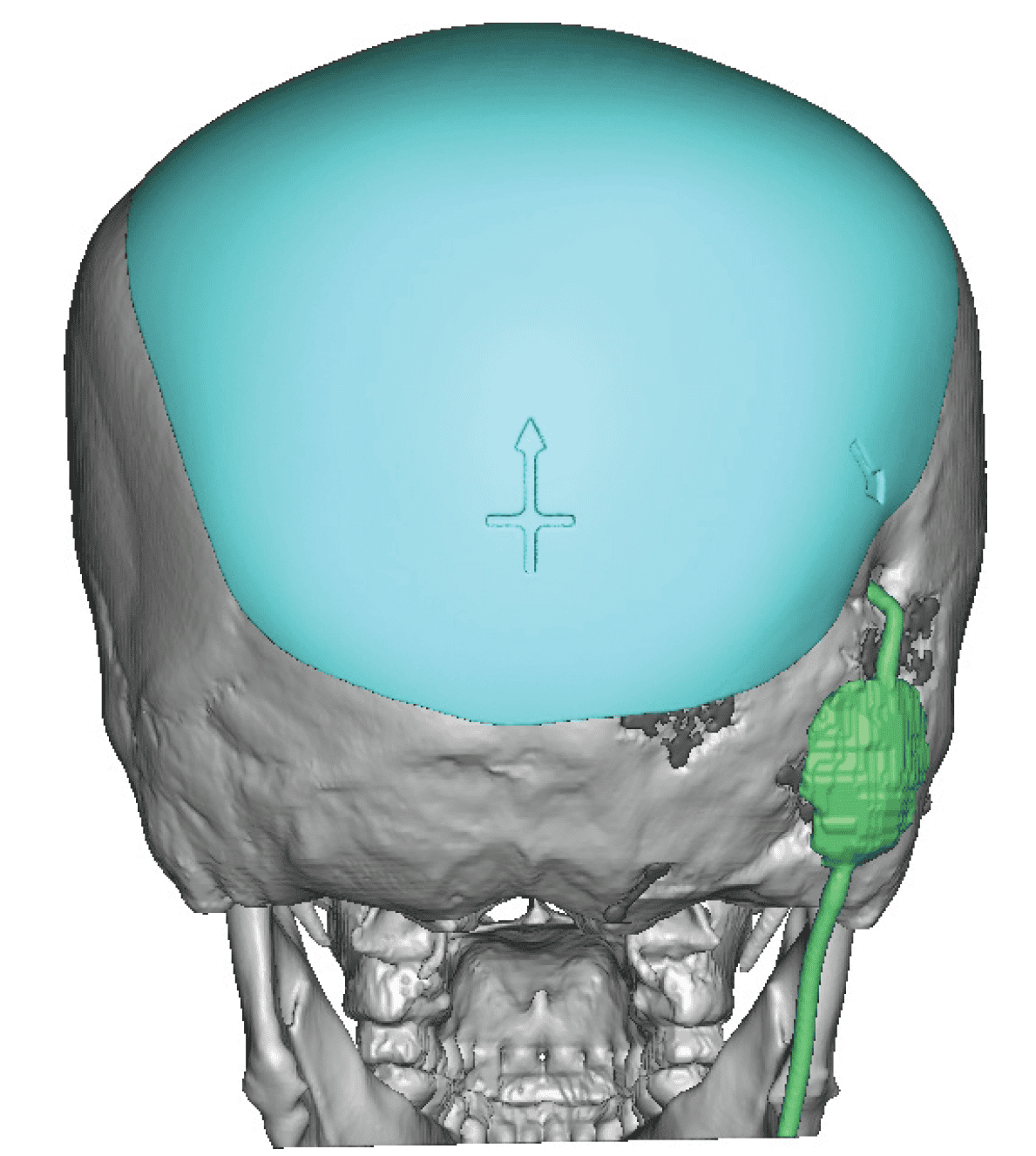
Desire for improvement in shape of flat back of her head. Had a history of a right occipital craniotomy for brain tumor with VP shunt placement years when she was in her teens.
Placement of custom back of the head implant through her existing right back of head scar from her prior craniotomy


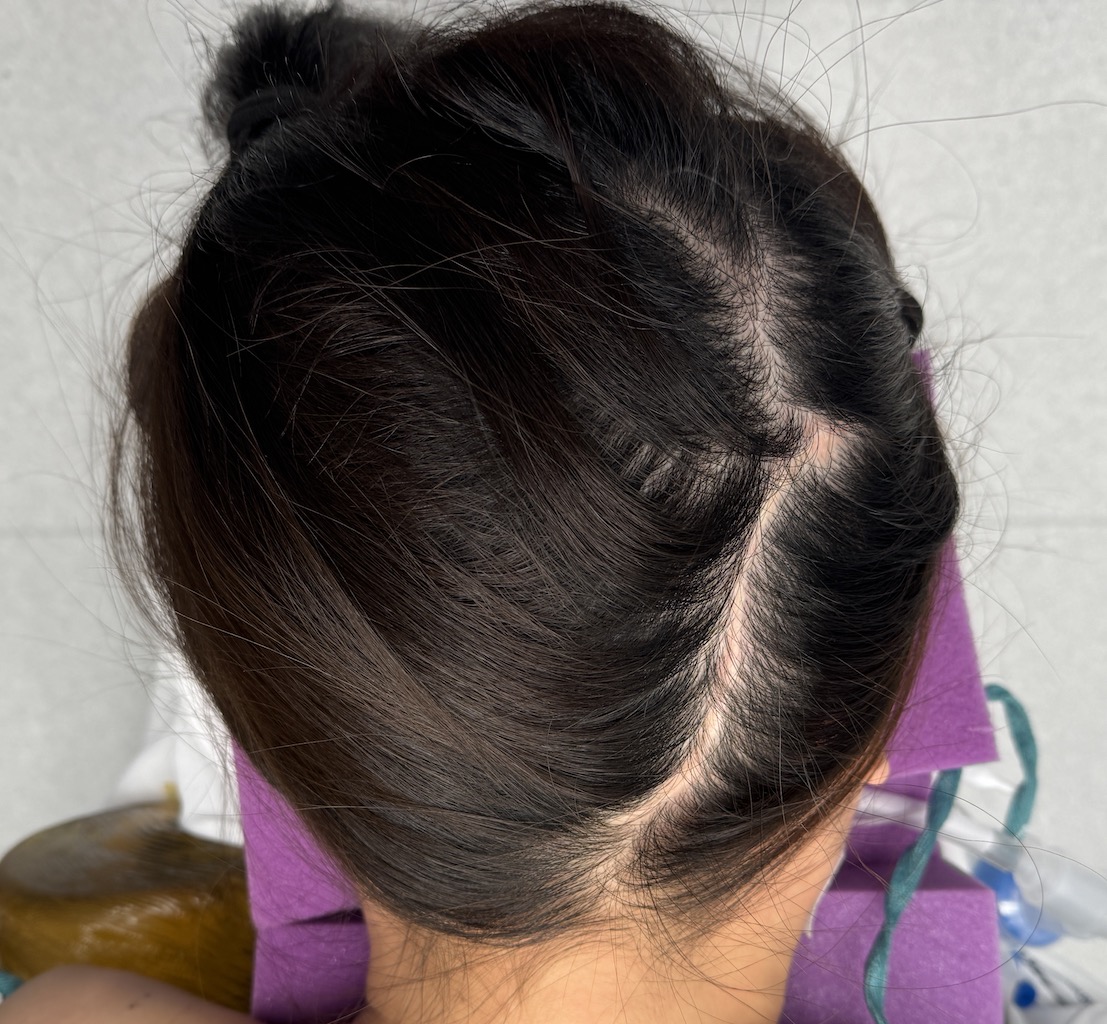
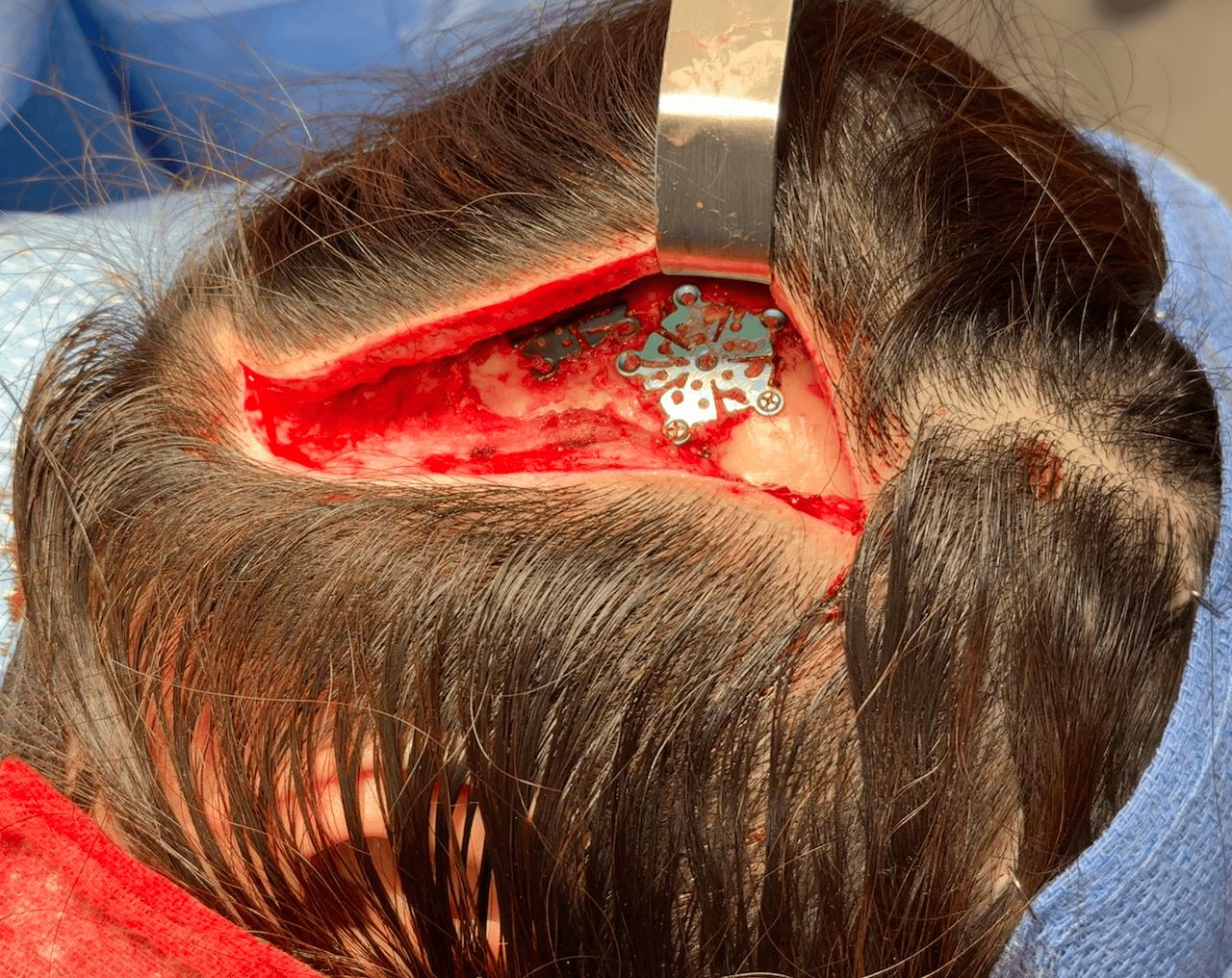
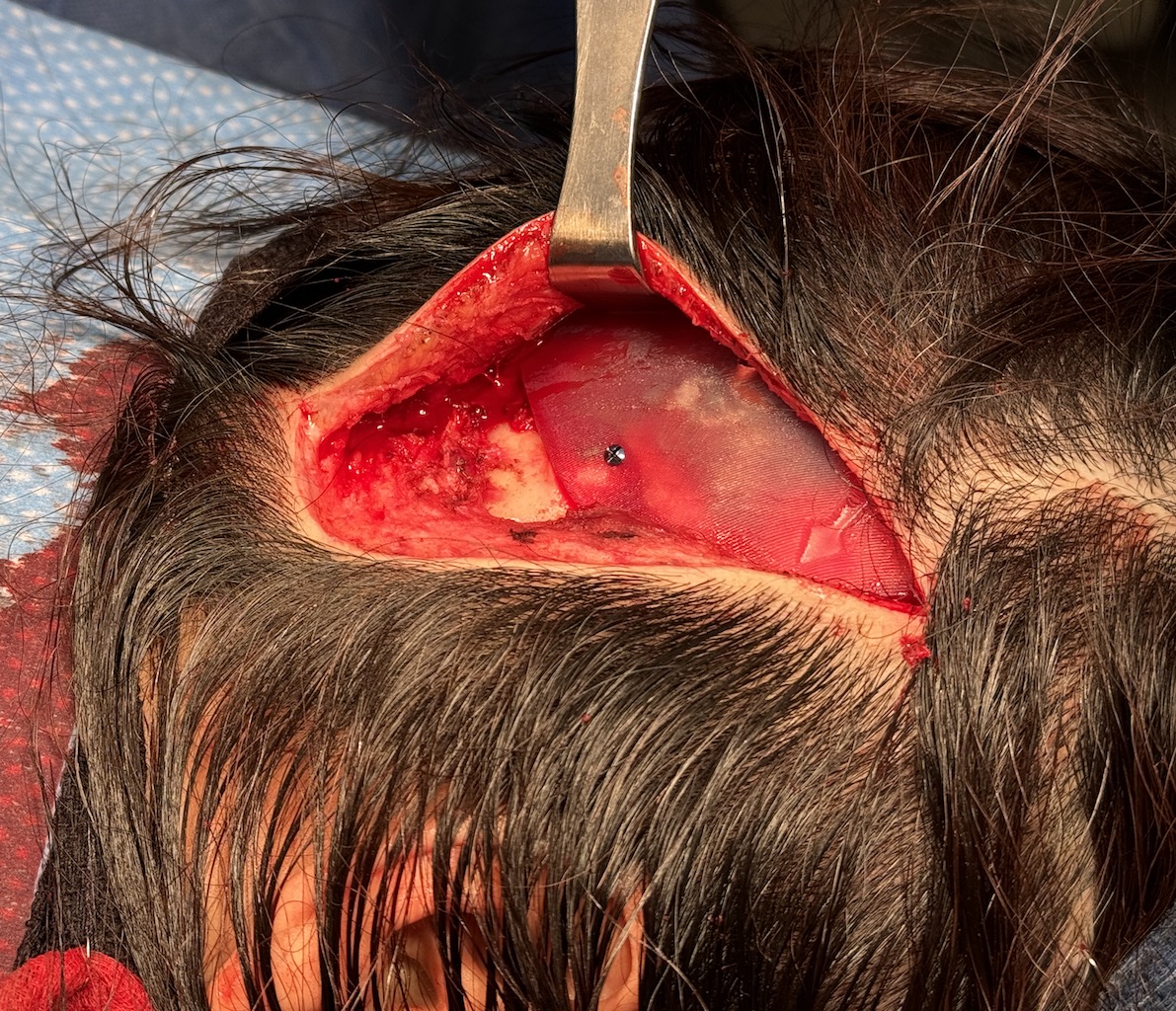
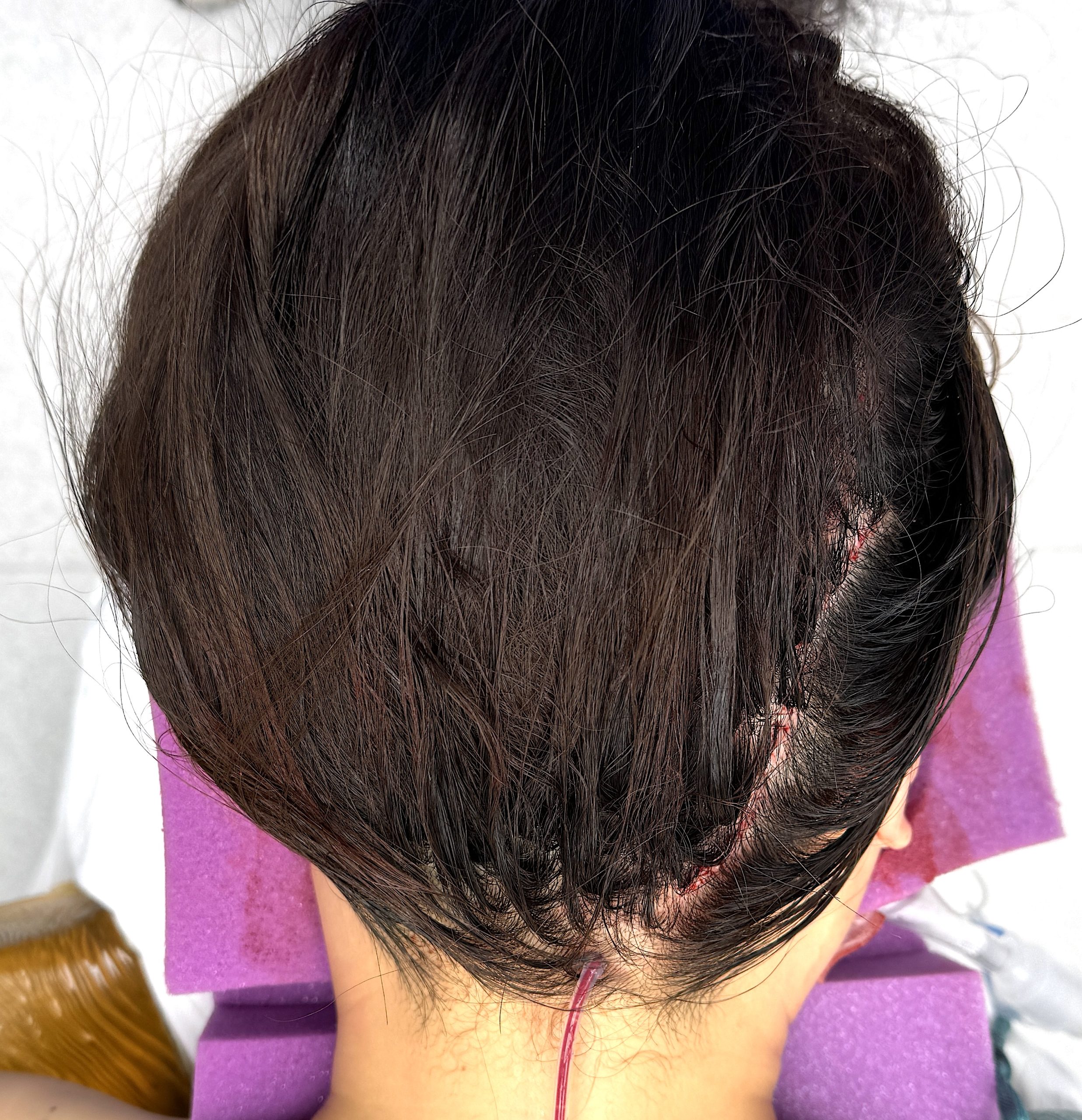
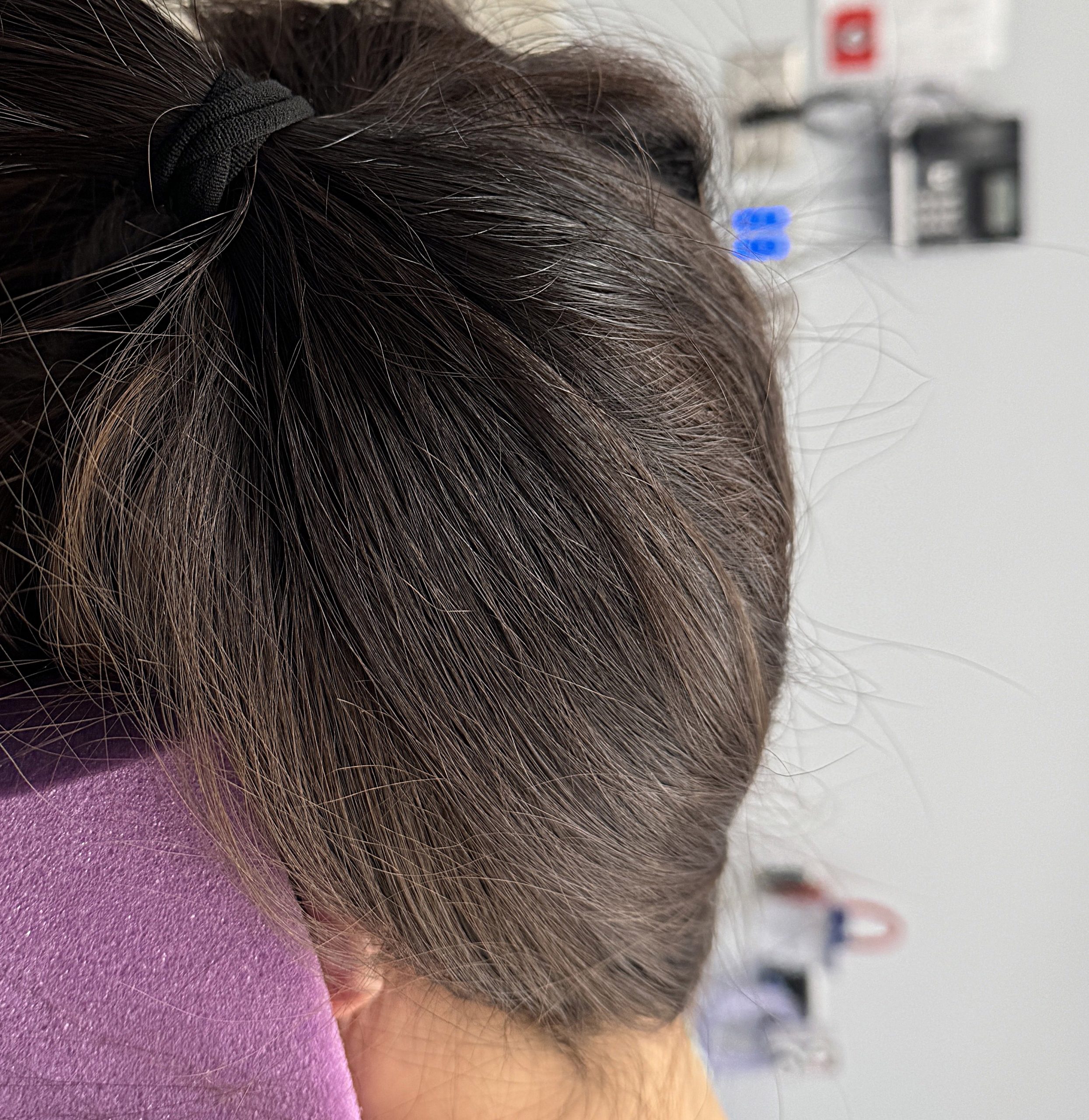
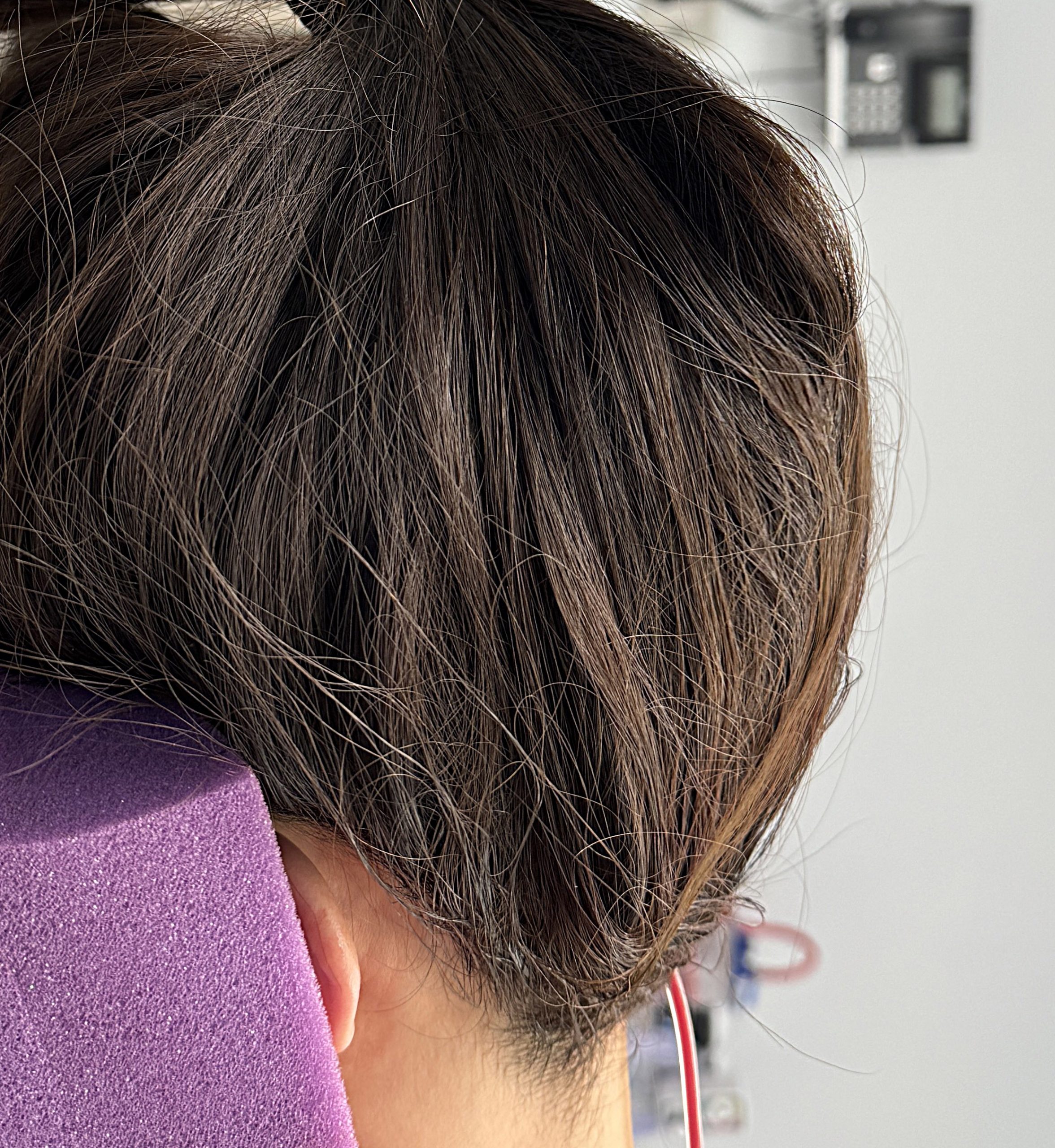
Desire for improvement in shape of flat back of her head. Had a history of a right occipital craniotomy for brain tumor with VP shunt placement years when she was in her teens.
Placement of custom back of the head implant through her existing right back of head scar from her prior craniotomy
Patient 170
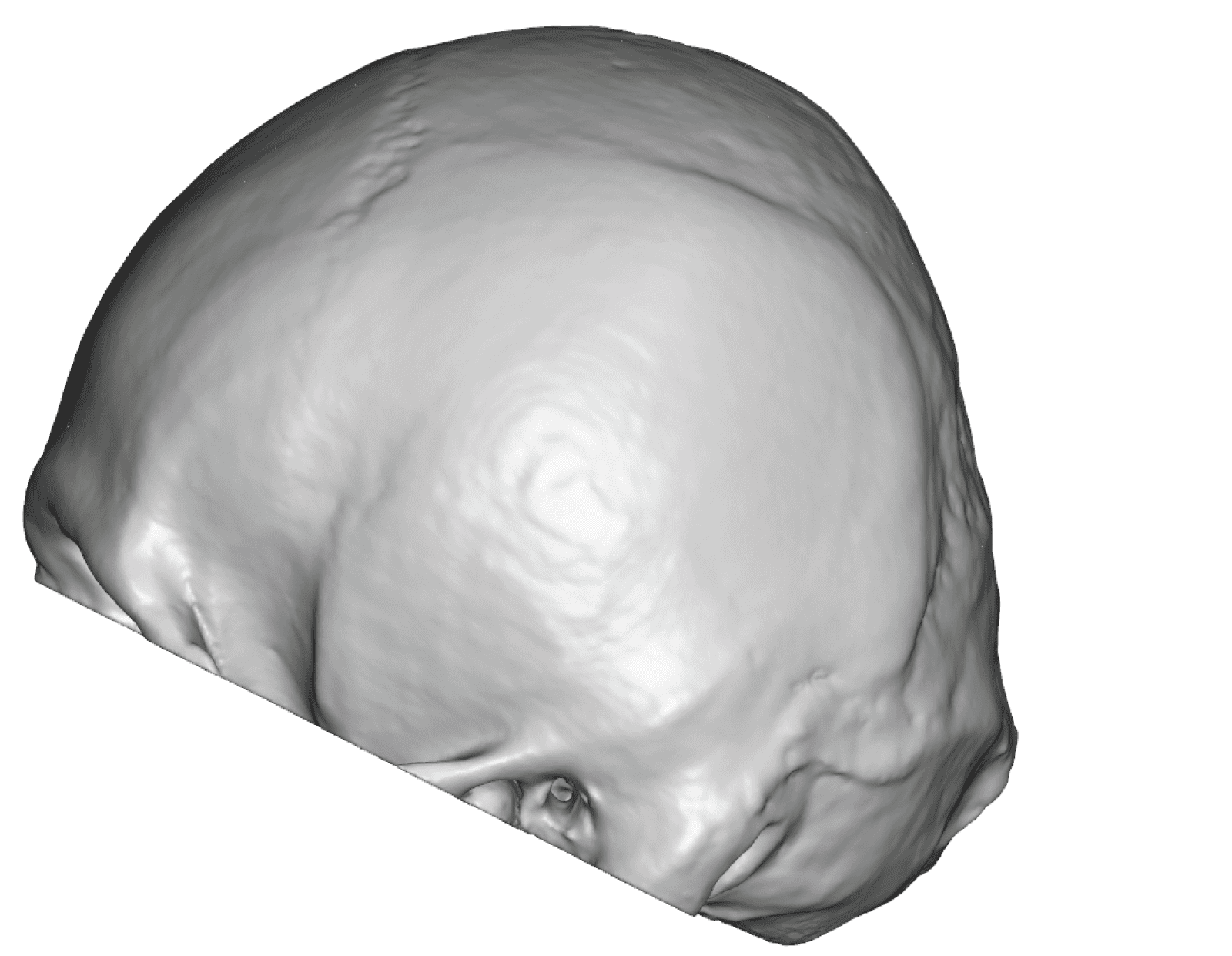
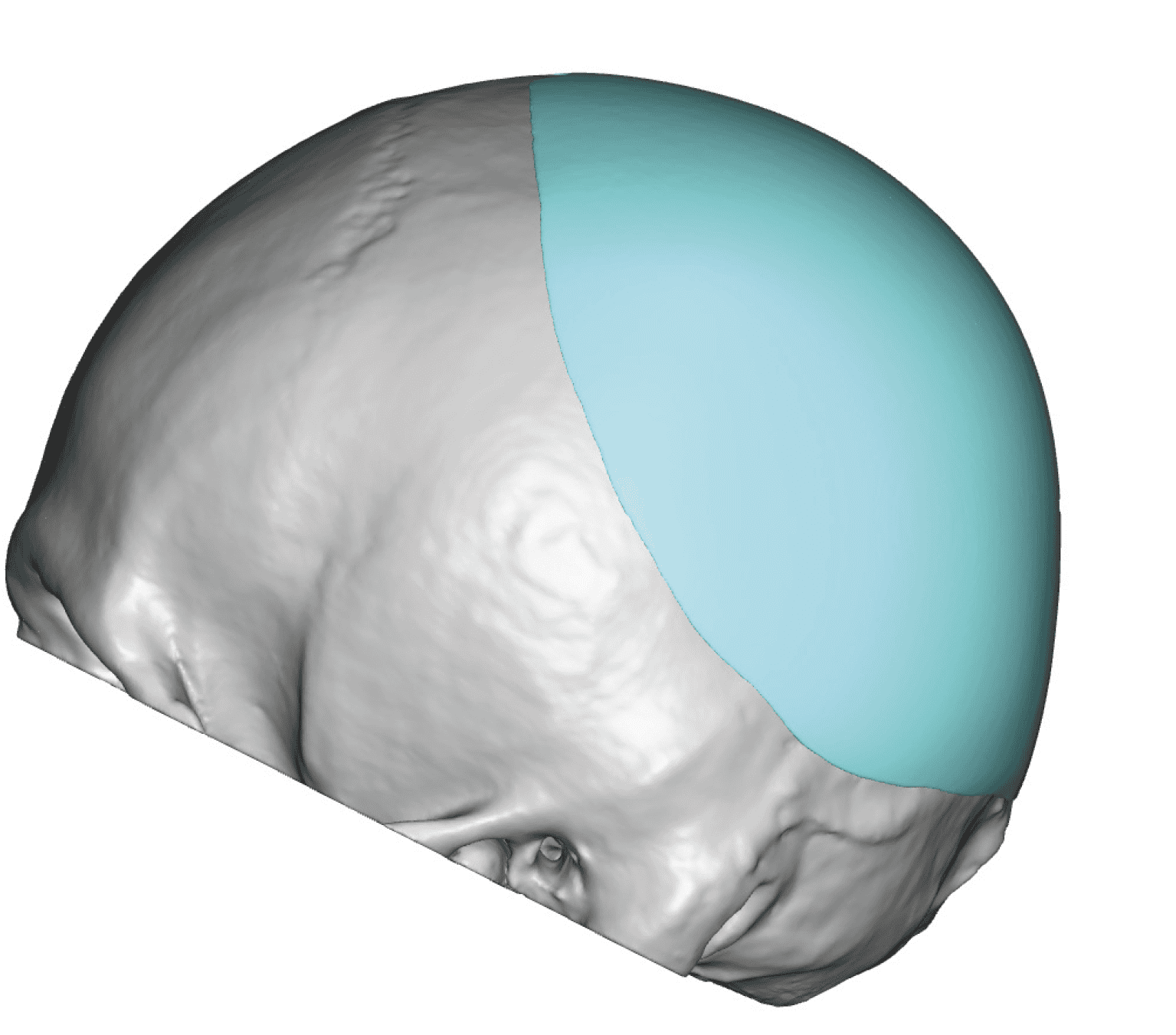
Long time desire to improve the flat back of his head appearance.
Placement of 155cc custom back of head skull implant, one day after surgery.


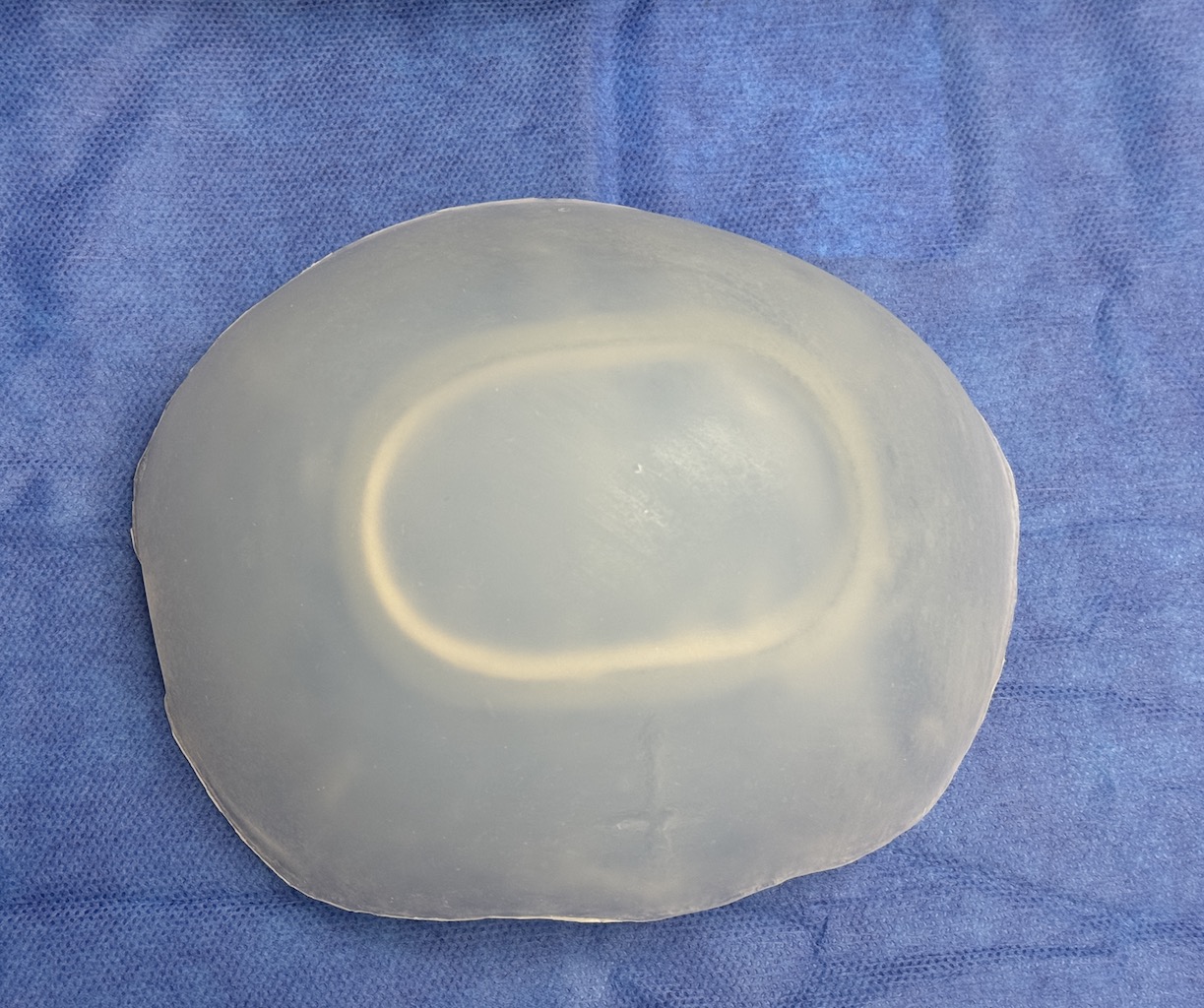

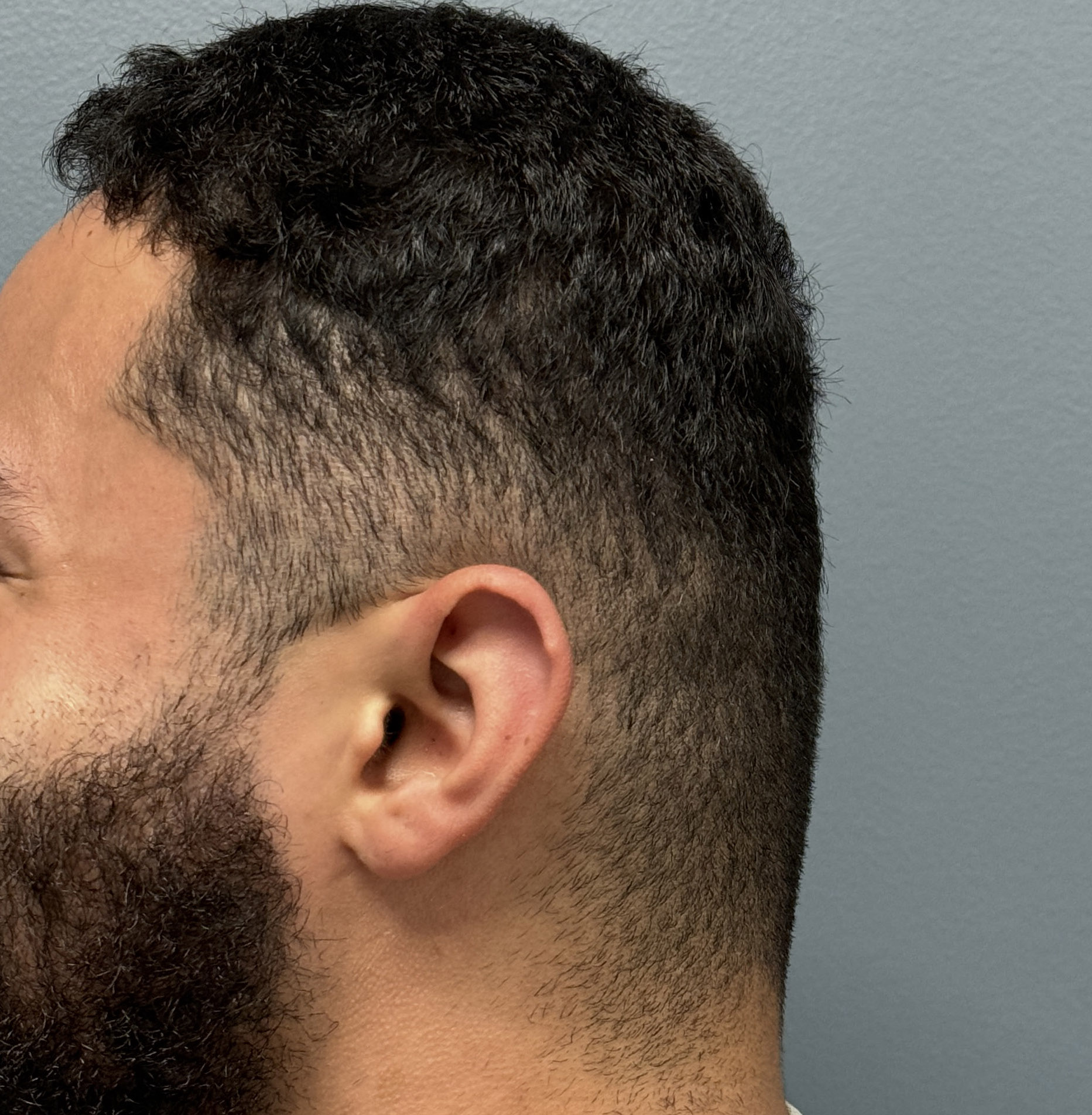
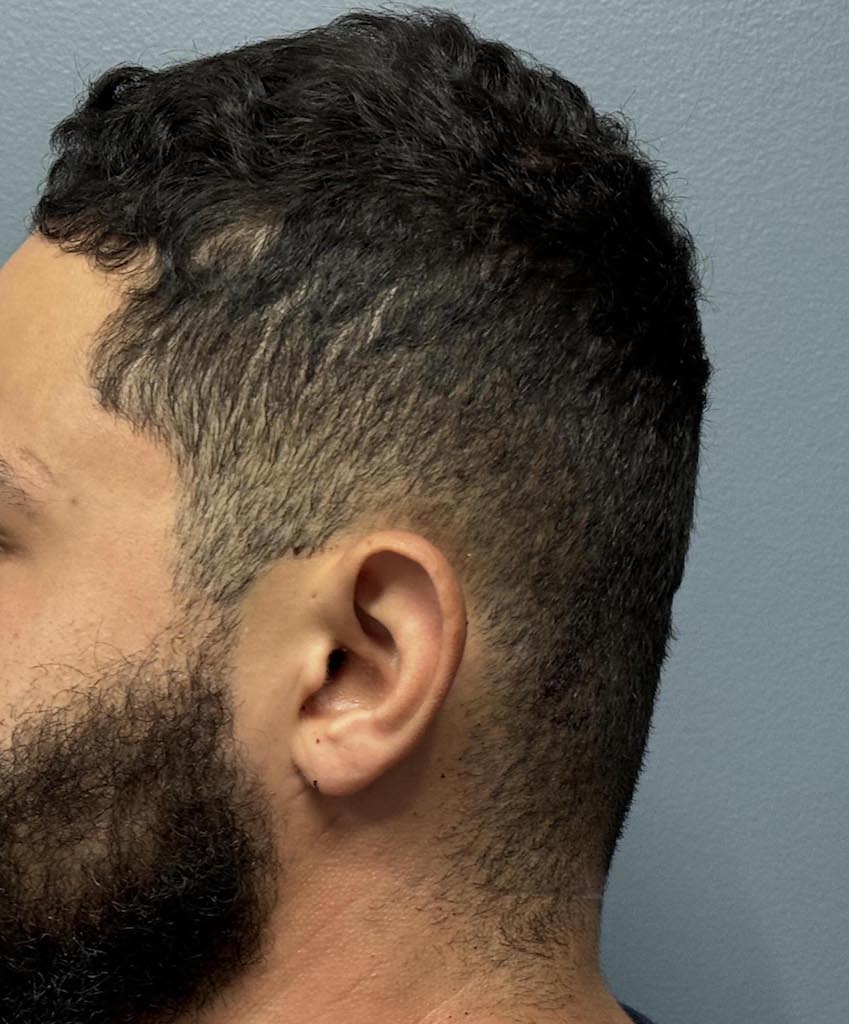
Long time desire to improve the flat back of his head appearance.
Placement of 155cc custom back of head skull implant, one day after surgery.
Patient 171
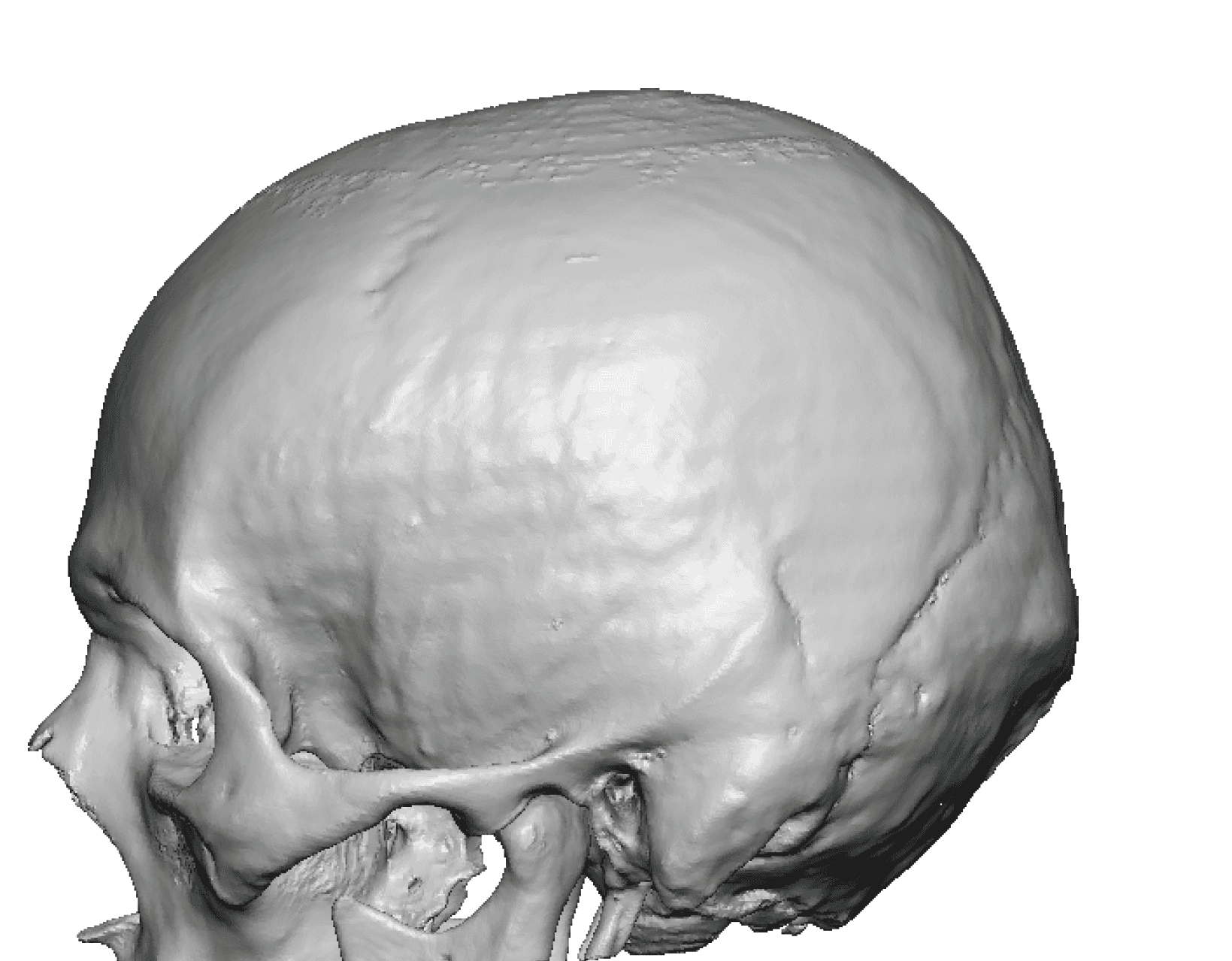
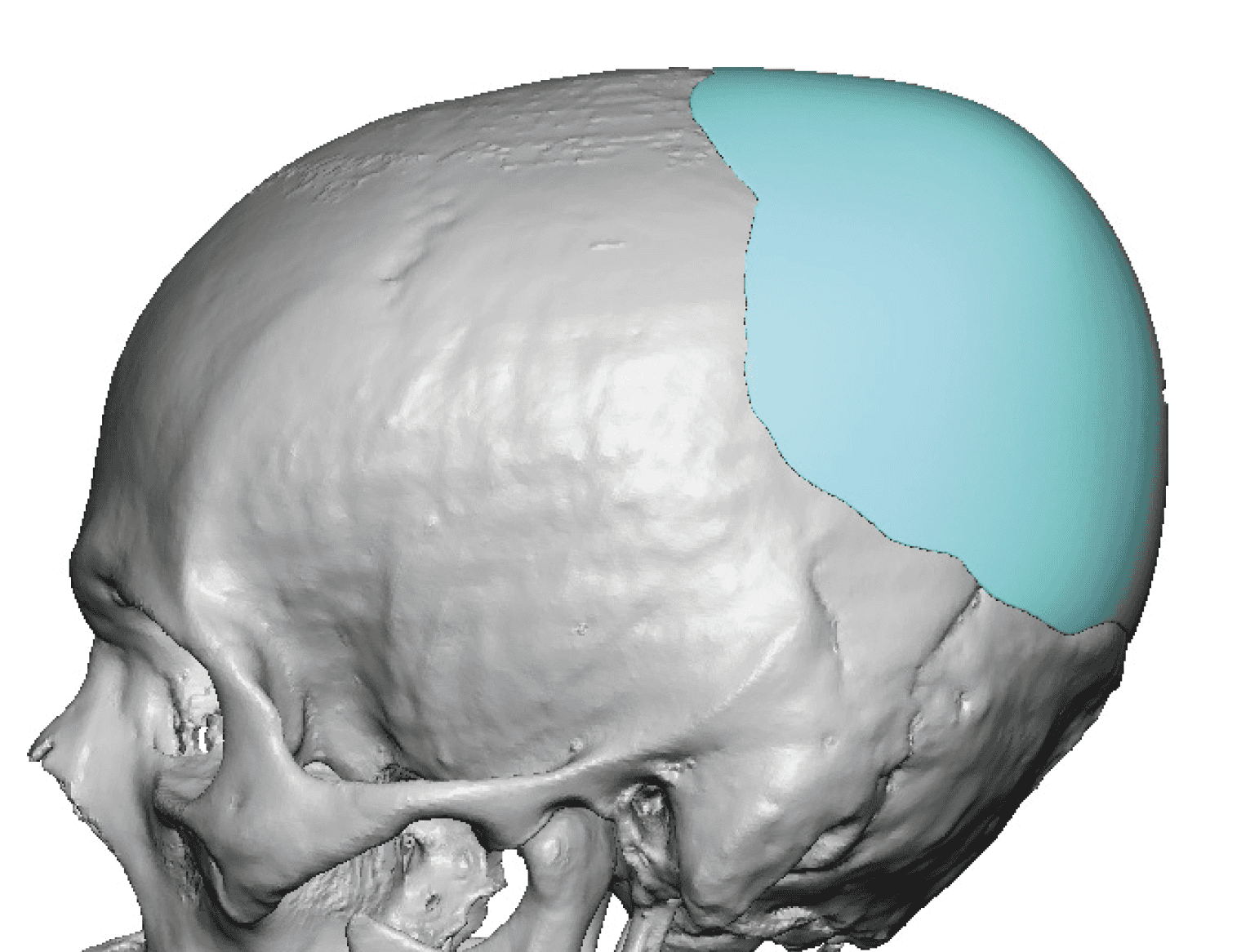
Older male with lifelong concerns about the flat back of his head.
Placement of custom back of head skull implant (120ccs) through a high scalp incision placed just under the hairline.


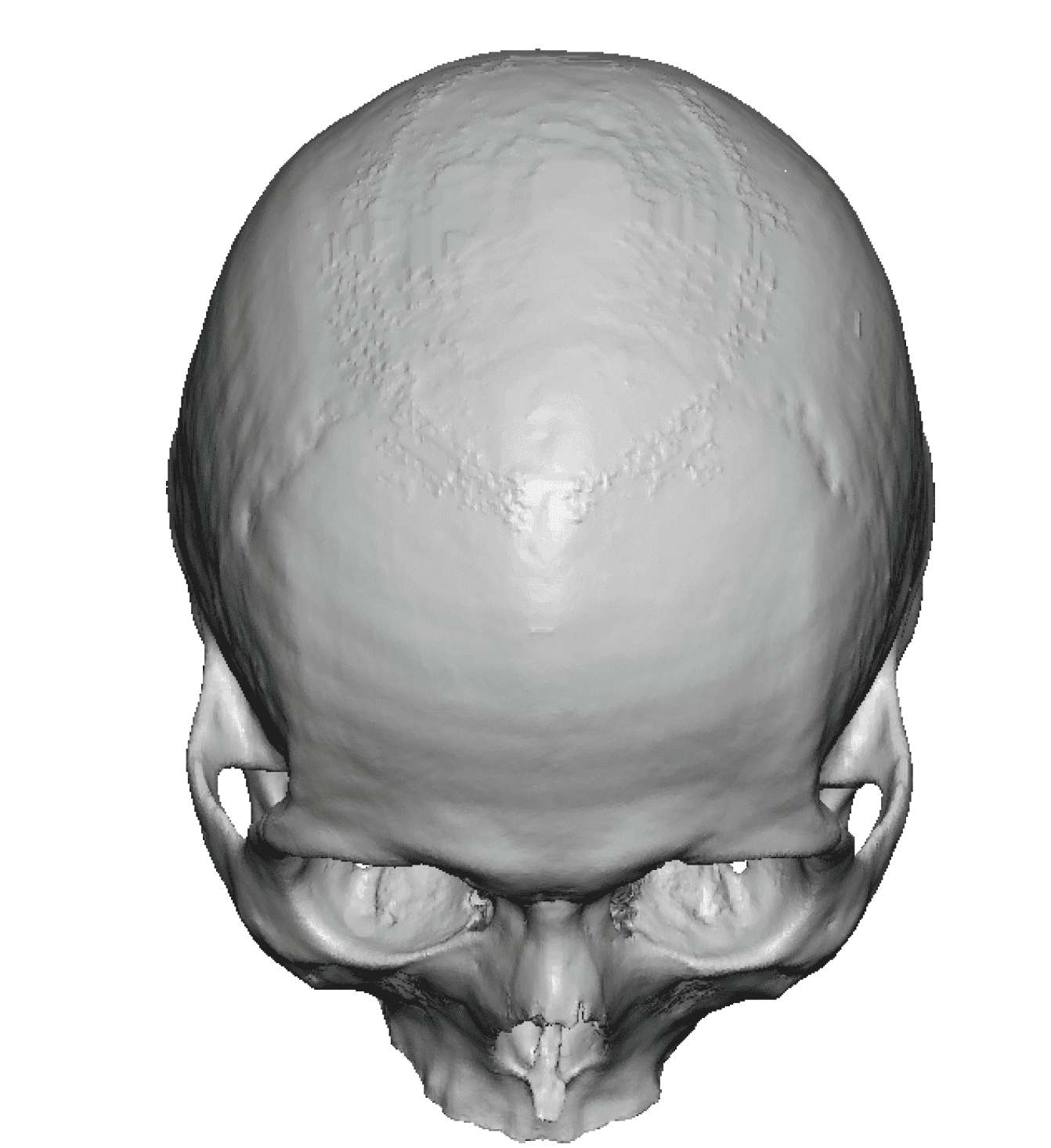
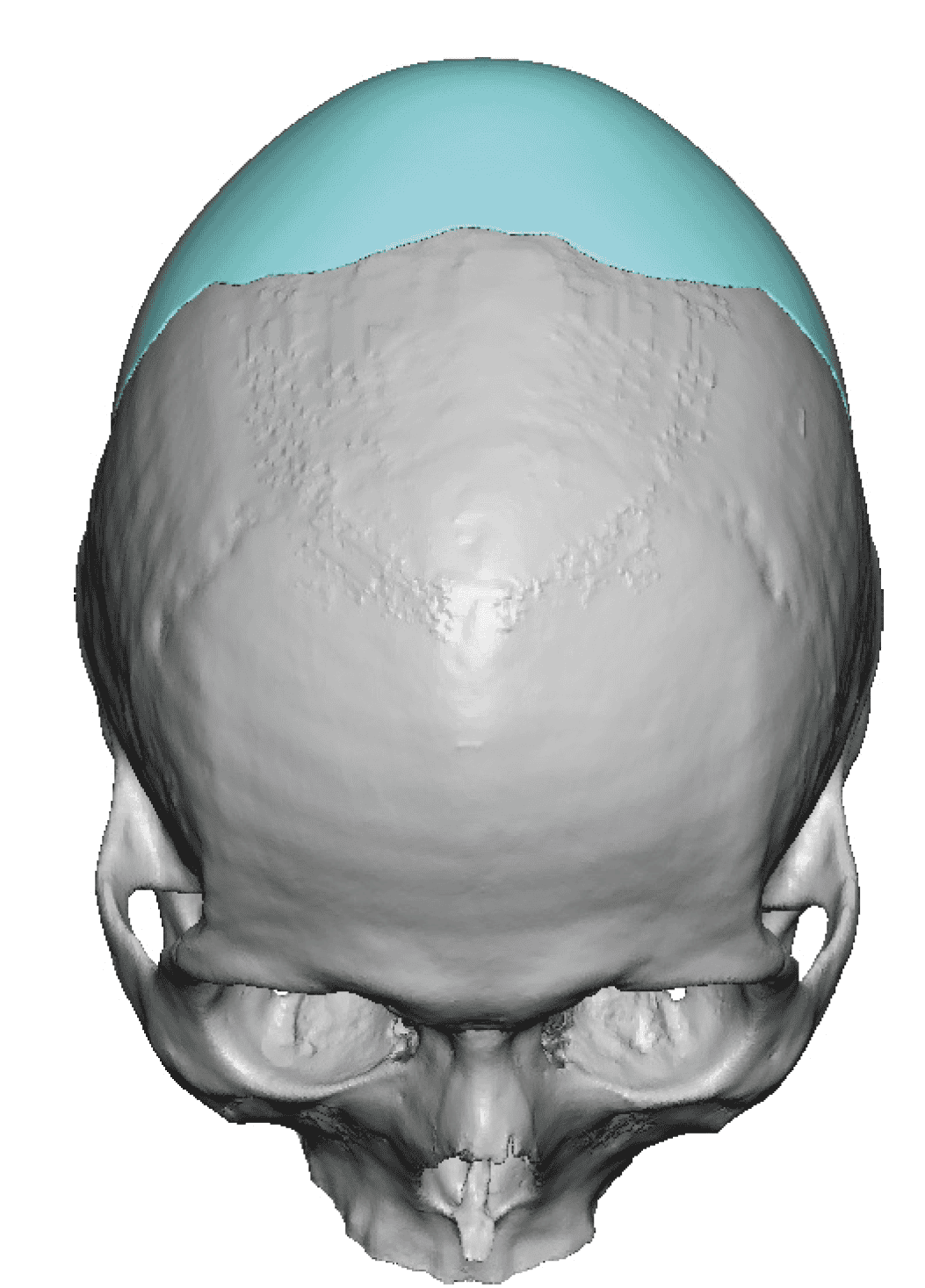
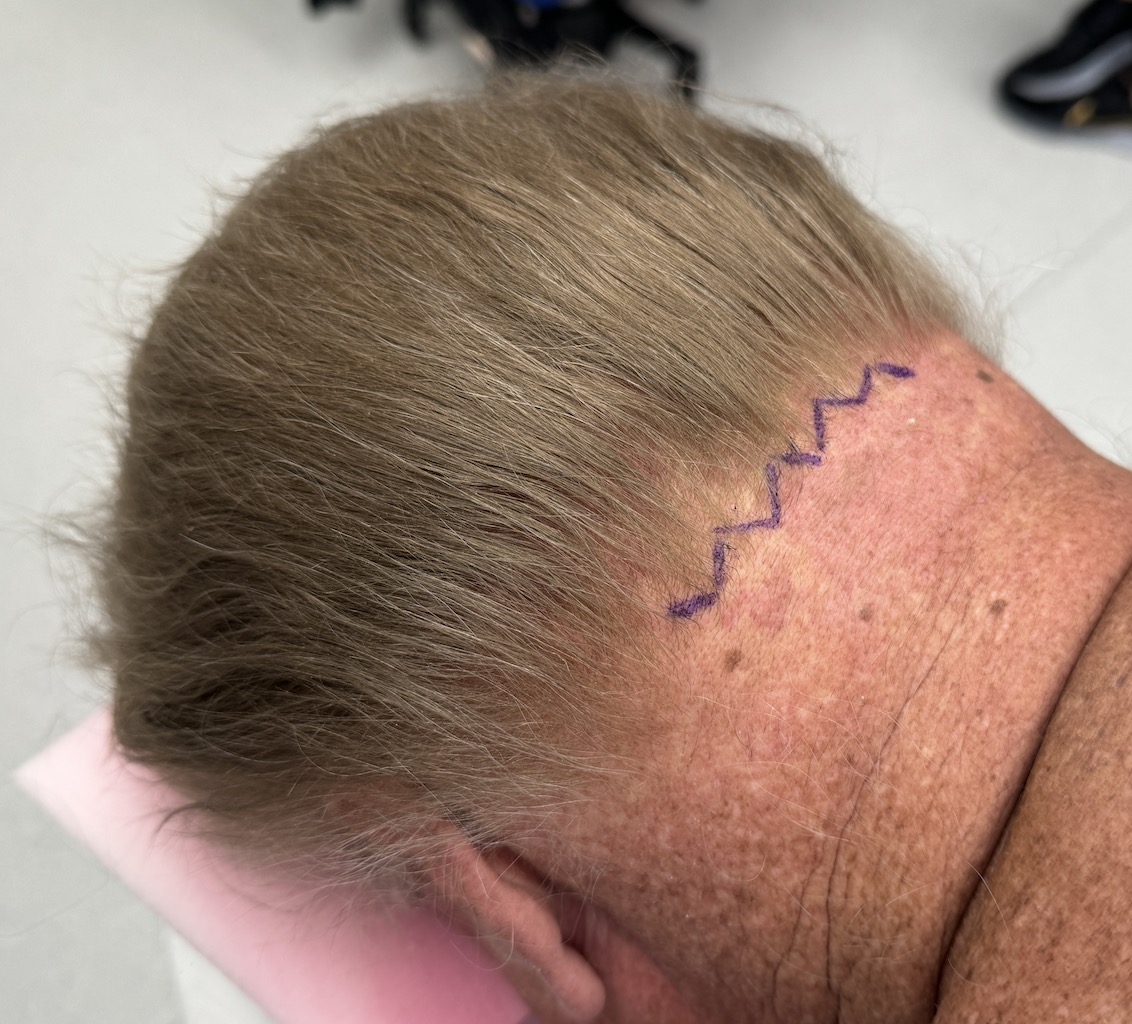
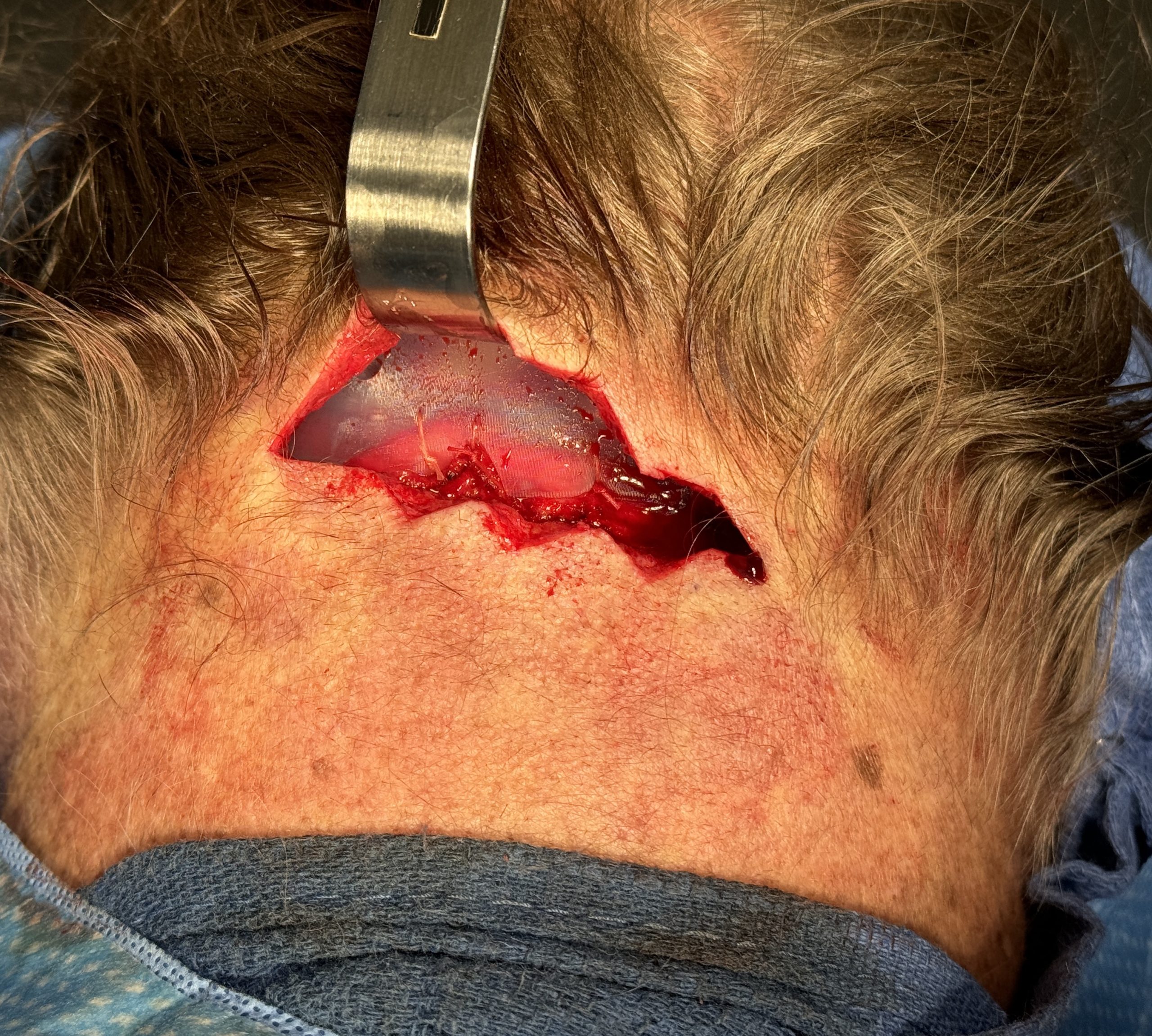
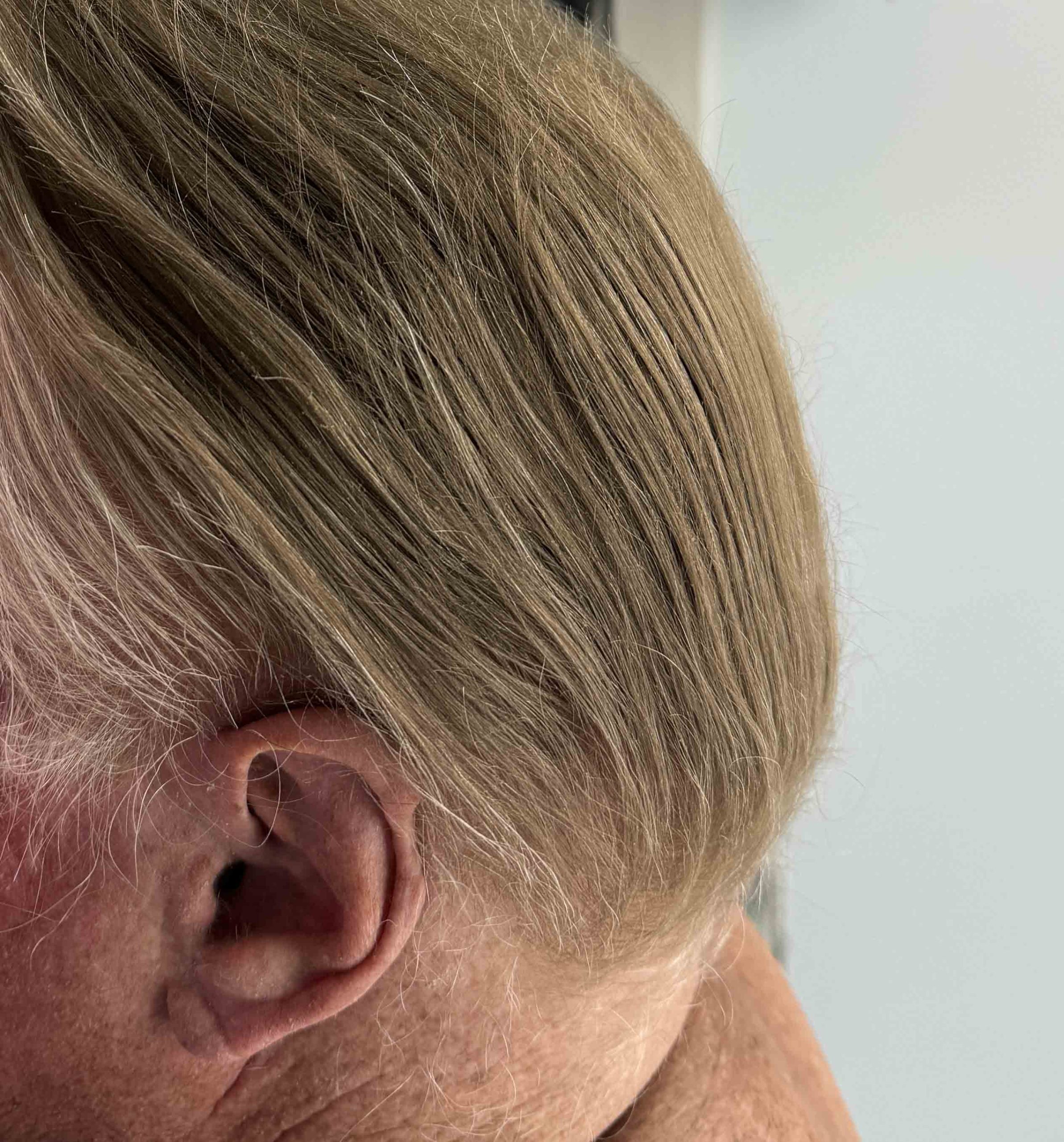
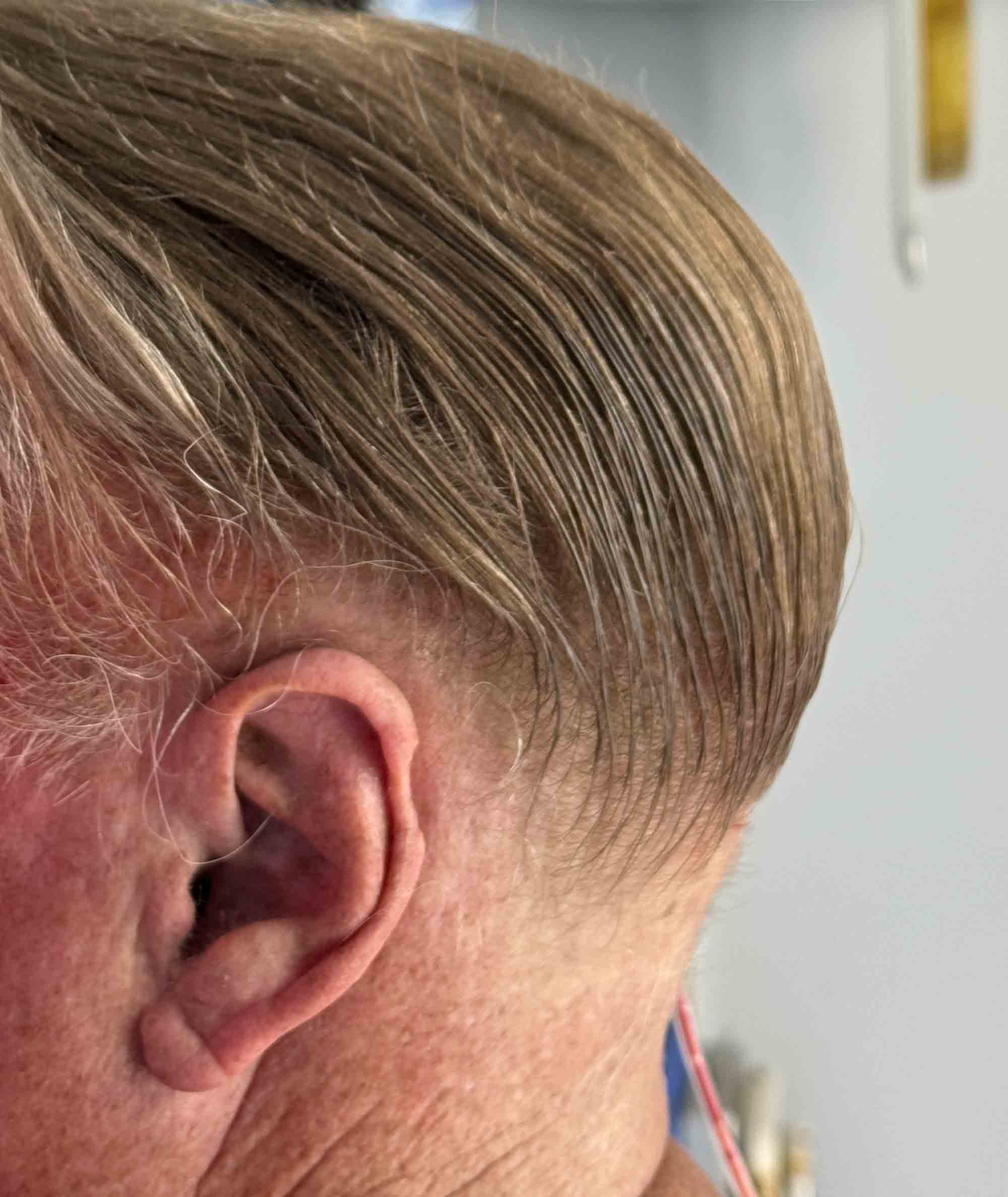
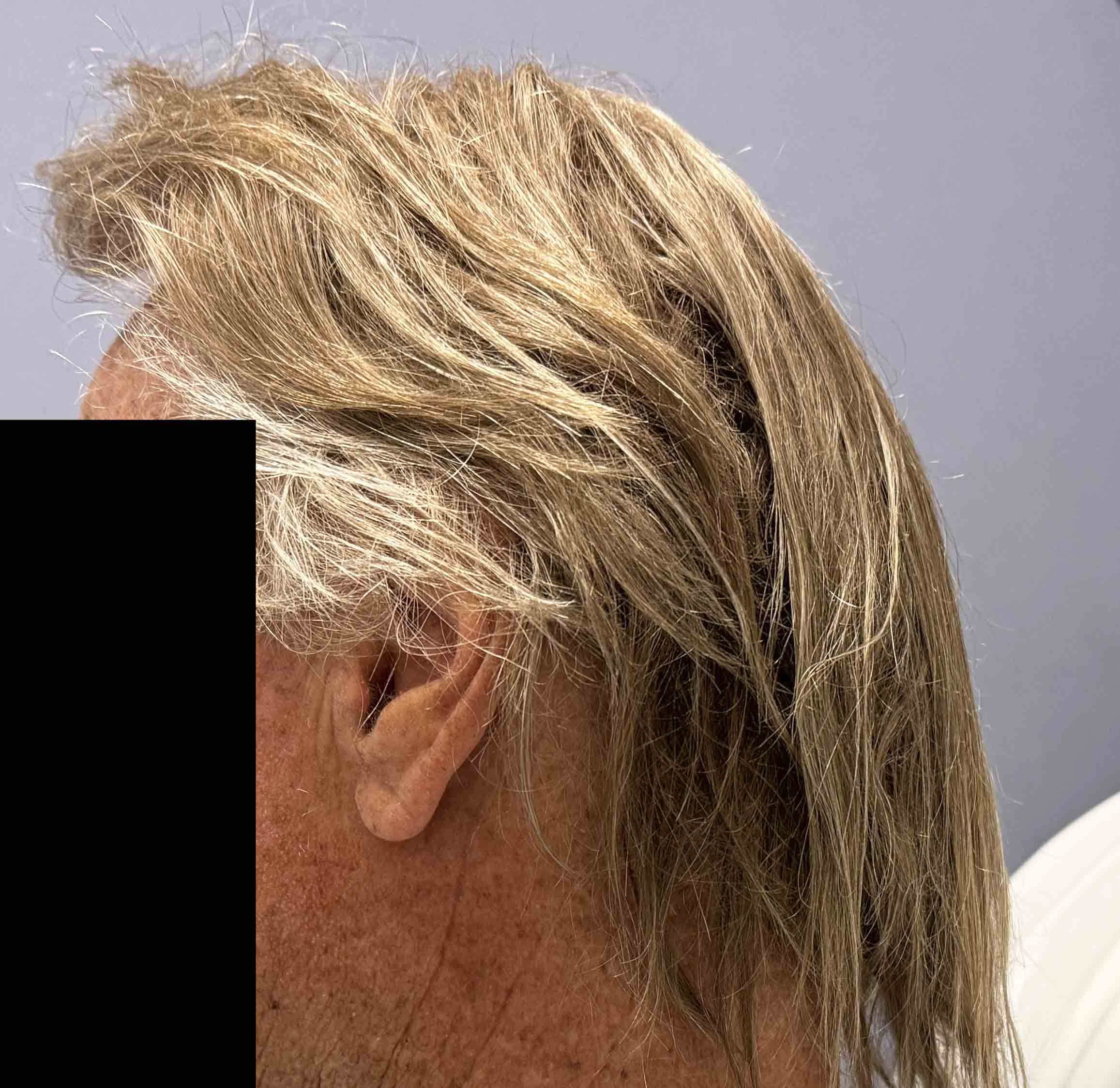
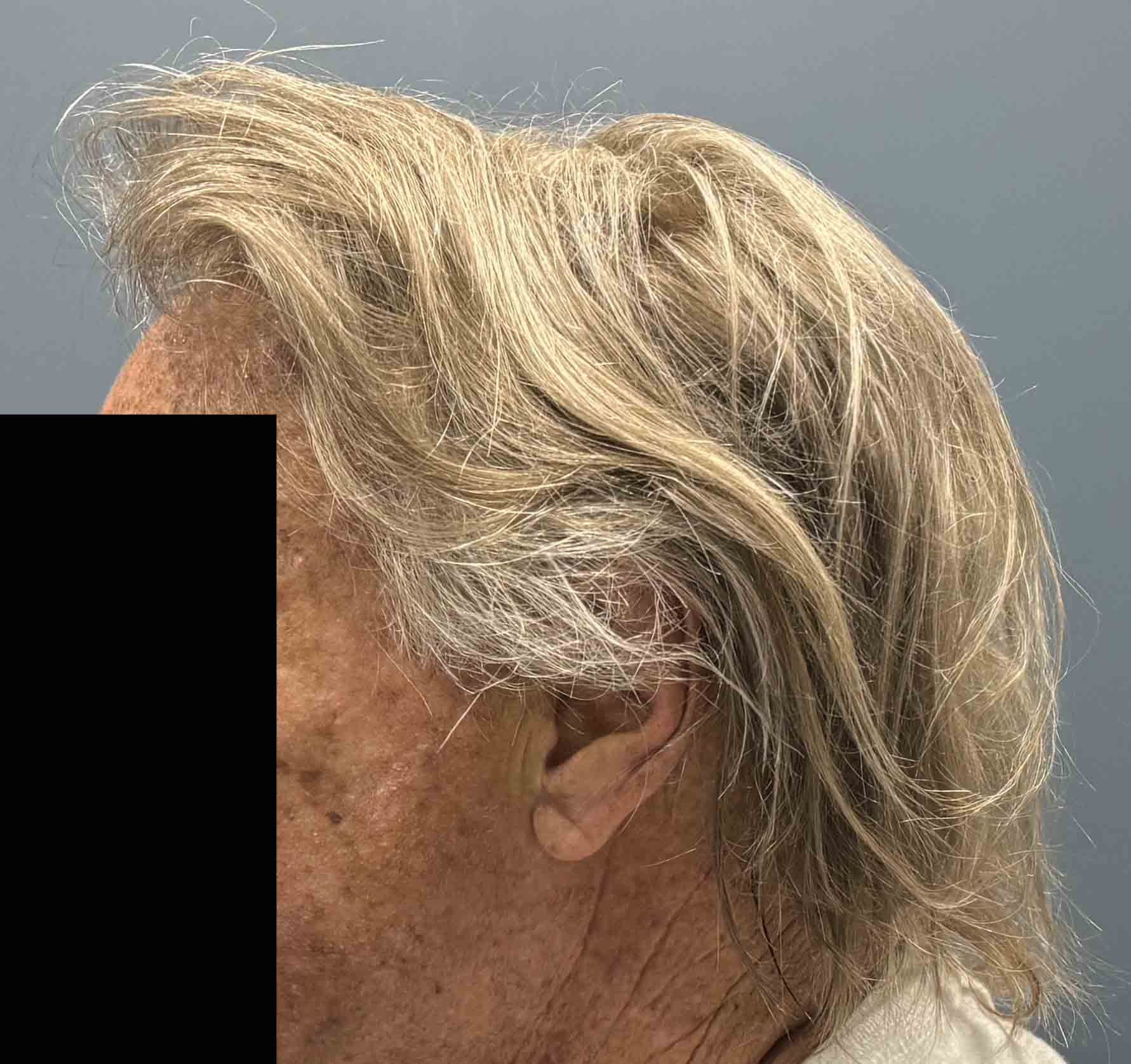
Older male with lifelong concerns about the flat back of his head.
Placement of custom back of head skull implant (120ccs) through a high scalp incision placed just under the hairline.
Patient 172
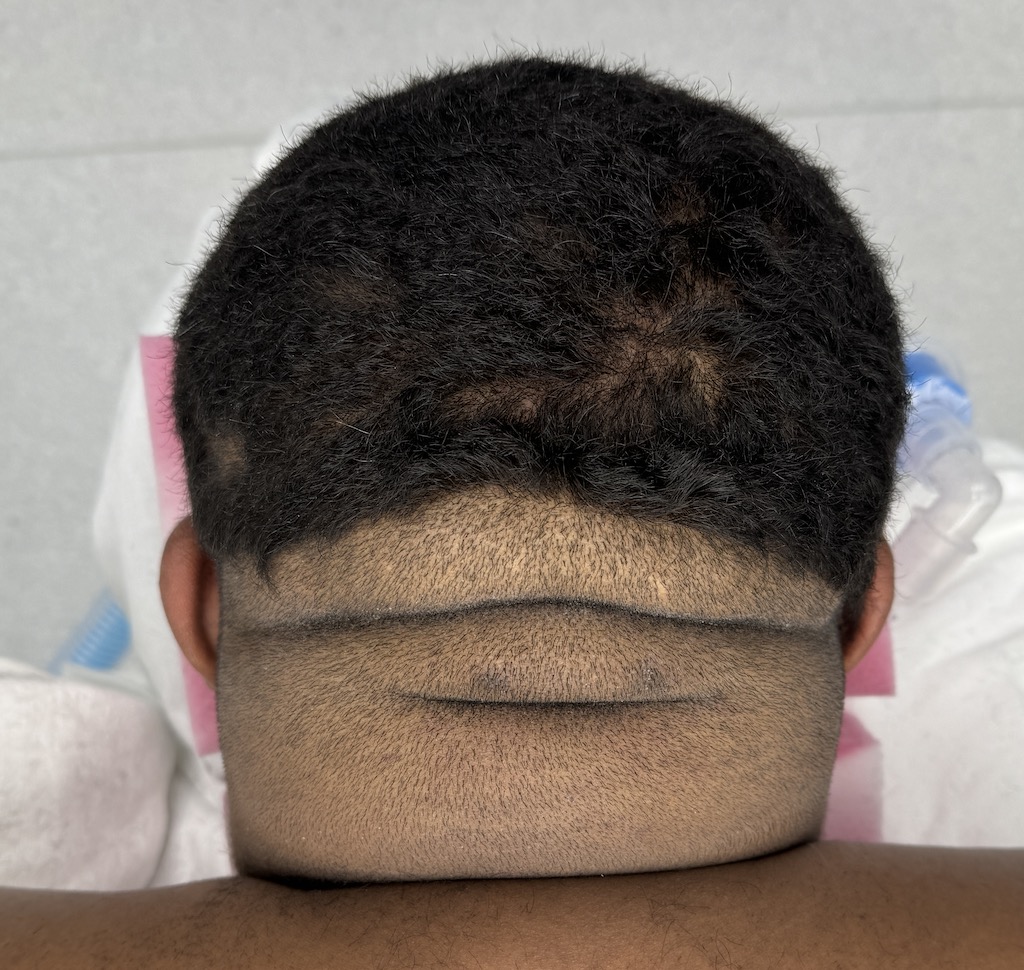
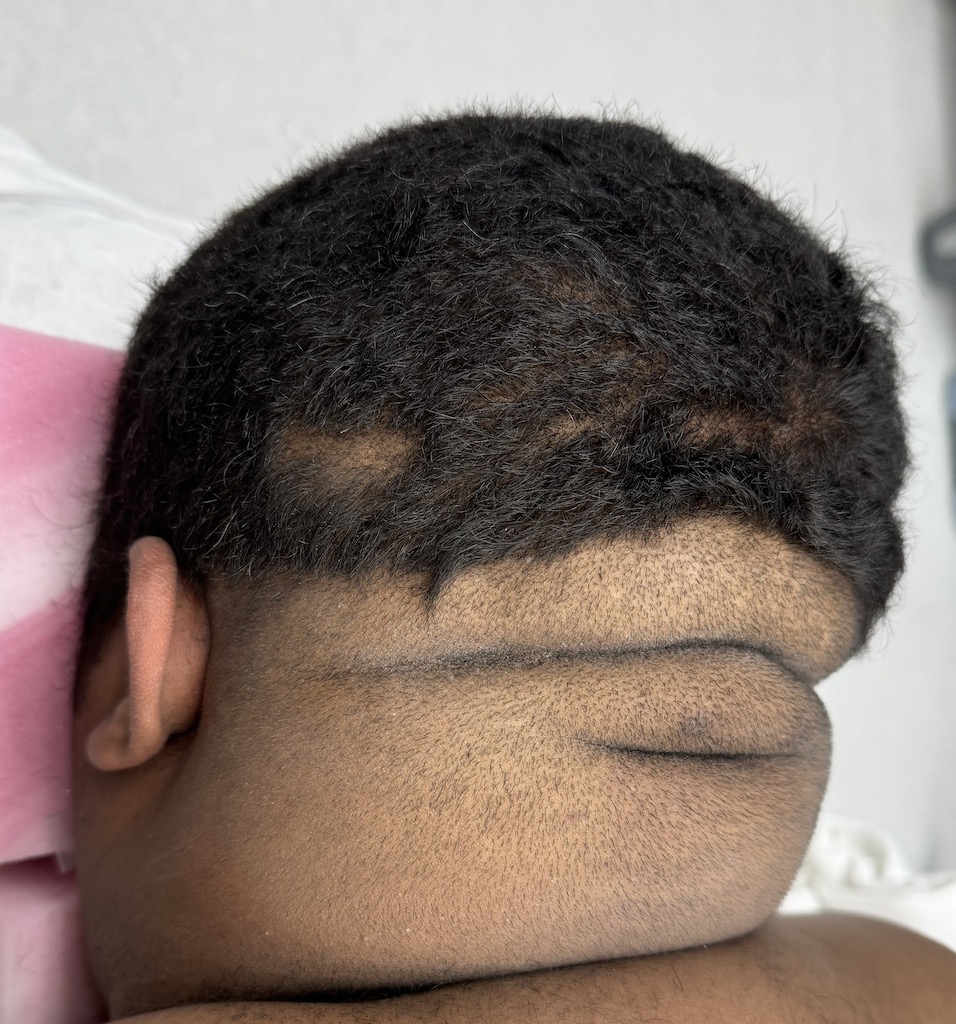
Desire to remove scalp rolls from back of head after massive weight loss. (100lbs from gastric sleeve procedure)
Excision of double scalp rolls with primary closure.


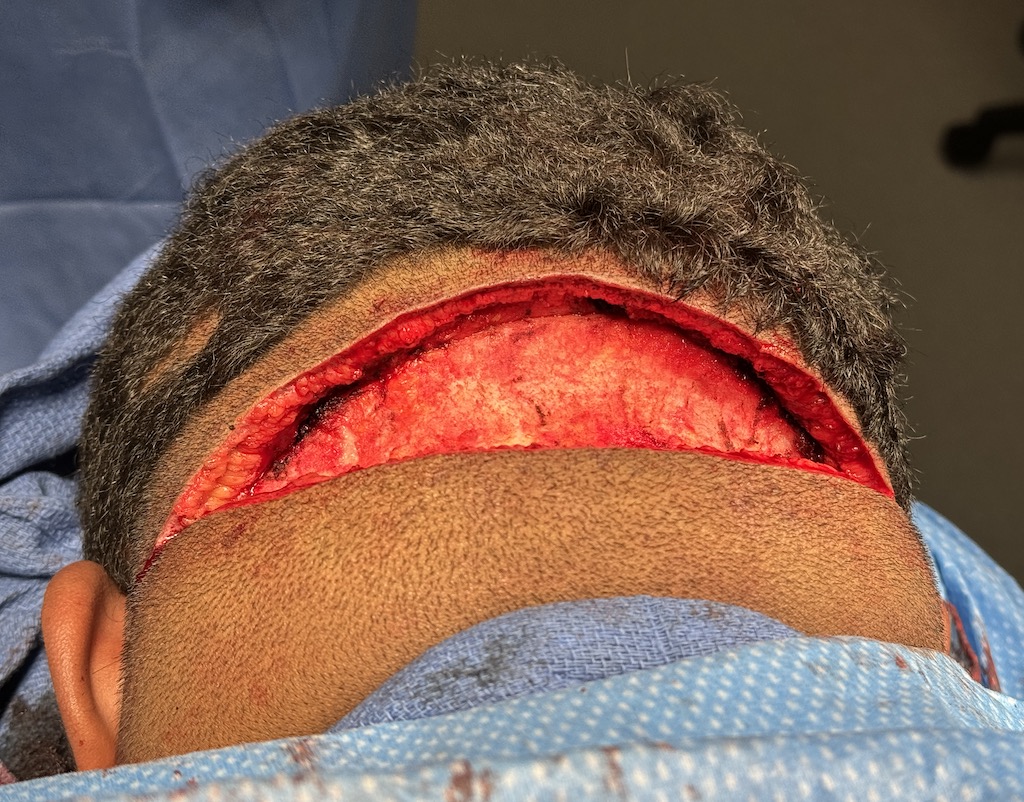

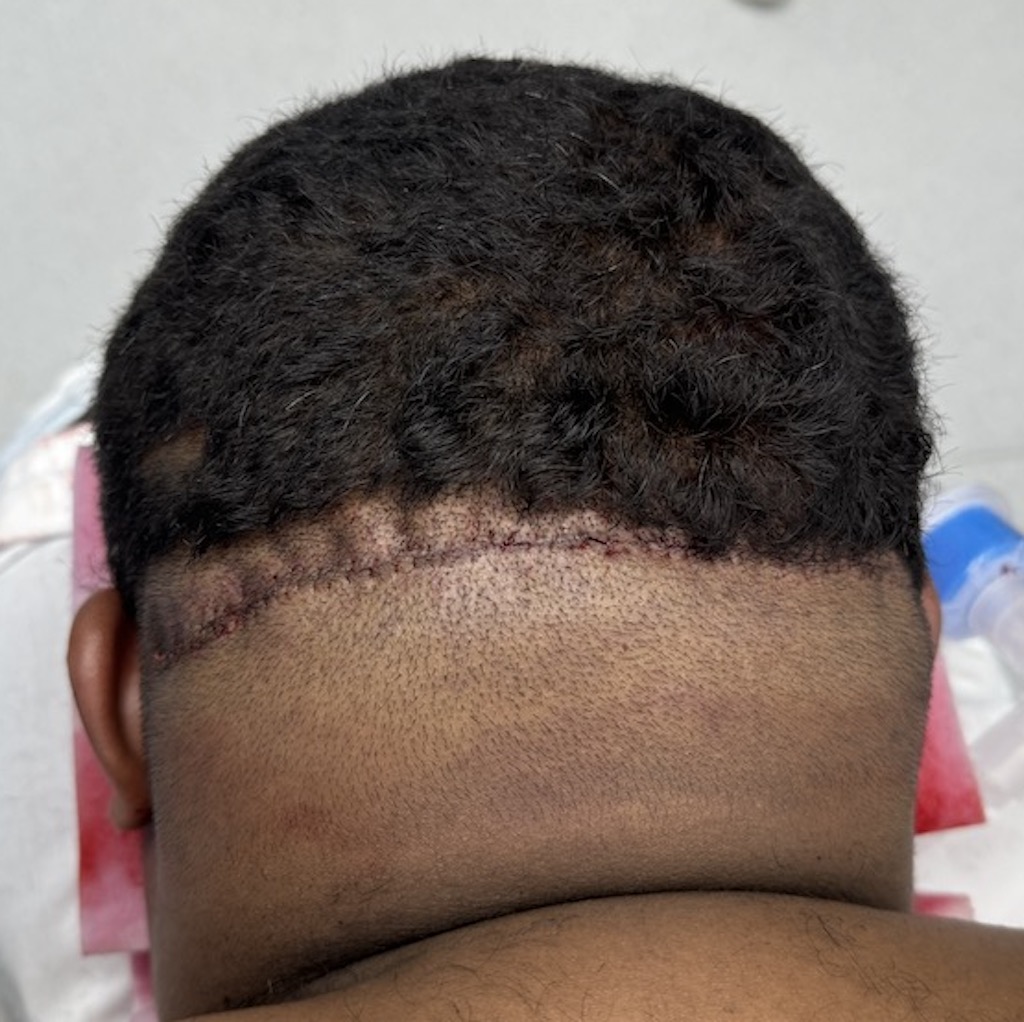
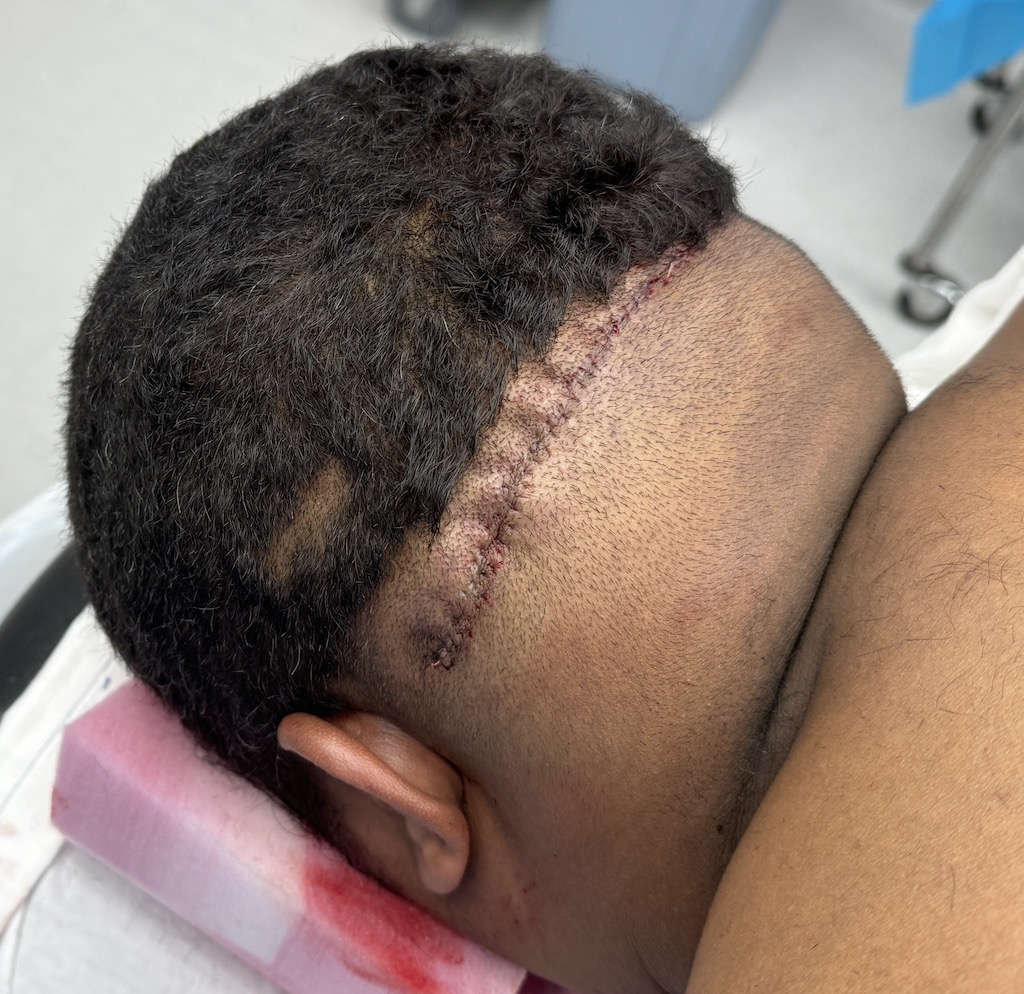
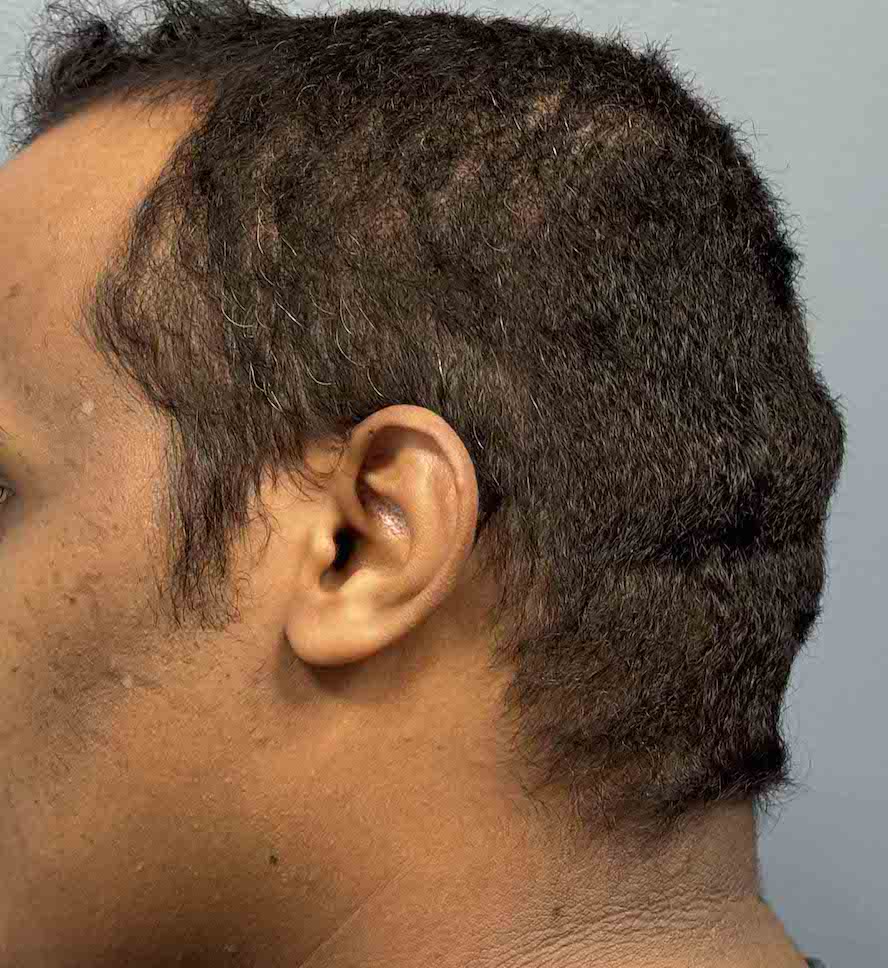

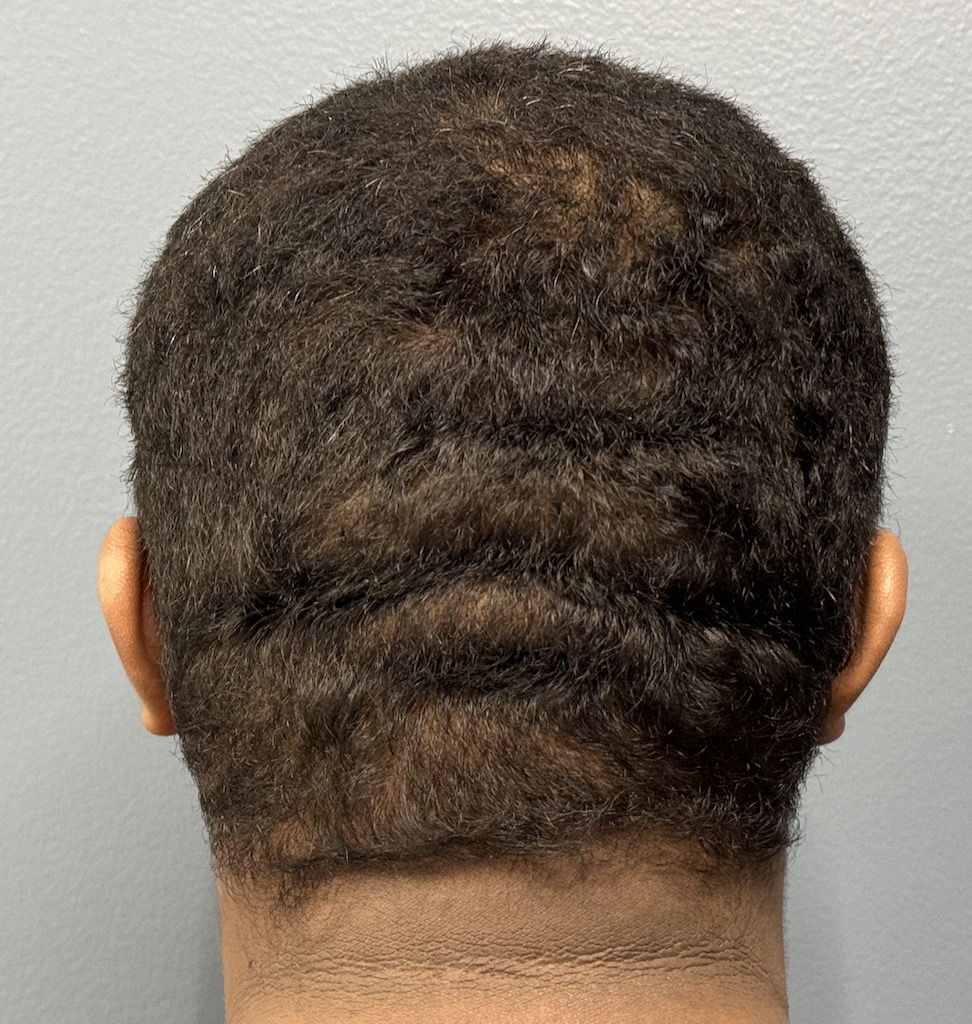
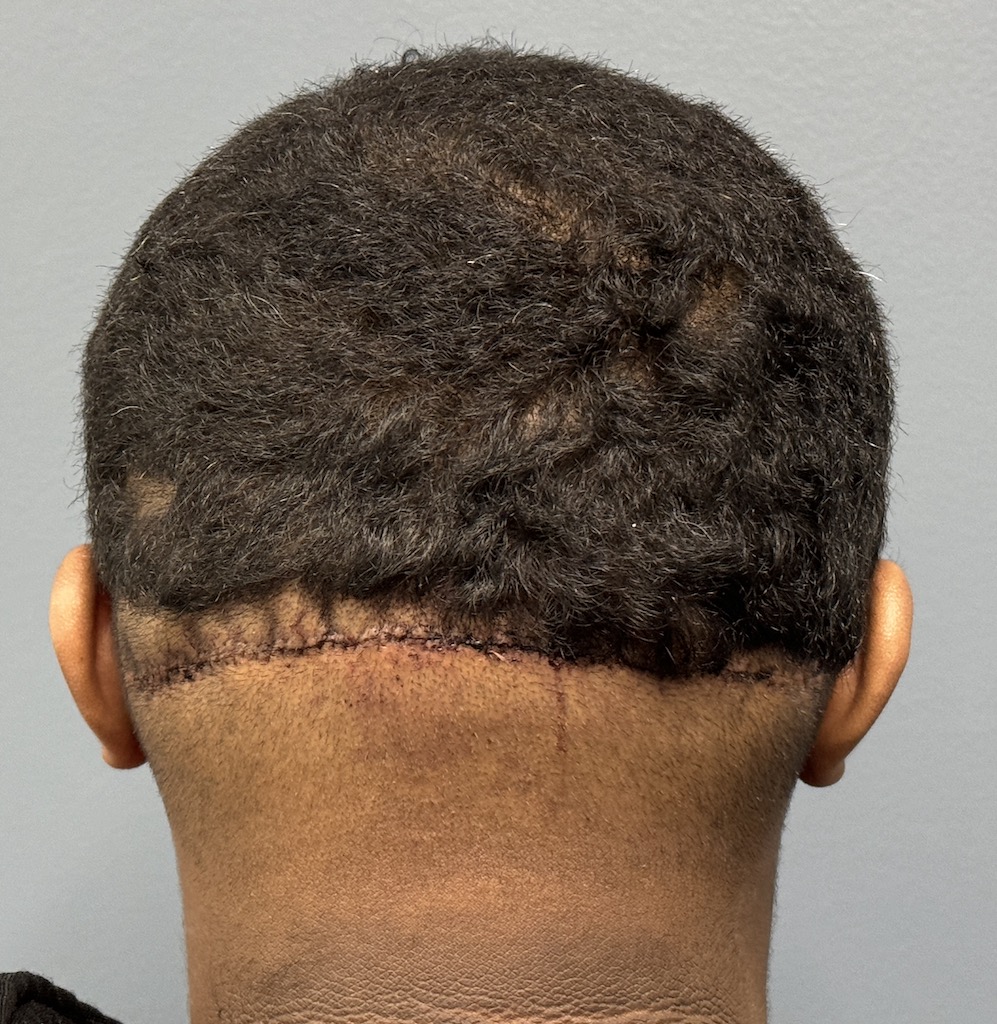
Desire to remove scalp rolls from back of head after massive weight loss. (100lbs from gastric sleeve procedure)
Excision of double scalp rolls with primary closure.
Patient 173
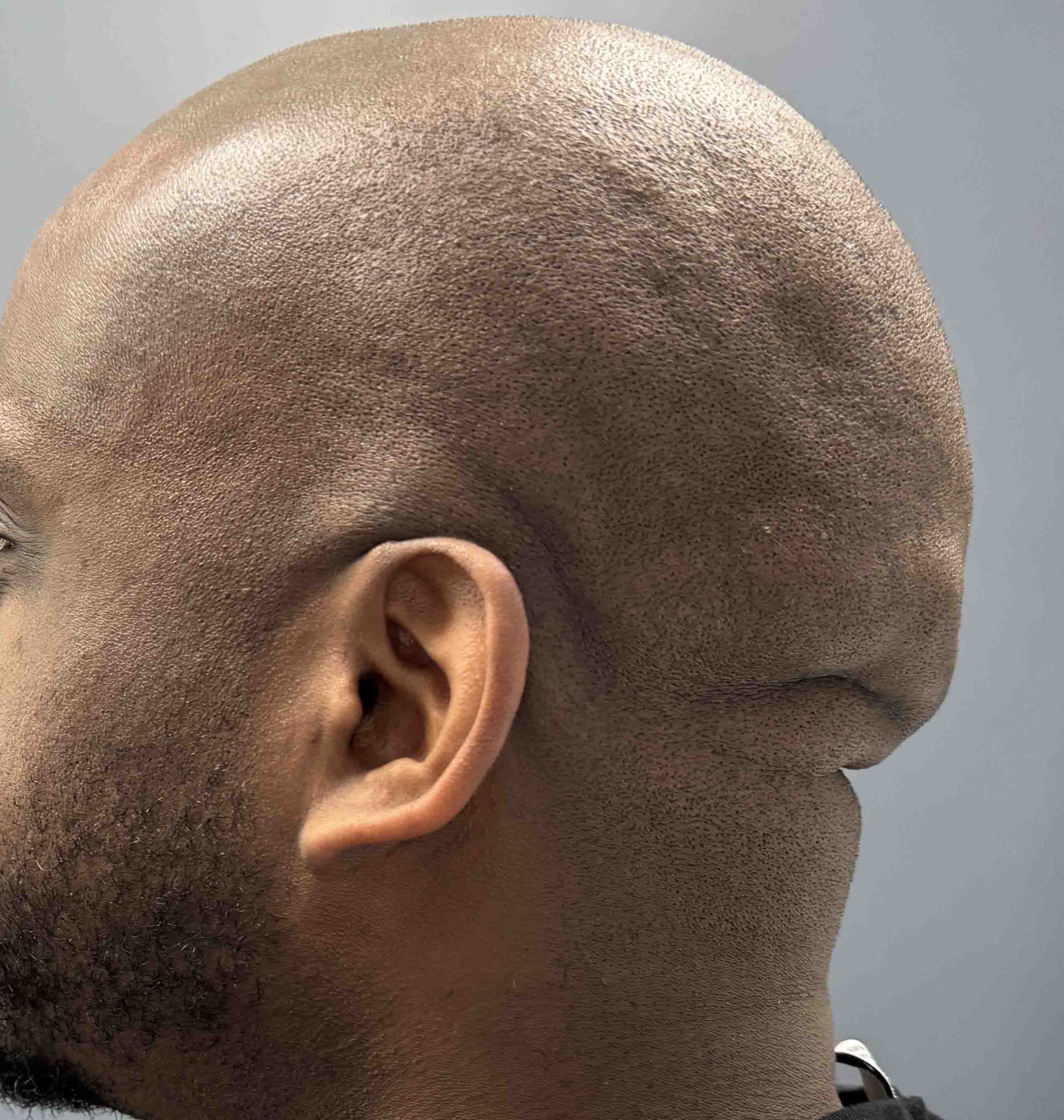
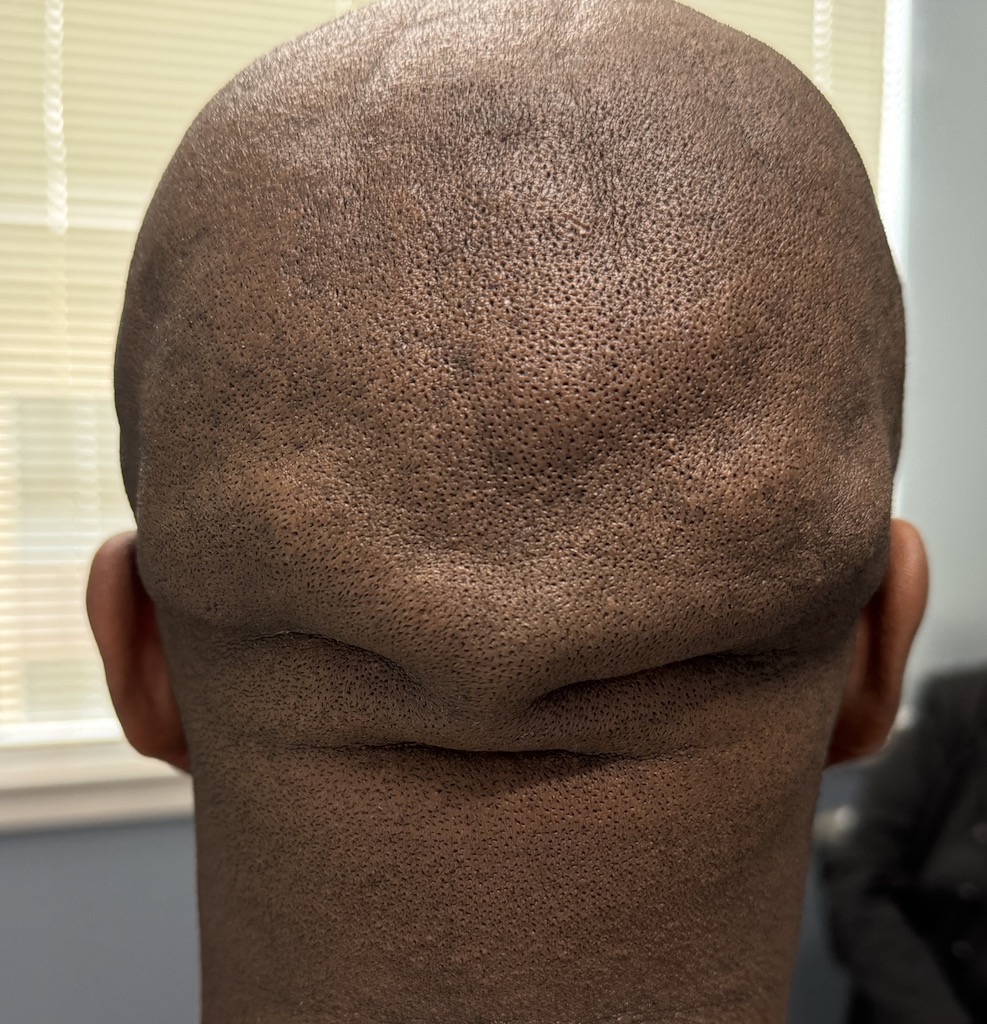
Desire for removal of scalp rolls on the back of his head with an associated prominent nuchal ridge of the occipital bone.
Wide excision of double scalp rolls with reduction of the prominent raised nuchal ridge at the bottom of the occipital bone. Even with the taped incision seen the day after the surgery the improvement in the shape of the back of his head could be appreciated.


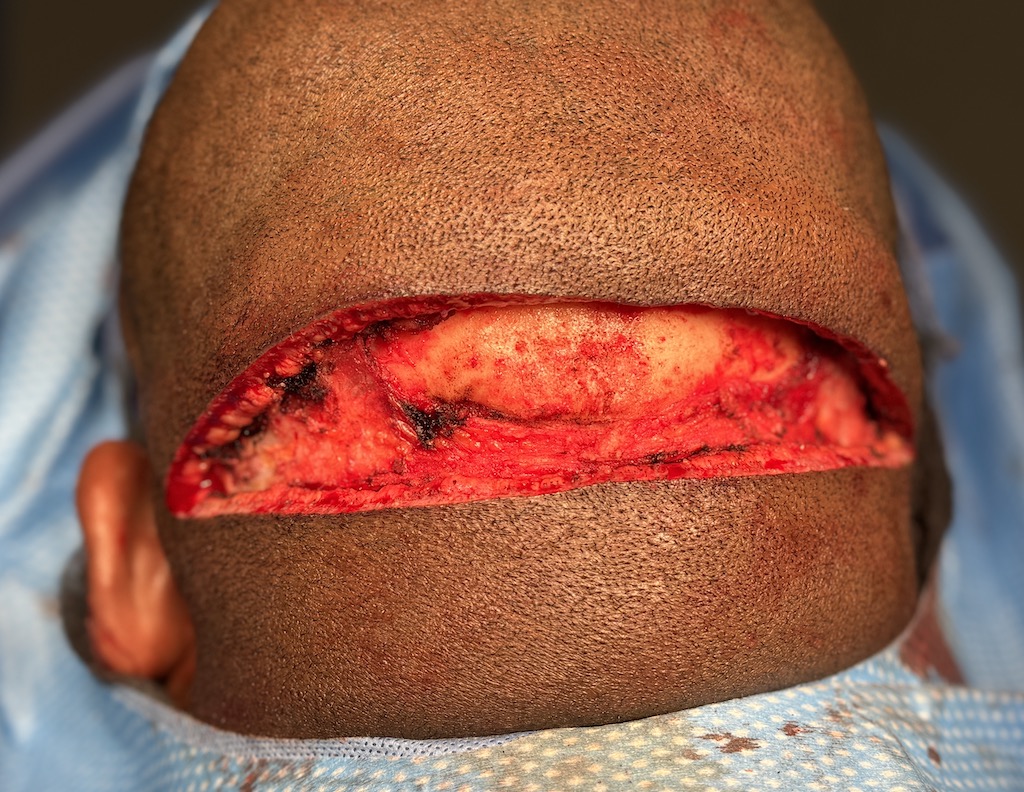
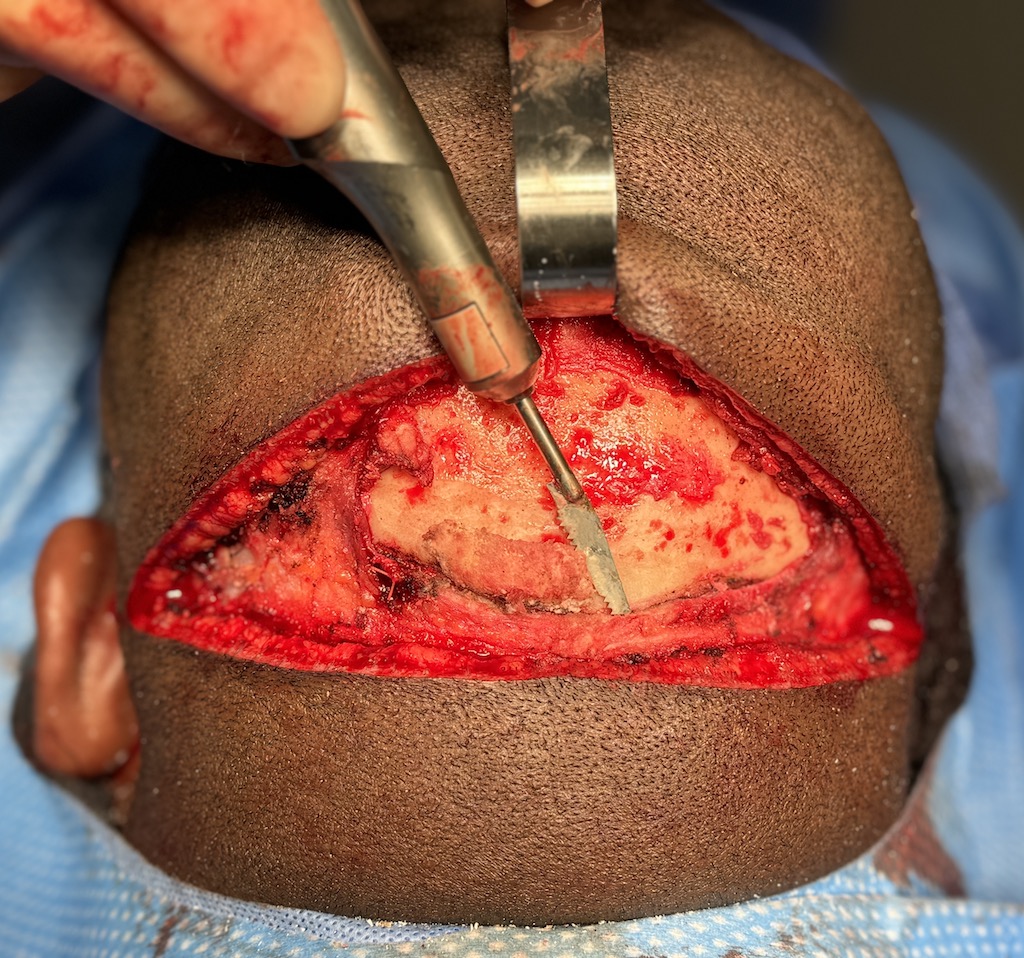
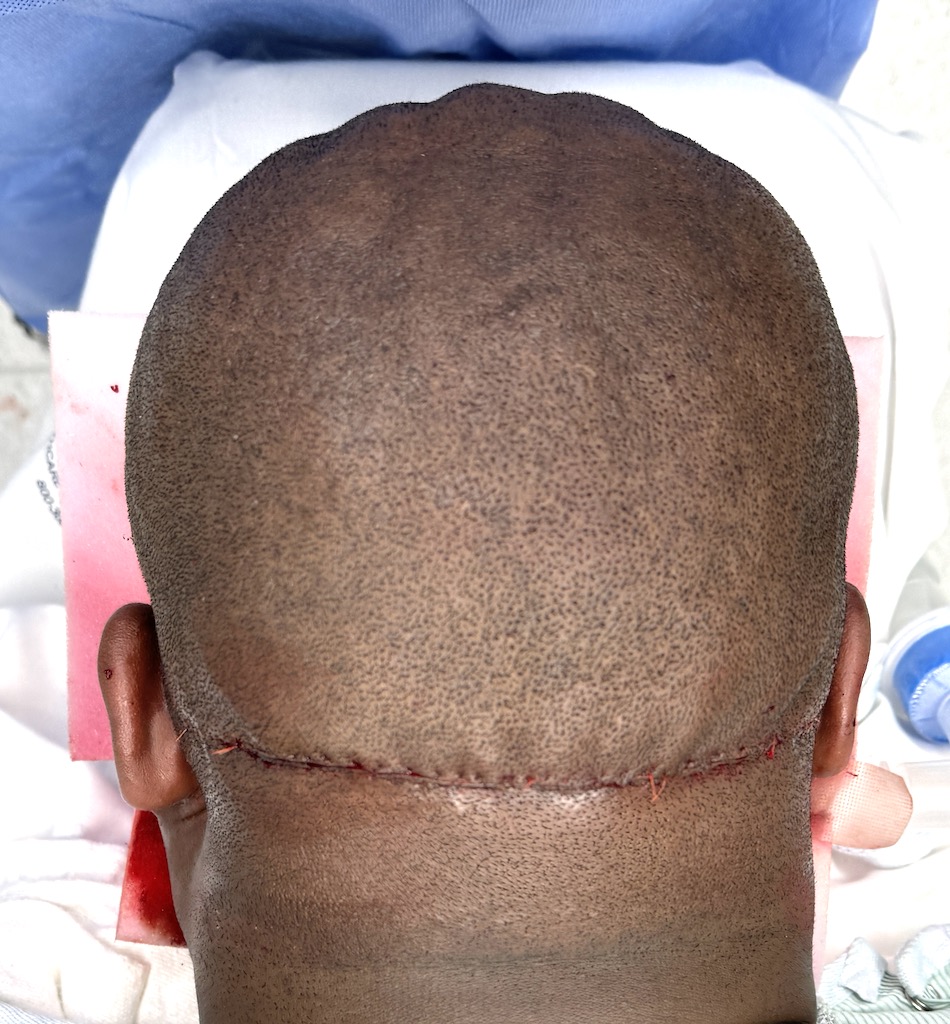
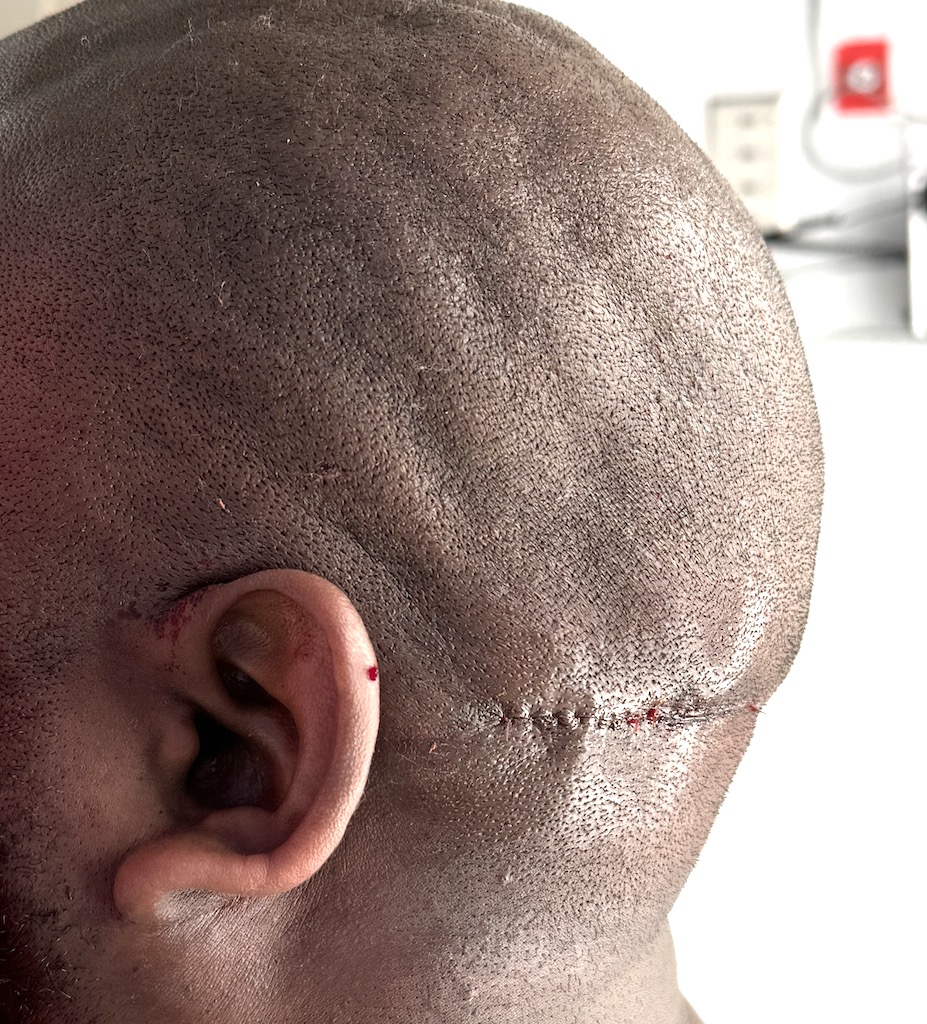
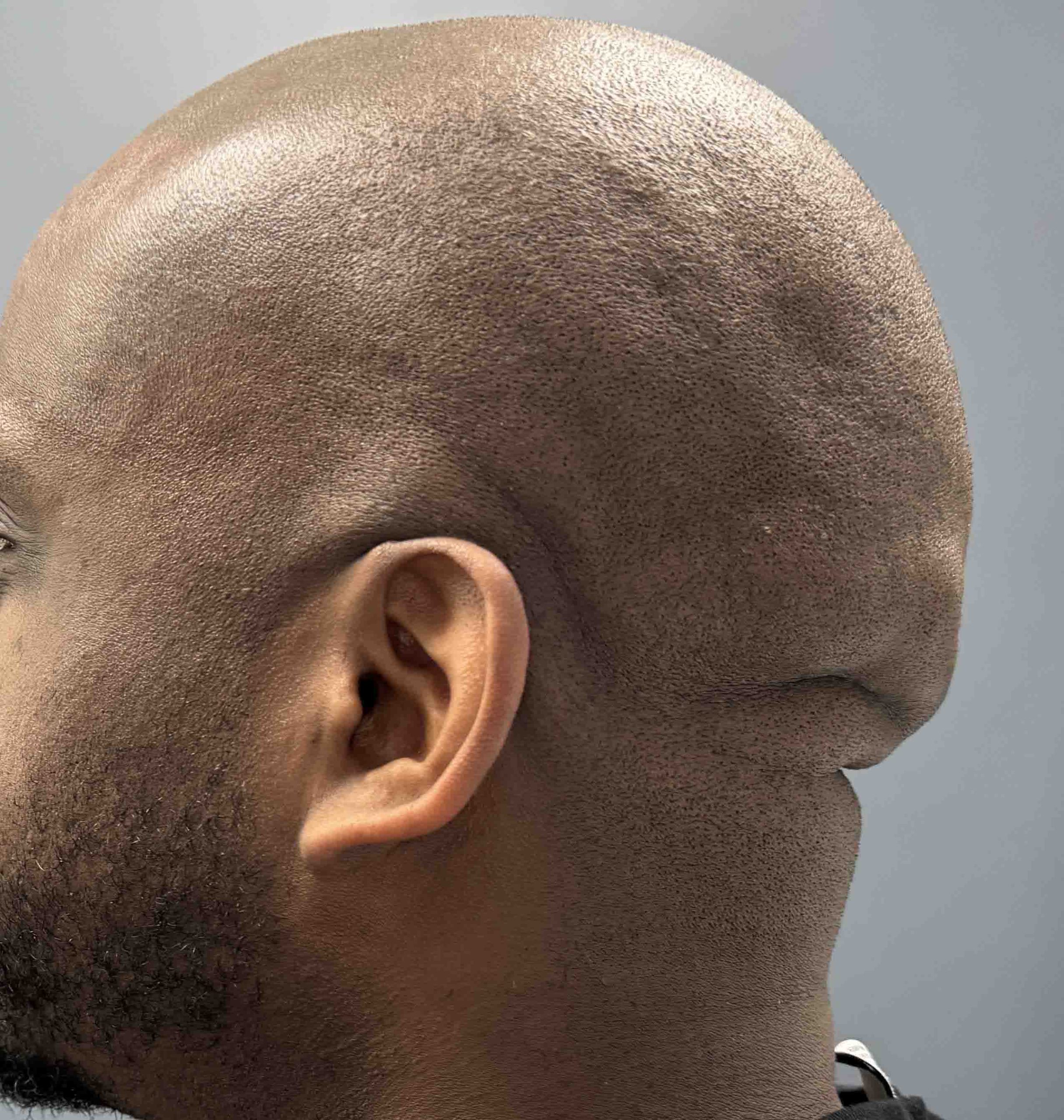
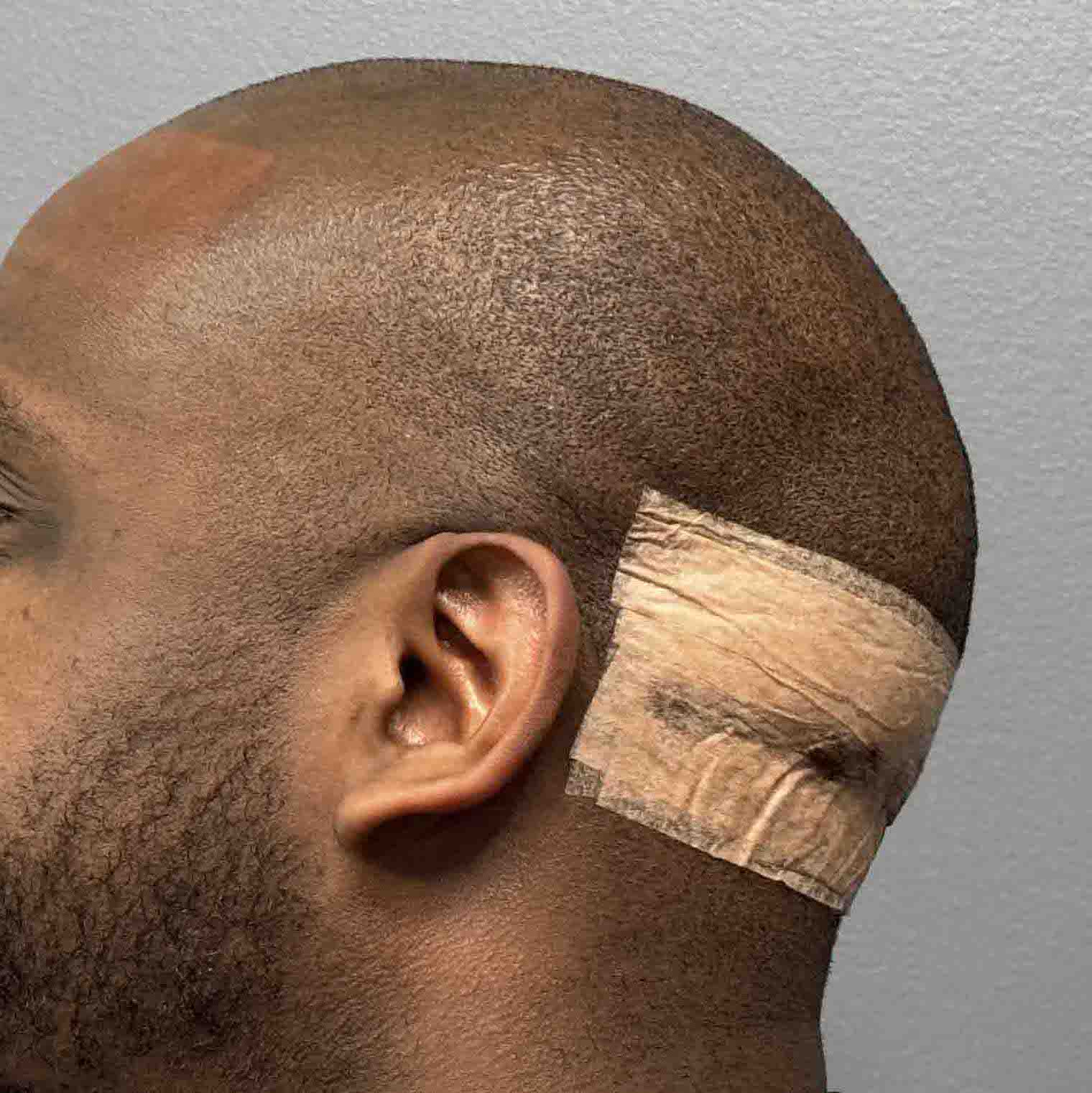

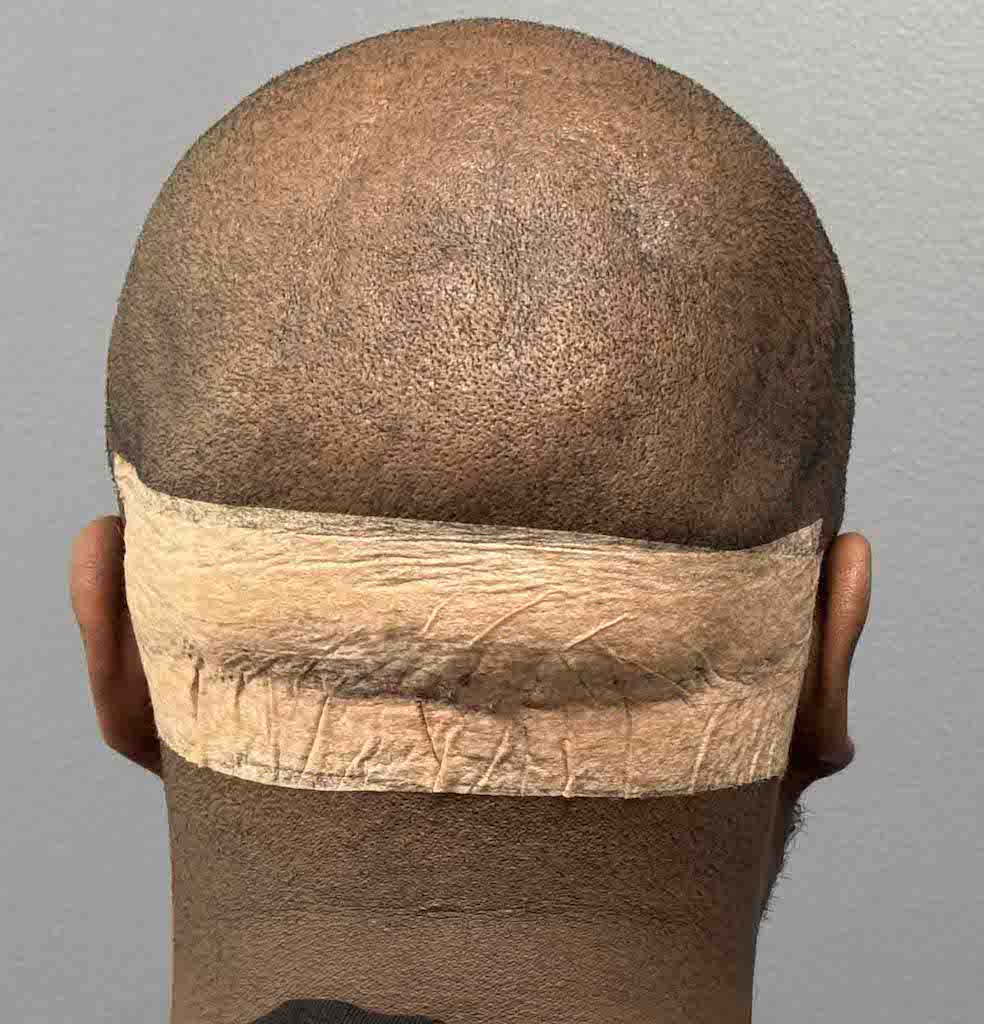
Desire for removal of scalp rolls on the back of his head with an associated prominent nuchal ridge of the occipital bone.
Wide excision of double scalp rolls with reduction of the prominent raised nuchal ridge at the bottom of the occipital bone. Even with the taped incision seen the day after the surgery the improvement in the shape of the back of his head could be appreciated.
Patient 174
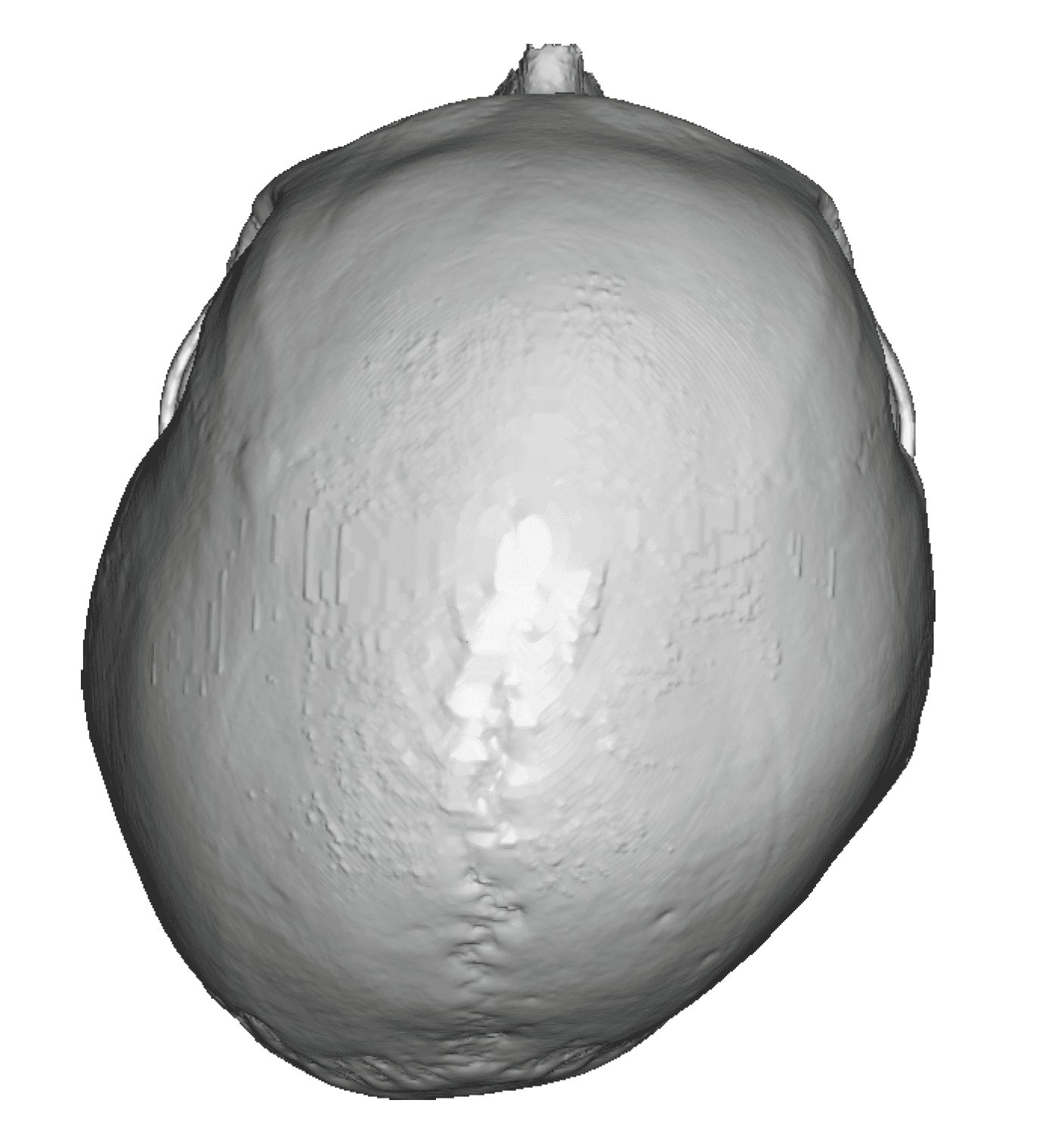
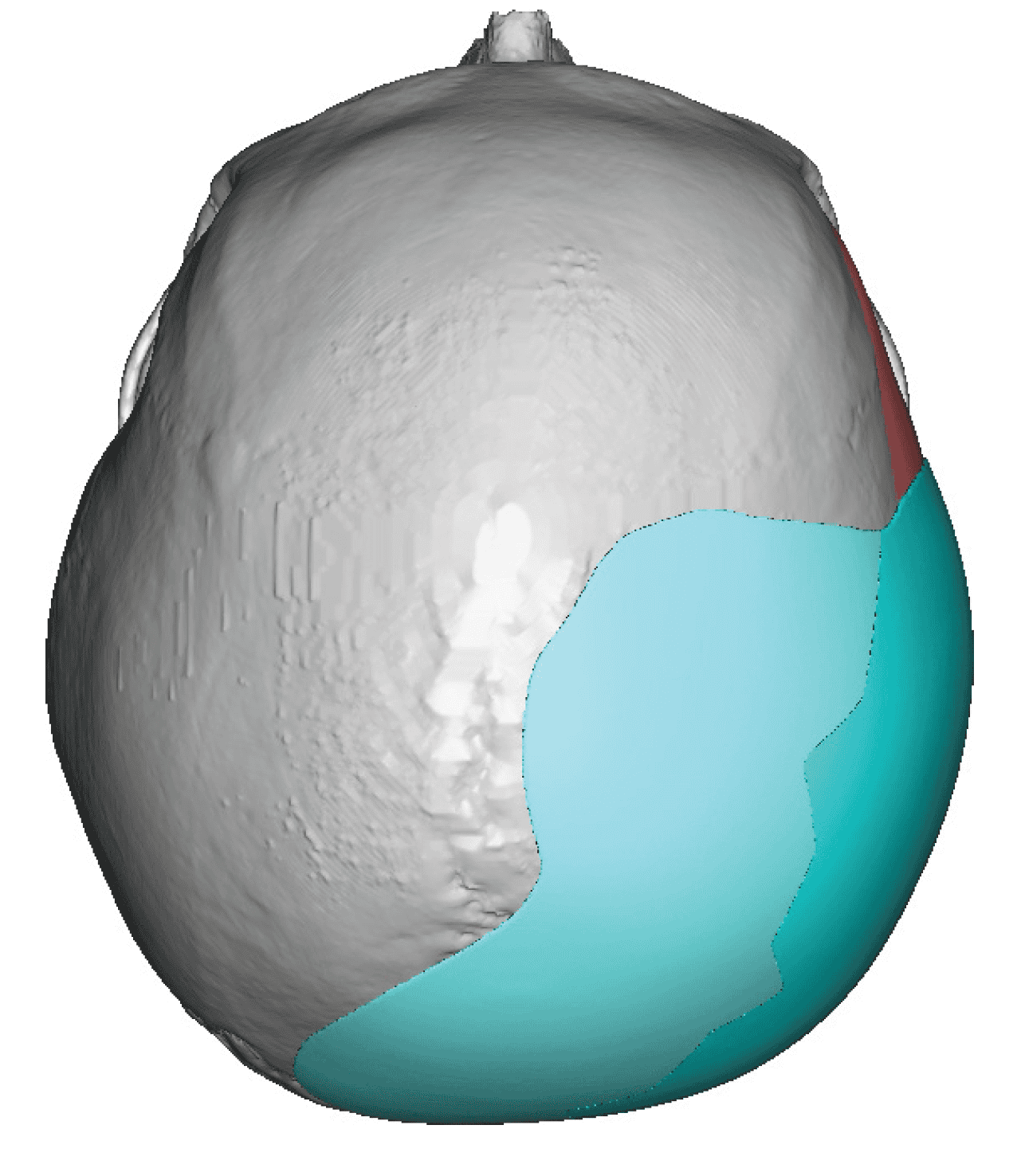
Desire for right plagiocephaly correction of flat right back of the head.
Custom two-piece skull implant design for right plagiocephaly correction. The split implant enabled its placement through a smalll scalp incision.


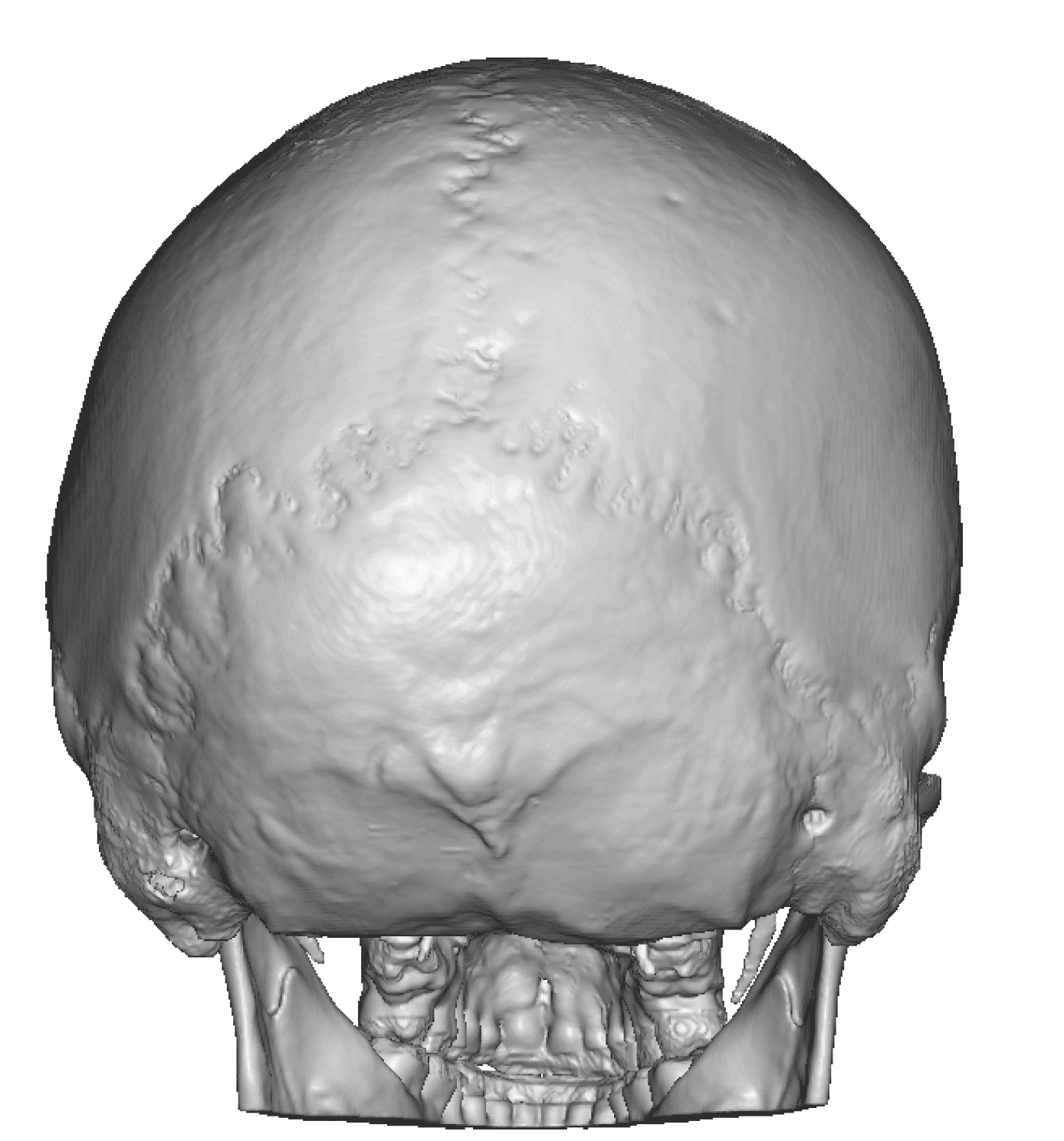
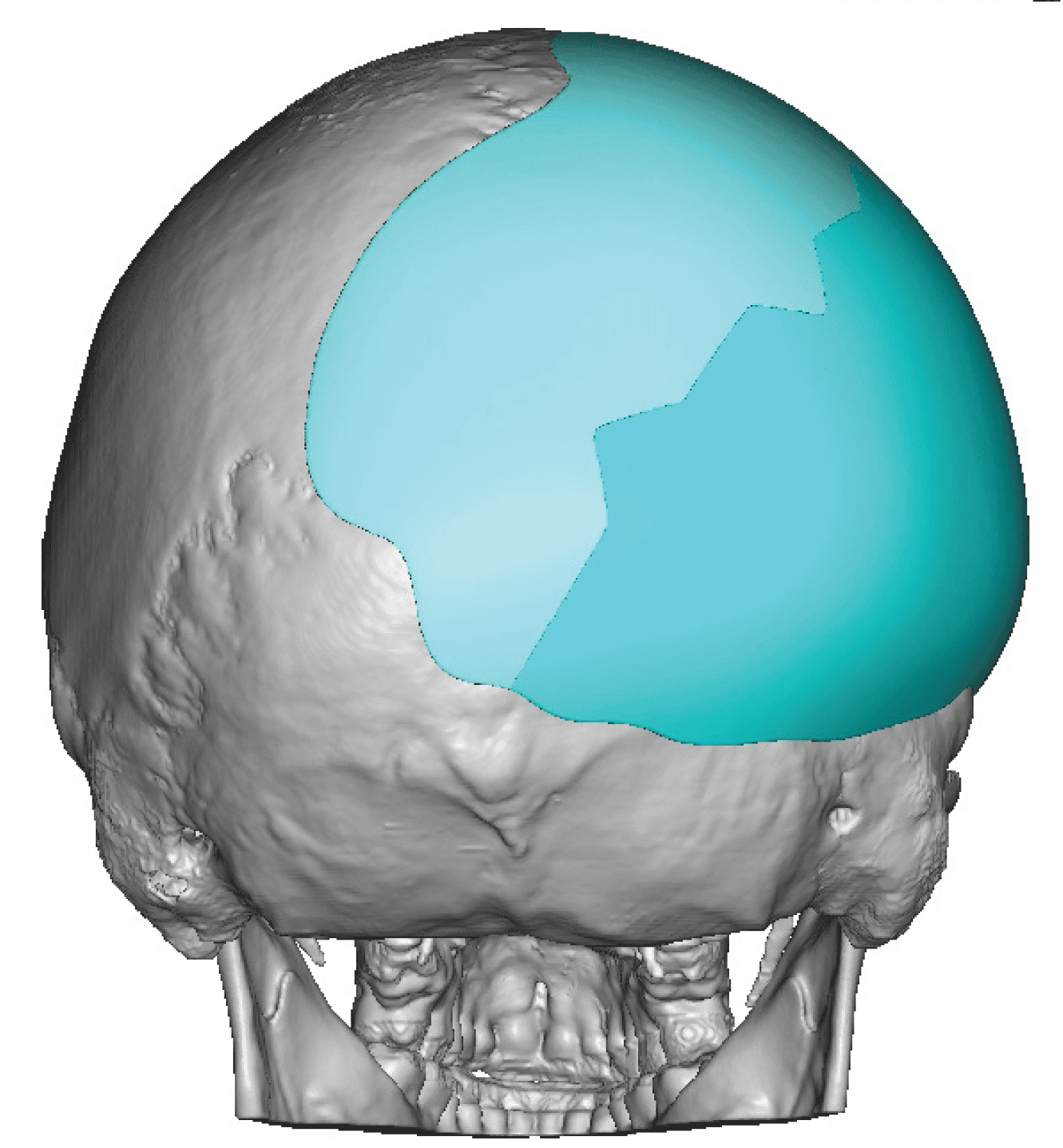
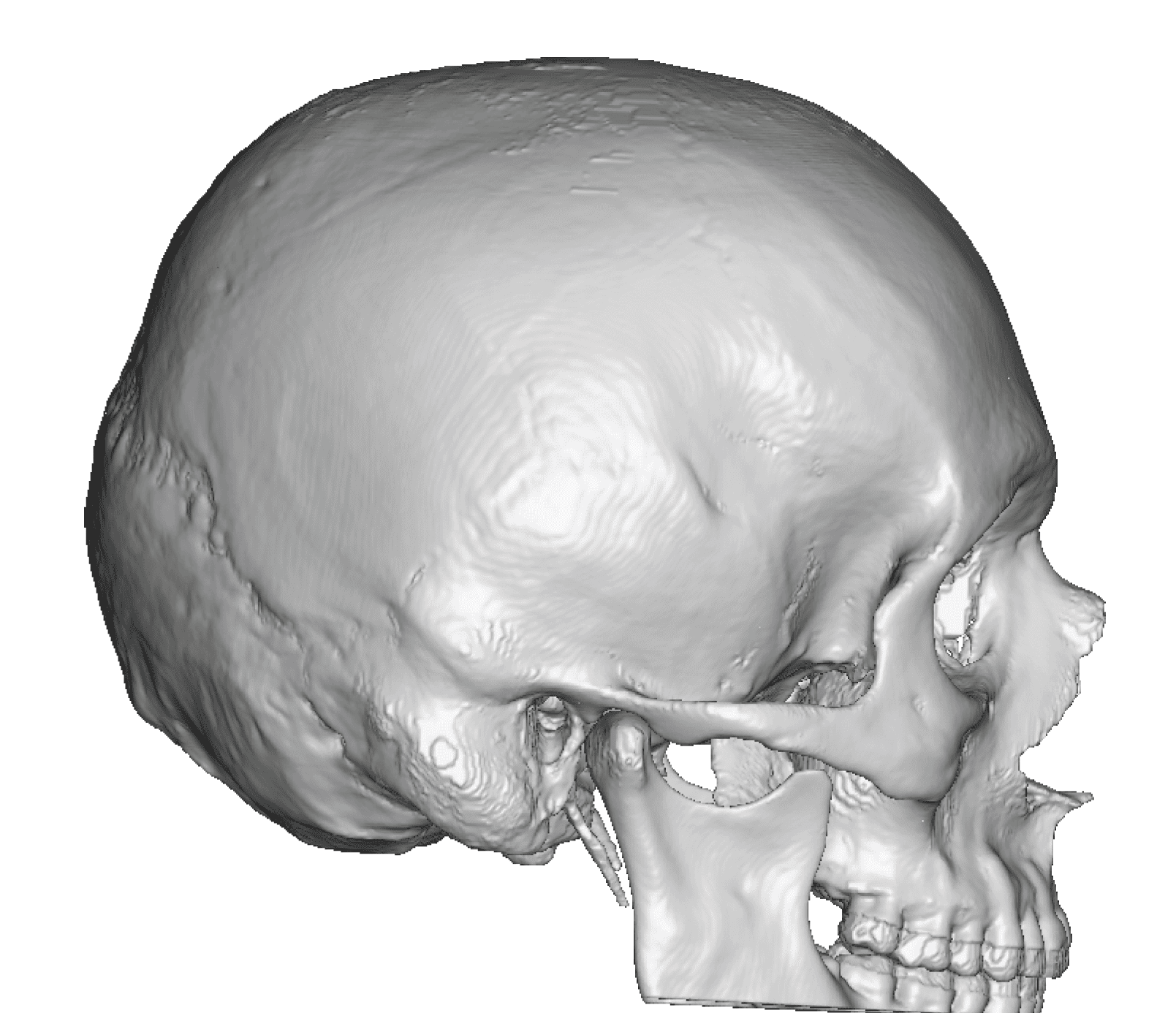
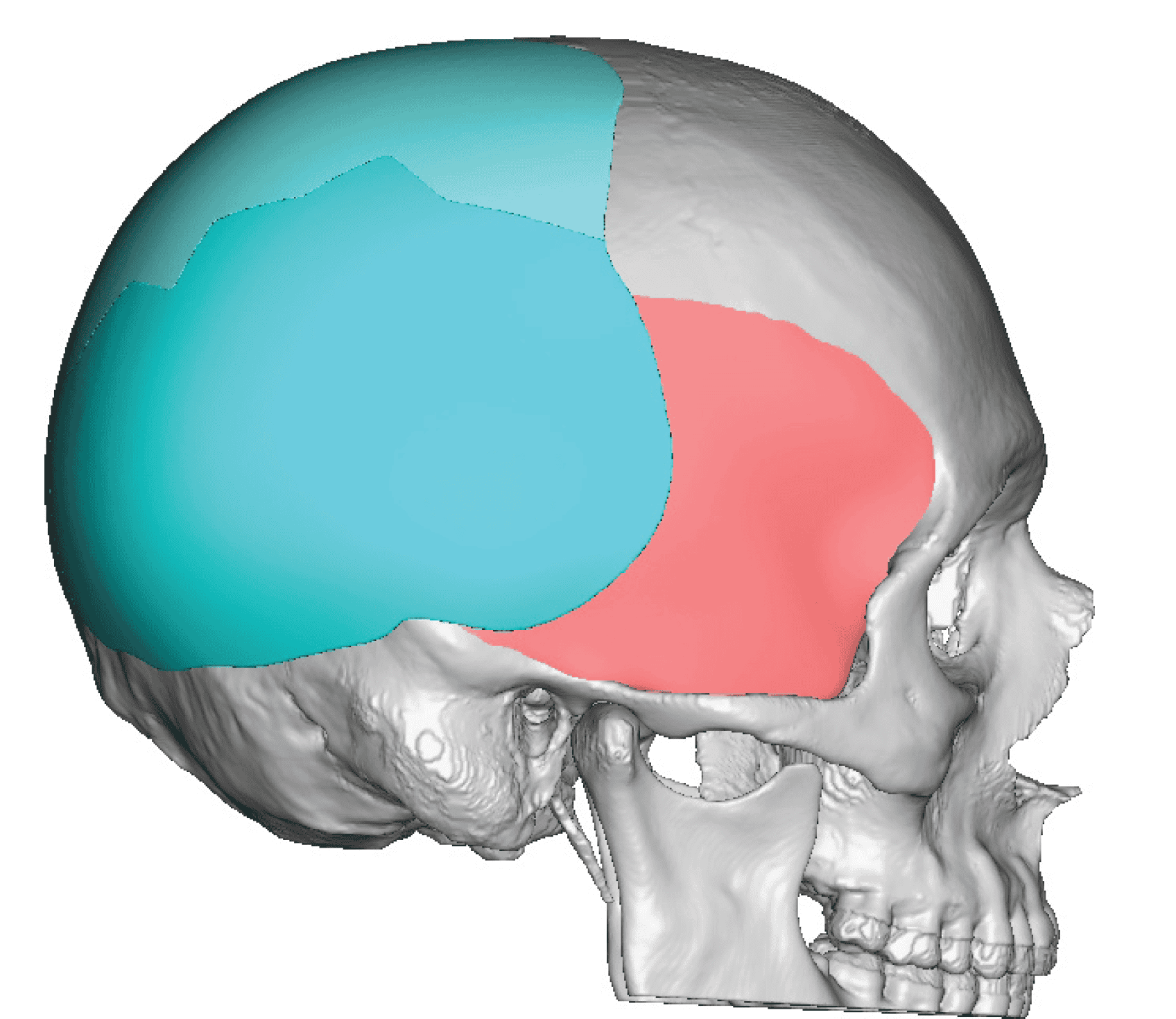
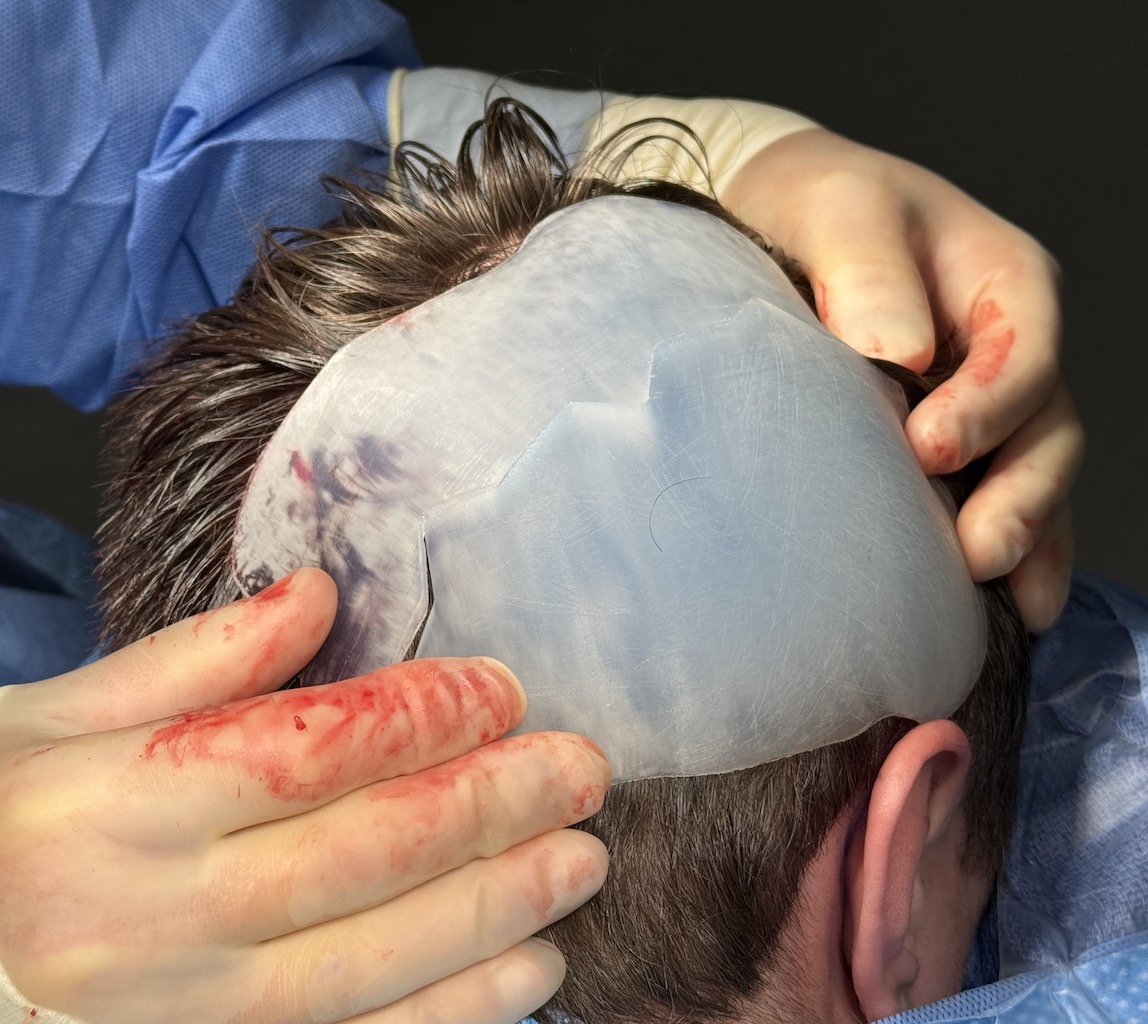
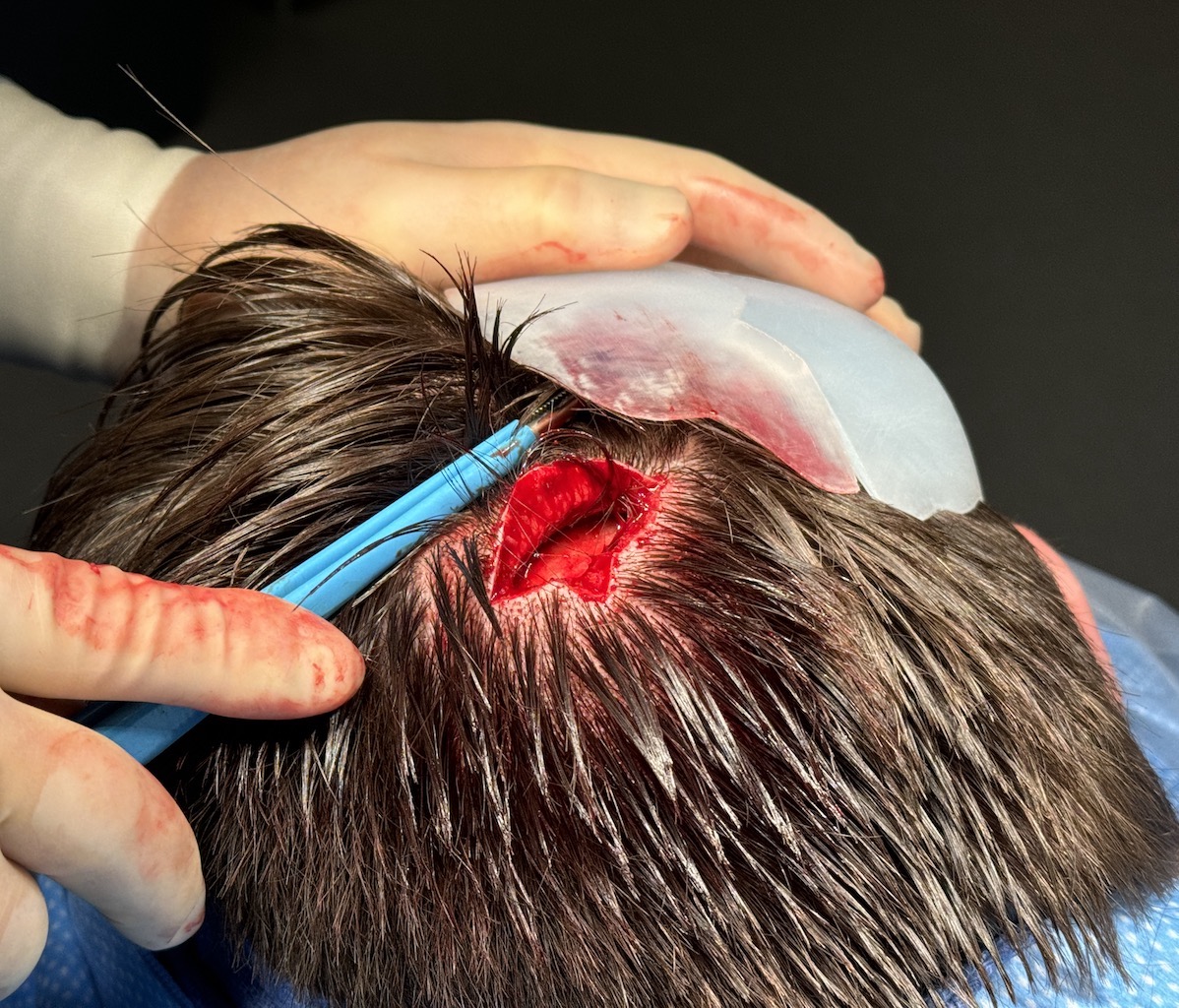
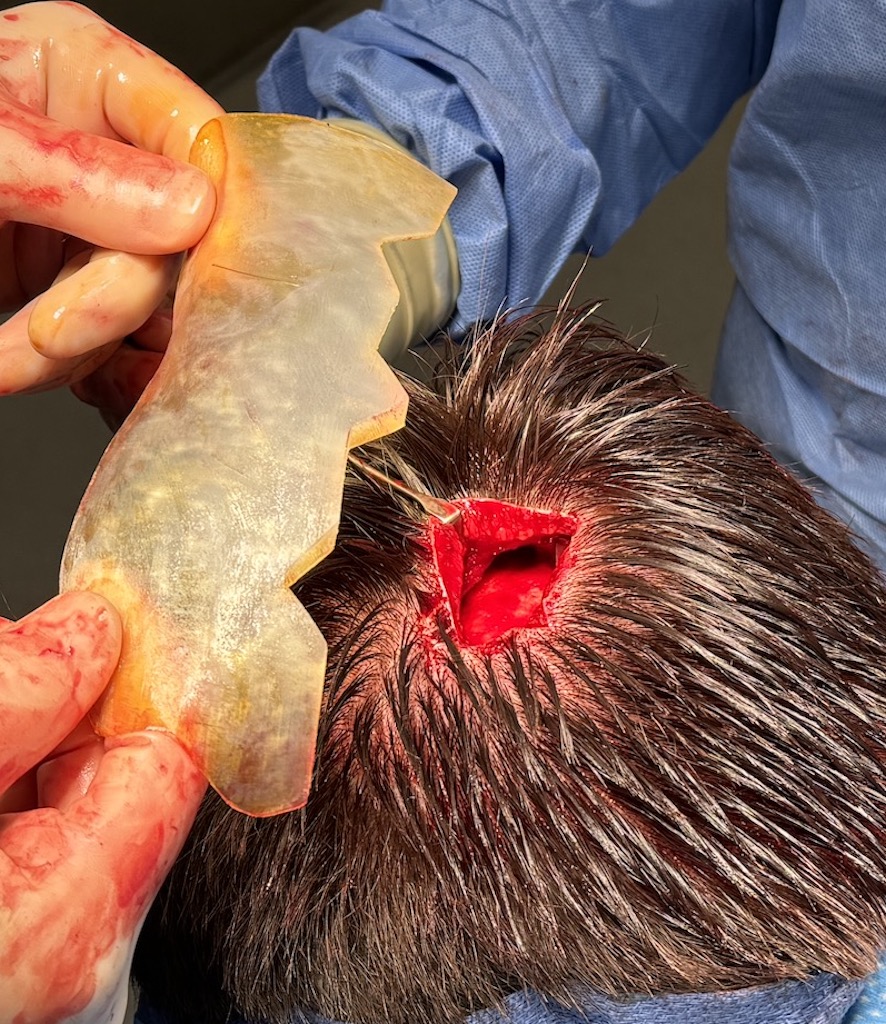
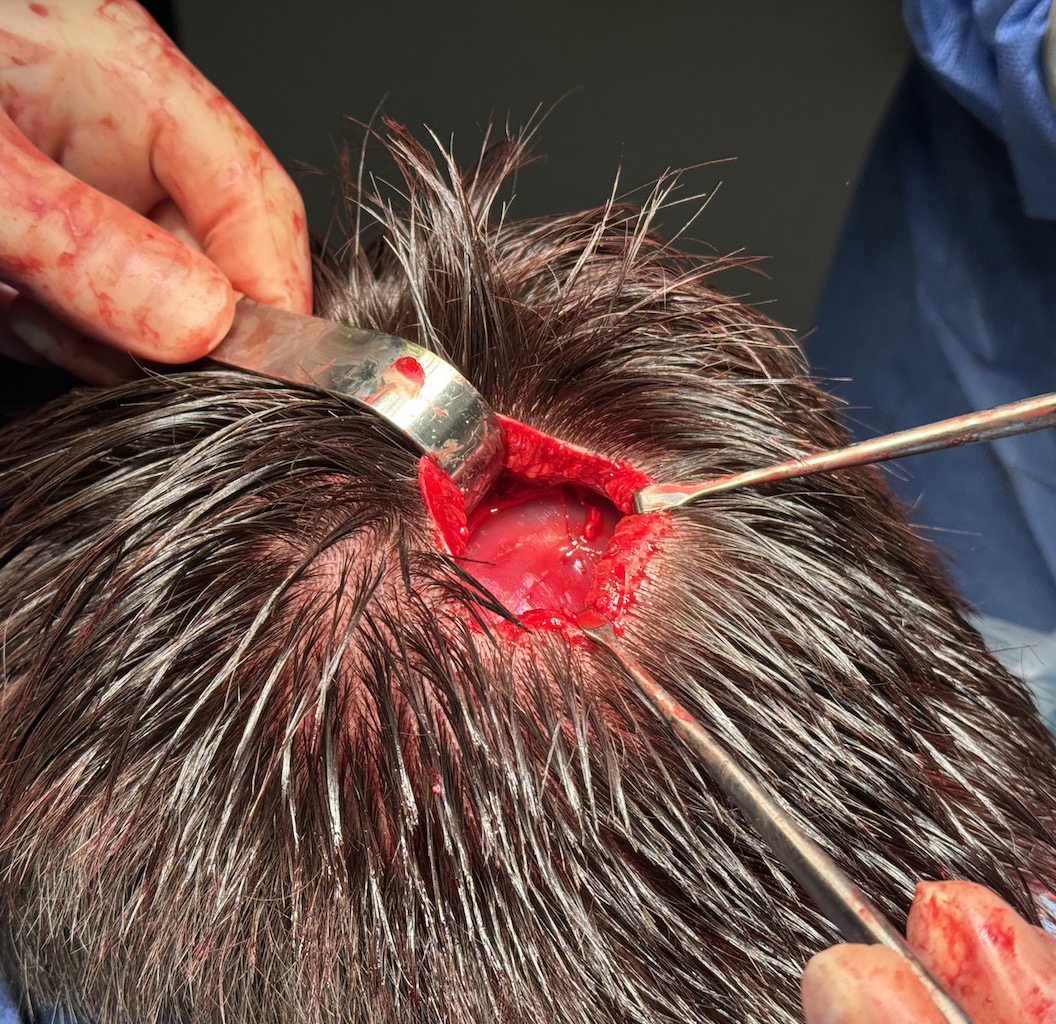
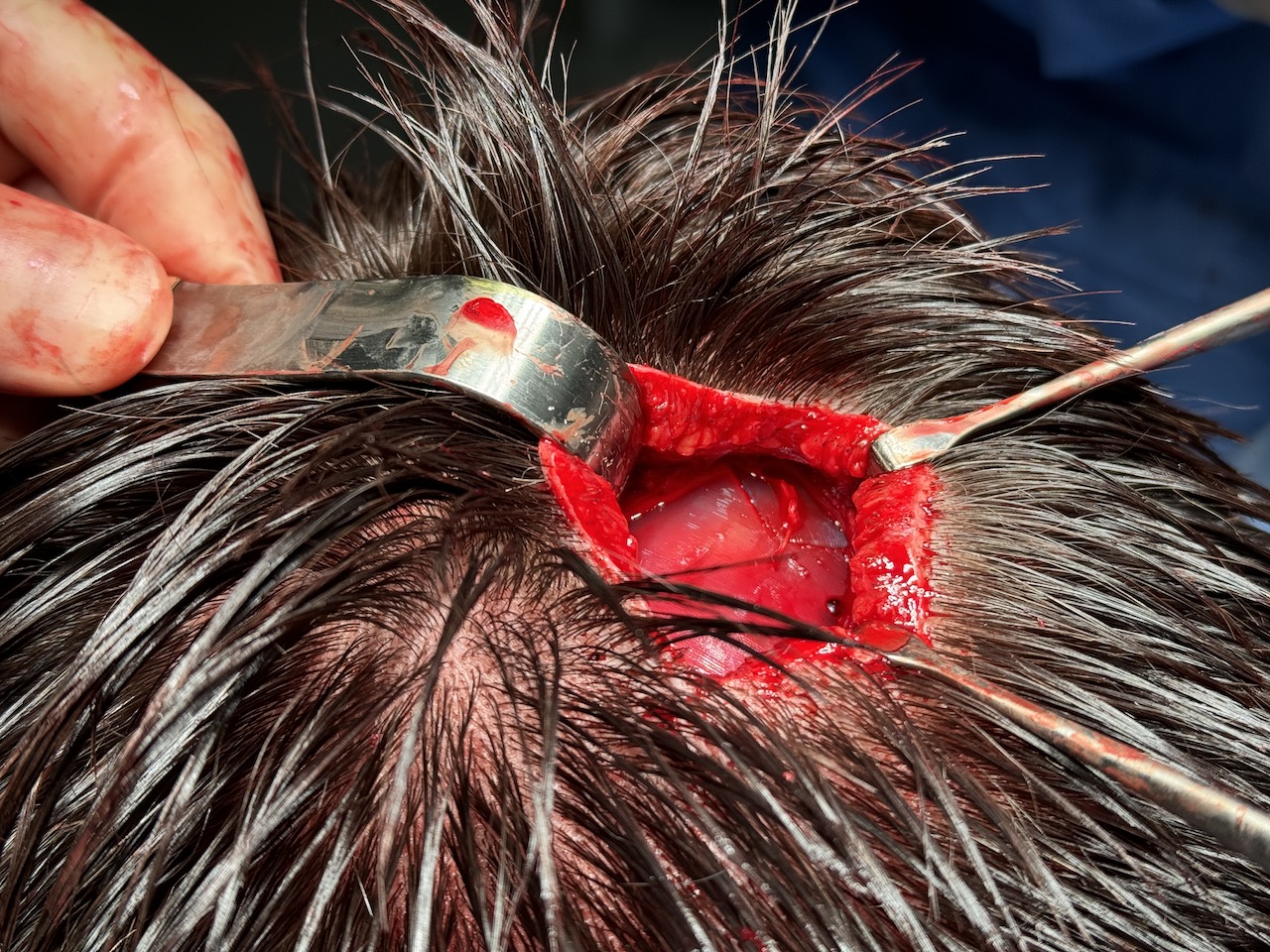
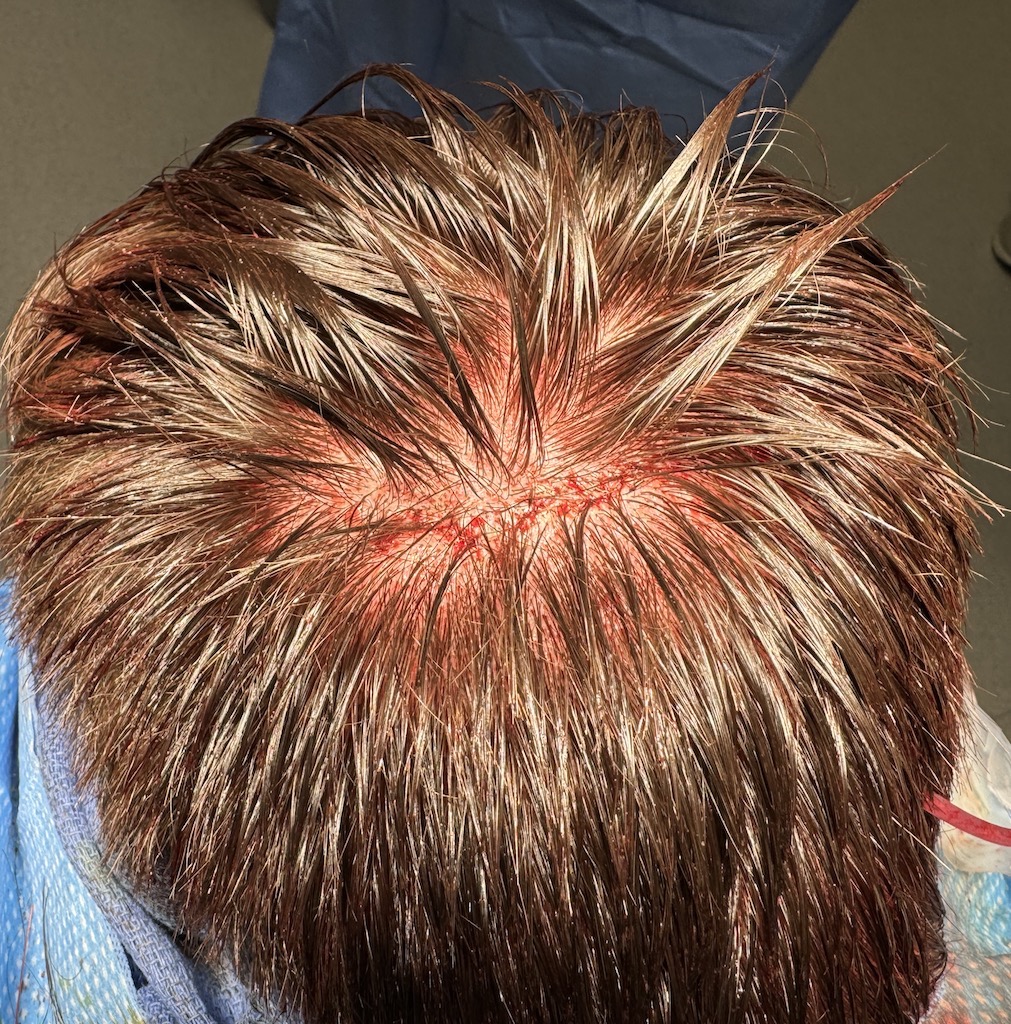
Desire for right plagiocephaly correction of flat right back of the head.
Custom two-piece skull implant design for right plagiocephaly correction. The split implant enabled its placement through a smalll scalp incision.
Patient 175
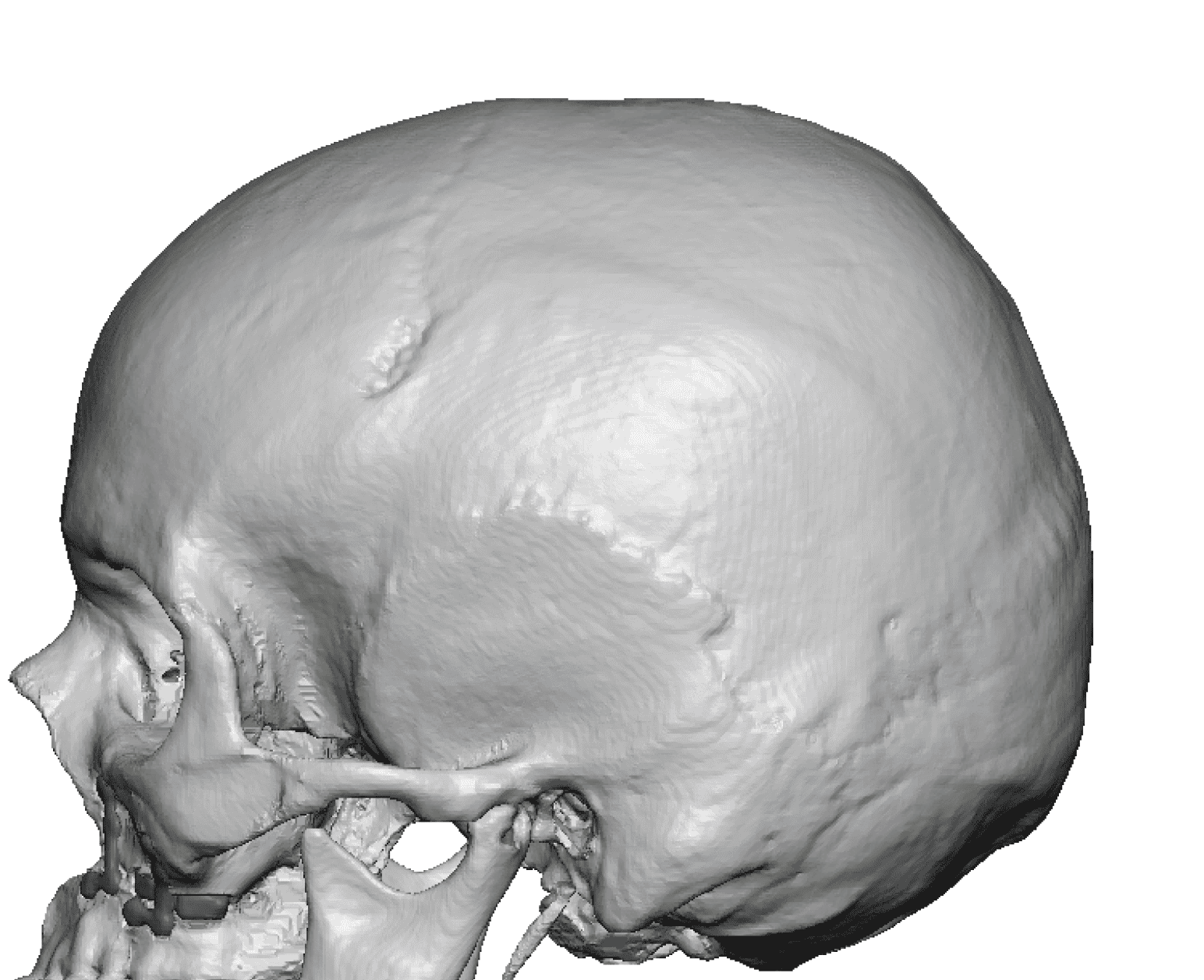
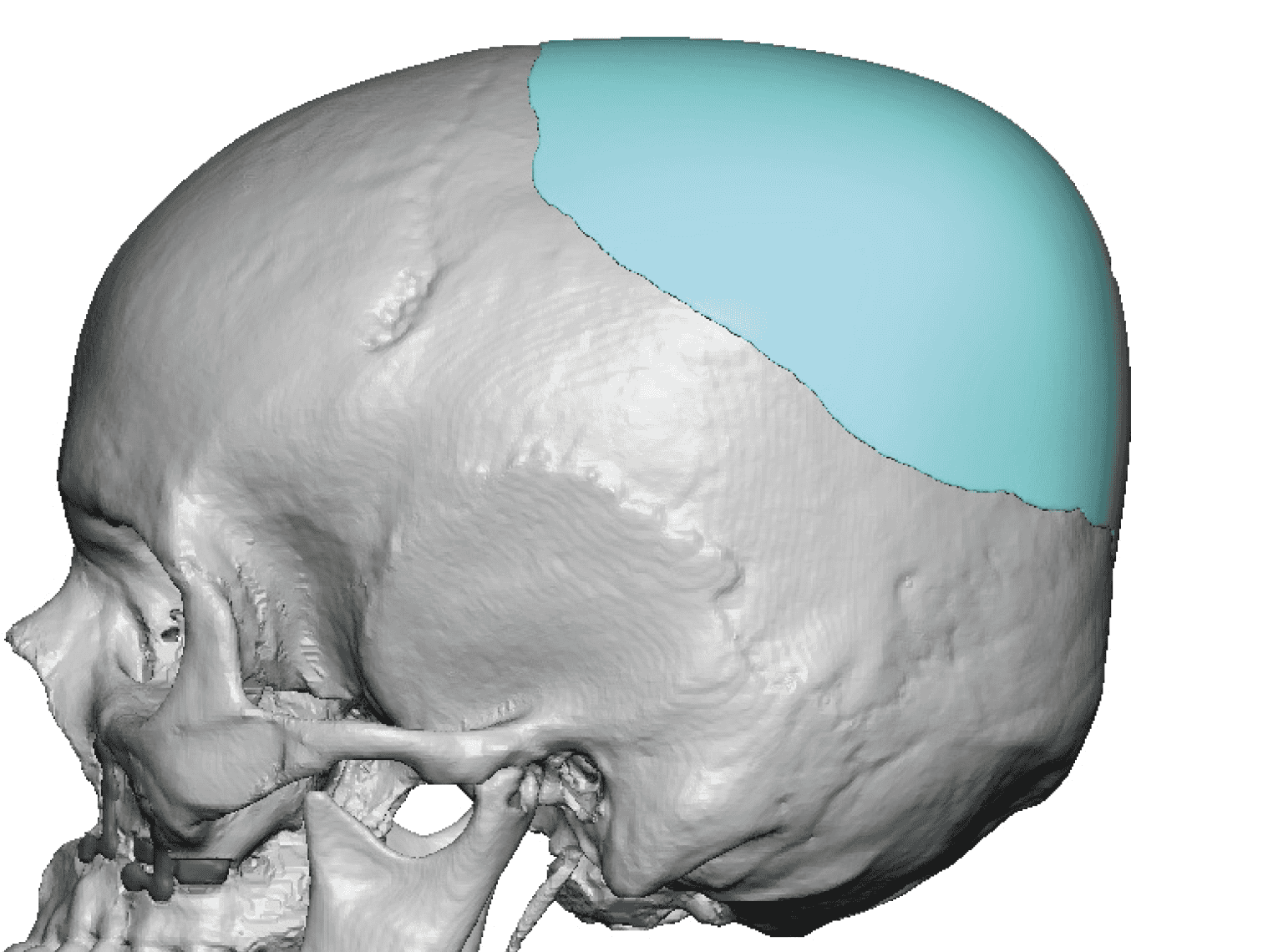
Older female (70) with lifelong desire to improve the projection of the crown of her skull.
Placement of 80cc custom skull implant for crown of head augmentation.


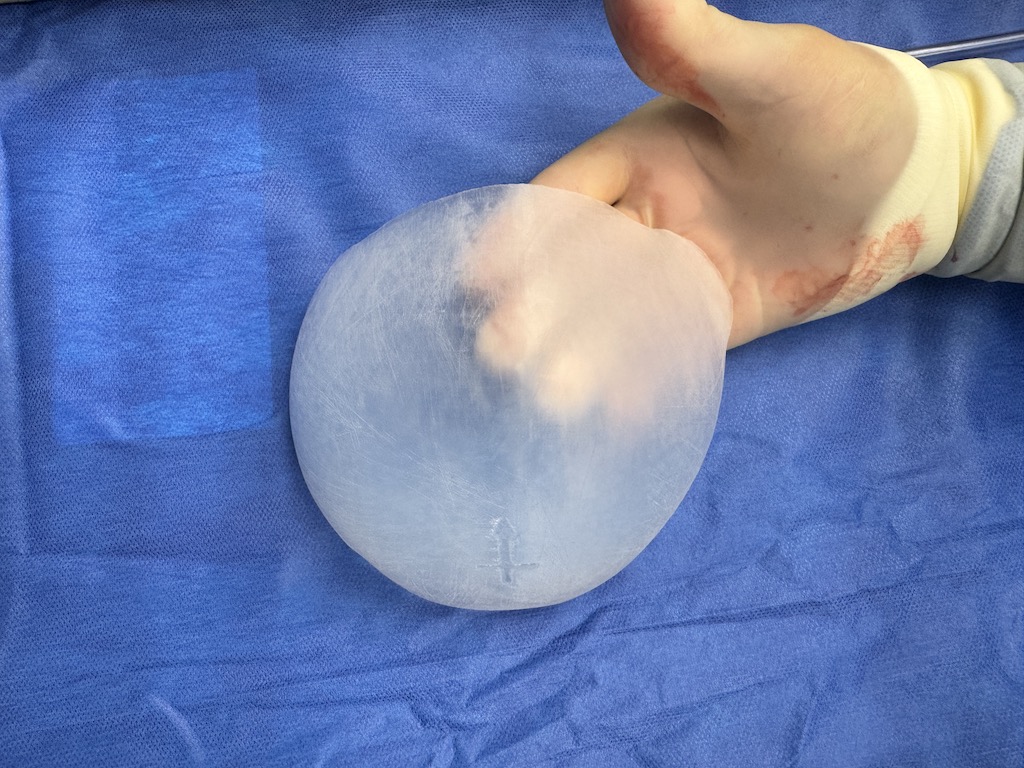
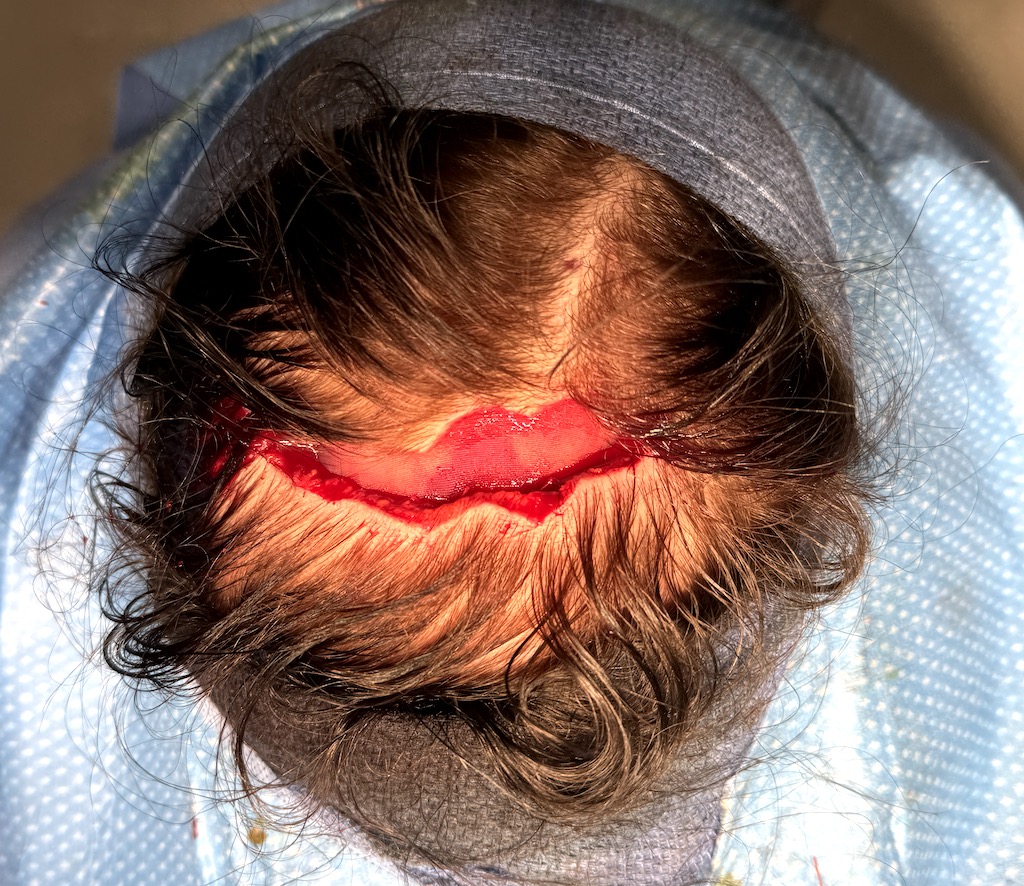
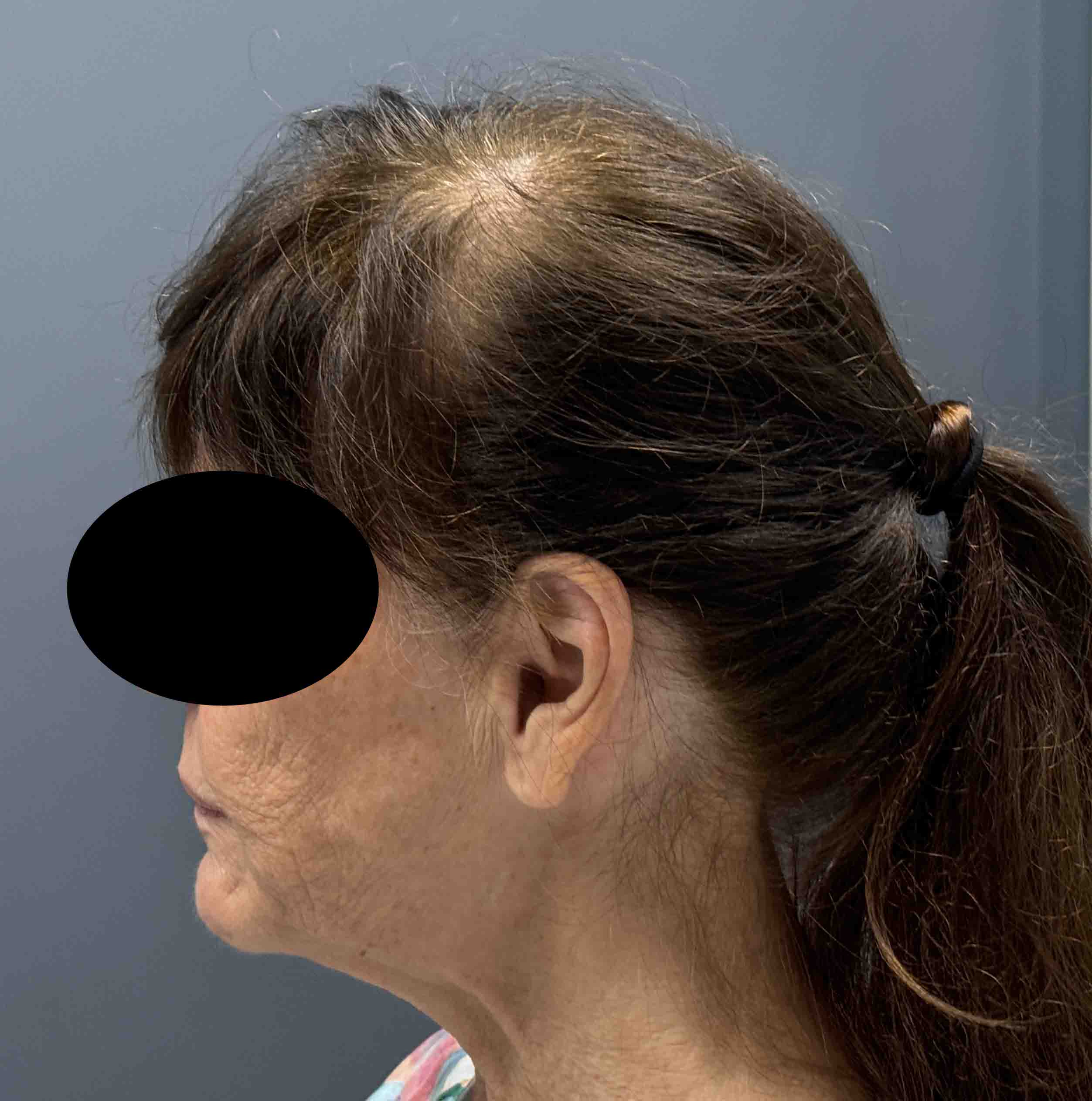
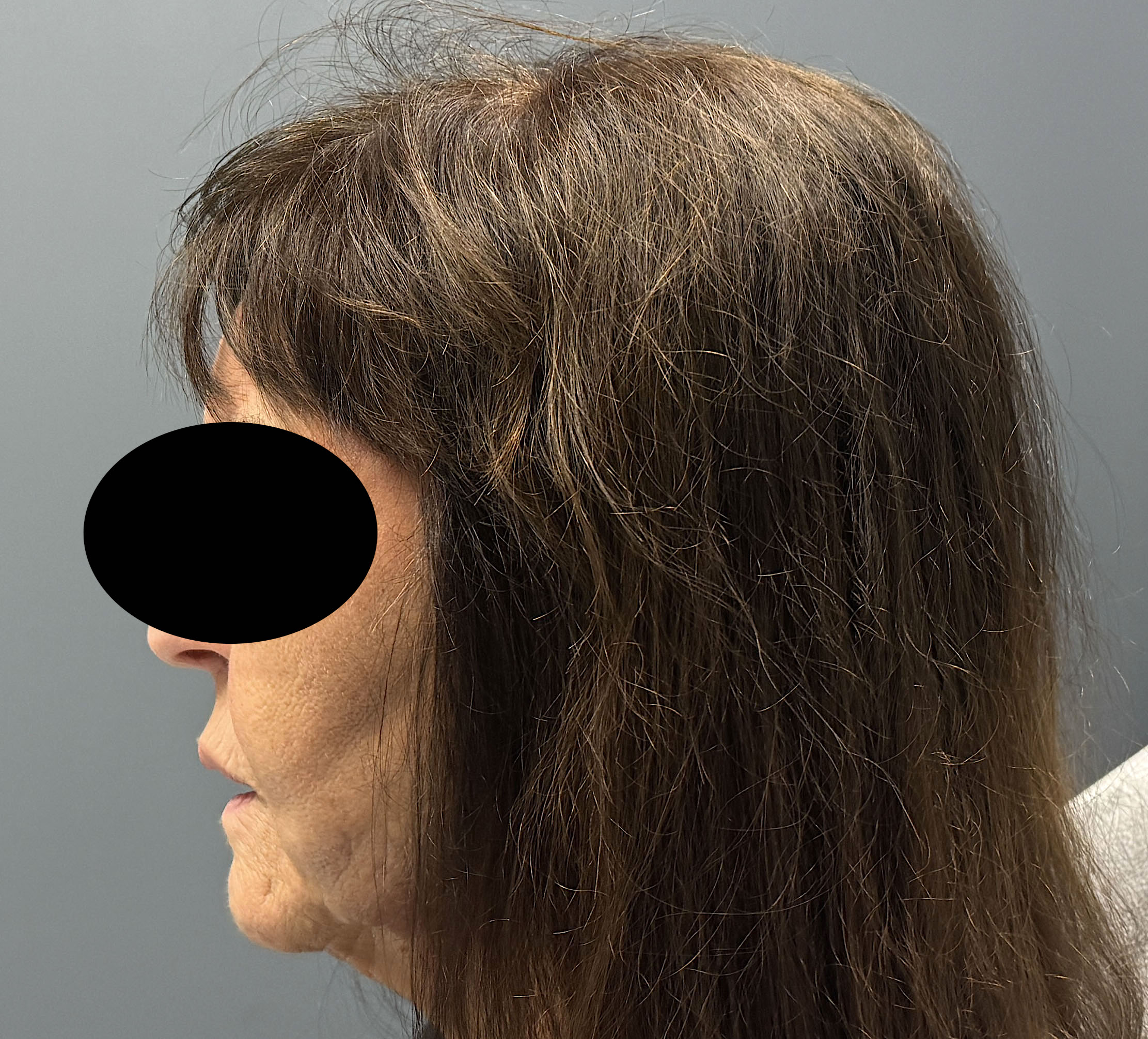
Older female (70) with lifelong desire to improve the projection of the crown of her skull.
Placement of 80cc custom skull implant for crown of head augmentation.
Patient 176
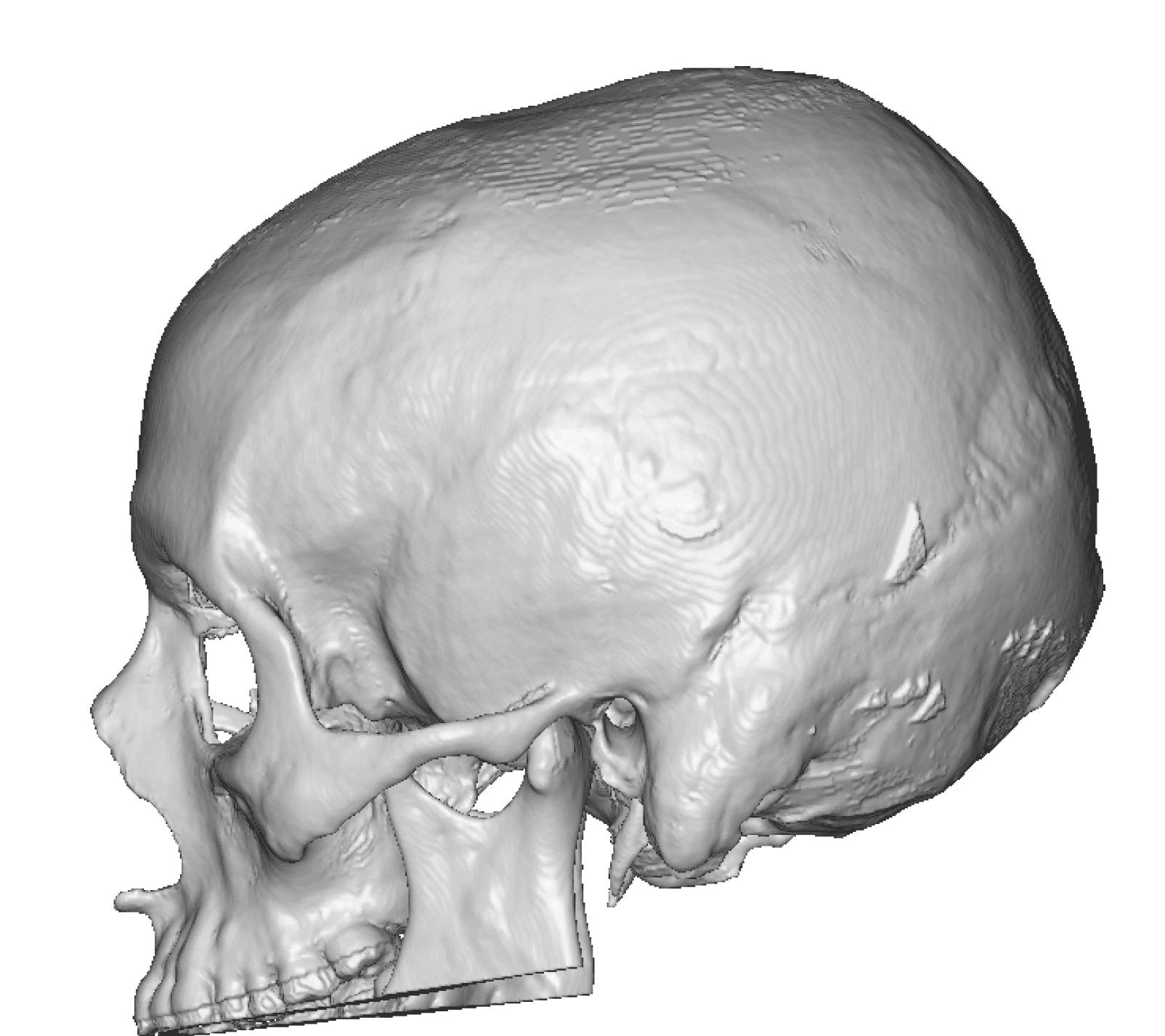
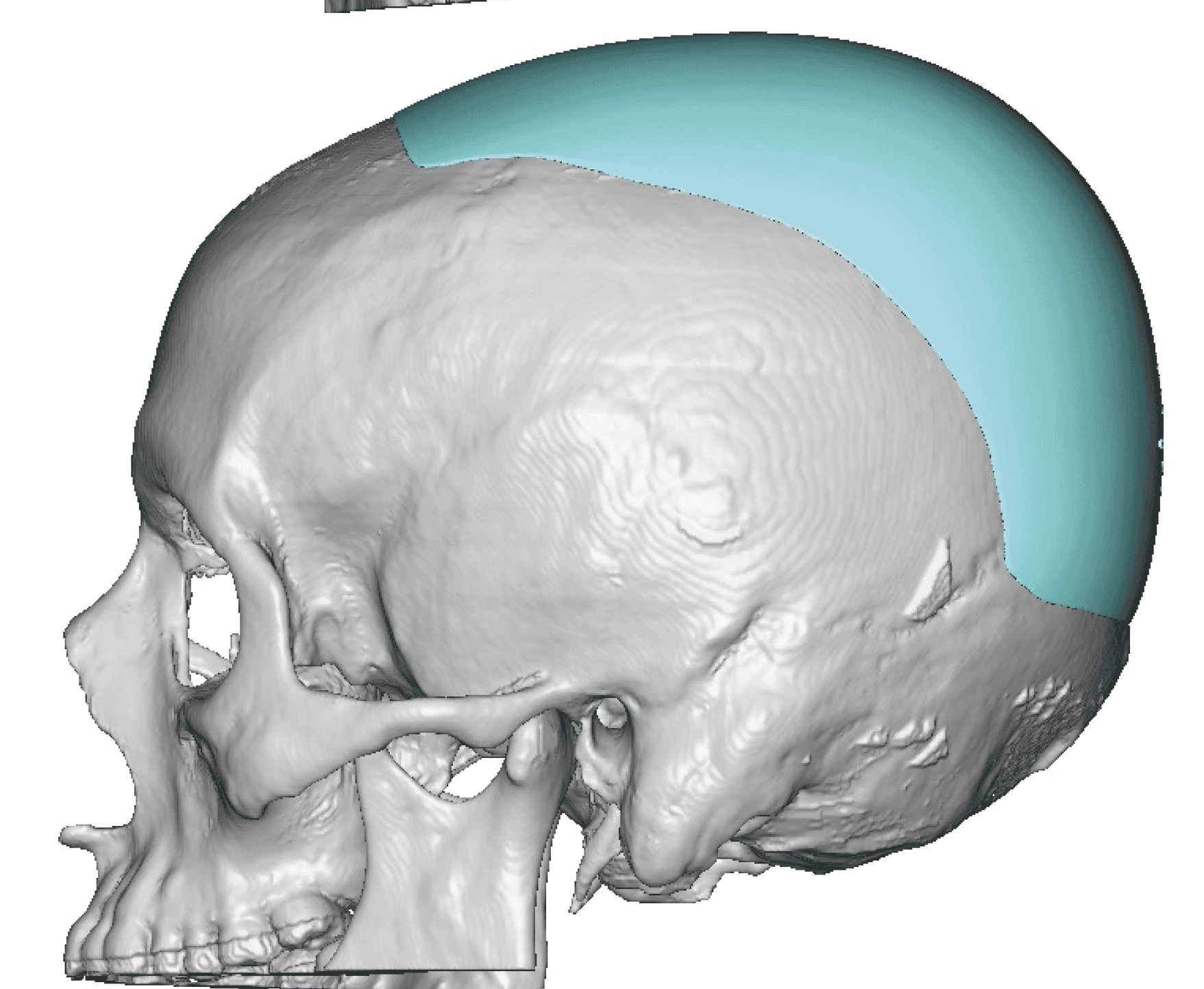
Desire for correction of an anterior coronal dip and flat back of the head.
Placement of custom skull implant for head reshaping placed through a posterior scalp incision.


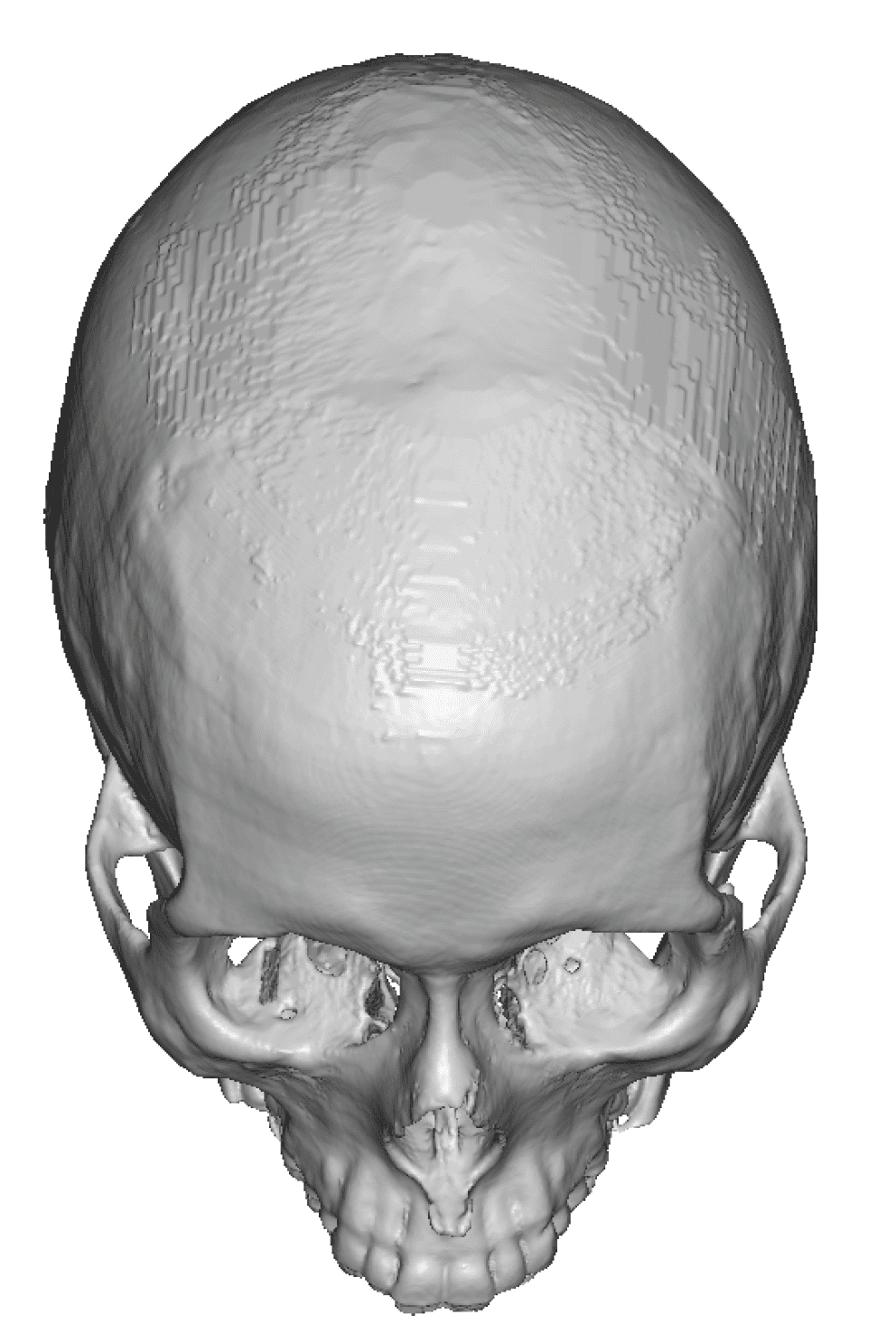
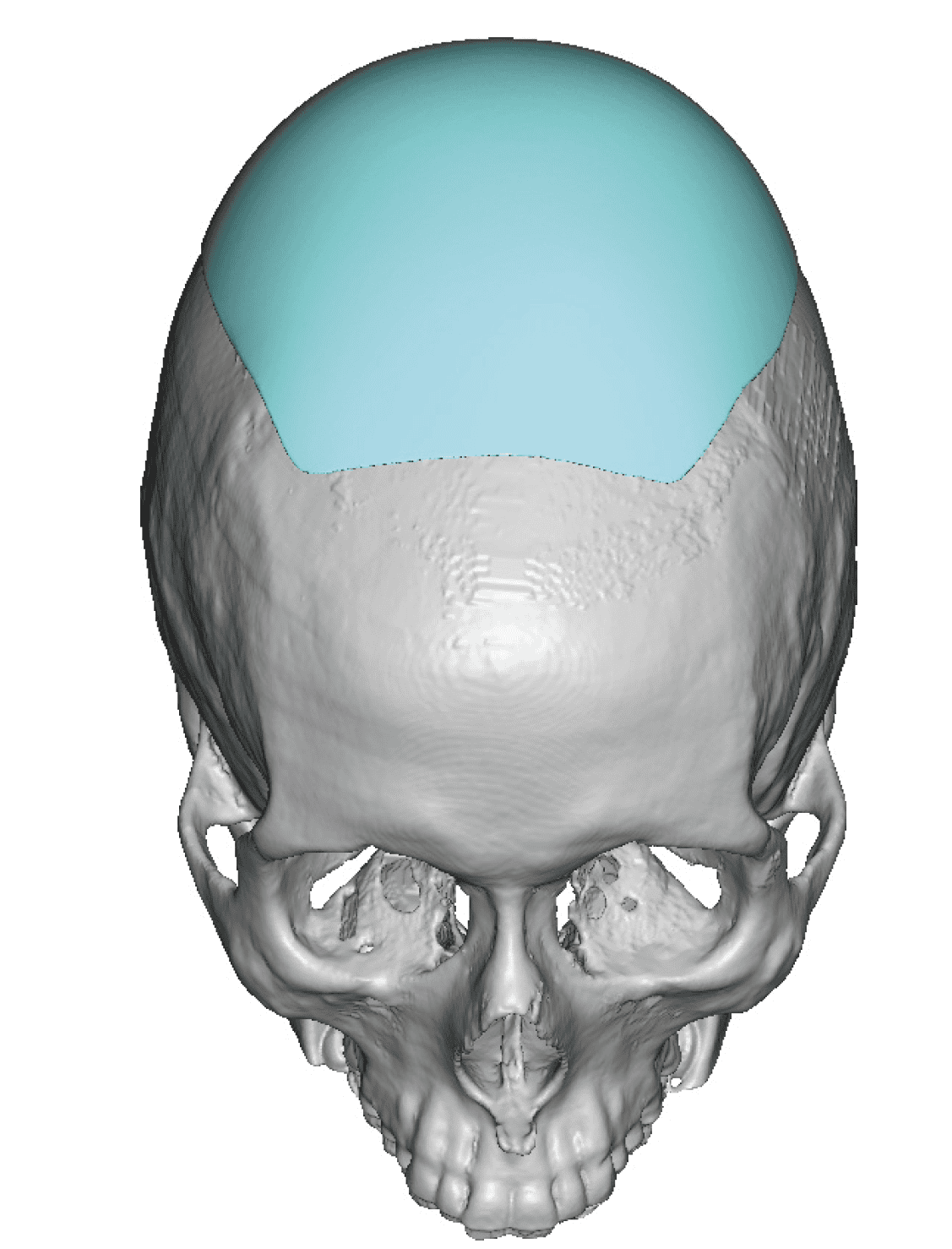

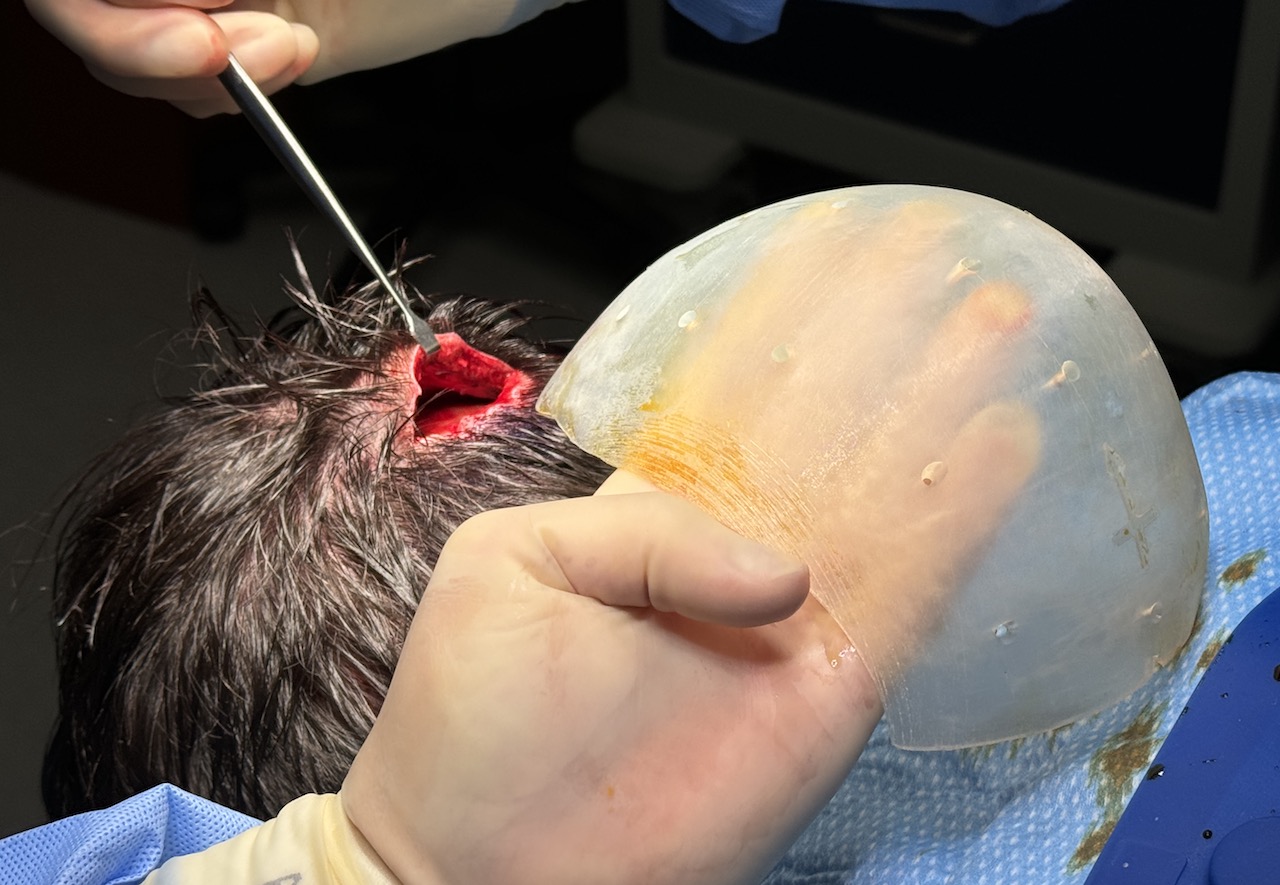
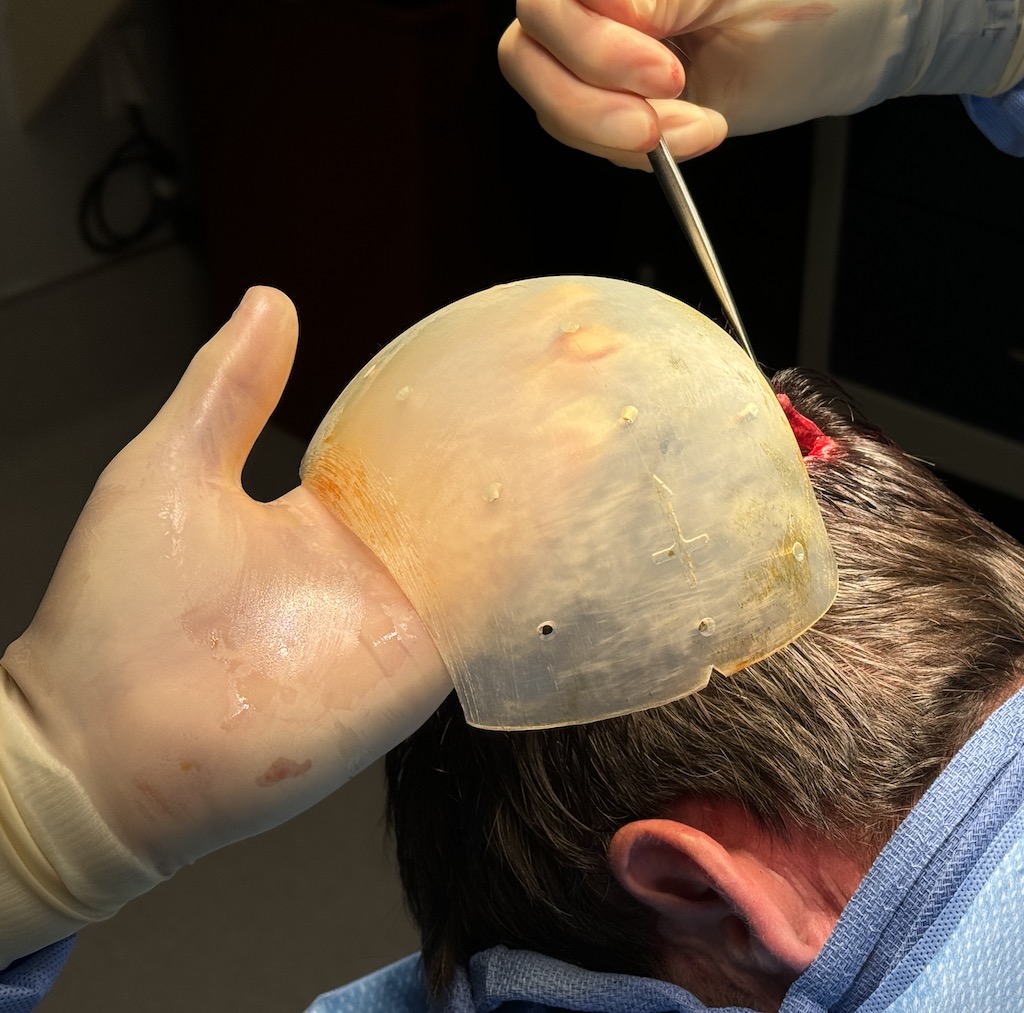
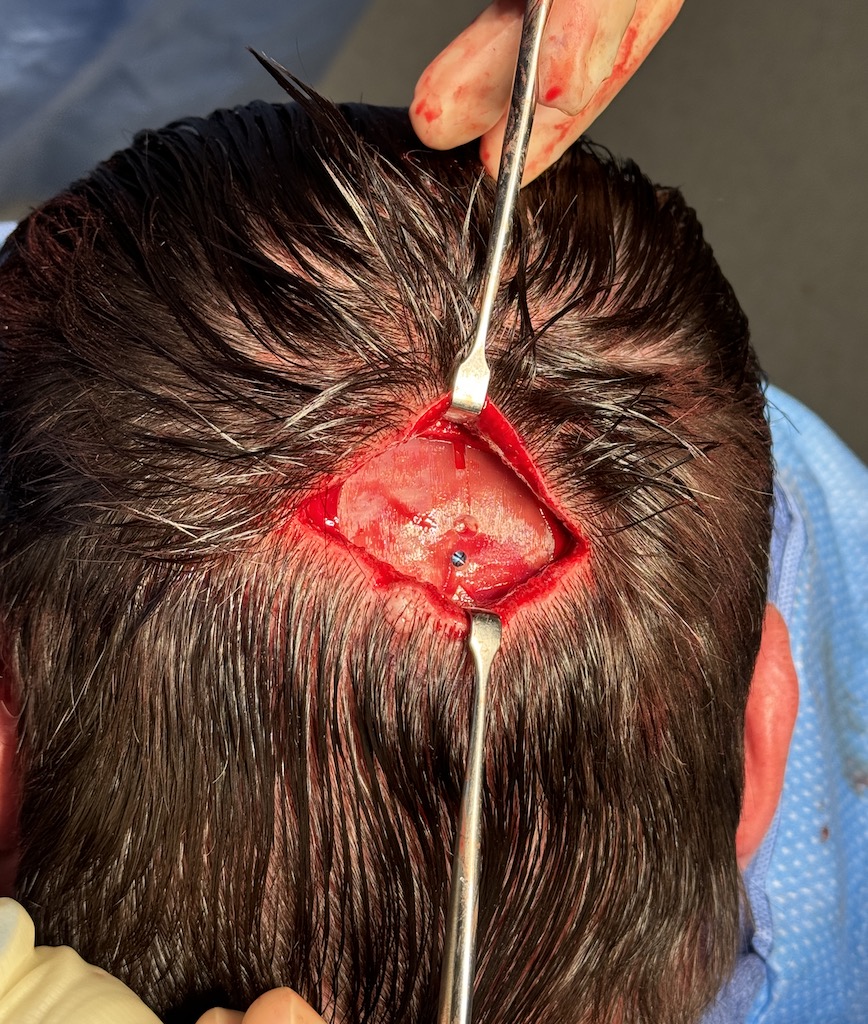
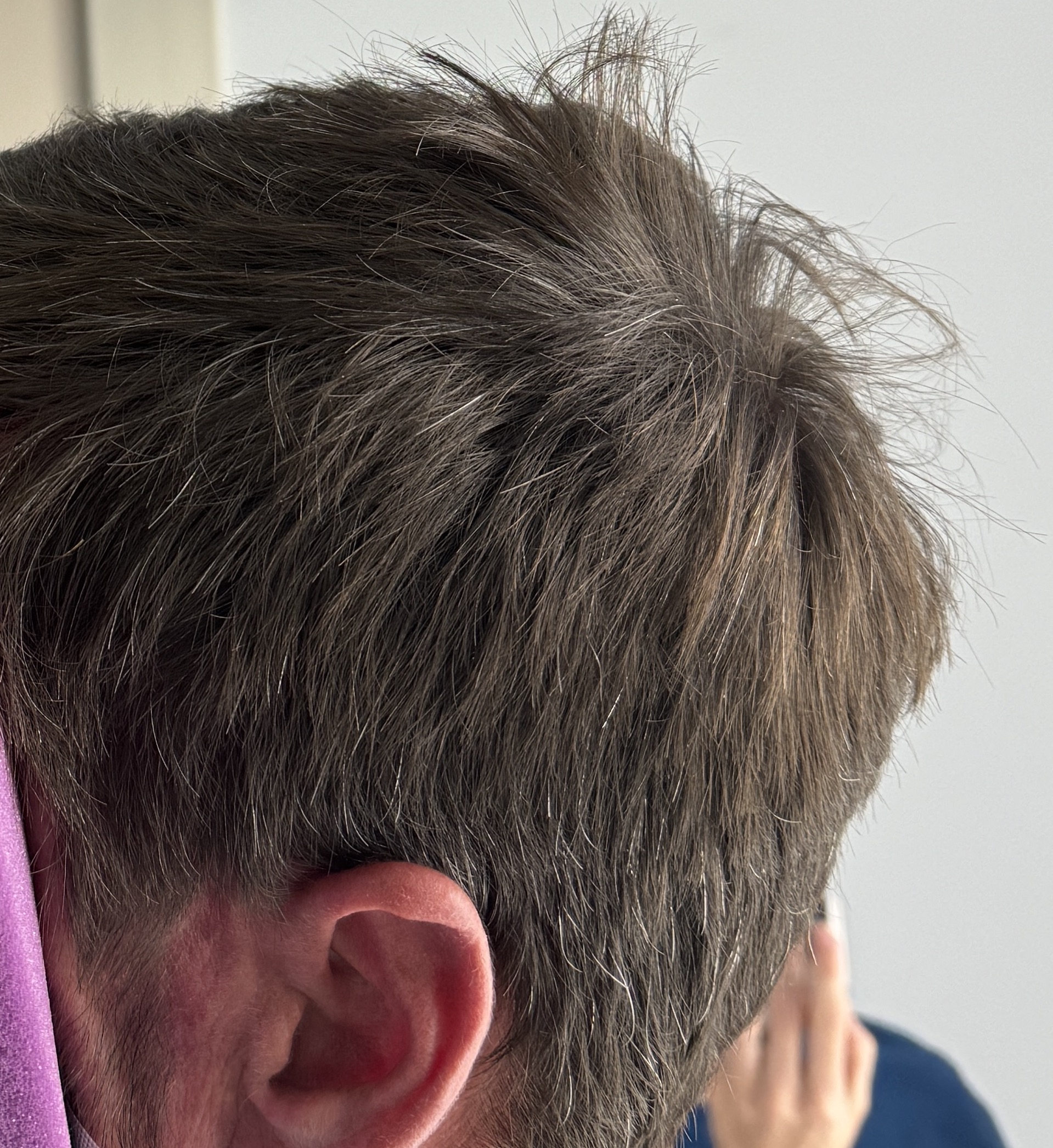
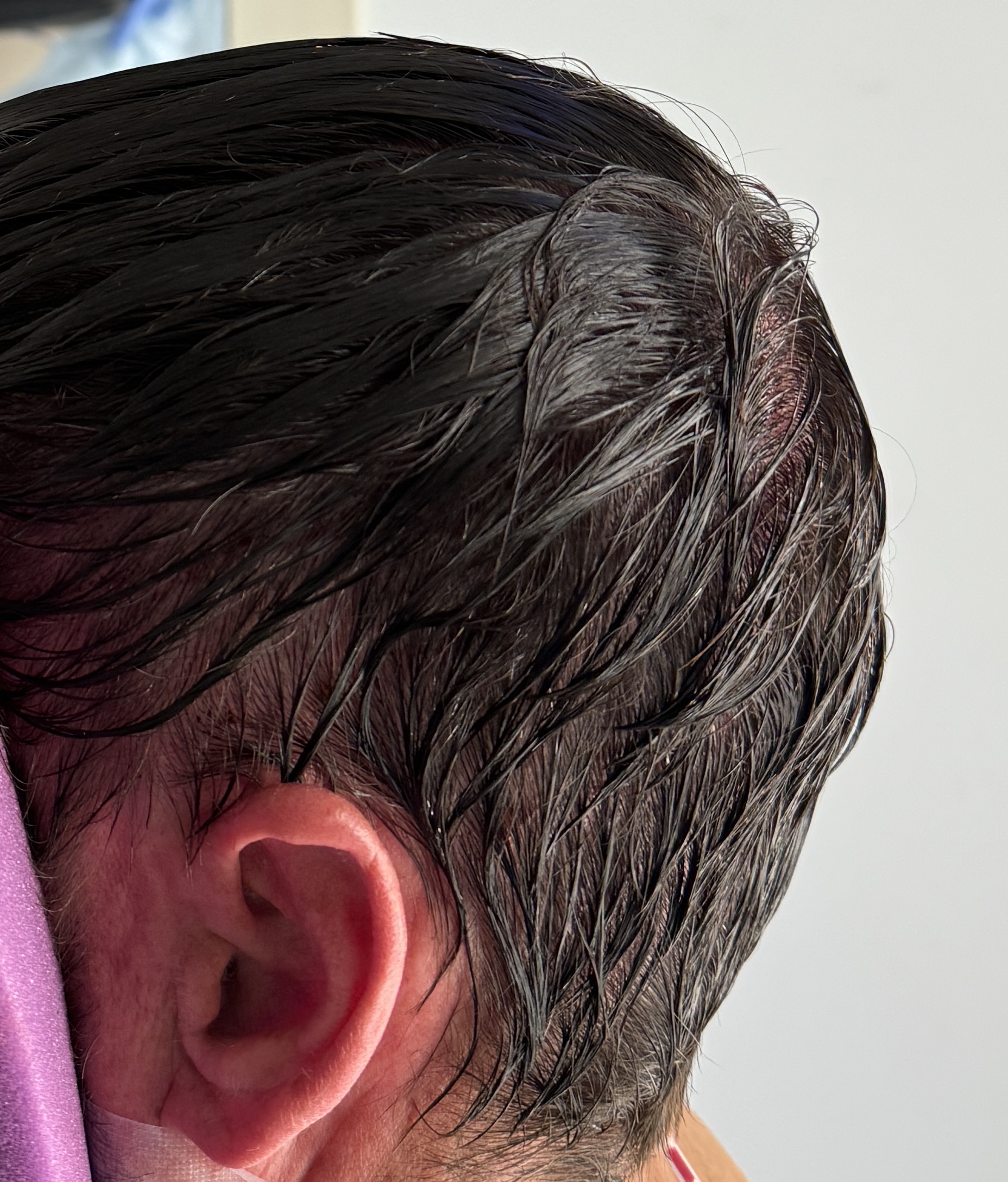
Desire for correction of an anterior coronal dip and flat back of the head.
Placement of custom skull implant for head reshaping placed through a posterior scalp incision.
Patient 177
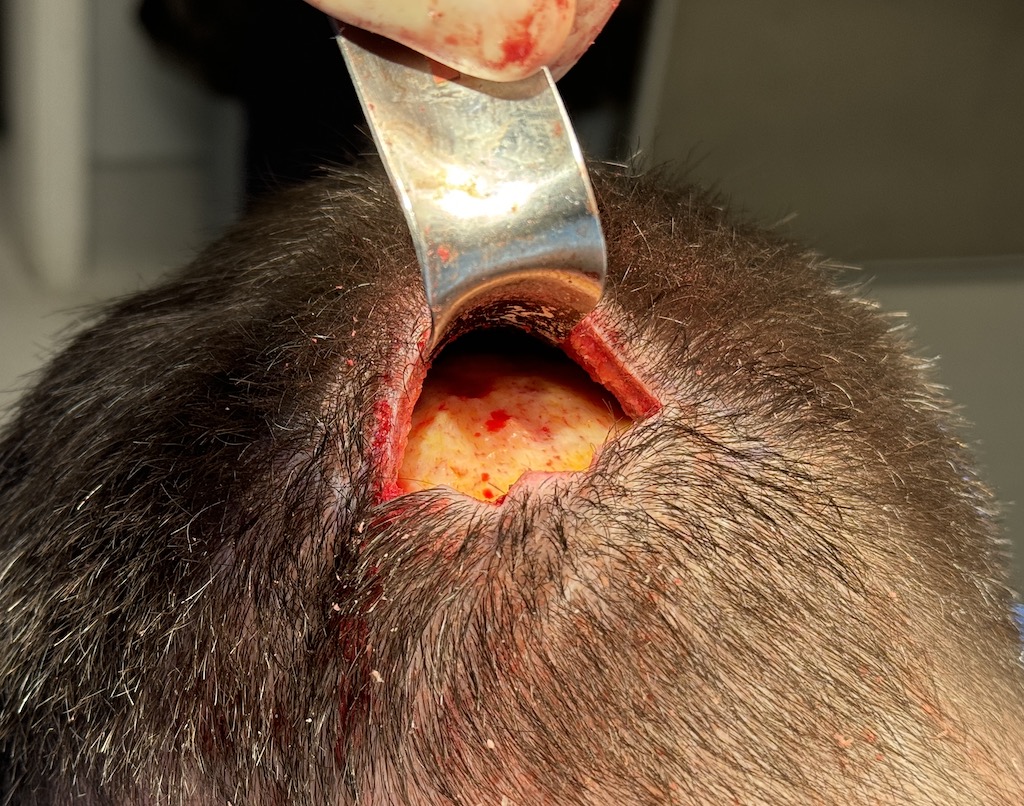
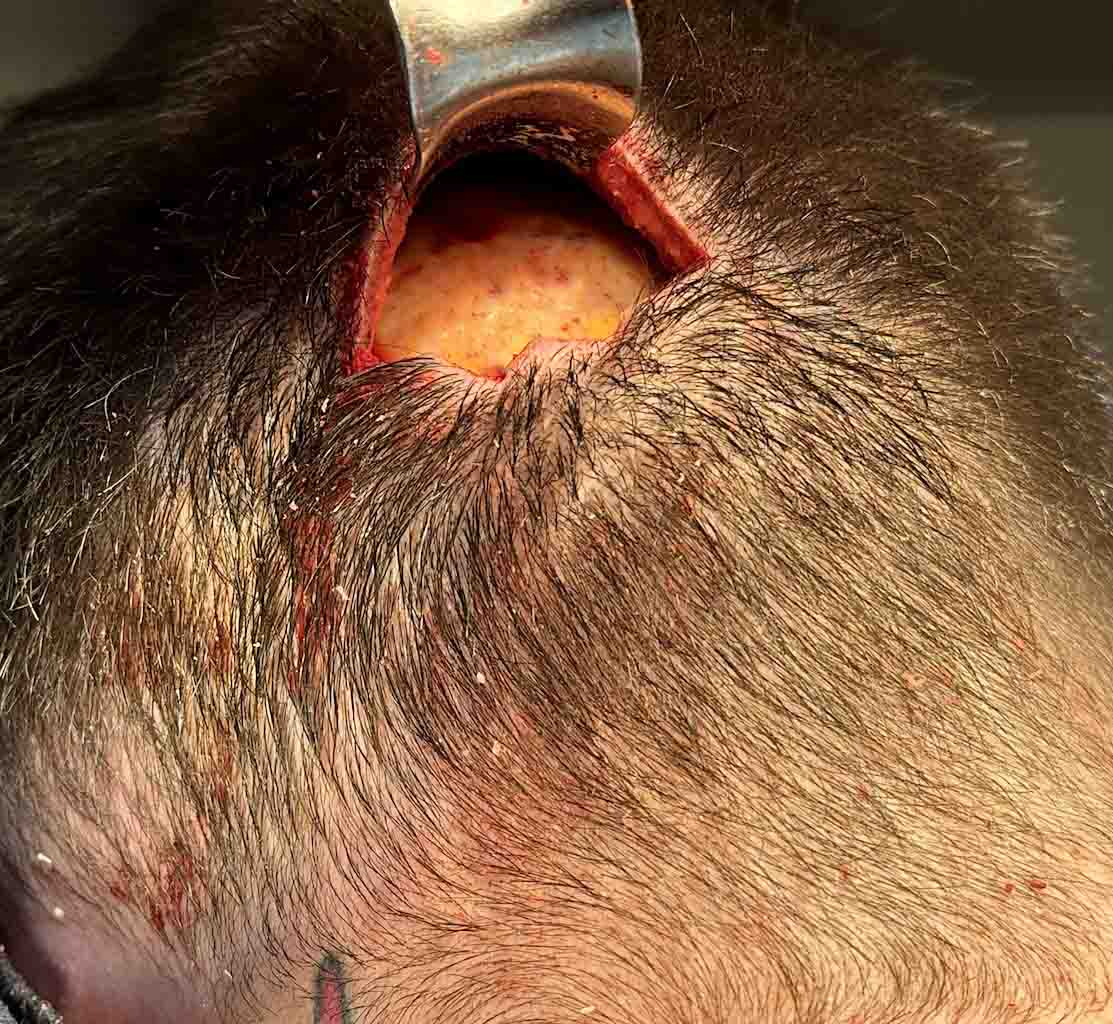
Desire for reduction of prominent bony protrusion on the back of his head. (occipital bun)
Occipital bun reduction by outer cortical bone removal through a small horizontal scalp incision.


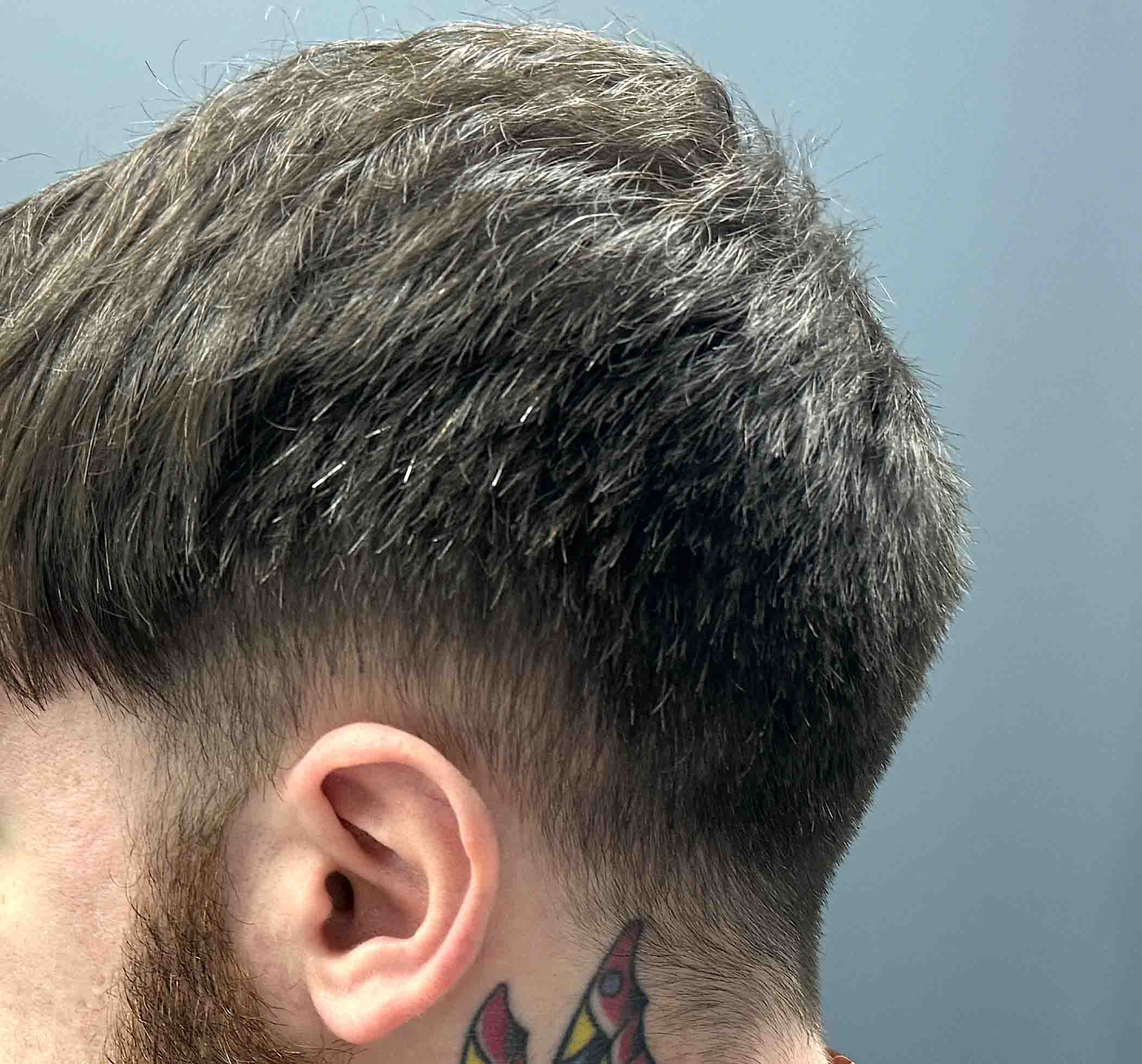
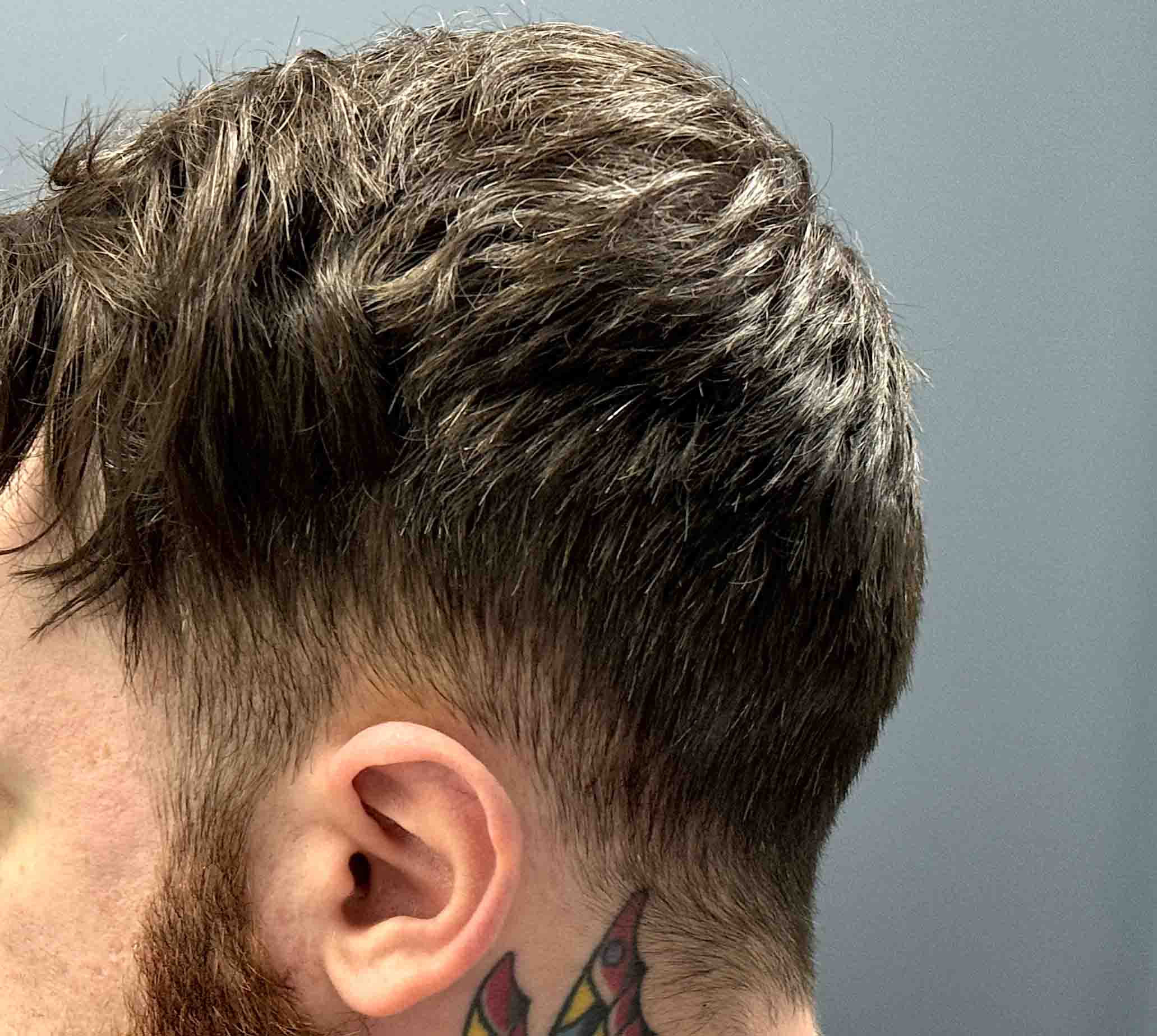
Desire for reduction of prominent bony protrusion on the back of his head. (occipital bun)
Occipital bun reduction by outer cortical bone removal through a small horizontal scalp incision.
Patient 178

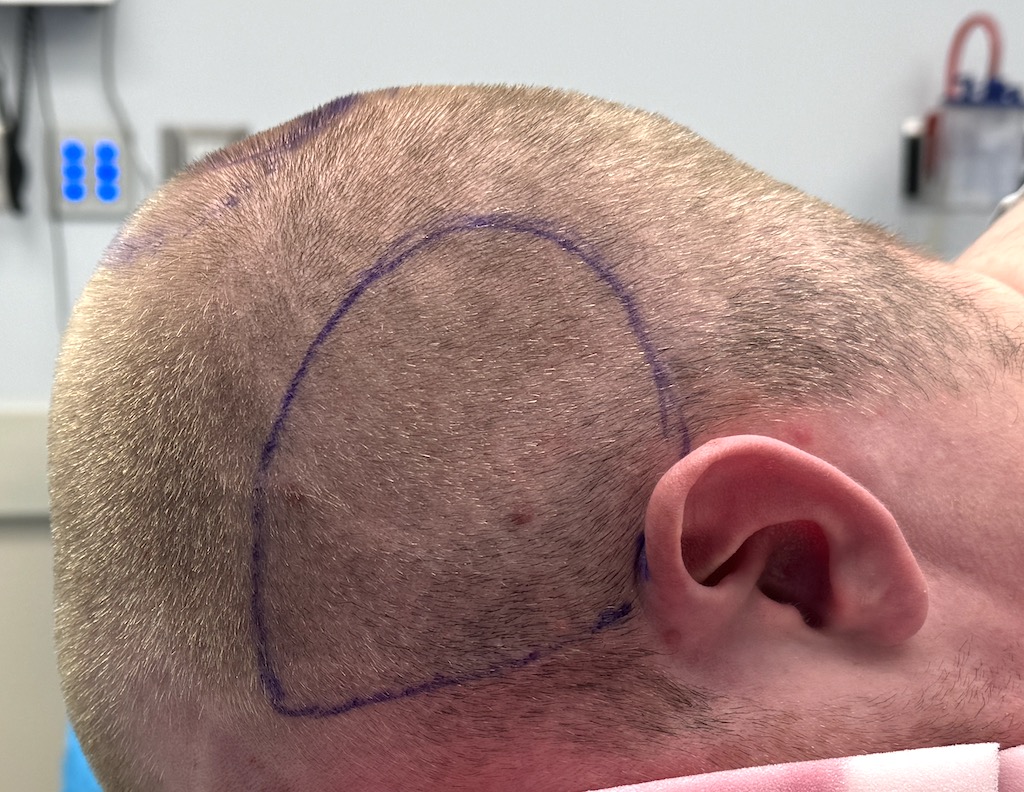
Desire tom reduce small occipital knob, augment posterior fontanelle indentation and narrow the width of his head.
Removal of small occipital knob with an overlying incision, upper back of head augmentation with bone cement and bilateral head width narrowing by temporal muscle removal.


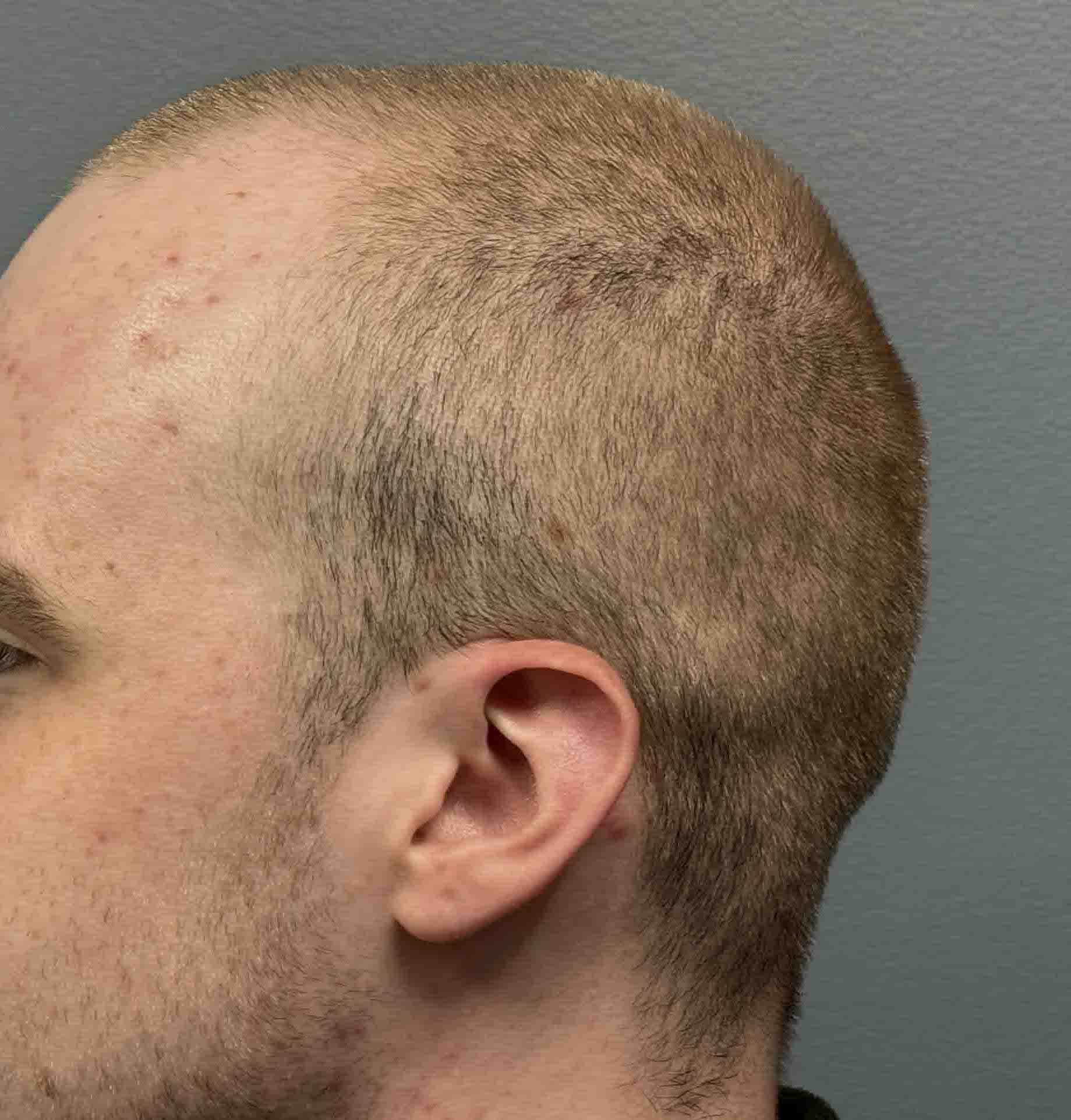
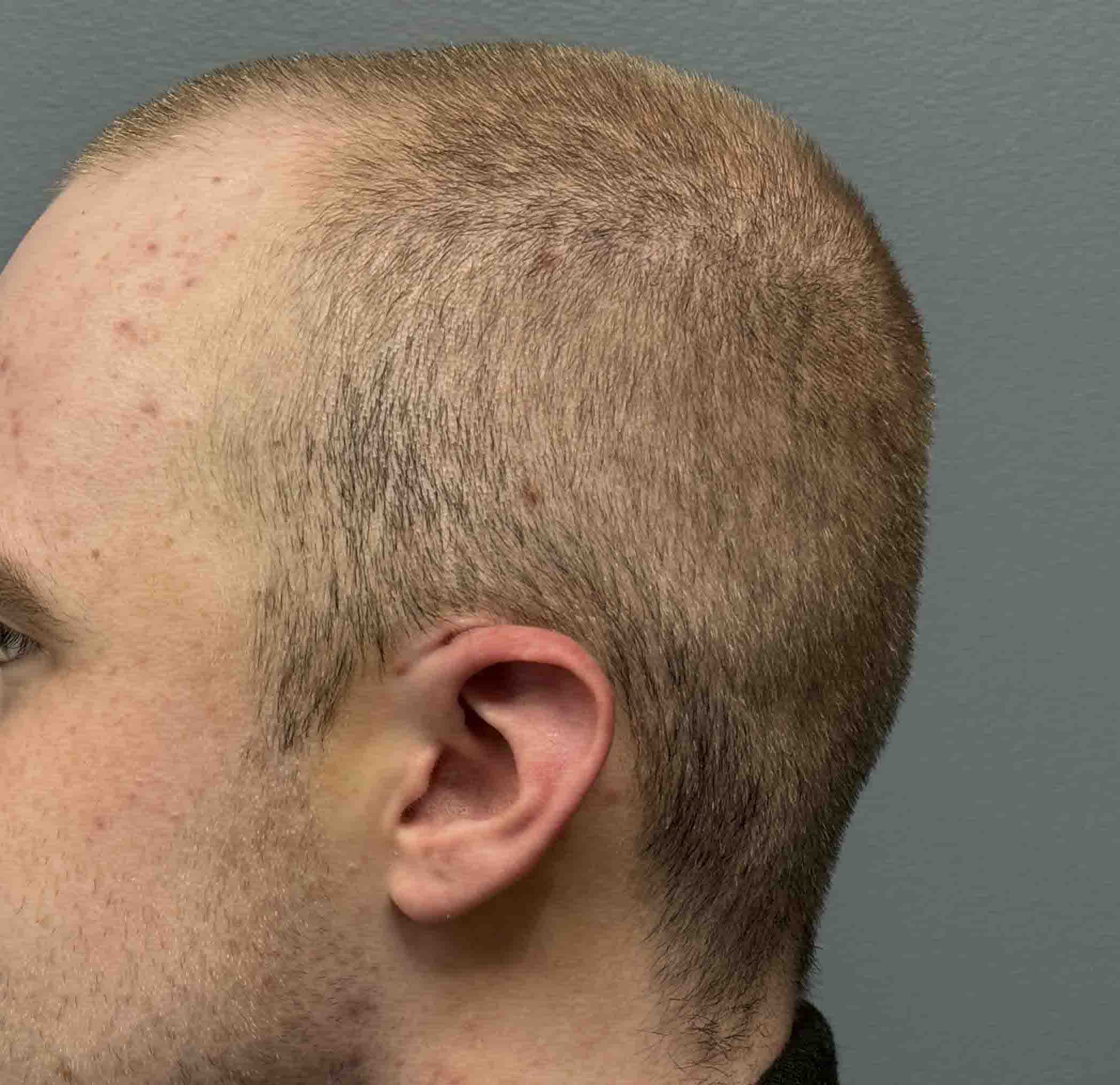
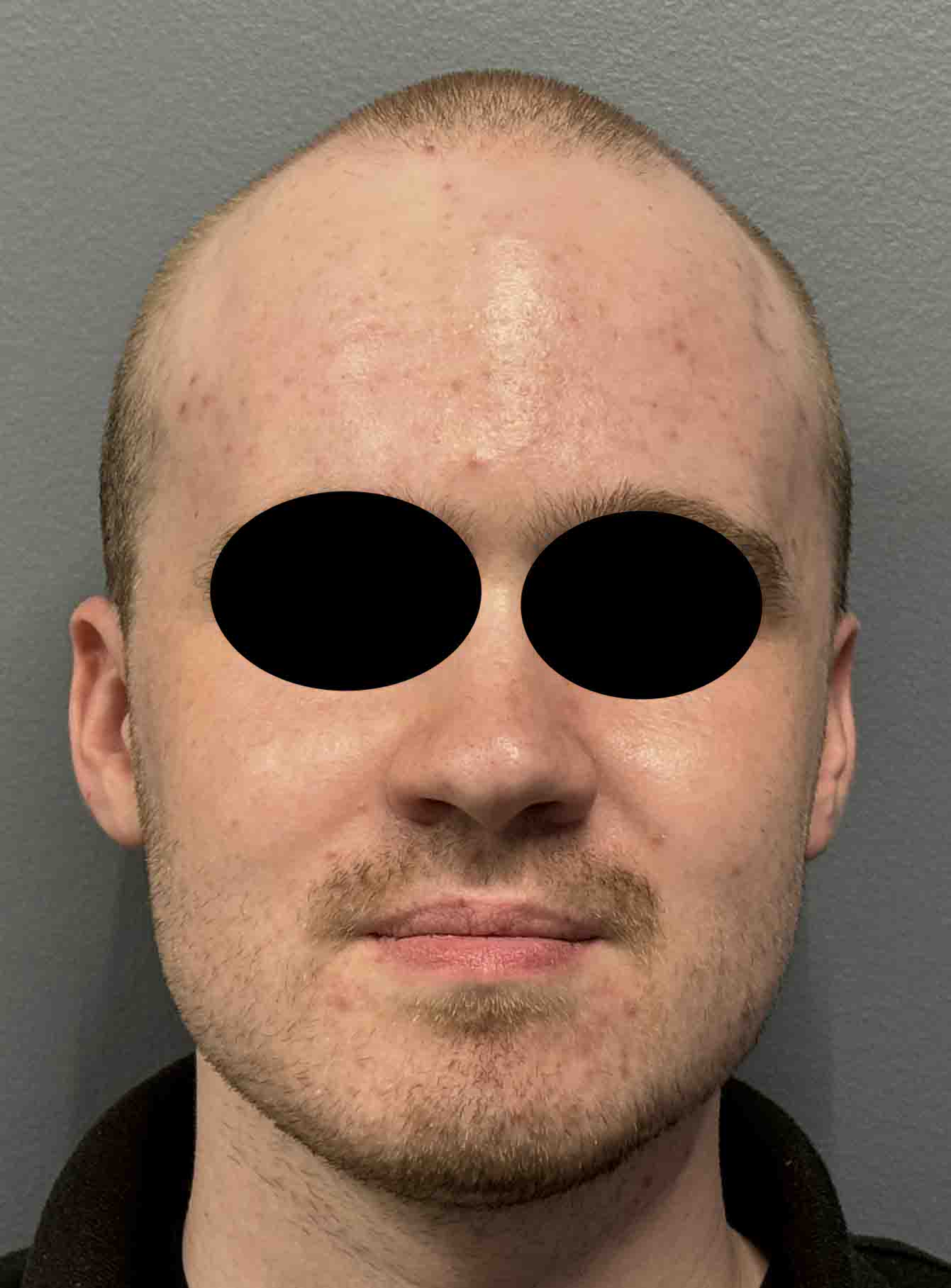
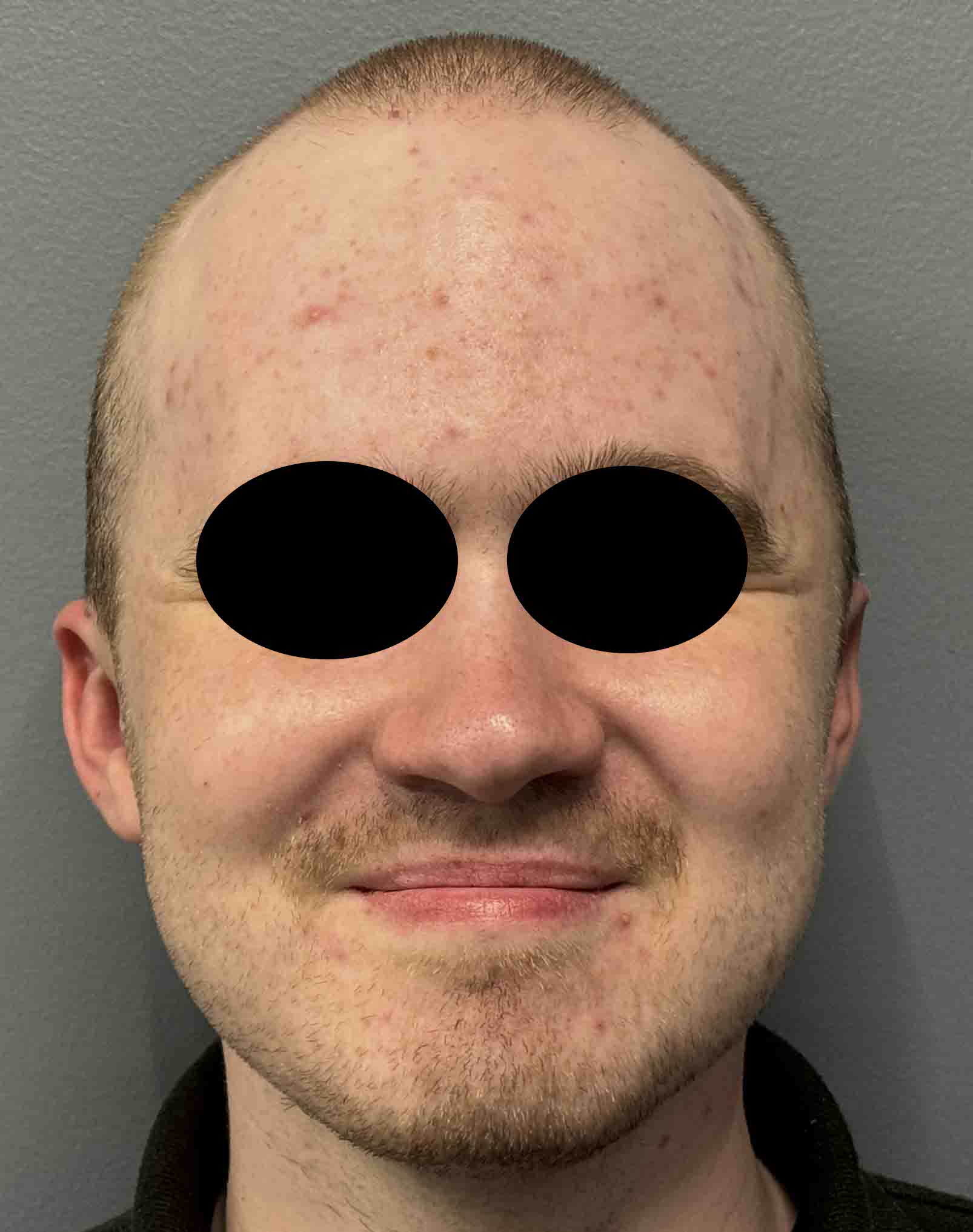
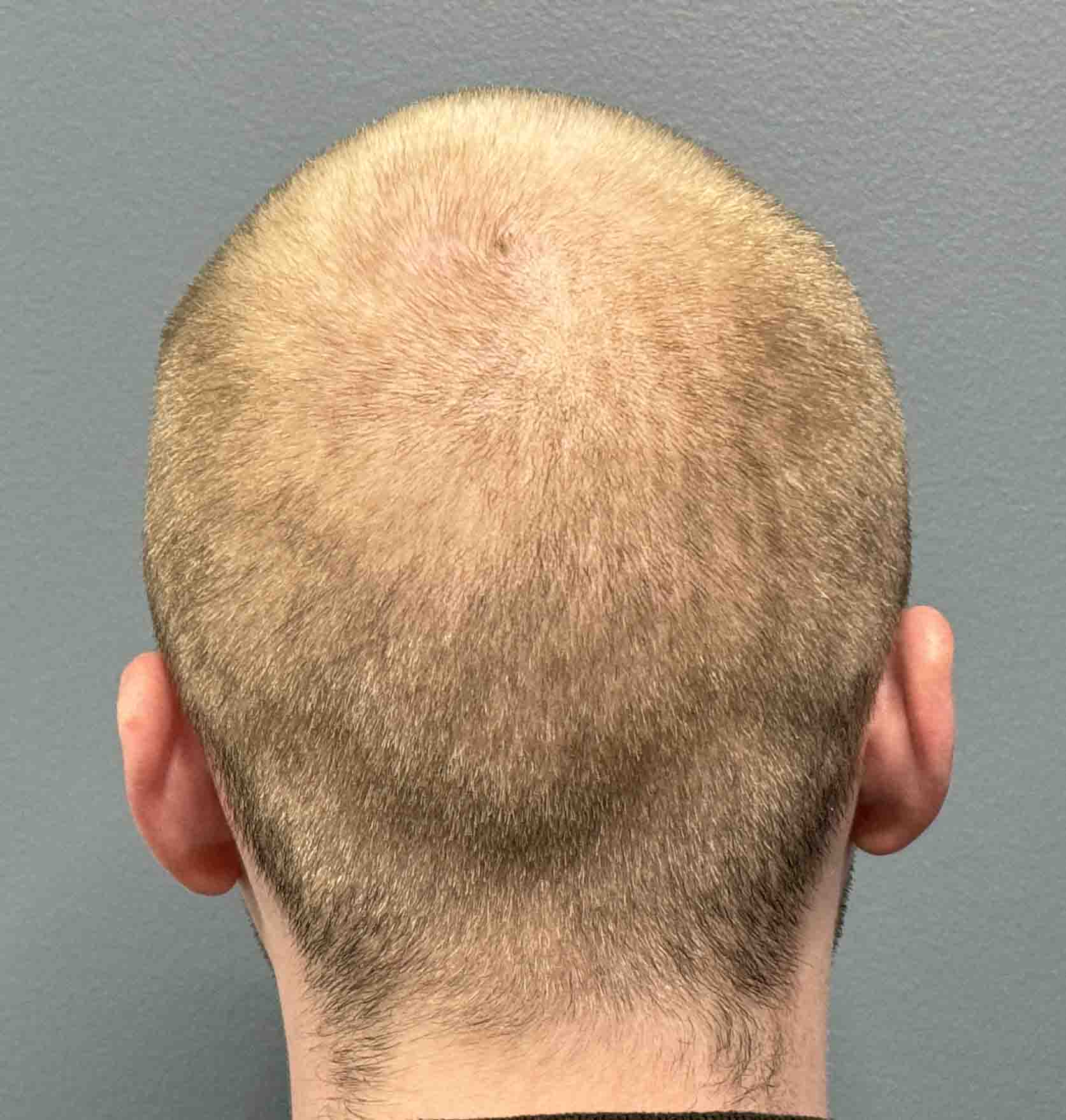
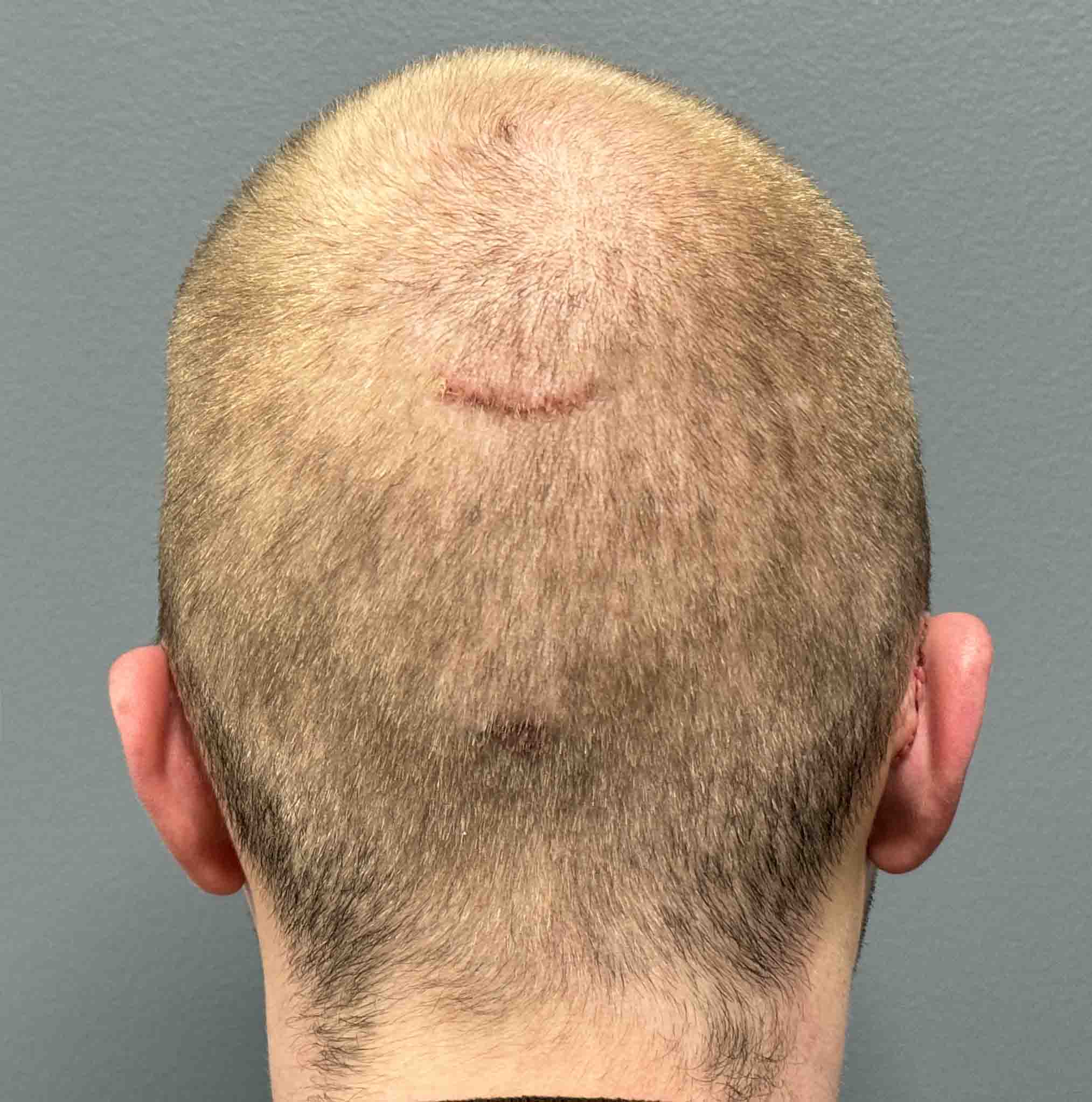
Desire tom reduce small occipital knob, augment posterior fontanelle indentation and narrow the width of his head.
Removal of small occipital knob with an overlying incision, upper back of head augmentation with bone cement and bilateral head width narrowing by temporal muscle removal.
Patient 179
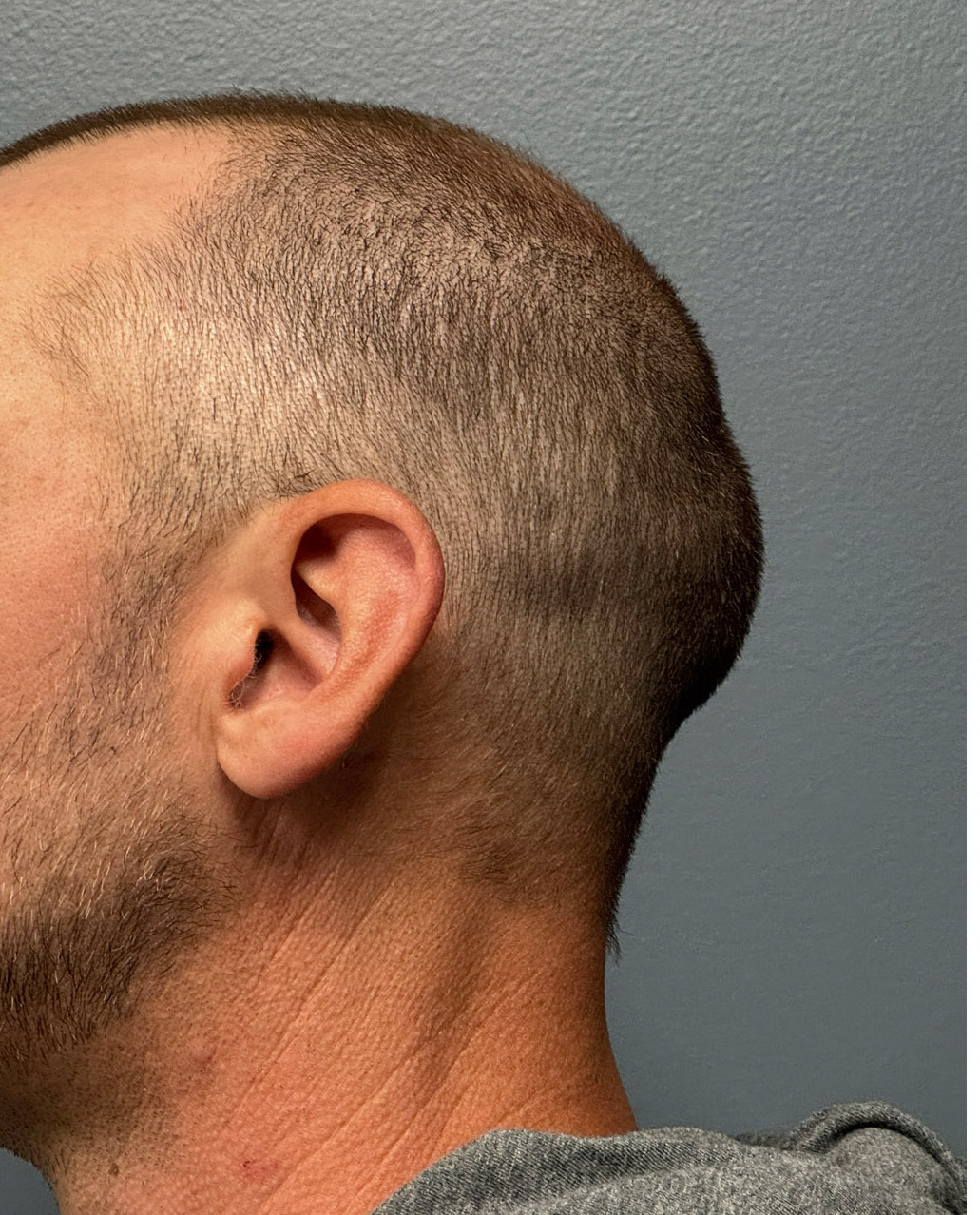
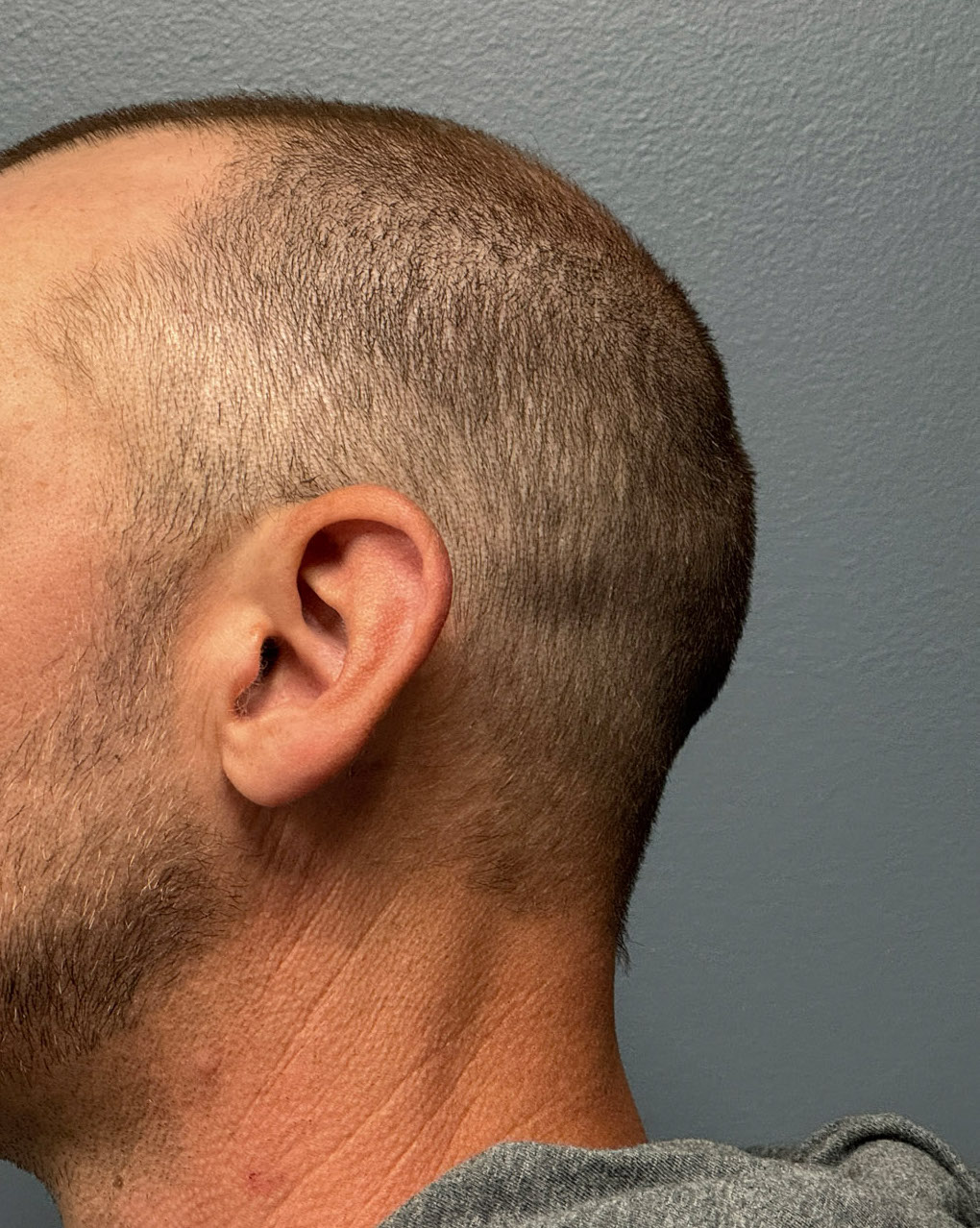
Desire for reduction of prominent occipital bun protrusion. Computer imaging was initially done to show how much reduction of the prominence was possible.
In the prone OR position the occipital bone prominence was reduced down through the outer cortical table to the diploic space.


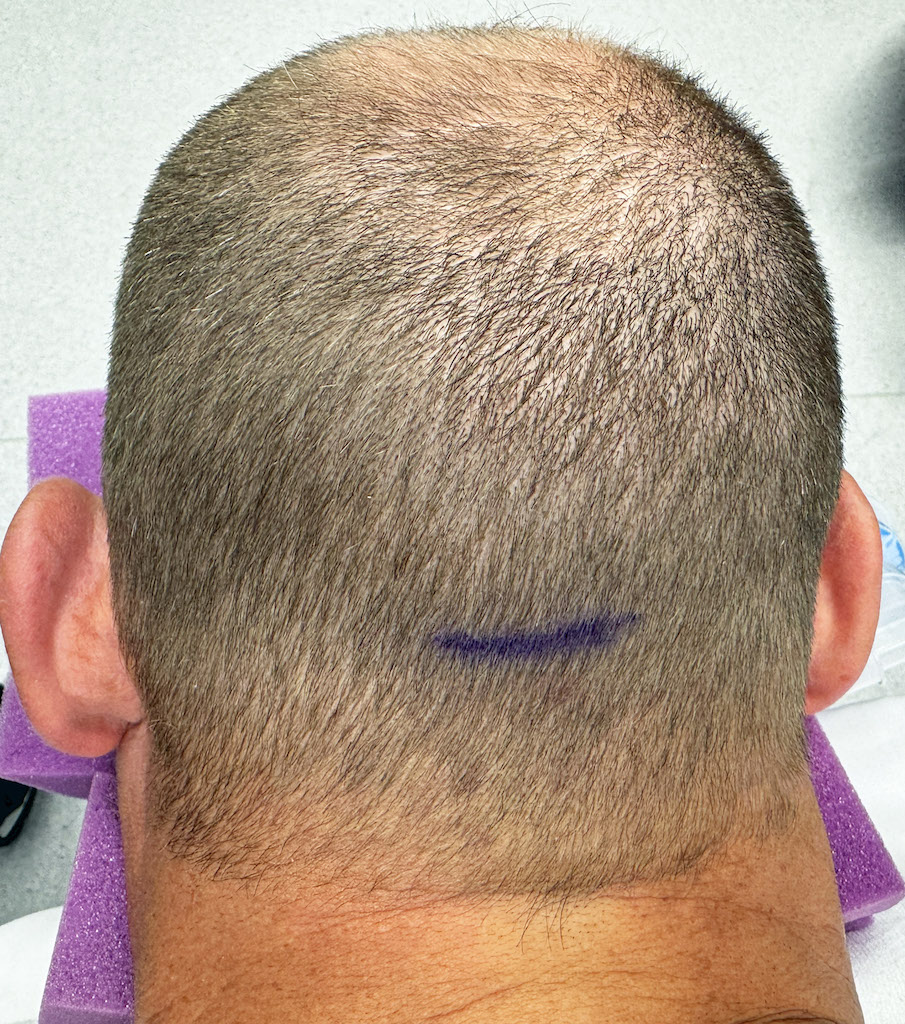
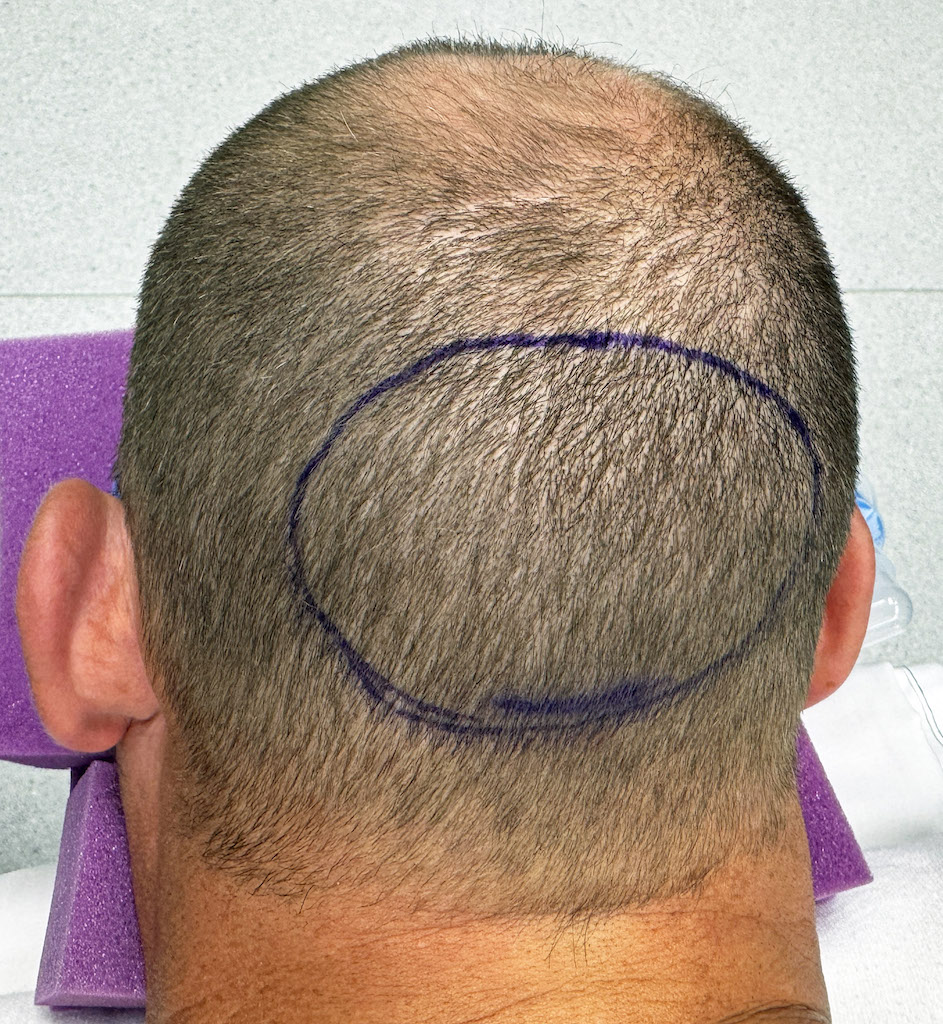
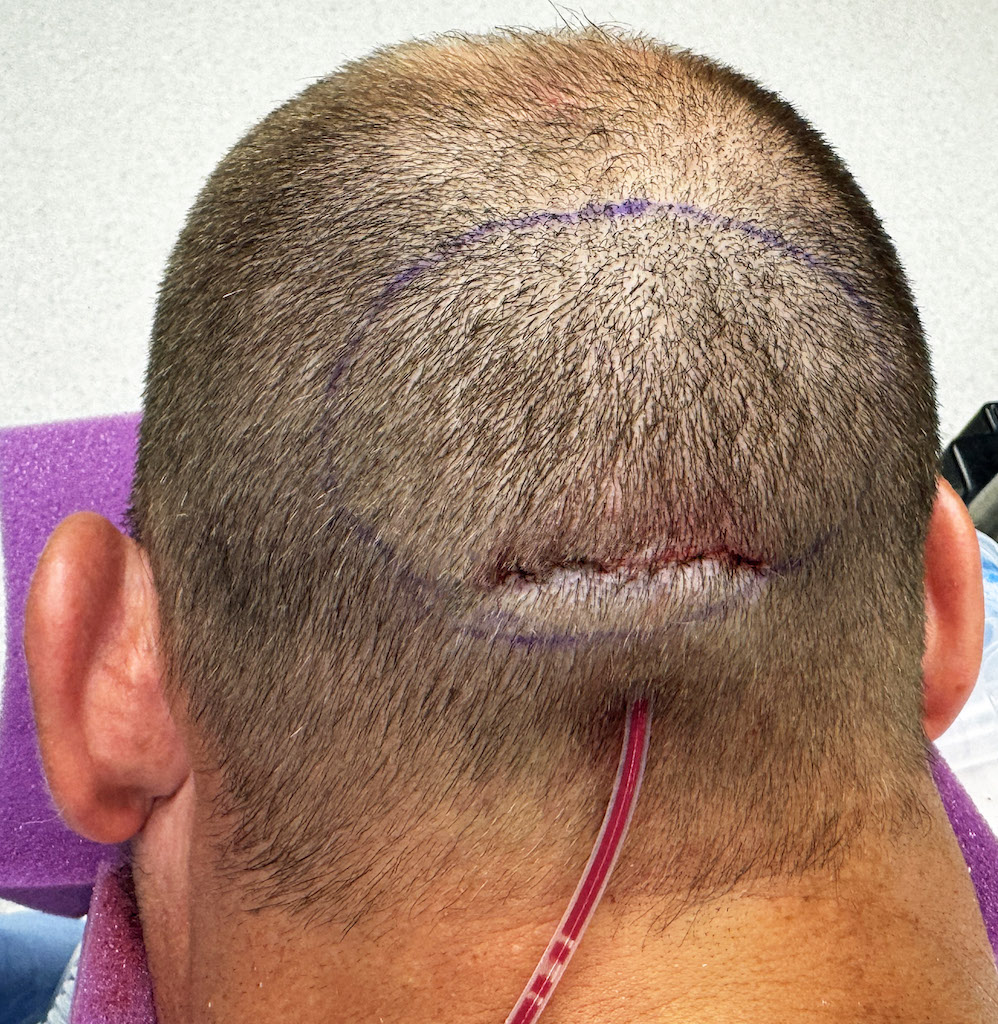
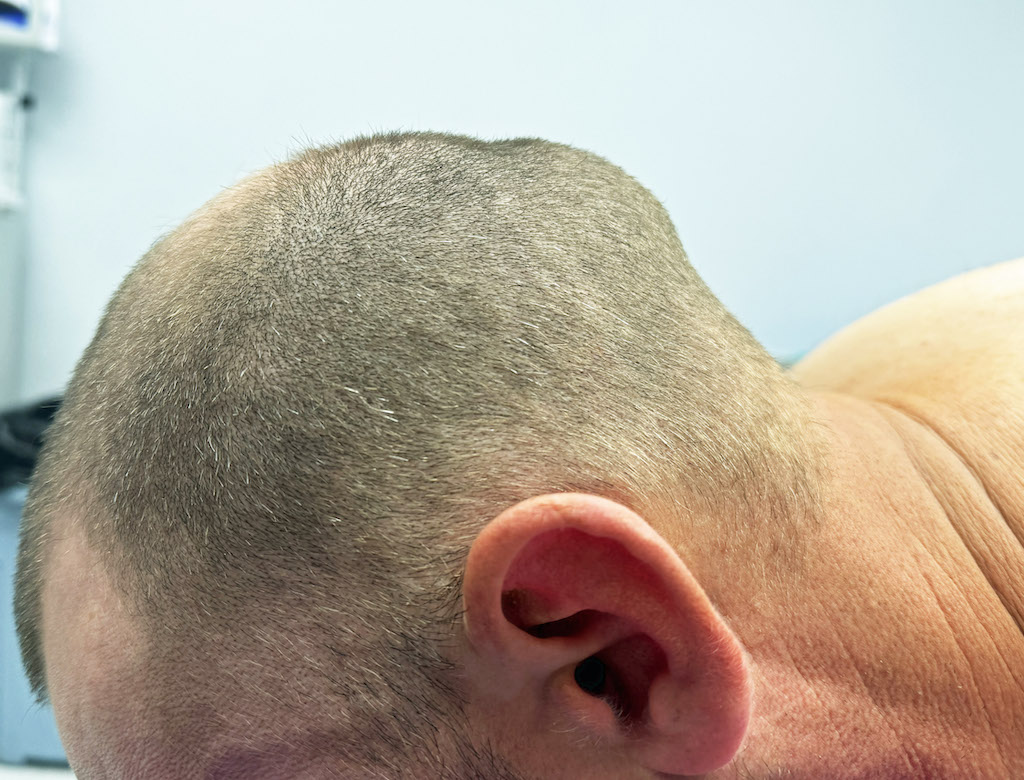
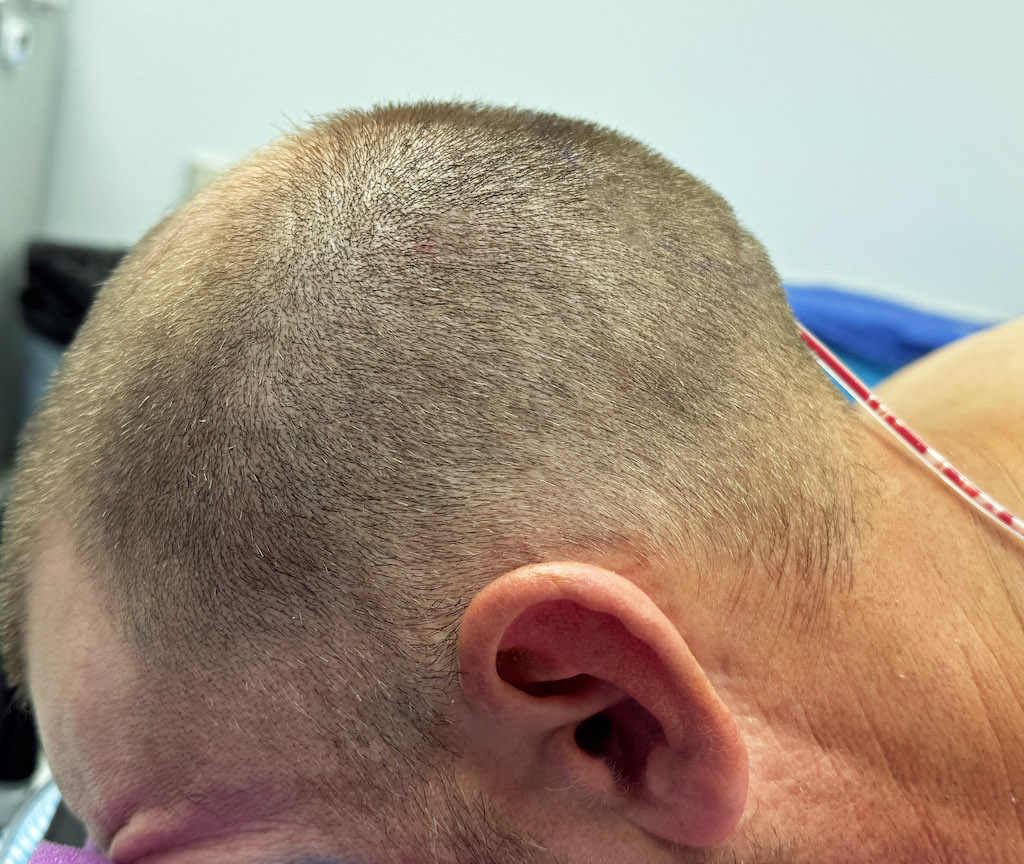
Desire for reduction of prominent occipital bun protrusion. Computer imaging was initially done to show how much reduction of the prominence was possible.
In the prone OR position the occipital bone prominence was reduced down through the outer cortical table to the diploic space.
Patient 180
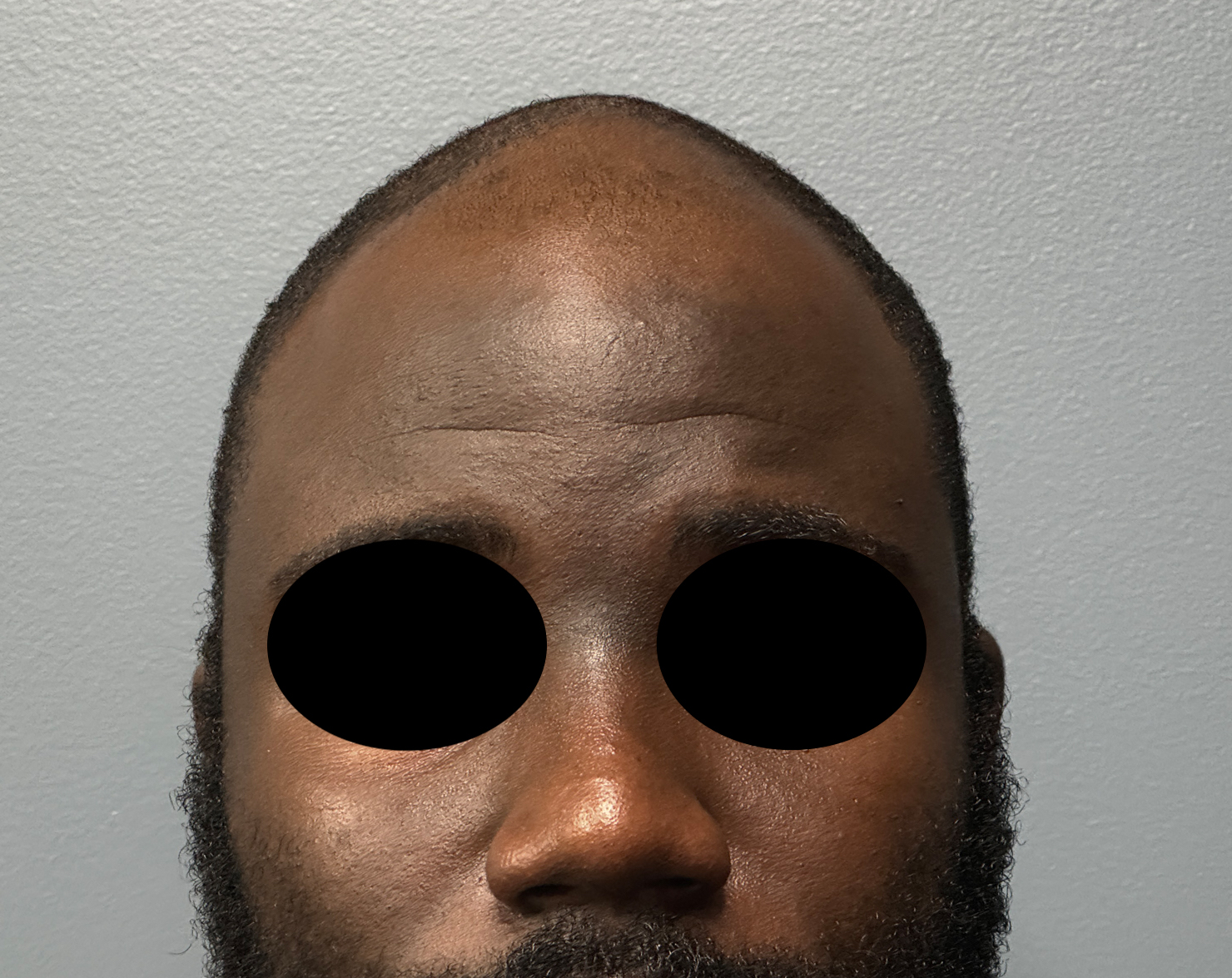
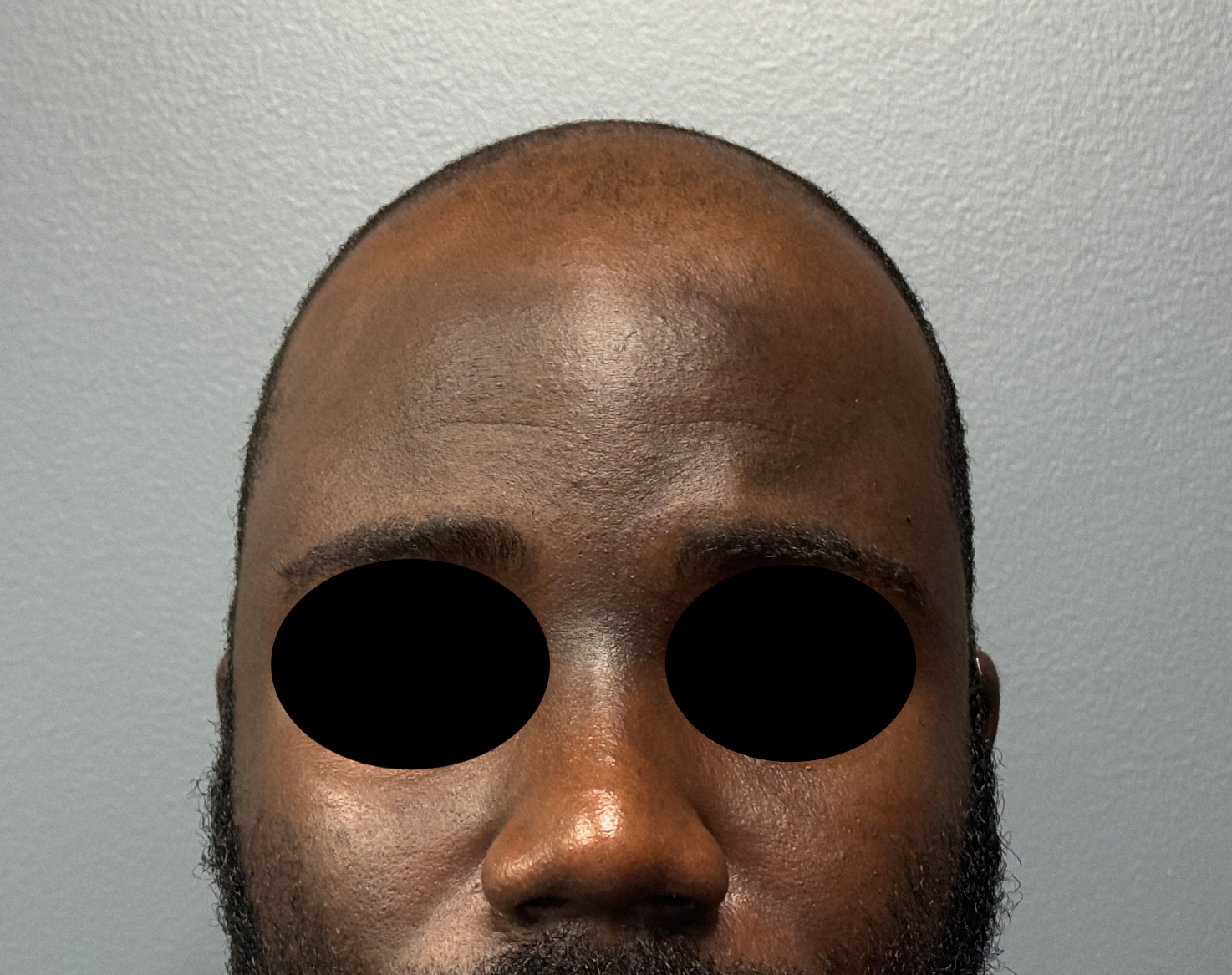
Desire for high crown of the skull reduction
Removal of the outer cortical layer of the crown of the skull (parietal bones) with the need for some scalp removal as well.


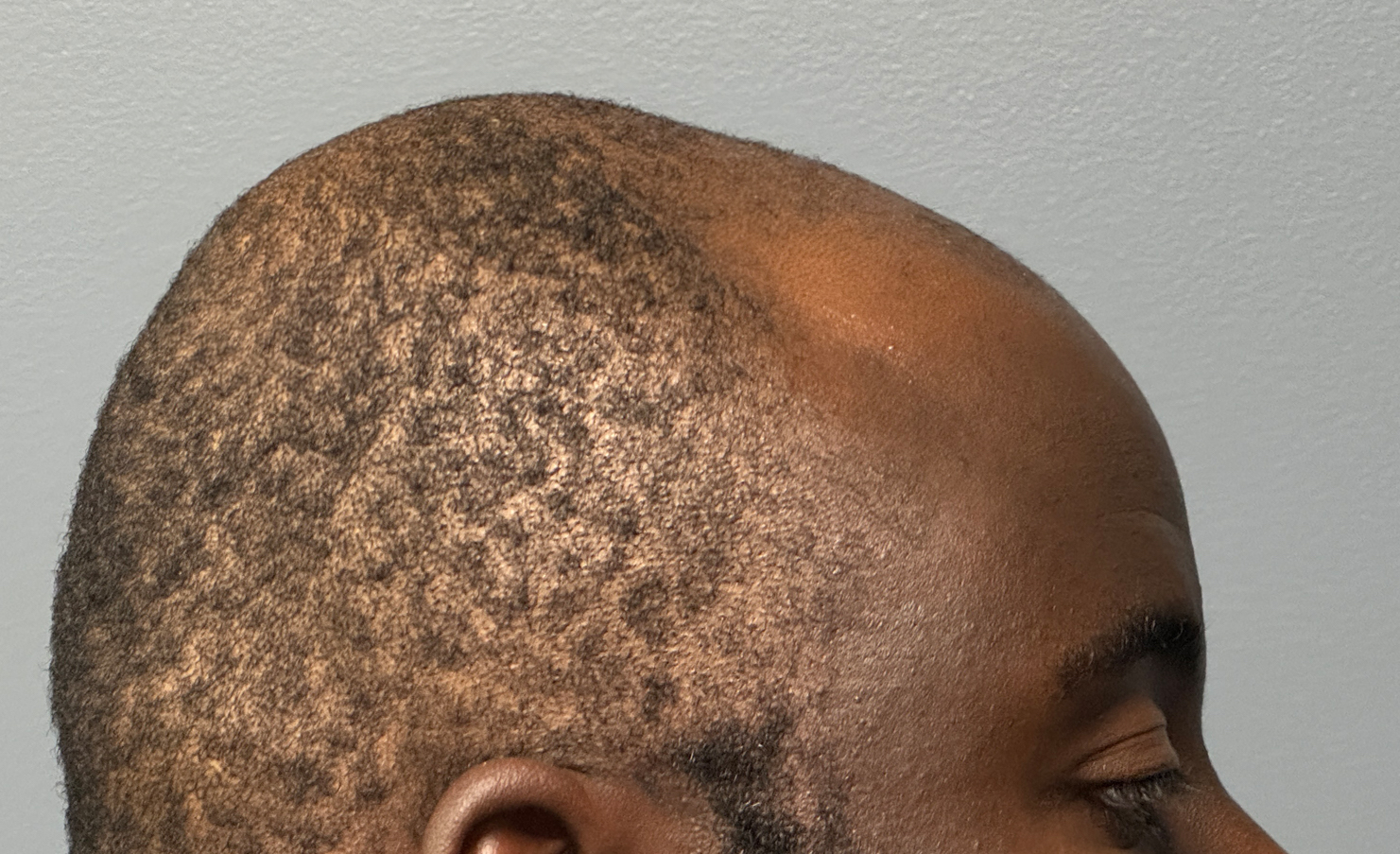
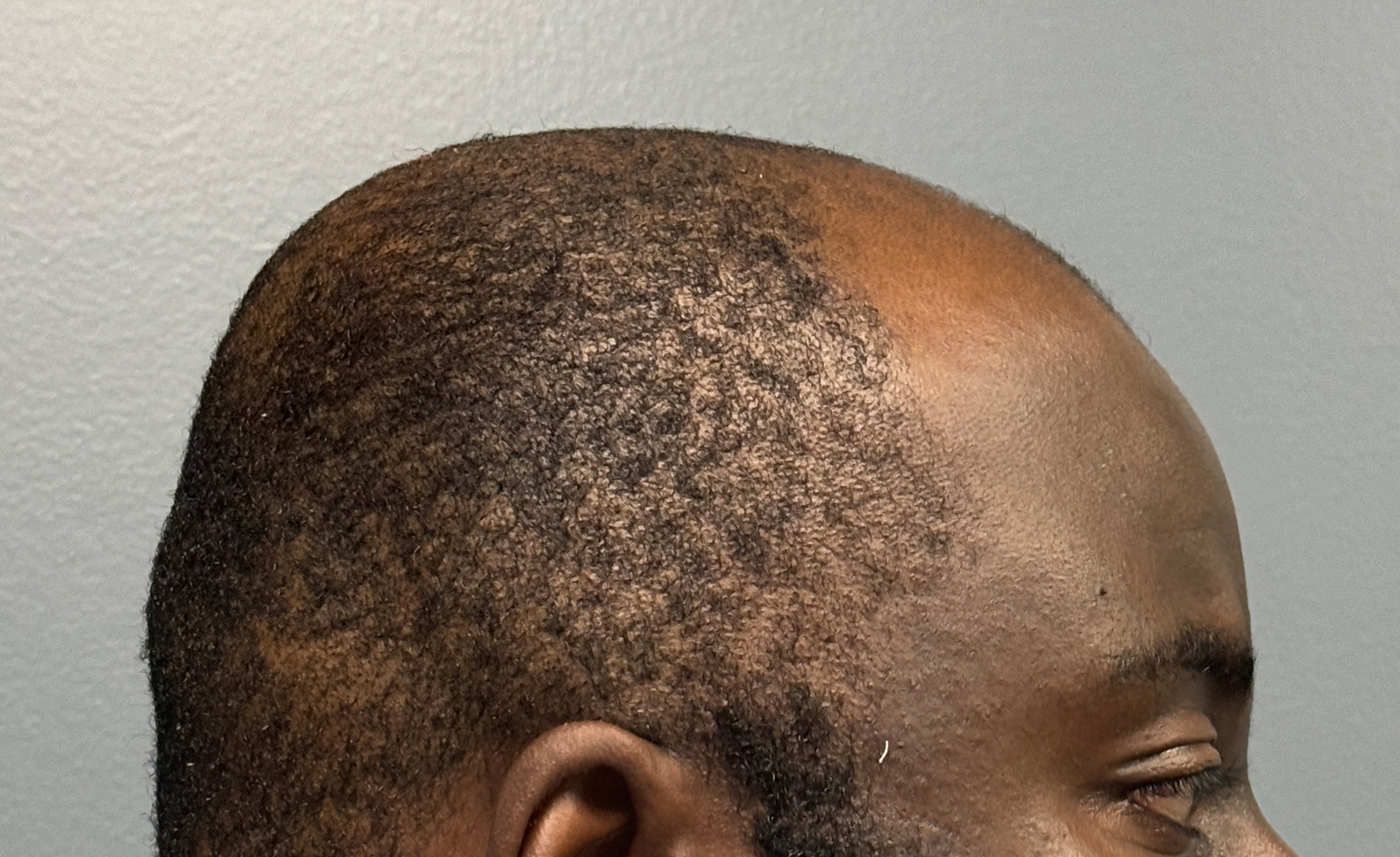
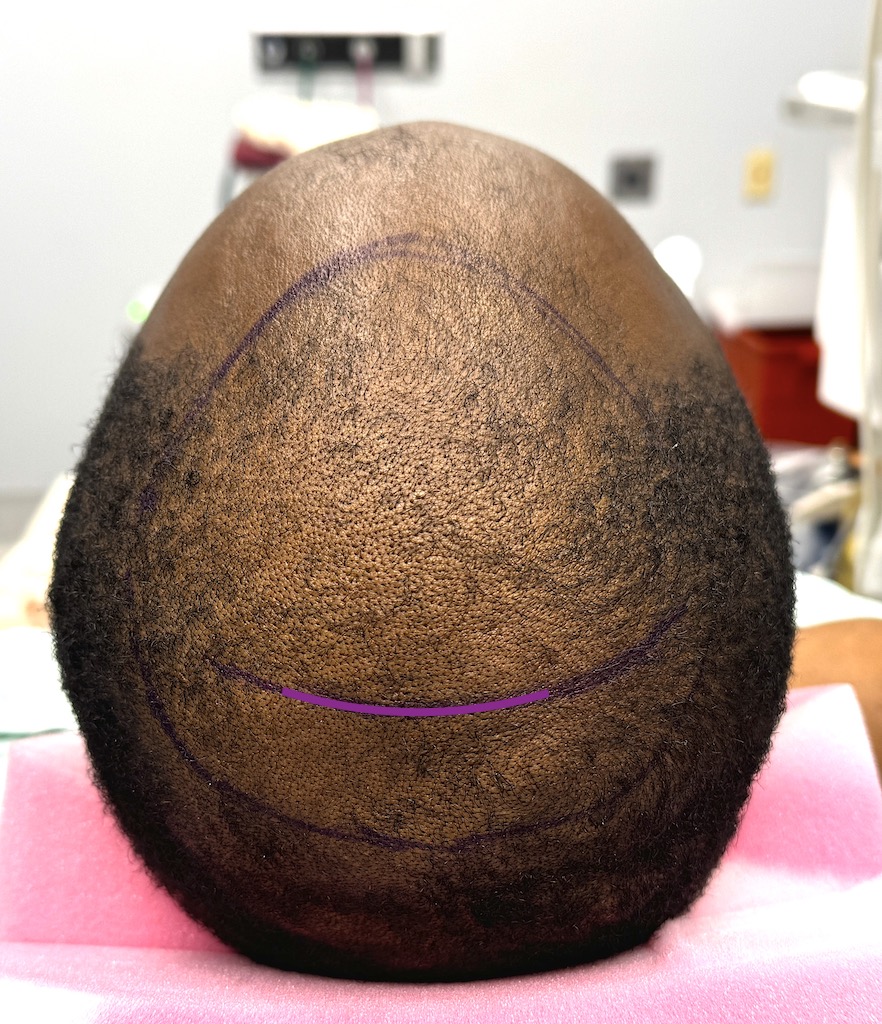
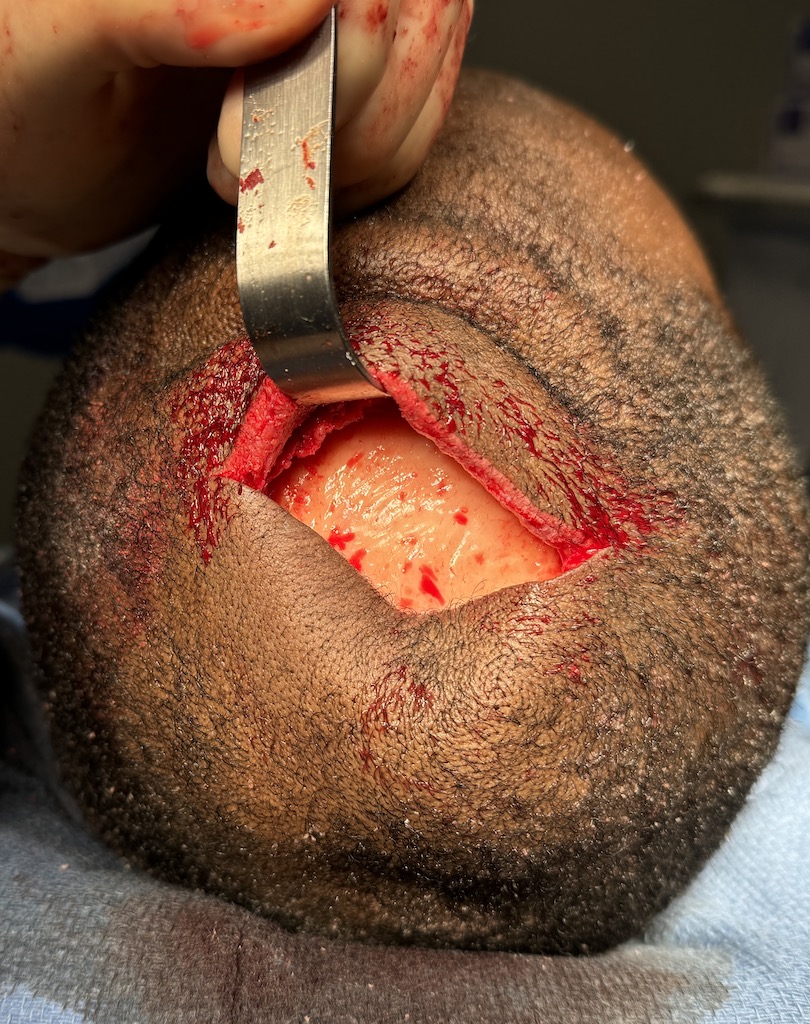
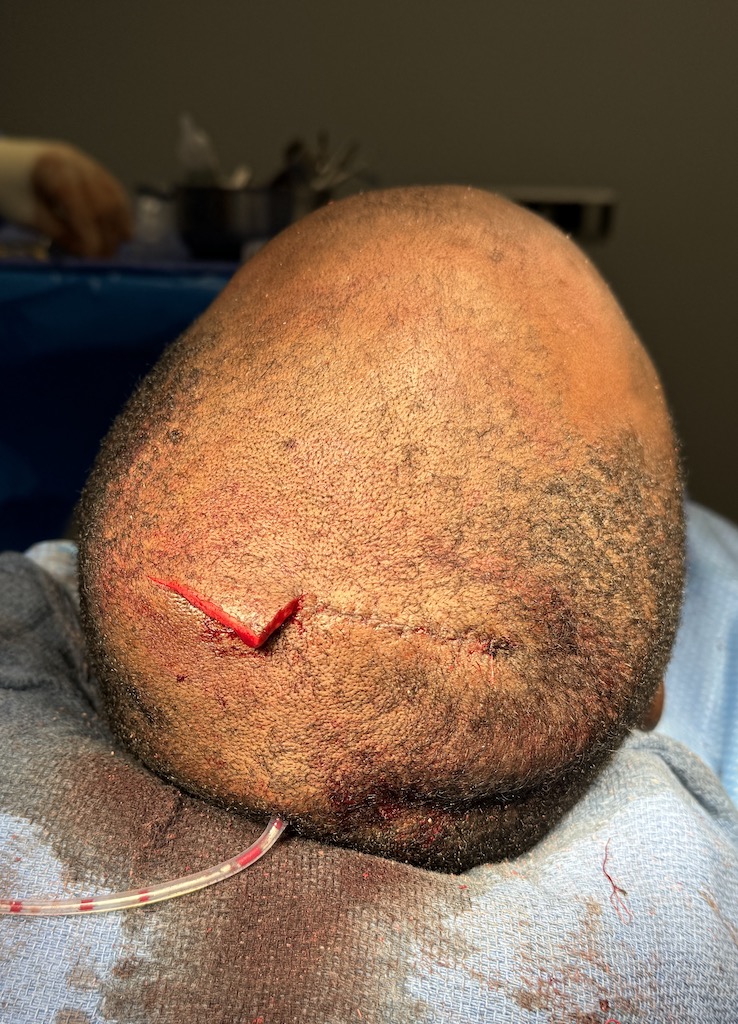
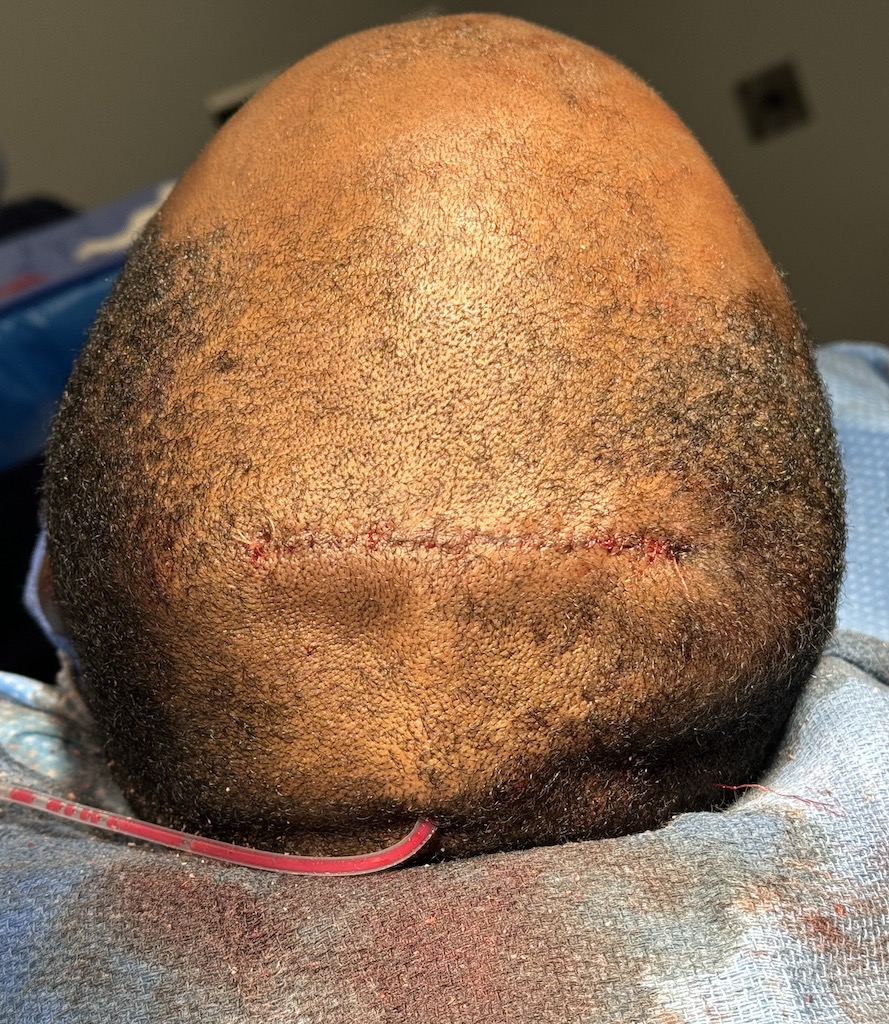
Desire for high crown of the skull reduction
Removal of the outer cortical layer of the crown of the skull (parietal bones) with the need for some scalp removal as well.
Patient 181
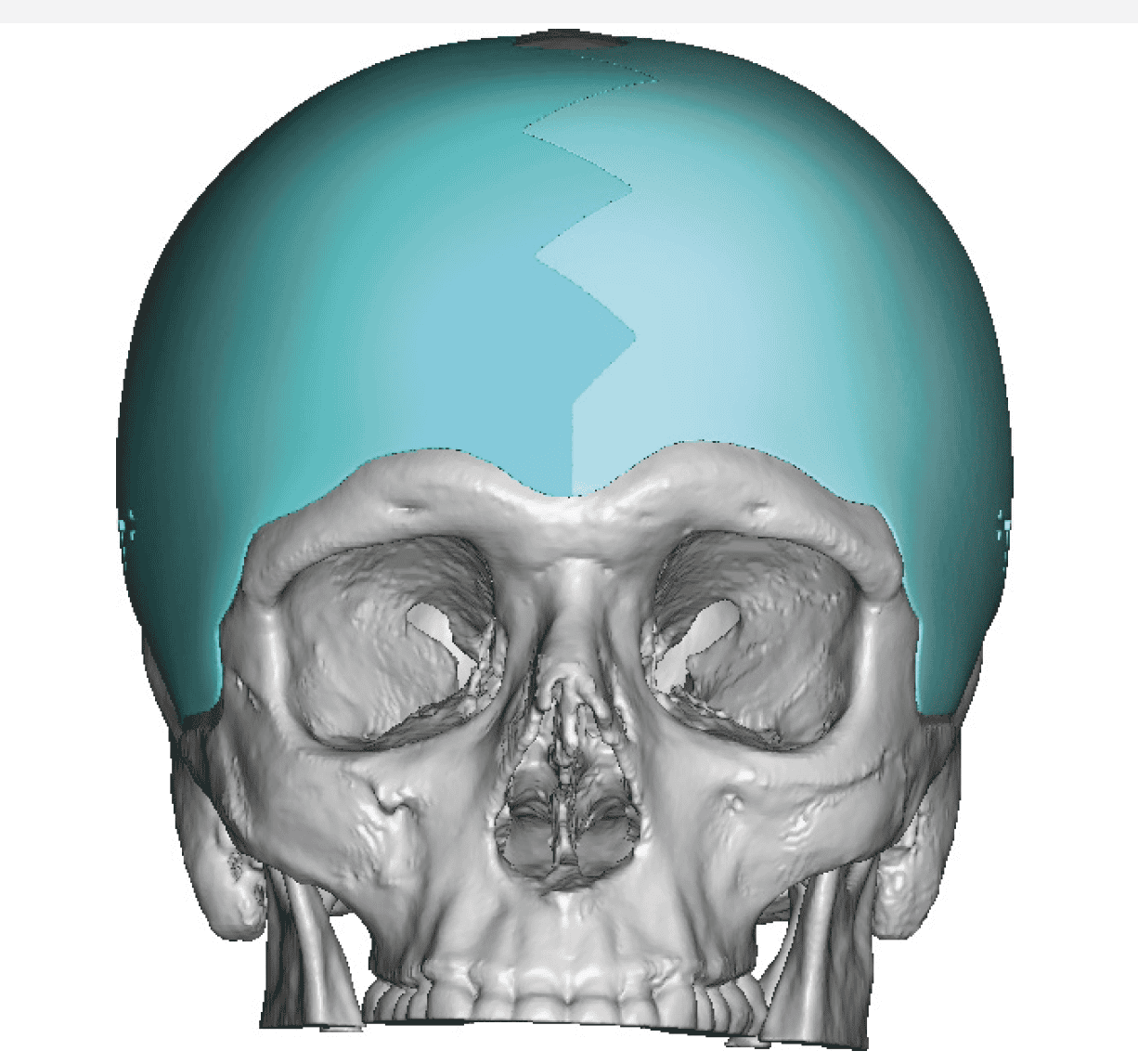
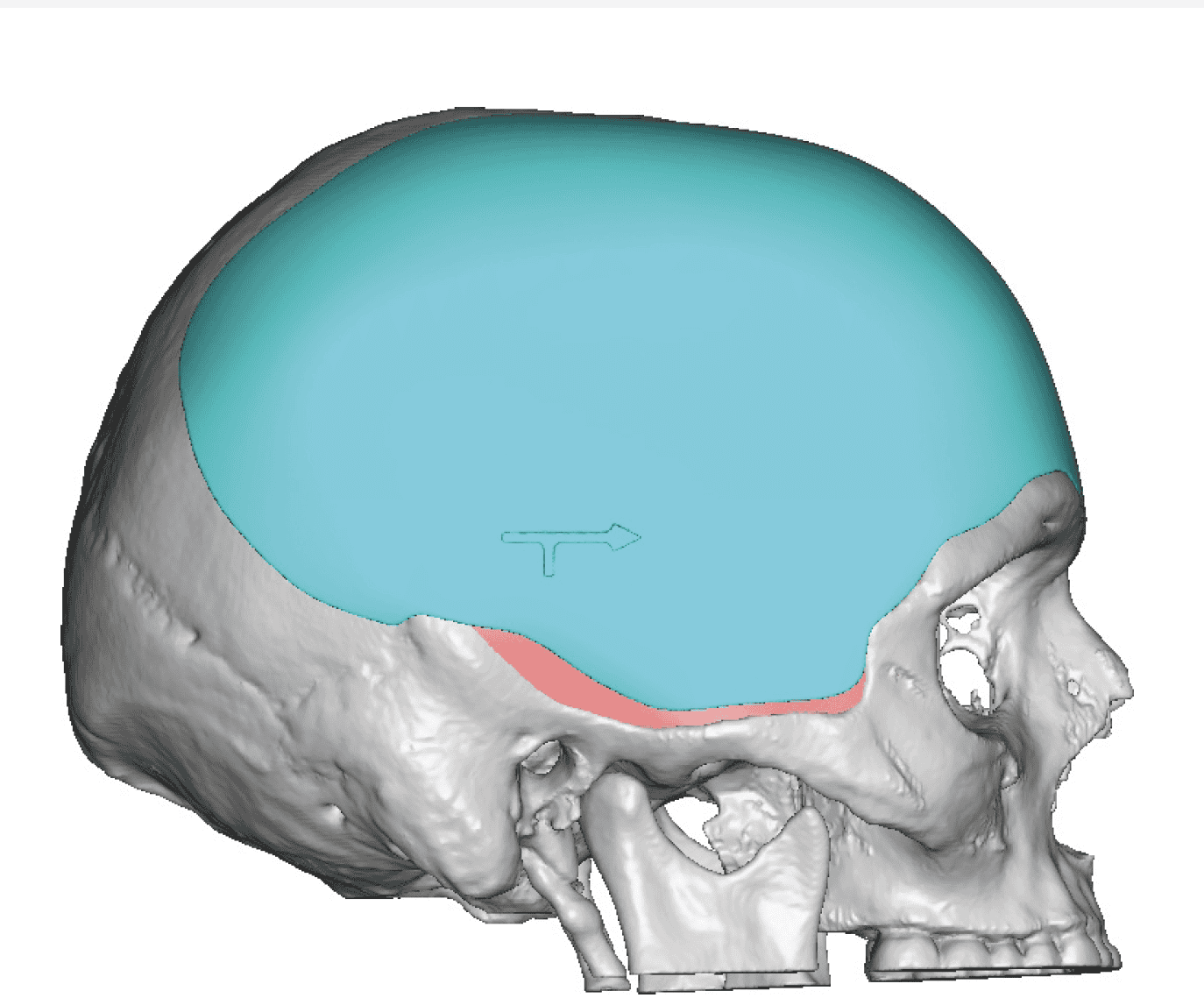
Desire for combined forehead augmentation with side of the head widening.
Placement of custom two-piece forehead-temp[oral wrap around skull implant placed through bilateral postauricular incisions aided by a small frontal retrohairline frontal incision for endoscopic-assisted forehead placement.


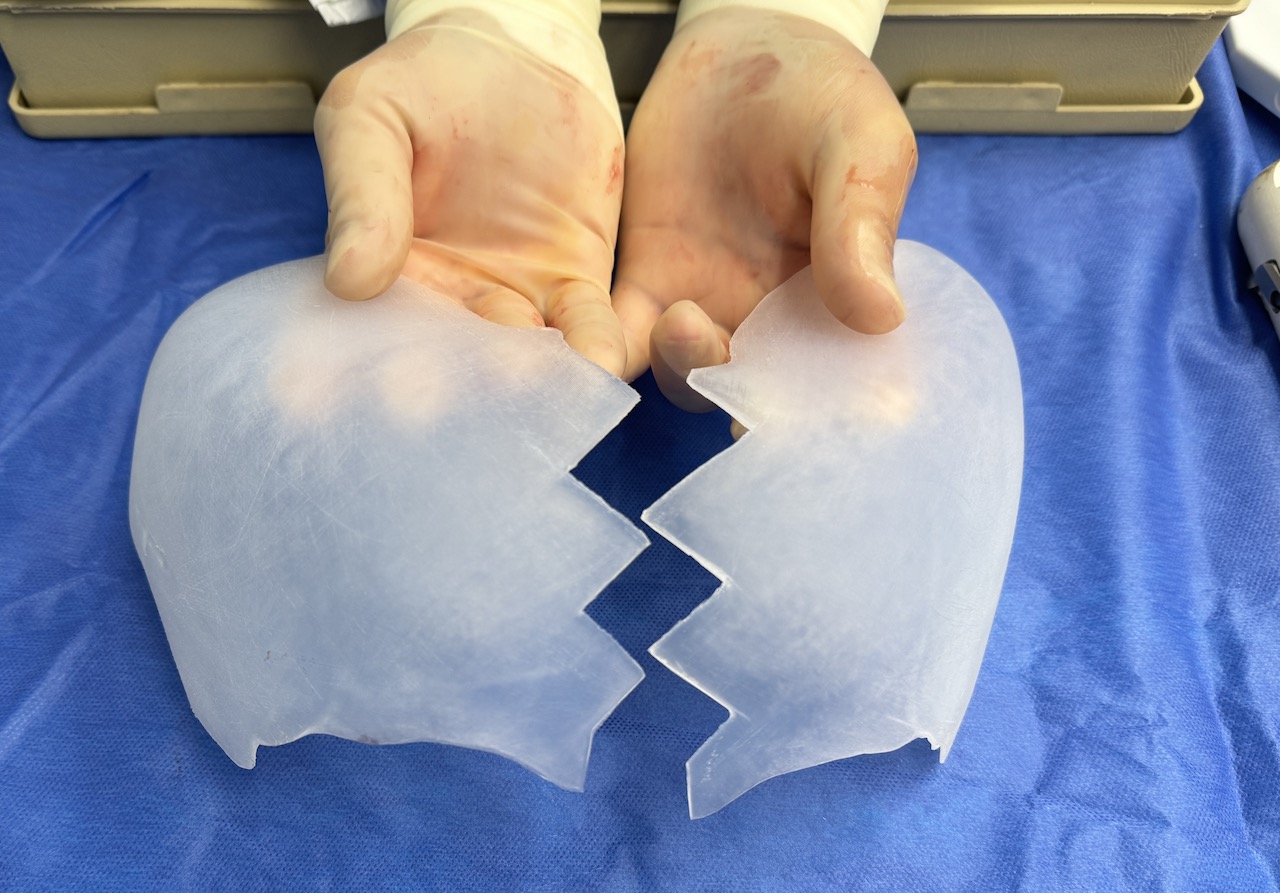
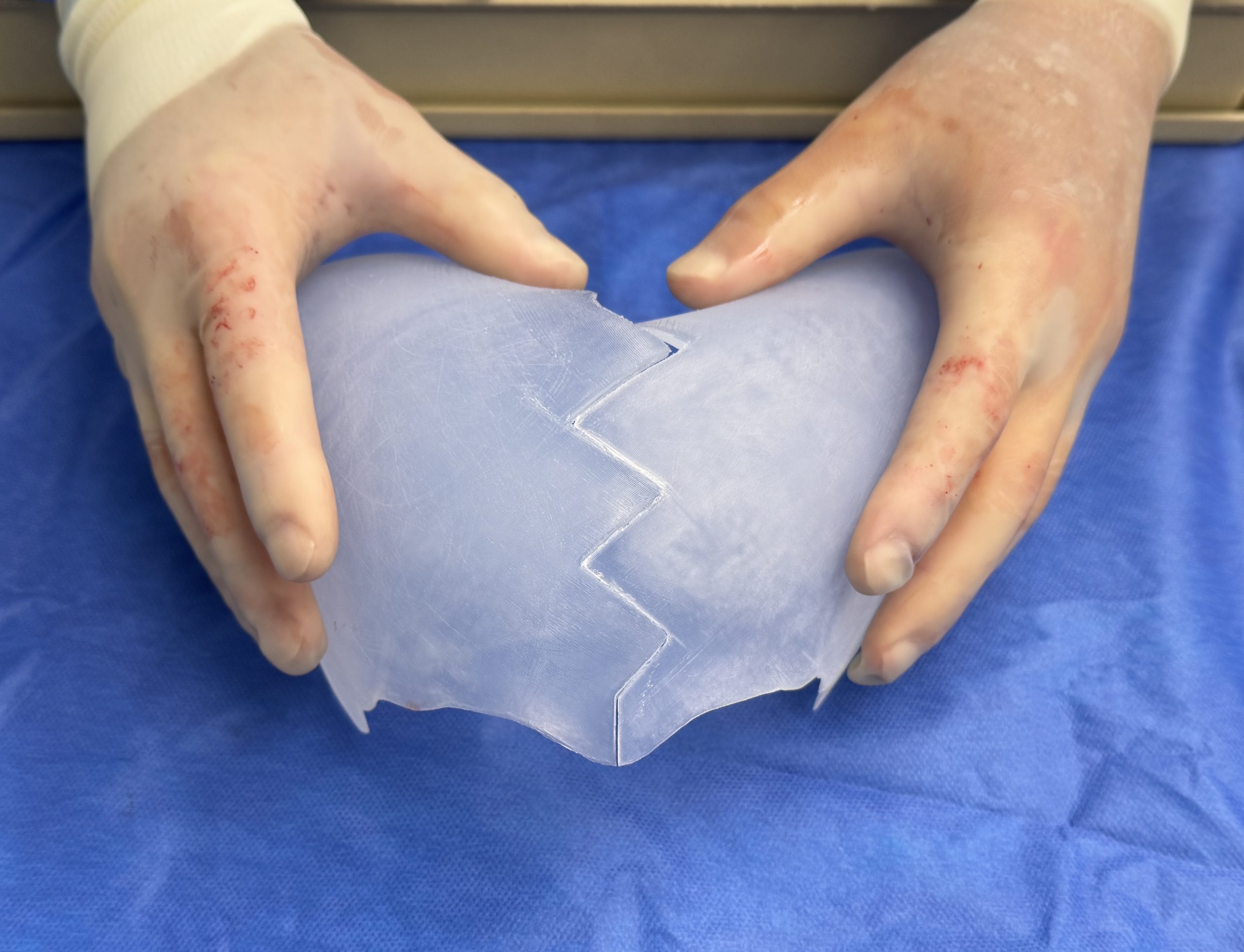
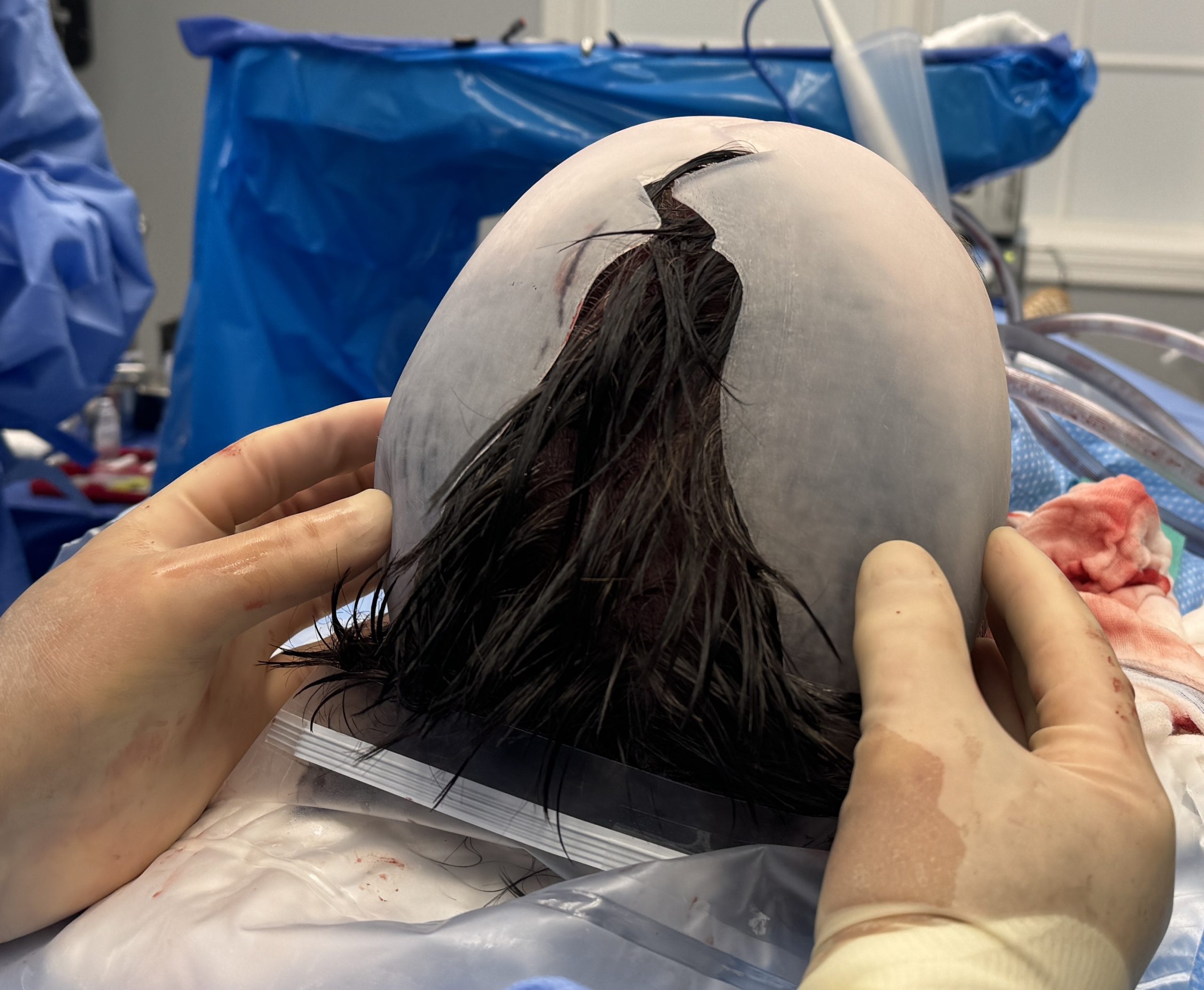
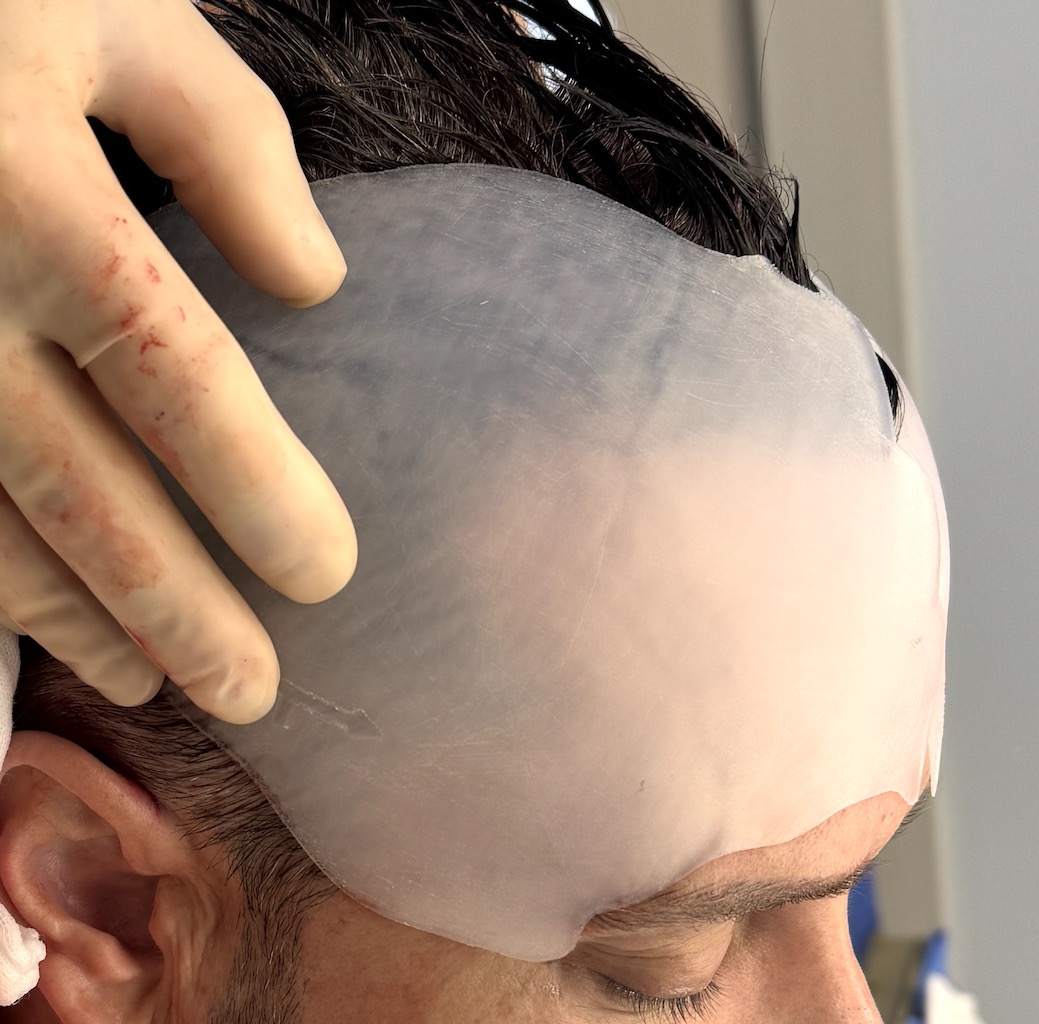
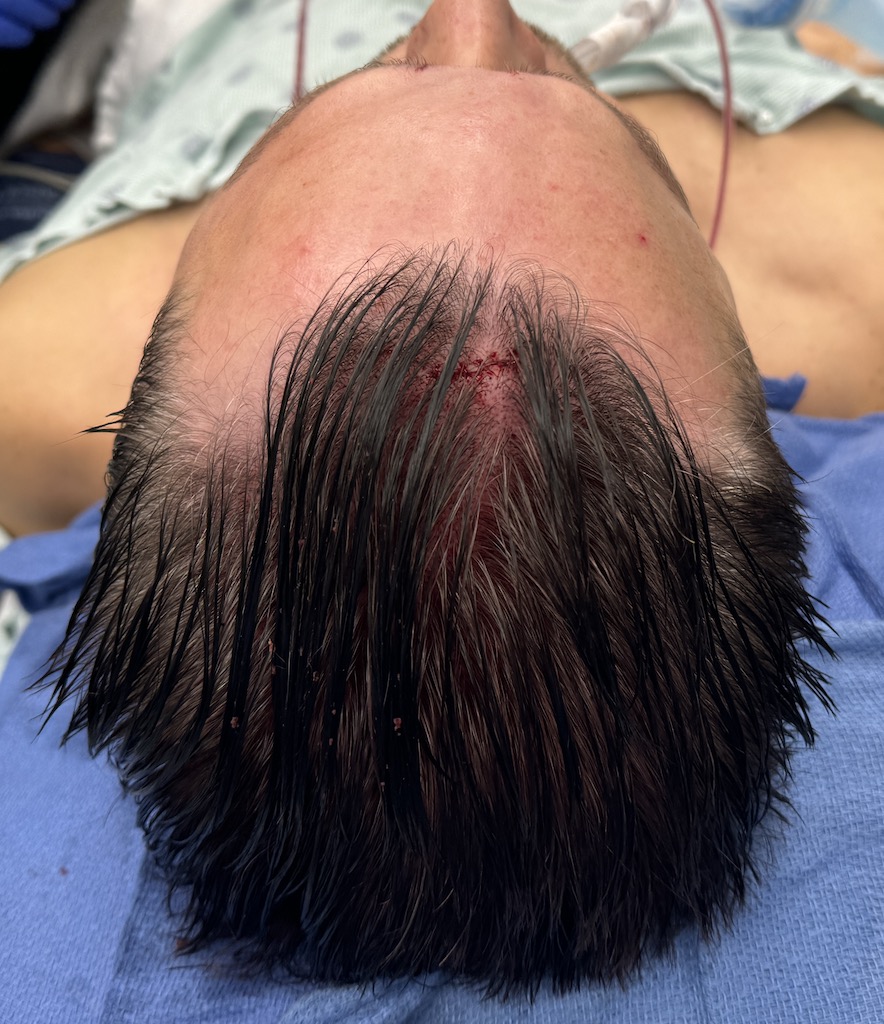
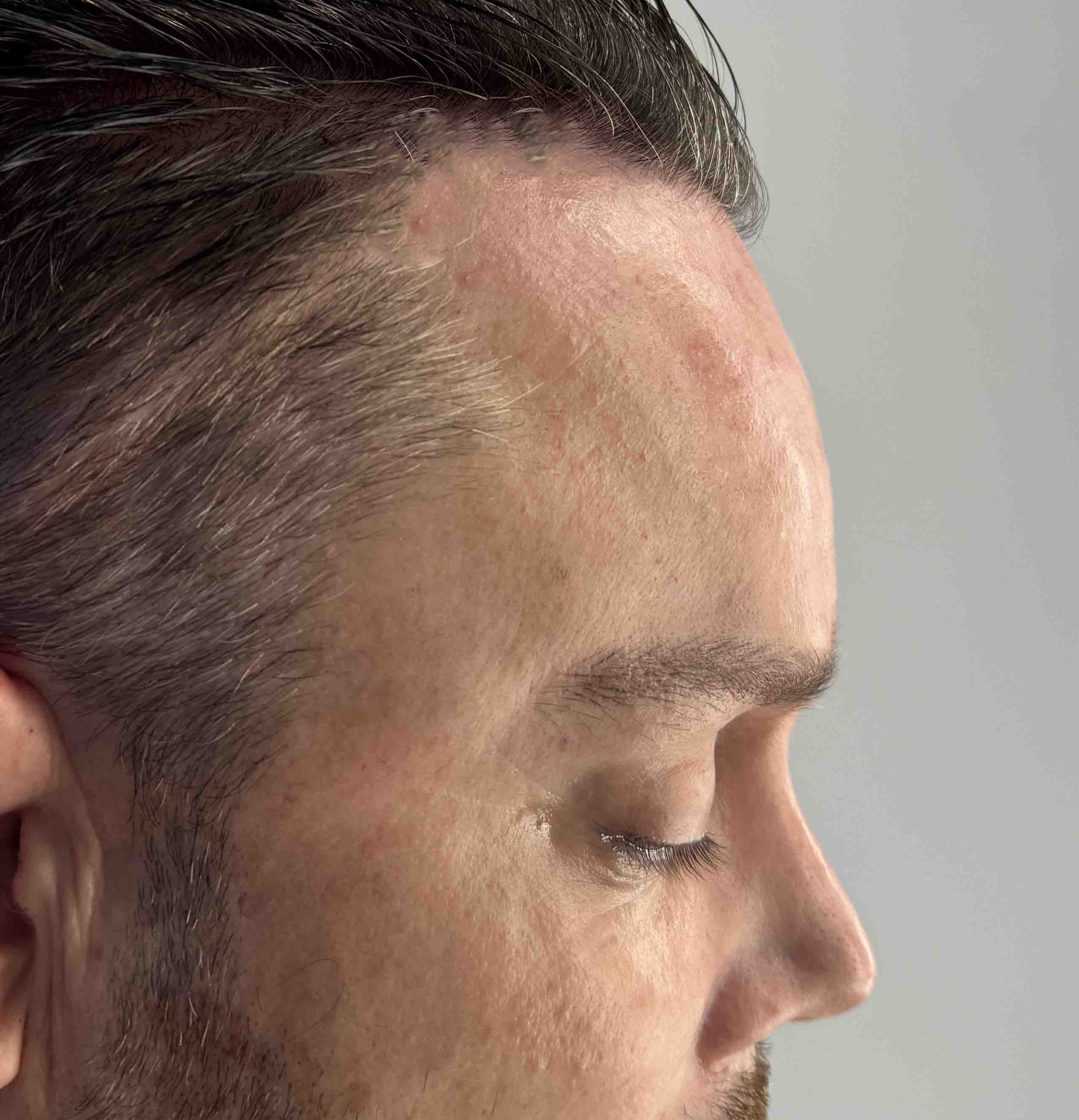
Desire for combined forehead augmentation with side of the head widening.
Placement of custom two-piece forehead-temp[oral wrap around skull implant placed through bilateral postauricular incisions aided by a small frontal retrohairline frontal incision for endoscopic-assisted forehead placement.
Patient 182
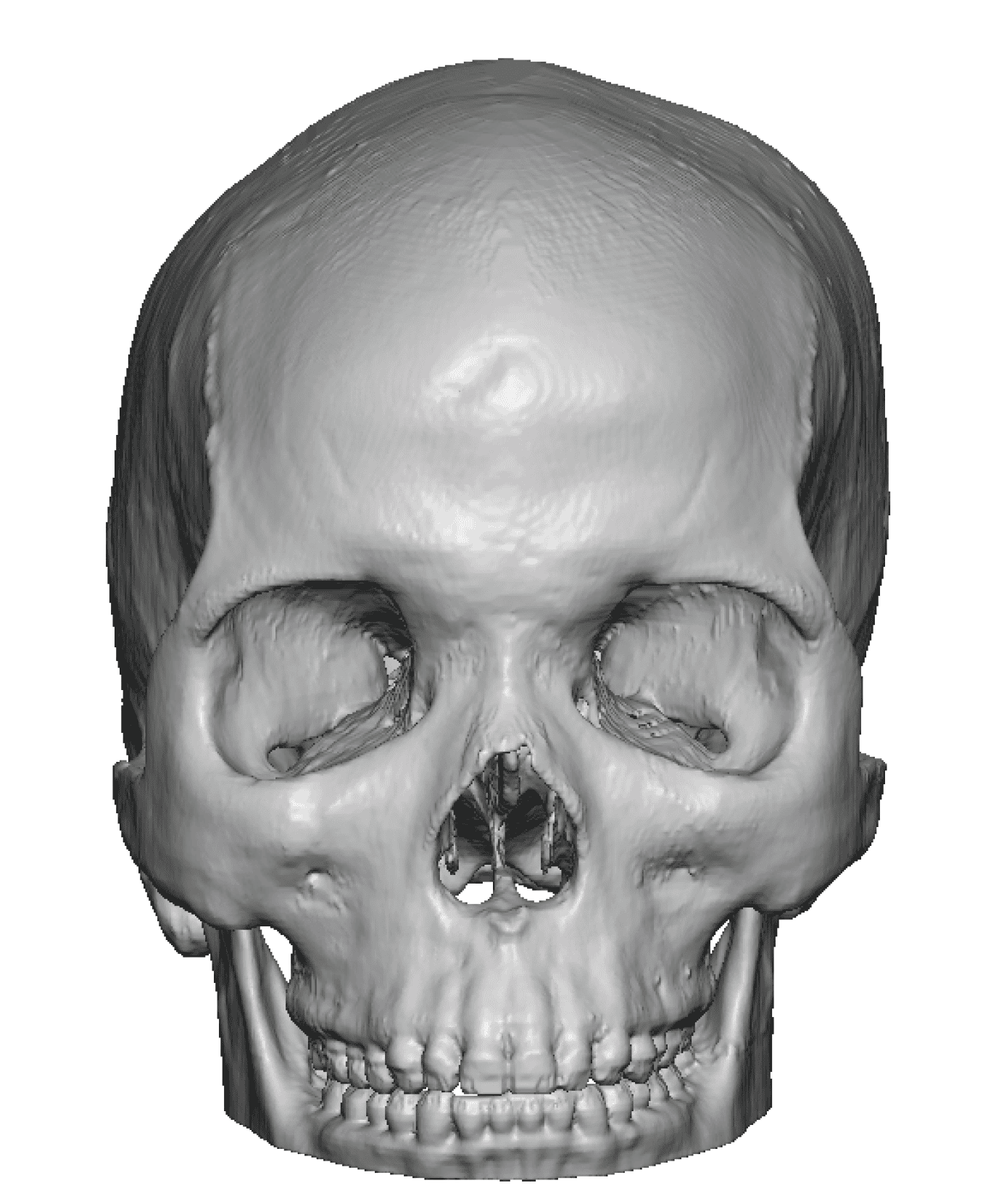
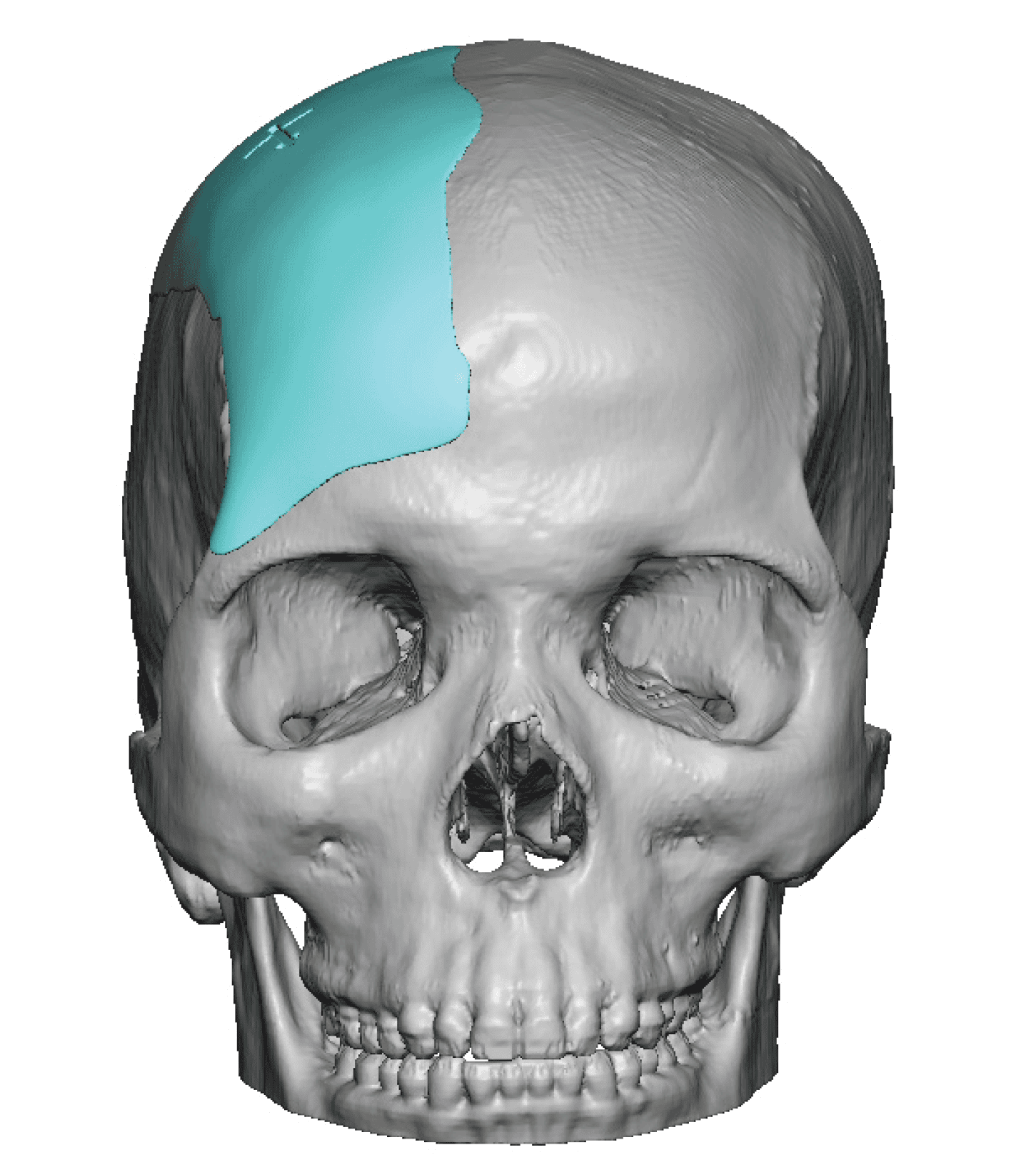
Desire for correction of right skull asymmetry which extends from the forehead on one side all the way to the back of his head.
Design and placement of right thin custom skull implant for asymmetry correction.


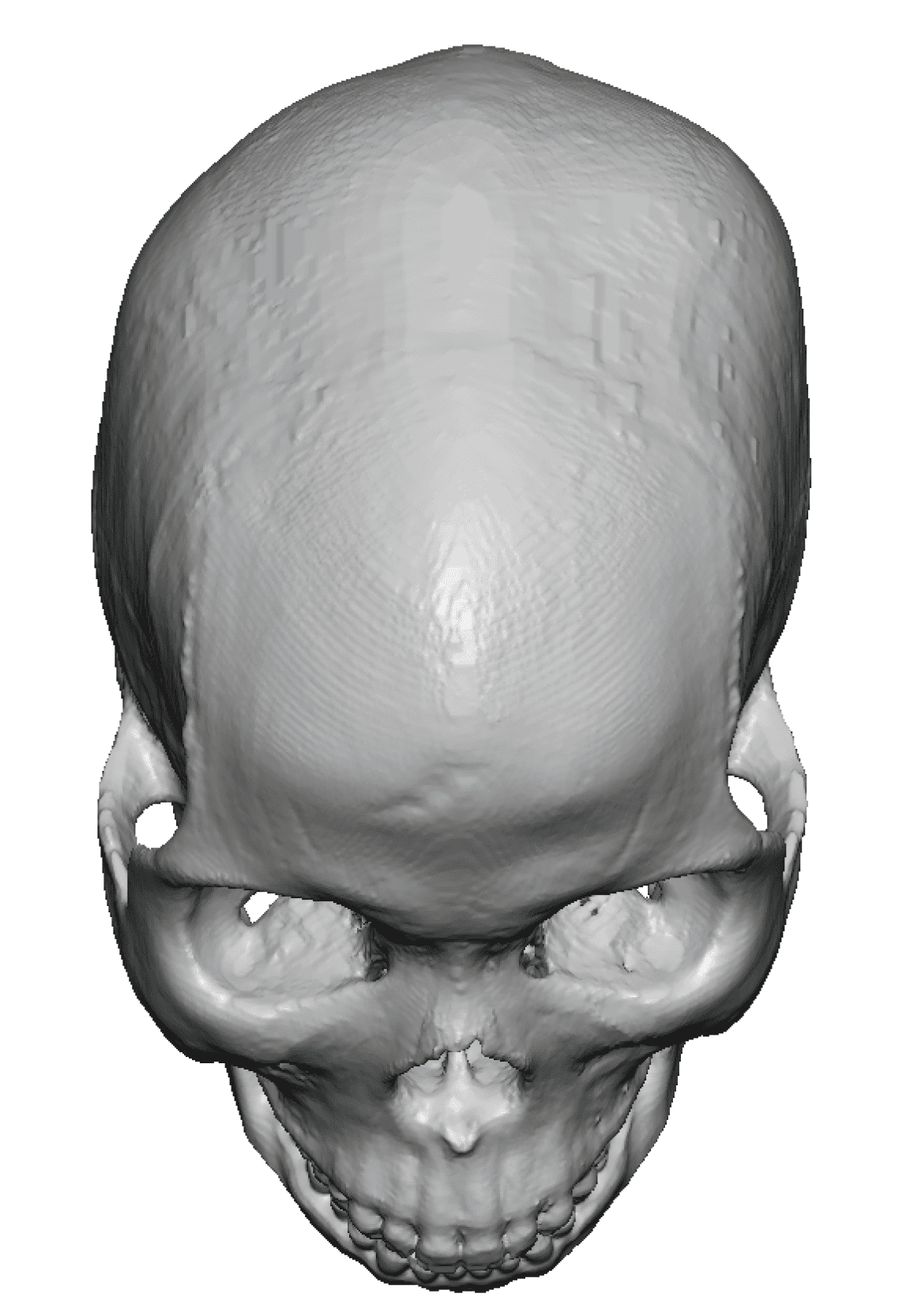
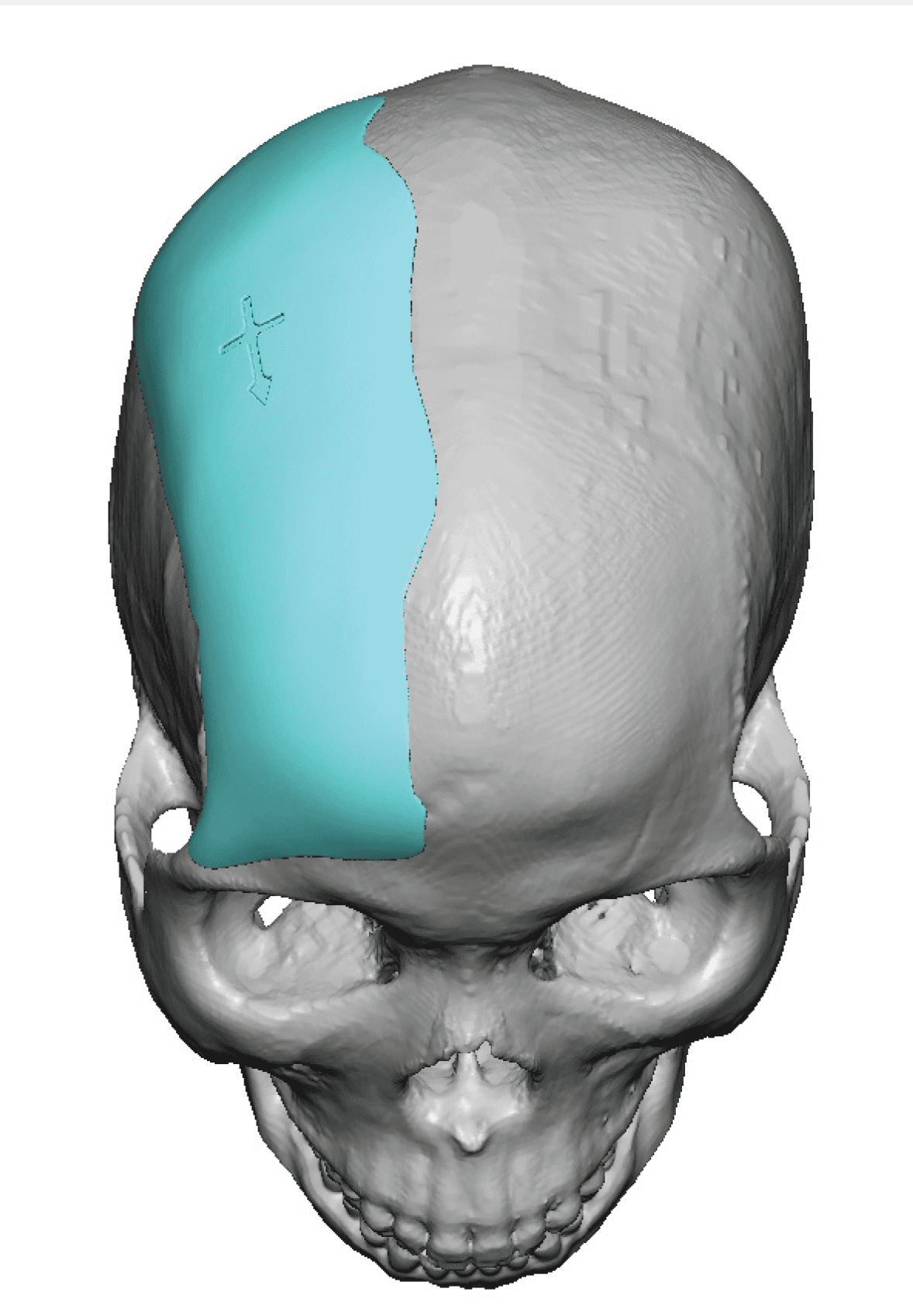
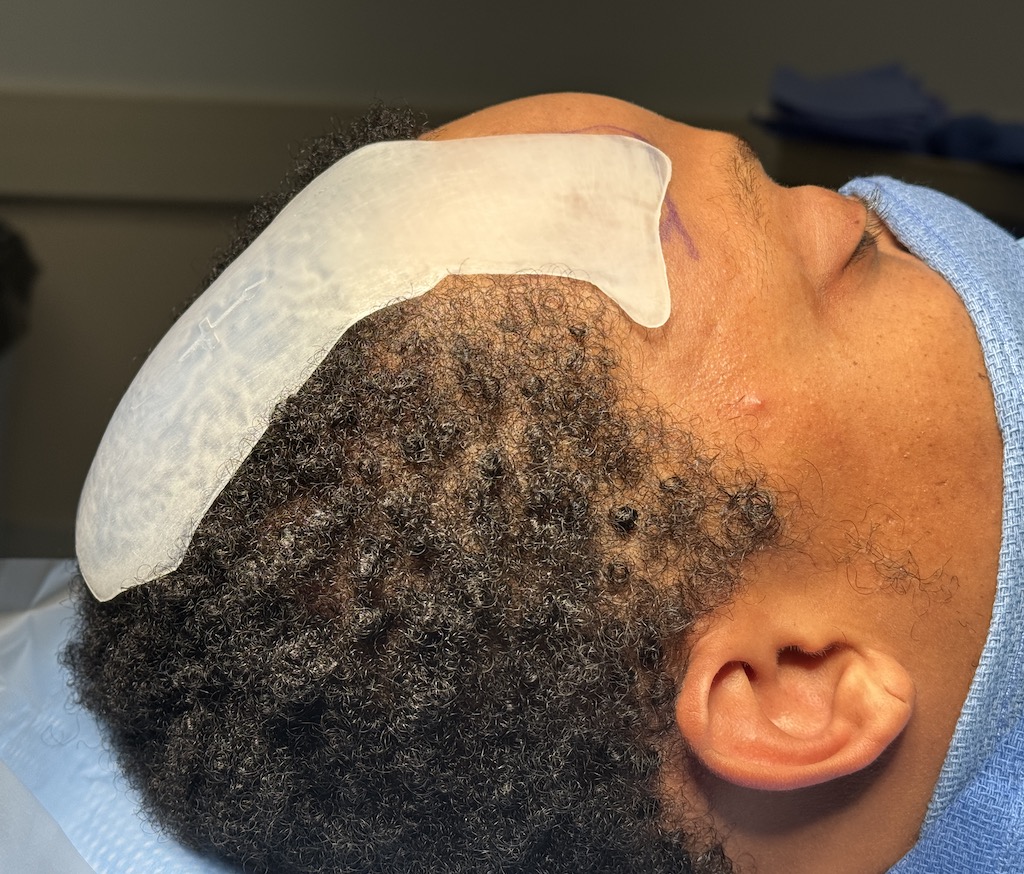
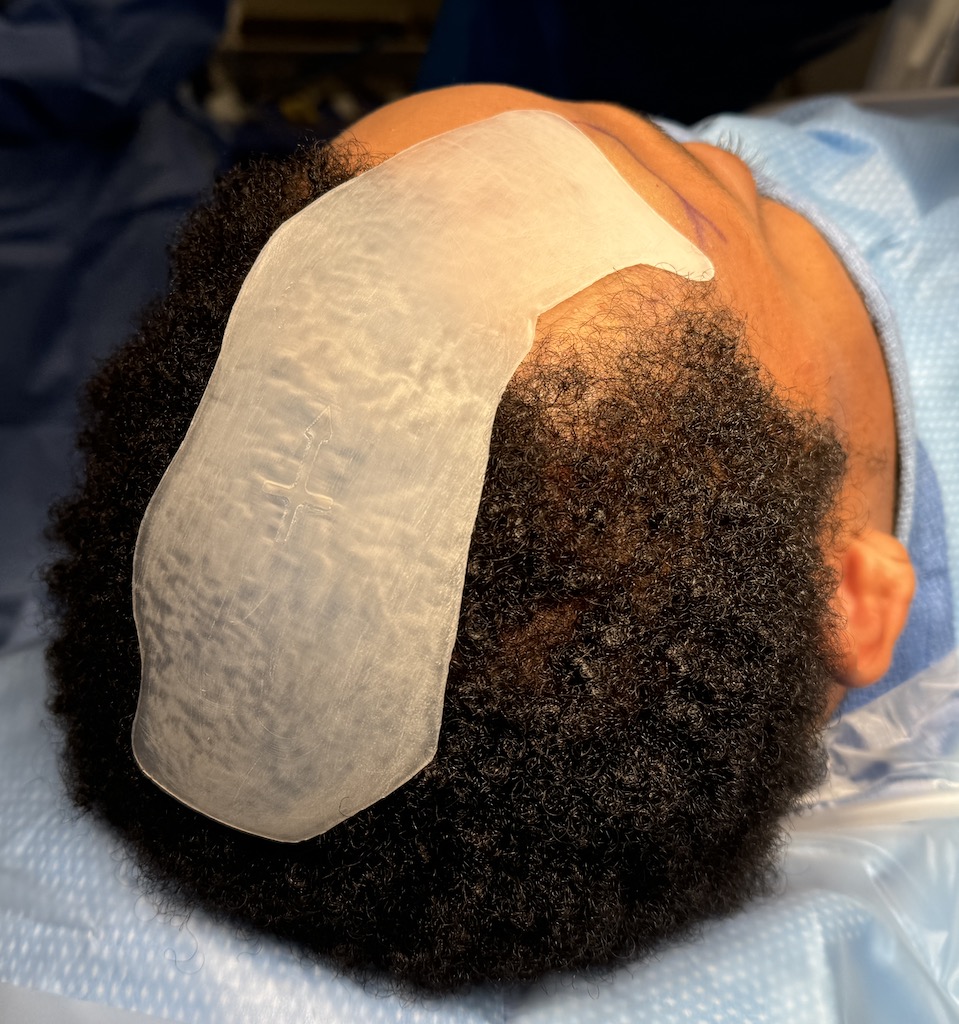
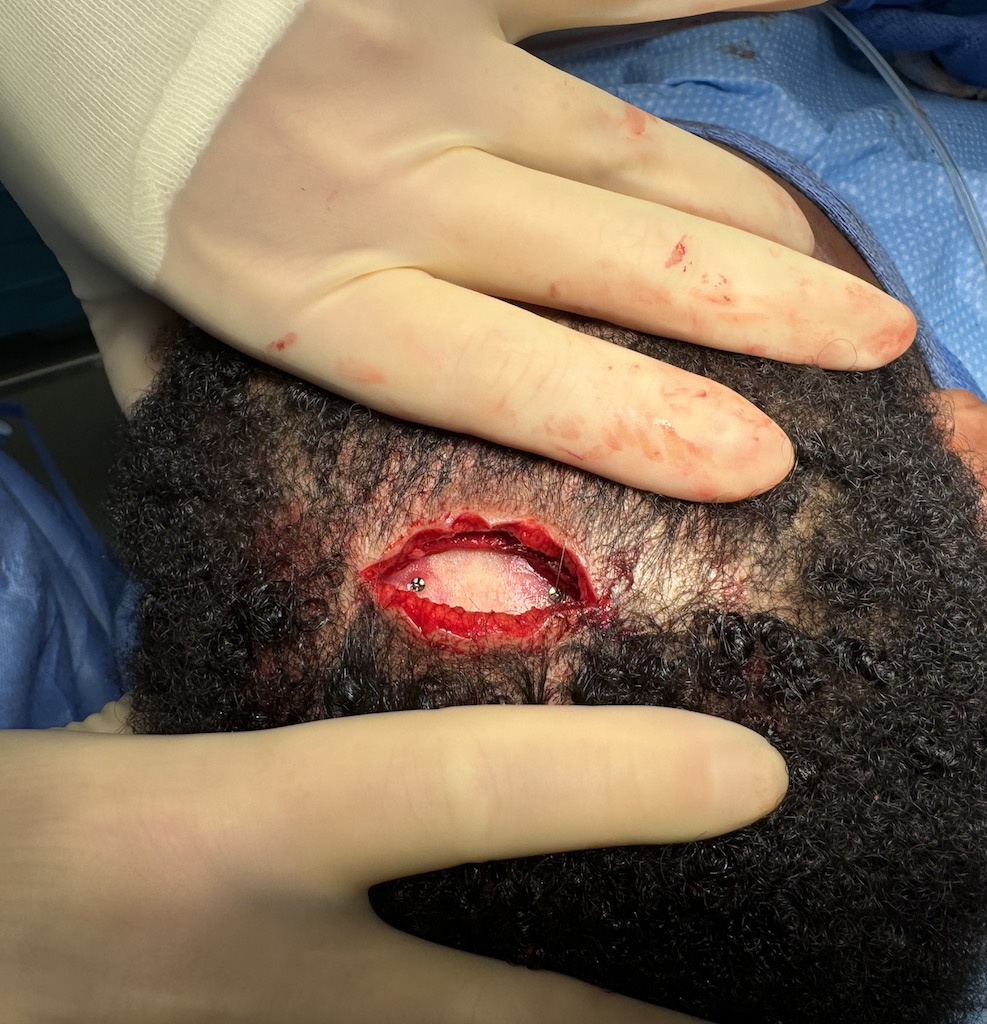
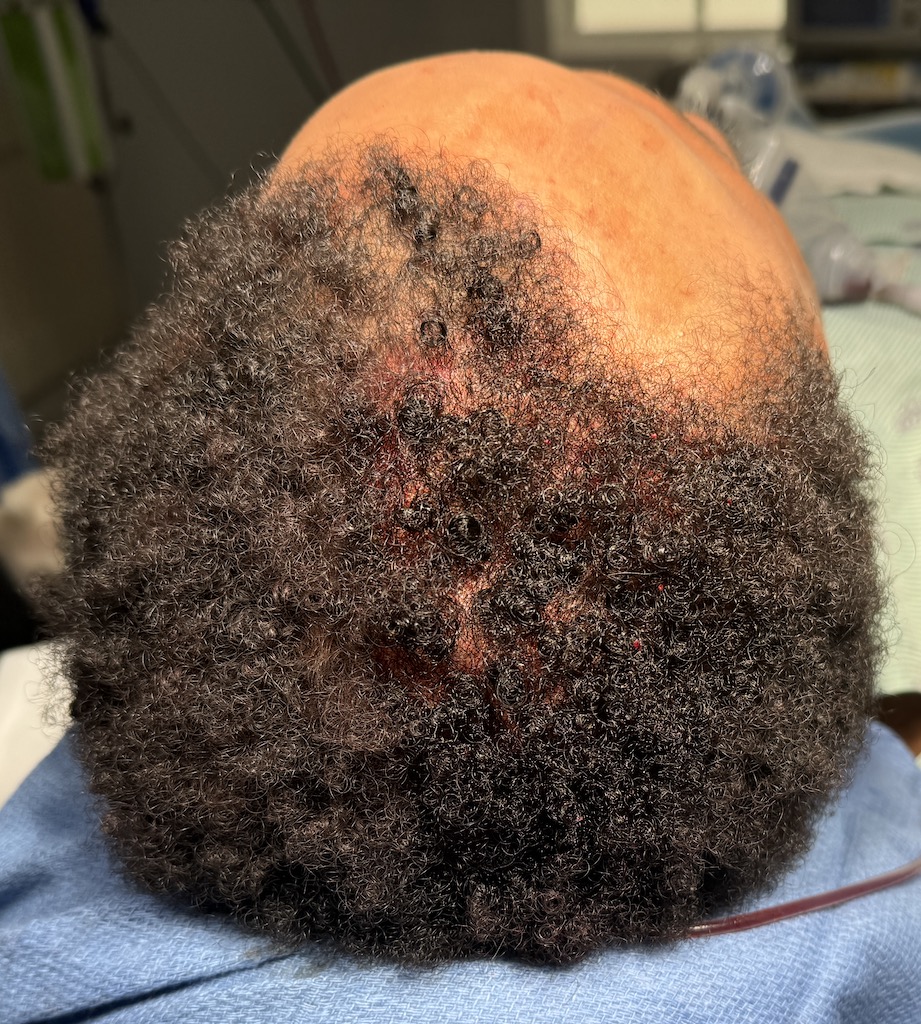
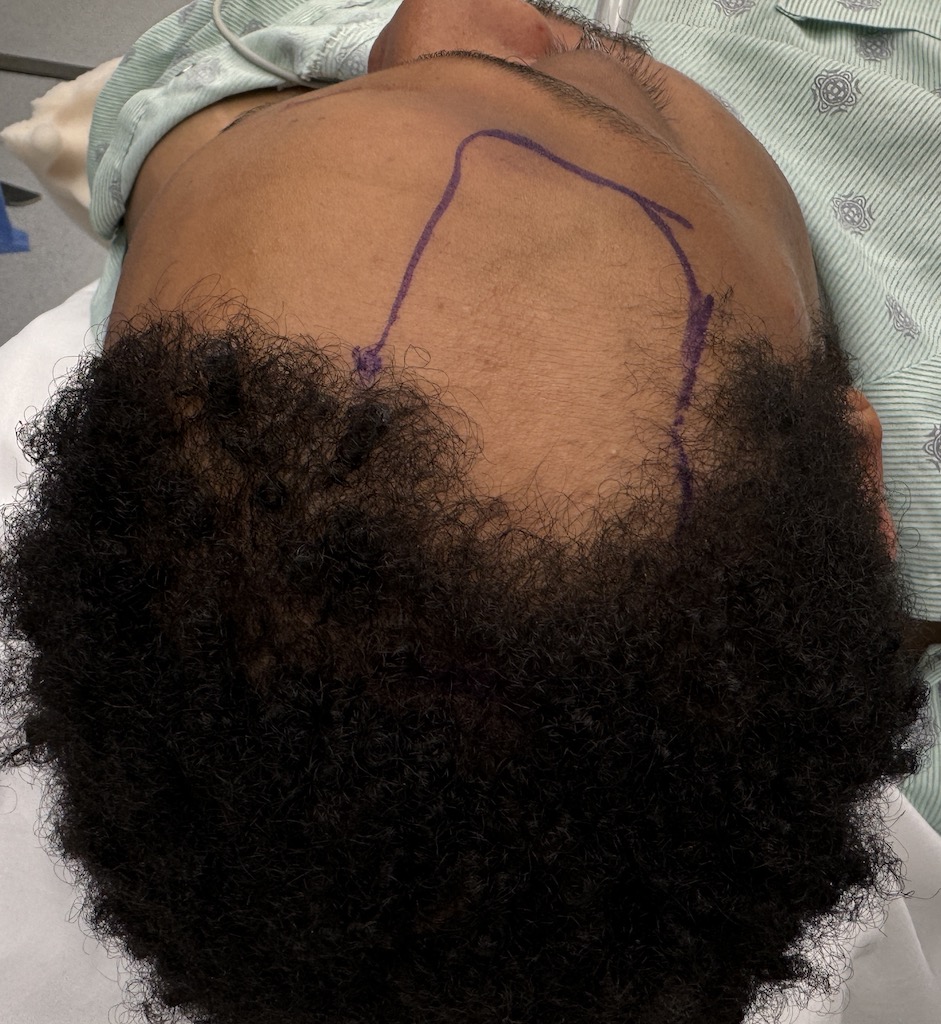
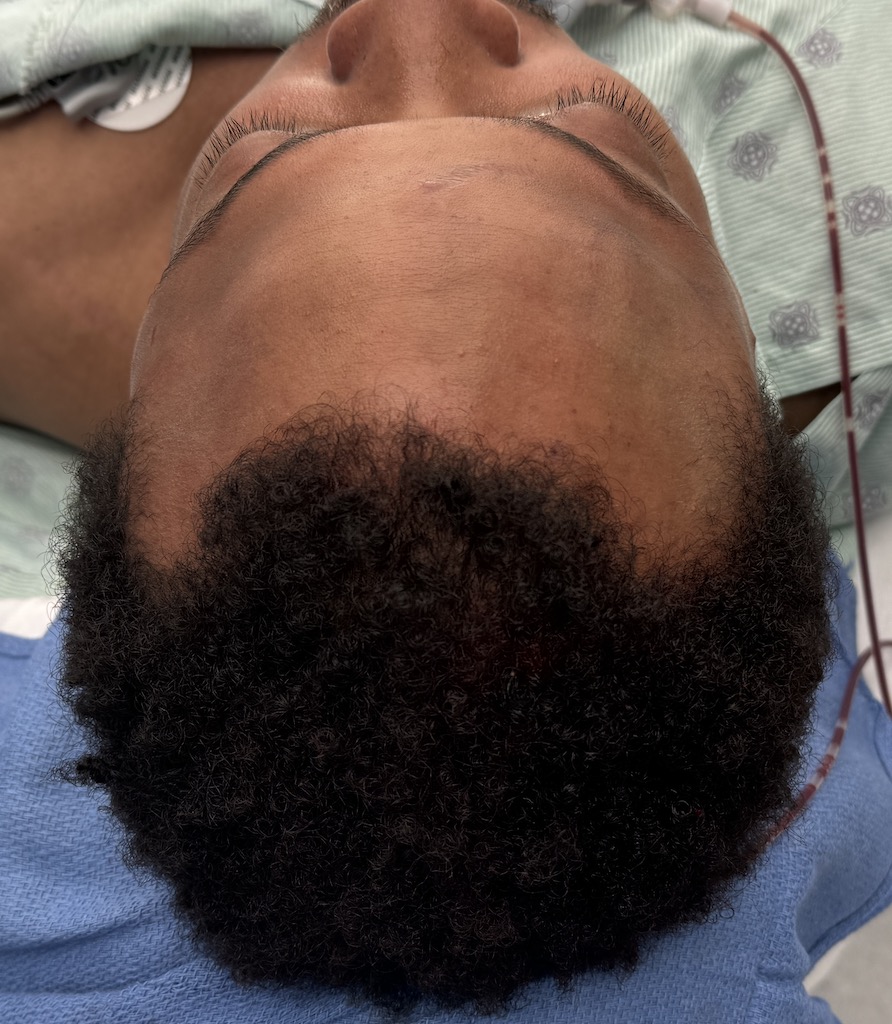
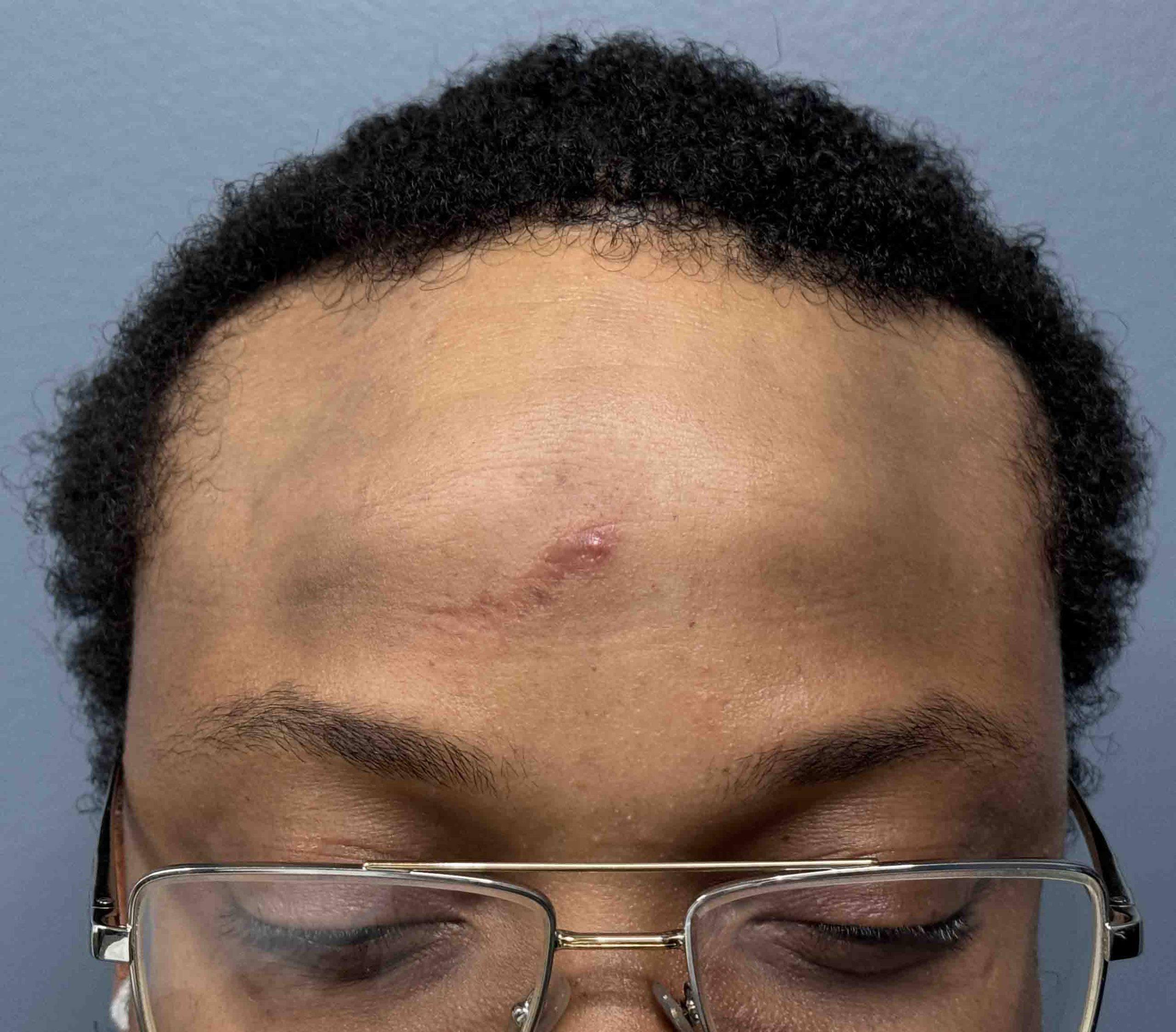
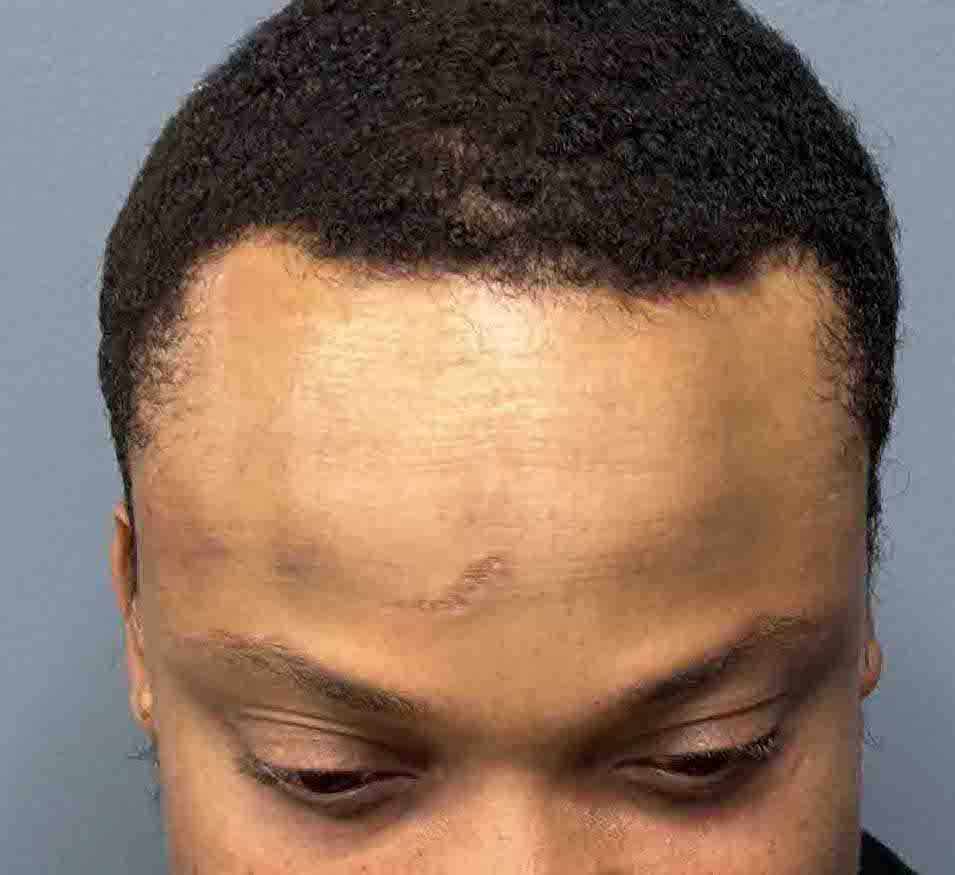
Desire for correction of right skull asymmetry which extends from the forehead on one side all the way to the back of his head.
Design and placement of right thin custom skull implant for asymmetry correction.
Patient 183
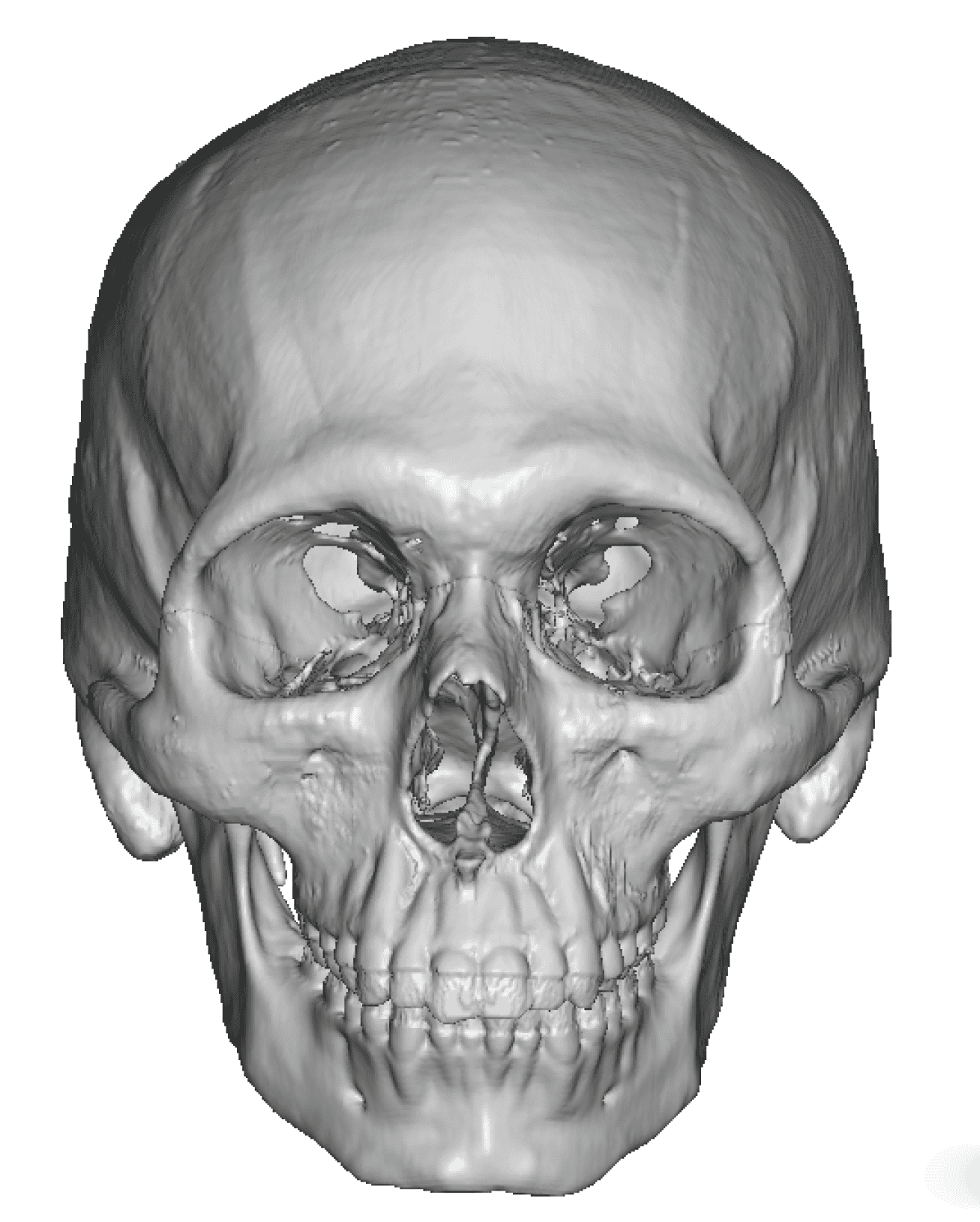
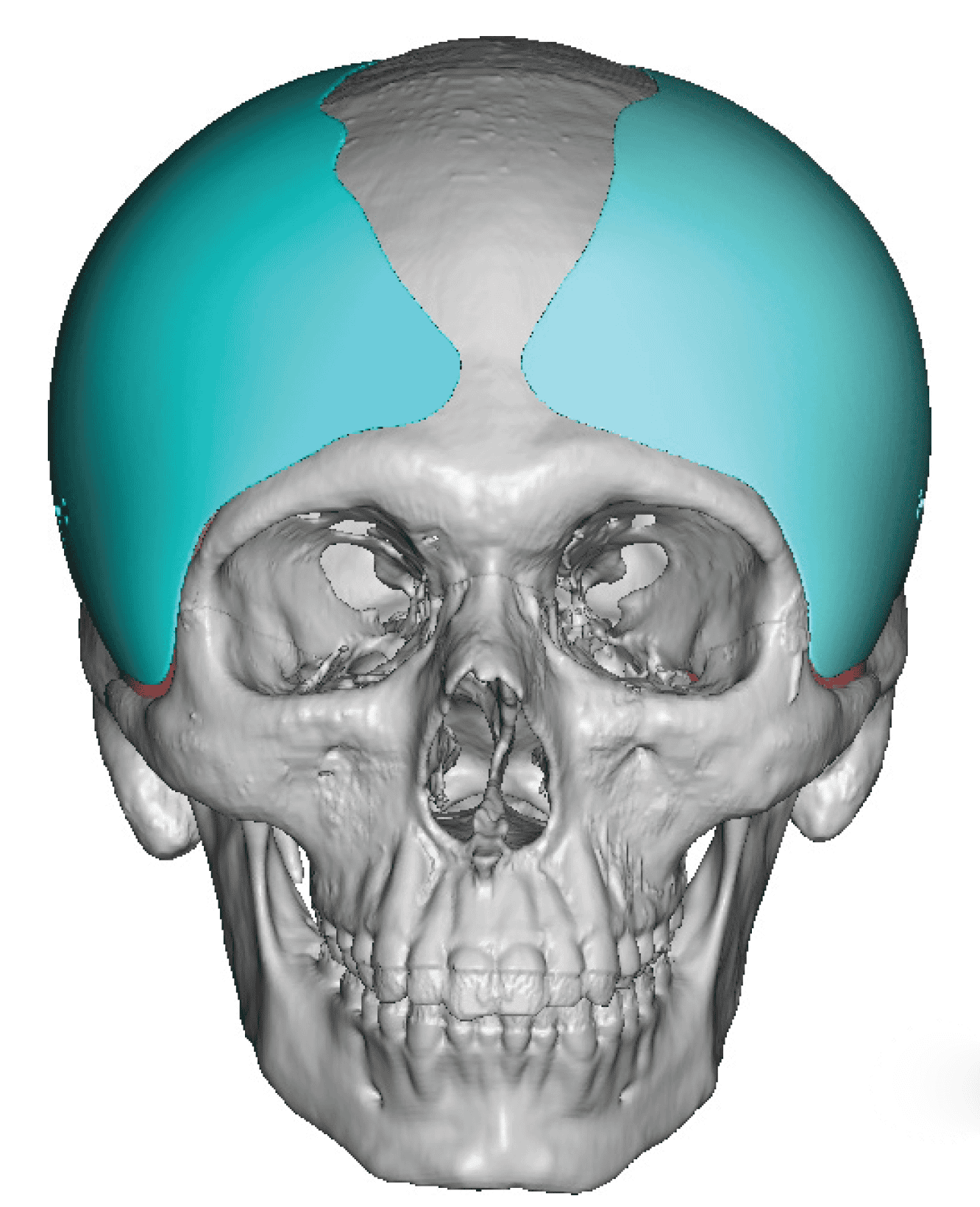
Desire for head widening including the forehead ad well as a flat upper back of the head.
Placement of a two piece custom wrap around head widening implants through postauricular incisions.


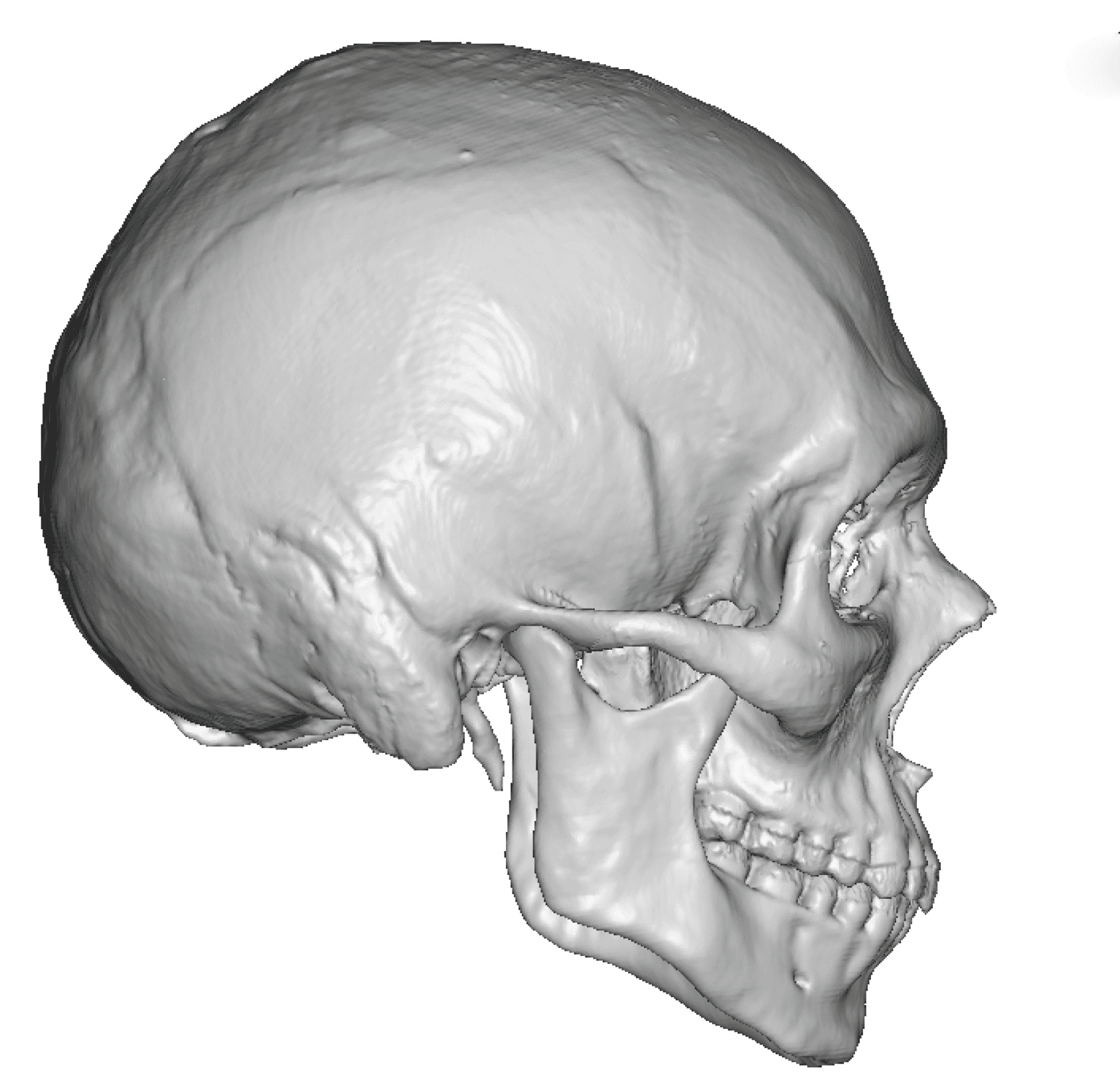

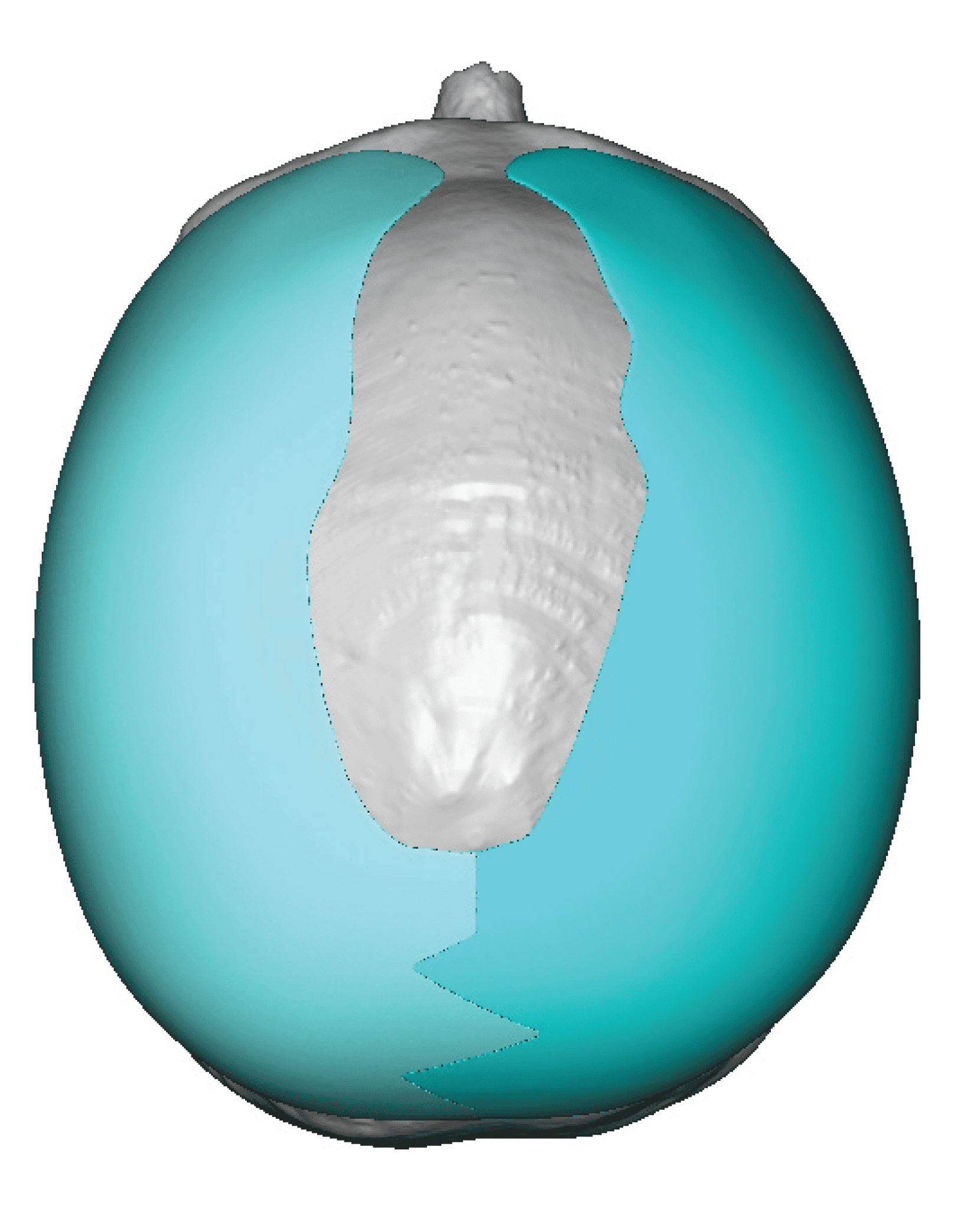
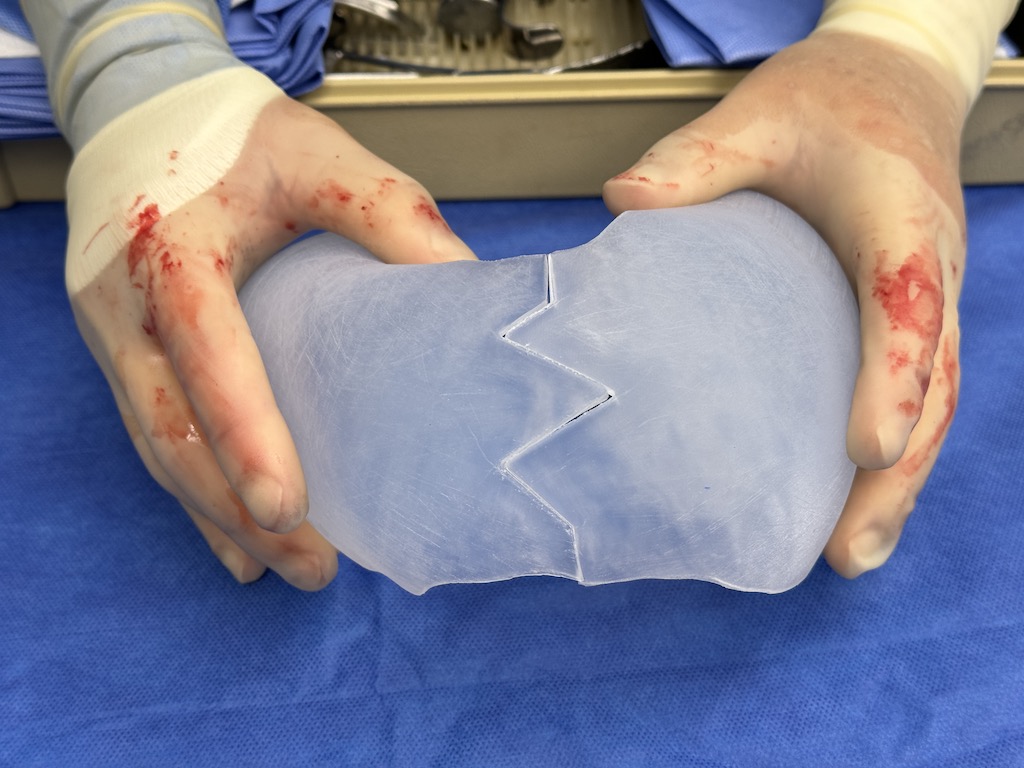
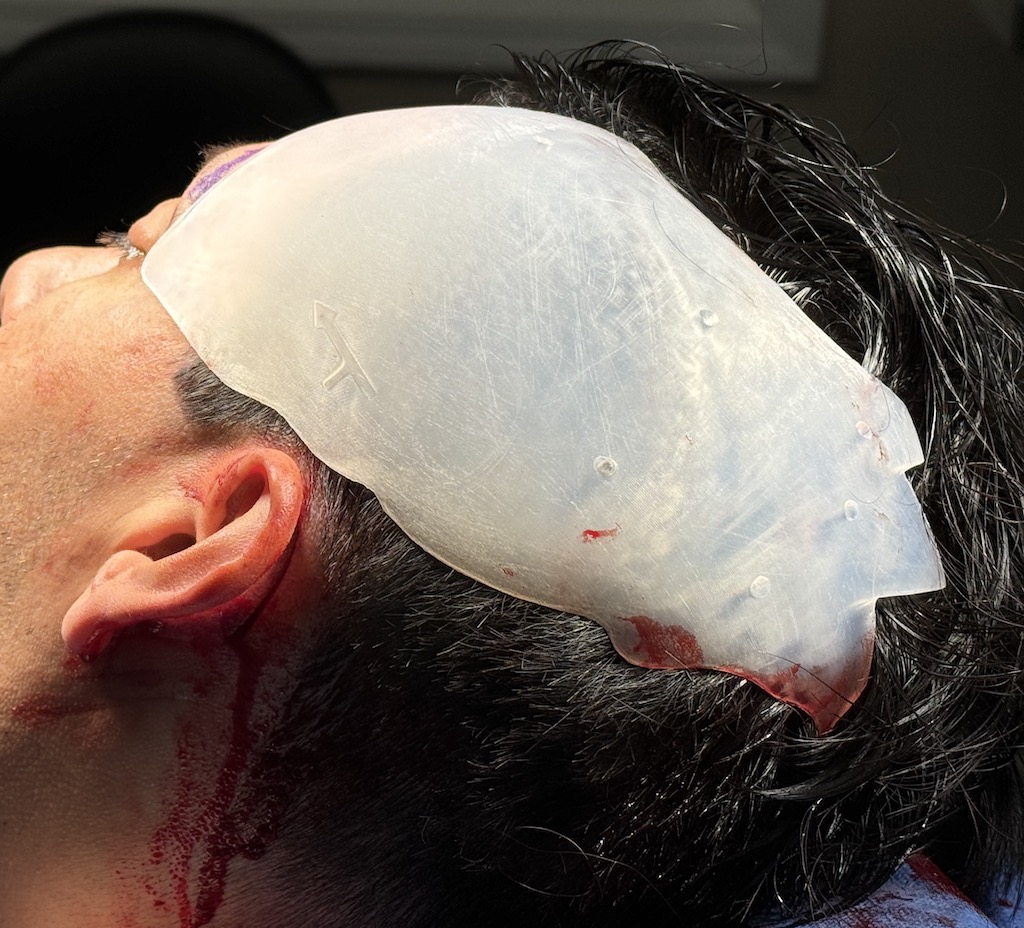
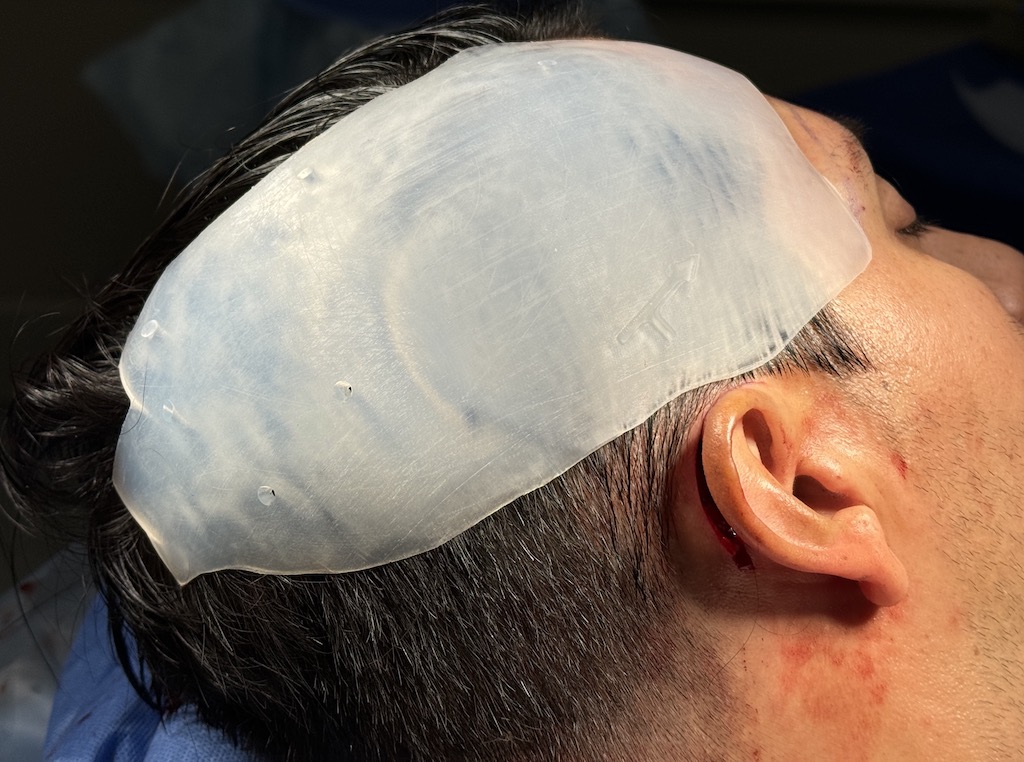
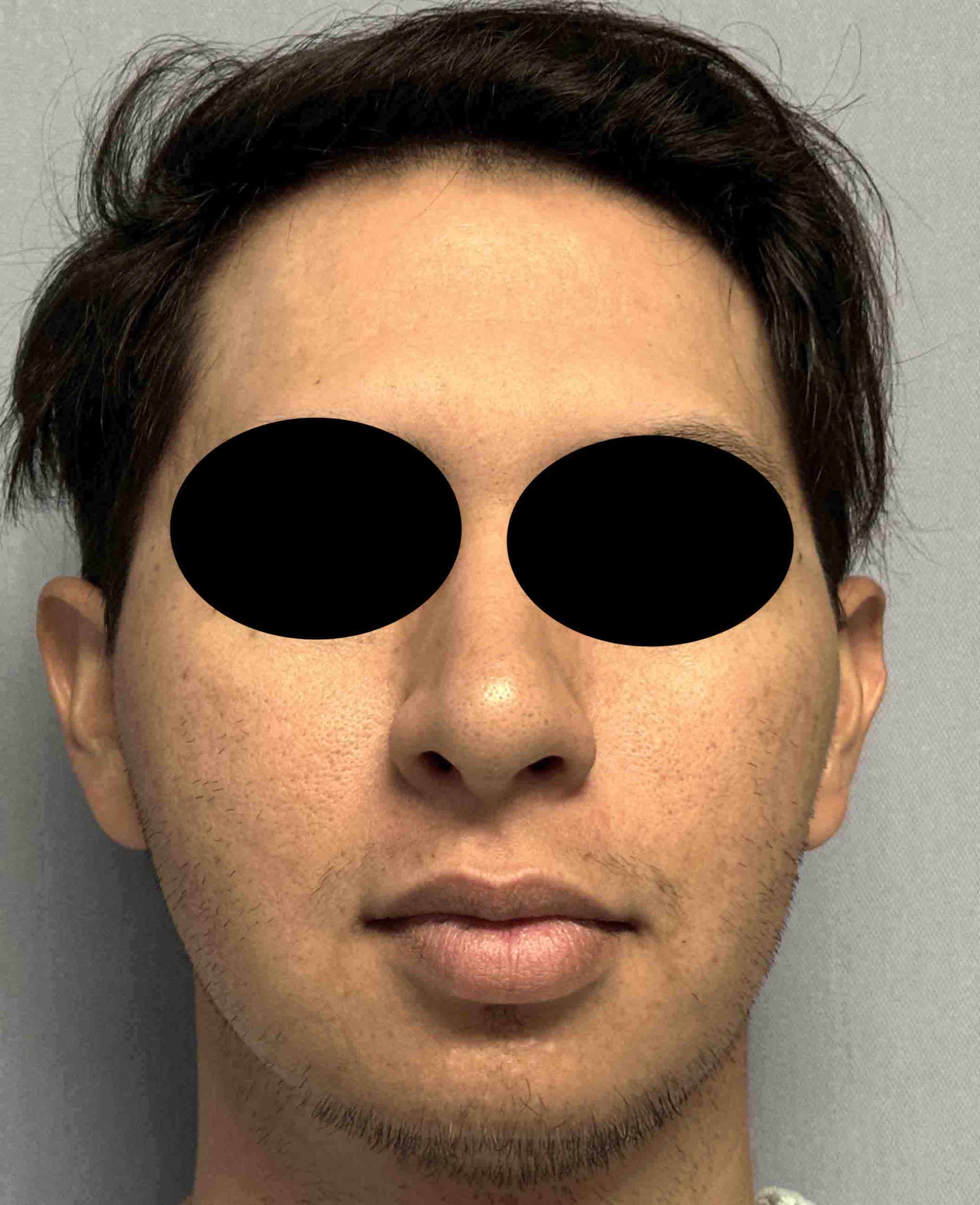
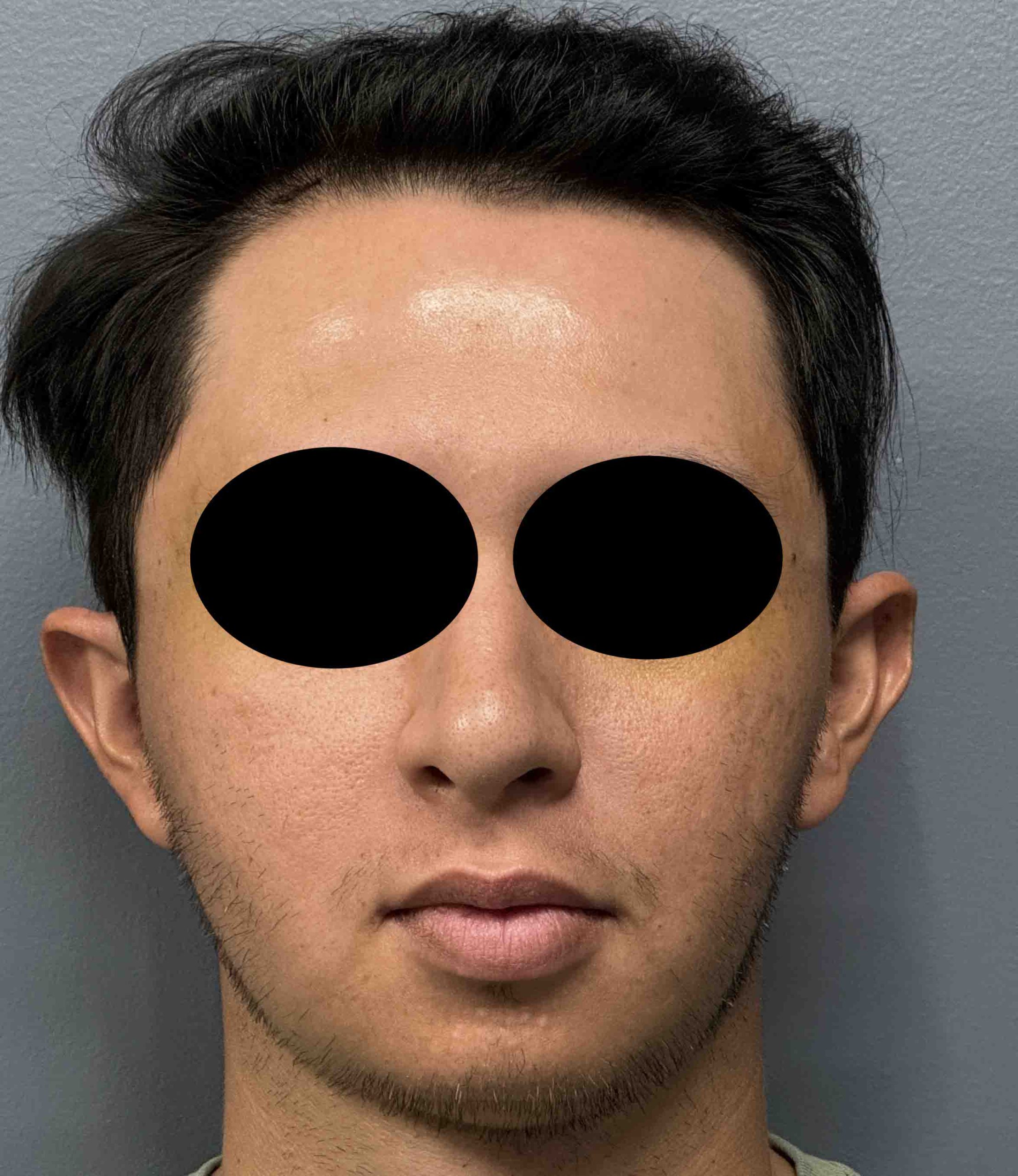
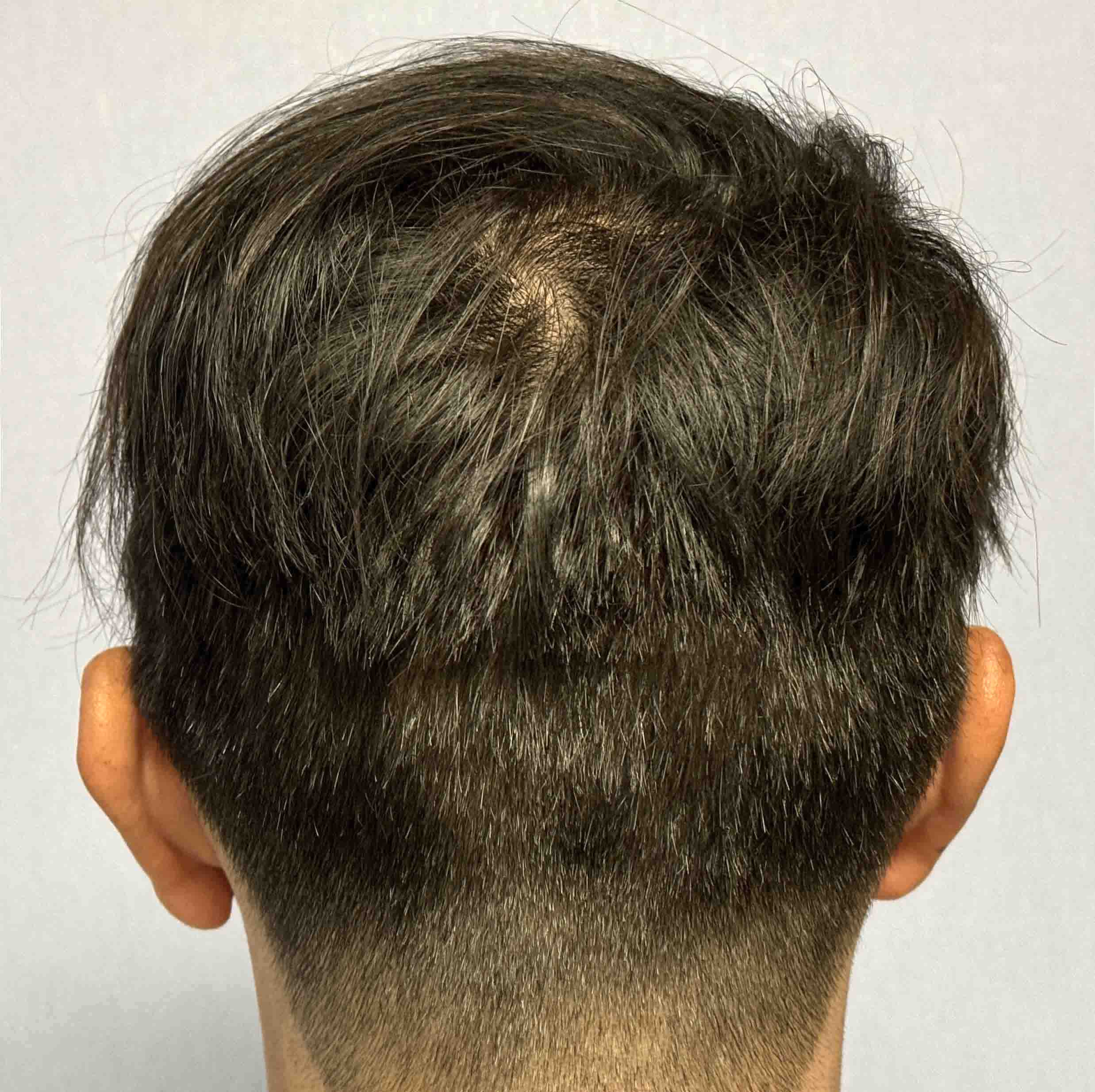
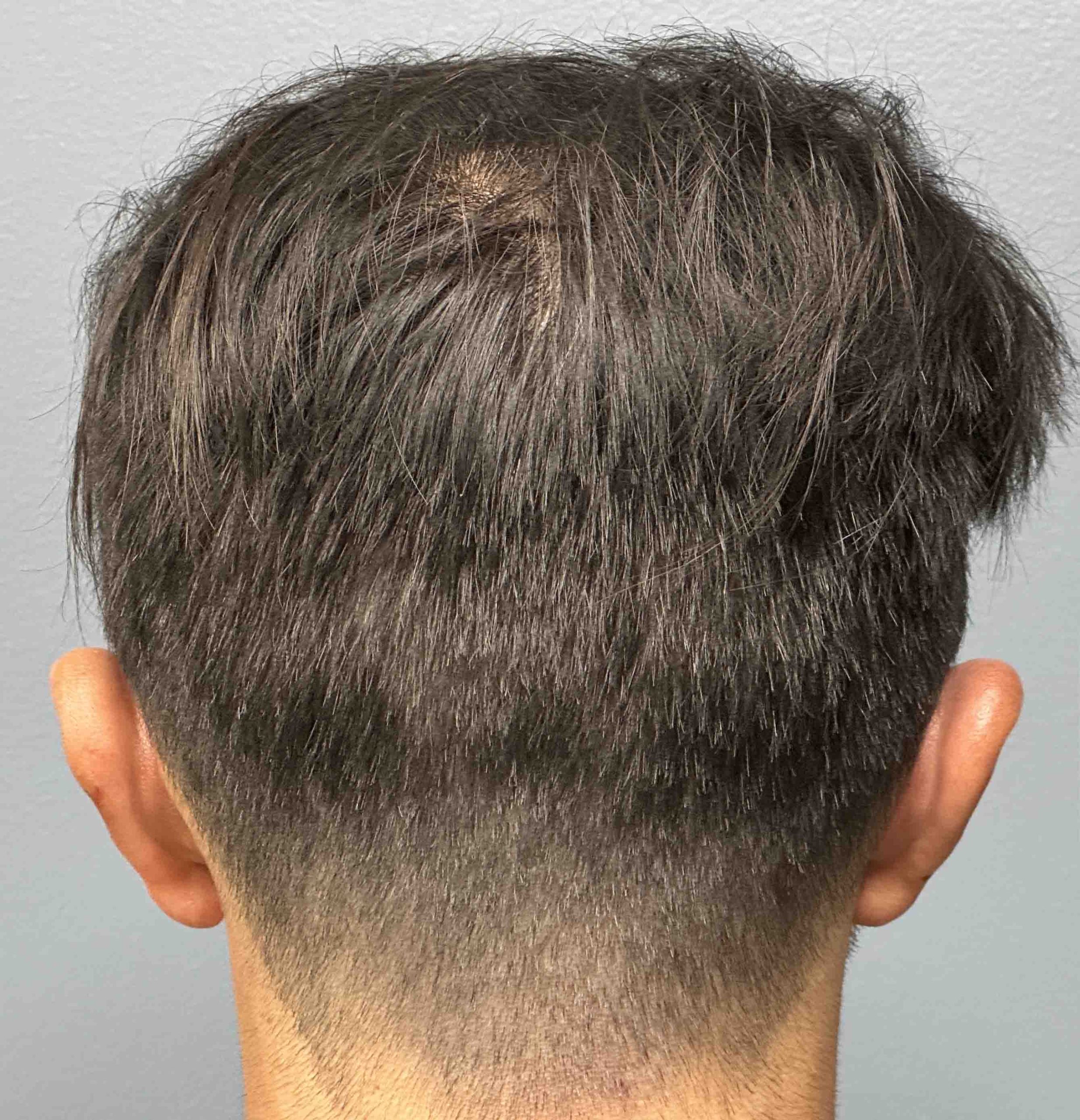
Desire for head widening including the forehead ad well as a flat upper back of the head.
Placement of a two piece custom wrap around head widening implants through postauricular incisions.
Patient 184
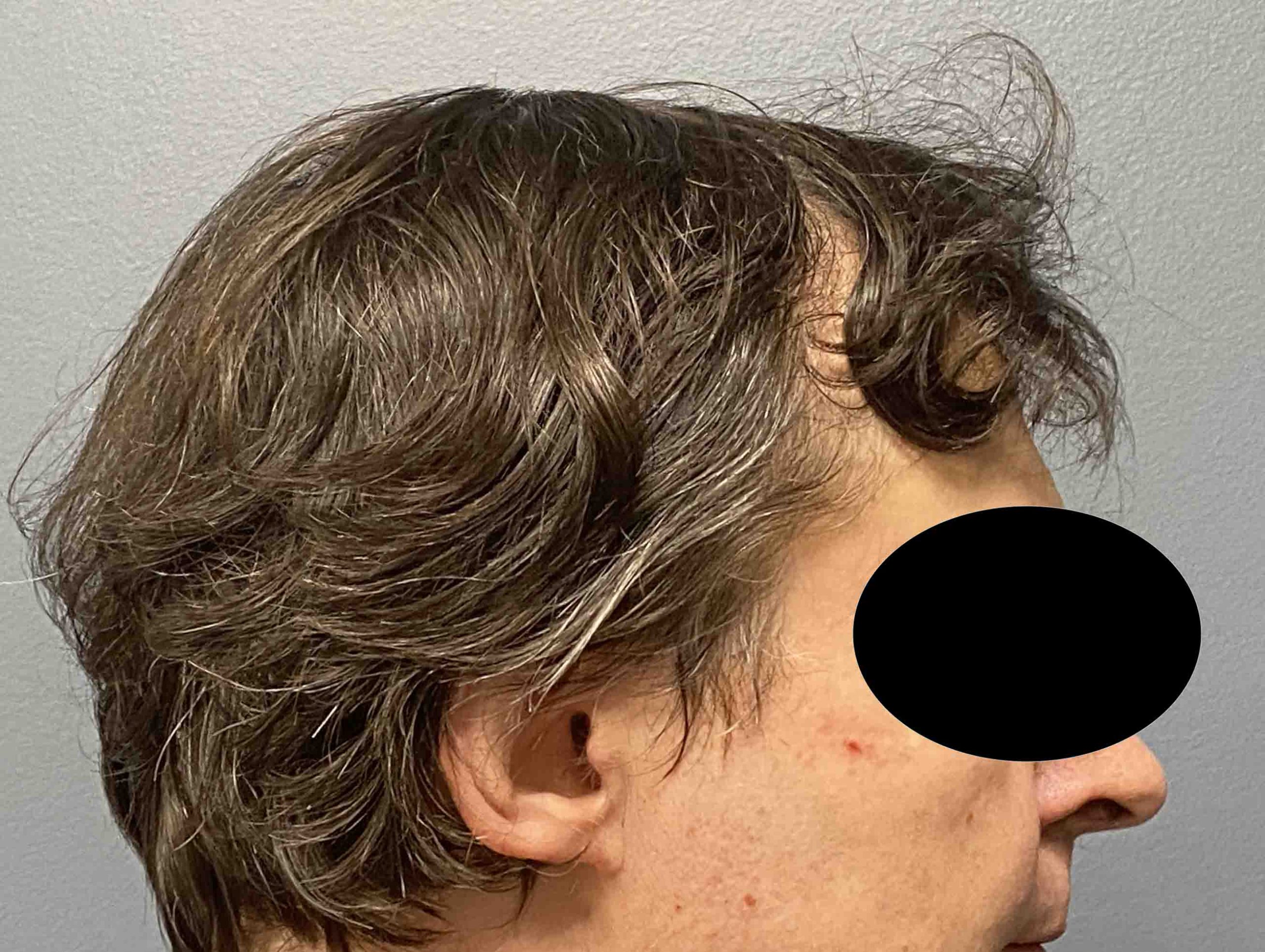
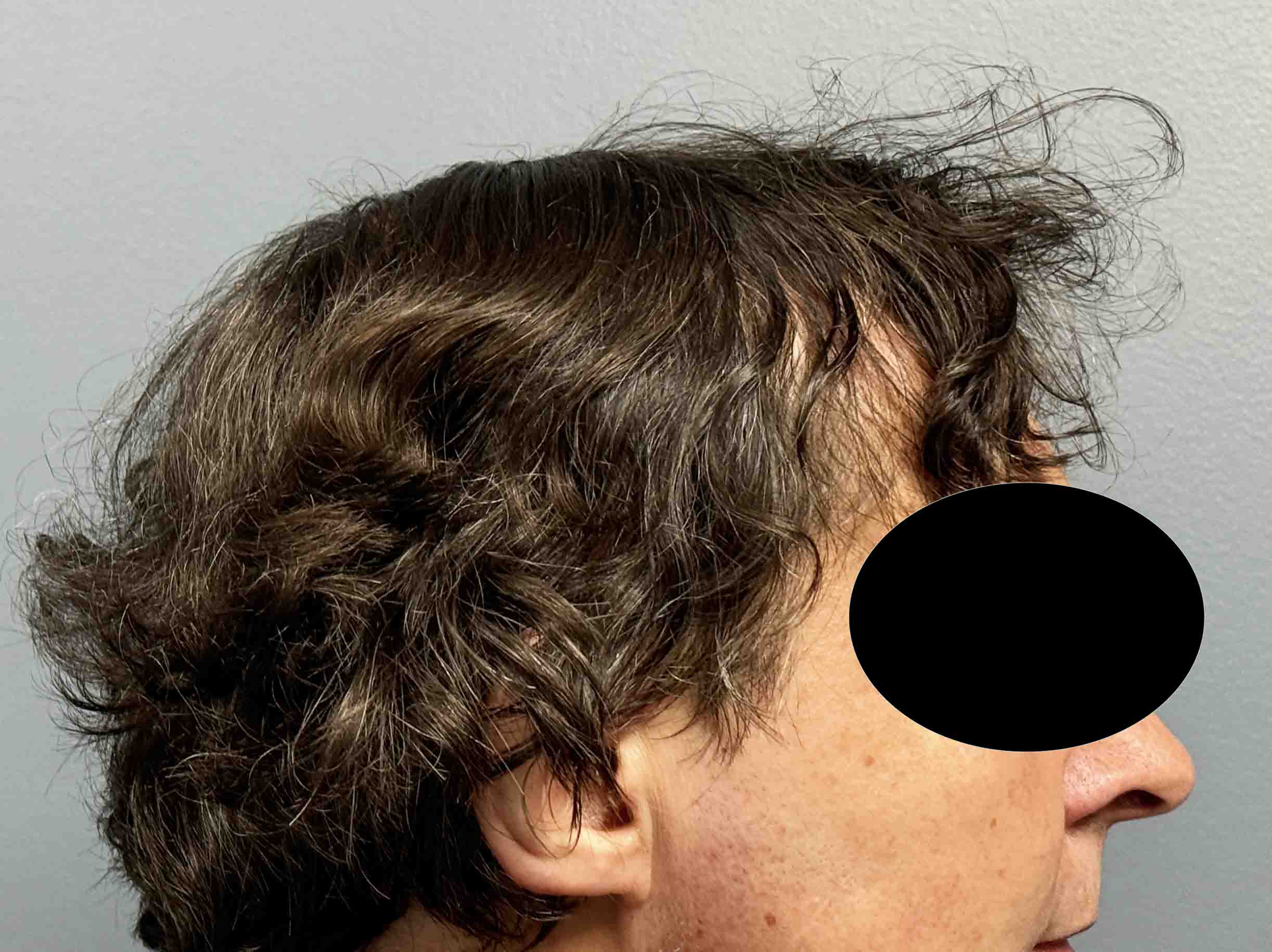
Desire for top of head reduction to reduce its bump-like appearance.
Underwent two rounds of top of head skull reduction to maximize the amount of reduction of the back part of the top of his head.


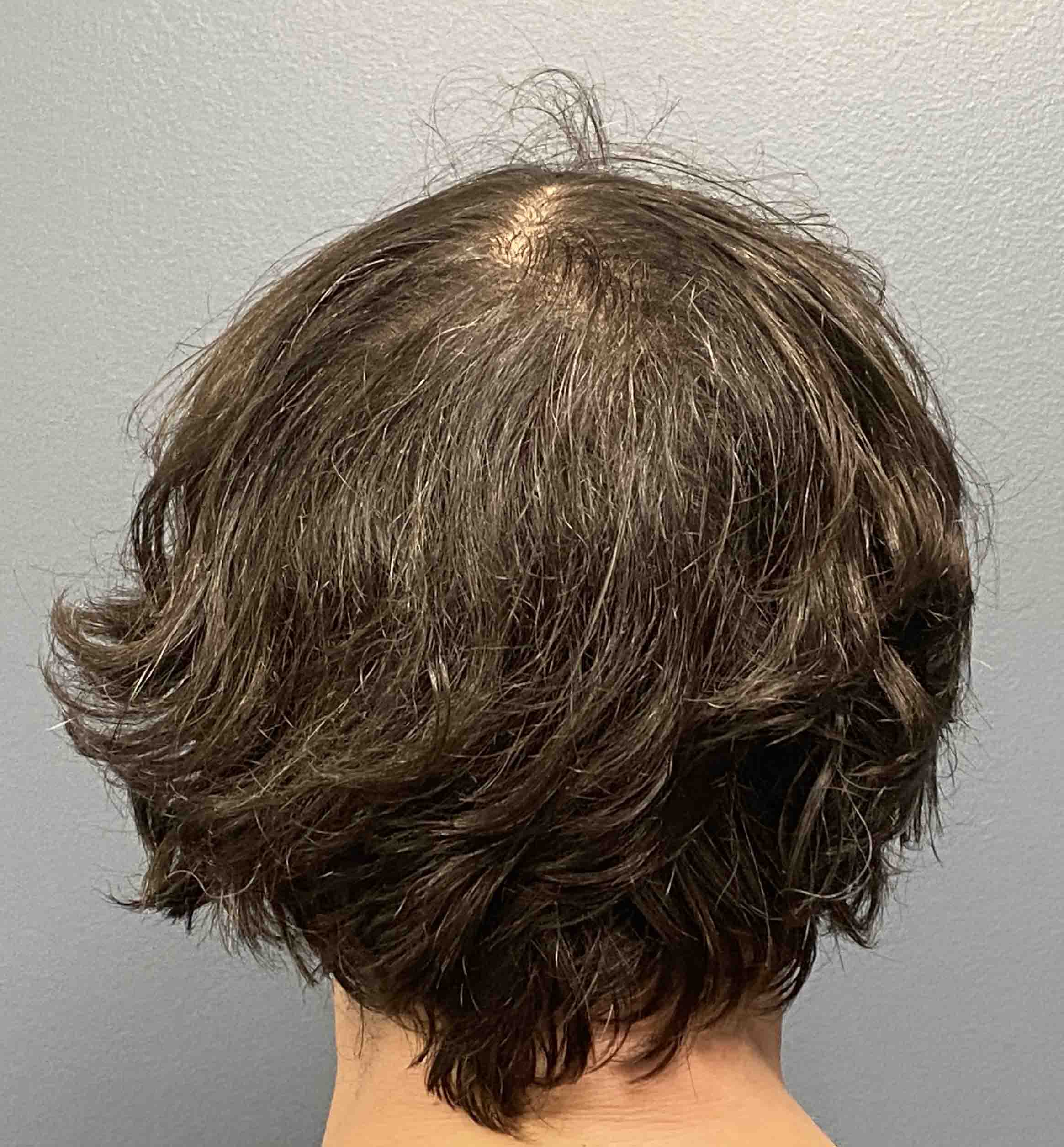
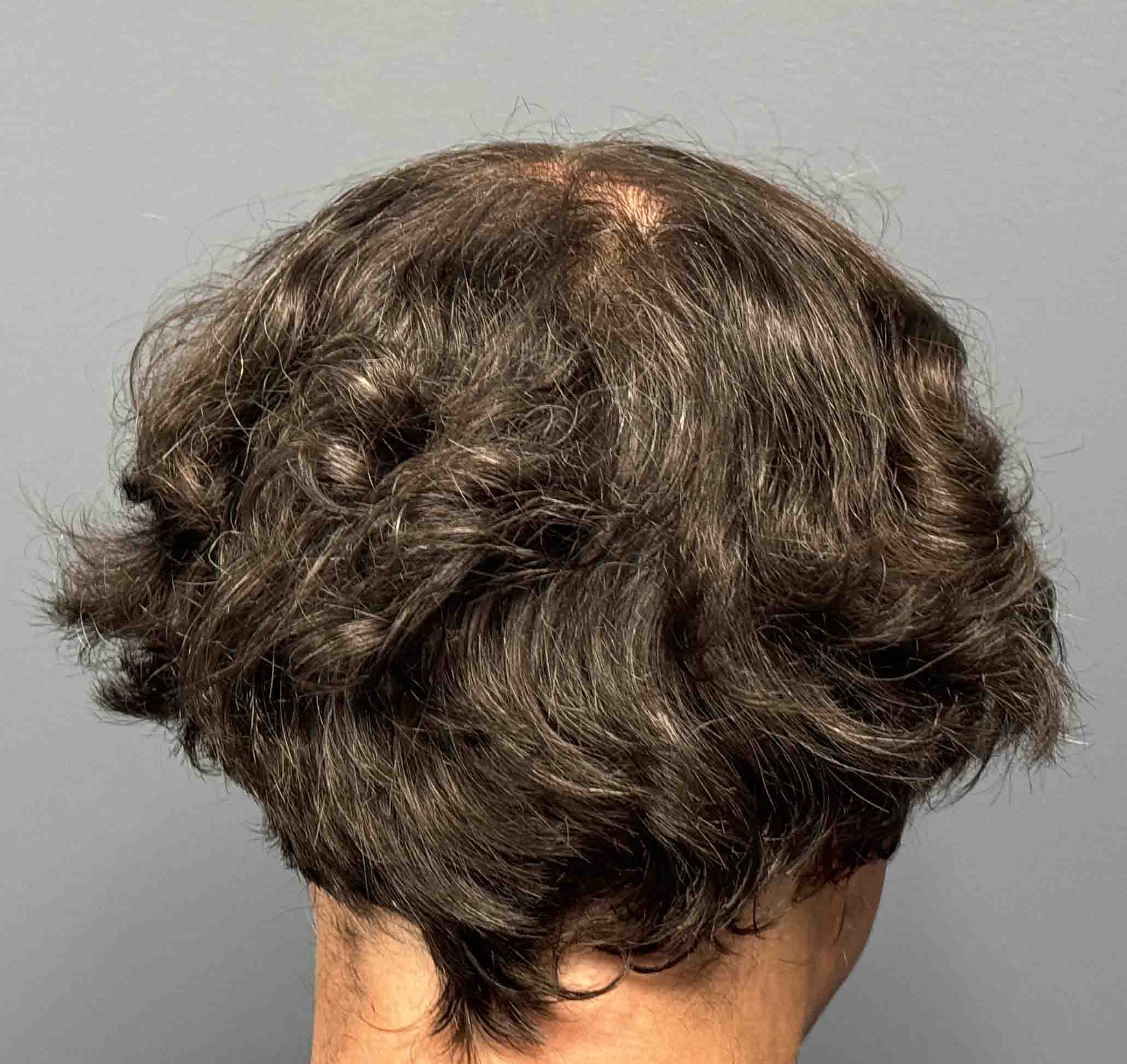
Desire for top of head reduction to reduce its bump-like appearance.
Underwent two rounds of top of head skull reduction to maximize the amount of reduction of the back part of the top of his head.
Patient 185
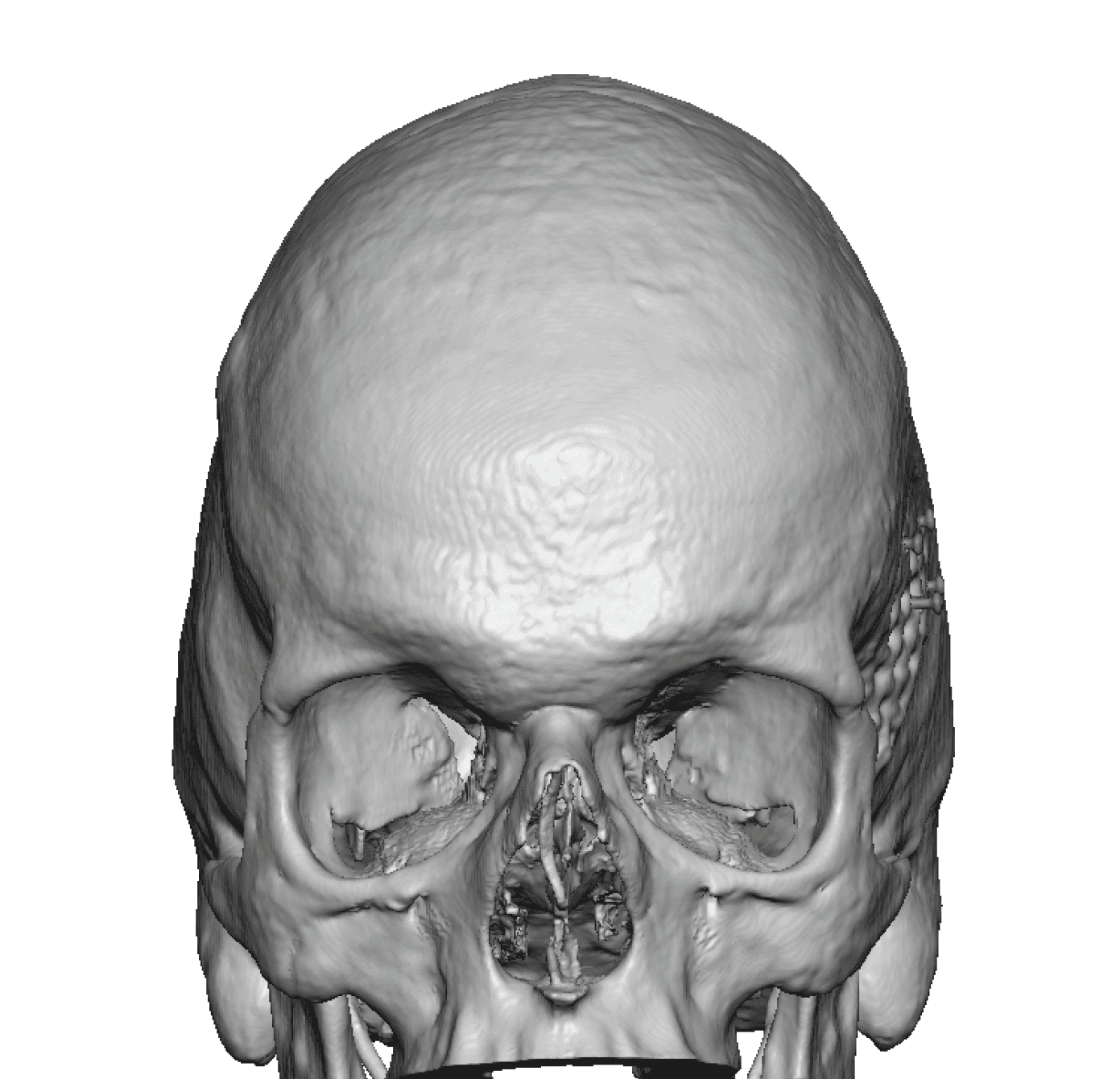
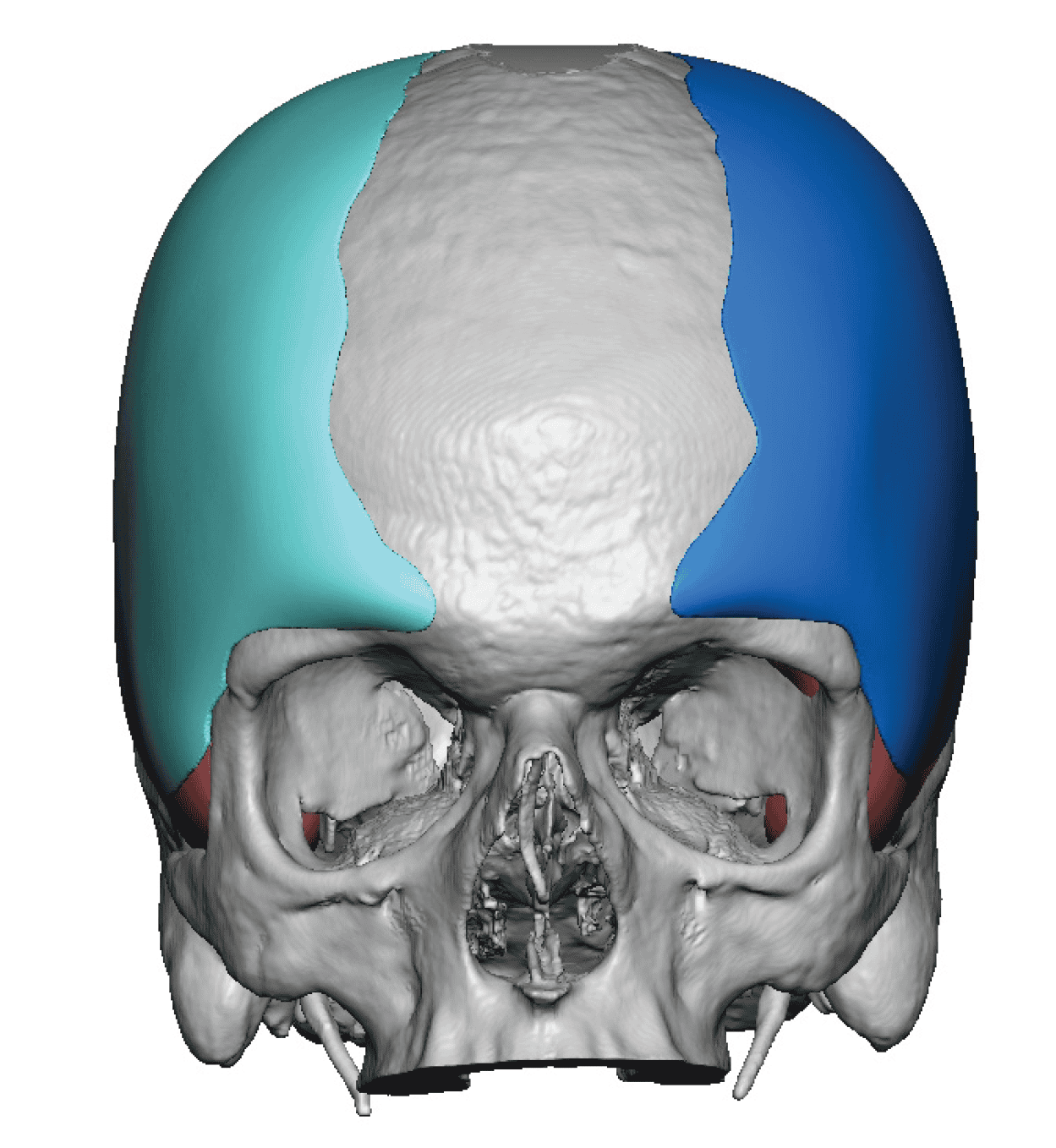
Adult male with untreated congenital sagittal craniosyniostossis as an infant. Did have forehead and occipital skull length reduction done as an adult for reduced head length. Seeking for improvements in head shape.
Placement of custom extended head widening implant through his existing bicoronal scalp incision.


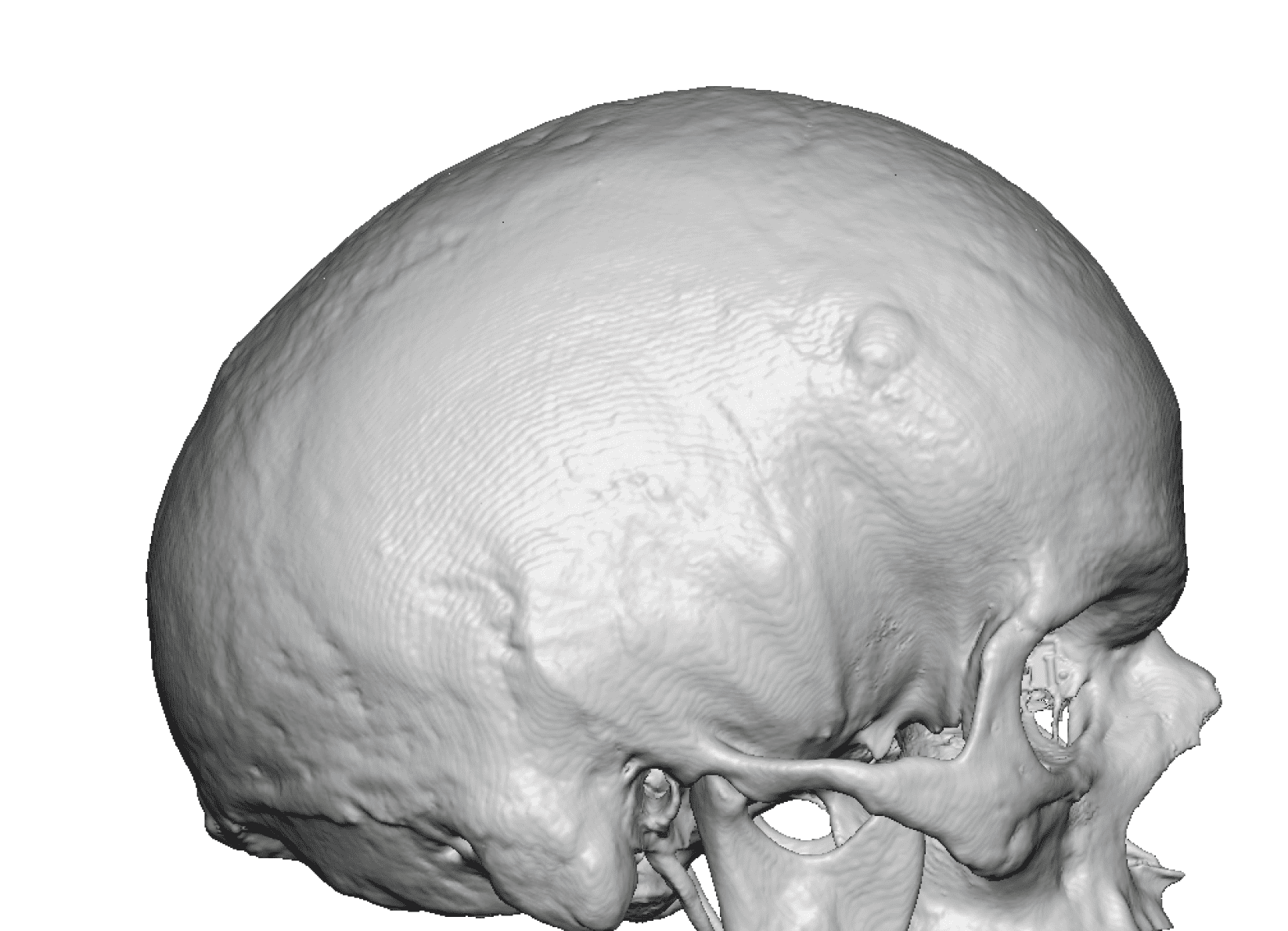
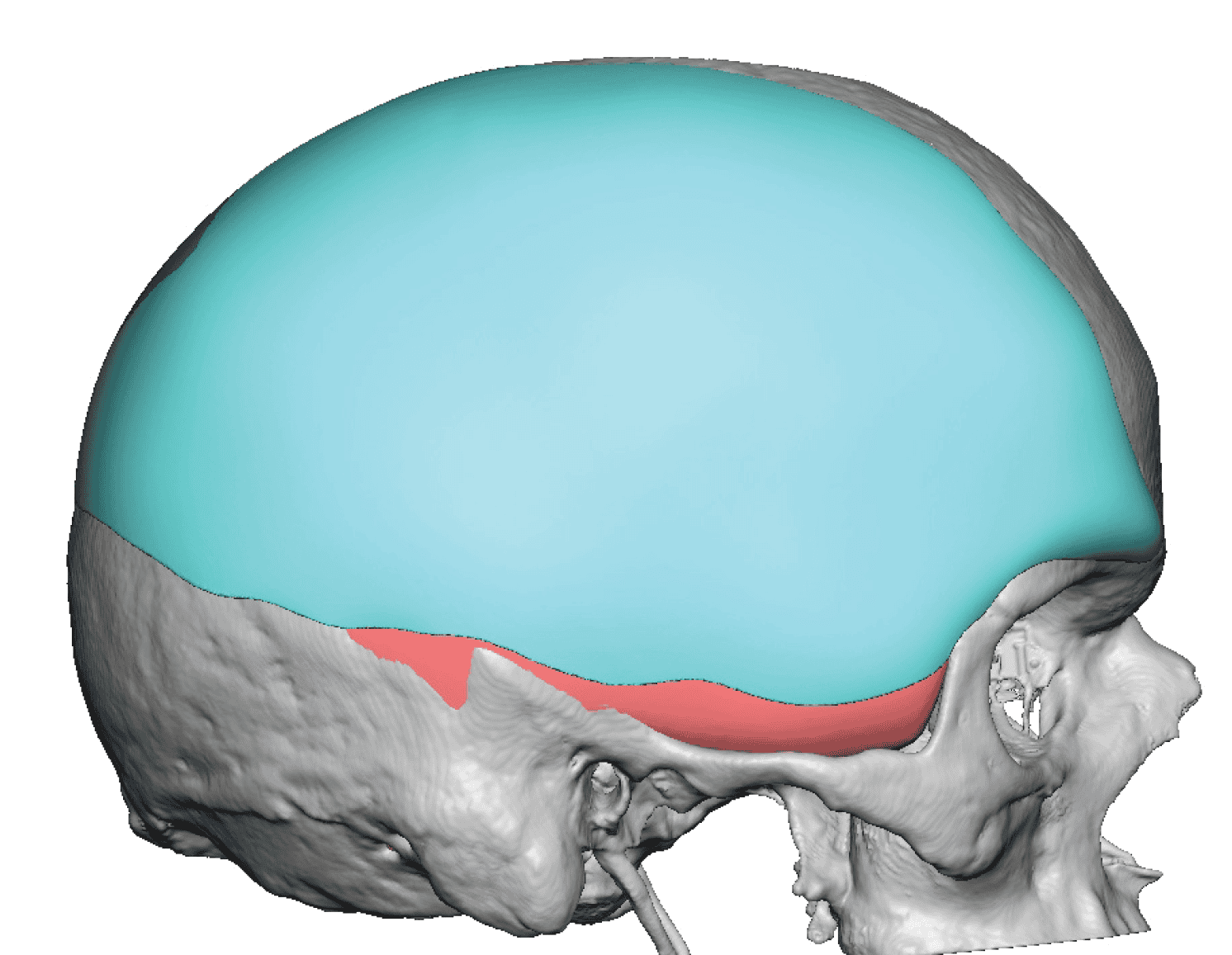
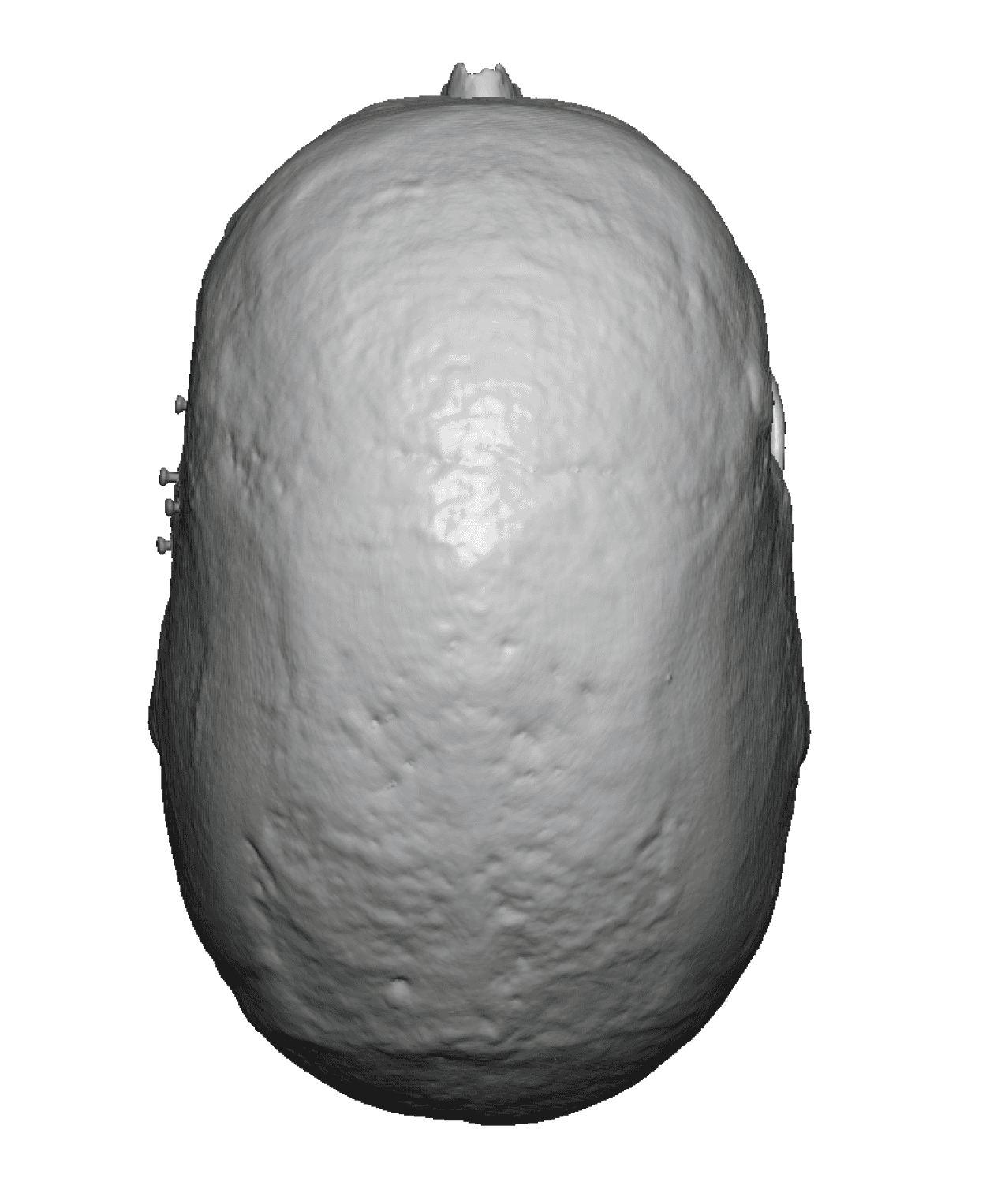
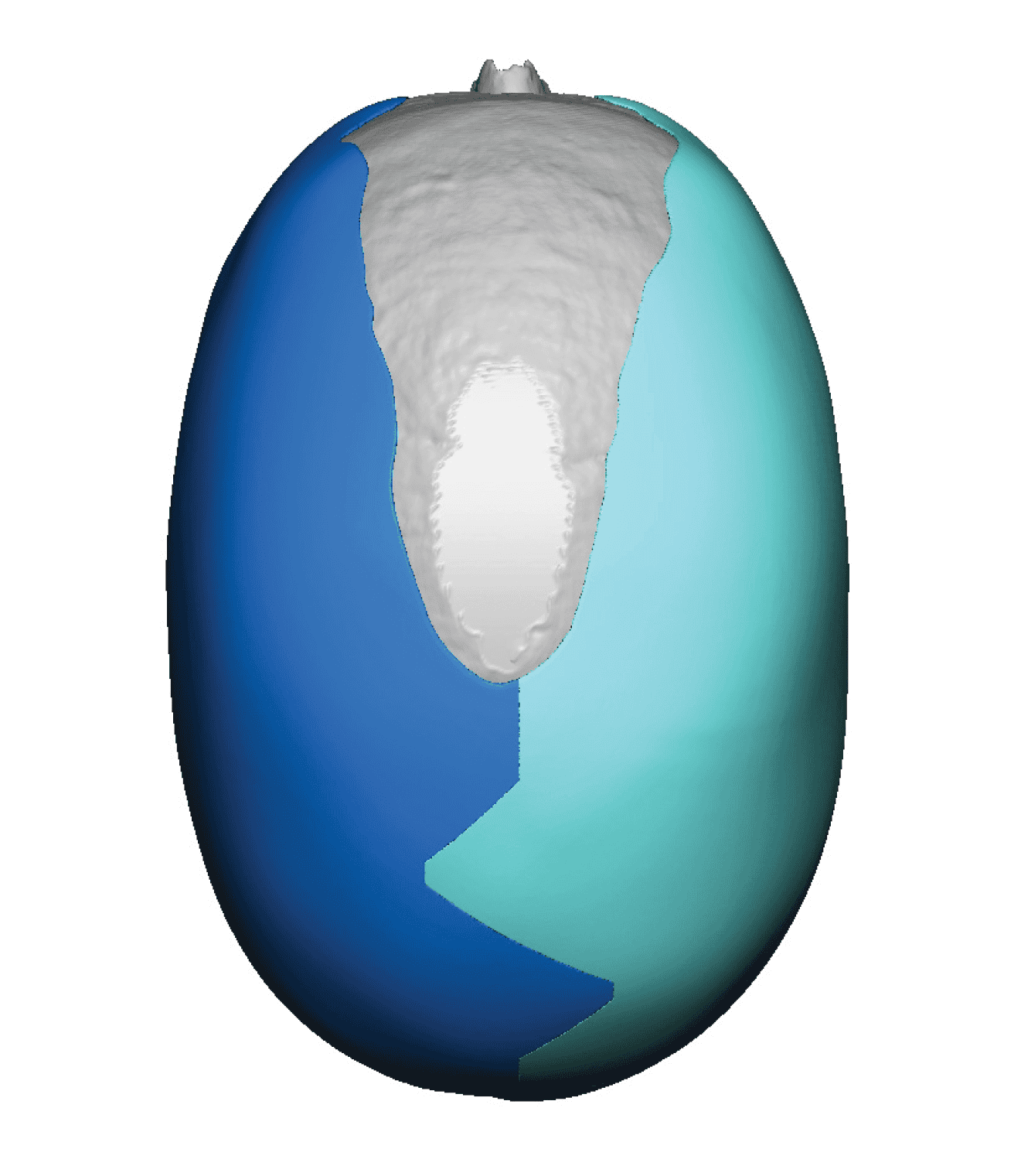
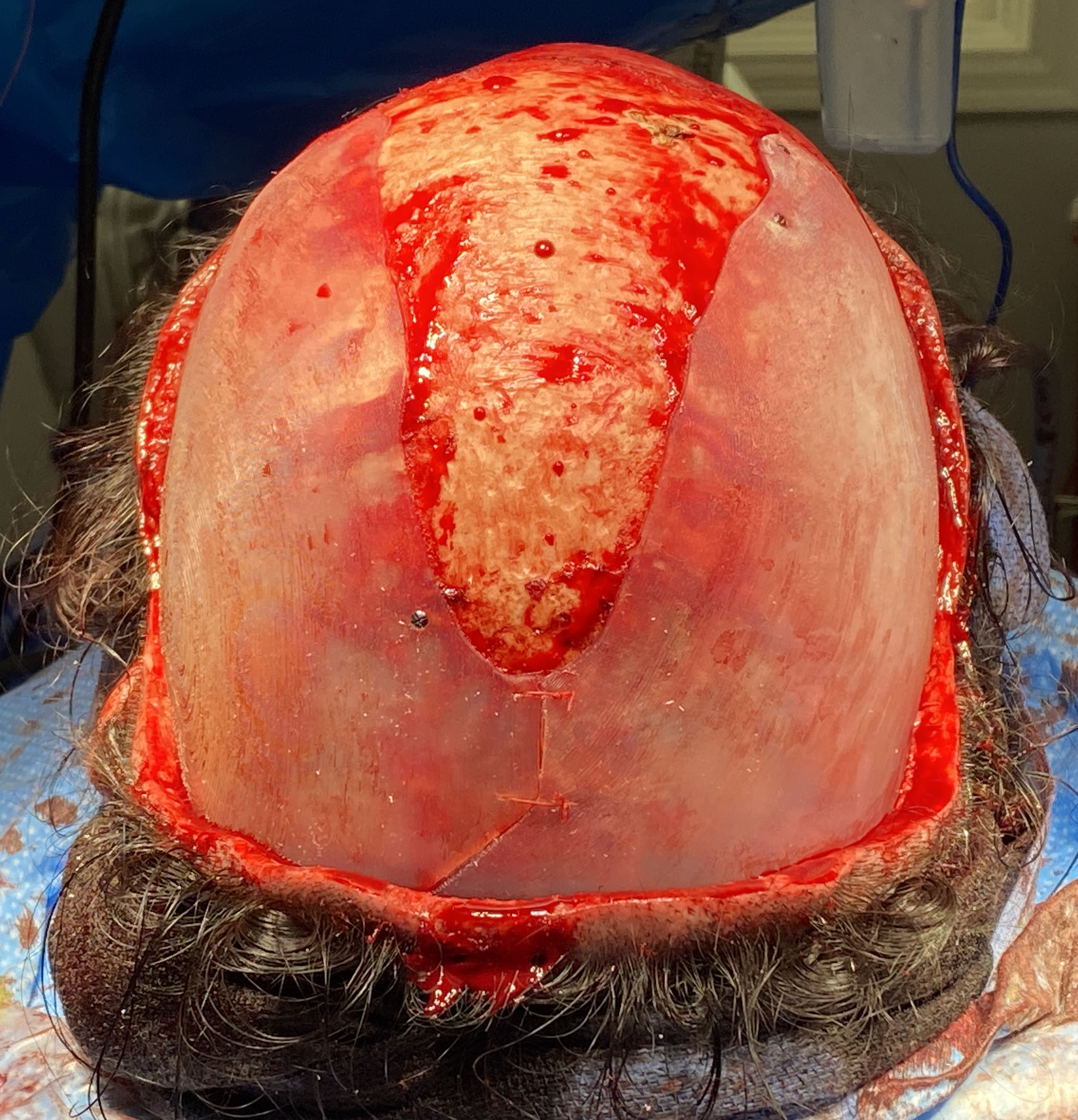
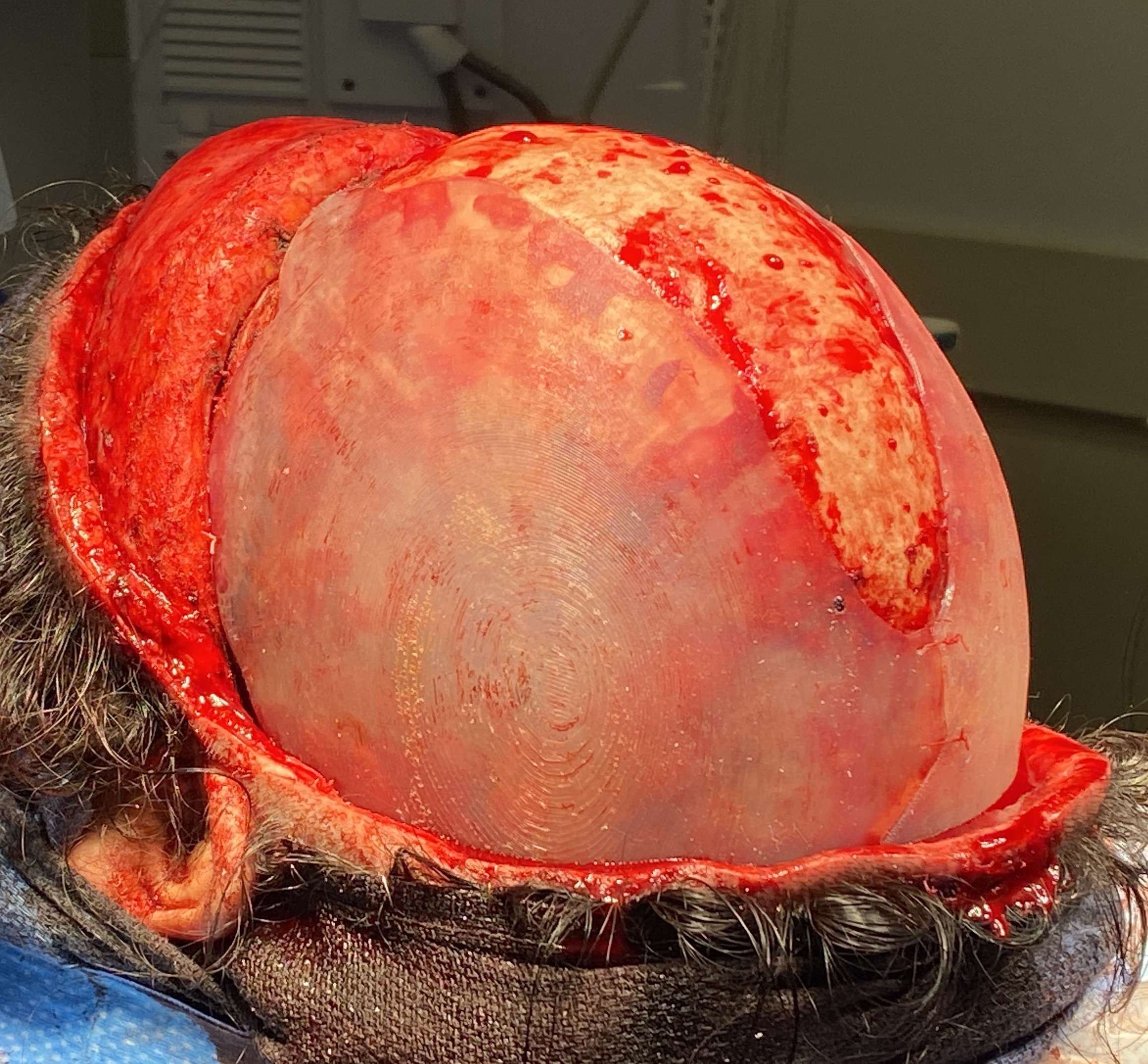
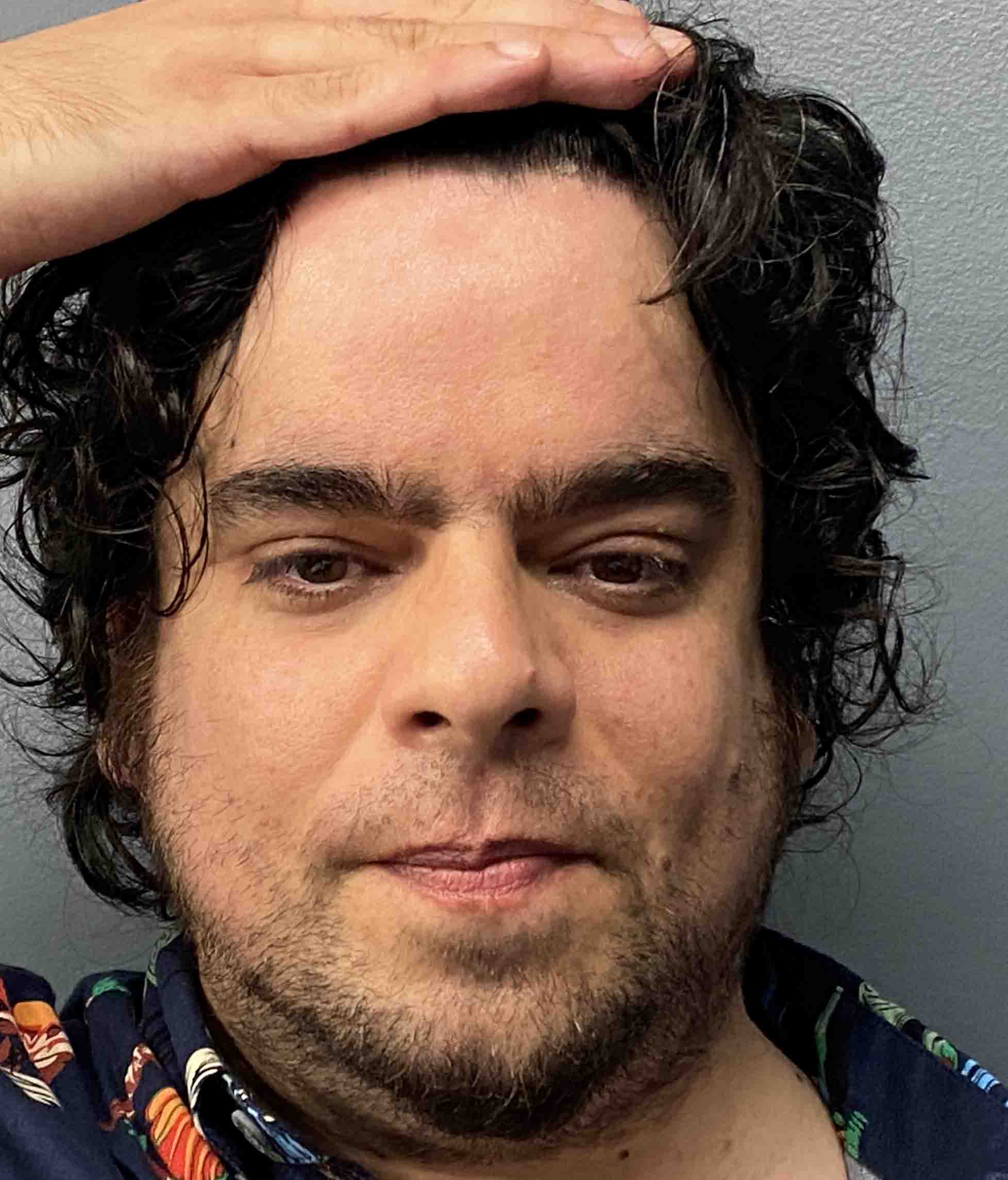
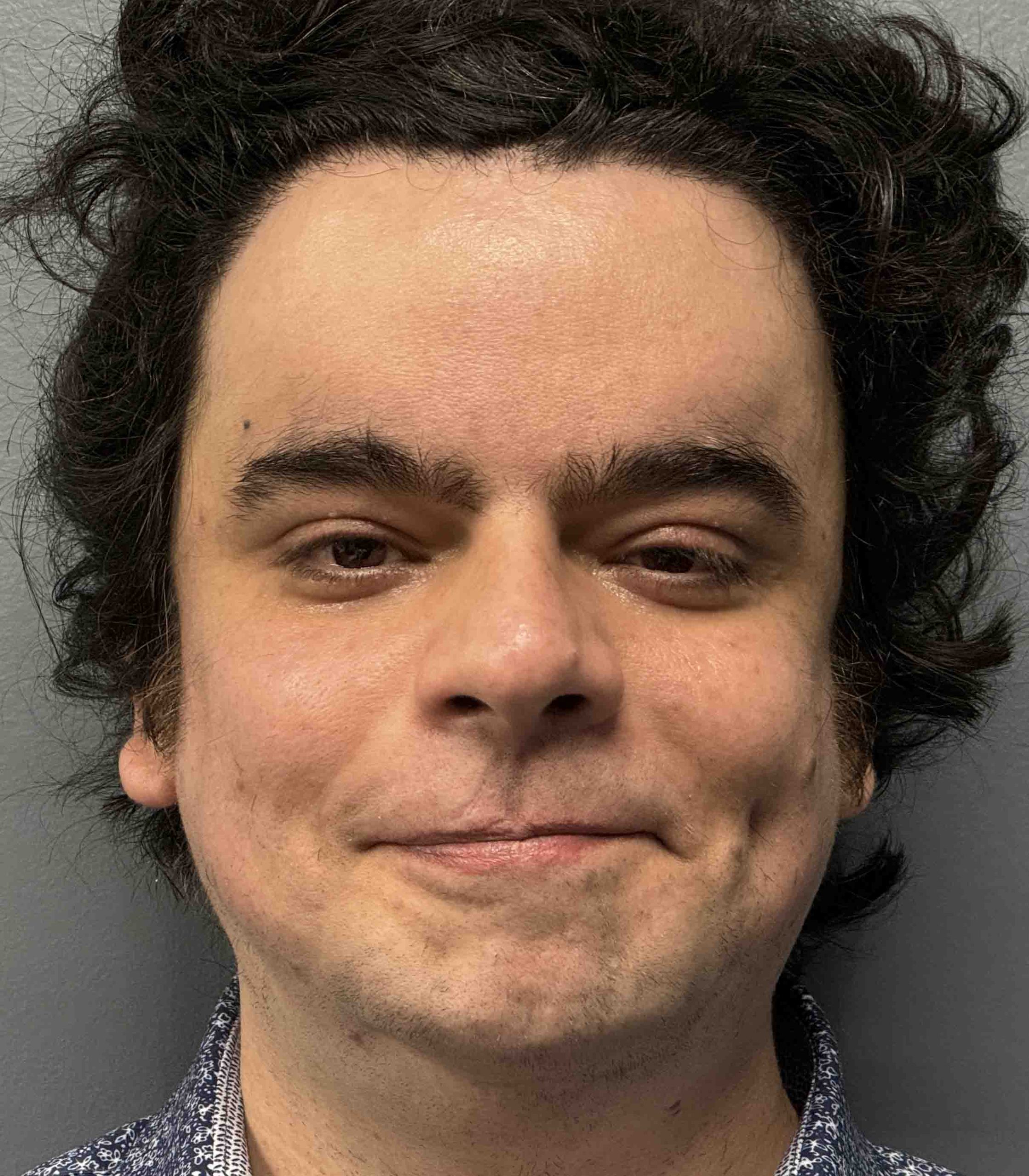
Adult male with untreated congenital sagittal craniosyniostossis as an infant. Did have forehead and occipital skull length reduction done as an adult for reduced head length. Seeking for improvements in head shape.
Placement of custom extended head widening implant through his existing bicoronal scalp incision.
Patient 186
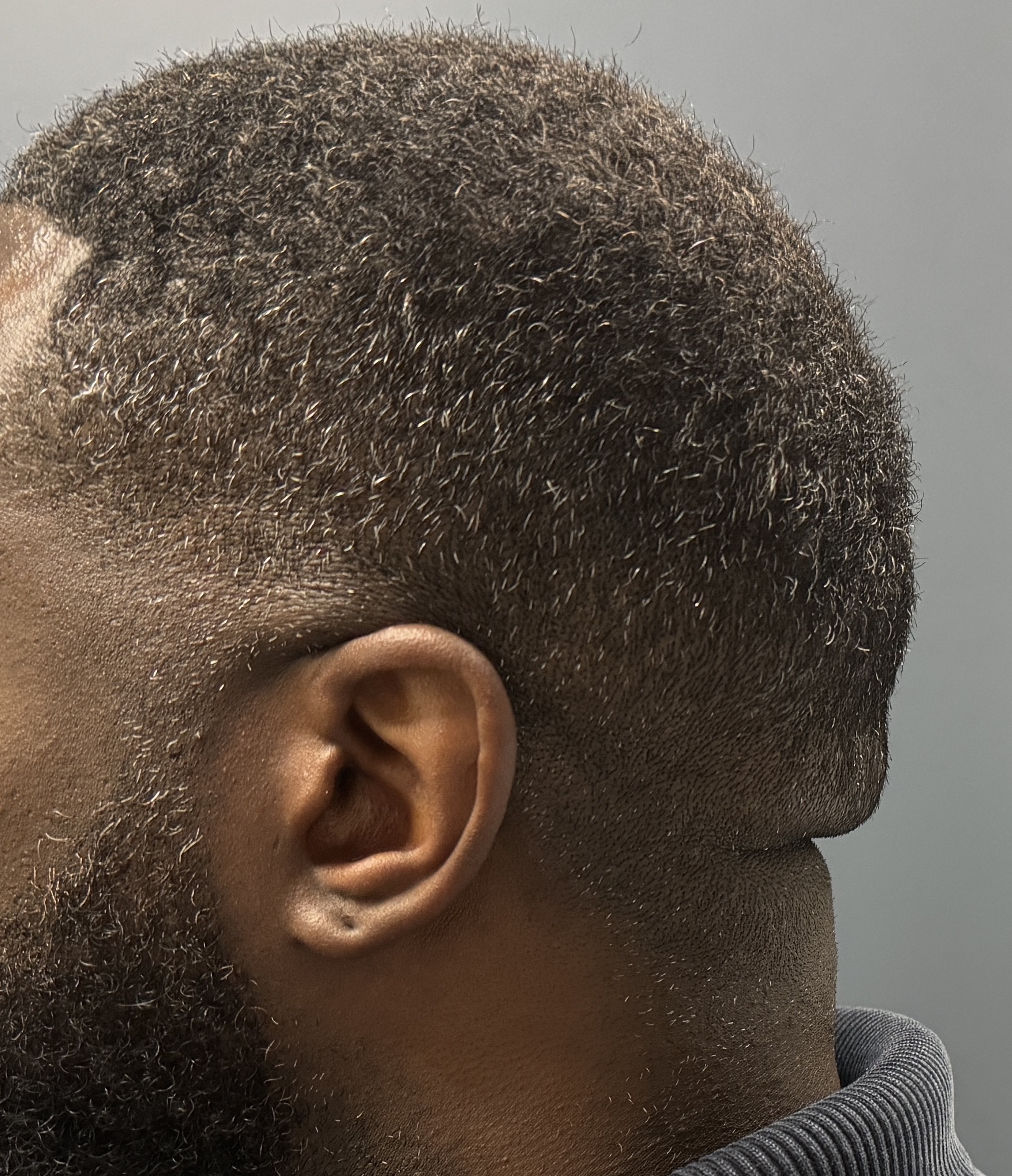
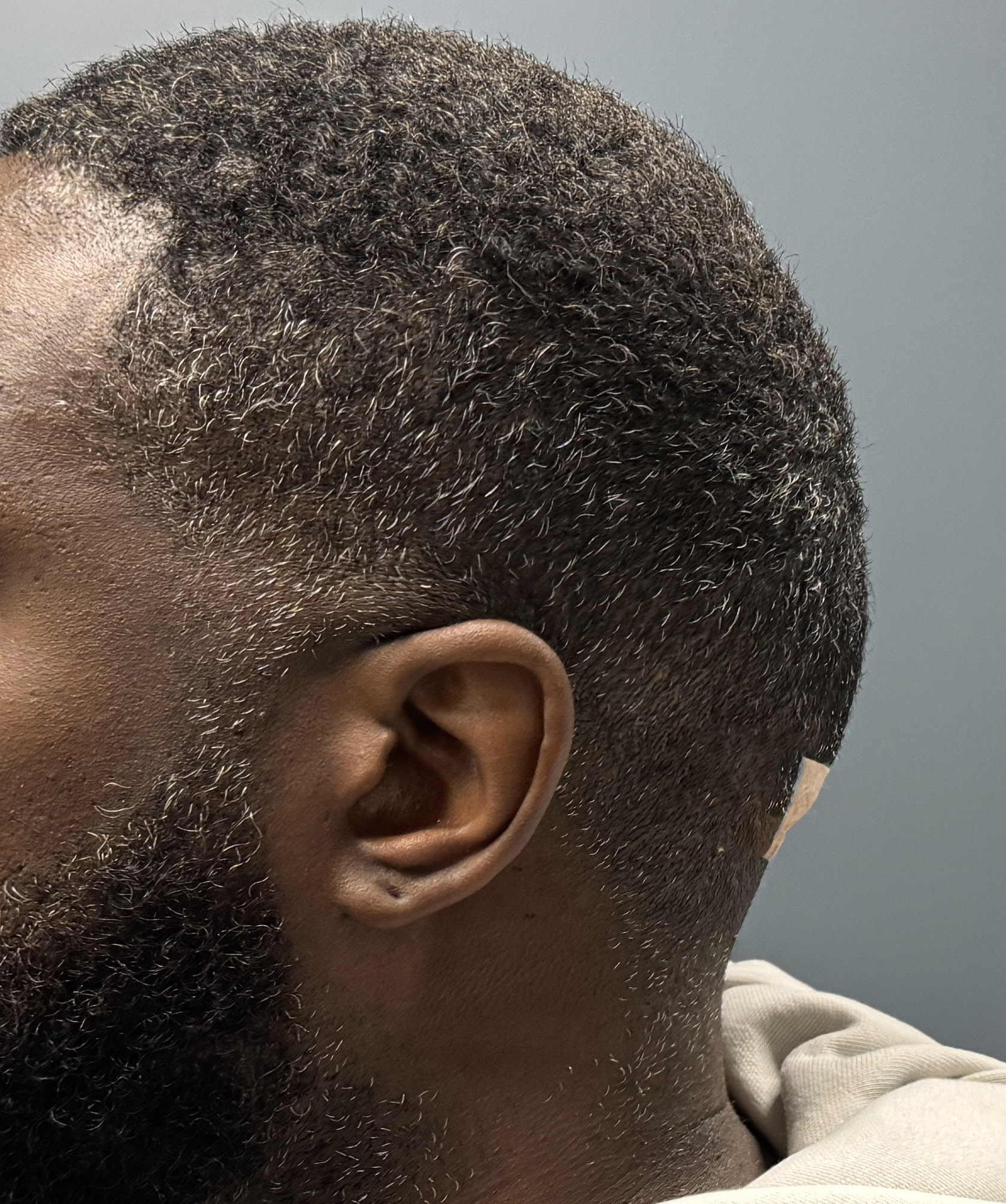
Desire to remove scalp roll on back of head.
Occipital scalp roll excision with bony knob reduction.


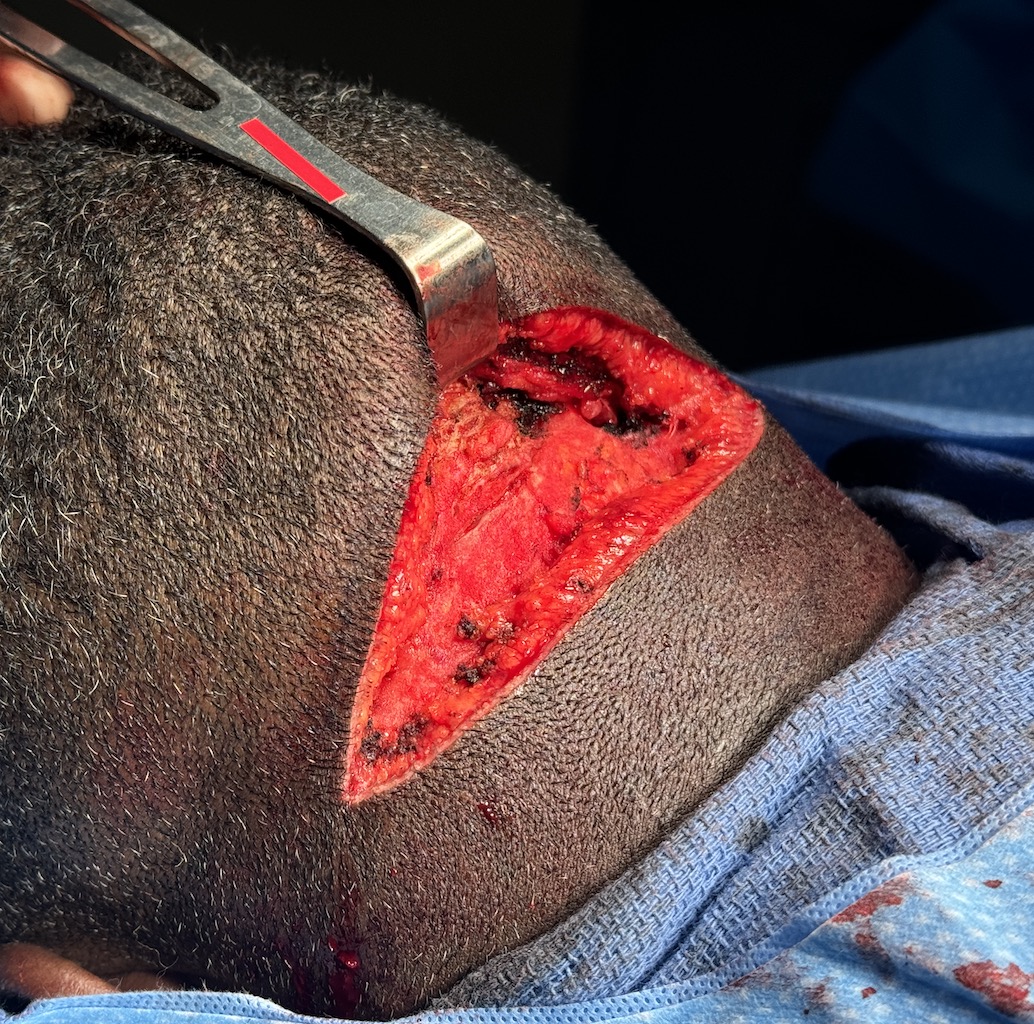
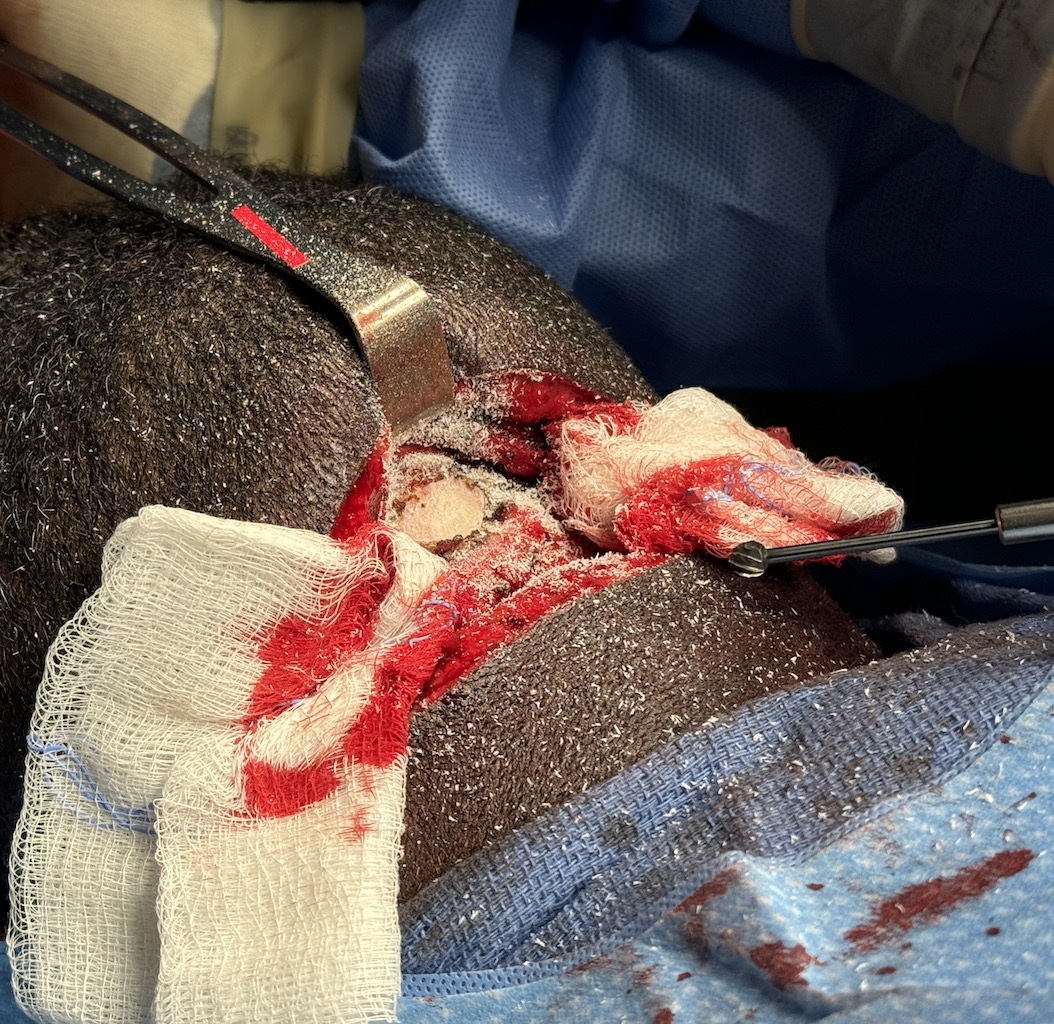
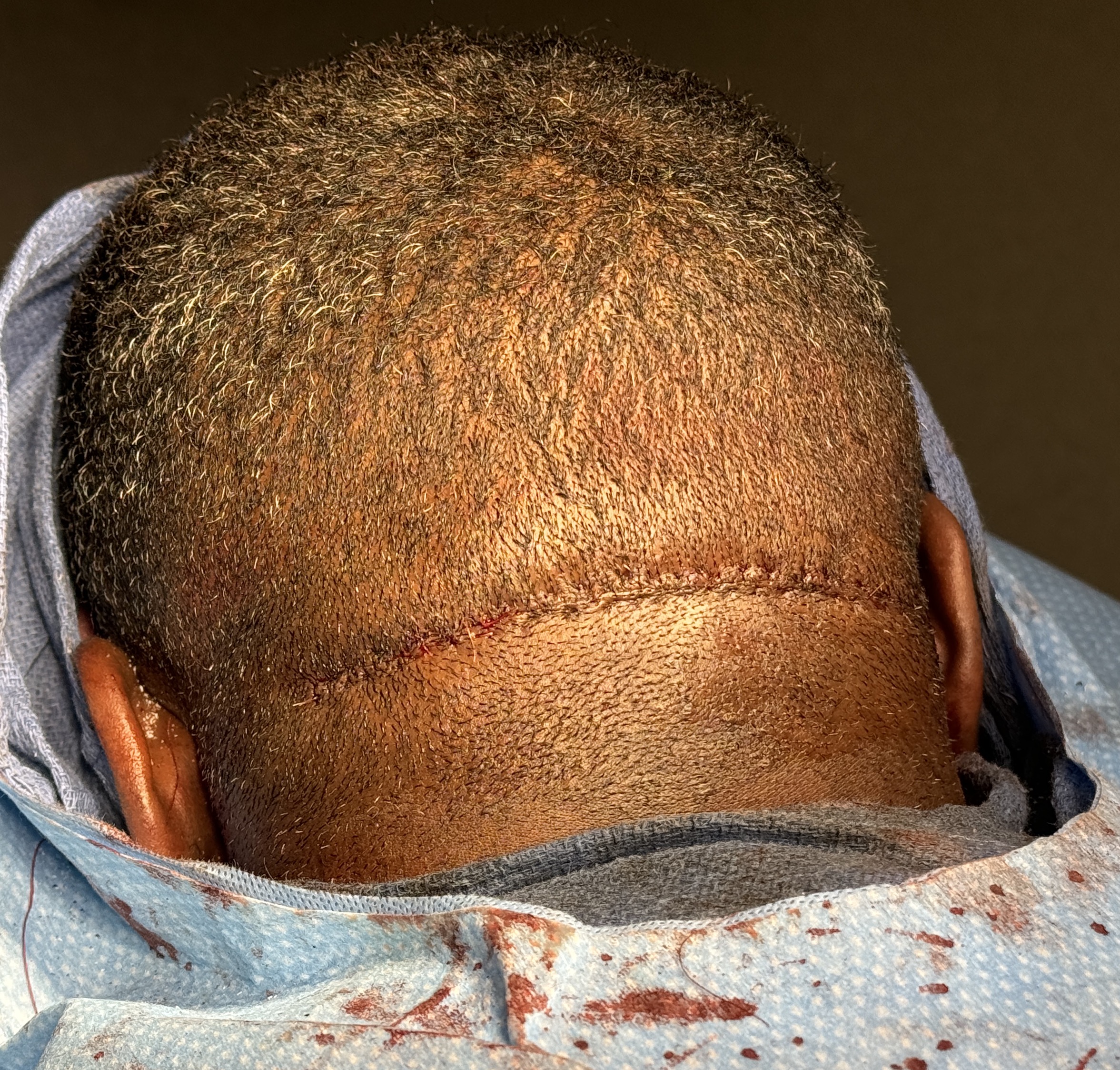
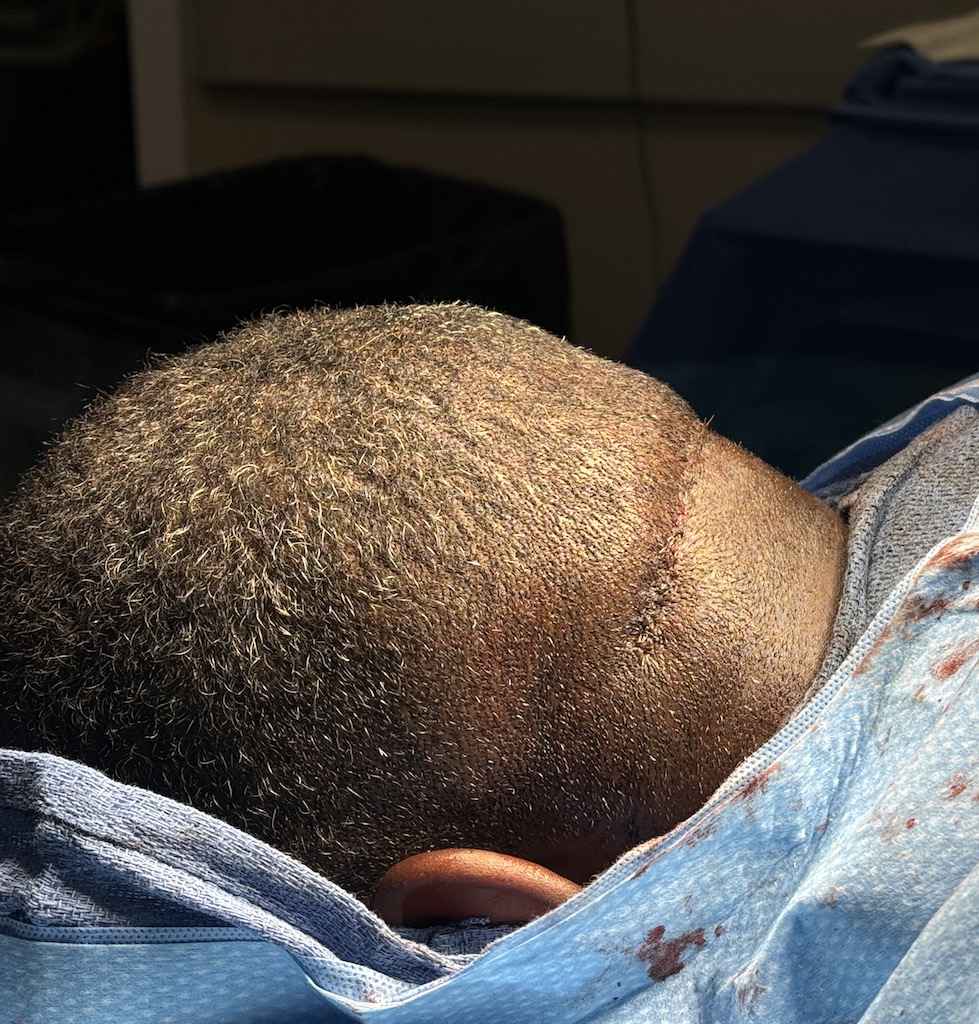
Desire to remove scalp roll on back of head.
Occipital scalp roll excision with bony knob reduction.
Patient 187
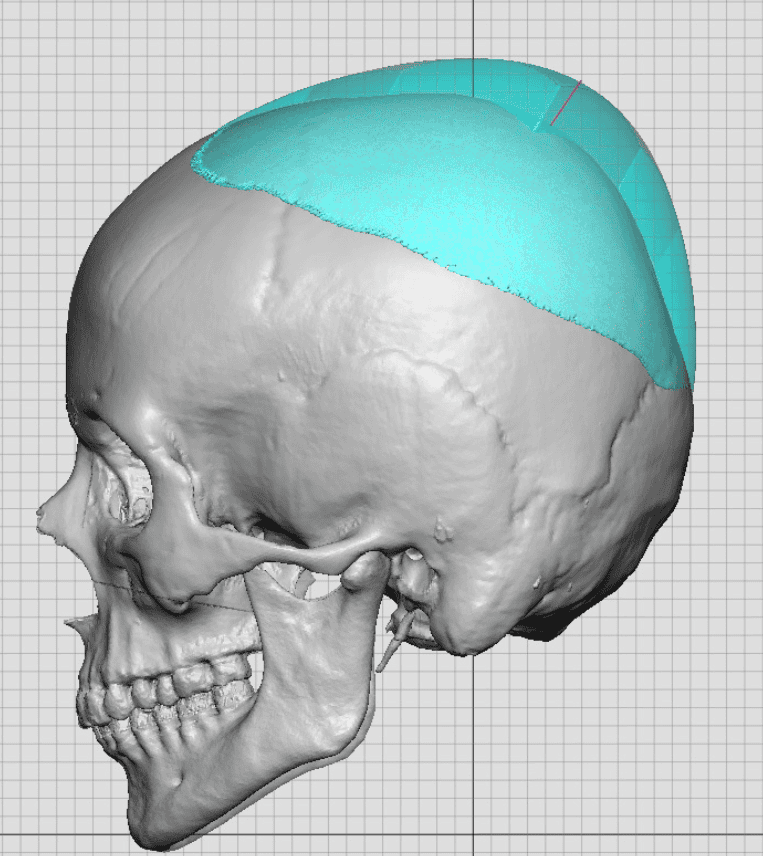
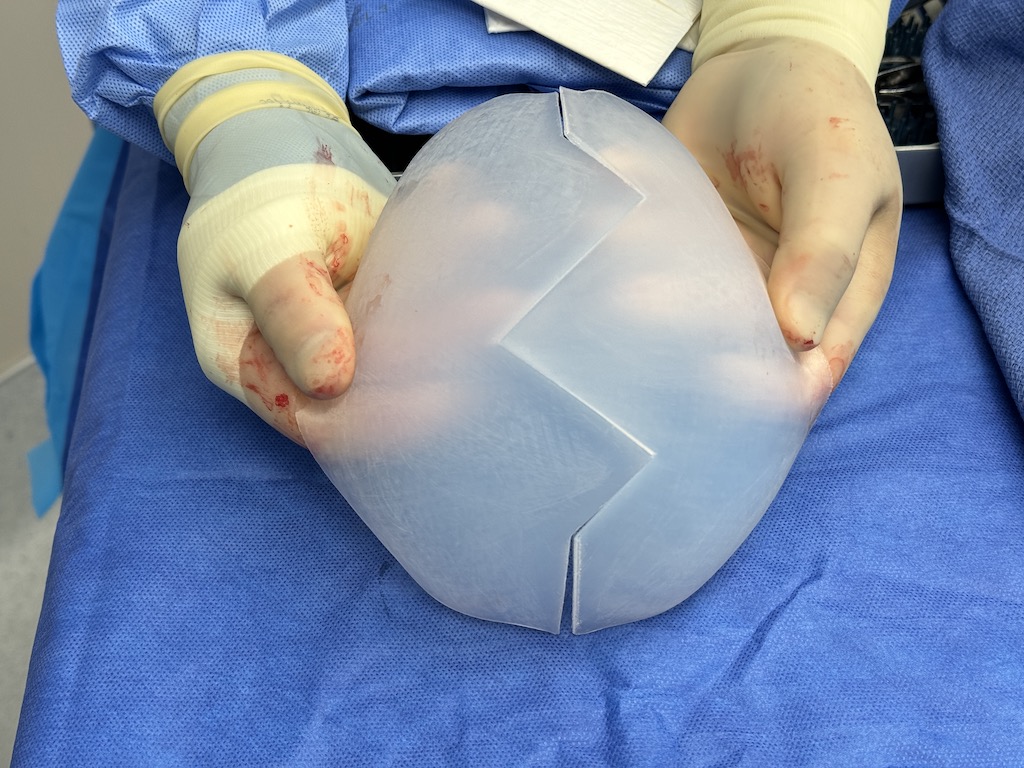
Female desiring large crown of head augmentation. Given her thin inelastic scalp a first scalp expansion was needed.
1st stage scalp expansion up to 200ccs over 3 months. Followed by removal and replacement with a large two piece skull implant. (200ccs)


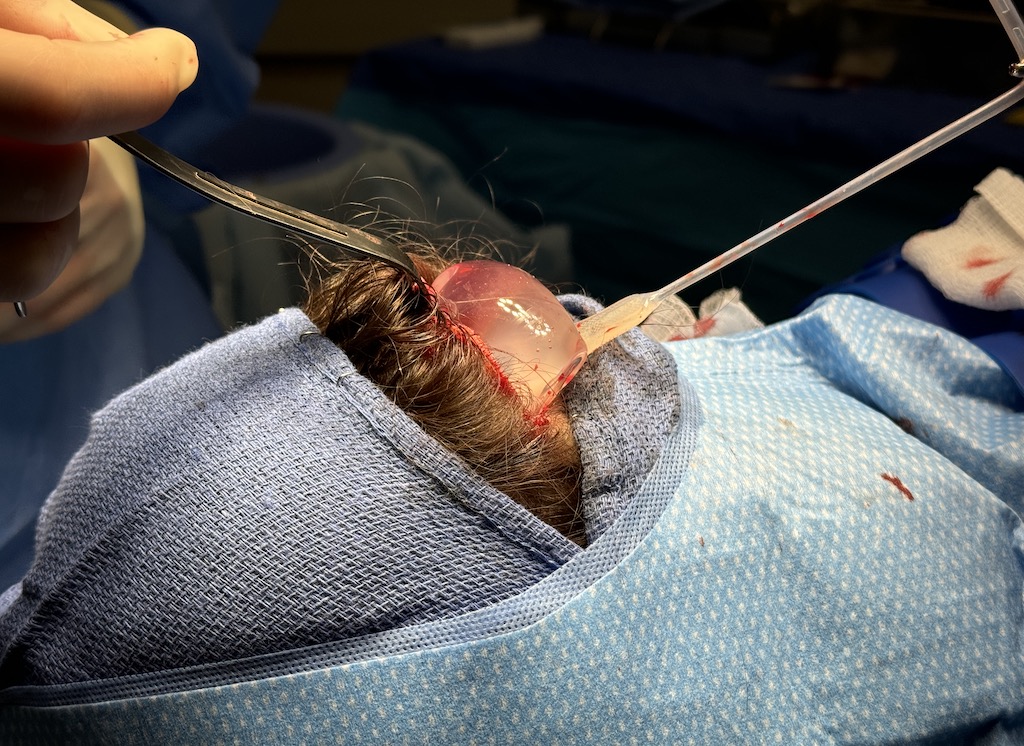
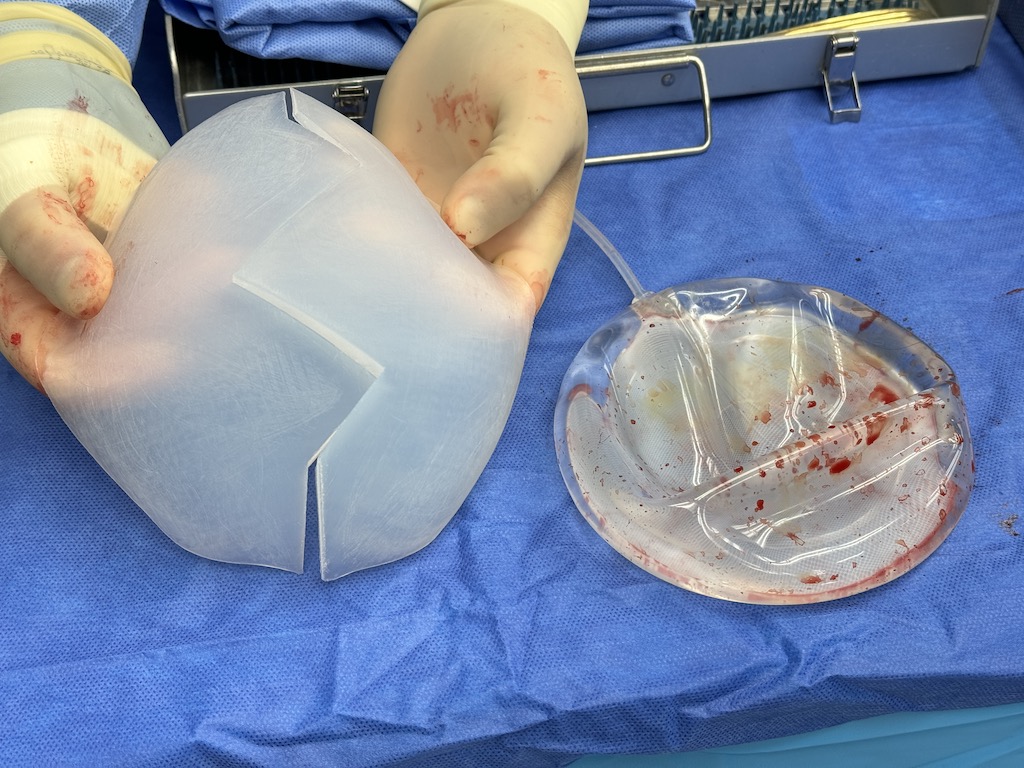
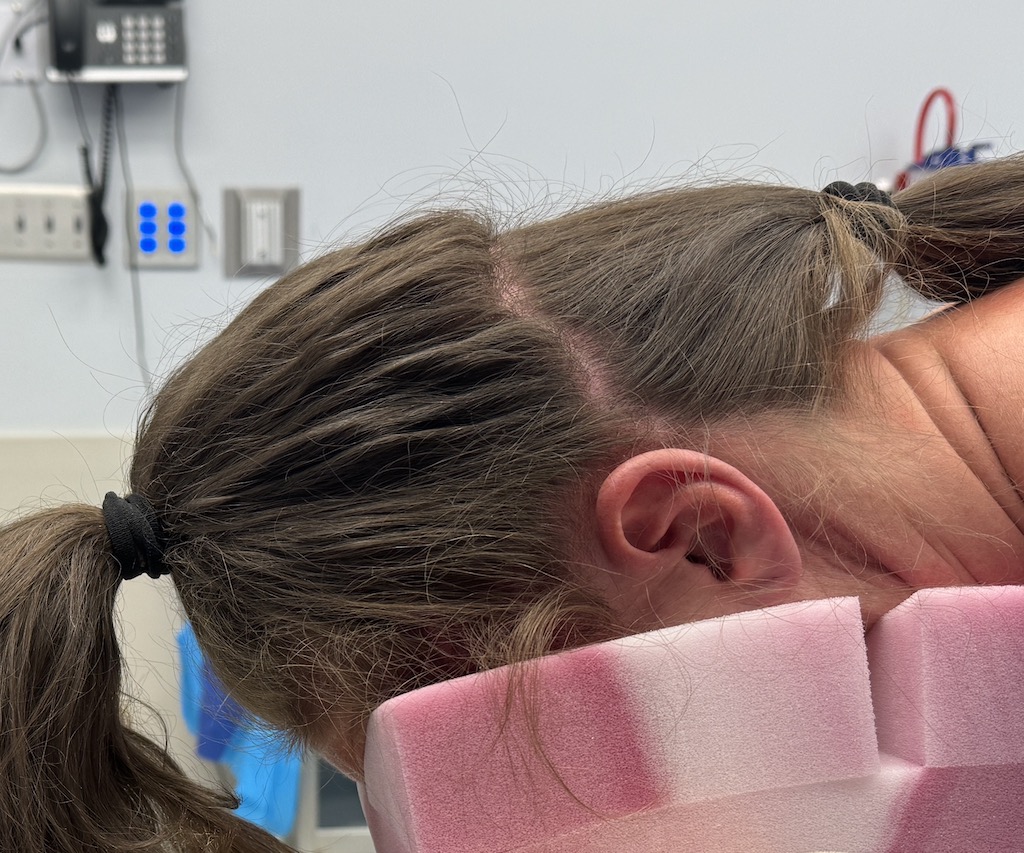
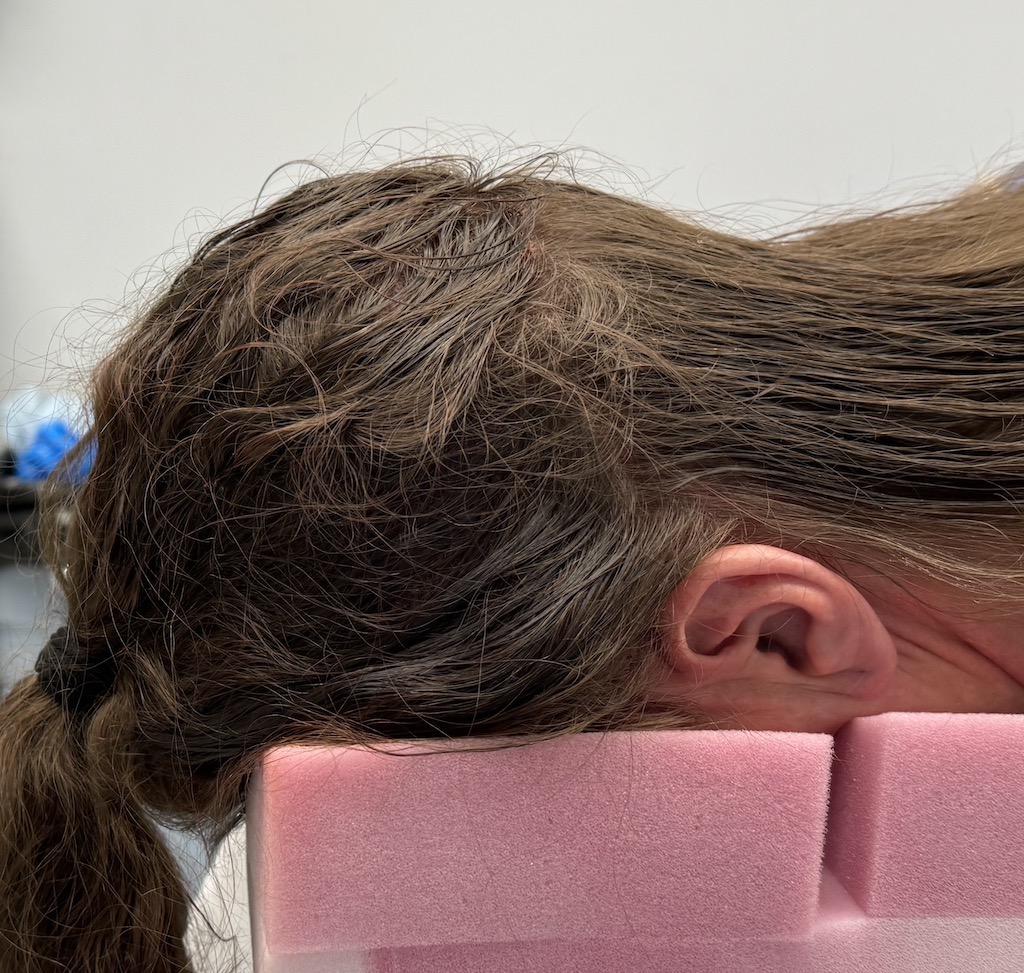
Female desiring large crown of head augmentation. Given her thin inelastic scalp a first scalp expansion was needed.
1st stage scalp expansion up to 200ccs over 3 months. Followed by removal and replacement with a large two piece skull implant. (200ccs)
Patient 188

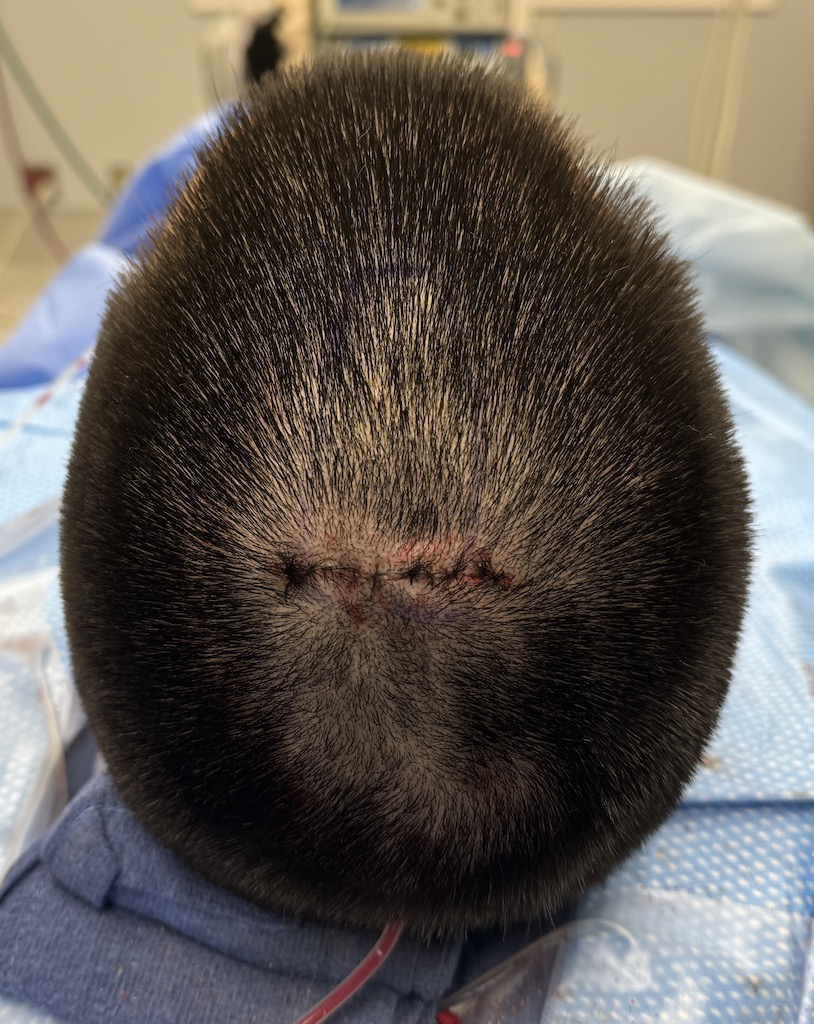
Desire for reduction of prominent sagittal ridge on top of head.
Burring reduction of sagittal ridge limited by the presence of a large diploic vein.


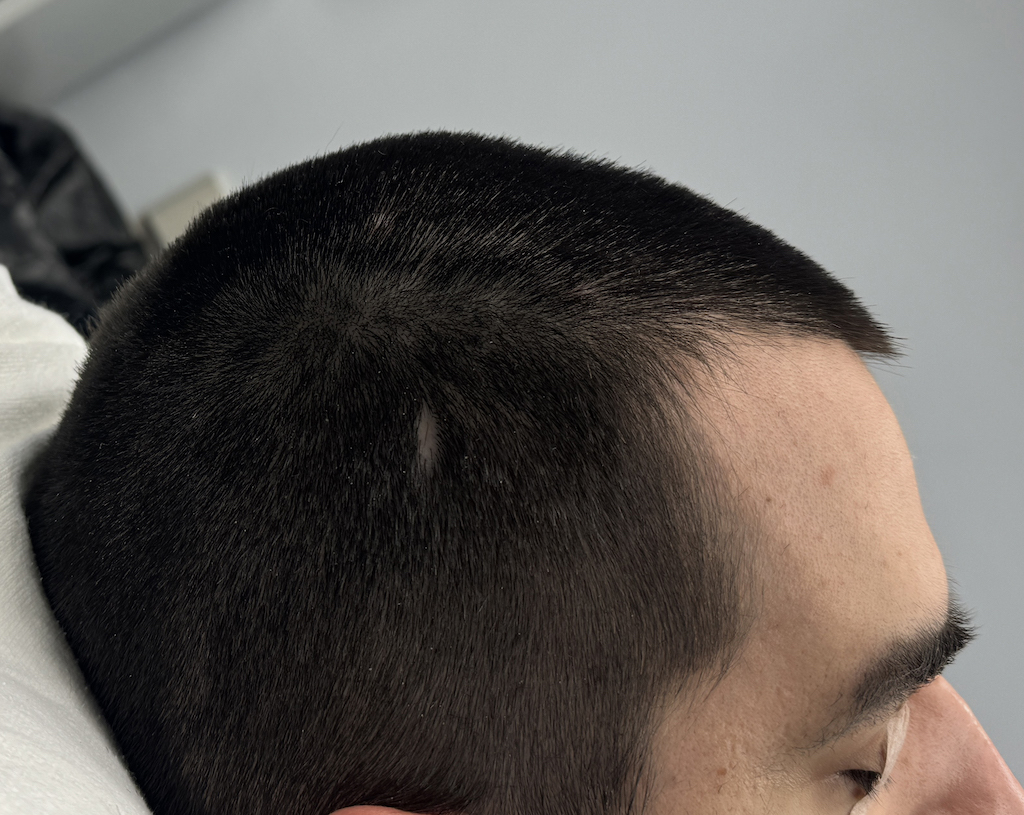
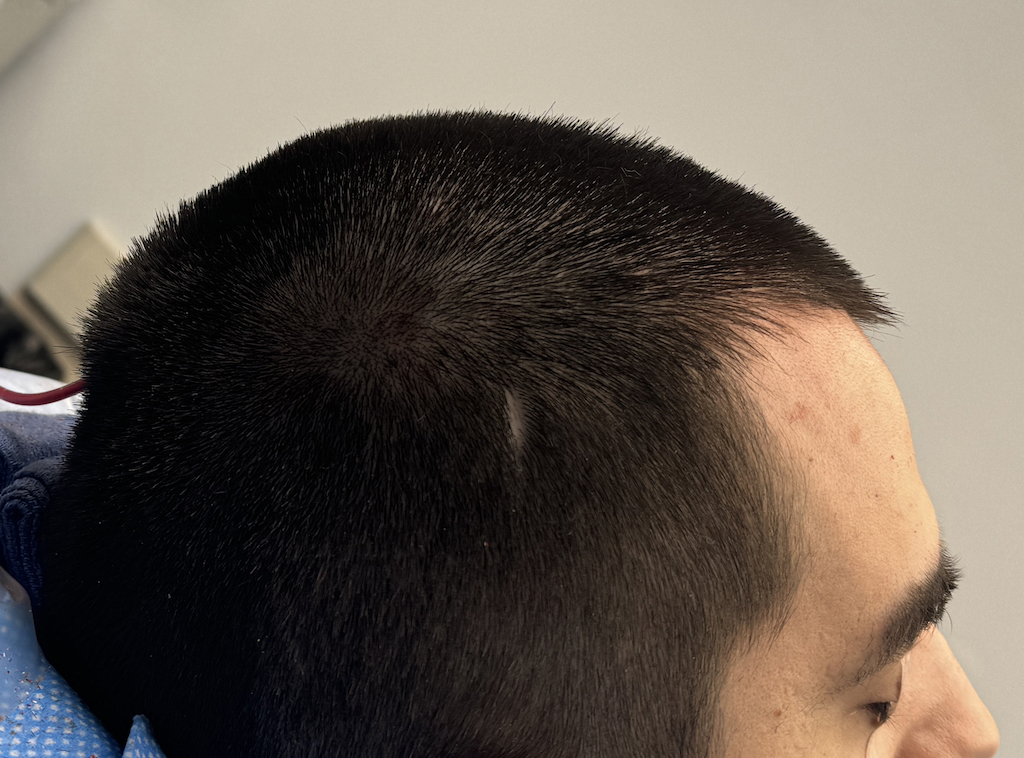
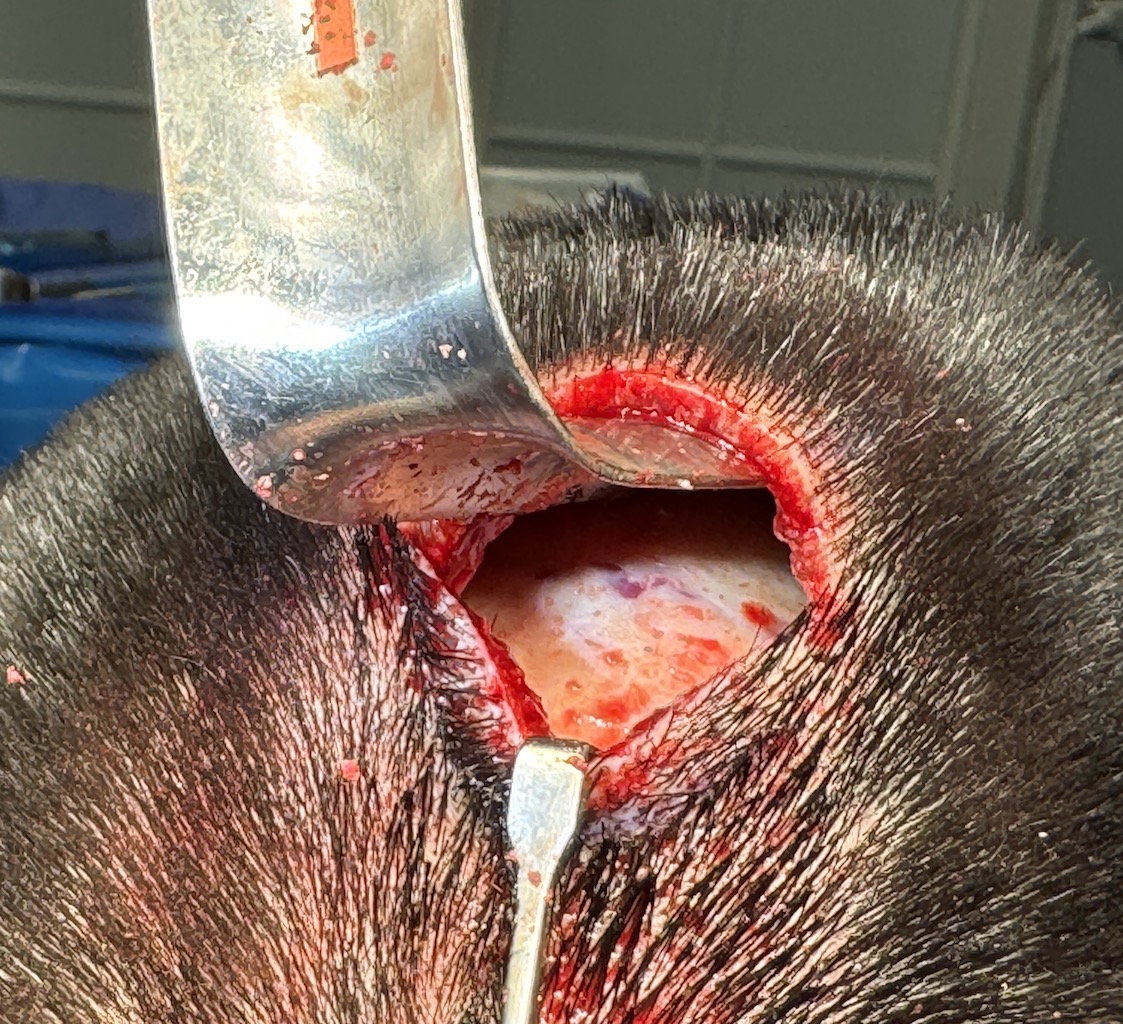
Desire for reduction of prominent sagittal ridge on top of head.
Burring reduction of sagittal ridge limited by the presence of a large diploic vein.
Patient 189
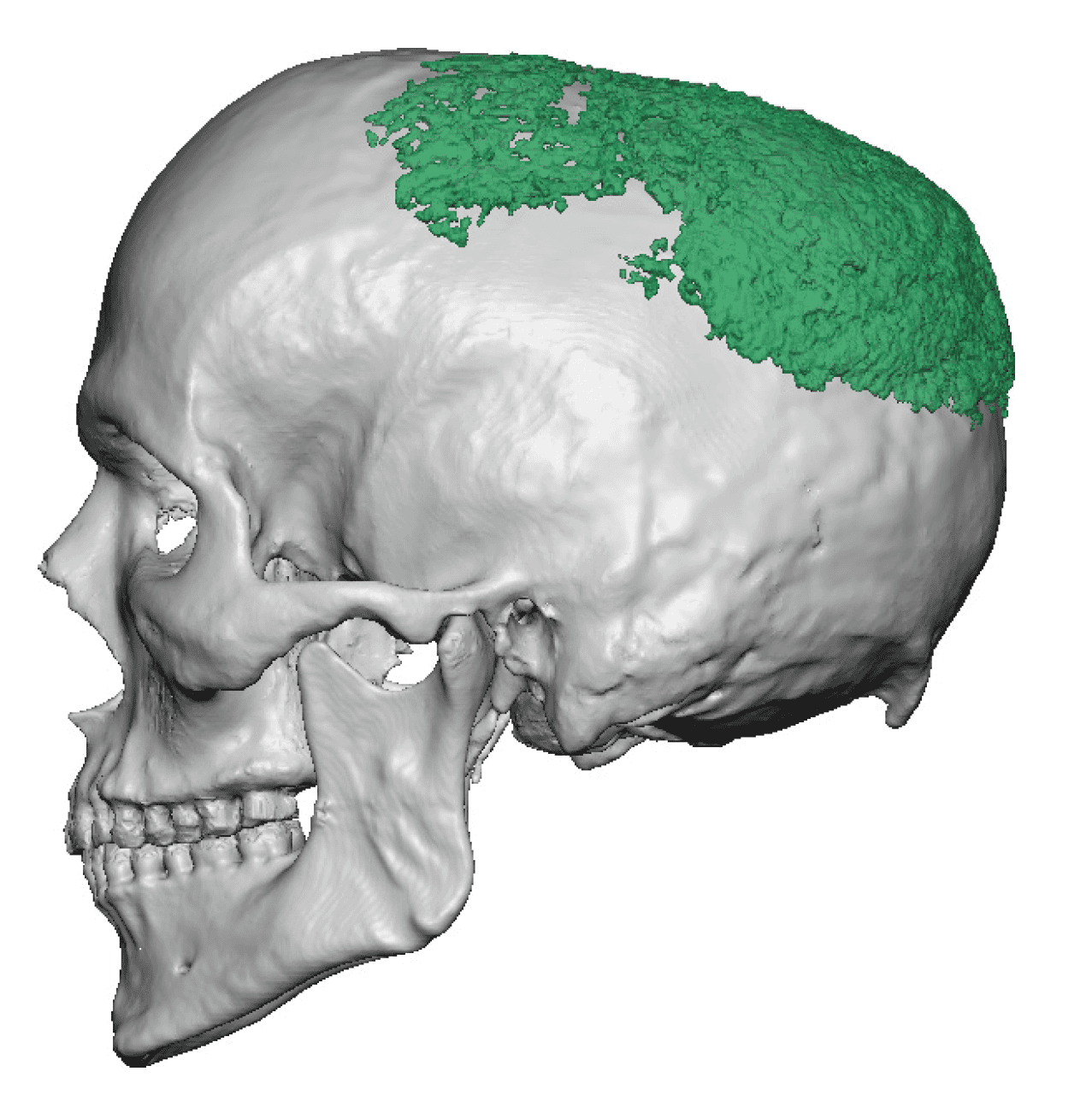
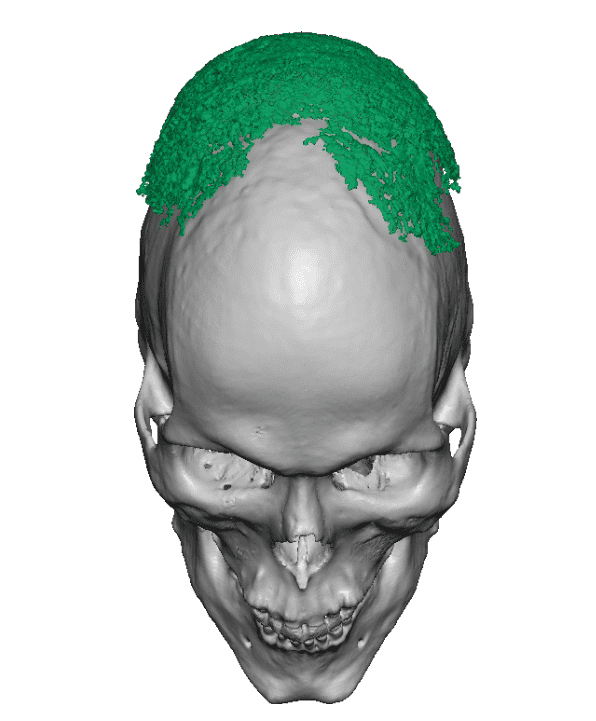
Desire to improve head shape after prior PMMA bone cement augmentation efforts.
Transcoronal removal oif PMMA bone cement with custom skull implant replacement.


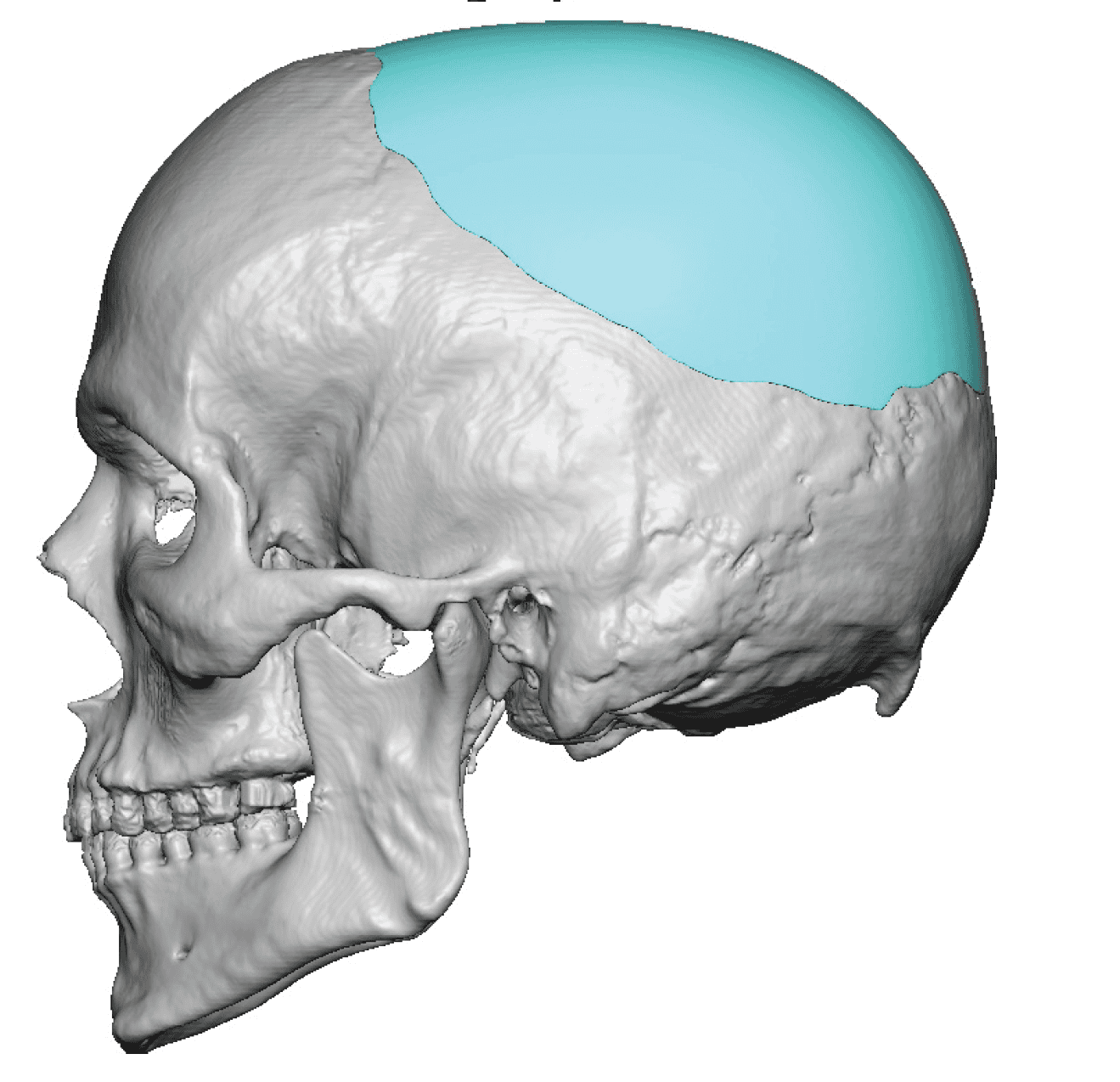
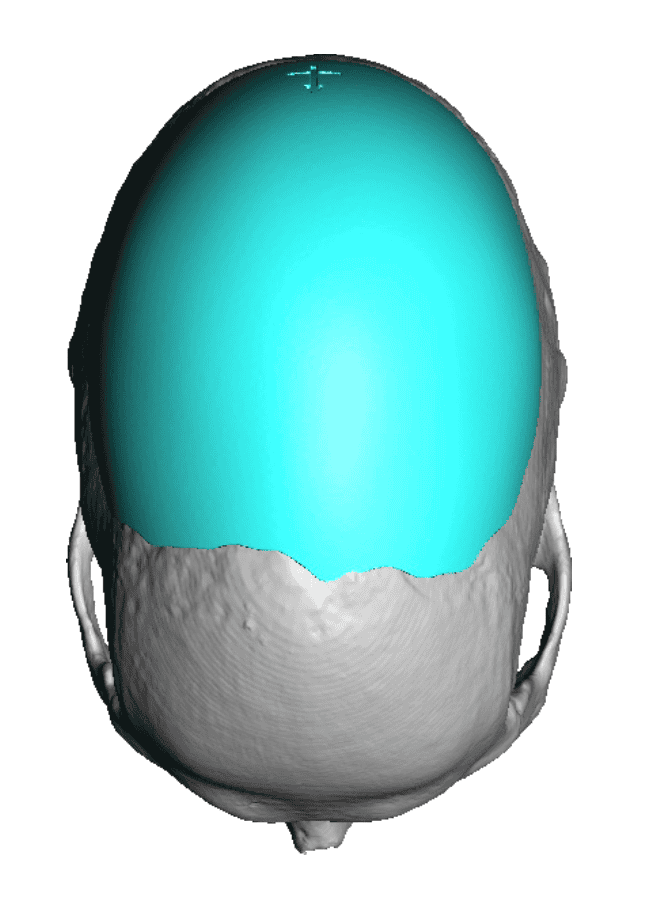
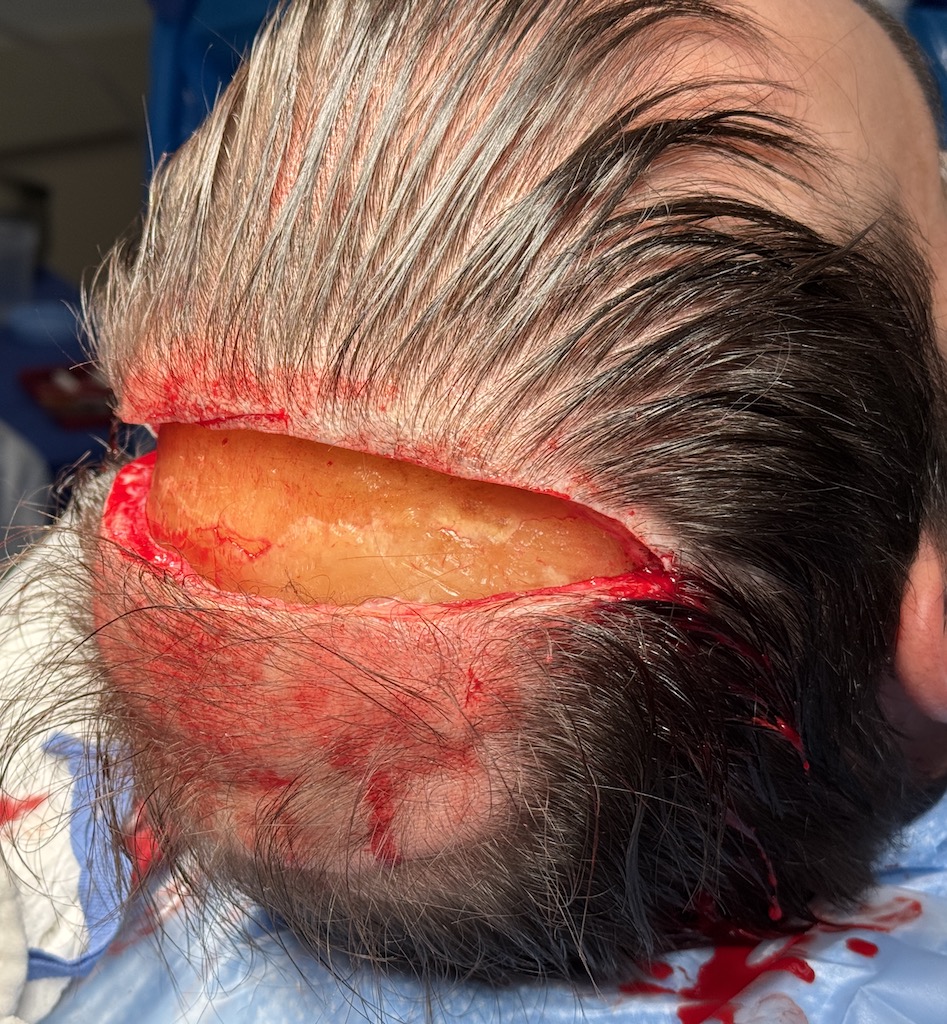
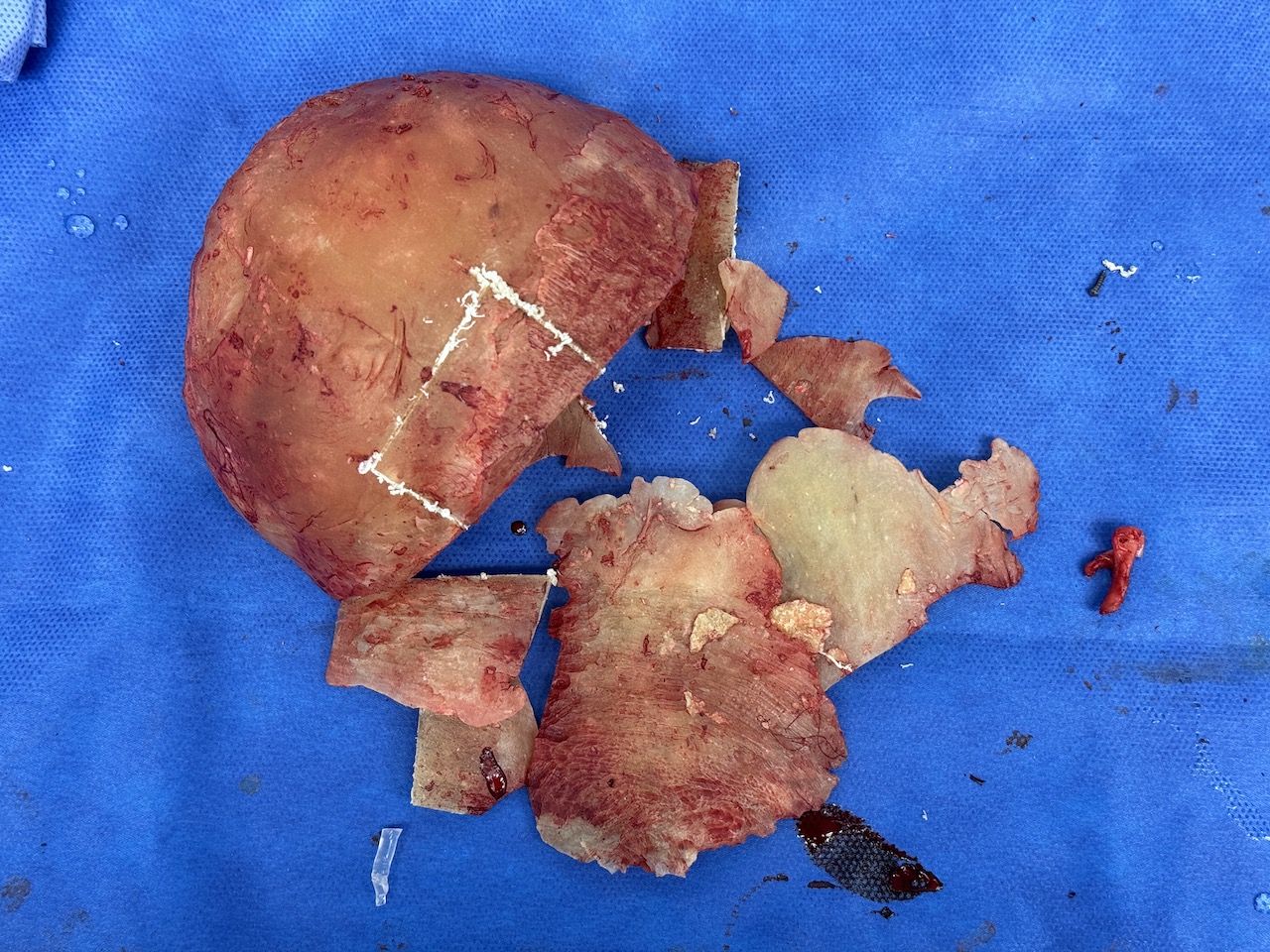
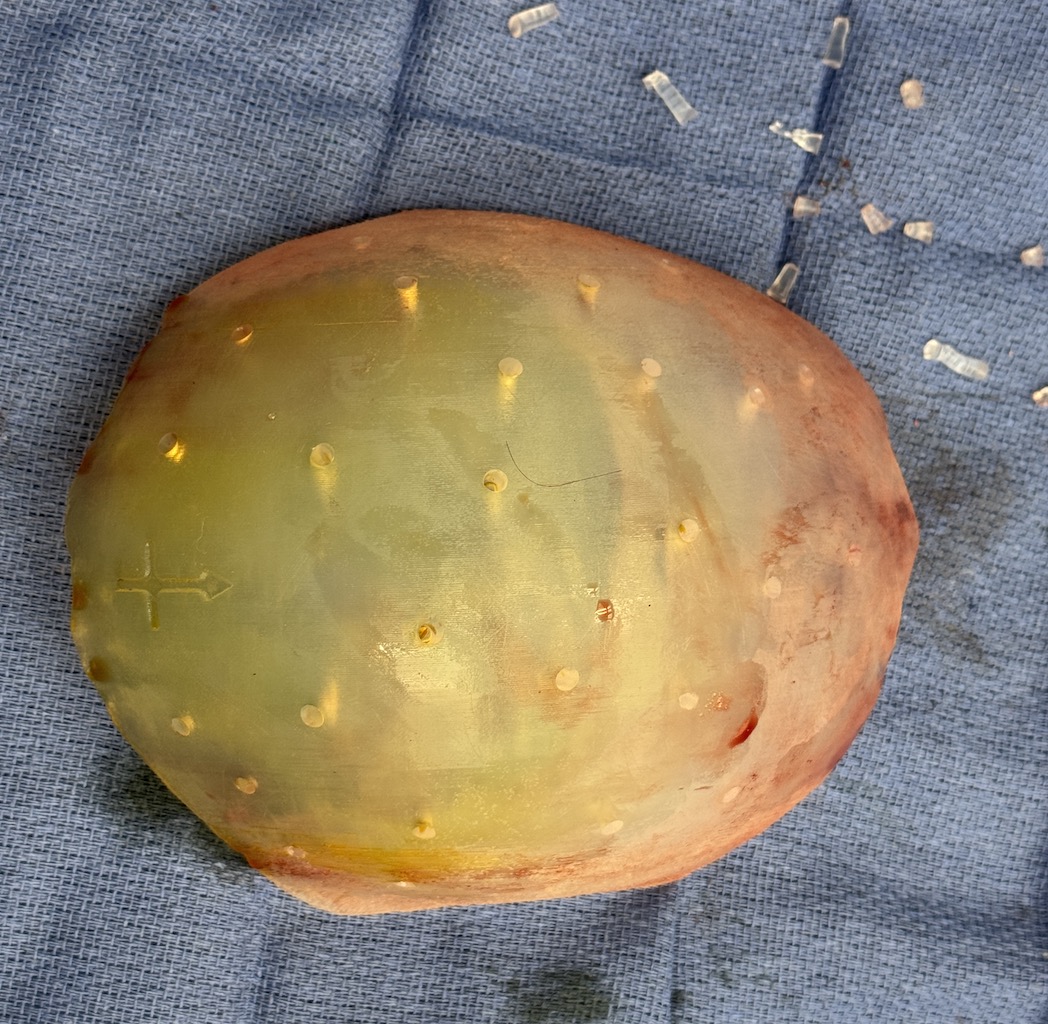
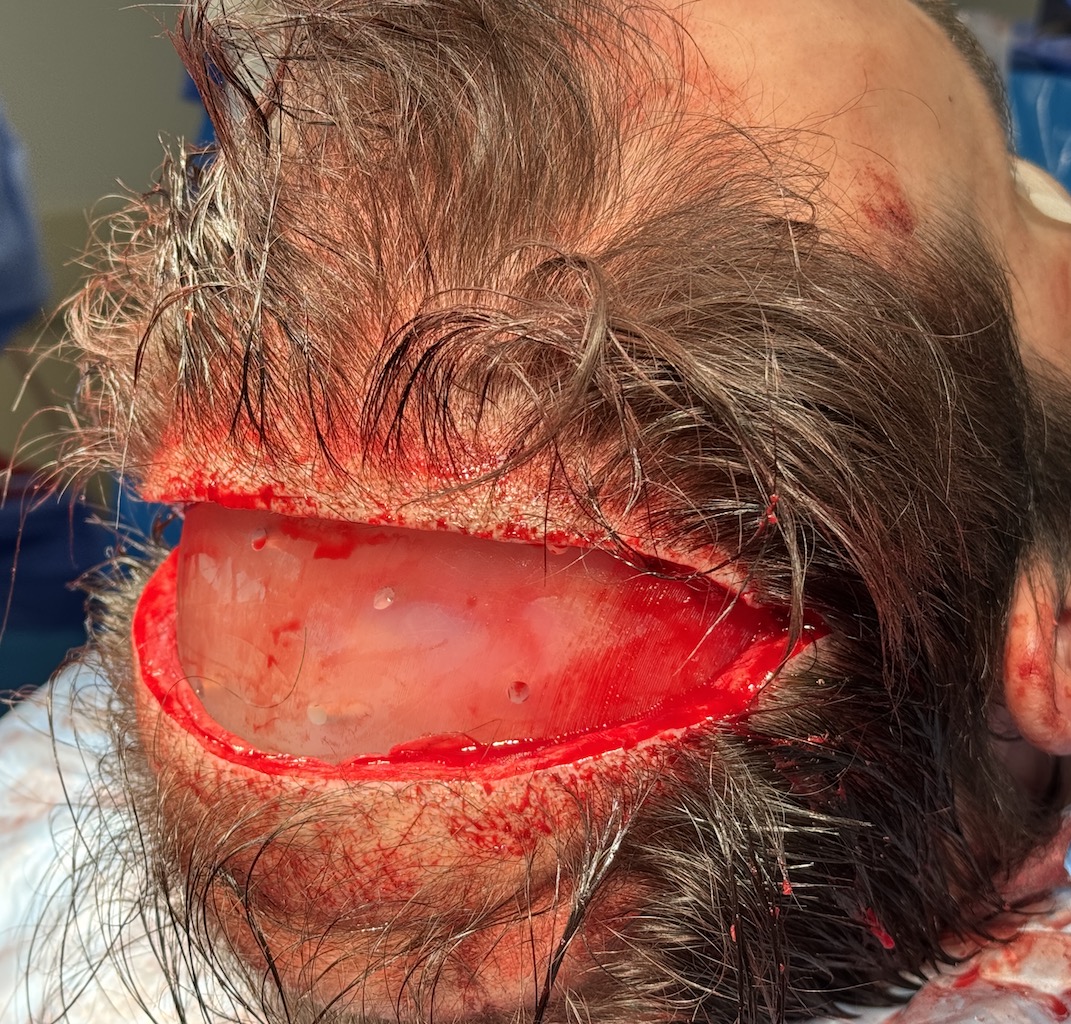
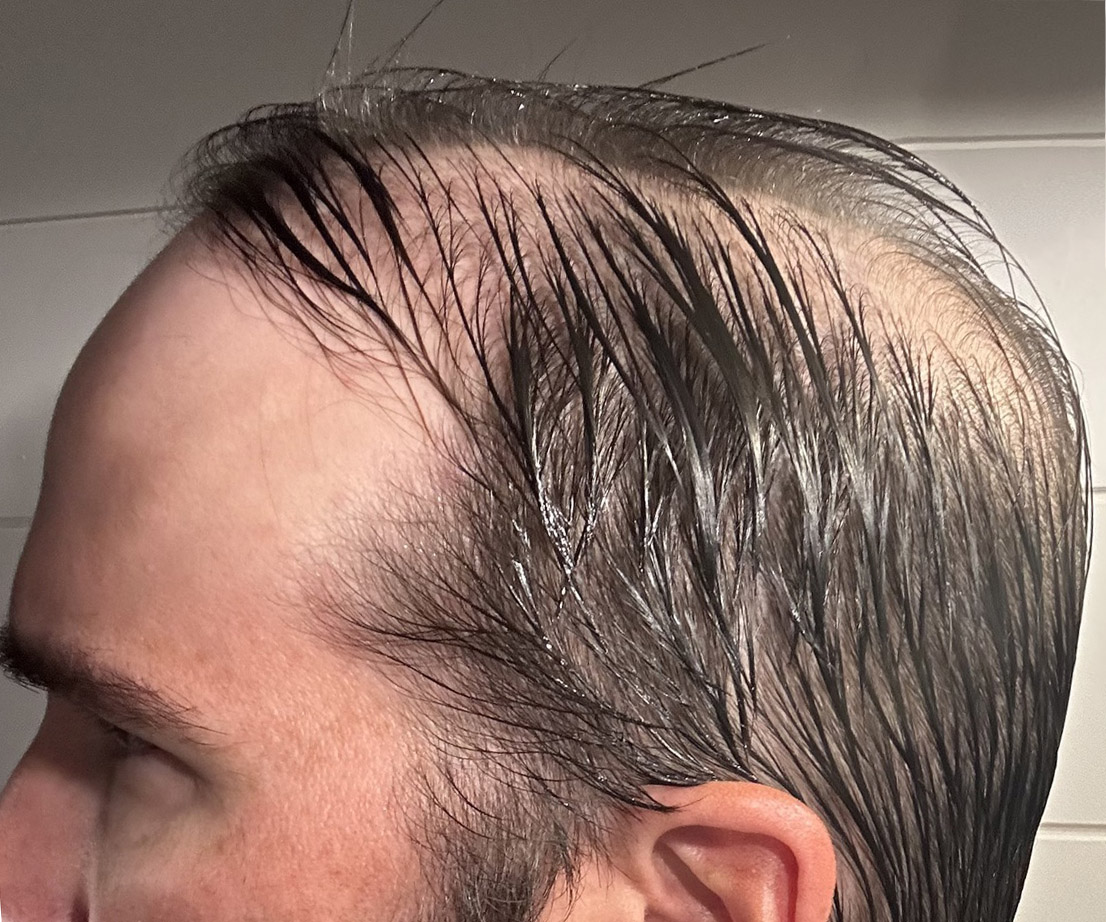
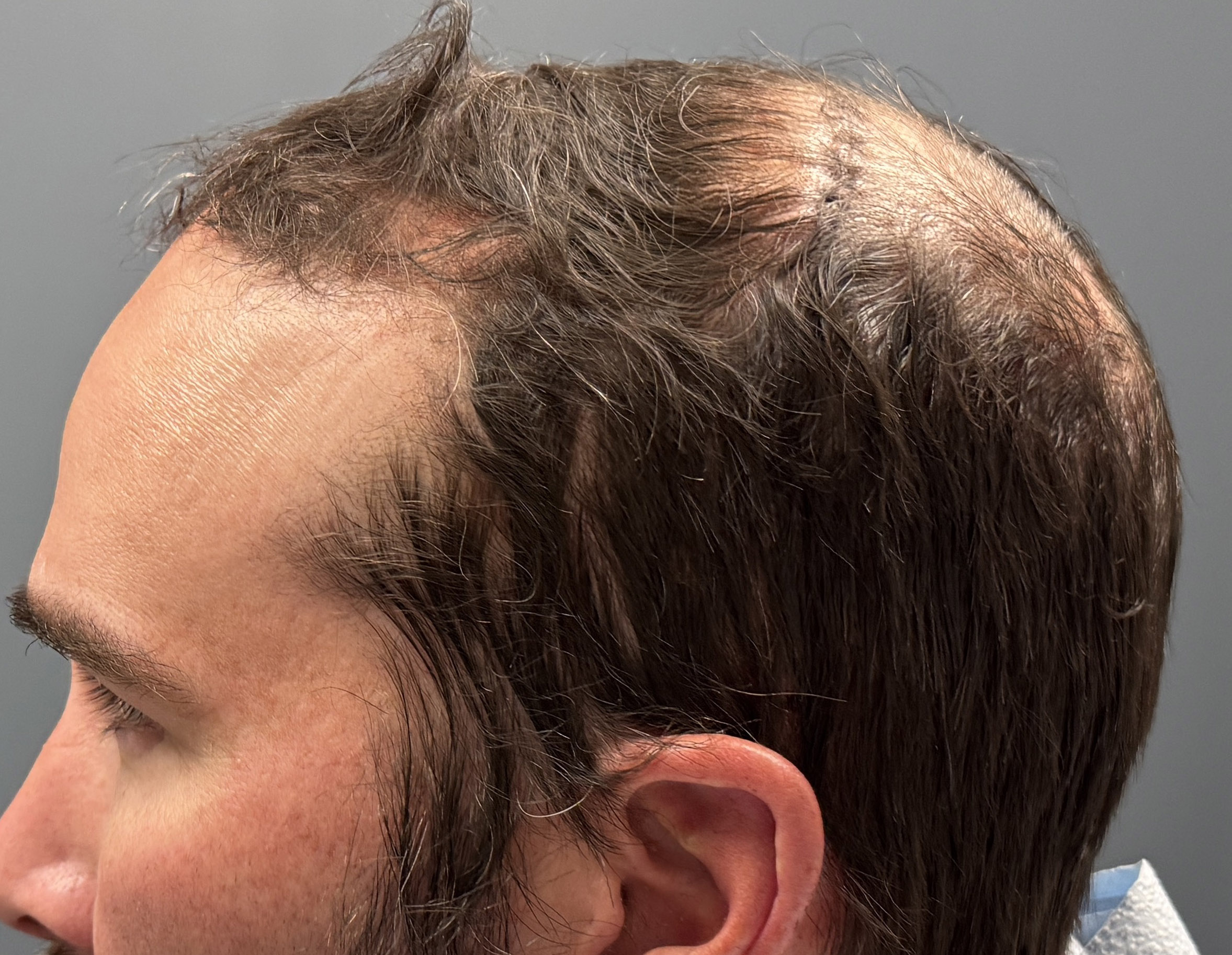
Desire to improve head shape after prior PMMA bone cement augmentation efforts.
Transcoronal removal oif PMMA bone cement with custom skull implant replacement.
Patient 190
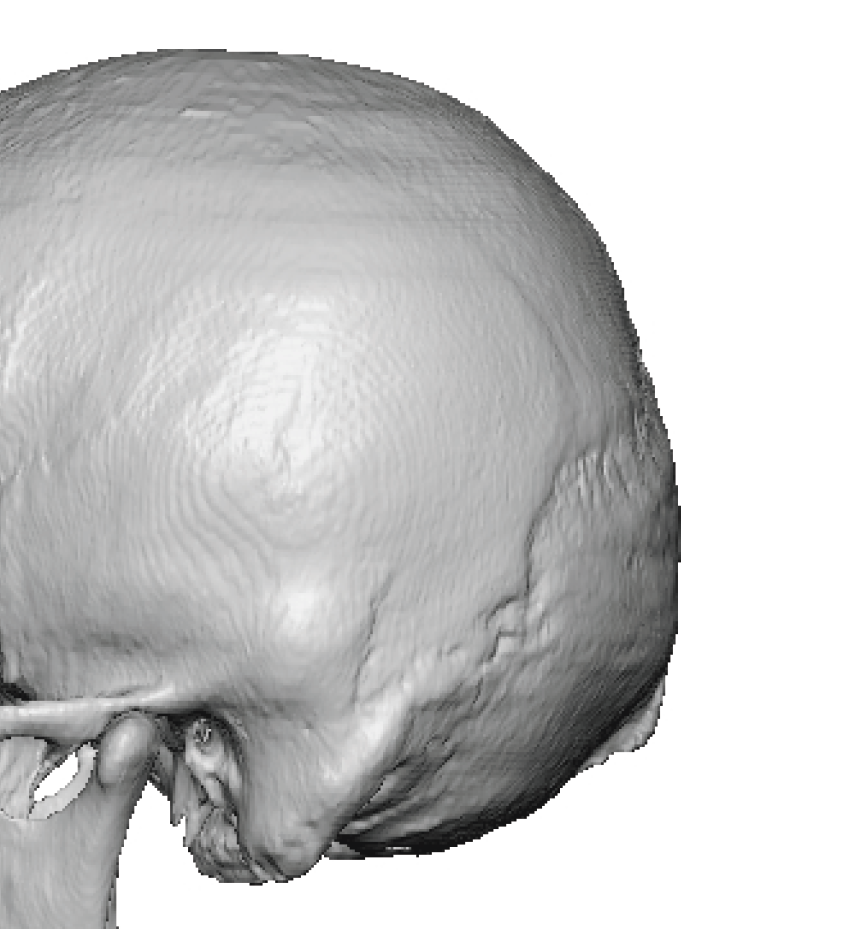
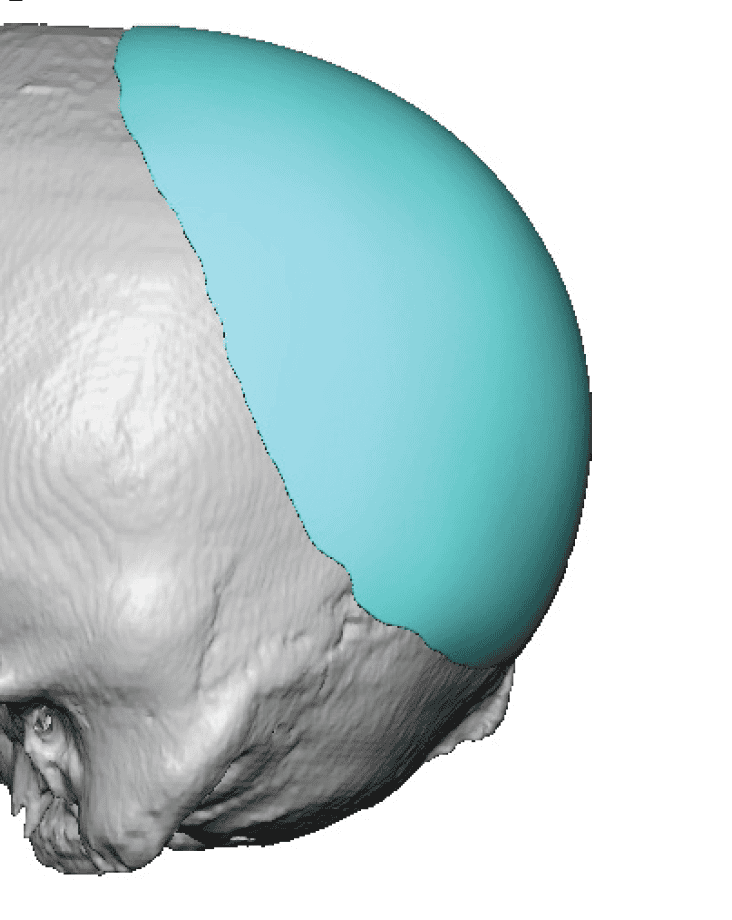
Desire for a rounder back of the head as part of an overall head reshaping in profile.
Placement of custom back of head implant as part of a two implant skull lengthening/reshaping procedure


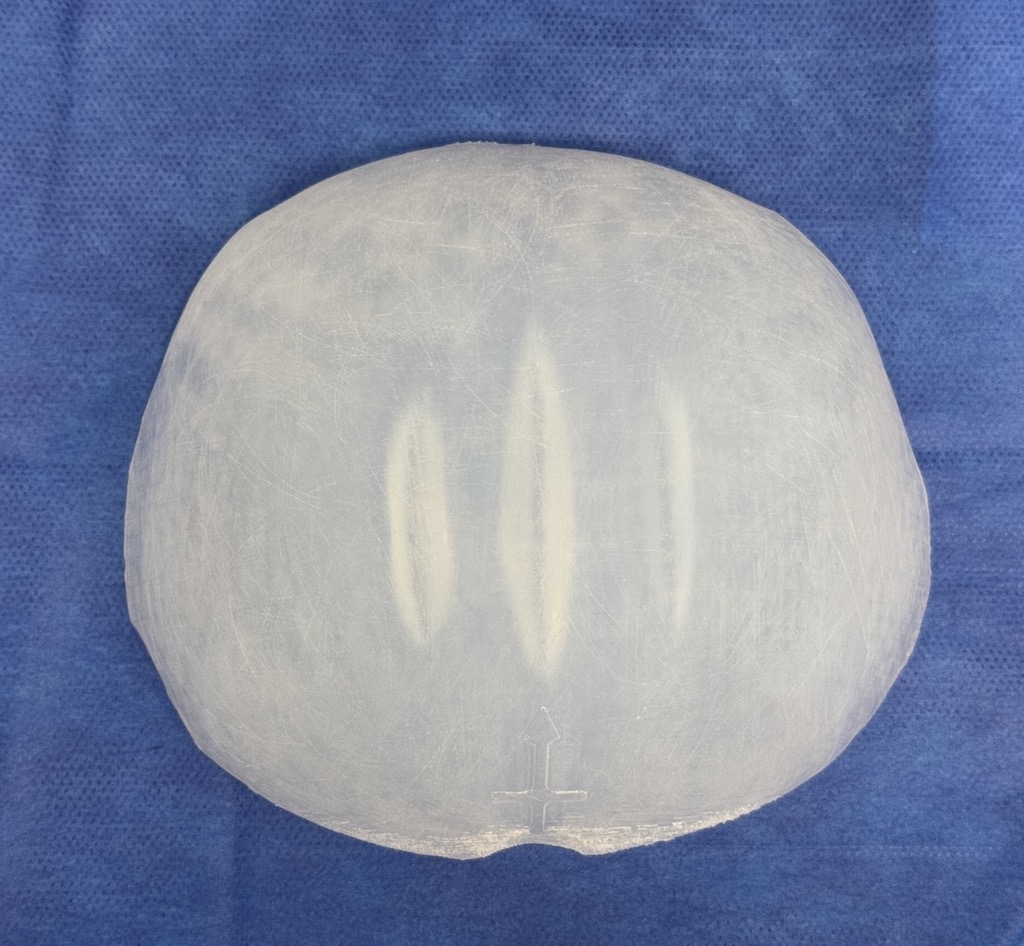
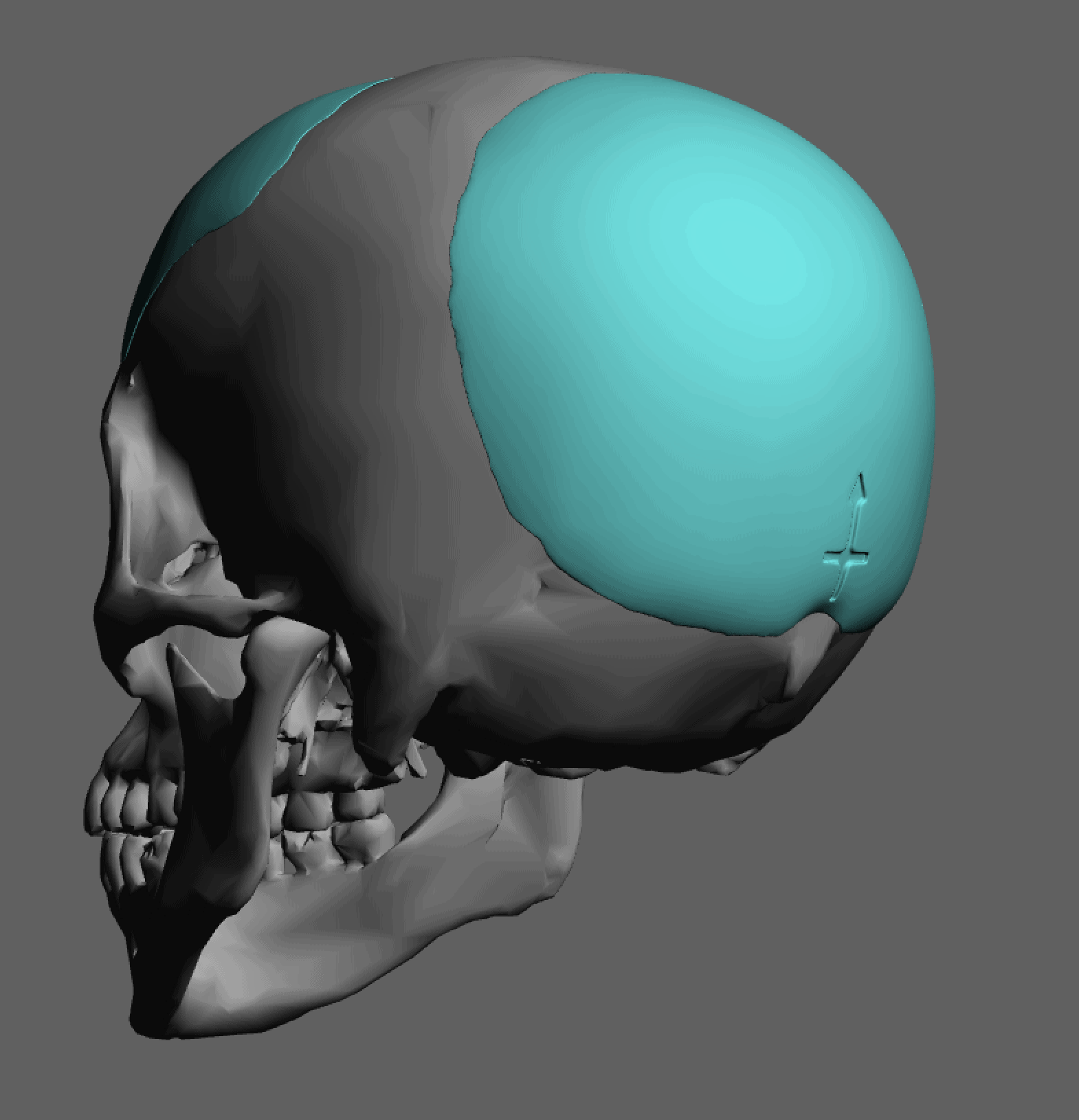
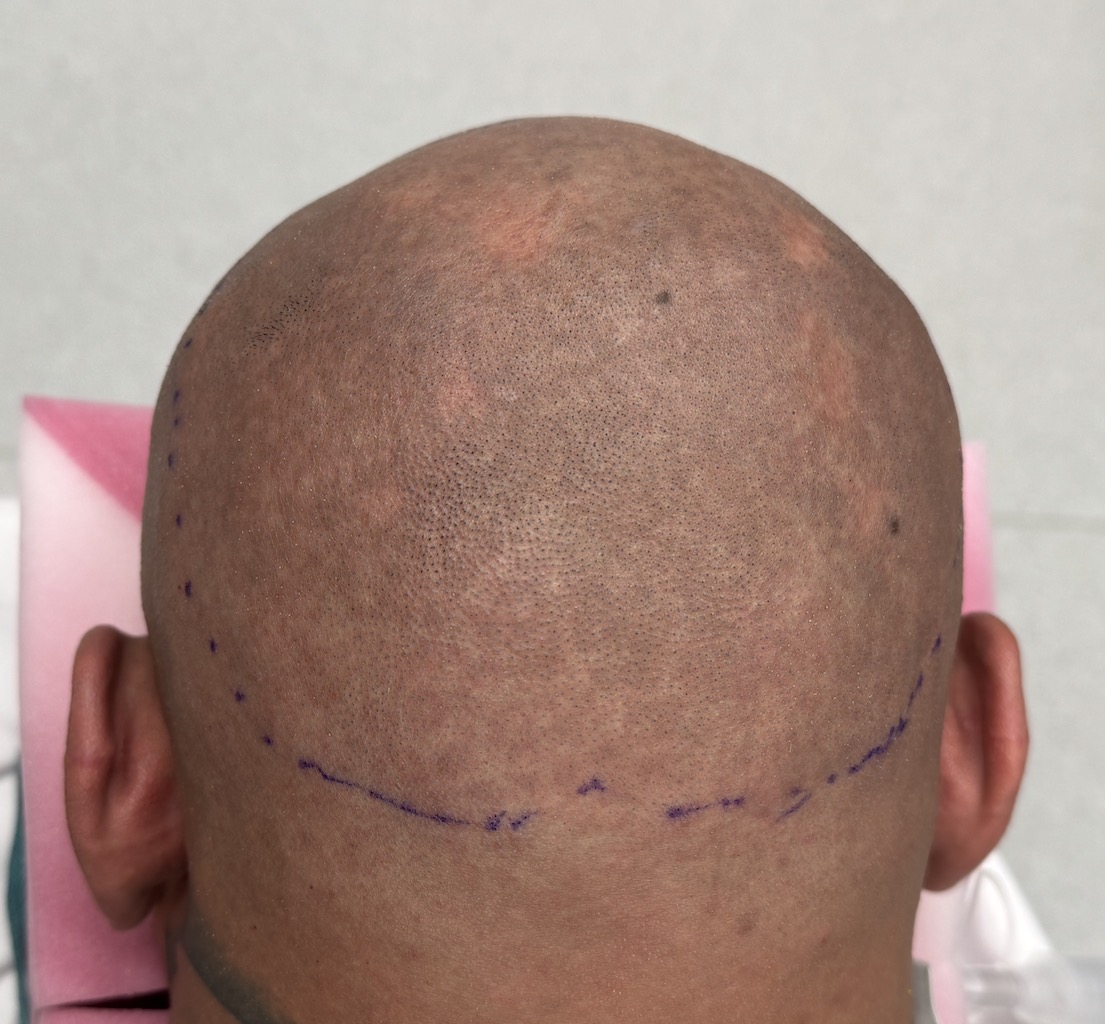
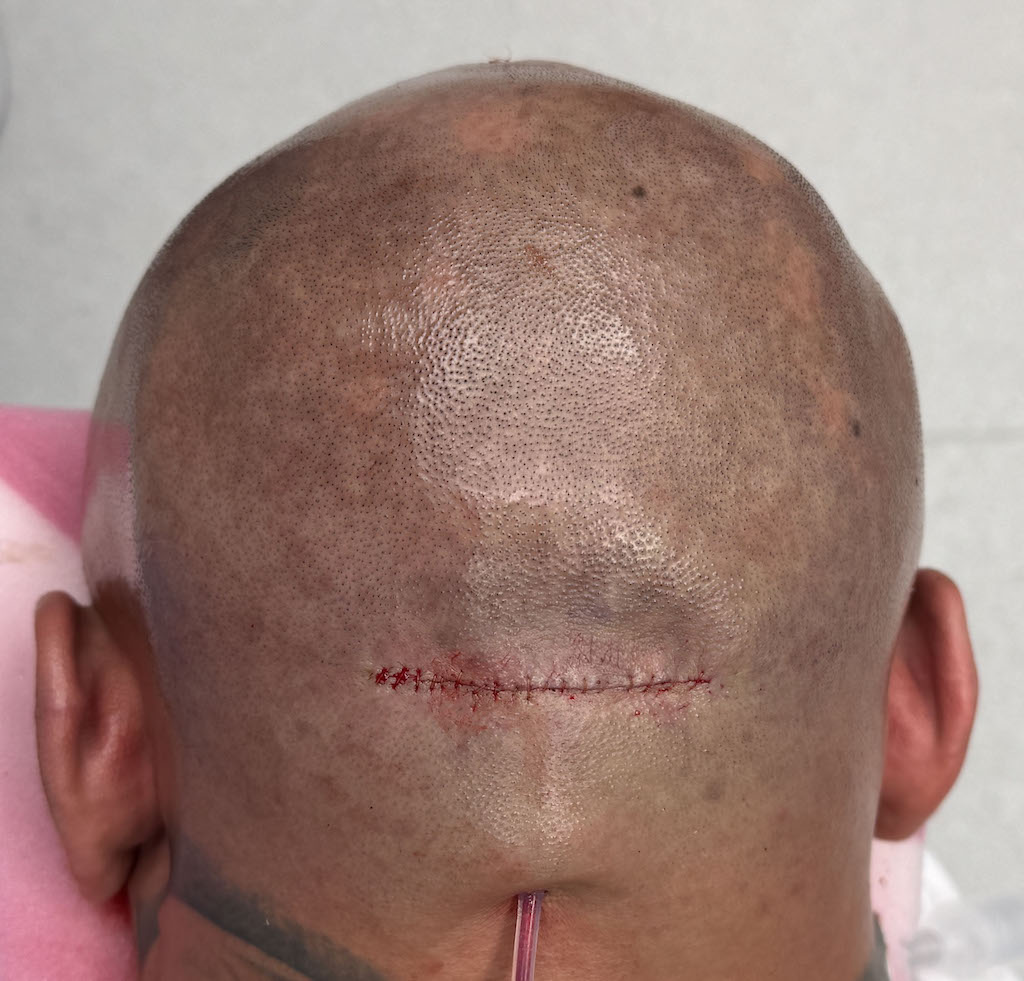
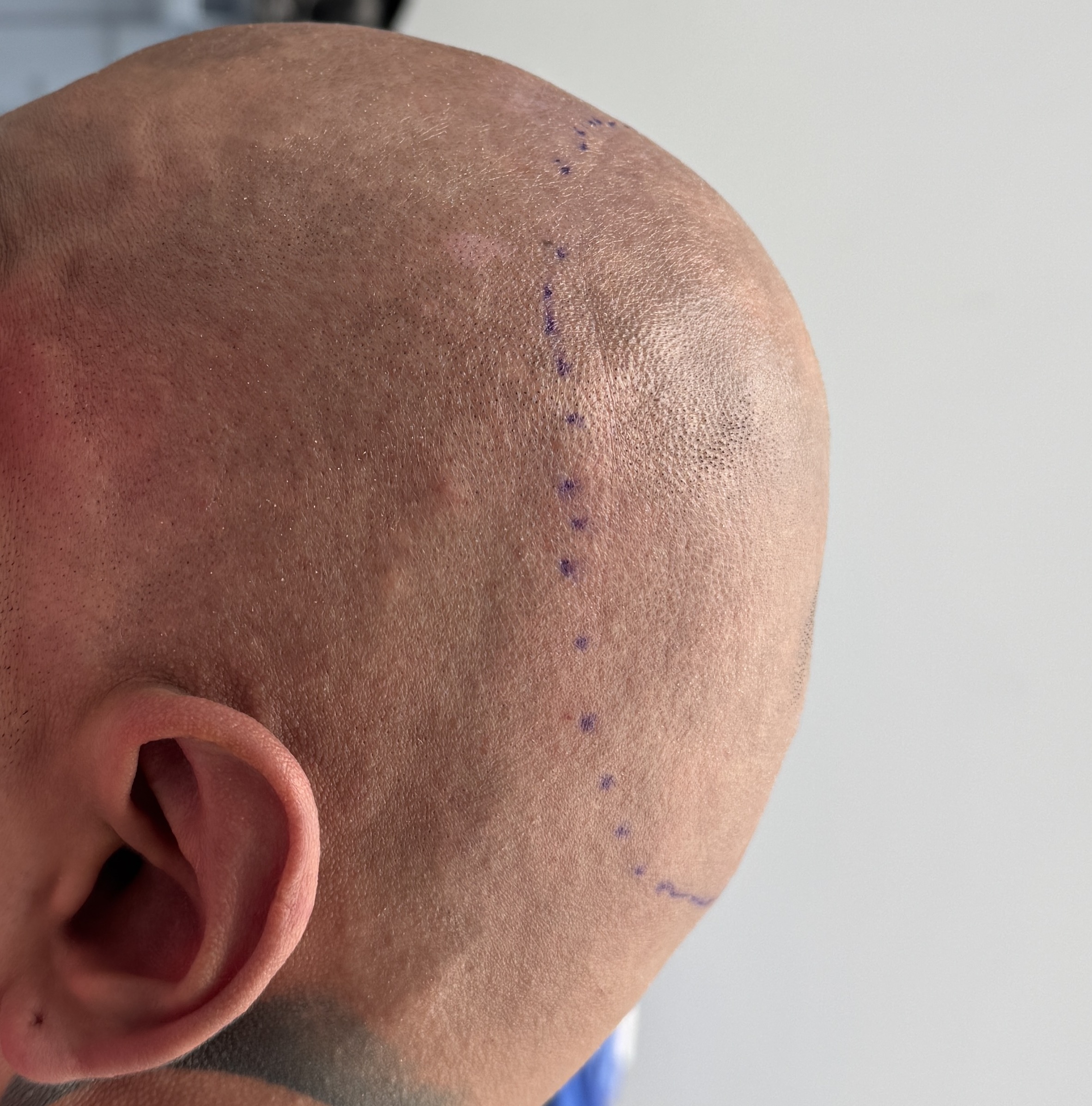
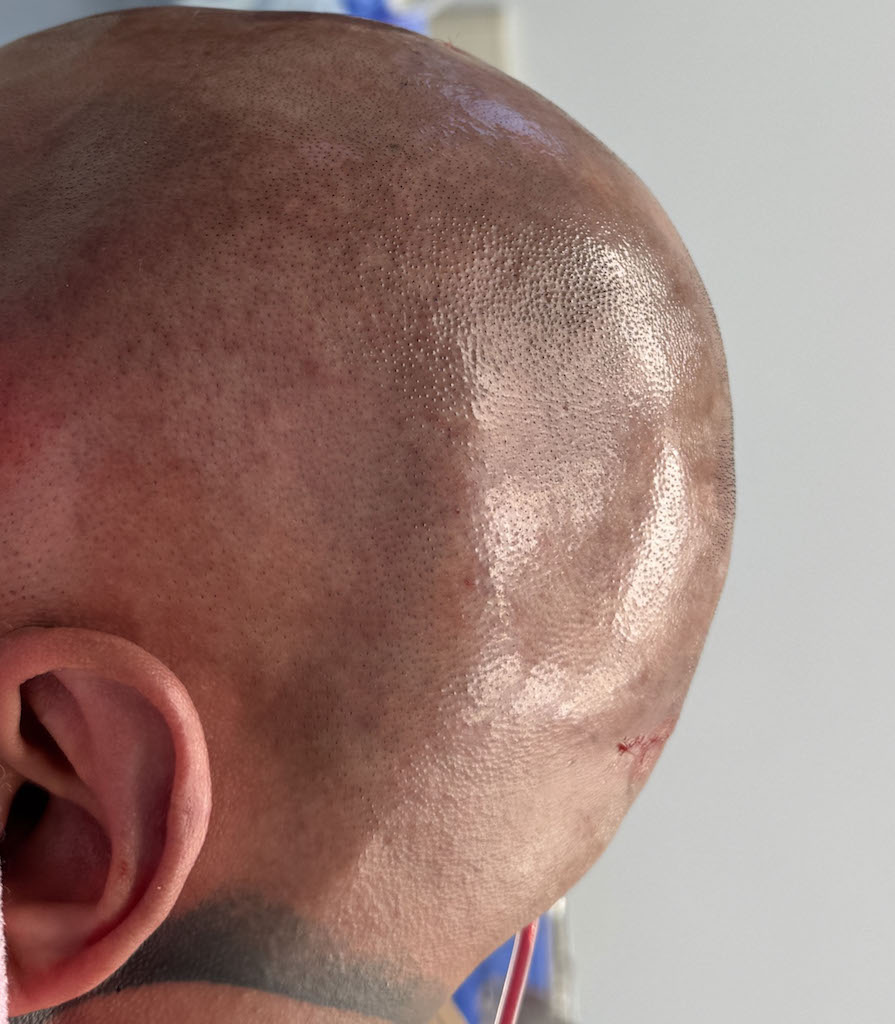
Desire for a rounder back of the head as part of an overall head reshaping in profile.
Placement of custom back of head implant as part of a two implant skull lengthening/reshaping procedure
Patient 191
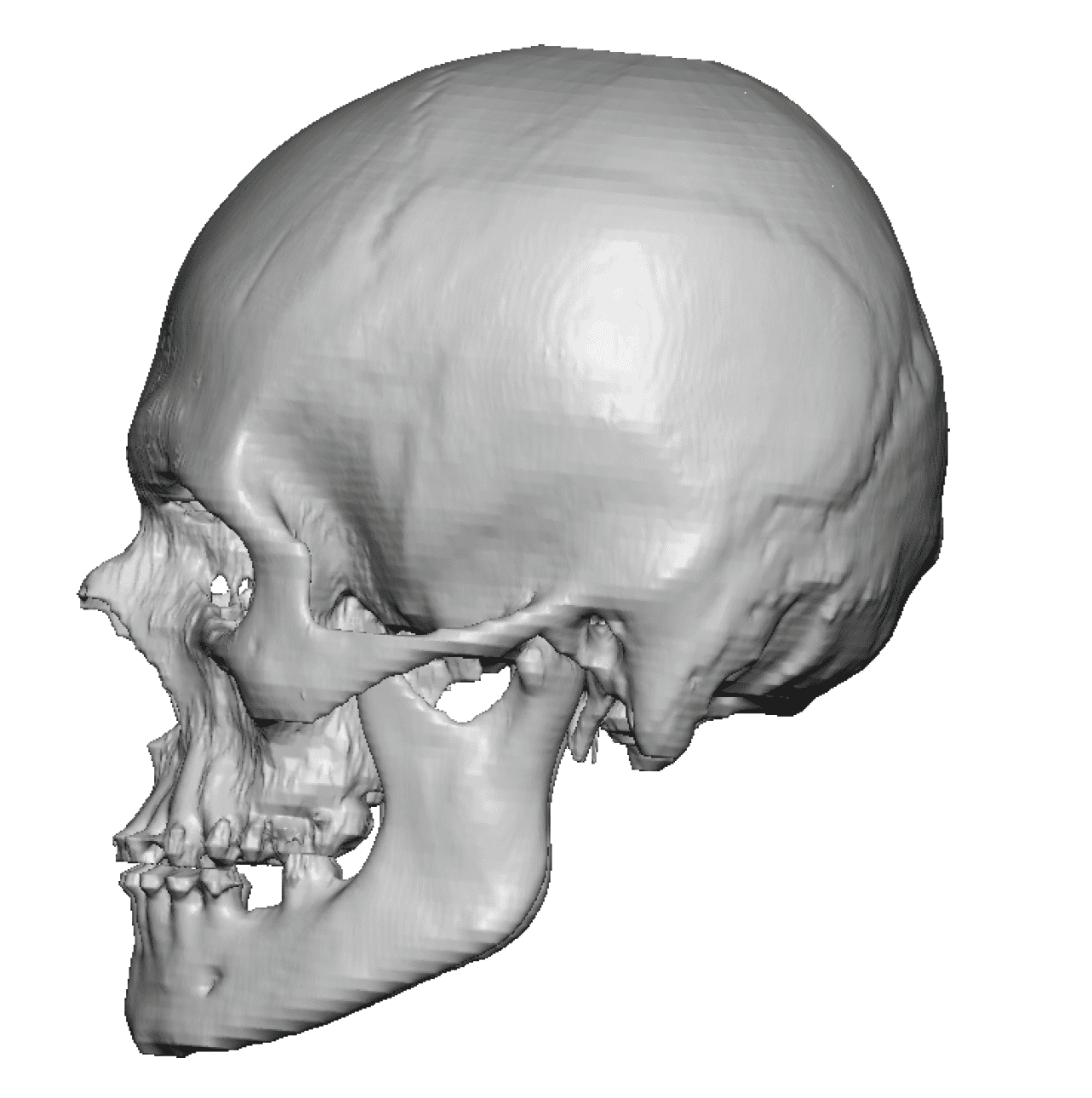
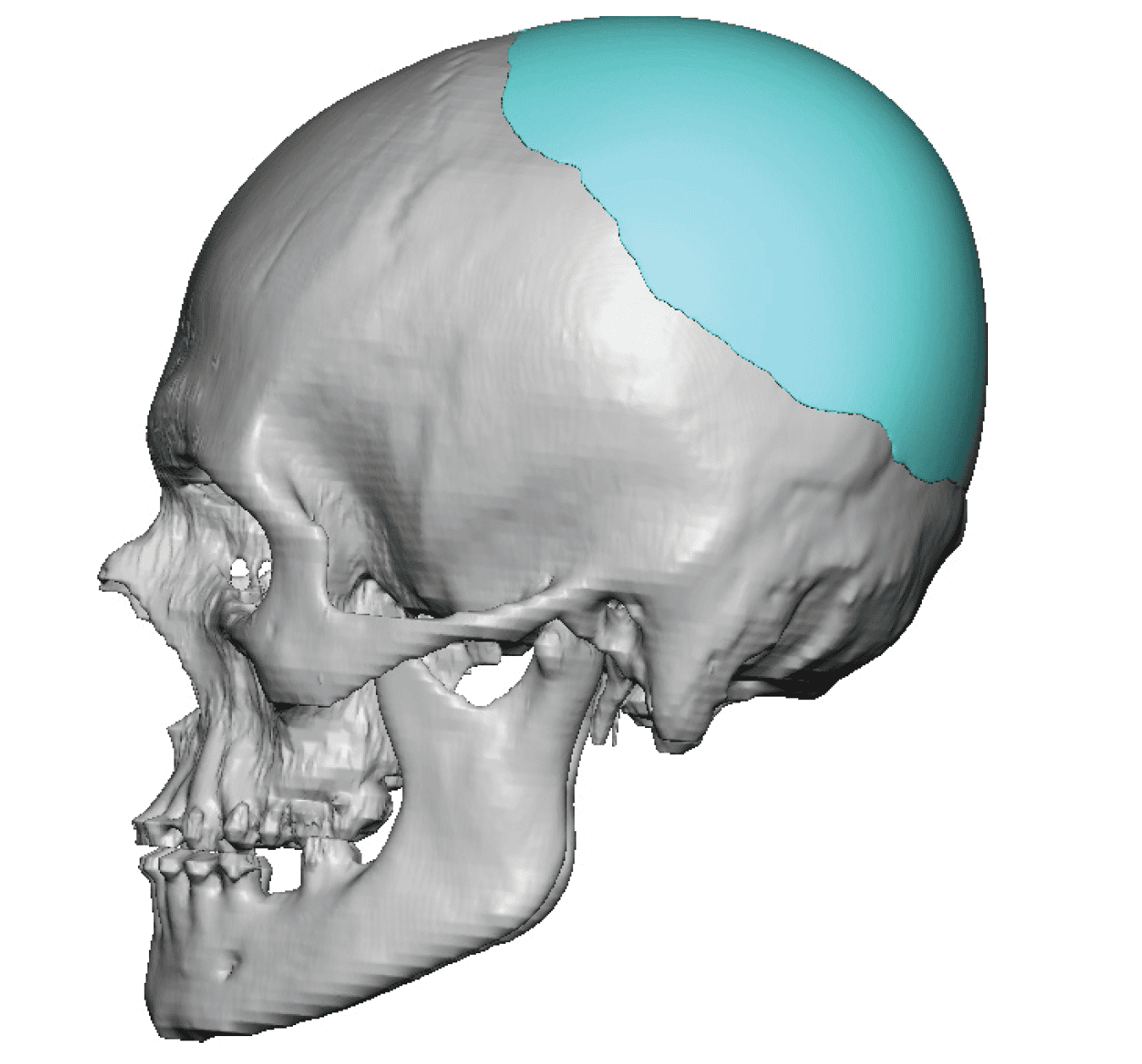
Desire to correct a flat and asymmetric back of his head.
Placement of a custom skull implant through a small scalp incision along the nuchal ridge. Looking for the incision on the back of his head after surgery was very difficult to find.


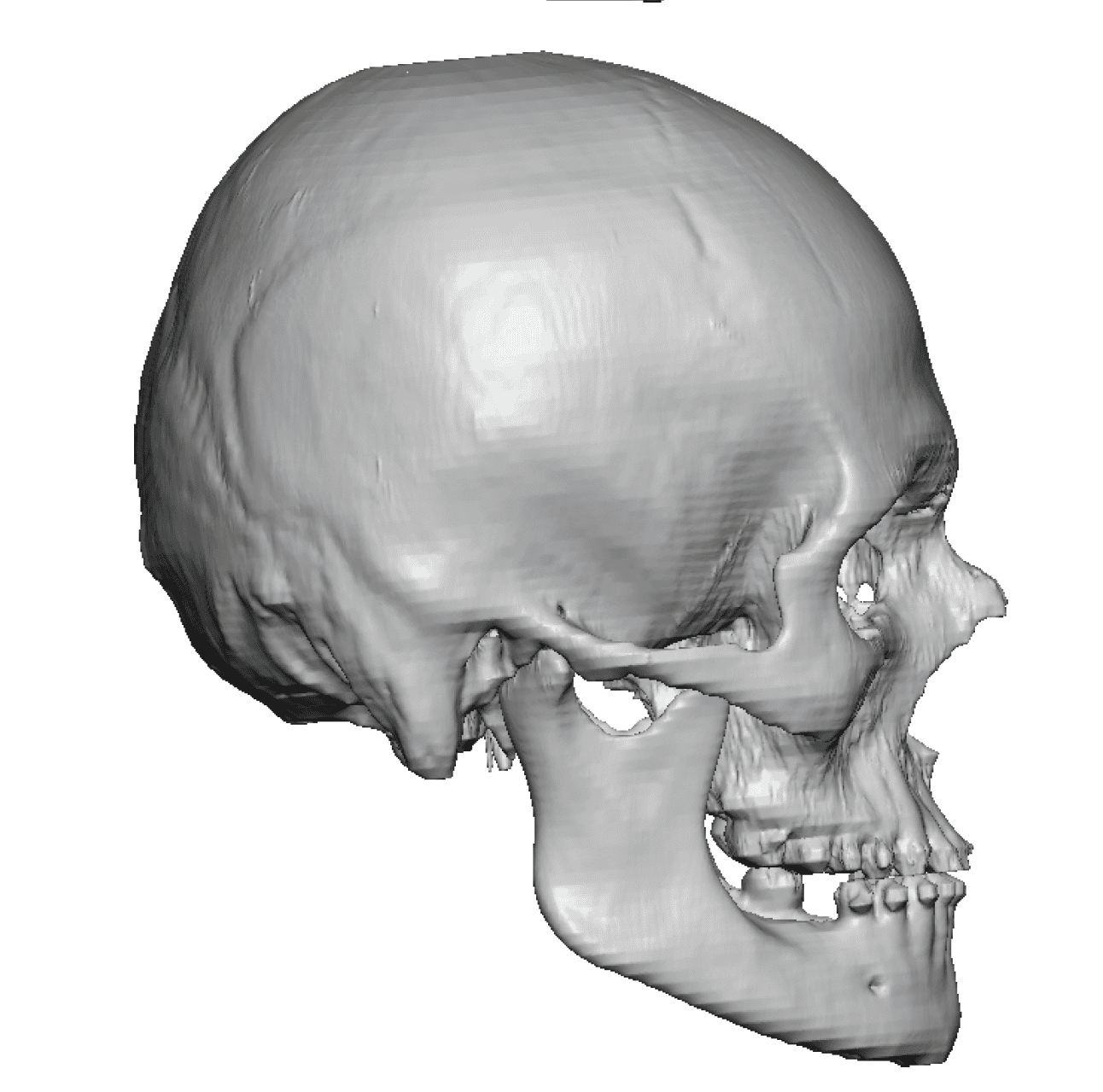
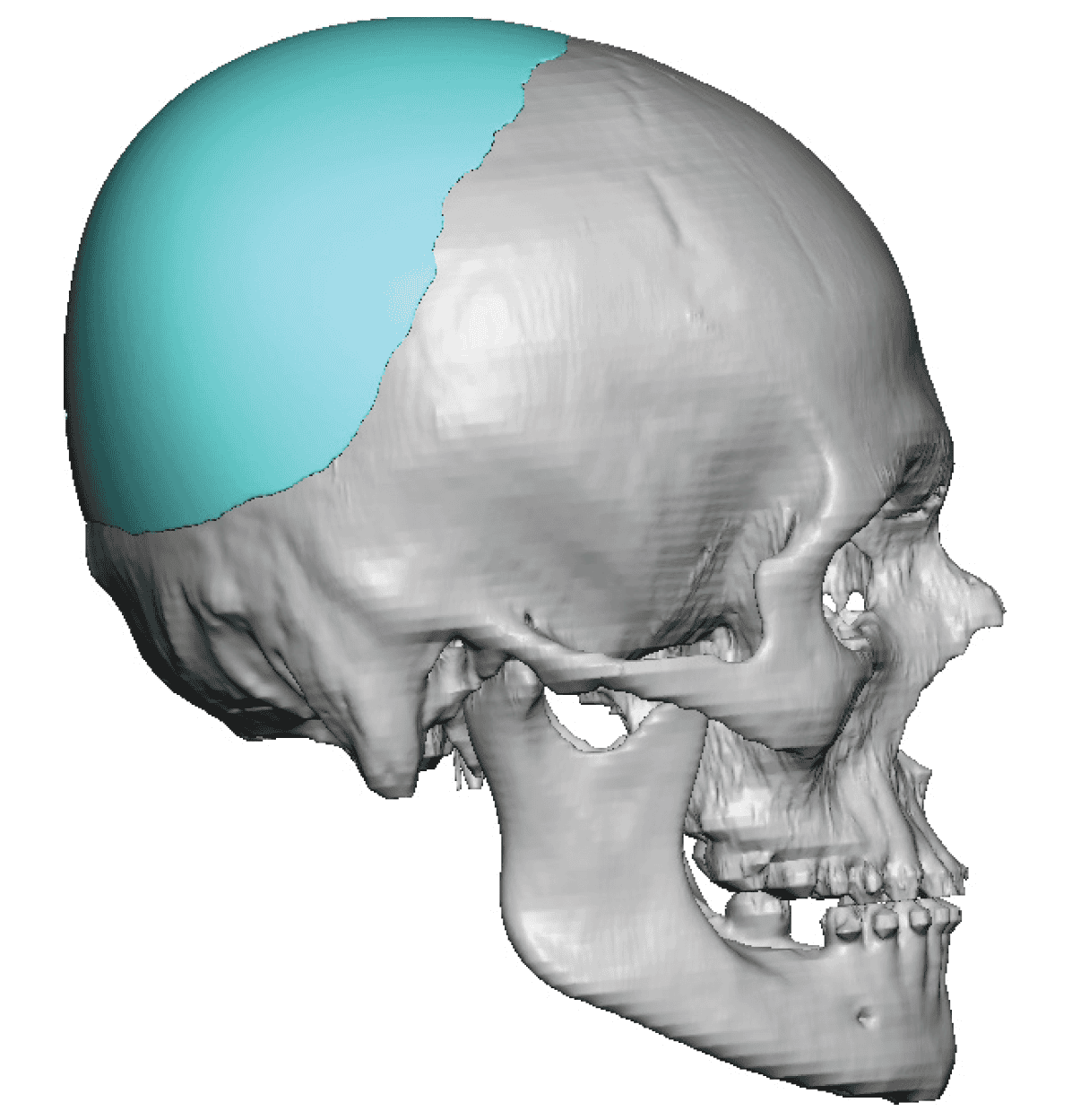
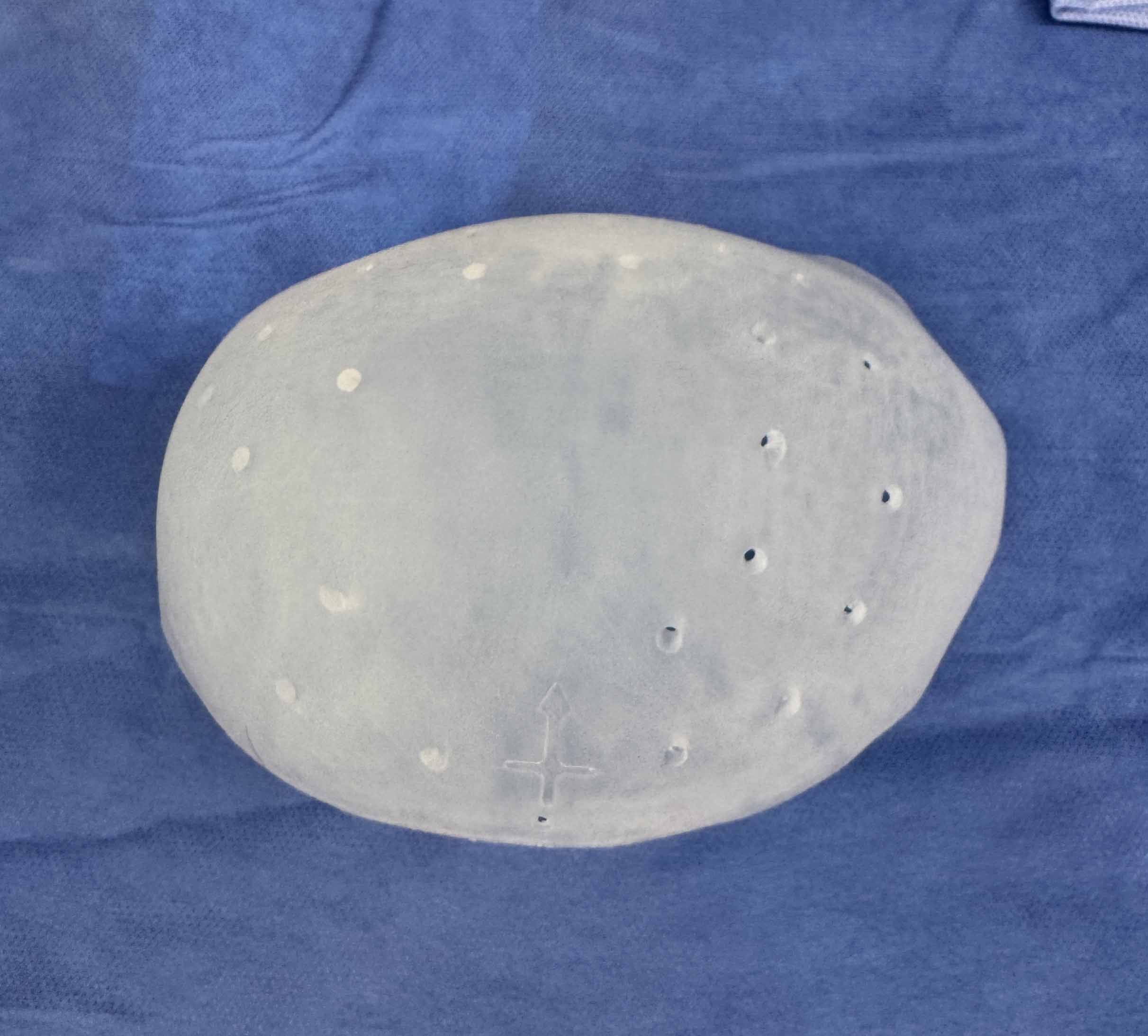
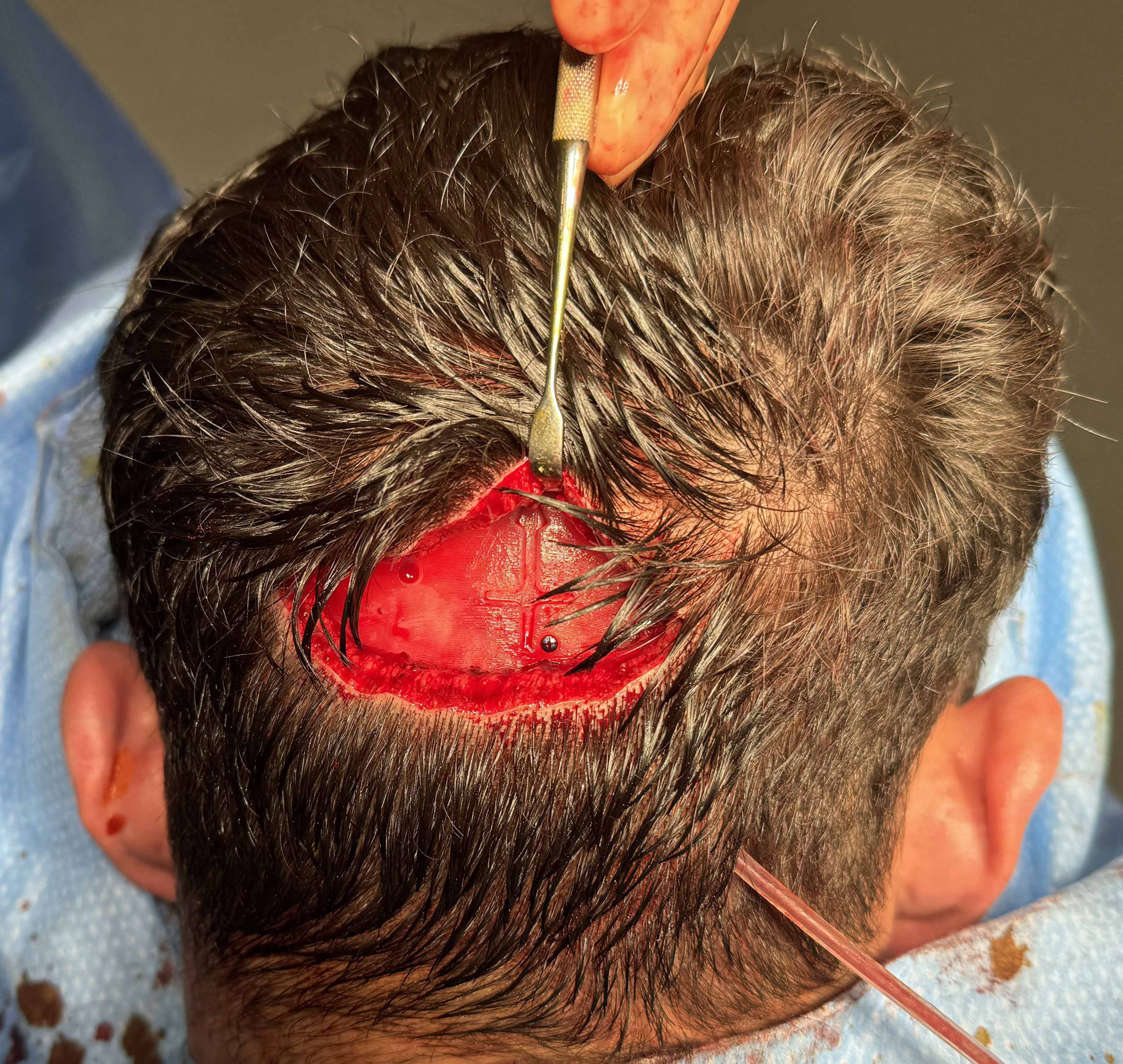
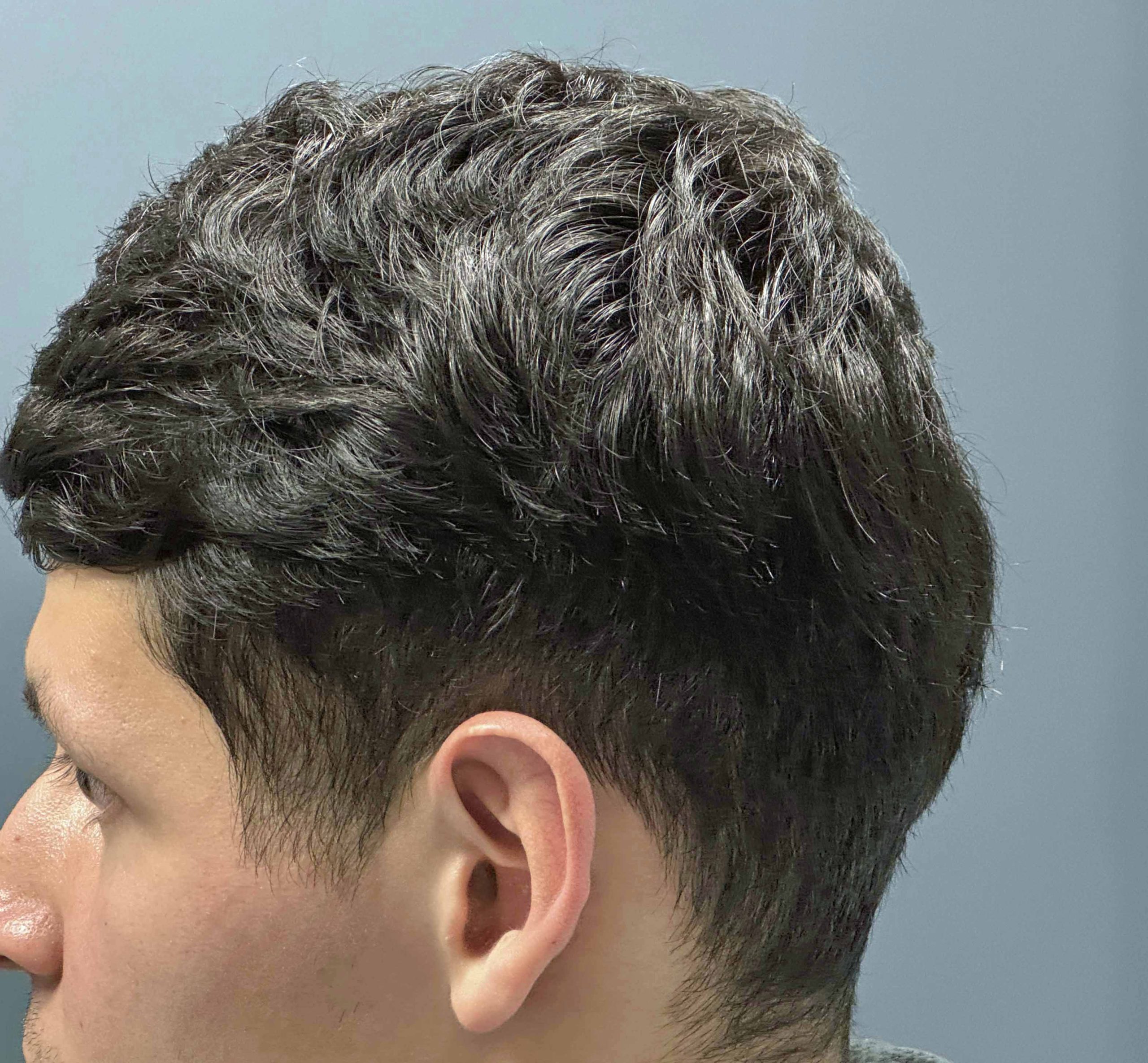
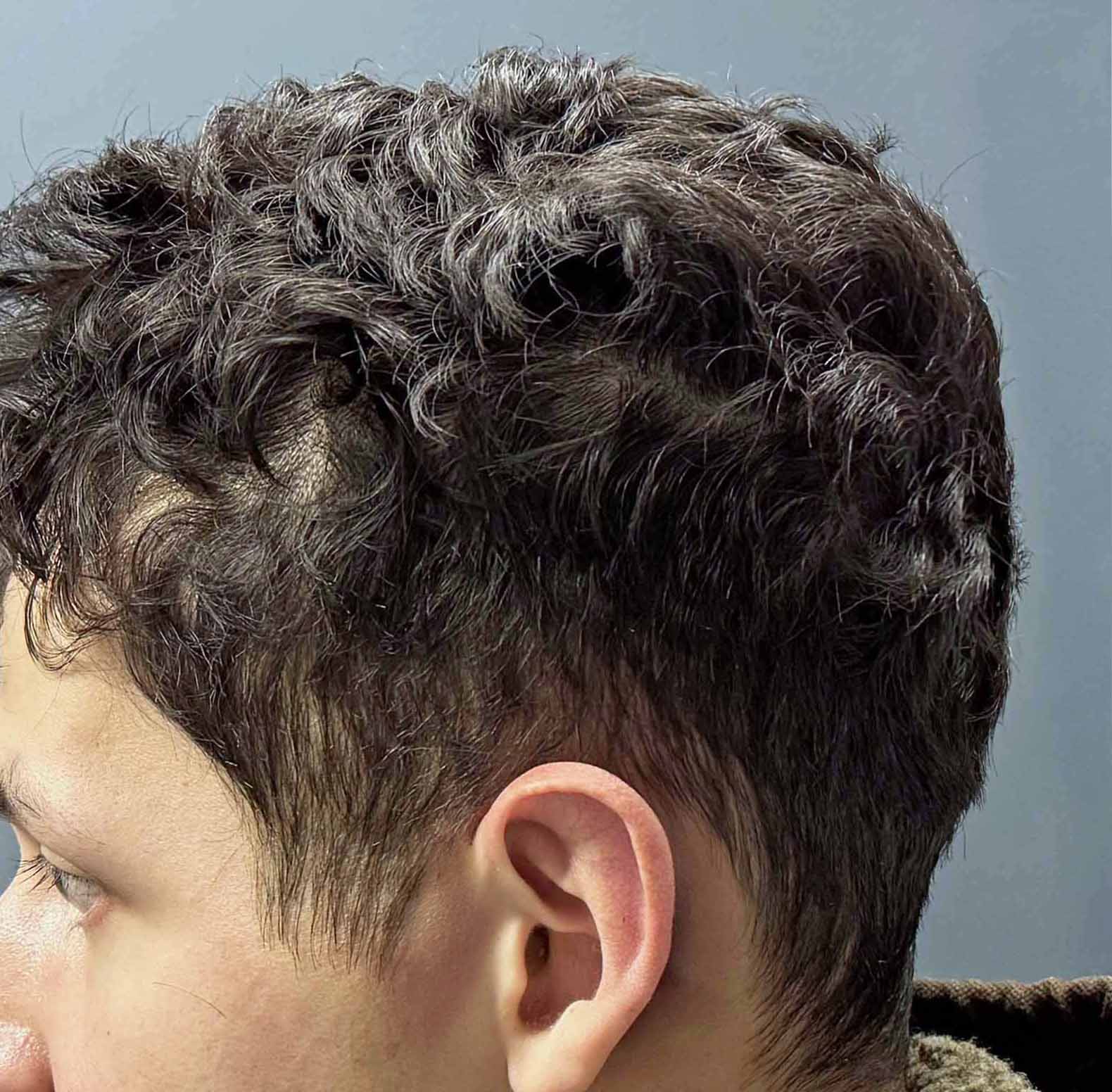
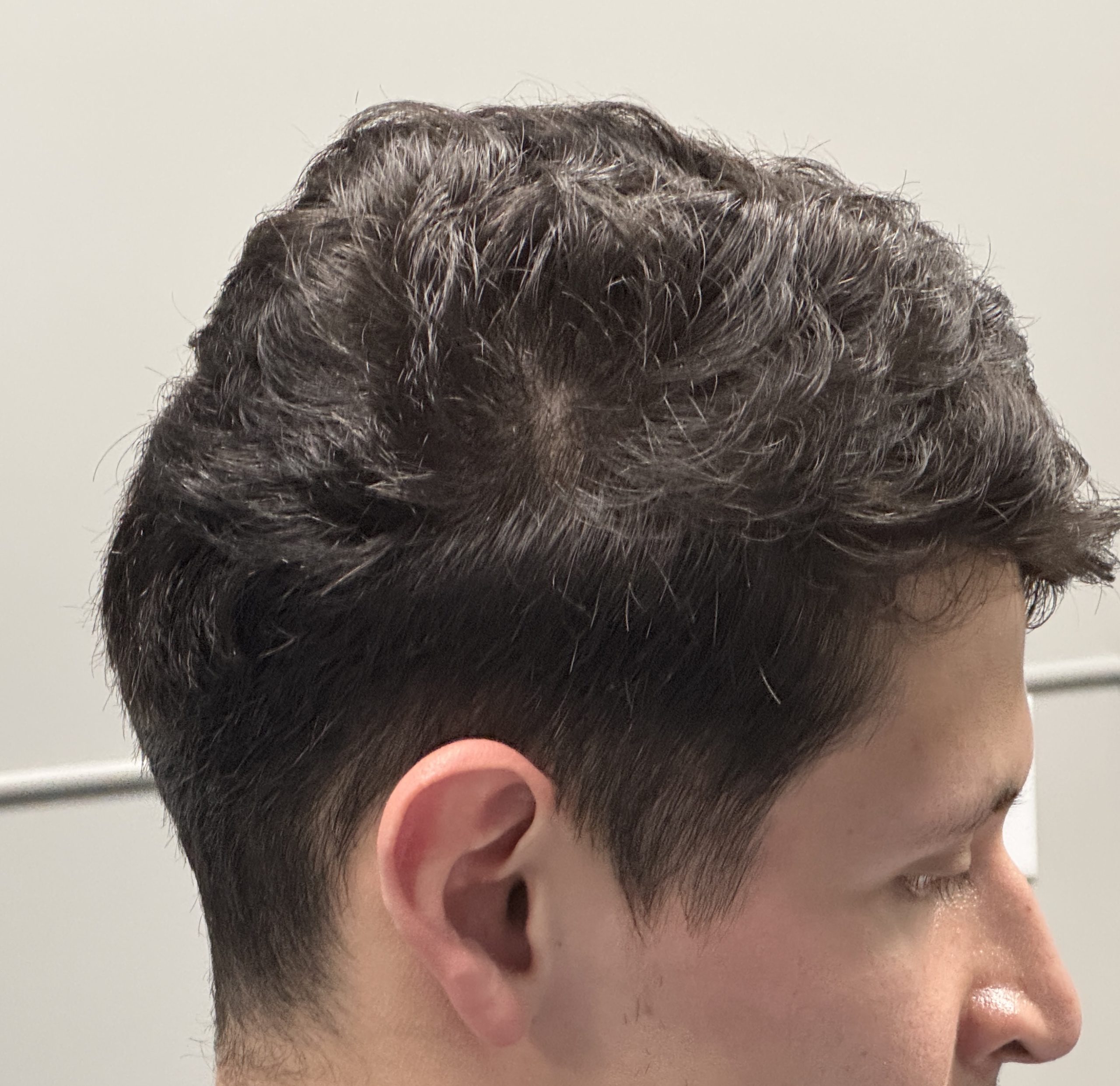
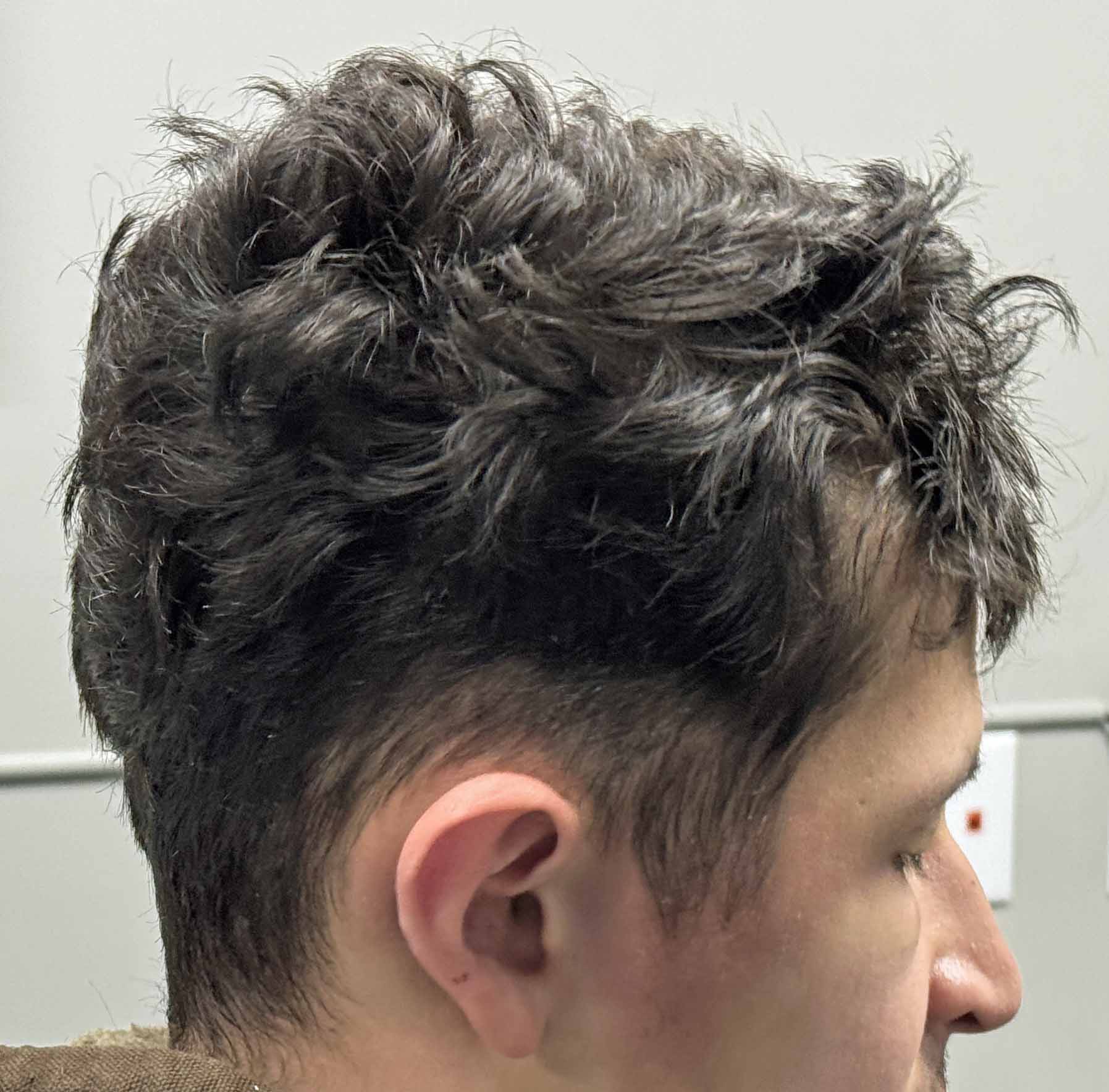
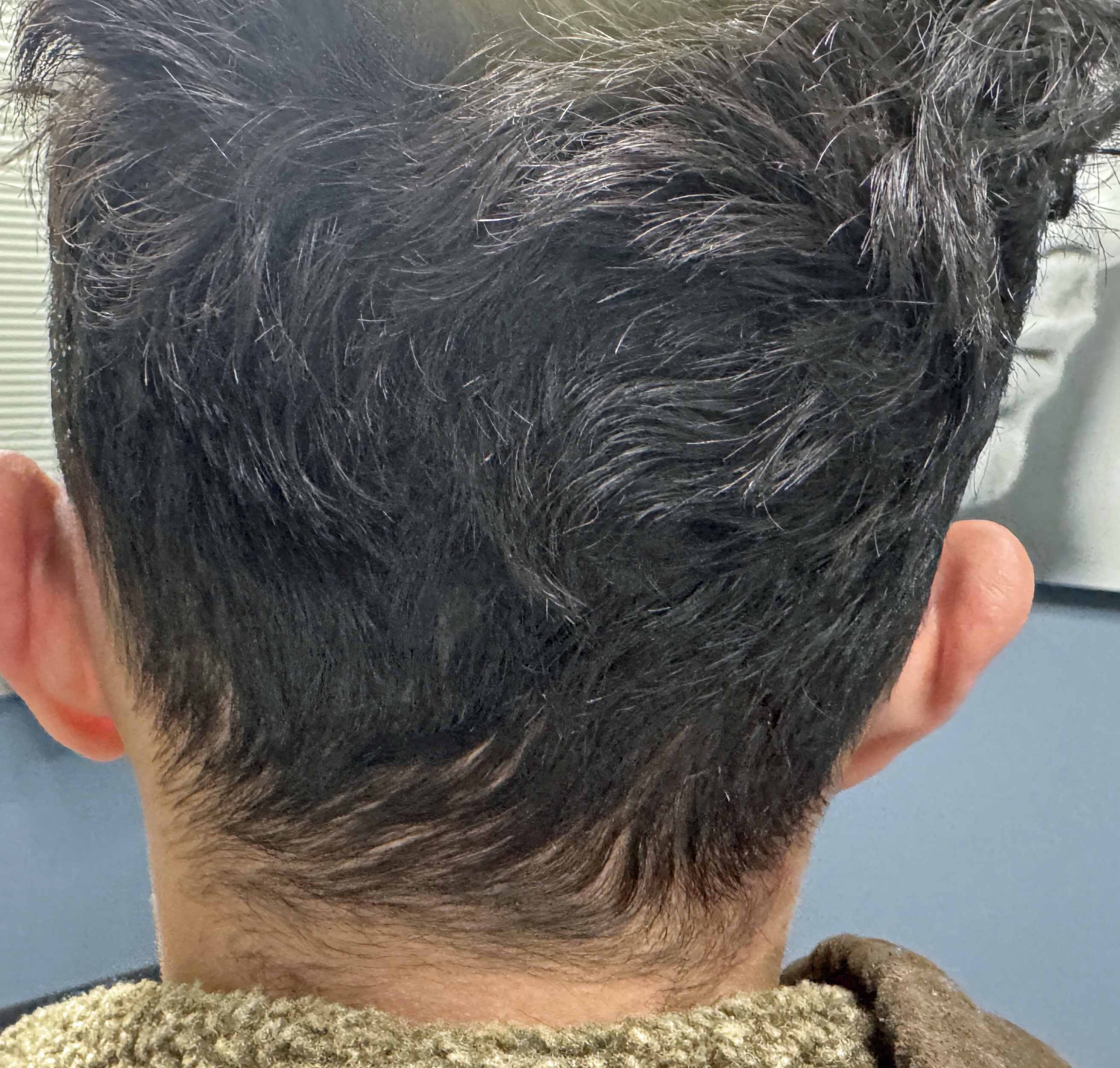
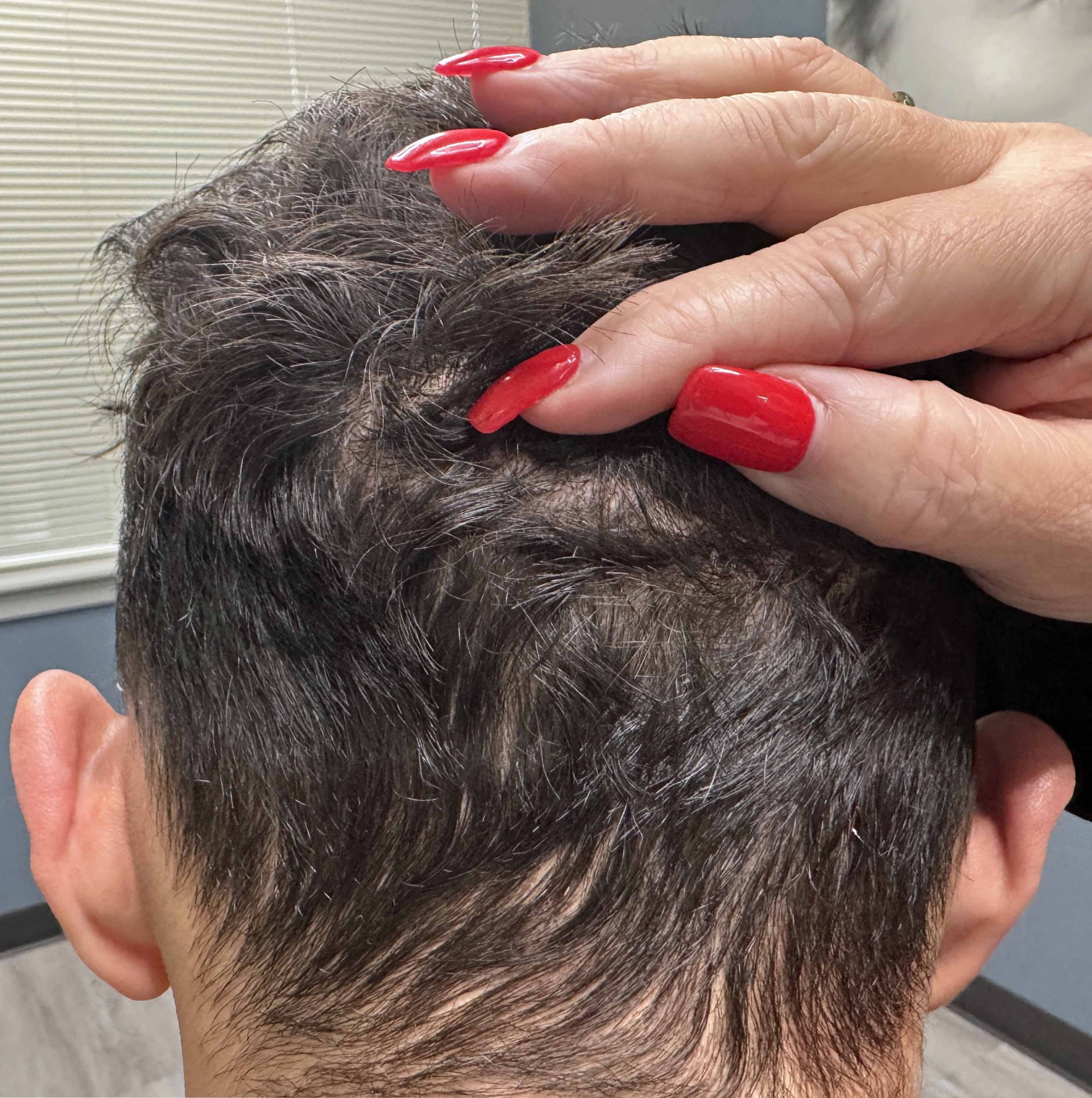
Desire to correct a flat and asymmetric back of his head.
Placement of a custom skull implant through a small scalp incision along the nuchal ridge. Looking for the incision on the back of his head after surgery was very difficult to find.
Patient 192
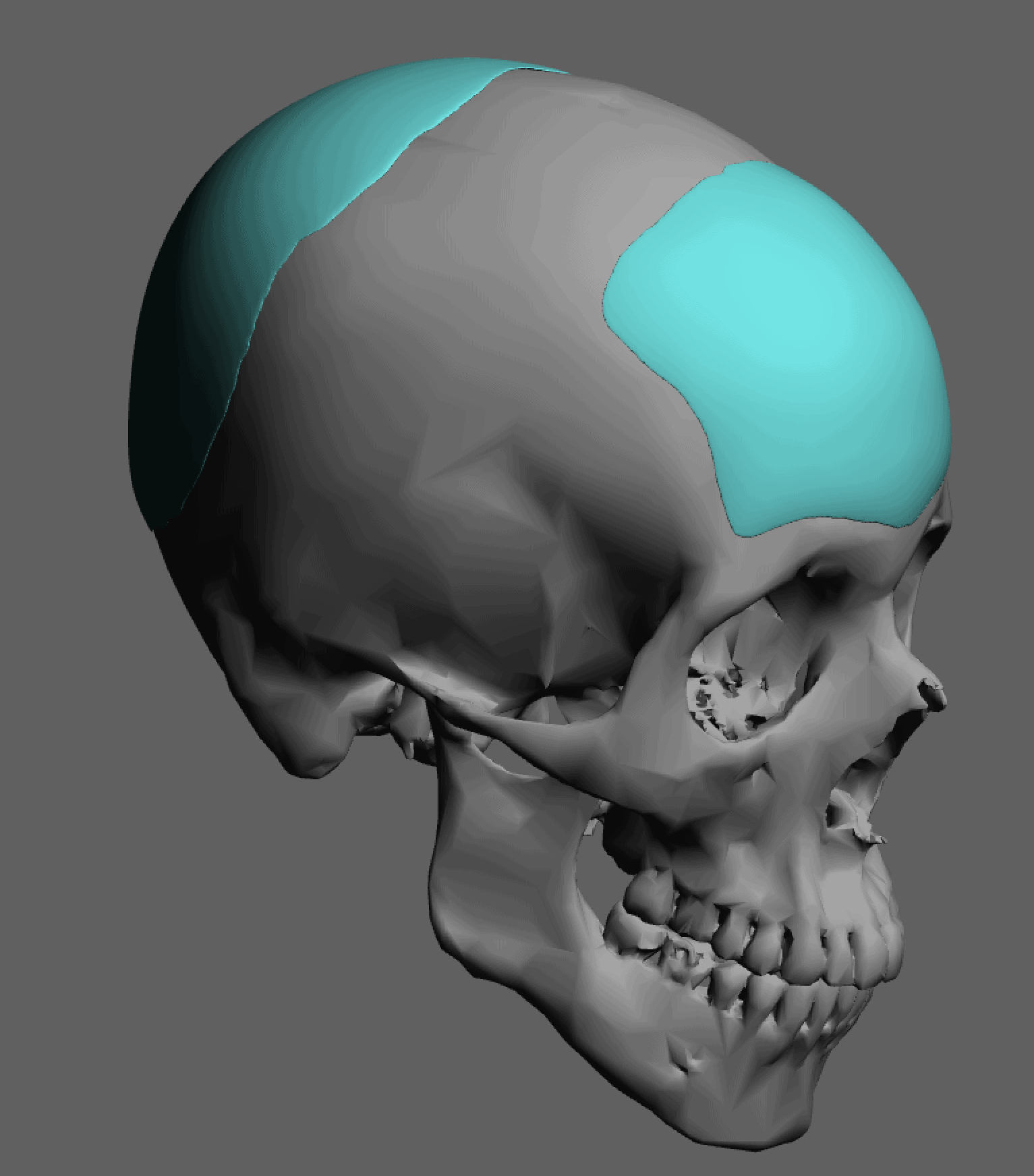
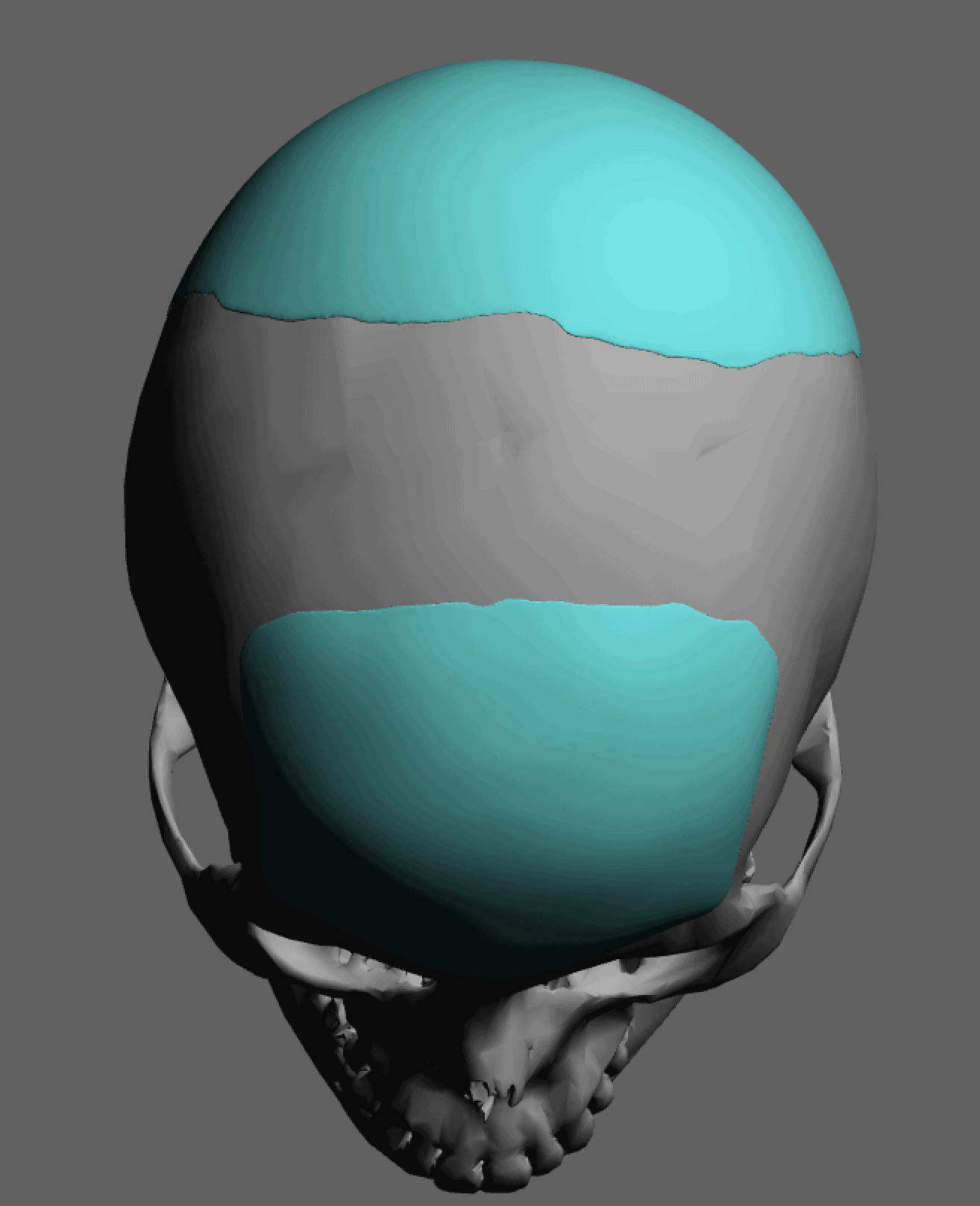
Desire to change the shape of his head in profile with increased projections to forehead and back of the head.
Placement of custom forehead and back of head skull implants through small scalp incisions.


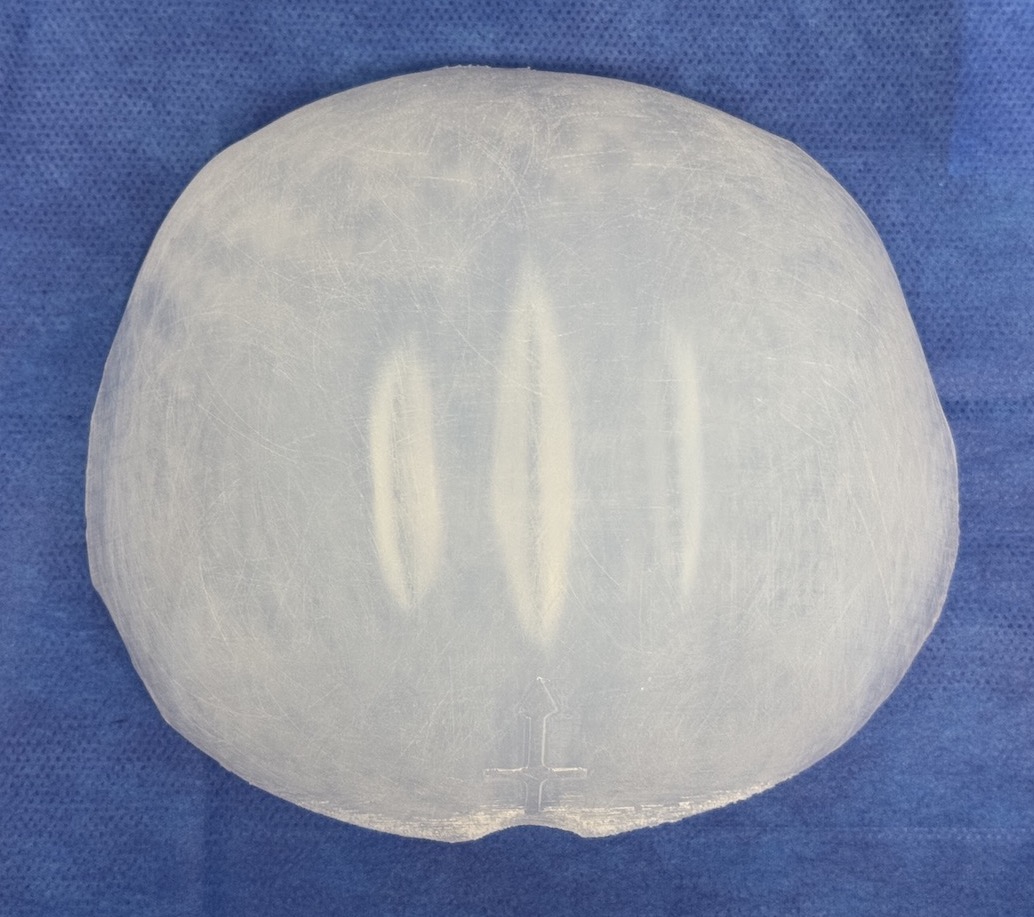
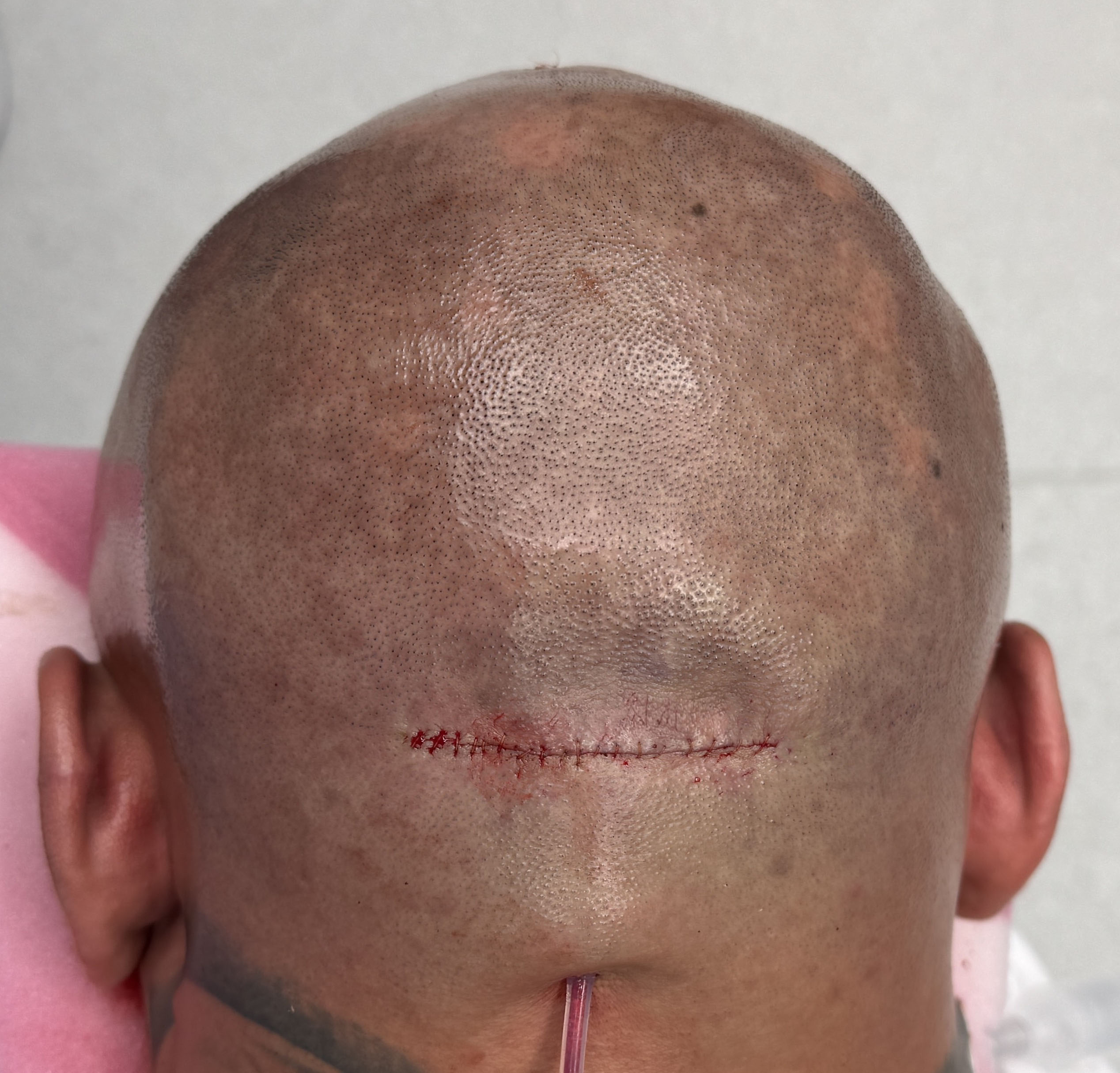
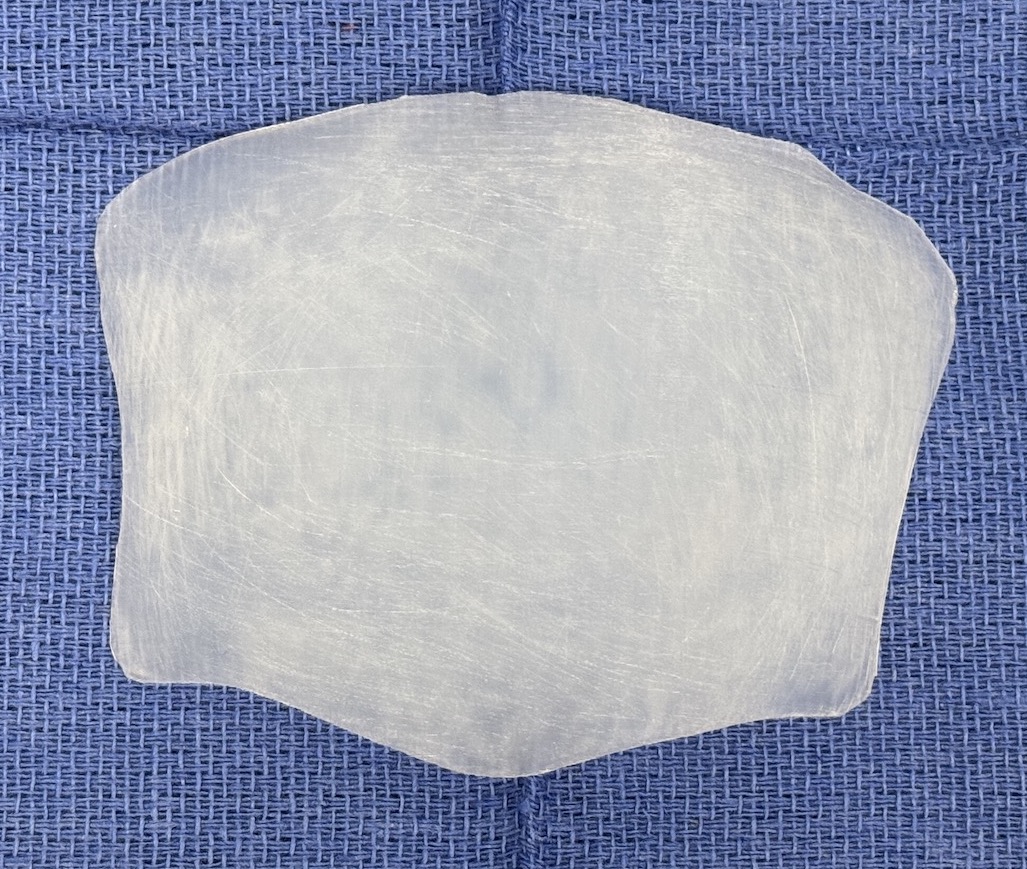
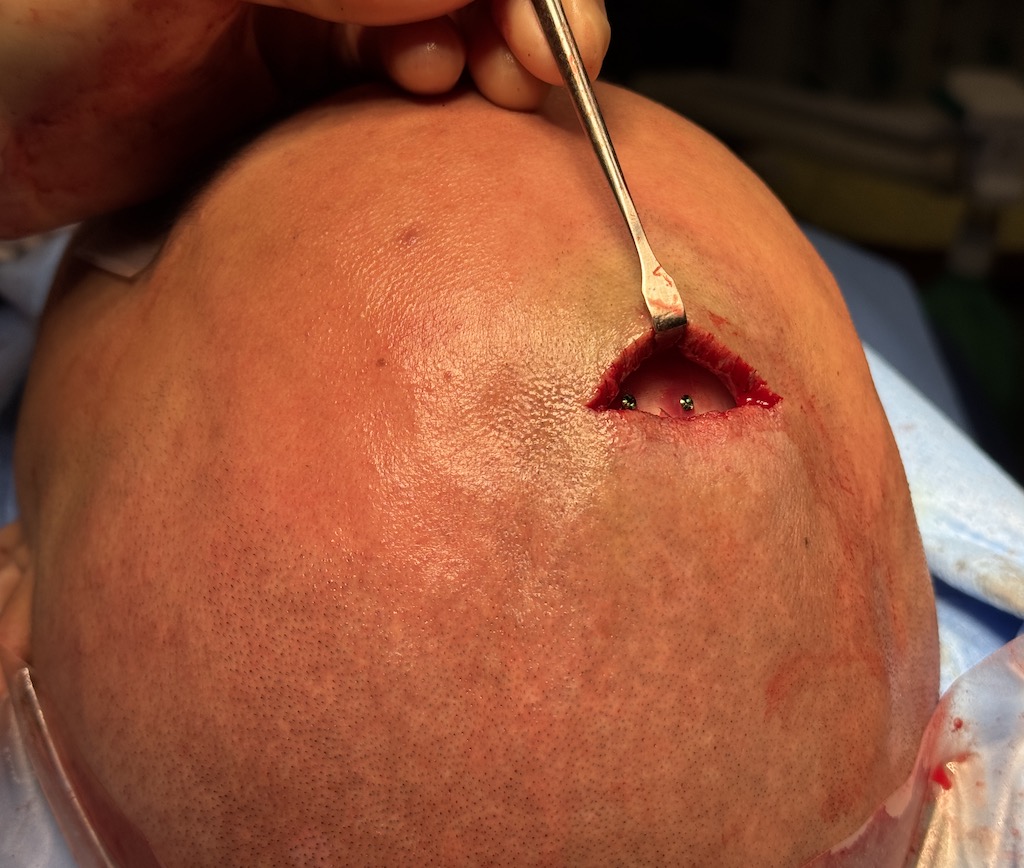
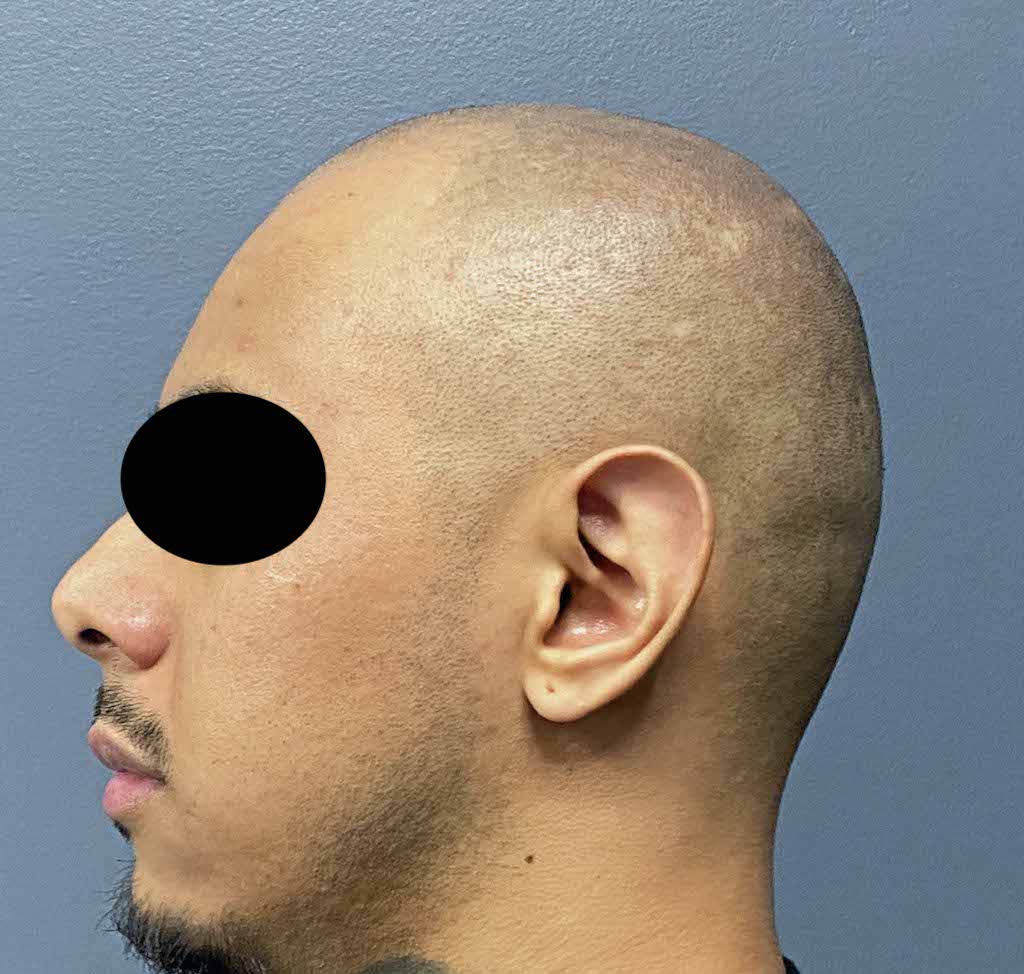
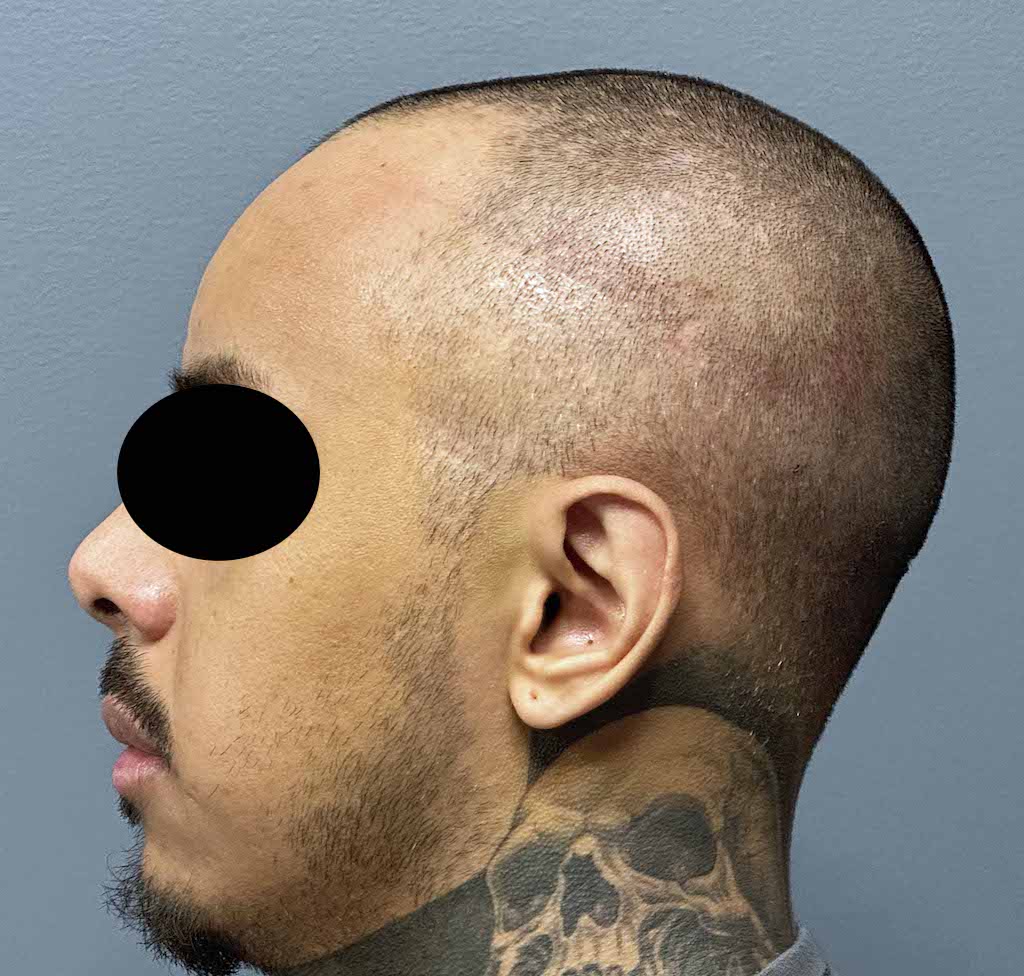
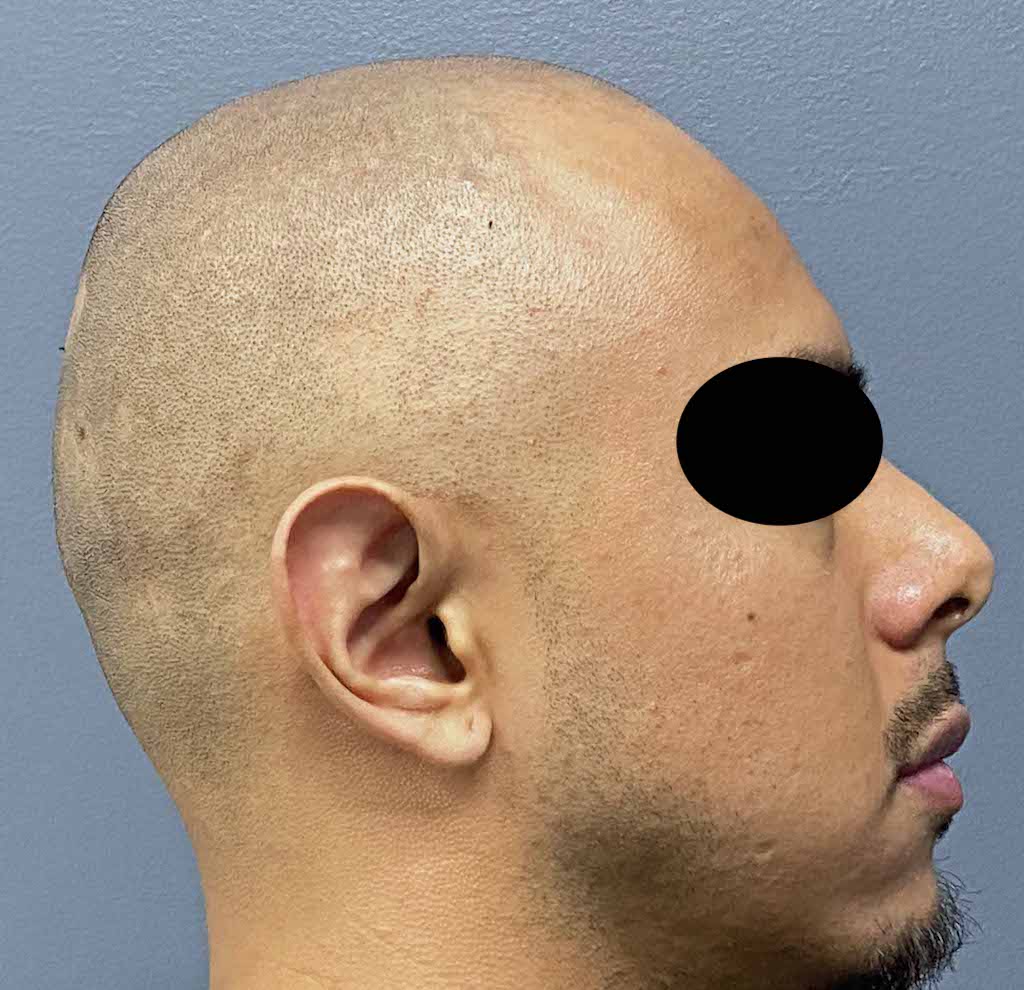
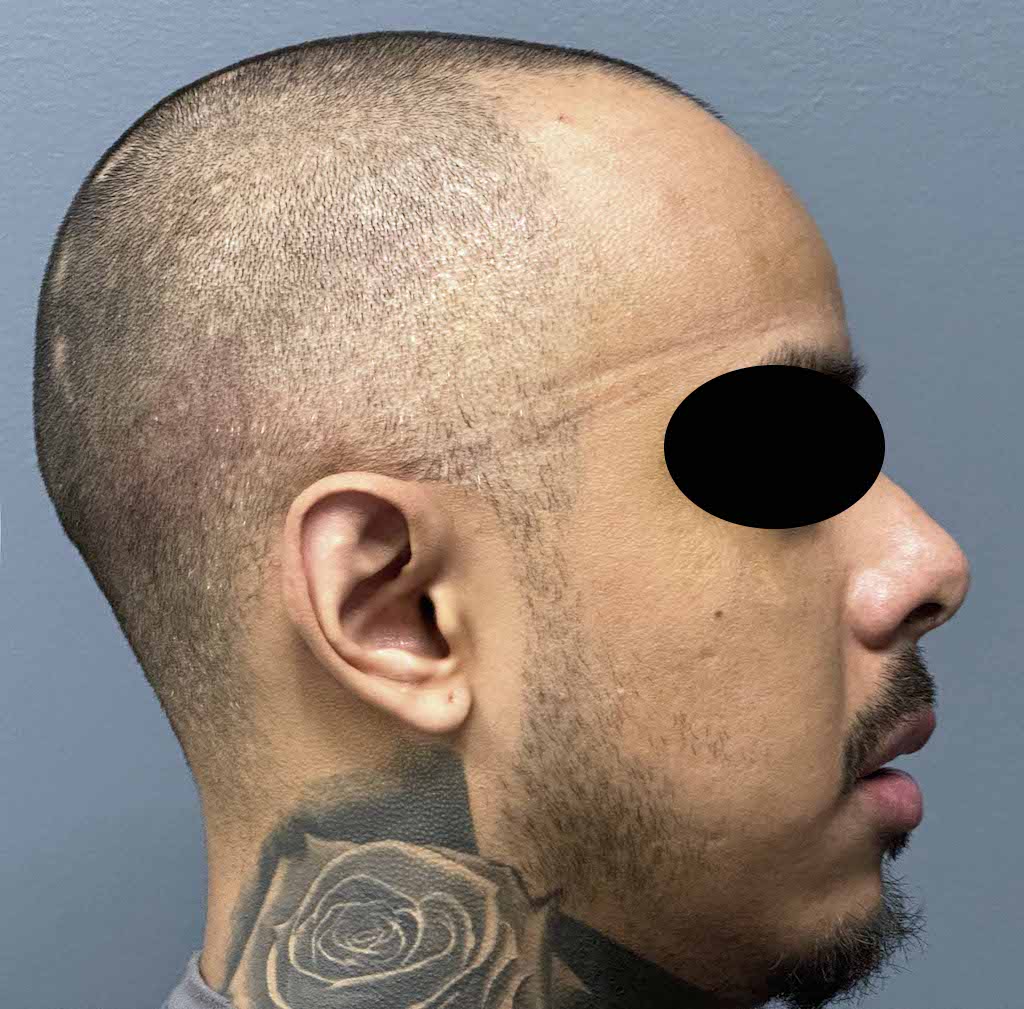
Desire to change the shape of his head in profile with increased projections to forehead and back of the head.
Placement of custom forehead and back of head skull implants through small scalp incisions.
Patient 193
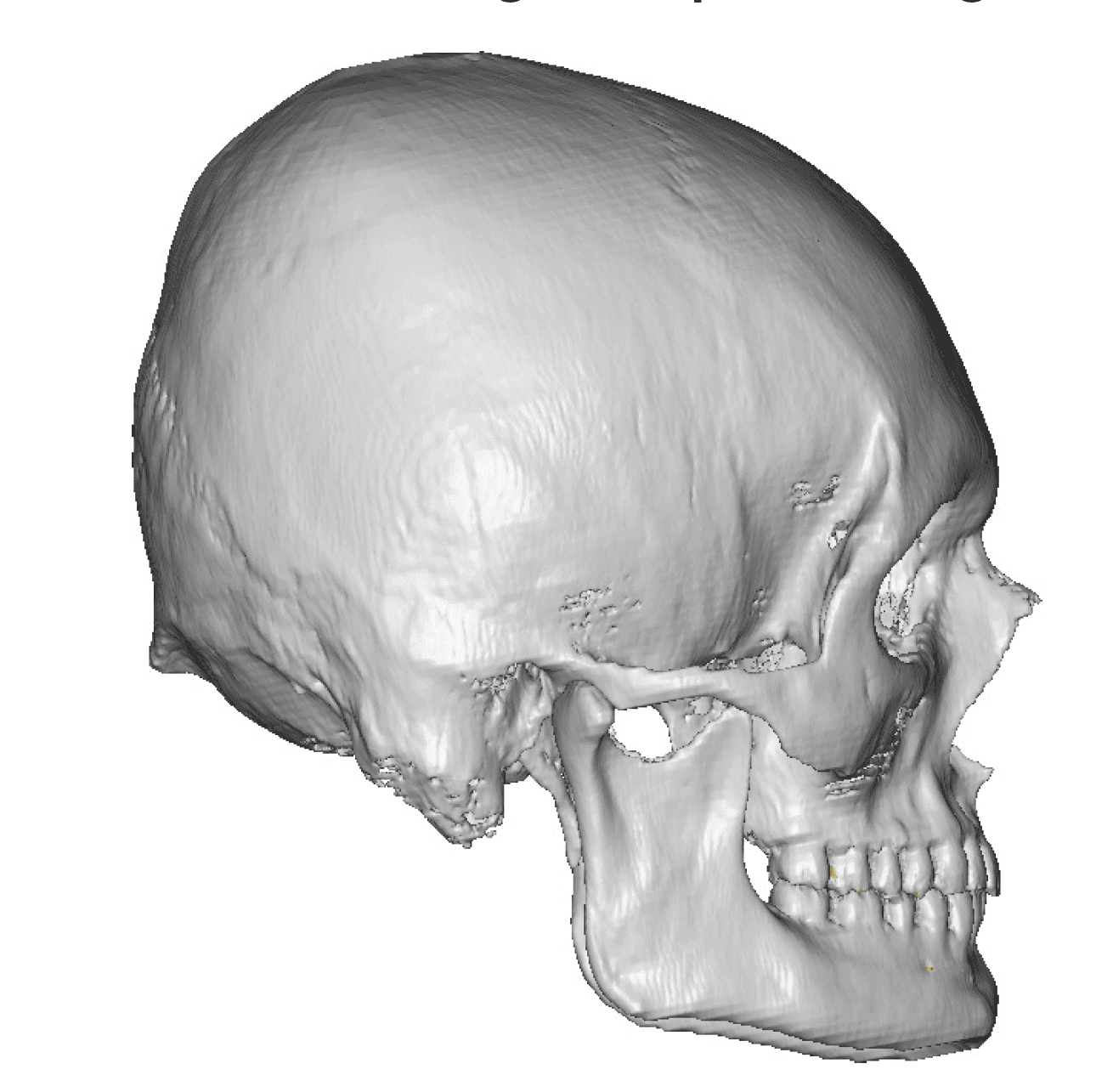
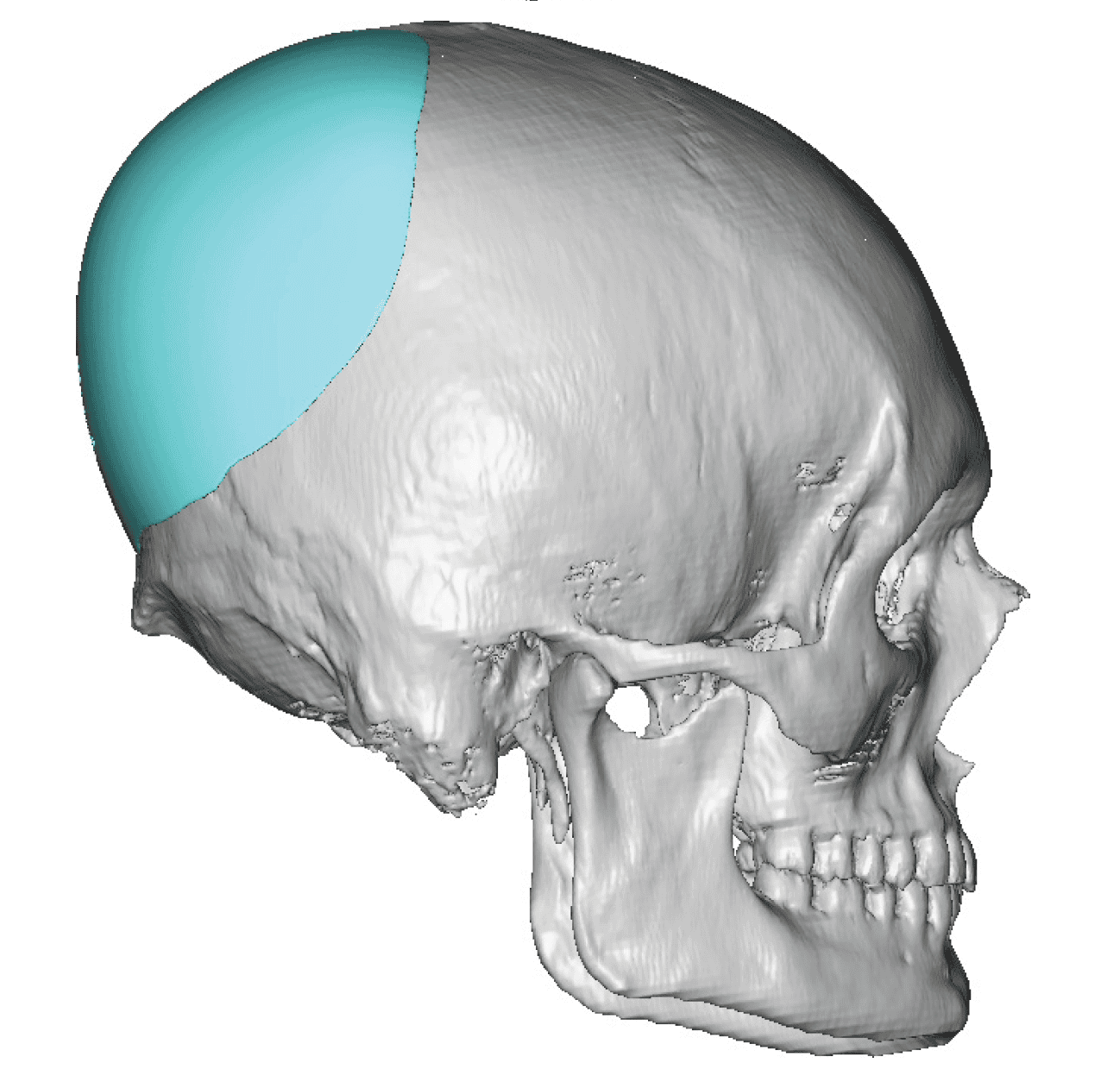
Long haired male with desire to augment a congenital flat back of the head.
Placement of custom back of head skull implant without trimming or shaving any hair. The incision was hard to find postop.


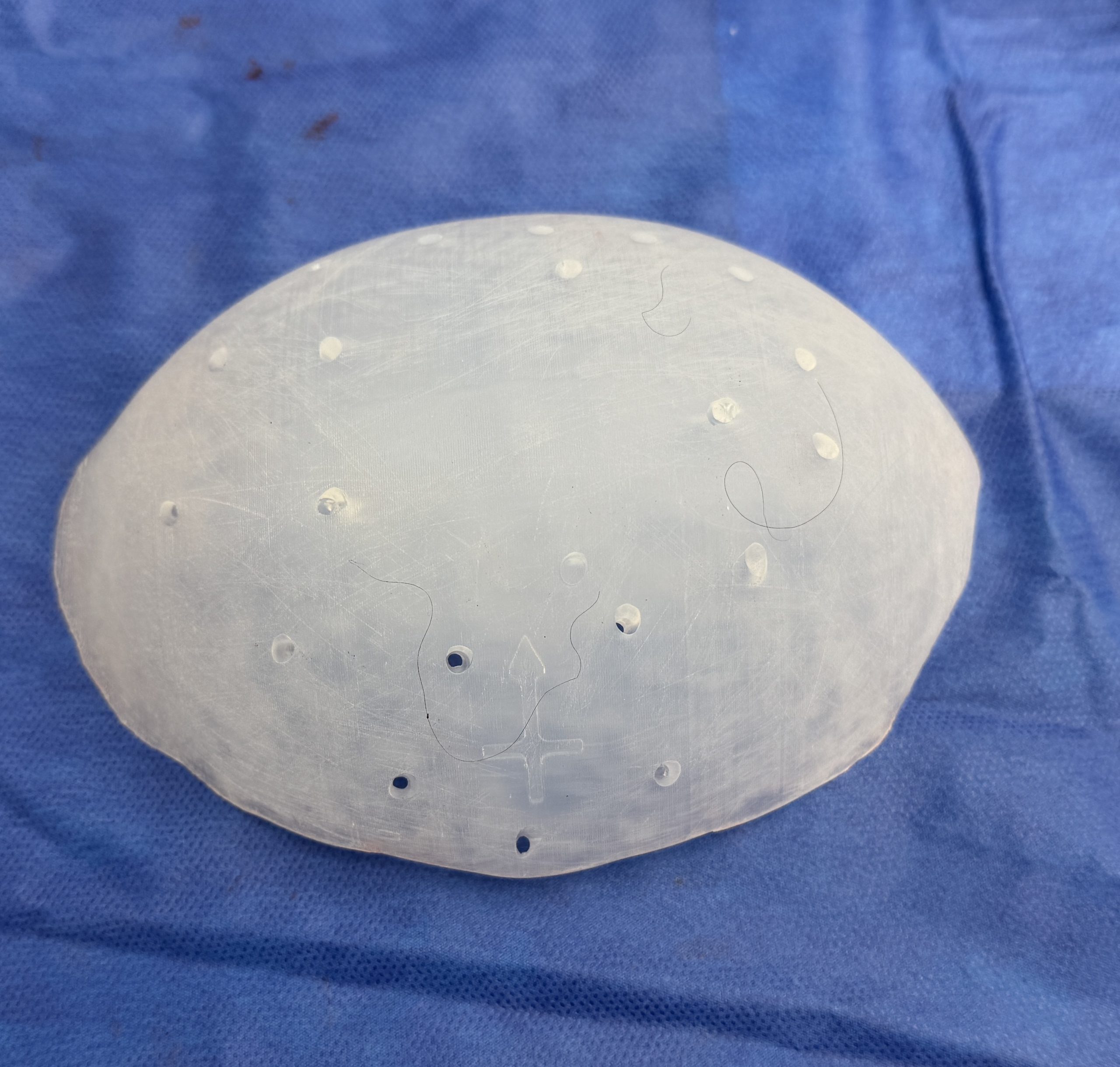
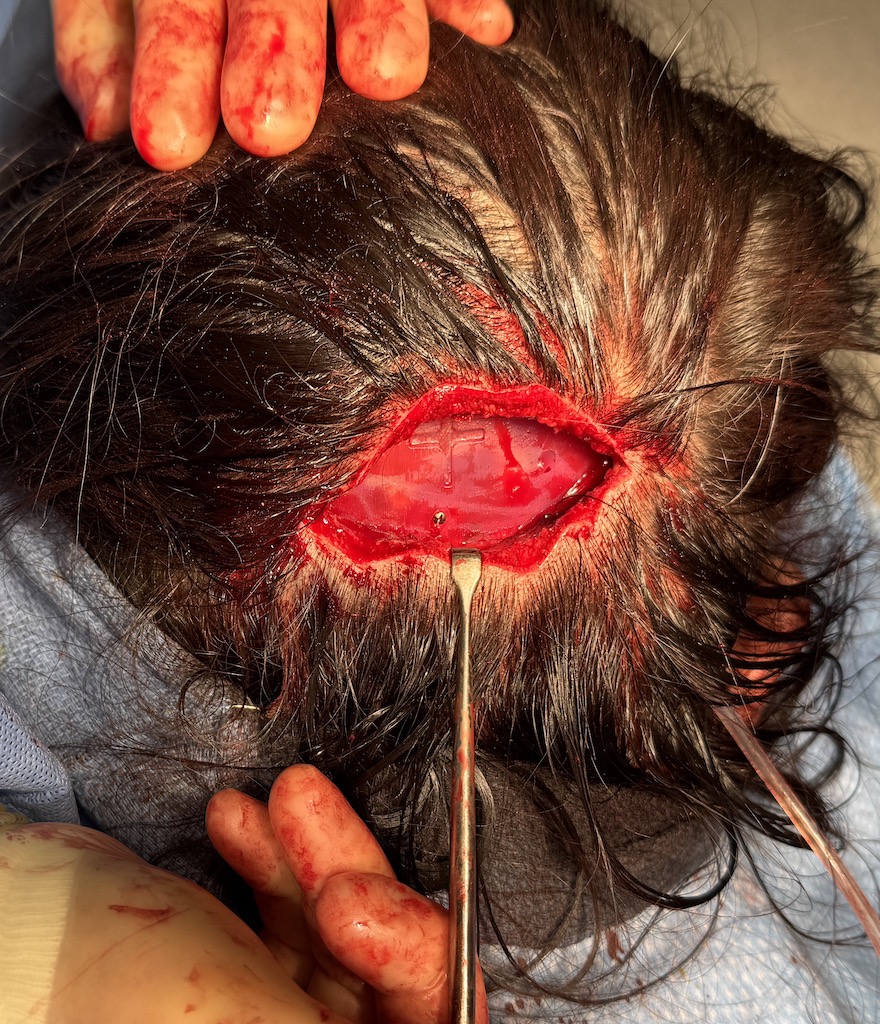
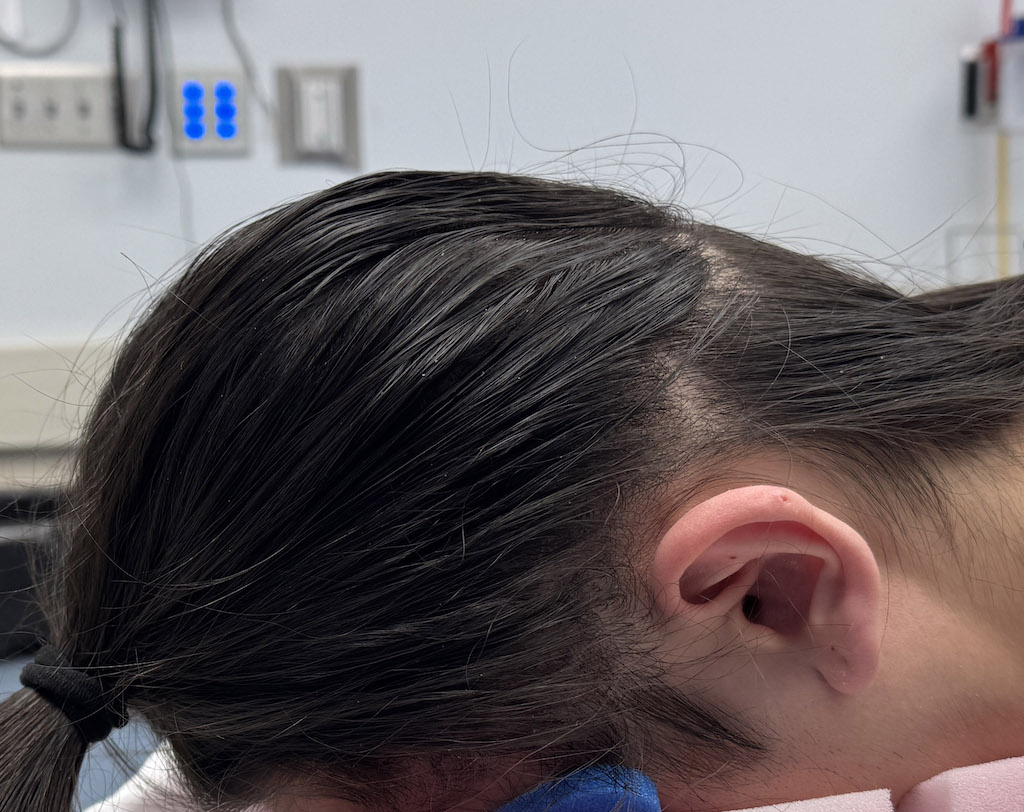
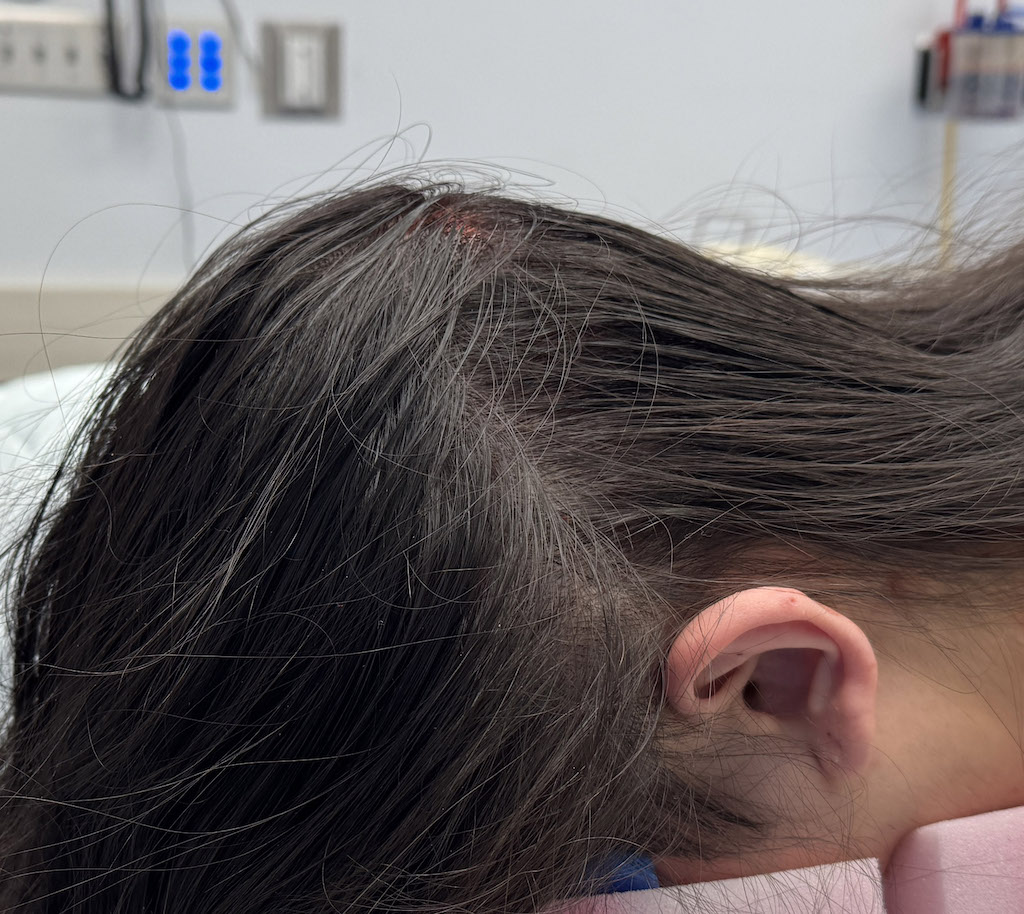
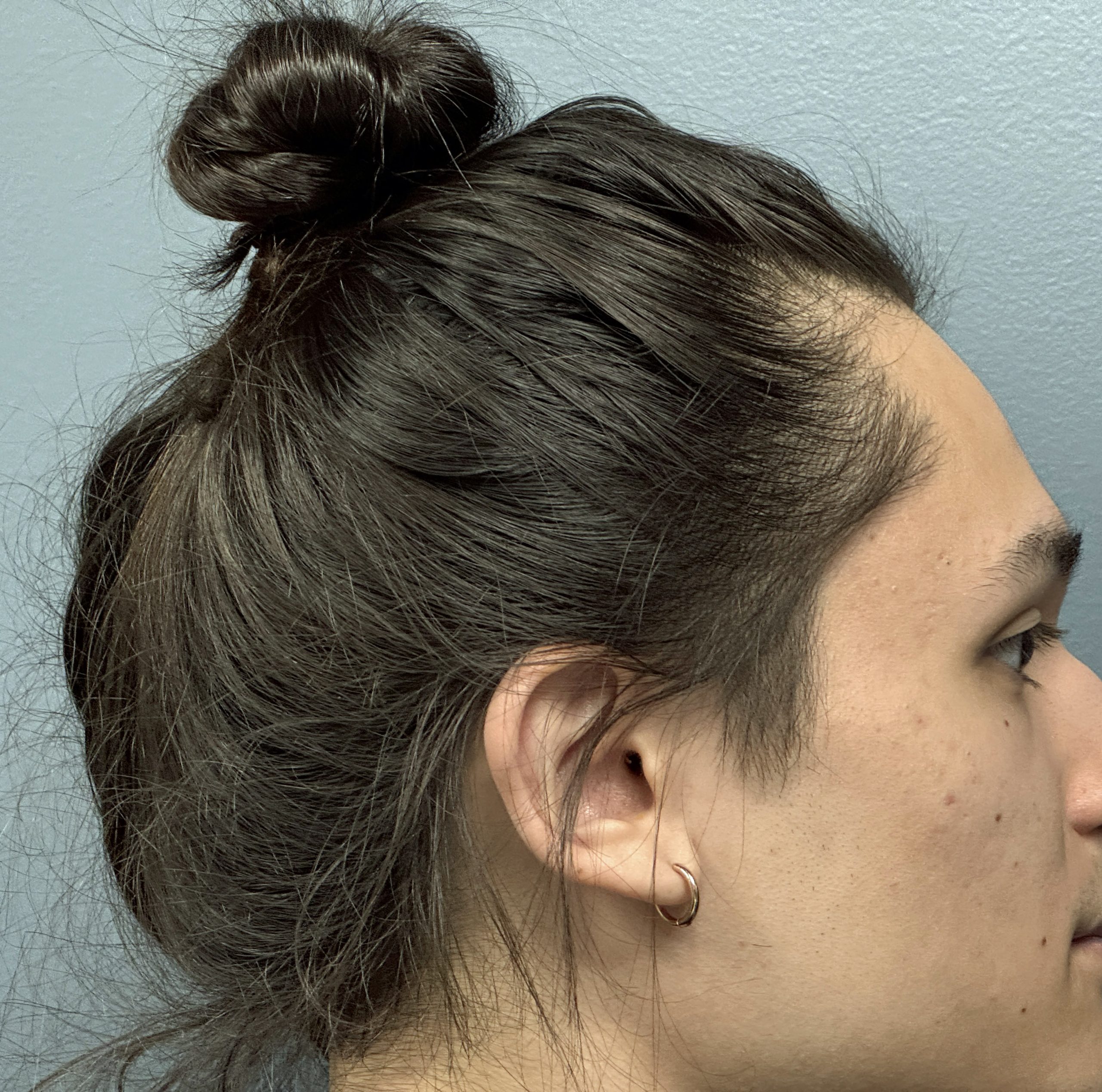
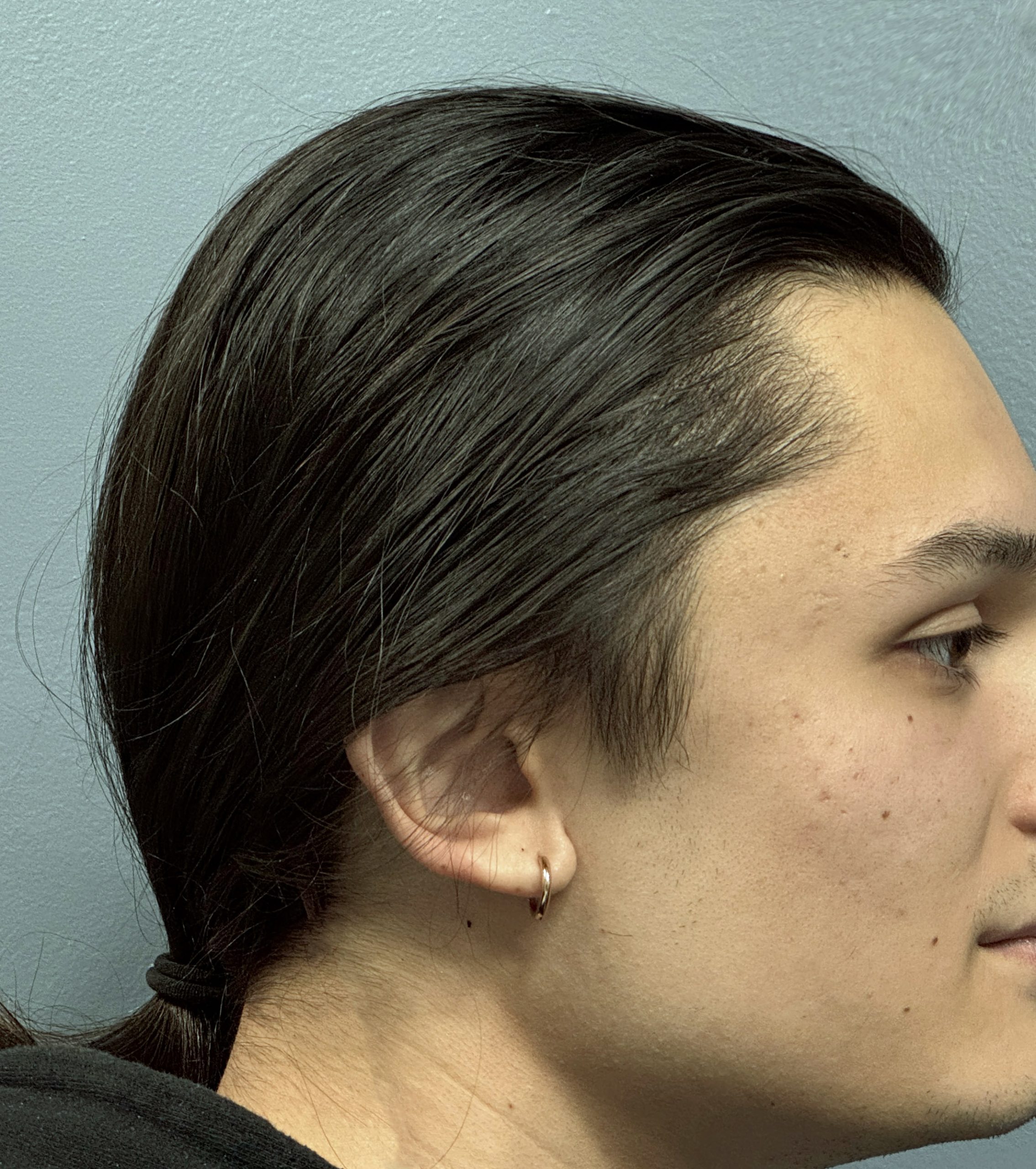
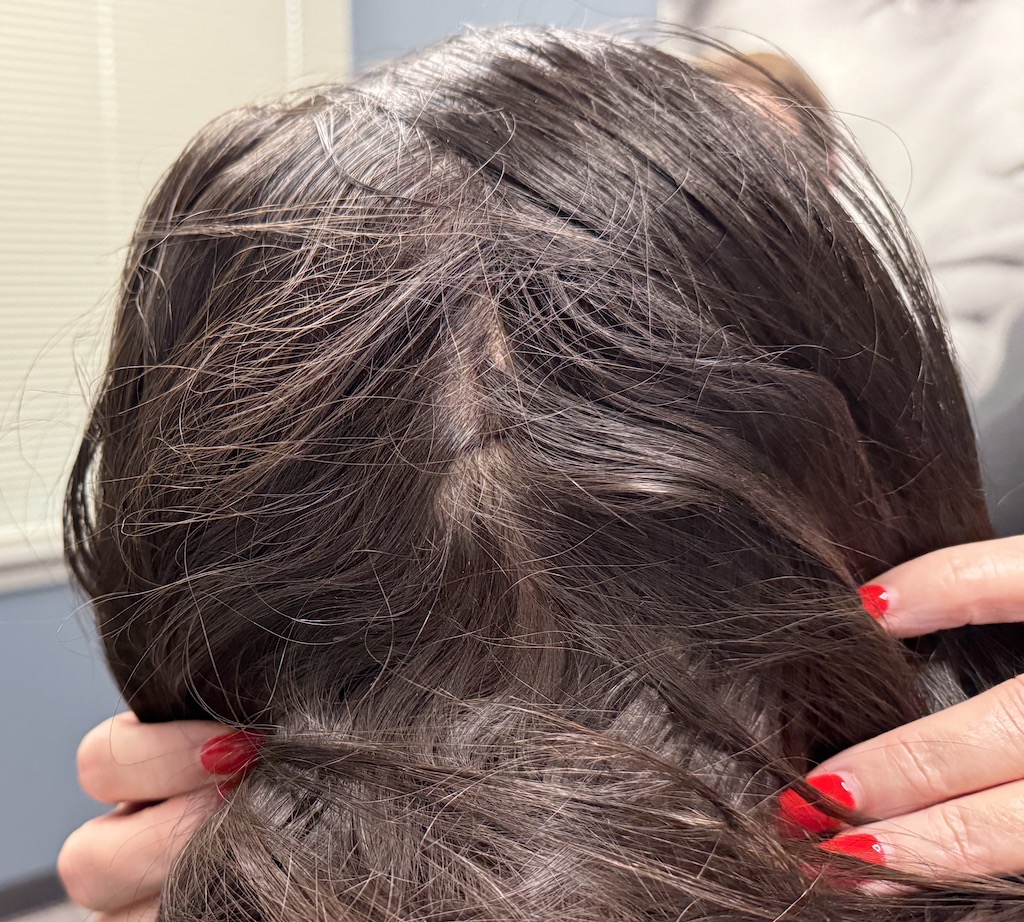
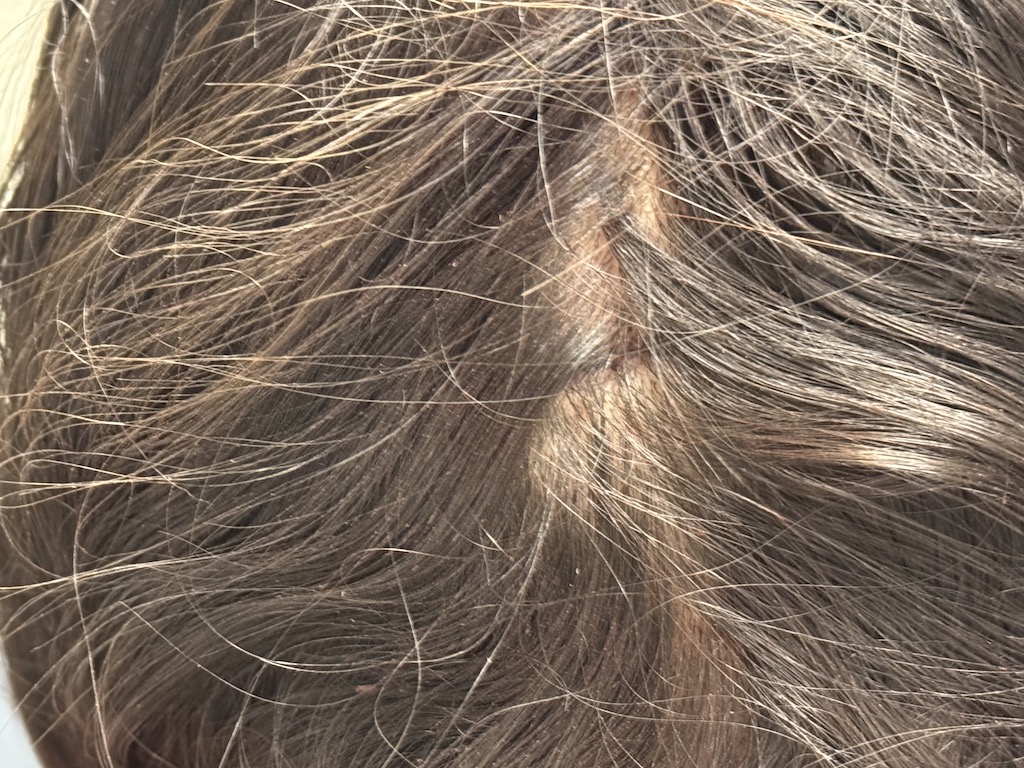
Long haired male with desire to augment a congenital flat back of the head.
Placement of custom back of head skull implant without trimming or shaving any hair. The incision was hard to find postop.
Patient 194
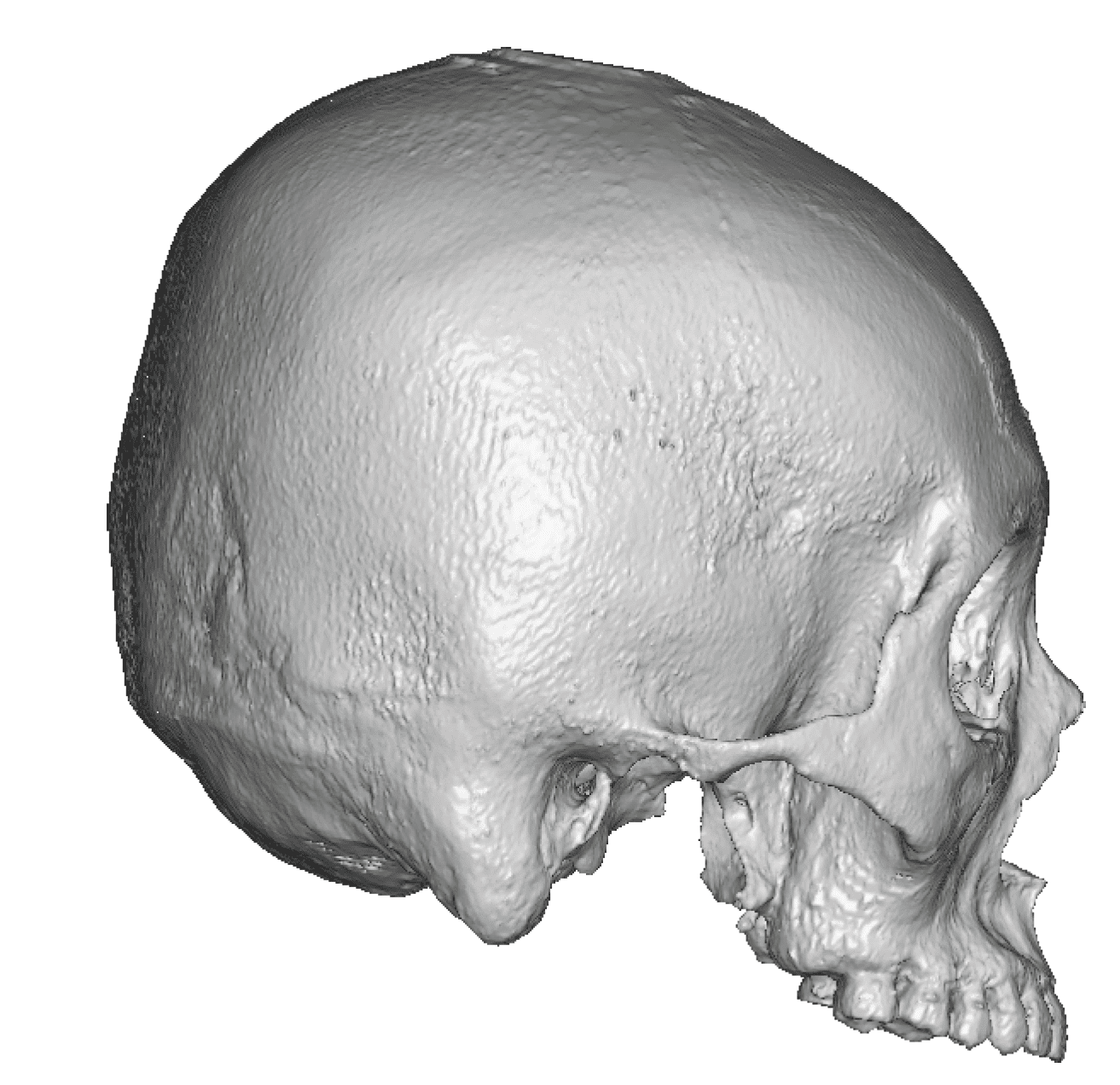
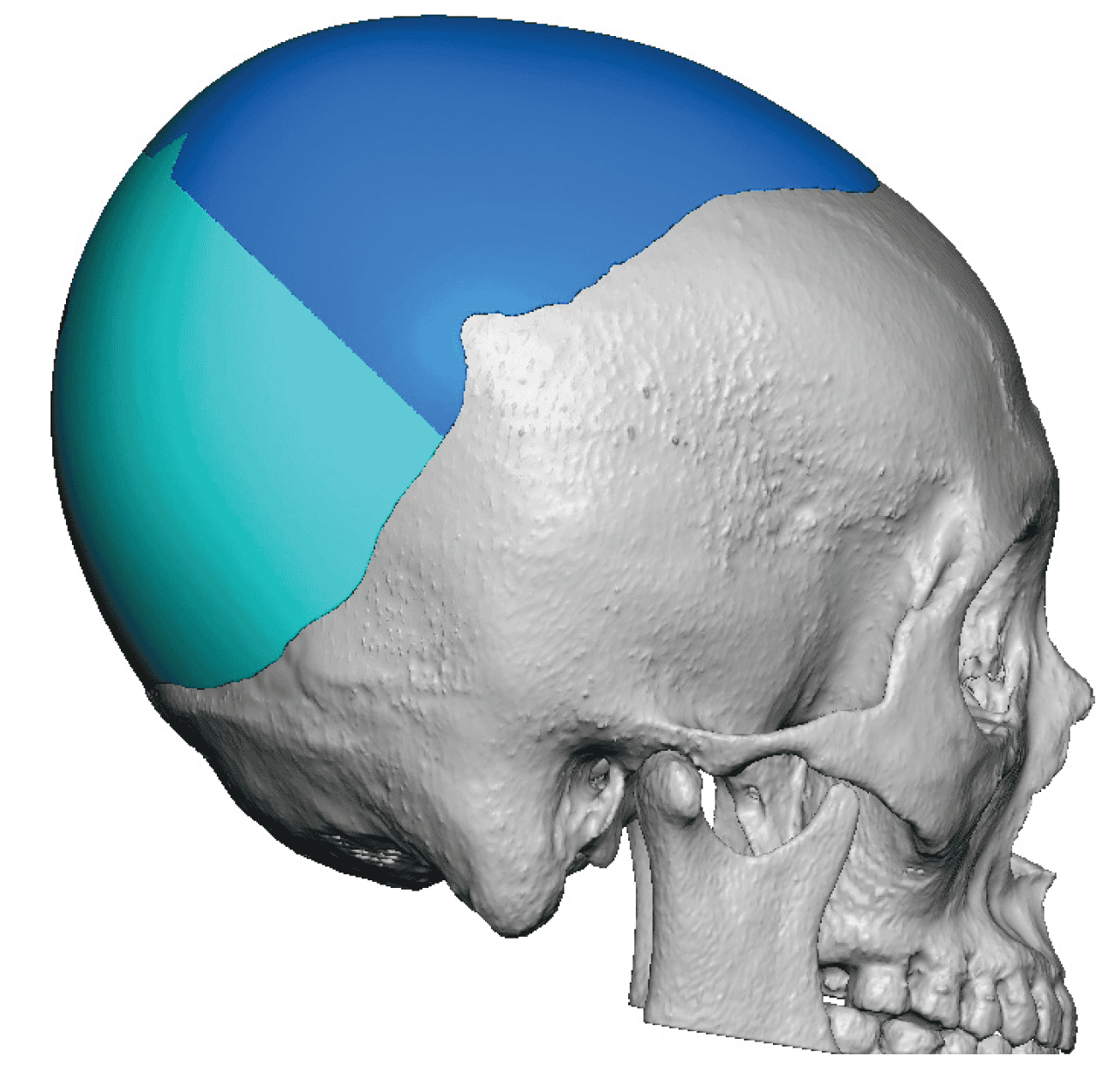
Desire for large augmentation of flat asymmetric back of the head.
Two stage skull augmentation with 1st stage scalp expansion and 2nd stage 4 piece custom back and top of head skull implant.



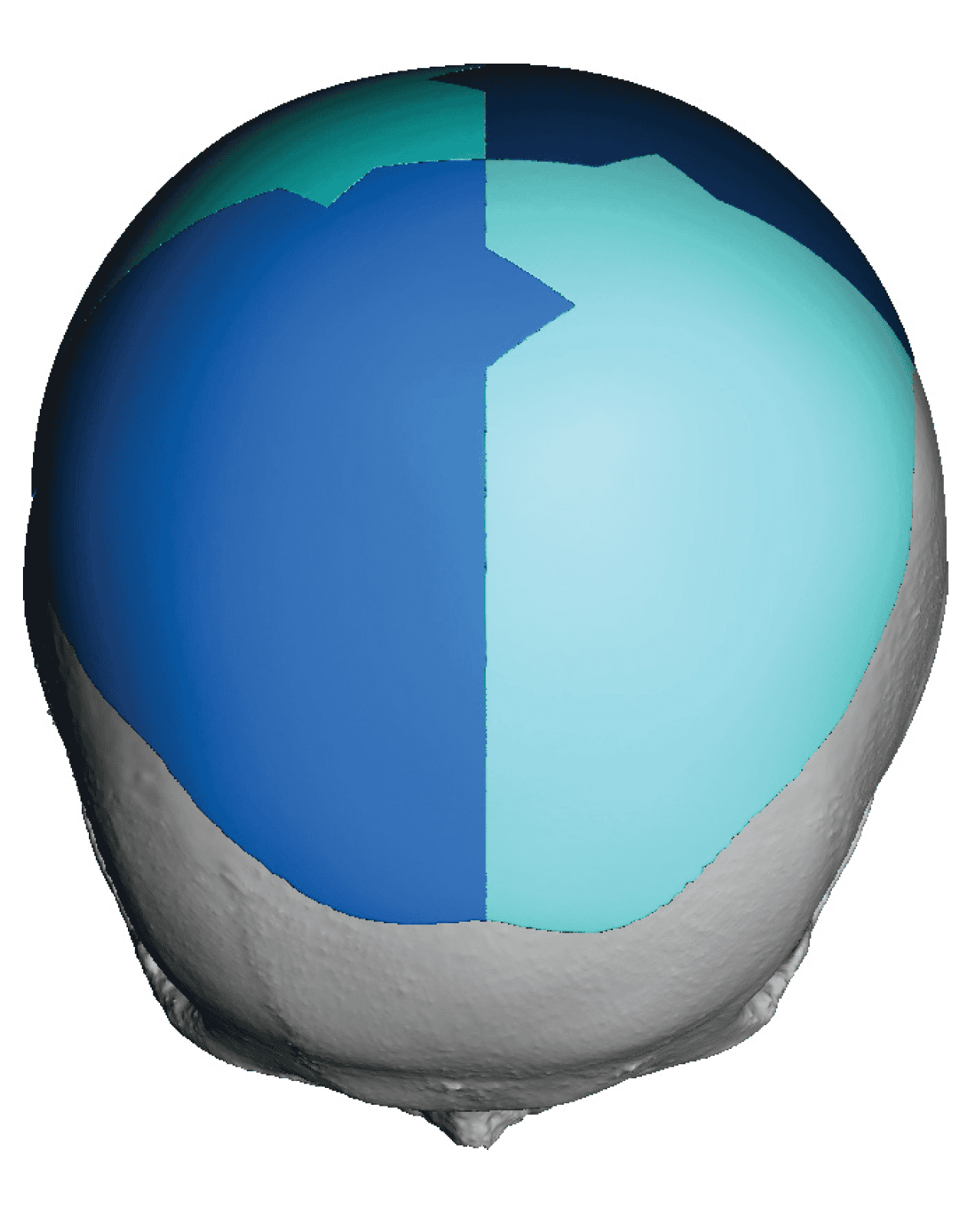
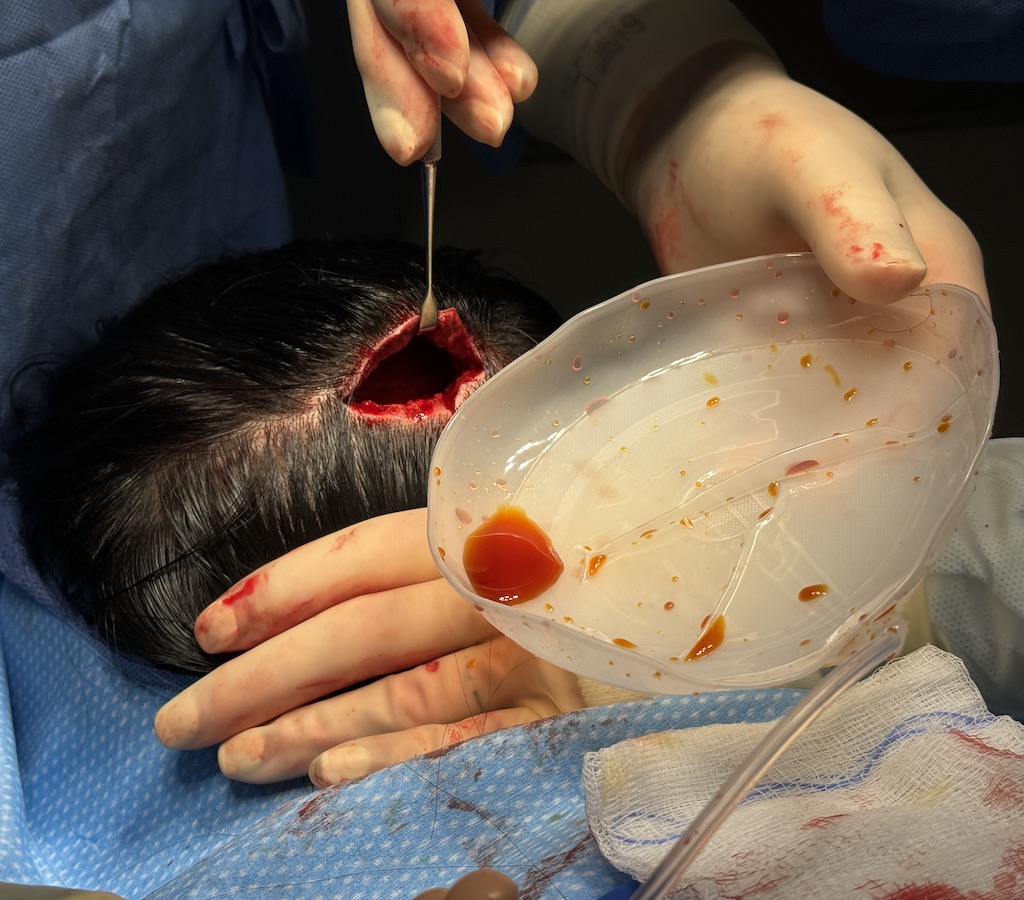
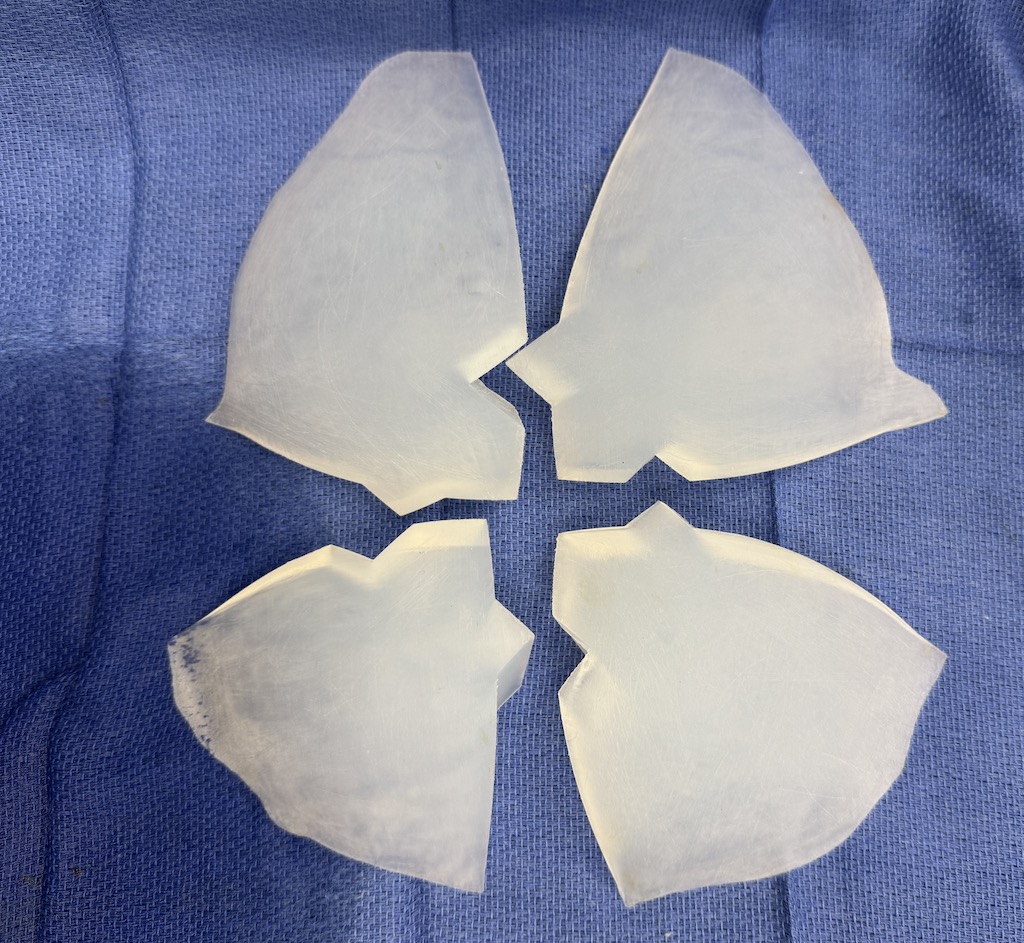
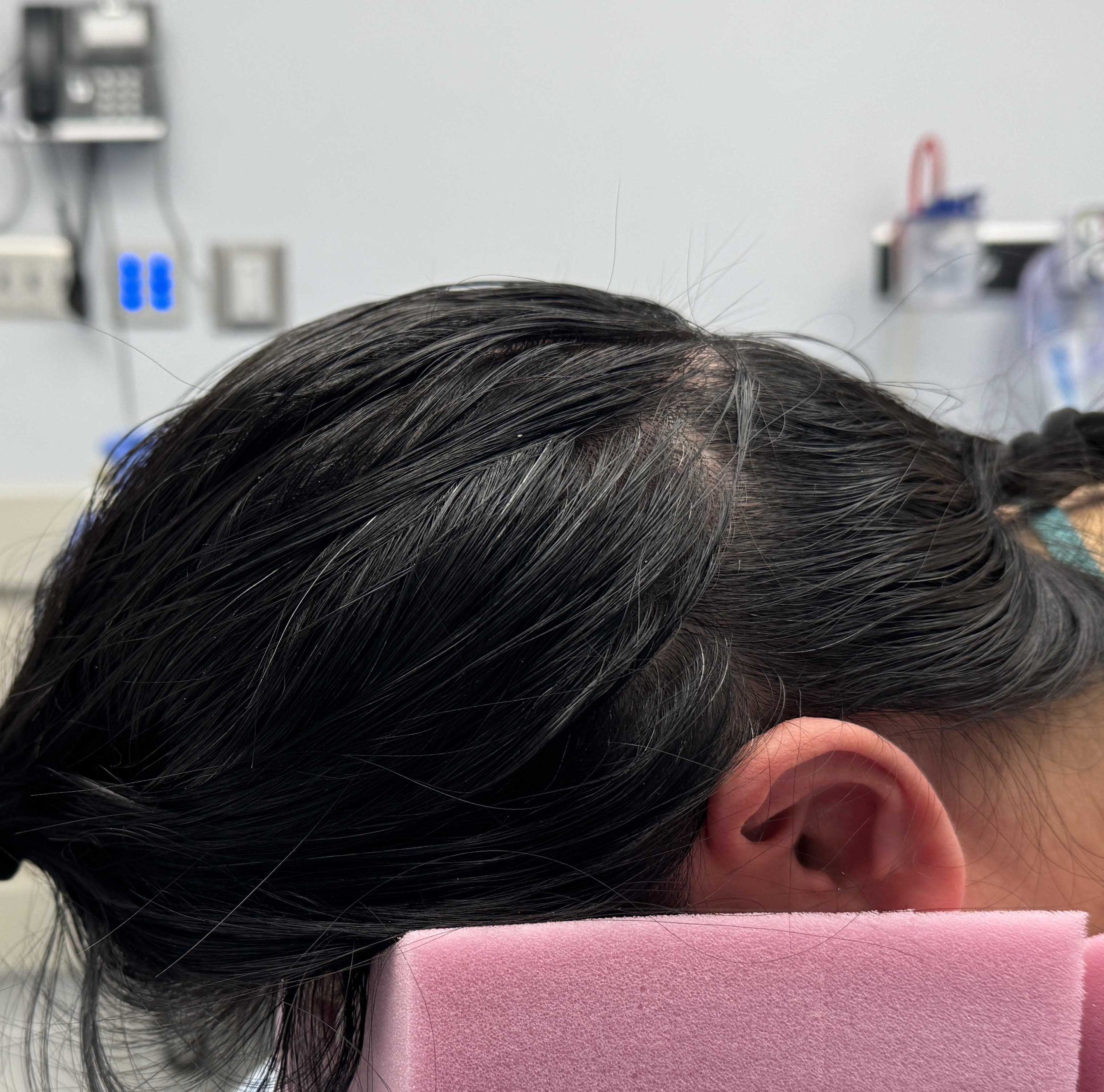
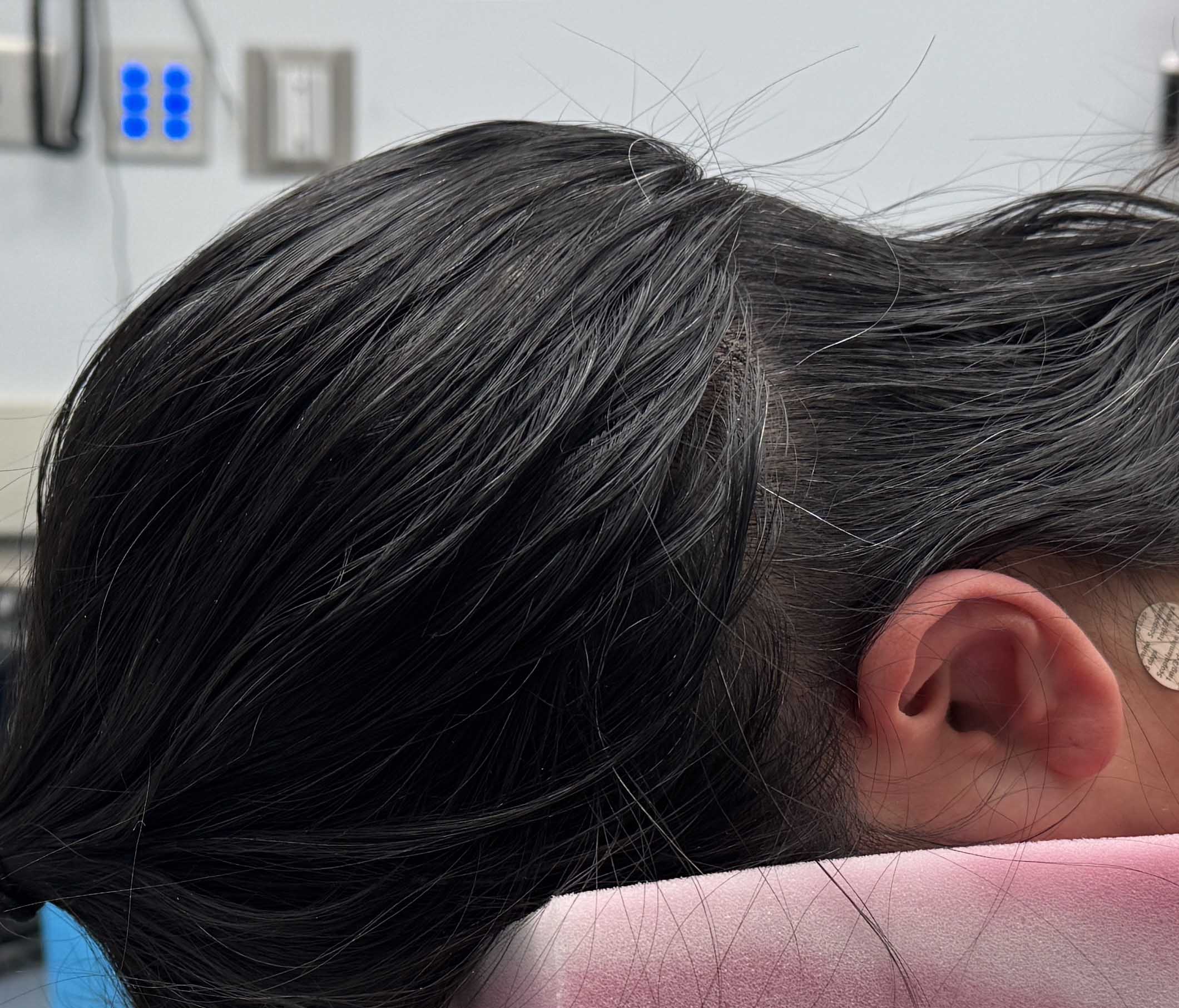
Desire for large augmentation of flat asymmetric back of the head.
Two stage skull augmentation with 1st stage scalp expansion and 2nd stage 4 piece custom back and top of head skull implant.
Patient 195
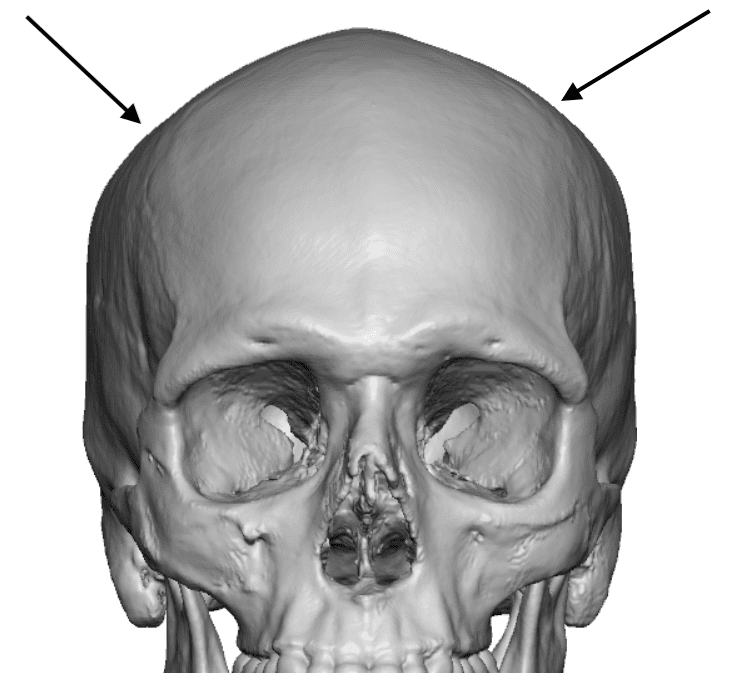
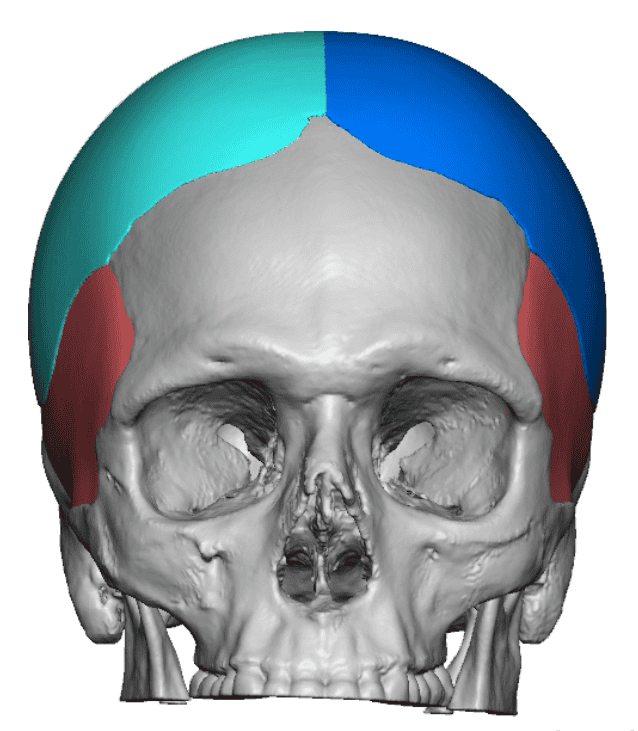
Desire for a wider head shape with a fuller back and top of the head.
Design and placement of custom two piece head widening implant through two small scalp incisions using a split implant design.


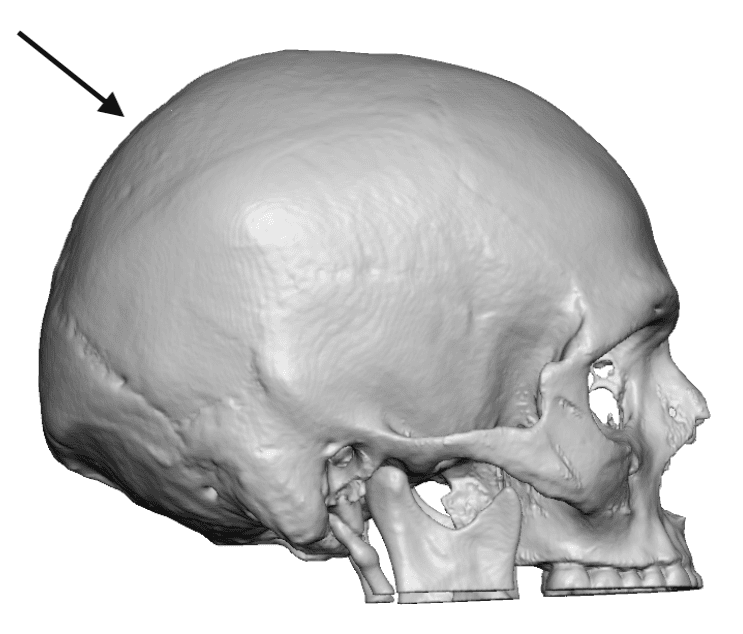
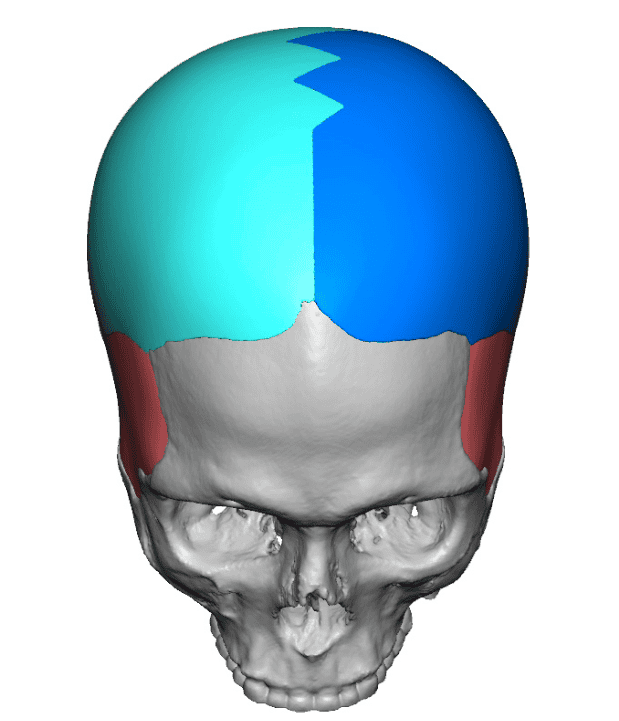
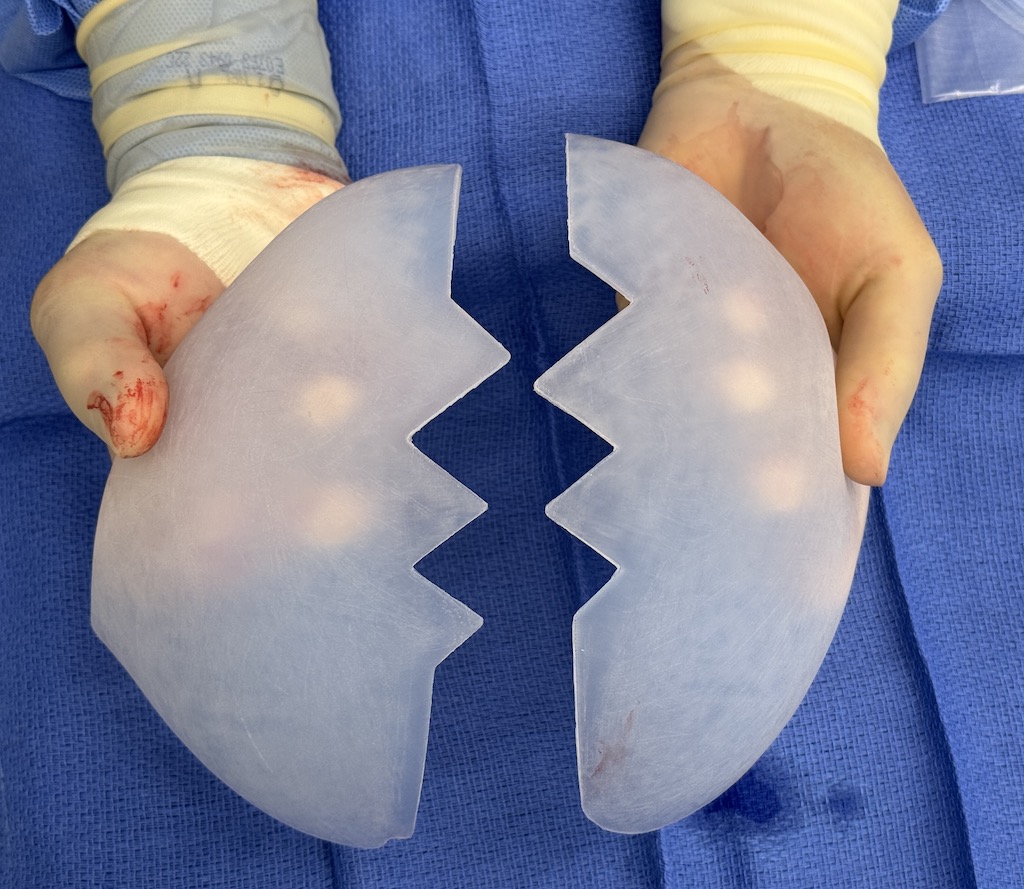

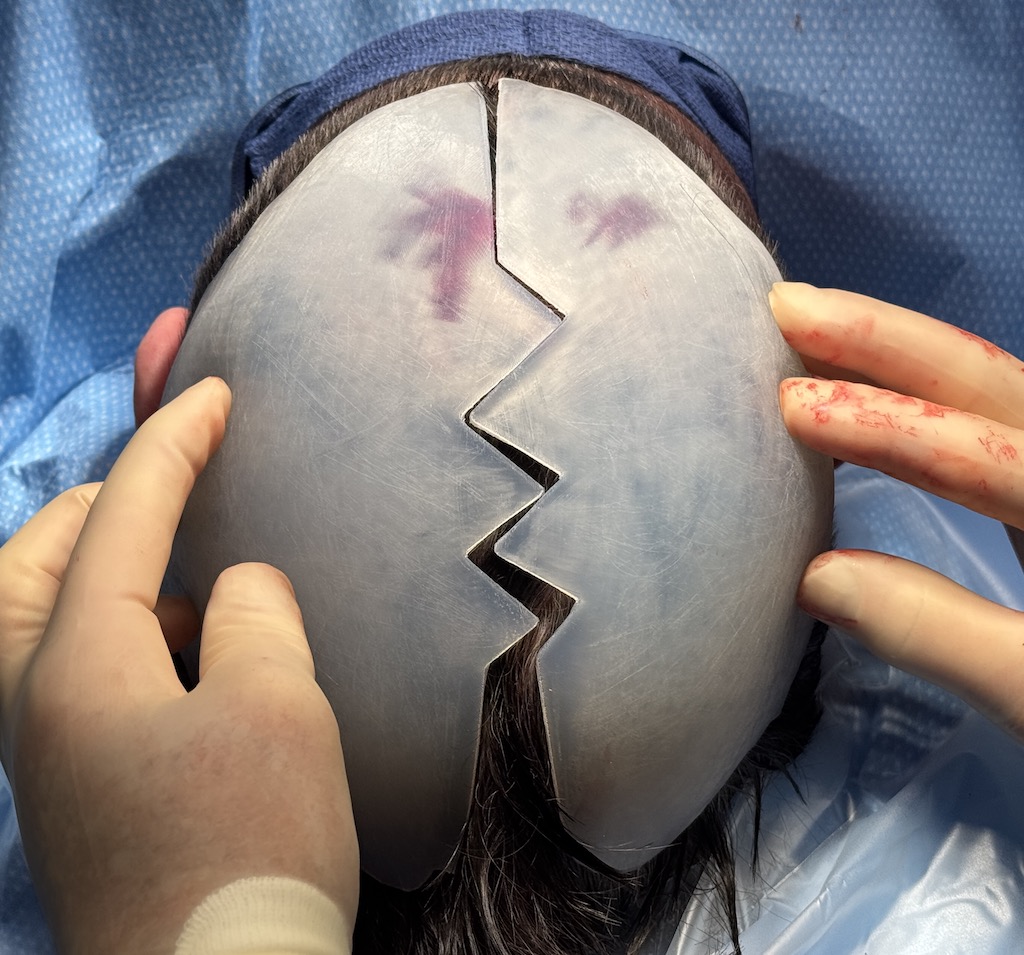
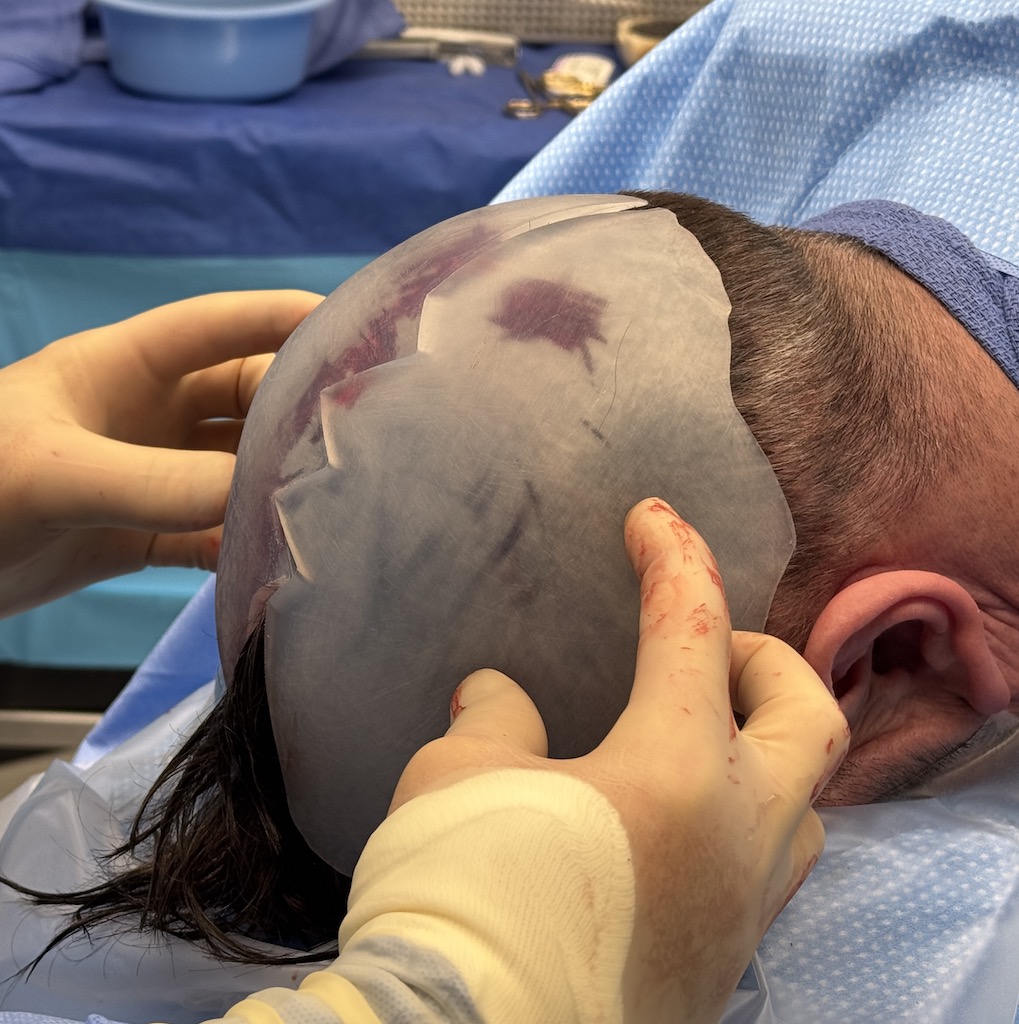
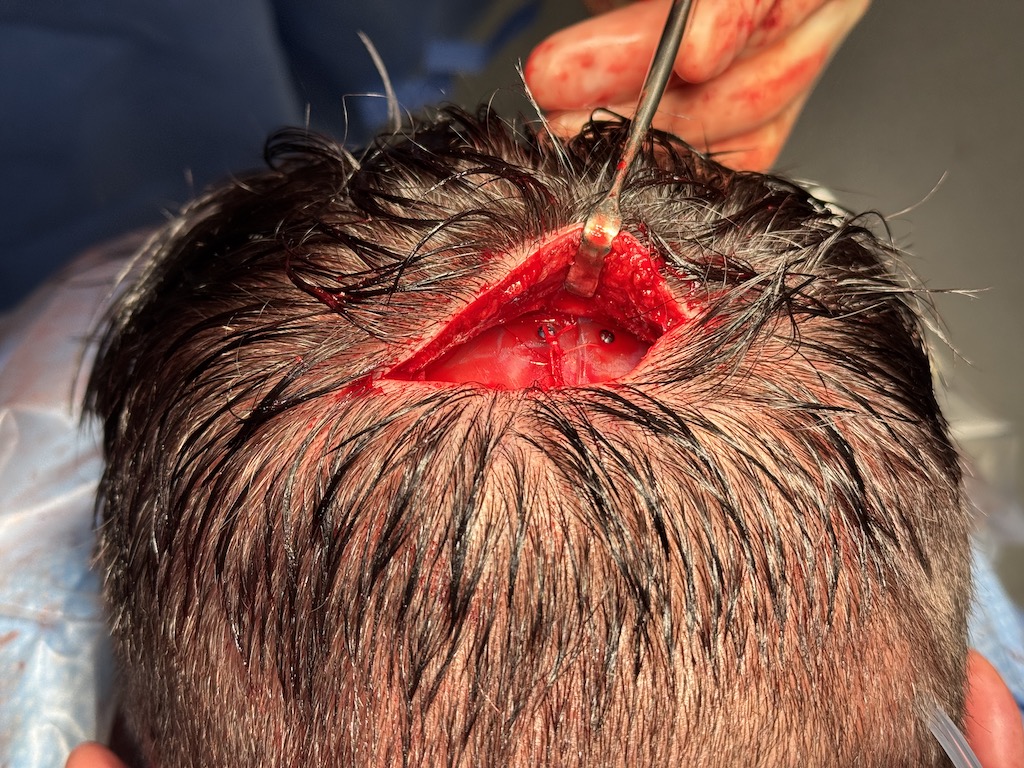
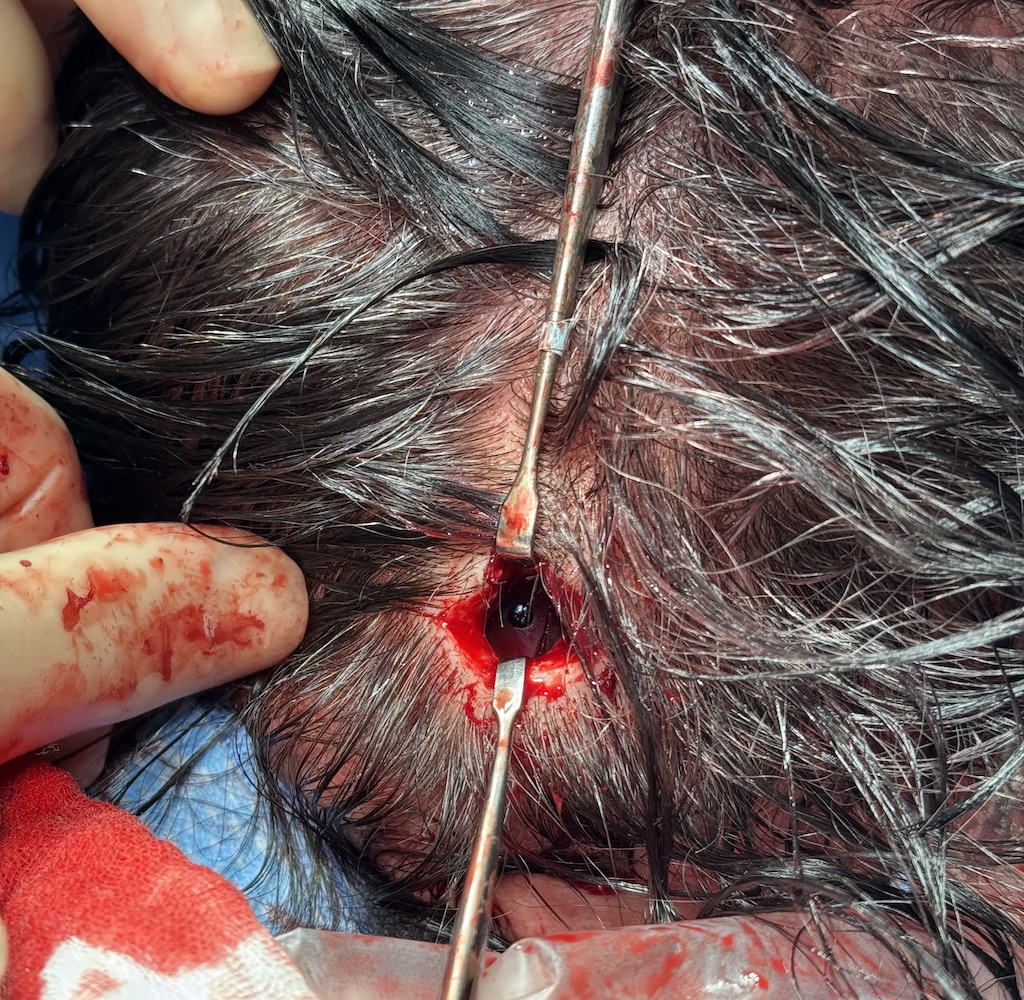
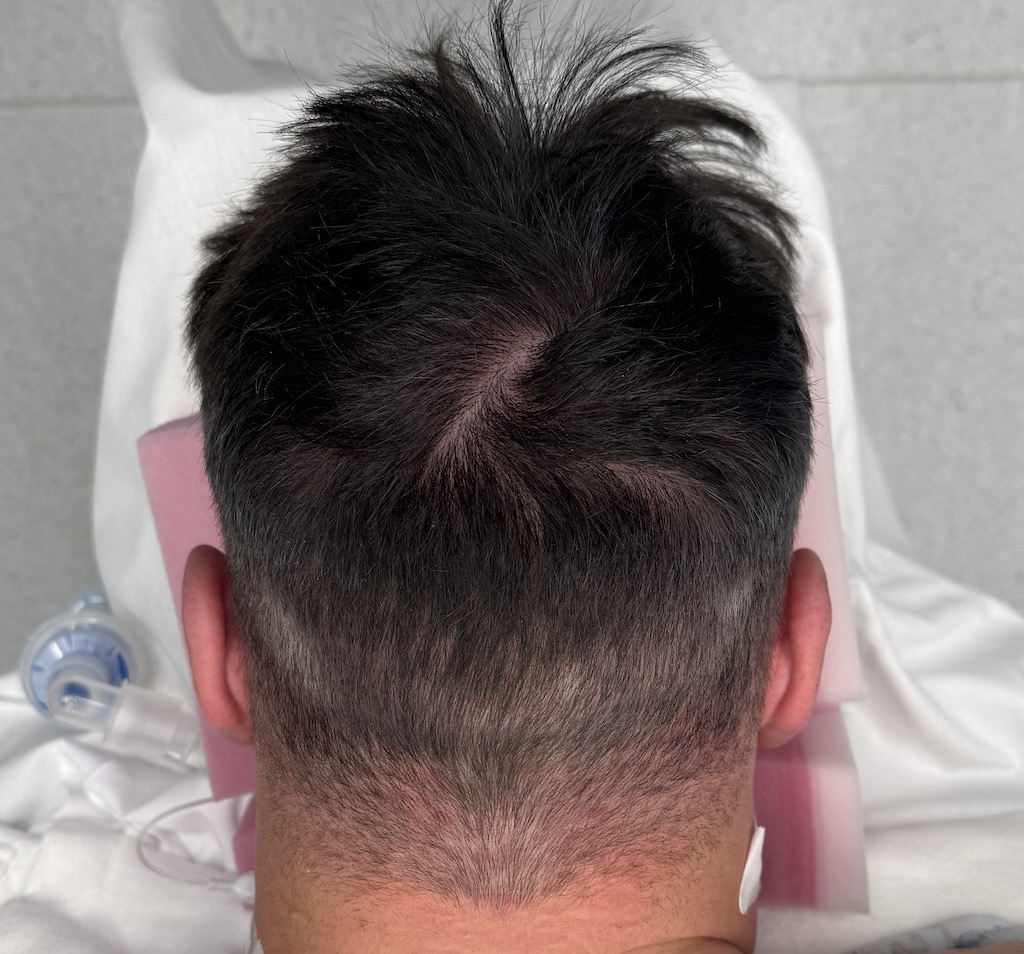
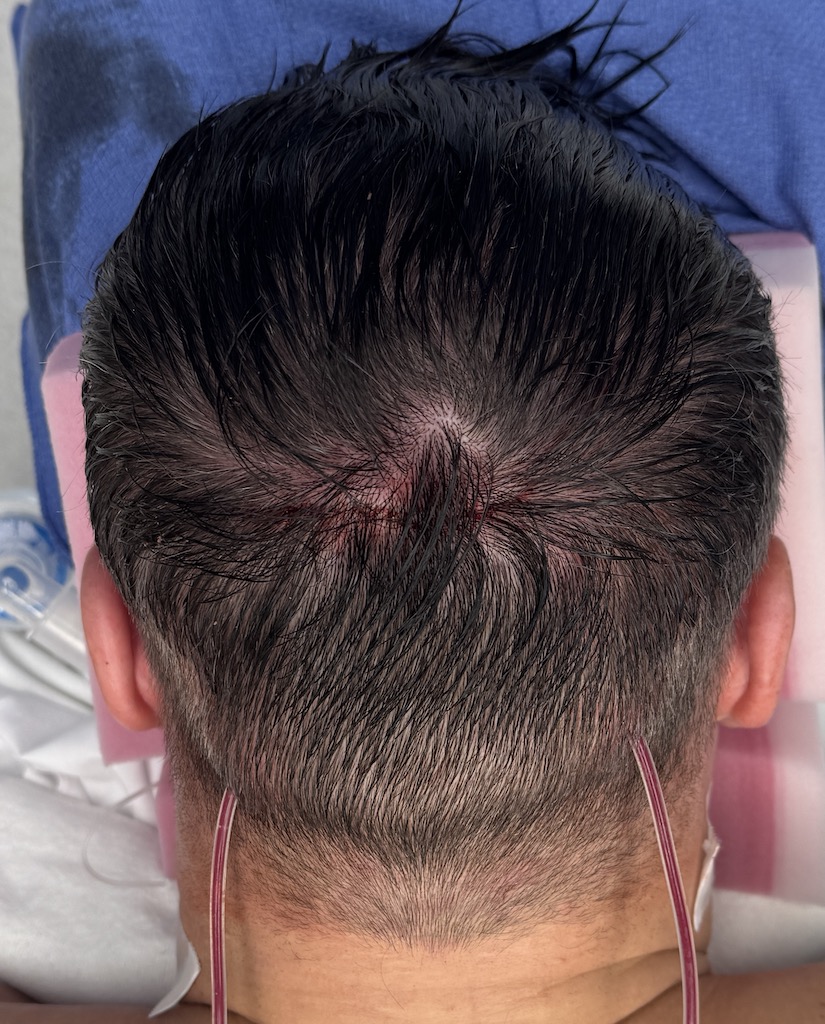
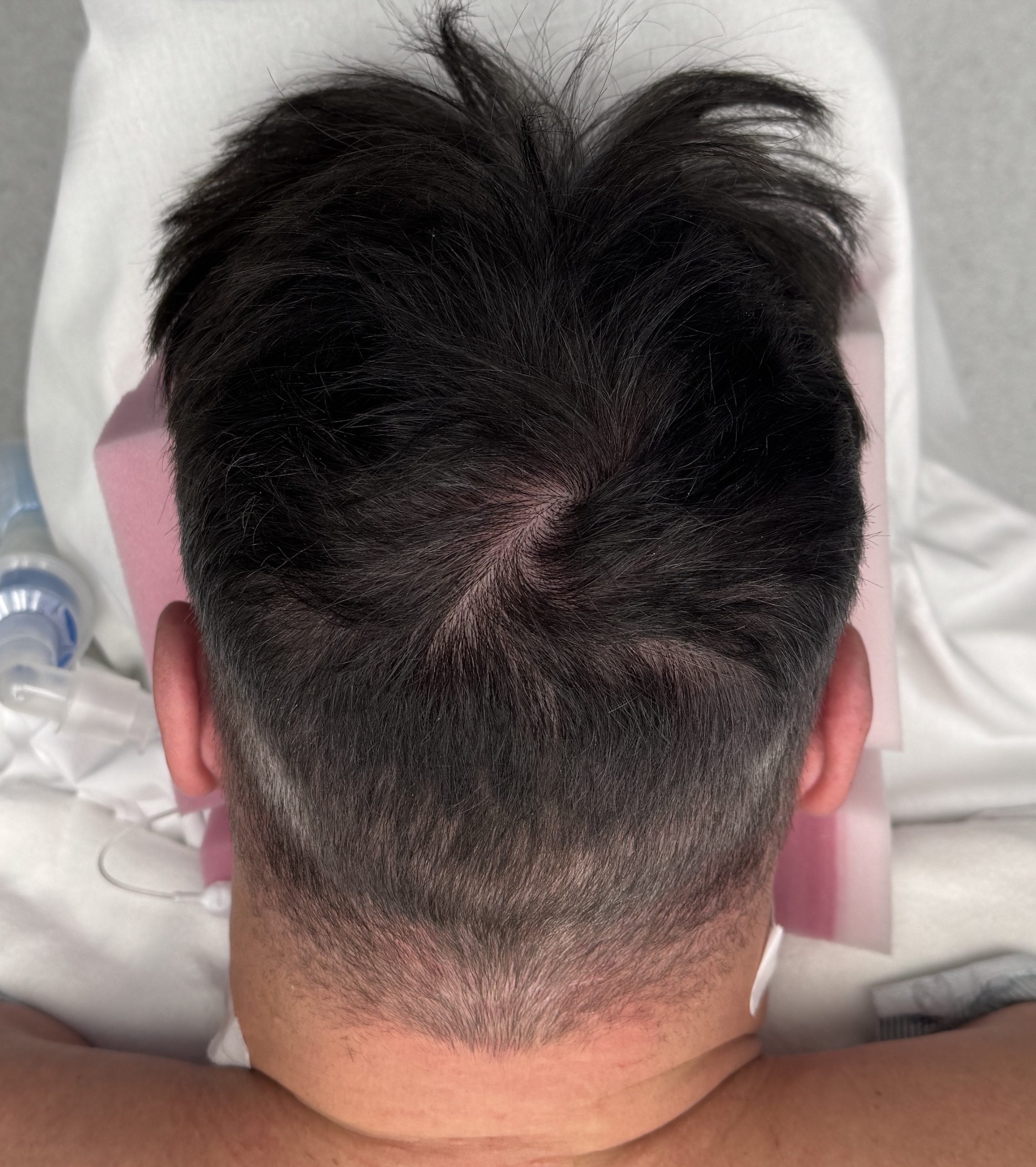
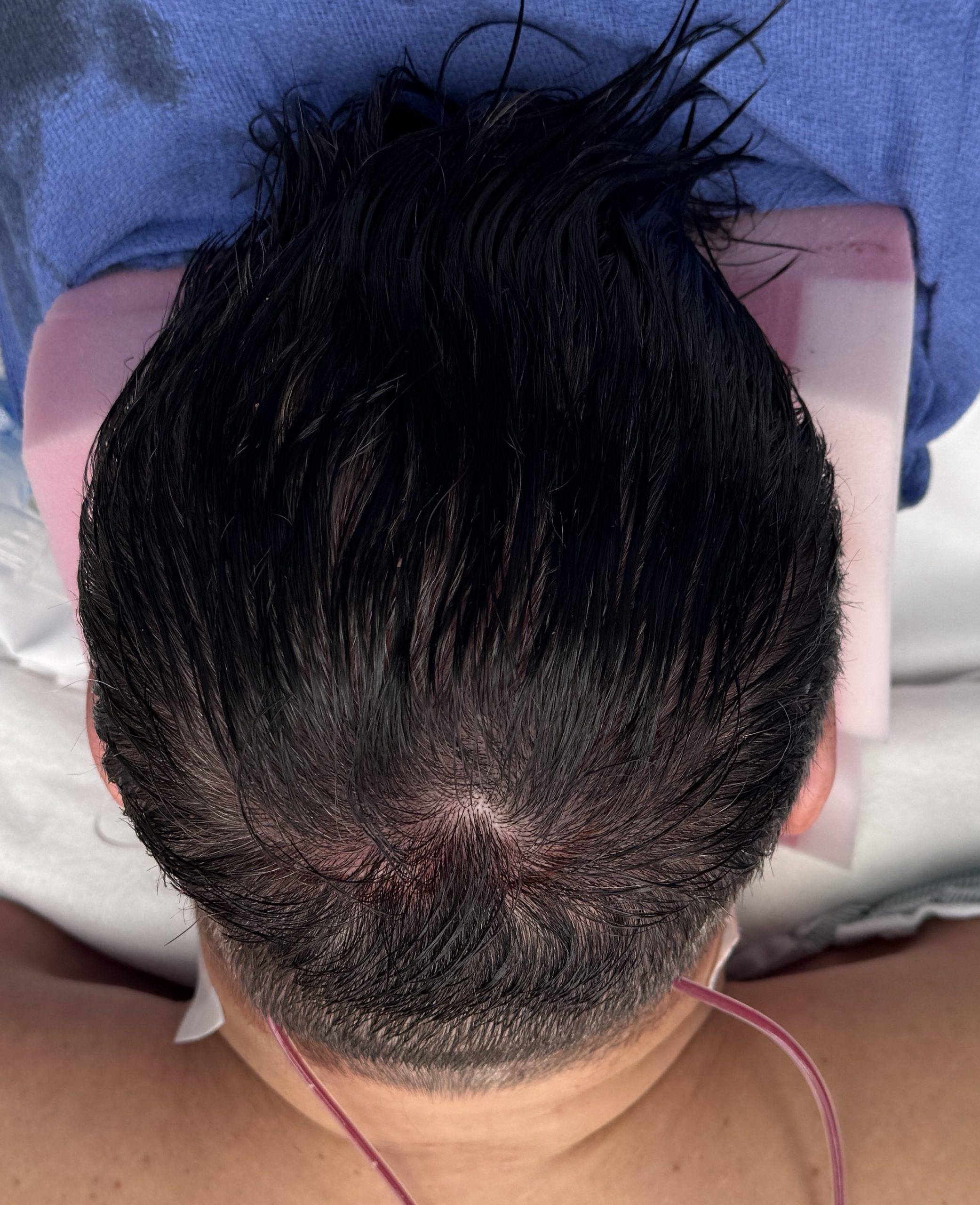
Desire for a wider head shape with a fuller back and top of the head.
Design and placement of custom two piece head widening implant through two small scalp incisions using a split implant design.
Patient 196
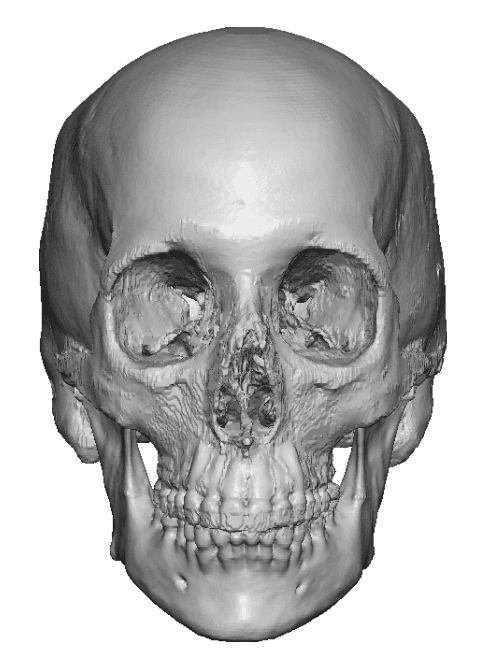
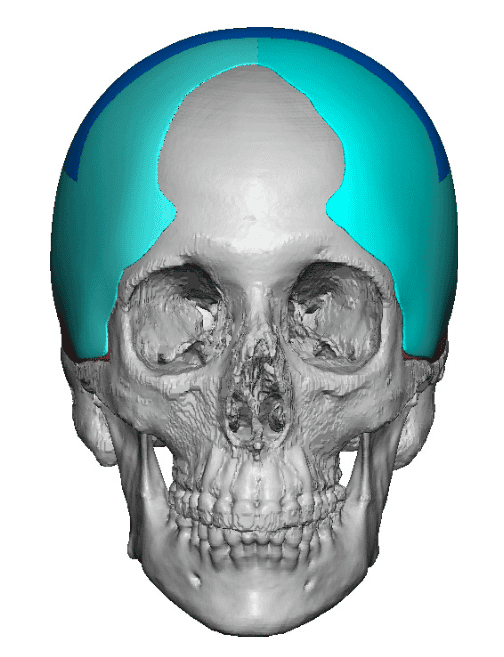
Desire for head widening with augmentation of the crown and back of the head.
A large three piece custom. skull implant was designed for combined head widening and back of head augmentation. Given its volume (225ccs) a first stage scalp tissue expander was needed followed by a 2nd stage implant placement. To get the implant in through small scalp incisions it was designed in three pieces and placed in four pieces.


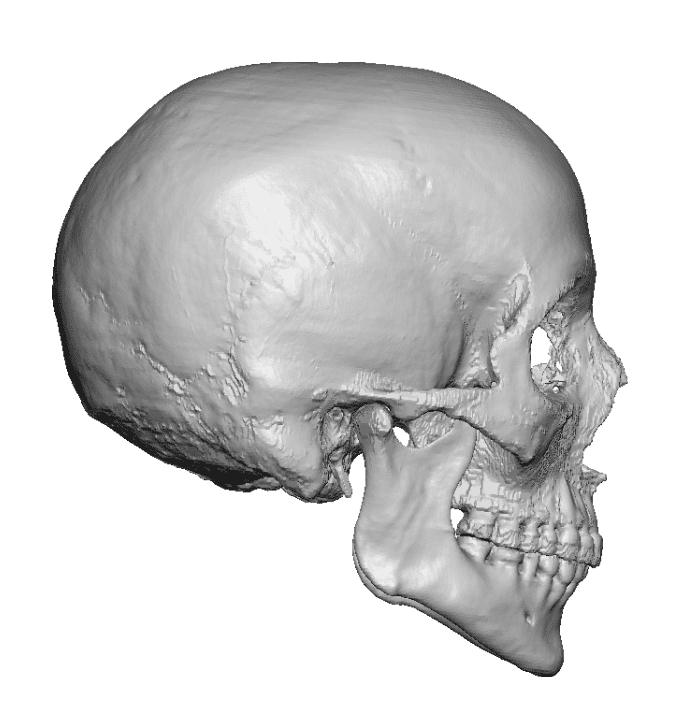
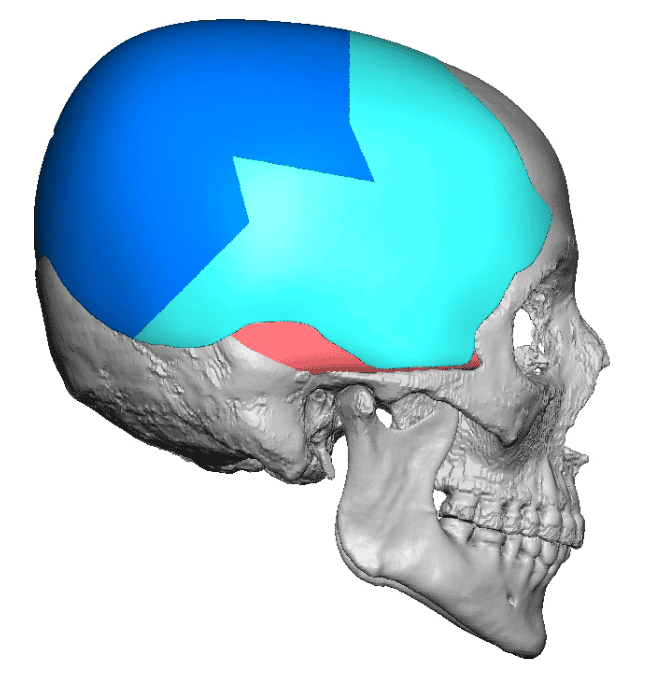
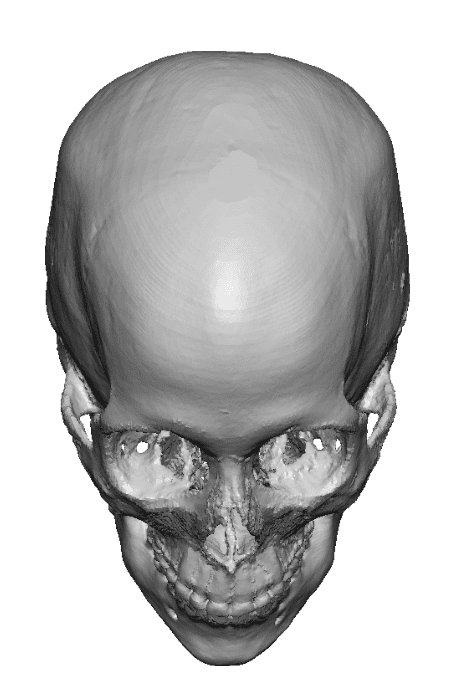
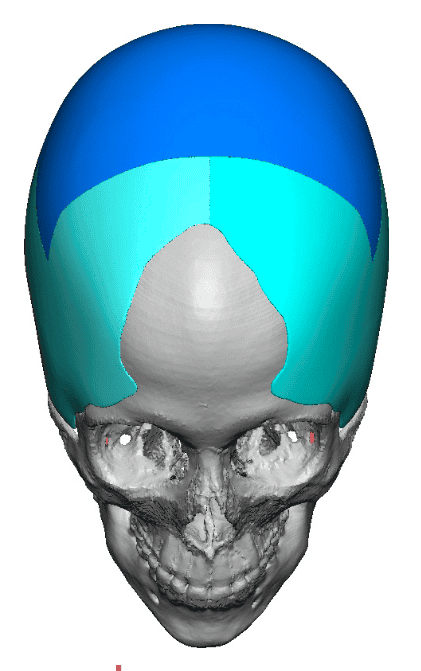
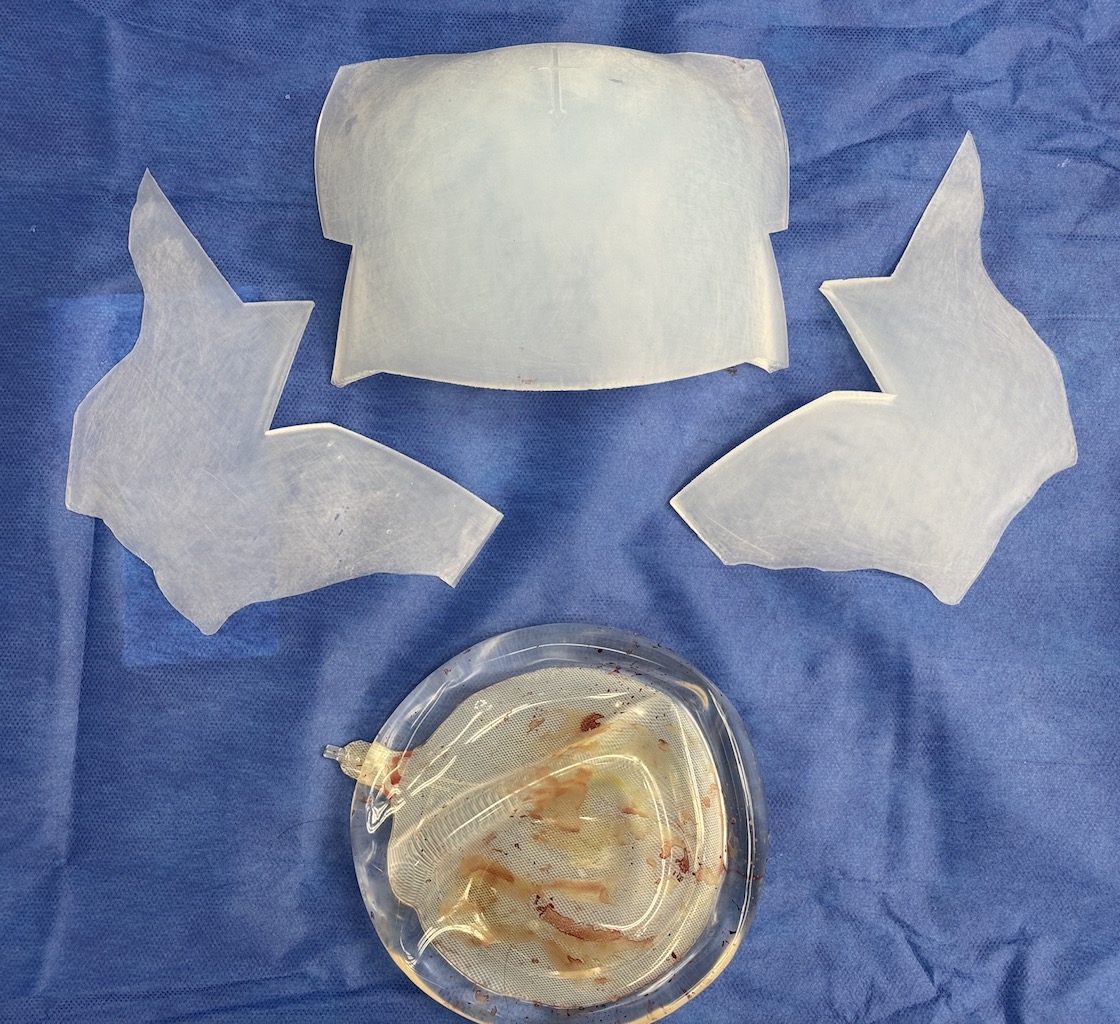
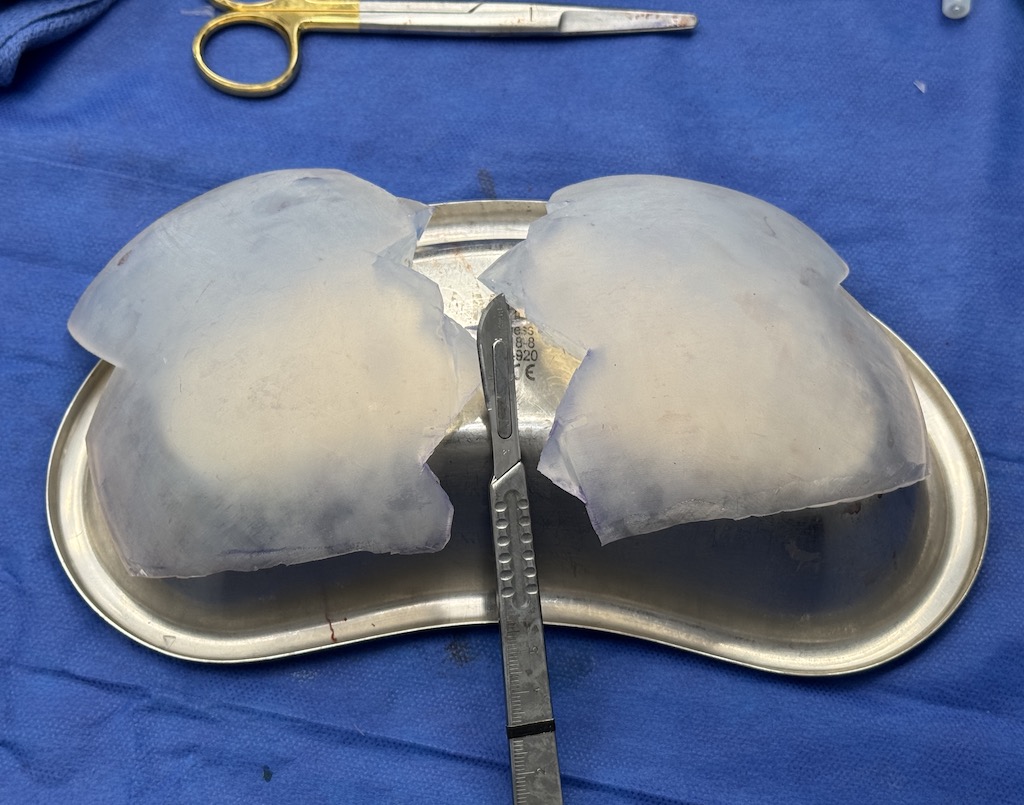
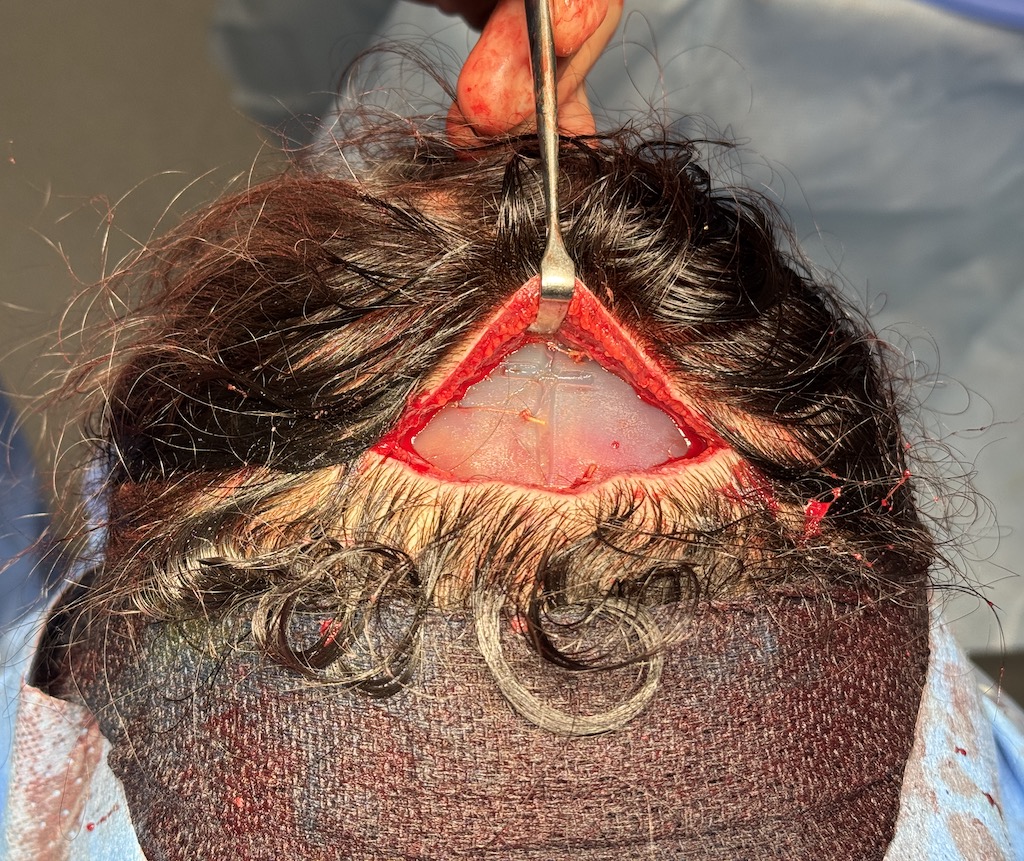
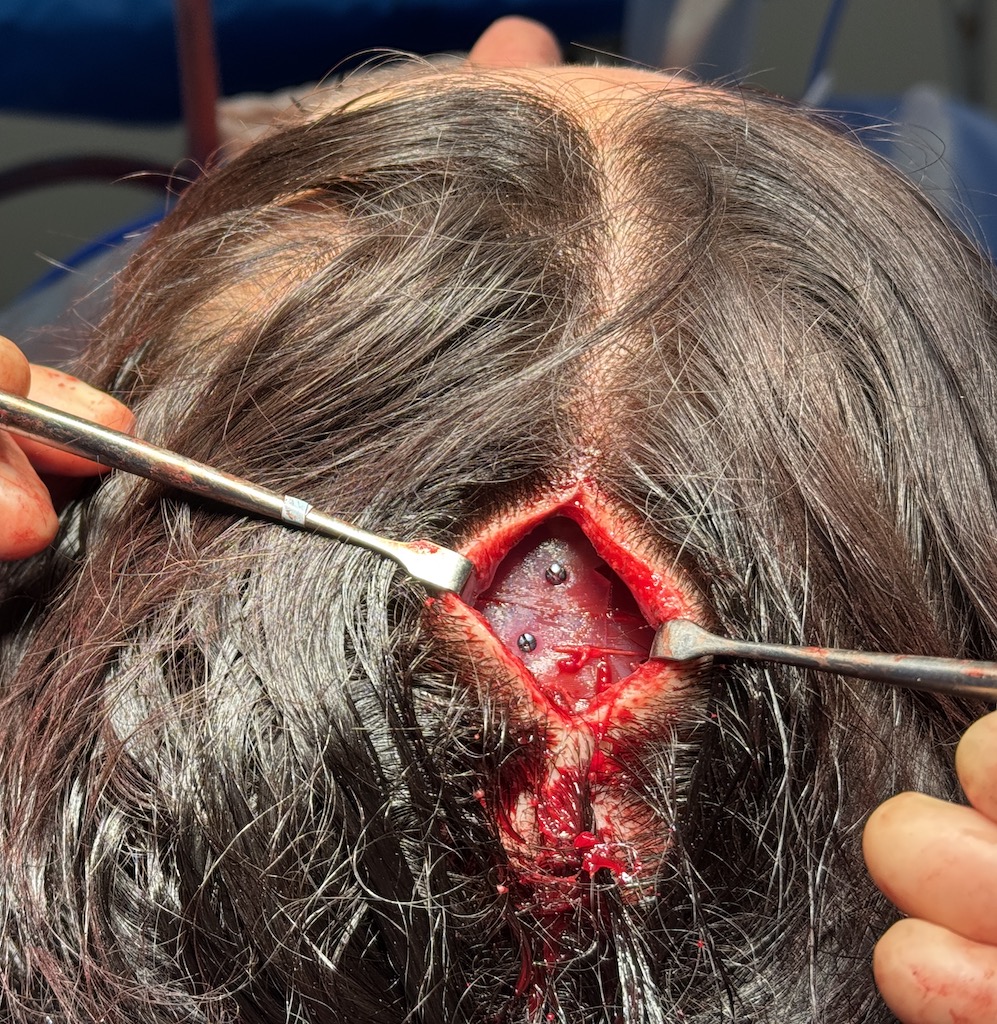
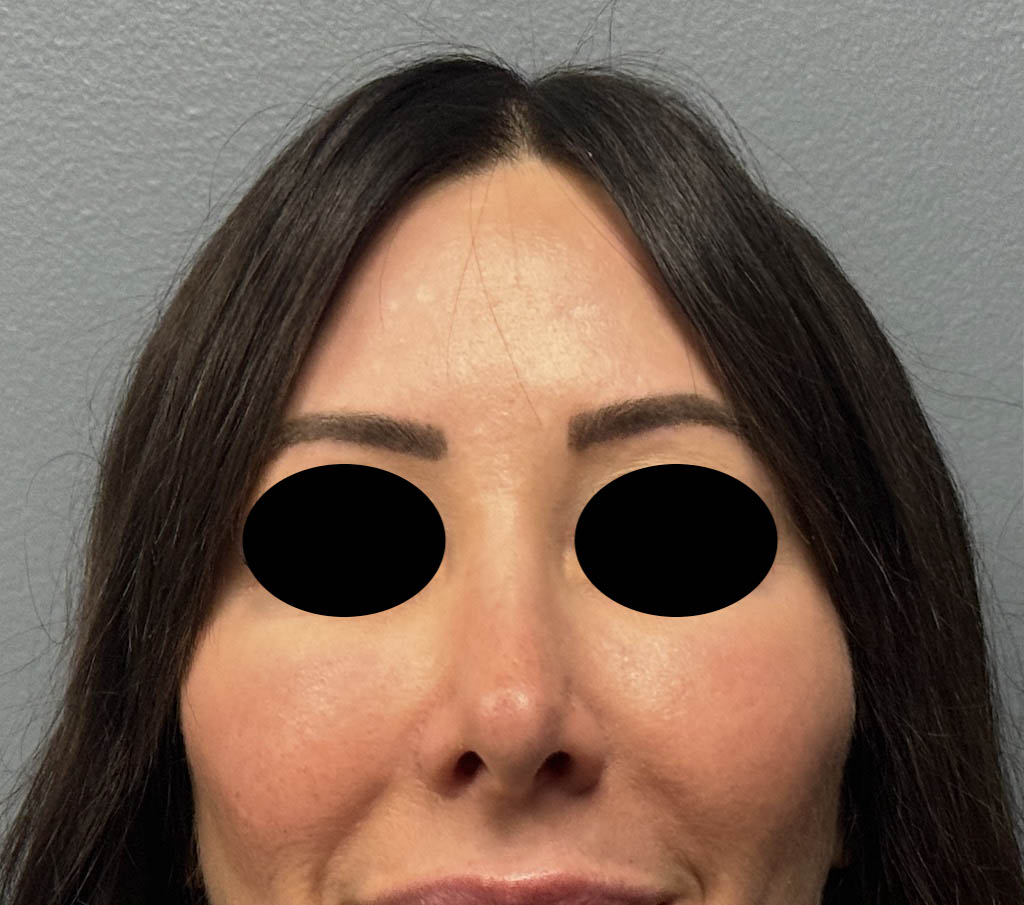
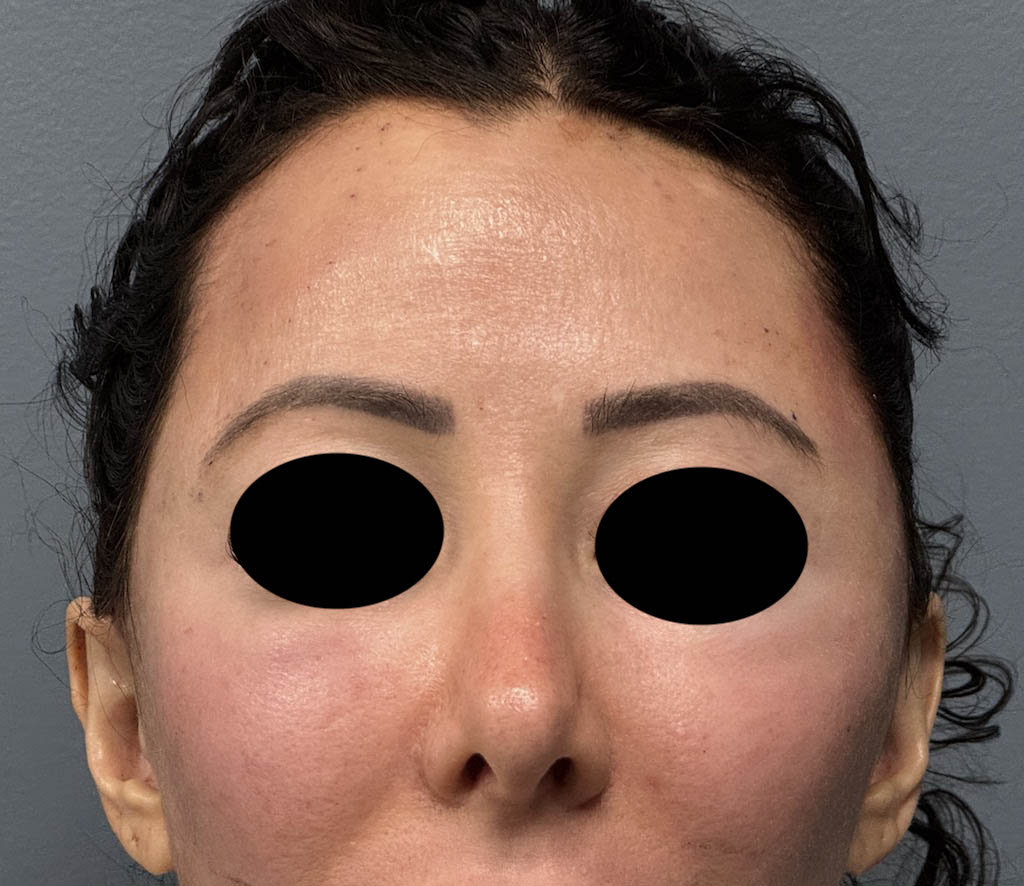
Desire for head widening with augmentation of the crown and back of the head.
A large three piece custom. skull implant was designed for combined head widening and back of head augmentation. Given its volume (225ccs) a first stage scalp tissue expander was needed followed by a 2nd stage implant placement. To get the implant in through small scalp incisions it was designed in three pieces and placed in four pieces.
Patient 197
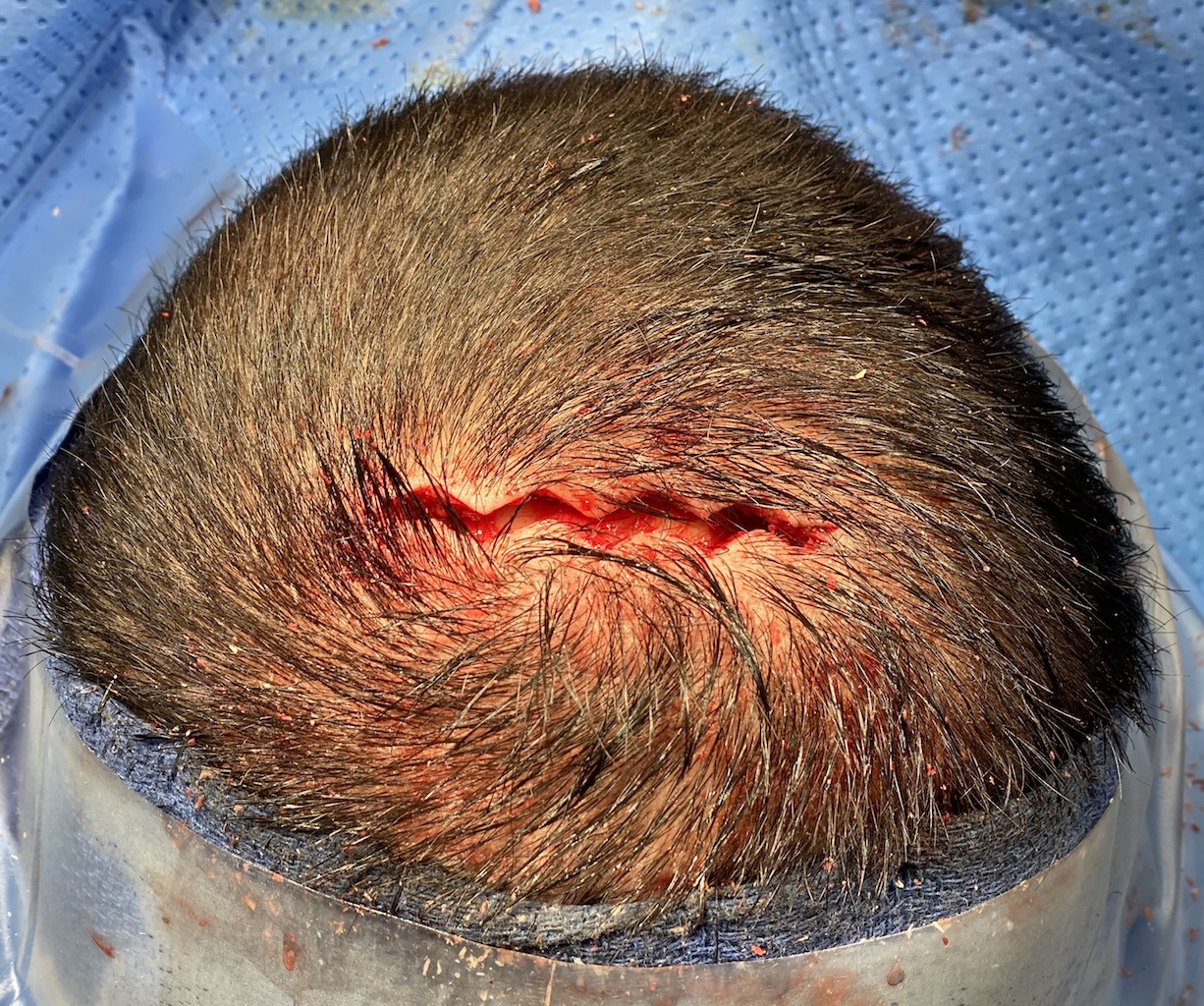
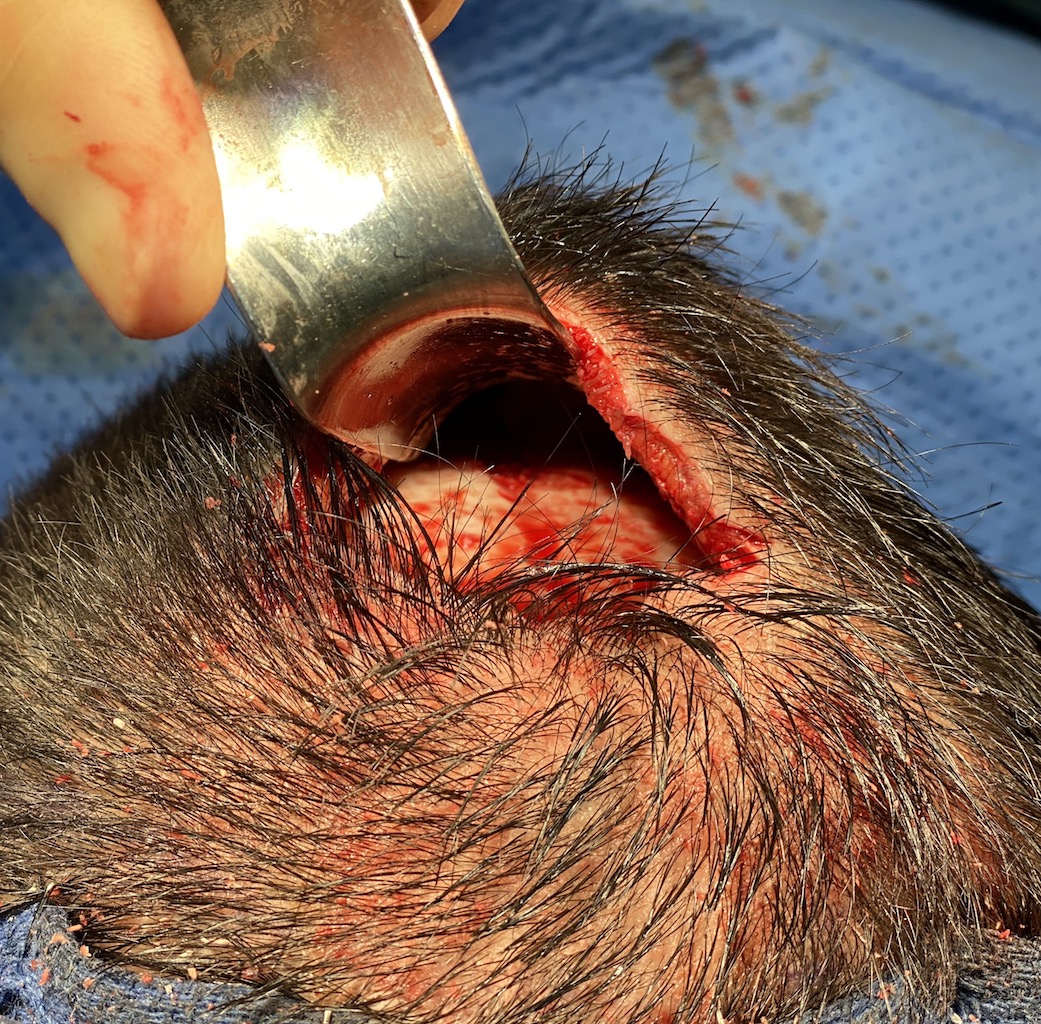
Desire for reduction of back of head protrusion.
Occipital skull reduction through a superior incisional approach.


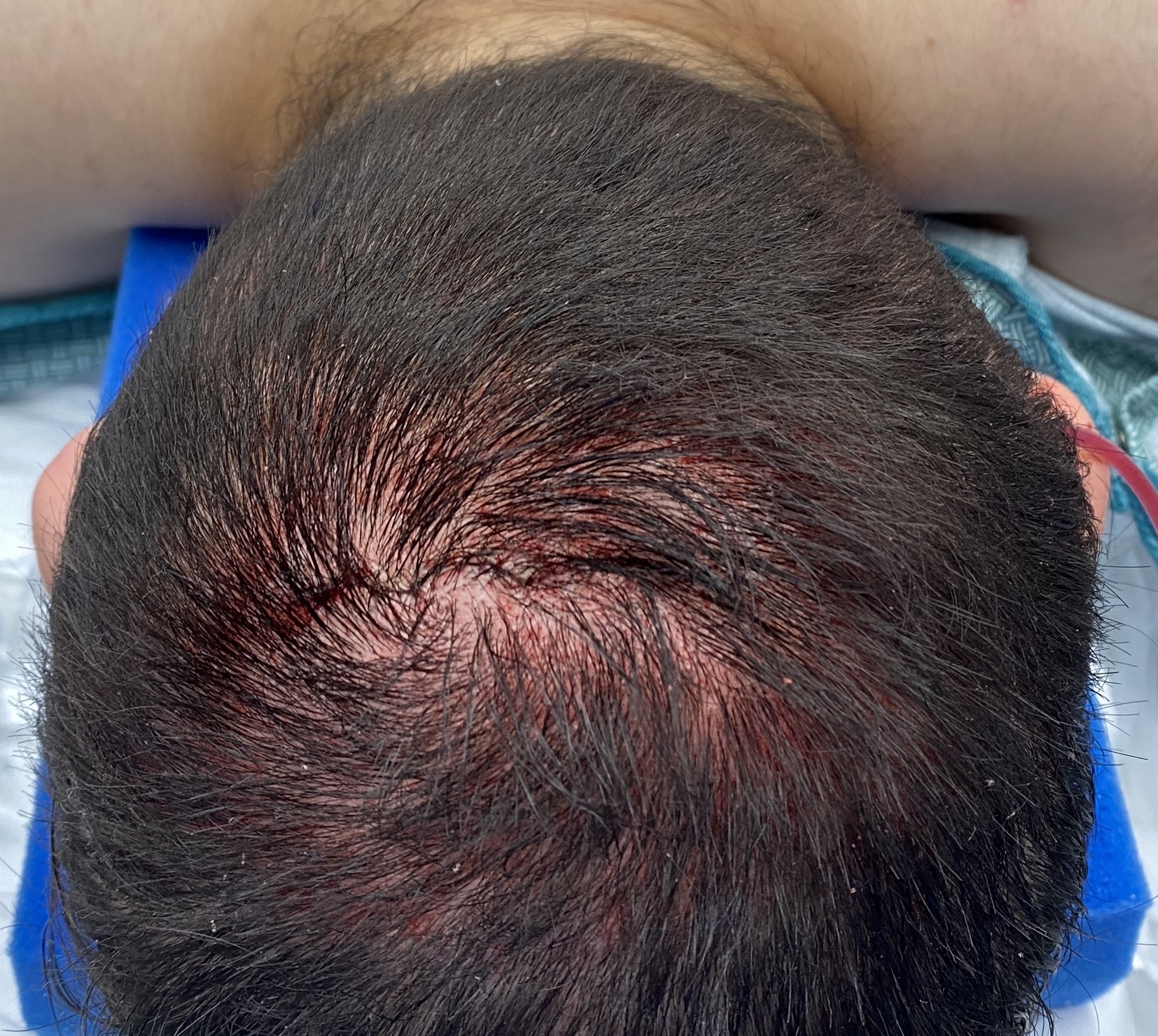
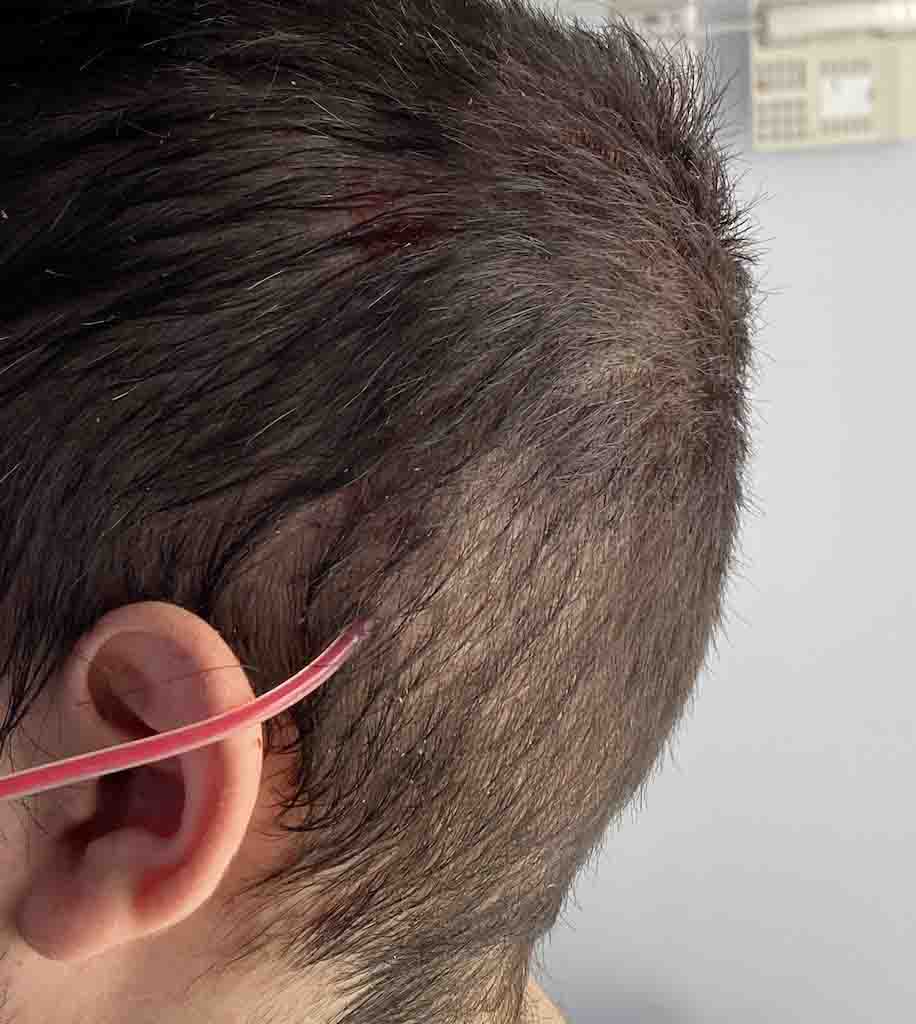
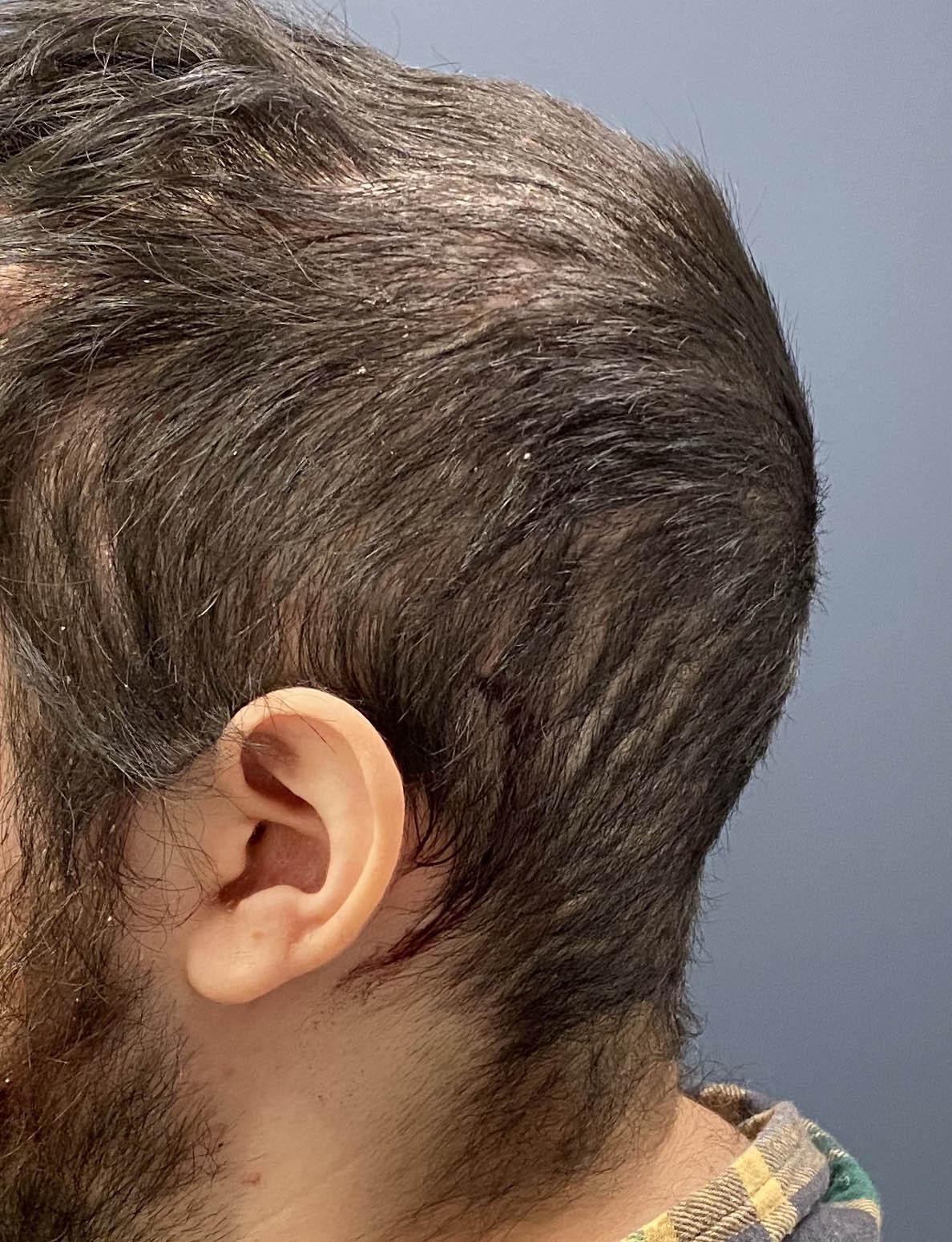
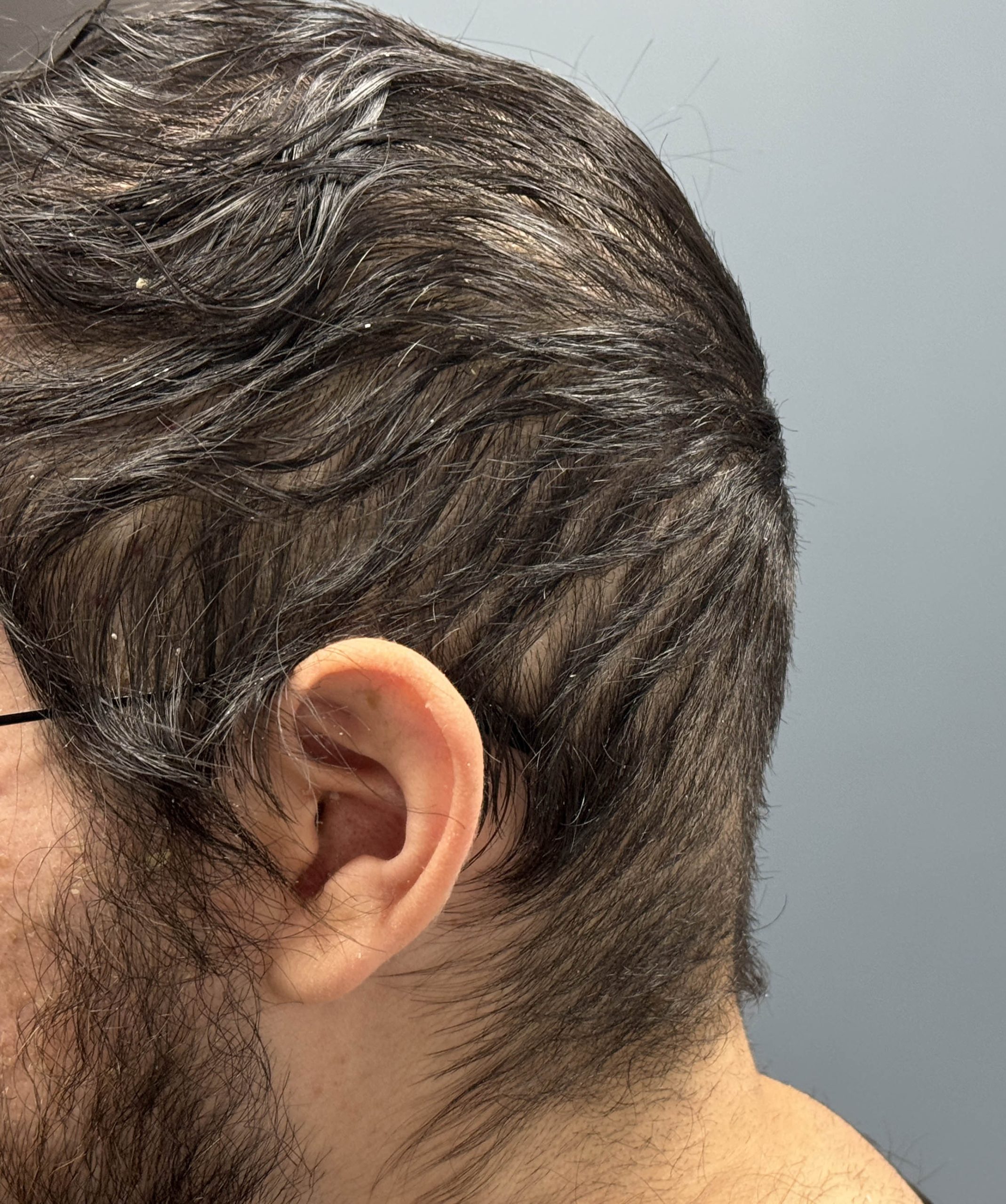
Desire for reduction of back of head protrusion.
Occipital skull reduction through a superior incisional approach.
Patient 198
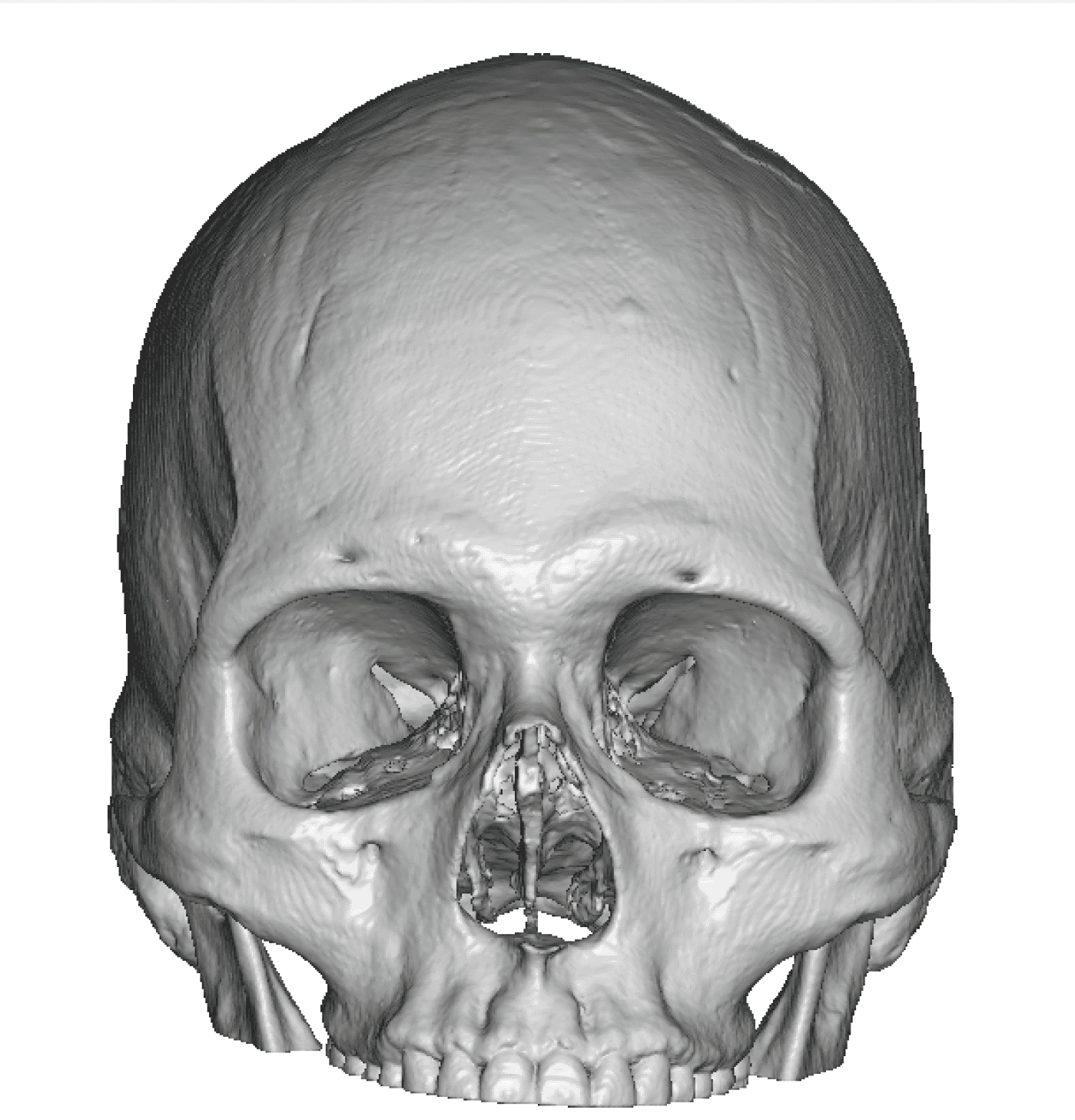
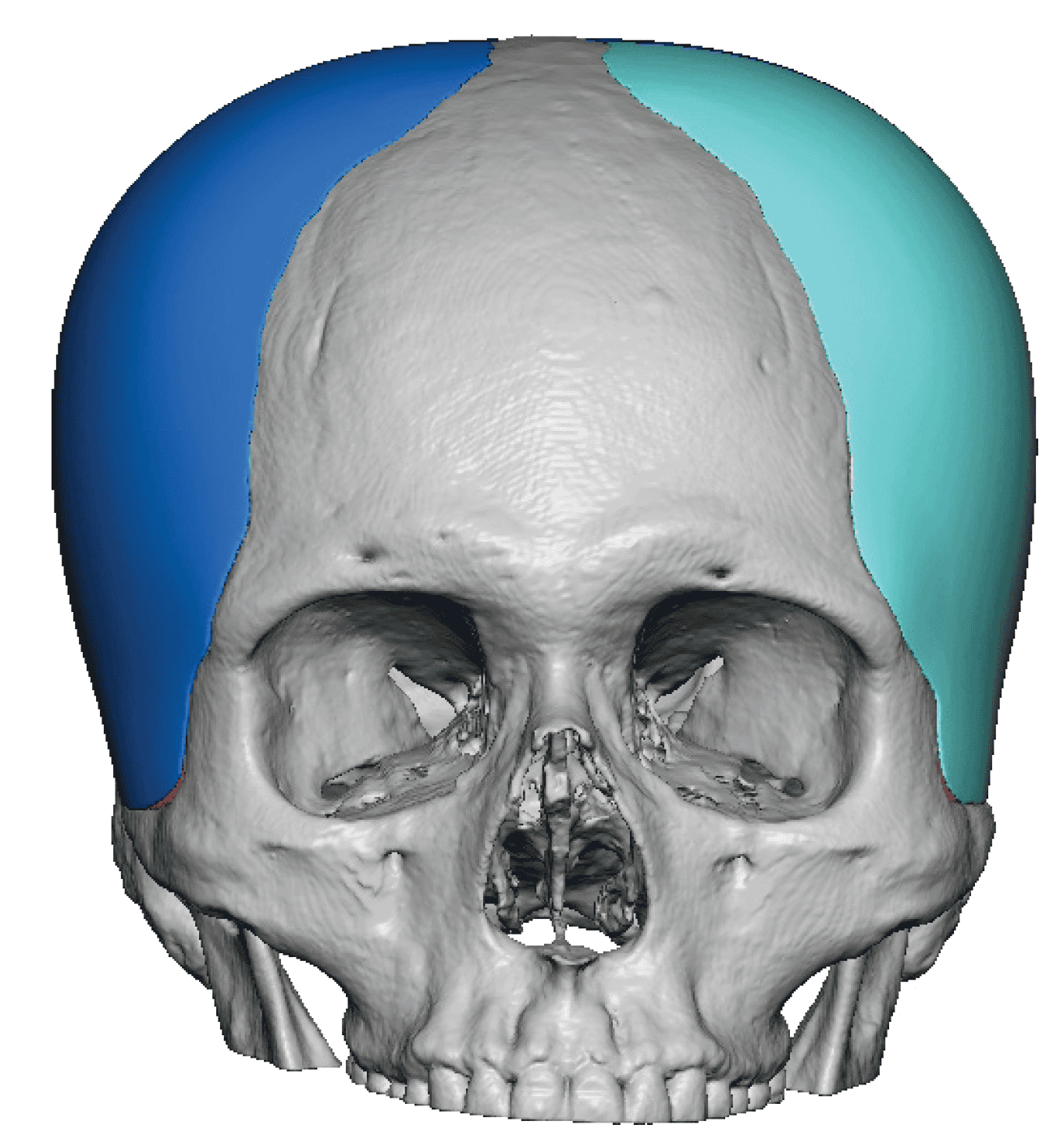
Desire for significant head widening for a narrow head shape.
Two stage head widening with first stage scalp expansion and 2nd stage placement of large custom 4 piece head widening implant.



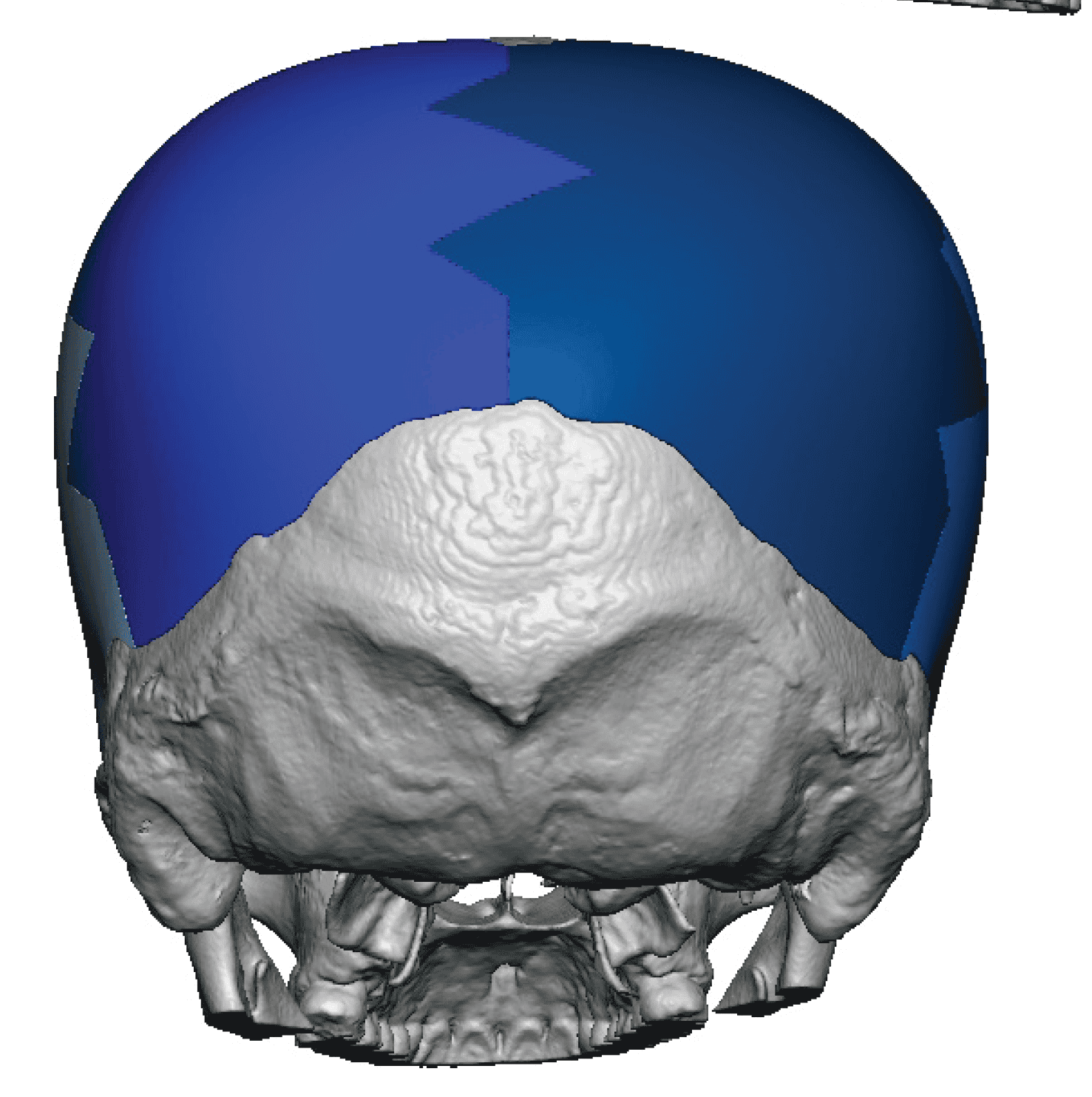
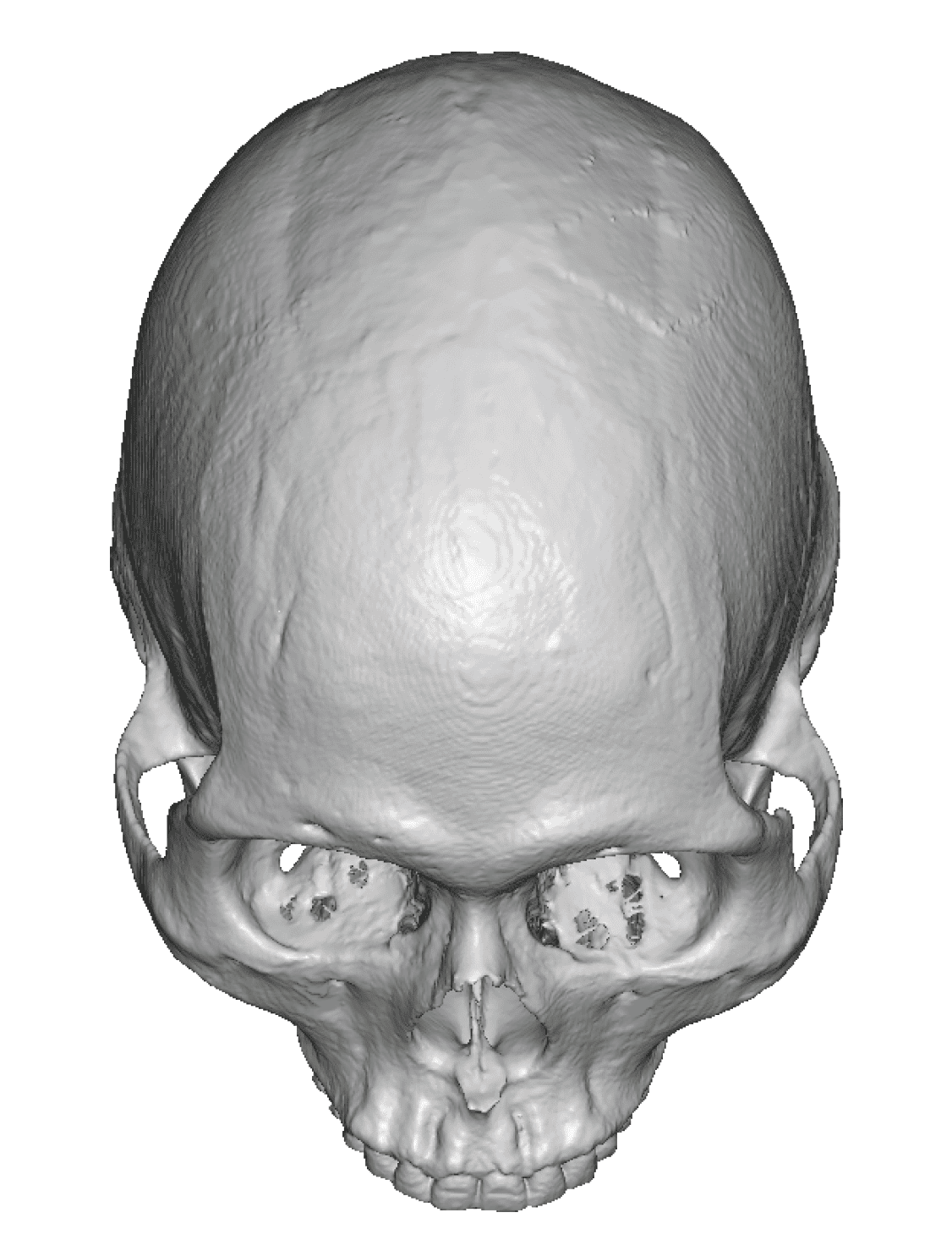
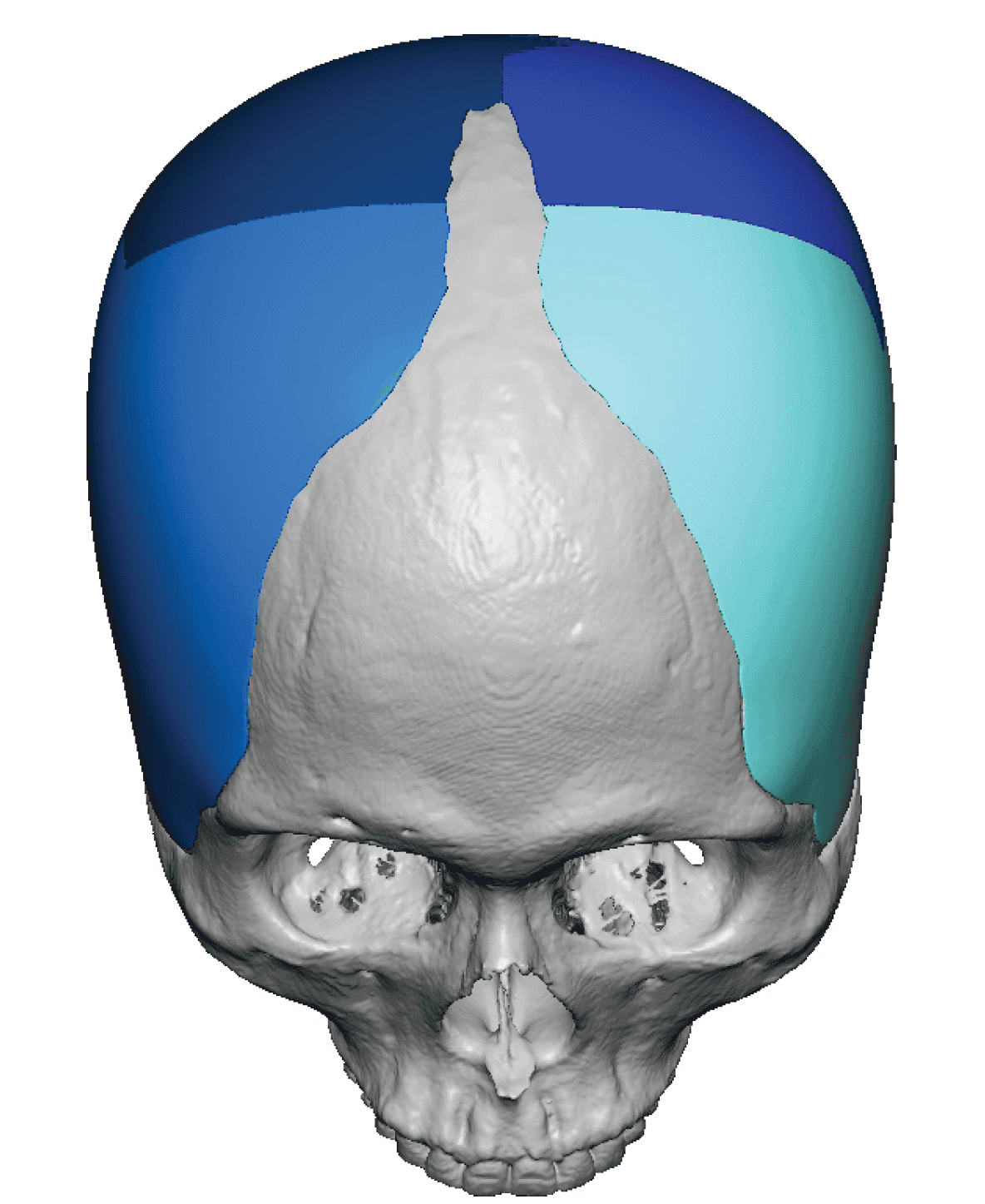
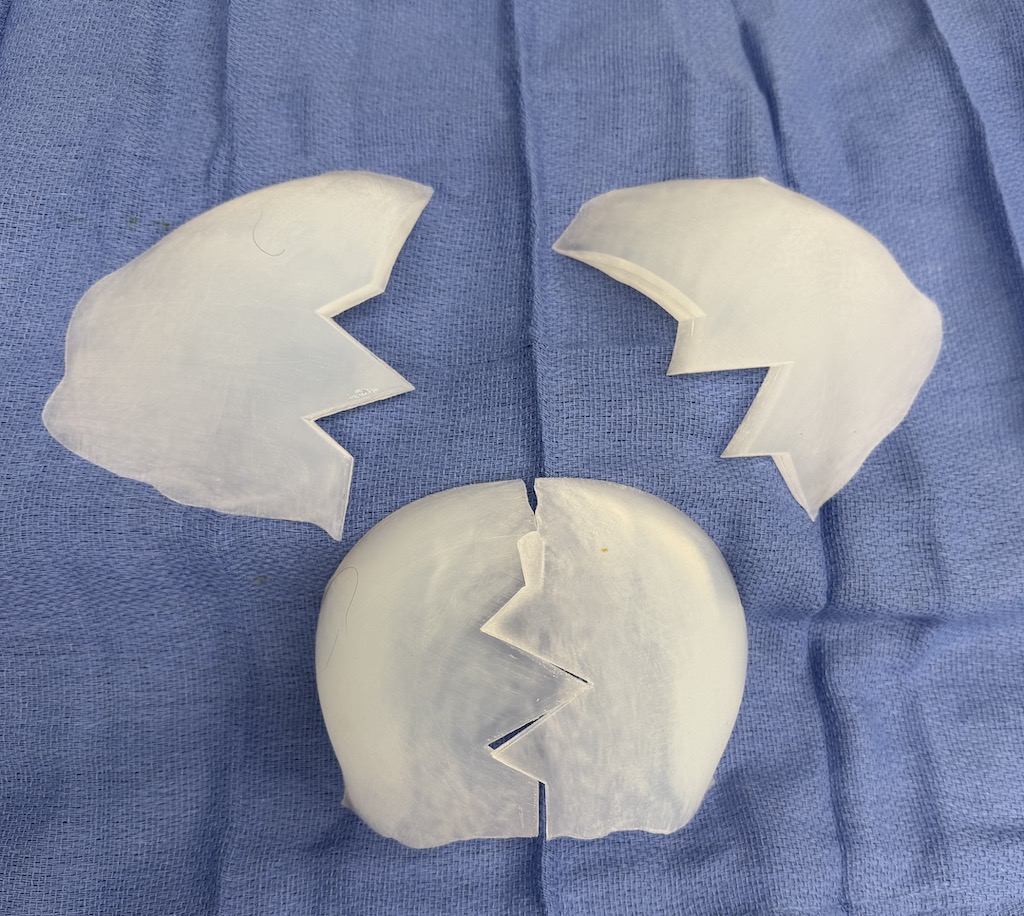
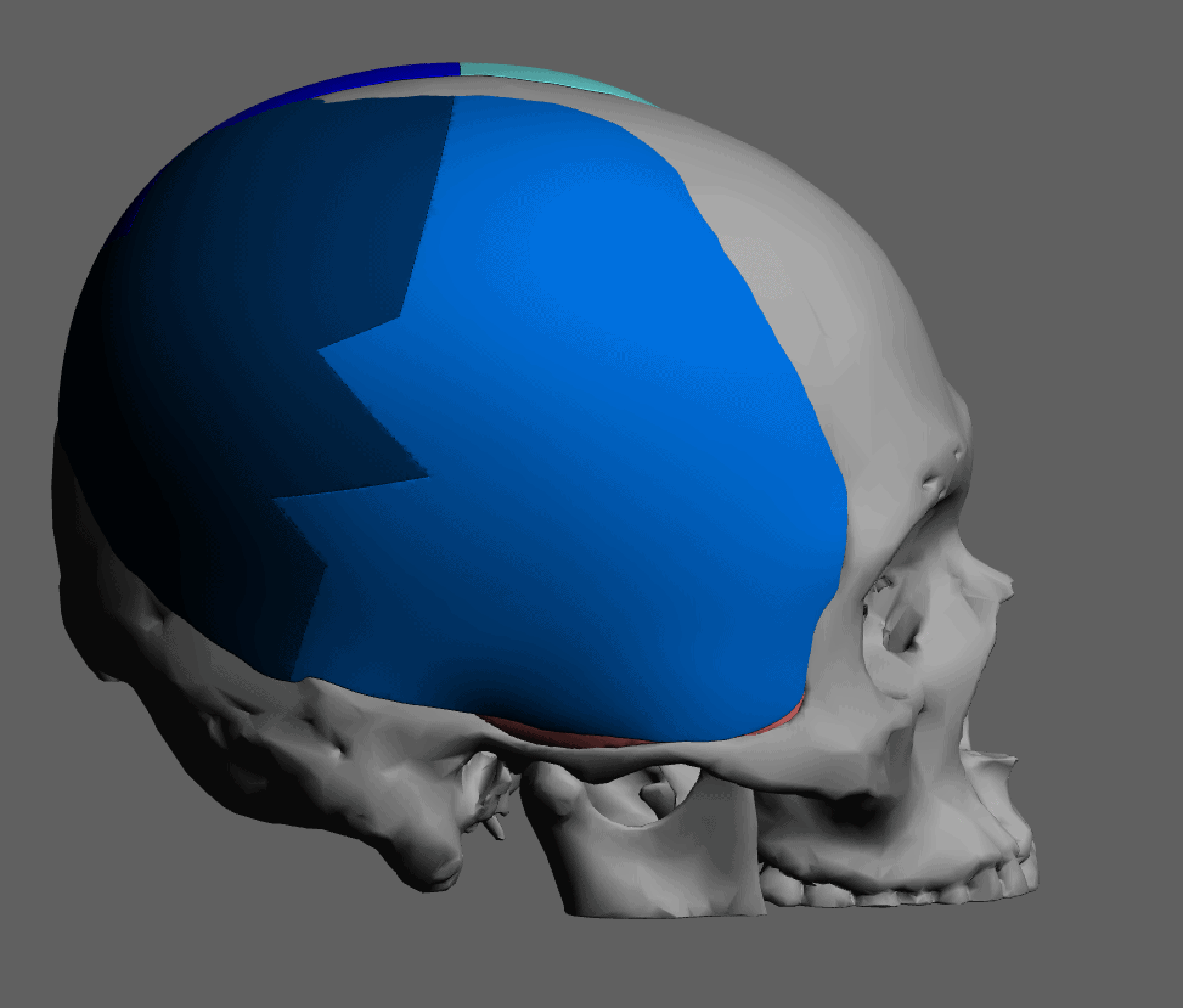
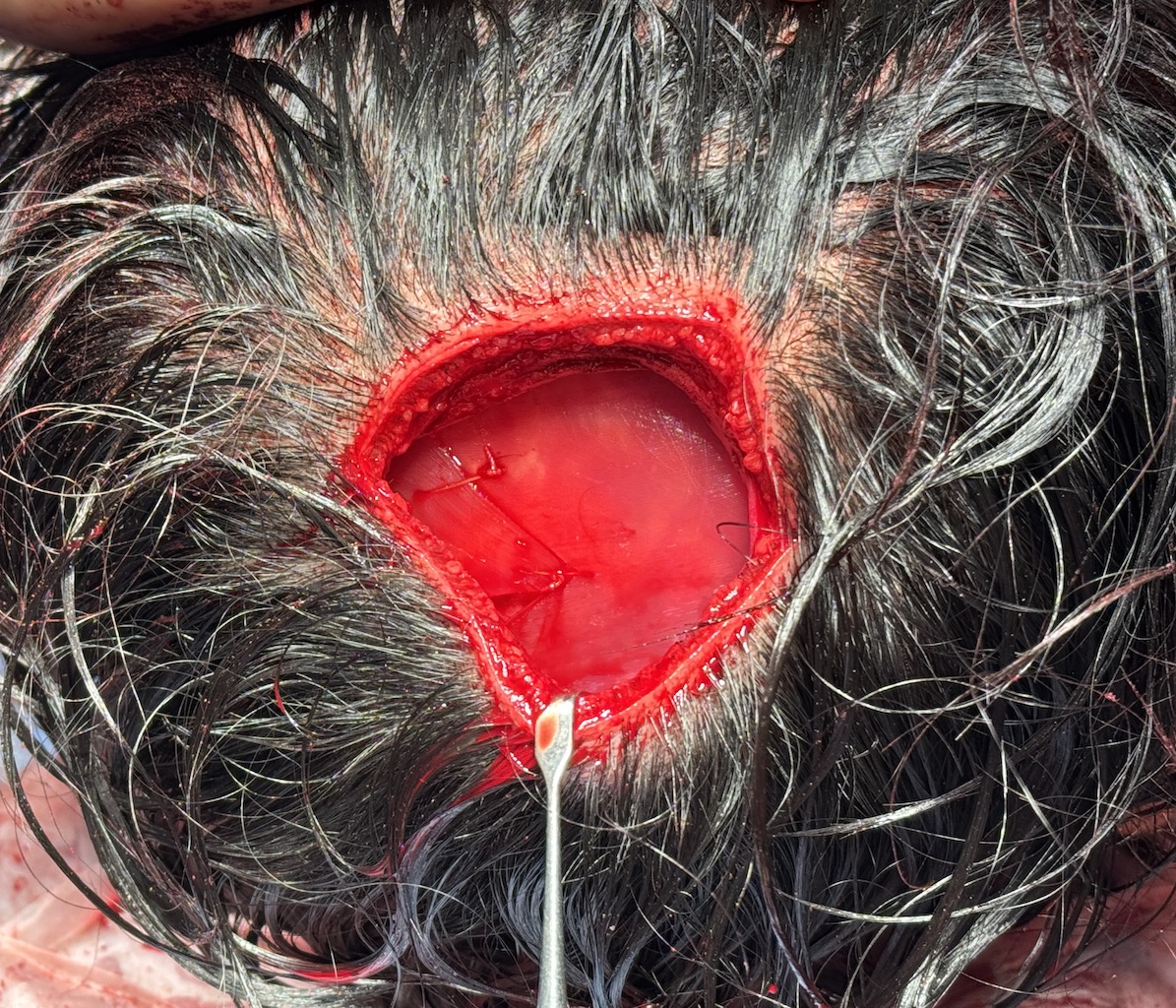
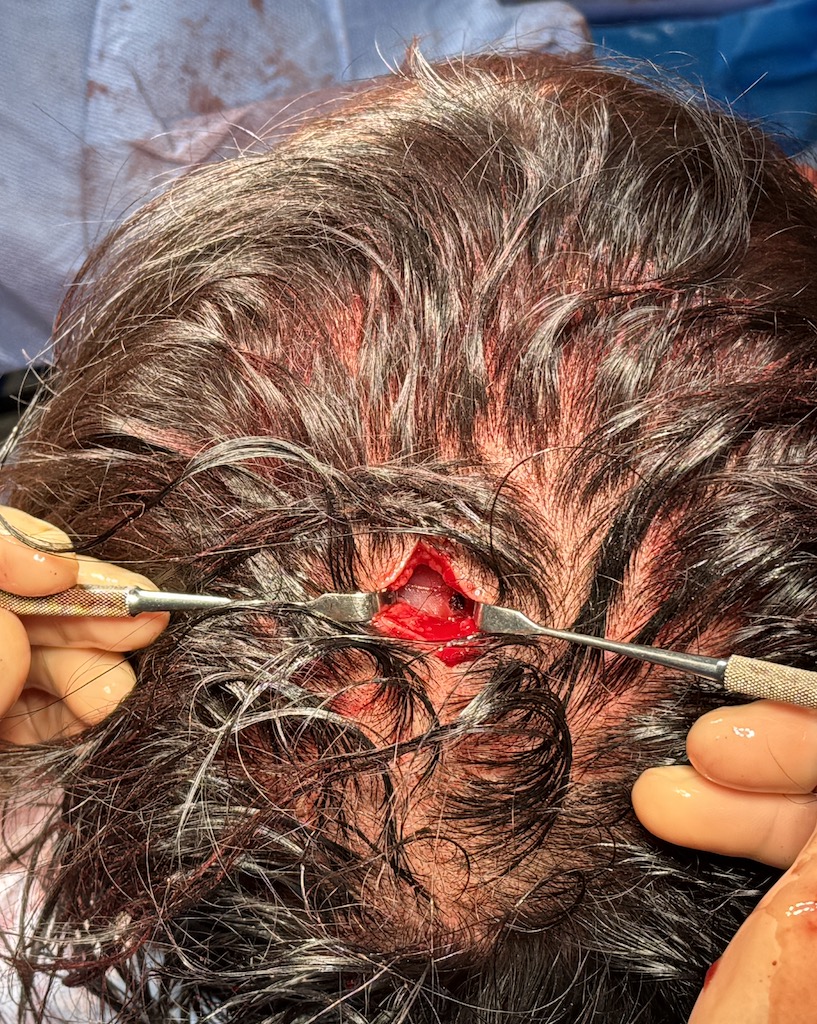
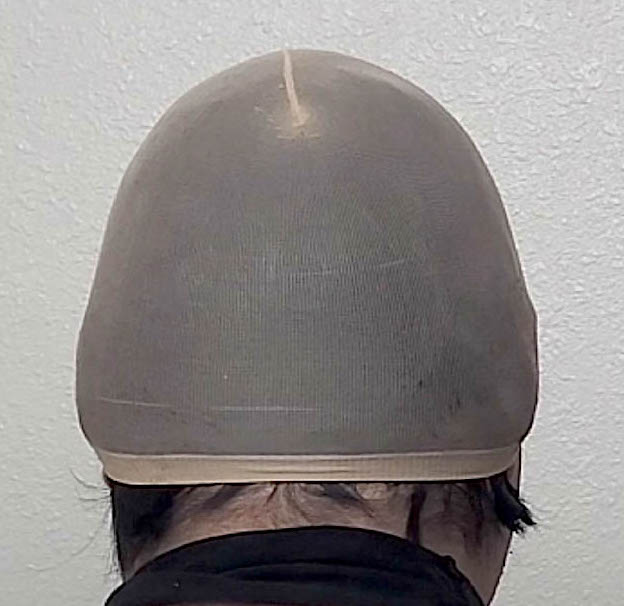
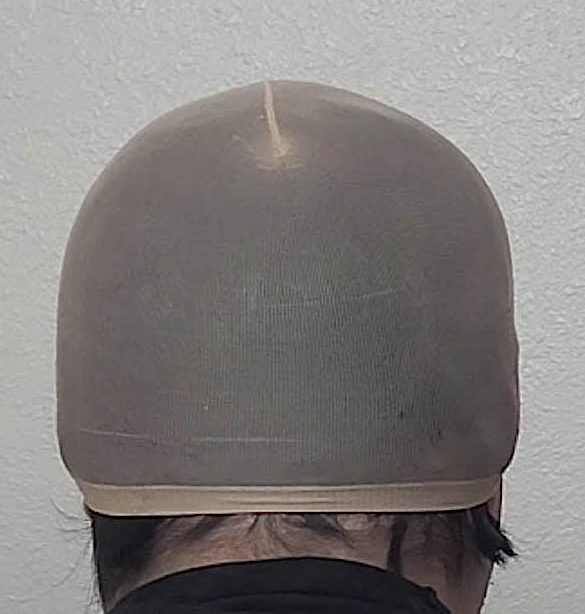
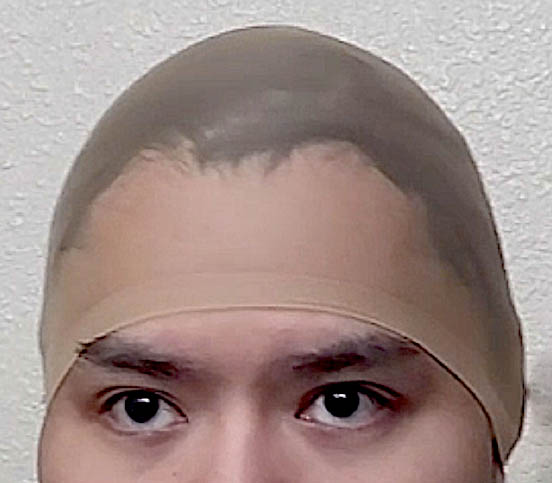
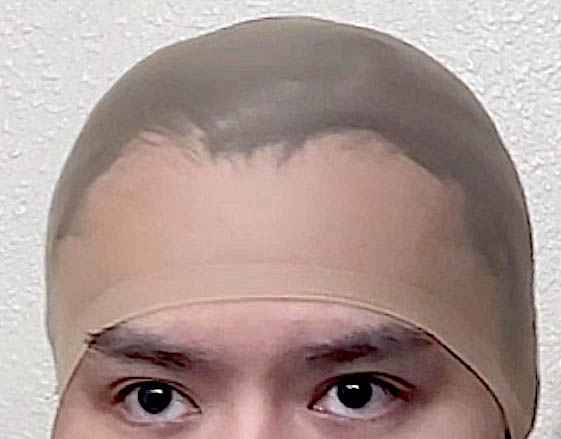
Desire for significant head widening for a narrow head shape.
Two stage head widening with first stage scalp expansion and 2nd stage placement of large custom 4 piece head widening implant.
Patient 199
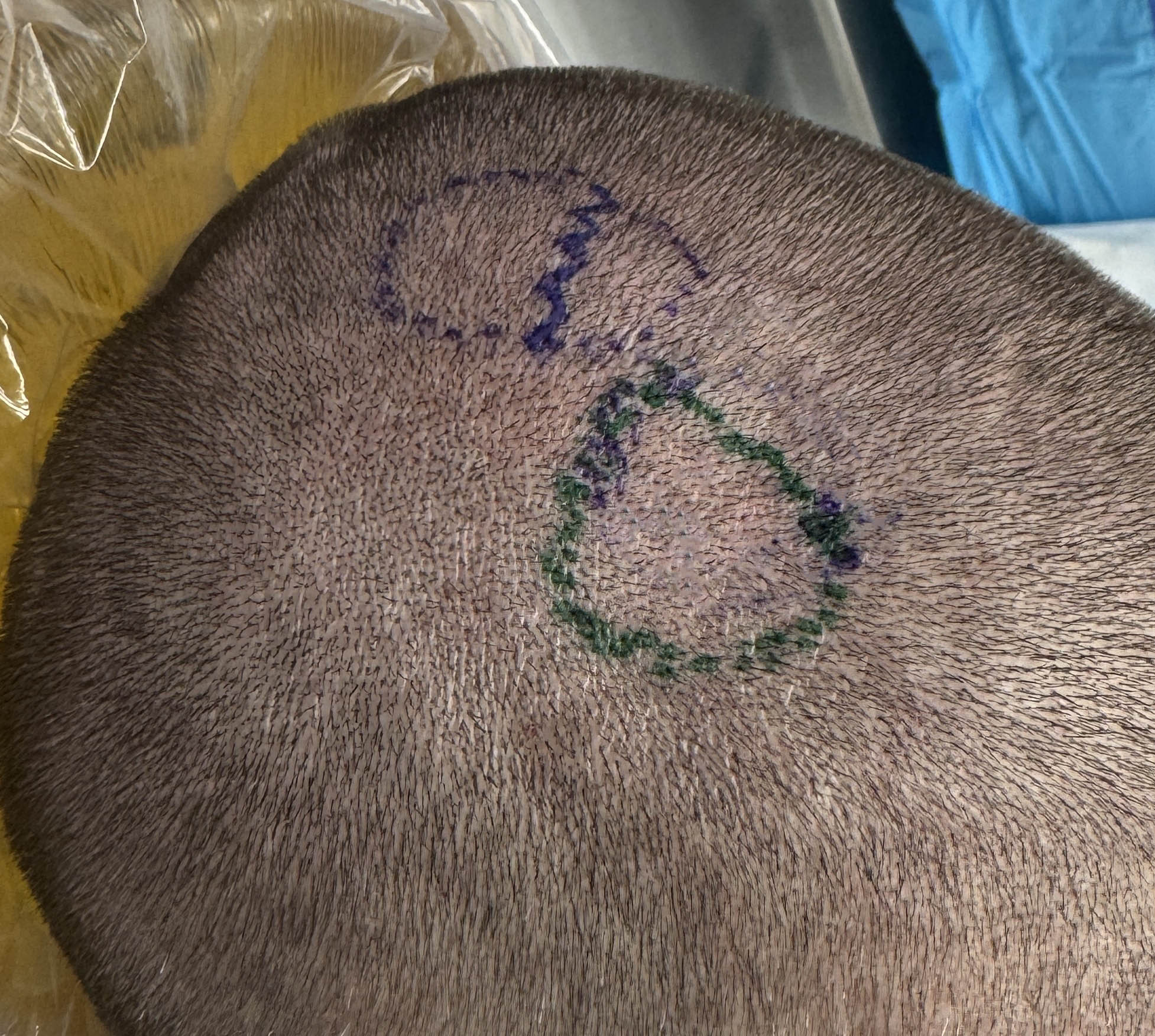
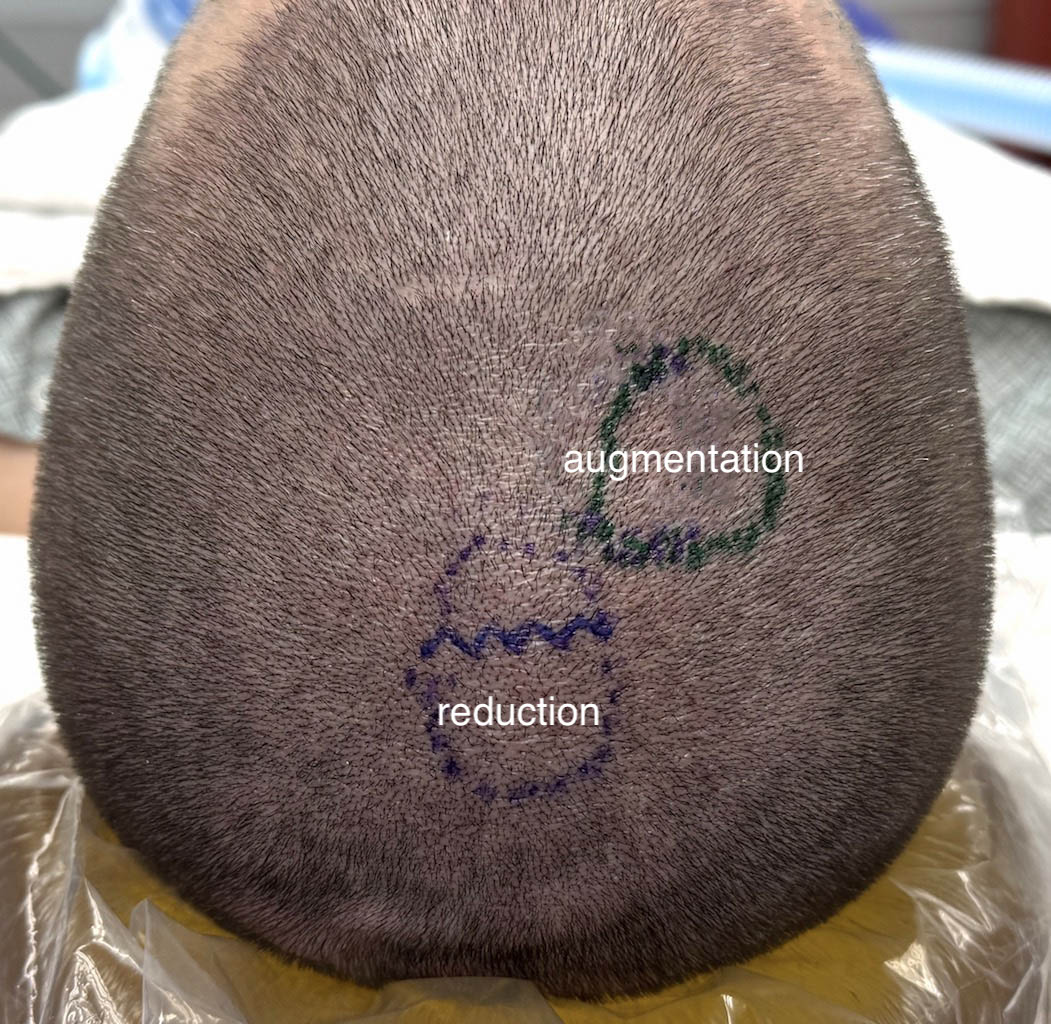
Desire for reduction of a small sagittal bump and augmentation of a right parasagittal dip/dent
Through a small 2cm scalp incision. a sagittal bony bump was burred down and a small right parasagittal bone dent augmented with hydroxyapatite cement.


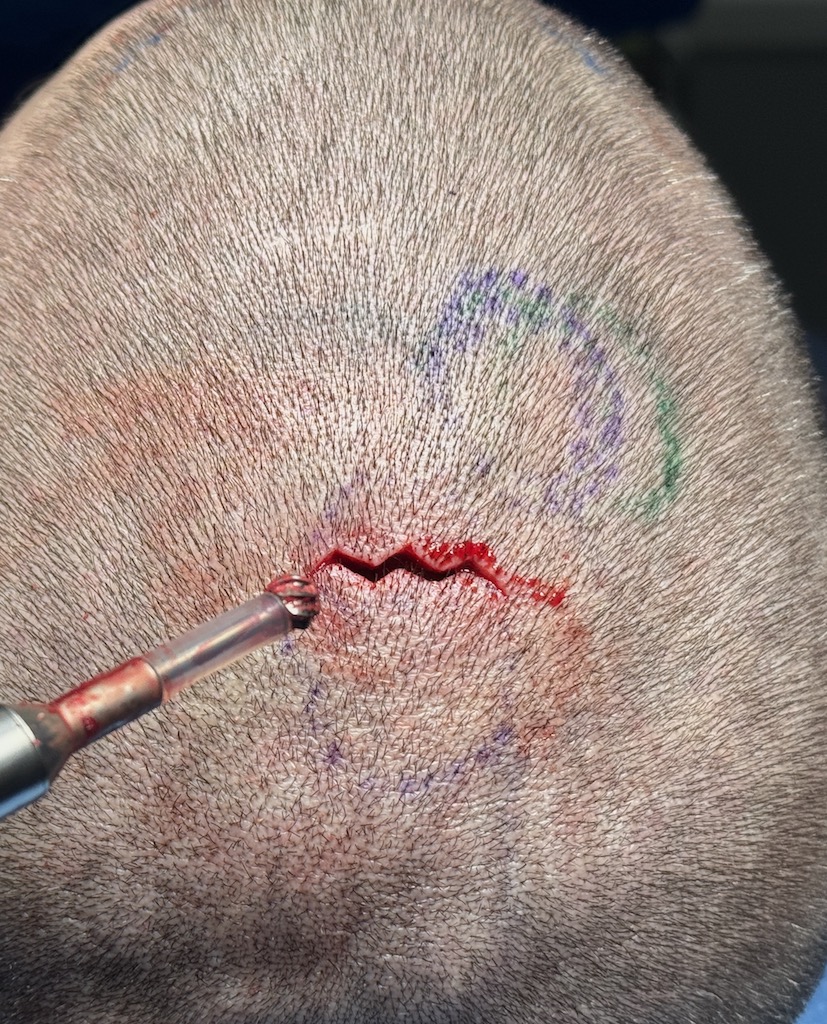
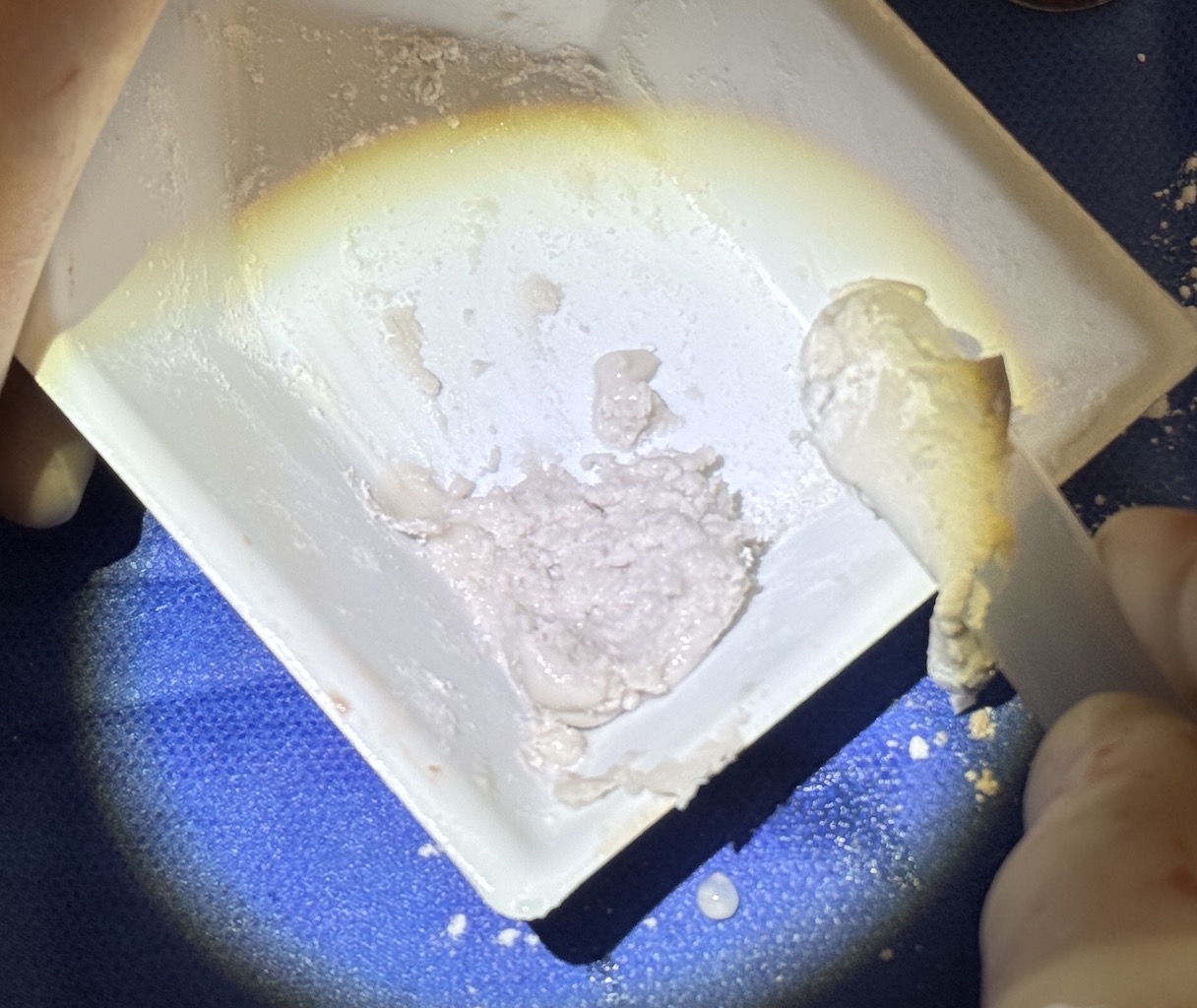
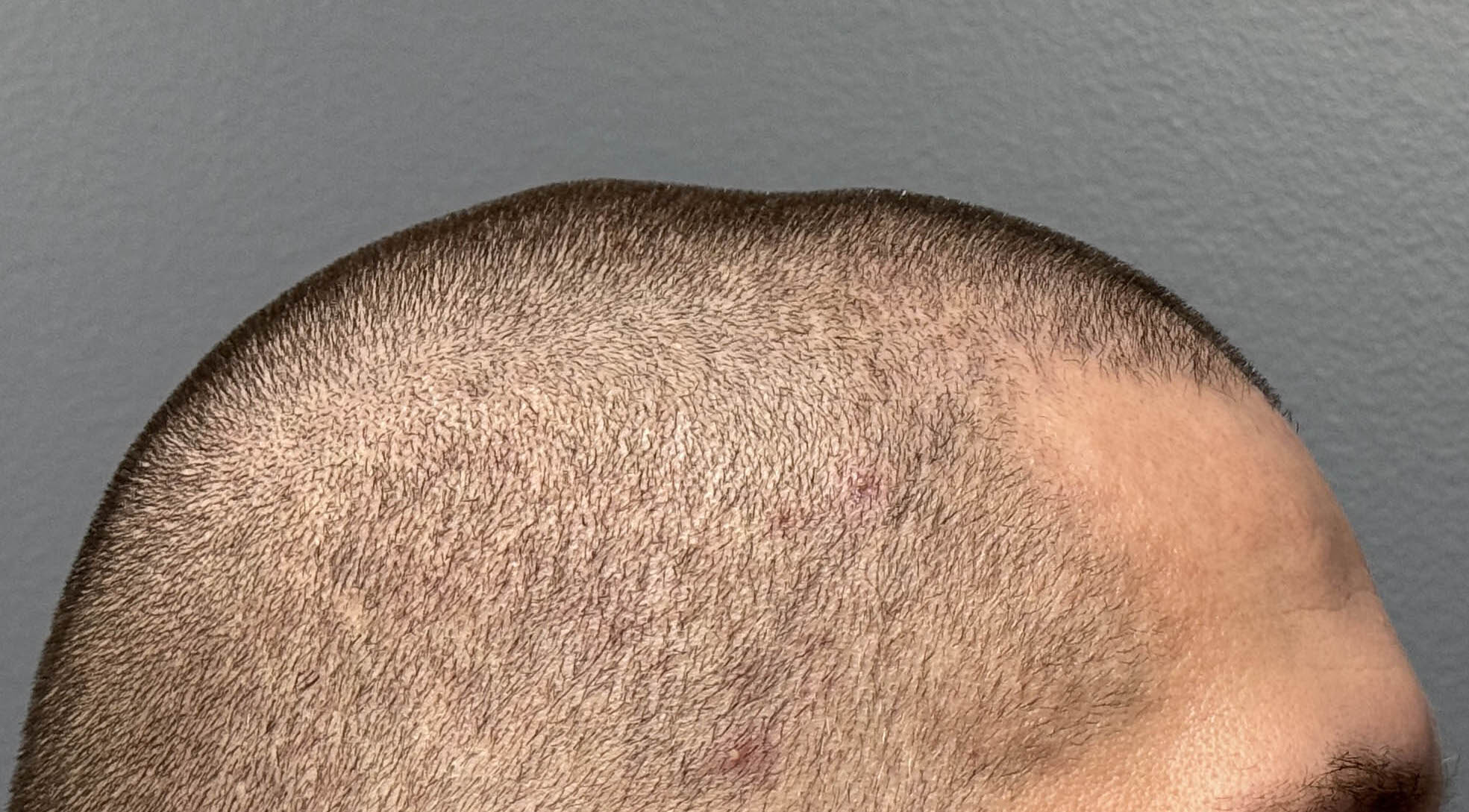

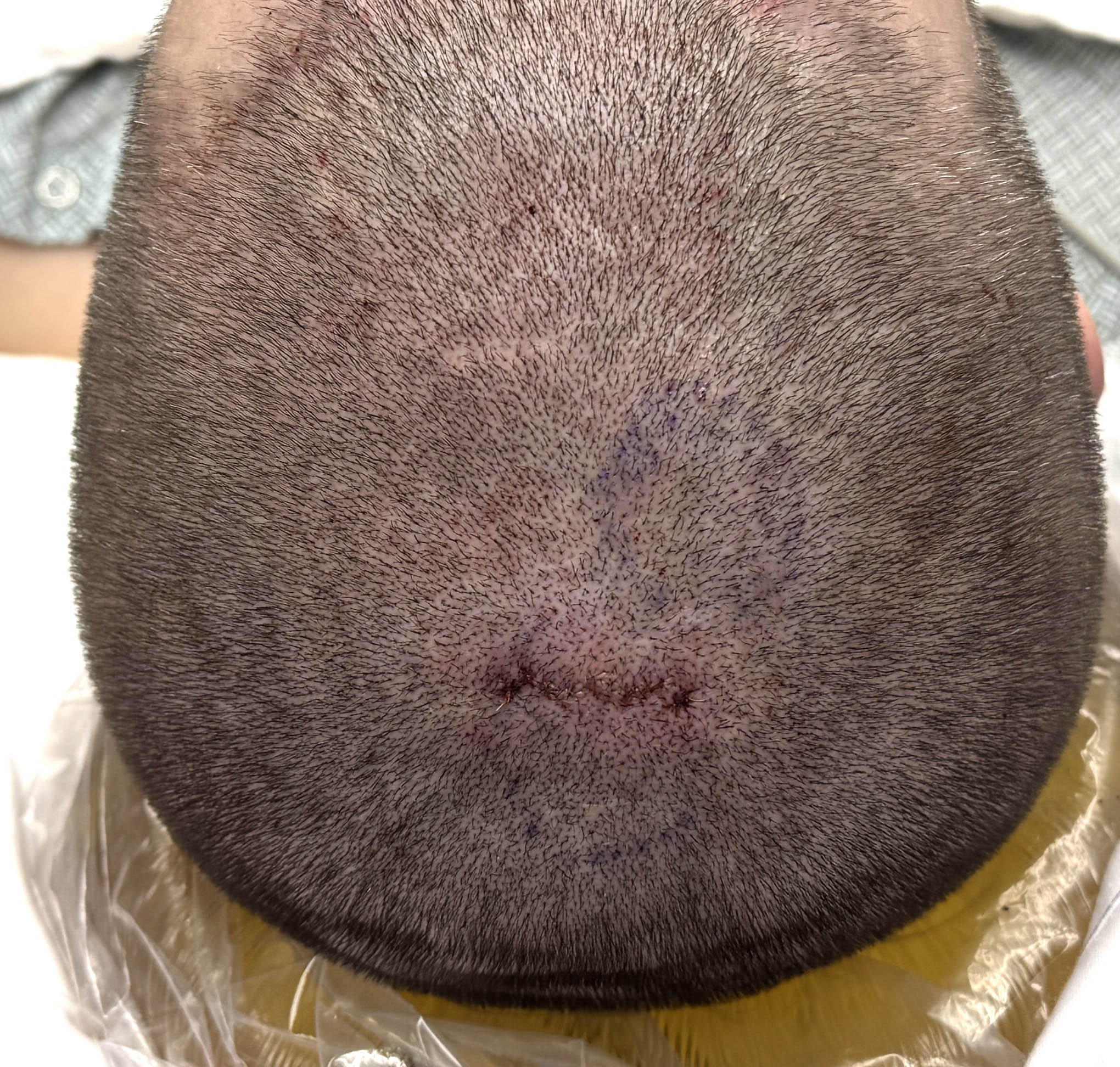

Desire for reduction of a small sagittal bump and augmentation of a right parasagittal dip/dent
Through a small 2cm scalp incision. a sagittal bony bump was burred down and a small right parasagittal bone dent augmented with hydroxyapatite cement.
Patient 200
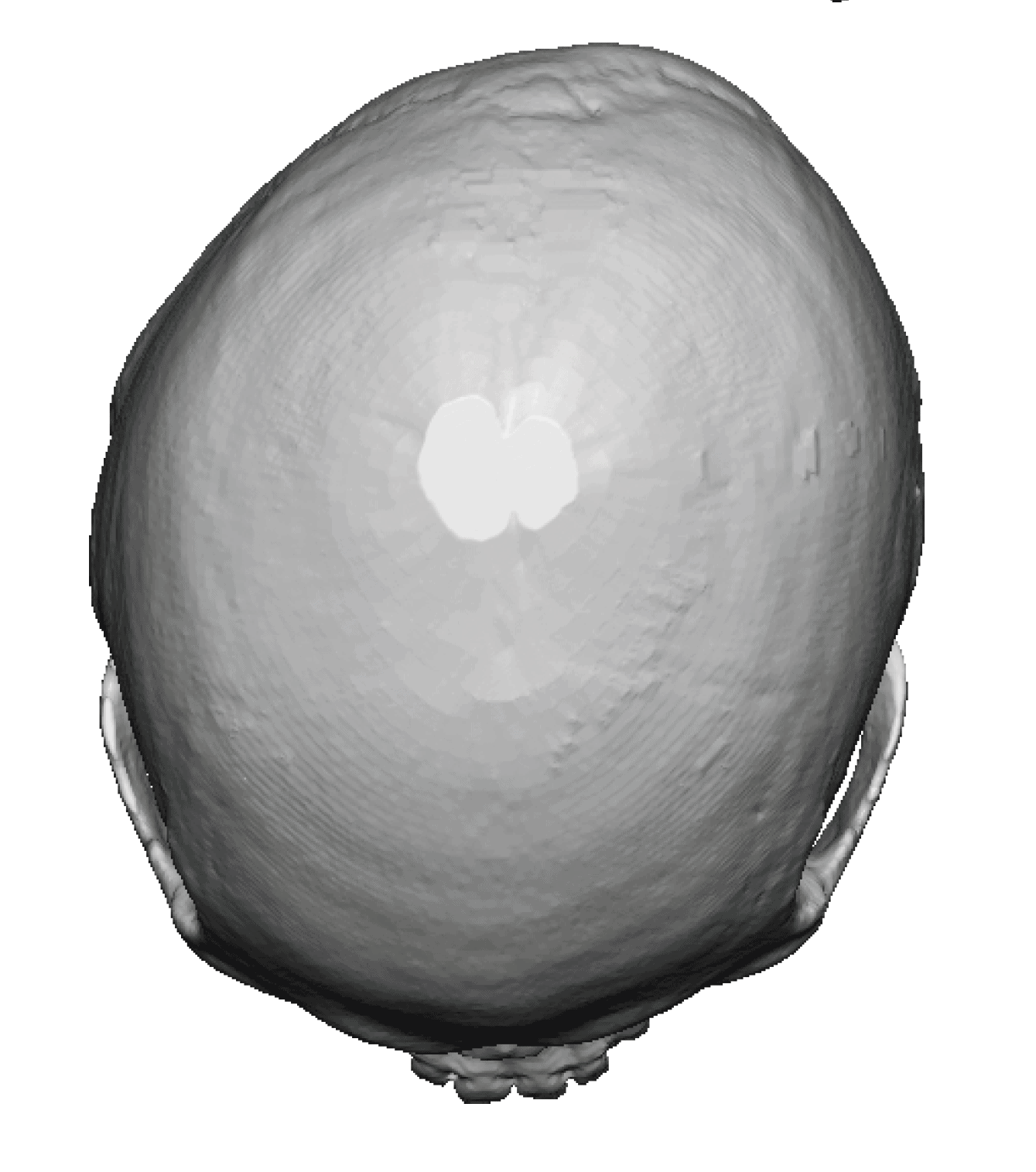
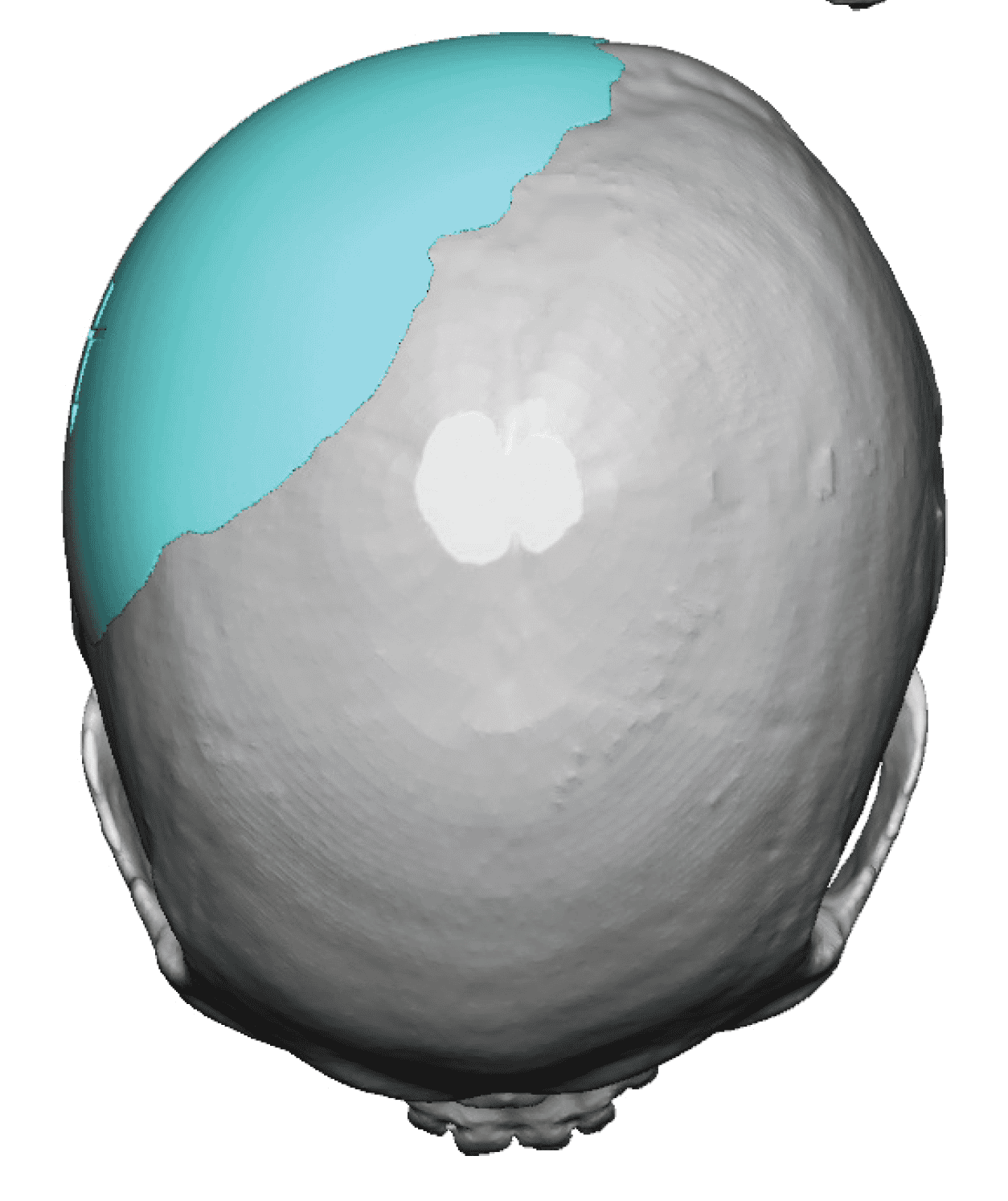
Desire to correct flat right back of head. (plagiocephaly)
Placement of custom right back of head skull implant through small low scalp incision placed over nuchal ridge.


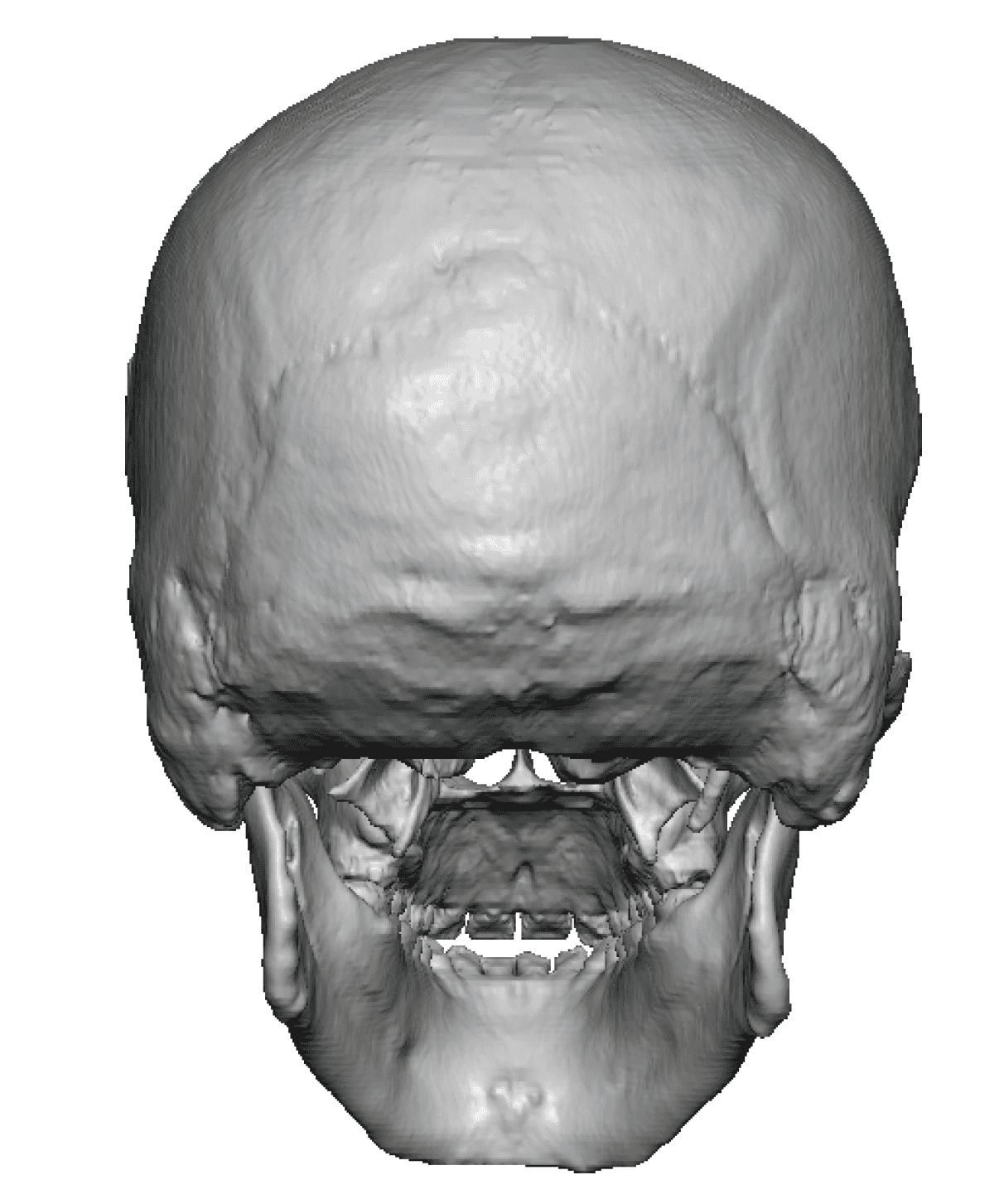

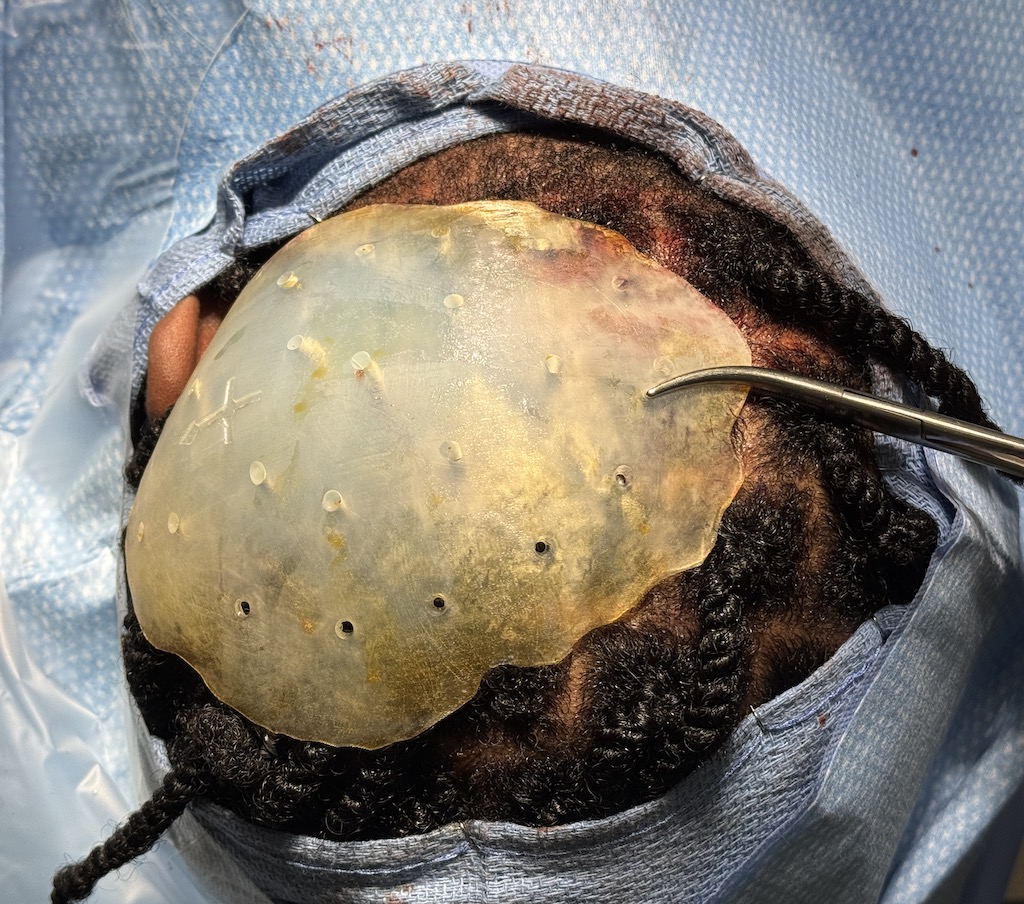
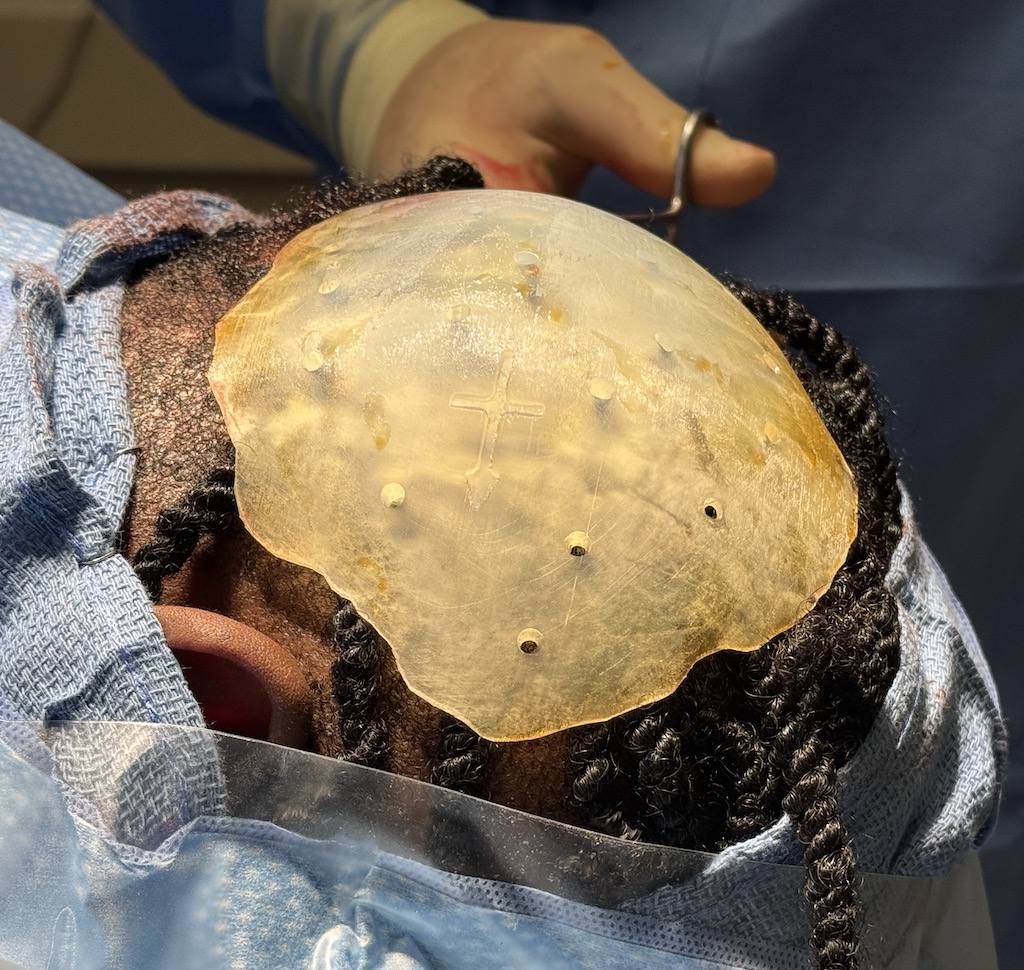
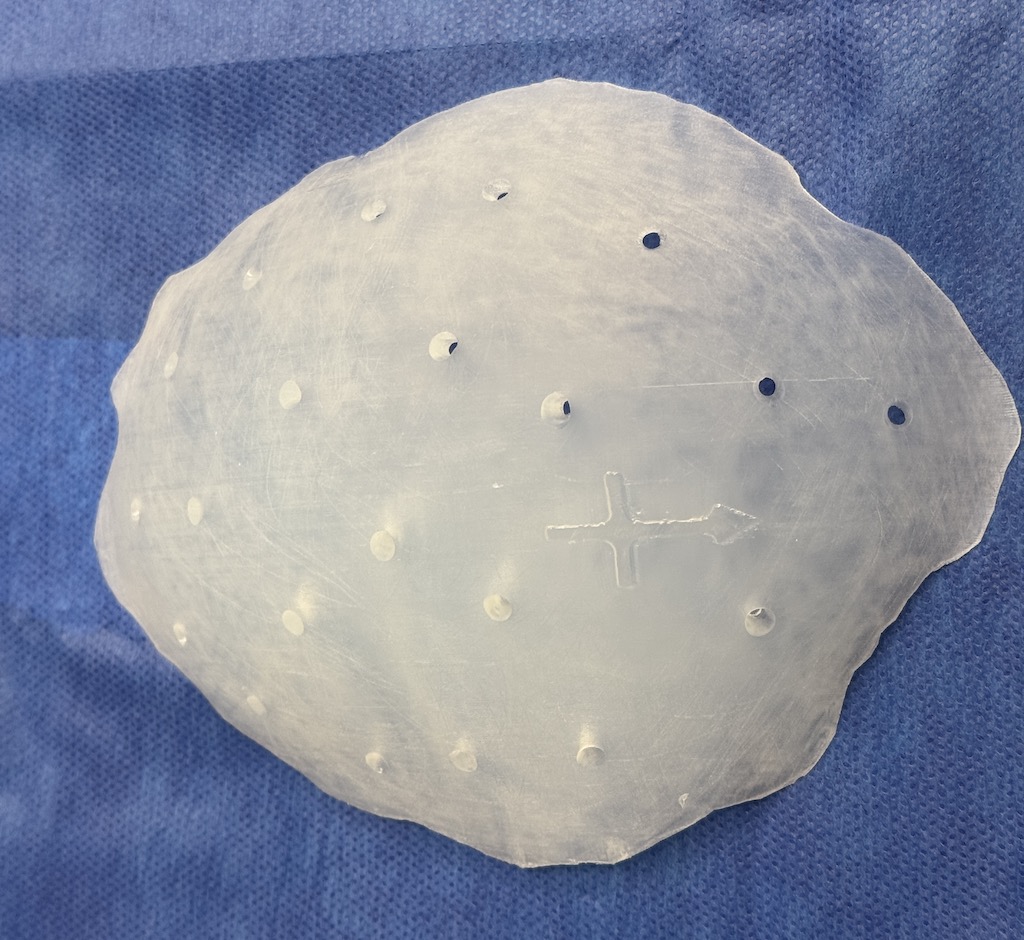
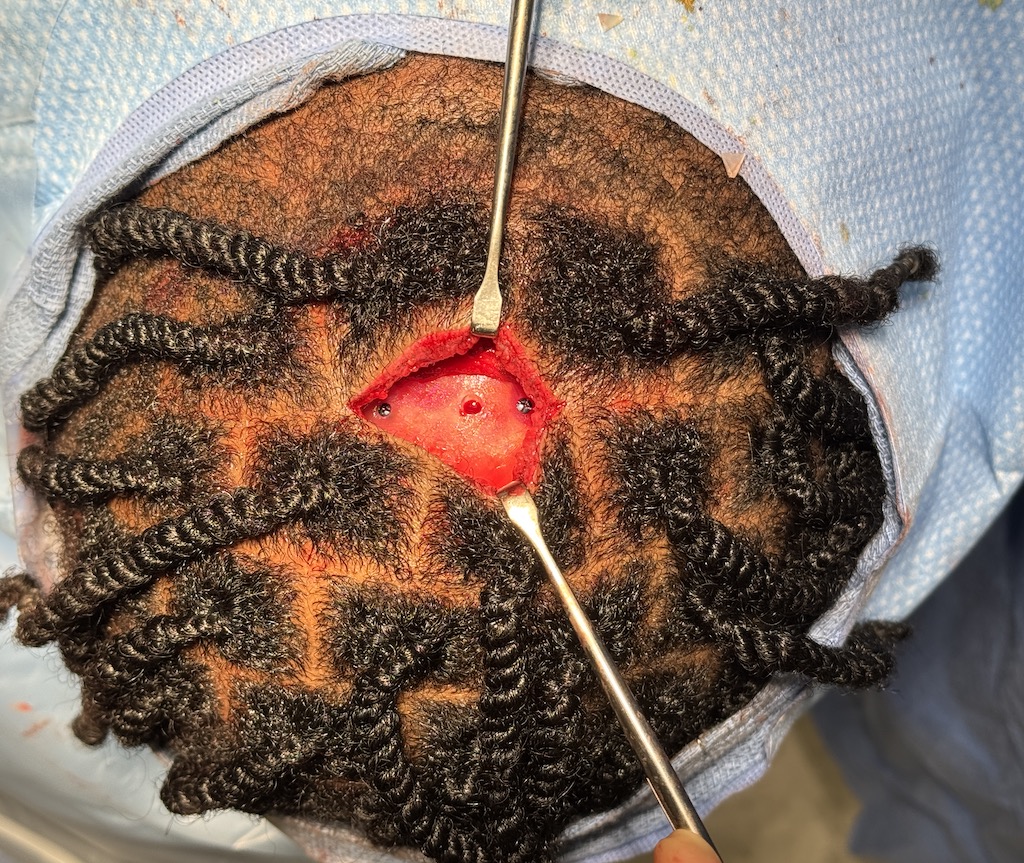
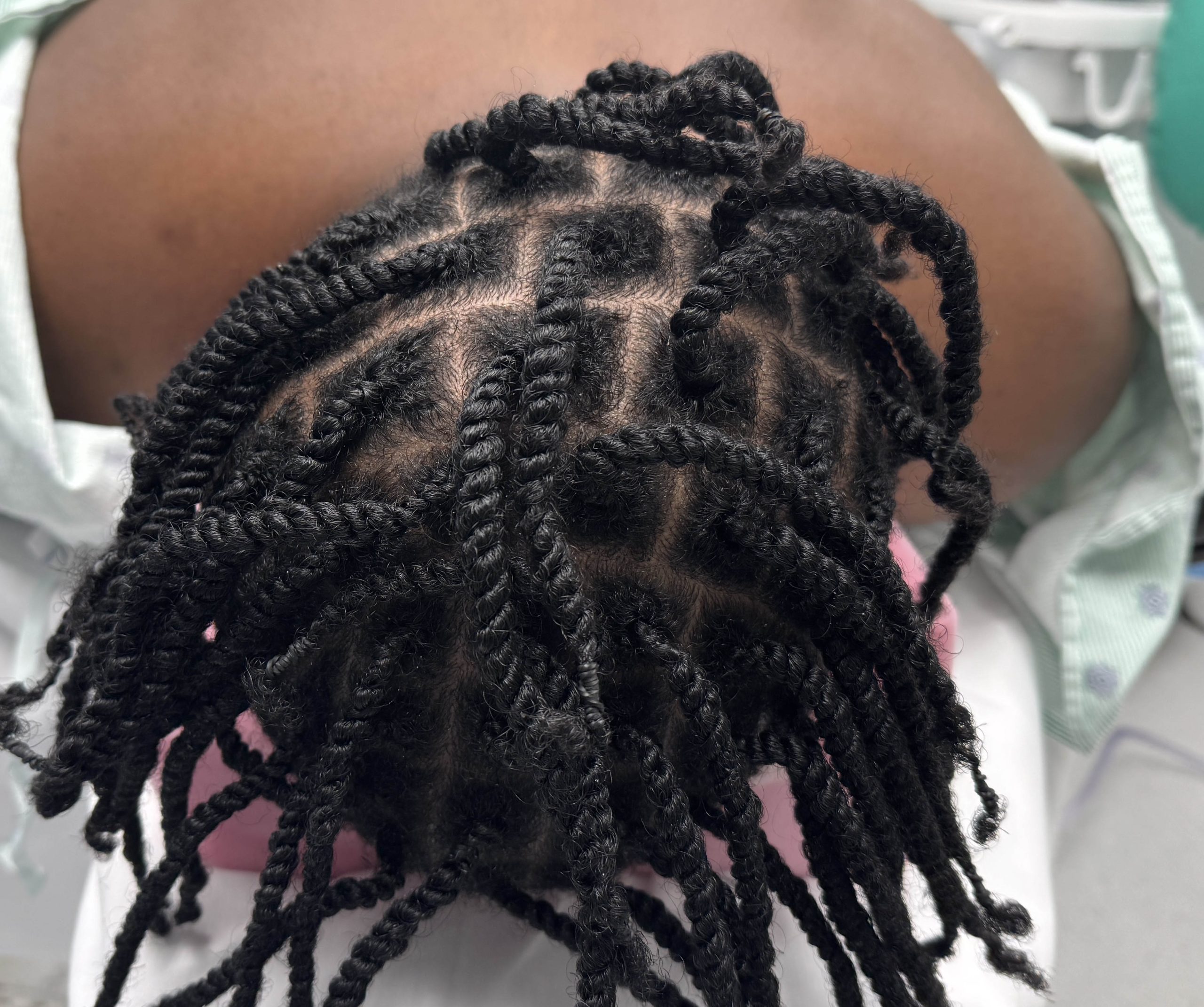
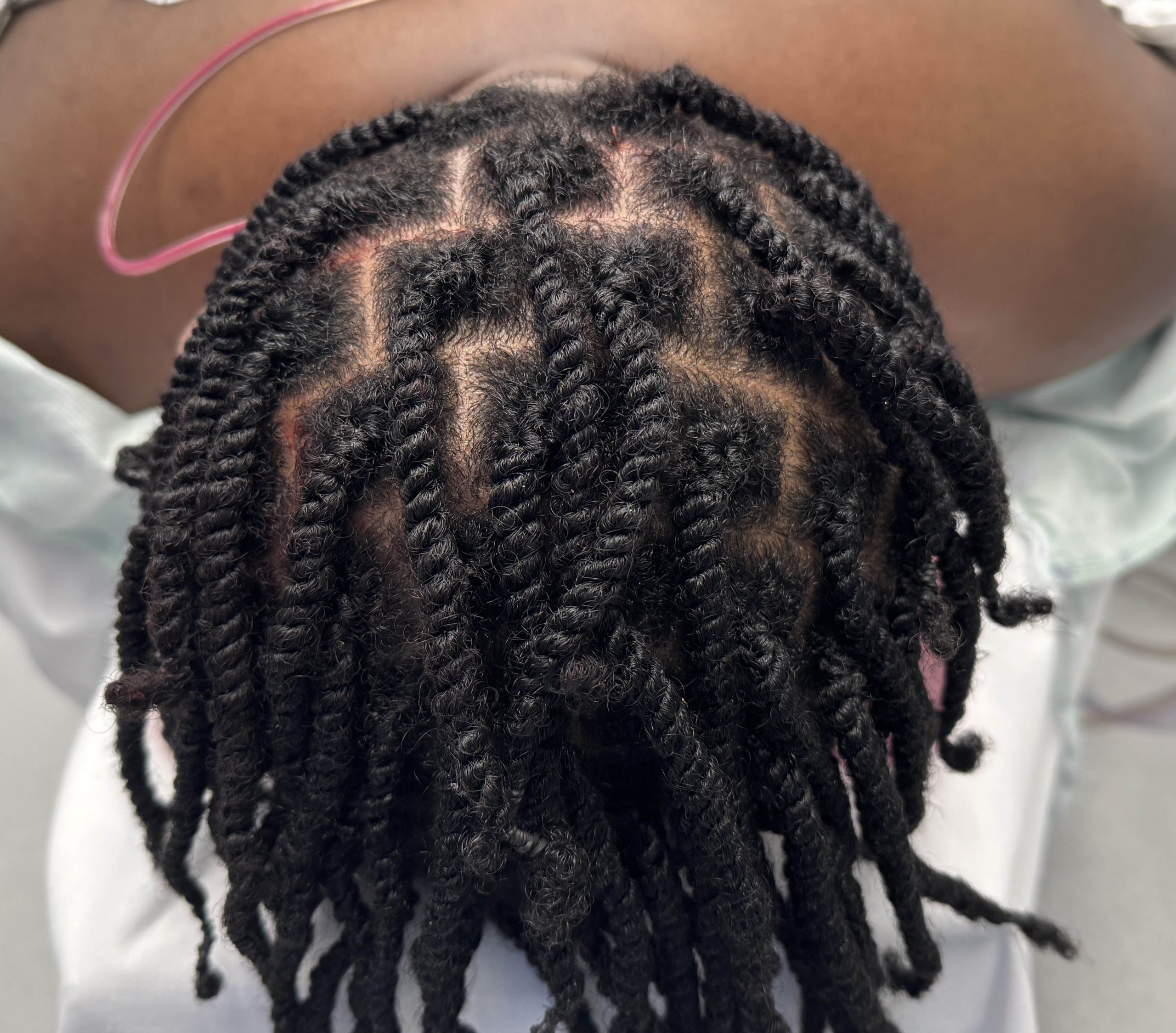
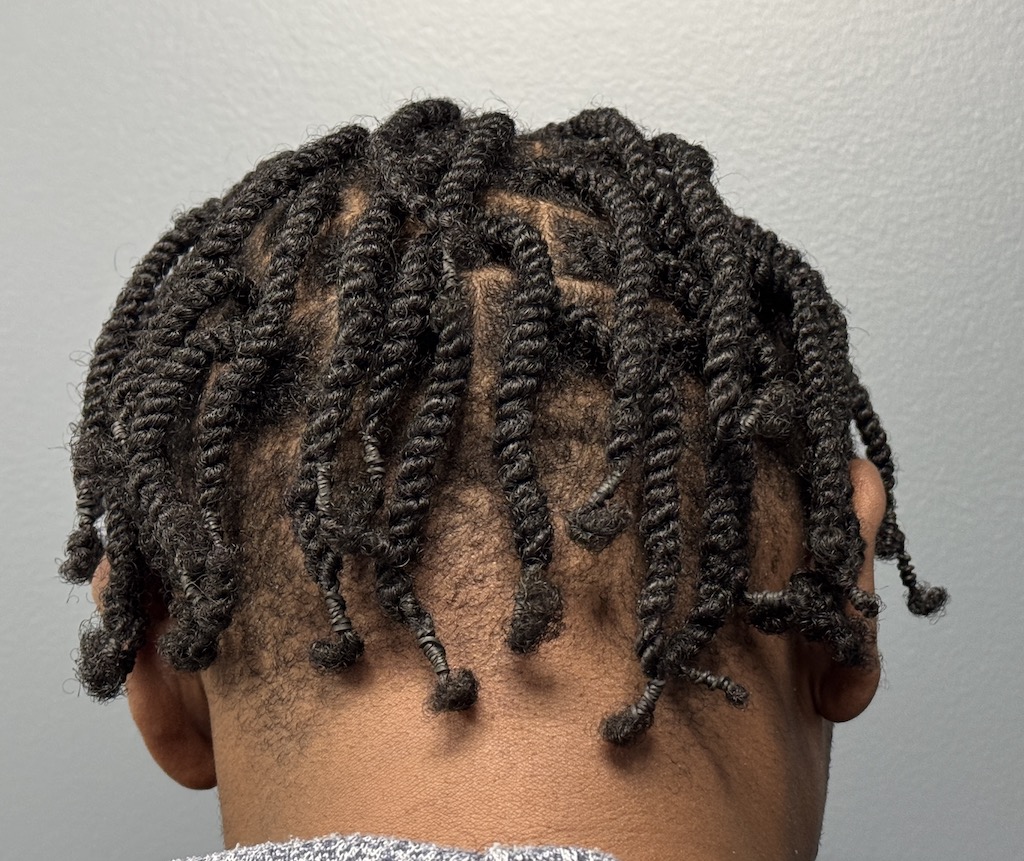
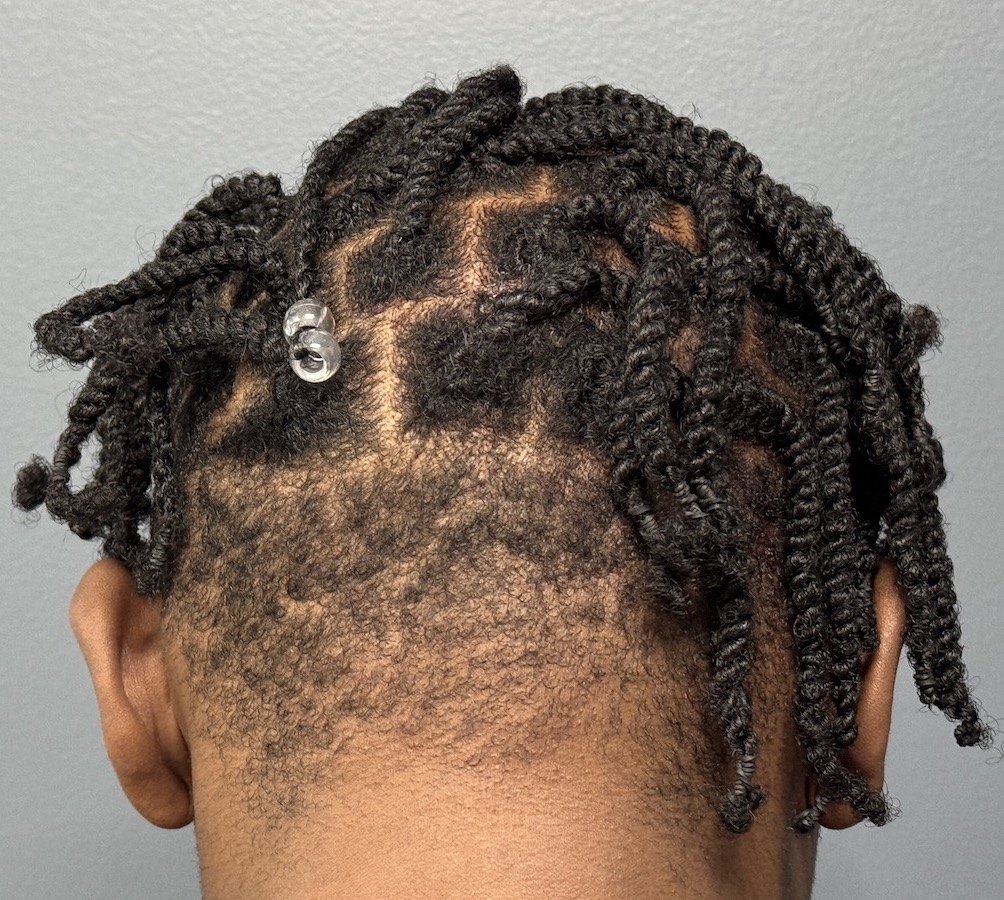
Desire to correct flat right back of head. (plagiocephaly)
Placement of custom right back of head skull implant through small low scalp incision placed over nuchal ridge.
Patient 201
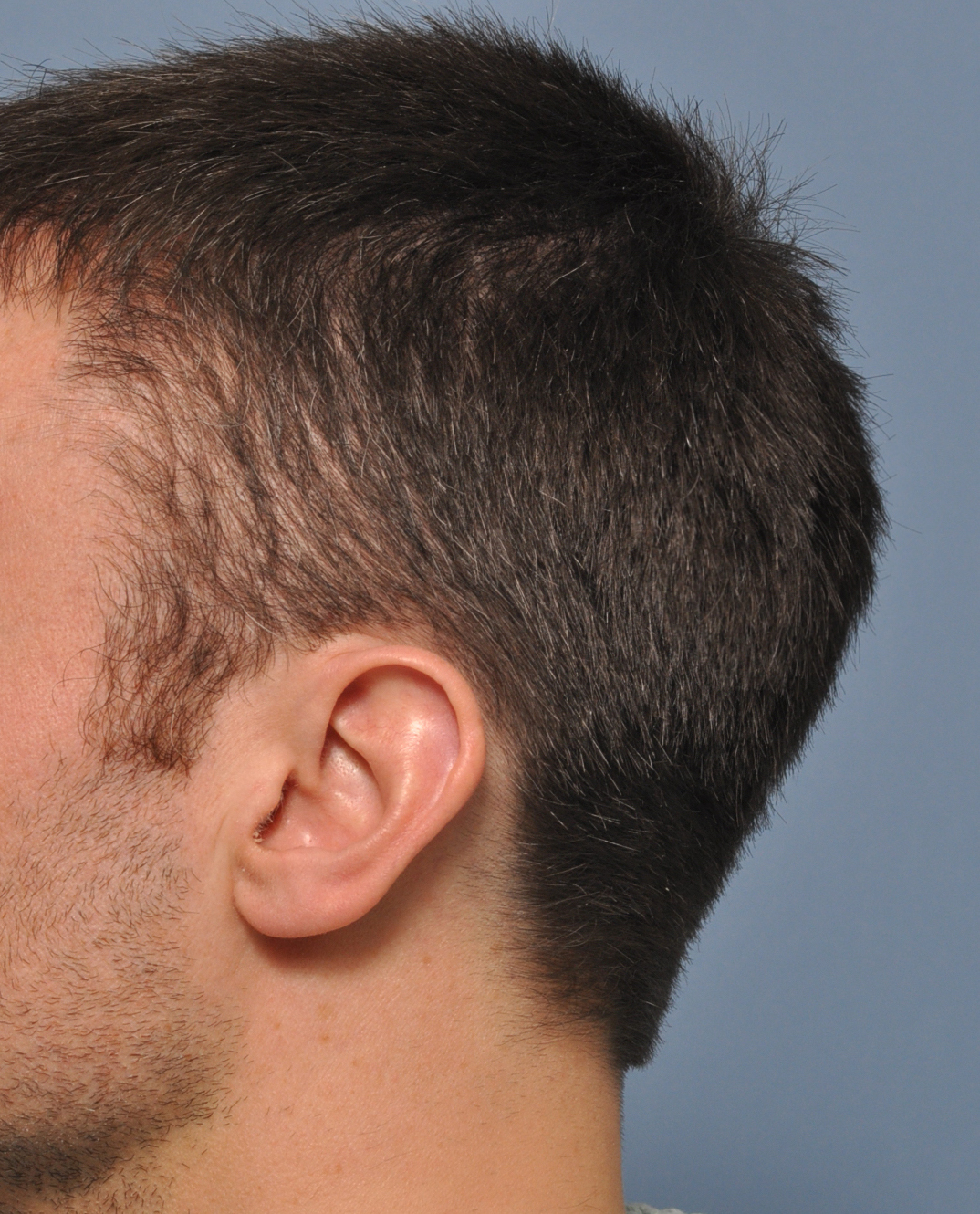
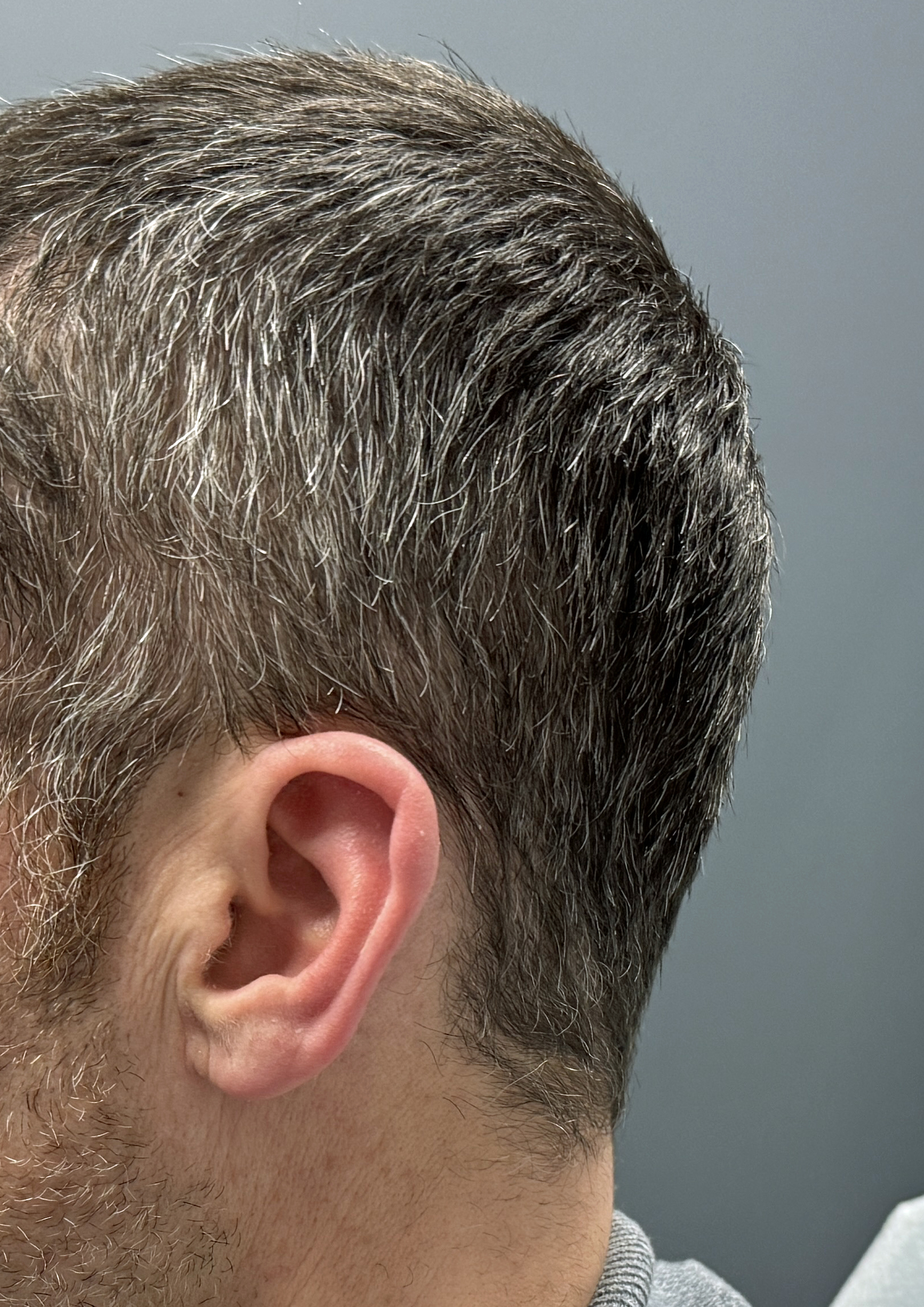
Desire to reduce back of head protrusion.
Back of head skull reduction.


Desire to reduce back of head protrusion.
Back of head skull reduction.
Patient 202
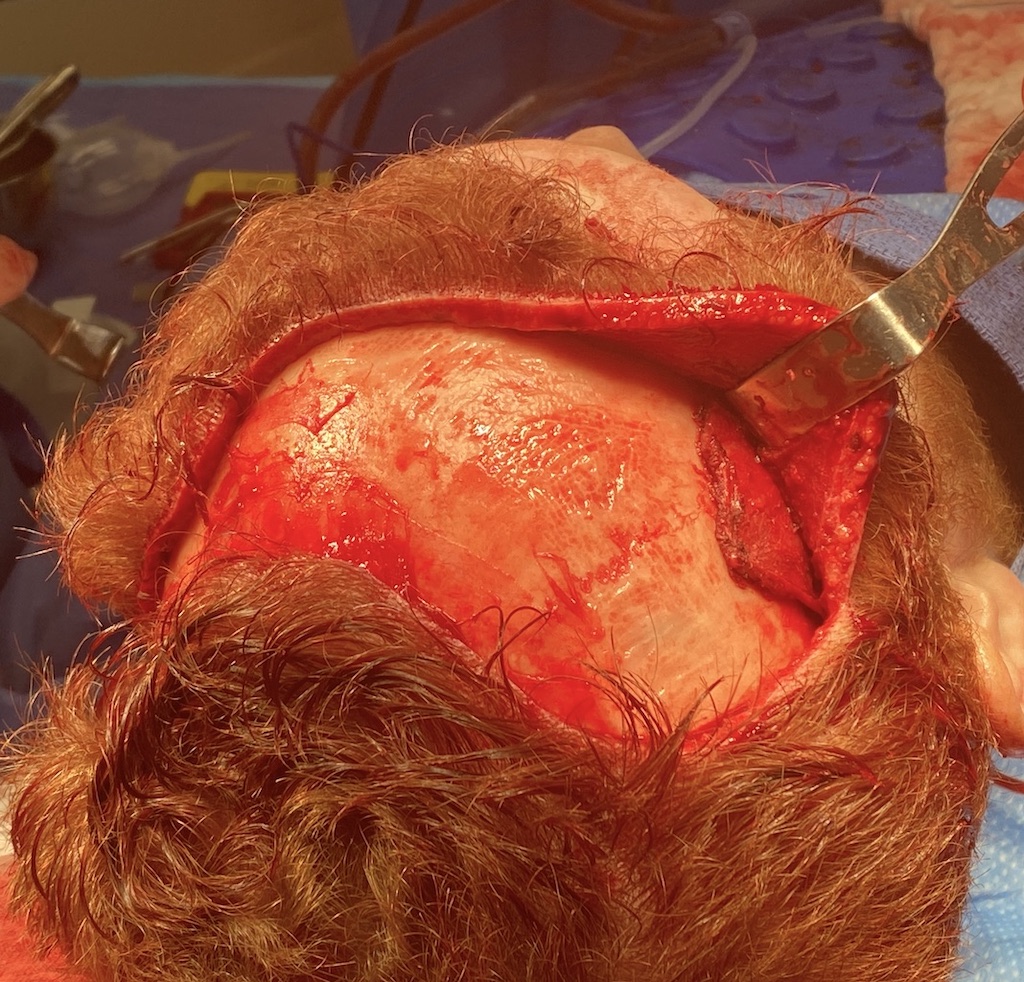
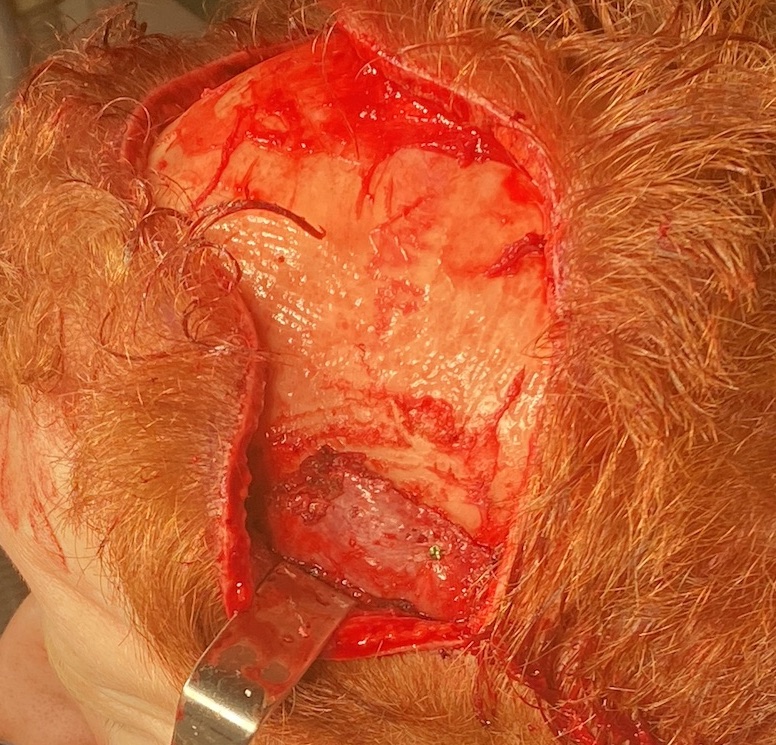
Desire to narrow a wide head with a protruding forehead.
Total temporal bone and muscle reduction with bony forehead reduction through an open scalp approach. The long term scalp scar is shown.


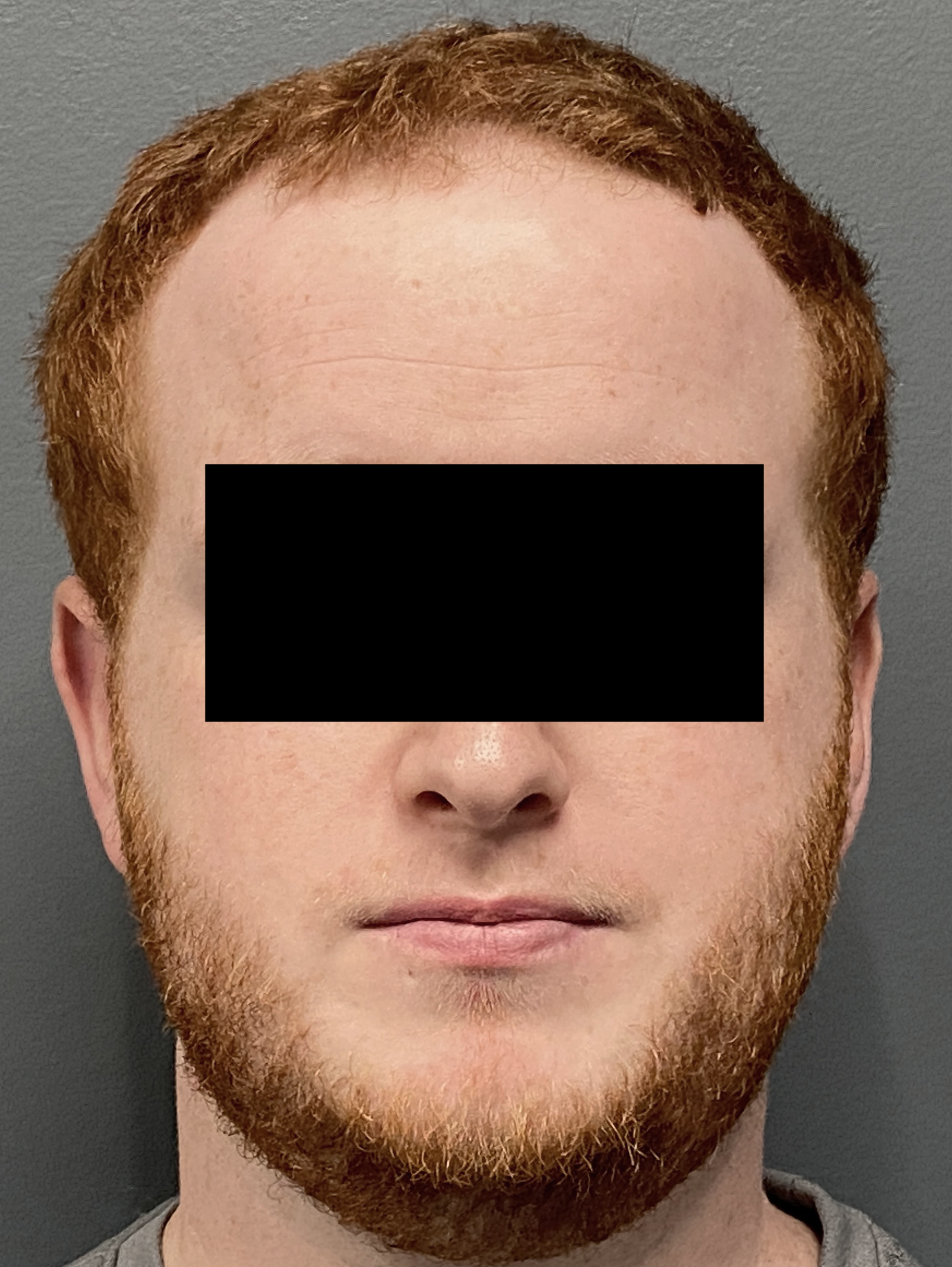
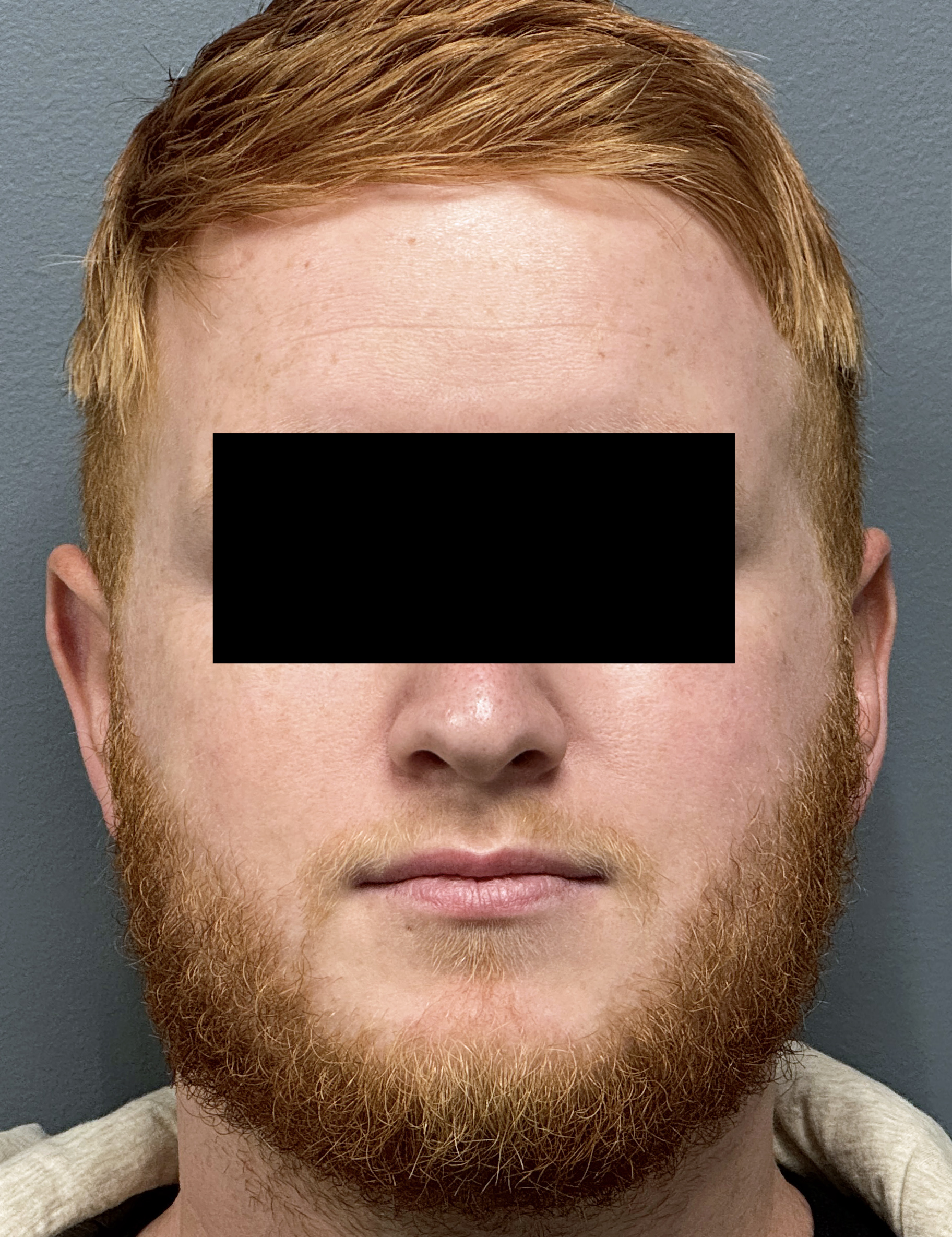
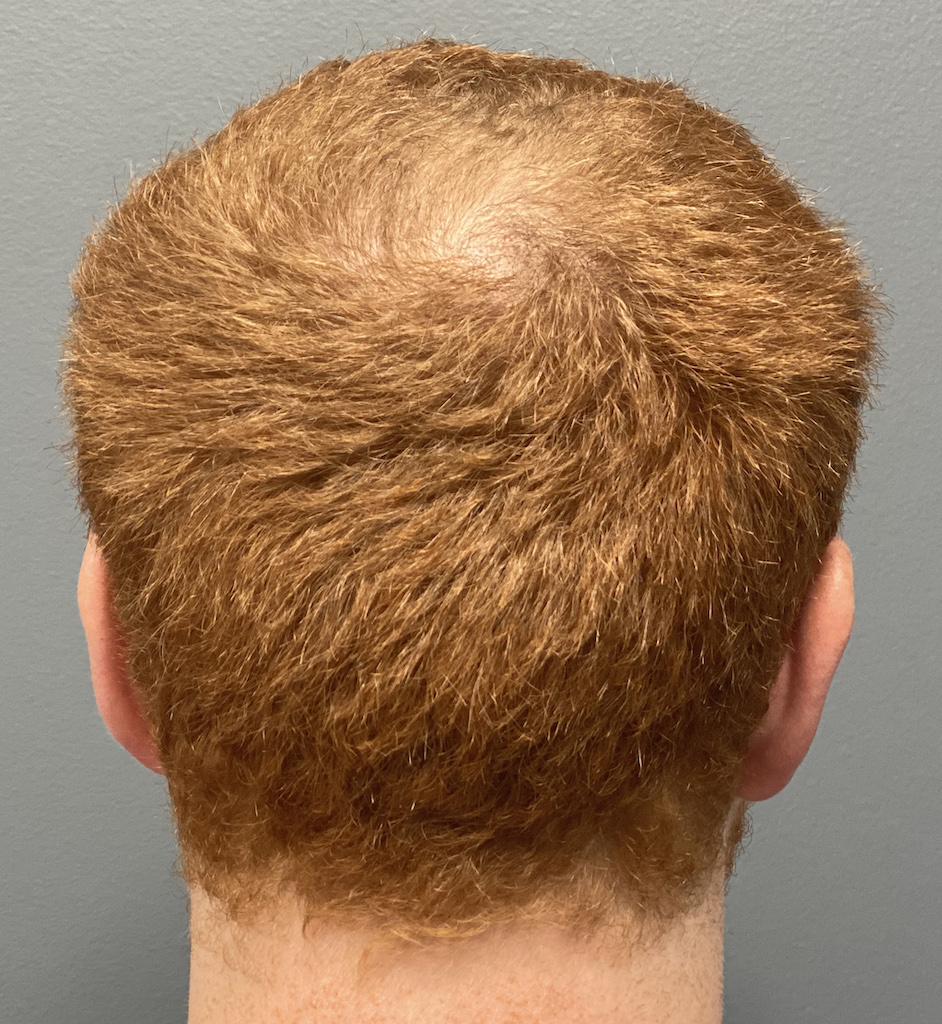
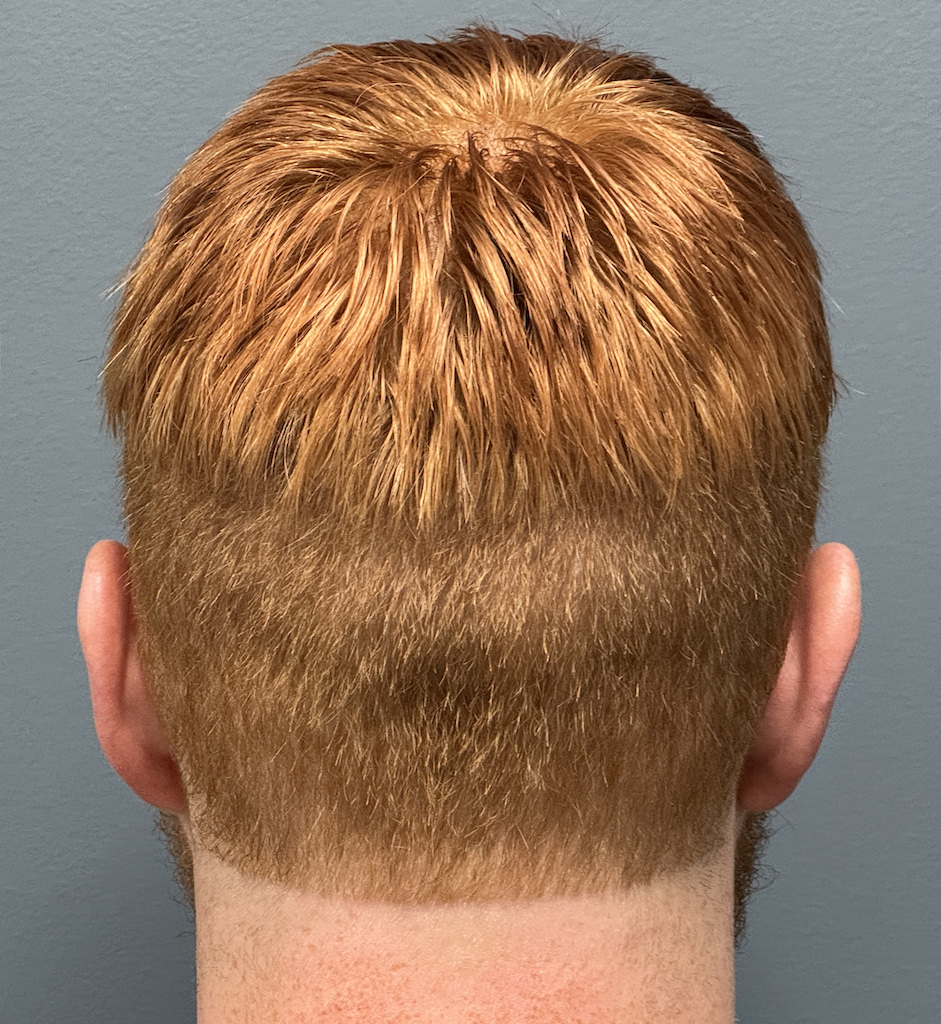
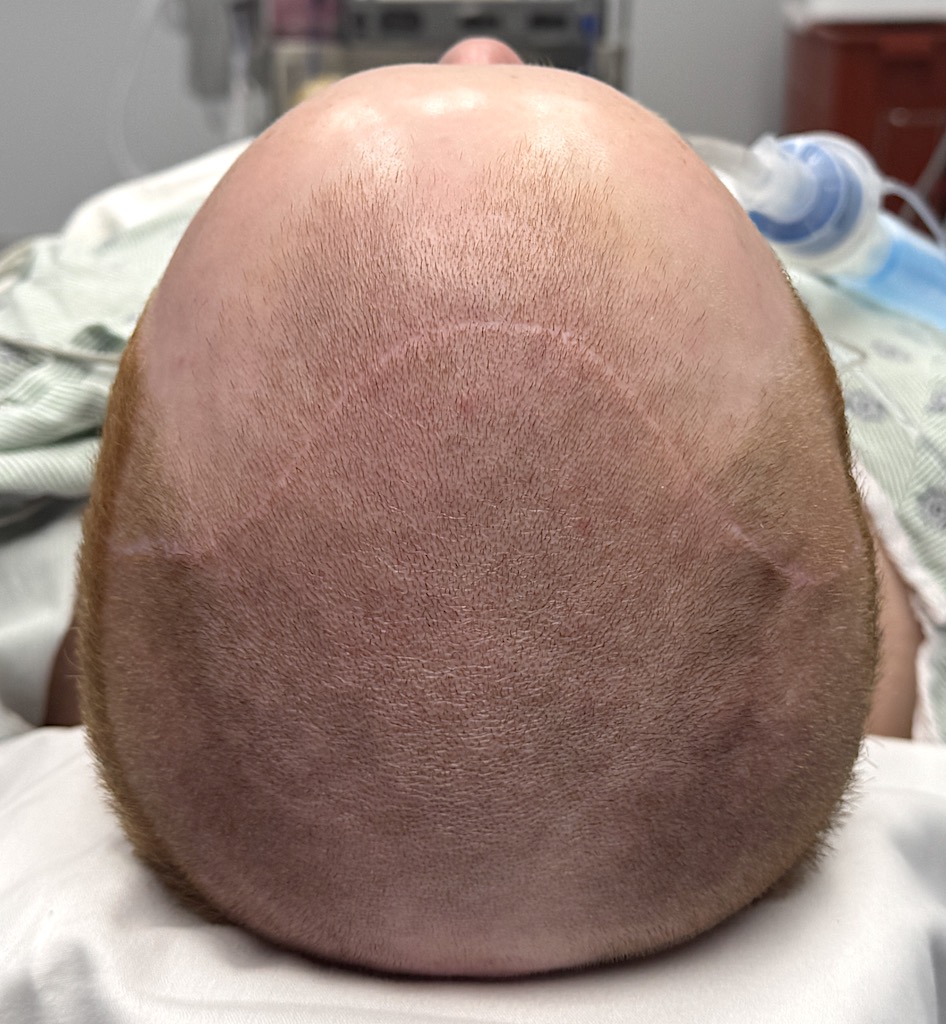
Desire to narrow a wide head with a protruding forehead.
Total temporal bone and muscle reduction with bony forehead reduction through an open scalp approach. The long term scalp scar is shown.
Patient 203
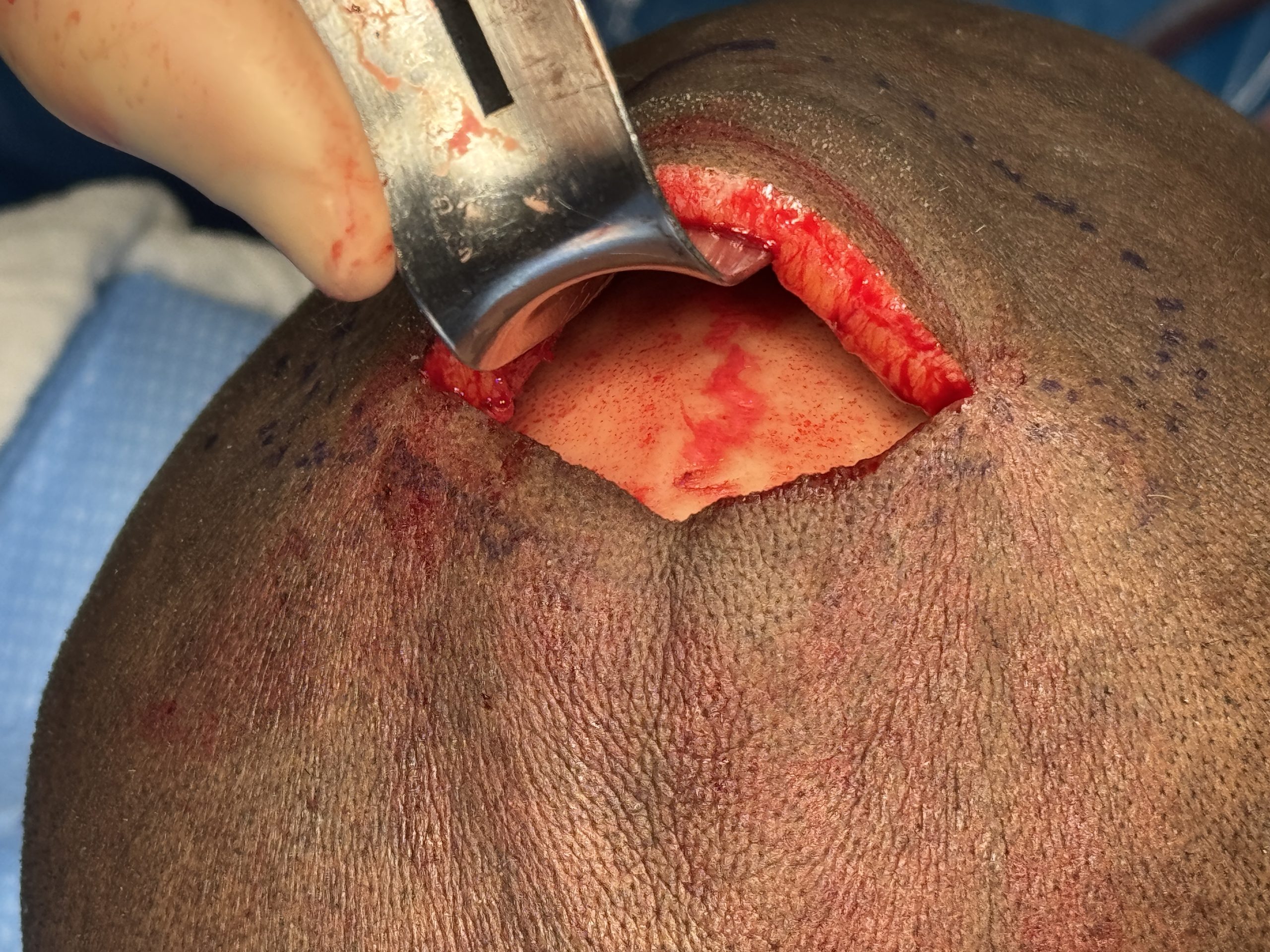
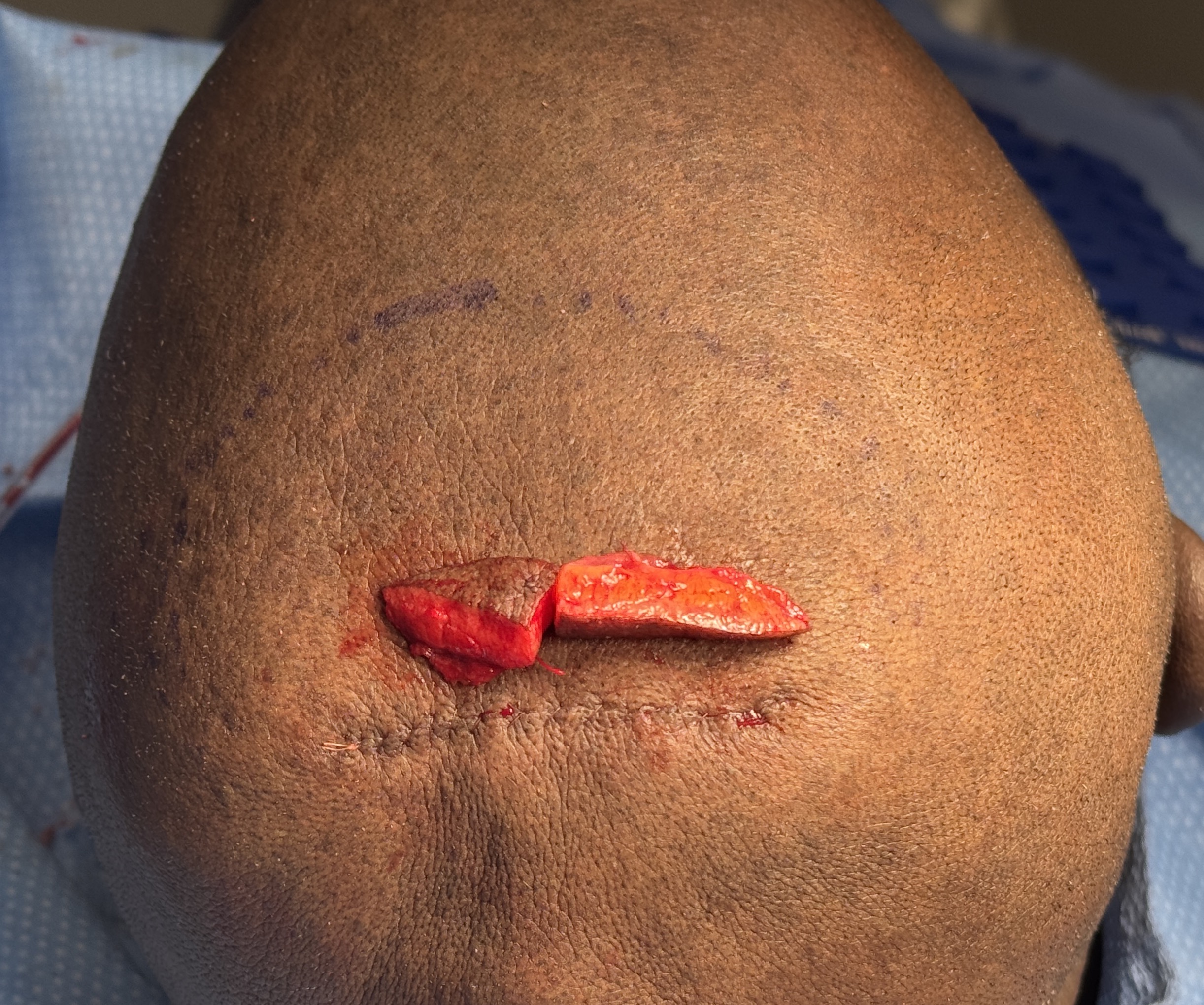
Male desiring reduction of skull height/bump at posterior sagittal area.
Reduction of posterior sagittal skull bump by bone burring through small incision just behind it. Due to the skull height reduced some extra scalp existed and was removed. (scalp tuck) Seen 2 days after surgery at time of drain removal.


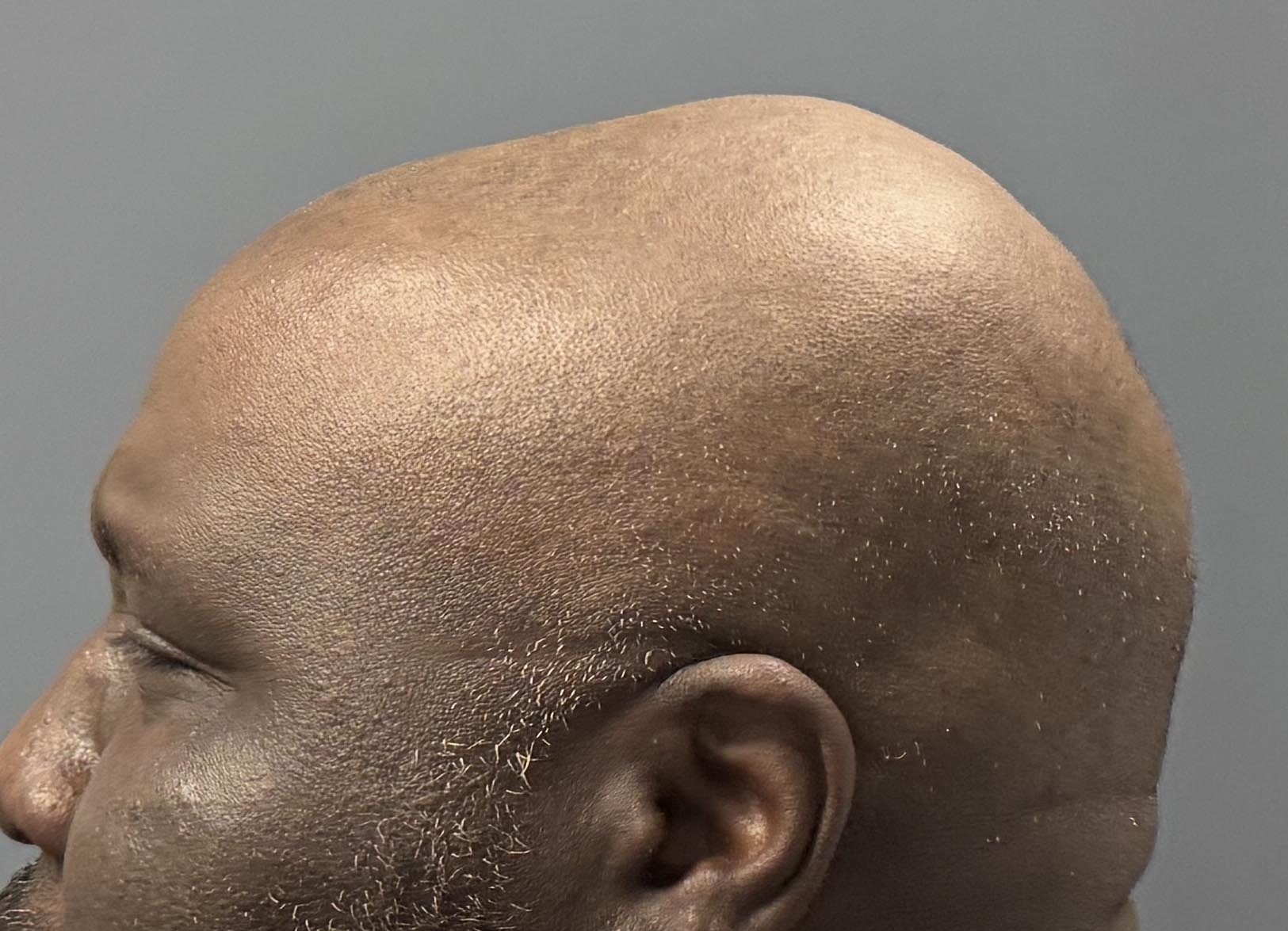
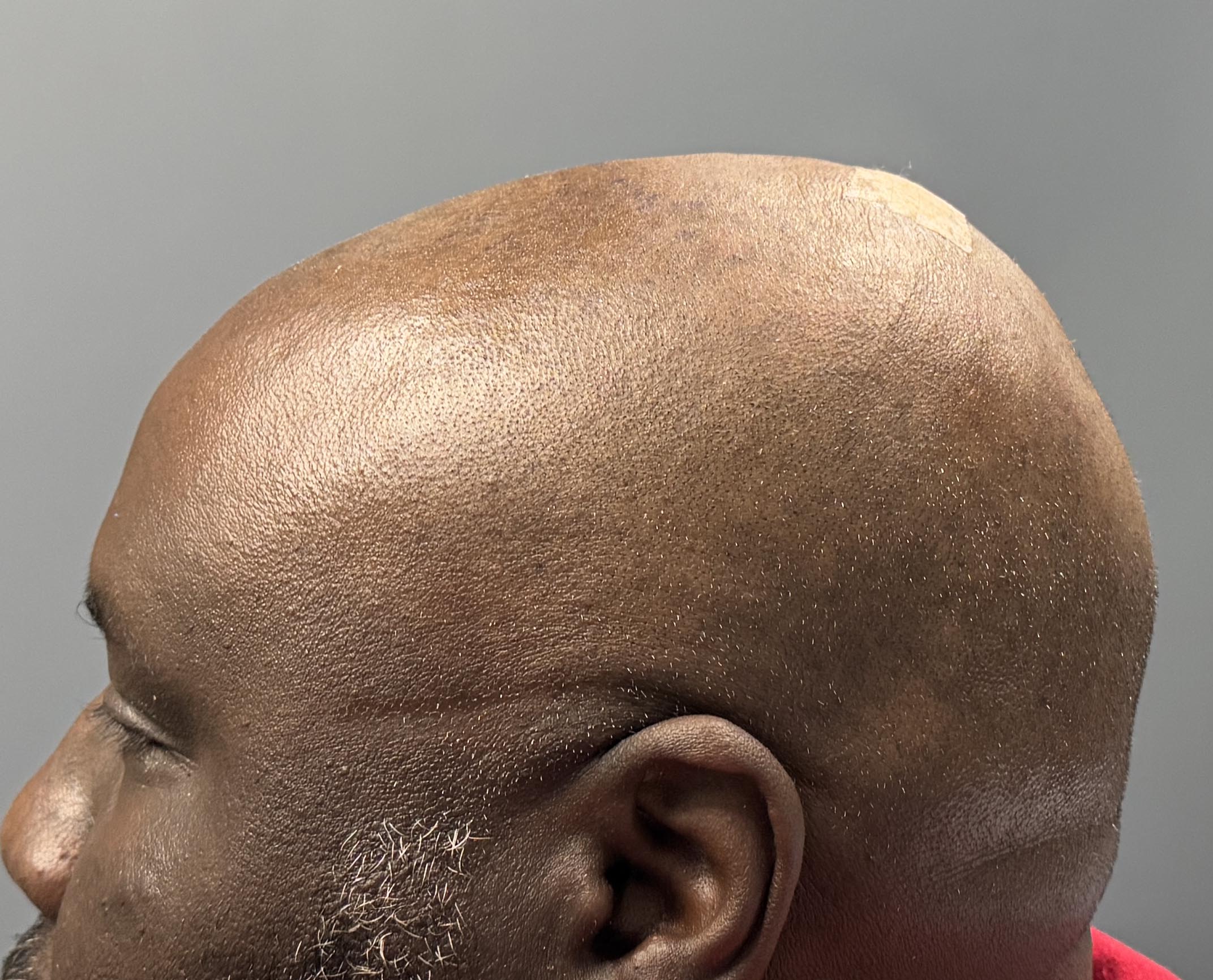
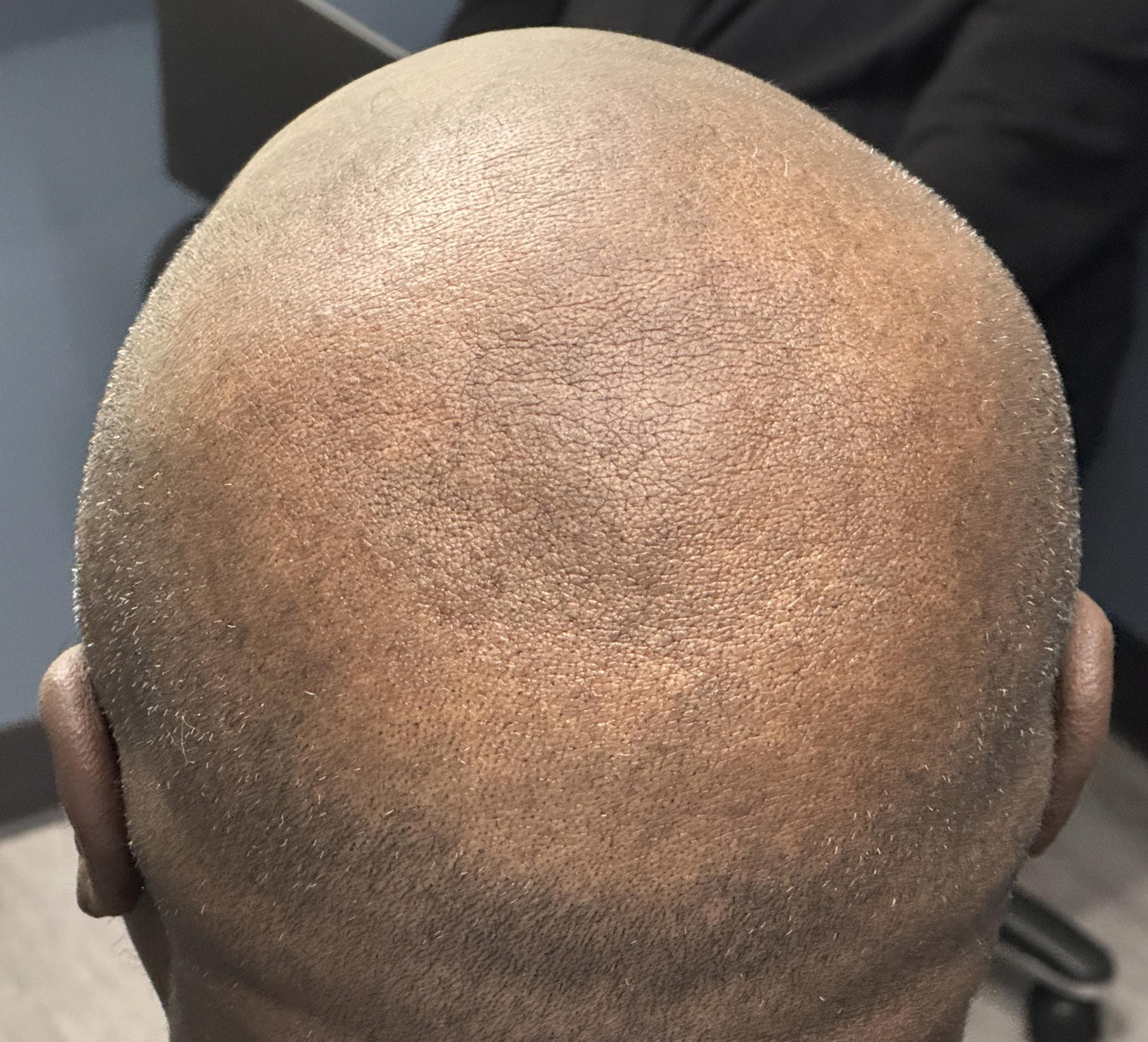
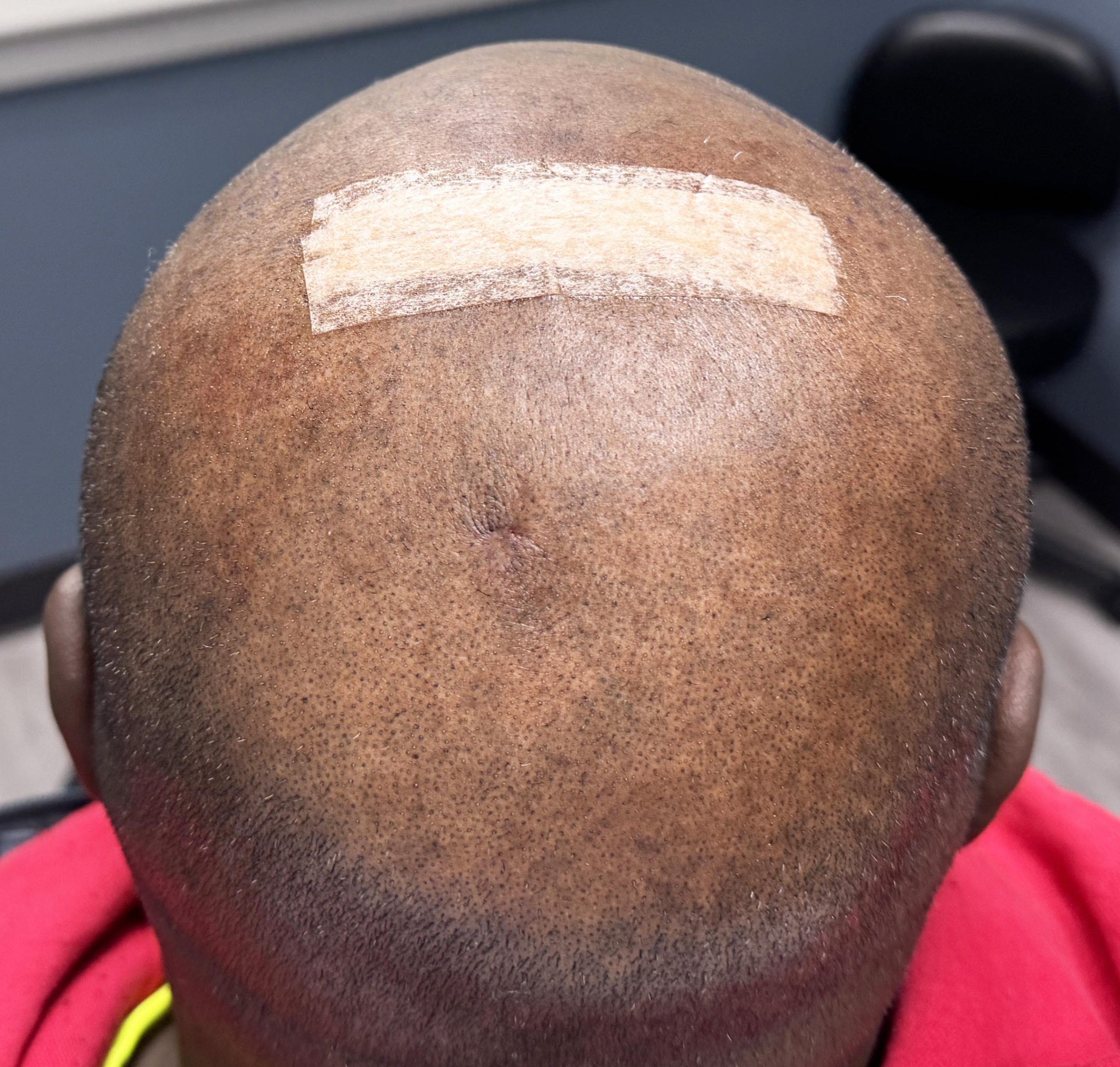
Male desiring reduction of skull height/bump at posterior sagittal area.
Reduction of posterior sagittal skull bump by bone burring through small incision just behind it. Due to the skull height reduced some extra scalp existed and was removed. (scalp tuck) Seen 2 days after surgery at time of drain removal.
Patient 204
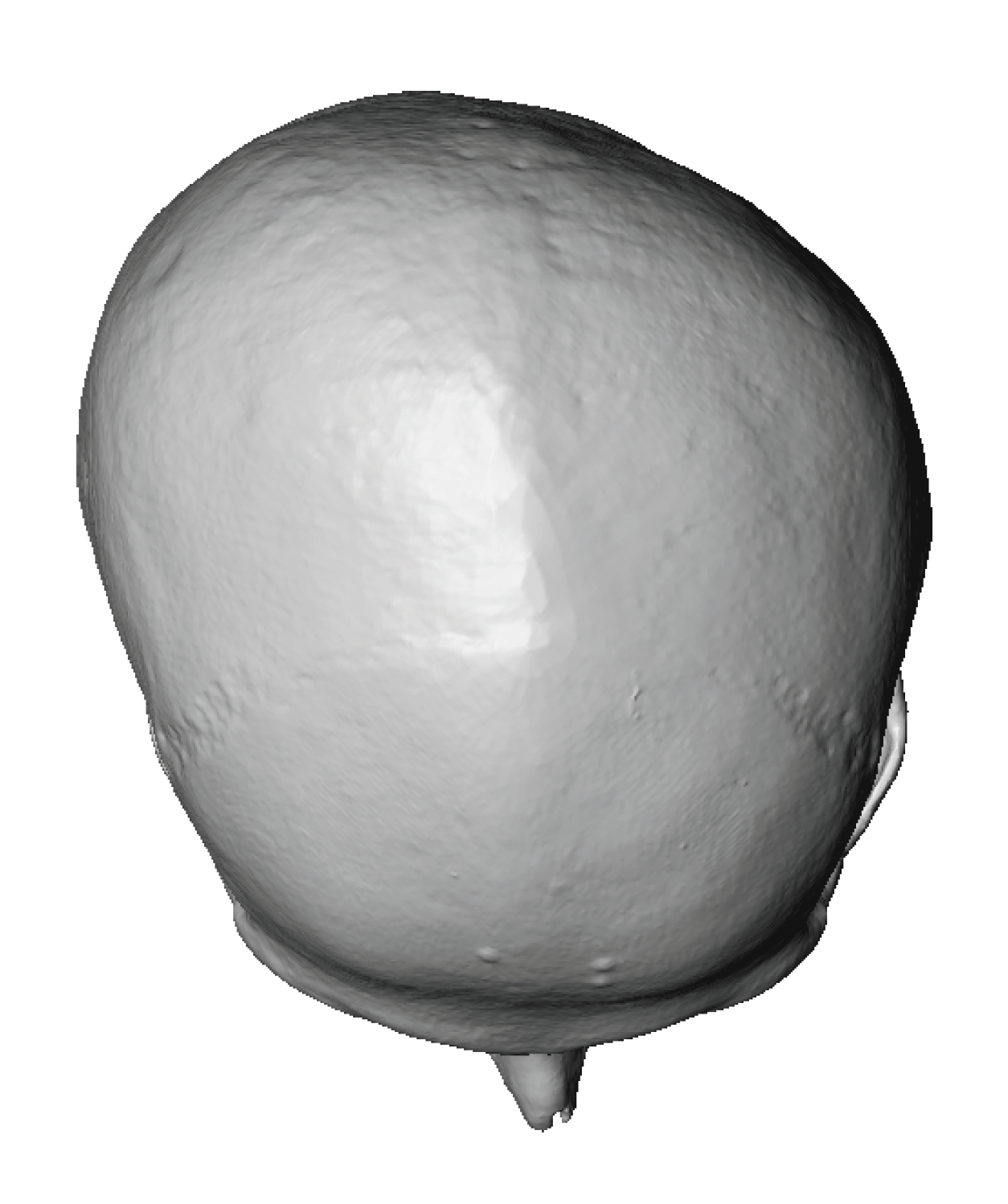
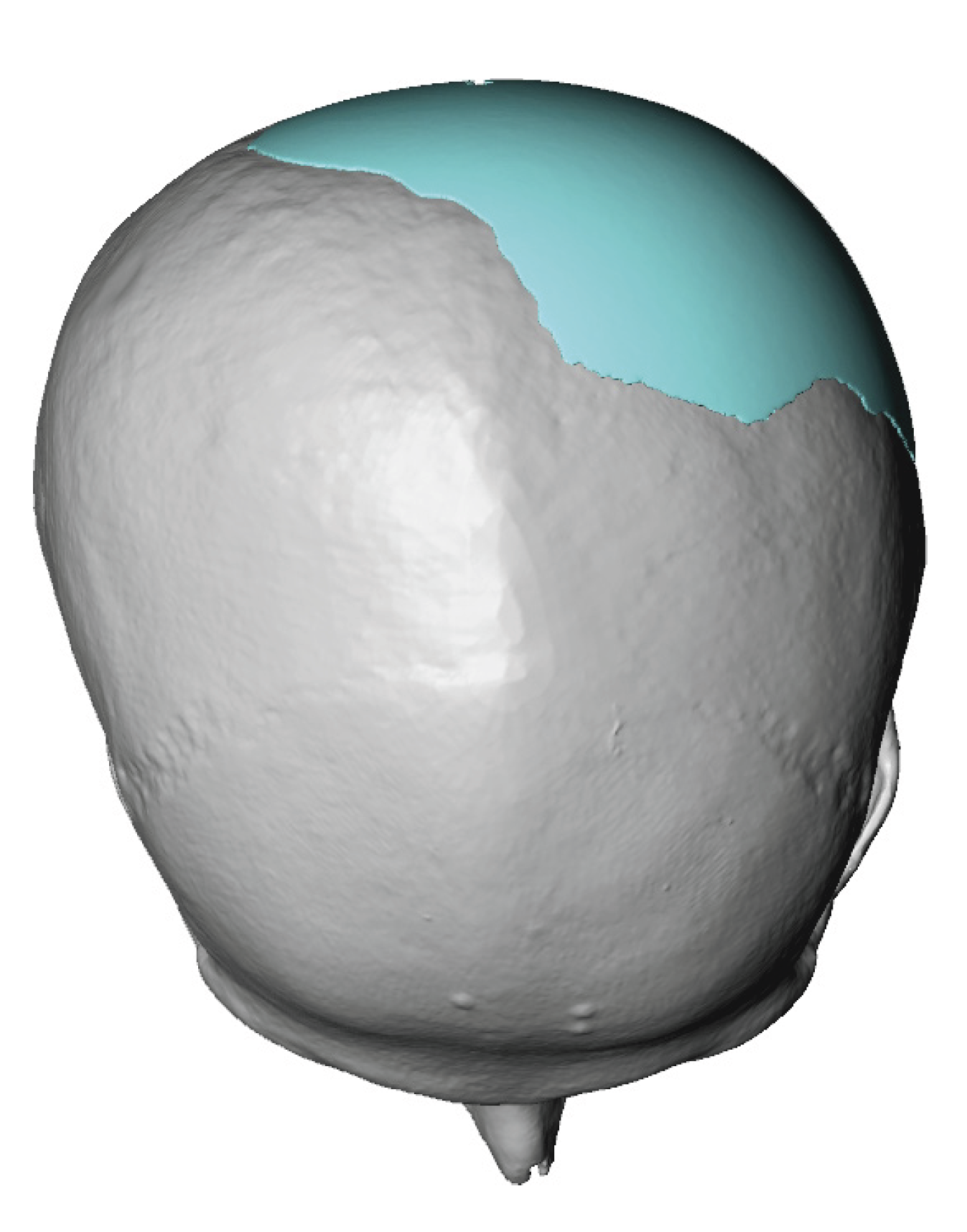
Desire to correct severe left back of head flatness. (plagiocephaly)
Placement of left back of head skull implant for correction of bony component of plagiocephaly.


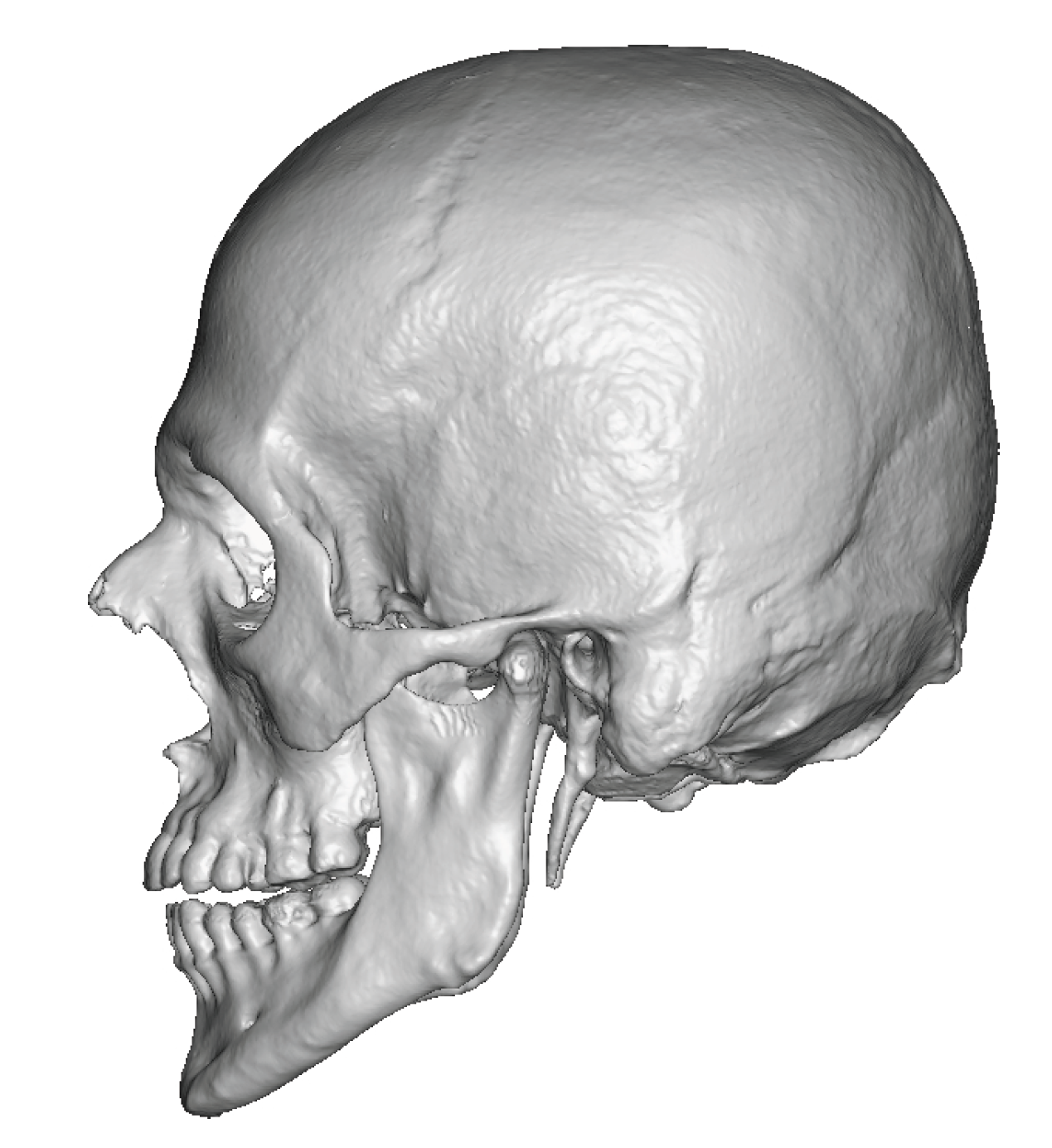
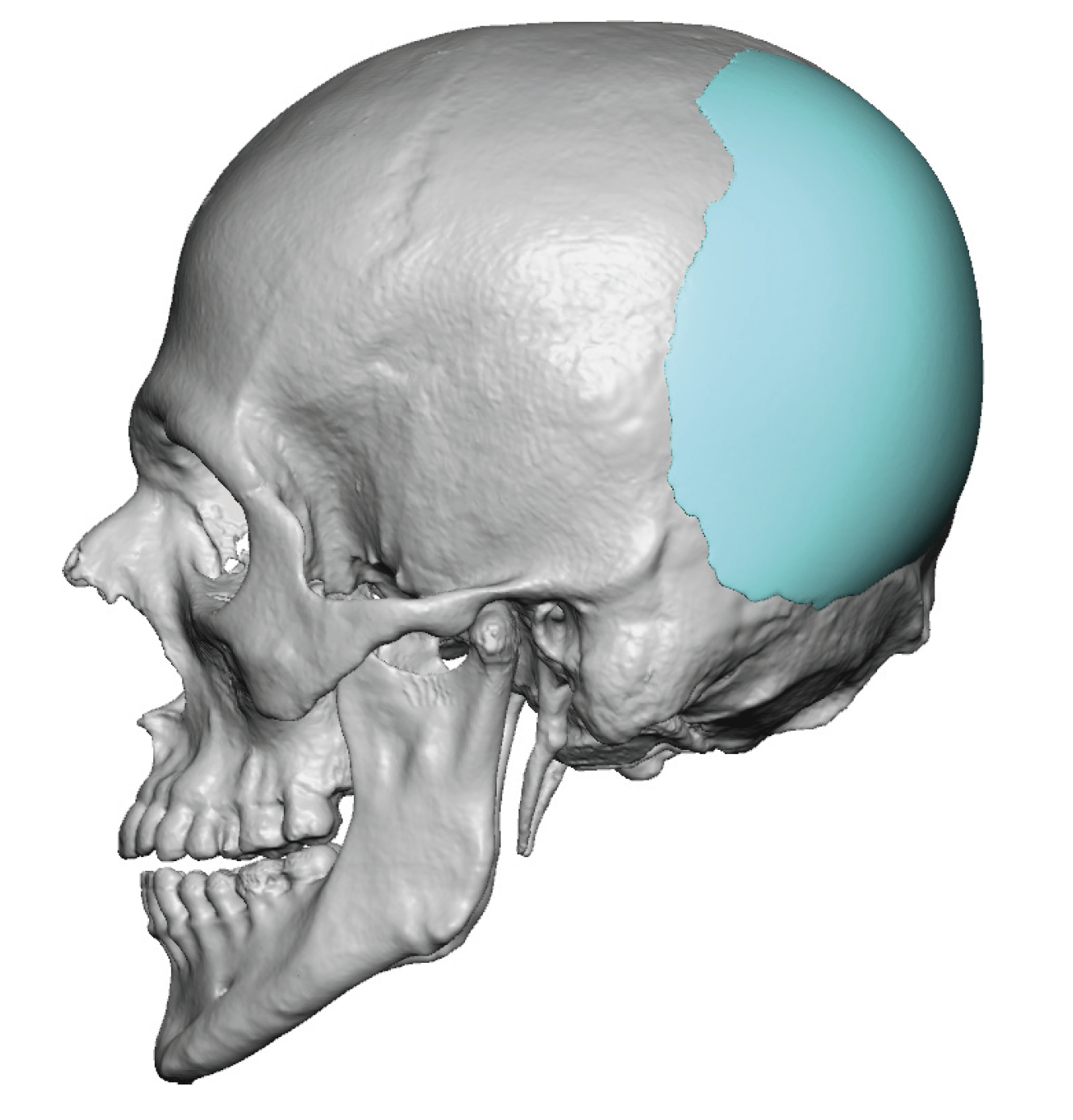
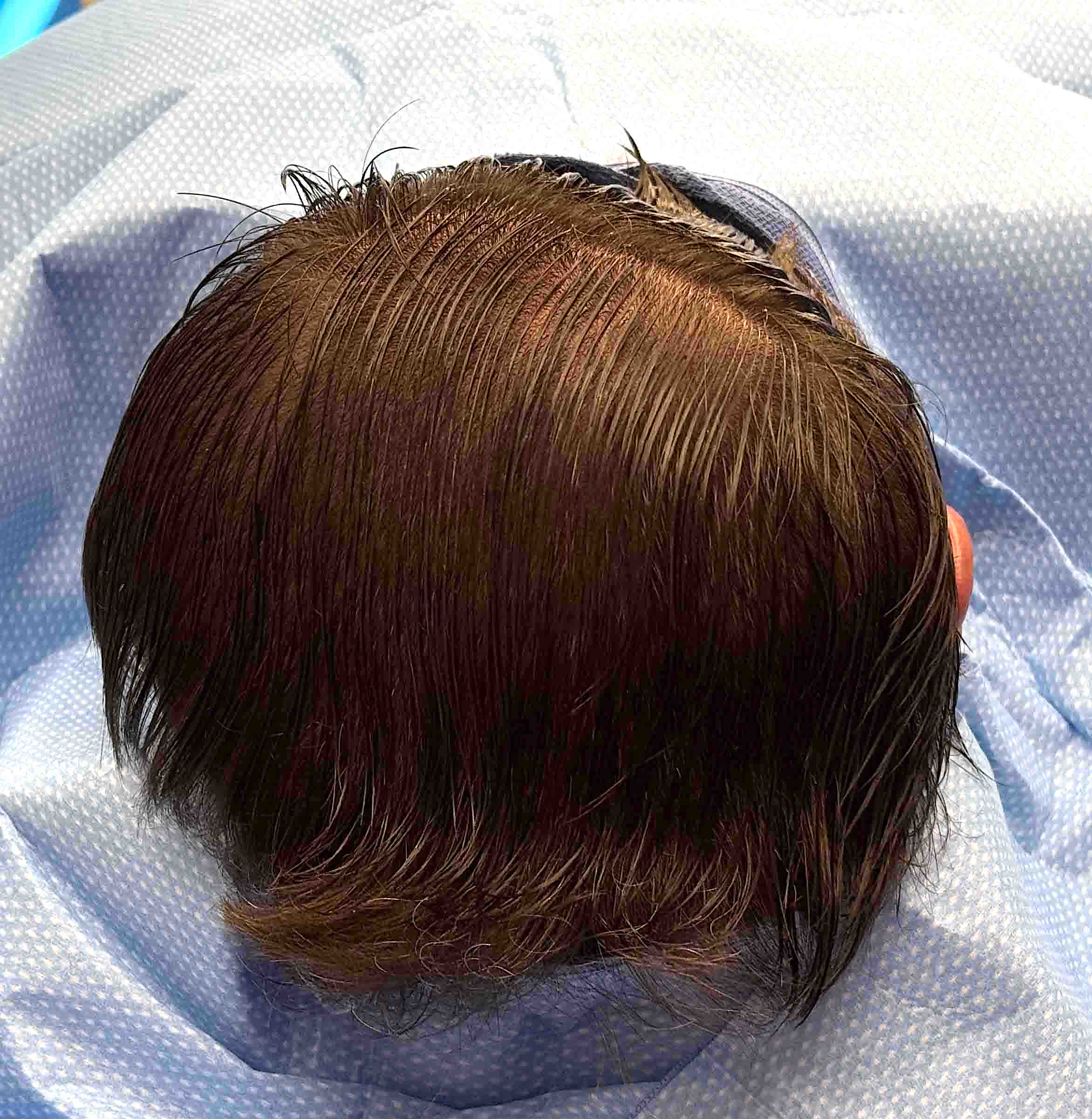
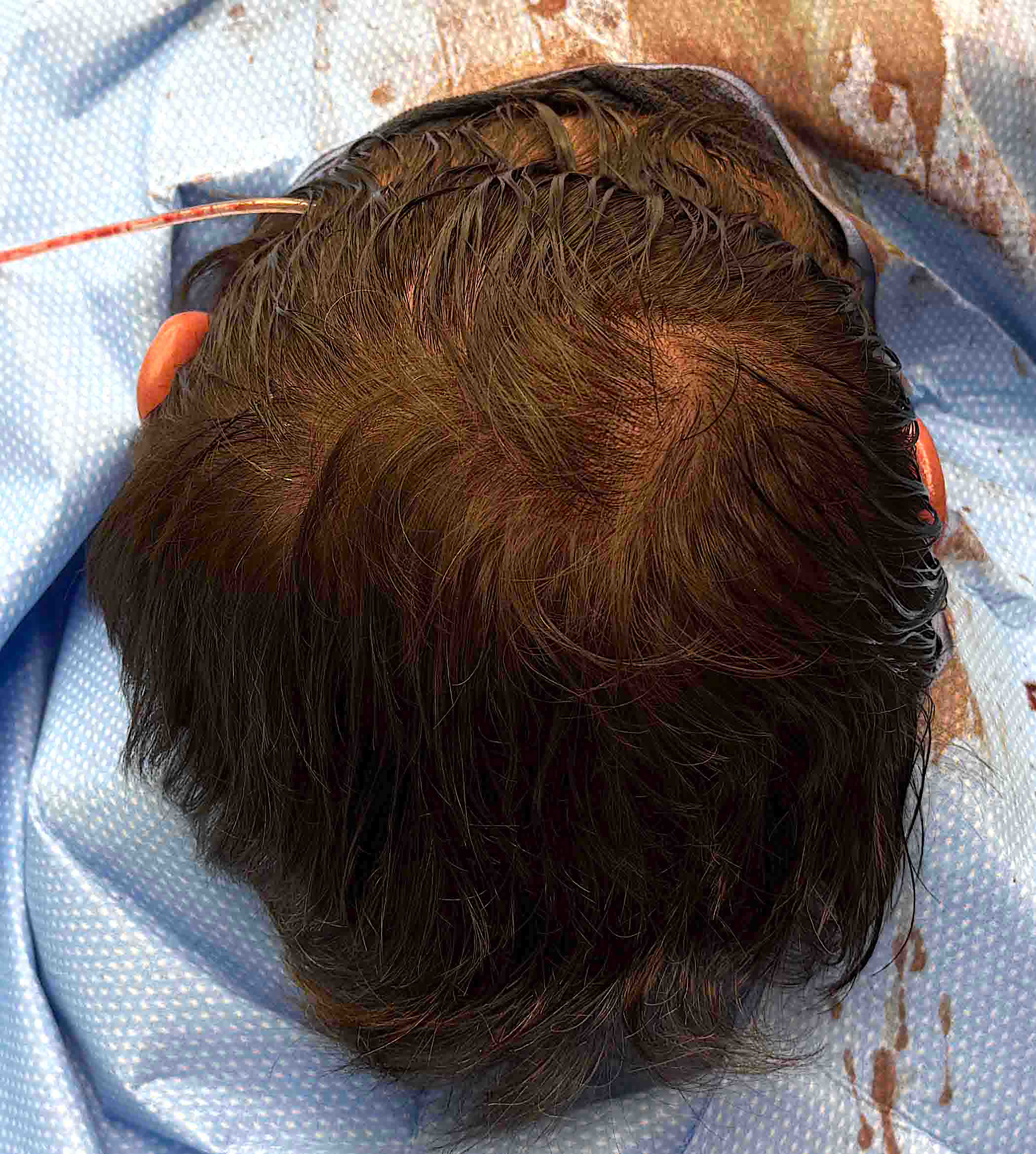
Desire to correct severe left back of head flatness. (plagiocephaly)
Placement of left back of head skull implant for correction of bony component of plagiocephaly.
Patient 205
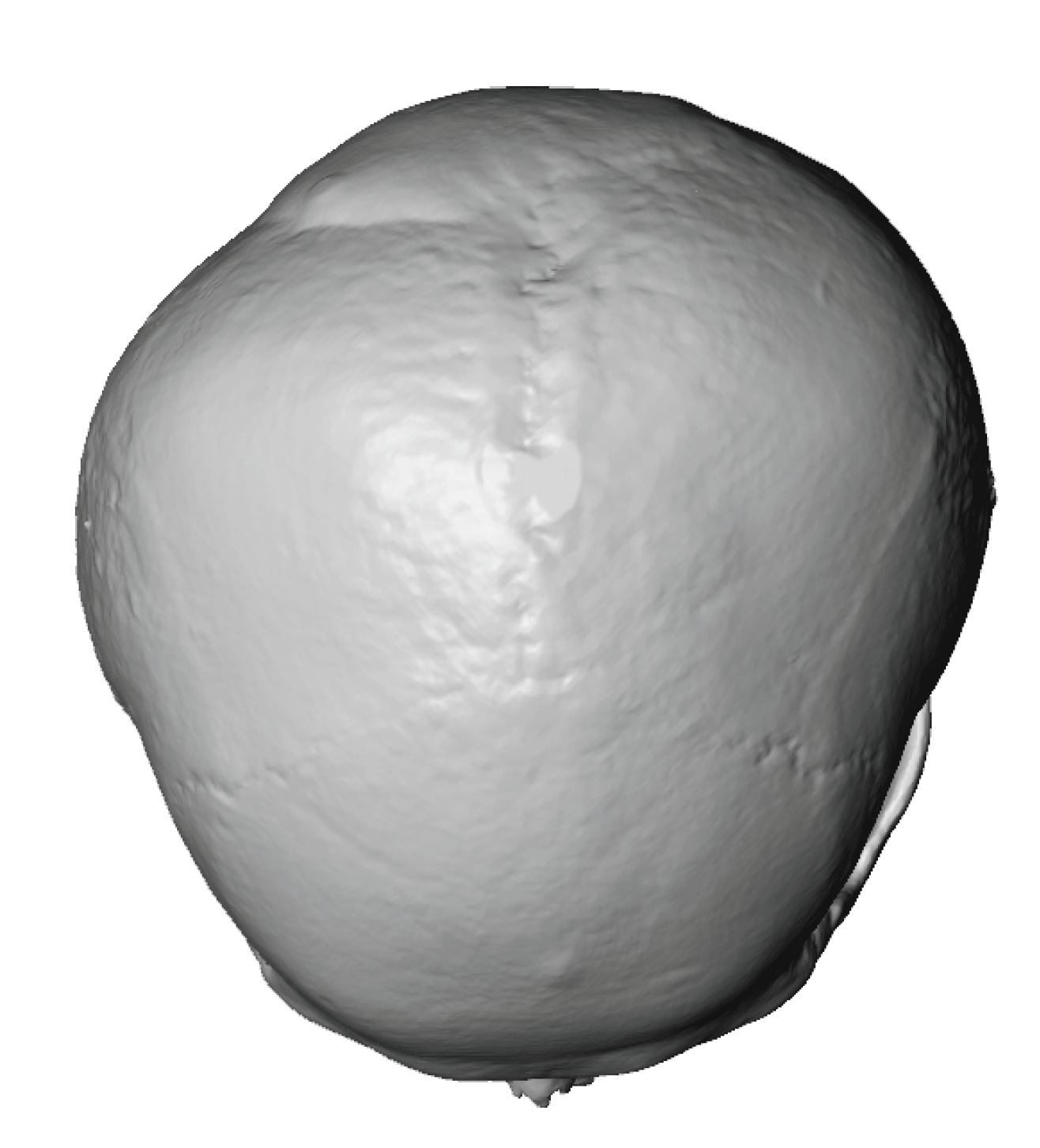
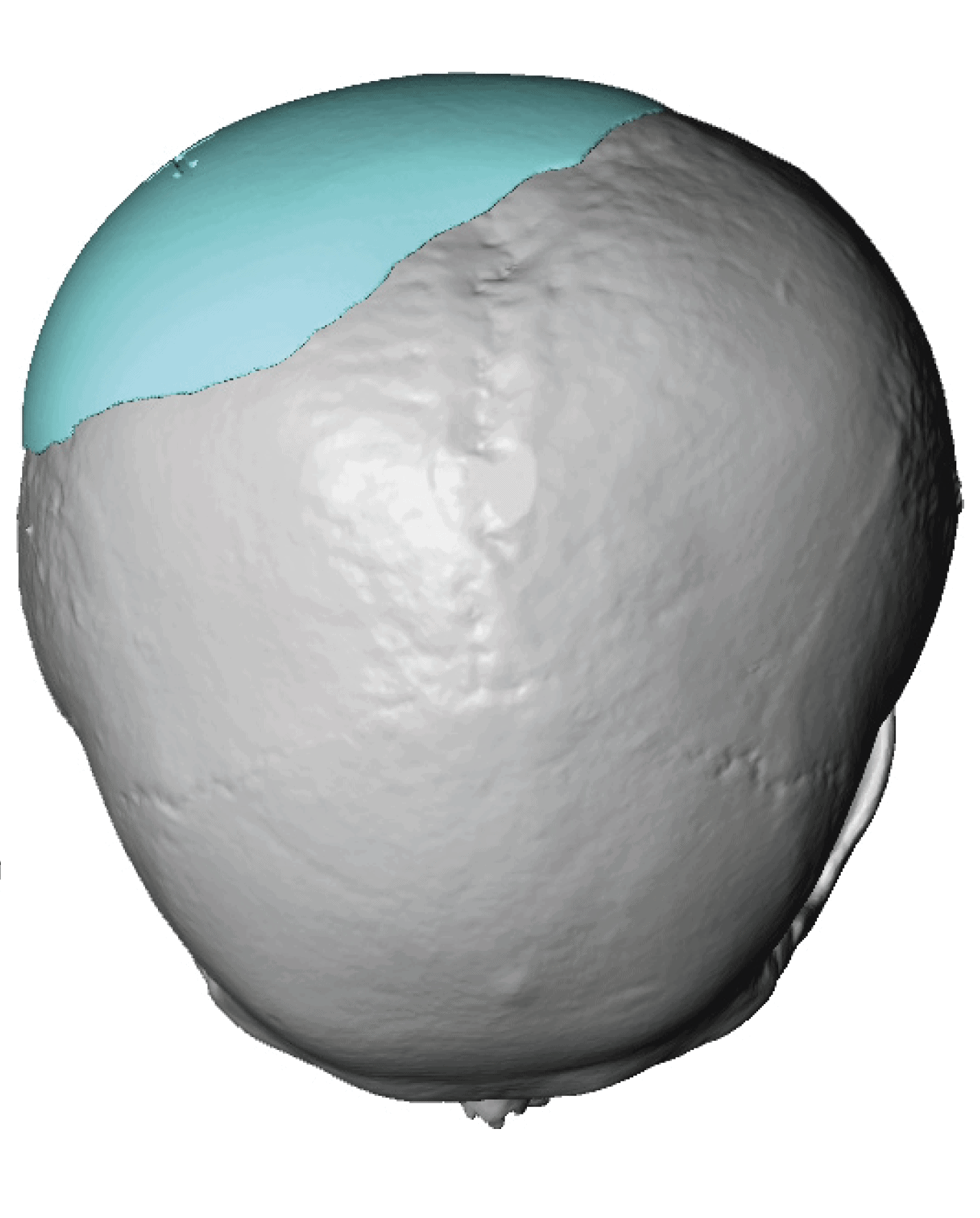
Right plagicoephaly correction after hydroxyapatite cement produced an inadequate result.
Design and placement of custom skull implant for right back of head placed partally over and around the hydroxyapatite cement for a more complete correction.


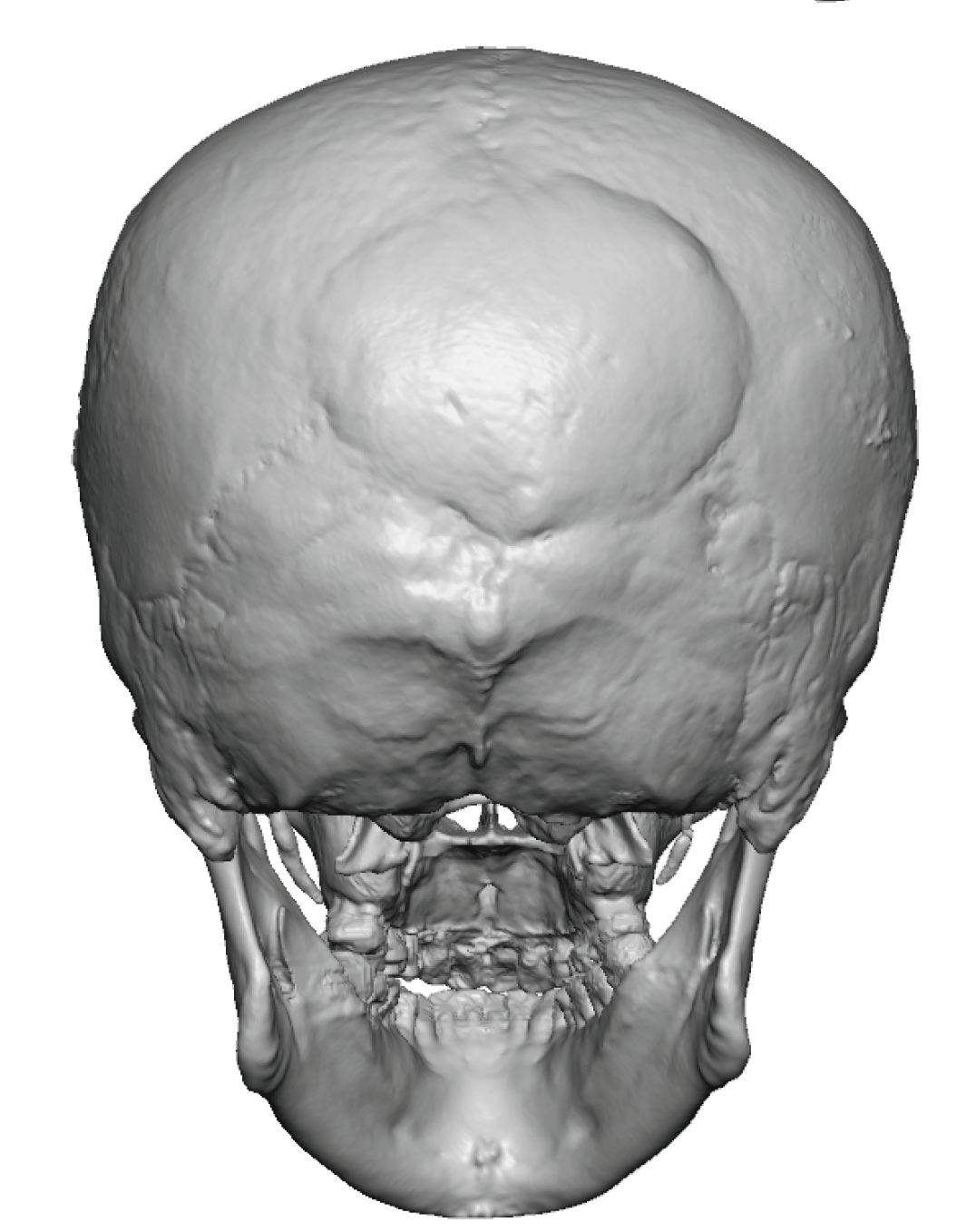
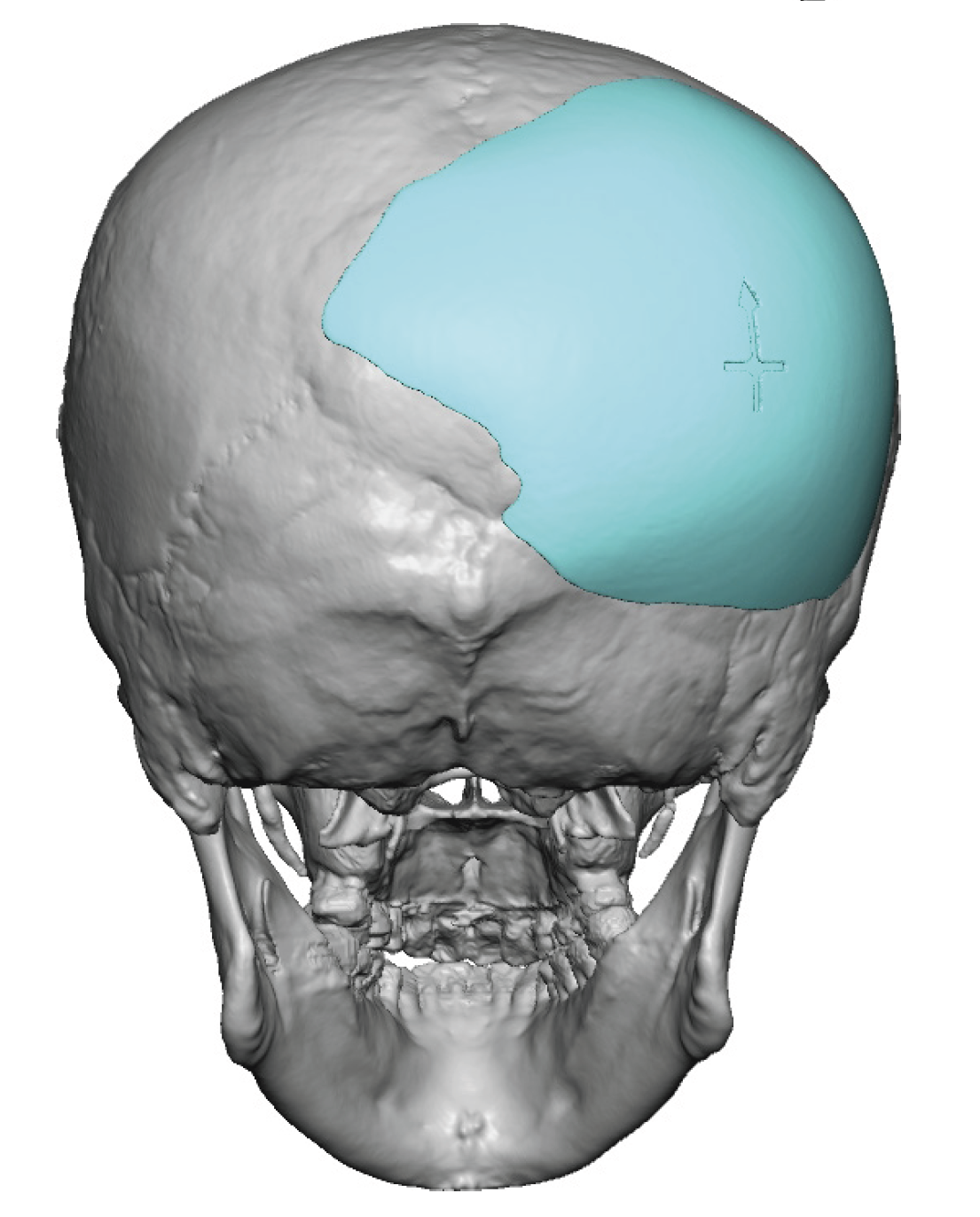
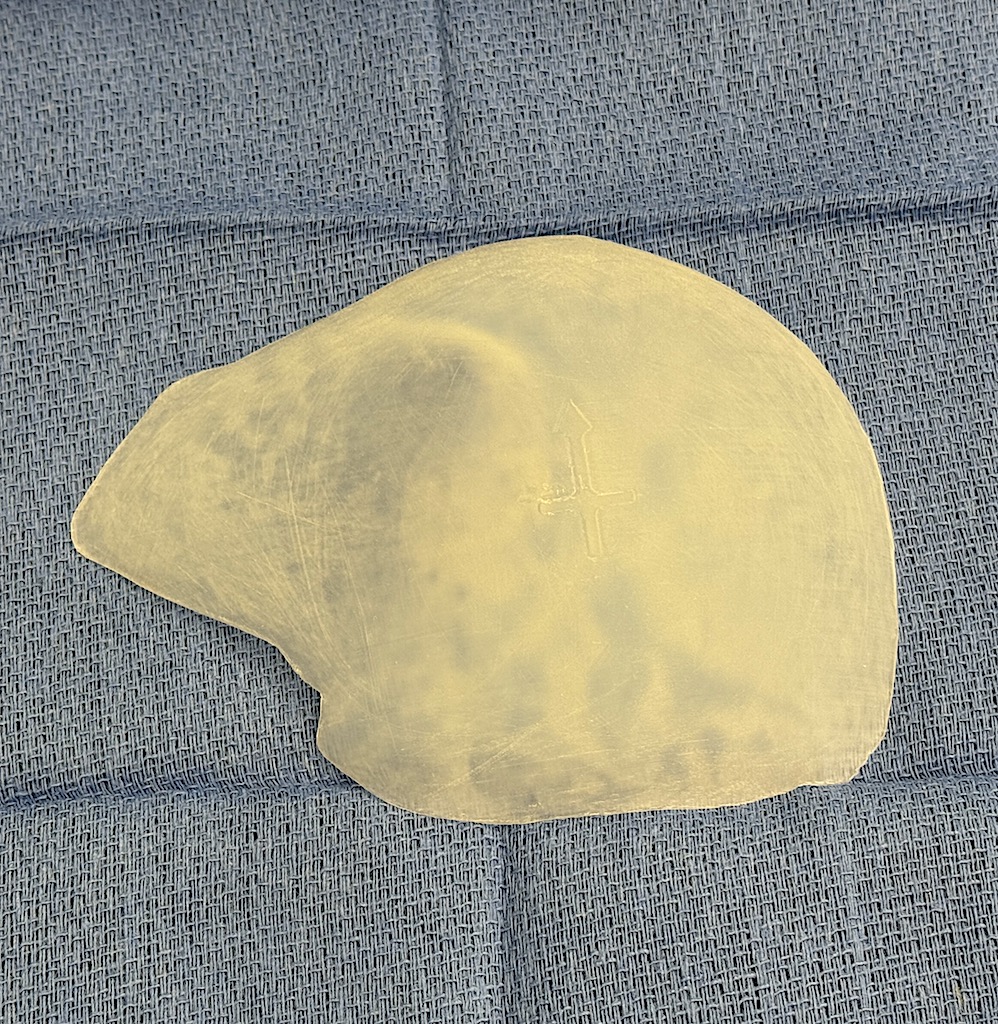
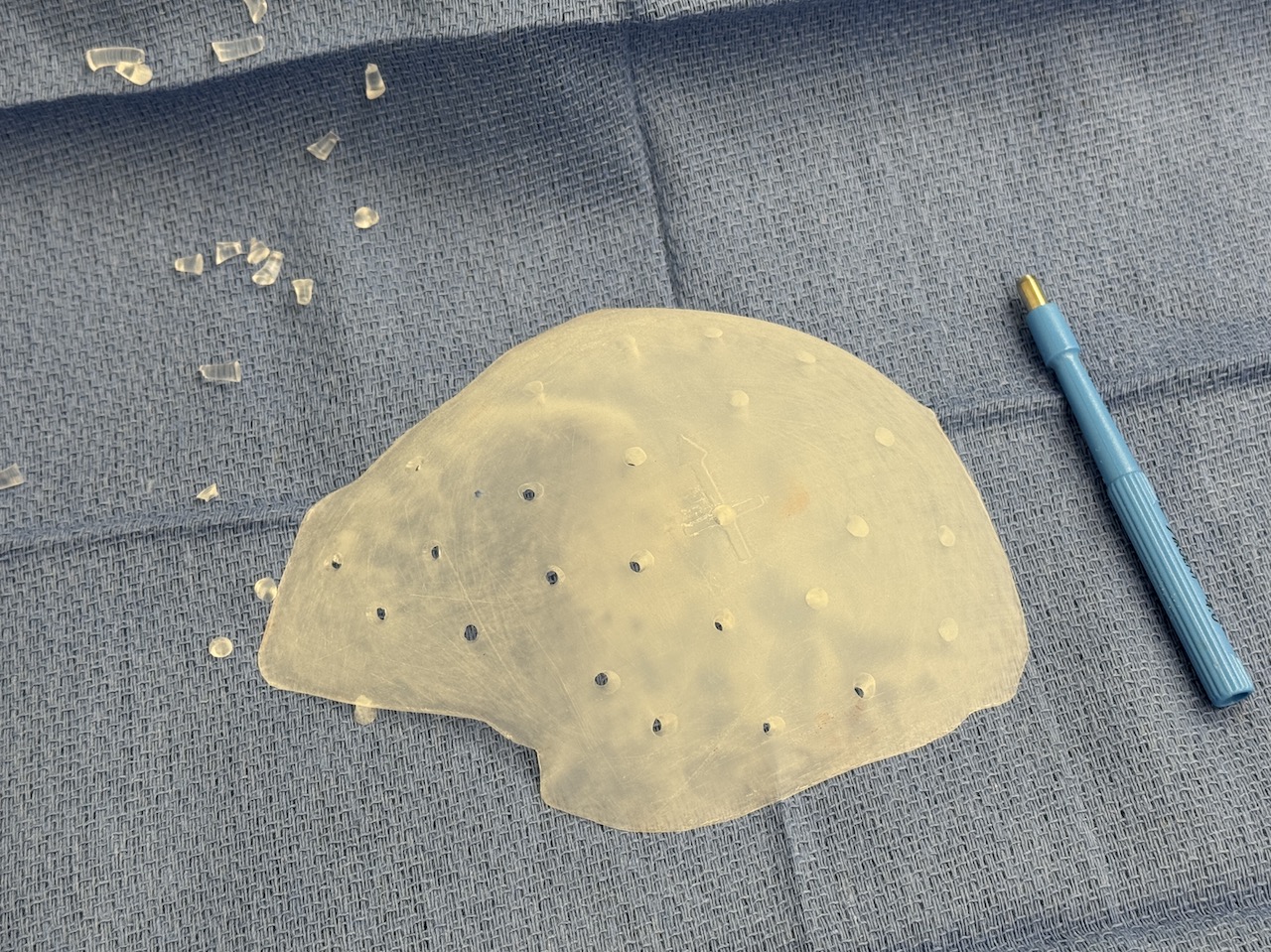
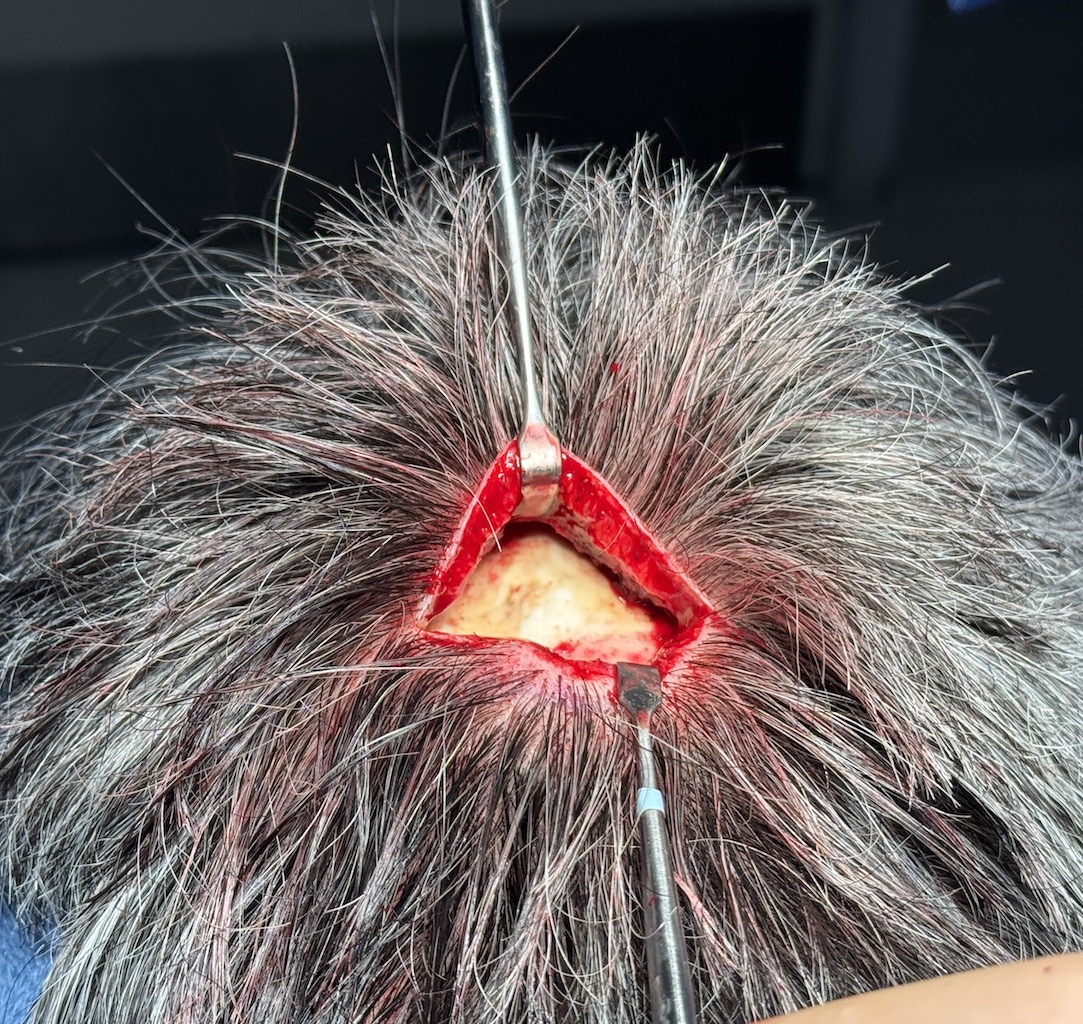
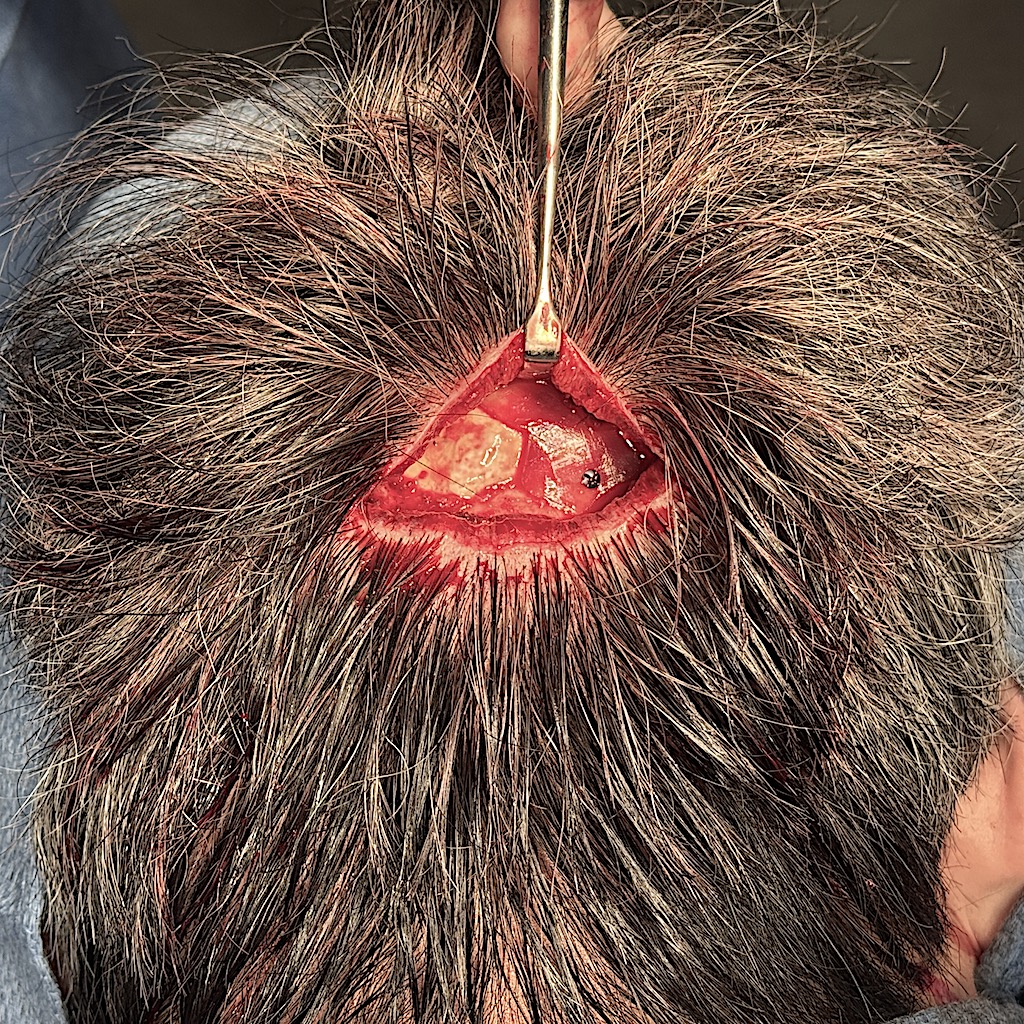
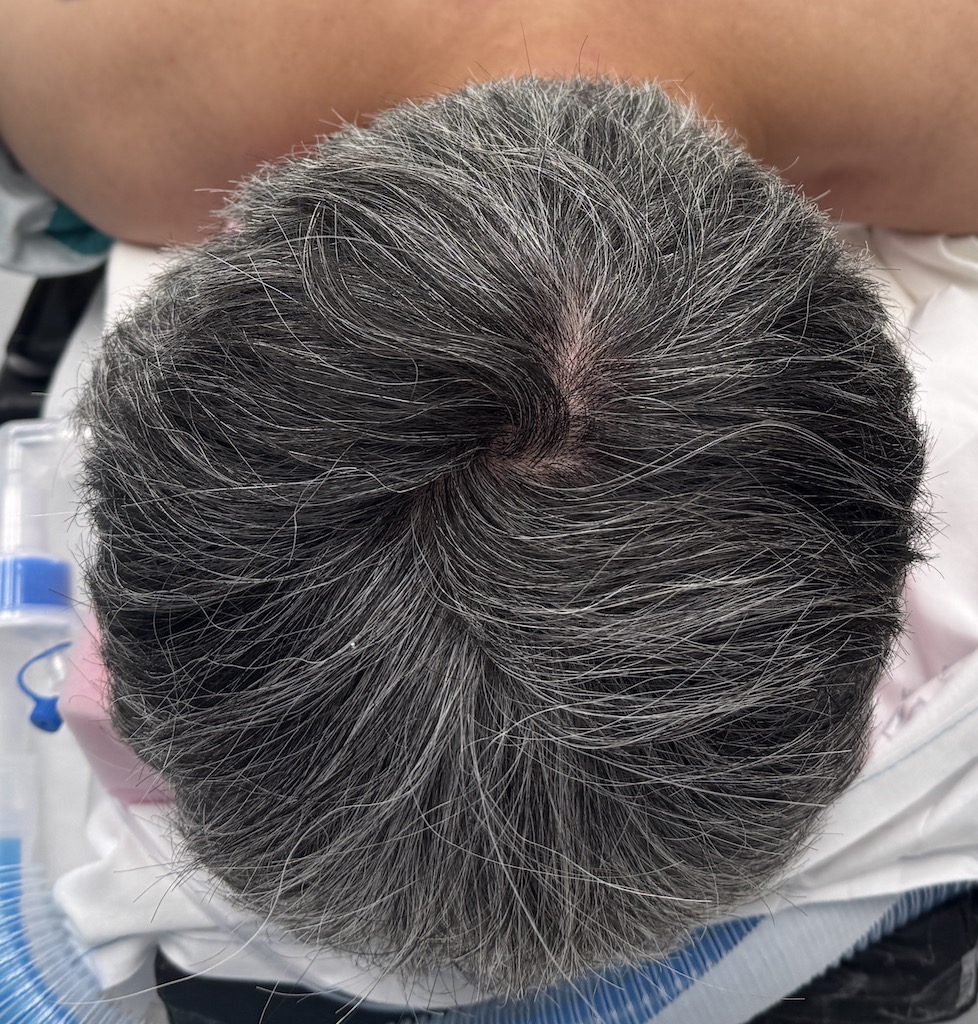
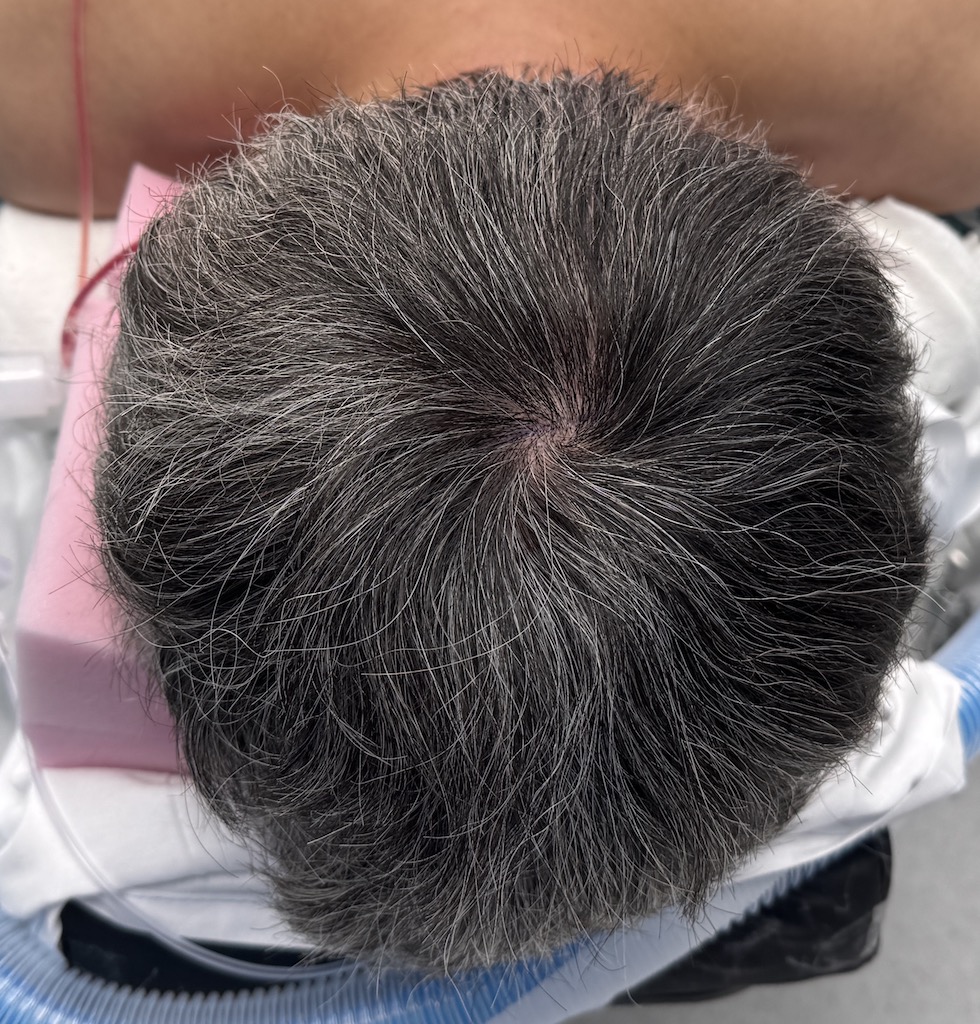
Right plagicoephaly correction after hydroxyapatite cement produced an inadequate result.
Design and placement of custom skull implant for right back of head placed partally over and around the hydroxyapatite cement for a more complete correction.
Patient 206
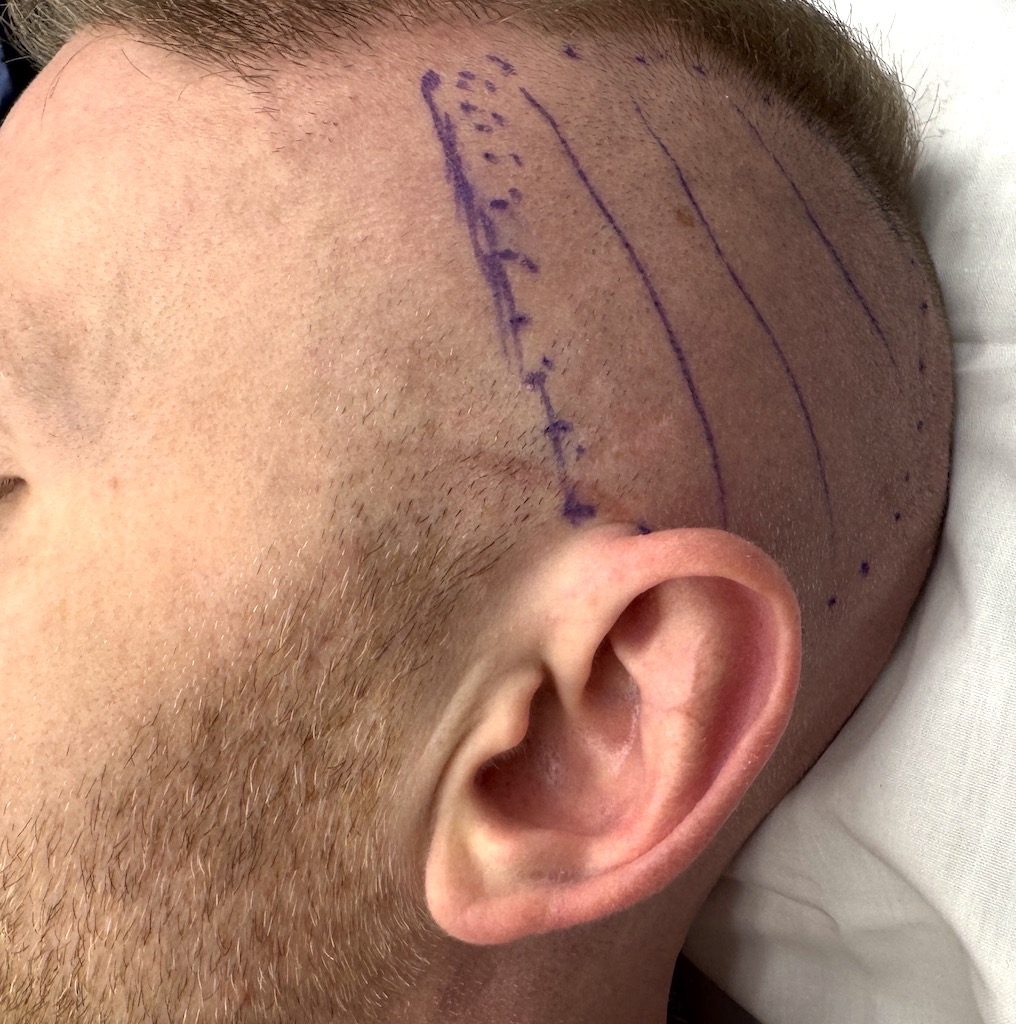
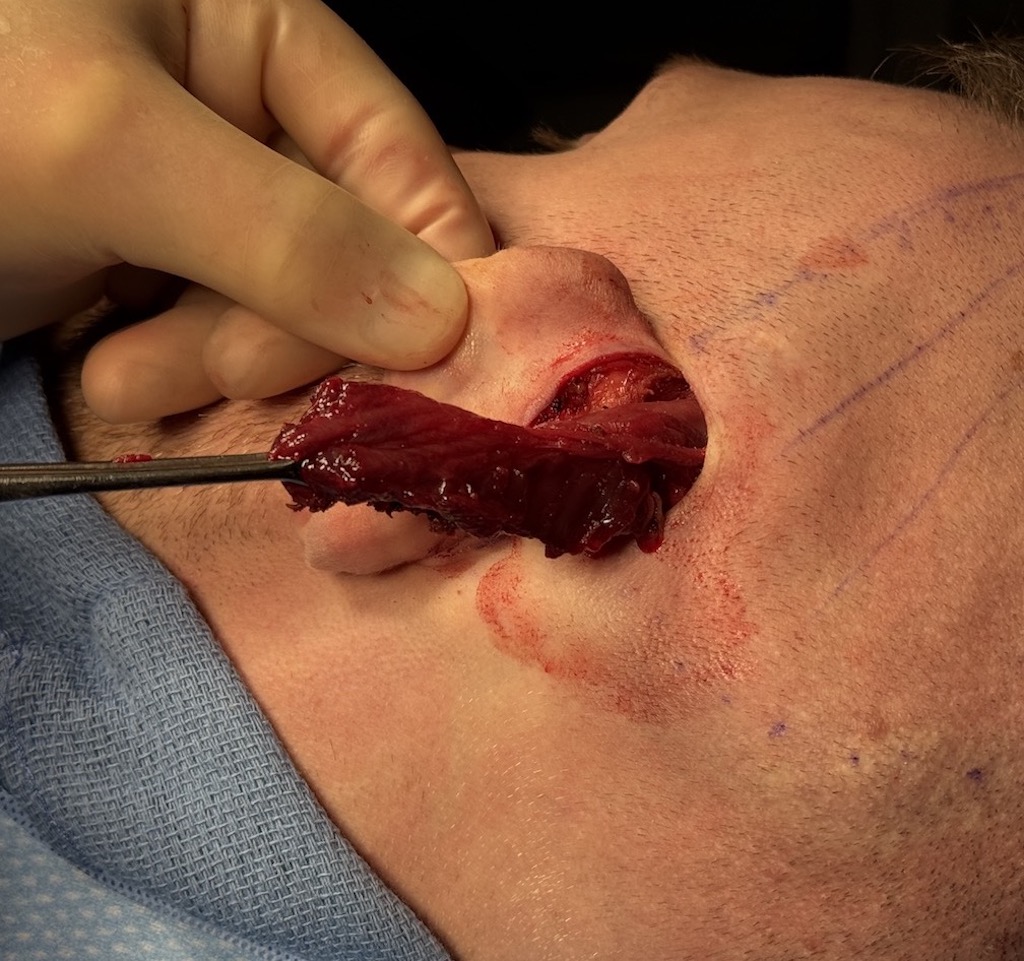
Male desired reduction of his wide head shape (increased bitemporal width with excessive convexity)
Head width reduction using a postauricular approach for temporal muscle reduction/removal.


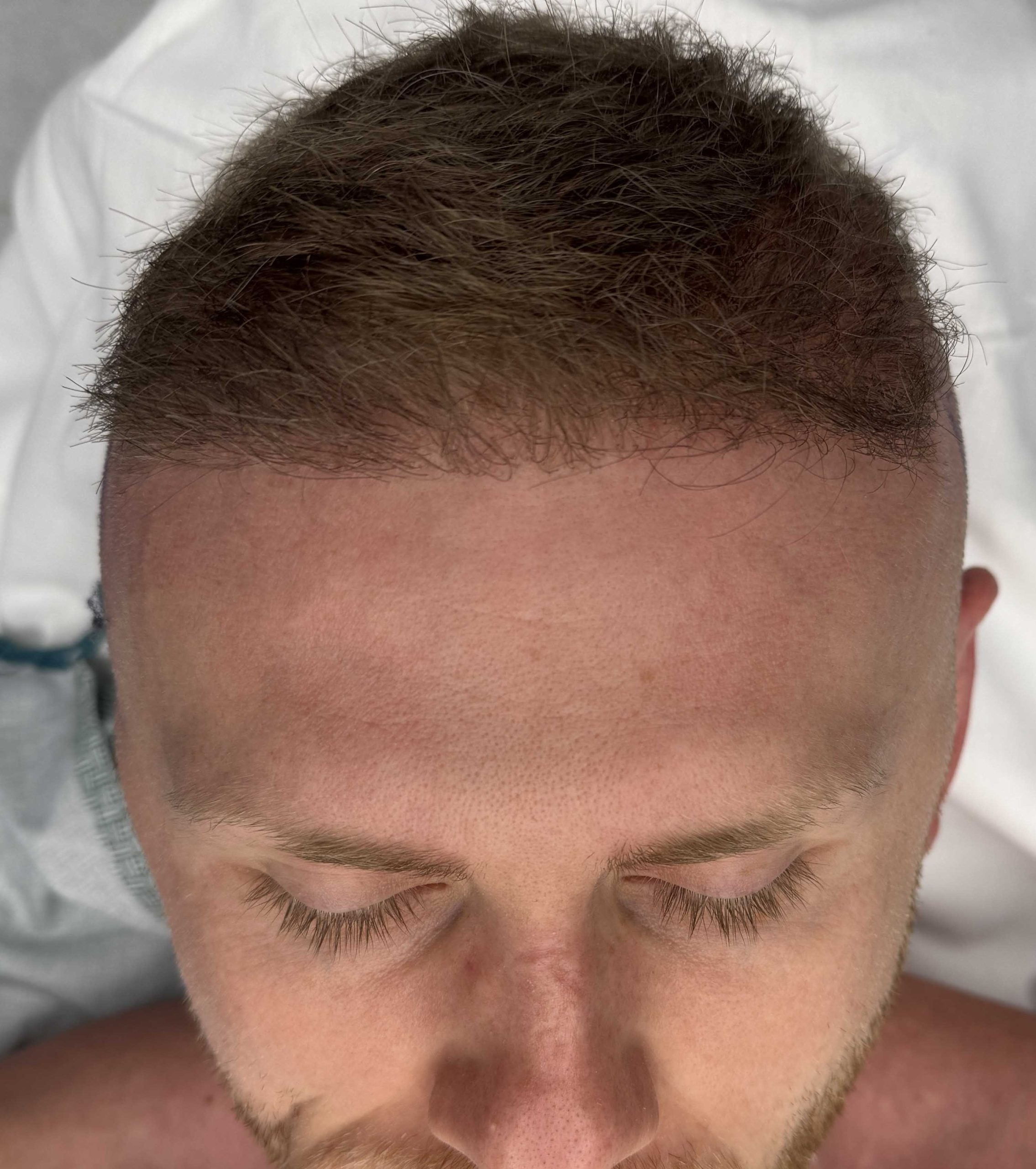
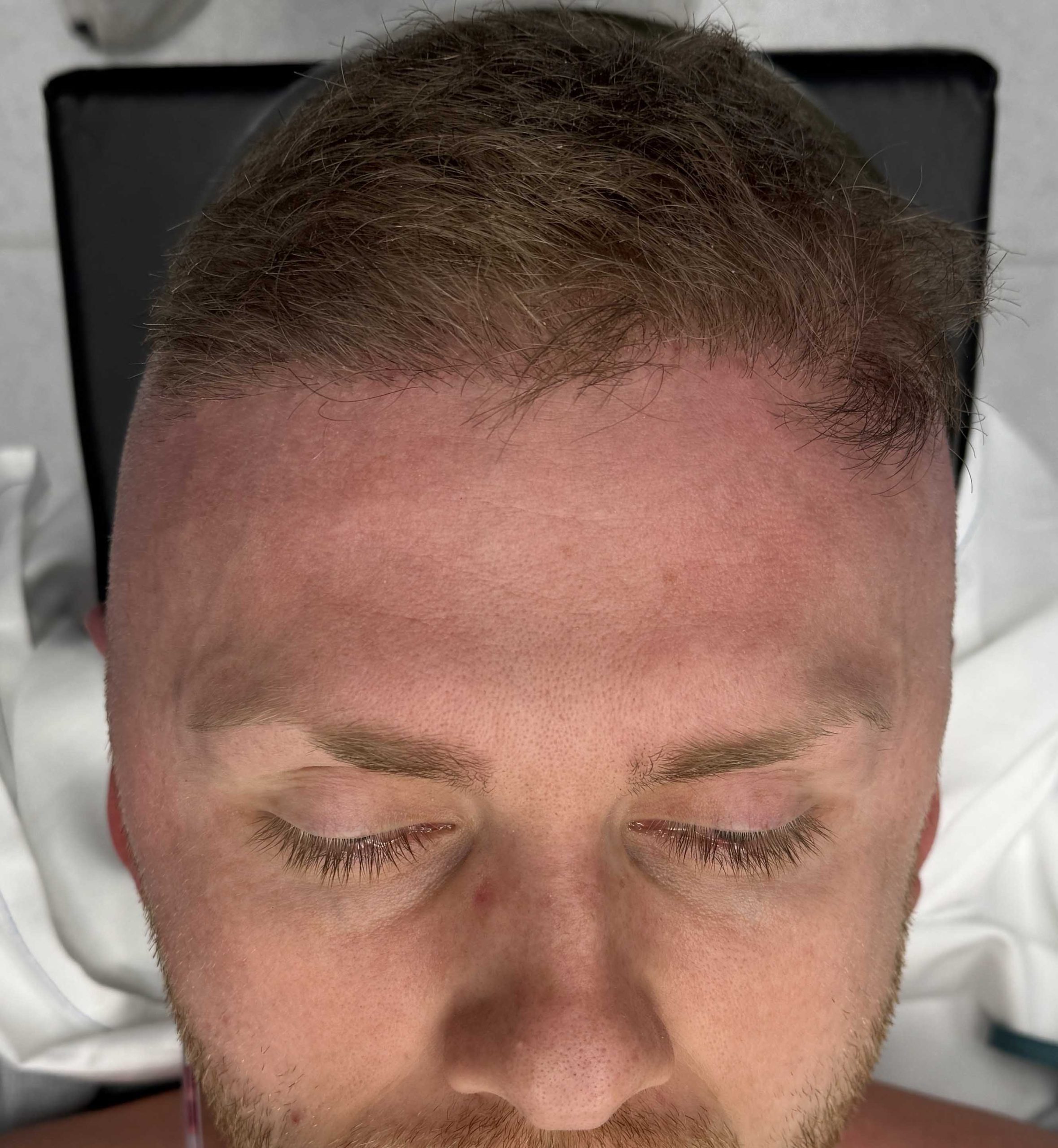
Male desired reduction of his wide head shape (increased bitemporal width with excessive convexity)
Head width reduction using a postauricular approach for temporal muscle reduction/removal.
Patient 207
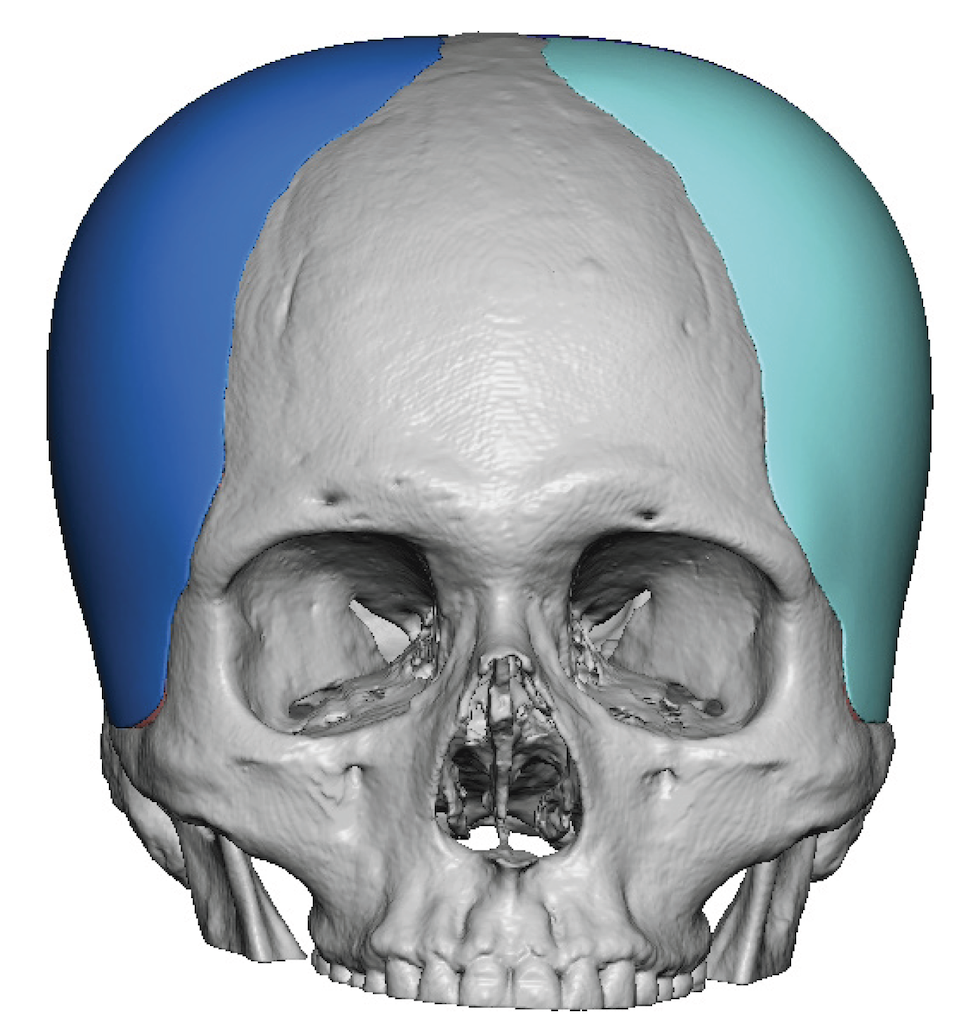
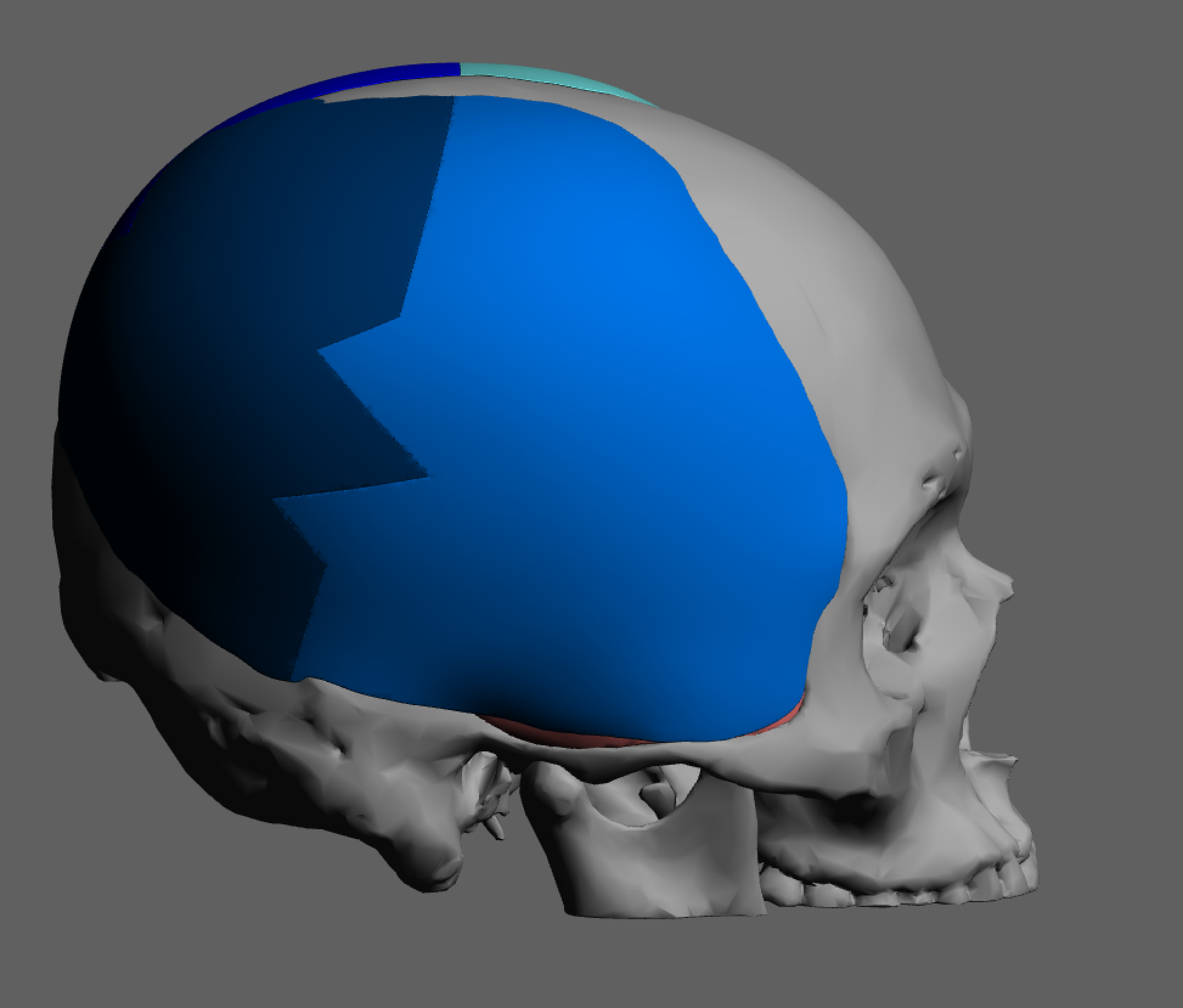
Young male who desired a dramatic widening of his head shape.
A two stage skull augmentation procedure was done with a fiurst stage scalp expander (inflated to 300ccs) and a second stage placement of a large skull implant. The size of the skull implant required it to be inserted in four pieces and then reassembled once inside the suboperiosteal tissue pocket.



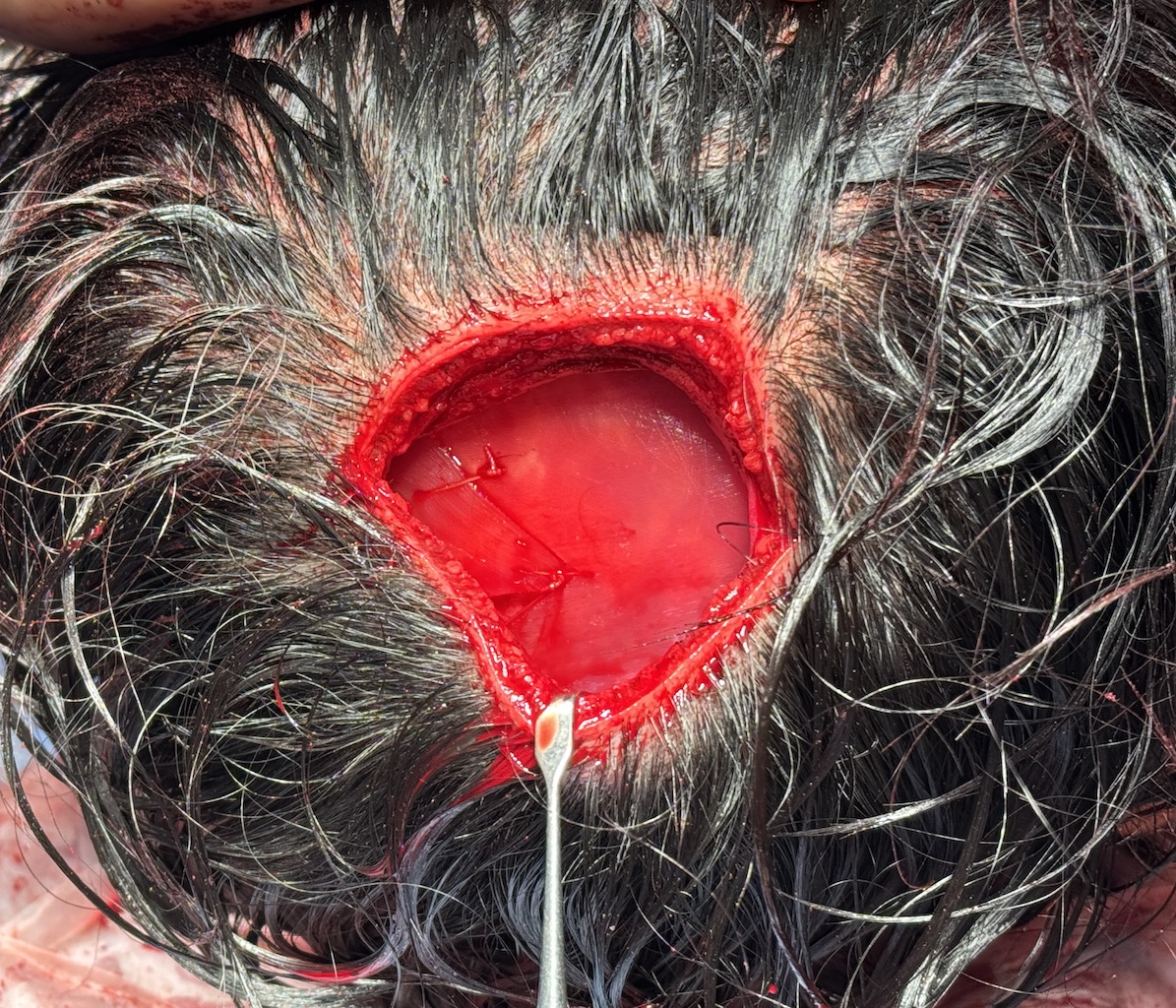
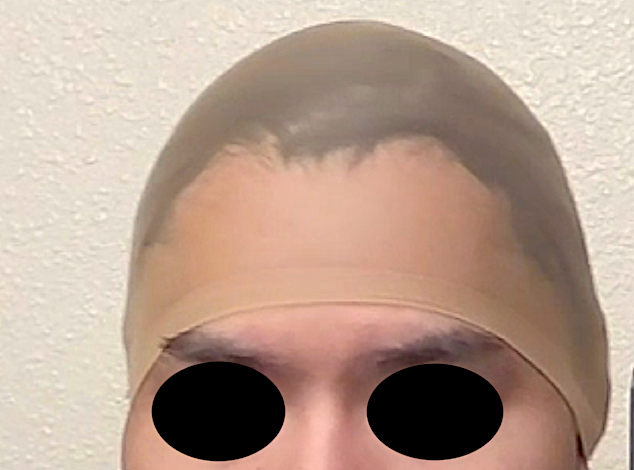
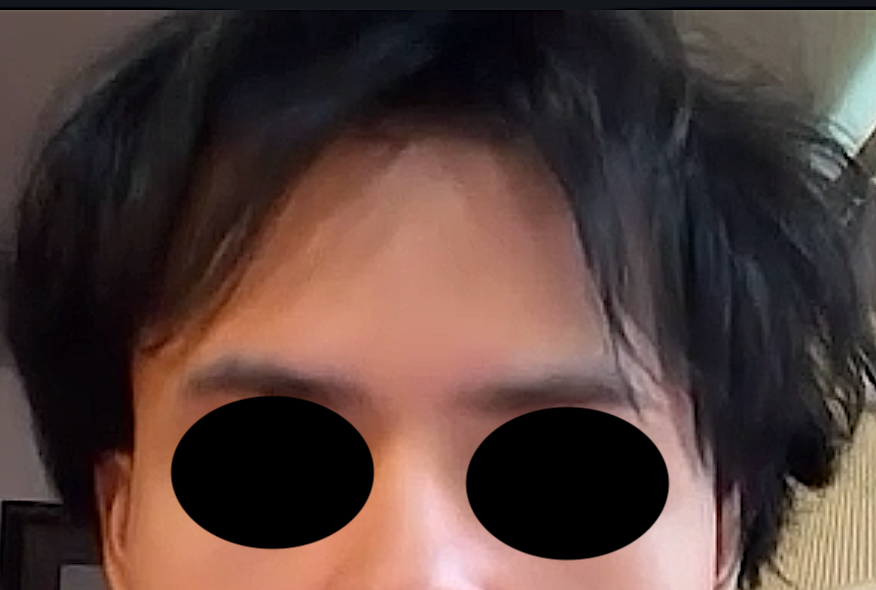
Young male who desired a dramatic widening of his head shape.
A two stage skull augmentation procedure was done with a fiurst stage scalp expander (inflated to 300ccs) and a second stage placement of a large skull implant. The size of the skull implant required it to be inserted in four pieces and then reassembled once inside the suboperiosteal tissue pocket.
Patient 208
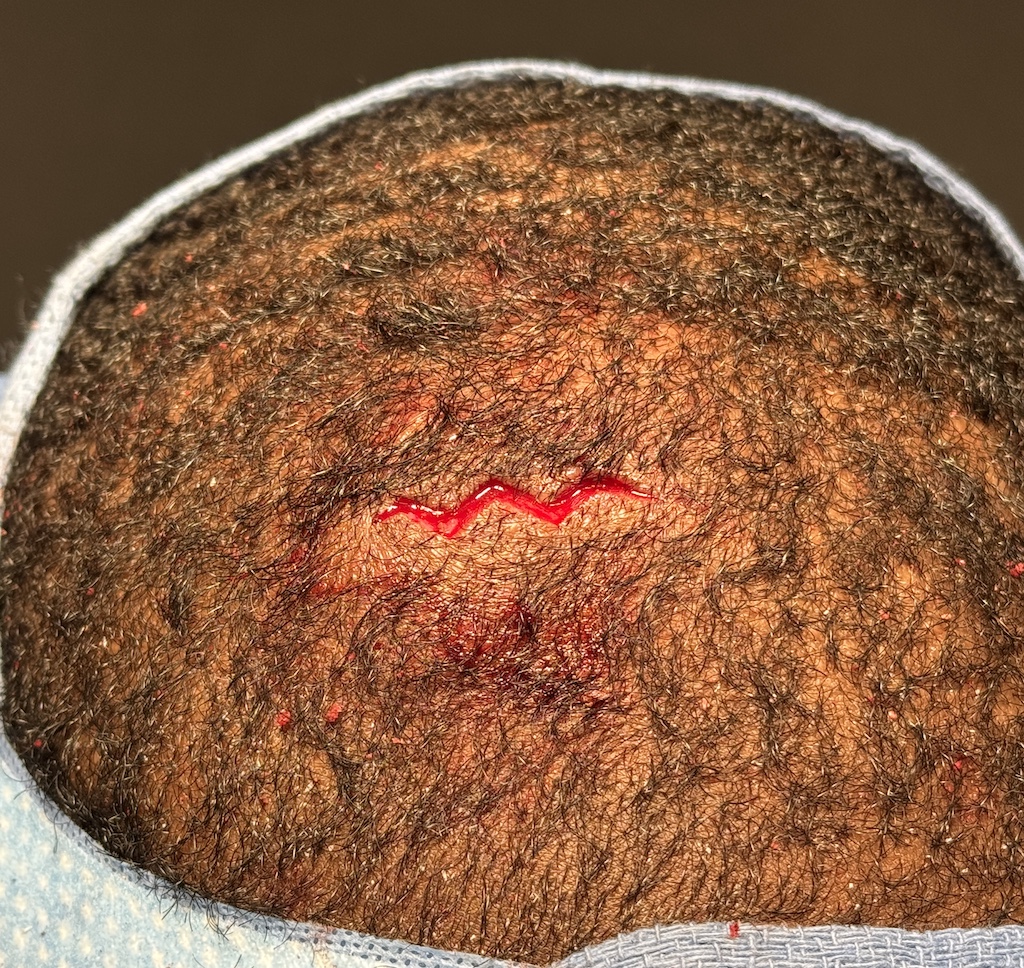

Desire for reduction of midline knob on back of the head.
Small incision bony and soft tissue occipital knob reduction.


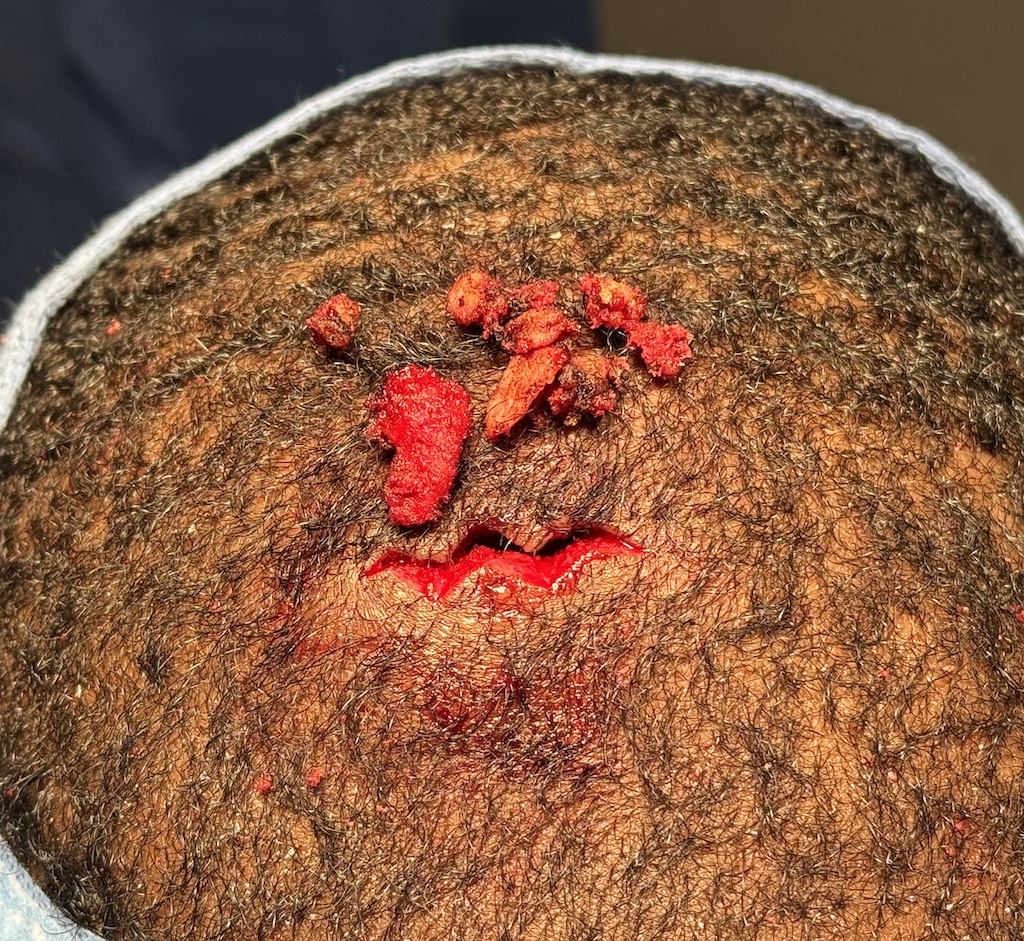
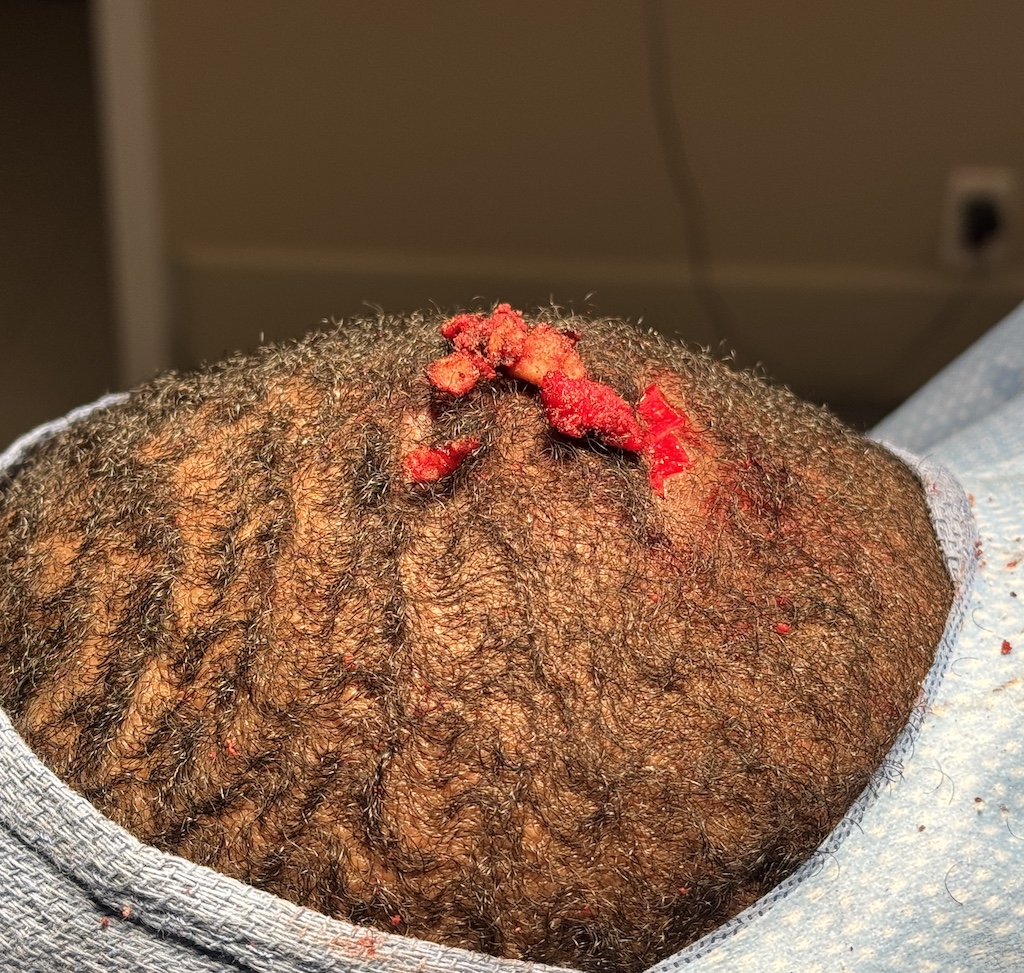

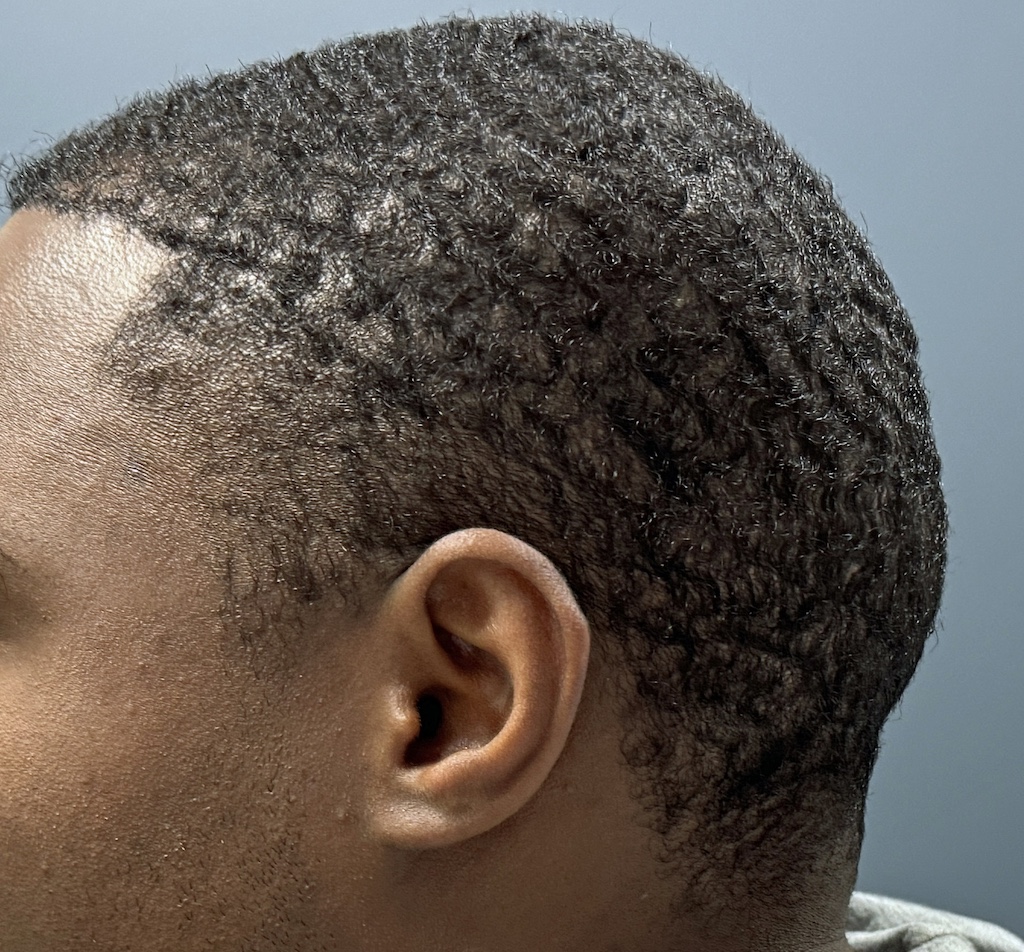
Desire for reduction of midline knob on back of the head.
Small incision bony and soft tissue occipital knob reduction.
Patient 209
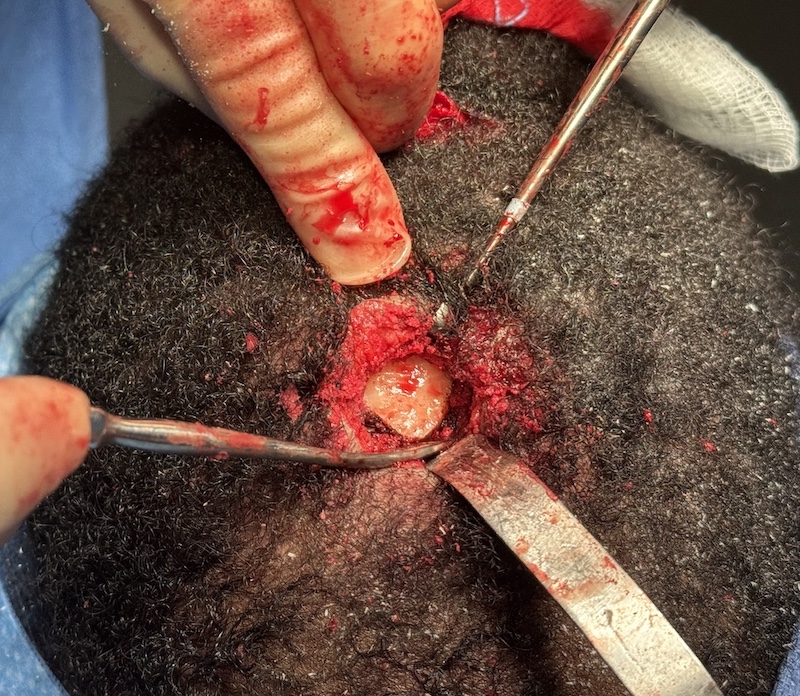
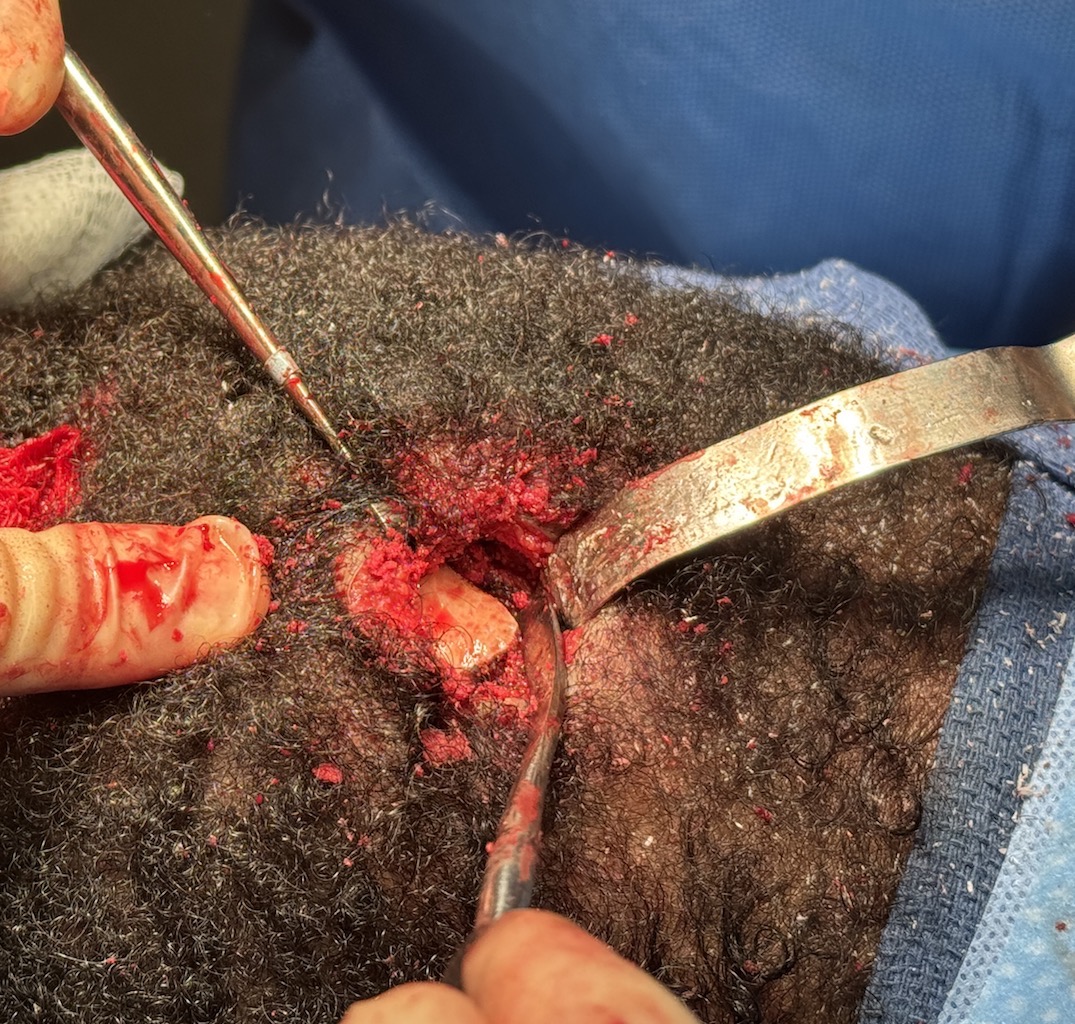
Back of head with an upper dip and lower knob protrusion.
Dual small incision back of head reshaping with PMMA bone cement posterior fontanelle dip augmentation and occipital knob bony reduction.


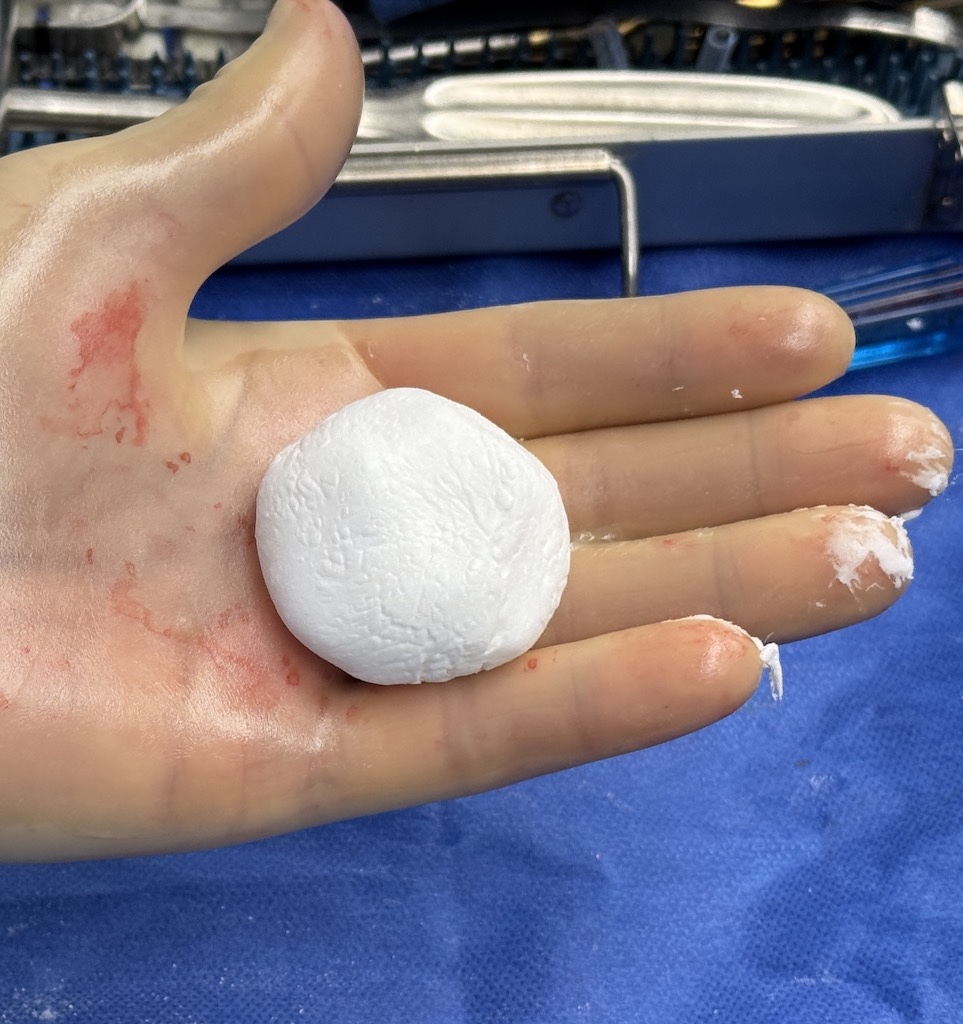
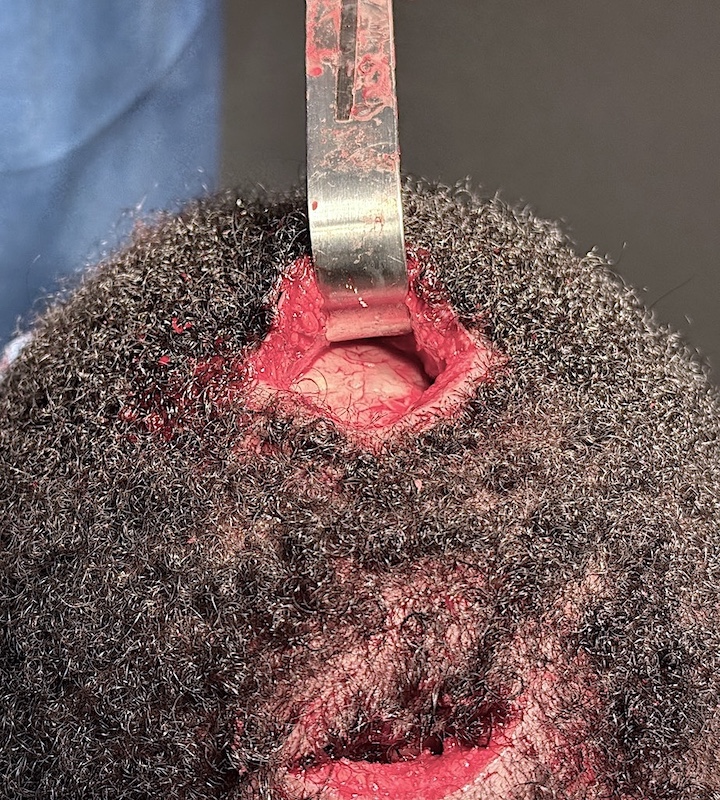

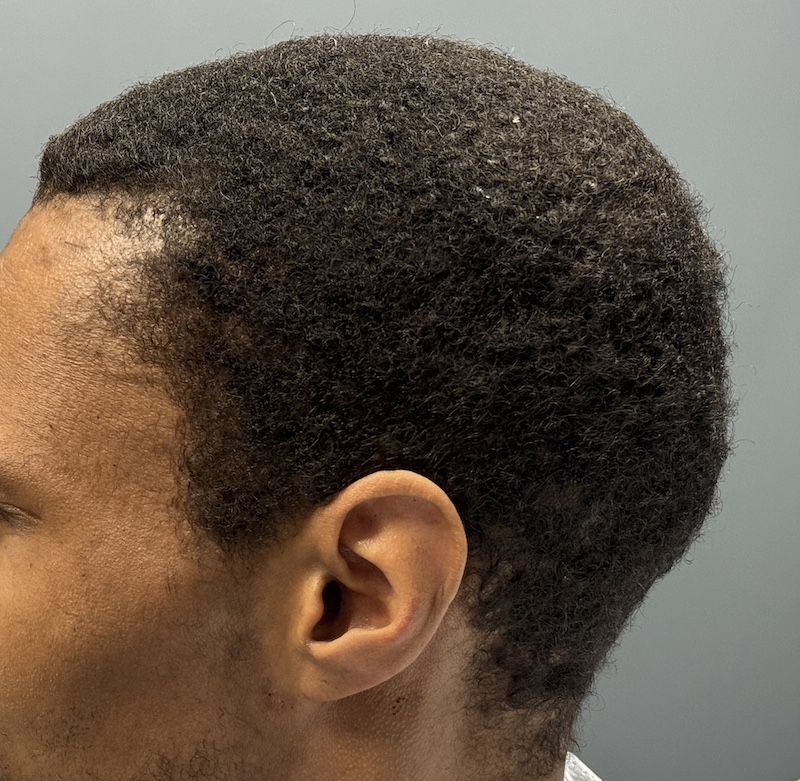
Back of head with an upper dip and lower knob protrusion.
Dual small incision back of head reshaping with PMMA bone cement posterior fontanelle dip augmentation and occipital knob bony reduction.

North Meridian Medical Building
Address:
12188-A North Meridian St.
Suite 310
Carmel, IN 46032
Contact Us:
Phone: (317) 706-4444
WhatsApp: (317) 941-8237
